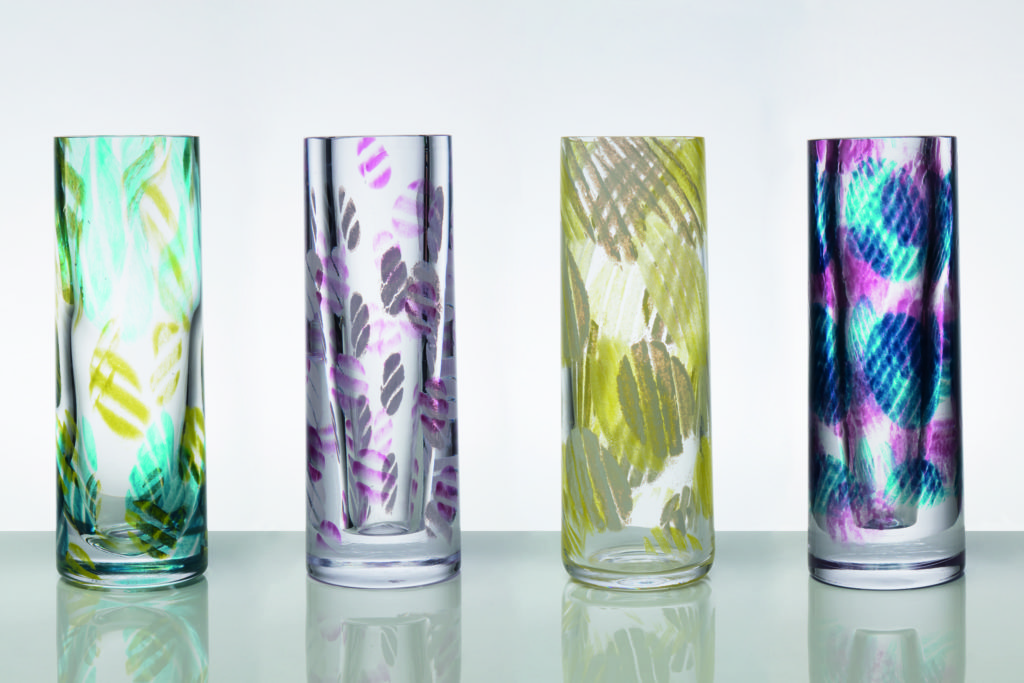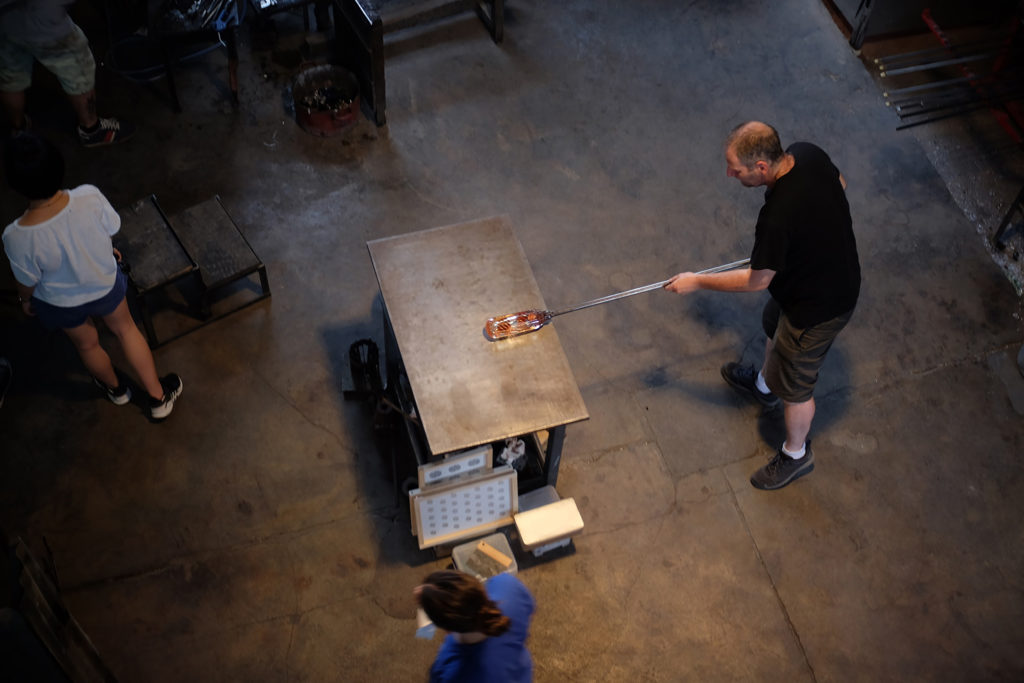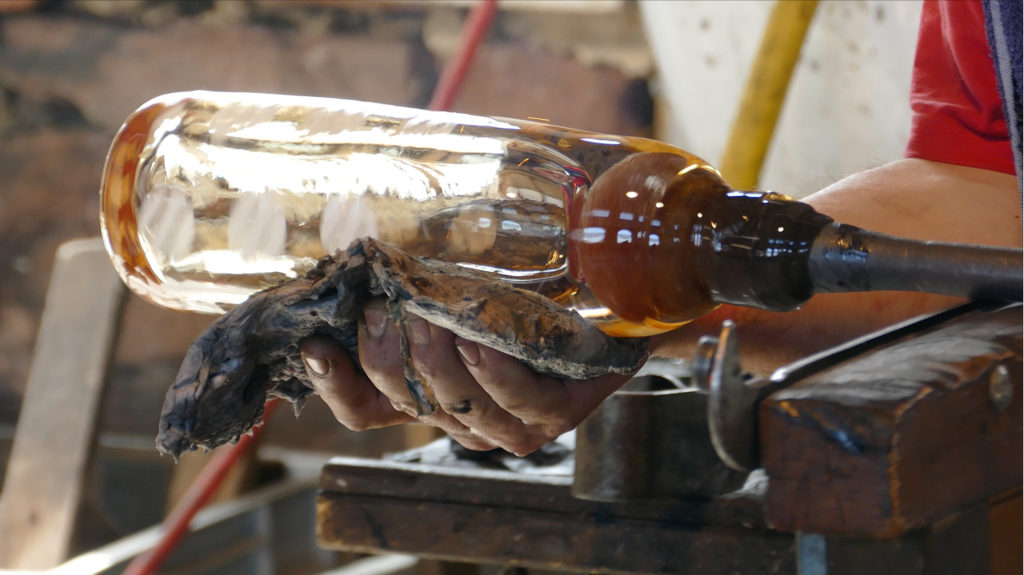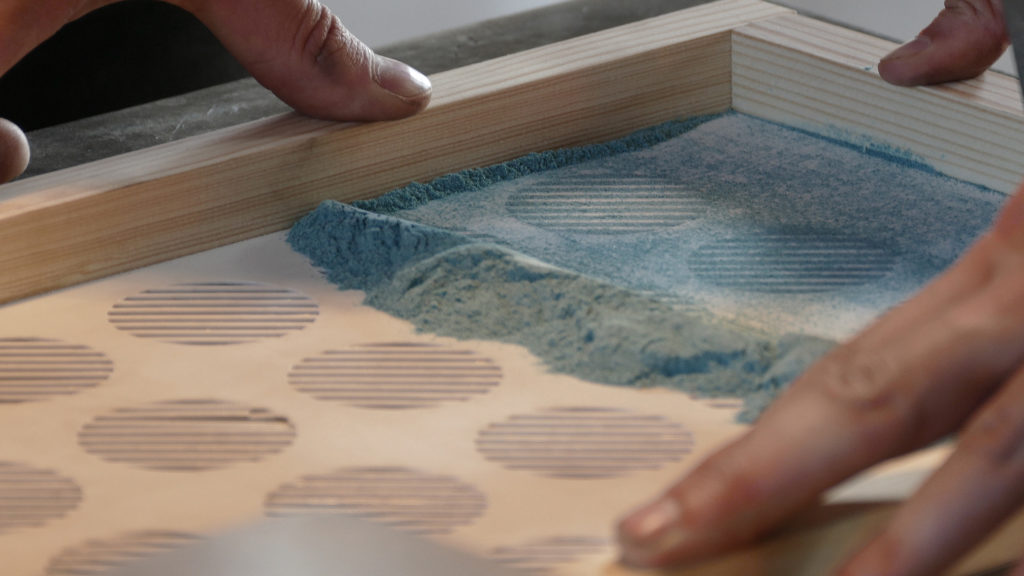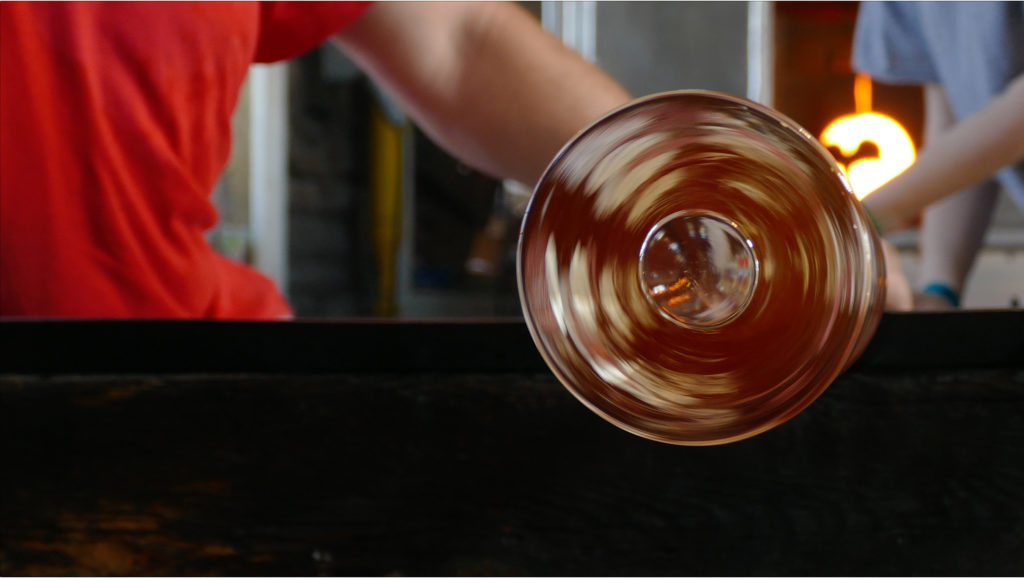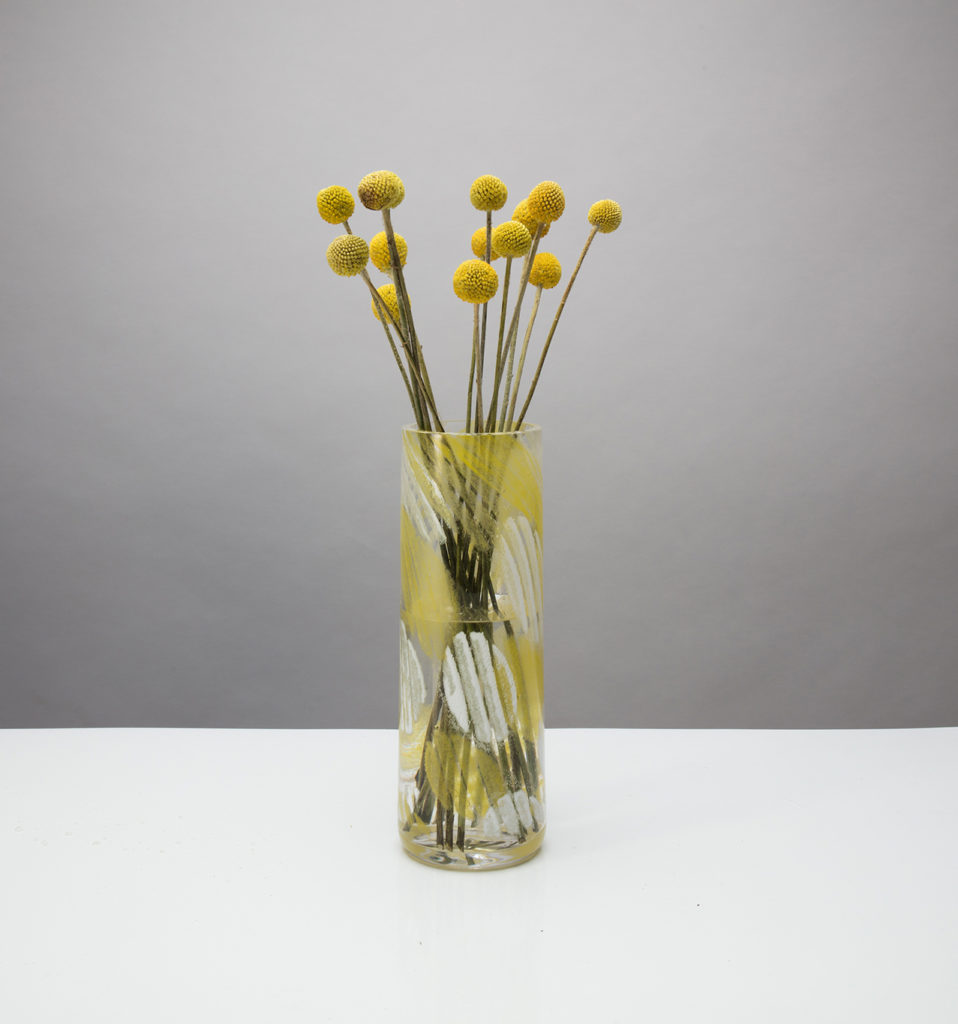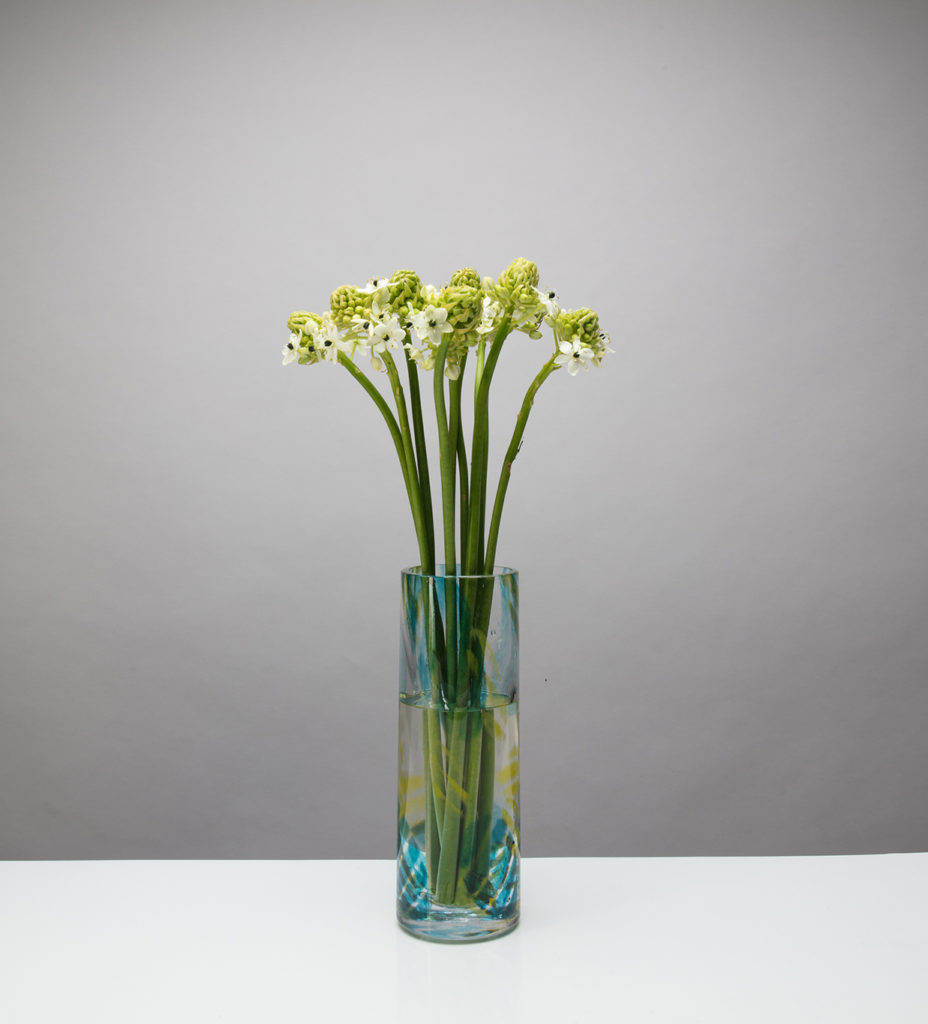Ineke Hans talking about the communication of objects, the future of design, its impact and changes for design education, read the article:
Interview with Ineke Hans on what design can do at Ambiente Frankfurt | July 2019
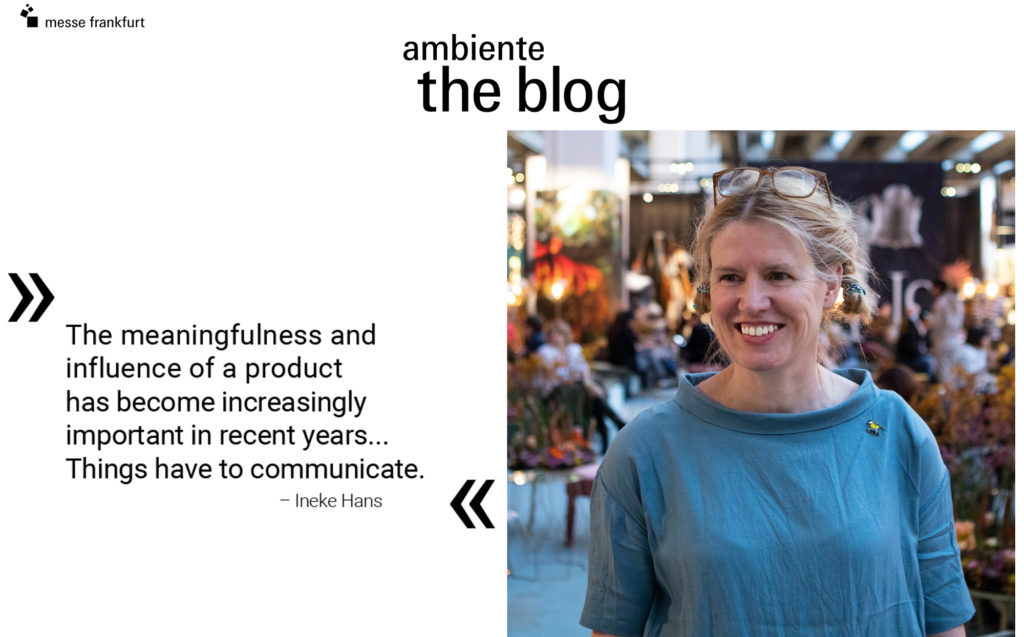

Ineke Hans talking about the communication of objects, the future of design, its impact and changes for design education, read the article:
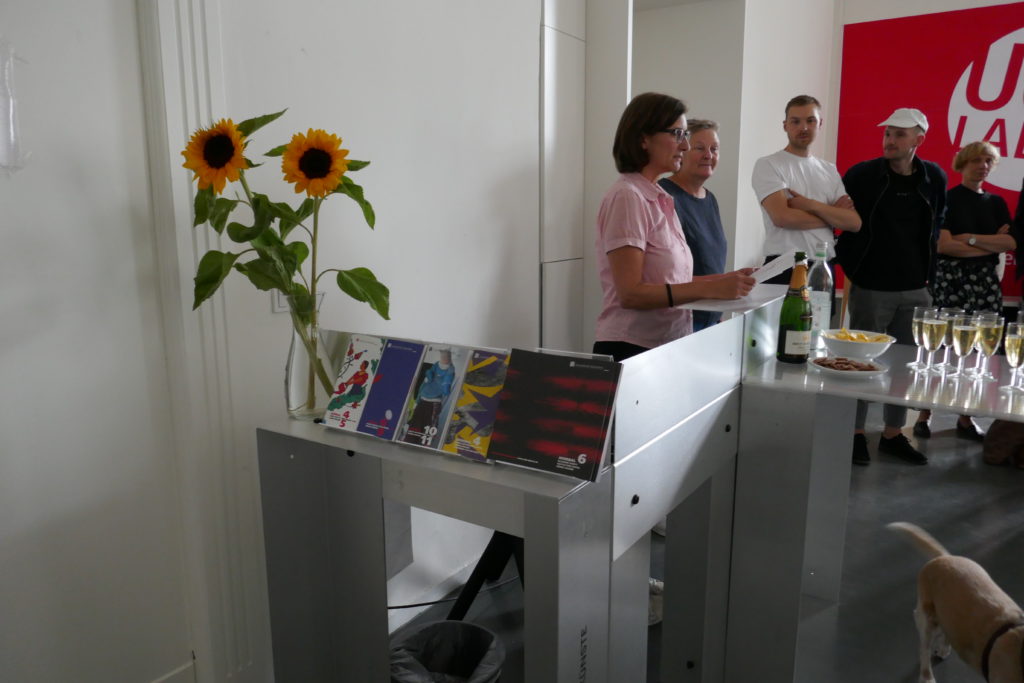
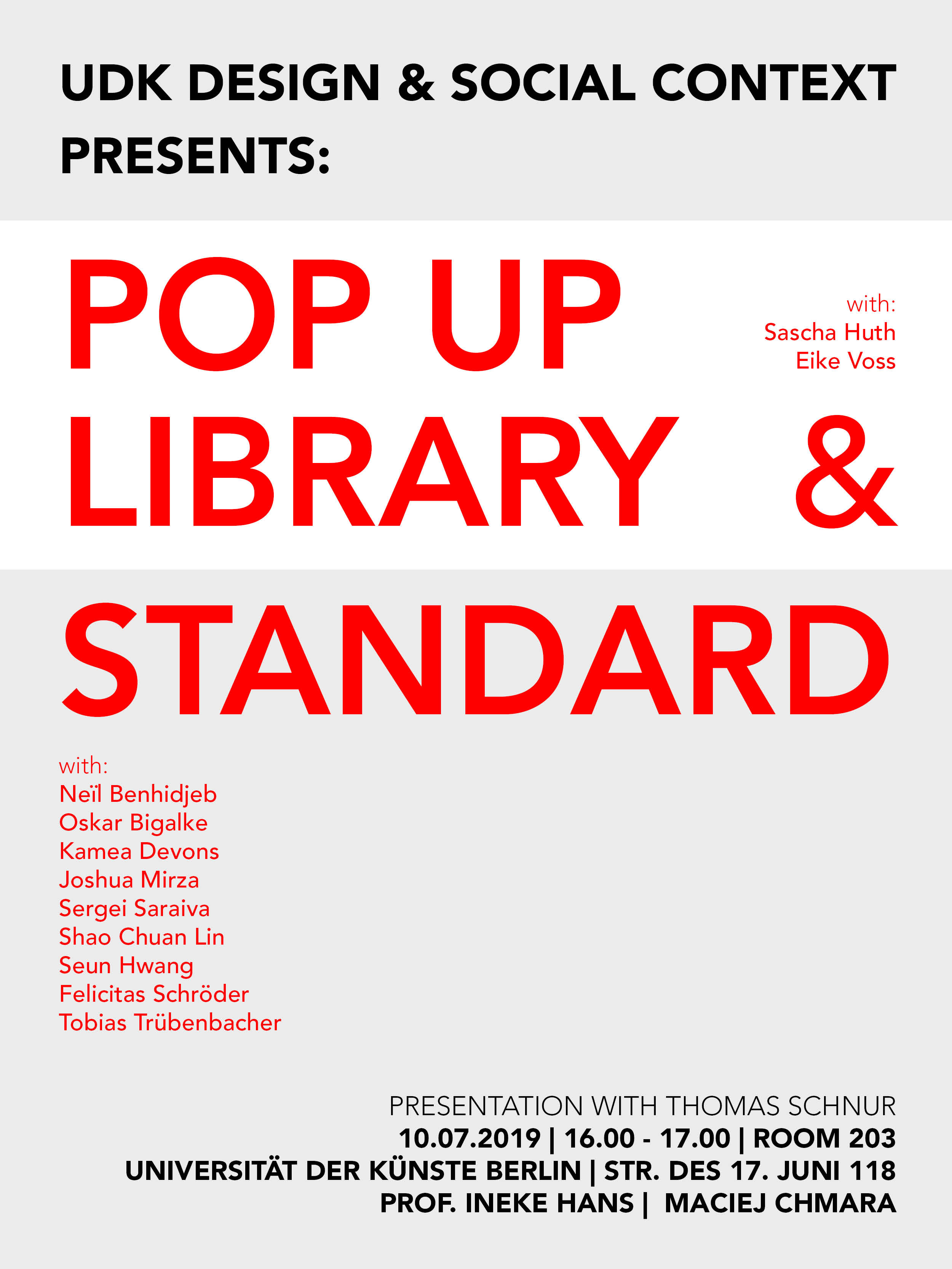
A project for the Summer Semester of 2019
run by: Prof. Ineke Hans, LB: Thomas Schnur, KM: Maciej Chmara, SH: Esmée Willemsen, see
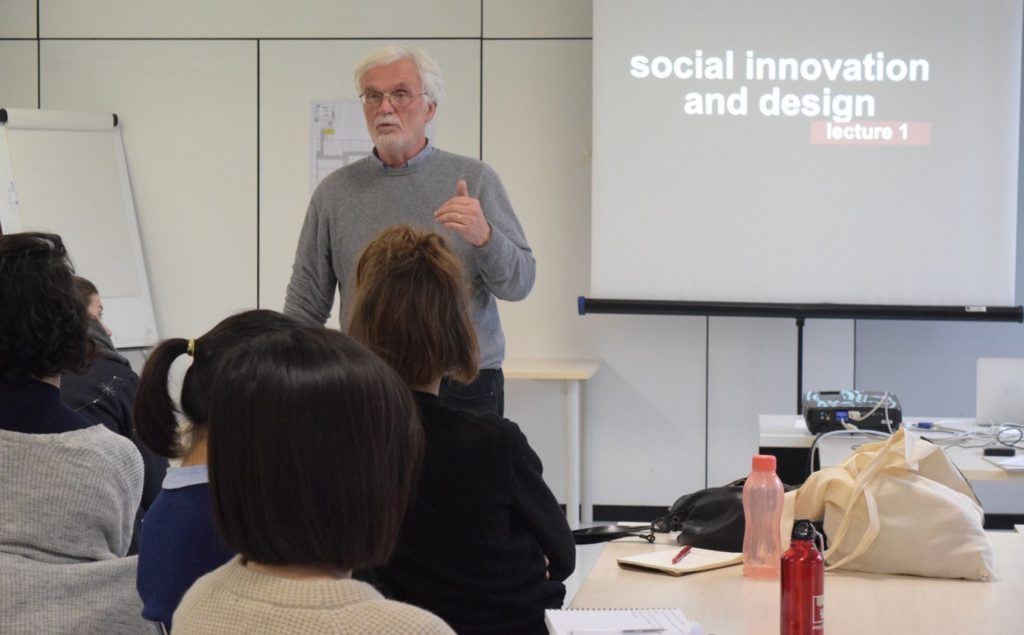
On Wednesday 26 June – before his the evening talk at the Kunstgewerbemuseum – Italian Professor Ezio Manzini will visit UdK Produkt Design.
Ezio Manzini is thinker/educator in the field of Social Design, Social Innovation & Sustainability and Participation projects. He just published a new book: Politics of the Everyday.
From 11.00 tilll 12.30 there will be a group session where student can discuss their recent or current projects with him.
For more information on this session, contact Professor Ineke Hans:
Impressions:
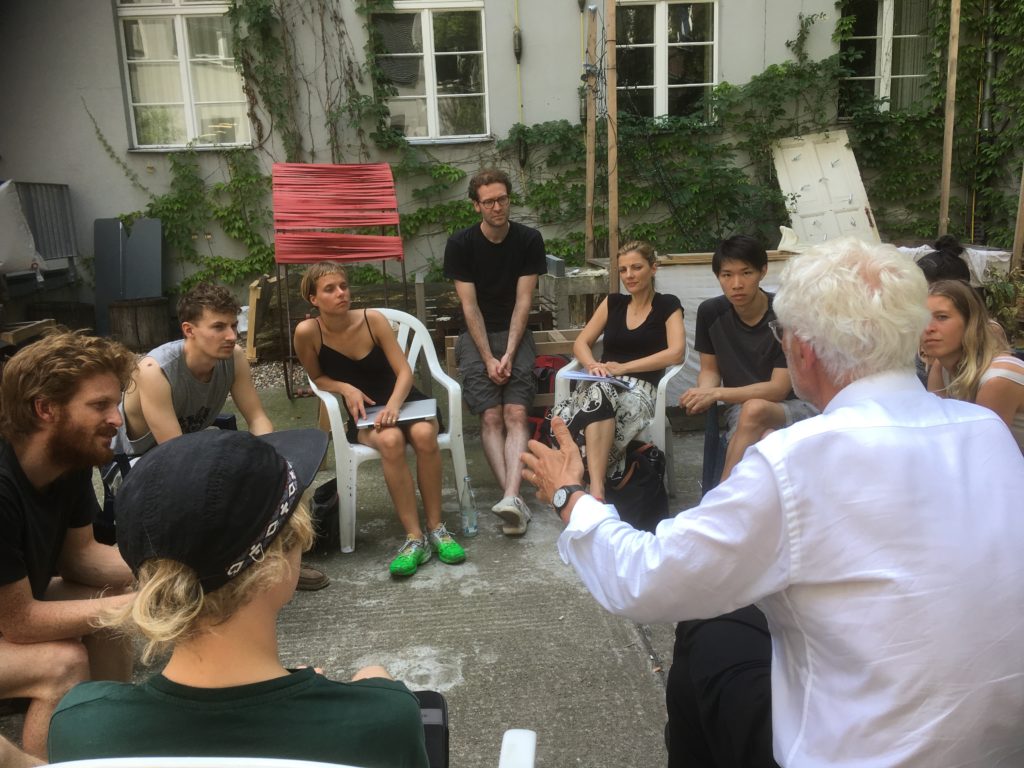
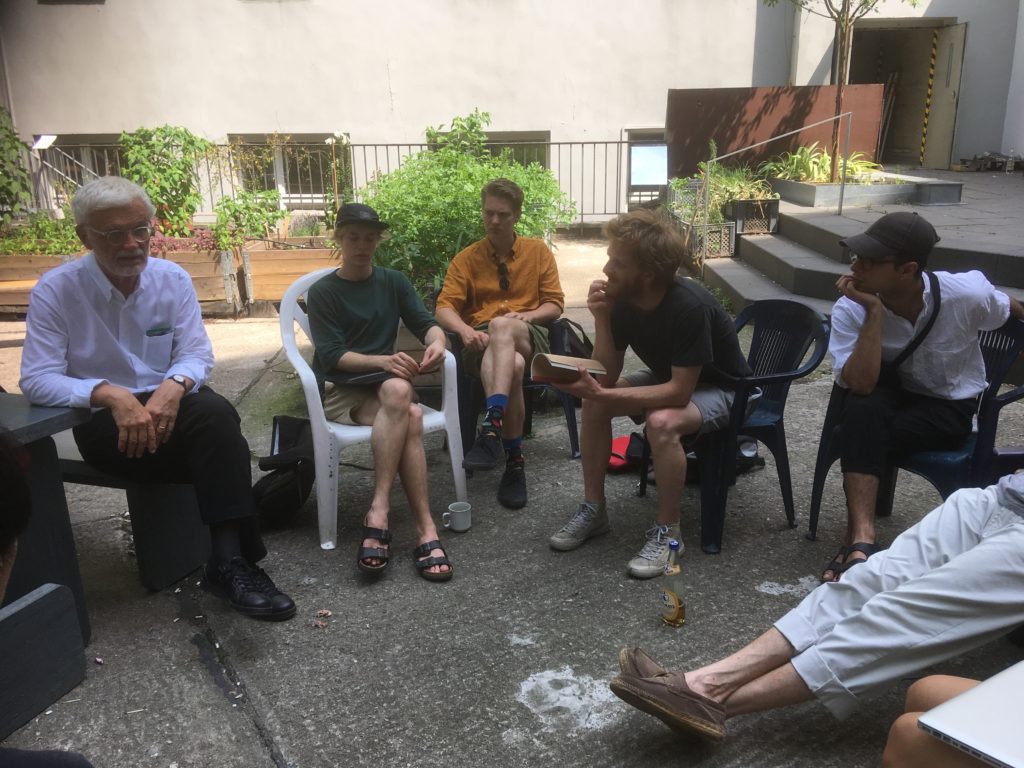
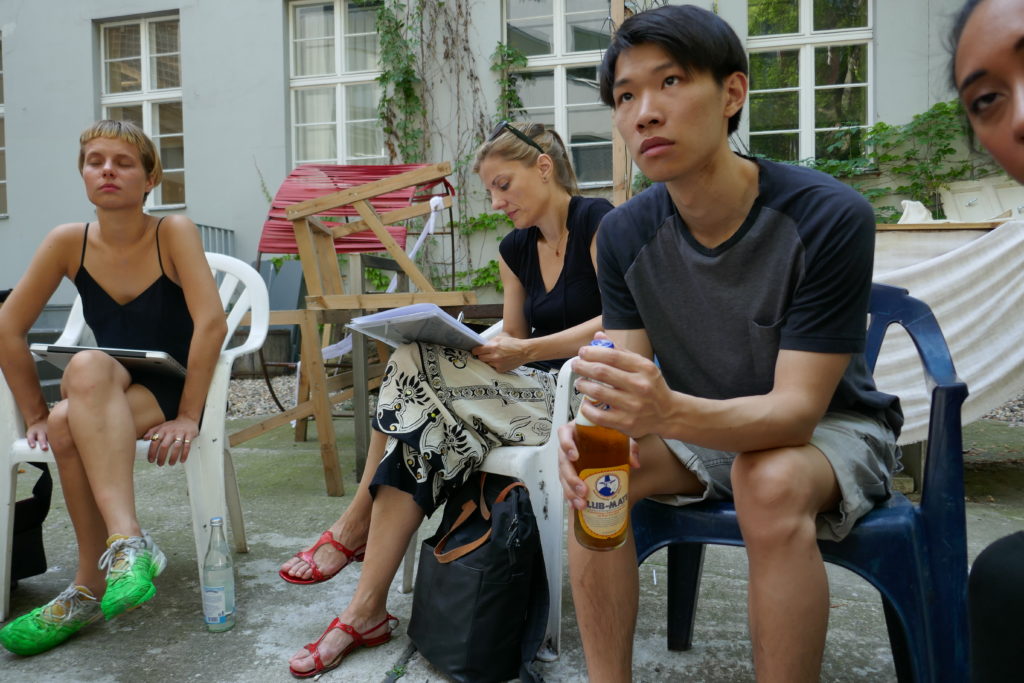
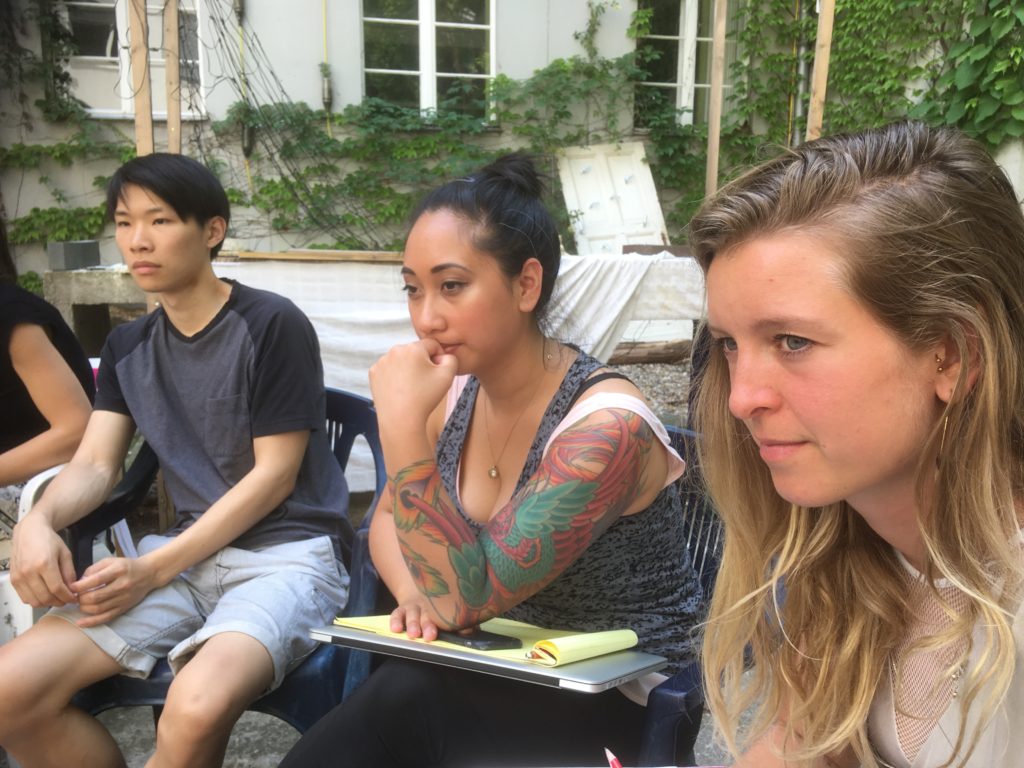
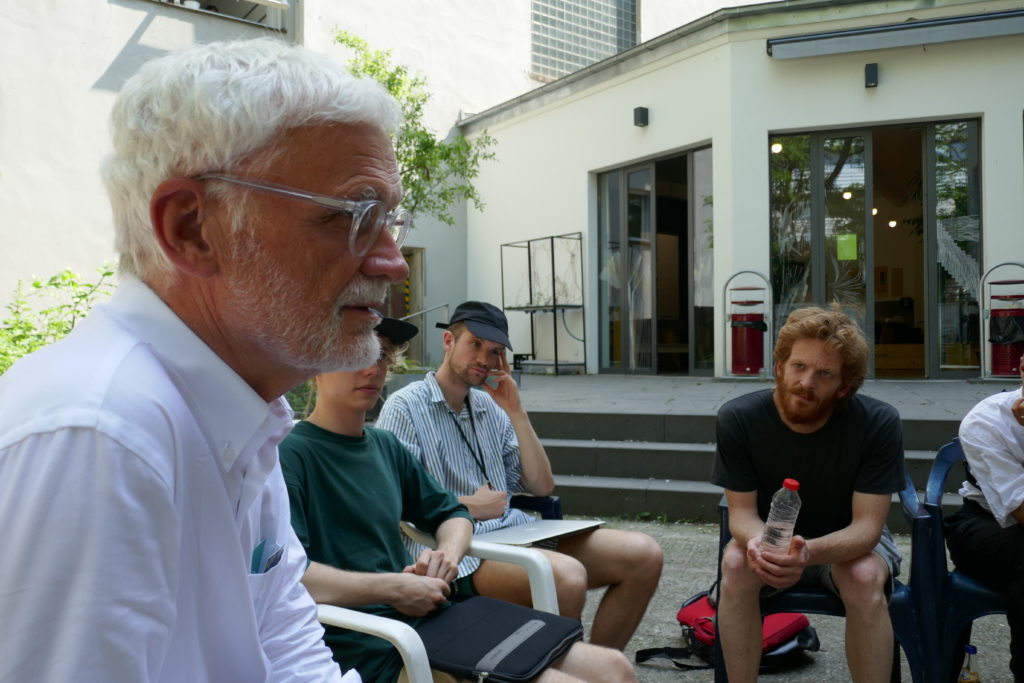
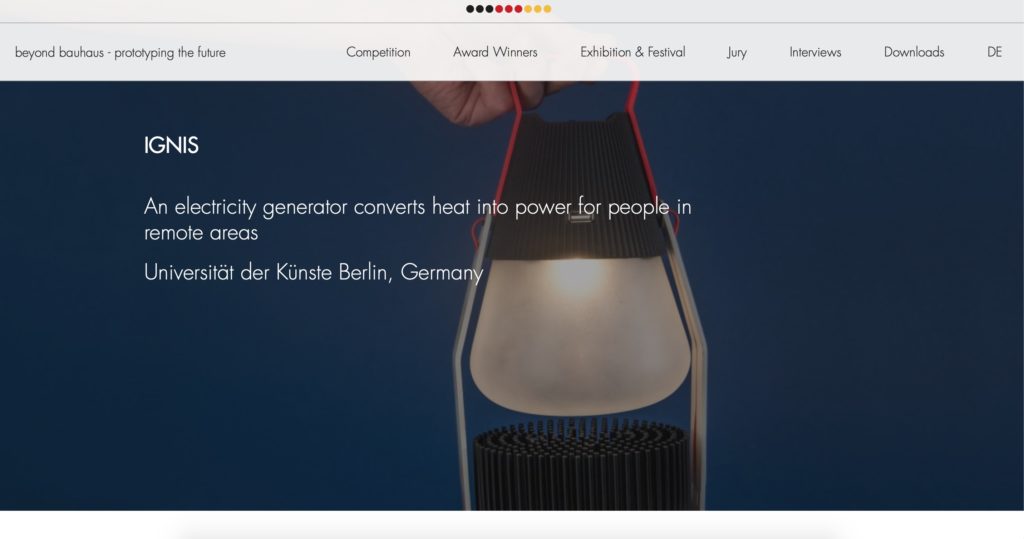
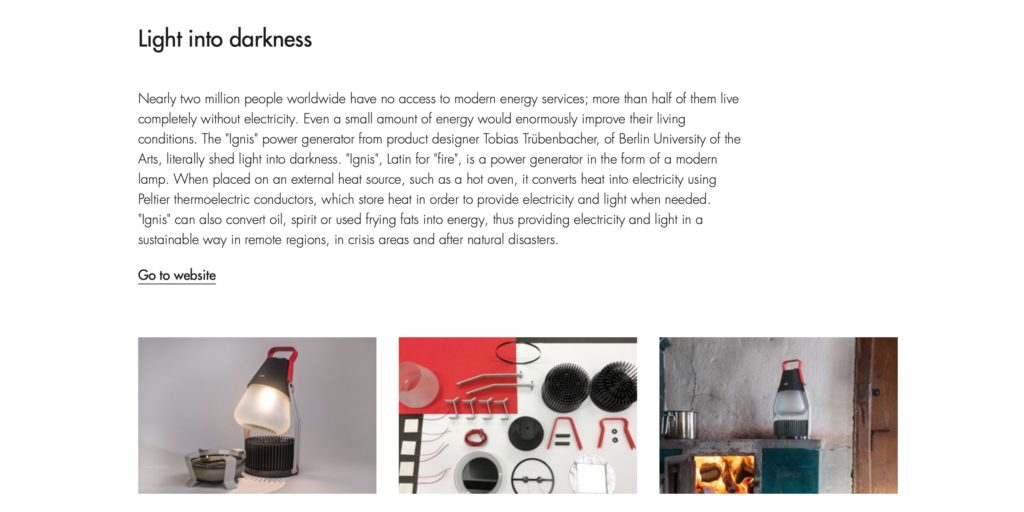
Tobias Trübenbacher is one of the 20 winners in Beyond Bauhaus, an international competition for designers and design students.
He won this nomination with the project IGNIS that he developed for the NEW GROUNDS project in Wintersemeseter 2018/2019.
All winners contribute to making the world a healthier, fairer, more sustainable and better place.
There will be an exhibition from 16th of August until 1st of September in the CLB Gallery in the Aufbauhaus in Berlin. The award ceremony, talks and other events will also take place in August.
See more at BEYOND BAUHAUS
In its Design Lab series, the Kunstgewerbemuseum presents DesignLab #4: design for collaborating cities, an exhibition on design for social innovation and cities. It is also be the first time that the work of the DESIS Labs is on show in Germany.
On 26 June – before the opening – Ezio Manzini, founder of the DESIS network, will talk at the Kunstgewerbemuseum.
Manzini is an Italian design academic and author known for his work on design for social innovation and sustainability. His most recent book Politics of the Everyday came out with Bloomsbury in 2019.
Two UdK-design students present a case study on developments that they are involved in at Tempelhof Airport and Ineke Hans, professor Design & Social Context, will also speak briefly and moderate the conversation.
The talk is open for the public.
Programm:
18.00 Welcome by Claudia Banz, Curator Design at the Museum of Decorative Arts, Berlin Luigi Mattiolo, Italian Ambassador to Germany
18.05 Keynote: Design for collaborative cities – Weaving people and places in fluid urban spaces by Ezio Manzini, Founder of the international DESIS NETWORK and Professor at Elisava University Barcelona, Politecnico di Milano among others
18.35 – 19.30 Short presentations and Roundtable with
• Ezio Manzini, Founder of DESIS Network
• Bianca Elzenbaumer, Co-Founder of La Foresta – Accademia di comunità and Marie Sklodowska-Curie Fellow at EURAC Research (IT)
• Marco Clausen, Co-Founder Prinzessinnengarten Kreuzberg and Nachbarschaftsakademie, Berlin
• Charlotte Marabito & Tomma Hinrichsen, UdK Students Design & Social Context involved in participation projects at Tempelhof Airport
• Ineke Hans, Designer and Professor for Design & Social Context at the Berlin University of the Arts (UdK) and moderator of the roundtable
19.30 – 20.00 Q&A
20.00 – 21.00 Food for thought – Eco-Social Food Performance by La Foresta + Networking
For more info and the program, see talk at Kunstgewerbemuseum
Design Lab #4 Design for Collaborative Cities by DESIS Network is on show from 27 June till 21 July
For more info, see expo at Kunstgewerbemuseum.
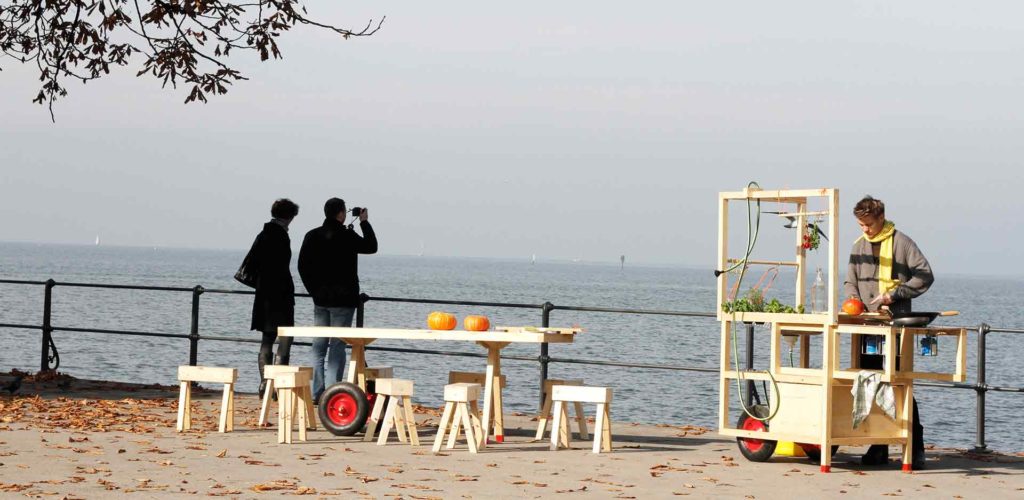
From 5 Juni till 21 July 2019 Design & Social Context’s assistant Maciej Chmara exhibits at Kunstgewerbemuseum Berlin.
Under the title DesignLab #3: Mobile Kitchens his studio Chmara.Rosinke presents the many projects that they have done over the last ten years which were somehow dedicated to ‚the Kitchen‘.
On 9 July a book presentation with Essays on Kitchens and talk will take place in the museum.
For more info, see Kunstgewerbemuseum
A free project by Yannik Rohloff with Really, a new sheet materials supported by Kvadrat.
Circularity is a display system for clothes. The area of usage are shops and pop-up stores. A set consists of 3 Parts: Joints, feet and hangers, they are all made of solid textile boards produced by Really. Really takes an effort producing material from recycled textiles, in a circular economy. The joints and feet need to be assembled with wooden logs. The display system can either be standing with feet or hanging on the wall.
Yannik Rohloff, 7.sem WS 2018/19
| Kontak@yannikrohloff | @yannikrohloff
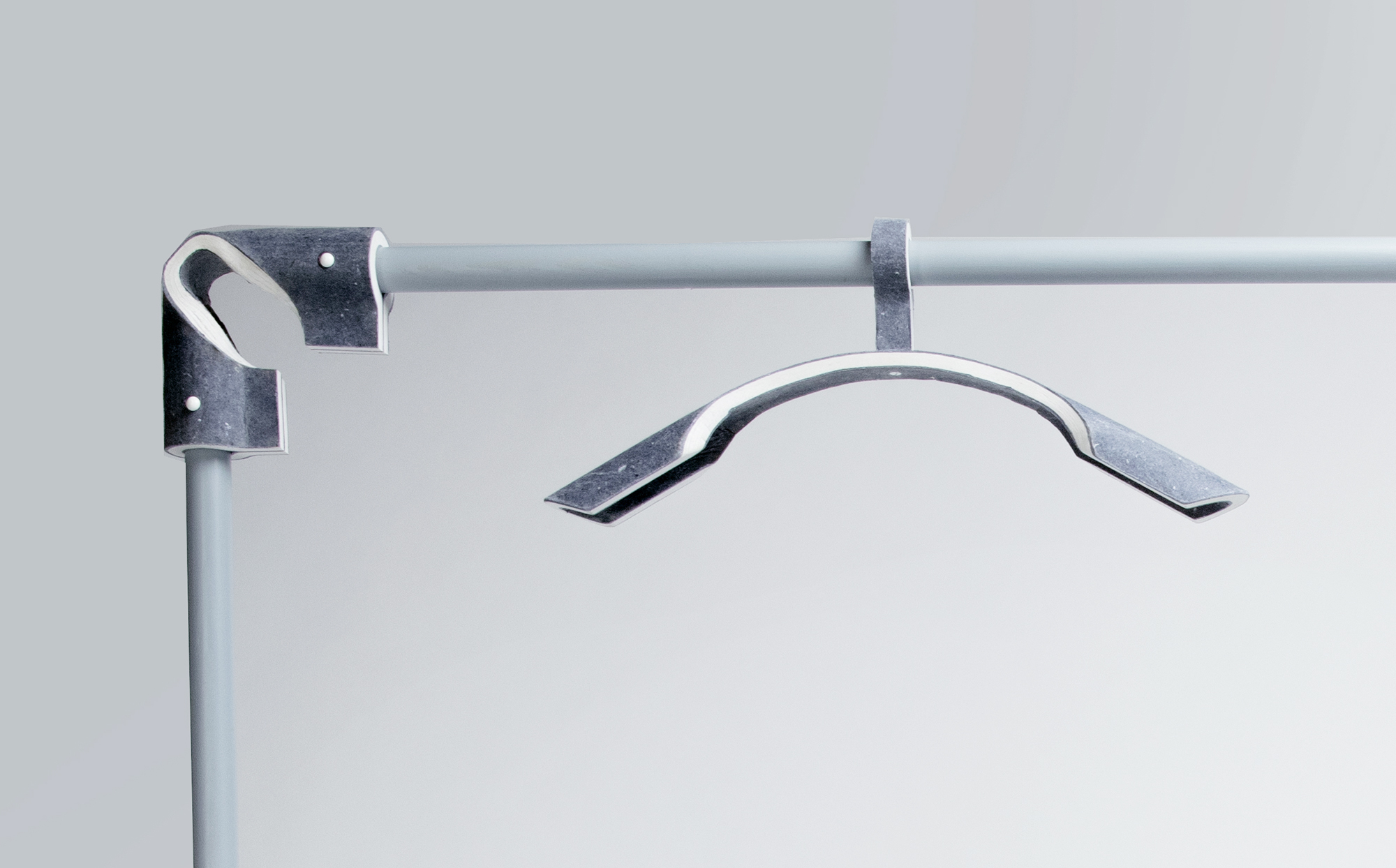
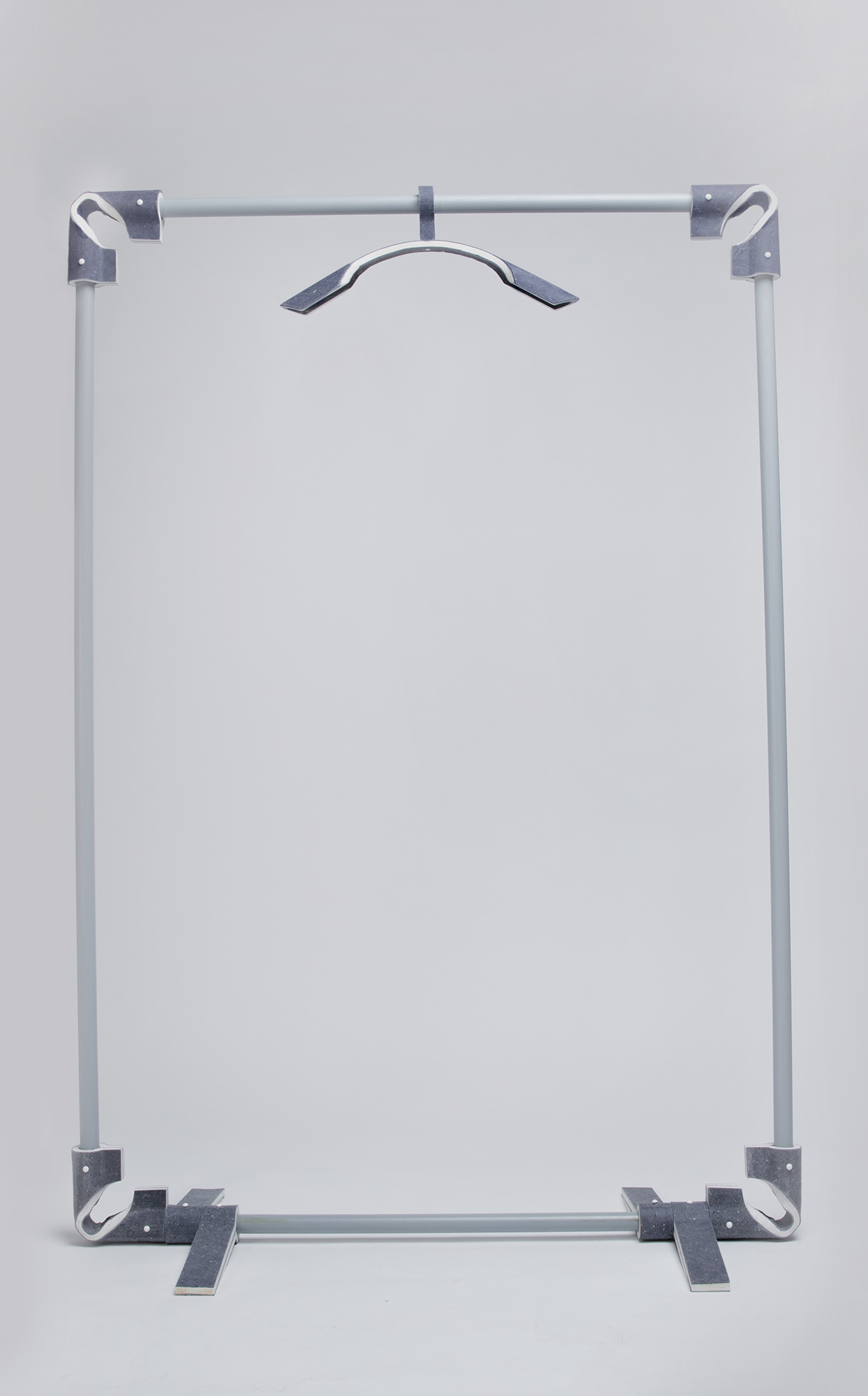
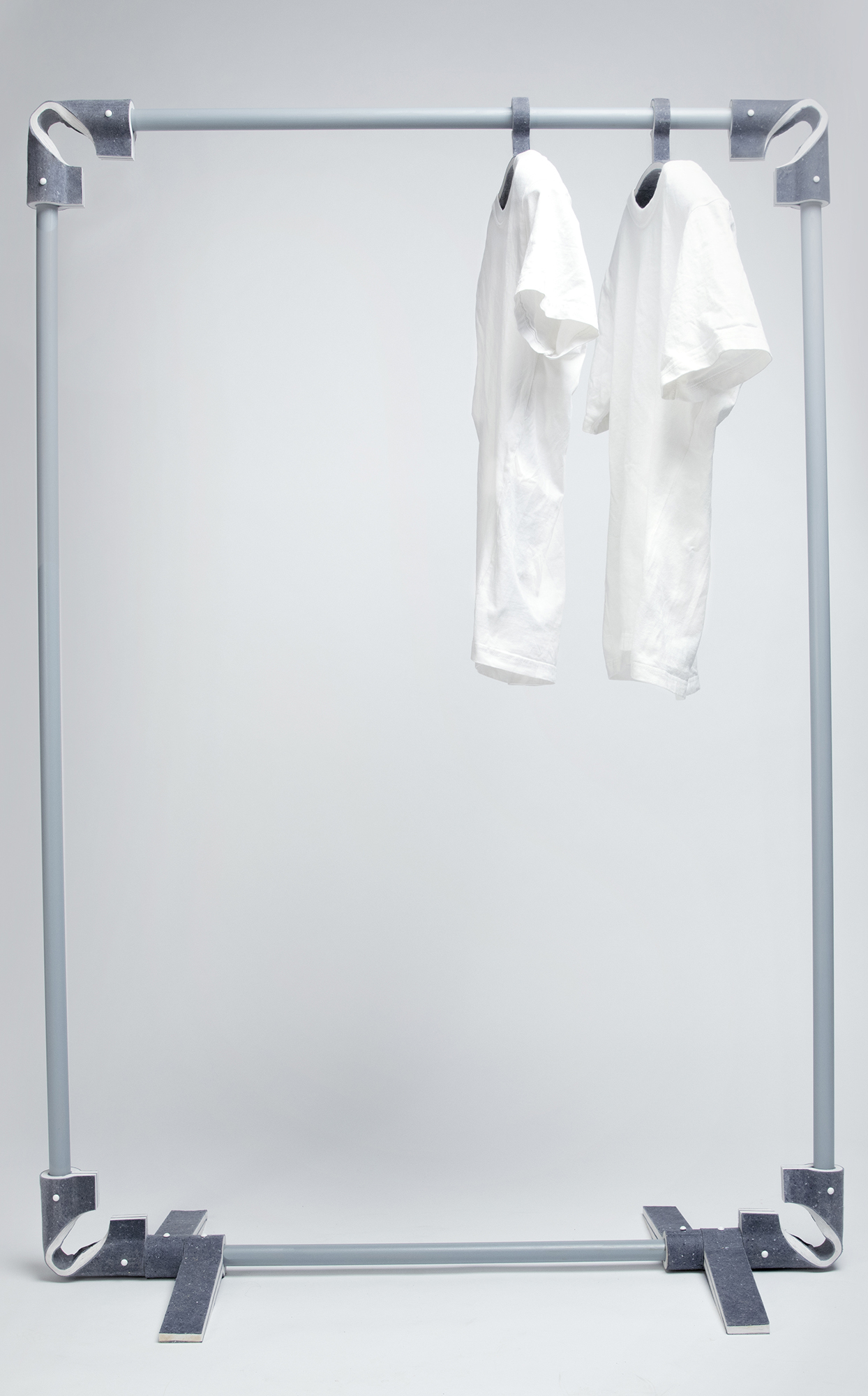
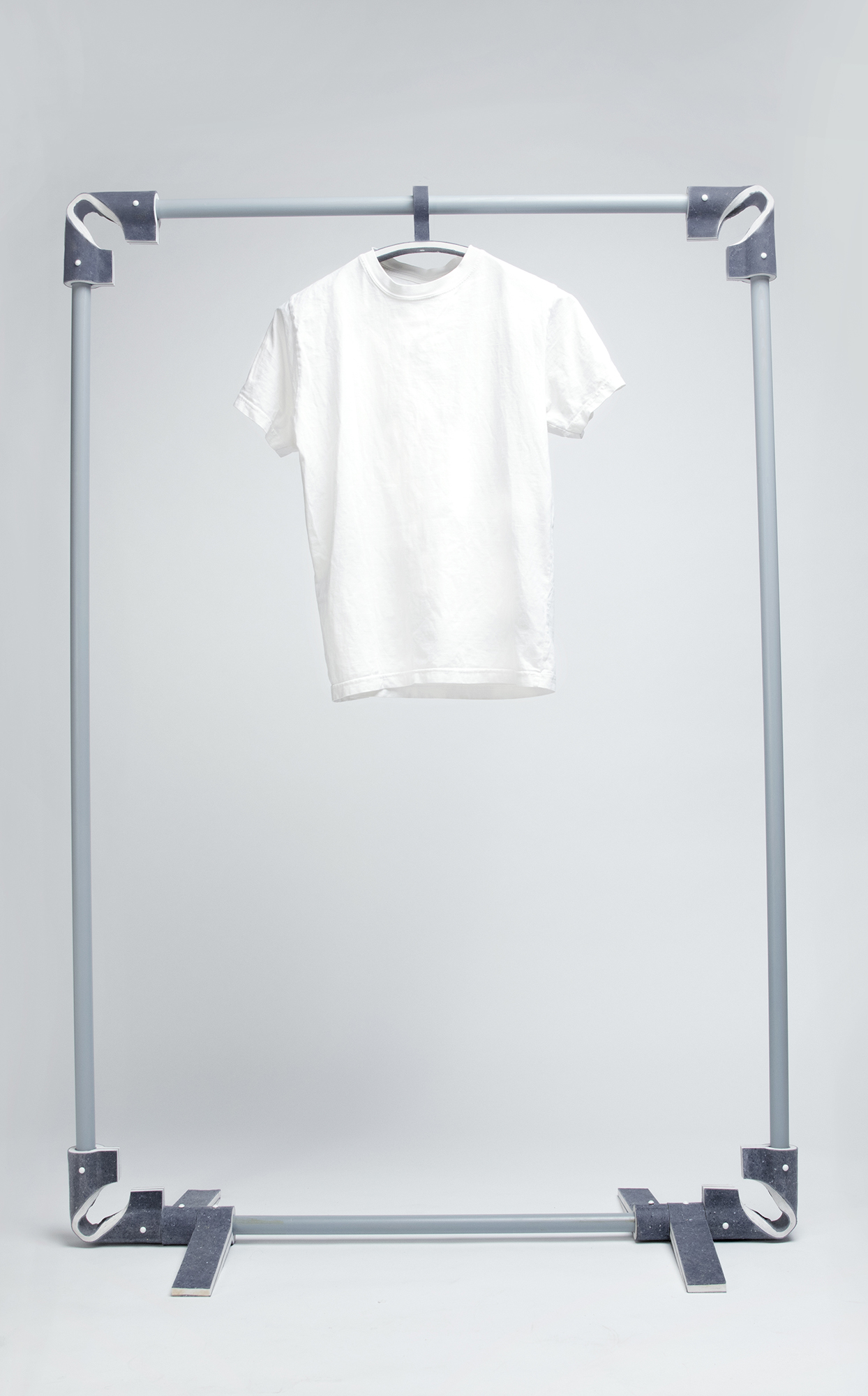
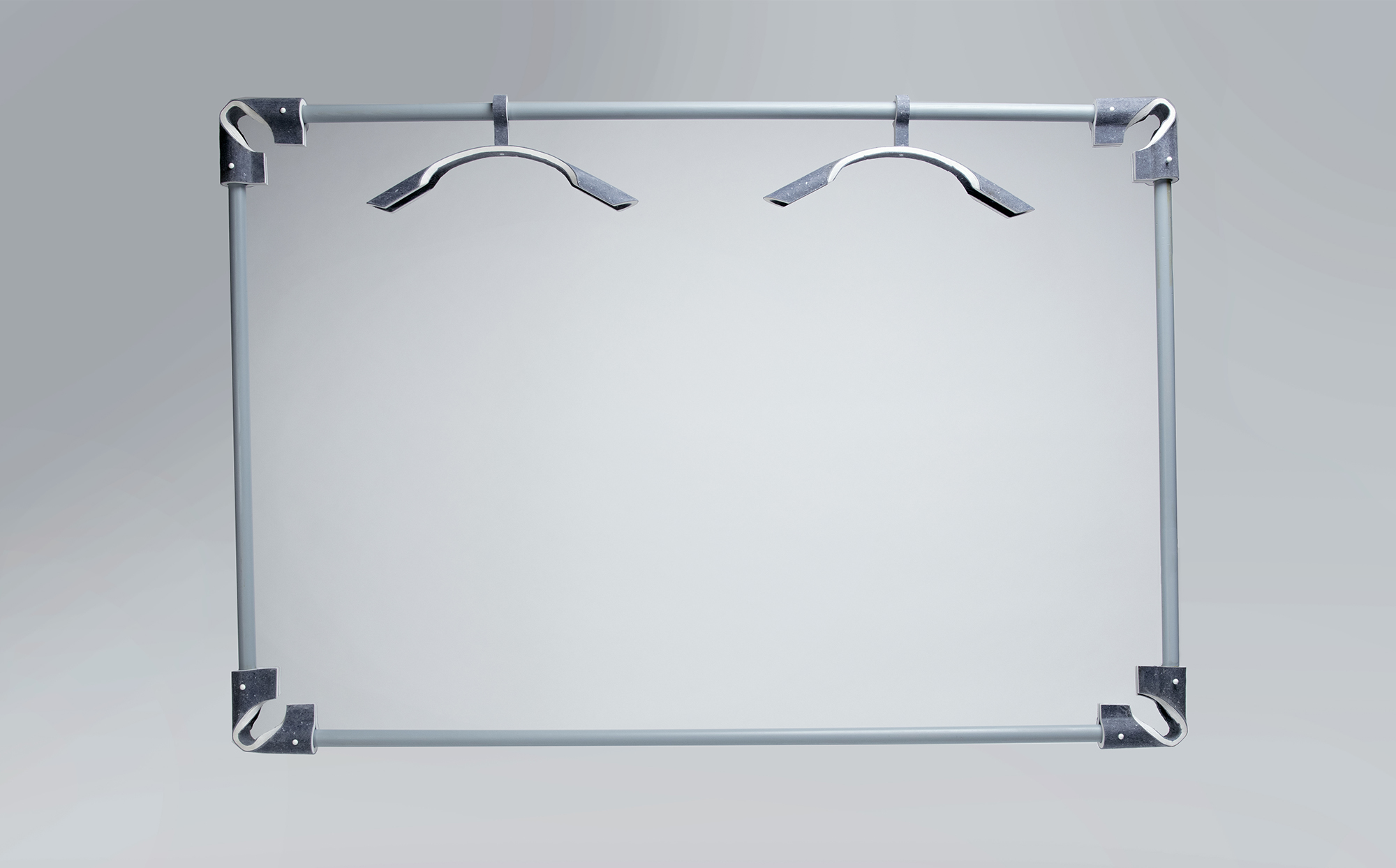
progress:
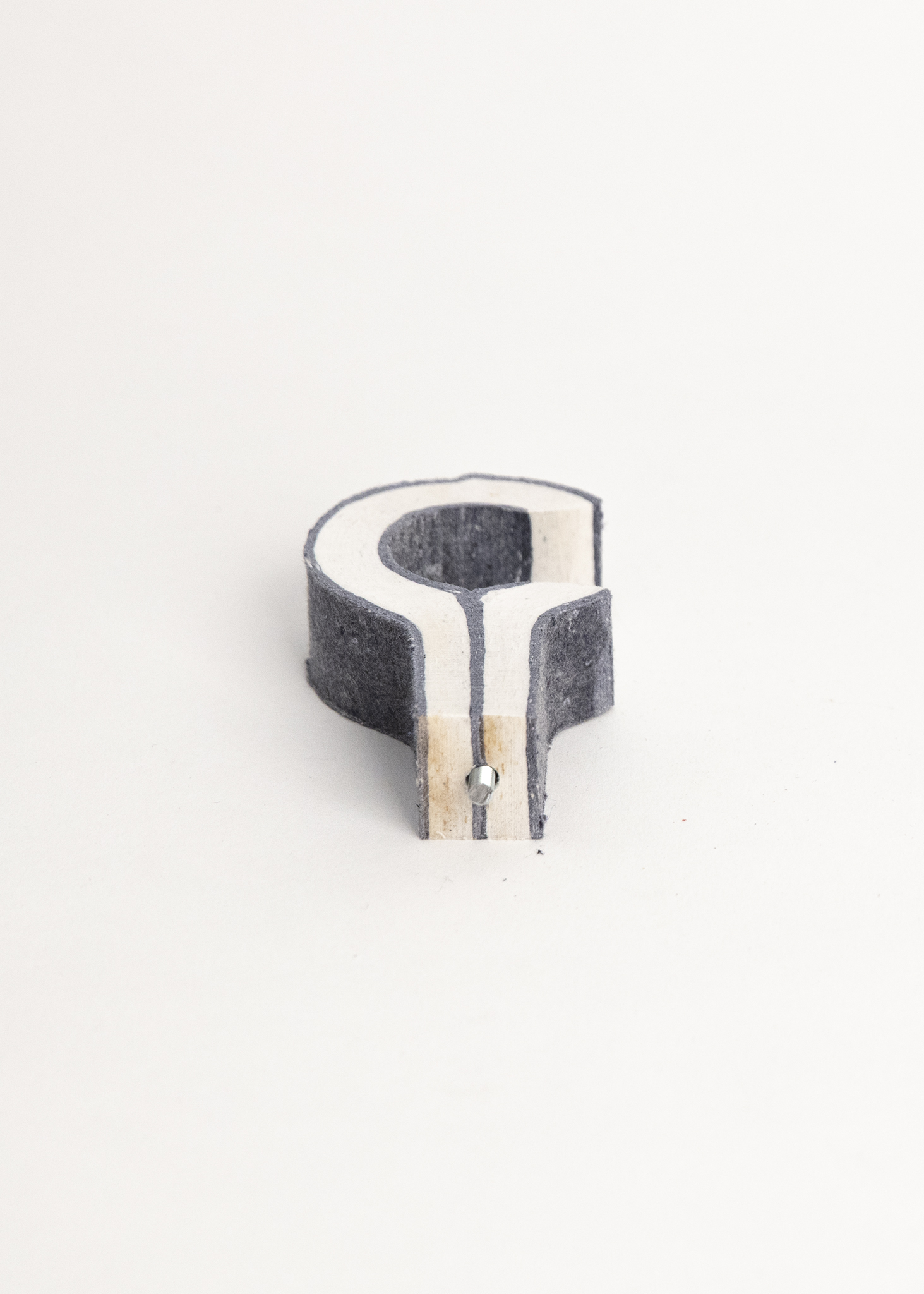
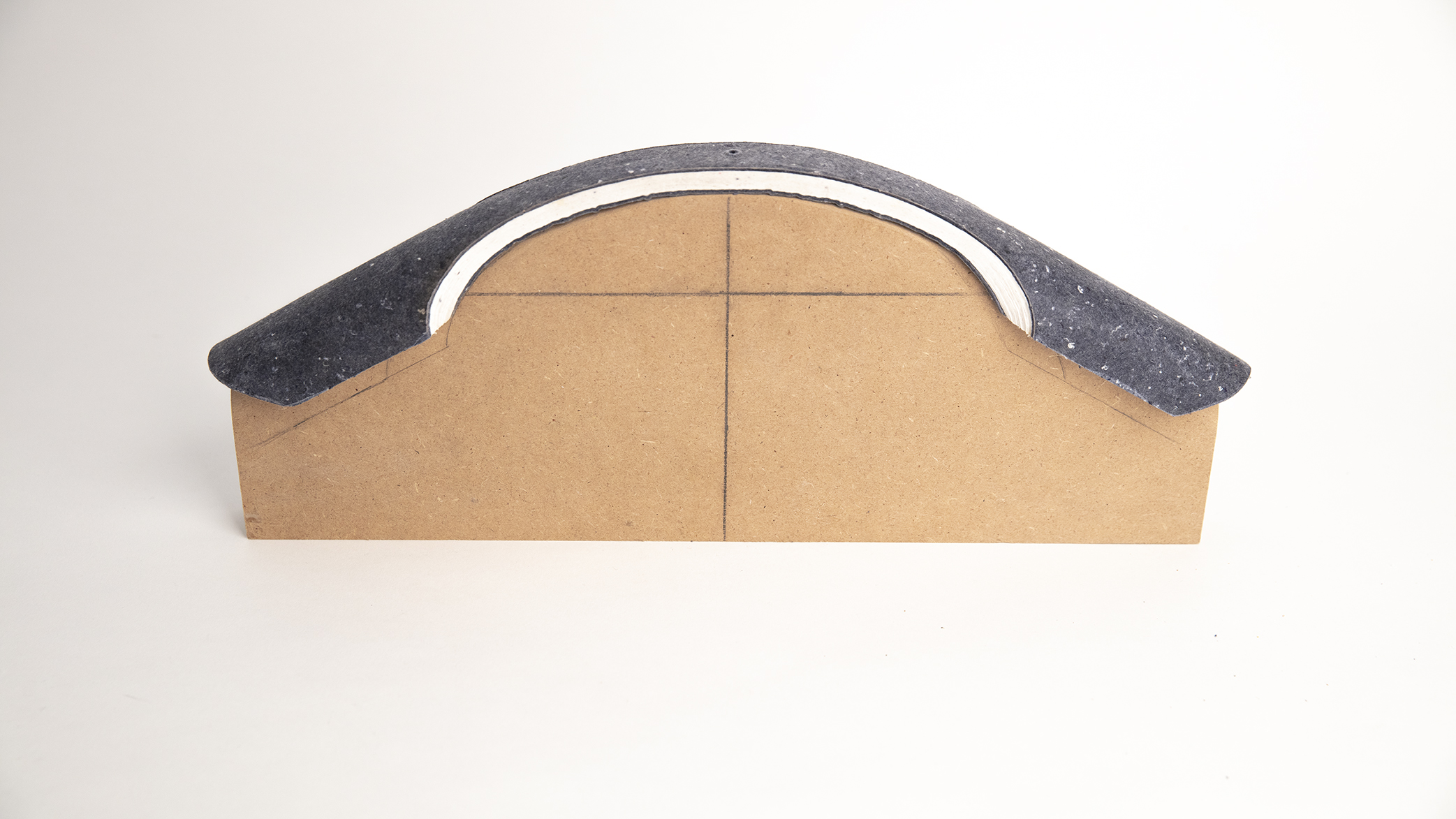
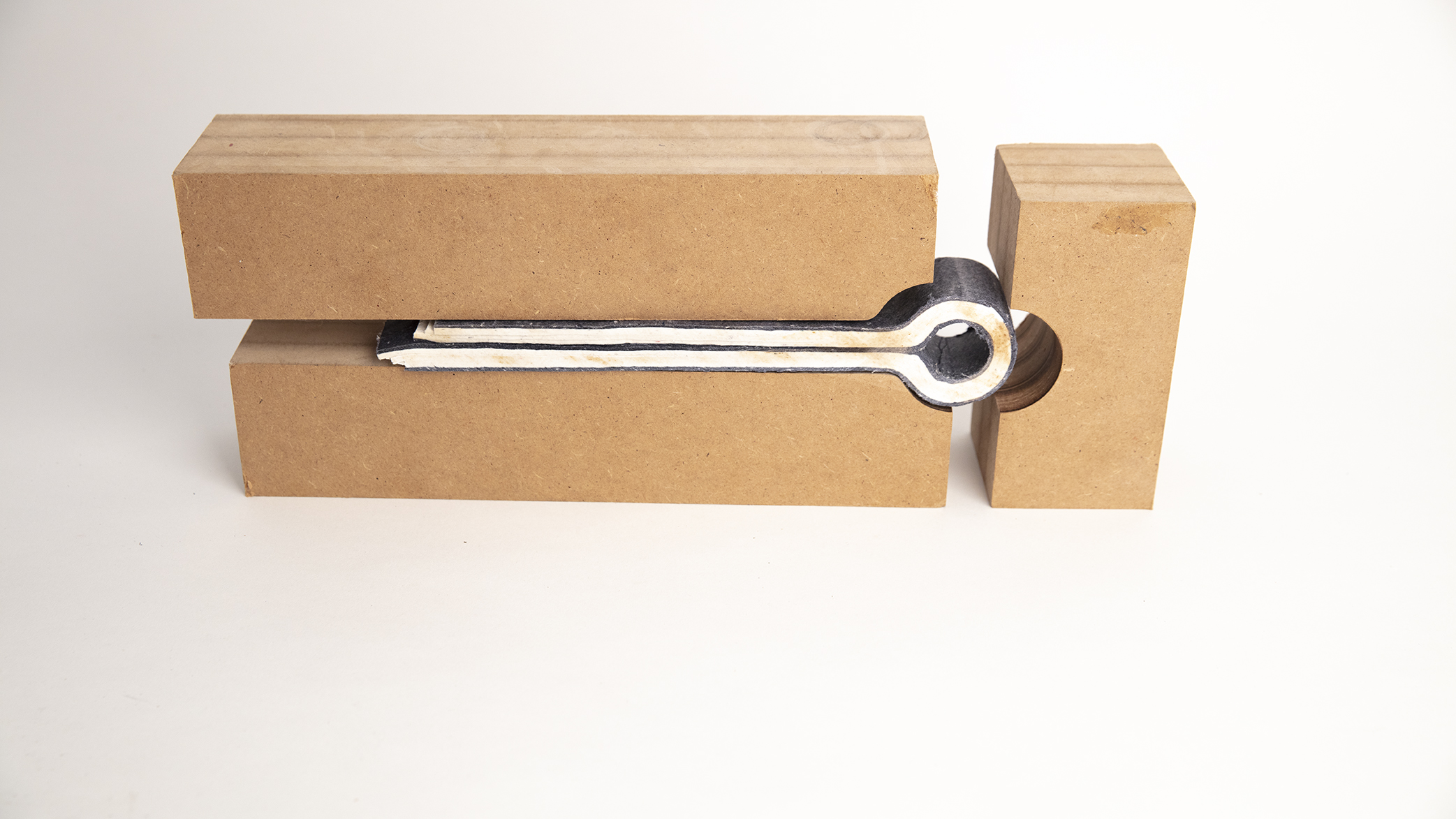
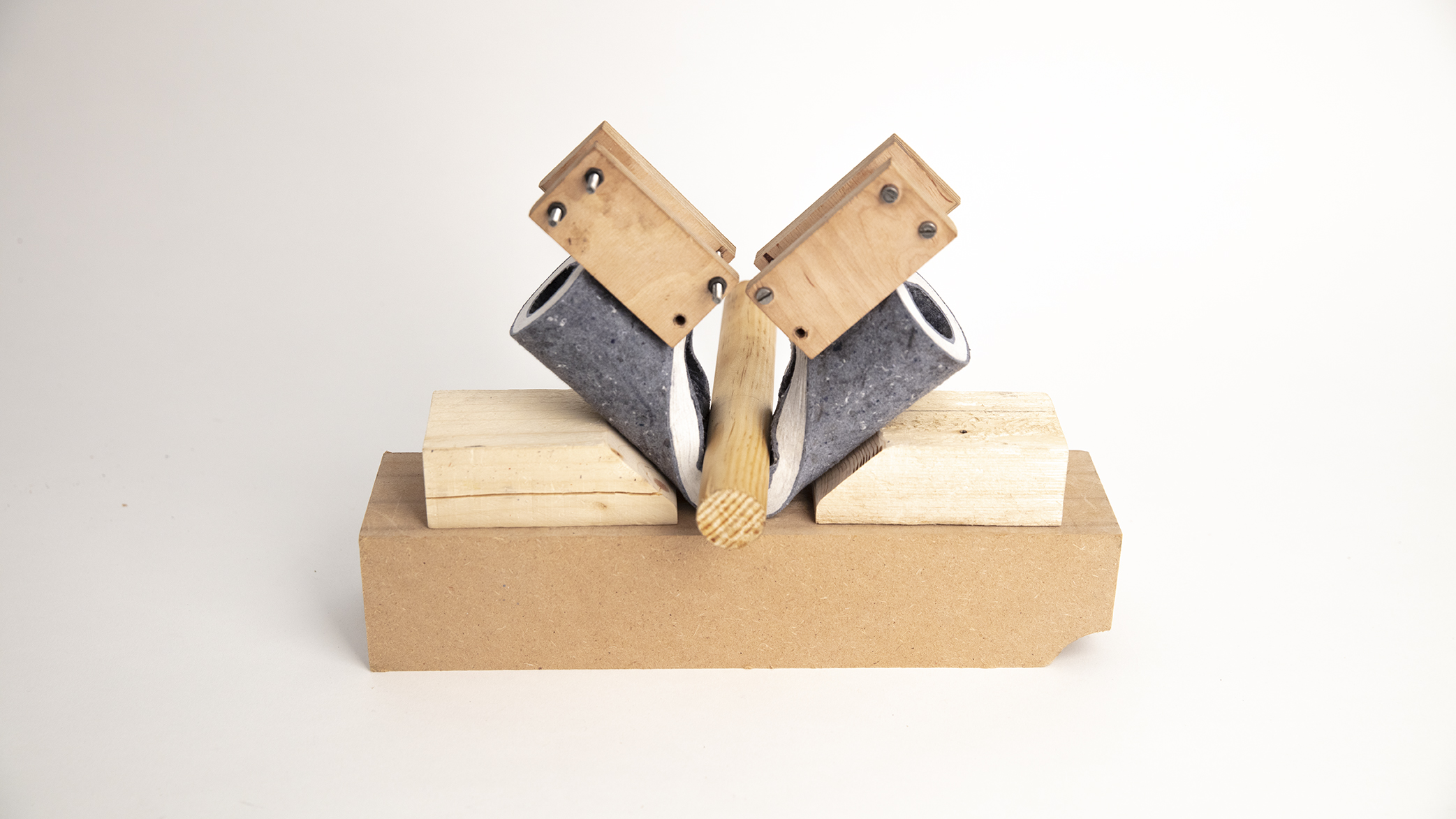
Our cafeteria is a place for meetings, a place to relax, sometimes to party, for presentations, to work and of course to eat. Our concept is to give the space an open structure to enable different situations.
Both versions of the staircase are equipped with integrated plants.
In variant B, the arrangement of the plant boxes is variable (see model). The staircase is made of ash scantlings.
The stool for variant A can accommodate 2 people and can be stowed in the room under the stairs. The stool for variant B can either act as padding on the stairs when rolled out or can be inserted into the staircase as a backrest.
Sarah Sekles, Bastian Thürich, Kimia Amir-Moazami, Ayosha Kortlang, Tillman Vanhöf
6. Sem Students, Suse 2018
project:
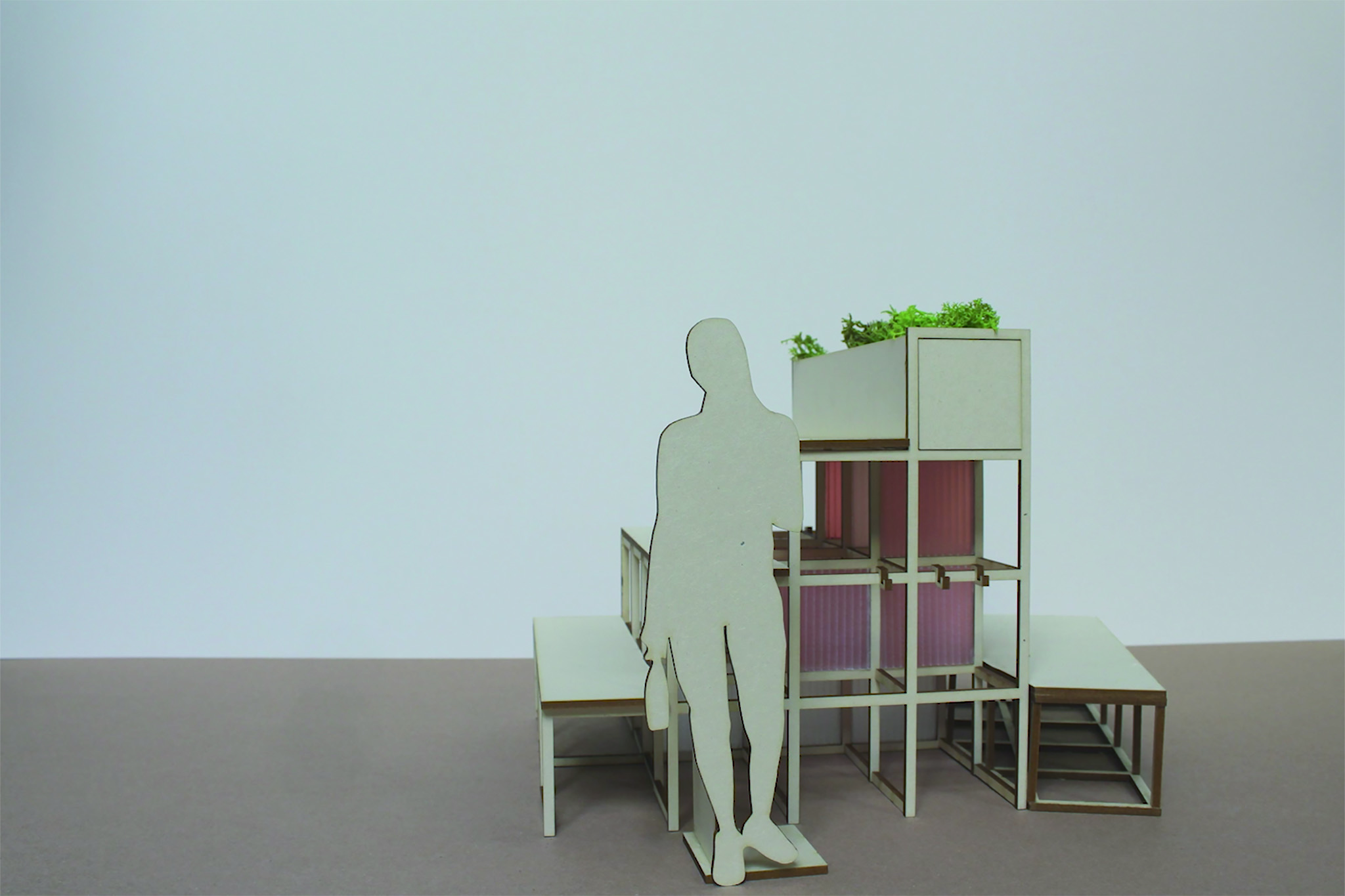 version A: space for seats in podium
version A: space for seats in podium
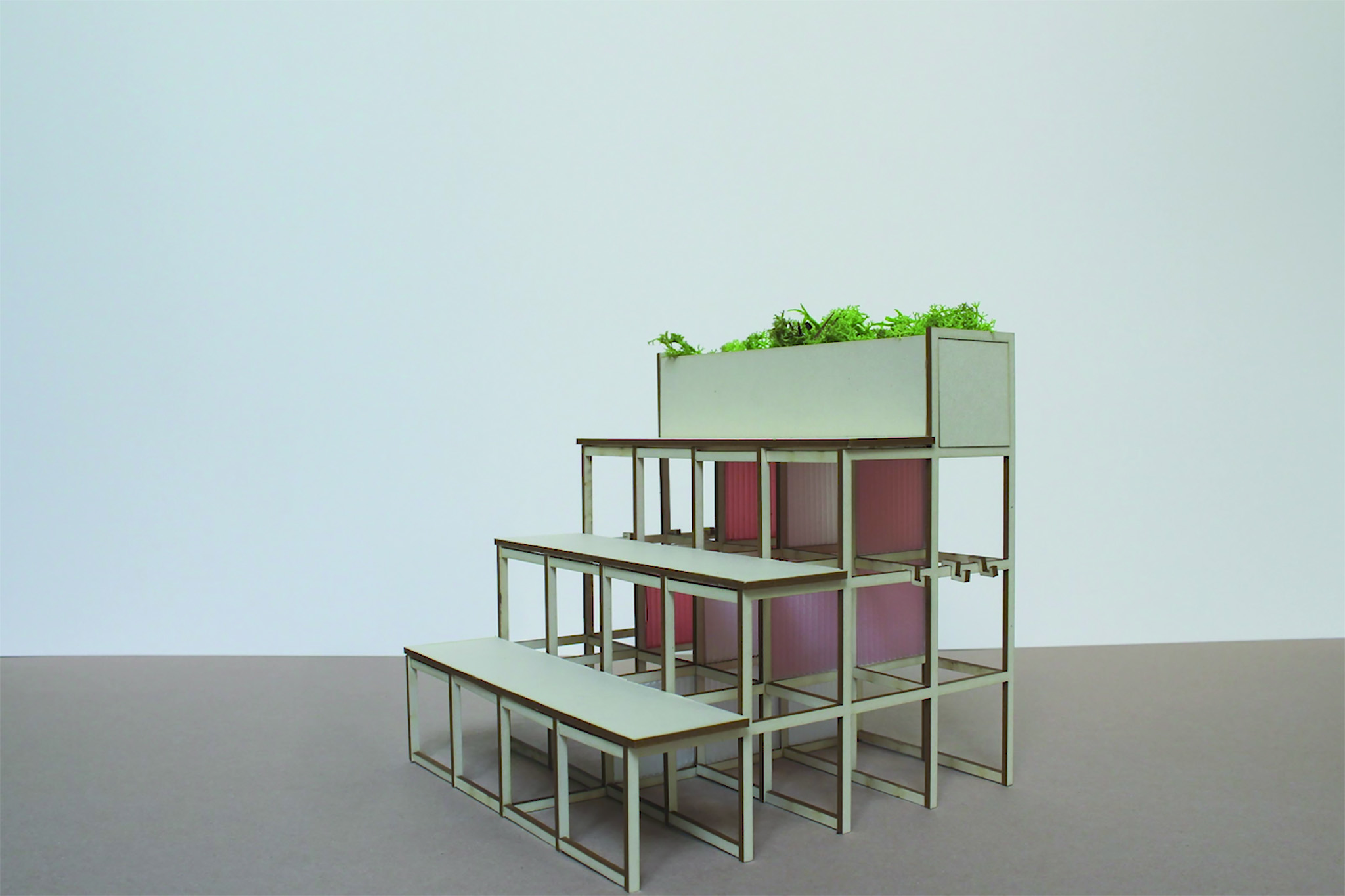
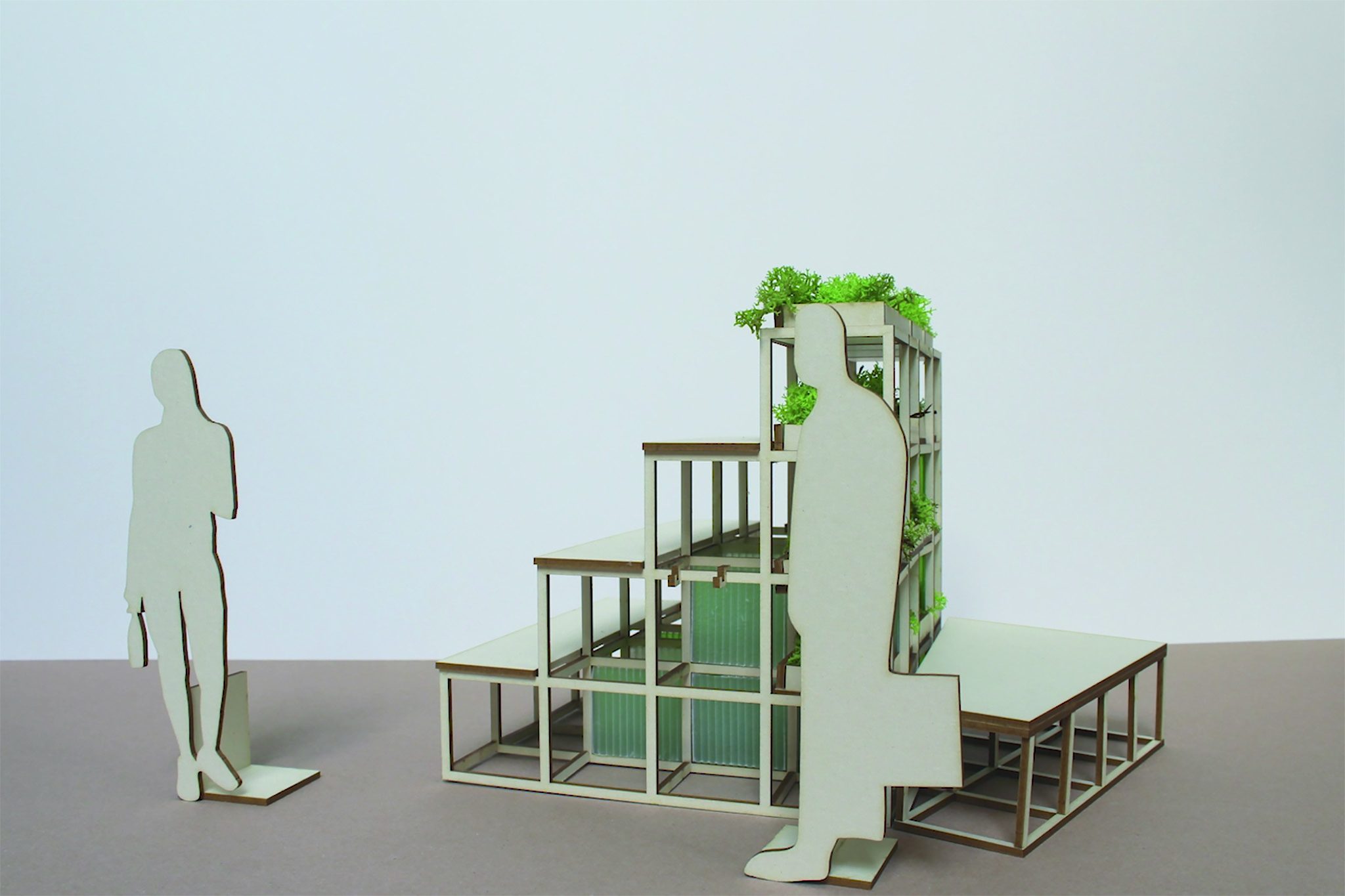 version B: variable plantboxes
version B: variable plantboxes
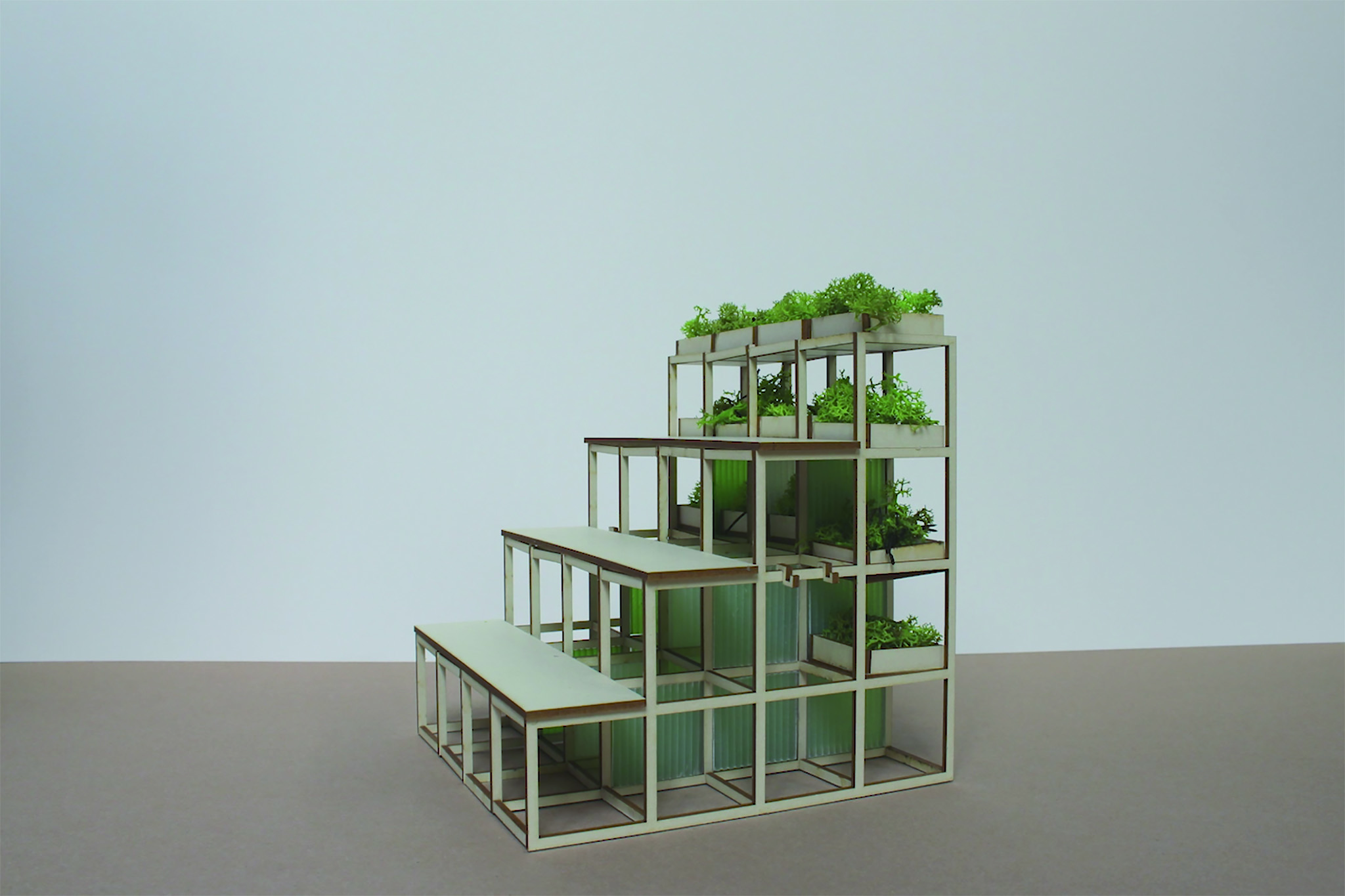
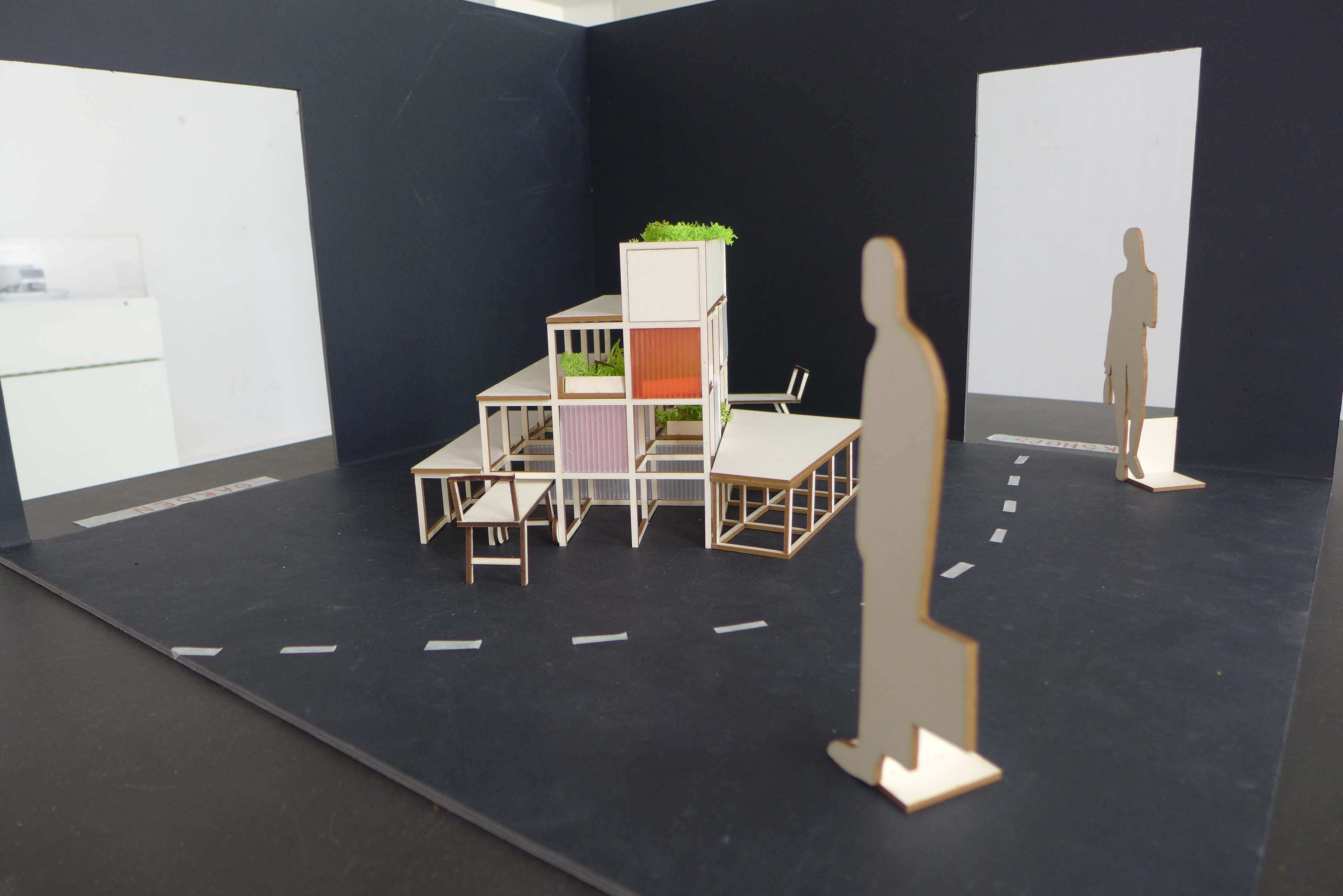 version A in room
version A in room
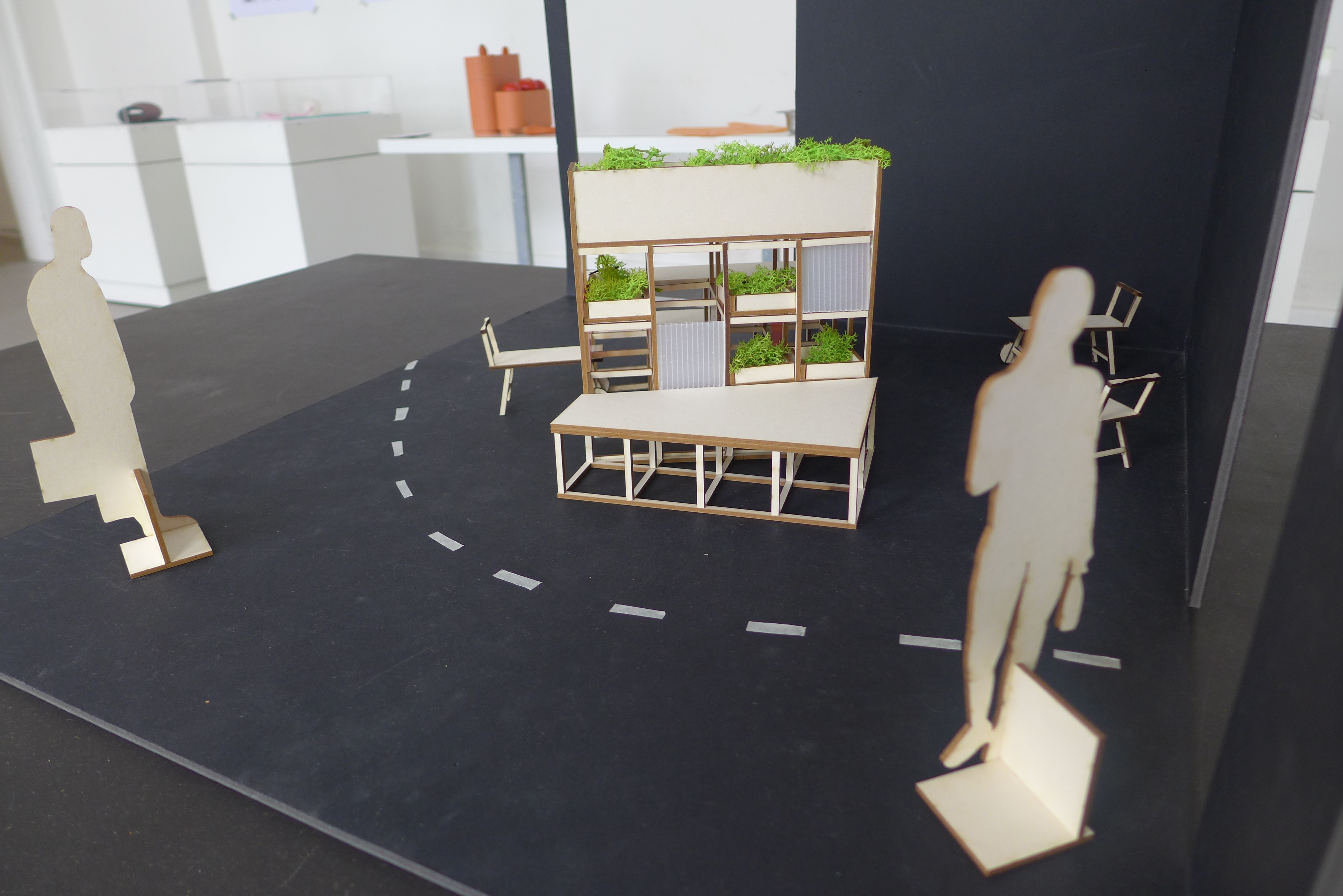
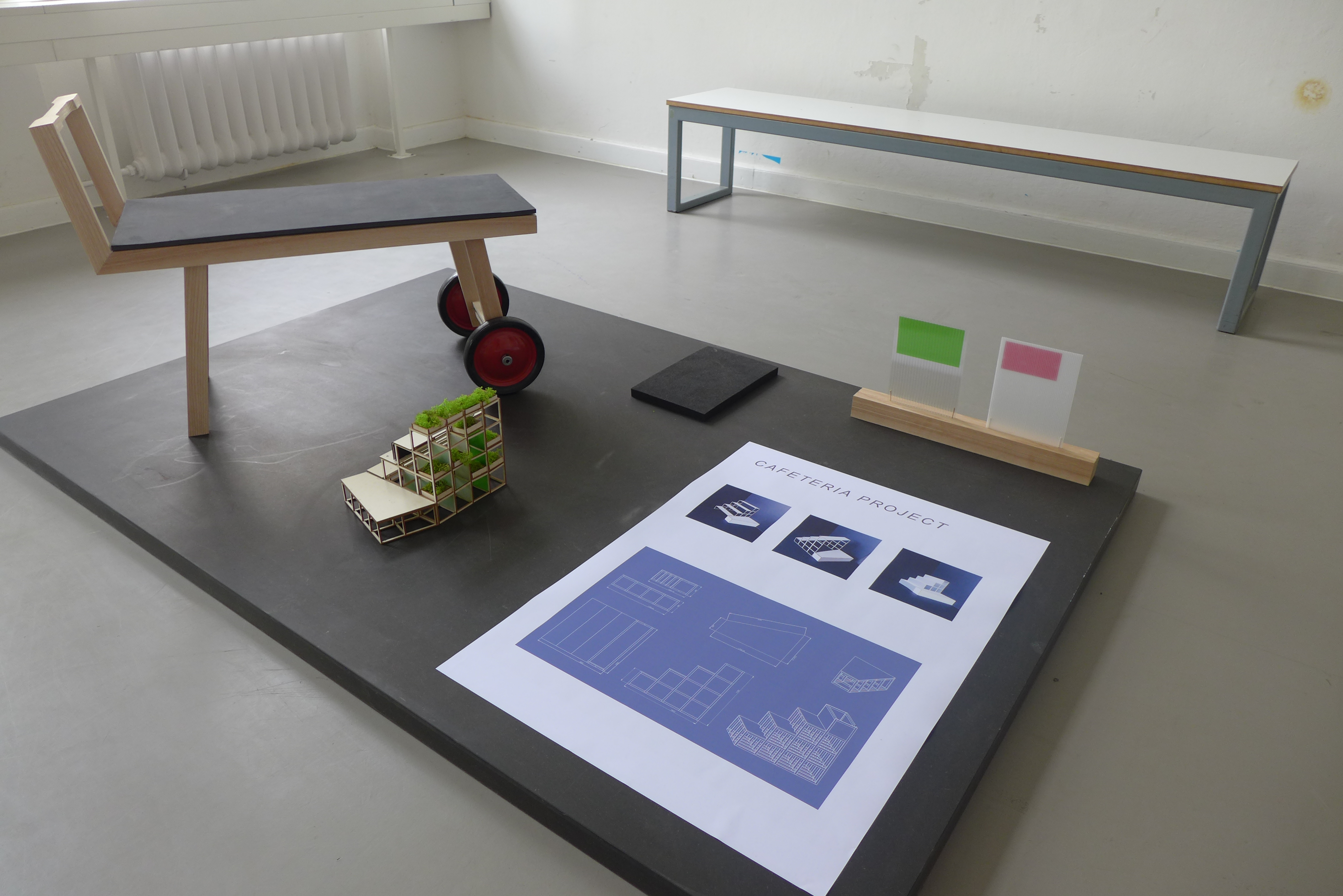
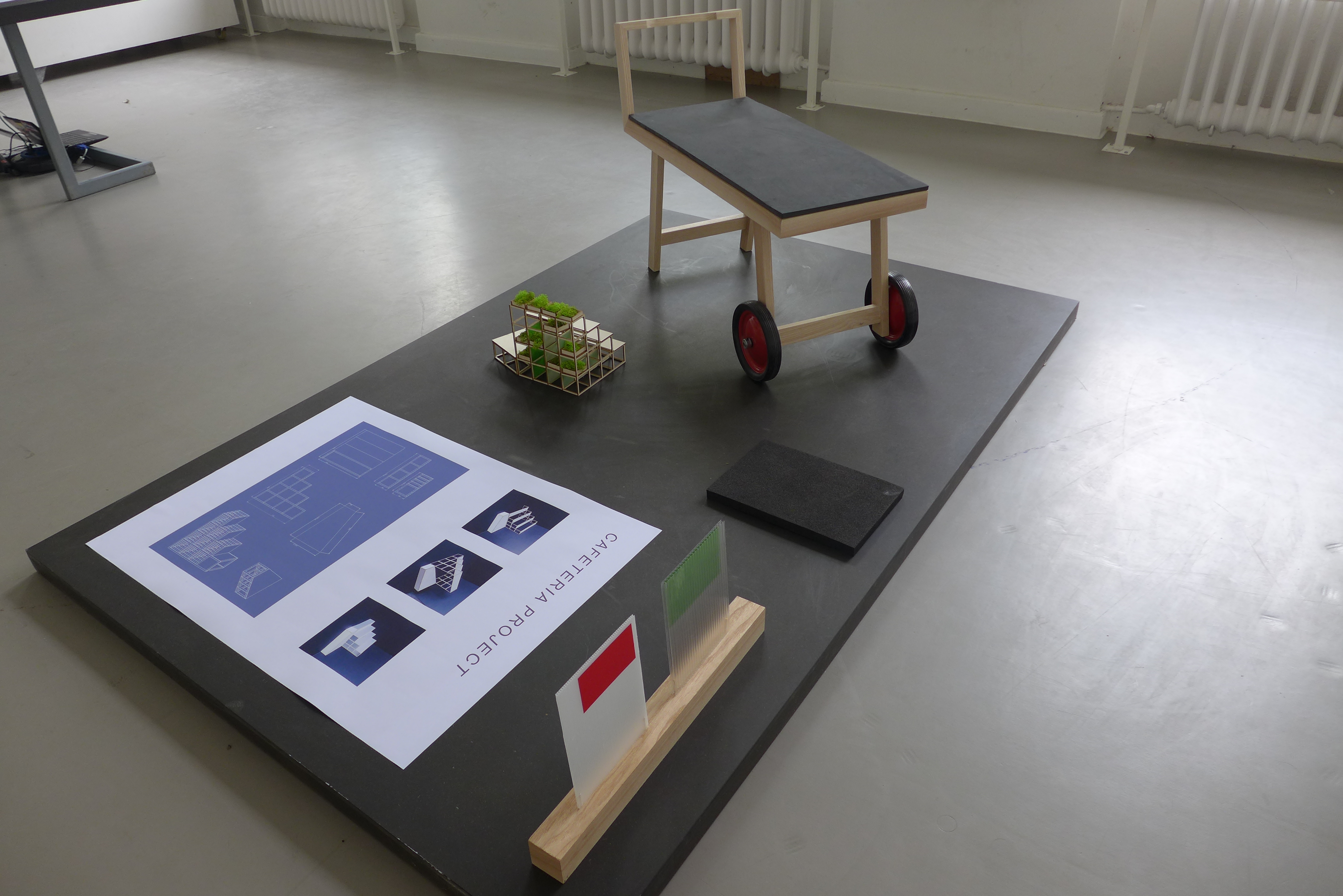
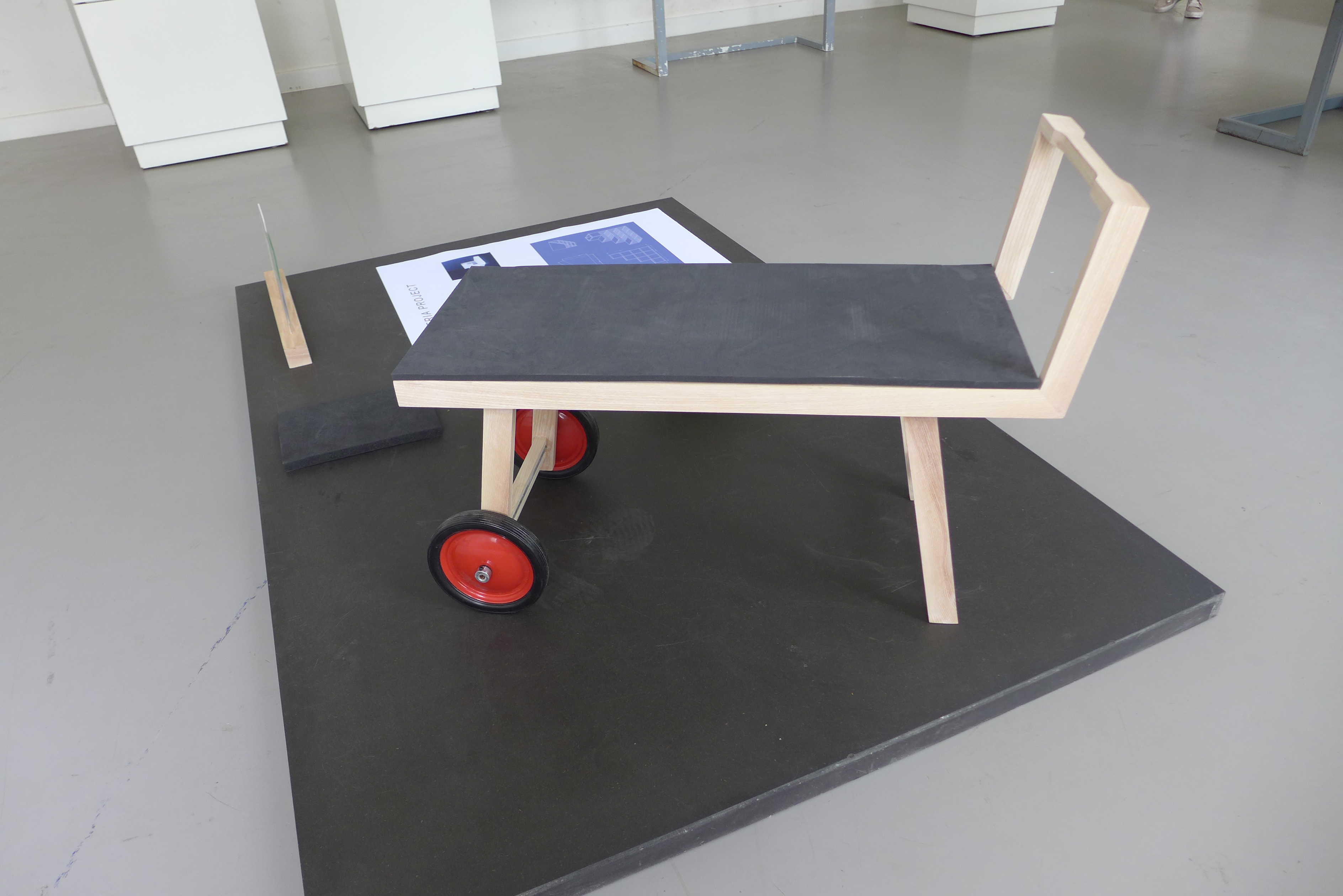 seat for version A scale 1:1
seat for version A scale 1:1
progress:
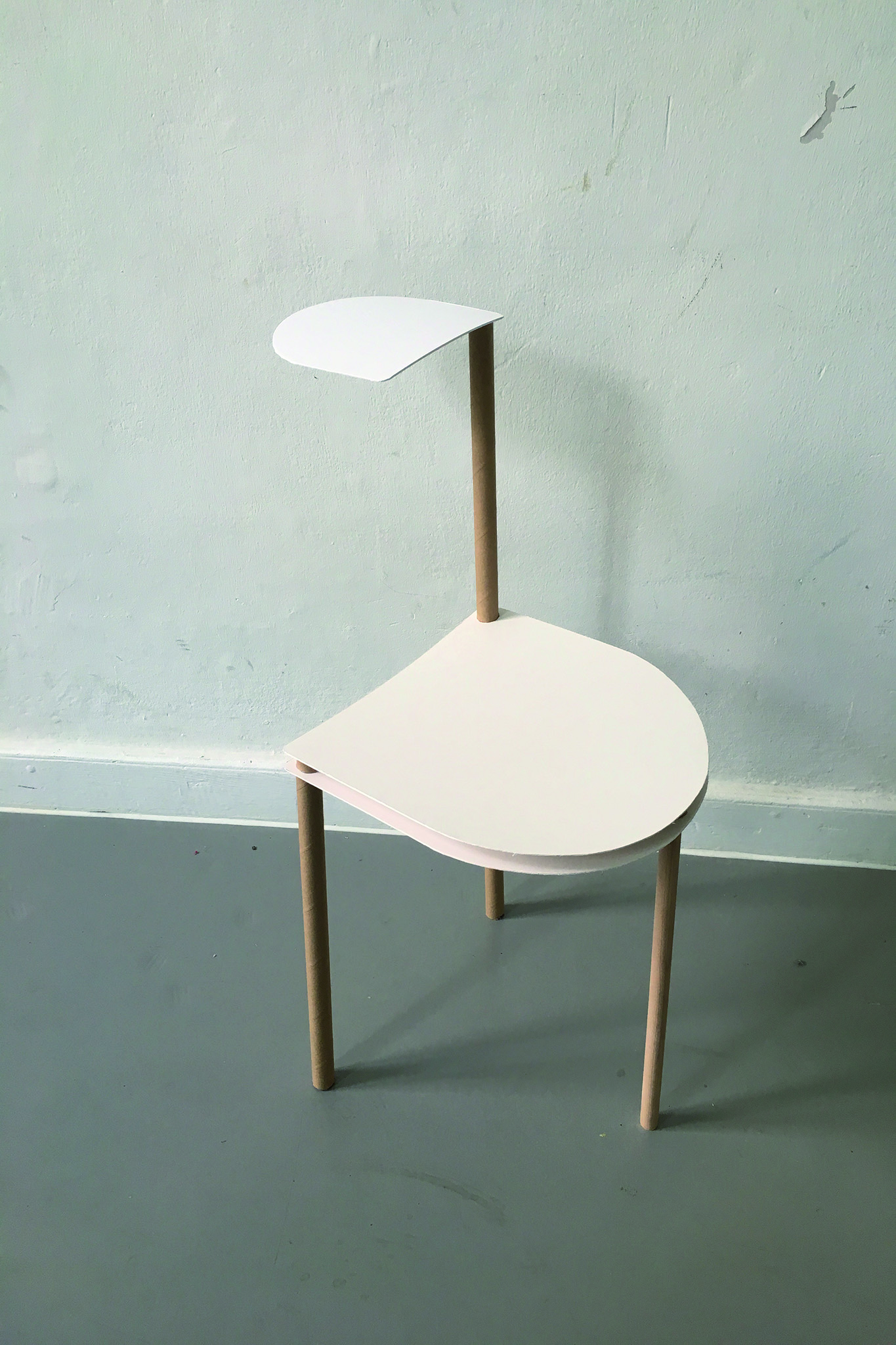
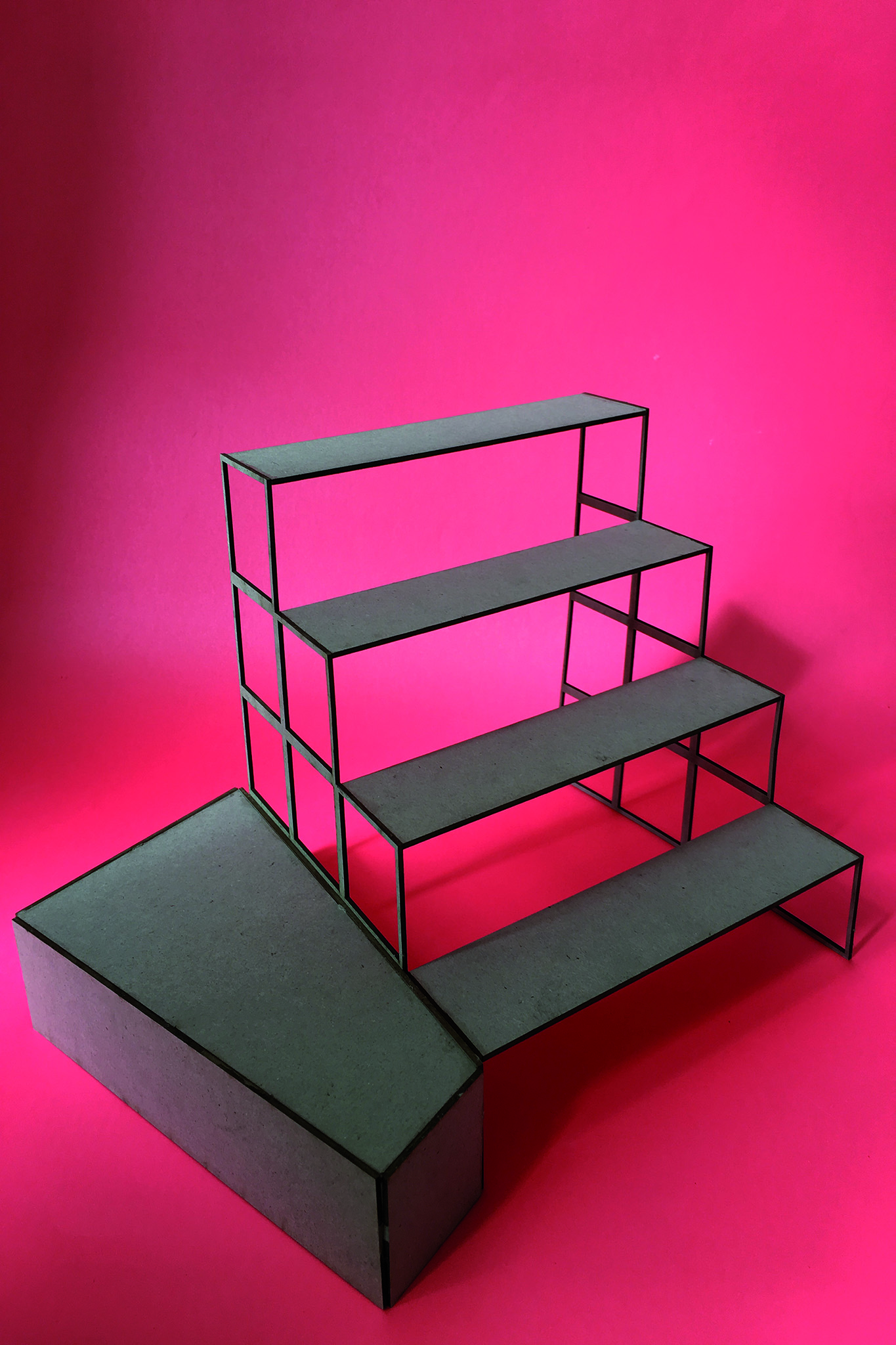
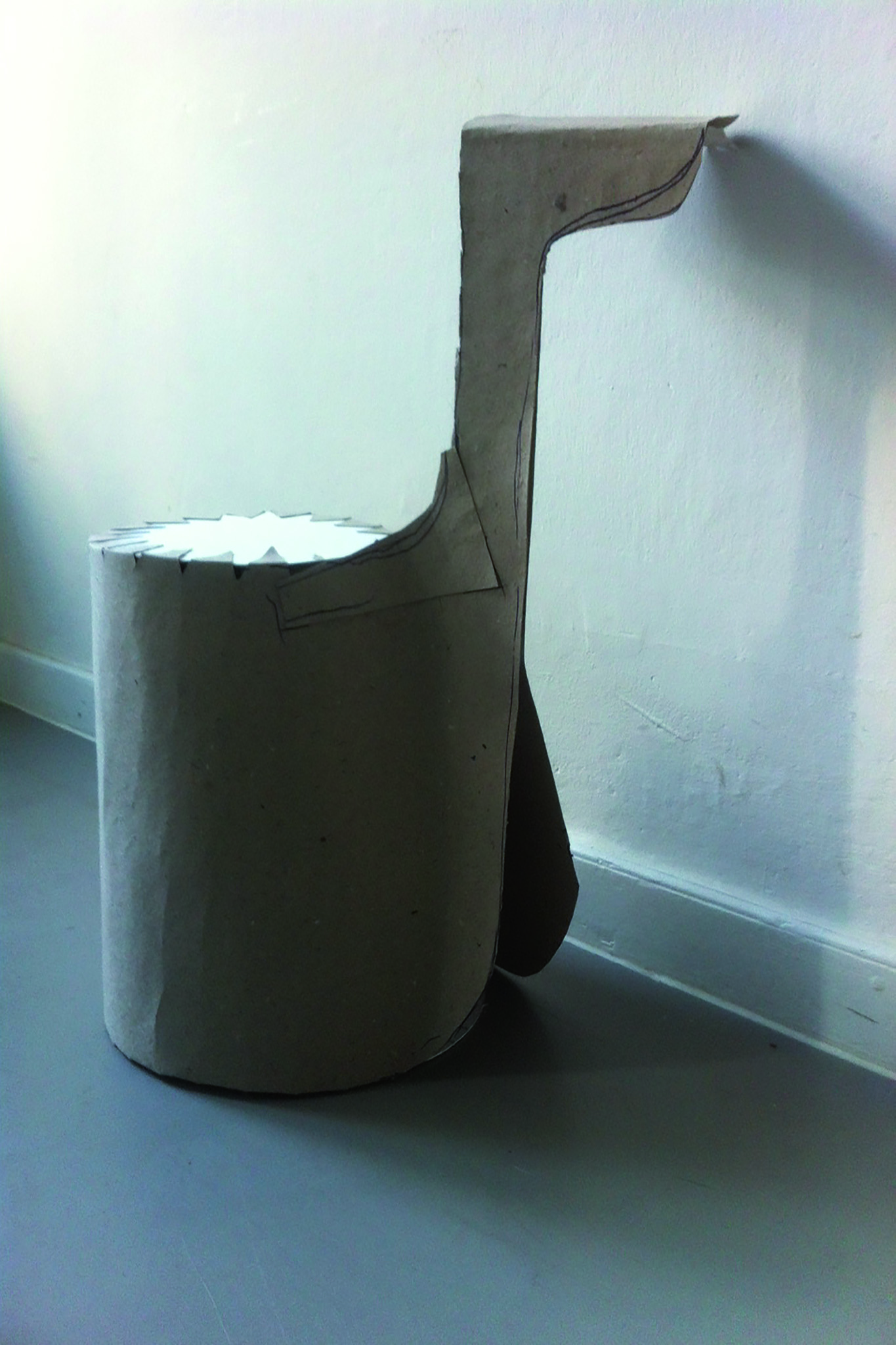

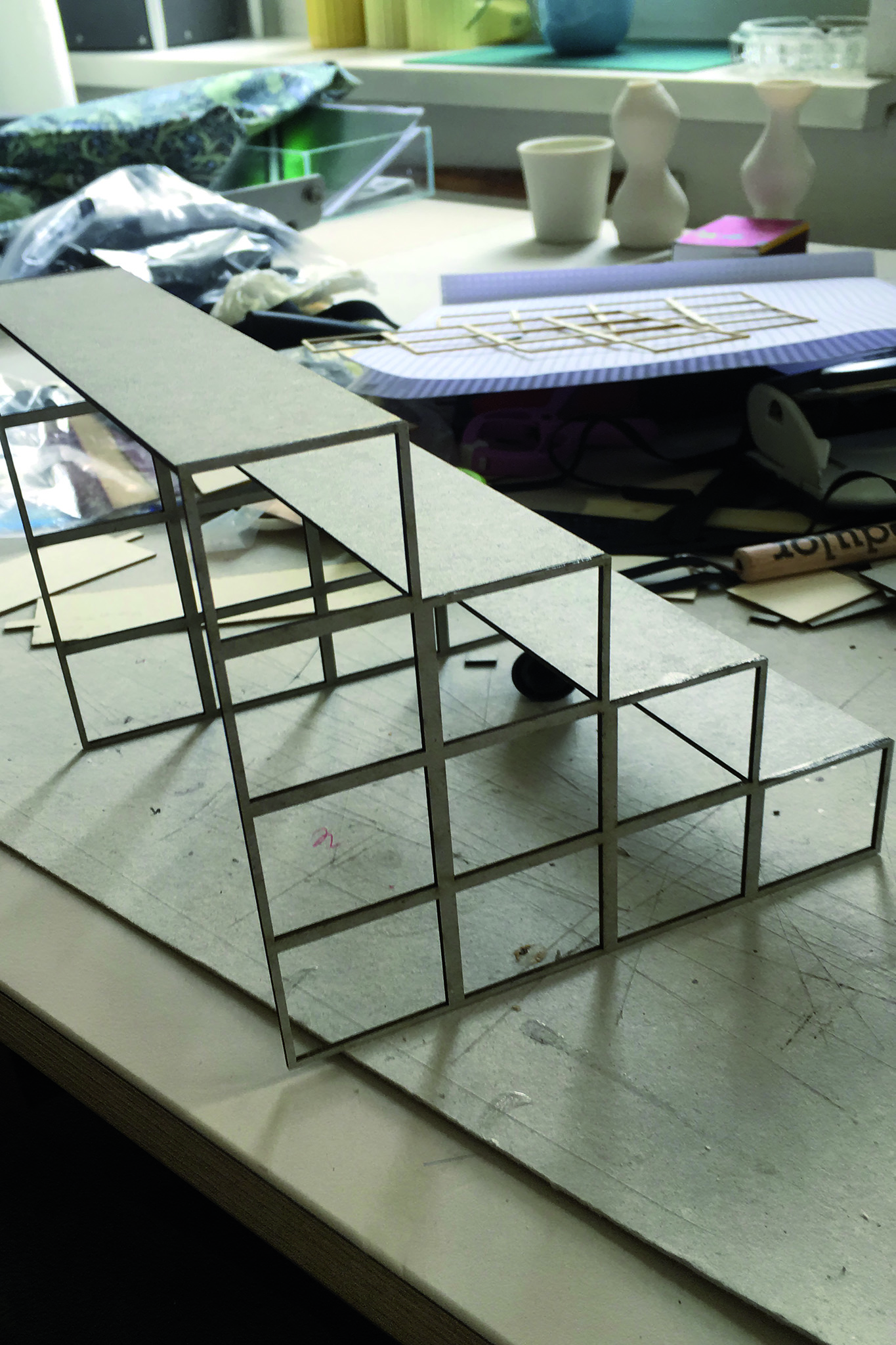
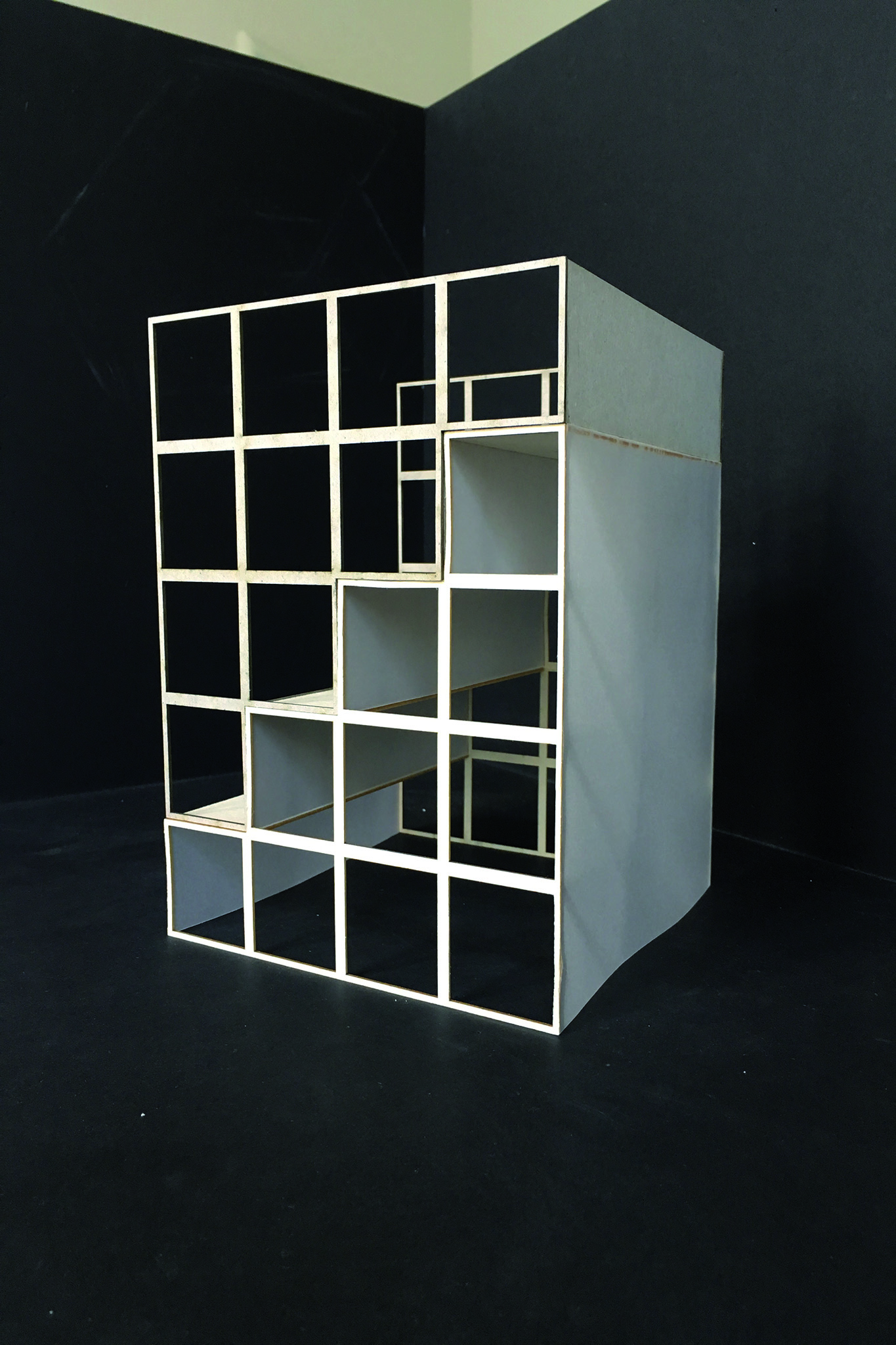
The wall frame – constructed out of a nearly 4 meters long metal rod riminds somehow of a wardrobe or bookshelf to hang. And that is not even far from its actual purpose. Multi Care will help you to get organized at home. You can use it to put your clothes that have already been worn one day and need to air out overnight. Also for drying towels, hang jewelry or your coat, everything is possible. The multi use supports you in any room to live in and feel tidy and free from ballast.
Felicitas Schröder, 4.Sem SuSe 2019
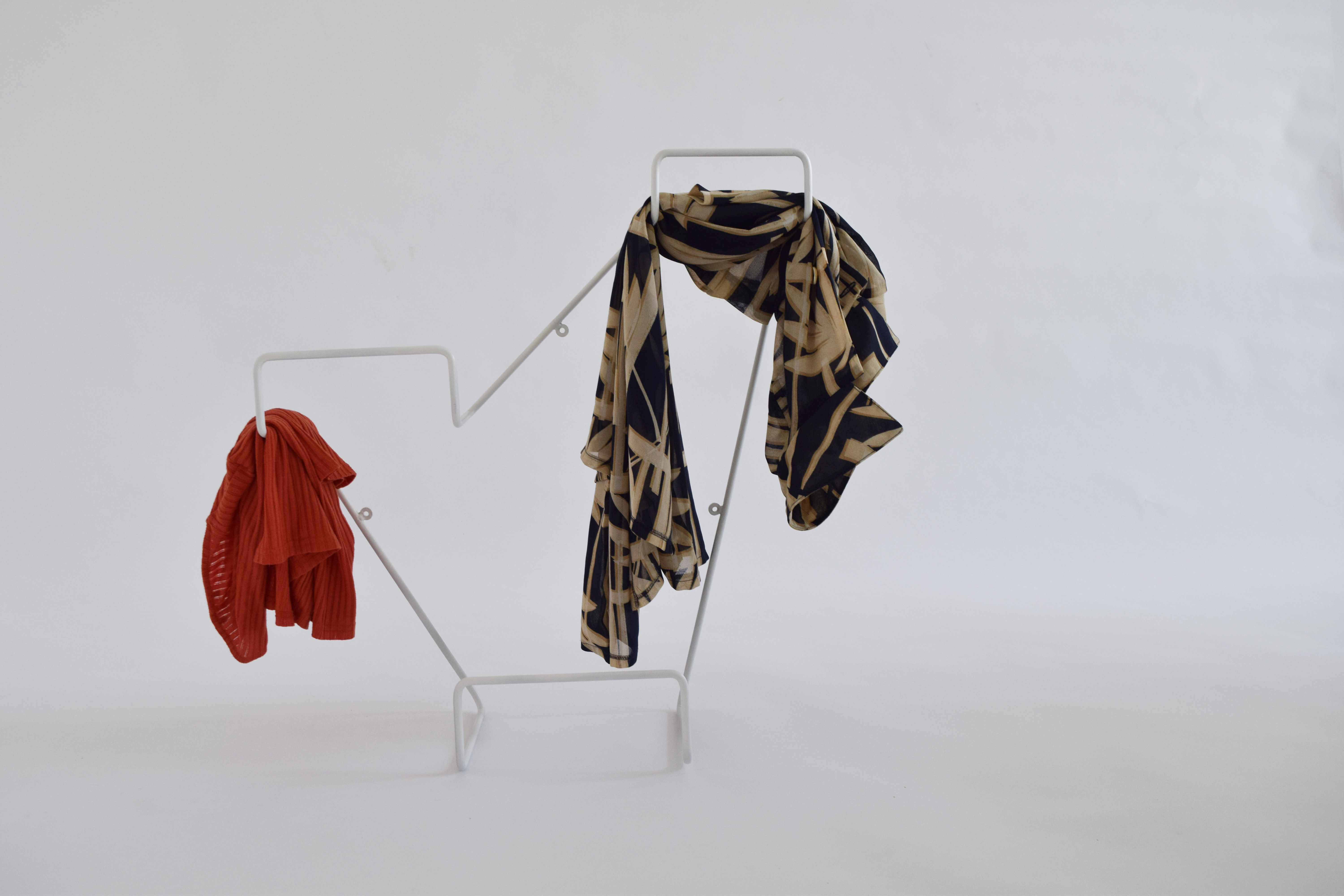

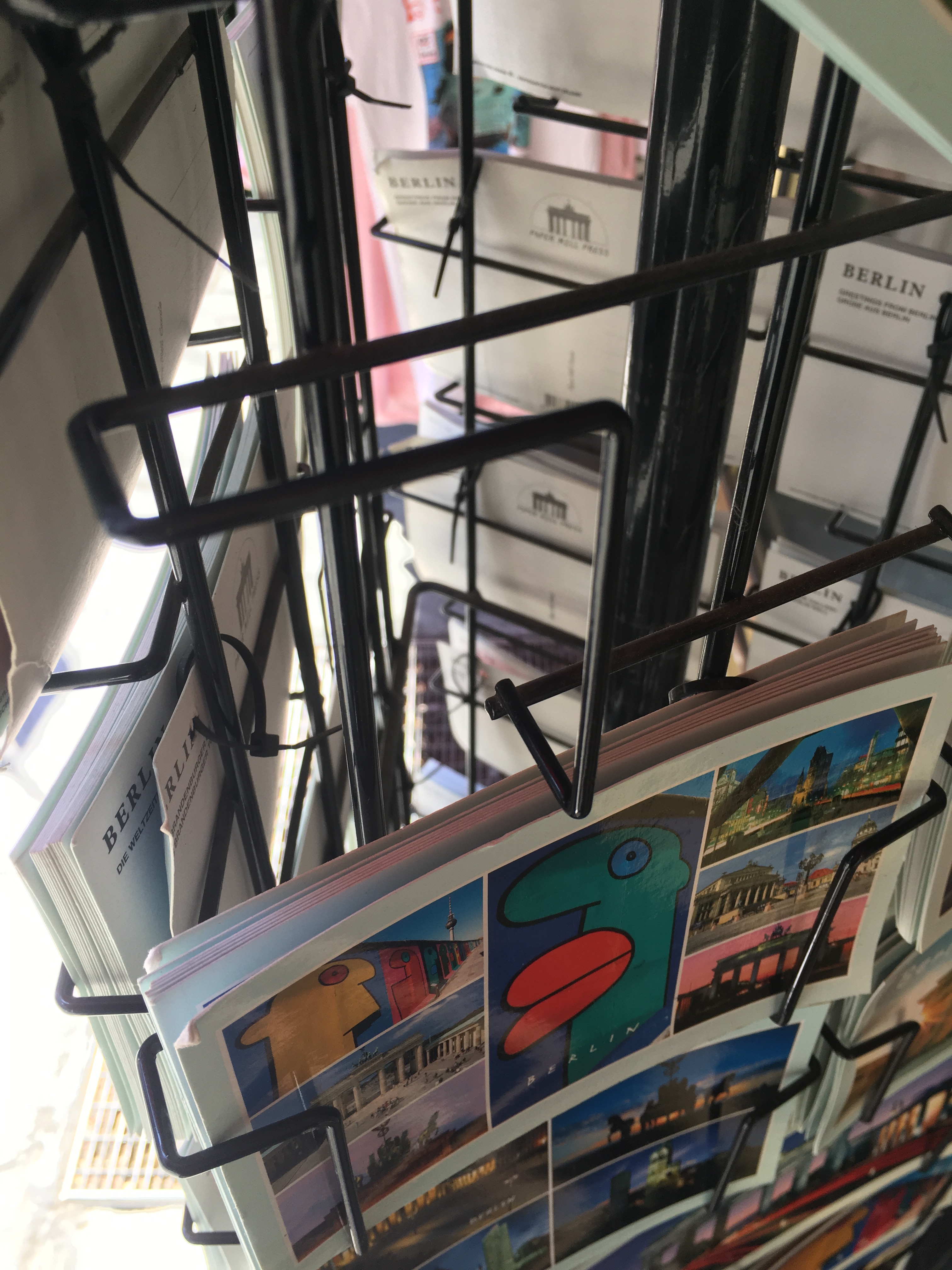
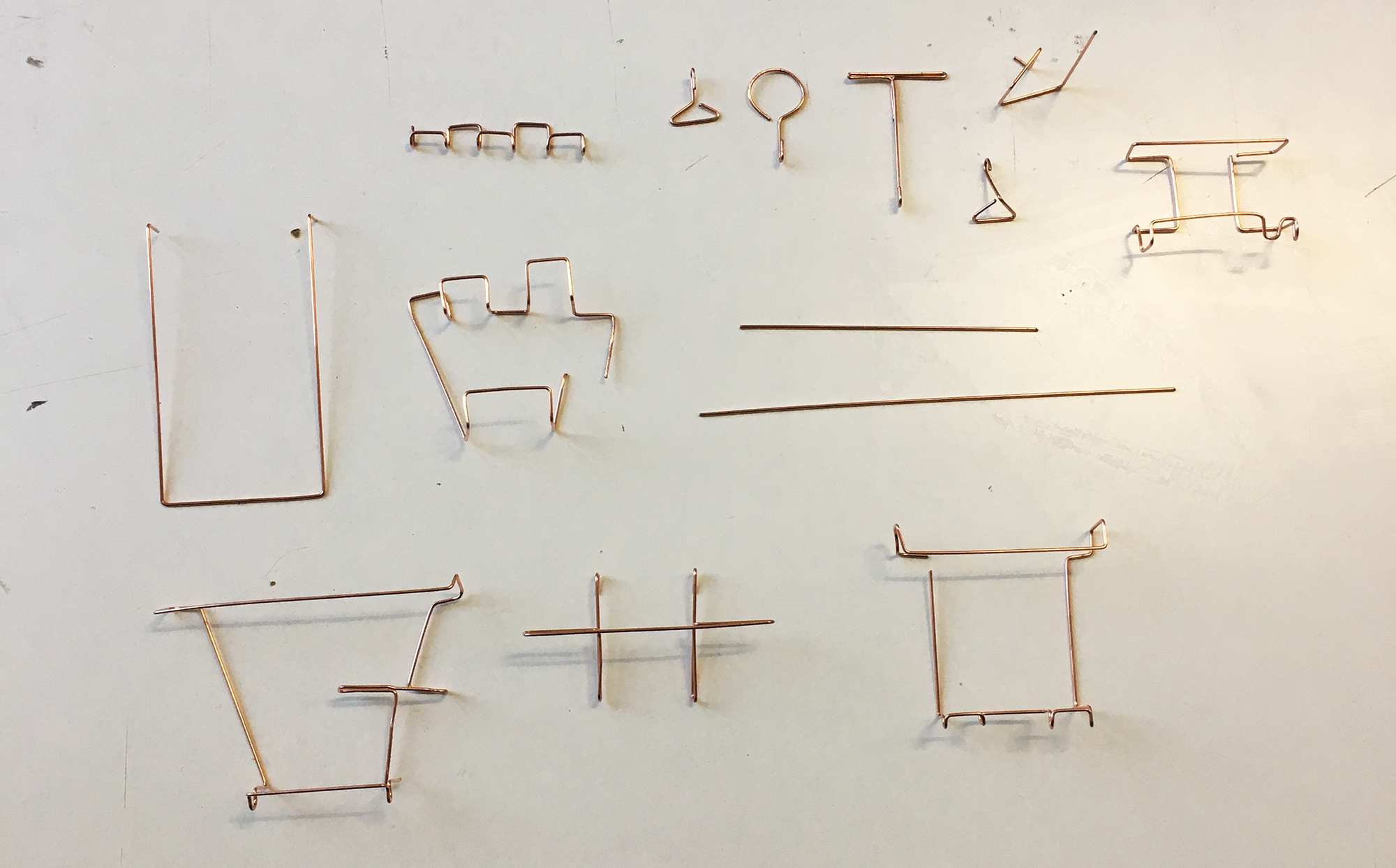
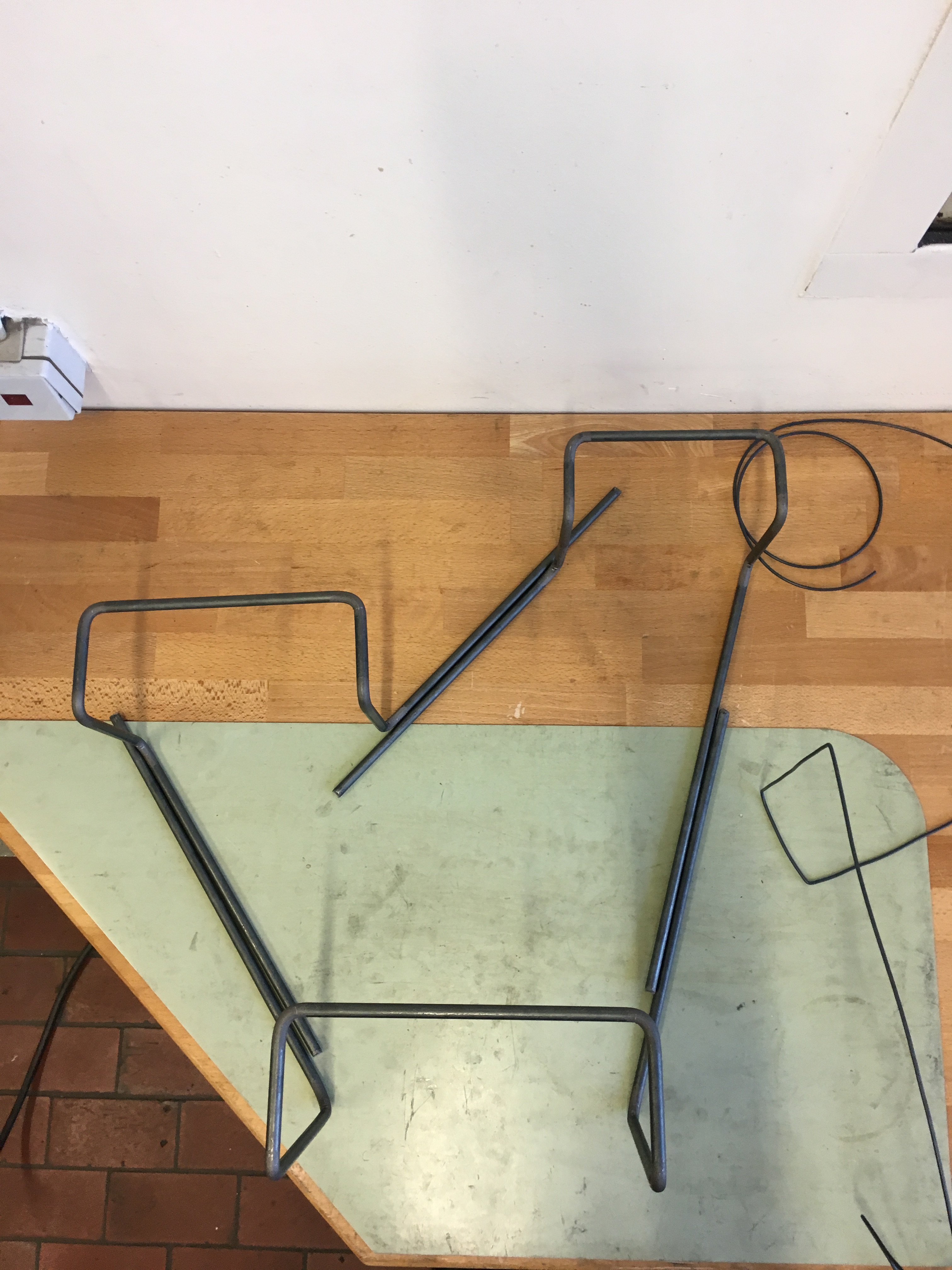
In most bedrooms clothes cause a lot of chaos. Especially once worn clothes land on a chair in the corner. At the same time the laundry basket for the dirty laundry is usually an unloved object in the room, which is often hidden. It should be an object nice to have around – like a decorative vase of flowers! Laundry boy makes it possible to store dirty and not so dirty clothes at the same spot, but separately. The loose and effortless storage principle of the laundry chair is retained.
Jasper Bertelsen, 4.Sem SuSe 2019
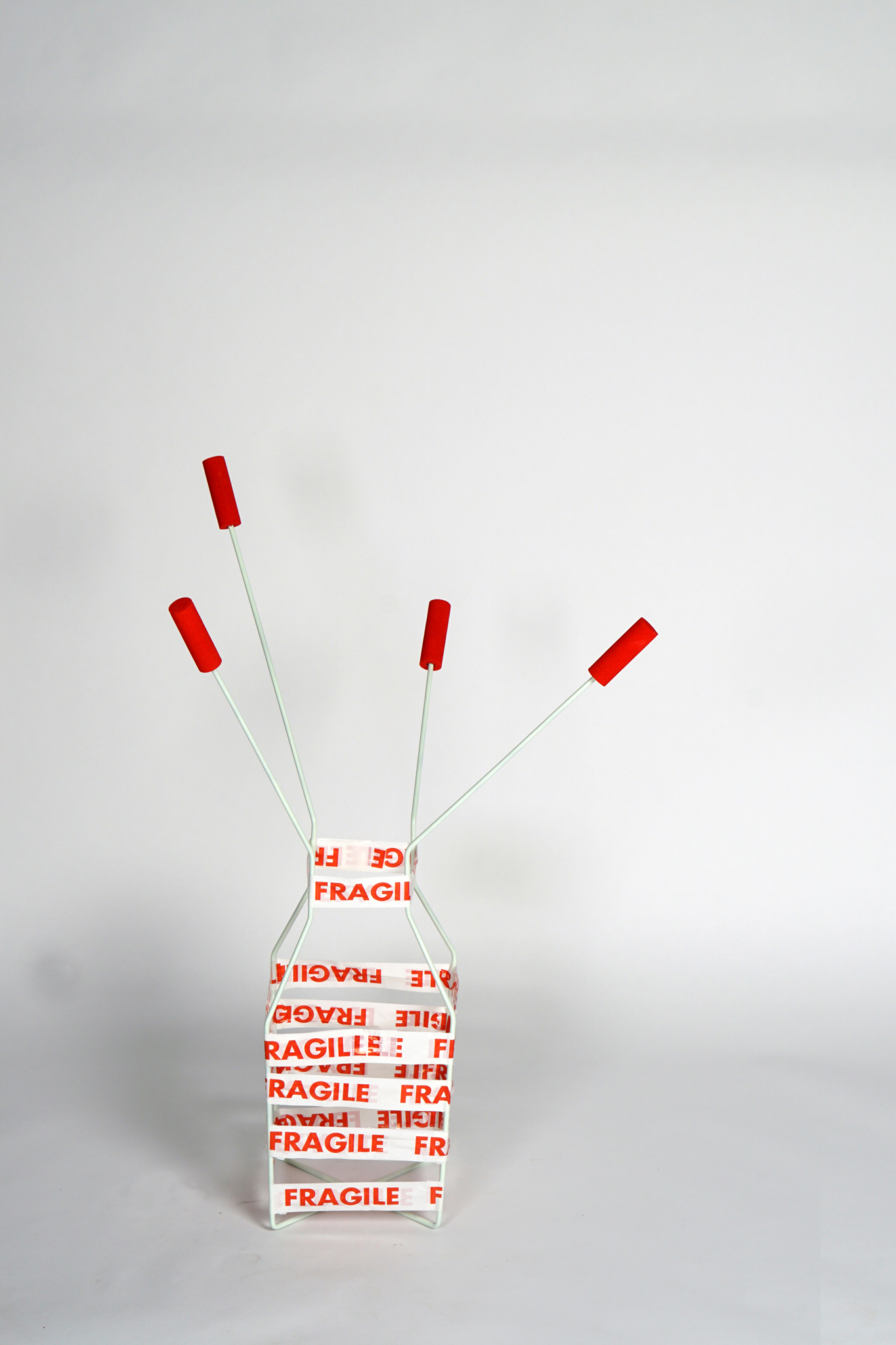
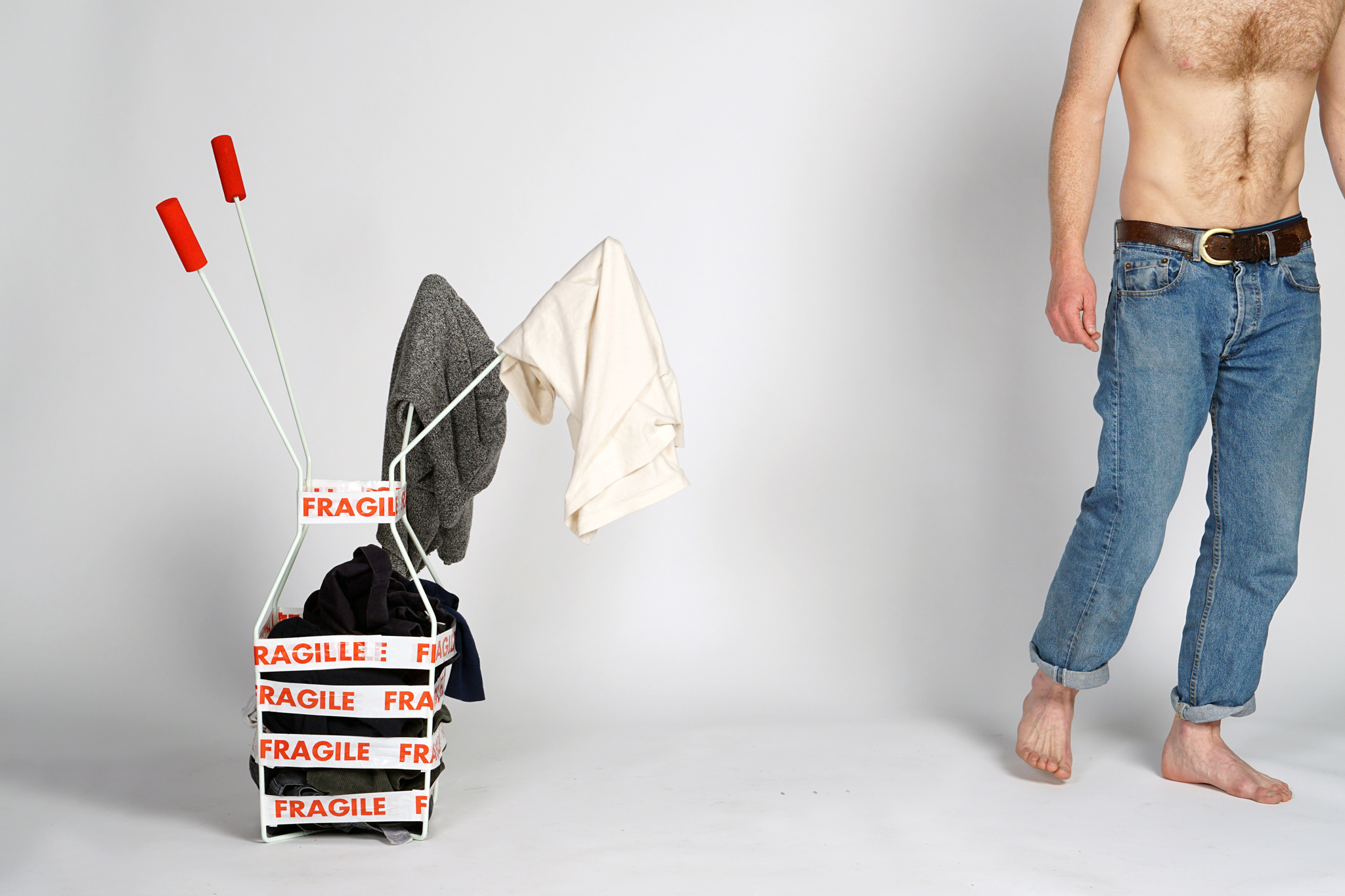
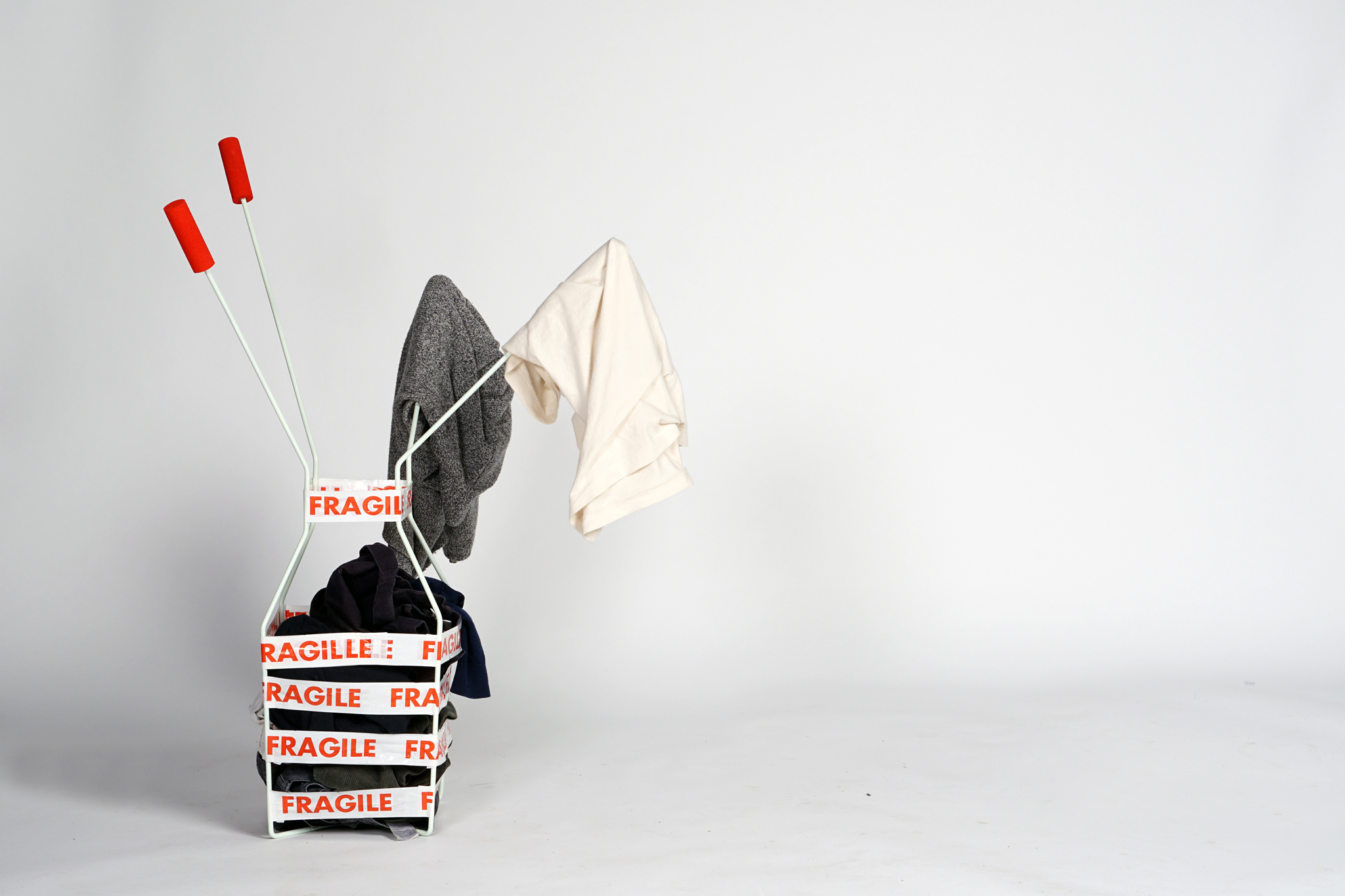
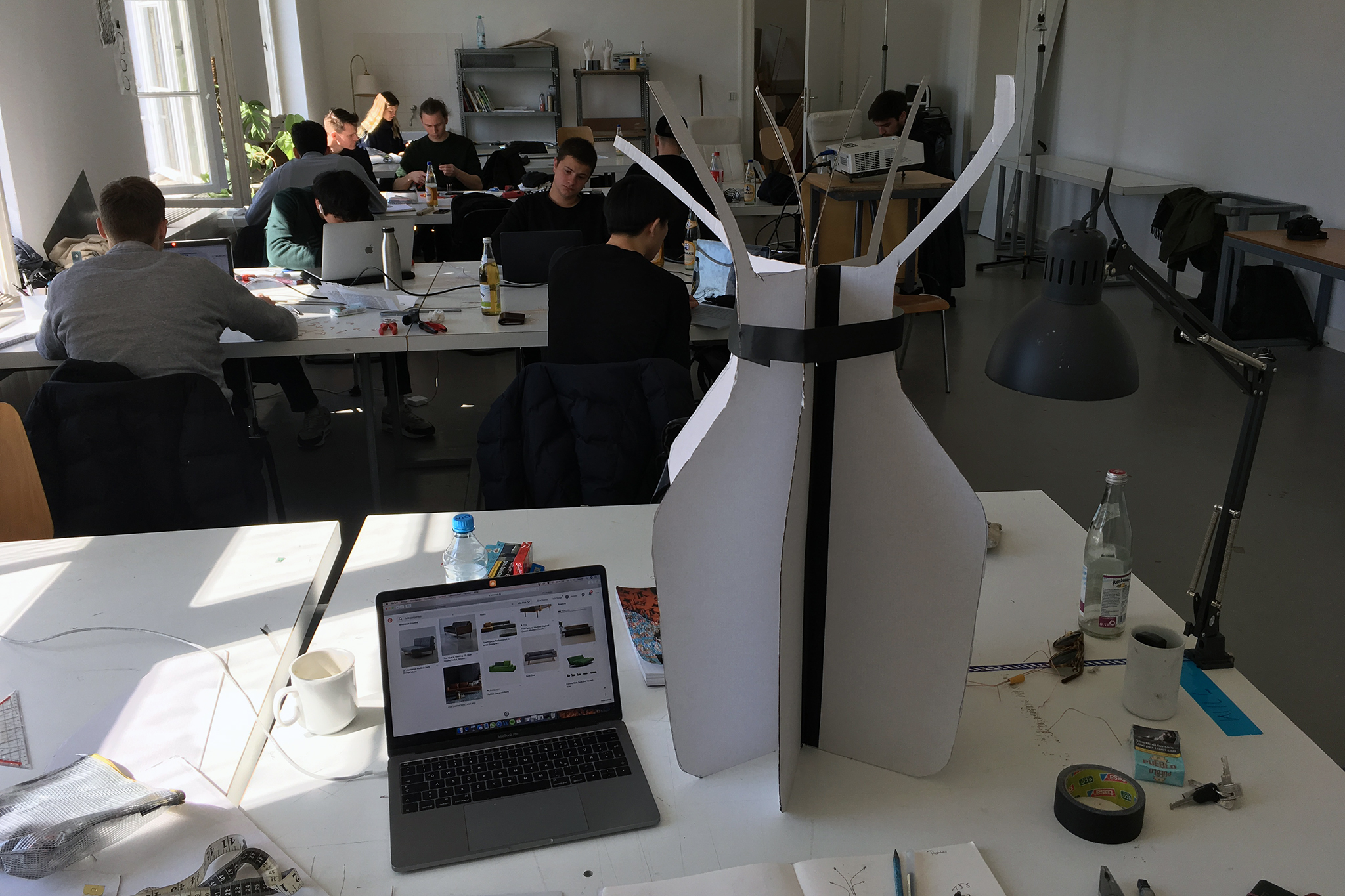
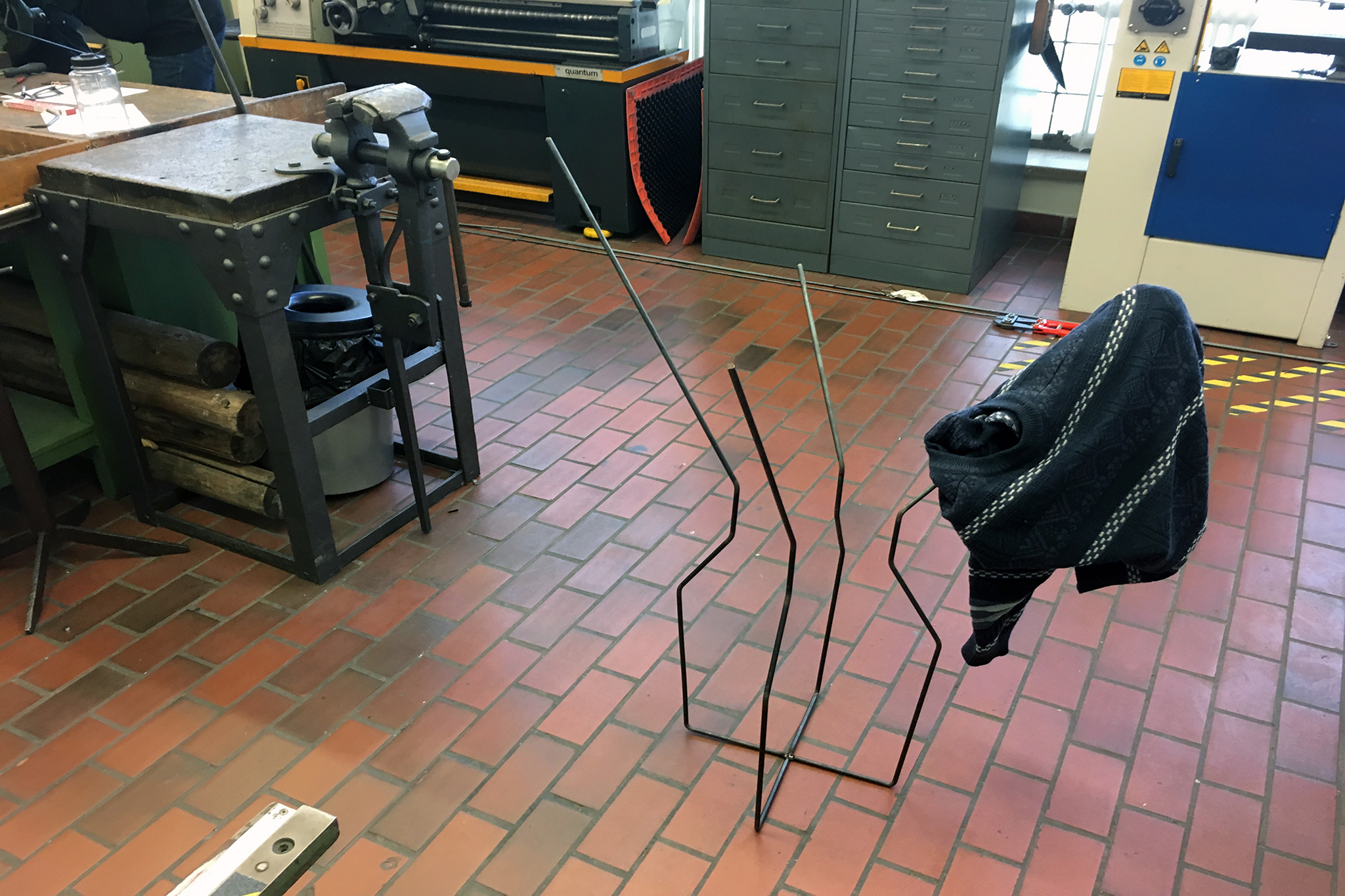
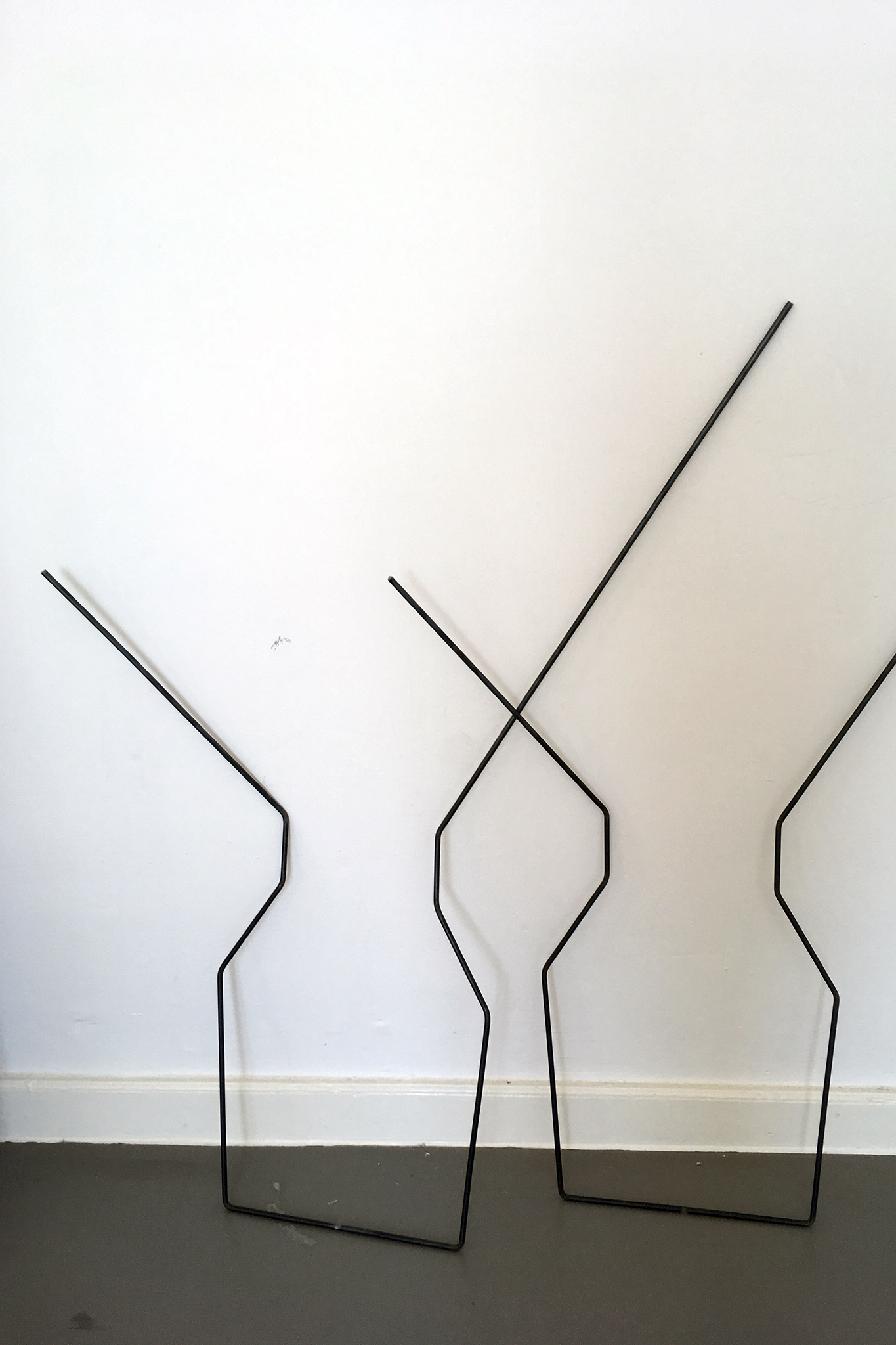
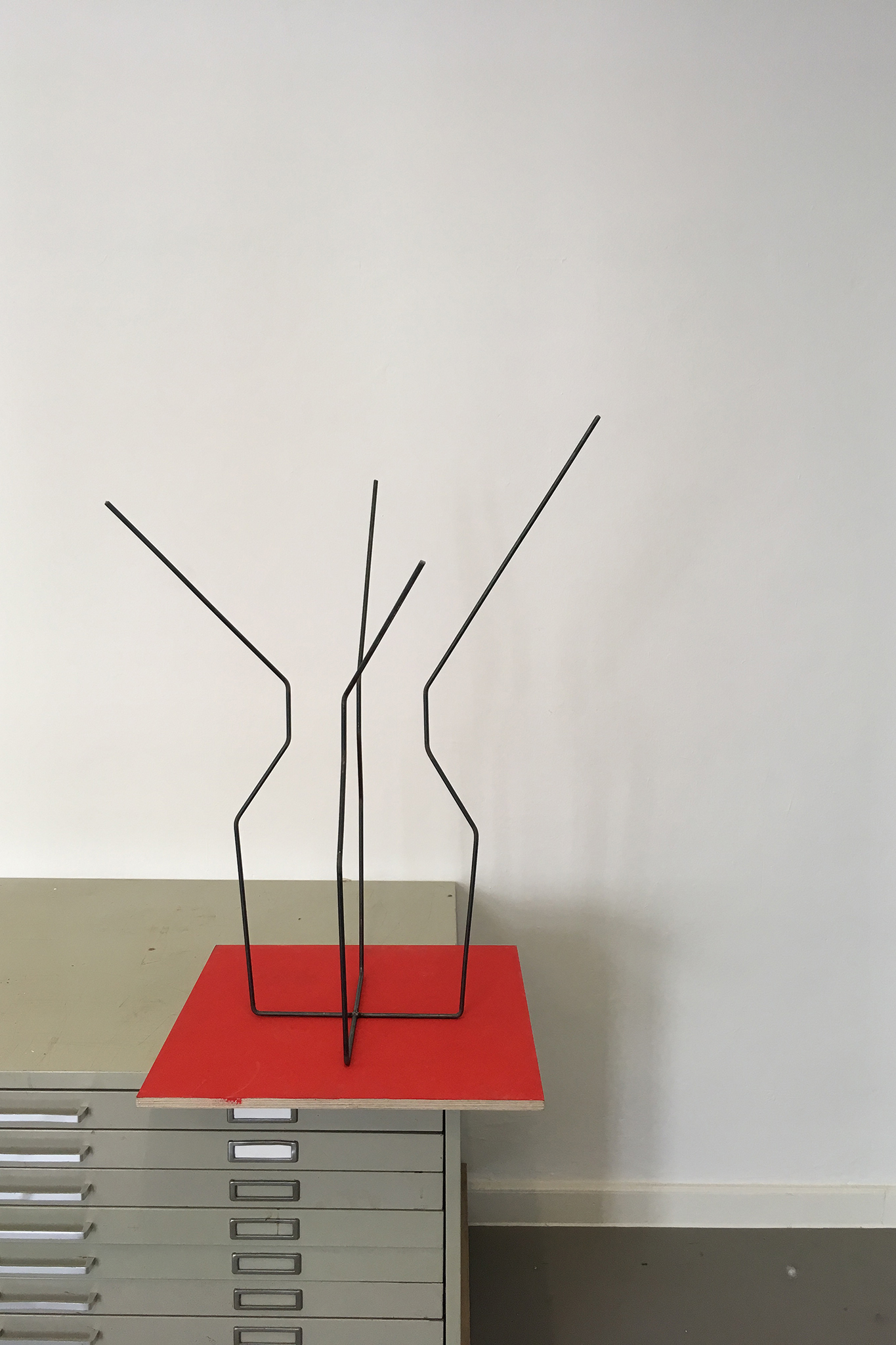
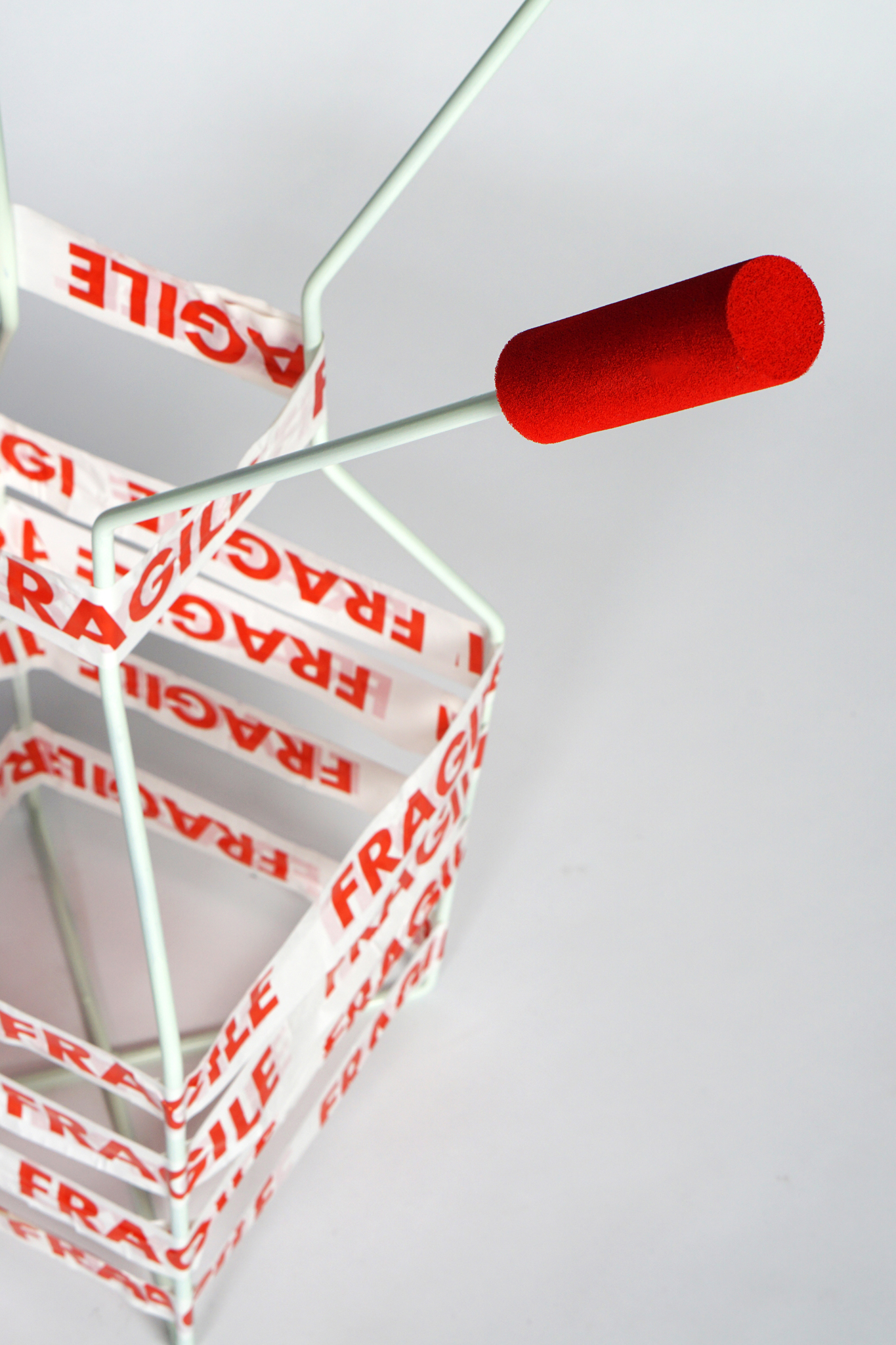
I went searching for an interesting standard-material that both functionally and aesthetically matches to the given steel rods. Thereby, I discovered a braided sleeving usually used to protect cables. On the one hand, when putting the fabric over a rod and pulling on it, the sleeving expands and minimizes its diameter, causing high friction between textile and metal. On the other hand, when pushing the ends of the fabric together, the material widens and it becomes moveable.
Based on these special characteristics, I designed a modular wardrobe with sliding hooks, whose position can be adapted to the respective clothing.
Tobias Trübenbacher, 6.Sem SuSe 2019
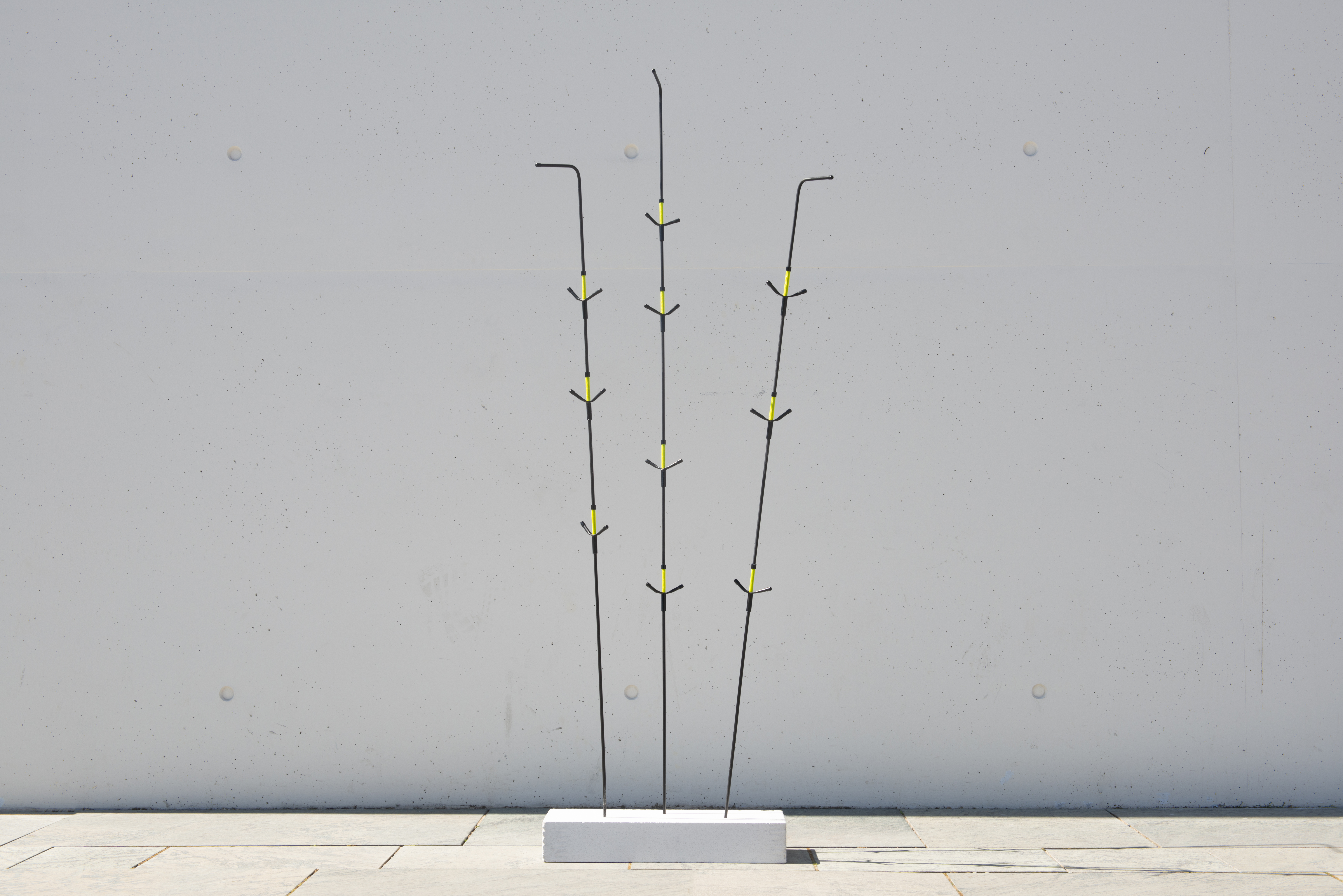
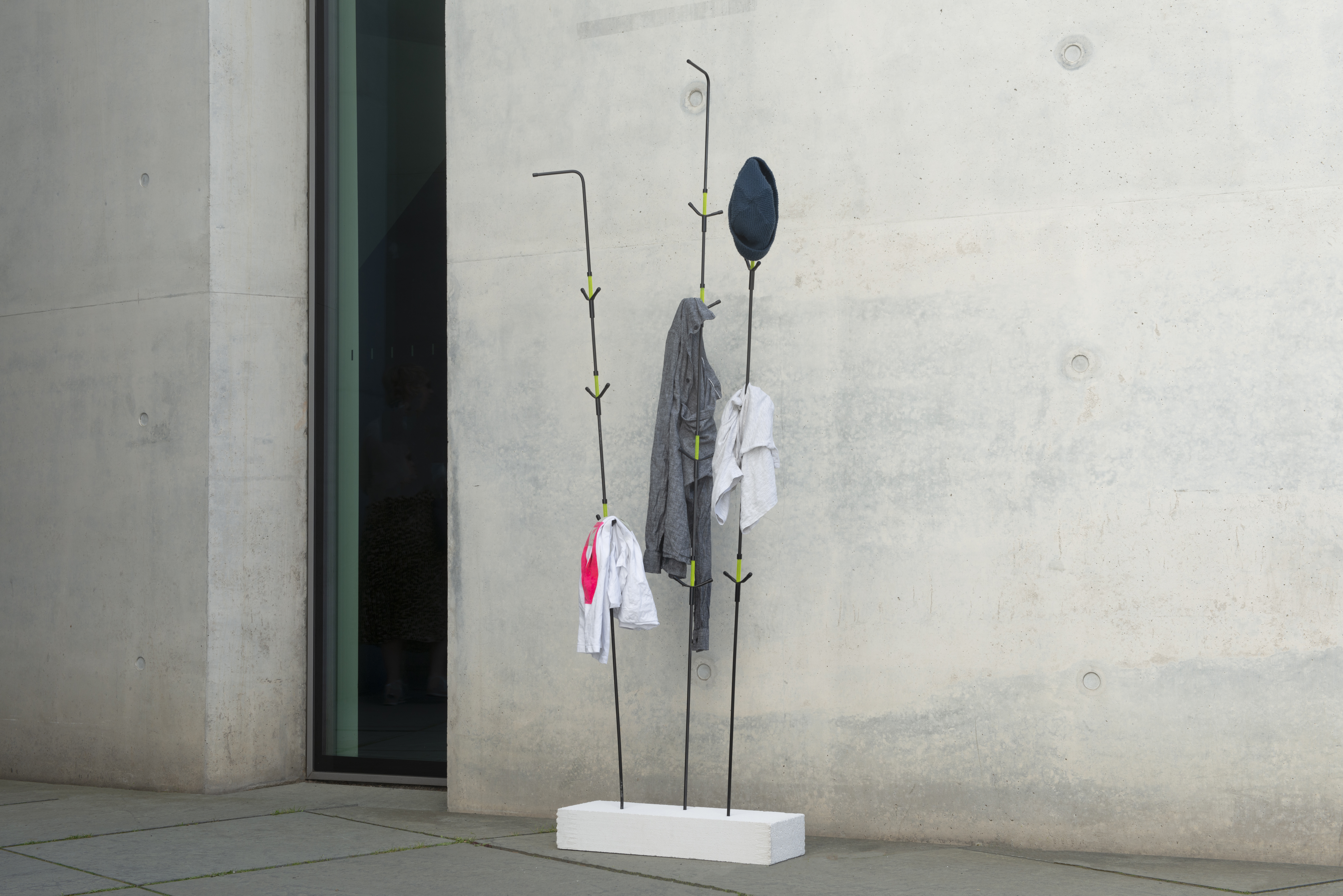
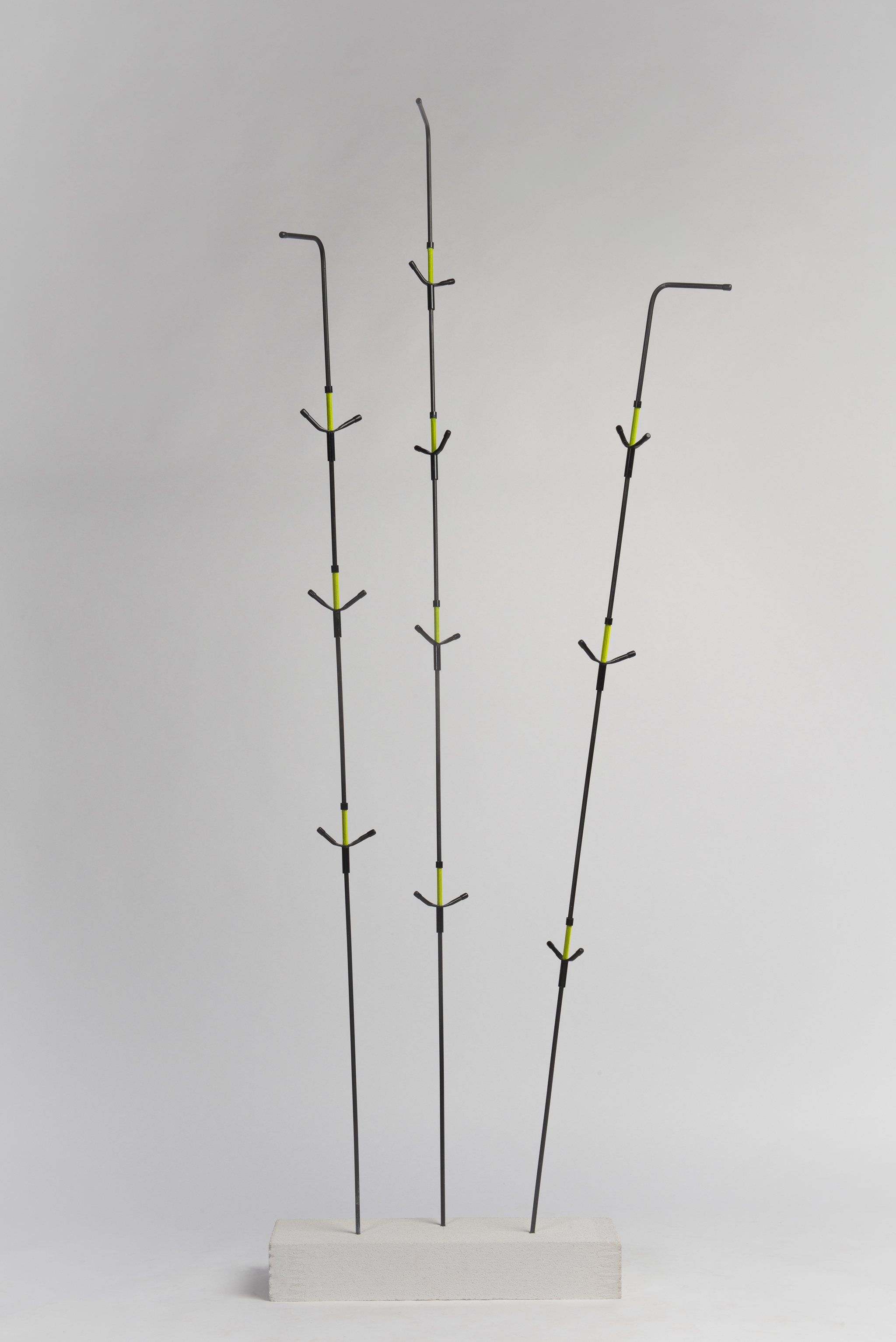
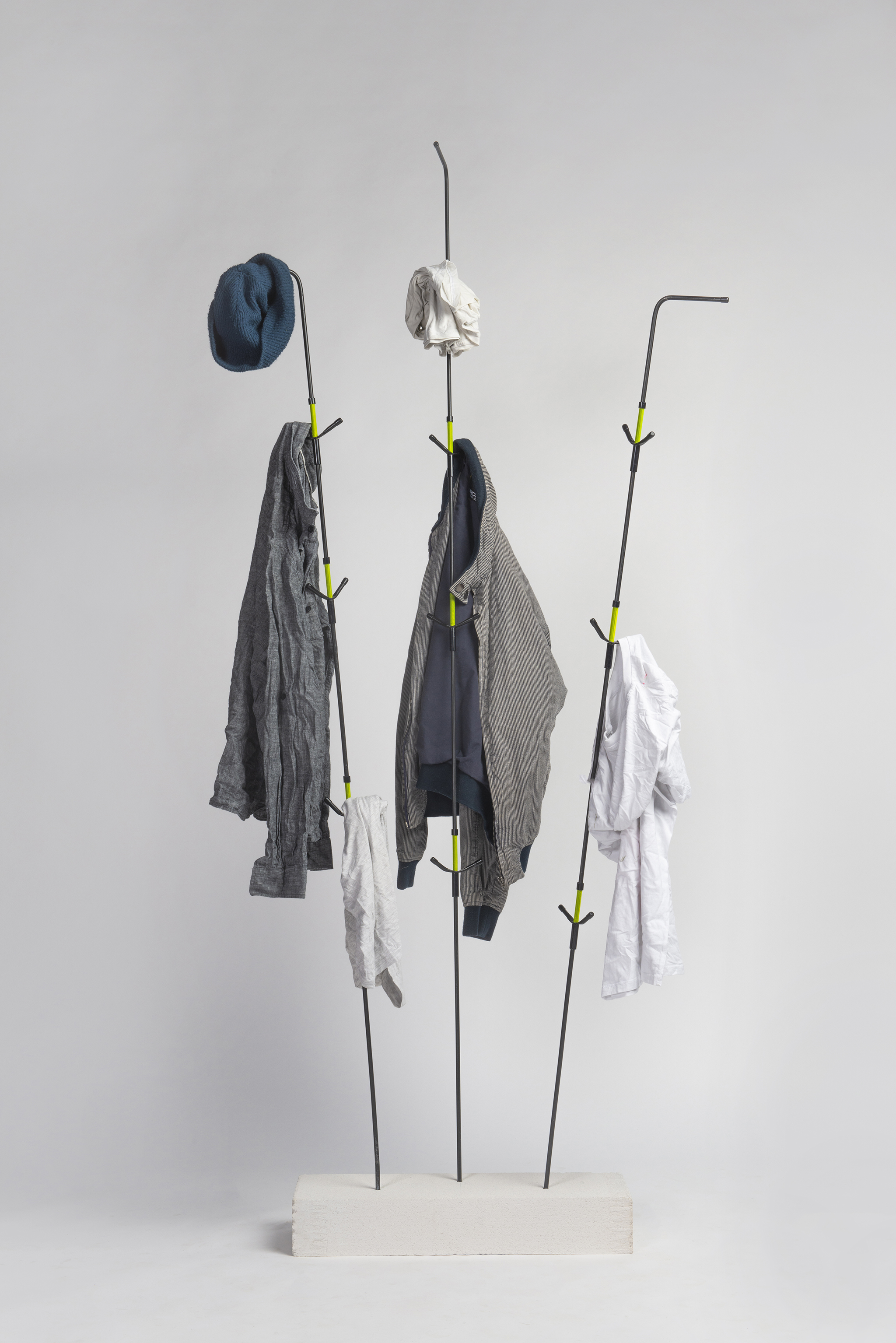
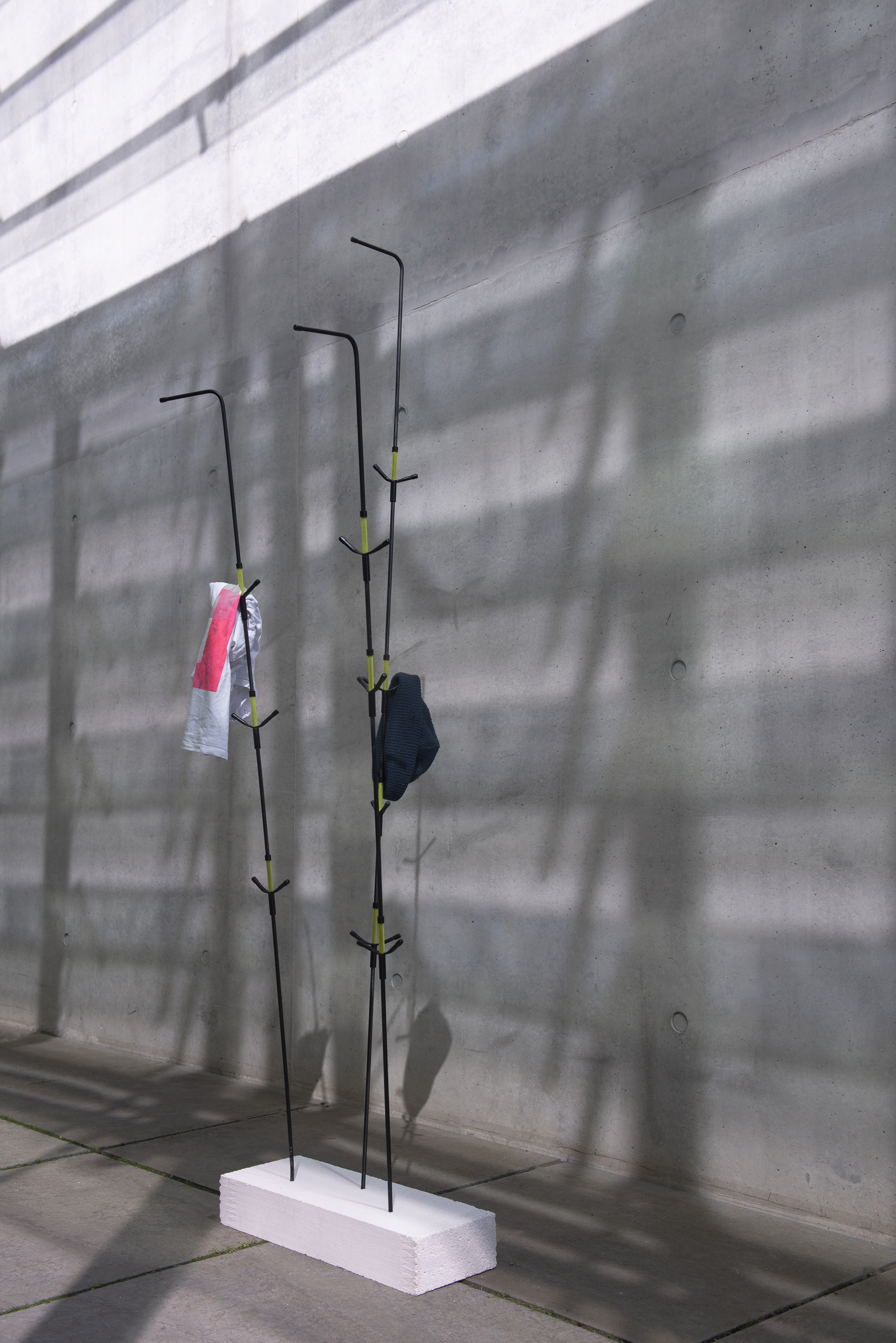
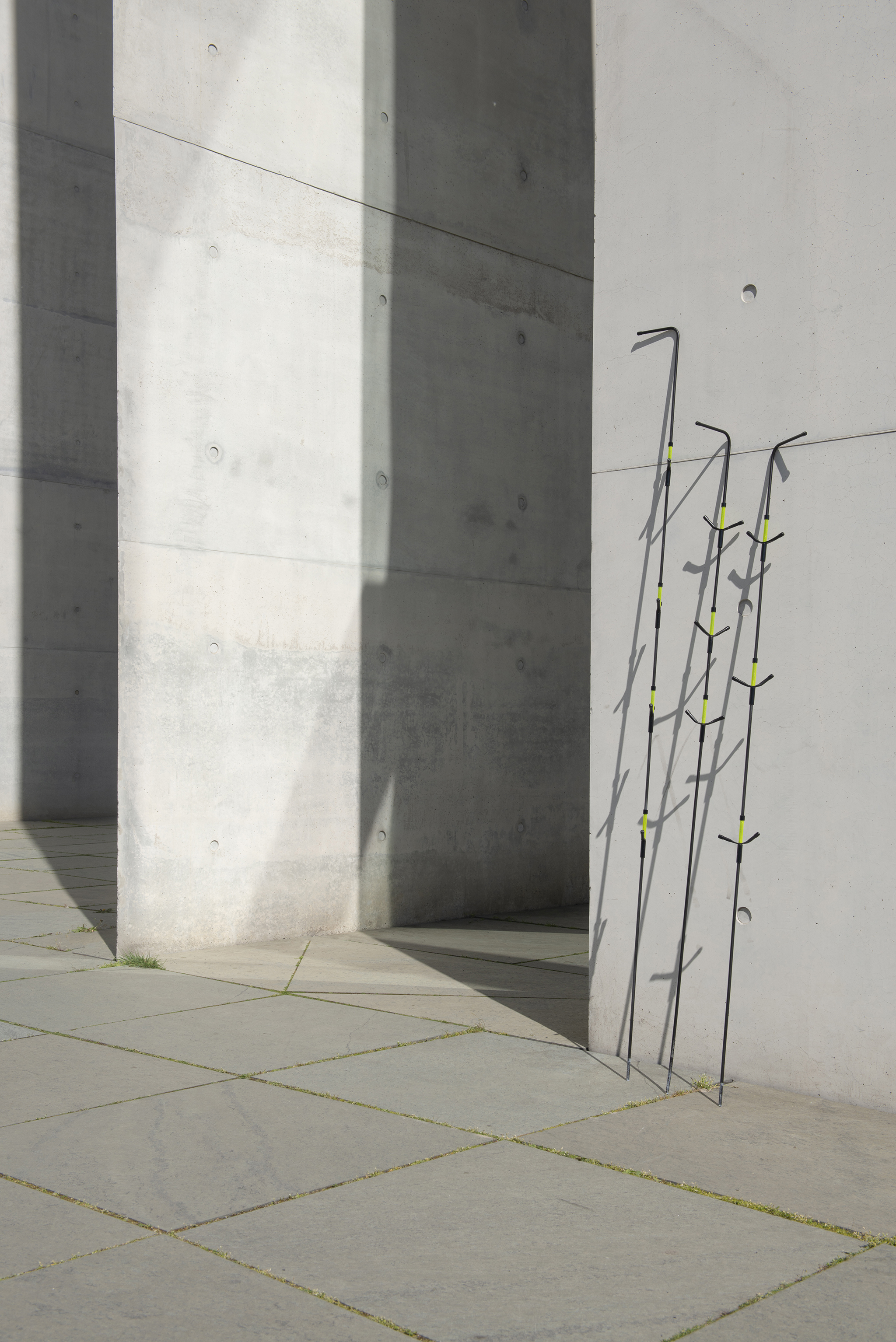
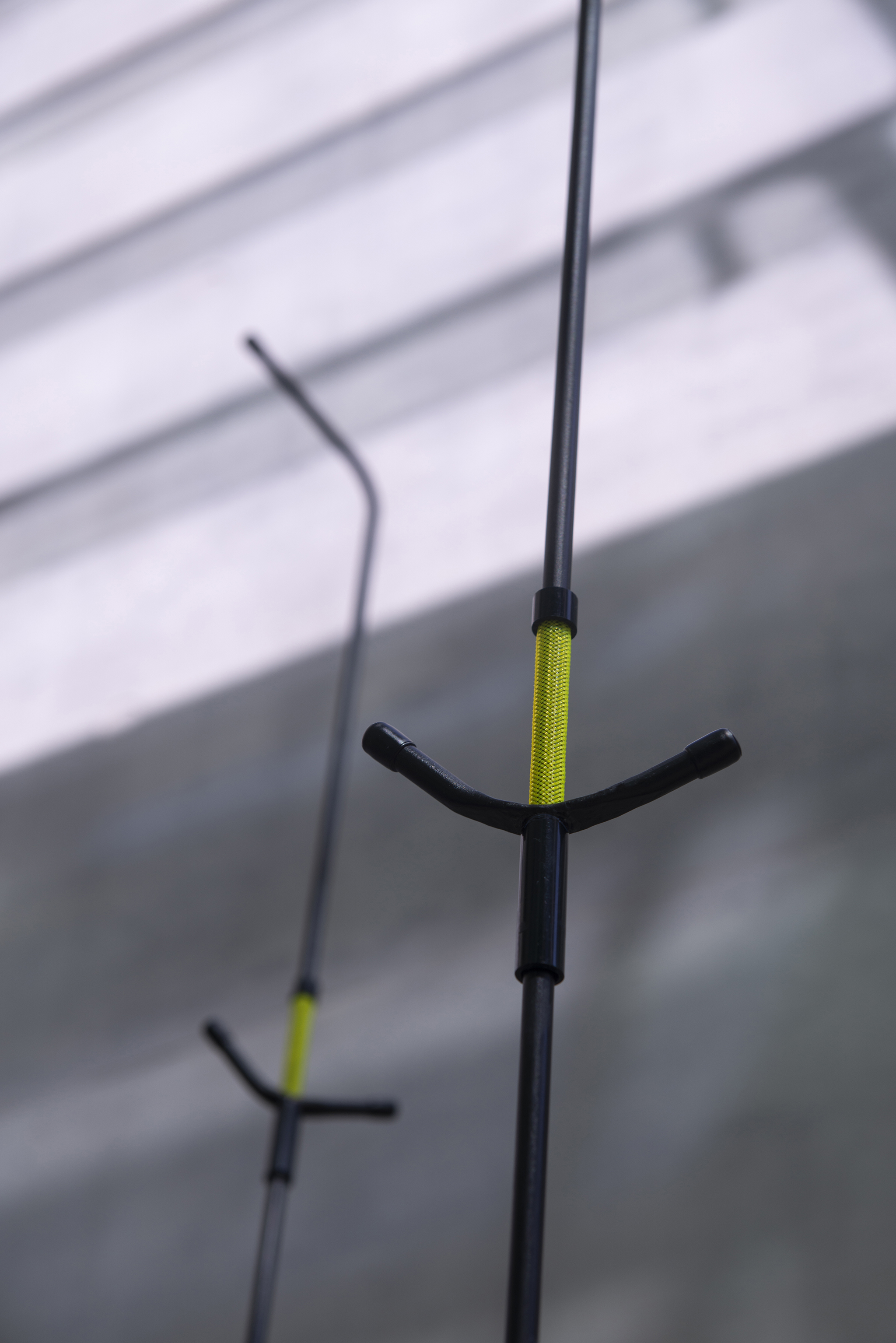
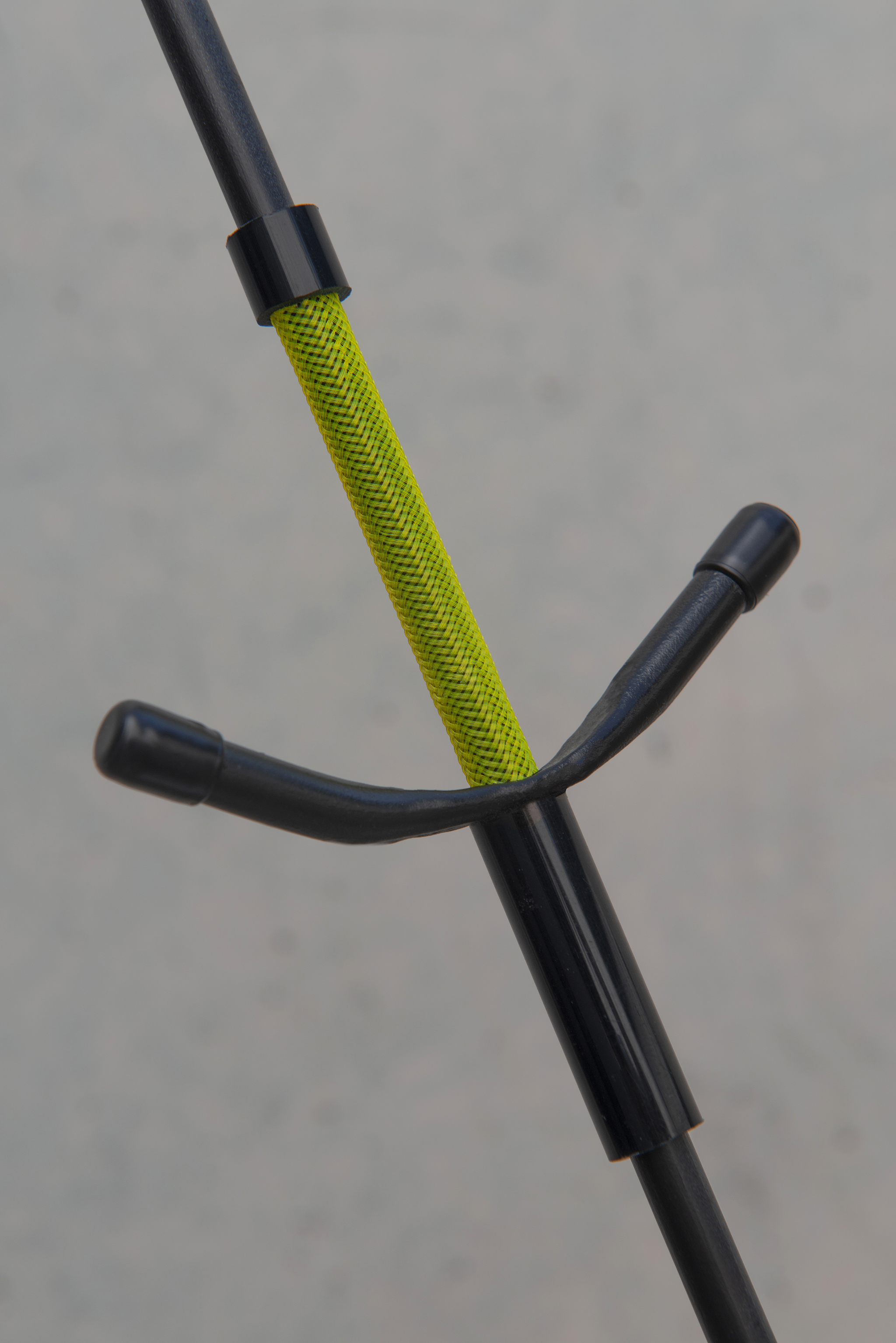
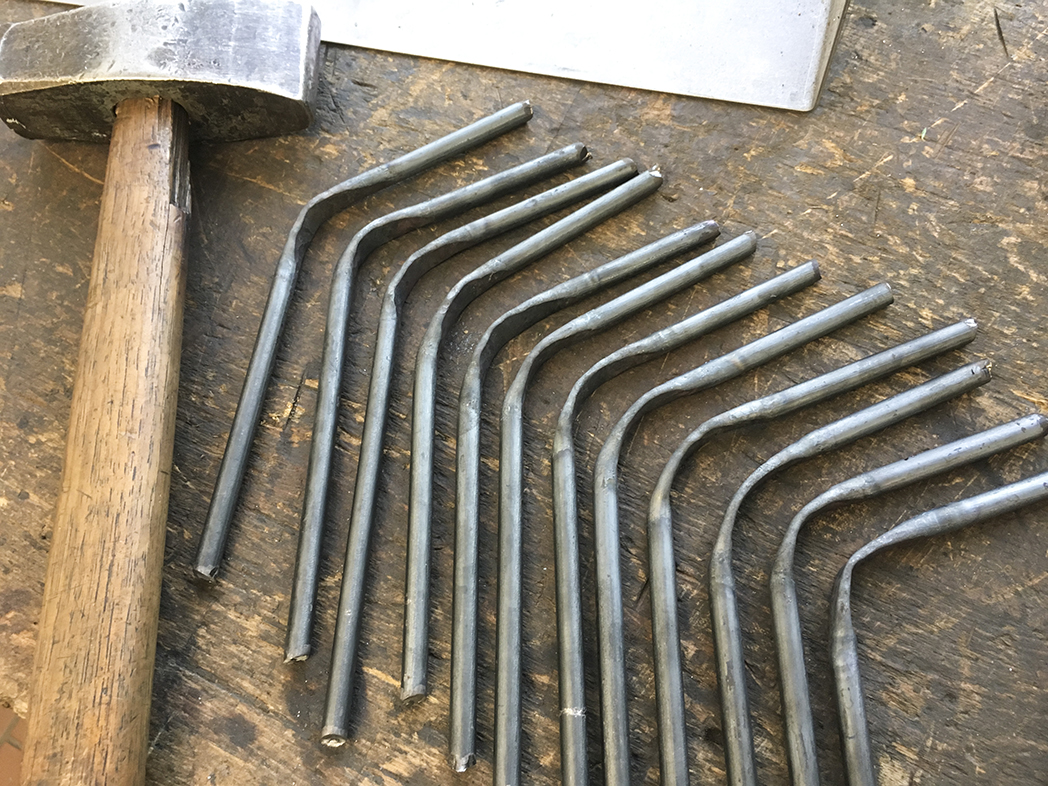
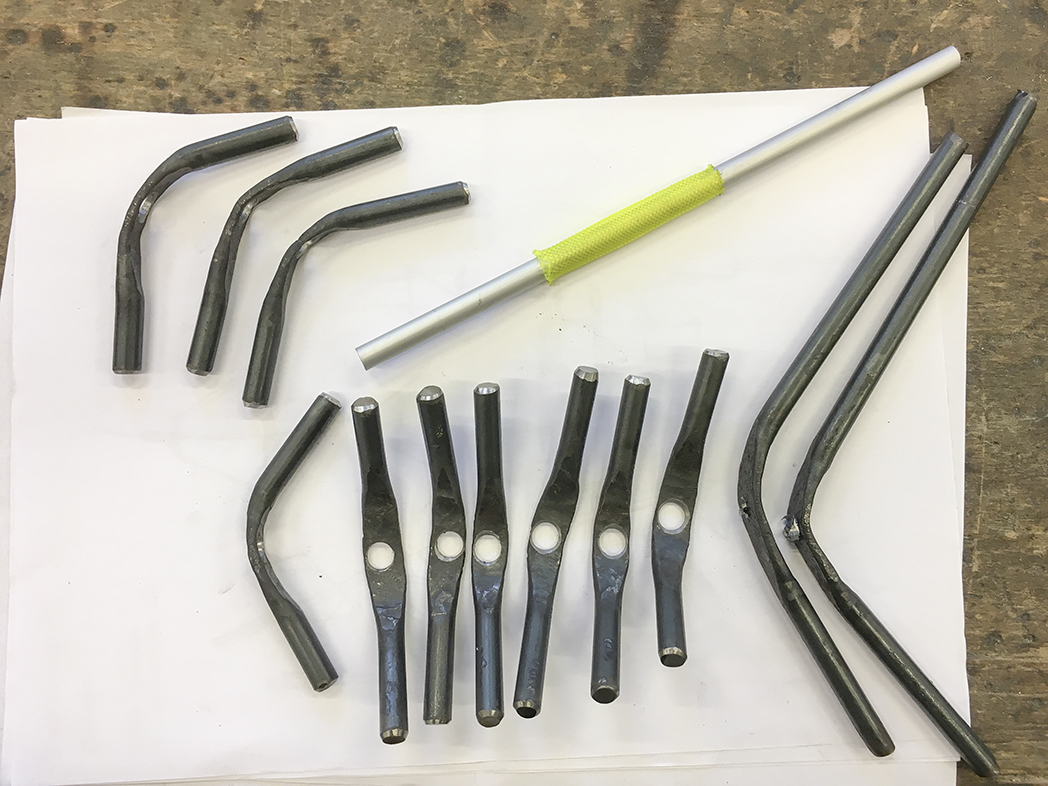
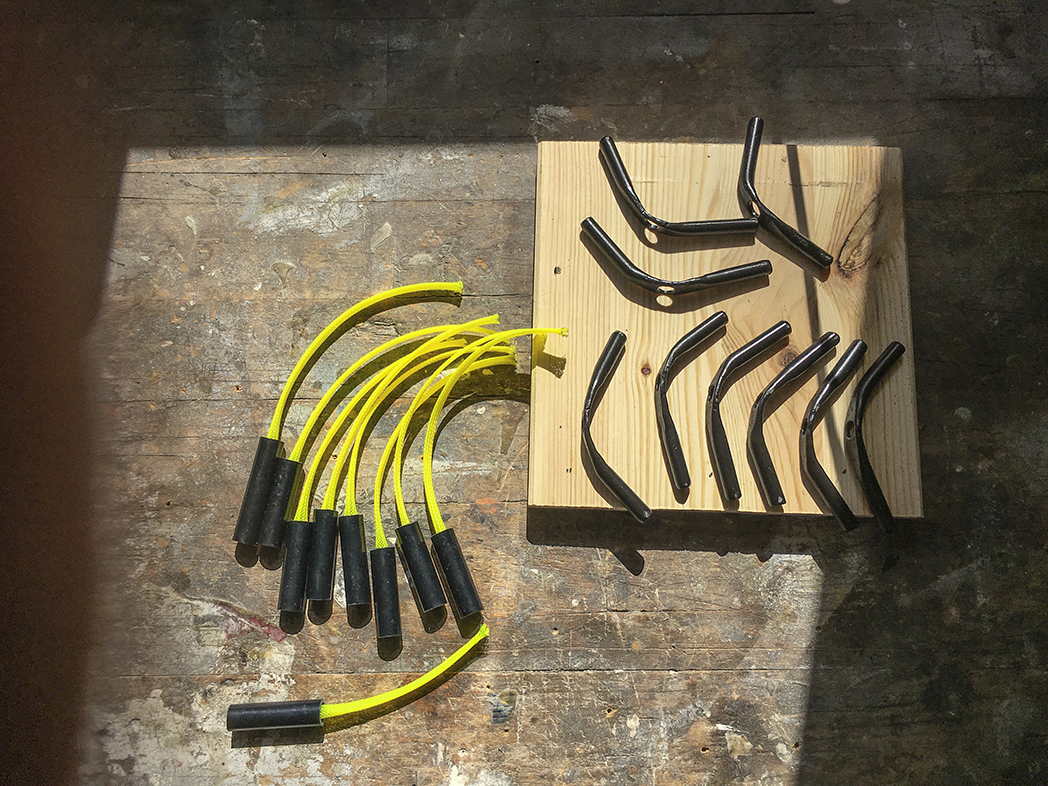
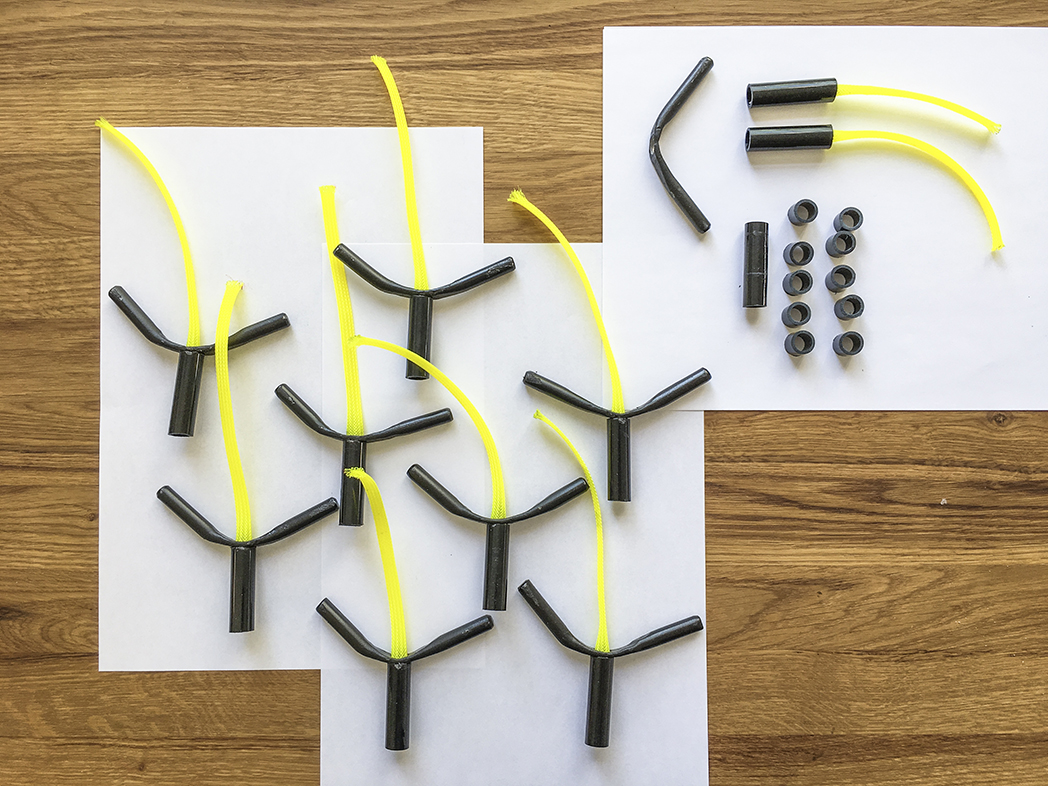
A metal stool stems from the idea of geometric locking and thinking games. The stool is made up of three identical, repetitive parts that combine to create a structural strength. The stool is an initial stage of a formal search process that resulted from a thought about game and strength.
Kamer Devons, exchange student SuSe 2019
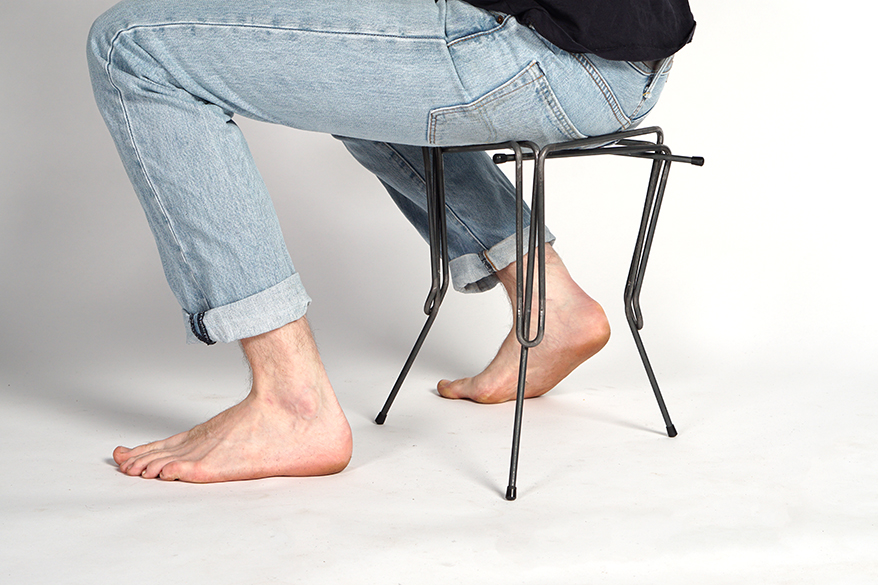
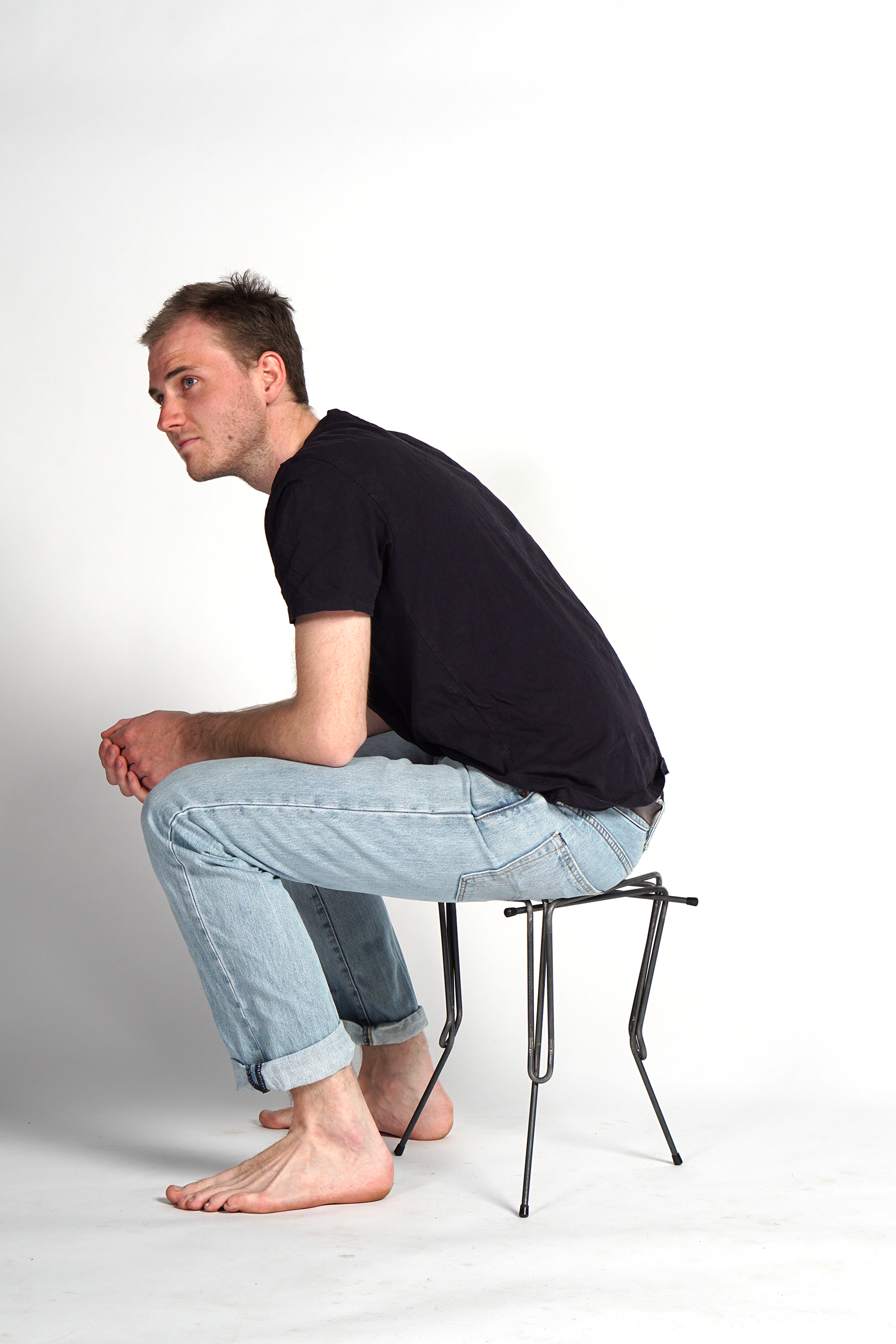
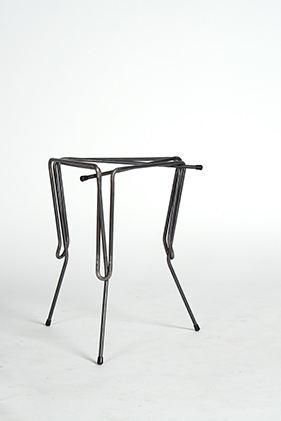
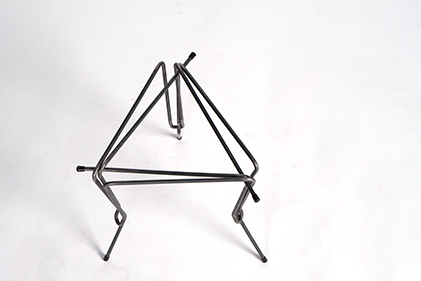
Normen is a stool/chair hybrid object, inspired by our urban landscape; a built environment that is given its shape by repetitive forms and structures. These standardised structures, such as scaffolding or bicycle stands, are shaped by a graphic repetition. The aim of Normen is to explore a possible physical translation of these reoccurring urban patterns.
Three simple forms come together to give the overall gestalt of Normen. The frame, which acts as both the legs and the seat, are put together out of two identical metal profiles; further stabilisation is provided by the backrest profile – which extends under and through the seat.
Neïl Benhidjeb, 4.Sem SuSe 2019

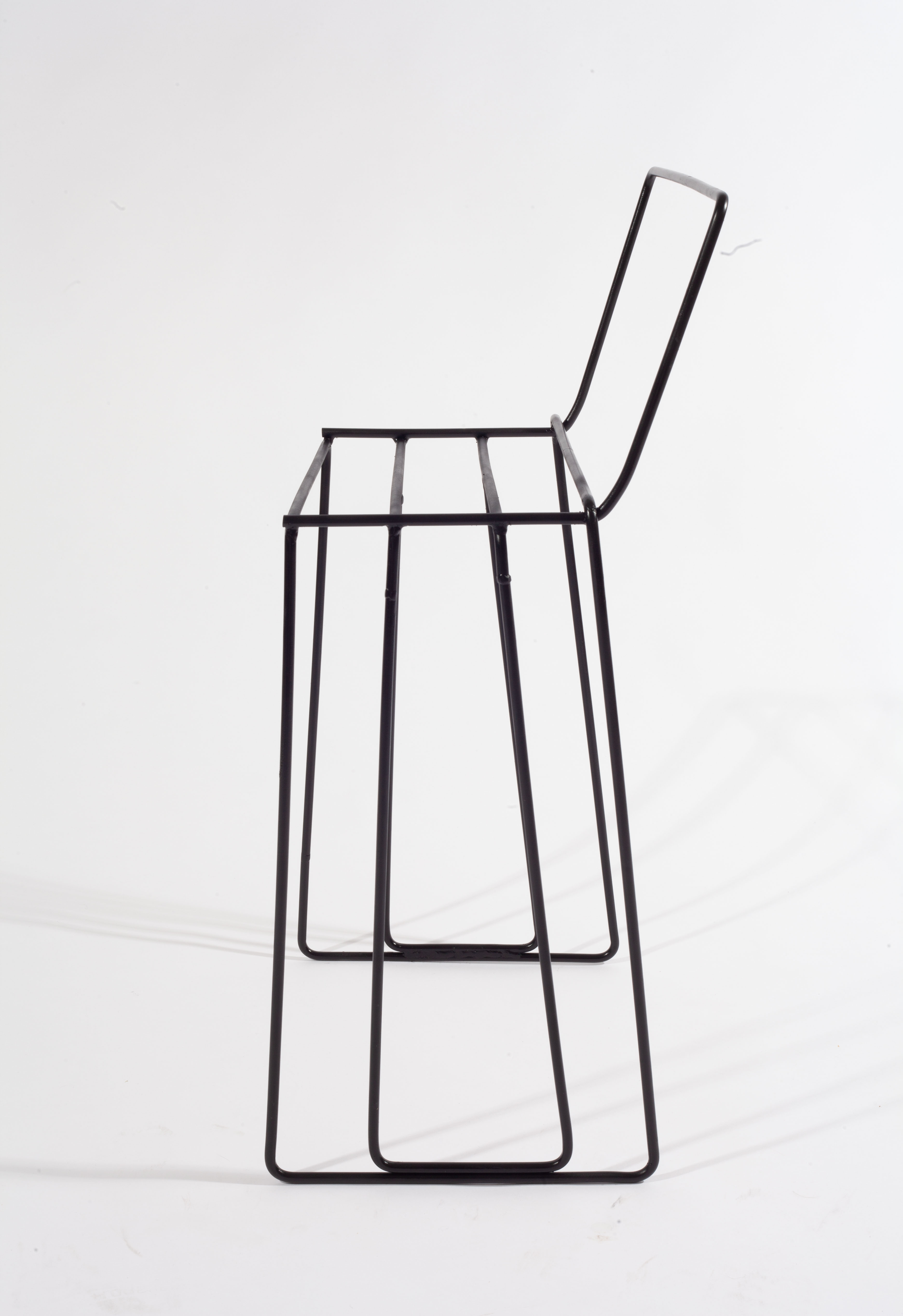
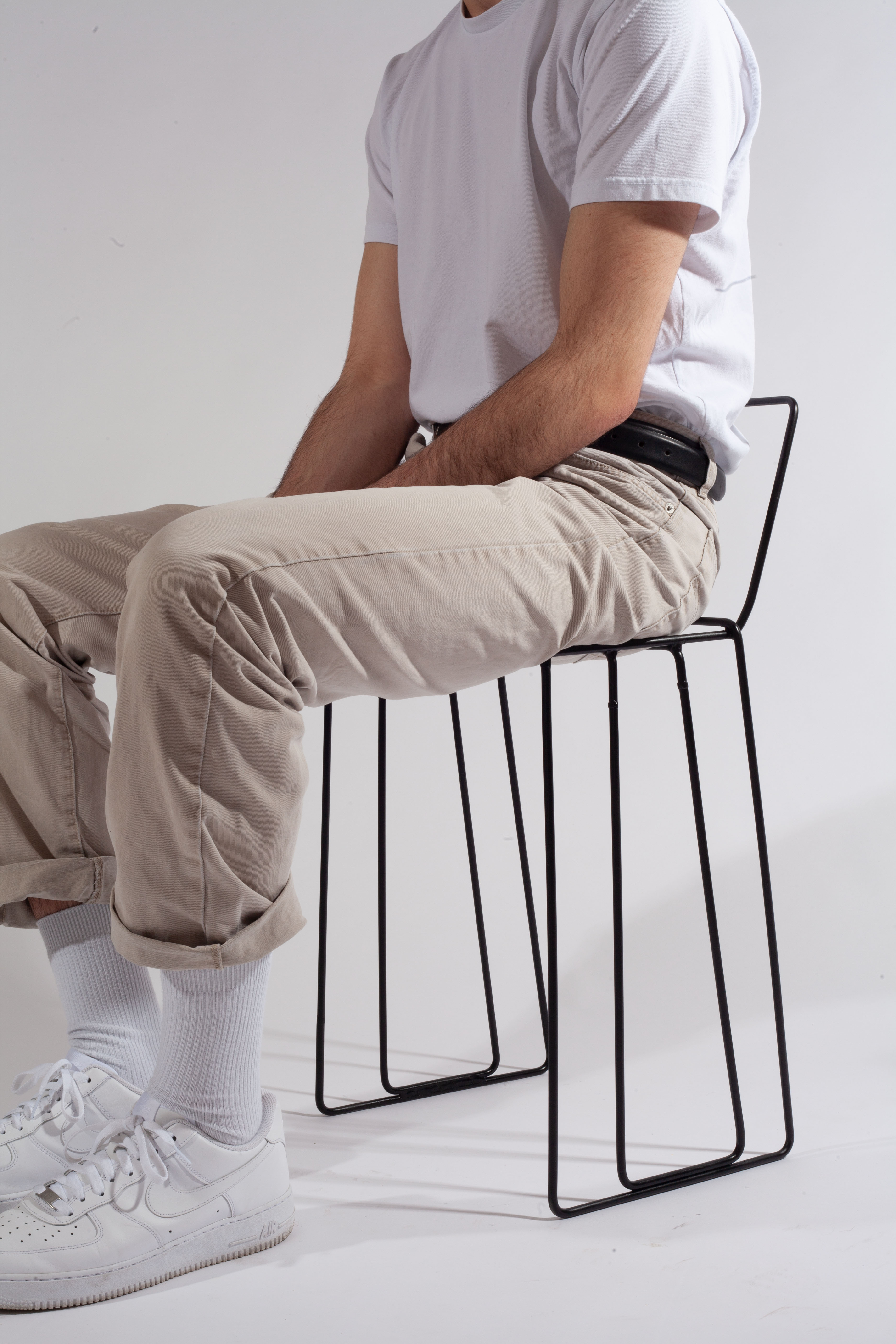
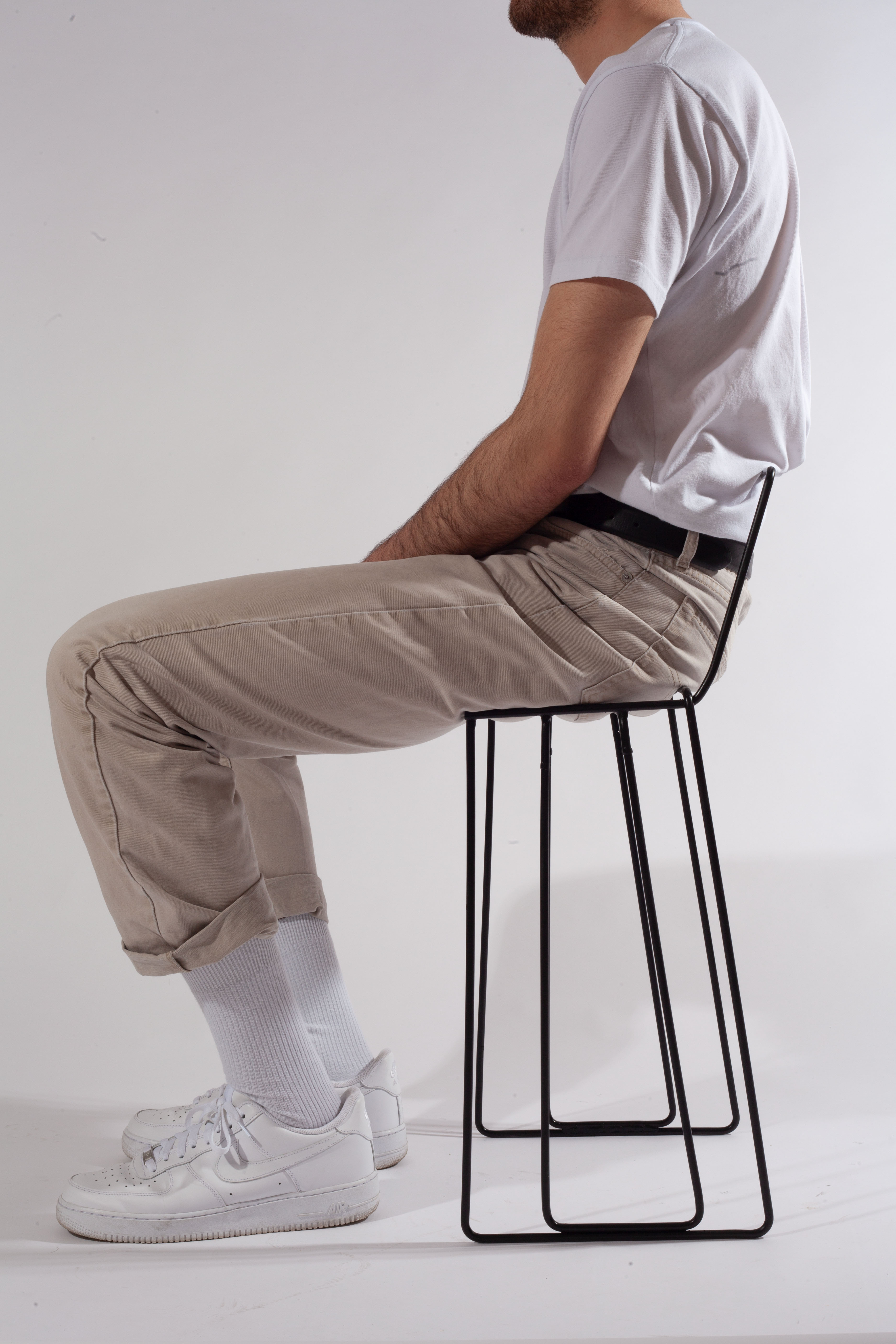
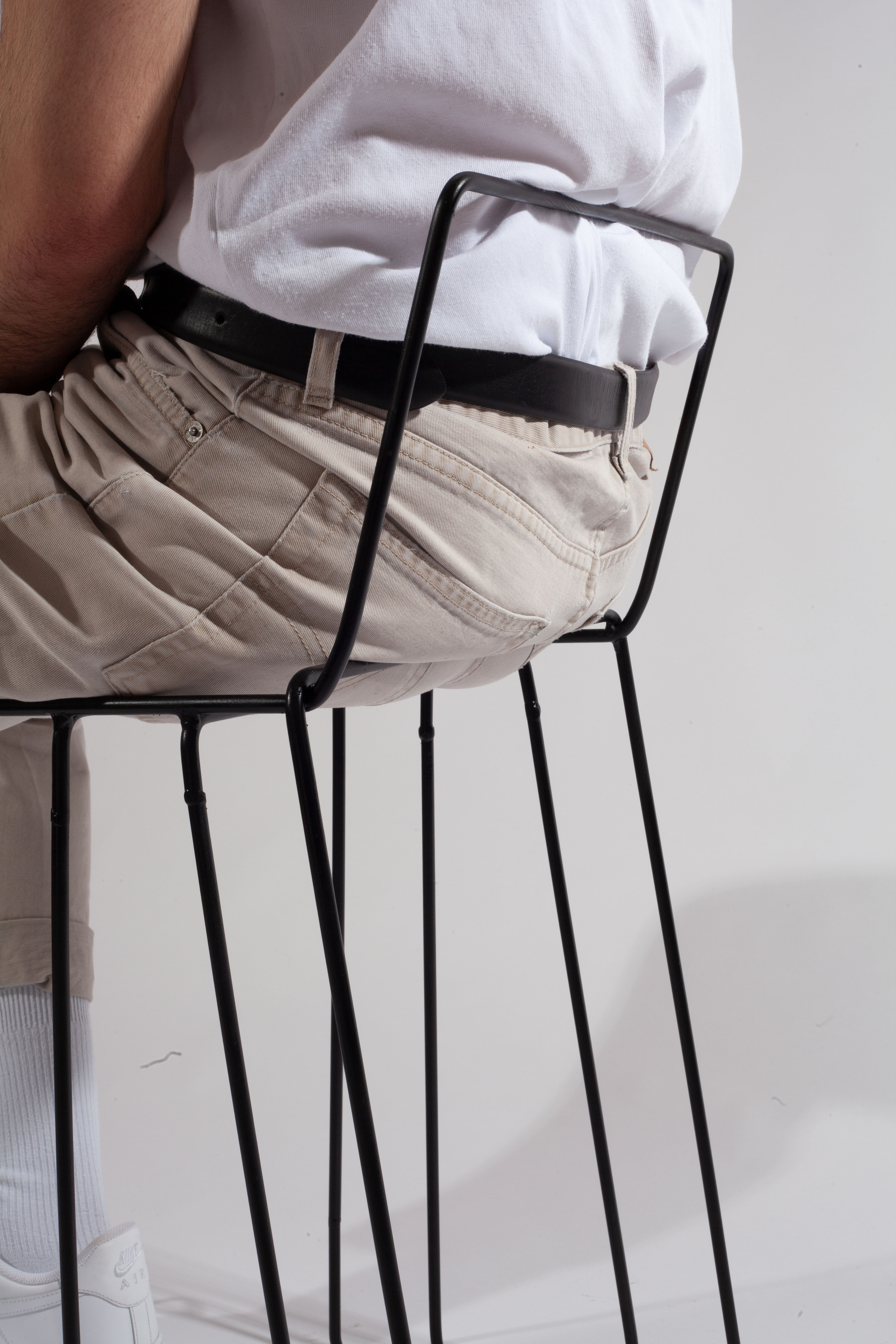
Holder is inspired by a standard construction tool. The pole is normally used for different attachments and is embedded in the ground. This shape is now the key element of the Holder, a plain rubbish bin. Four metal sticks are welt together on the ground and can perfectly hold a standard 60 liter trash bag. The open shape of the bin, is with and without a bag attractive. But the contrast between the rough indutrial steel and the refined plastic bag gives every working room a refreshing detail.
Tom Nieke, 4.Sem SuSe 2019


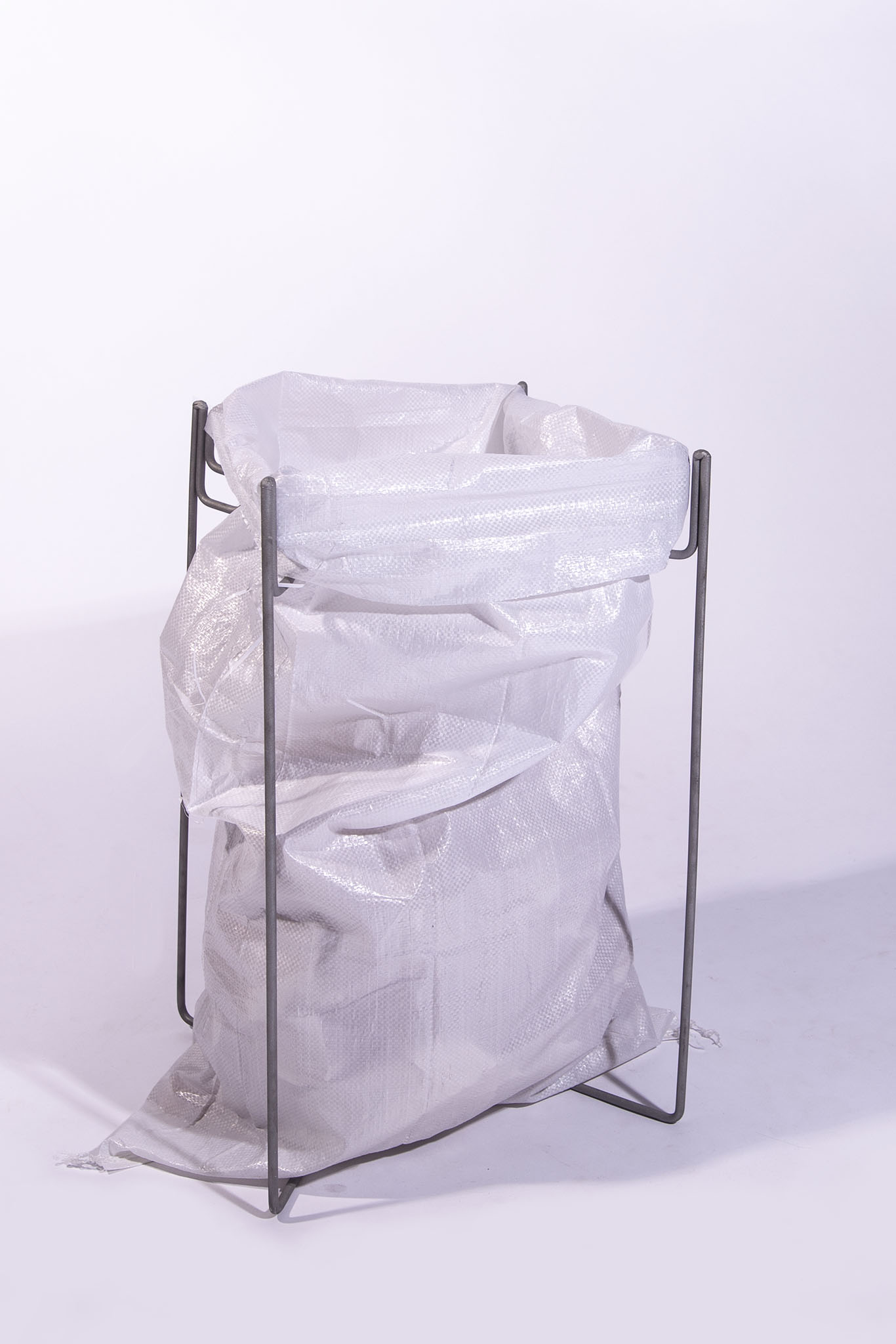

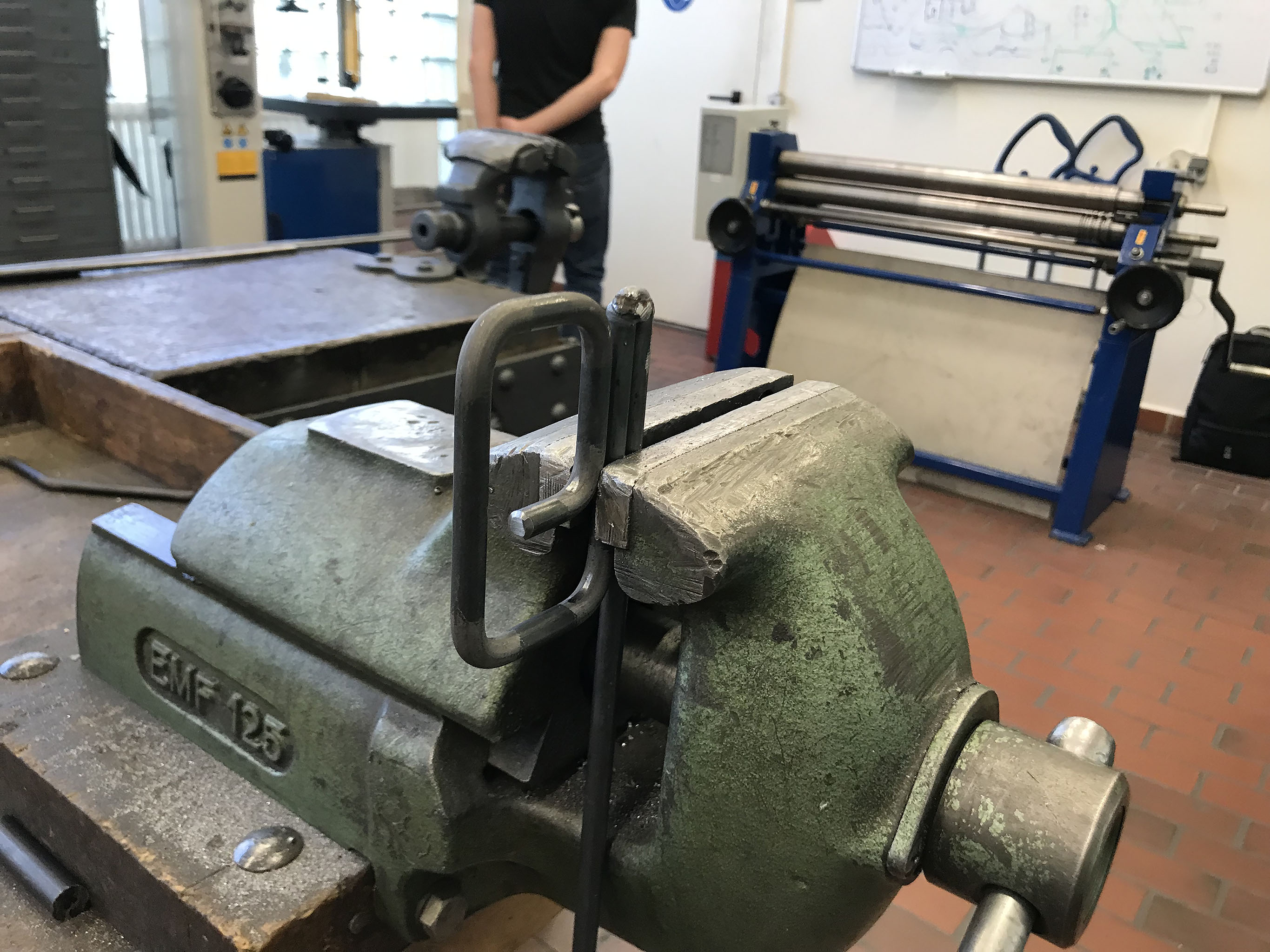

The FRAME HOOK was born from the direct inspiration of a screw hook for an easy and simple method of hanging clothes or objects. The idea of magnification and formal reinterpretation of this conventional wall hook forms the concept of this short project. The different curved shapes are fixed with a standardized brass dowel in the wall and can be arranged freely. The different shapes allow different uses and work both horizontally as vertically.
Eike Julian Voss, MA Anpassungstudium SuSe 2019
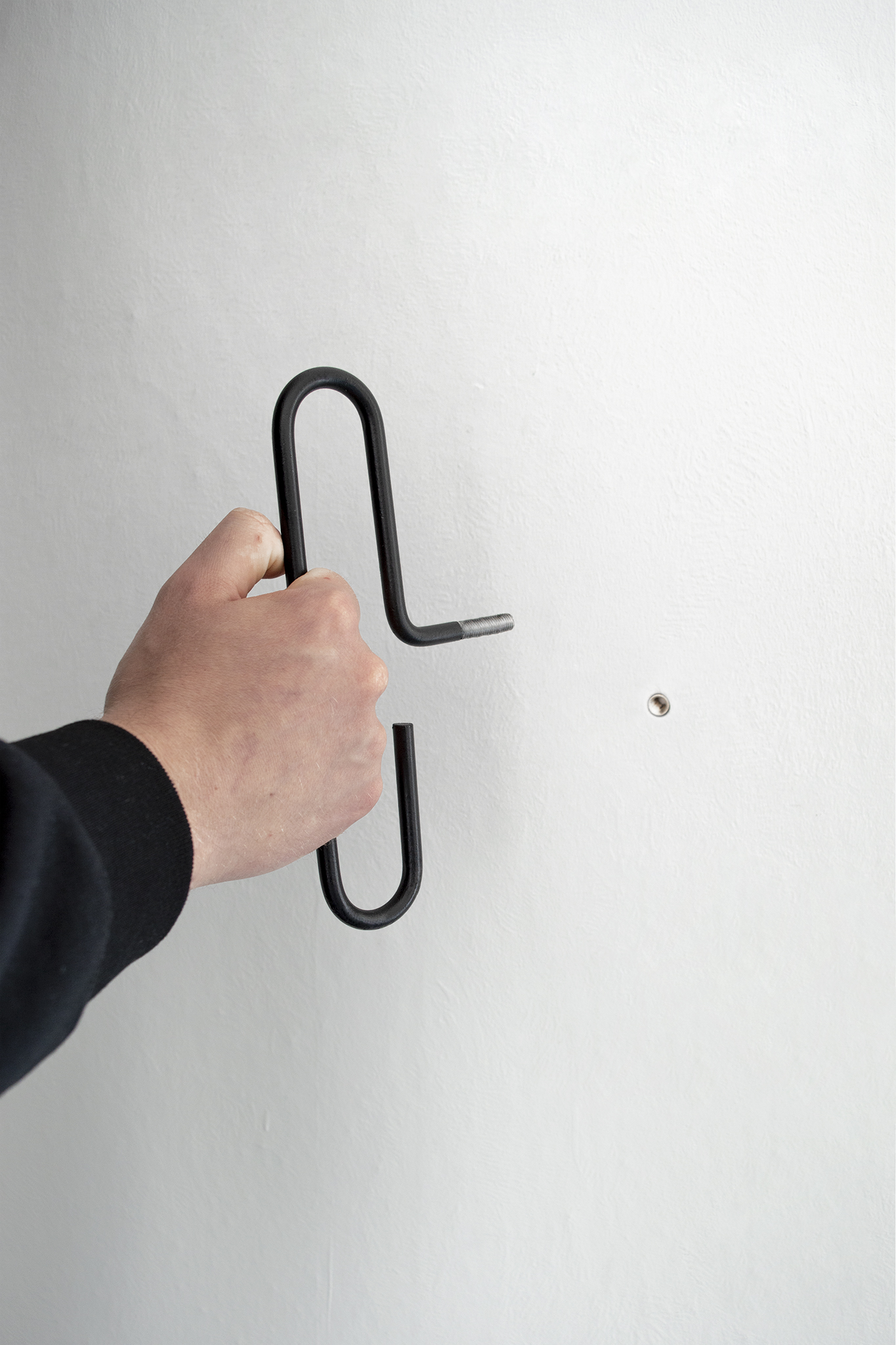
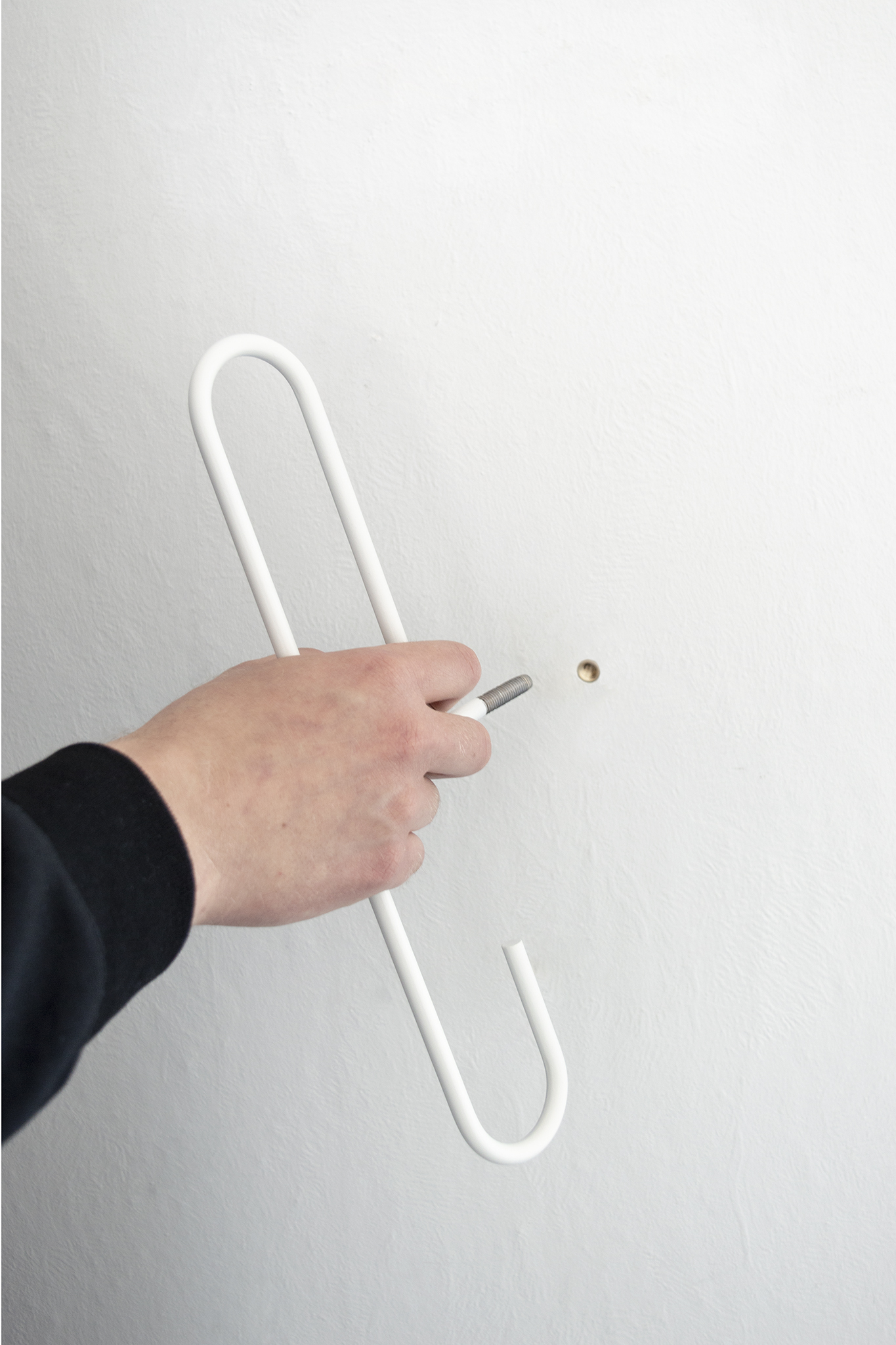
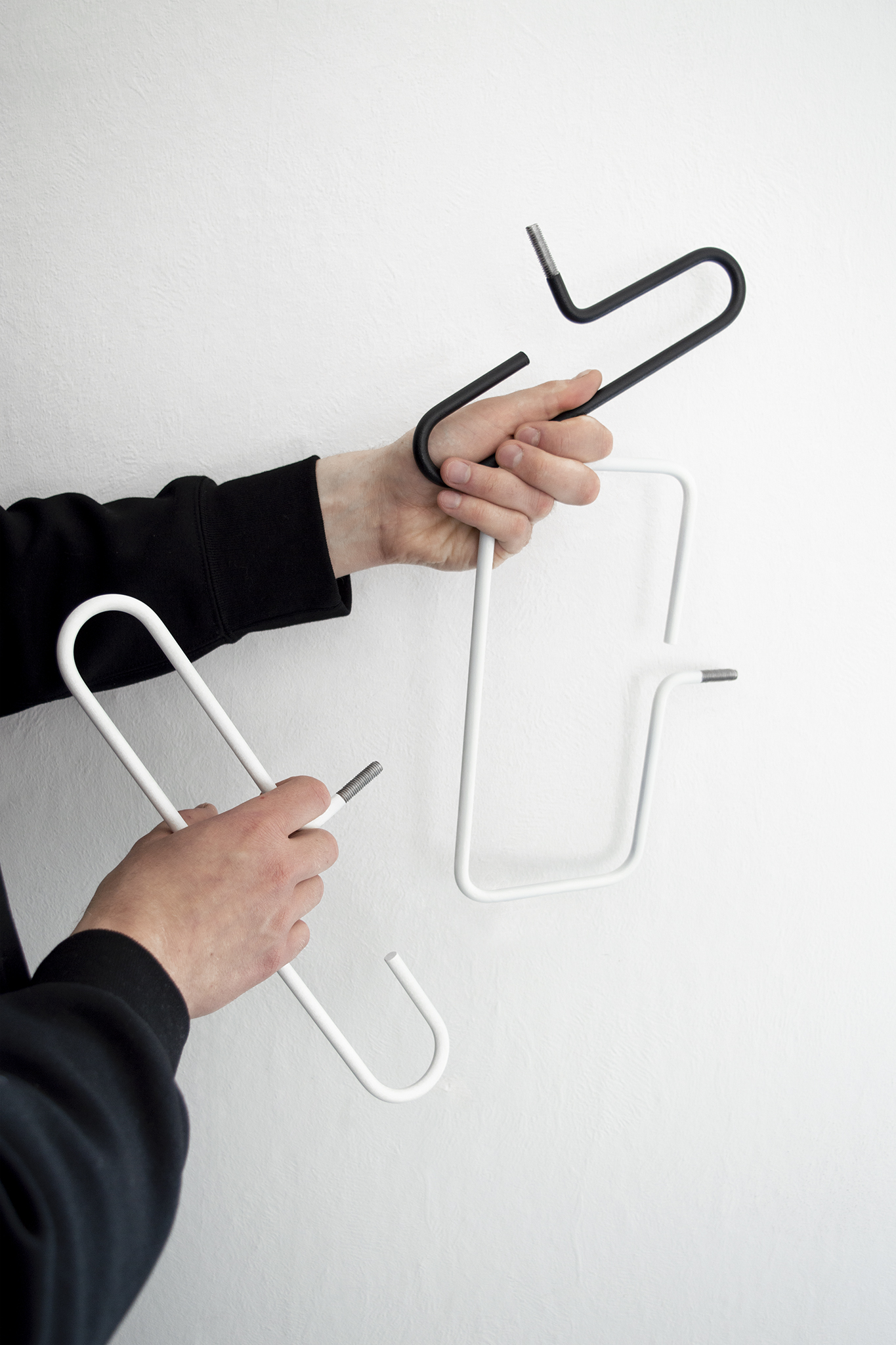

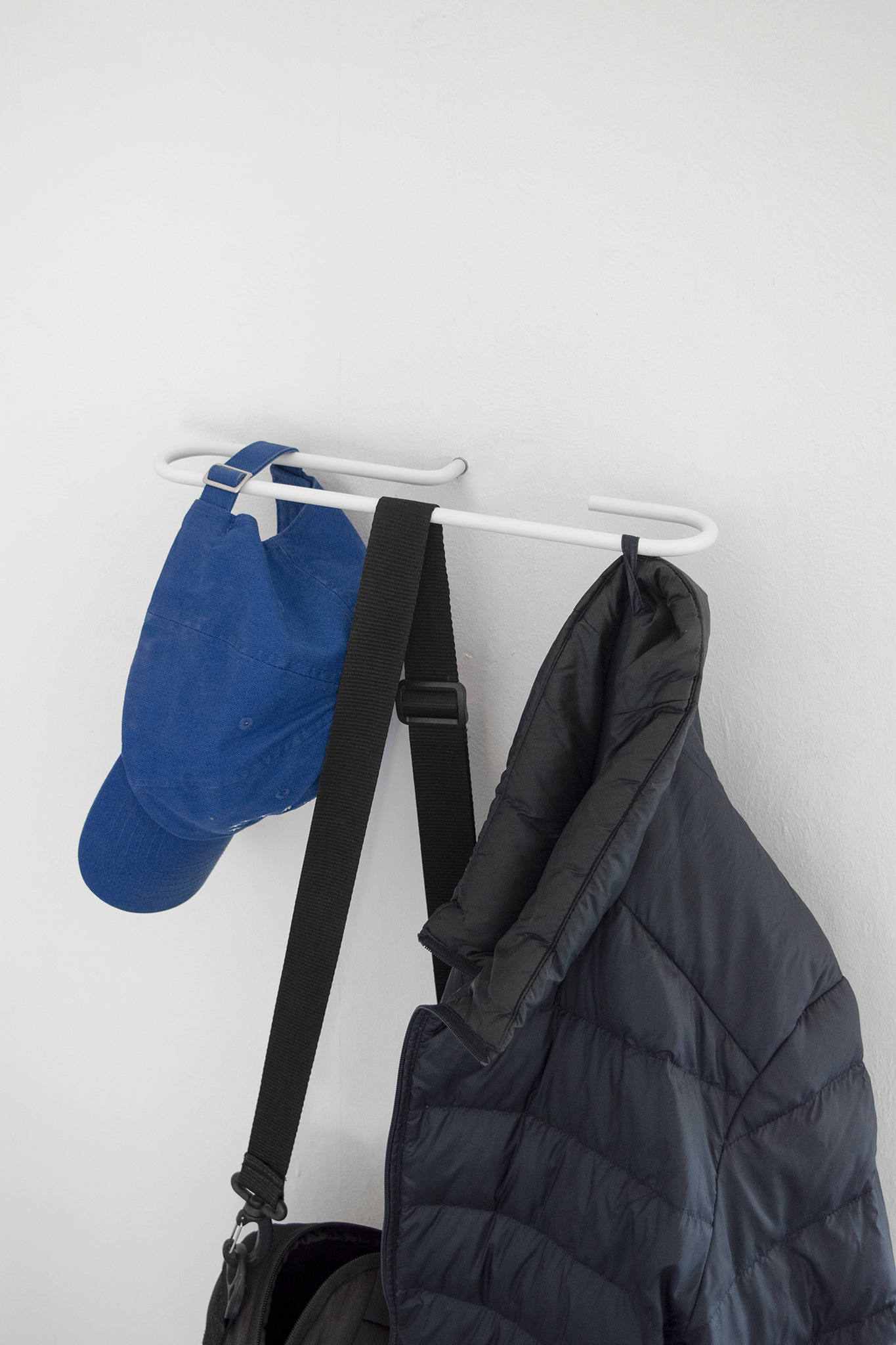
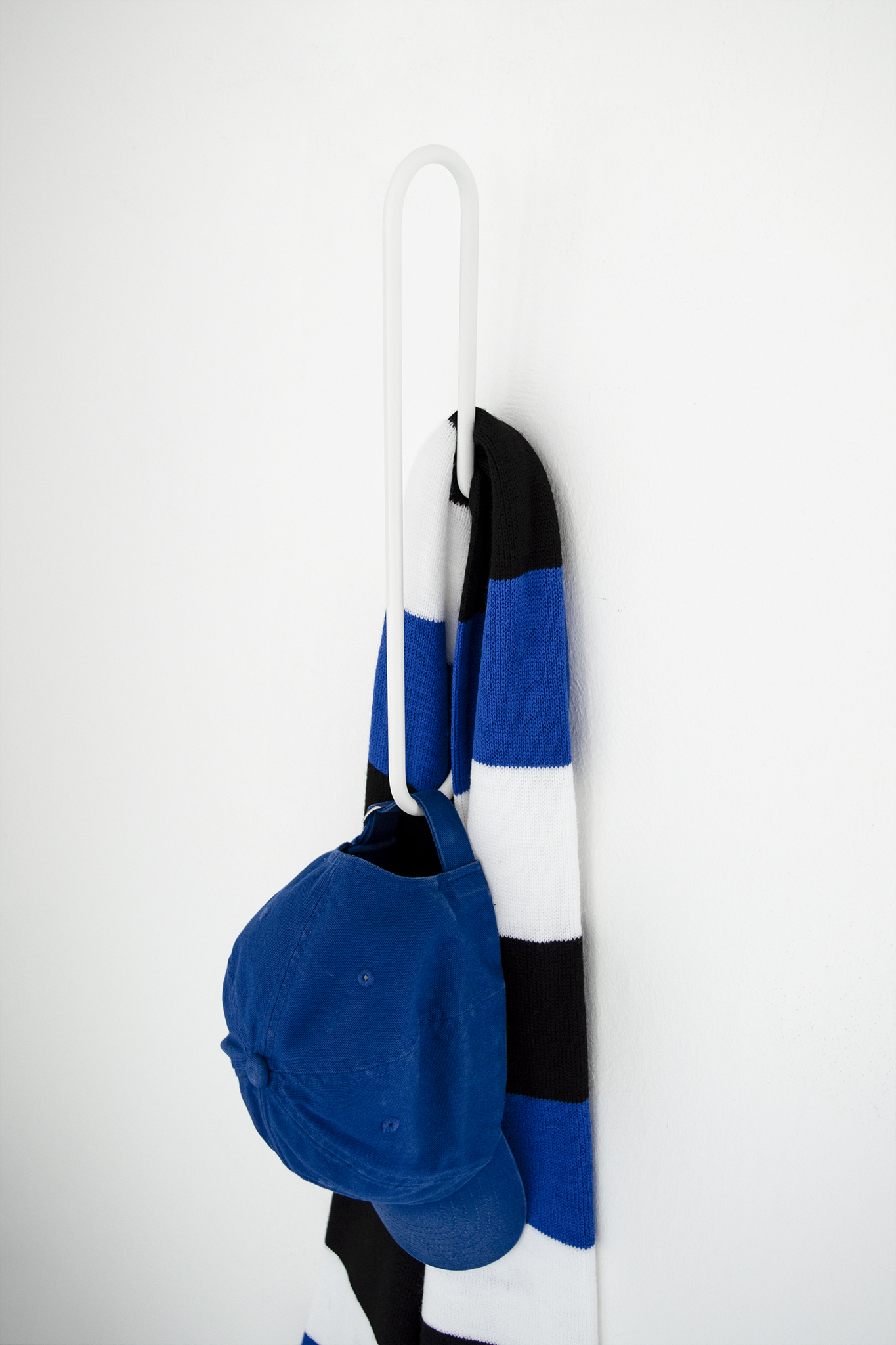
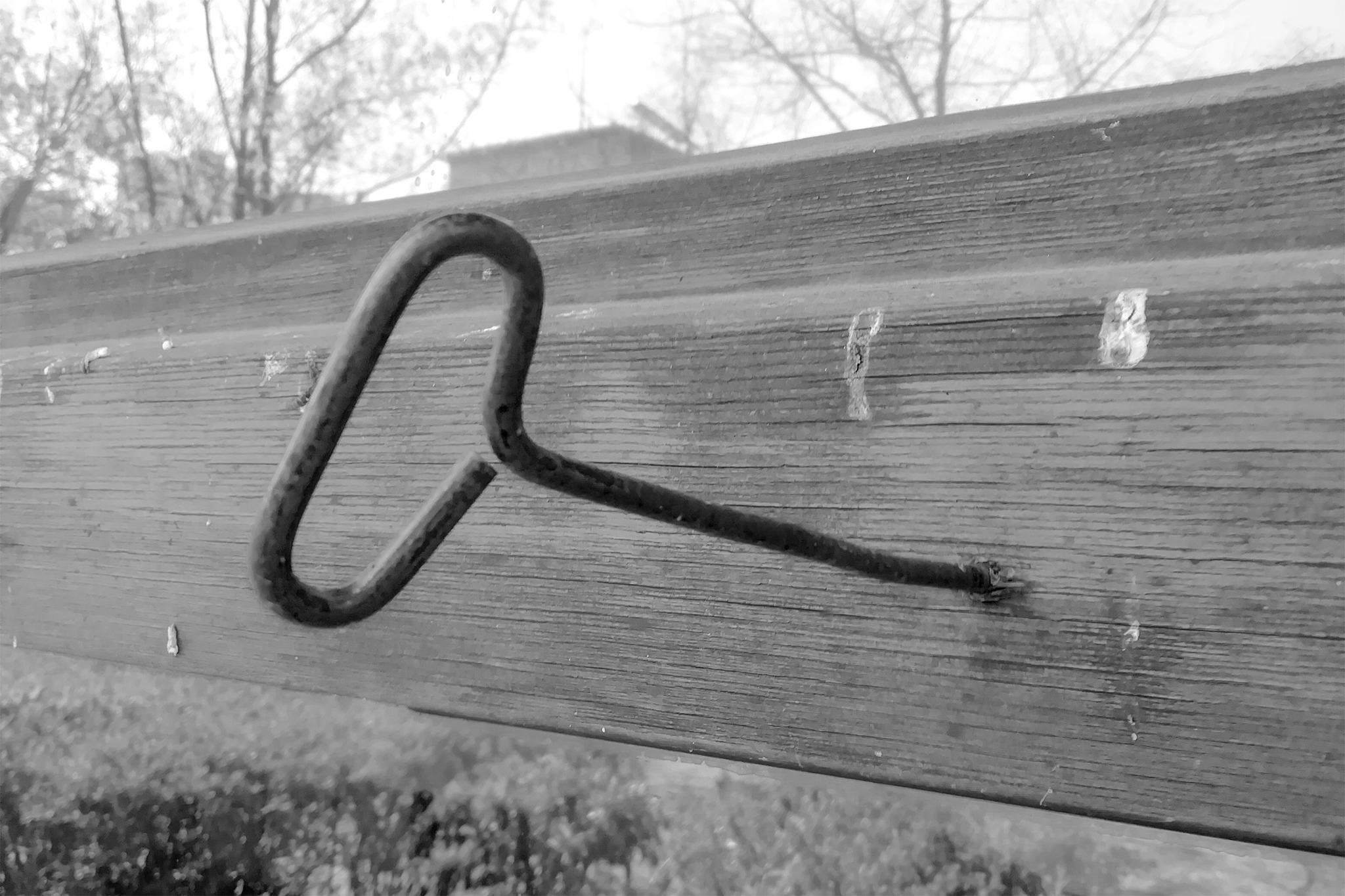
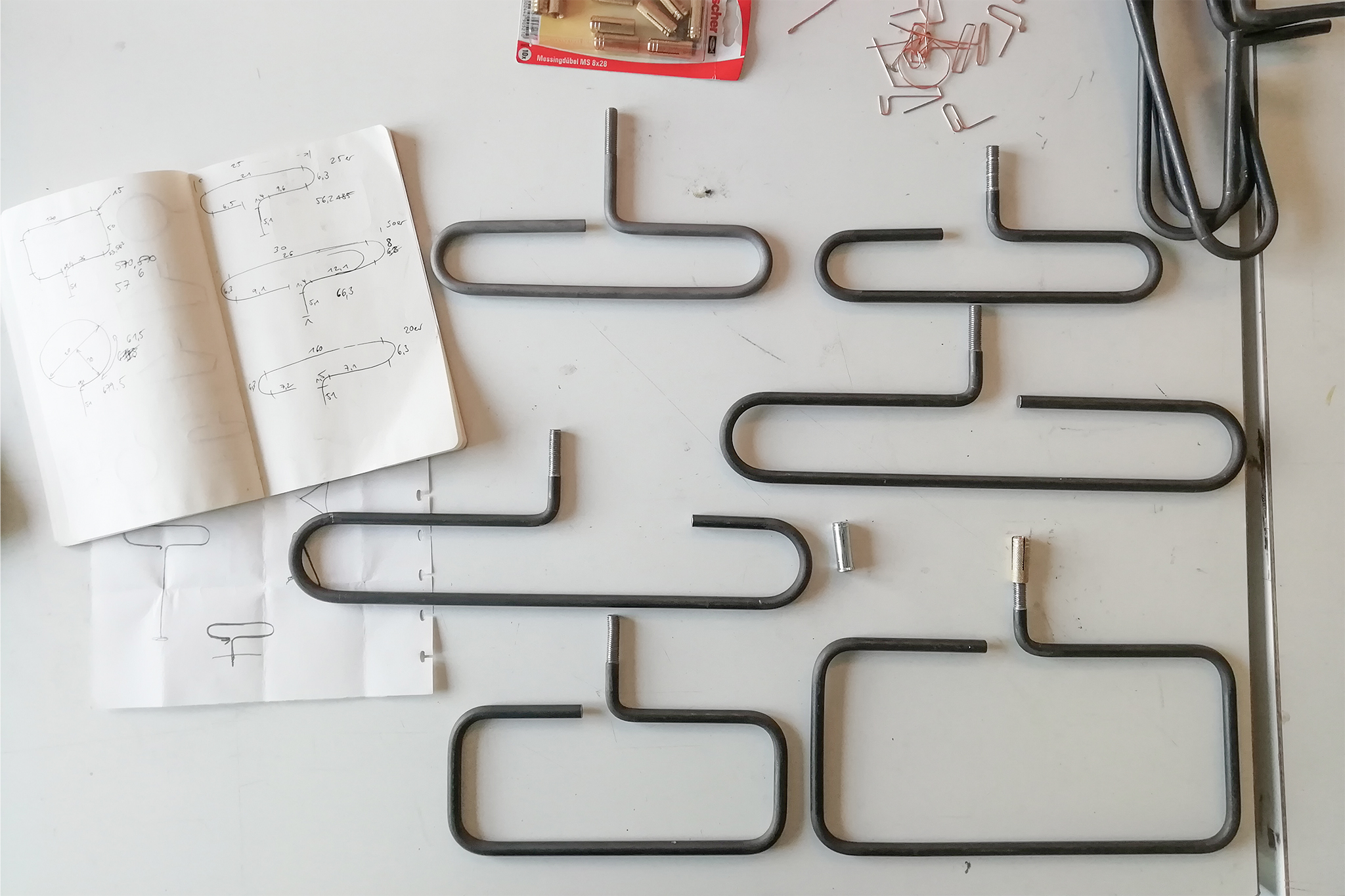
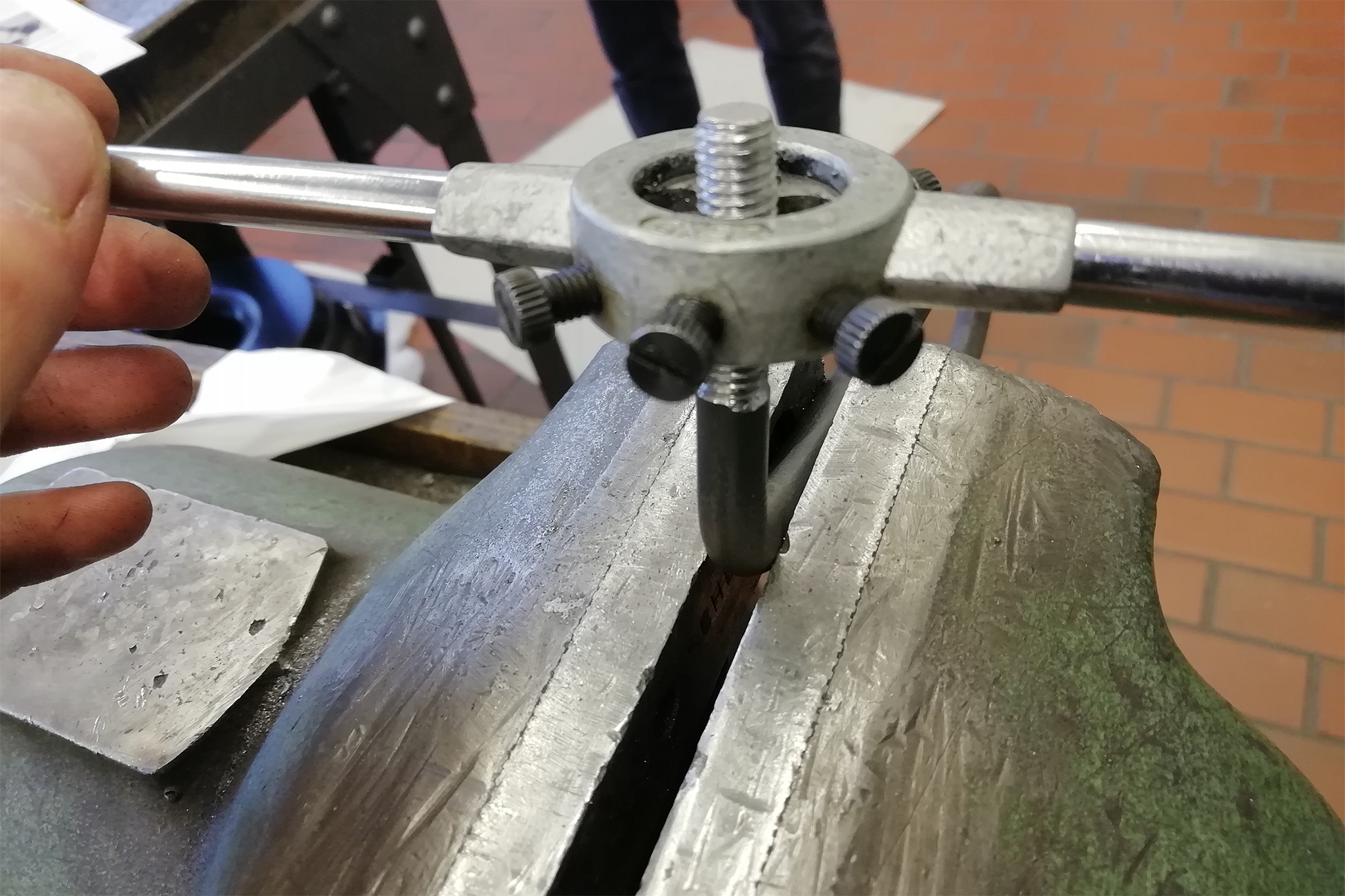
Lightning Rods – The perfect piece of furniture for the roof
8 mm steelrods are combinded with joints unsually found connecting lightning rods. Parallel, crosswise or angular, size and form are adjustable. A solid, yet flexible piece of furniture
Mosaic – A simple piece
An 8 mm steelrod, bent four times. Rather unimposing on it’s own, a group of these hooks can transform into diverse variations of patterns, especially by adding colour. A wardrobe that is able to grow with it’s users.
Joshua Mirza, 4.Sem SoSe 4. 2019
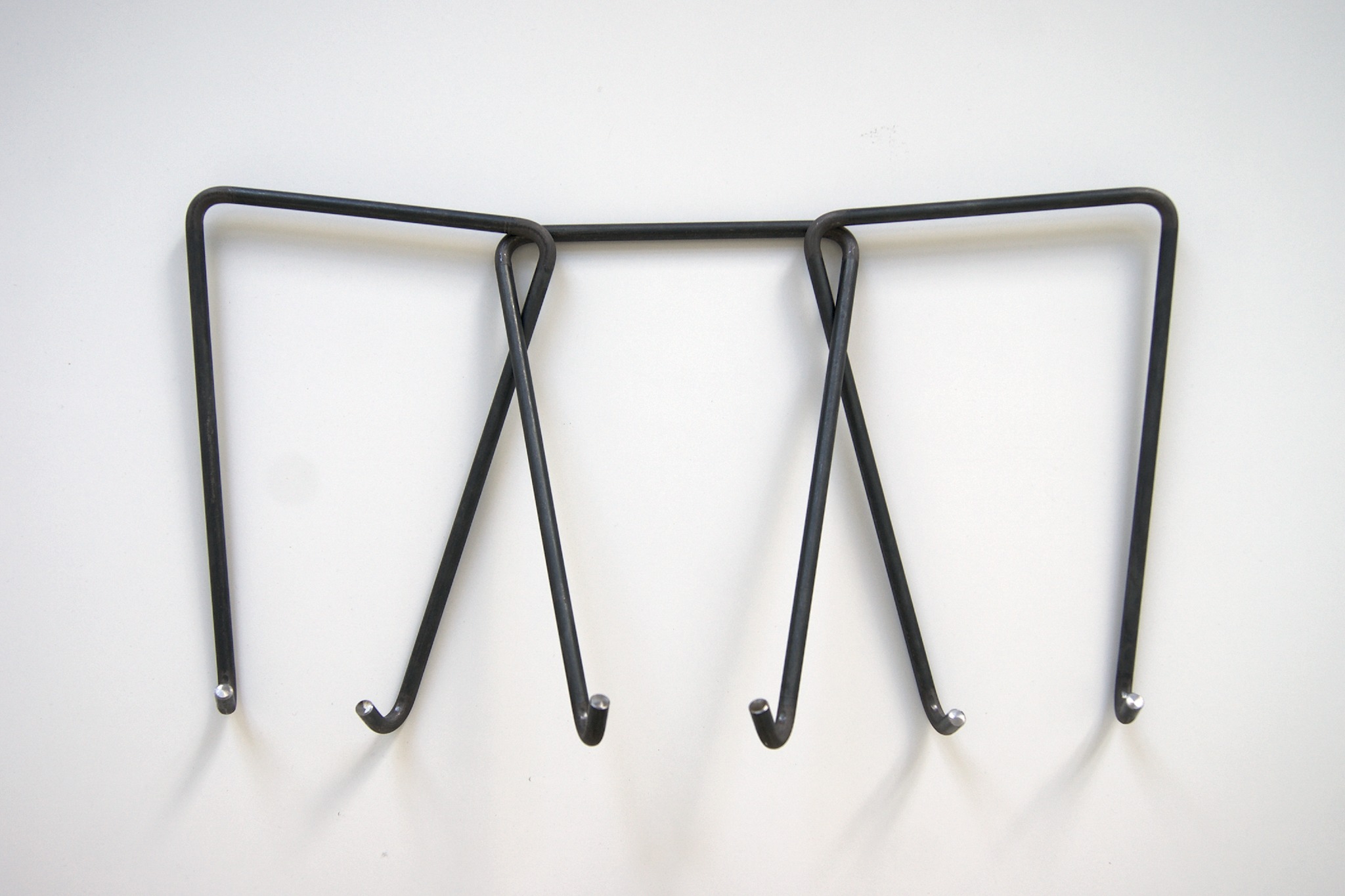
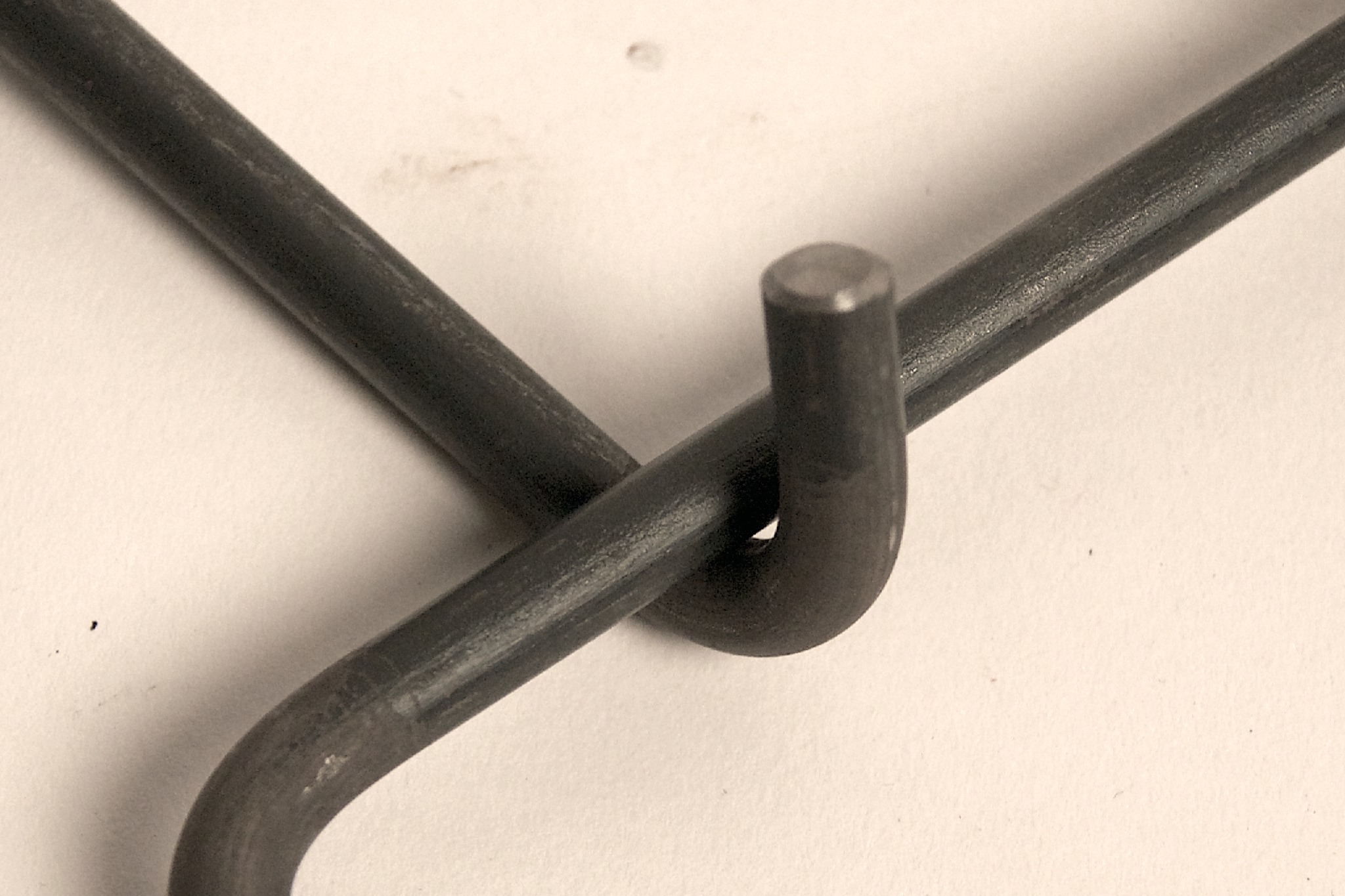
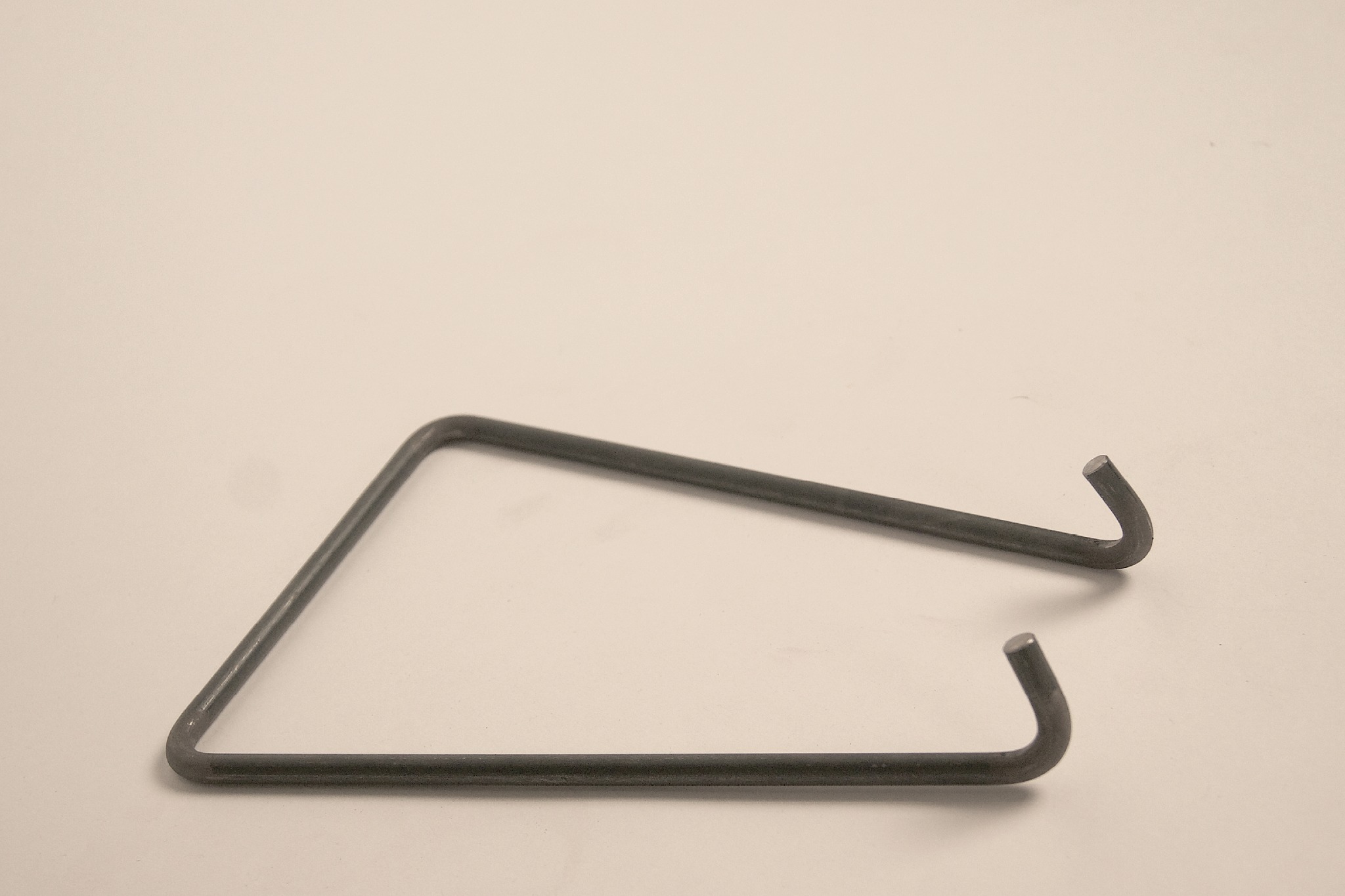
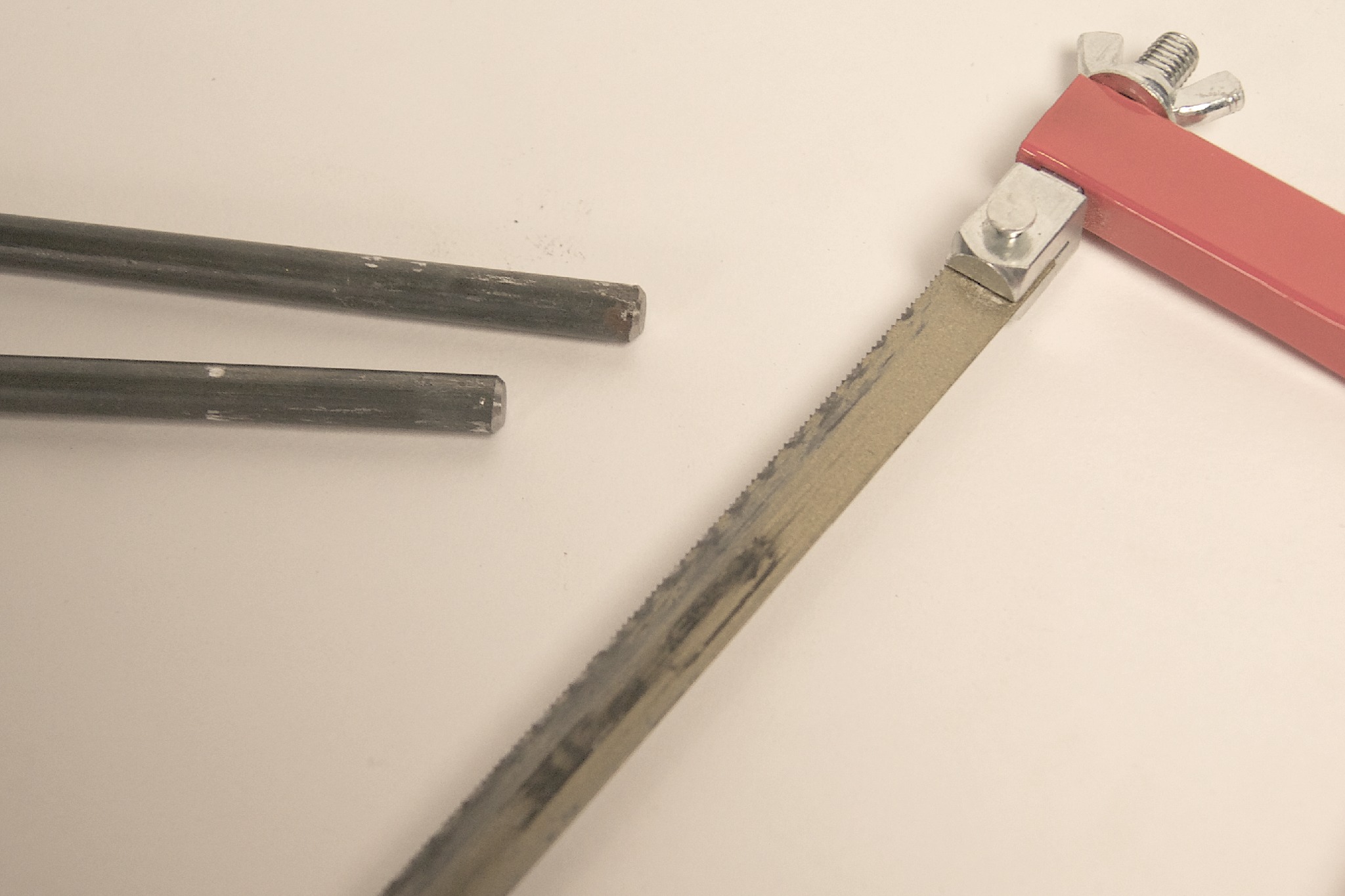
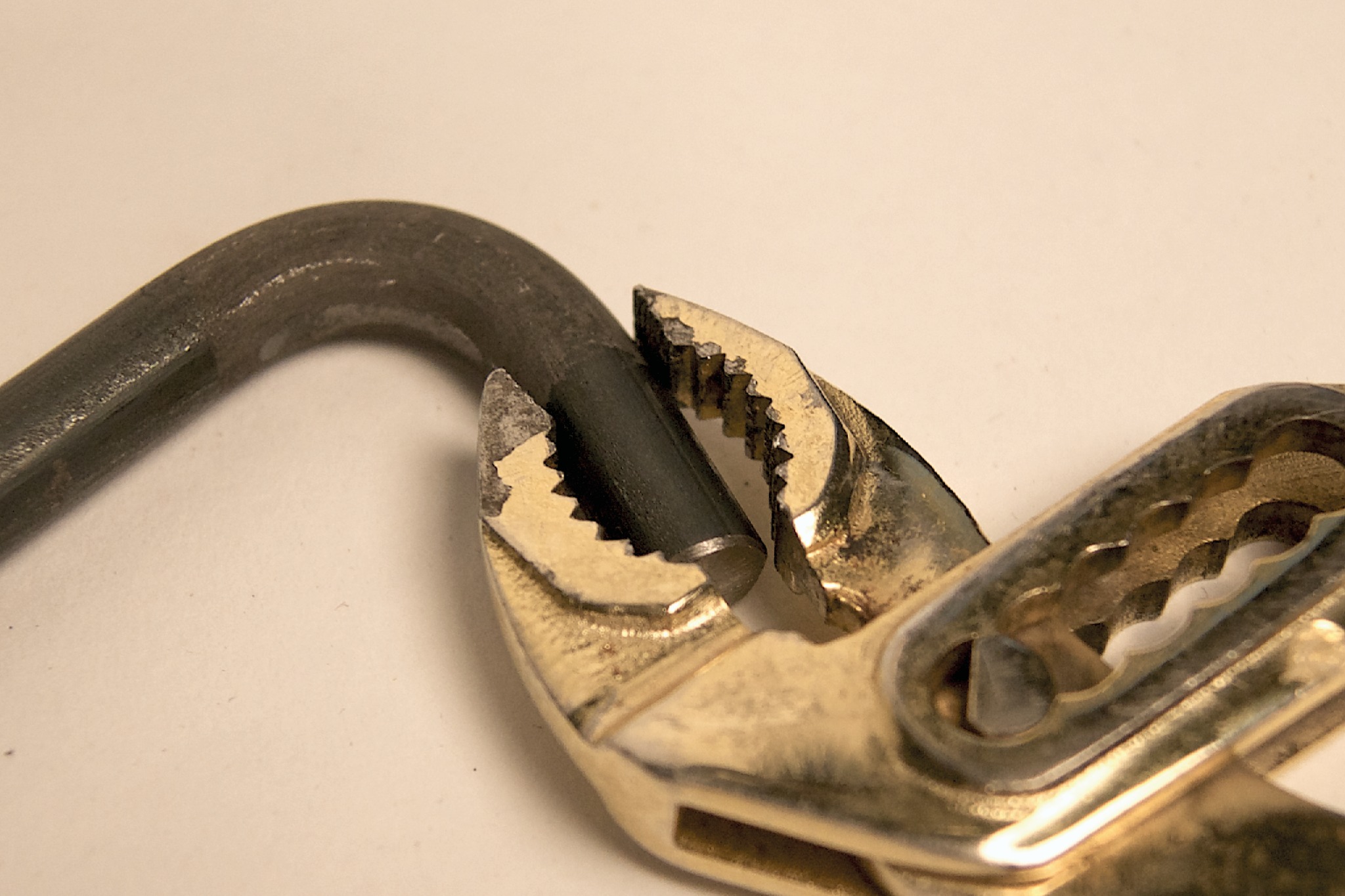
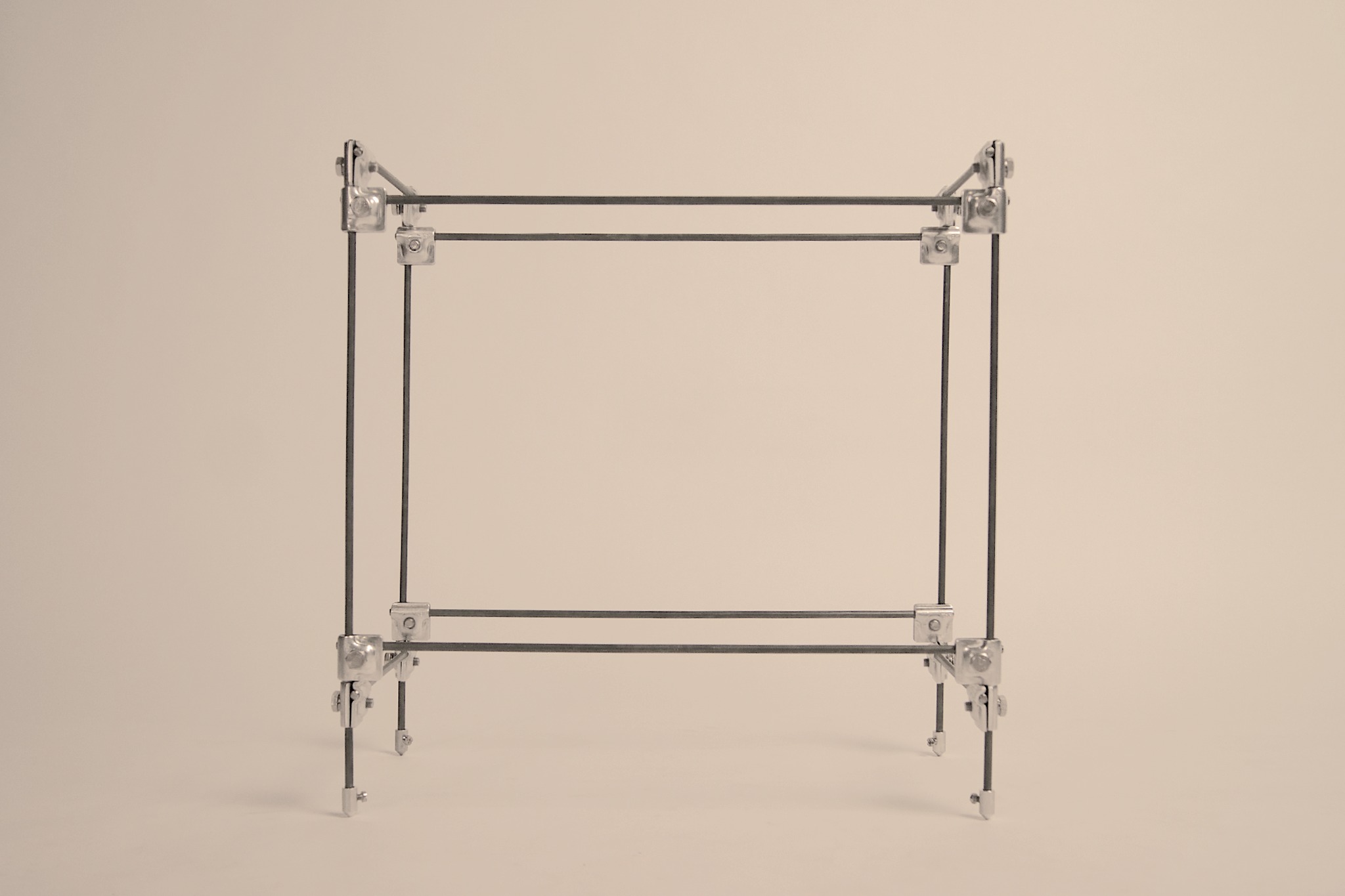
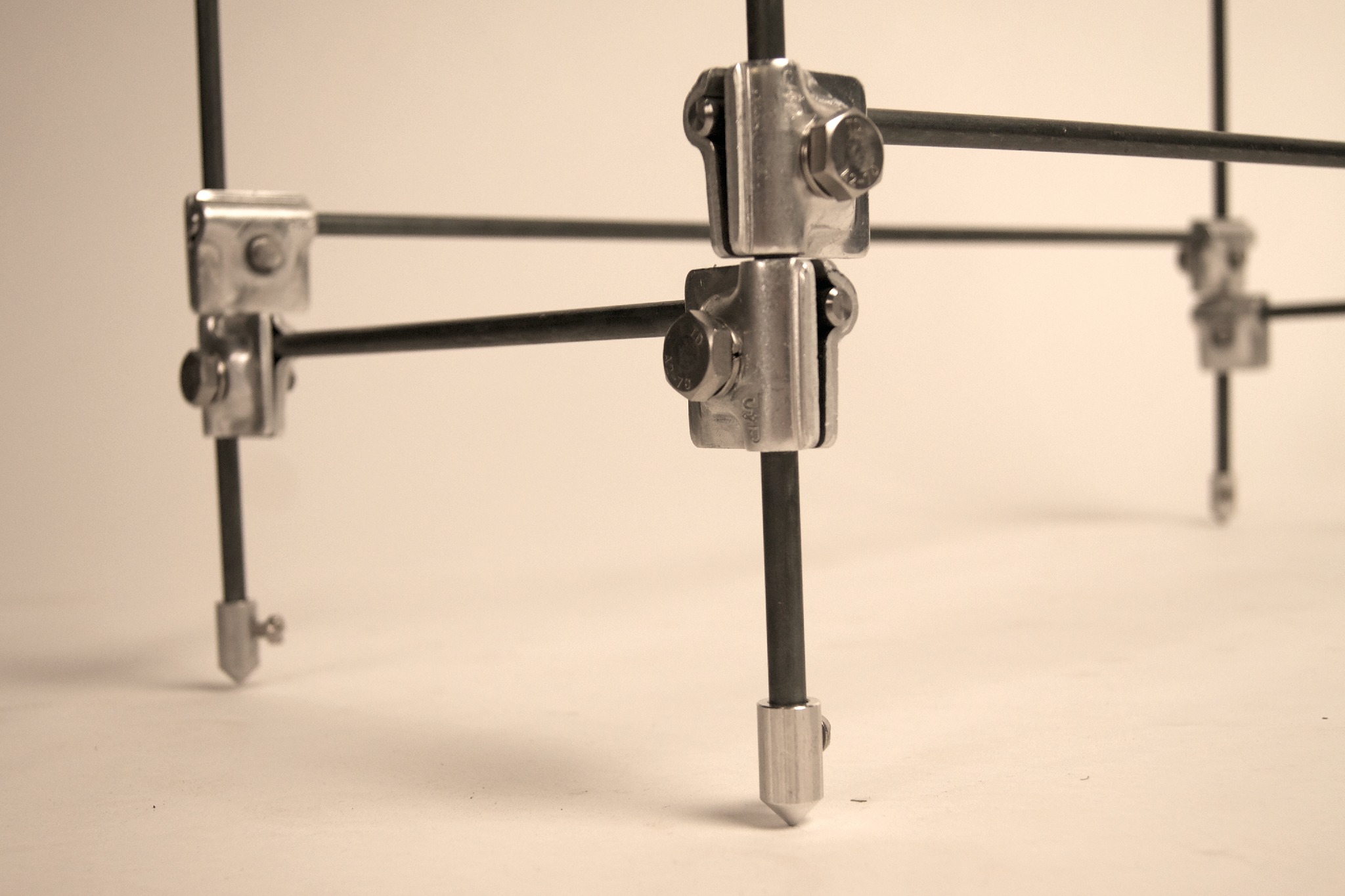
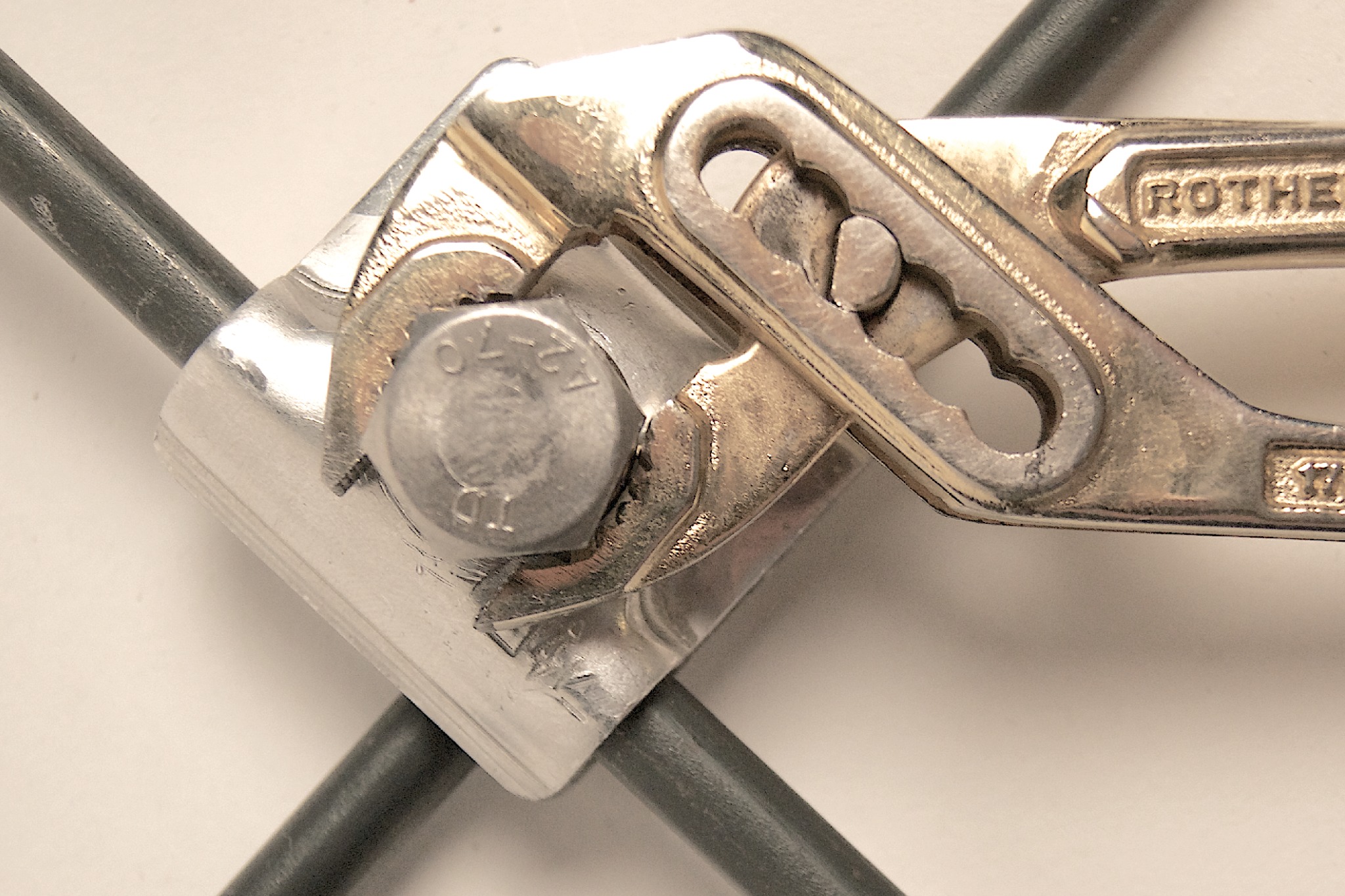
HOOKED is a modular shoe rack and wardrobe system consisting of several hooks and connectors. Each hook measures between 30 and 50 centimeters in length, is formed out of a bended steel rod and offers on each end – top and bottom – a threaded connecting opportunity. Combined with a spacer nut that thread allows each peace to connect to as many new ones as you like. HOOKED can either hang from the ceiling, be attached to the wall or stand on a foot.
Jan Goldmann, 4.Sem SuSe 2019
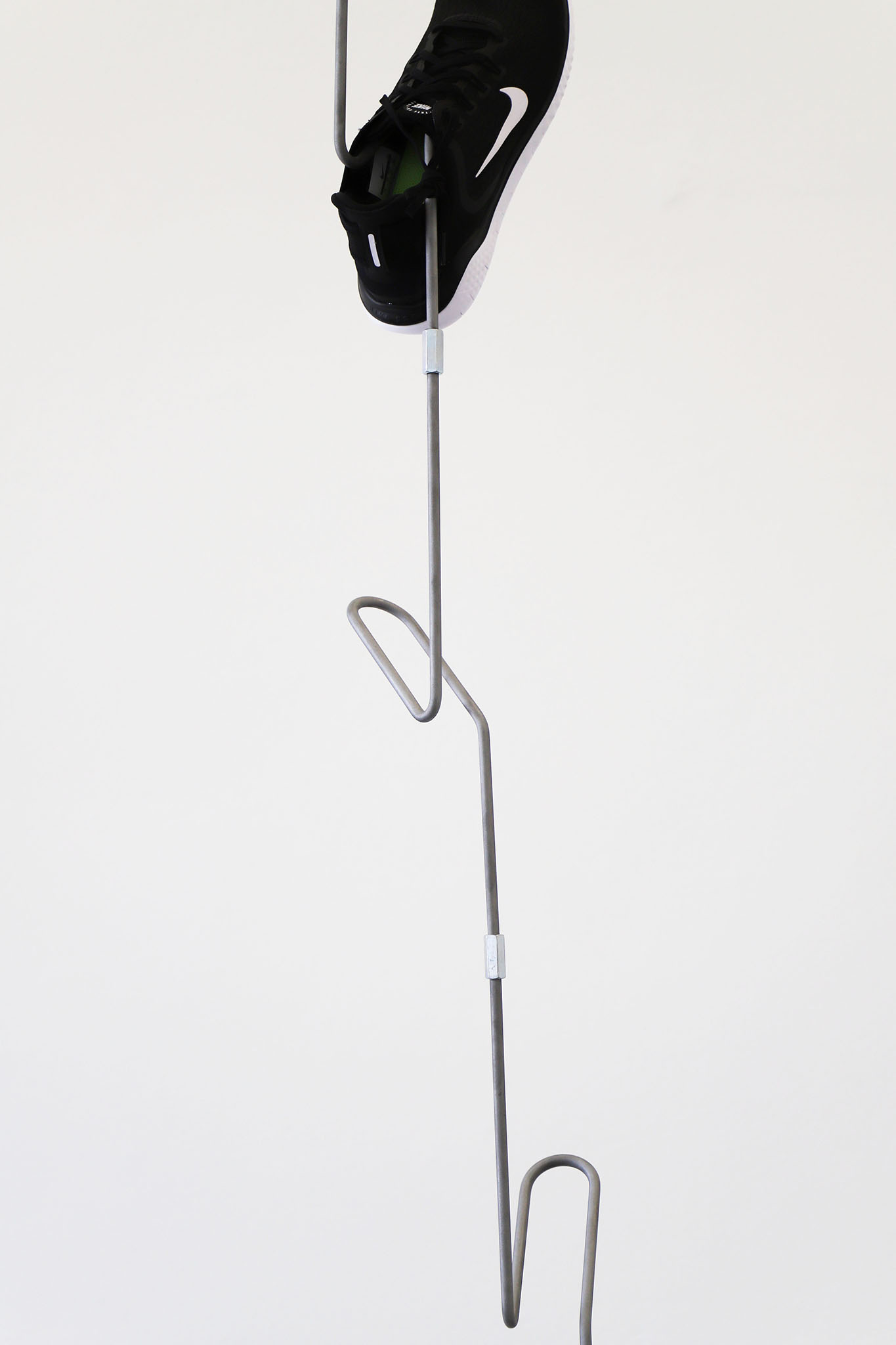
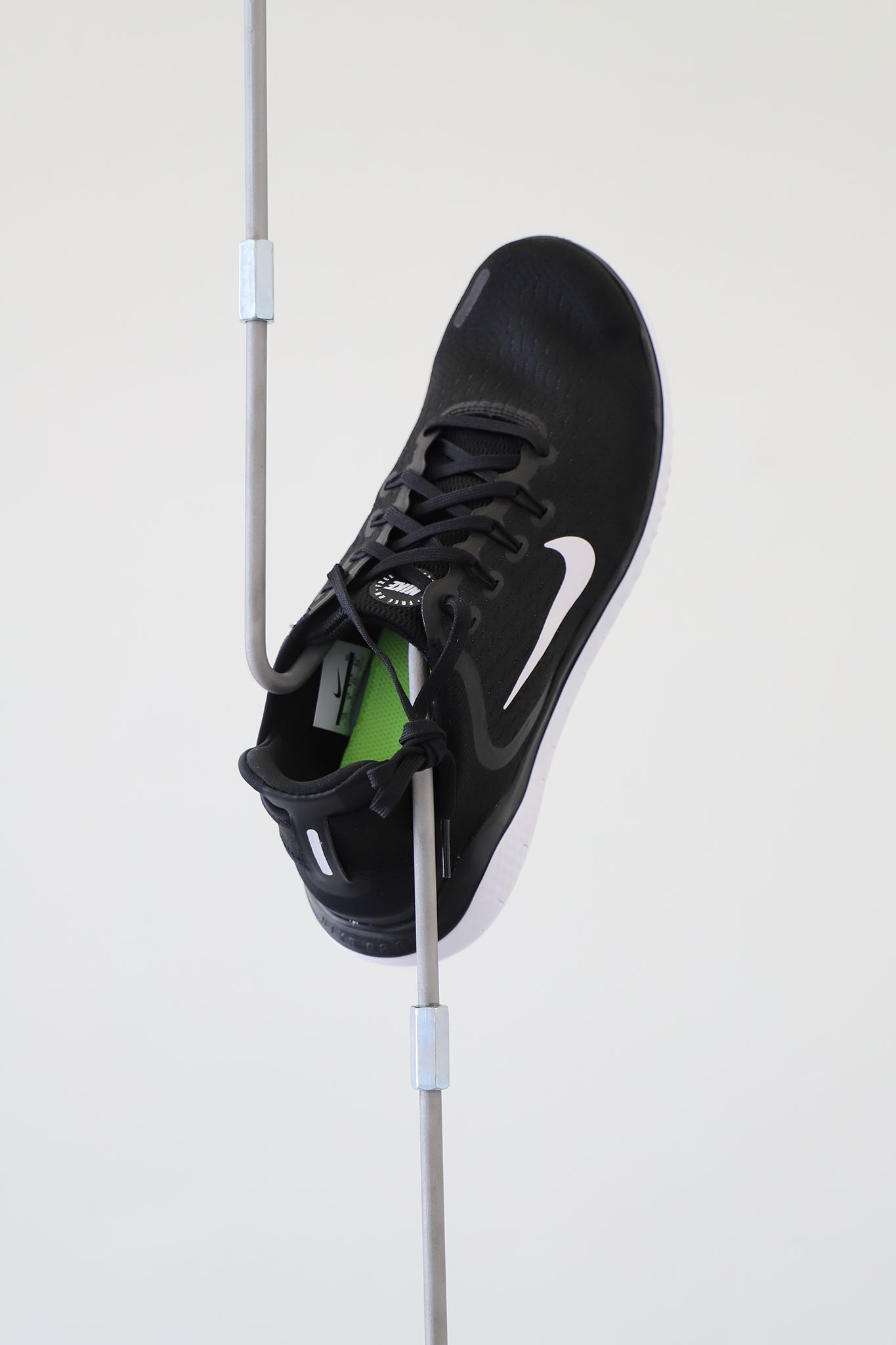
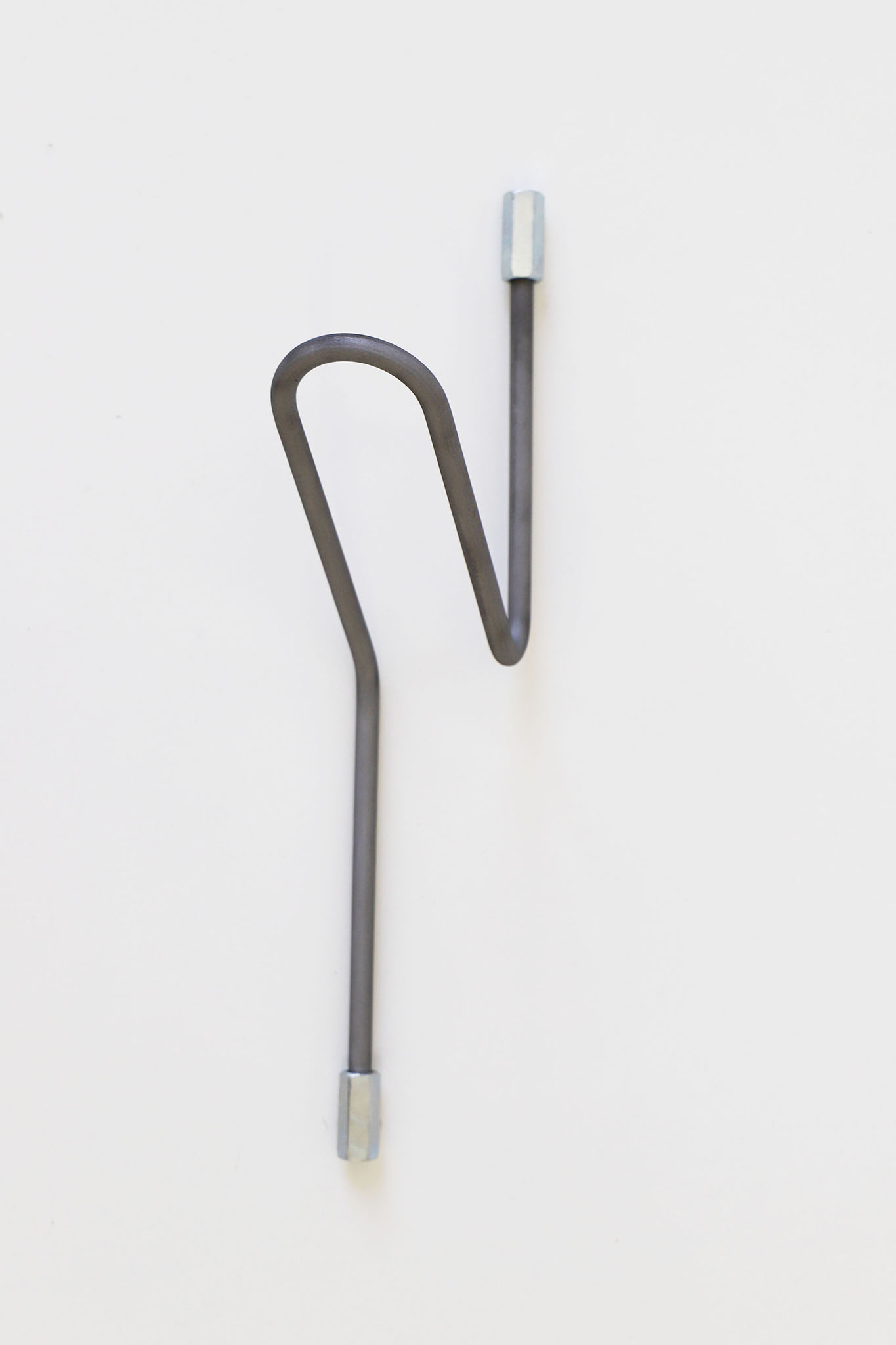
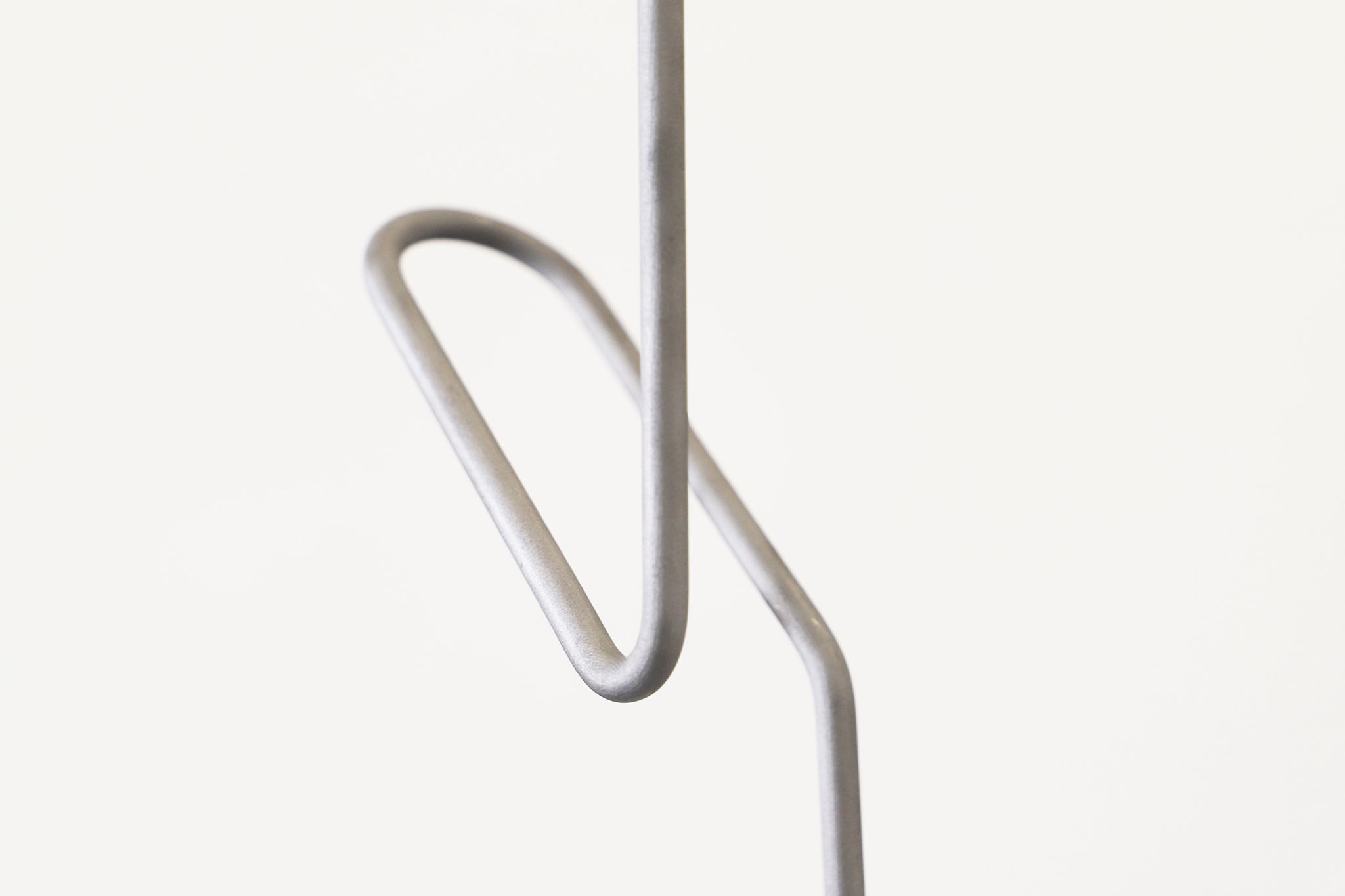
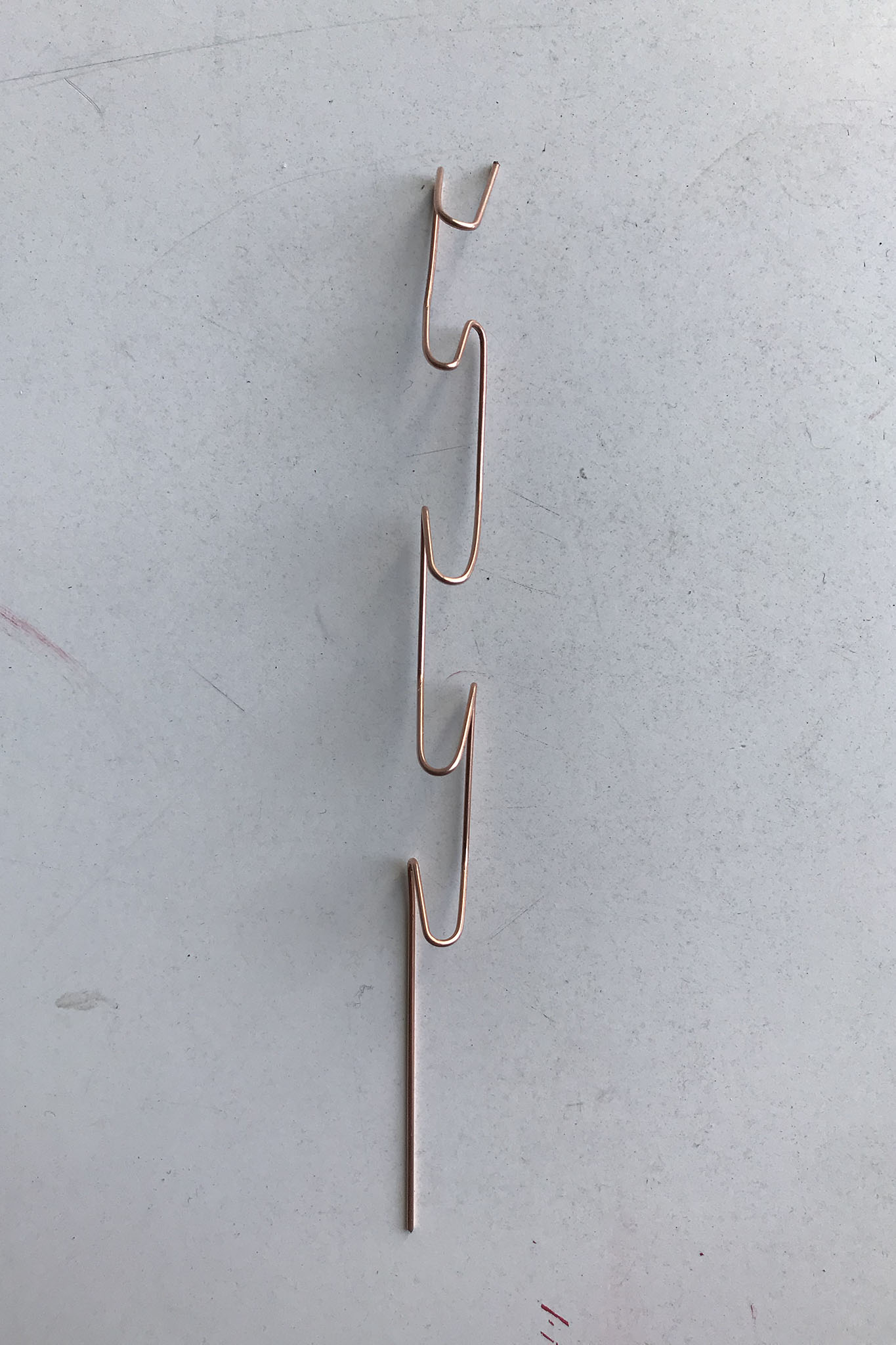
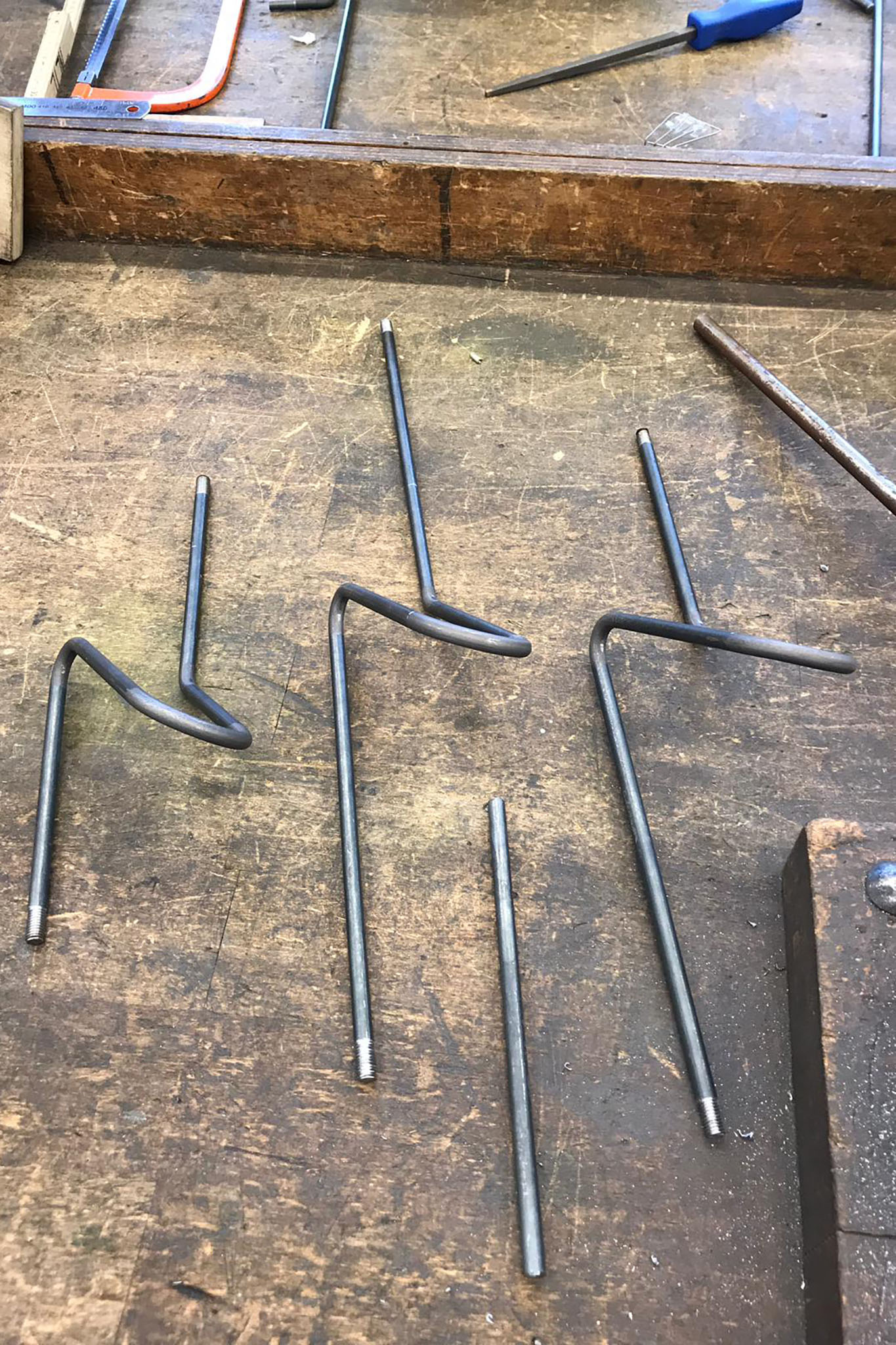
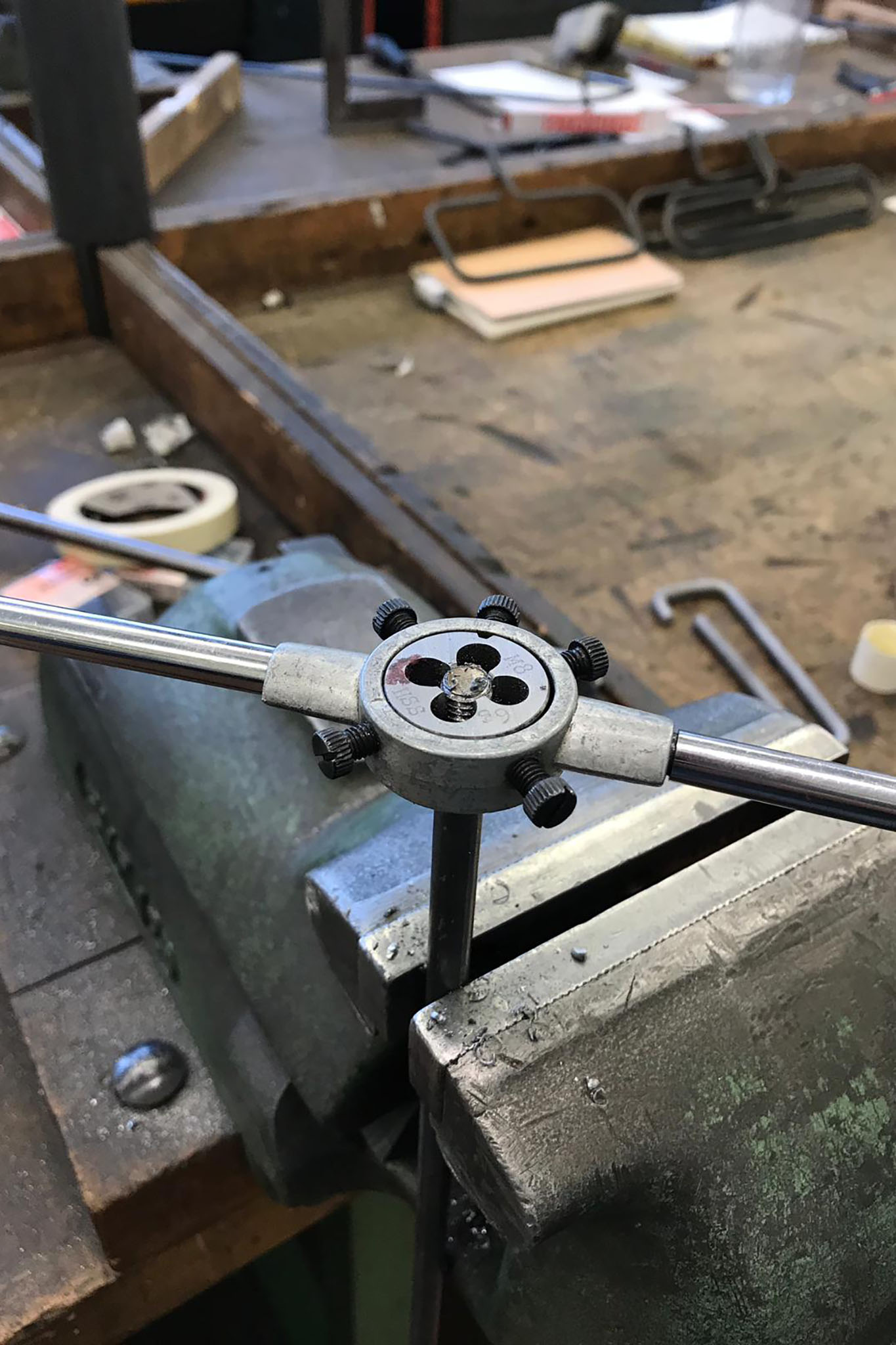
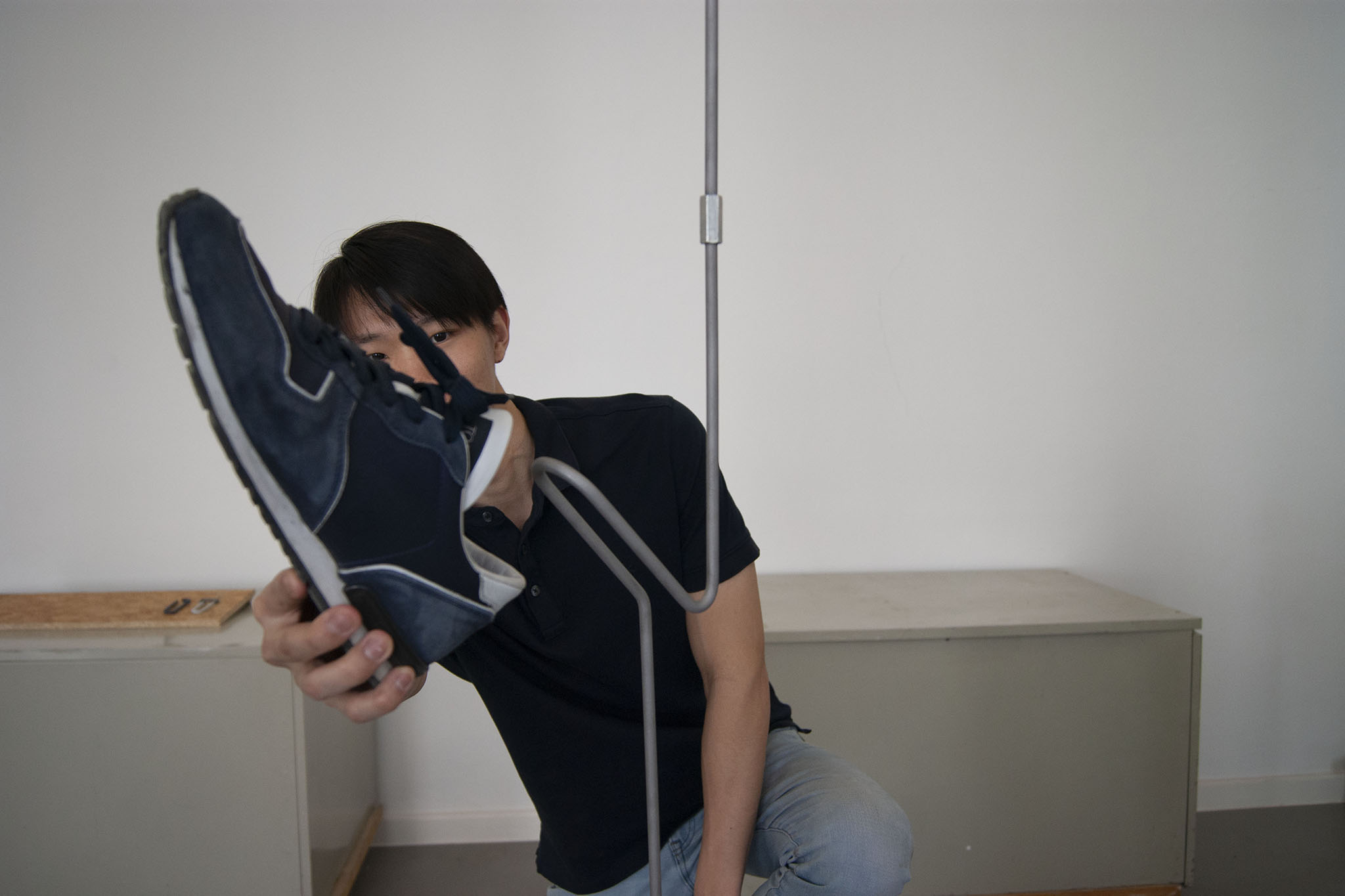
Born out of frustration and irritation, this hunk (of metal) tackles a standard problem in the unspectacular life of an average bathroom user. You have a heater, (that gets hot) – so why can’t you hang a couple of things on it to dry? Well, I don’t know – but, since all (most) heating elements/ tubes are standardized – now you can
Sergei Saraiva, 6.Sem SuSe 2019

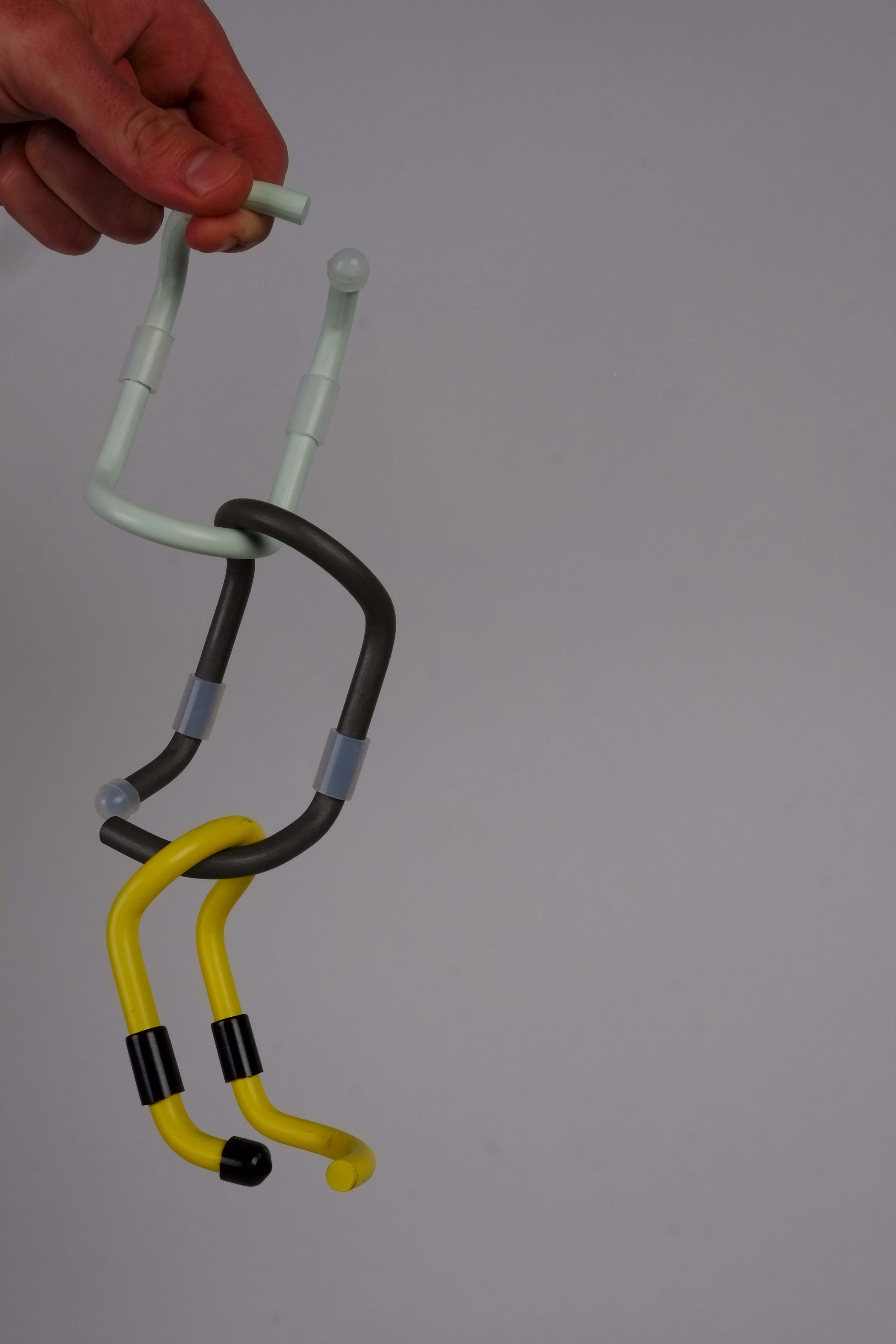
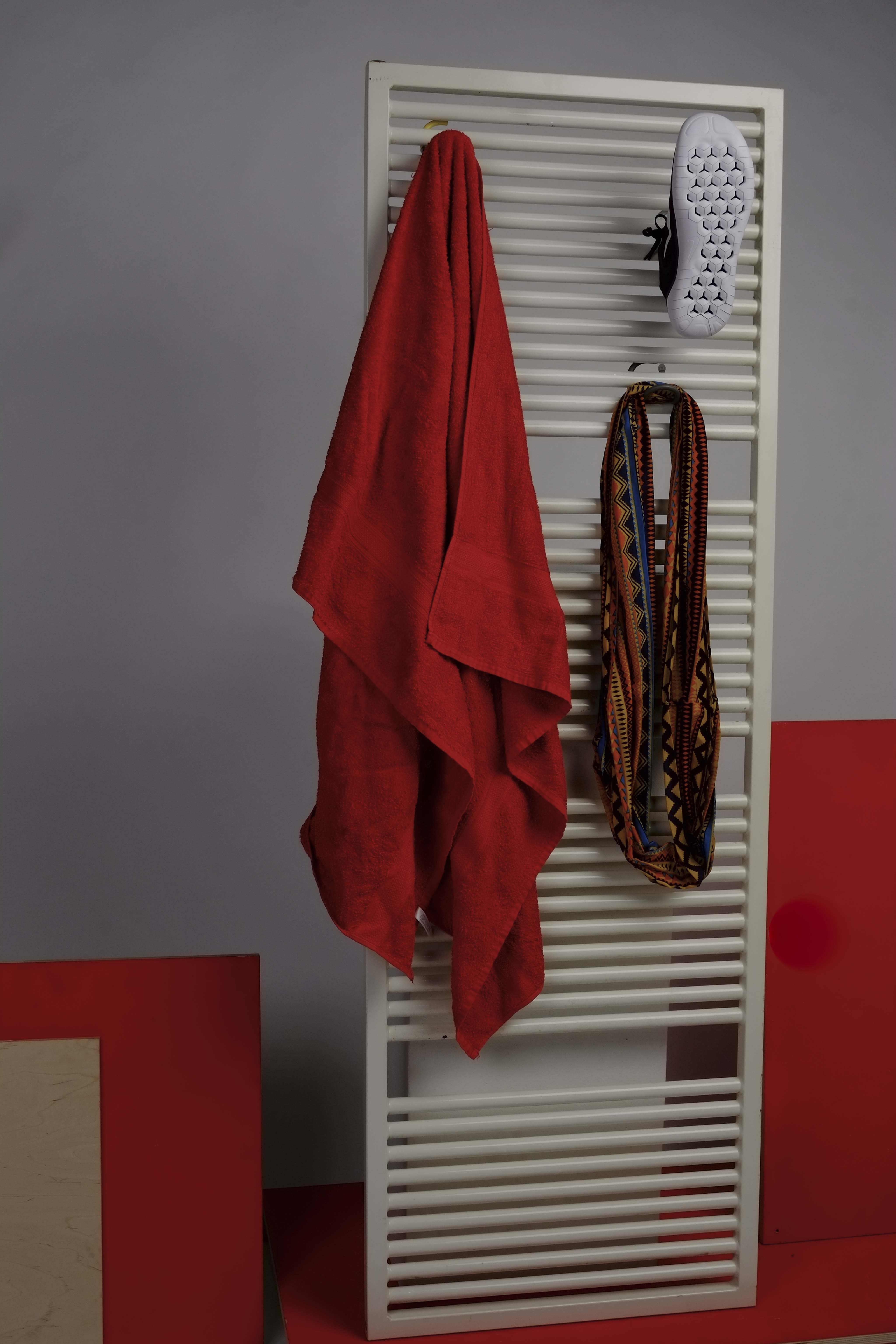
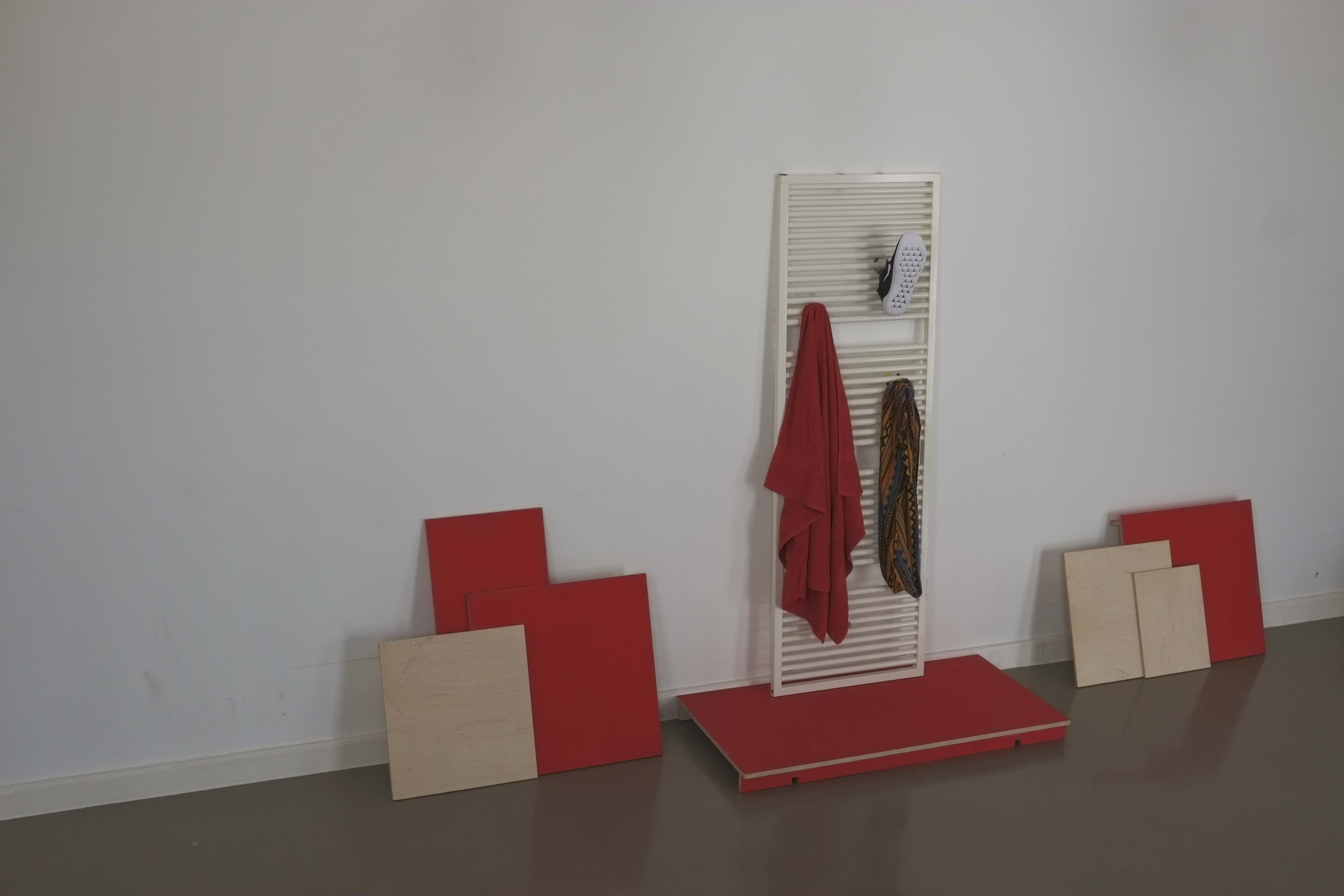
CLIPENER is a Bottle opener set in three parts. Inspiration comes from a minimalist doorhandle. Two to three bends create the elements such as support, levers and the handle for a bottle opener. The tip and end of the opener are sawn at 30 degrees to give a better bearing surface.
Shao Chuan Lin, 6.Sem SuSe 2019
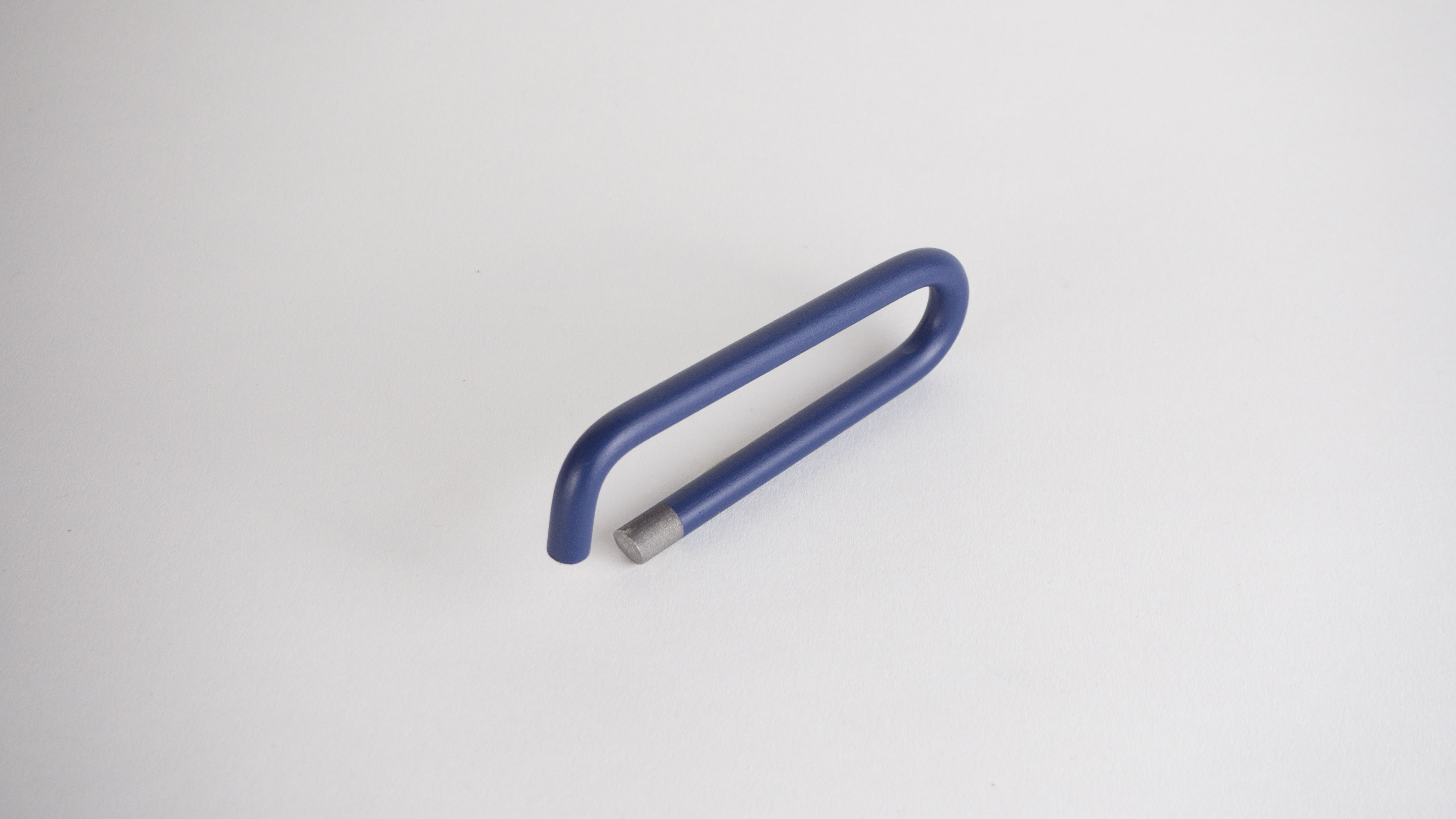
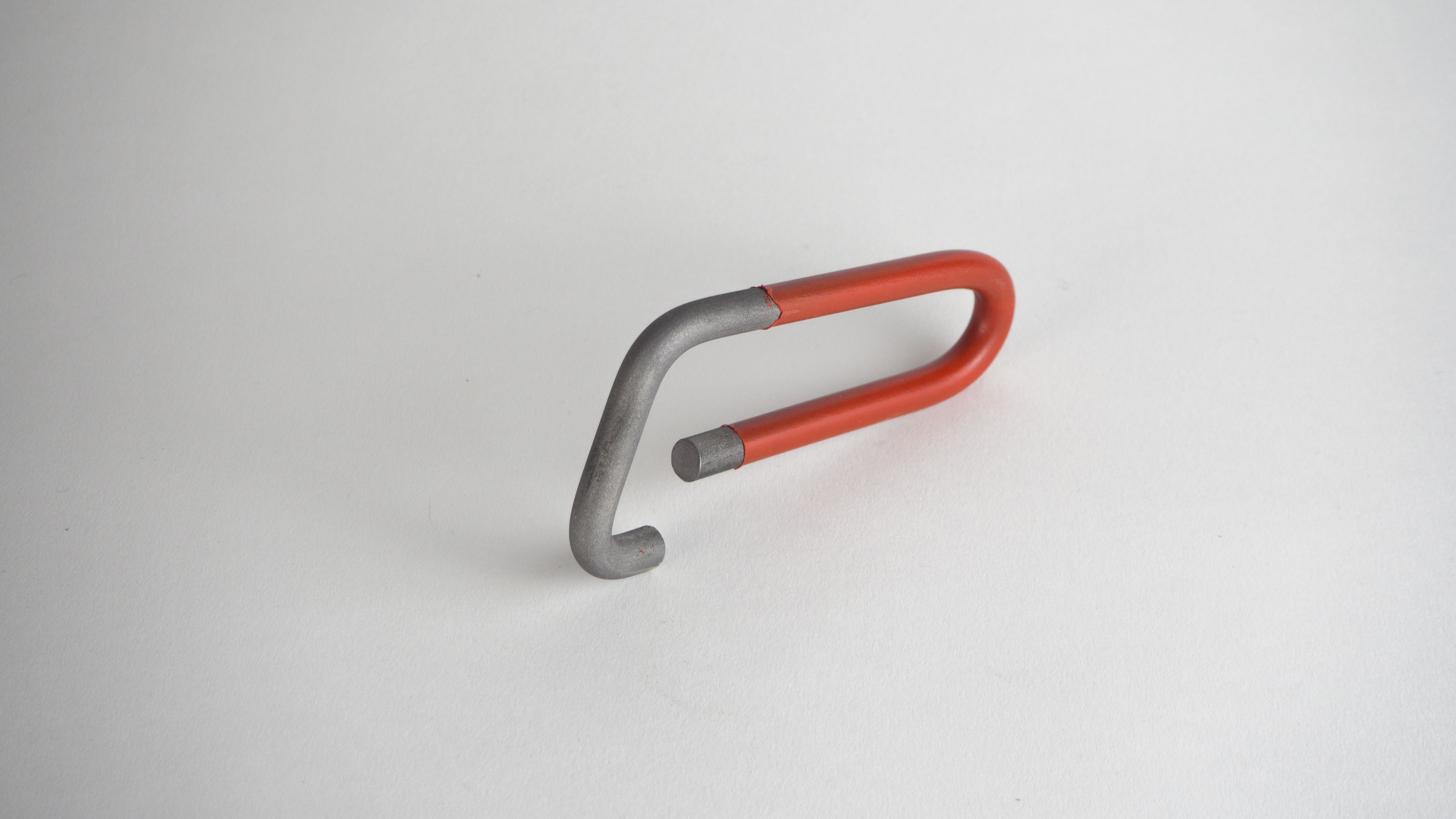
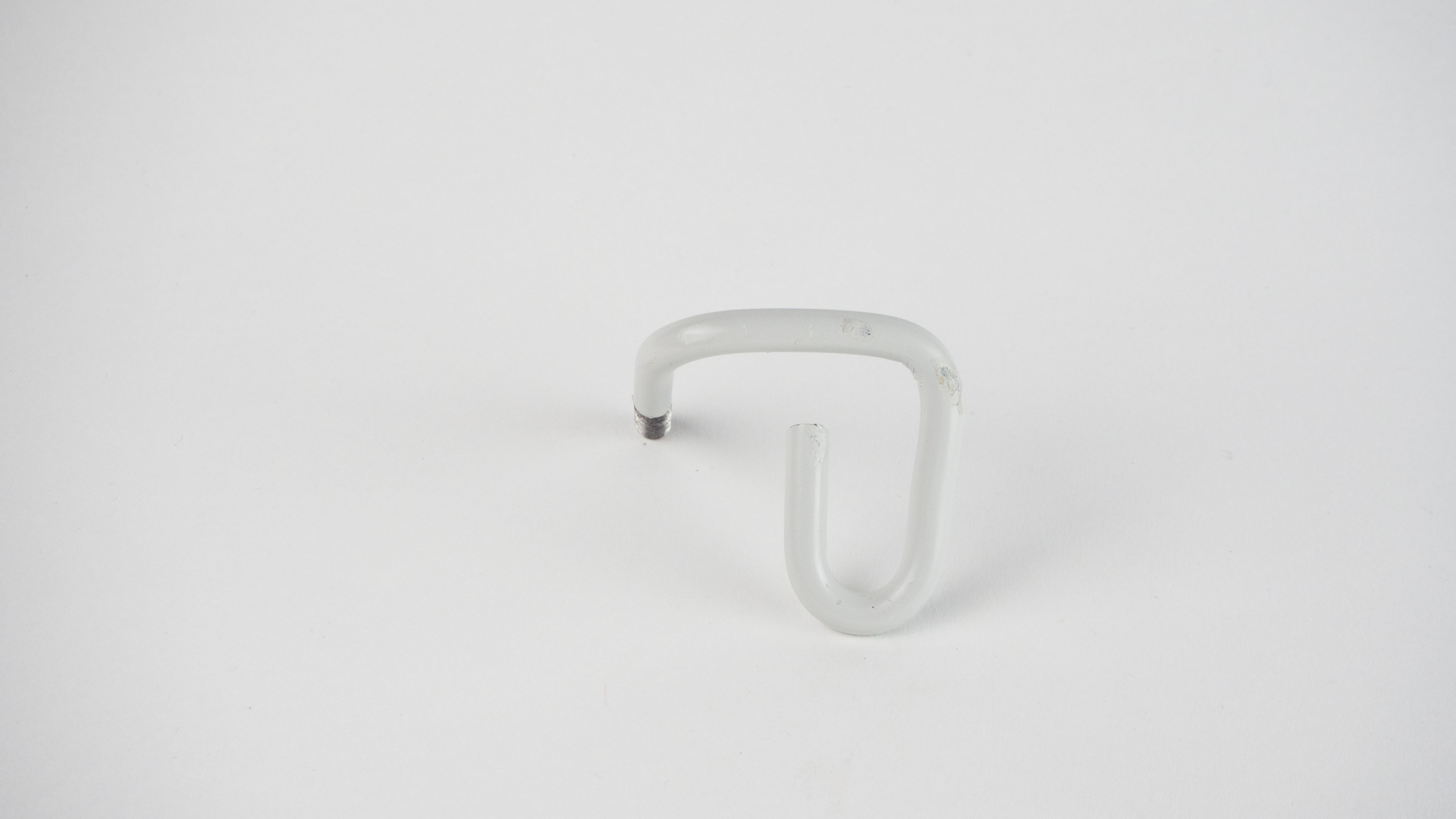
The framework of the lamp consists only of steel rods, without welding or special connecting tools. It is a principle similar to a fishing rod holder. Due to the weight of the two contact surfaces and the light bulb, the rod gets caught on the holder. This will make the posture and the lamp one. It can also be swiveled in any direction in any position. Depending on where the rod is mounted, angle and position change. It can be used on a desk, on a table or near a bed.
Seun Hwang, 4.Sem SuSe 2019

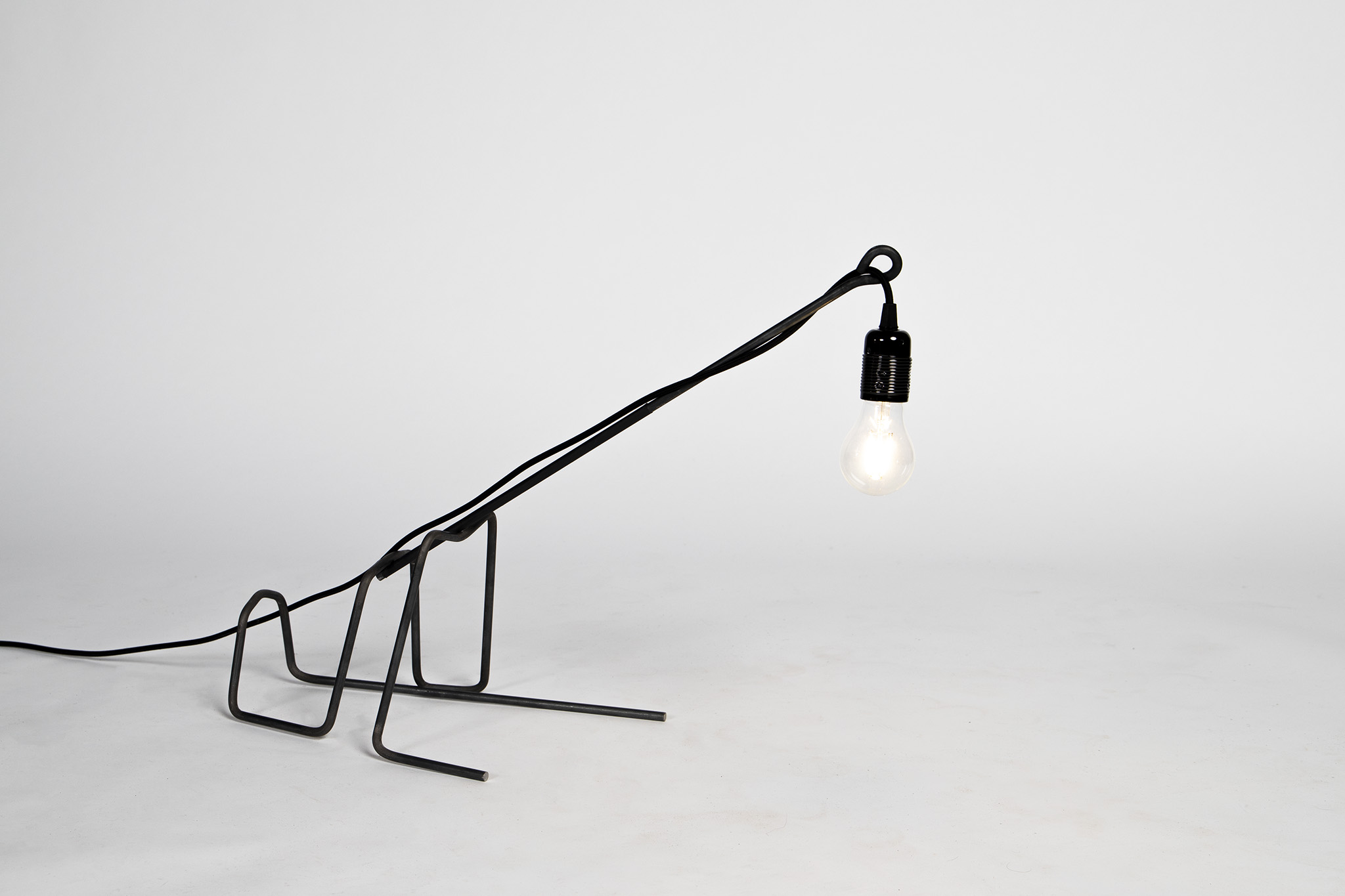

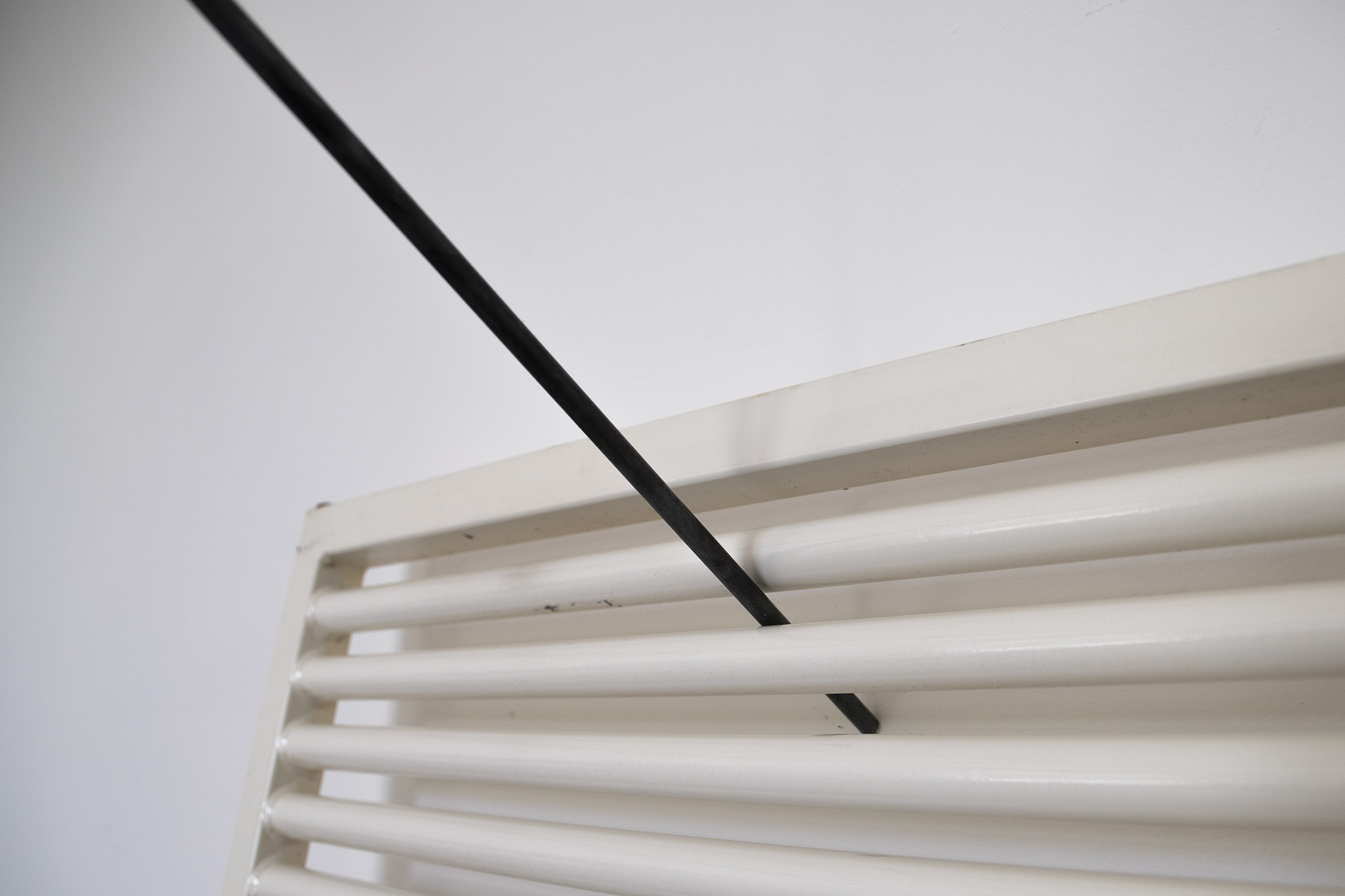
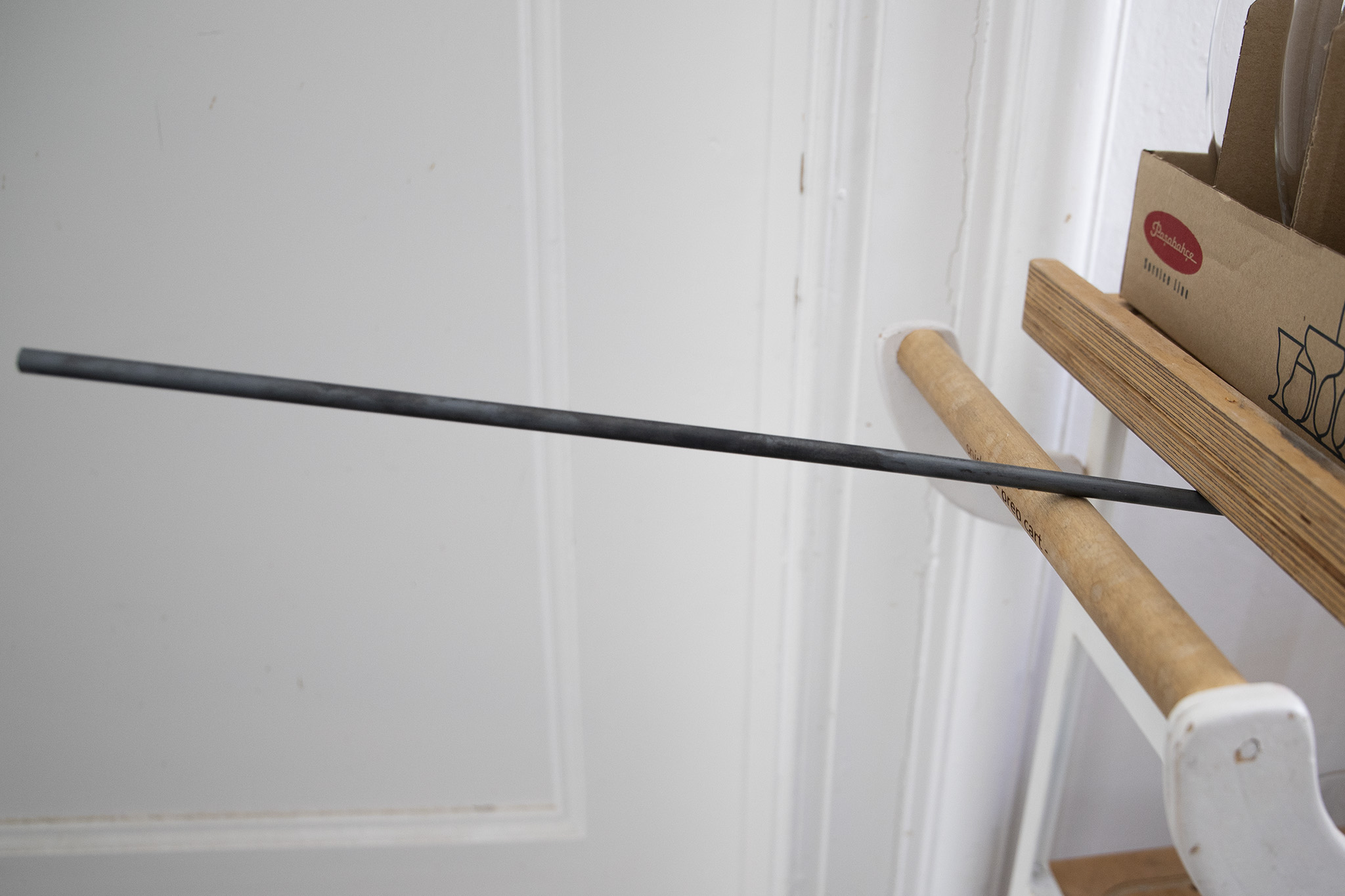
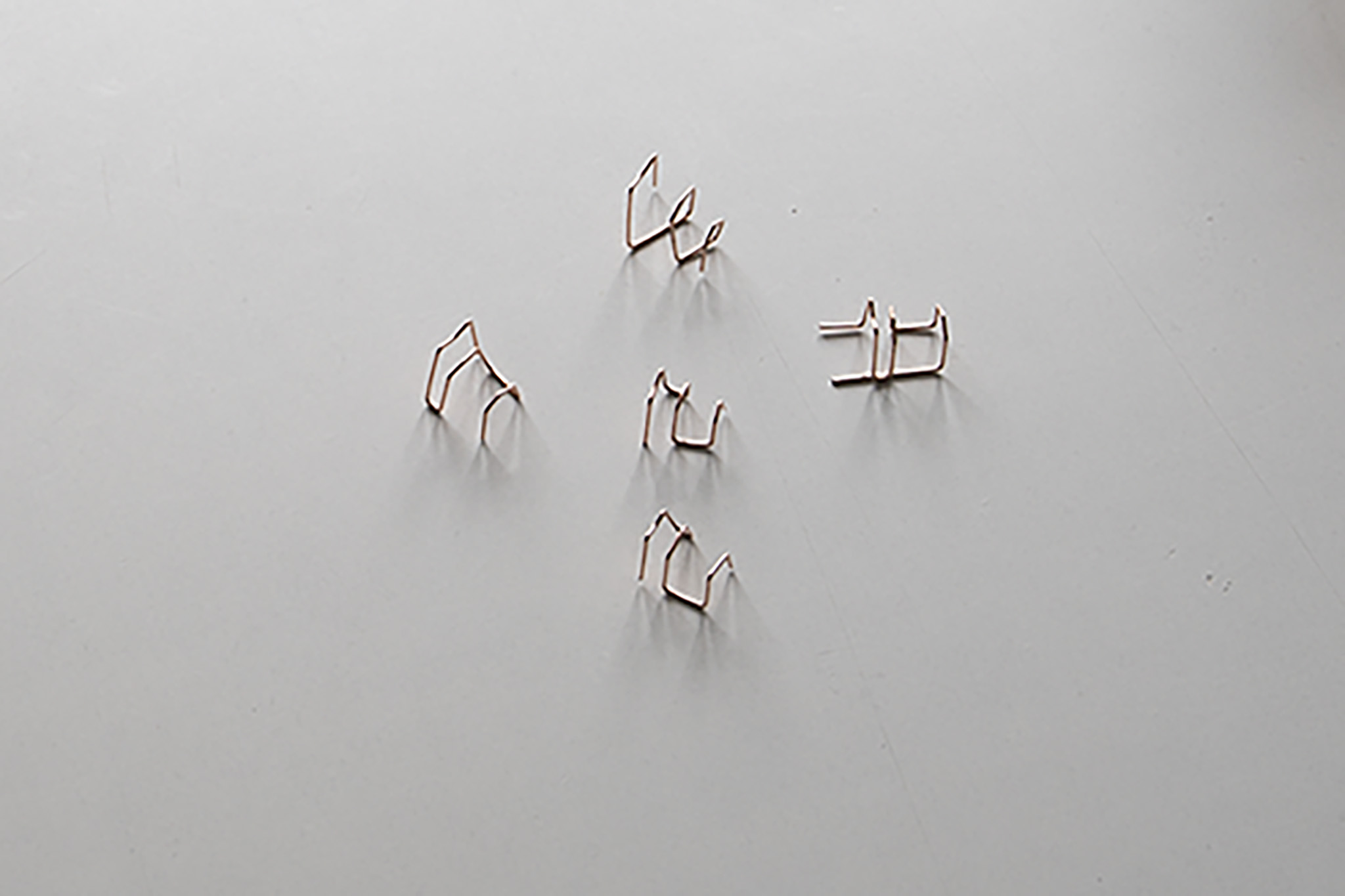
Charge, carry, hang or stand, done.
KEEP IT is a system for storing and transporting firewood, formally reduced to the very essential.
It can be used individually or expanded into an ensemble or wall covering. Using standard wall mounted hooks it can be hang on the wall or easily placed near the fireplace. The object is equally designed for the usual logs in 25 cm and 33 cm. Through the use of standardized material KEEP IT can be produced at low cost, without losing it’s elegance and functionality.
Oskar Bigalke, 4.Sem SuSe 2019
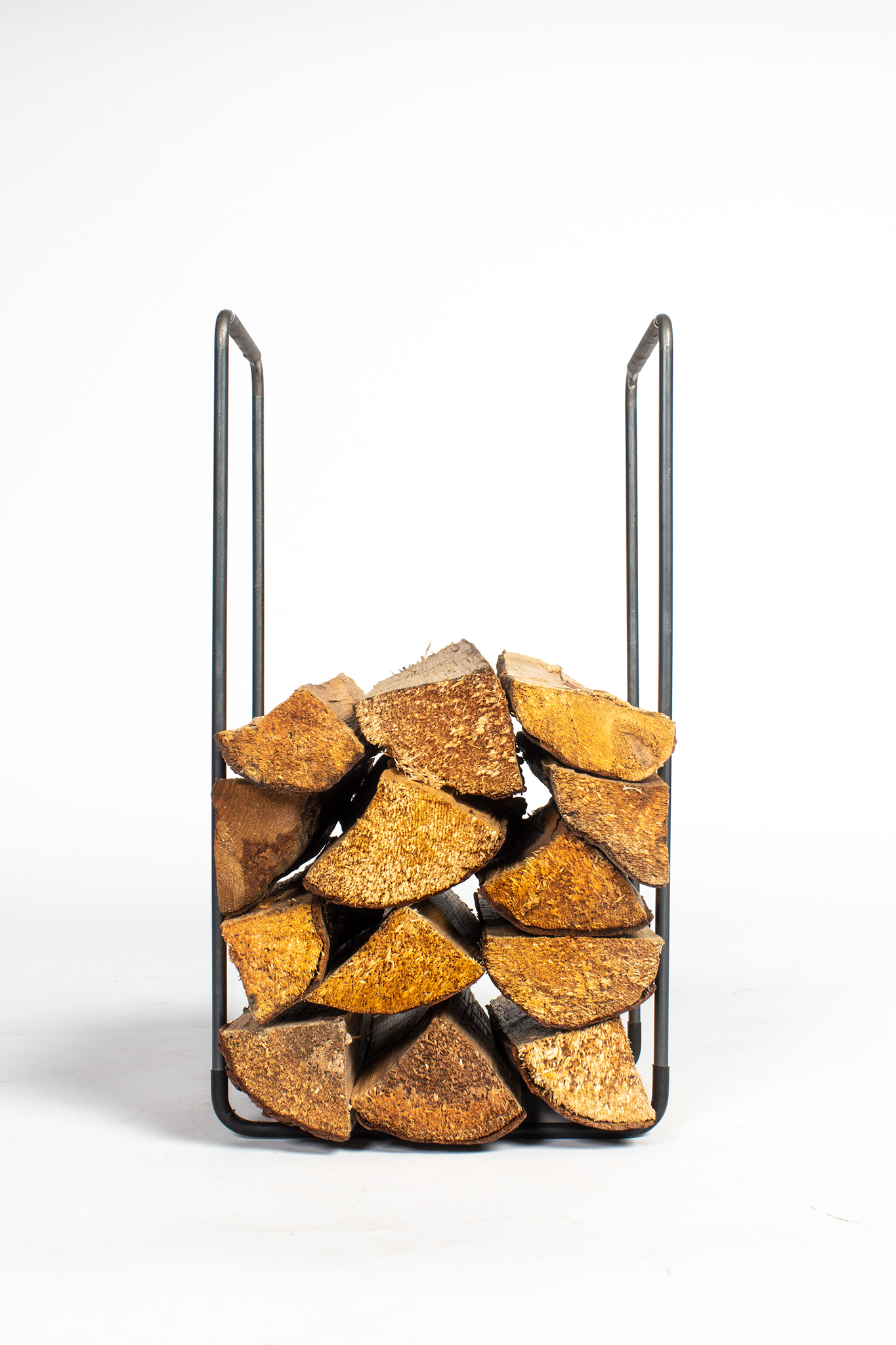
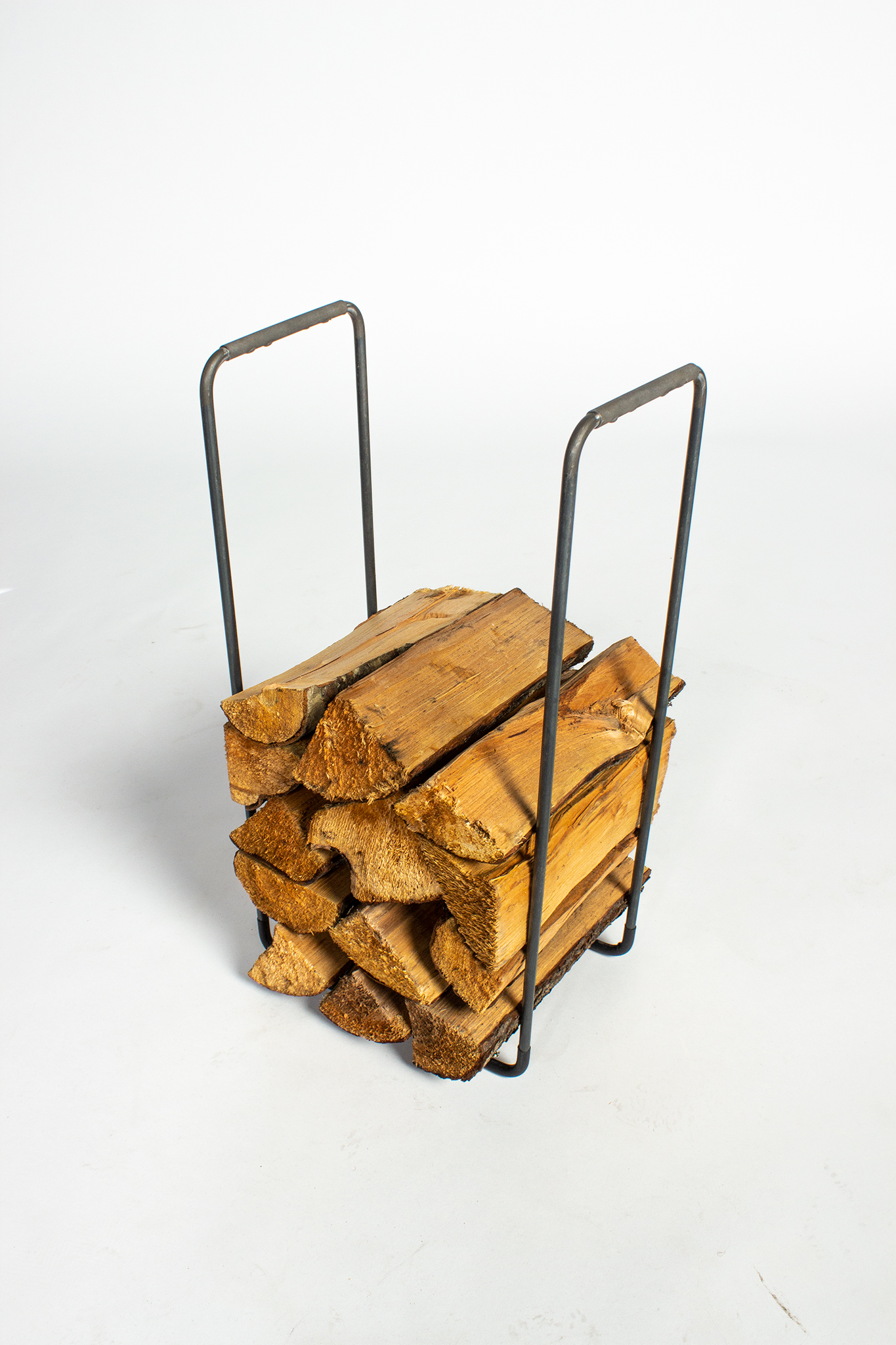
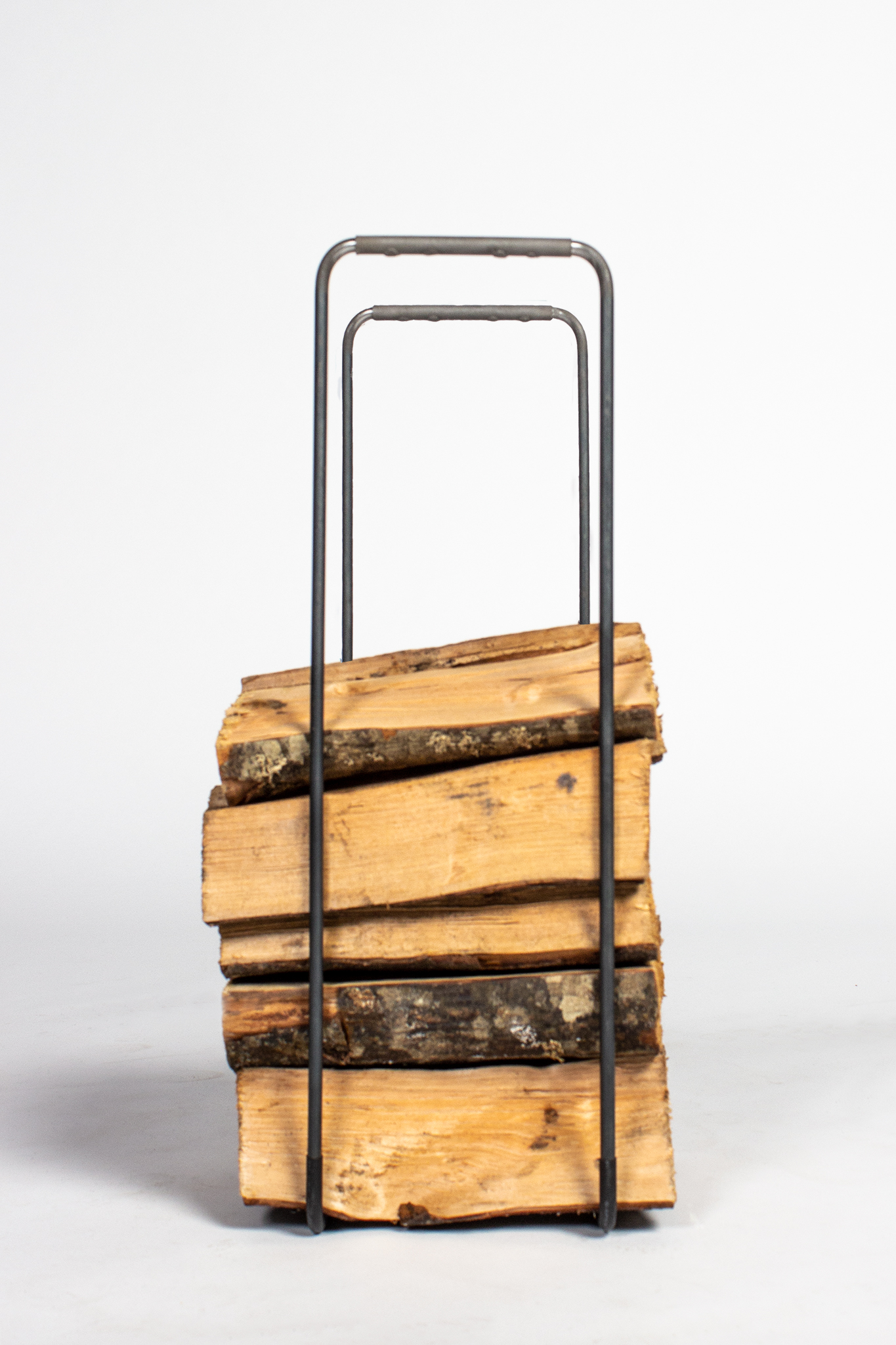
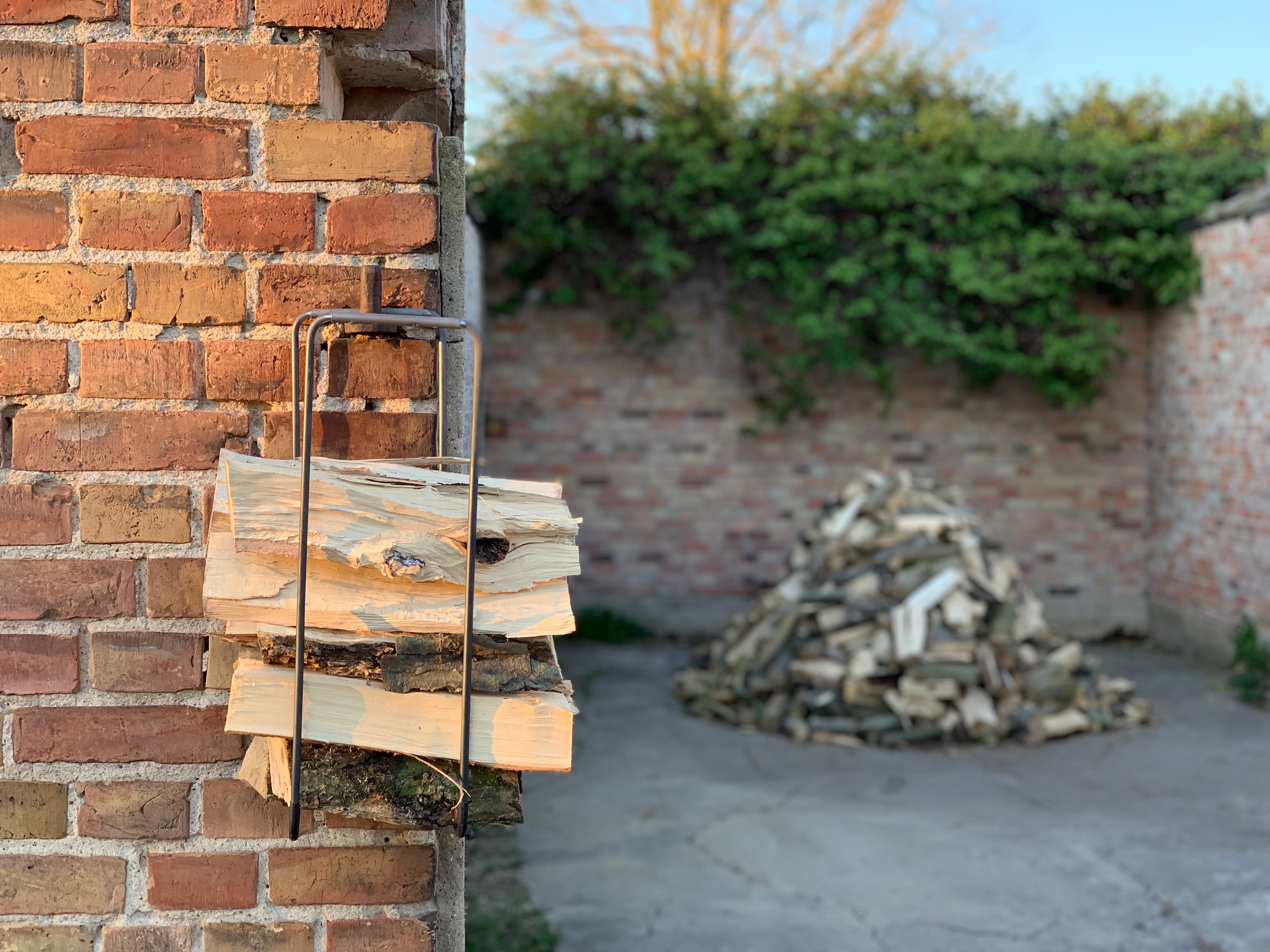
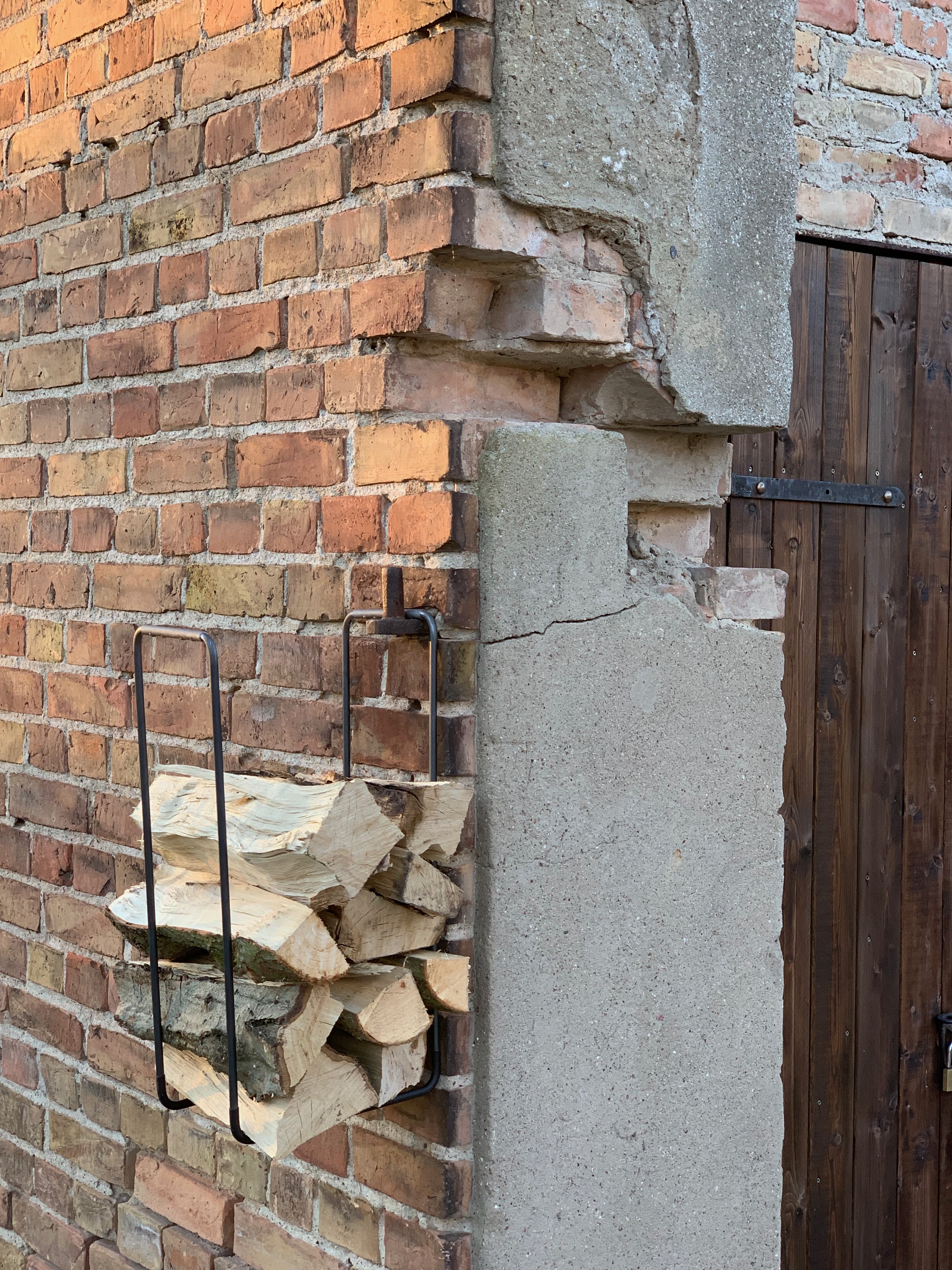
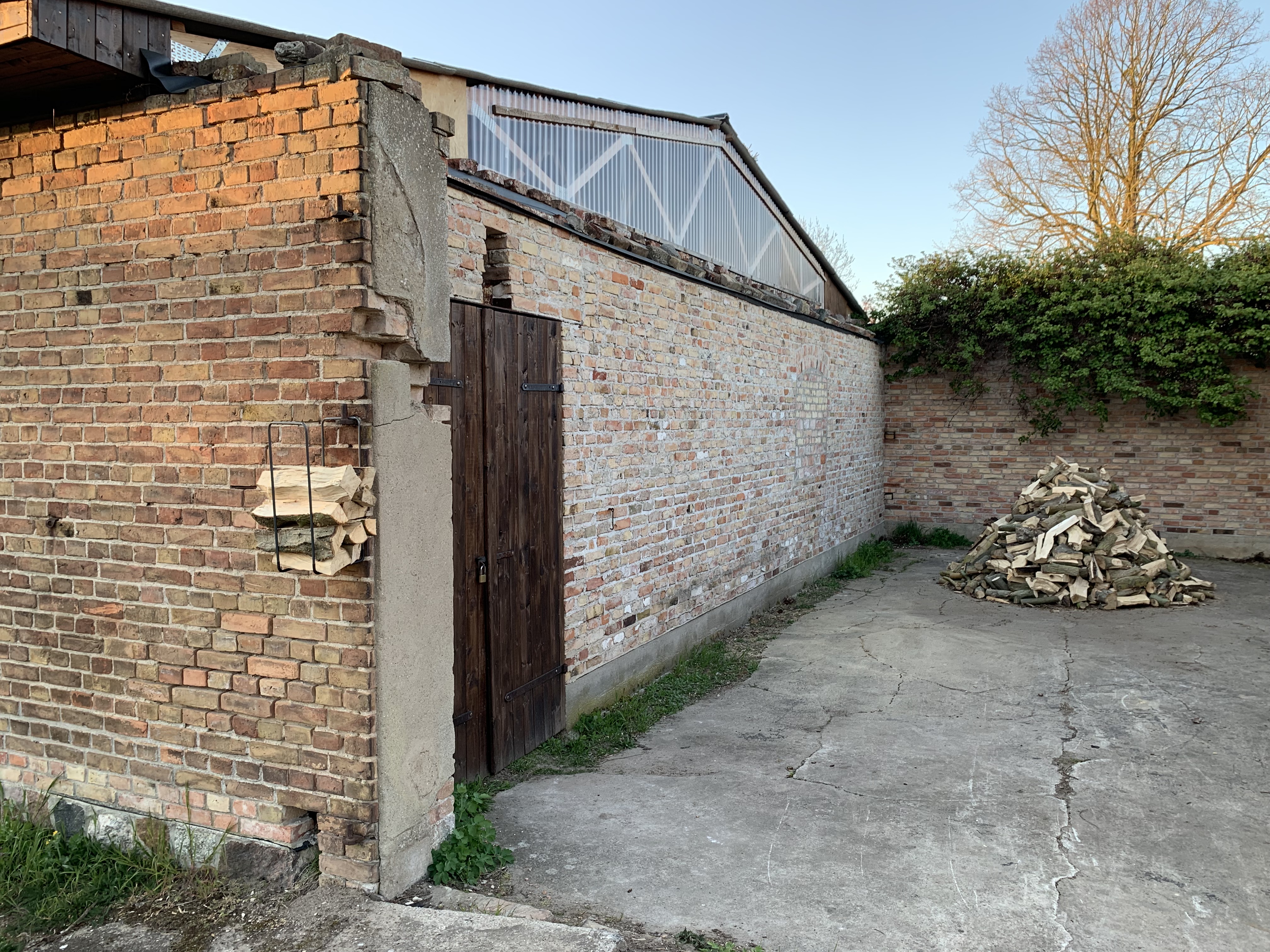
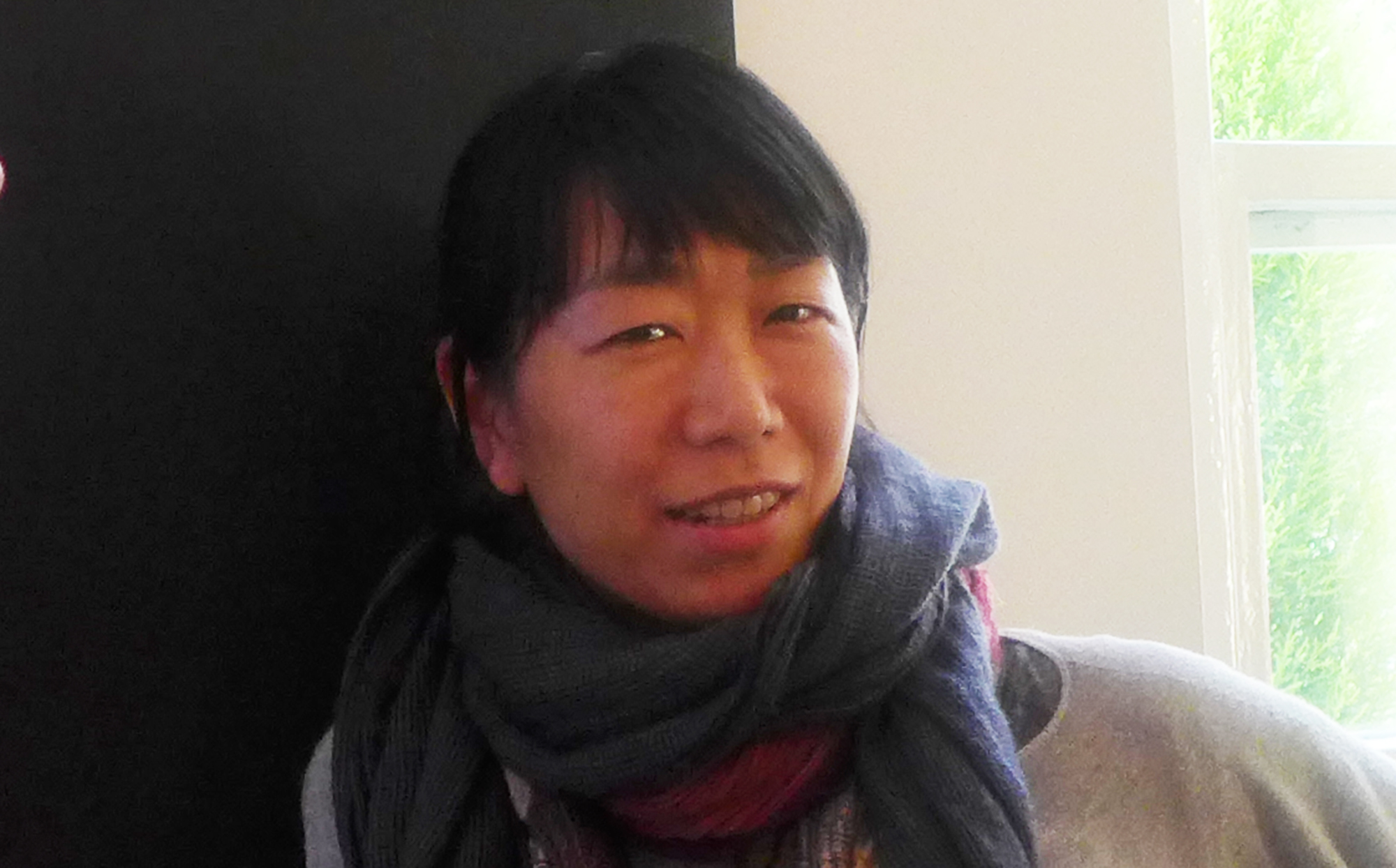
Maiko Tsutsumi
29 April, 18:00
room 202/203
Maiko Tsutsumi is a Japanese designer living and working in London. She is also leading the MA course Designer-Maker at Camberwell College of Art (part of UAL the University of Arts London). Maiko will talk about both sides of her practice. The informal talk is open for all students and staff of IPP.
more about Maiko Tsutsumi
Maiko Tsutsumi’s research and studio practice focuses on the role of materiality and skills in artistic practices, as well as their relationship to the practitioner’s thought processes. She studied and apprenticed in furniture making and Japanese lacquer work in Kyoto during the 90’s, before moving to London to study furniture design at the Royal College of Art.
Tsutsumi has been involved in curatorial projects including Thingness (2011, 2013), as well as The Laundry Room (2012) at Balin House Projects funded by the Arts Council. Tsutsumi completed a practice-based PhD The Poetics of Everyday Objects in 2007.
www.maikotsutsumi.com
MA course designer-maker at Camberwell College of Art
and: @ma_designermaker
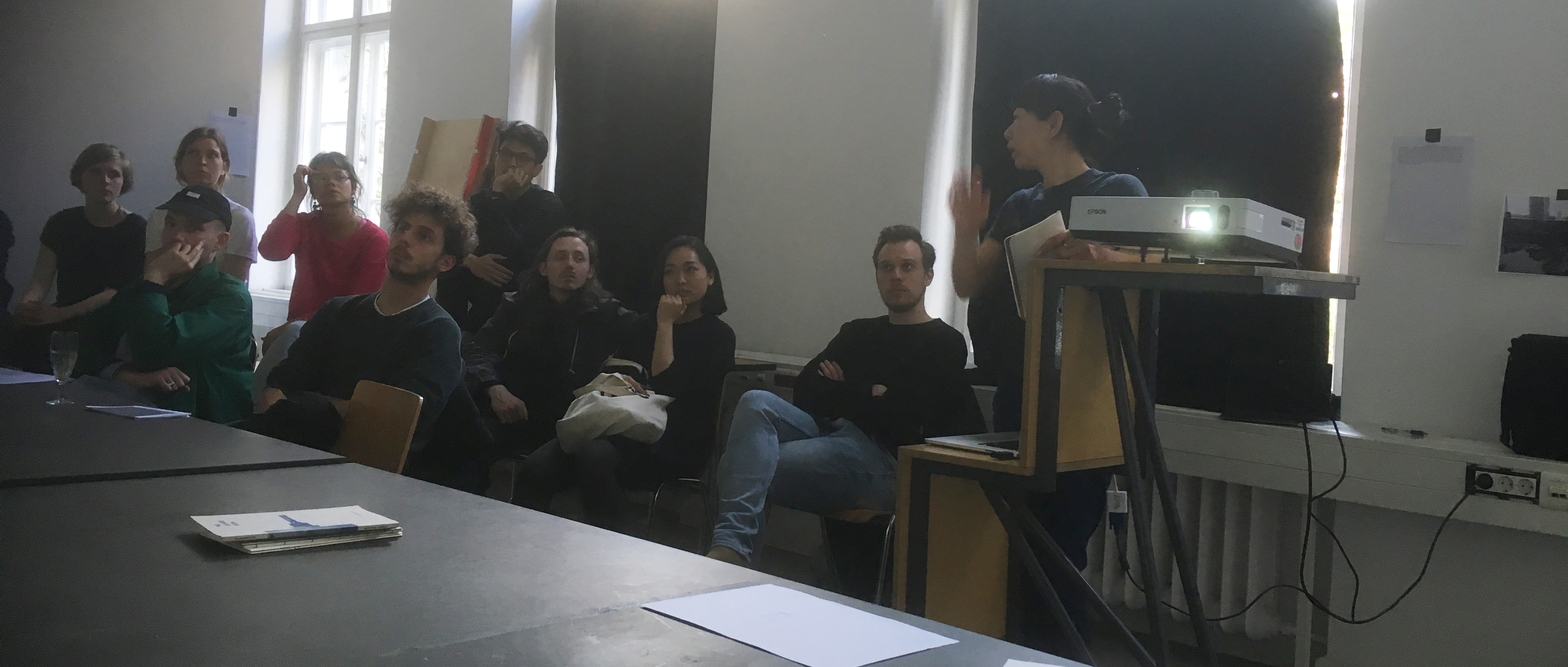


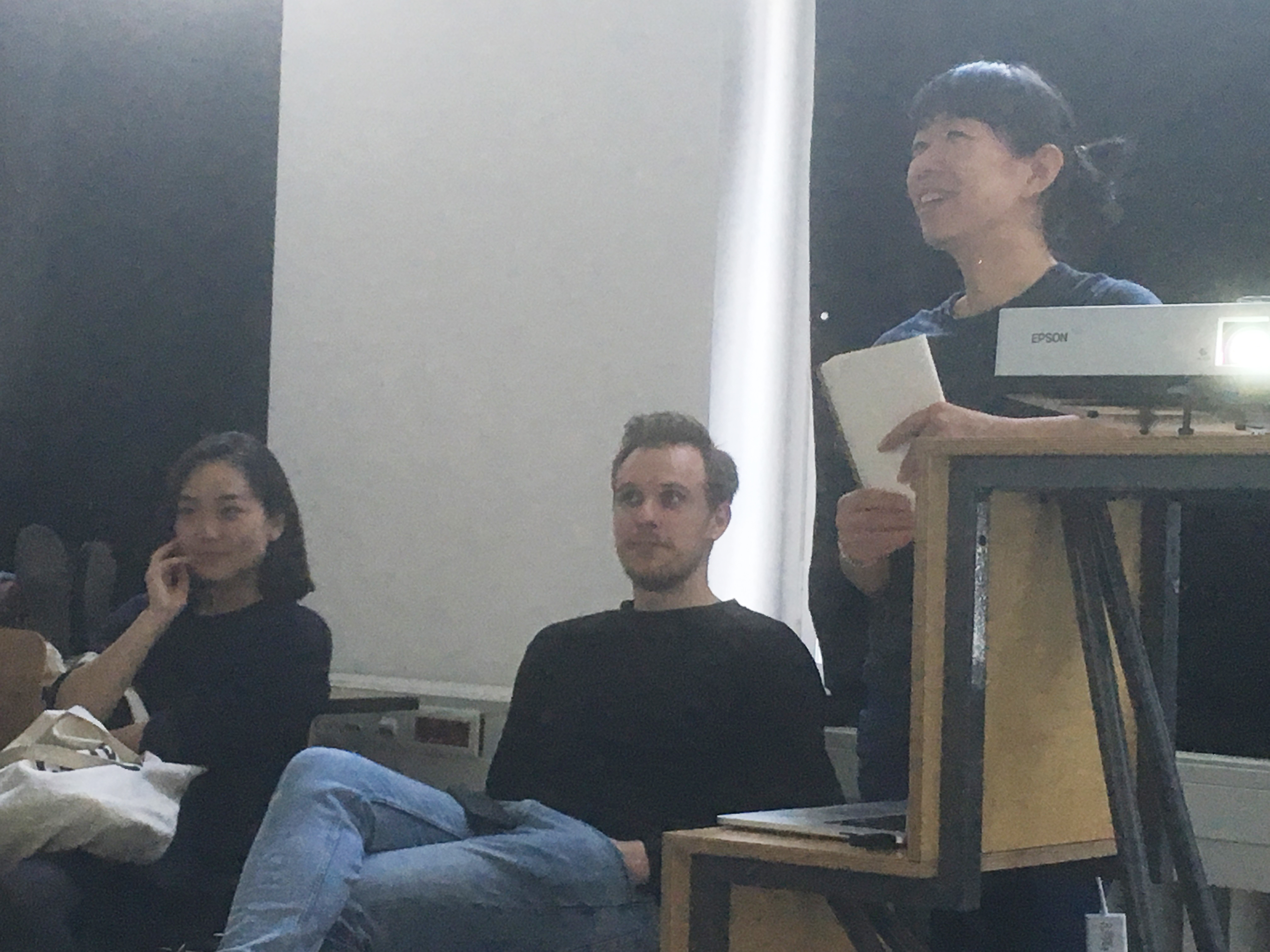

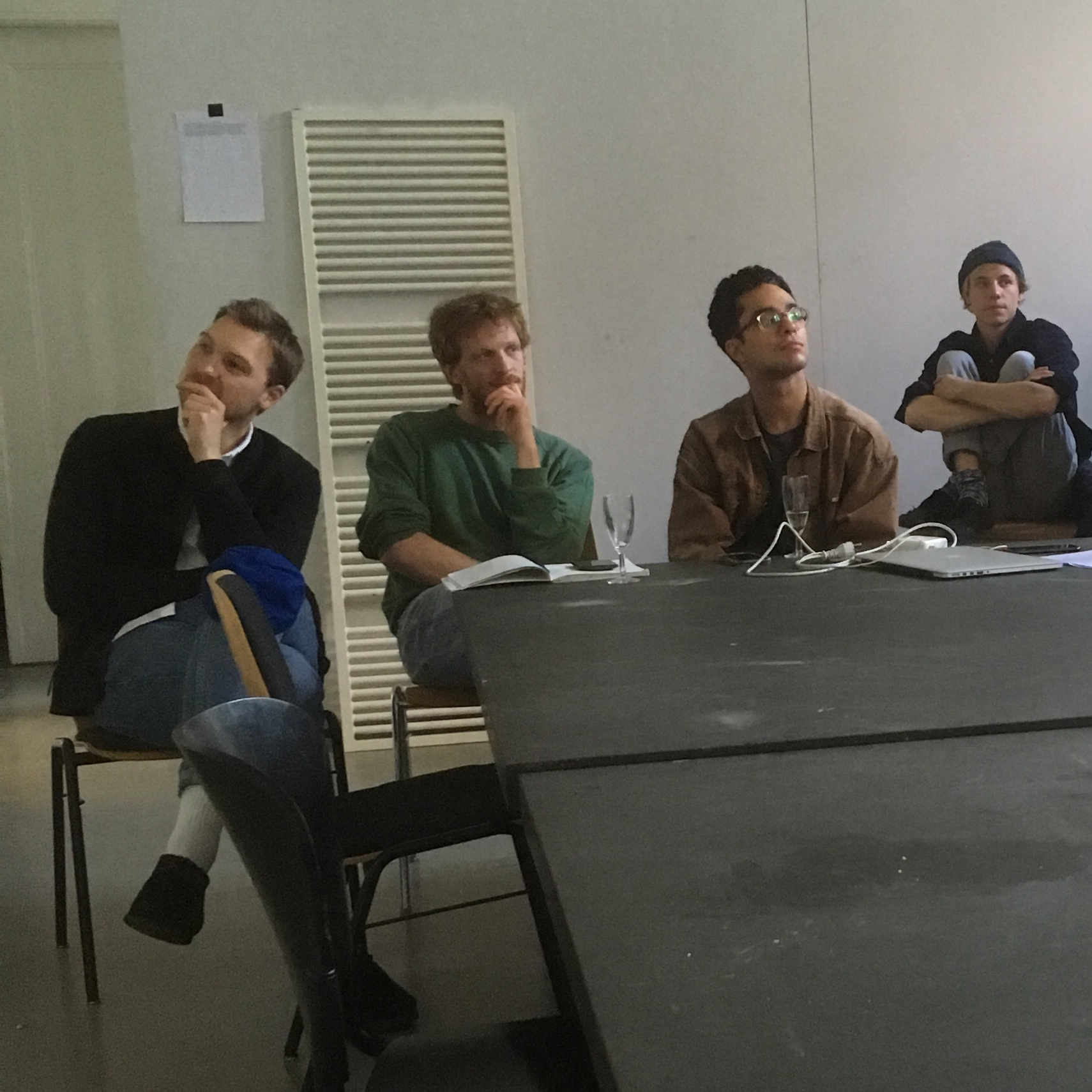
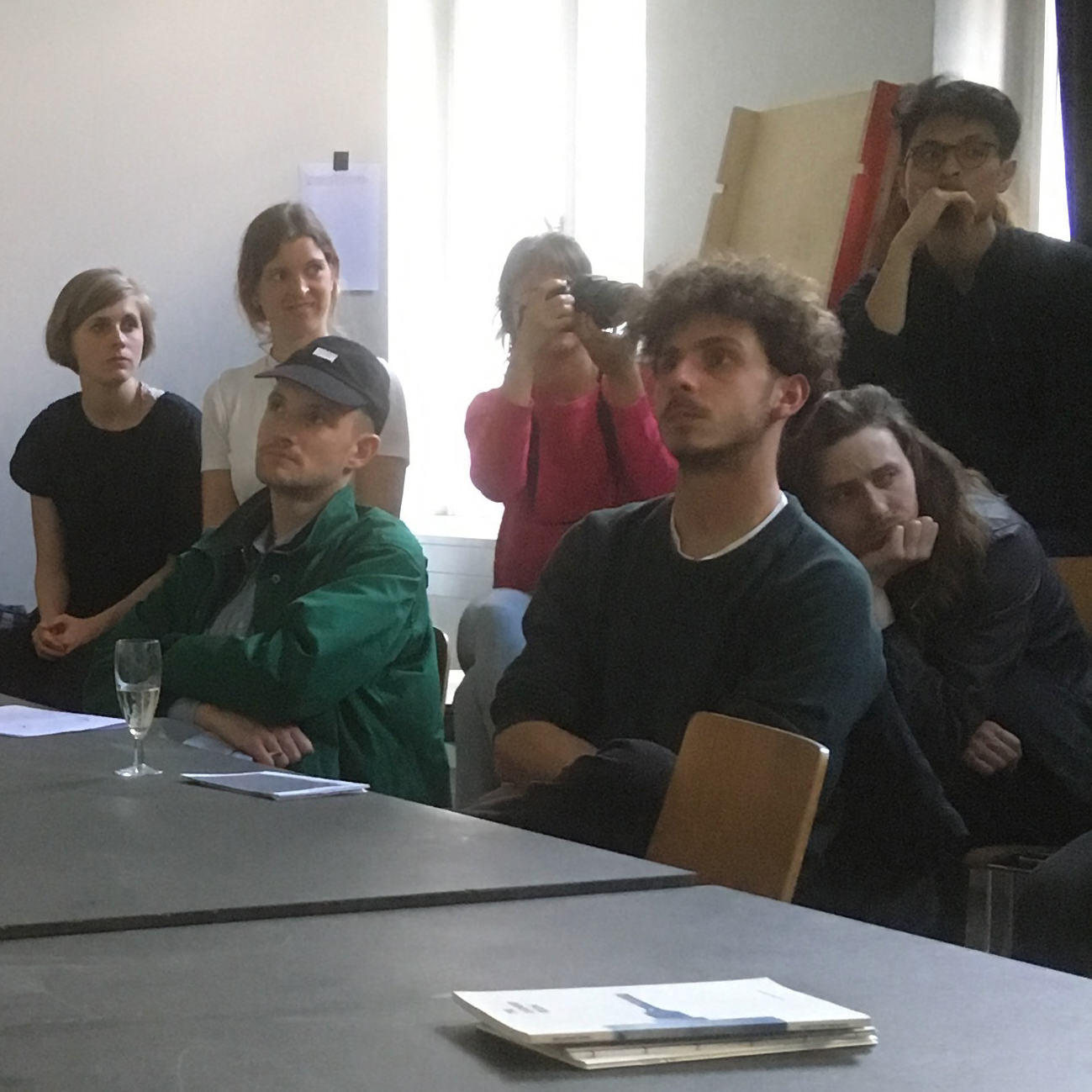
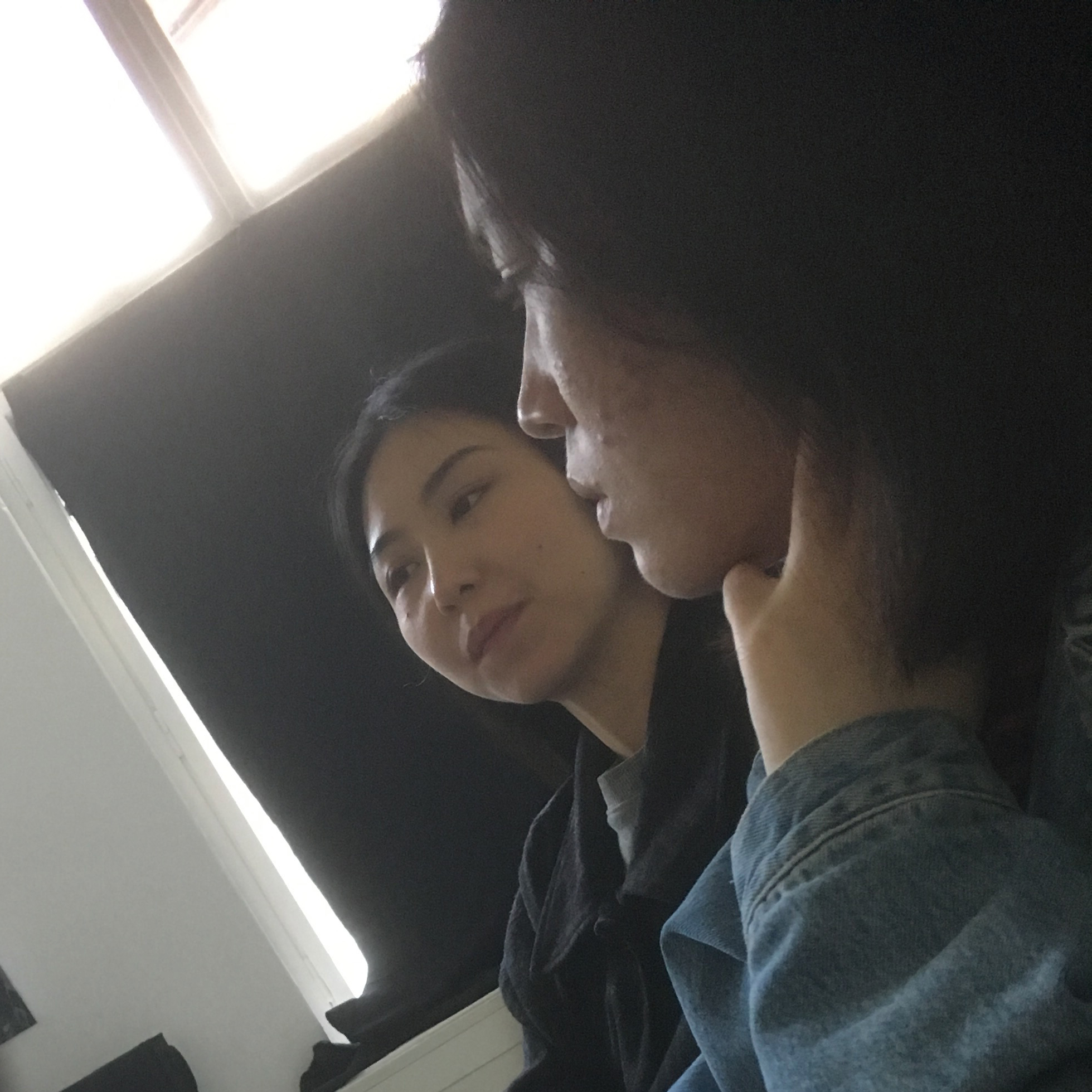

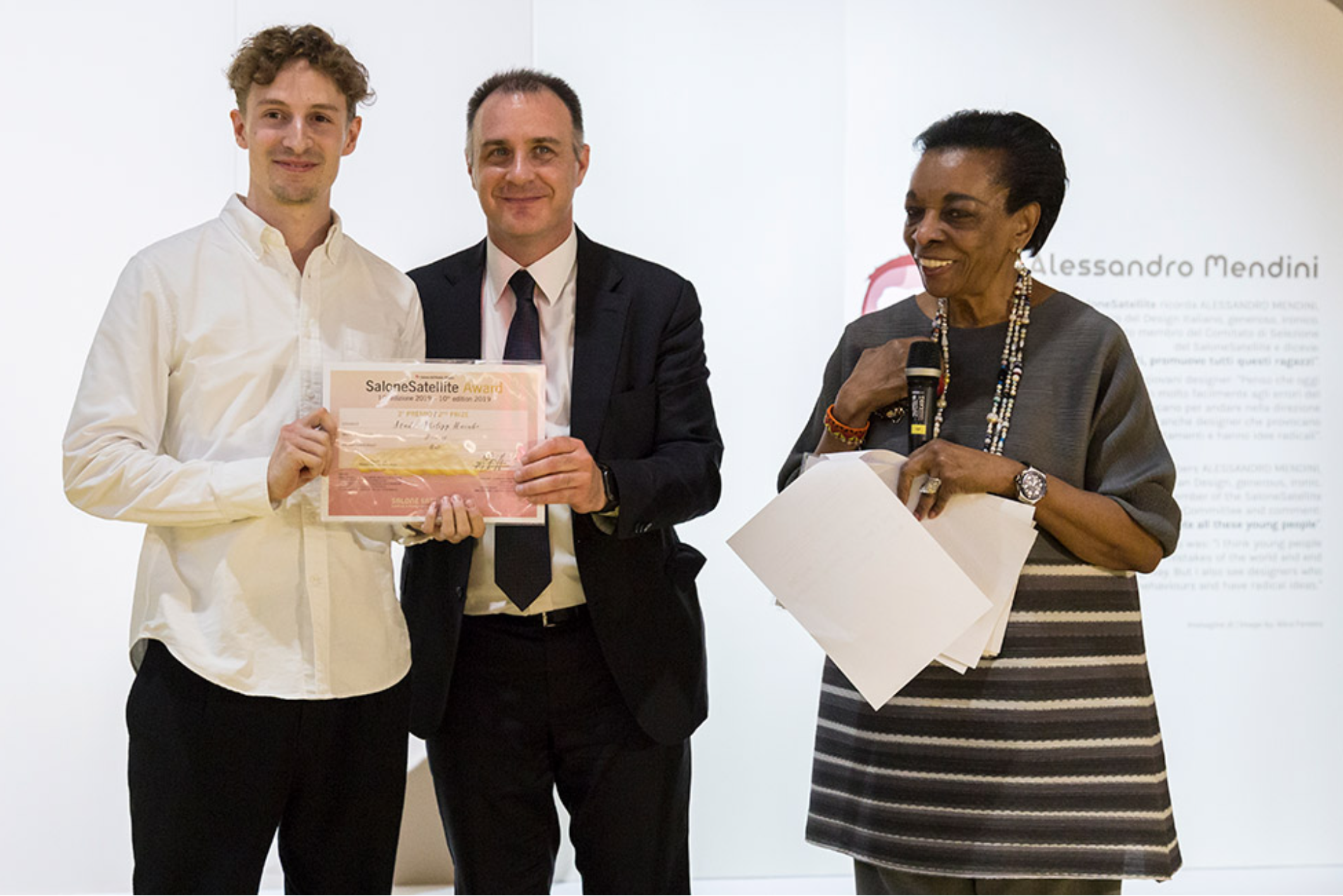
Photo by Ludovica Mangini
At the annual SaloneSatellite in Milan MA student Philipp Hainke won award!
After an inspiring presentation with UdK’s product design department at SaloneSatellite in 2018, Philipp decided to have a booth of his own in 2019 and went up for the annual SaloneSatellite Award.
An international jury with leading persons from the design world – designers, journalists, directors of companies and Vitra Design Museum, chaired by Paola Antonelli (Senior Curator at MoMA New York and curator of the XXII Triennale diMilano) – selected 3 top products.
They awarded Philipp’s Halo chair from hemp and casein with the second prize!
read more and see: www.philipphainke.de
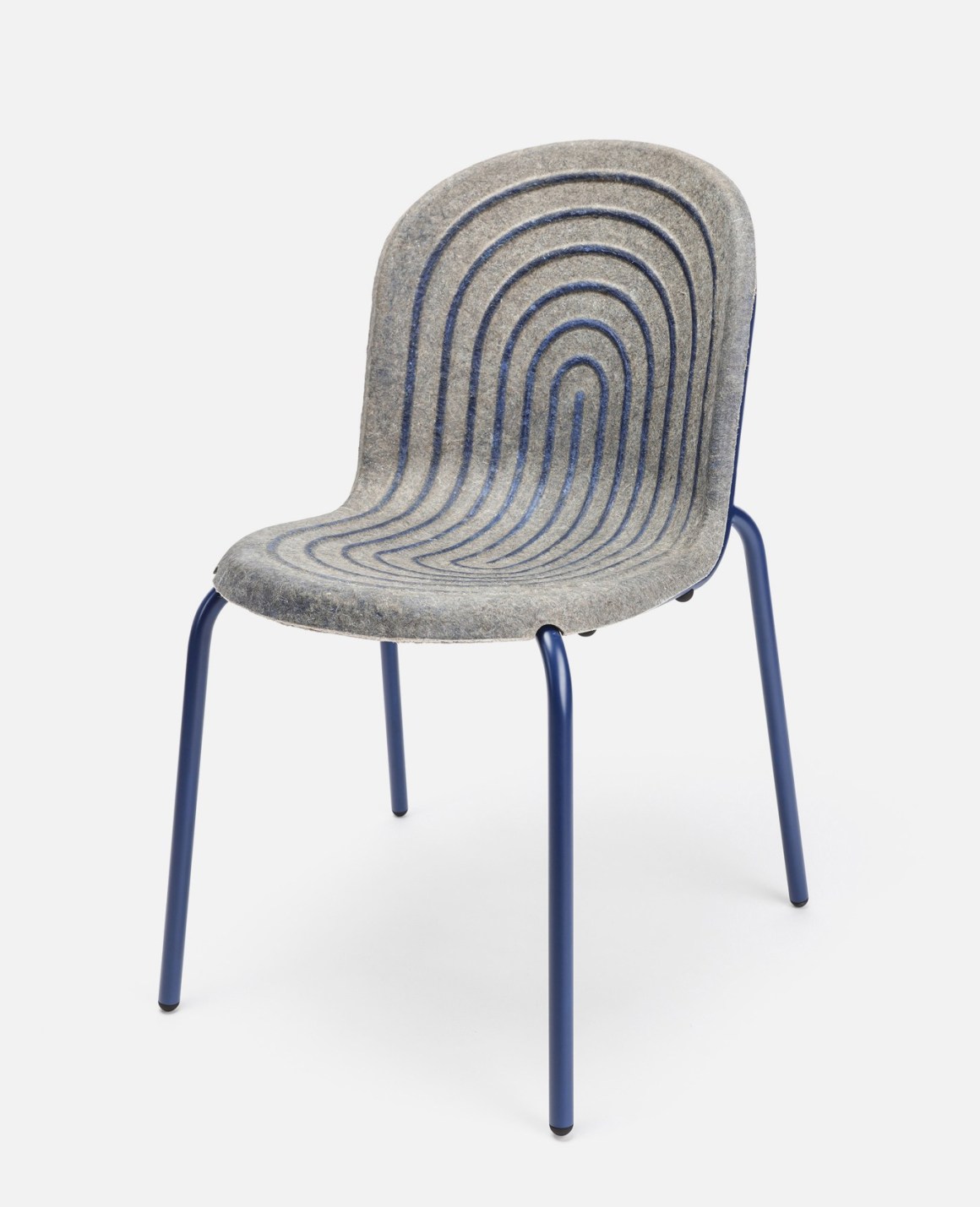
Halo Chair by Philipp Hainke
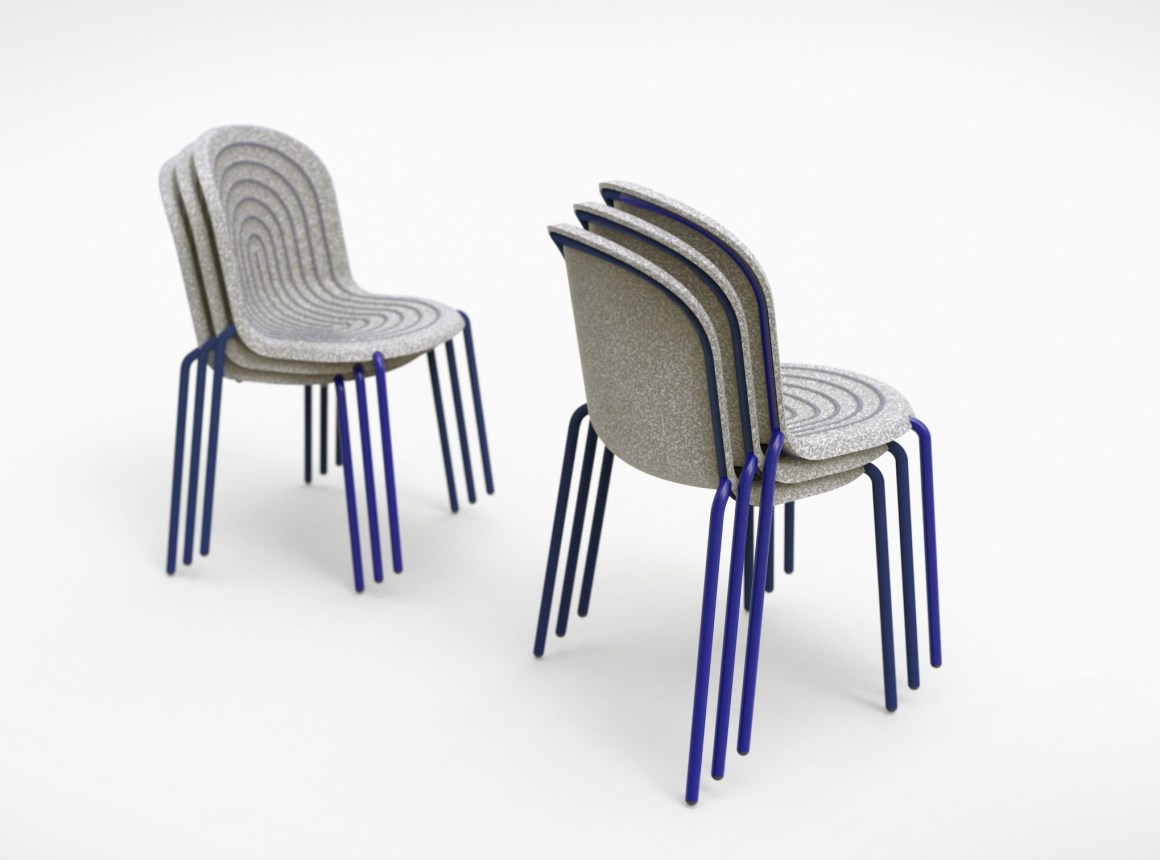

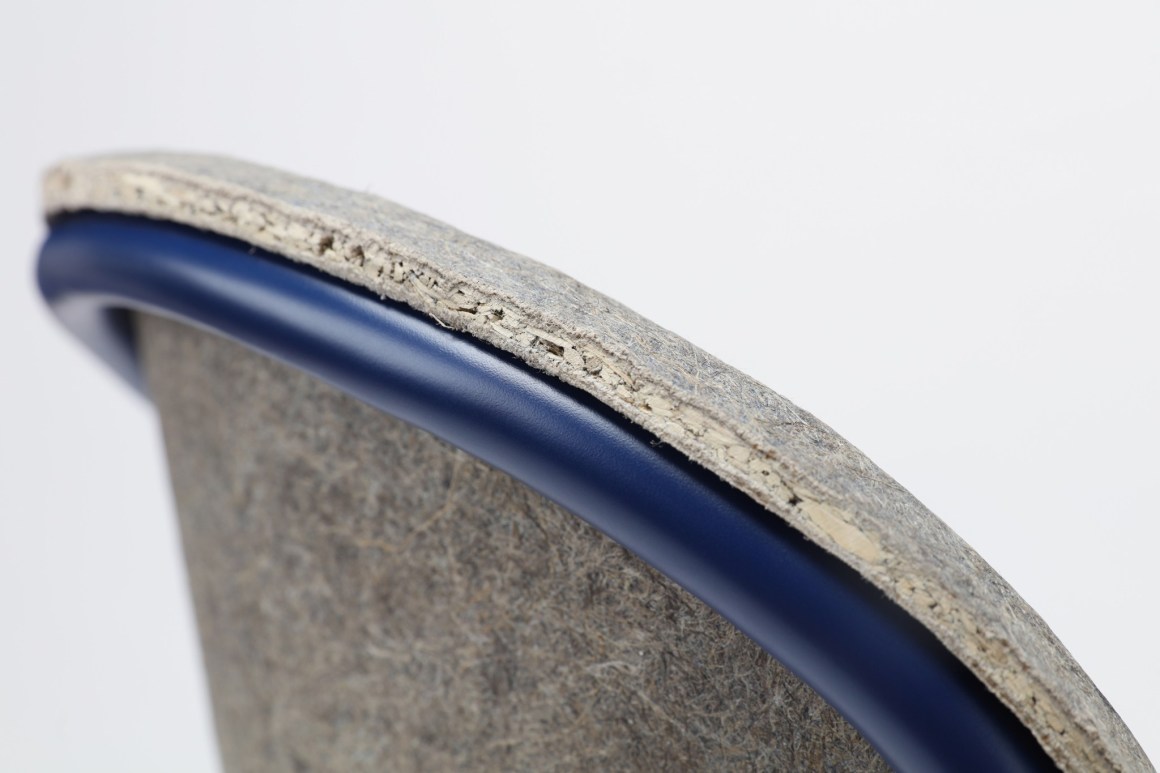
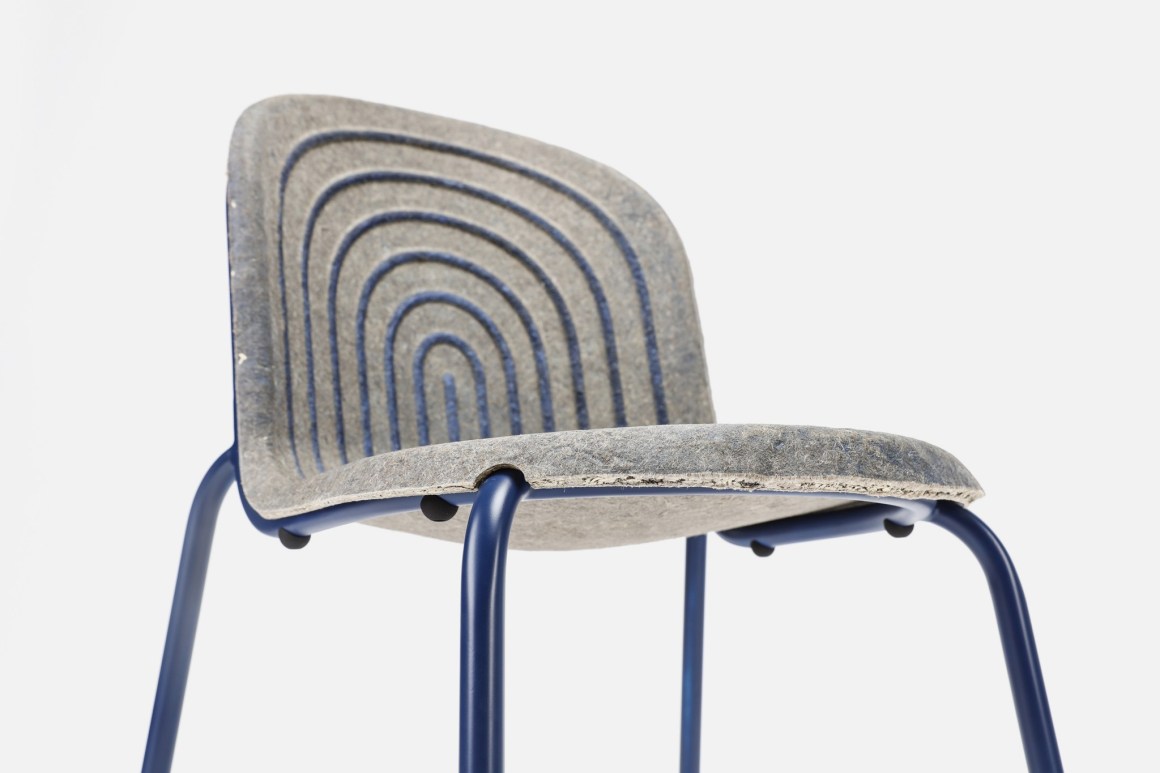
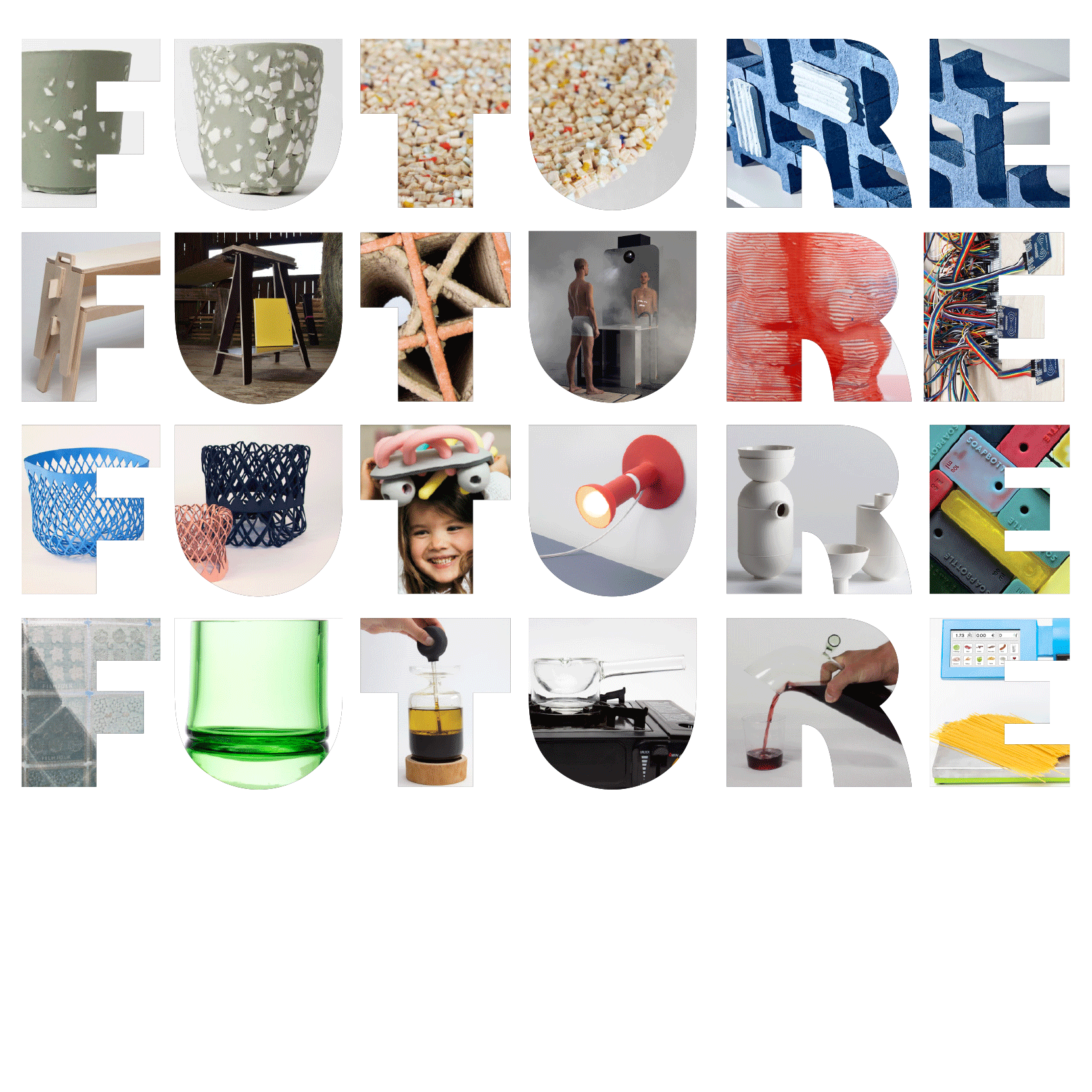
UdK’s Product Design course presents at SaloneSatellite Milan.
Product Design students and graduates of the University of Arts Berlin experiment, innovate and look to the future:
– They investigate new and sustainable materials and techniques
– They explore new possibilities for design with the help of digital technologies
– They collaborate with others, inspire partners and gain experience in thinking about societal topics
– They develop new visions and product typologies that reflect our time and near future
Under the title FUTURES twenty projects, that stretch the boundaries of design today, are presented in four domains:
• Material Futures • Digital Futures • Product Futures • Food Futures
9 – 14 April: SaloneSatellite Milano, pavilions 22-24, stand S14
On 10 April at 16.00 cool water, wine and nibbles will be served.|
For press texts and images you can CLICK HERE
For more information contact:
Follow instagram: @udk_productdesign / @udkberlin / #udkmilano2019
Exhibition design for UdK Berlin Institute of Product and Process design: KM Maciej Chmara. Supervision and curatorial concept: Prof. Ineke Hans.
(The stand is for 99% made from recycled, found and reusable materials)
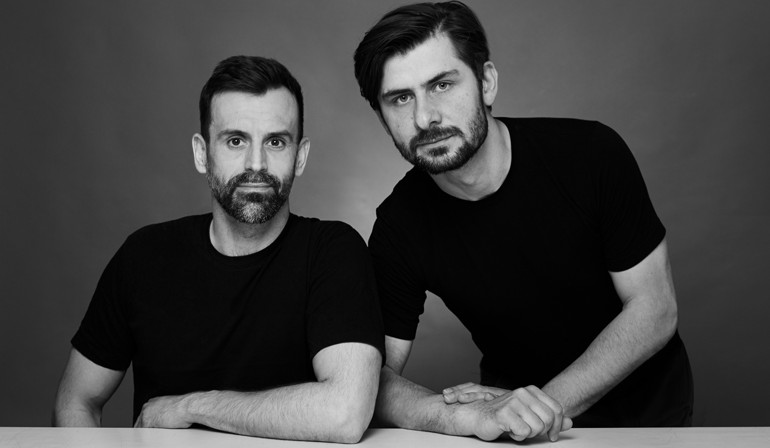
Oliver Deichmann & Blasius Osko
7 May, 2019
Room 202, 18:00
Büro Osko+ Deichmann from Berlin has a lot of experience with design and development of products where STANDARD plays a role. In their work they deal with standard materials but the manage to design products within that context that are far from standard, like their straw and superkink furniture.
Osko+Deichmann works together with (inter)national labels. Their work has been shown at the Louvre Paris, Vitra Design Museum Weil am Rhein and Berlin, Cube Gallery Manchester, MoMA Berlin, the Guggenheim Museum Berlin, Marta Herford, Design Museum Holon, Villa Necchi – Camera del Principe Milan, International Design Biennial Saint Étienne etc.
Osko+Deichmann talk about their work on 7 May in room 202.
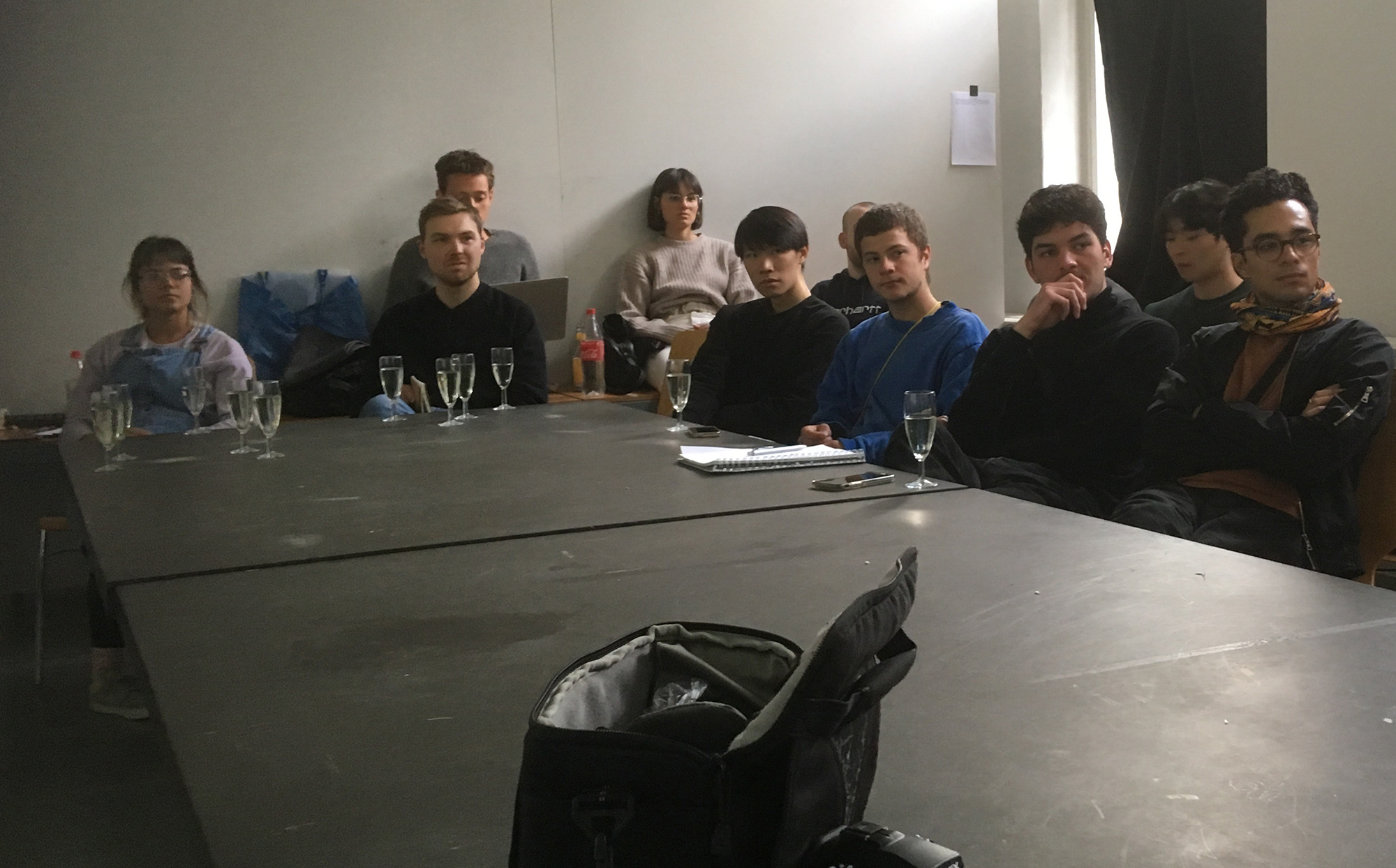
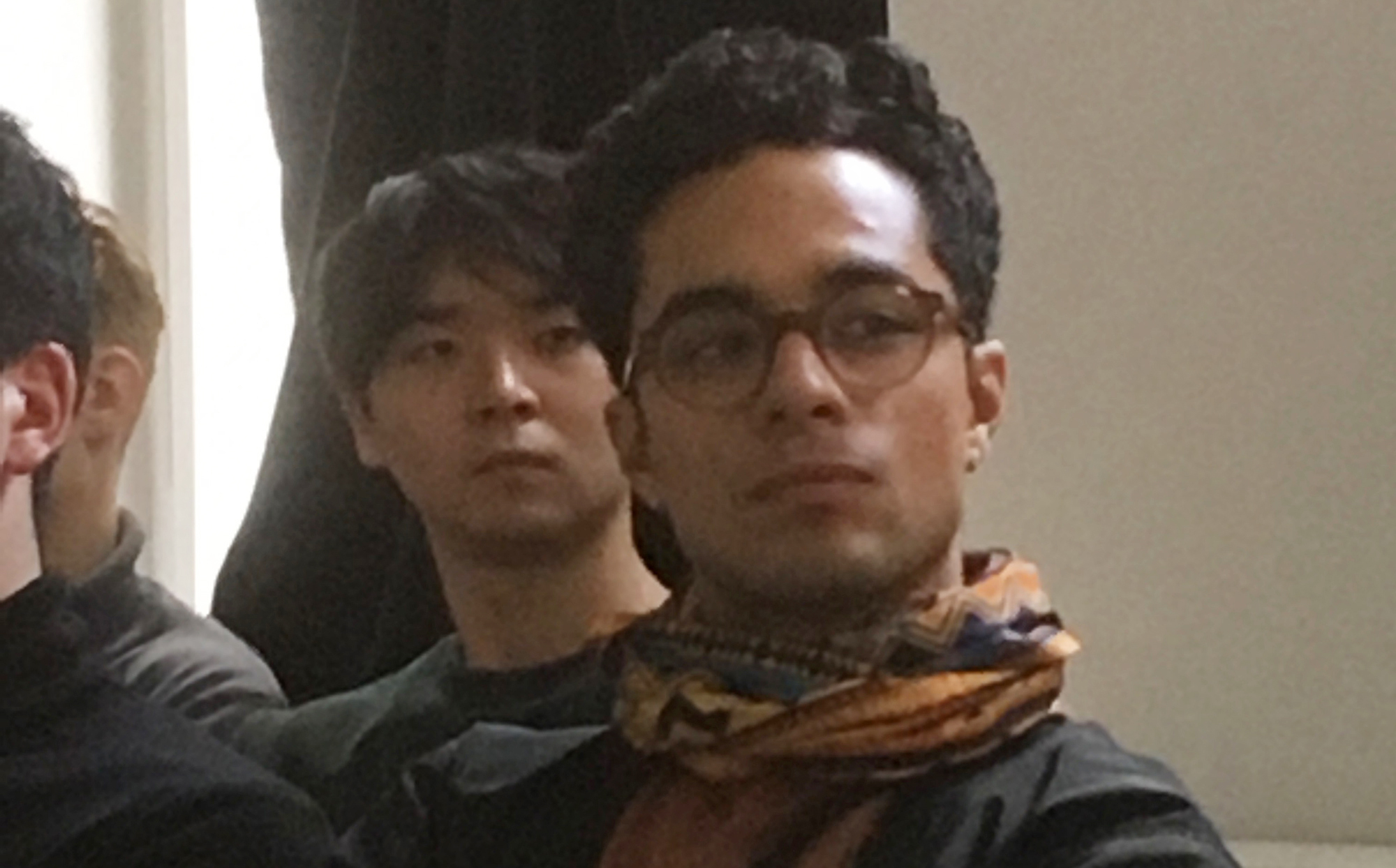
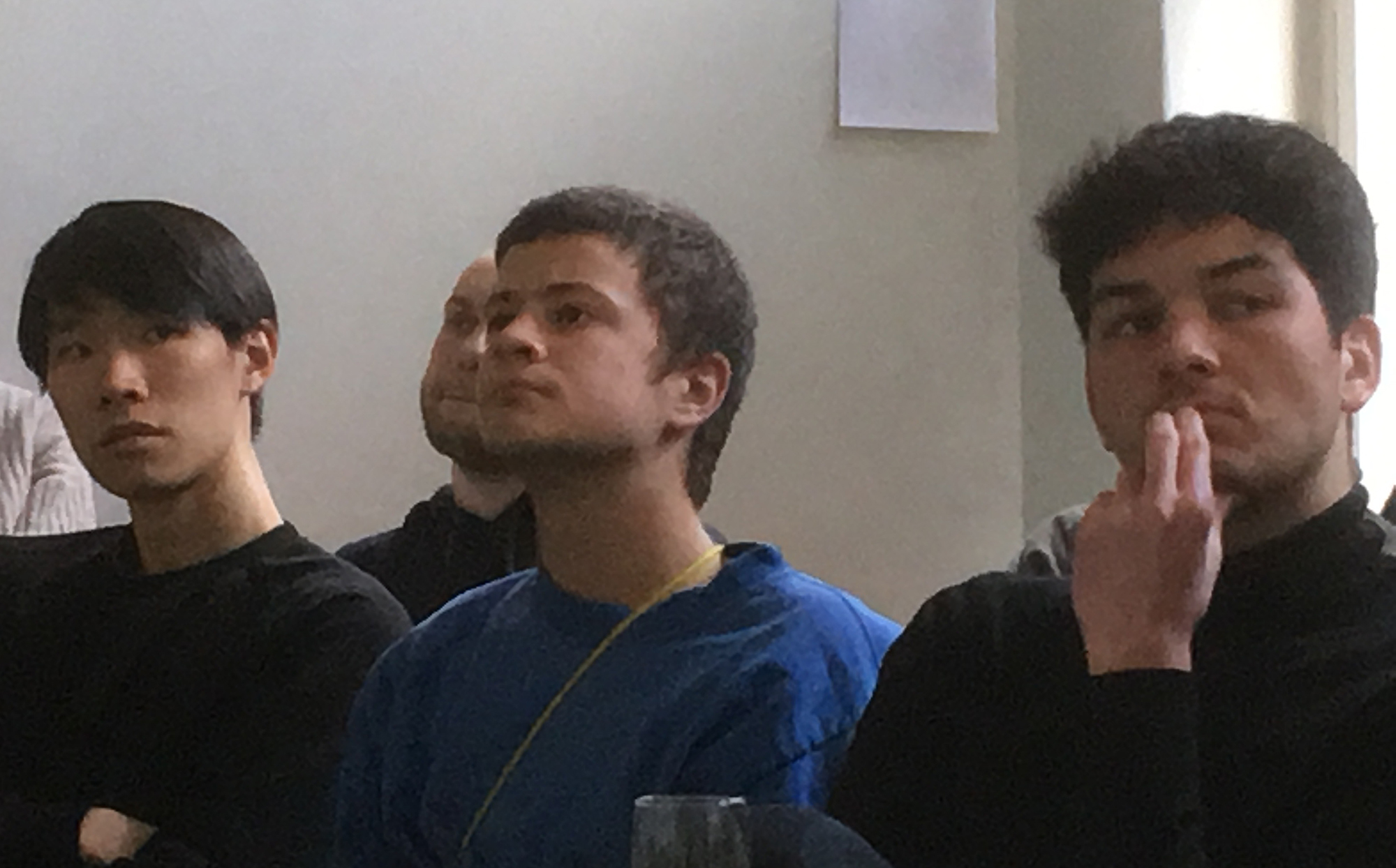
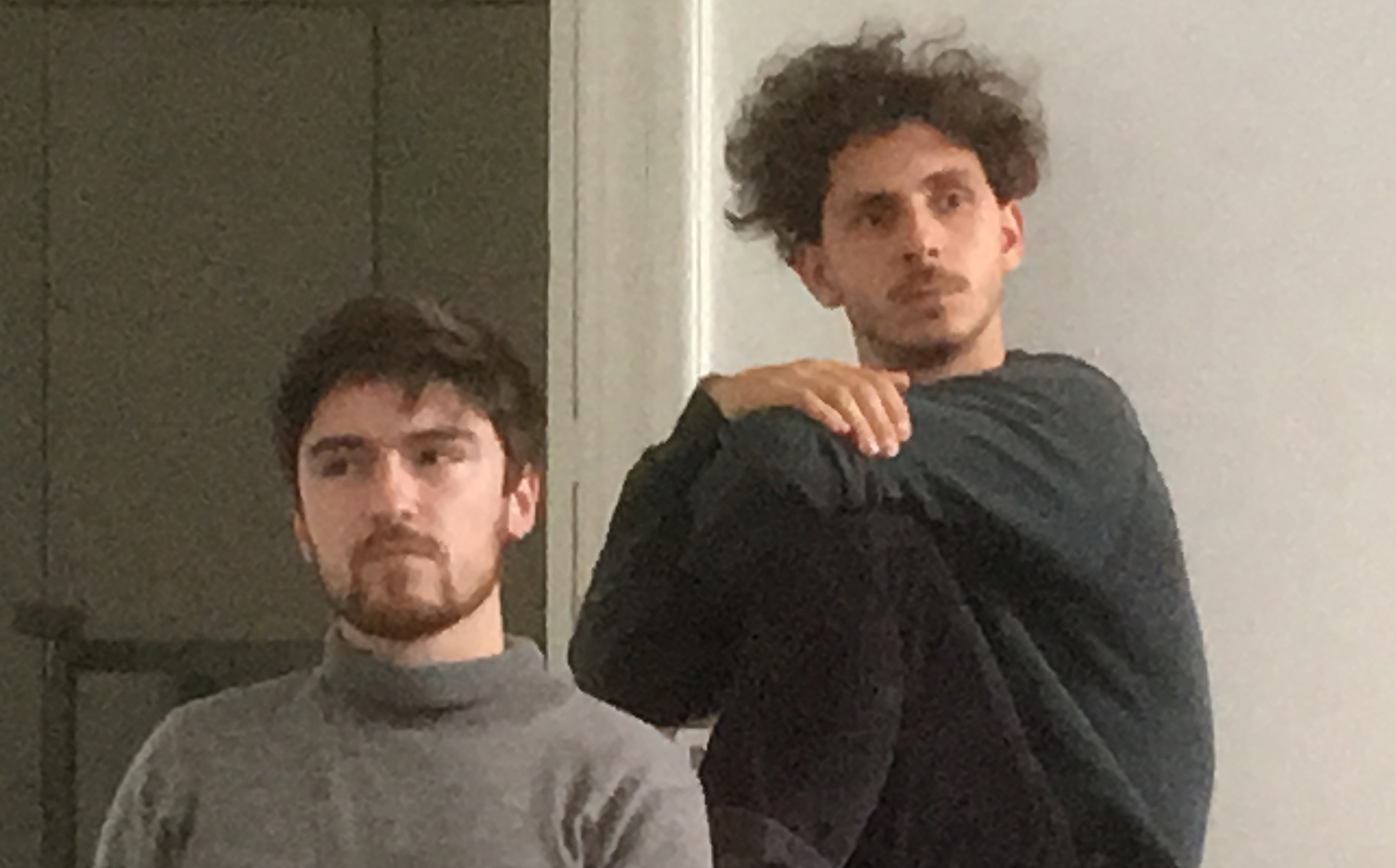
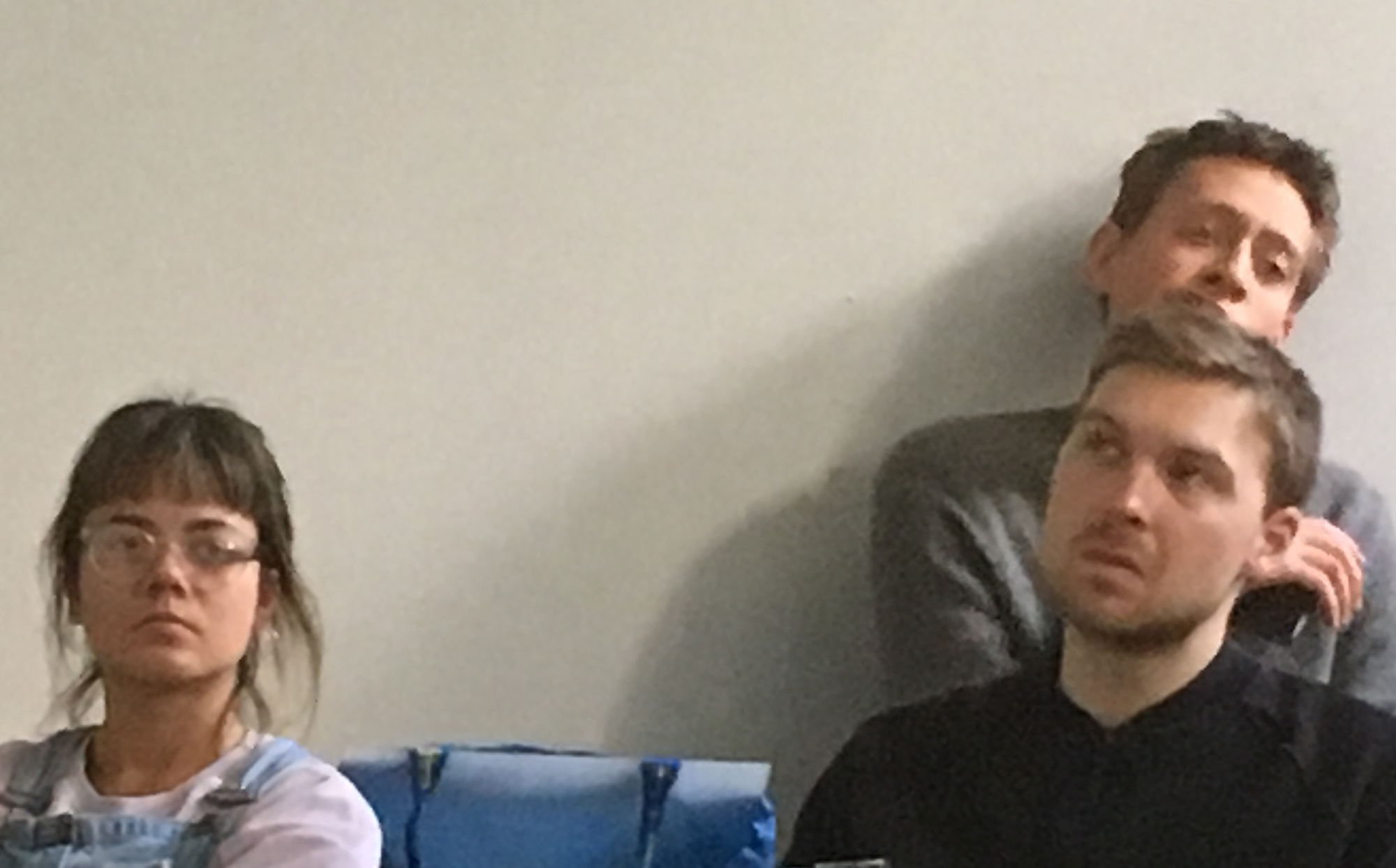
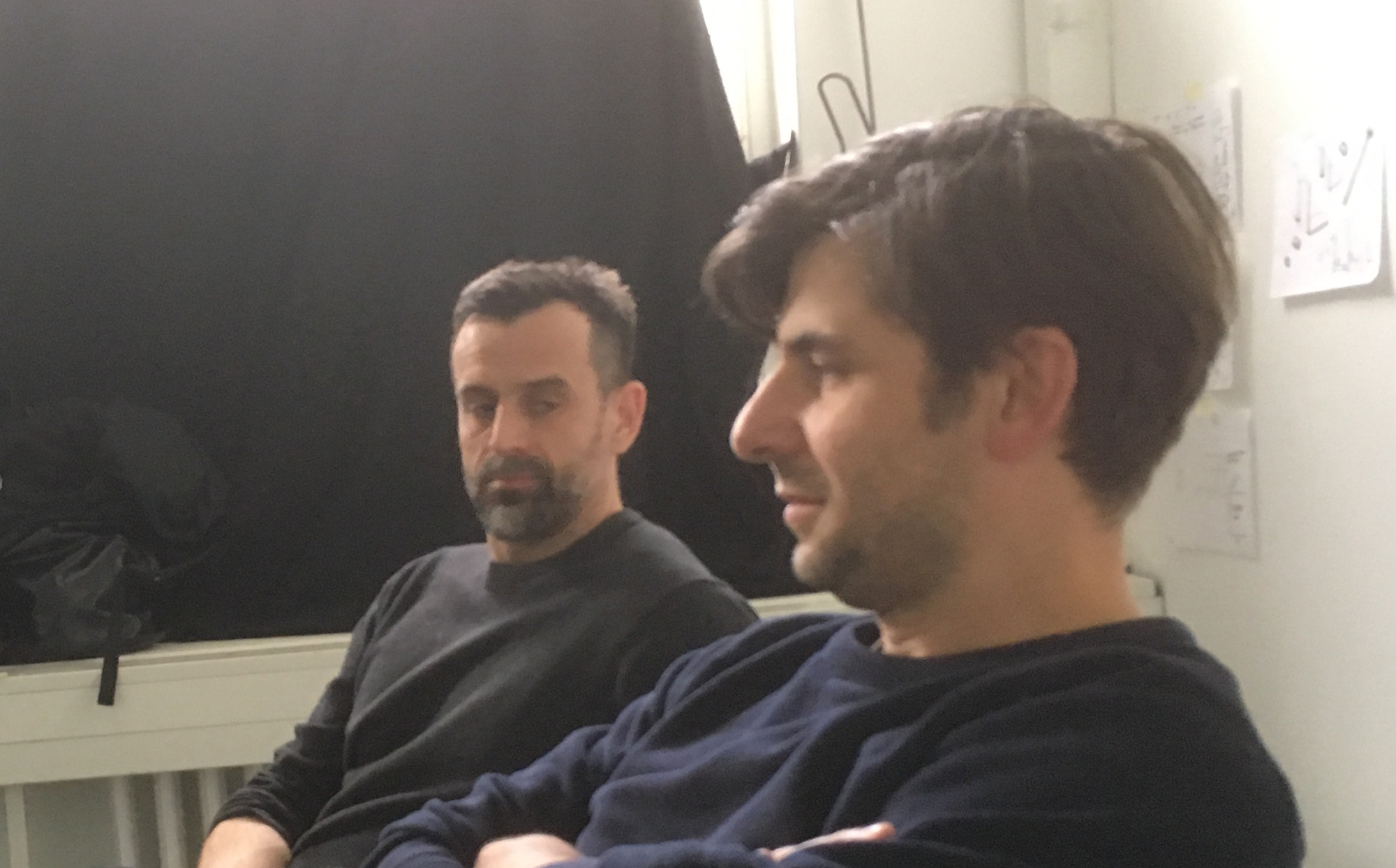
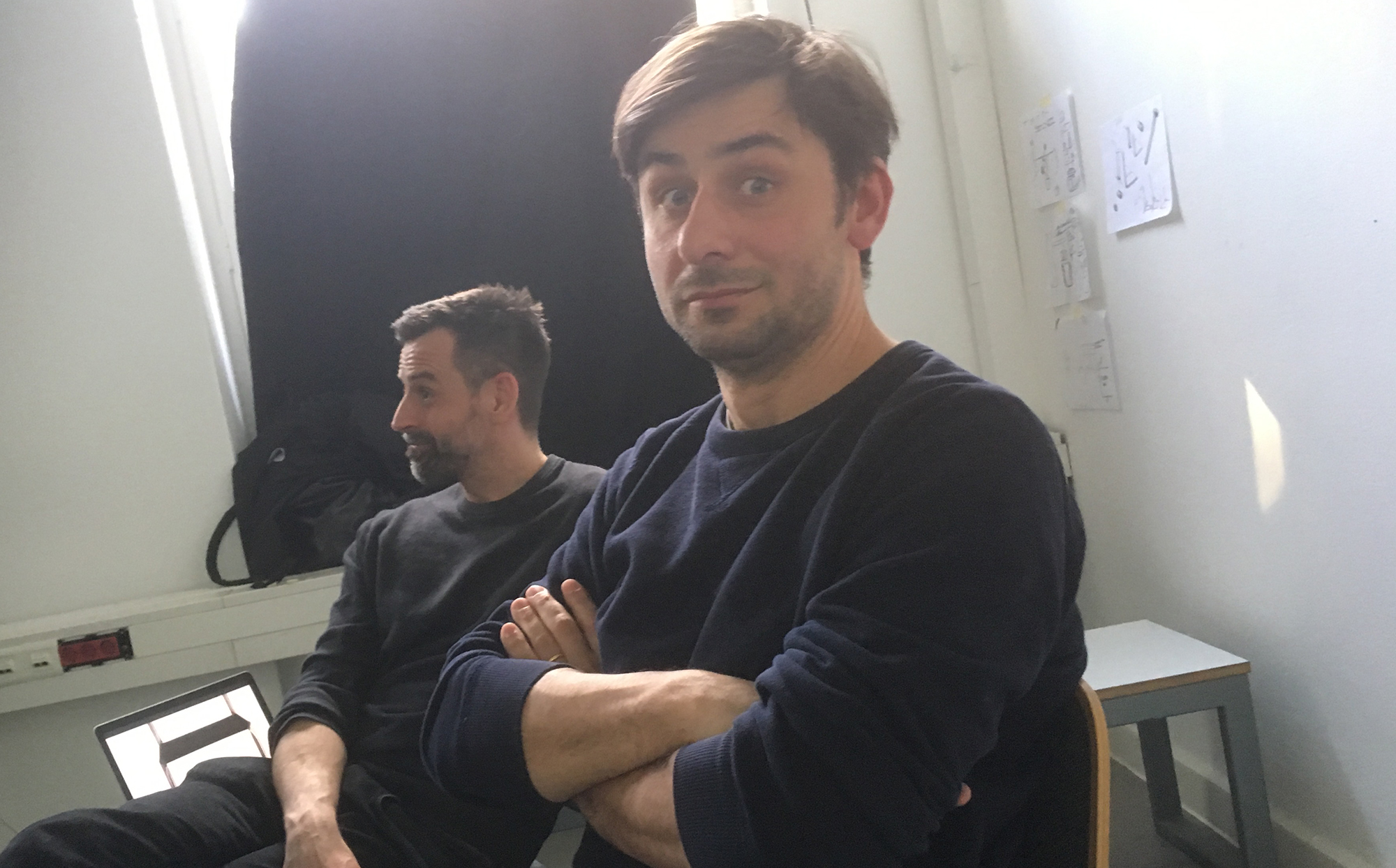
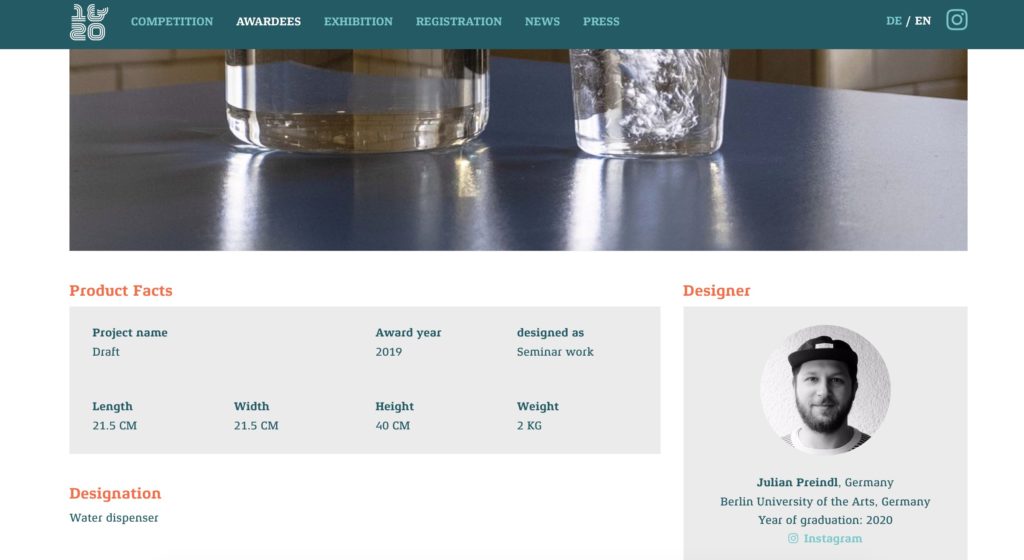

Each year The German Design Council selects 21 projects for their ein-&-zwanzig exhibition in Milan.
Julian Preindl’s Draft project was selected for this years expo that will be on show at Via Tortona 31 from 9 till 14 April. The project was developed for the Celebrating Glass project in the summer semester of 2018.
Dario Annone and Anna Drewes who graduated at the UdK Produkt Design in 2017 will also be exhibited in the winner exhibition with their recent project Indigo.
And even more UdK graduates were selected for the short list:
– Laureanne Kootstra with her BAgraduate project Mastering the Mold.
– Patric Palcic with his MA graduation project Alphabet Tacitus
– and David Ciernicki & Dirk Biotto with their joint project Gilberto
For more info on the ein-&-zwanzig selection see
exhibition: Via Tortona 31, 20144 Milan
opening hours: 08 April, 6 p.m.: Exhibition opening and awards ceremony
09-14 April, 10 a.m. – 9 p.m.
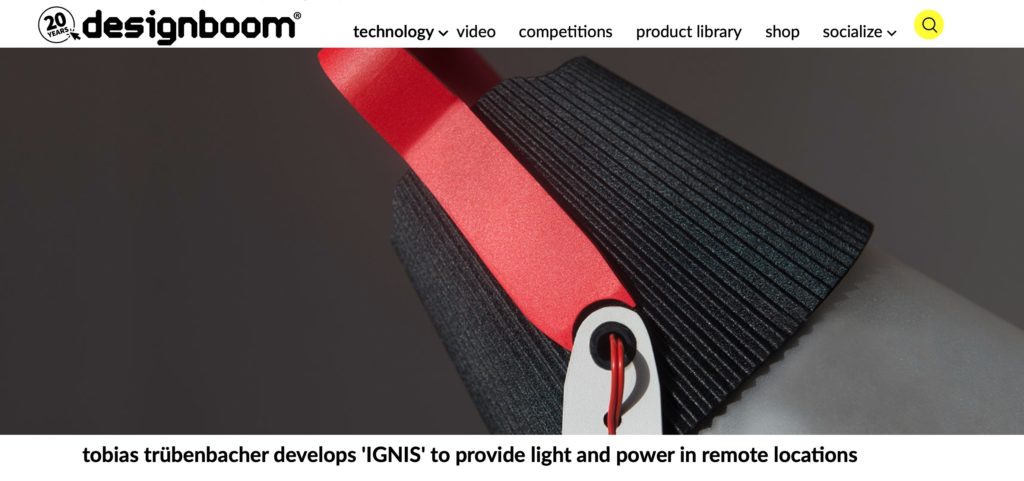
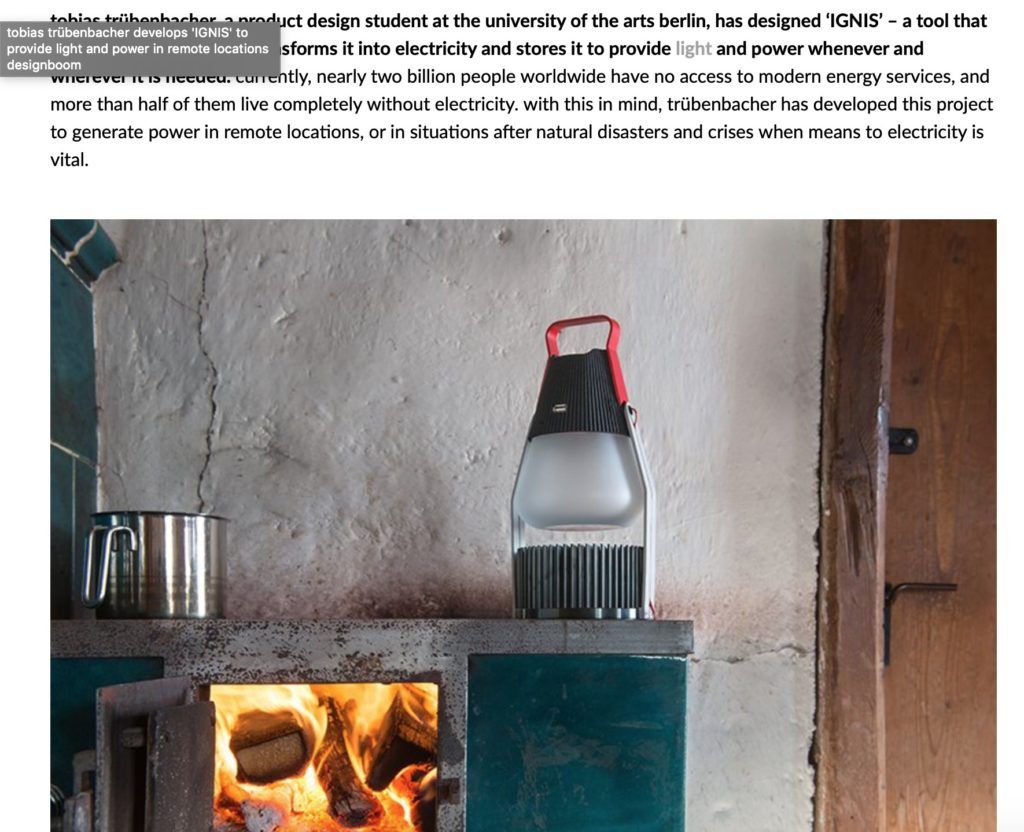
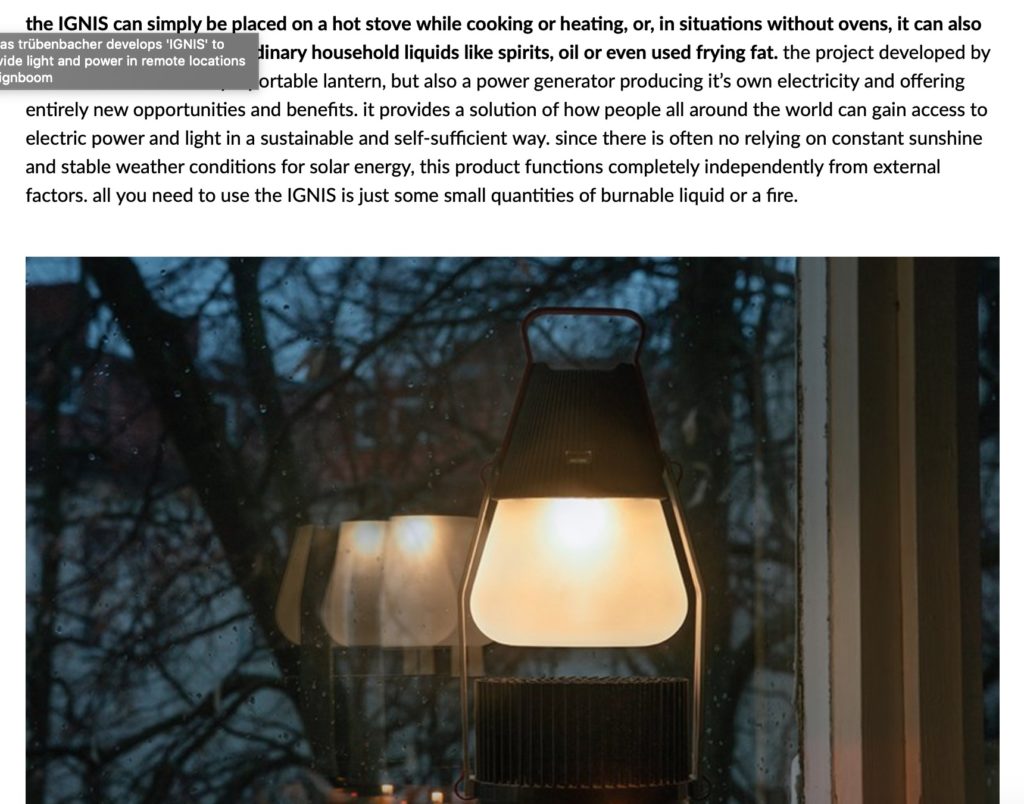
IGNIS by Tobias Trübenbacher is featured on designboom. IGNIS was developed as part of the New Grounds project and creates power through heat in remote places.
Yannik Rohloff’s borosilicate glass project POTPOT is featured in an article in Bauwelt Heft 5:2019 on ’new editions of Bauhaus classics and novelties from the next generation: A selection from the furniture fair imm cologne‘.
Bauwelt Heft 5:2019.pdf of 5/3/2019 and see online

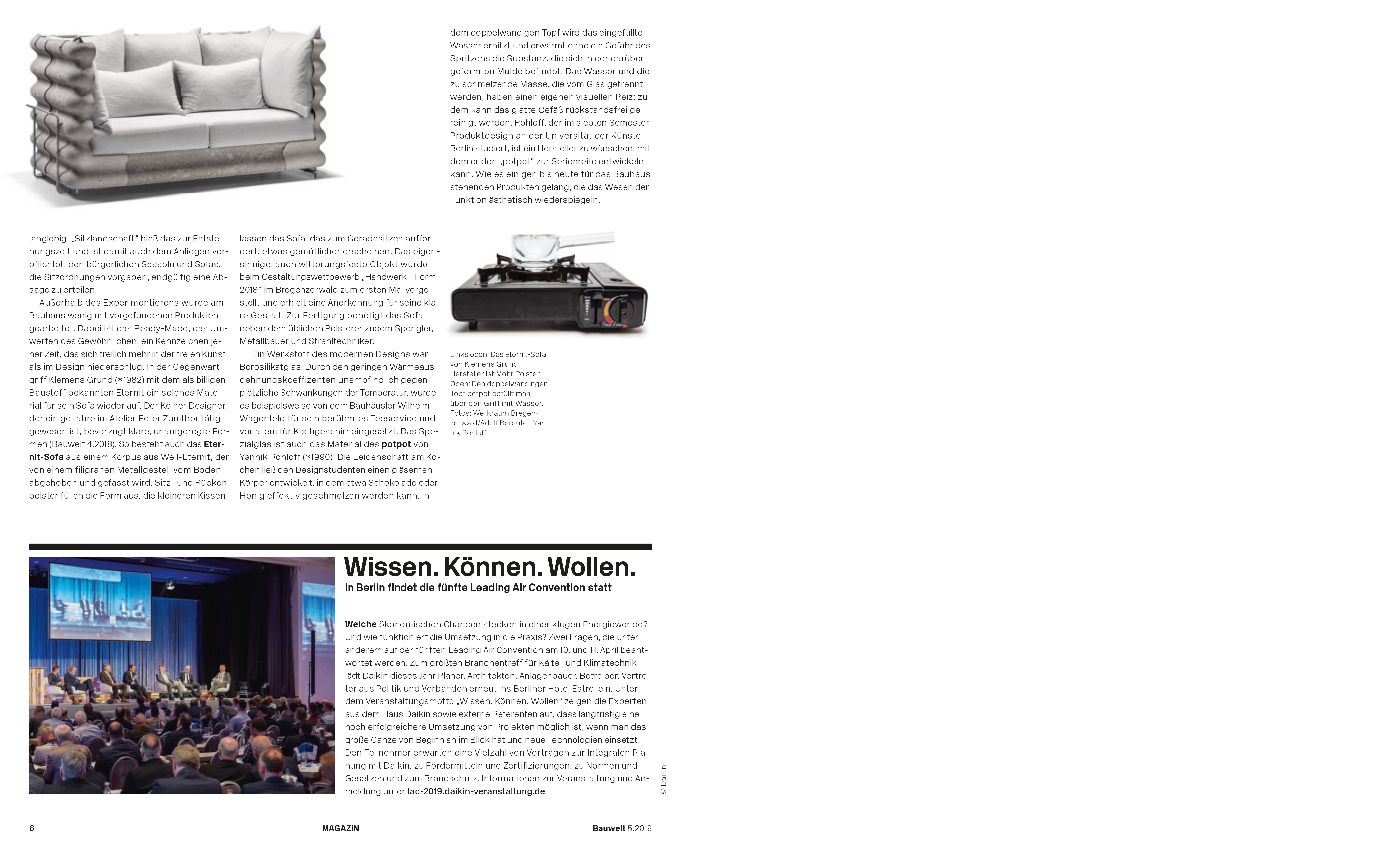
From 25 till 29 Oktober 2018 the results from the glass workshop with HKK-Saar and Prof. Mark Braun in CiaV Meisenthal were presented at Designblok 18, Prague. Spanish magazine Diseno Interior published the works in nr. 314/march 2019.
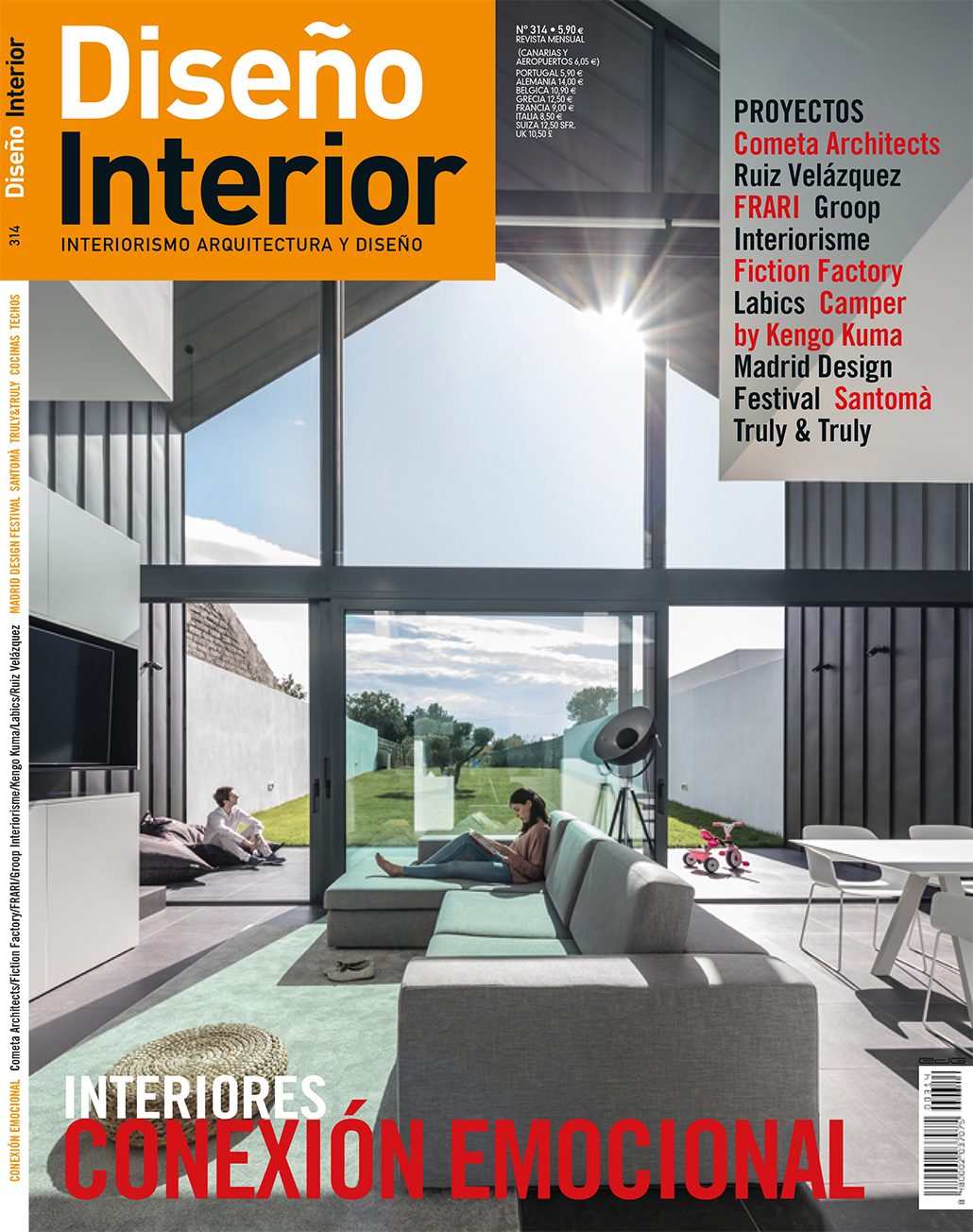
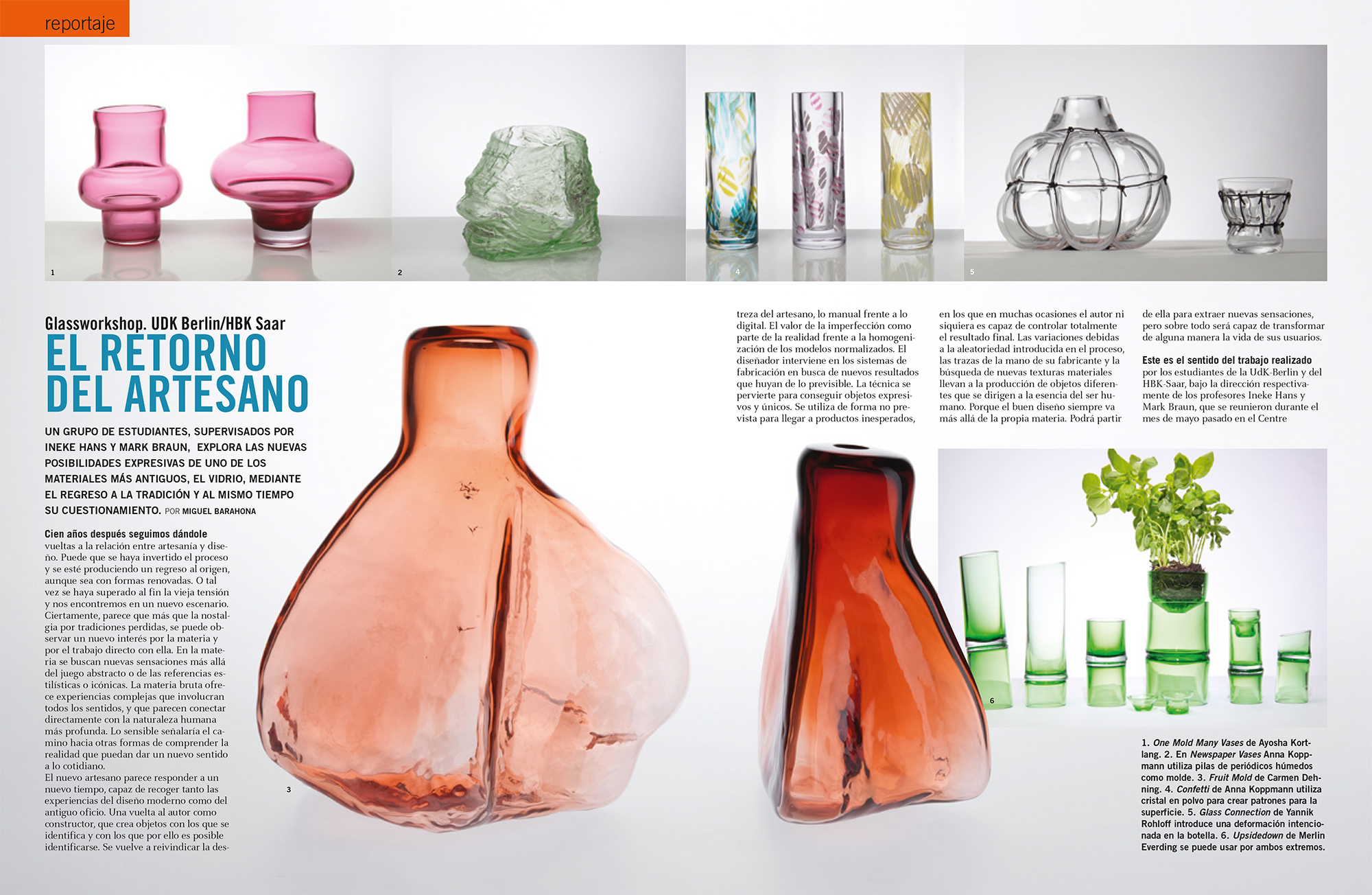
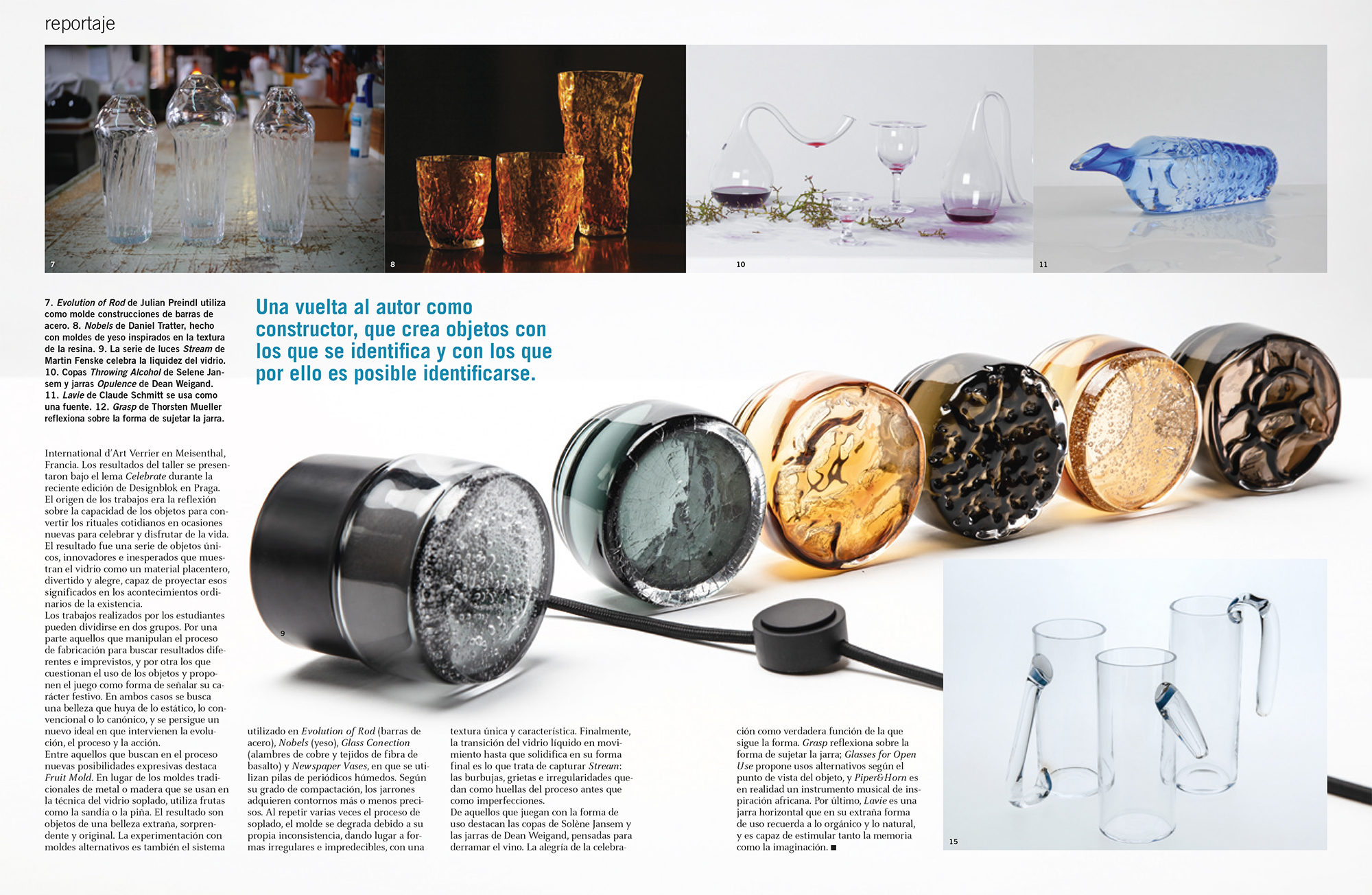
13 February 2019
Bauhaus Archiv Berlin
The New Grounds project of Winter Semester 2018/19 ended with a grand finale: the What Design Can Do – mini symposium. It took in a packed Temporary Bauhaus Archiv in Berlin.
Designer and founder of What Design Can Do? Richard van der Laken, designer/writer of the book Hidden Impact, Babette Porselijn and young critical designer Manon van Hoeckel spoke about the impact Design can have on our society by taking up an active role.
Esther Cleeven, Curator of the Bauhaus Archiv and Ineke Hans both spoke some words on the topic and Ake Rudolf – head of strategy of IDZ Berlin – reflected on the situation of German Designers in this.
Lucas Verweij moderated the questions and conversations that came up with his renown bold attitude and statements making it in a very lively and inspiring evening.
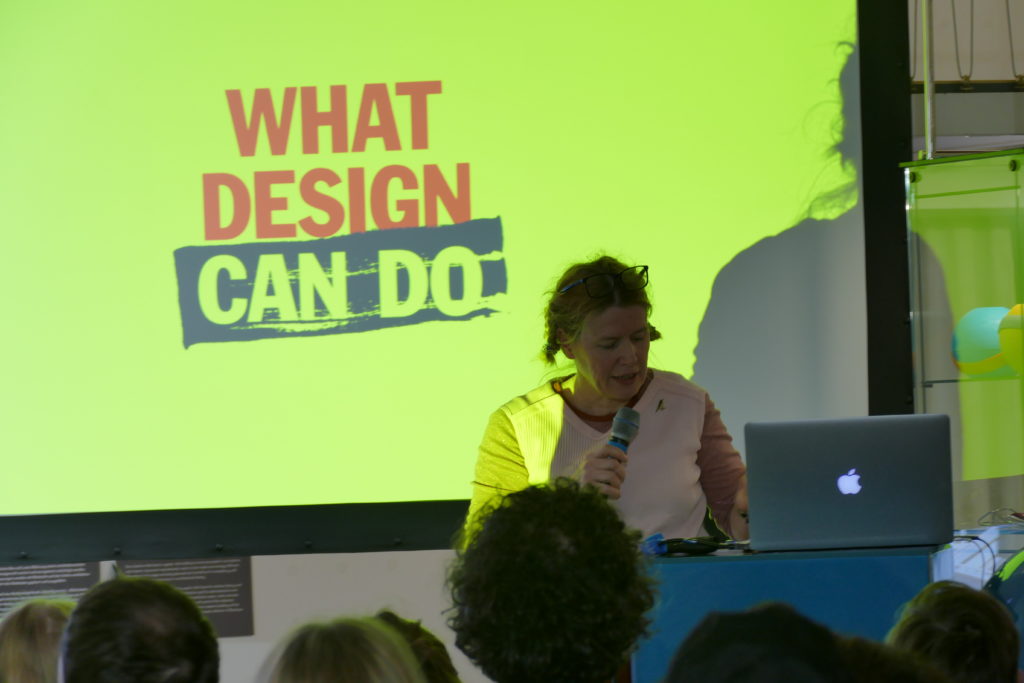
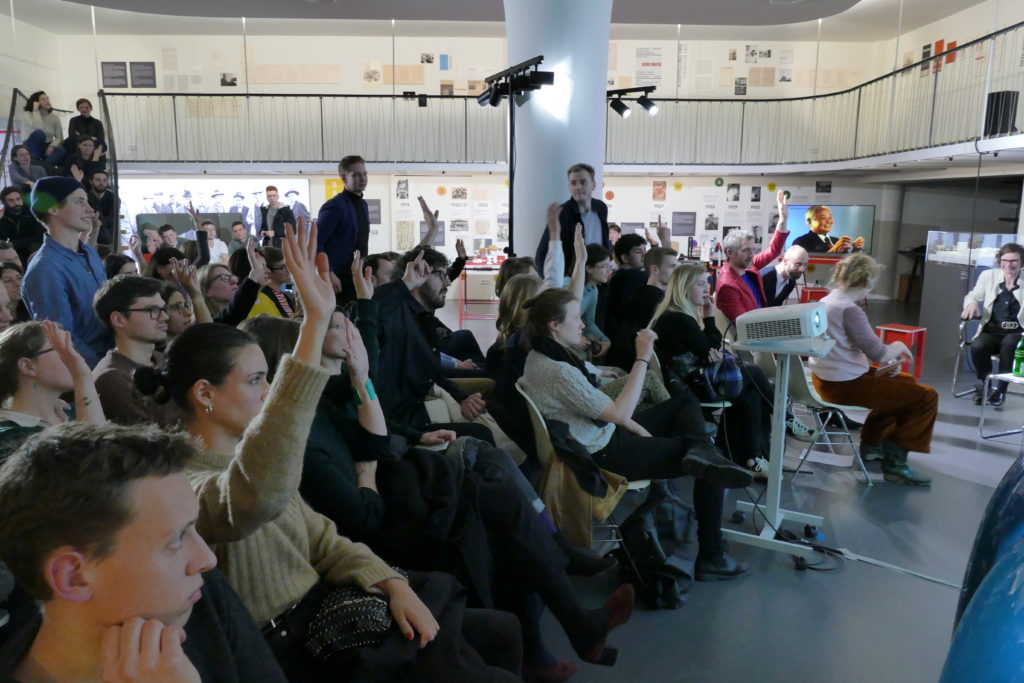
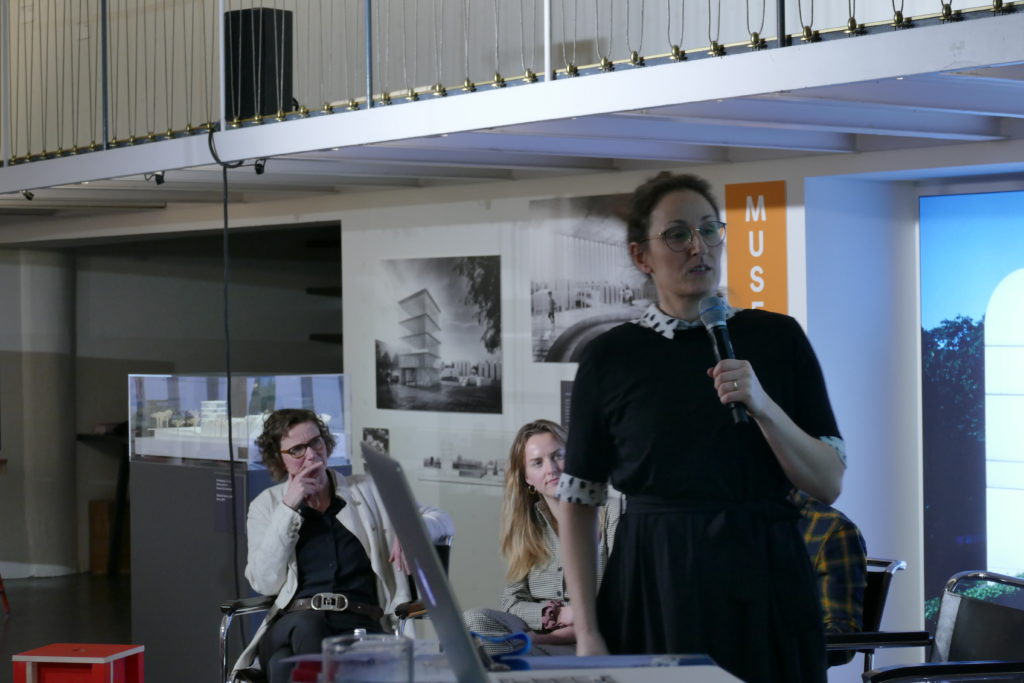
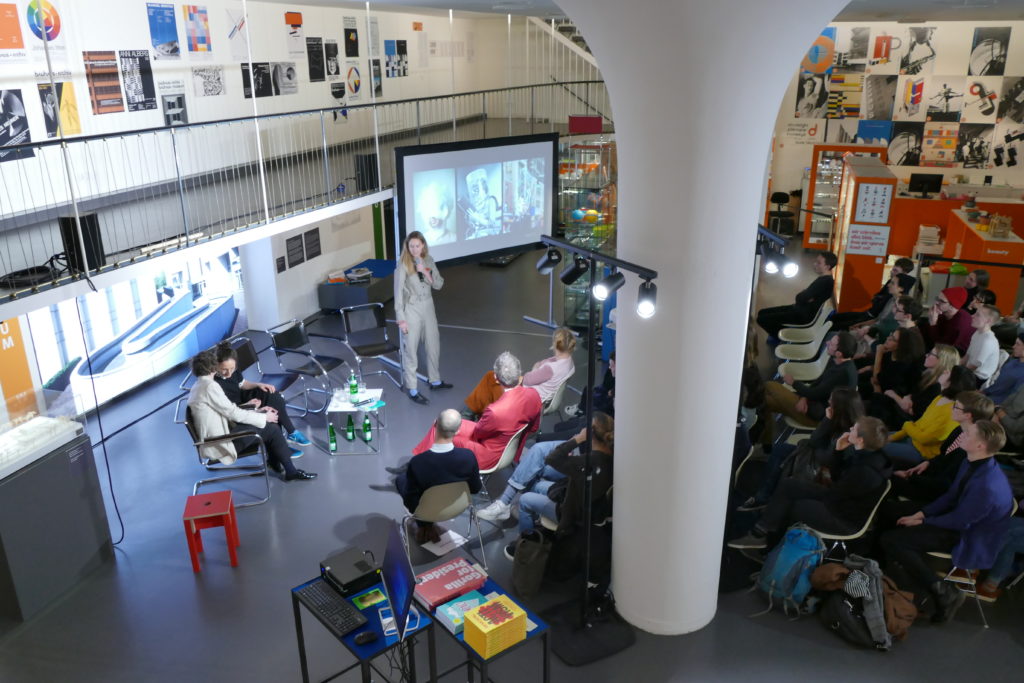
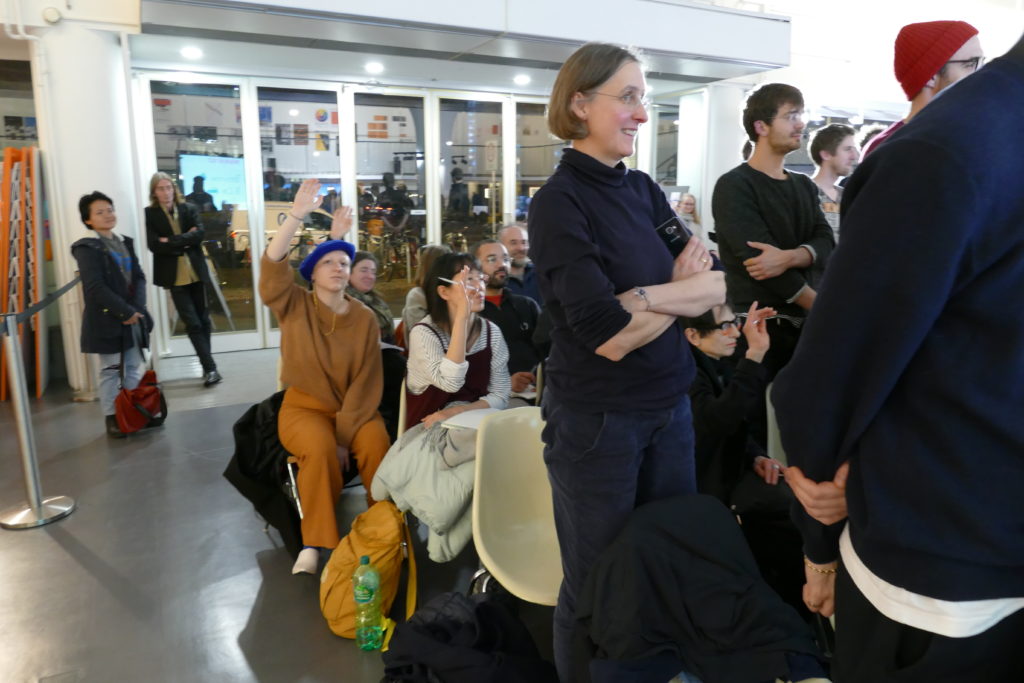
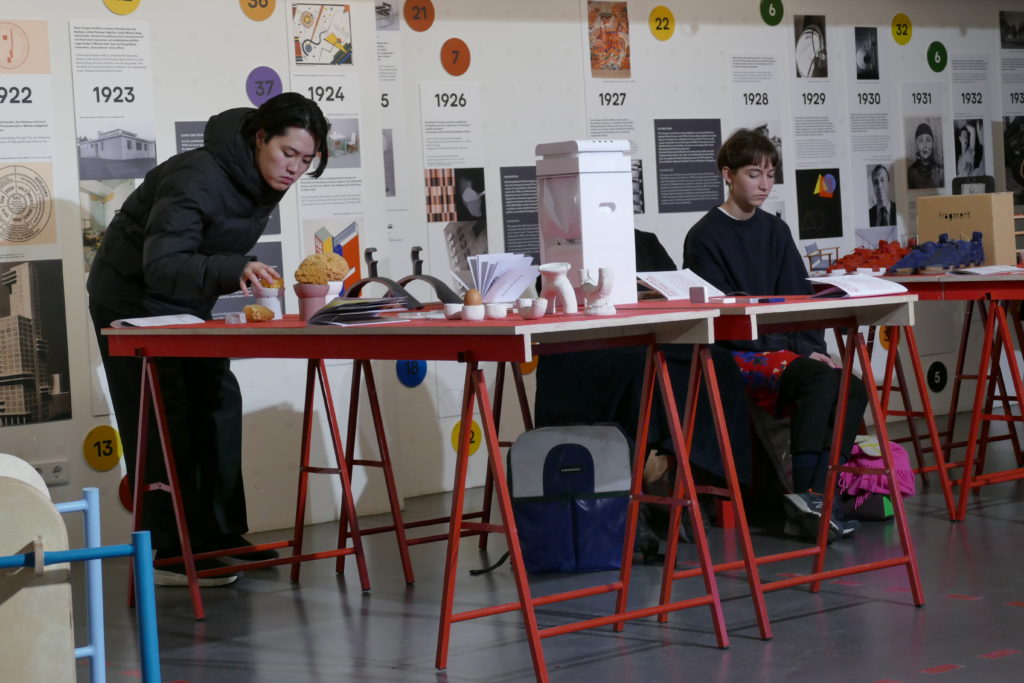
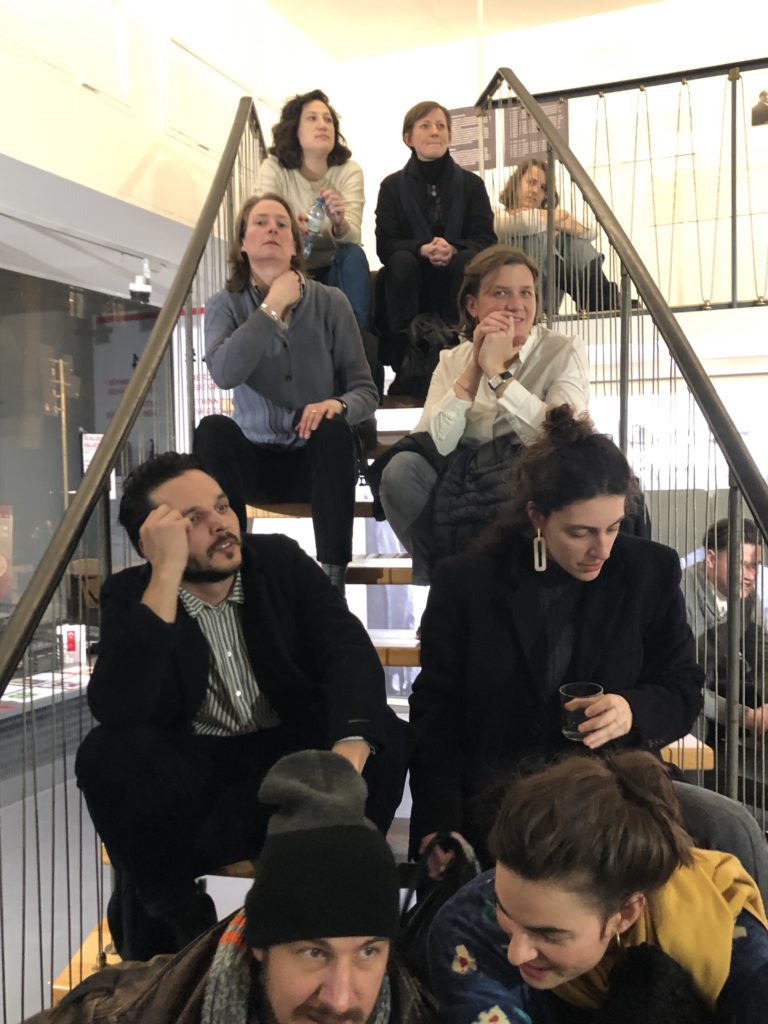
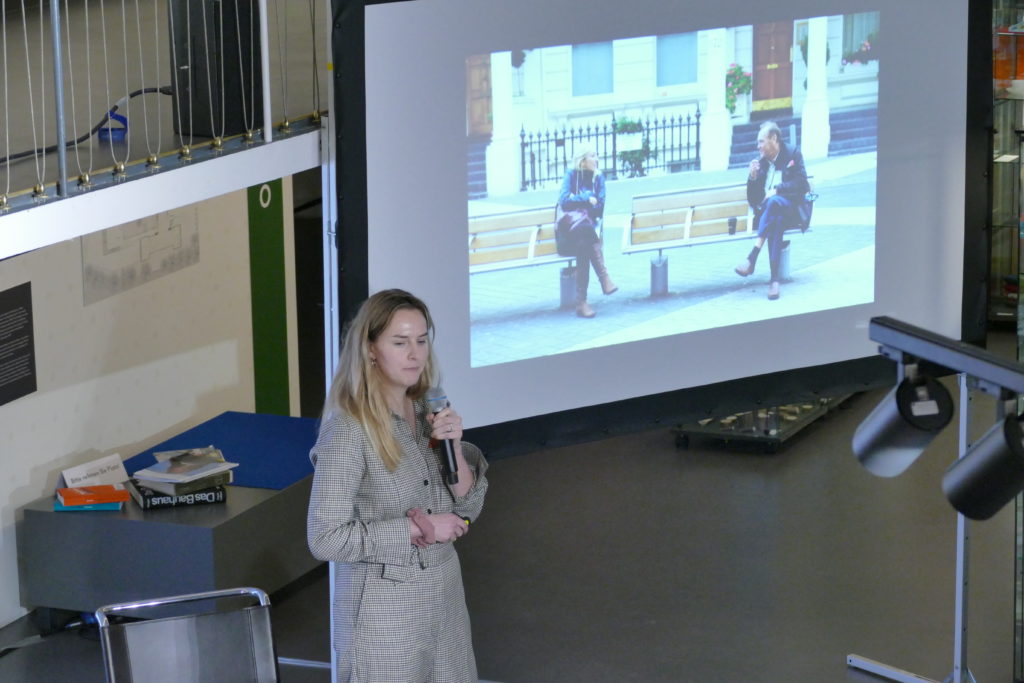
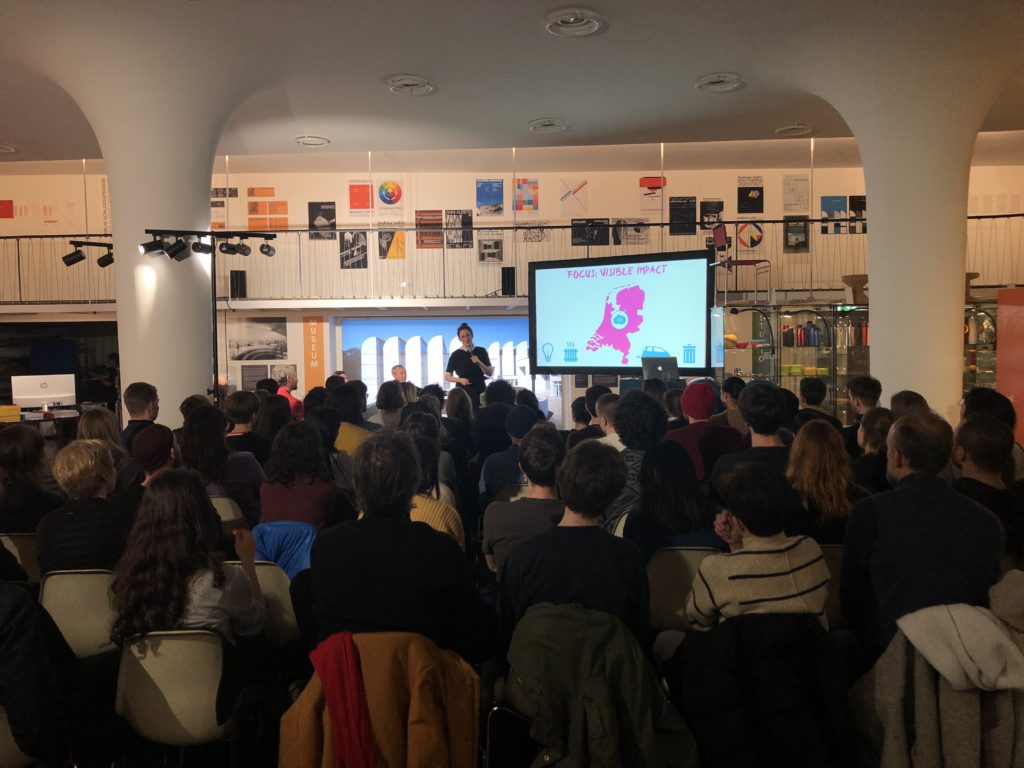
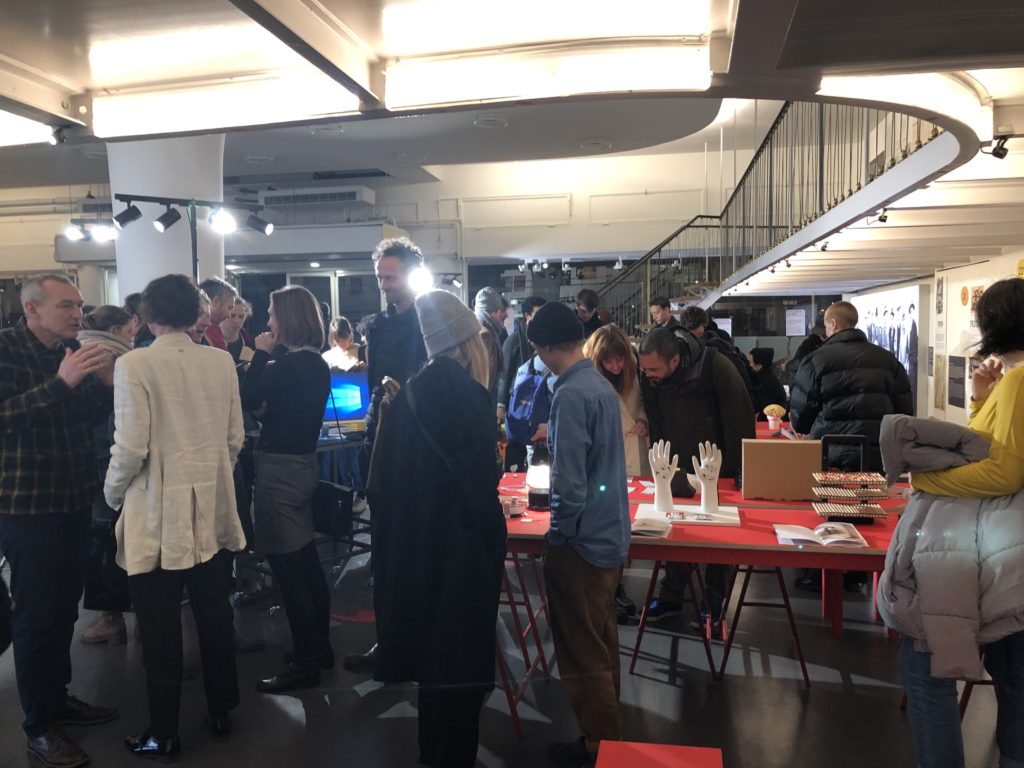
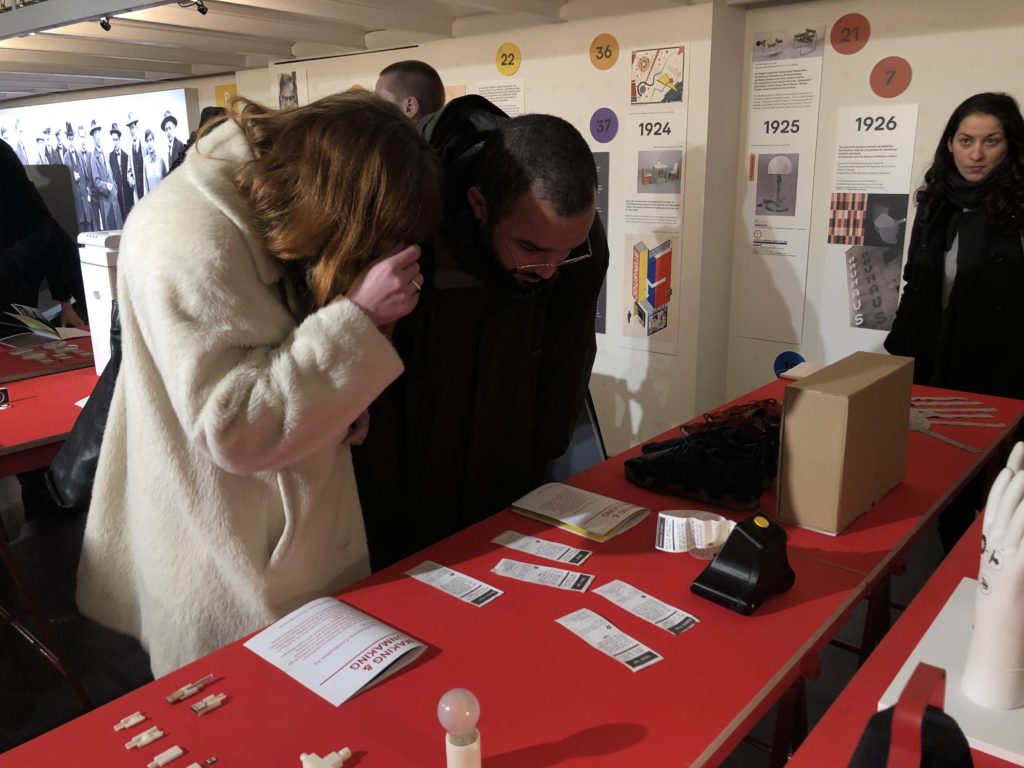
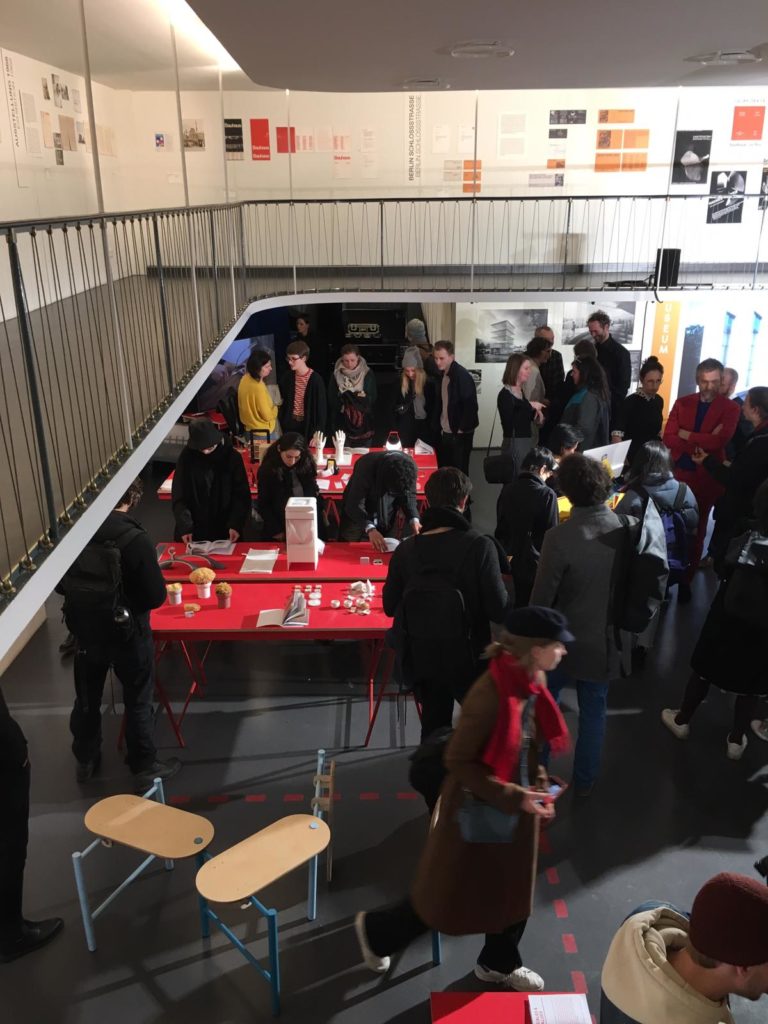
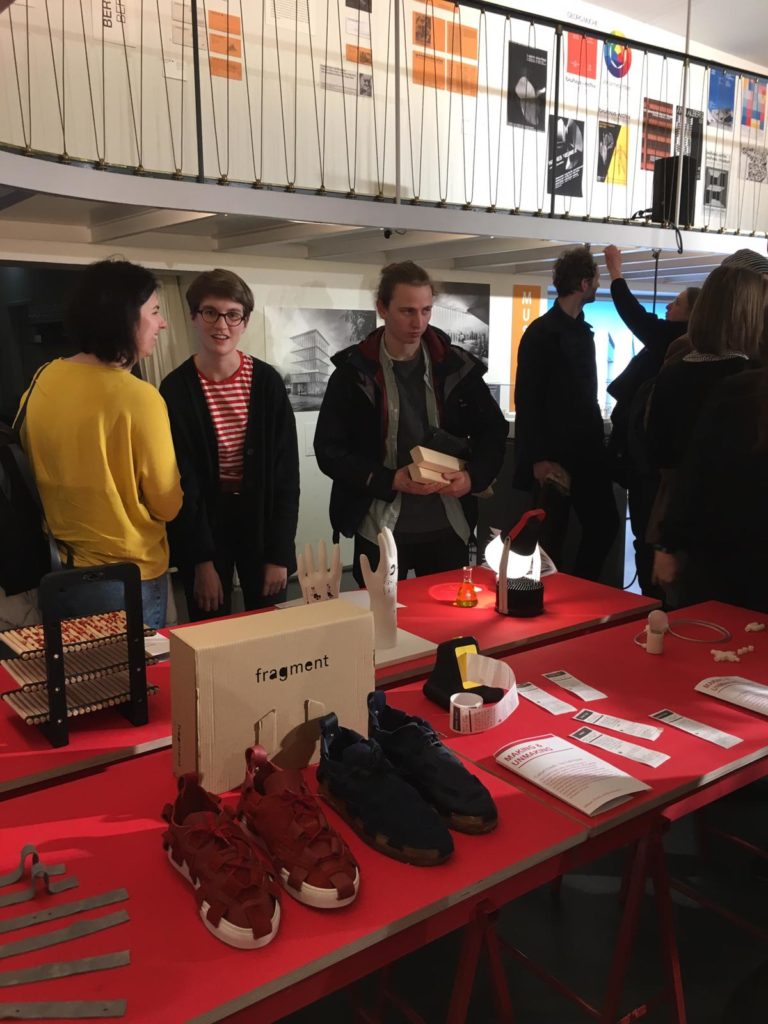
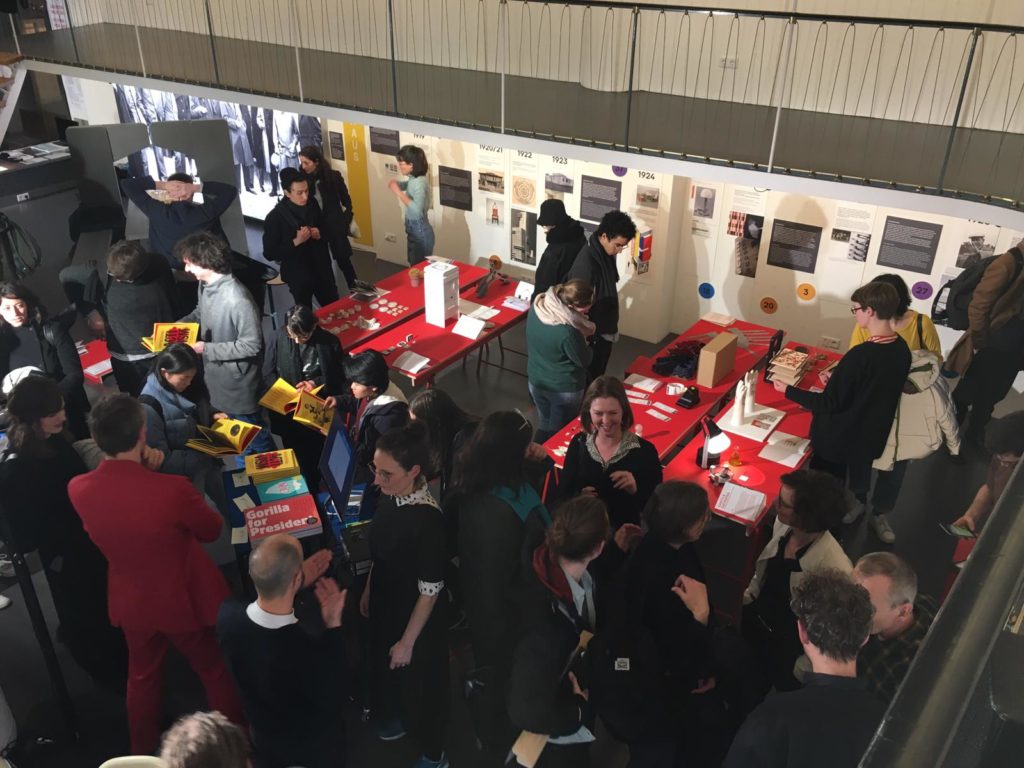
When presenting their glass projects in Prague the students visited exhibitions and openings of Prague’s design week.
With fellow students of HBK-saar they also went to the Academy of Arts, Architecture and Design (UMPRUM) in Prague to see their (glass)workshops, to speak to students and professors and to get an impression what it would mean to study glass and design in Prague.
Below some impressions of their trip.
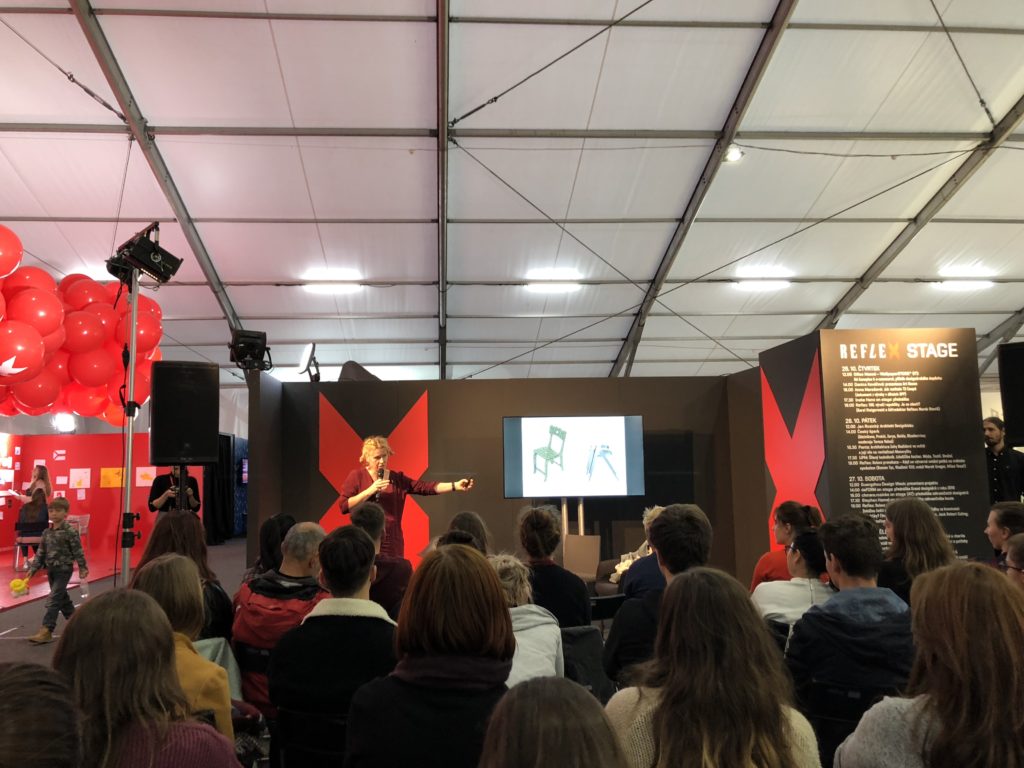
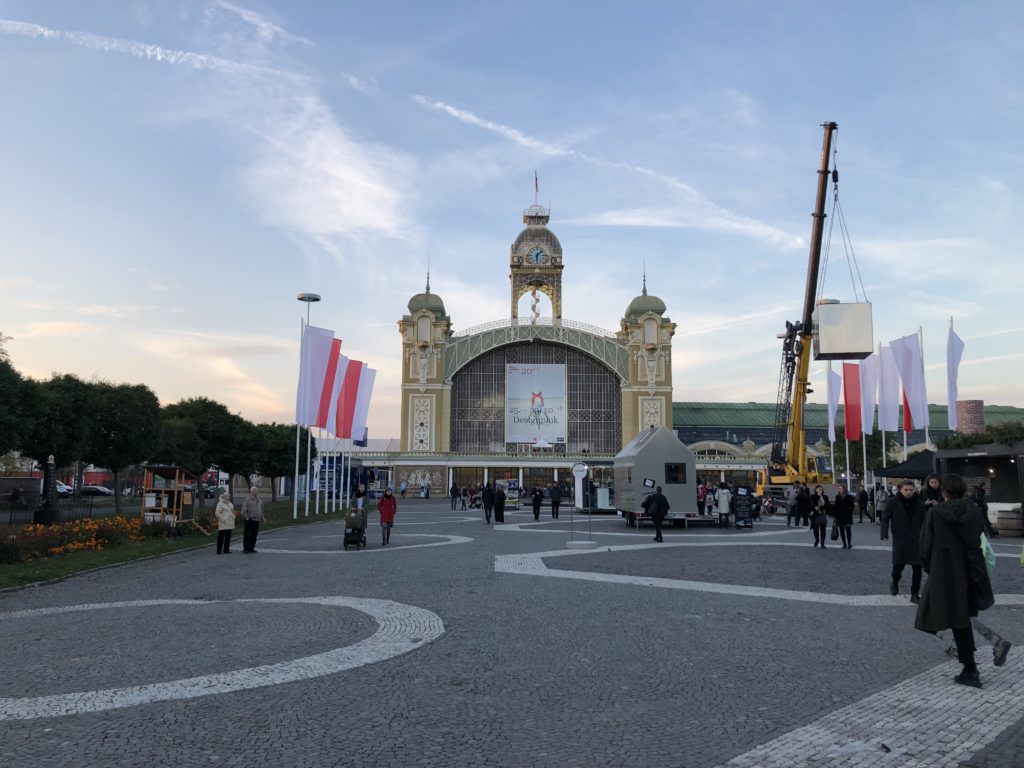
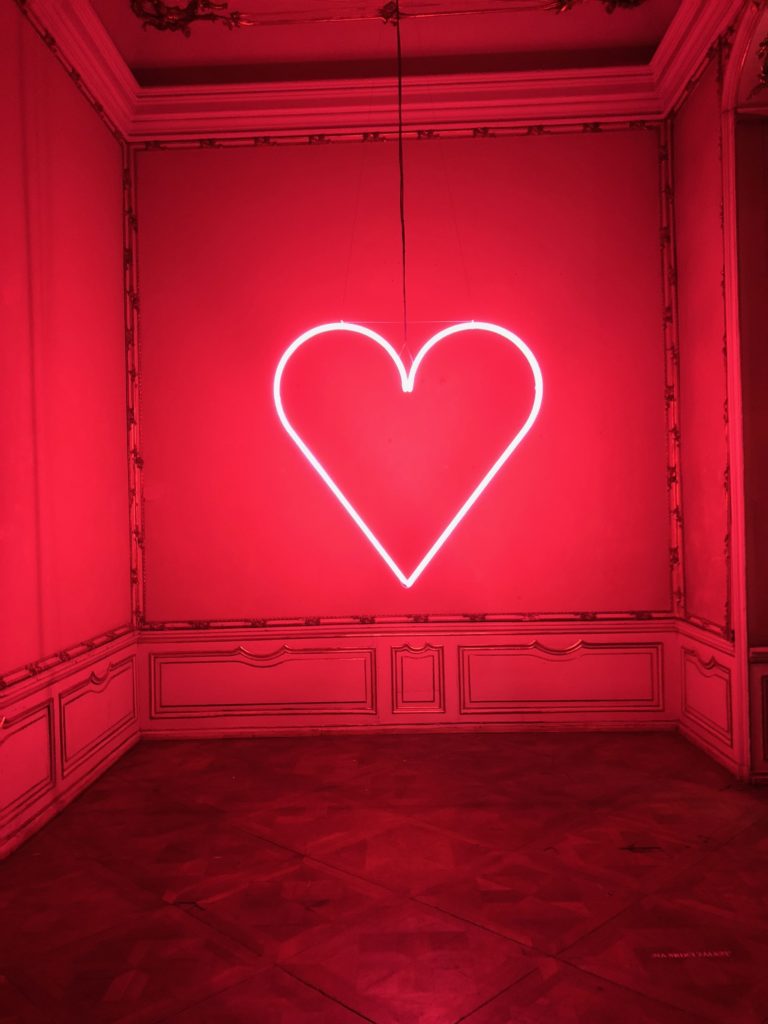


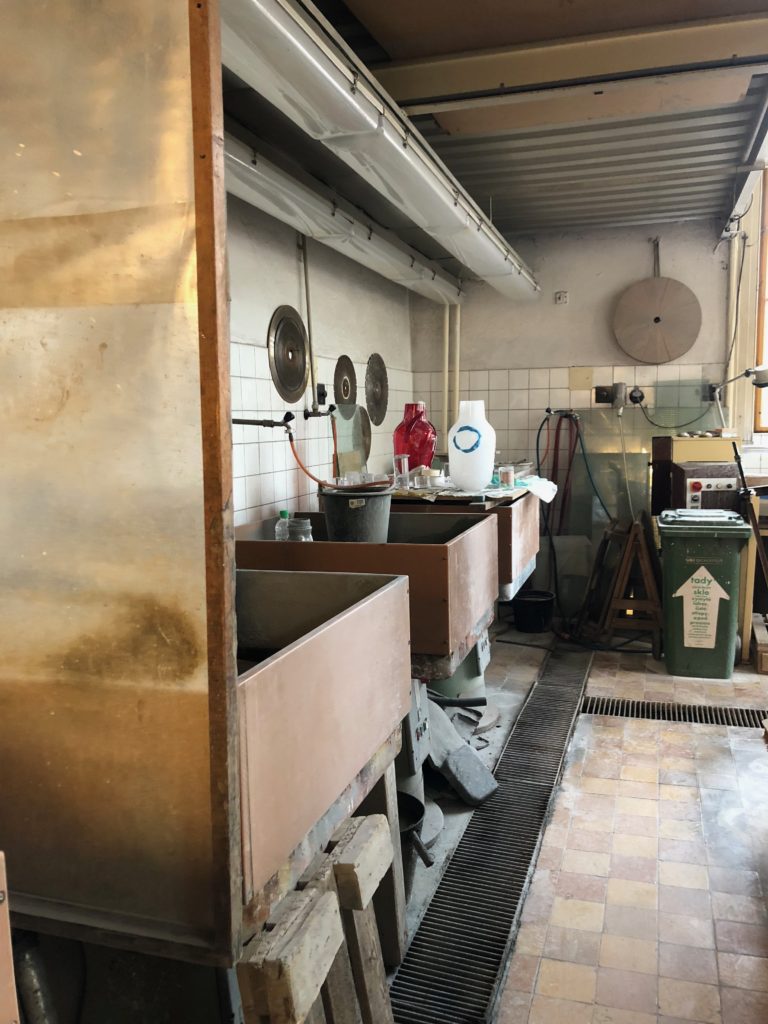
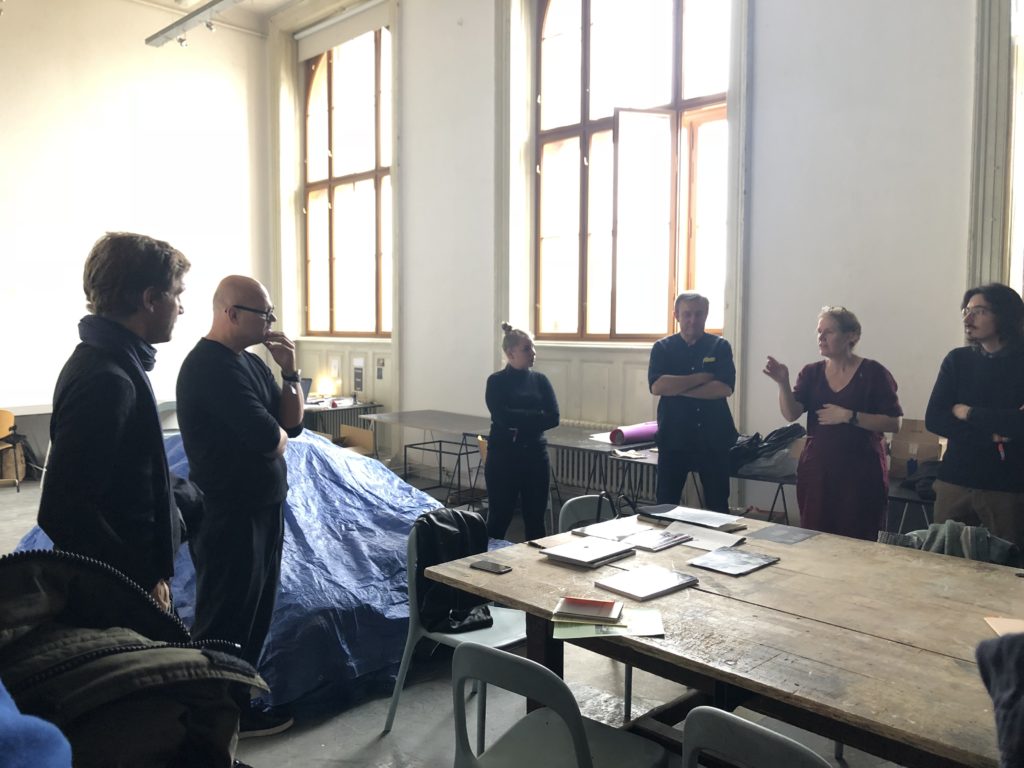
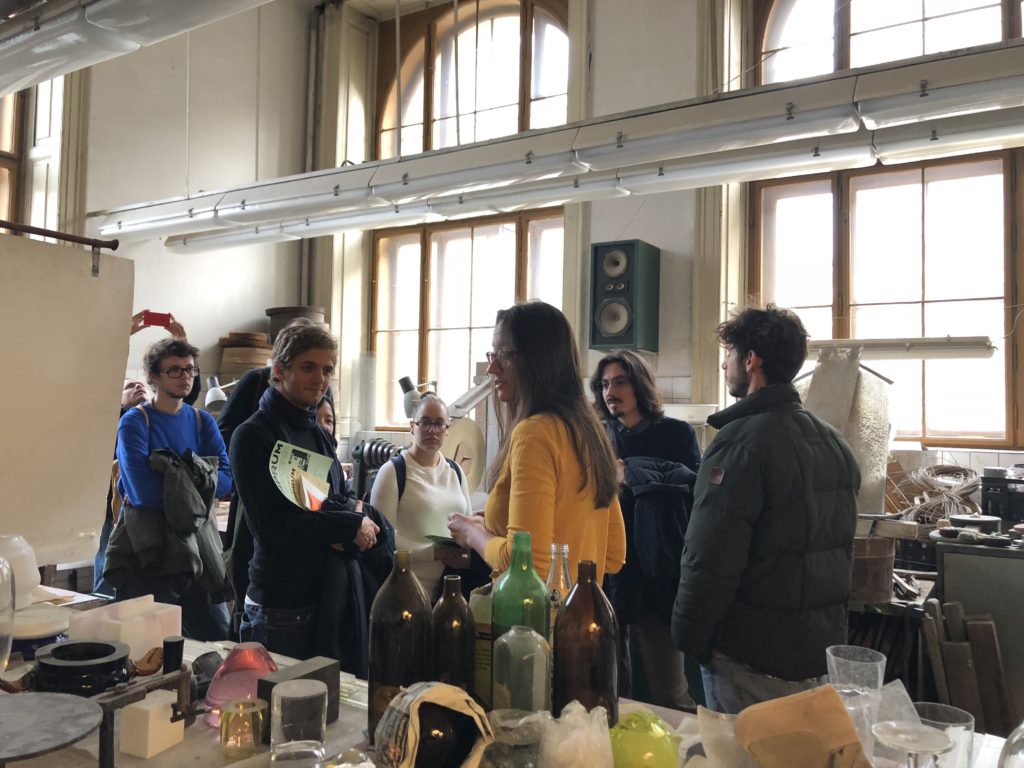
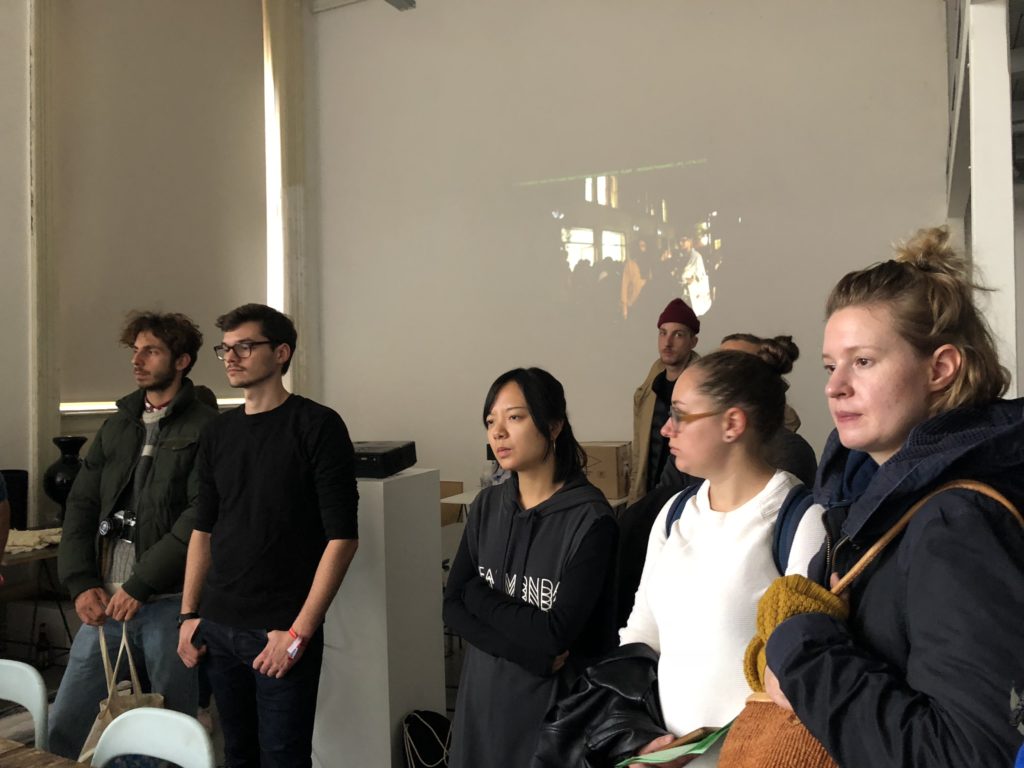
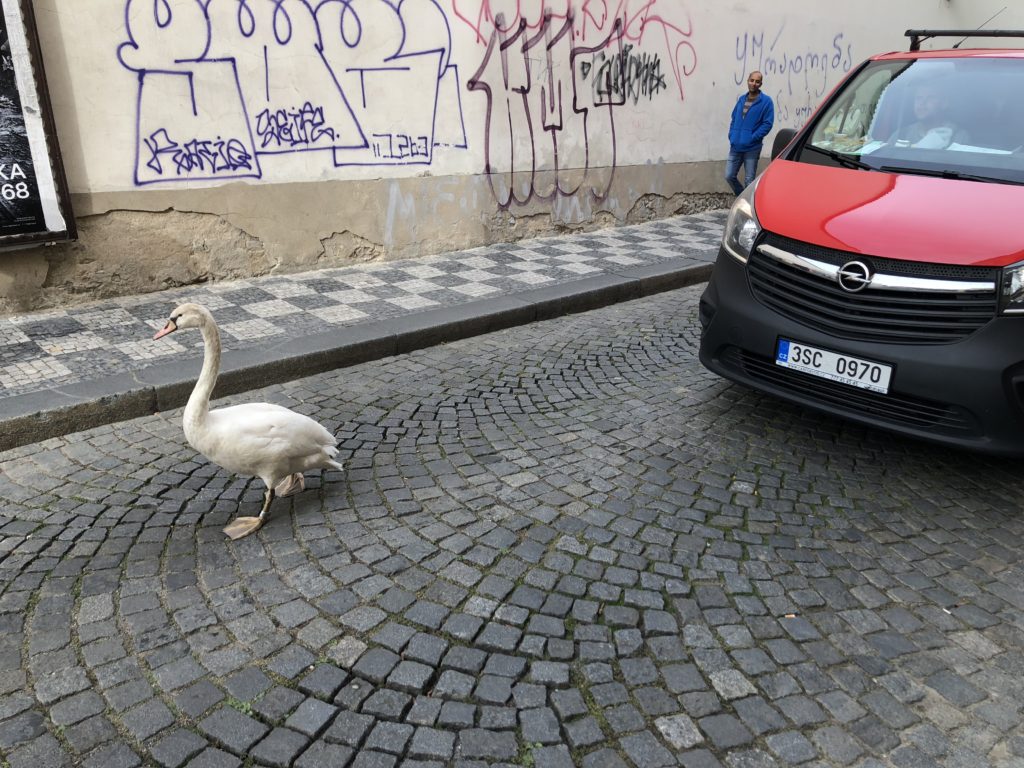
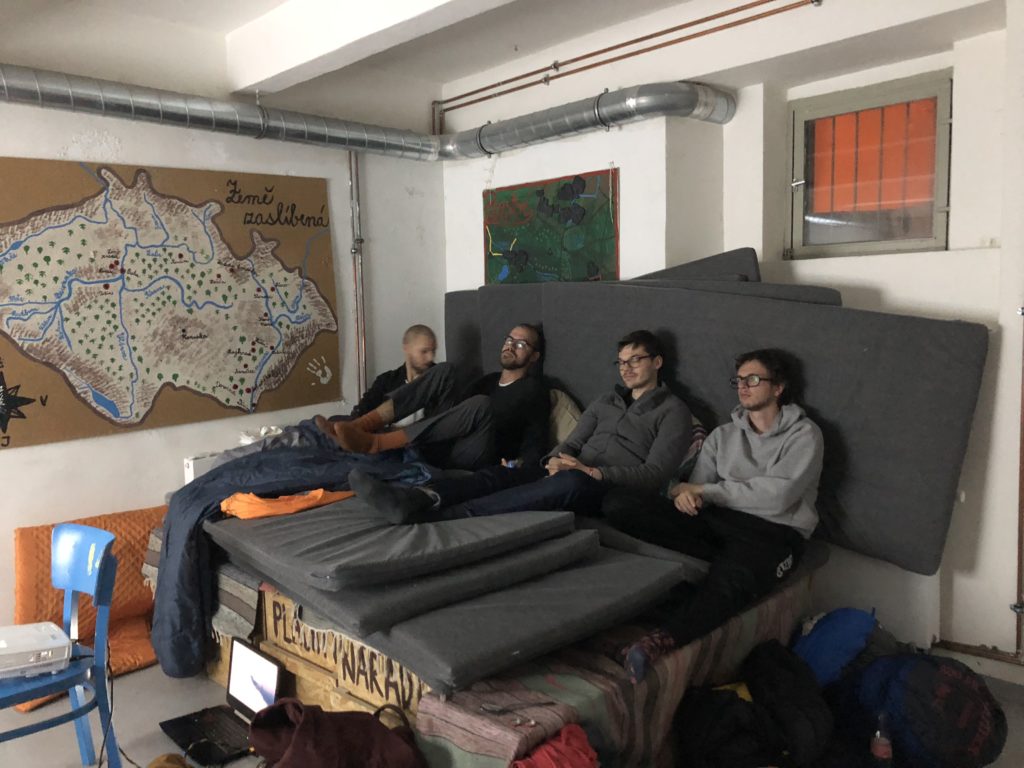
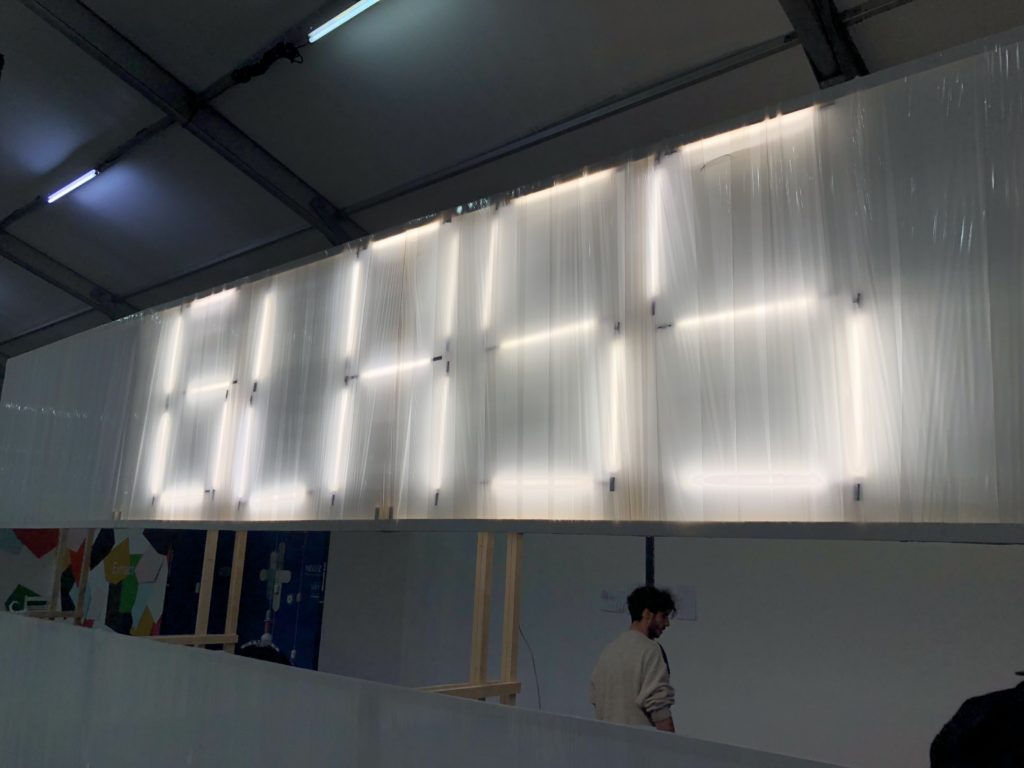
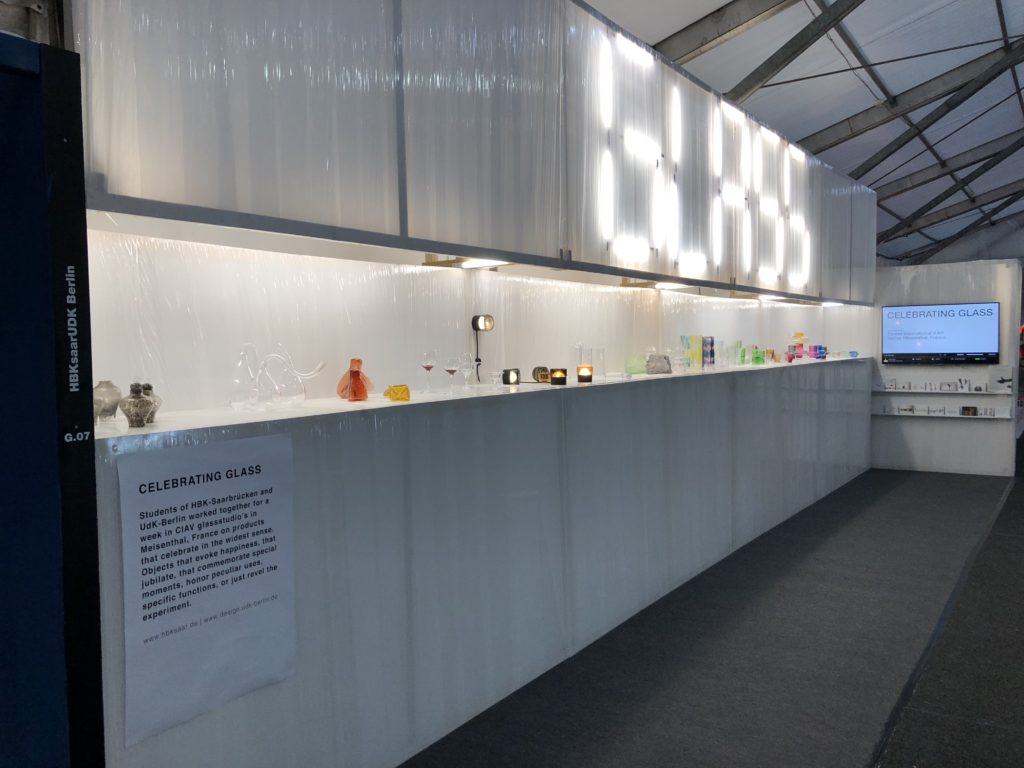
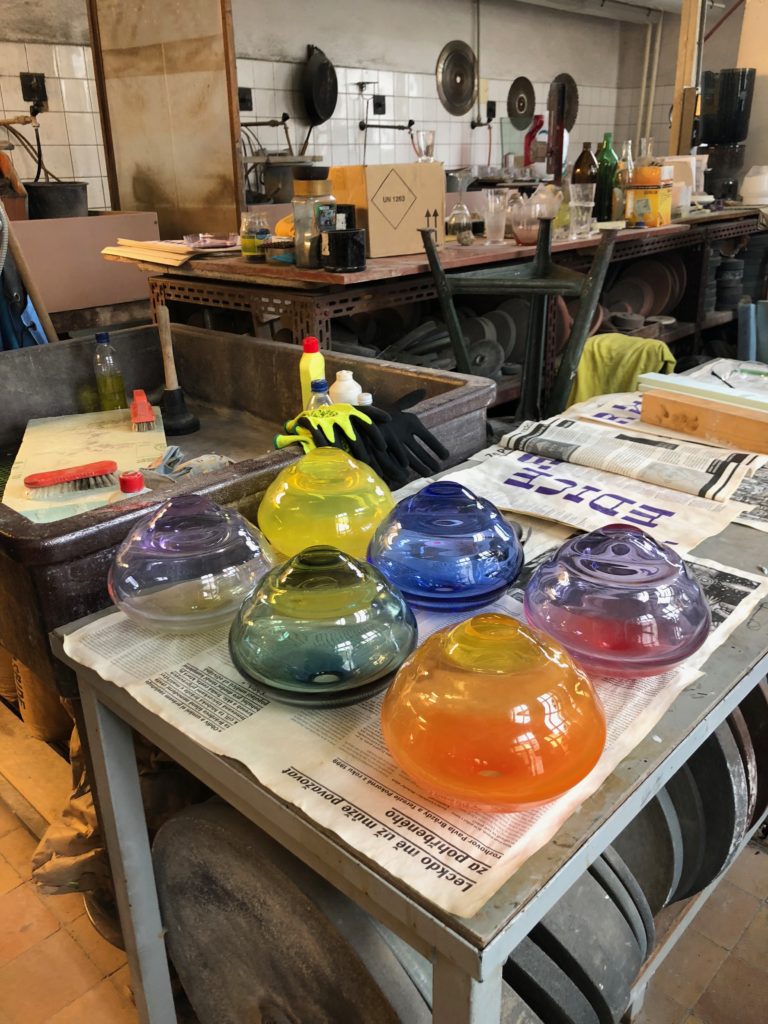
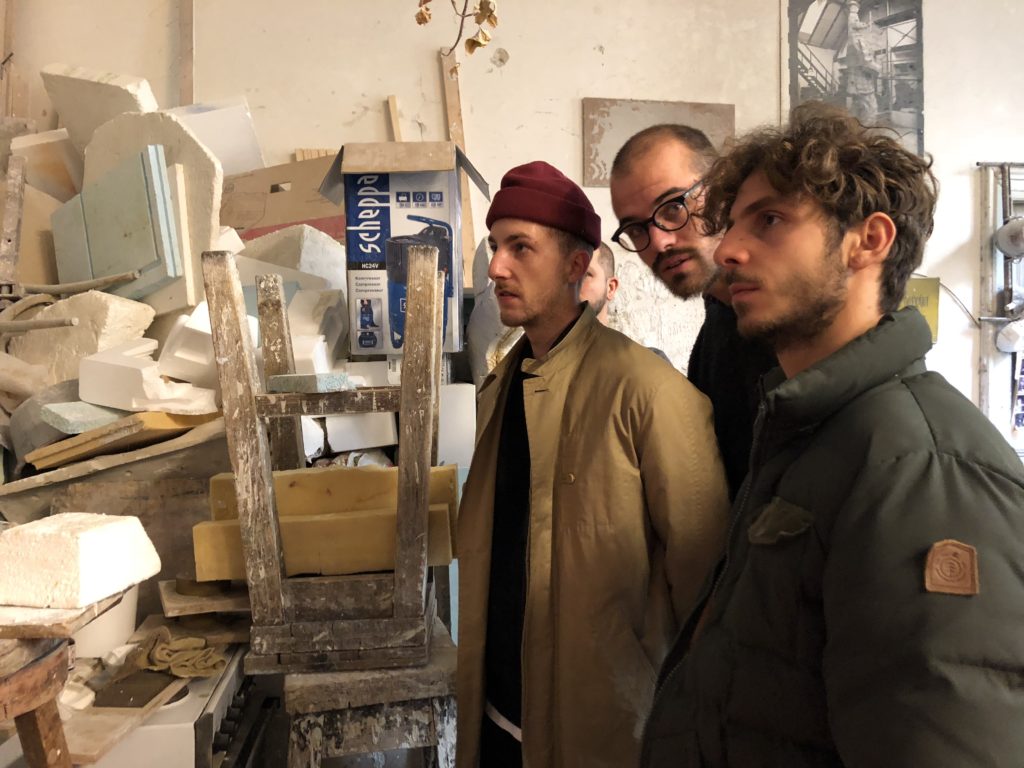
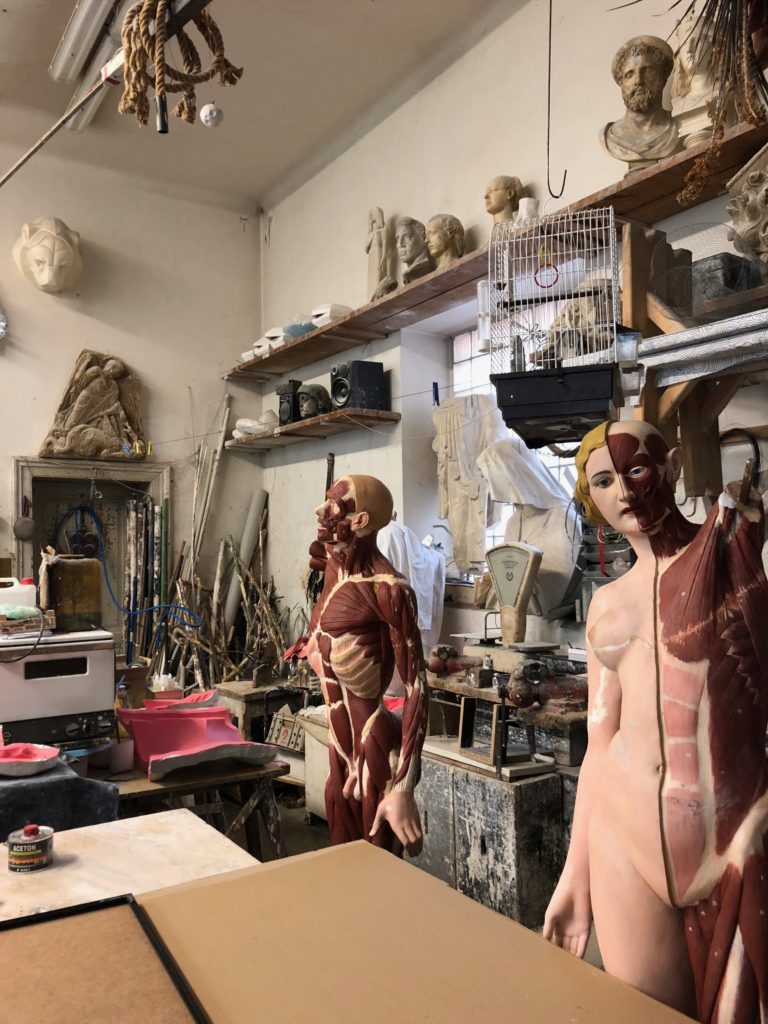
From 25 till 29 October 2018 seven students from the Meisenthal project – set during Summer Semester 2018 – presented their projects at the Designblok 18 in Prague together with the students from HBK-saar with whom they had worked together in Meisenthal, France in June.
Some impressions of the exhibition below.
EXHIBITION

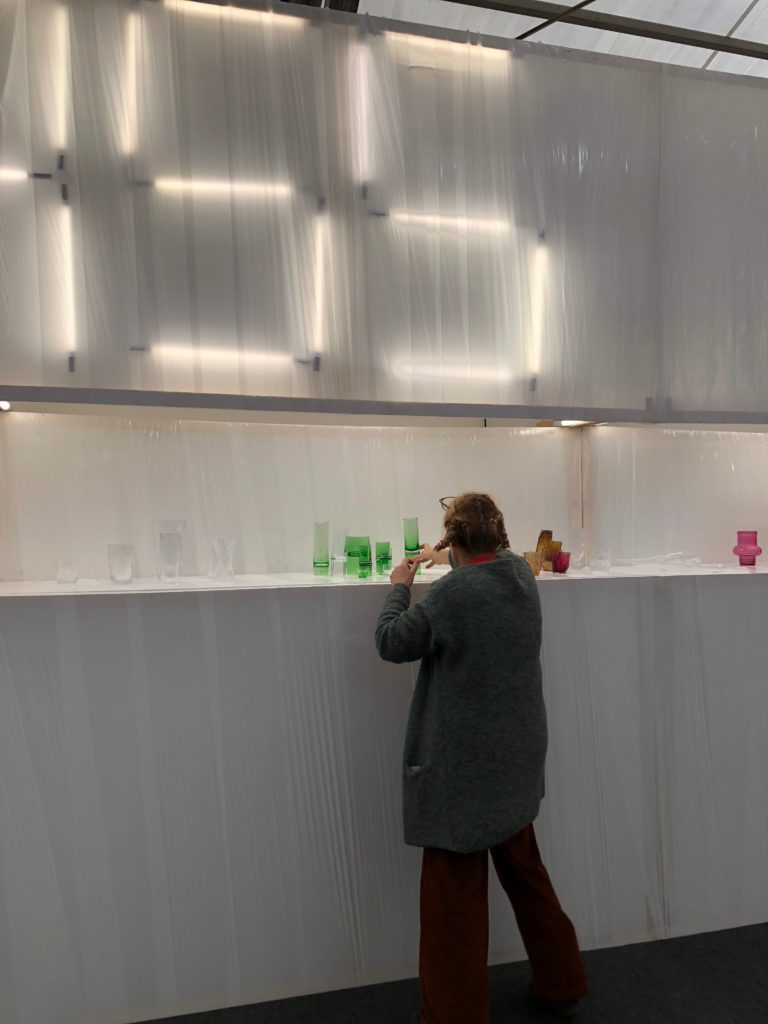

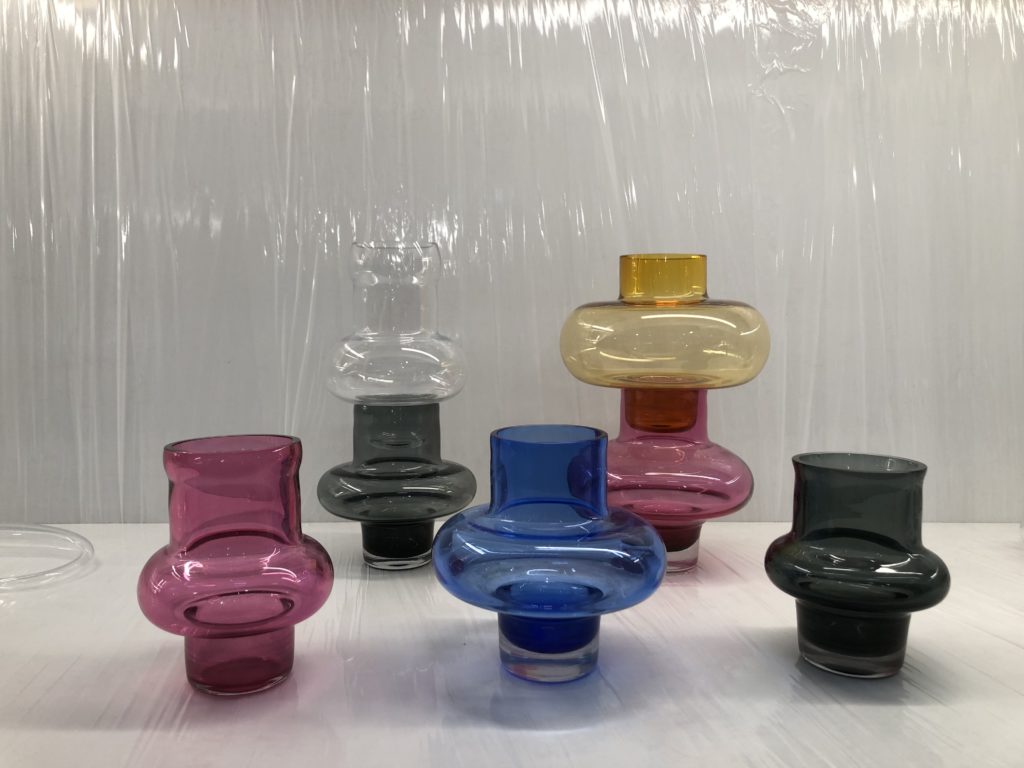

OPENING
SETTING UP
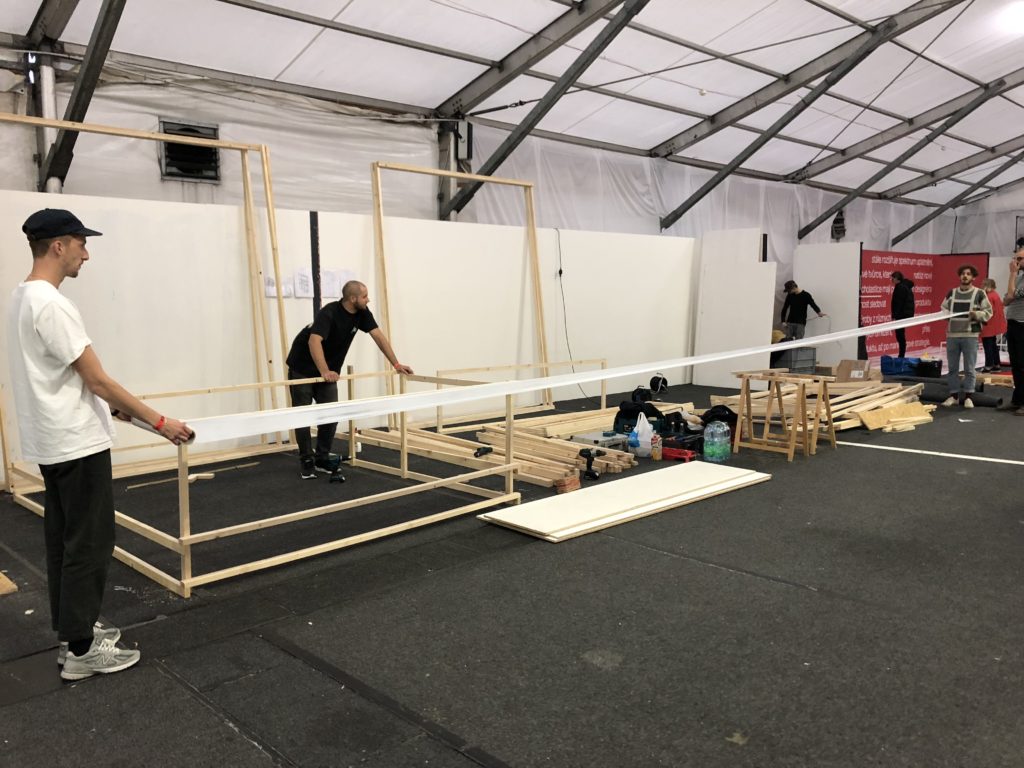
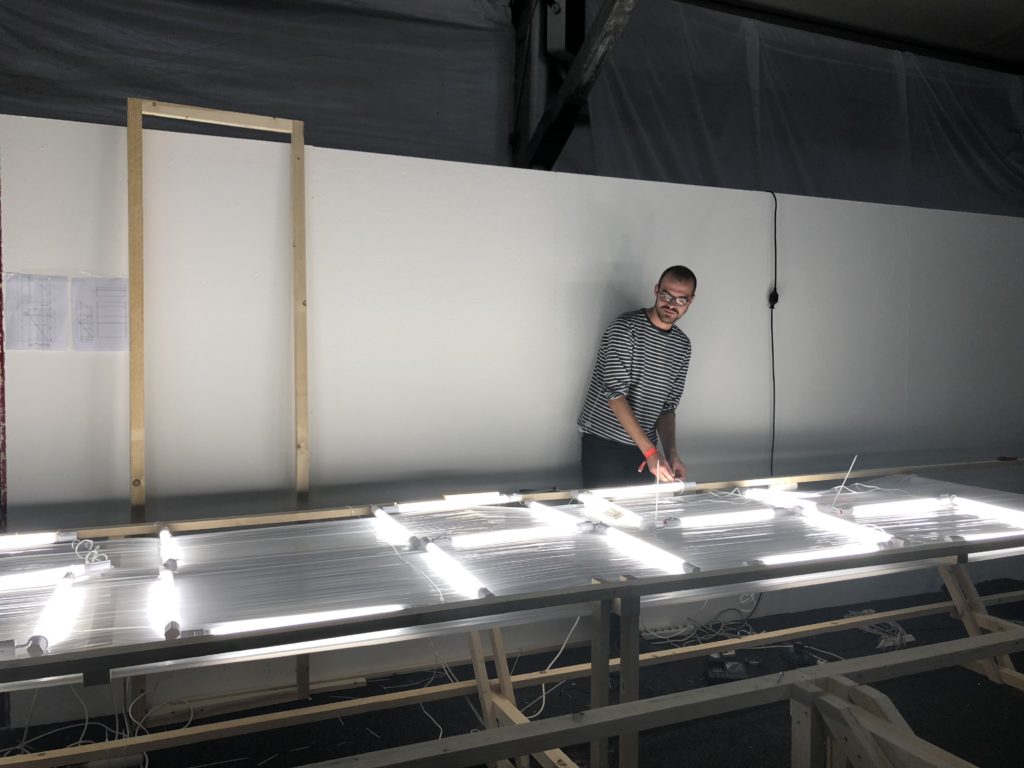
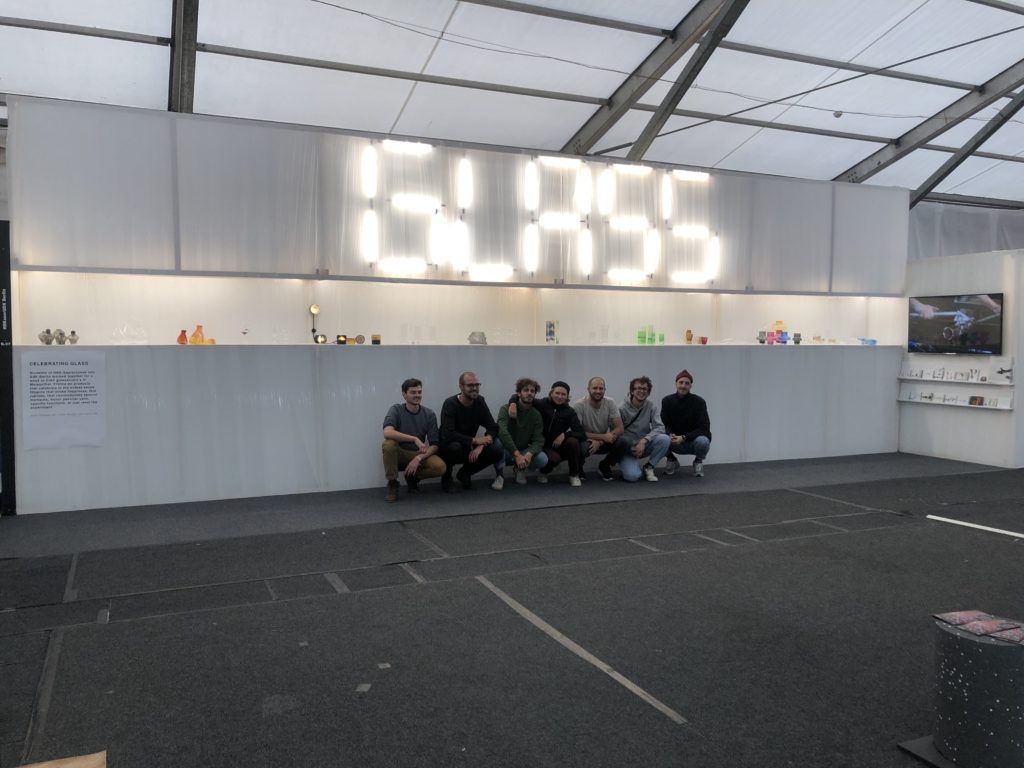



From 28 October till 4 November 2018 students from the New Grounds project – set during Winter Semester 2018/19 – had a workweek in the 4th Istanbul Design Biennial ‚School of Schools‘. For 6 days they worked on the 6 topics of the biennial and its six exhibitions. Every morning started with a presentation of researches on the topic, than the students started to work on site and had a (group)presentation at the end of the afternoon.
On 4 November a presentation took place of their outcomes in the form of a bazaar, where visitors and students spoke about the topics.
Some impressions of their presentation below.
exhibition for:
UdK Berlin – Institute of Product and Process design
Design & Social Context
supervision: Prof. Ineke Hans
EXHIBITION
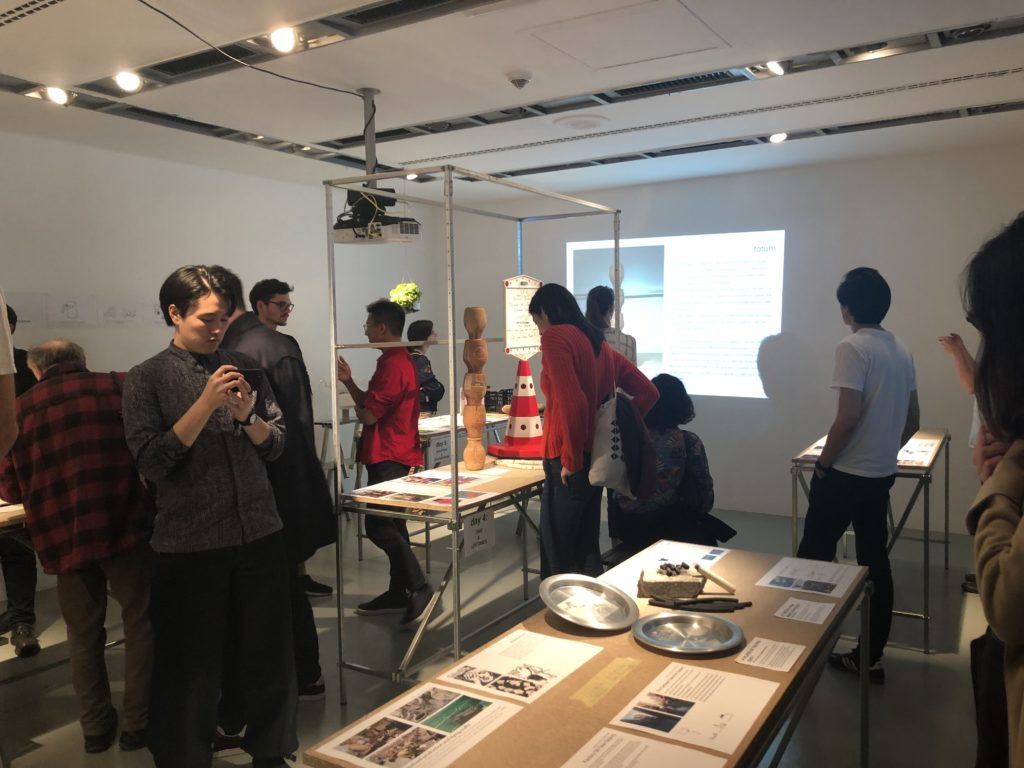
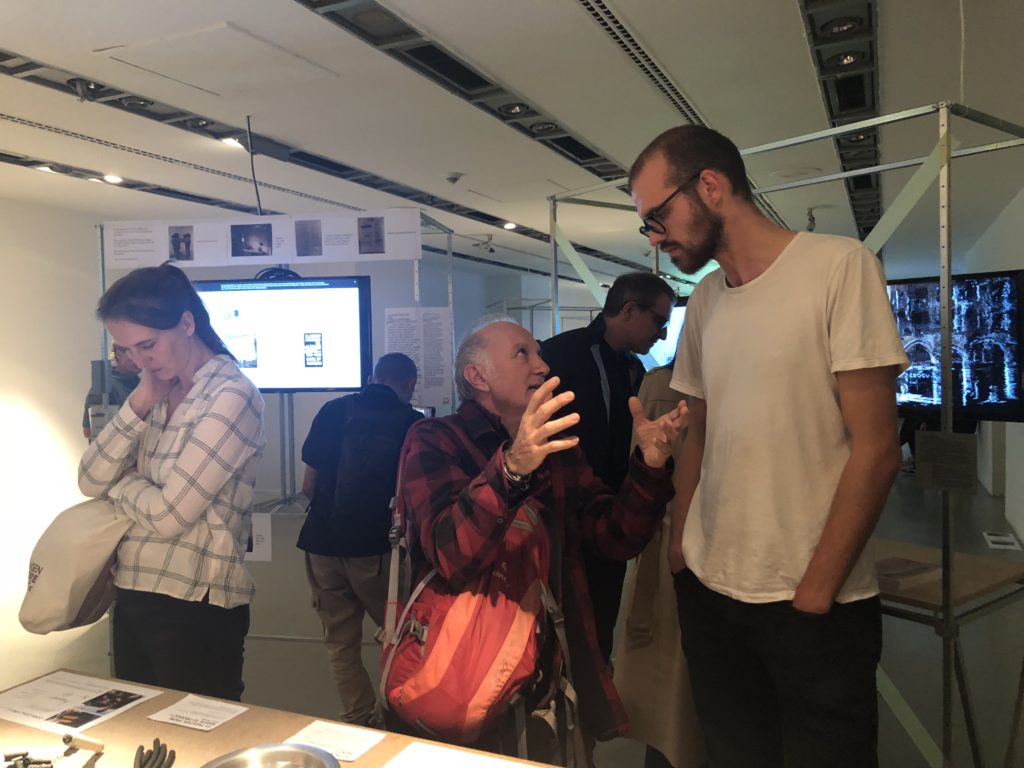
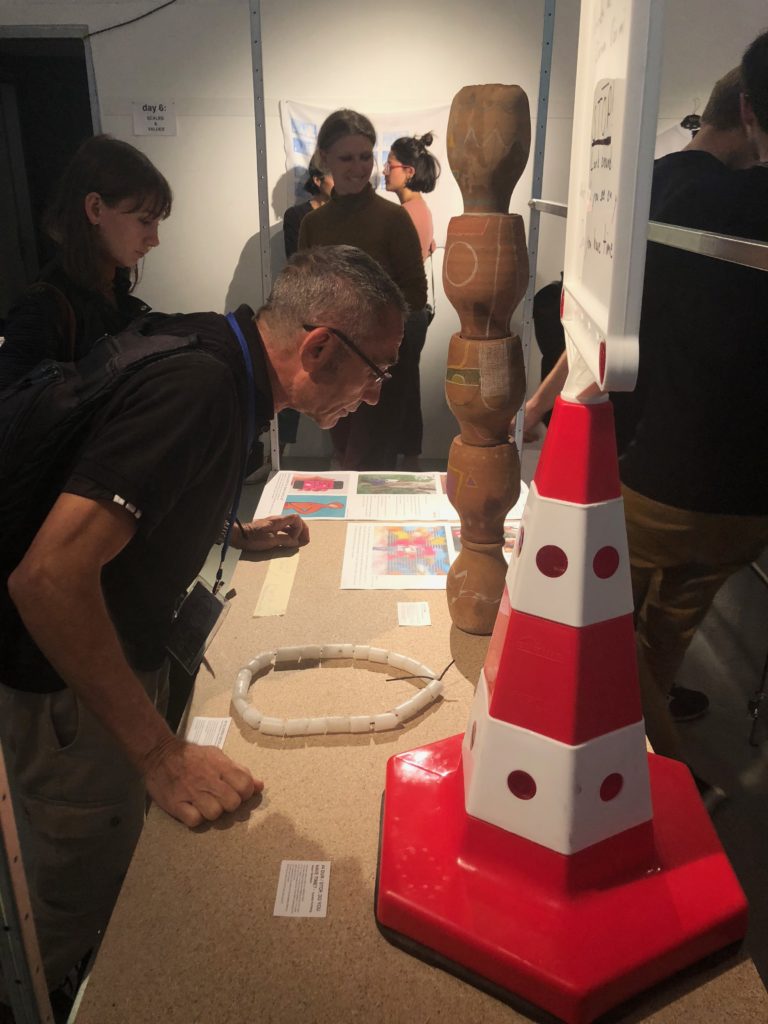
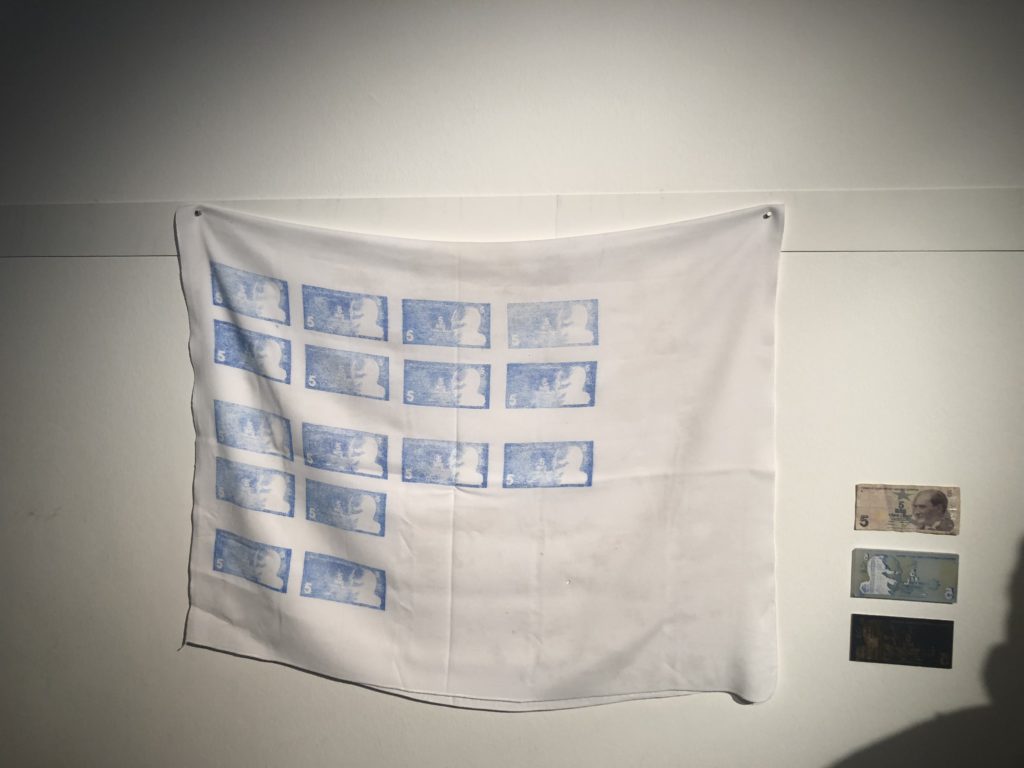

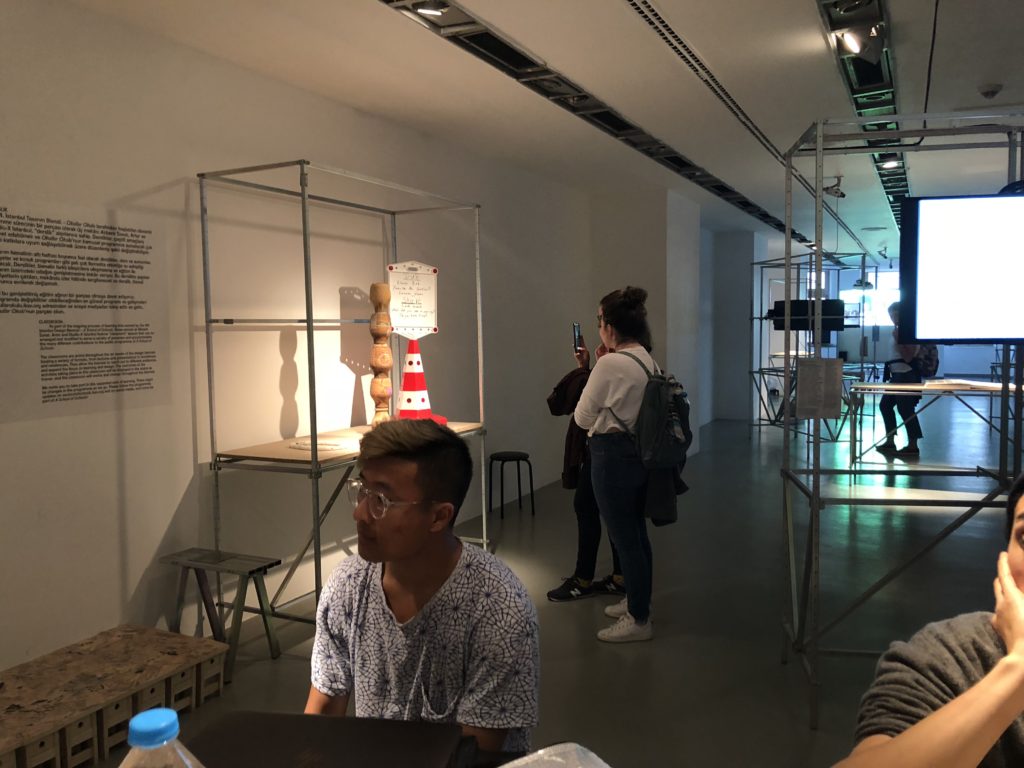
WORK WEEK

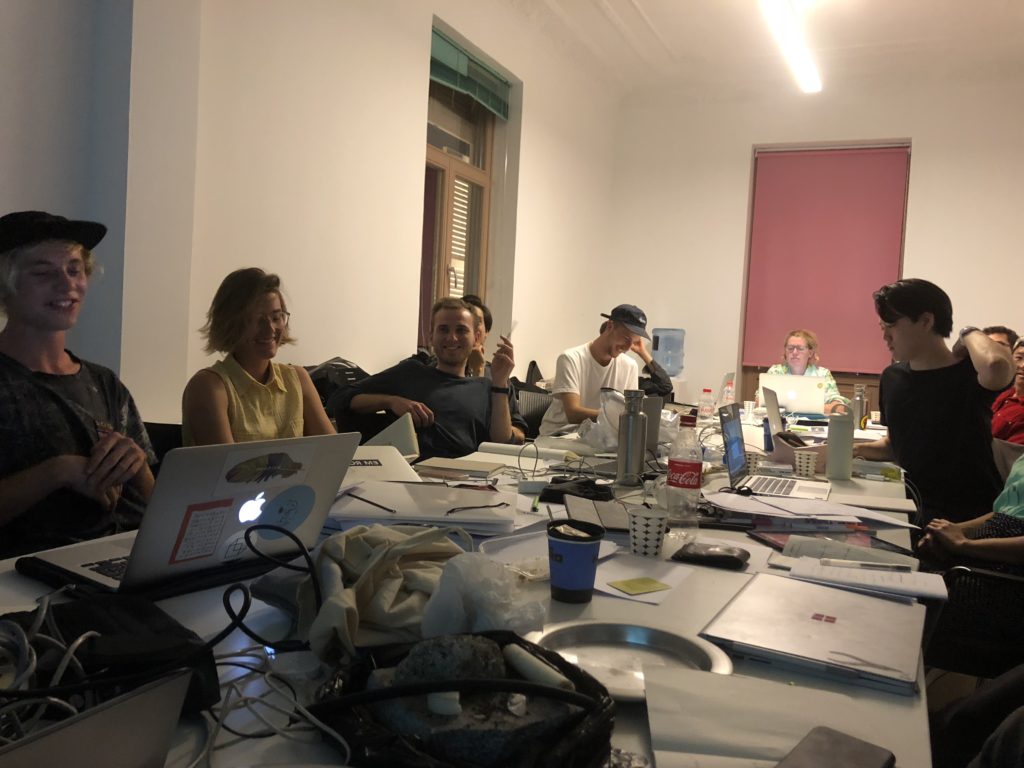
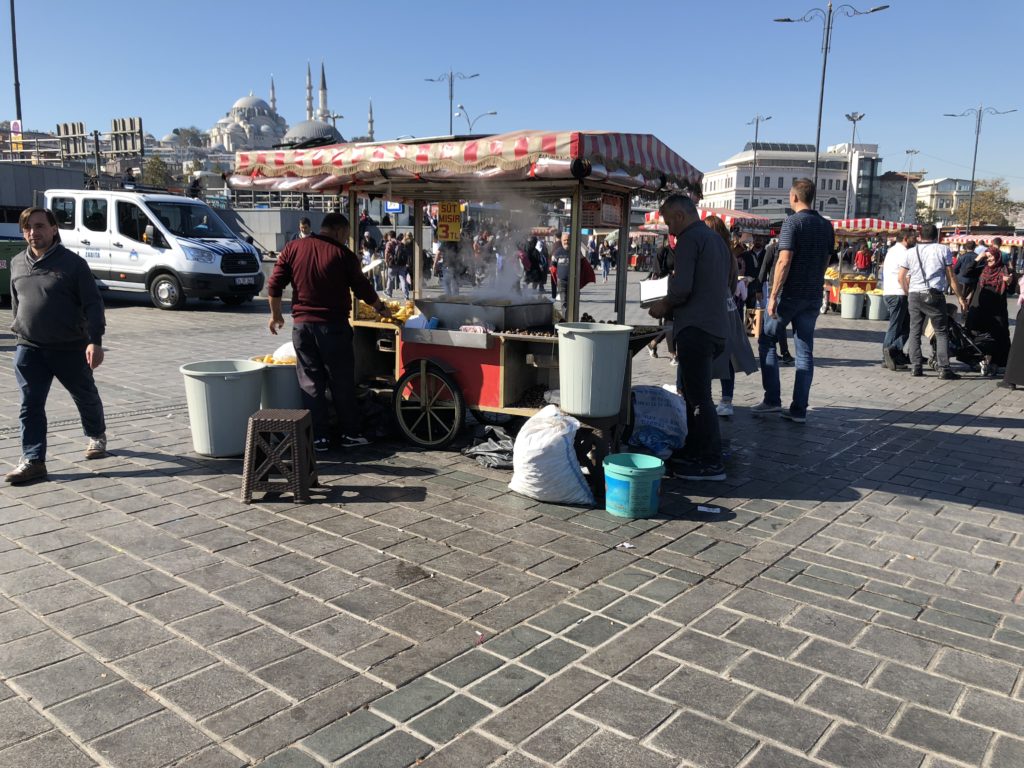
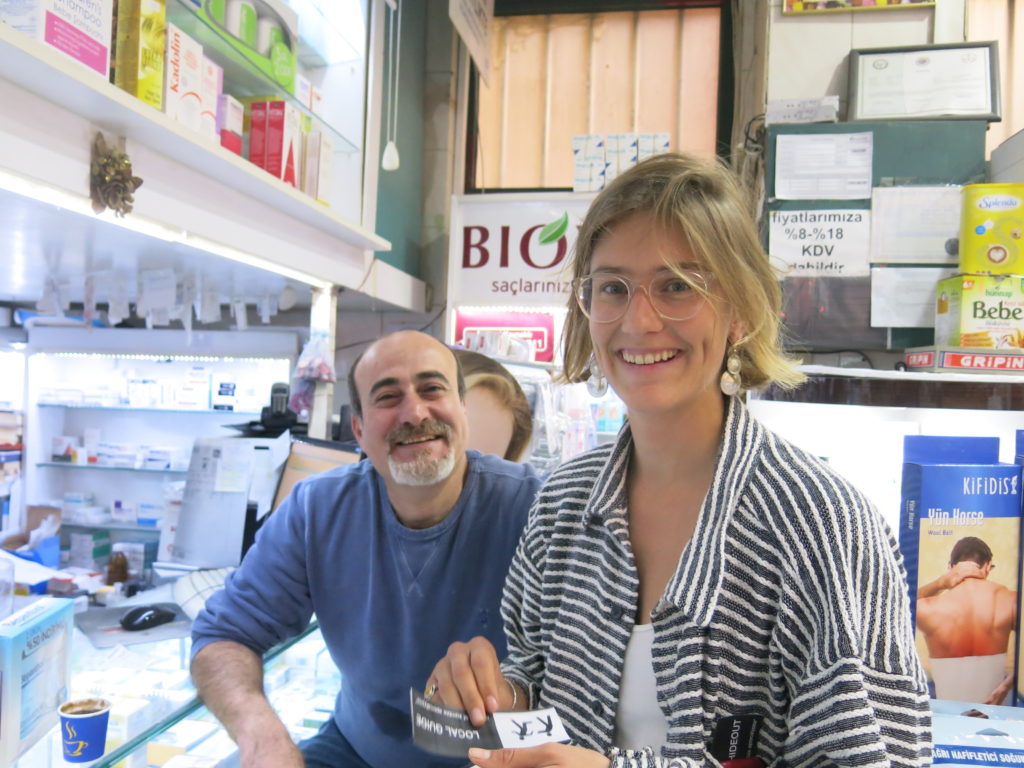
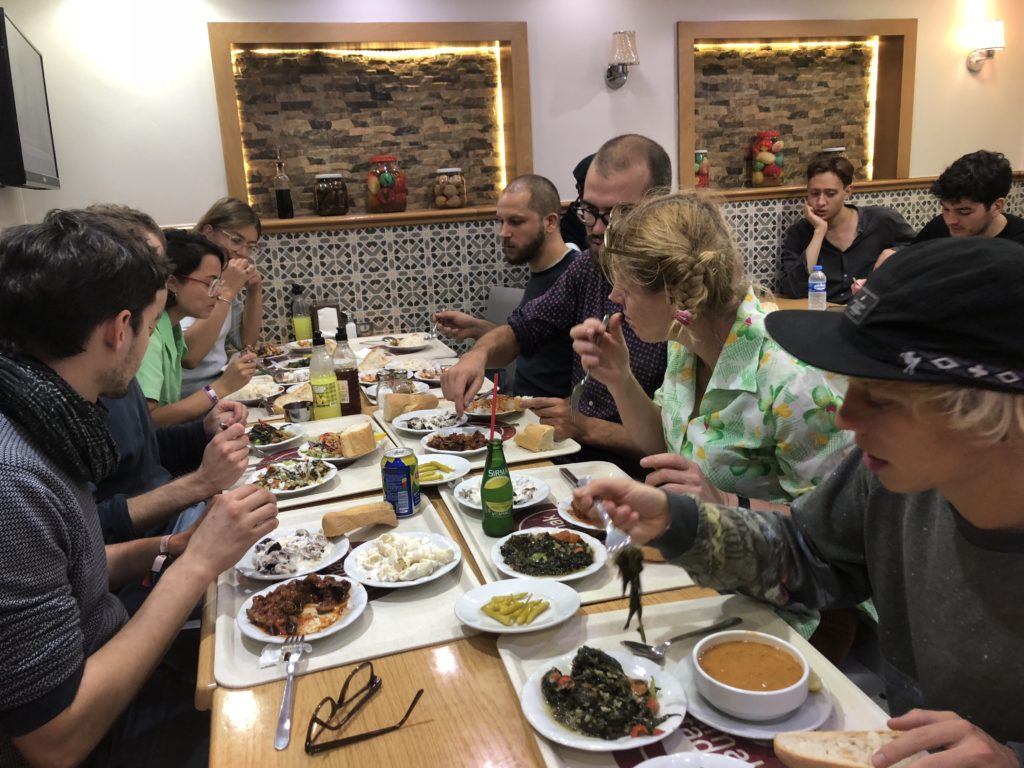
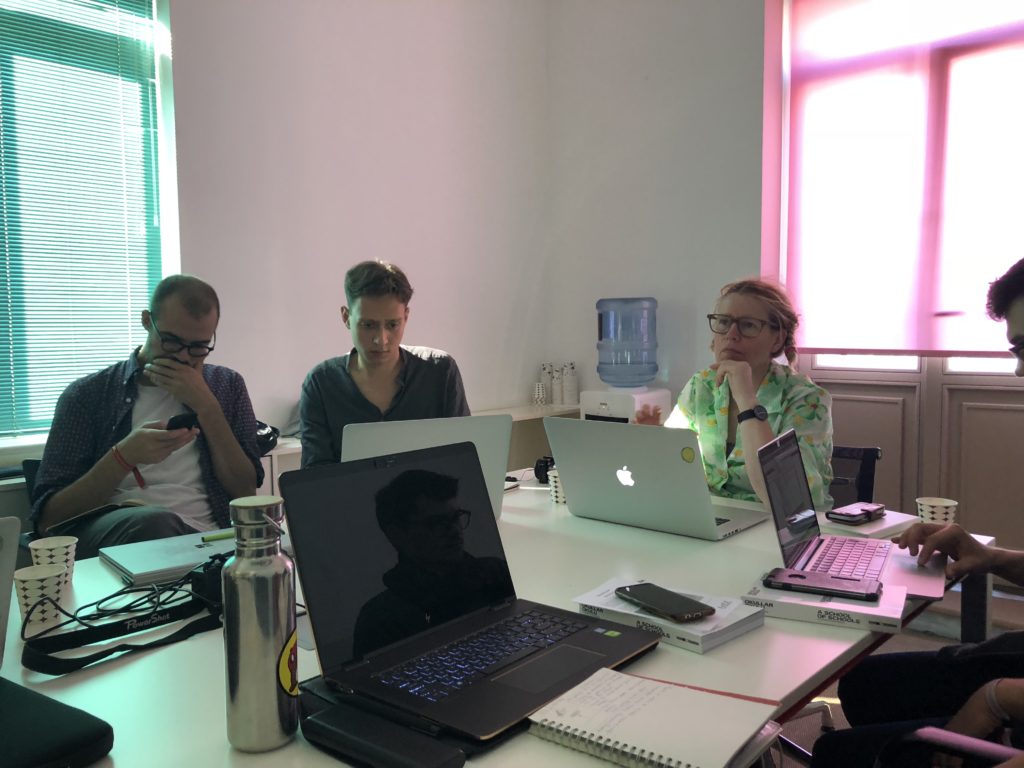
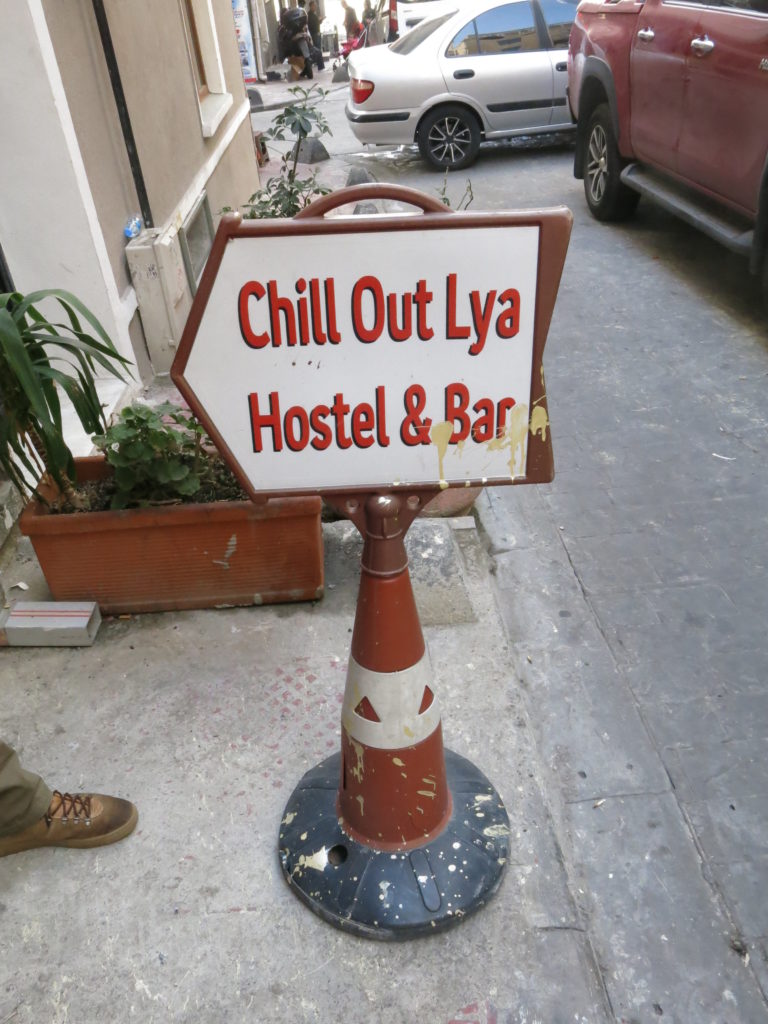
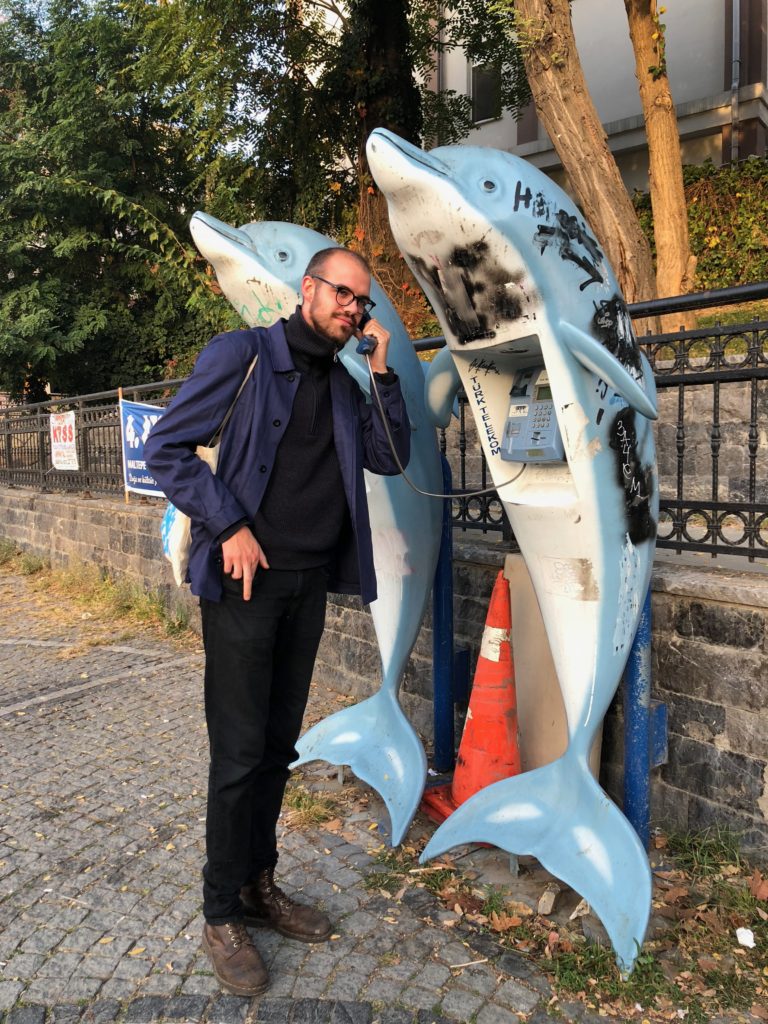
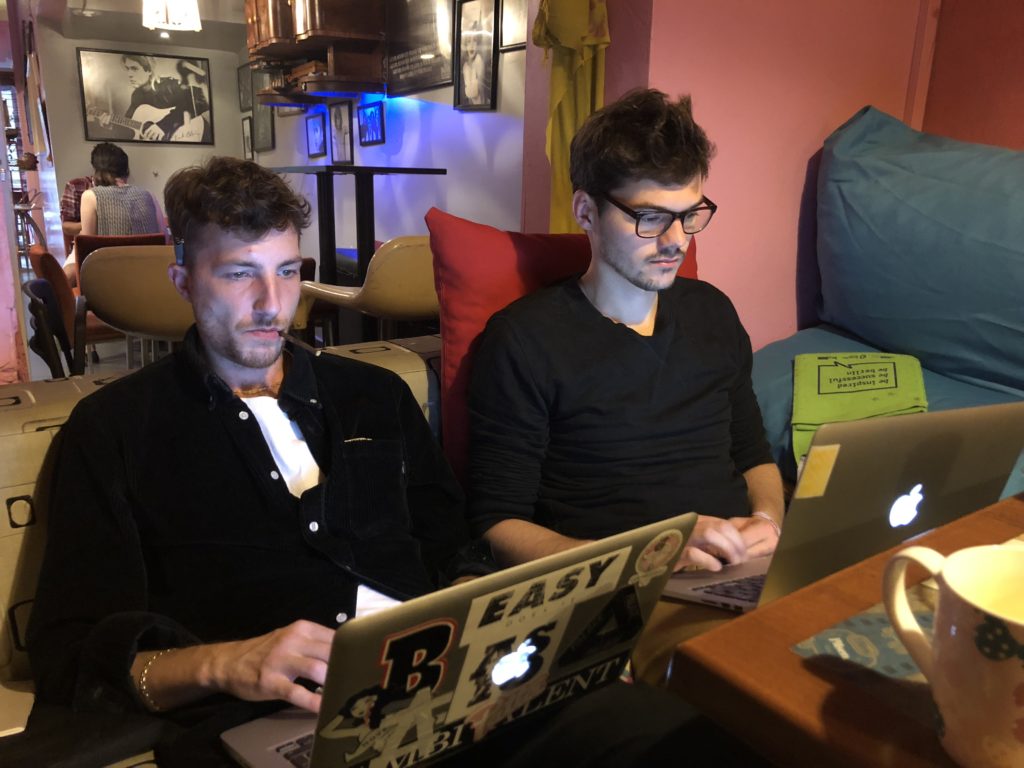
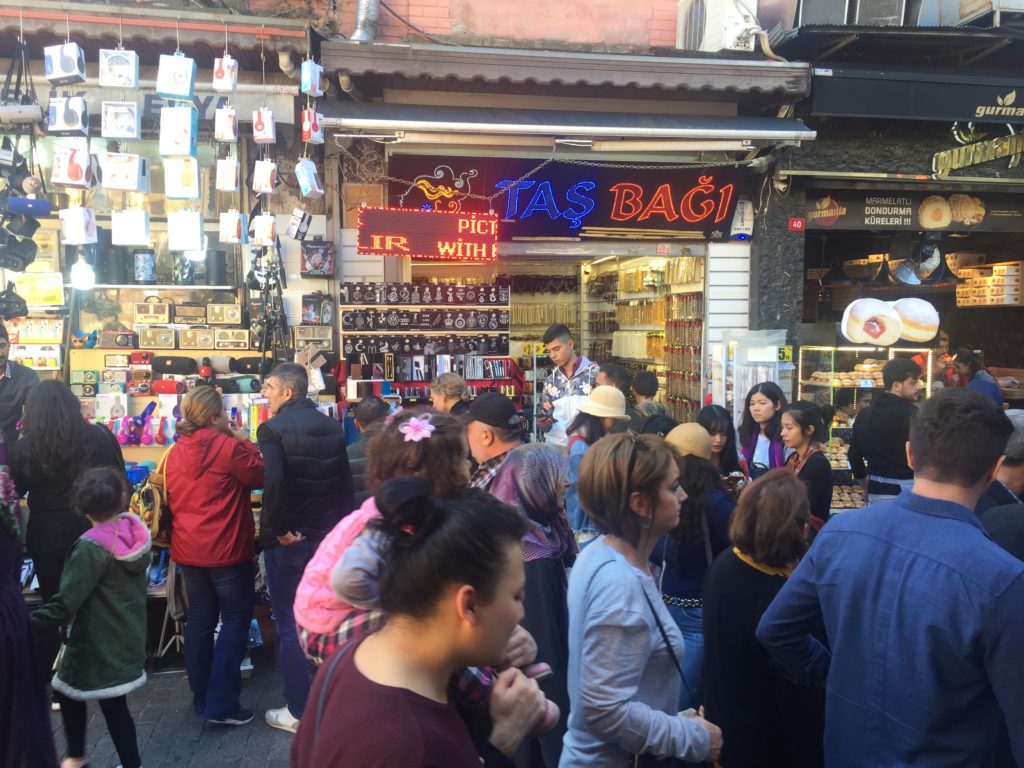
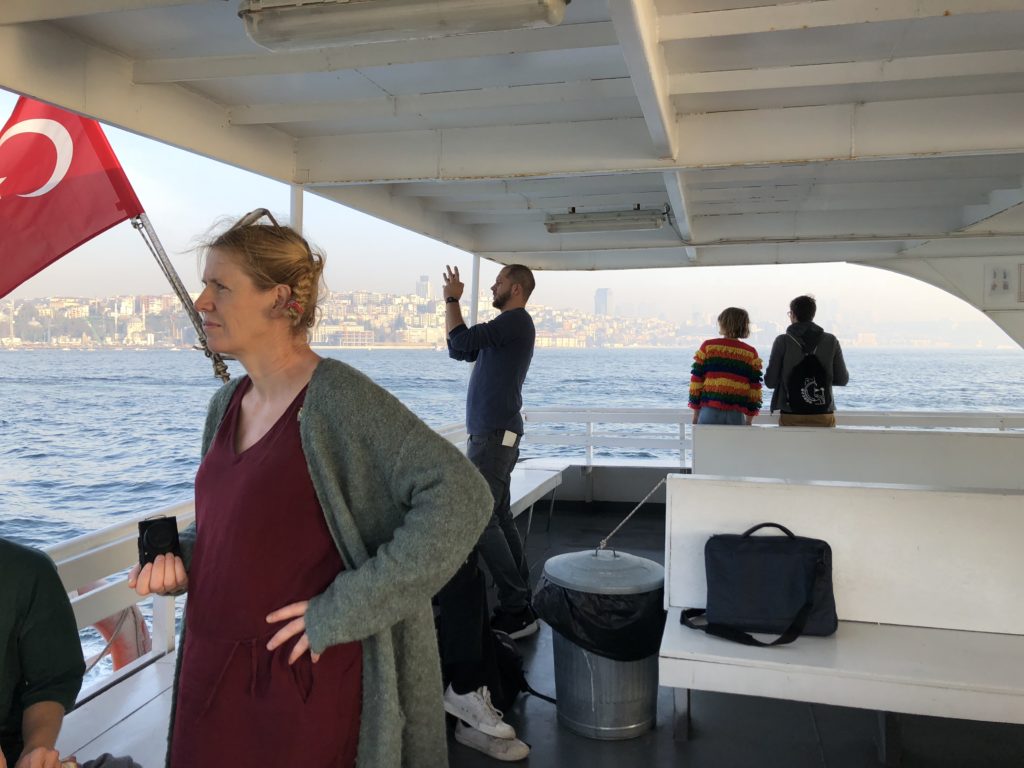
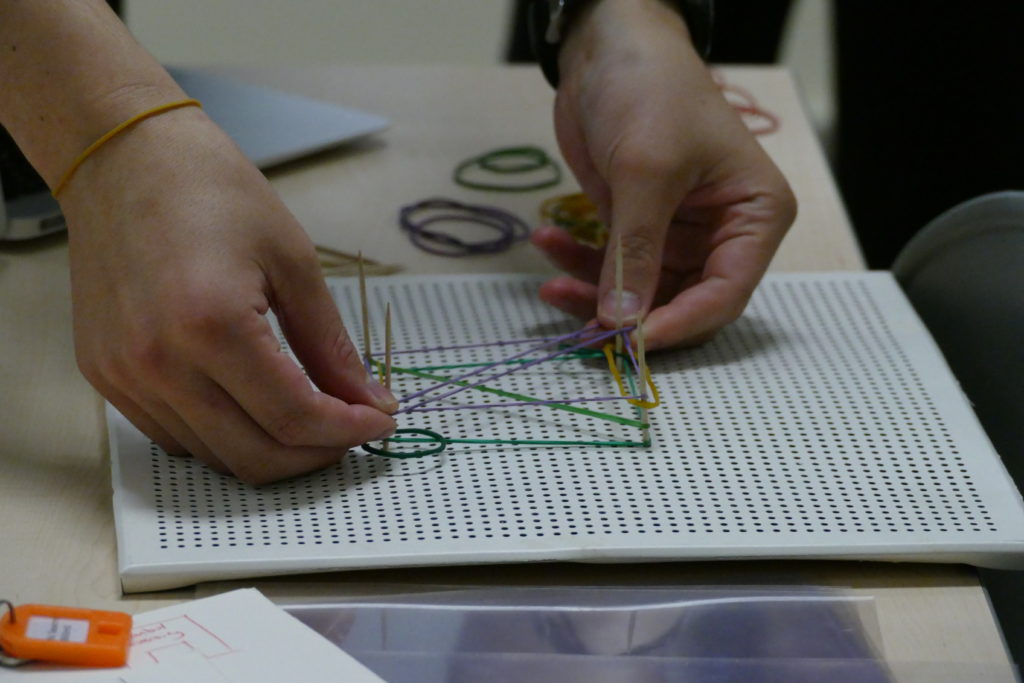
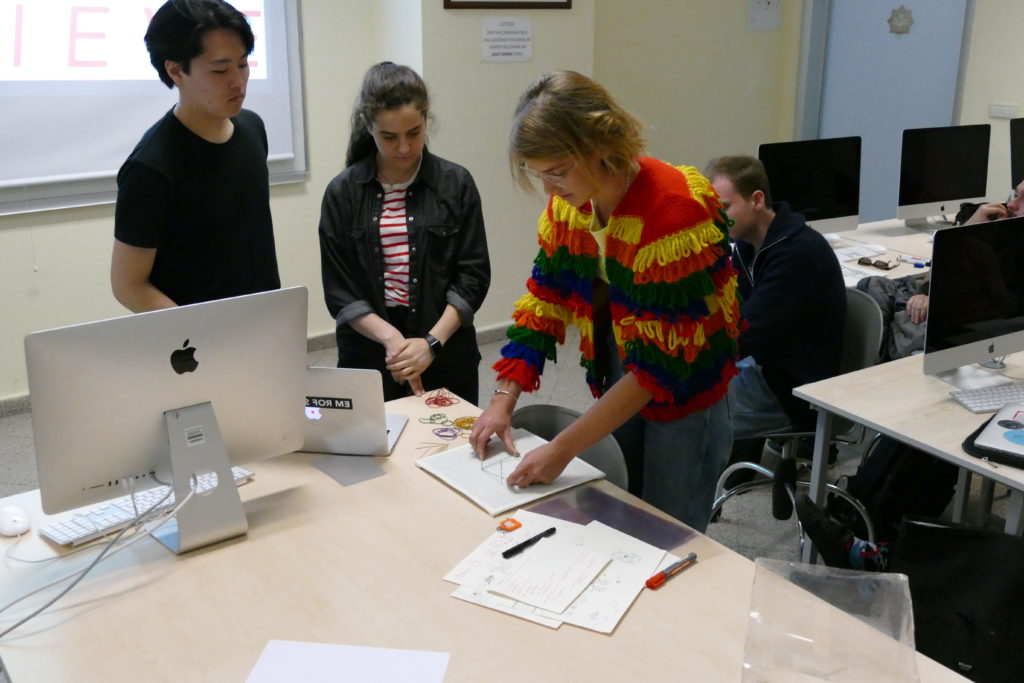
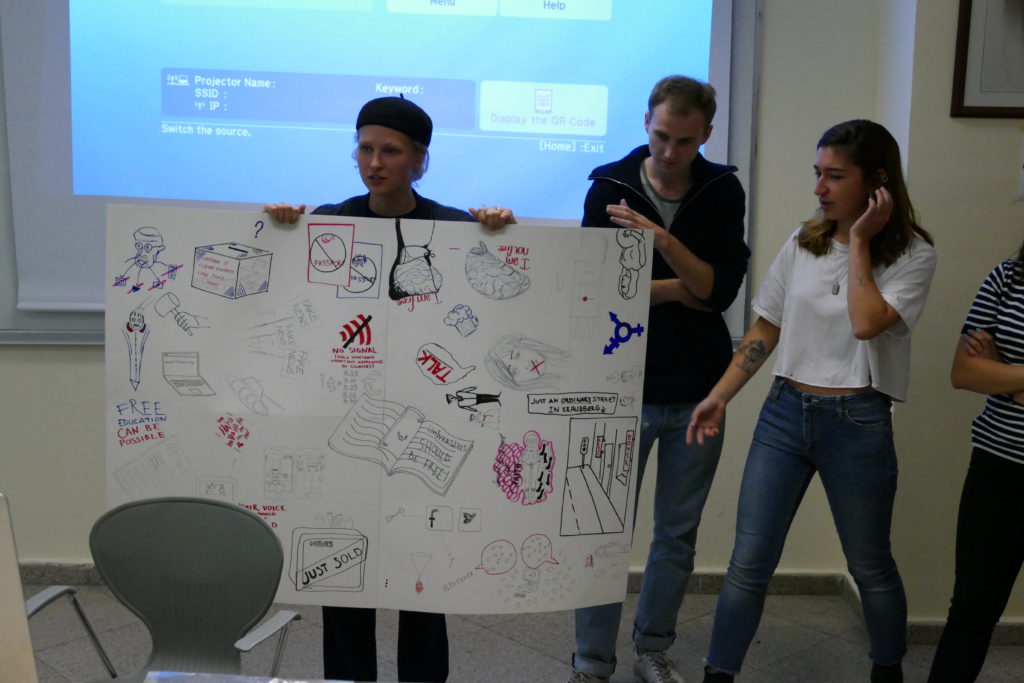

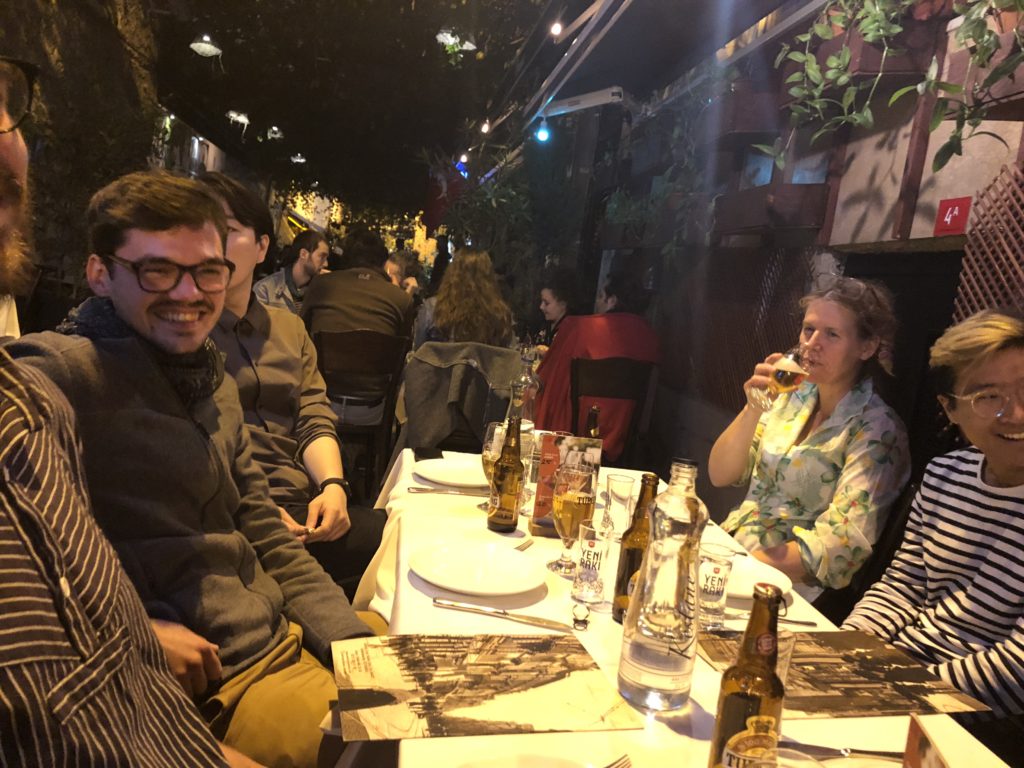
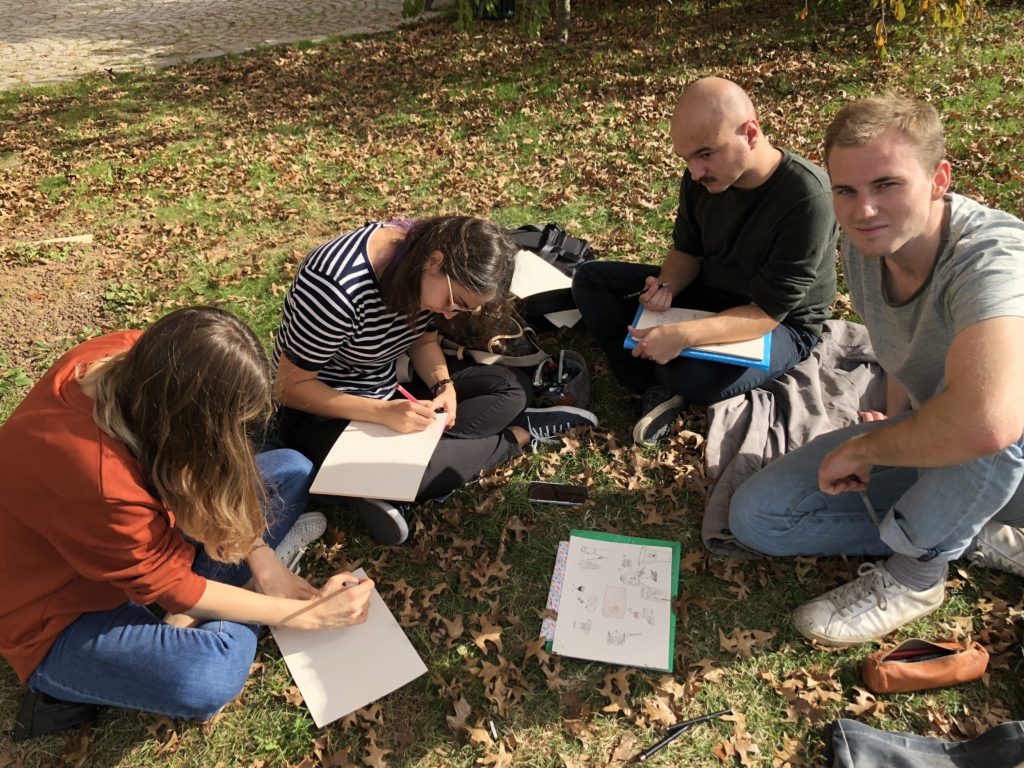
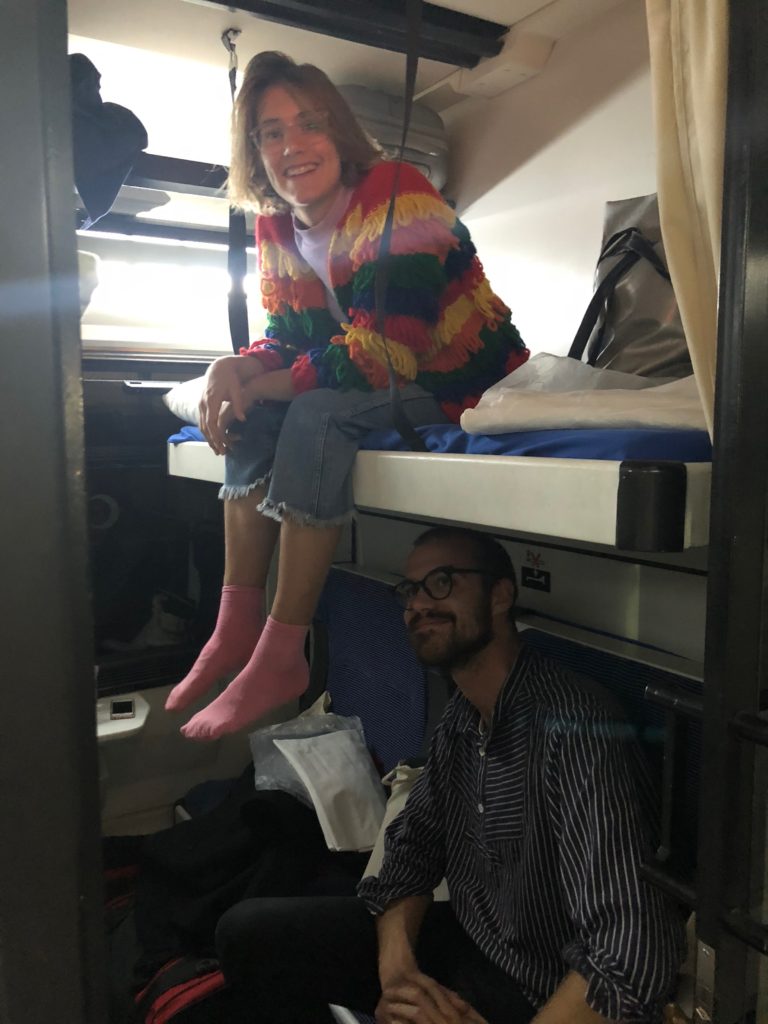

trip home via Orient Express and Sofia
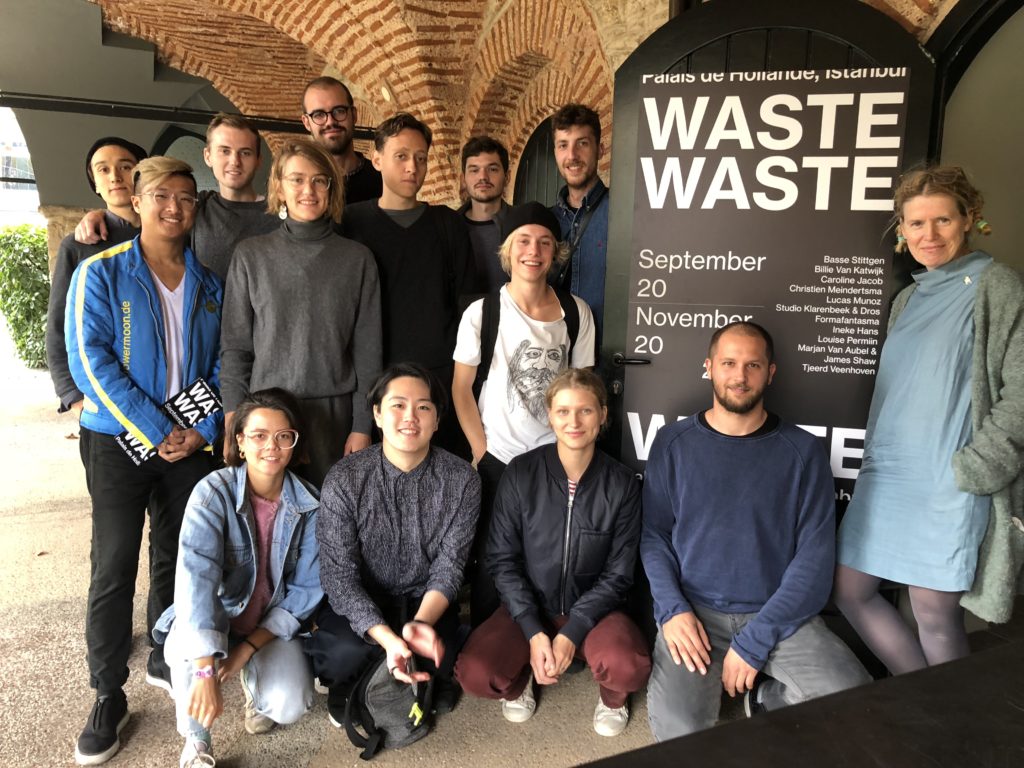 all at expo in Dutch Consulate
all at expo in Dutch Consulate
From 13 February till 7 March 2019 the Grounds project – set during Winter Semester 2018/19 – had a presentation of all projects at Bauhaus Archiv Berlin. Under the title intervention #4: rethink the exhibition showed what keeps students busy and how education looks like 100 years after the founding of Bauhaus.
Some impressions of their presentation below.
EXHIBITION
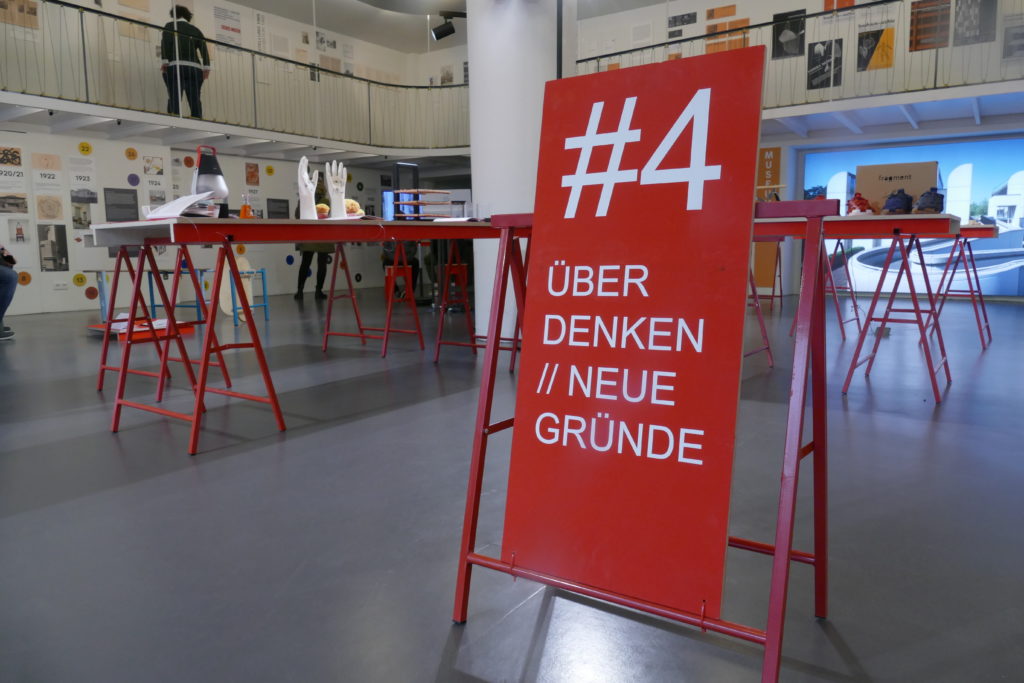
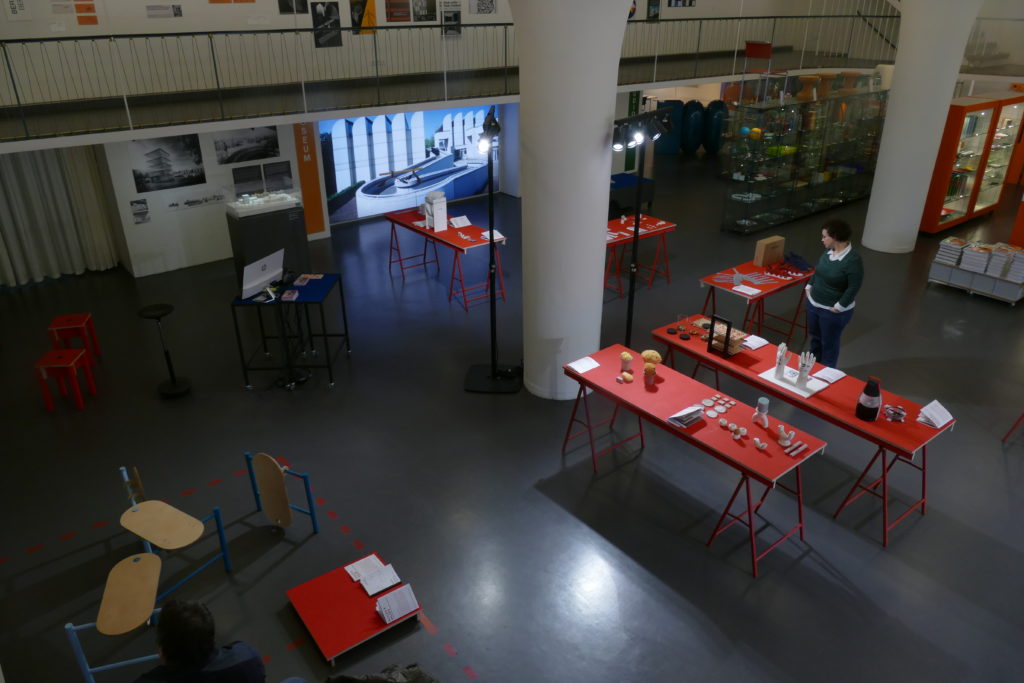
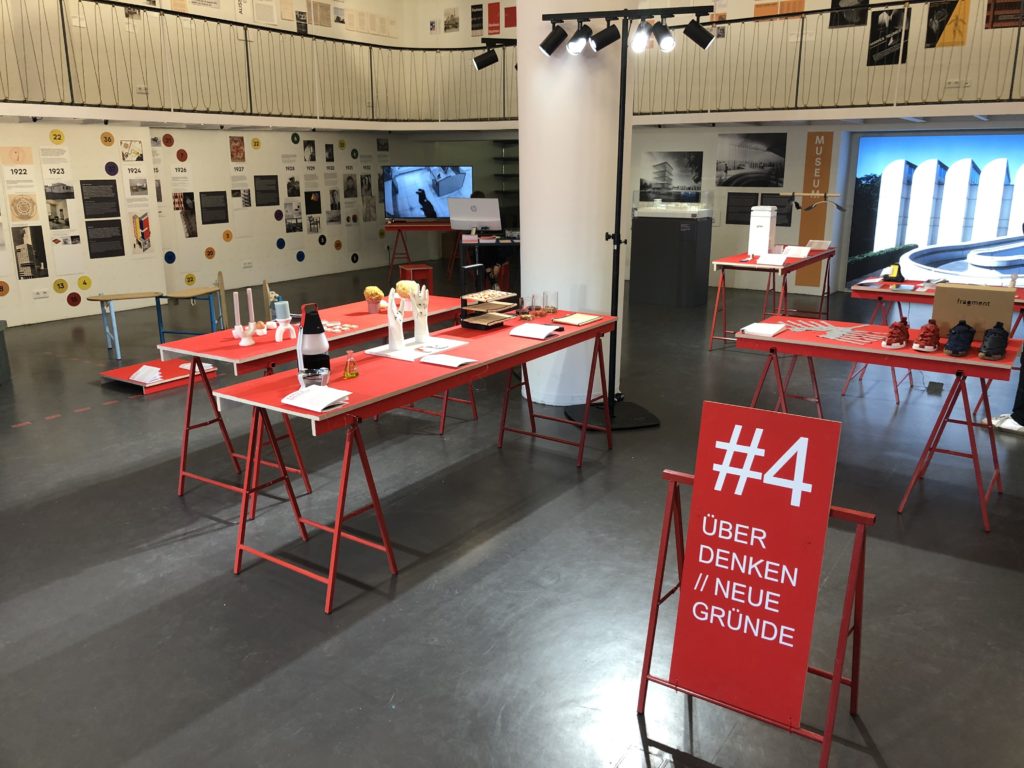
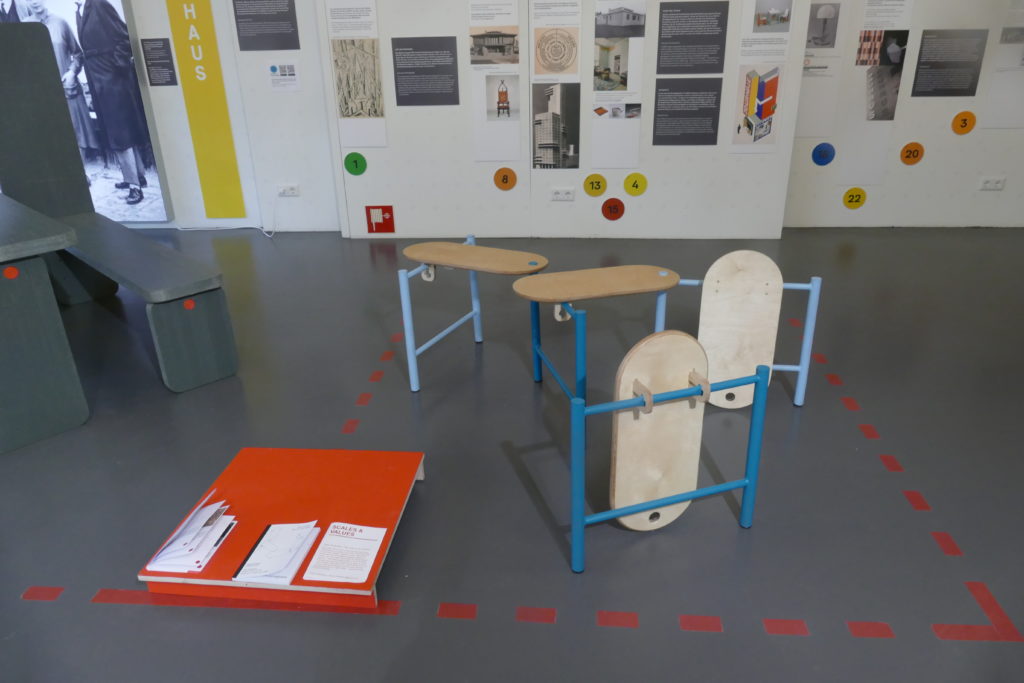
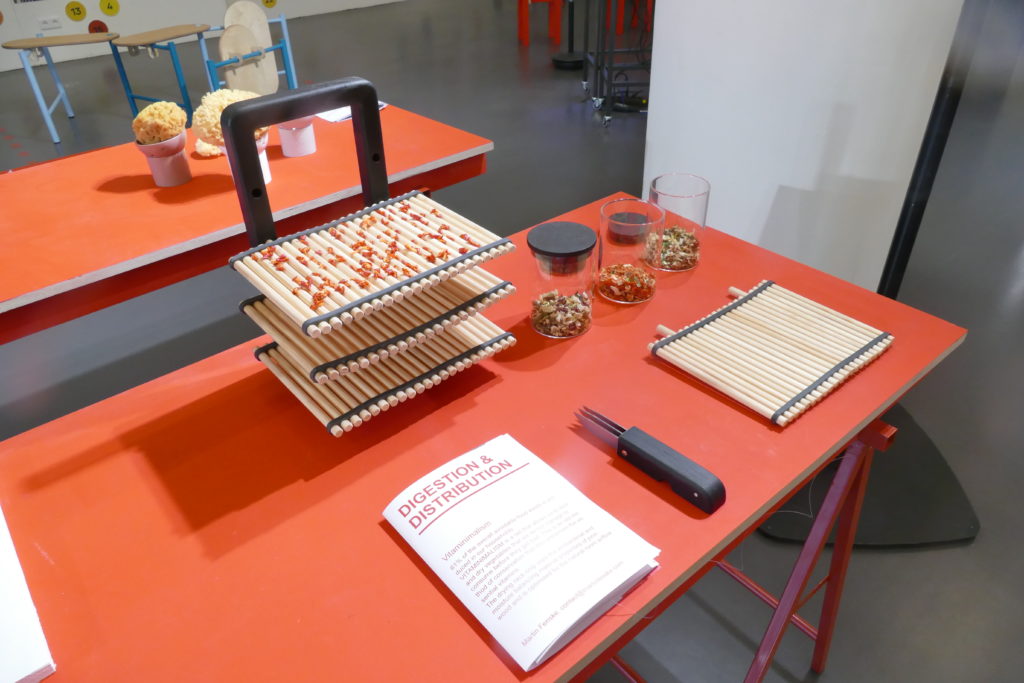
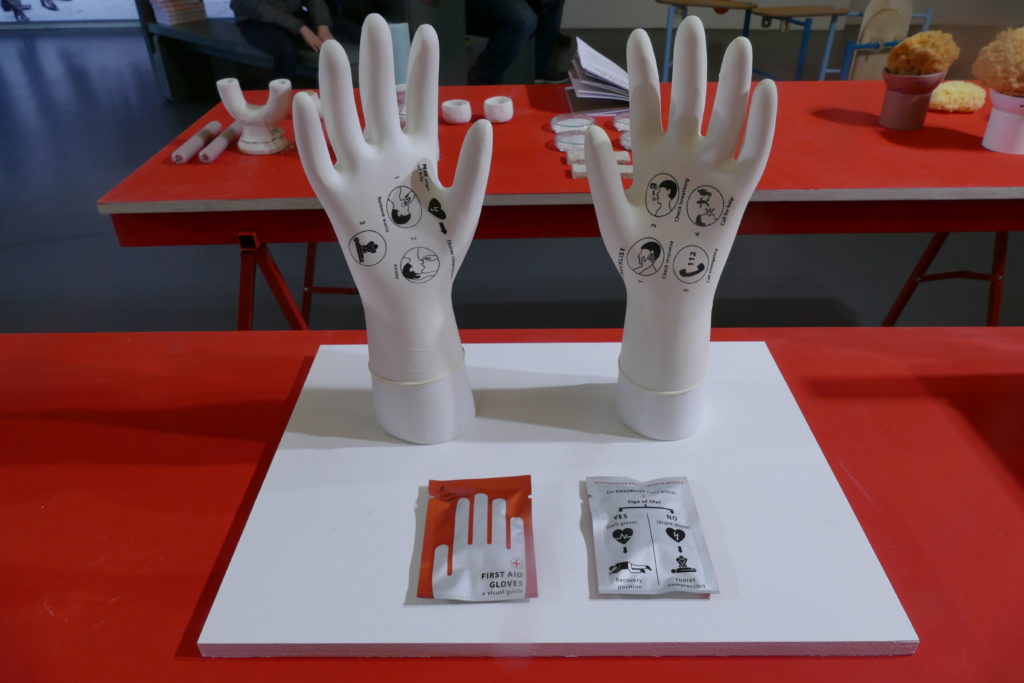
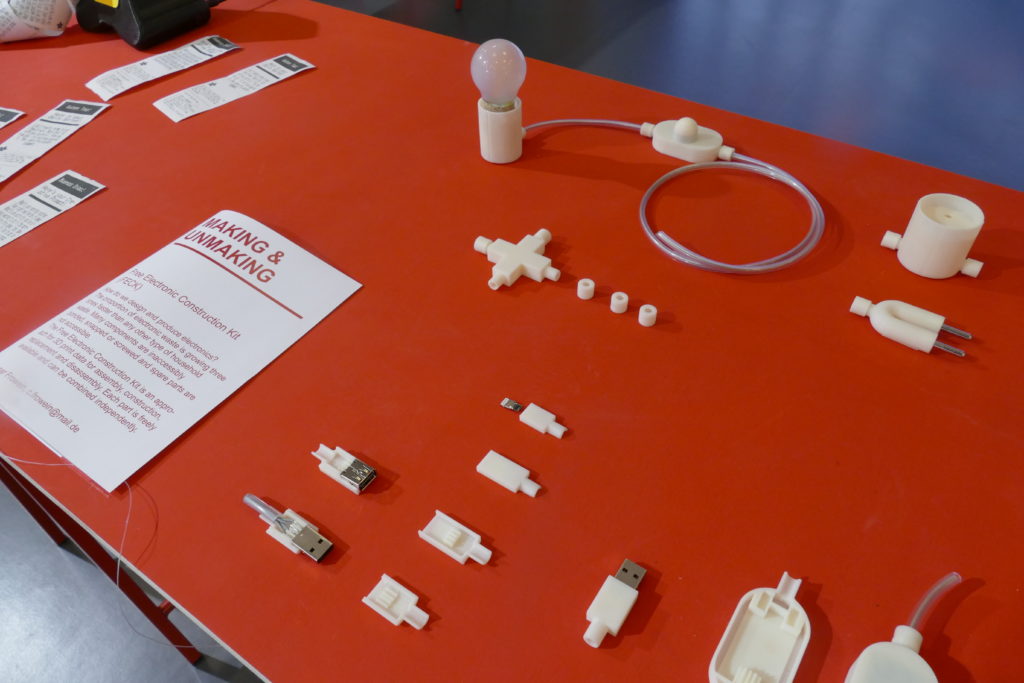
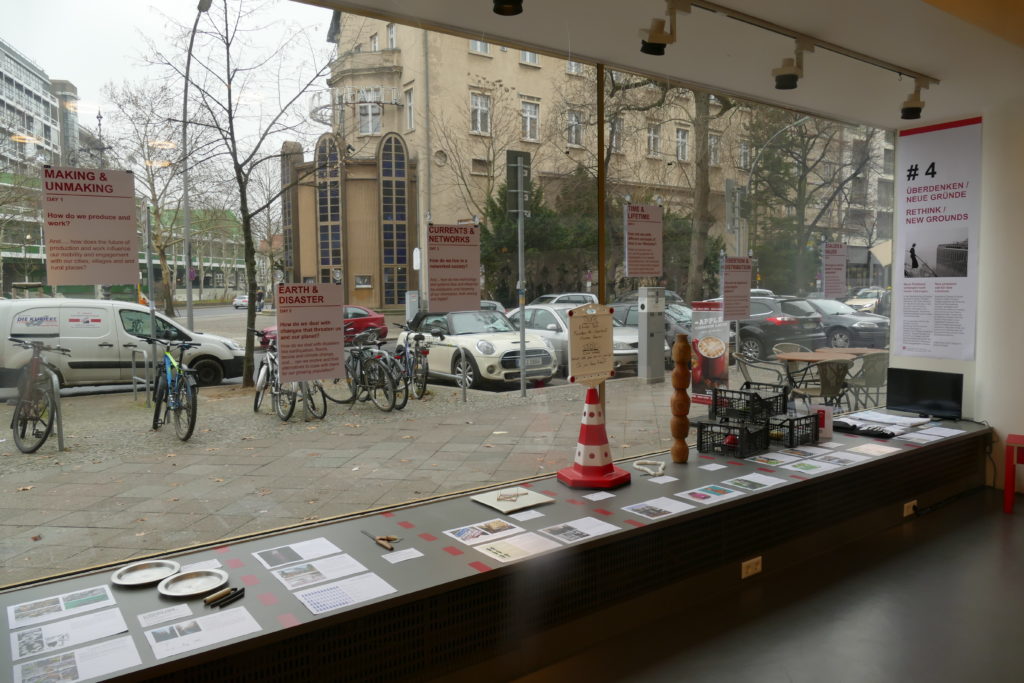
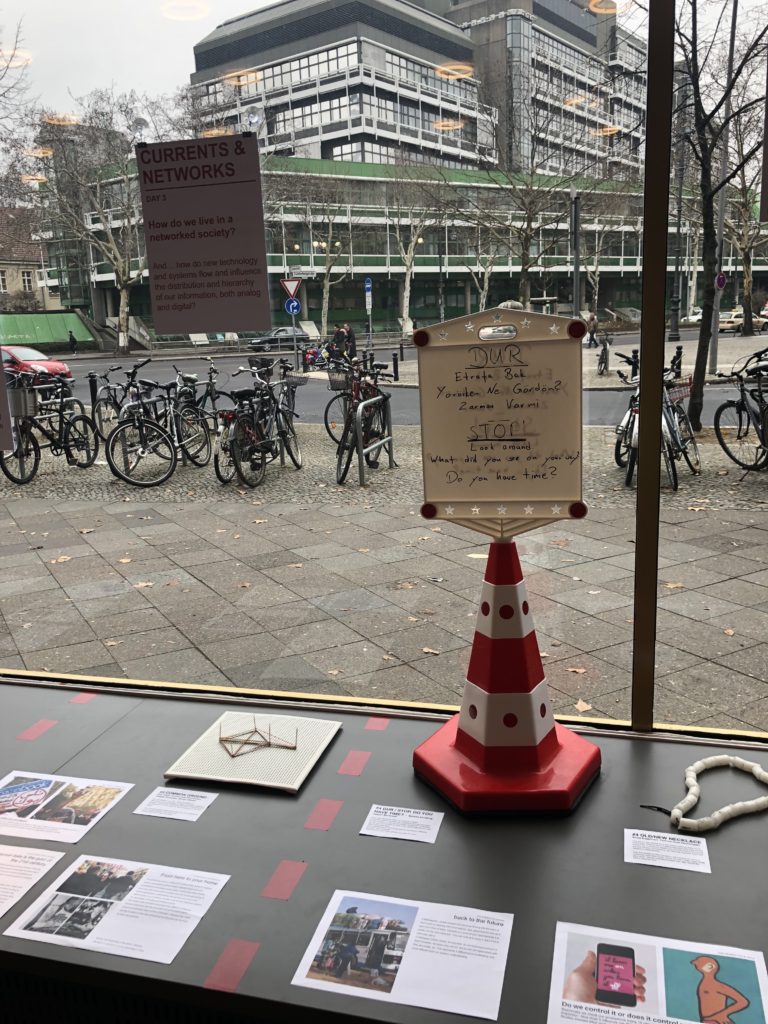
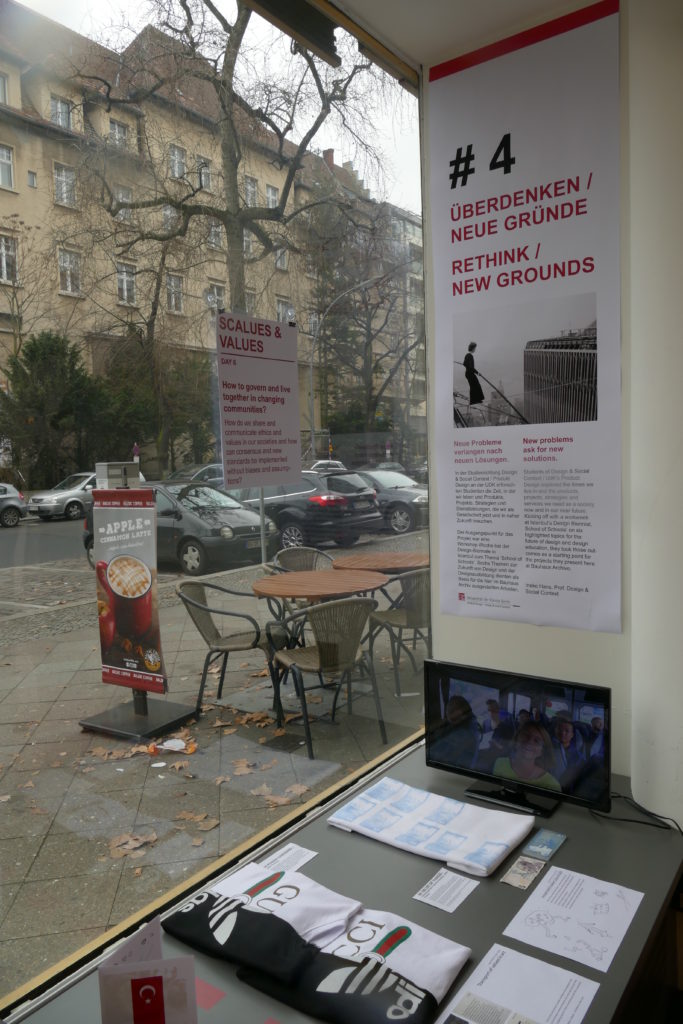
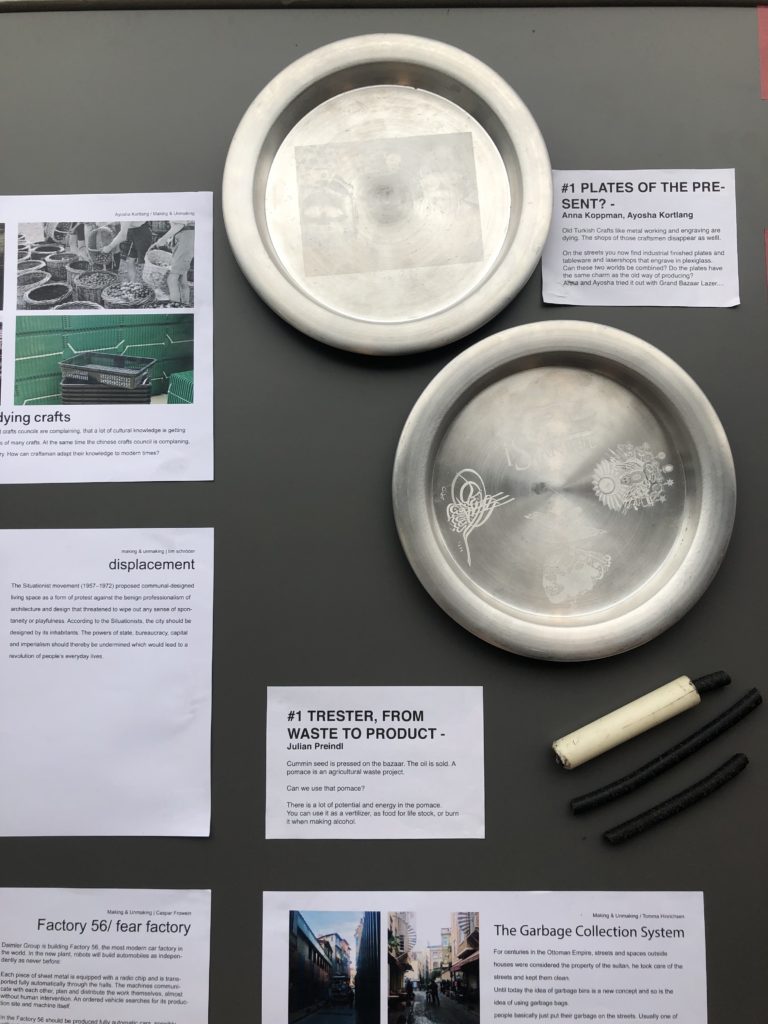
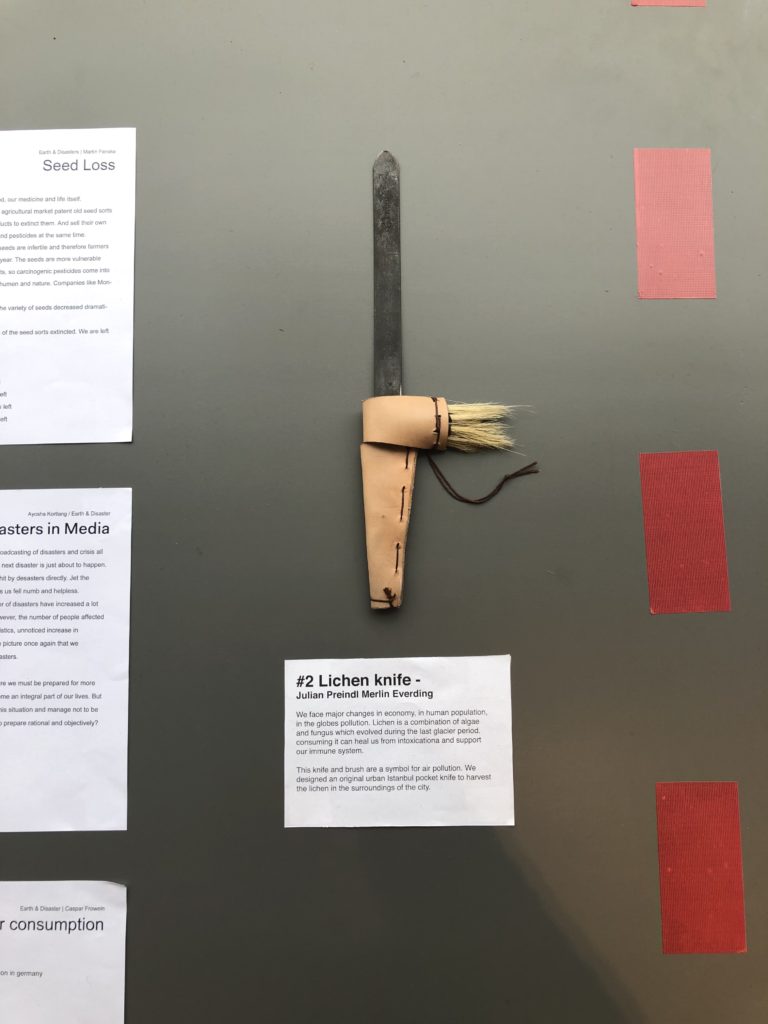
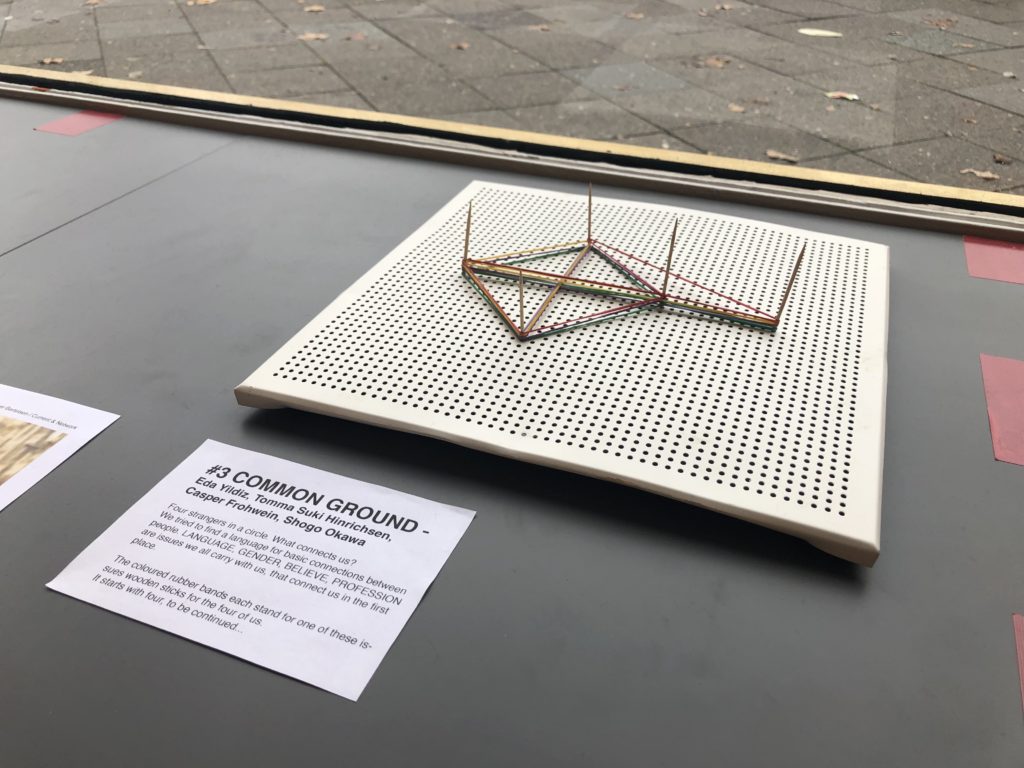
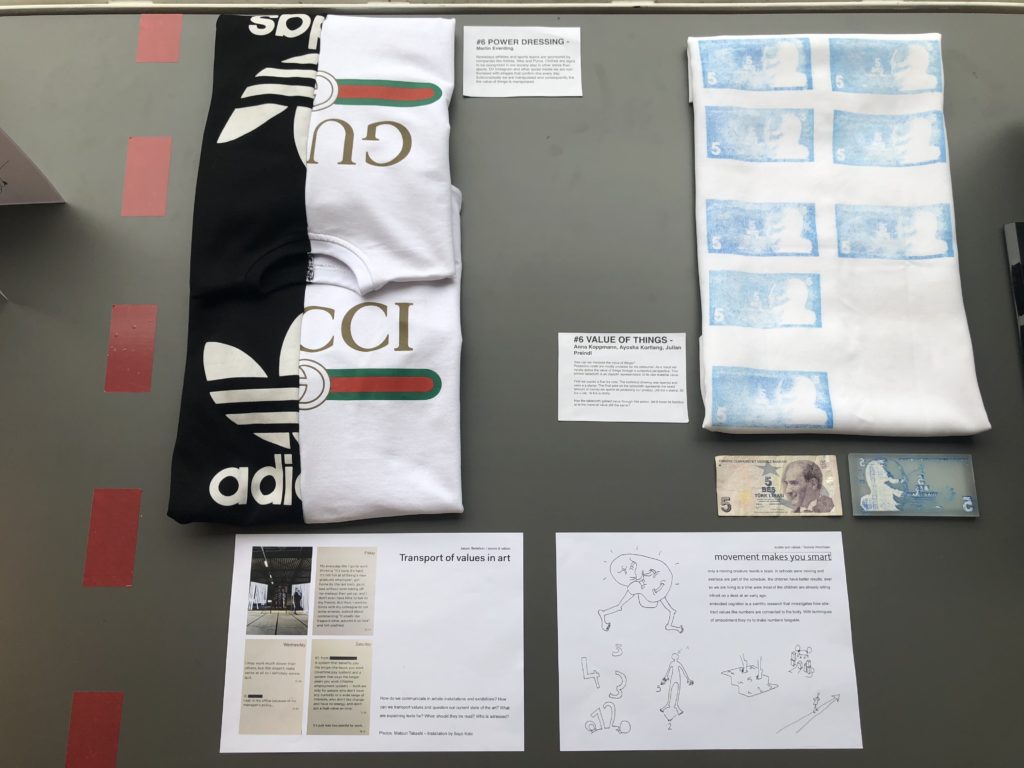
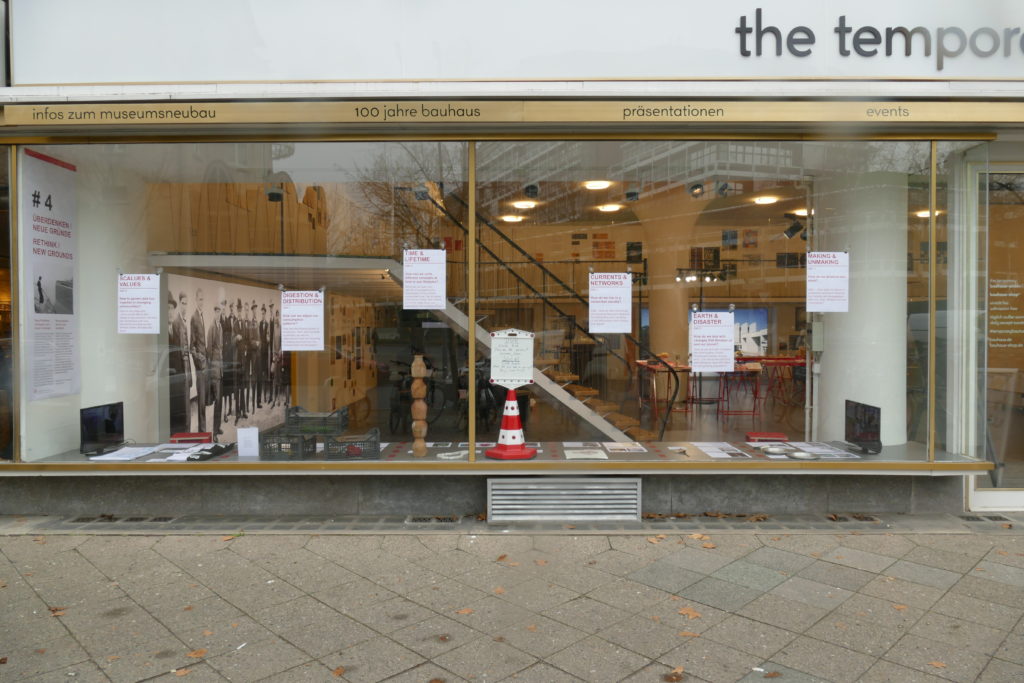
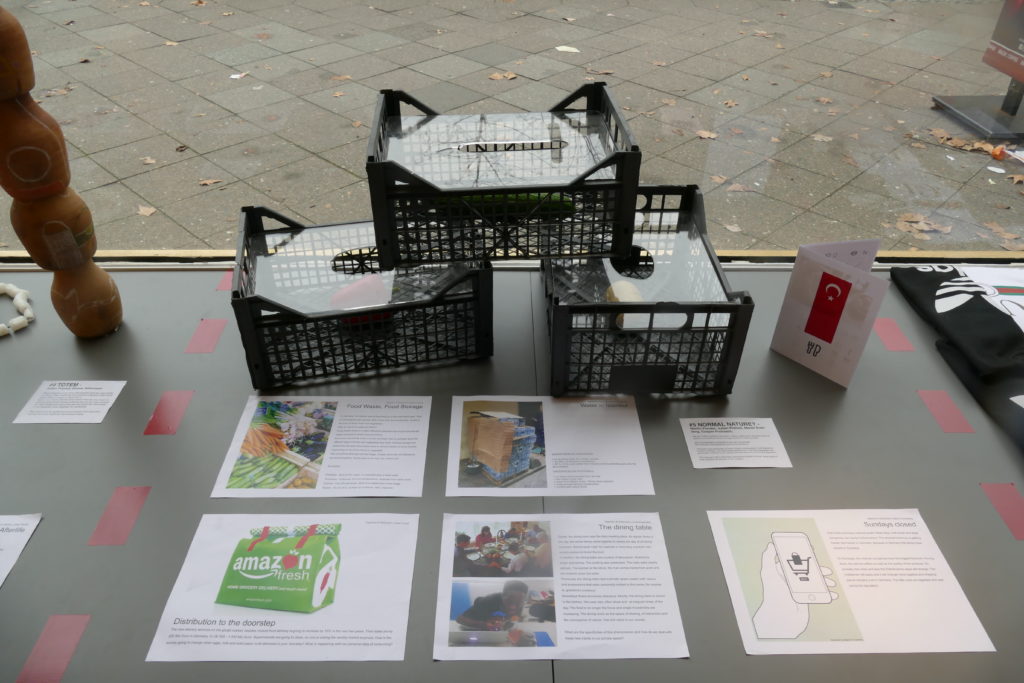
OPENING
Photos: Catrin Schmitt
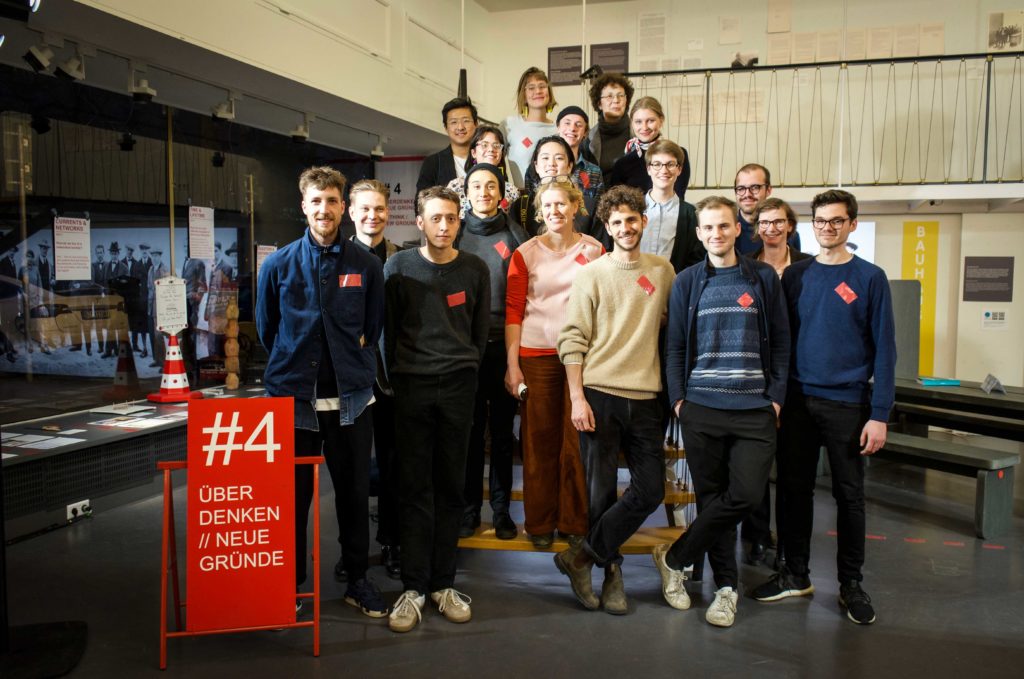
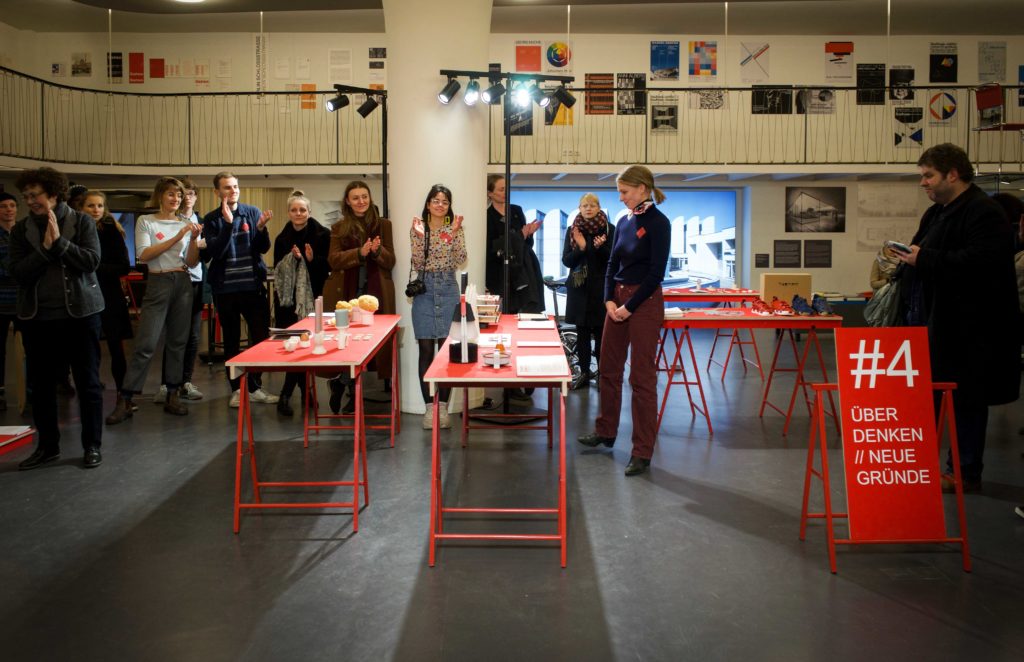
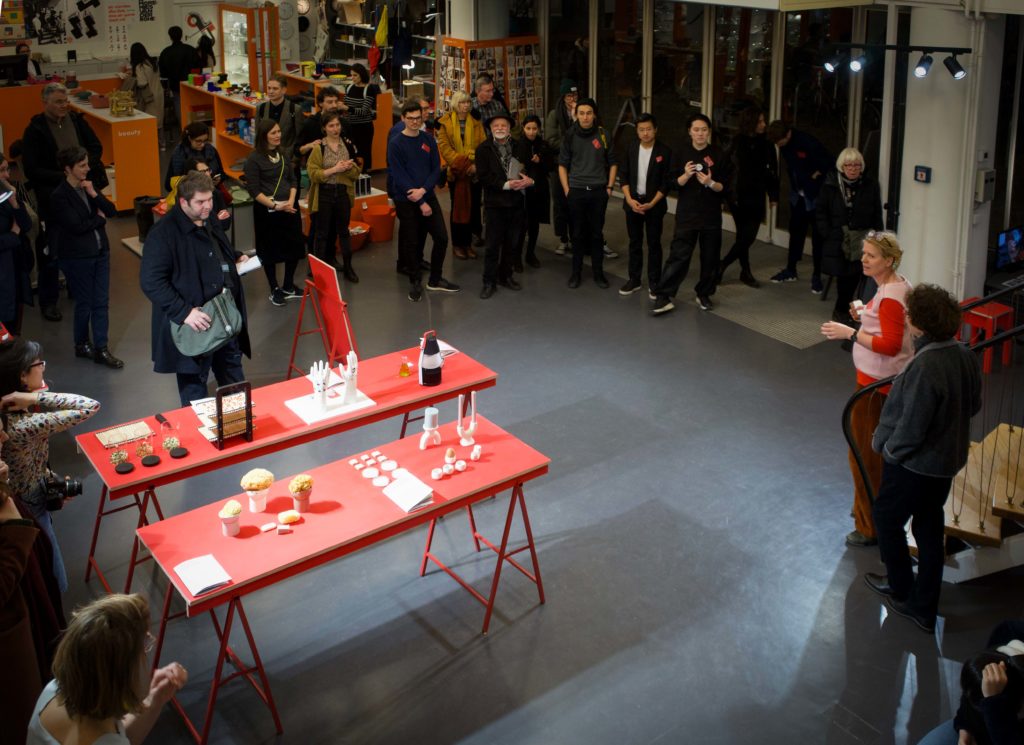
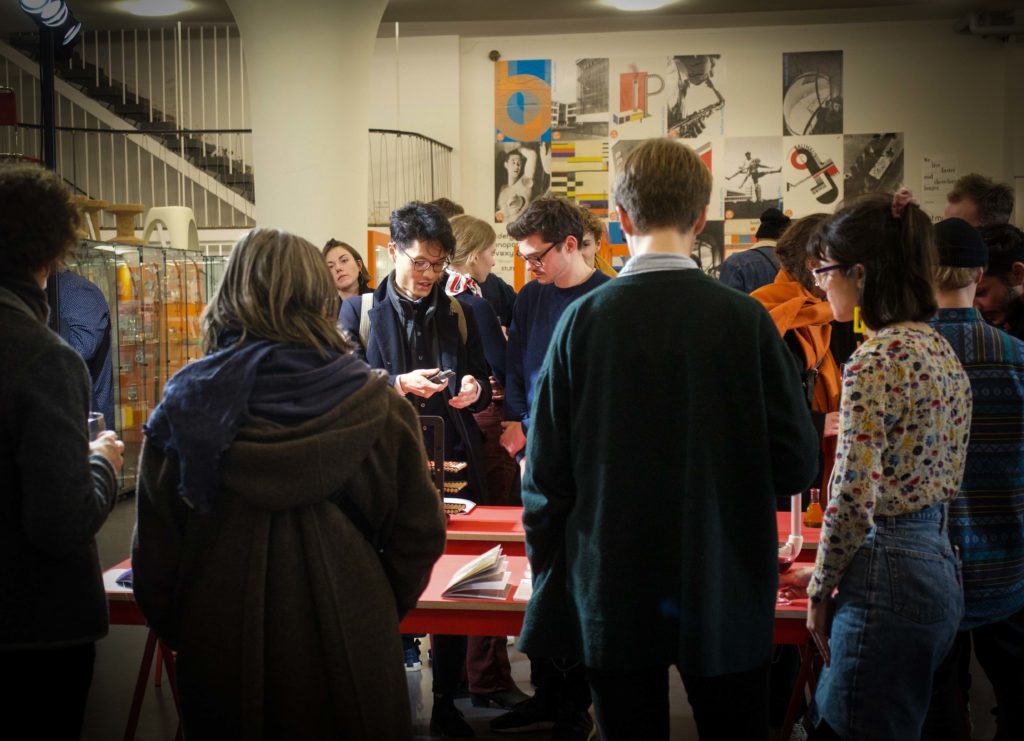
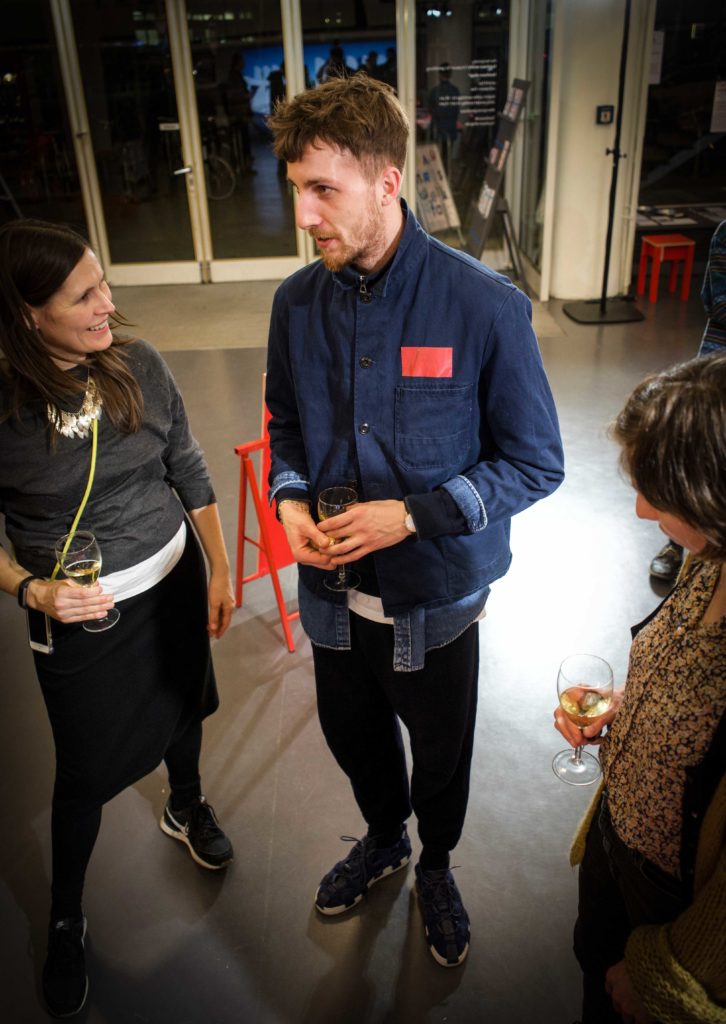
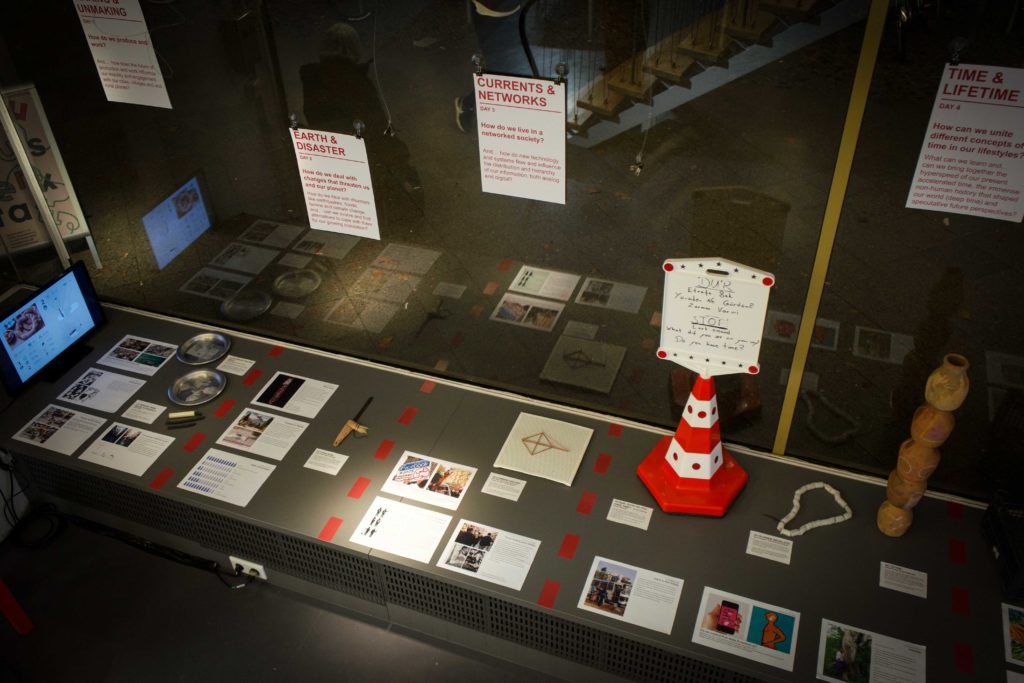

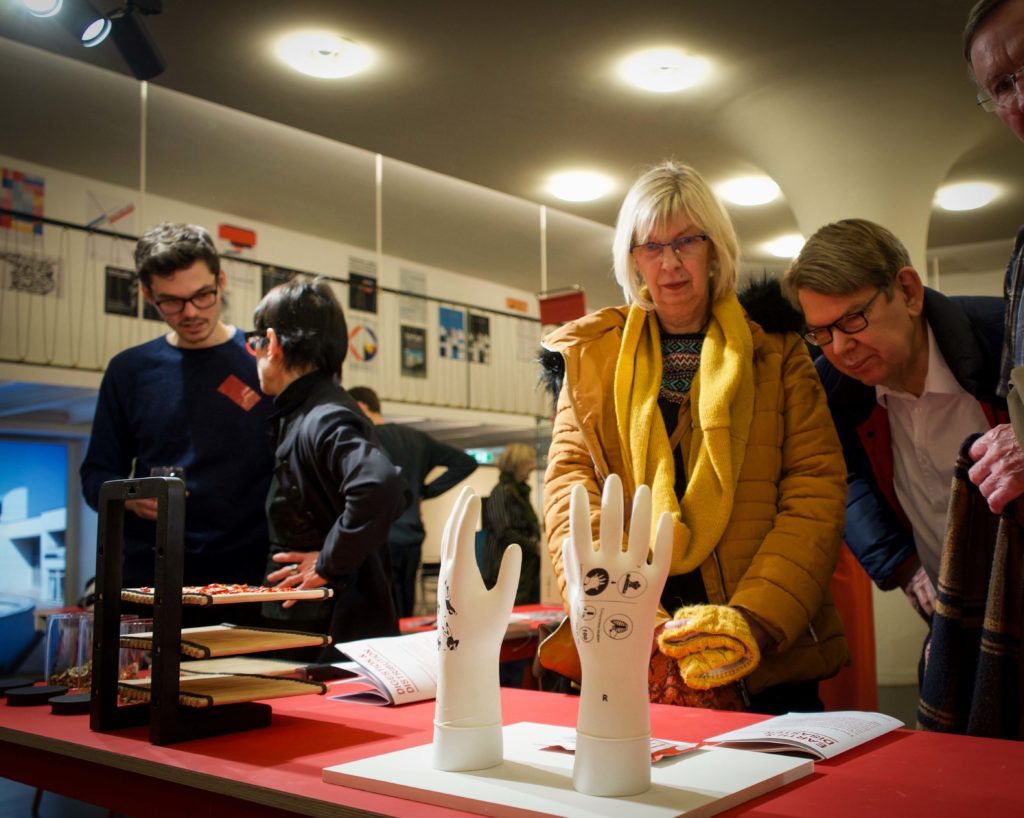
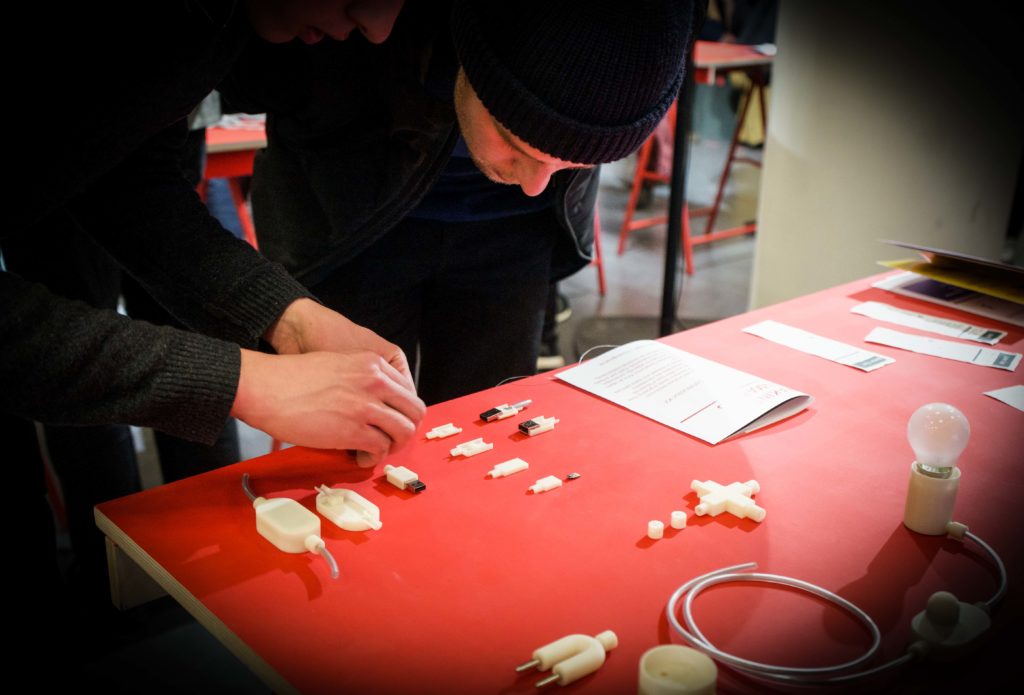
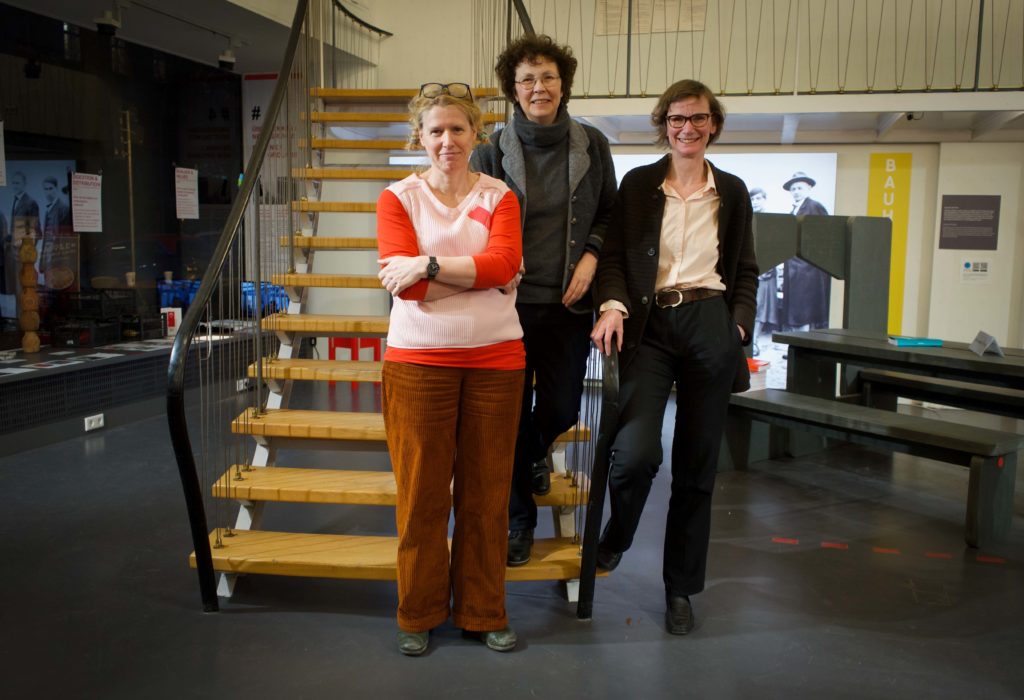
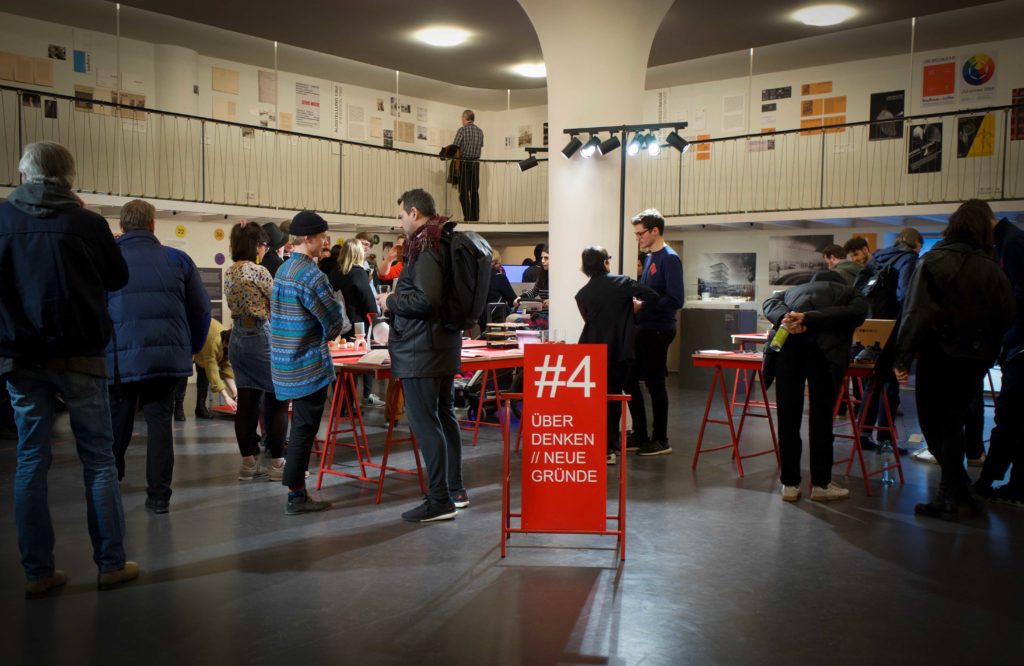
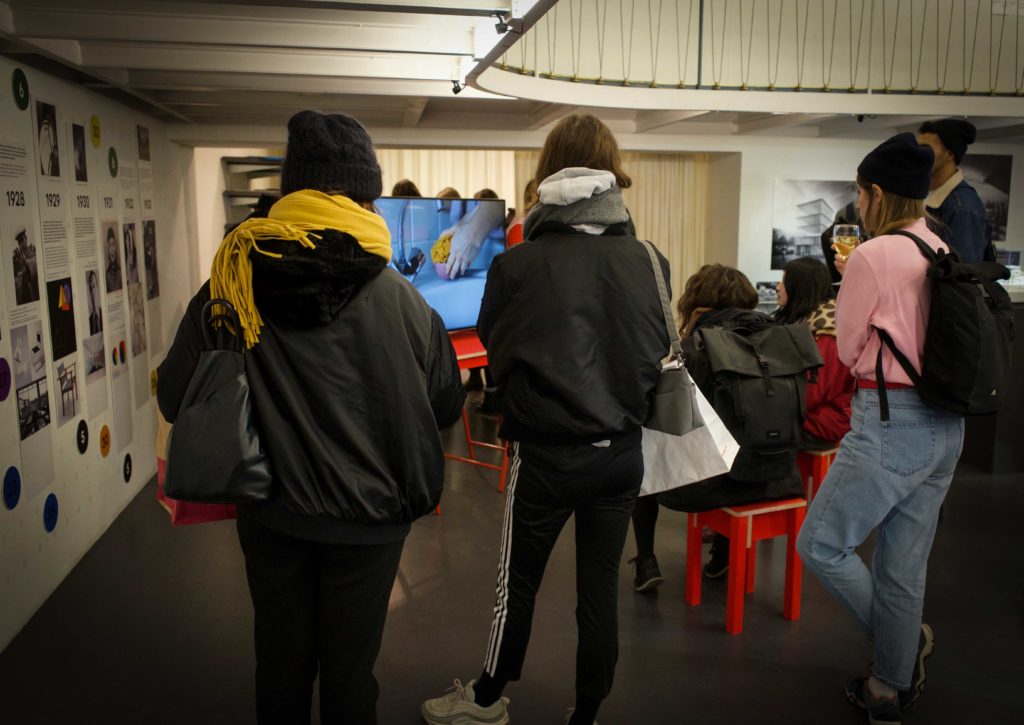
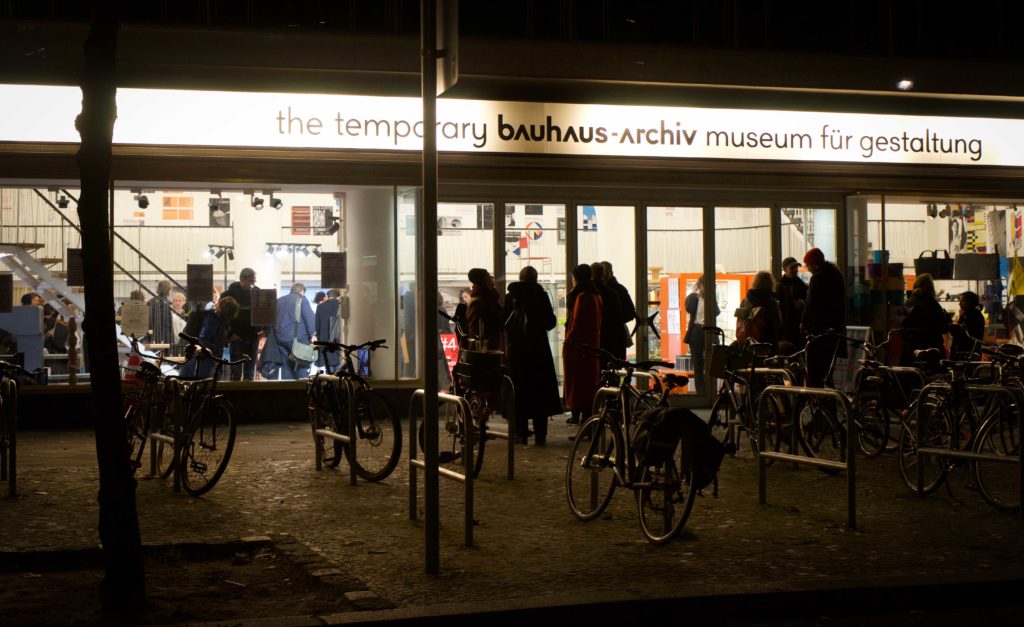
SETTING UP
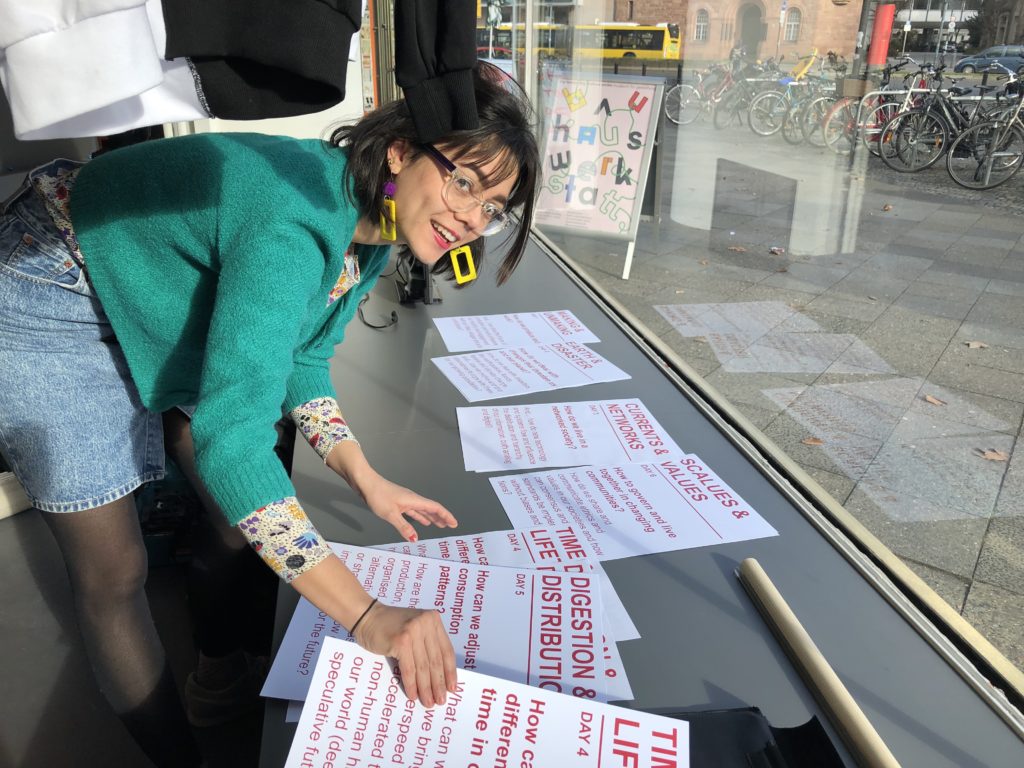
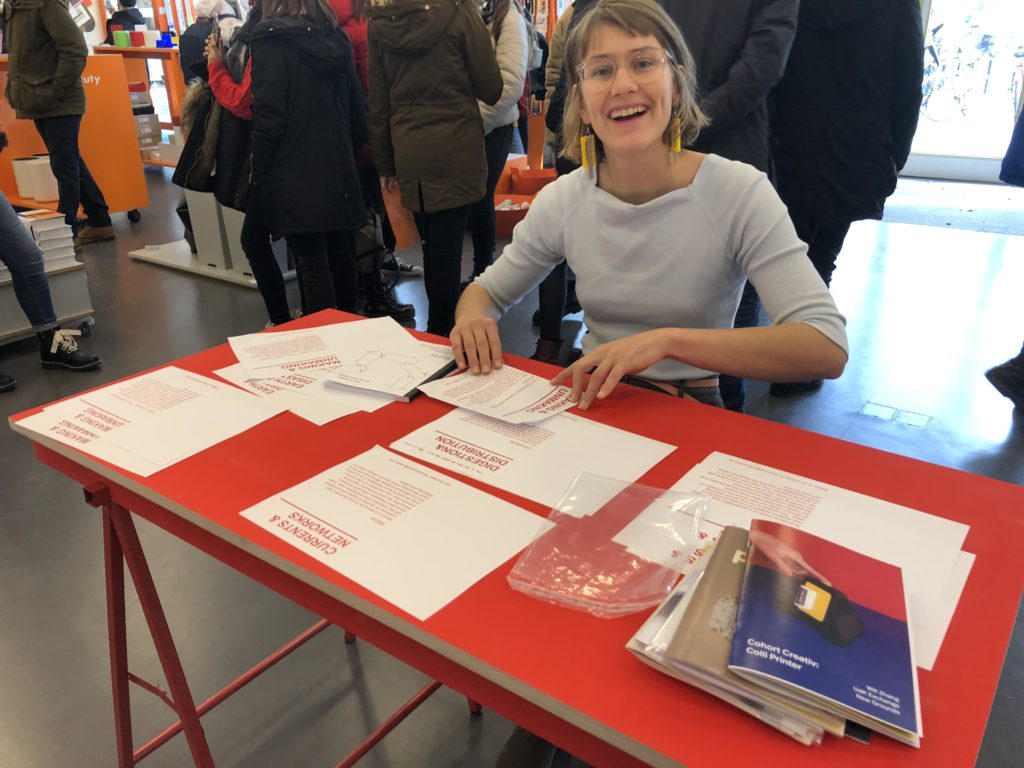
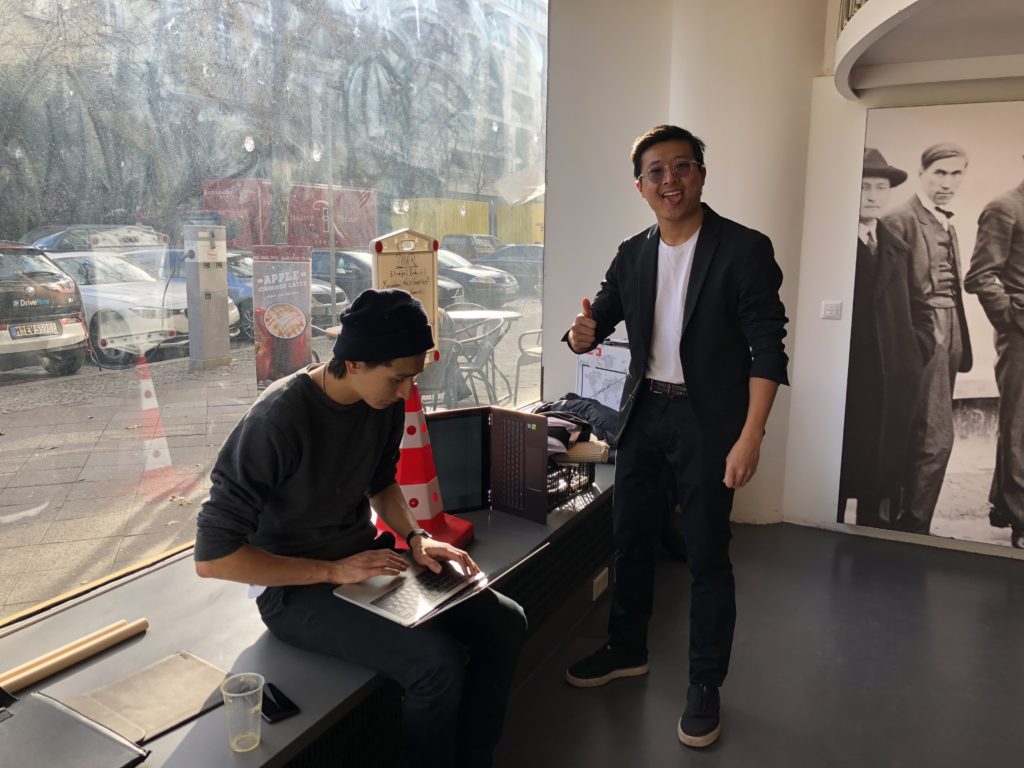

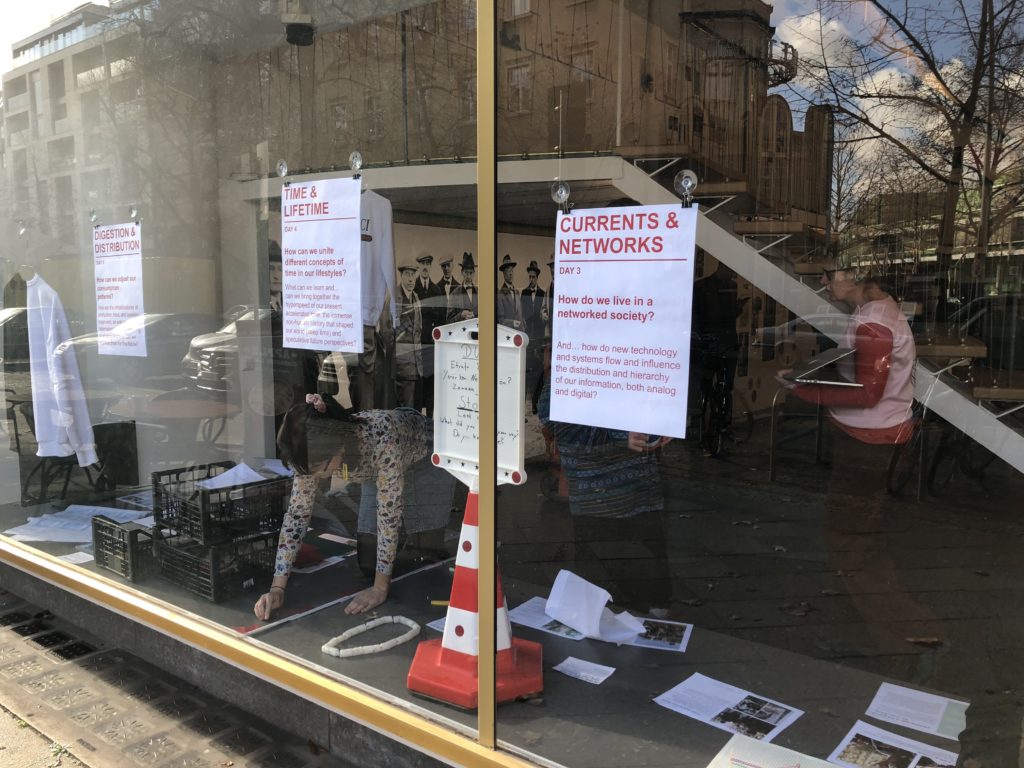
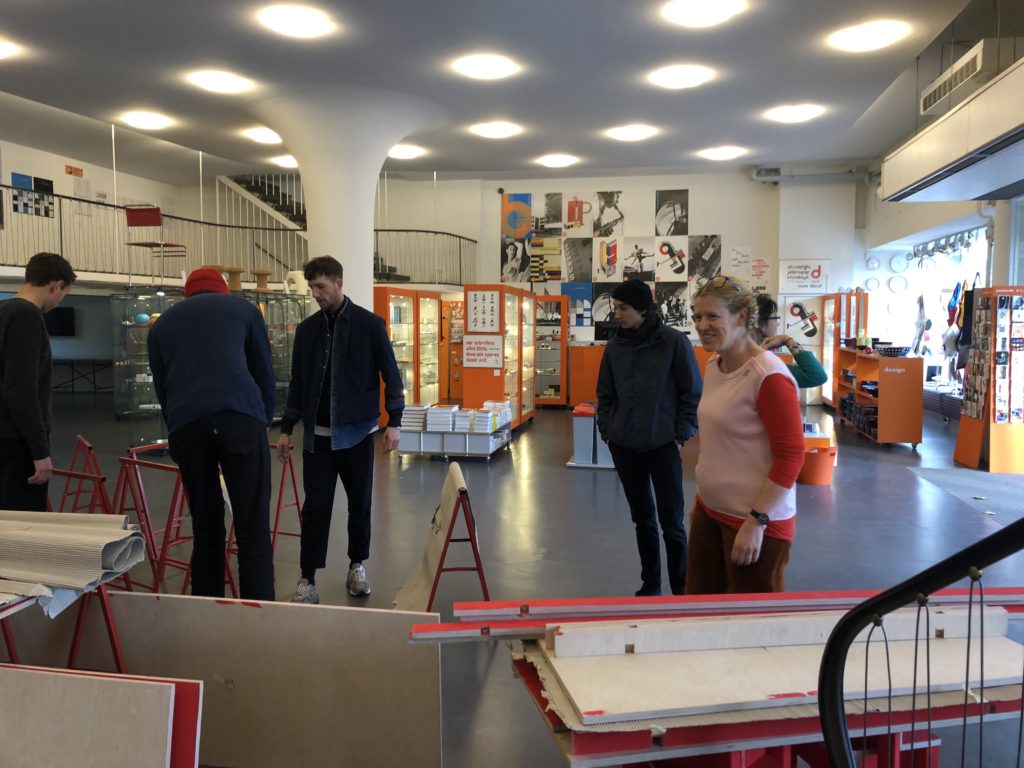
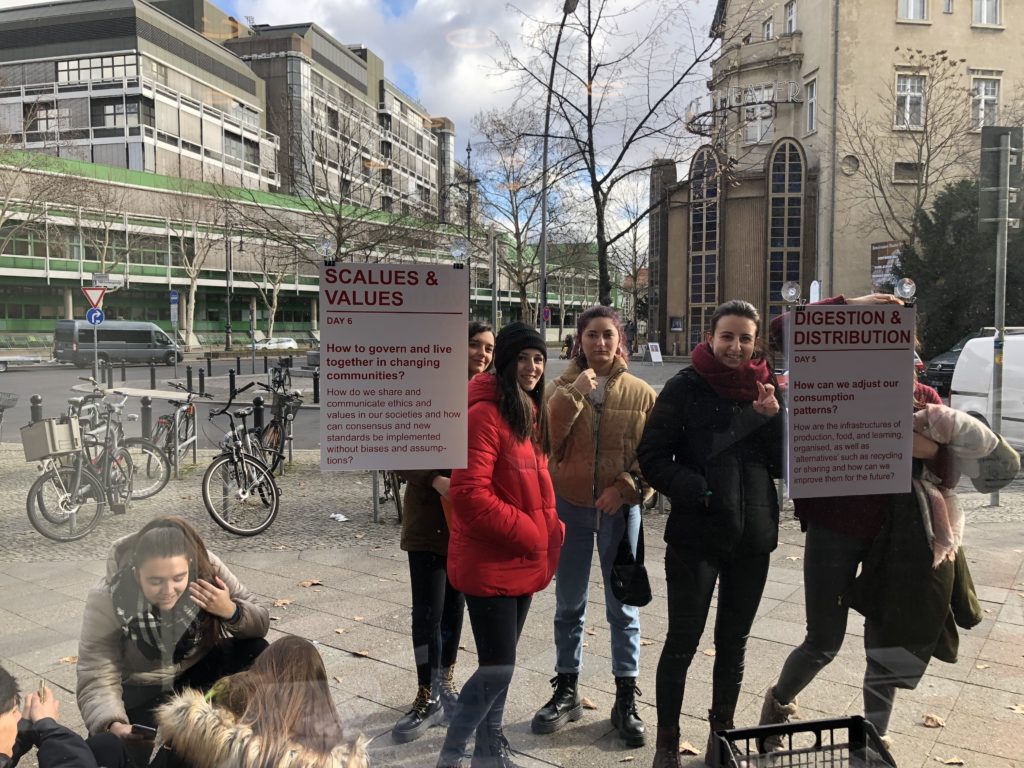

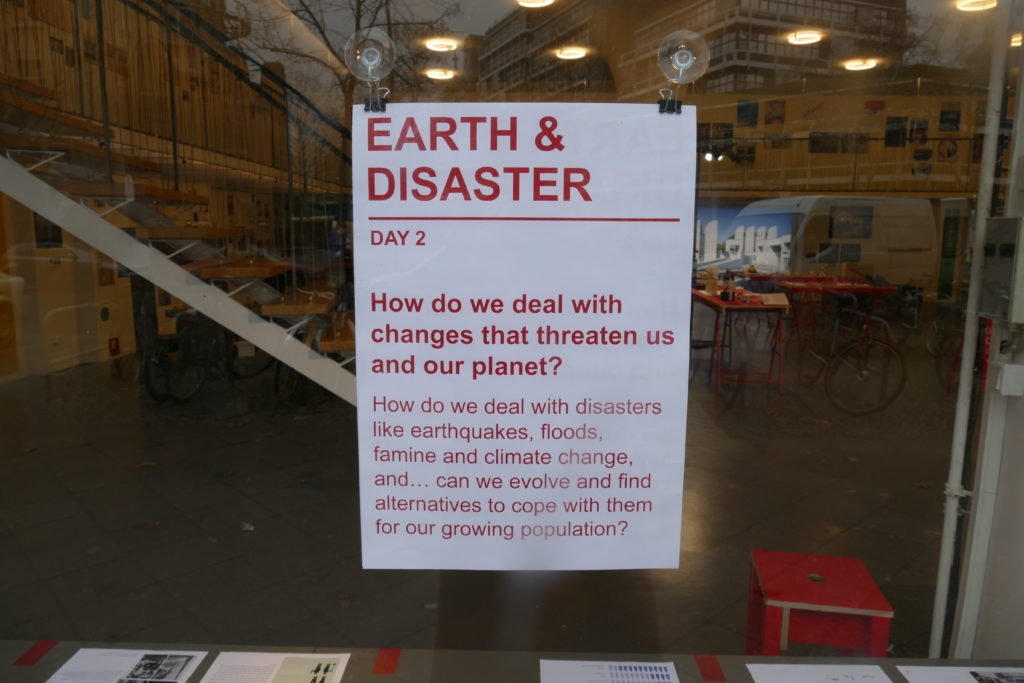
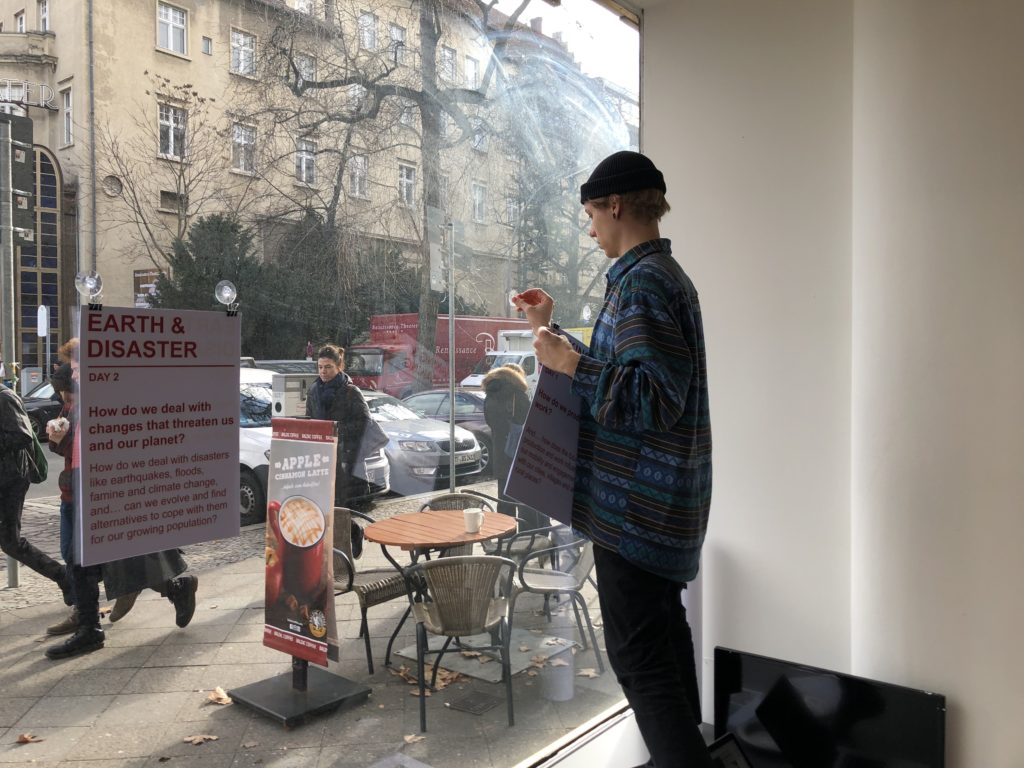
From 20 till 28 October 2018 five students from the Power House project – set during Summer Semester 2018 – presented their projects at the Dutch Design Week in Eindhoven. Some impressions of their presentation below.
presentation for:
supervision: Prof. Ineke Hans
EXHIBITION
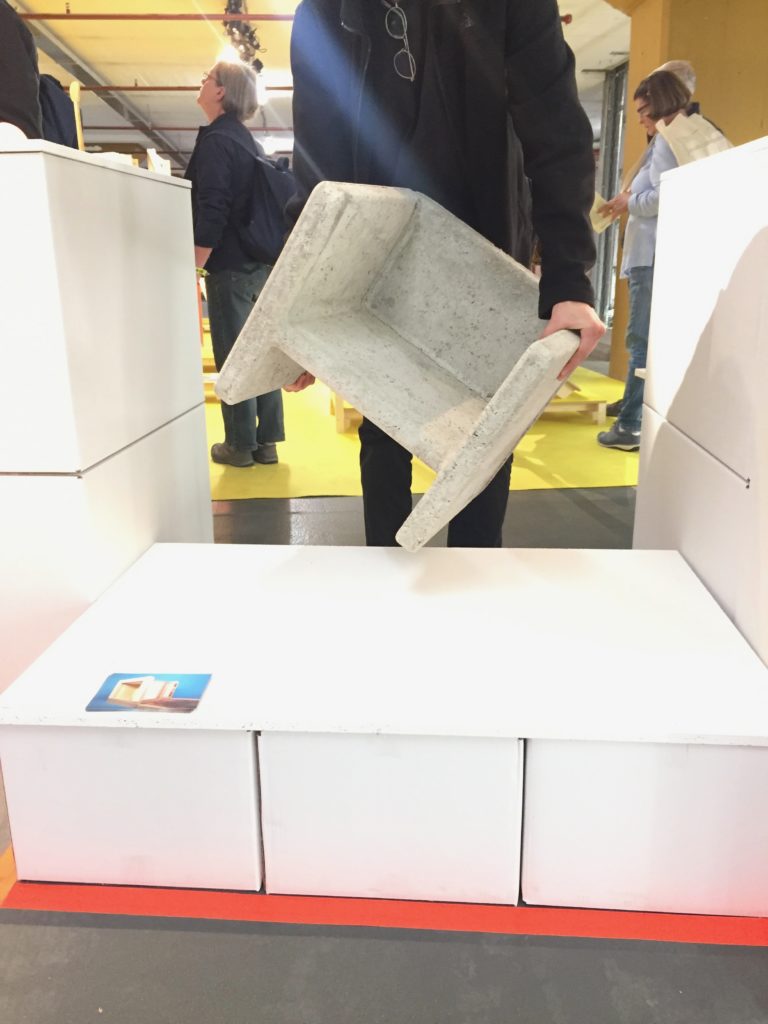
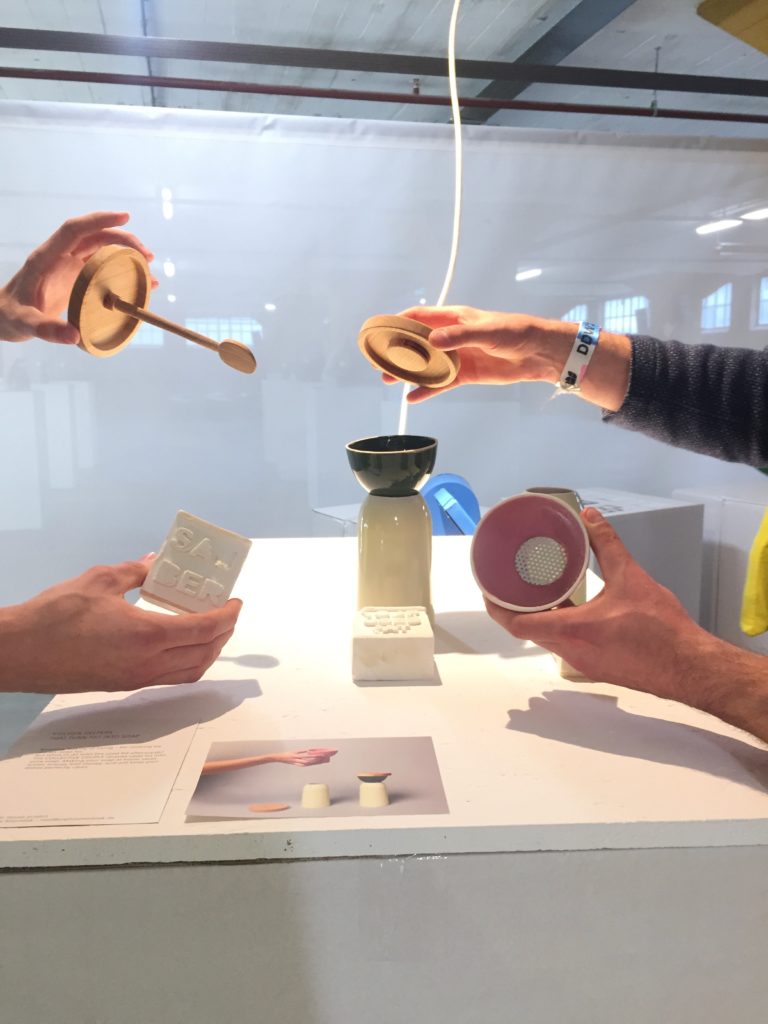
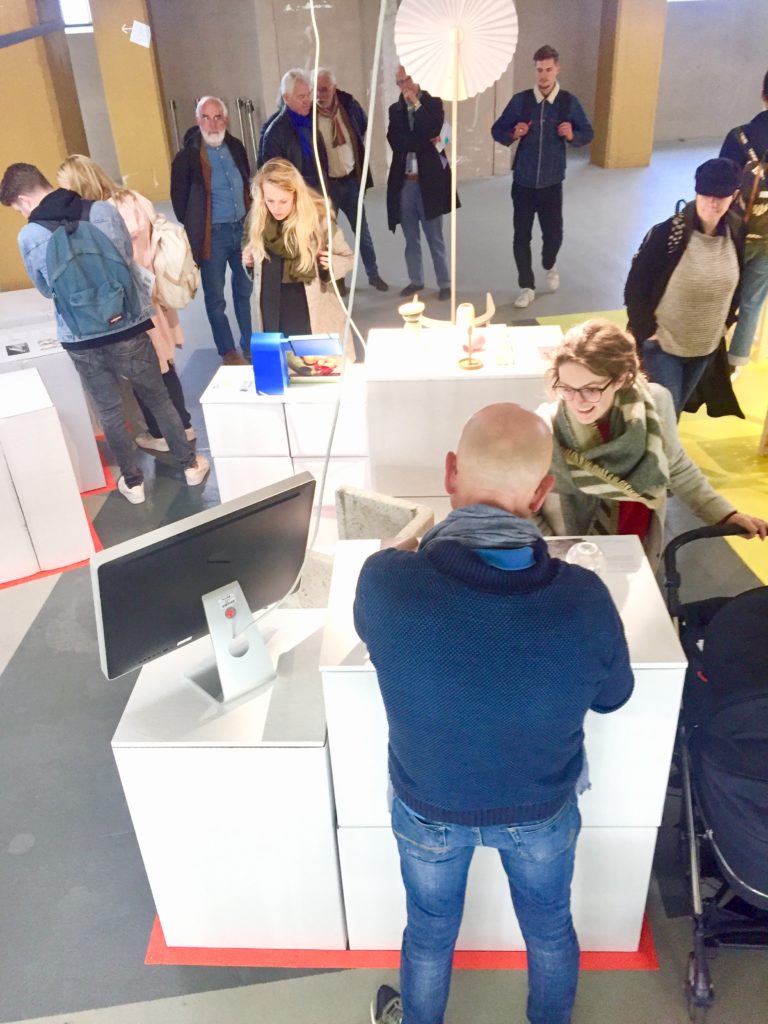
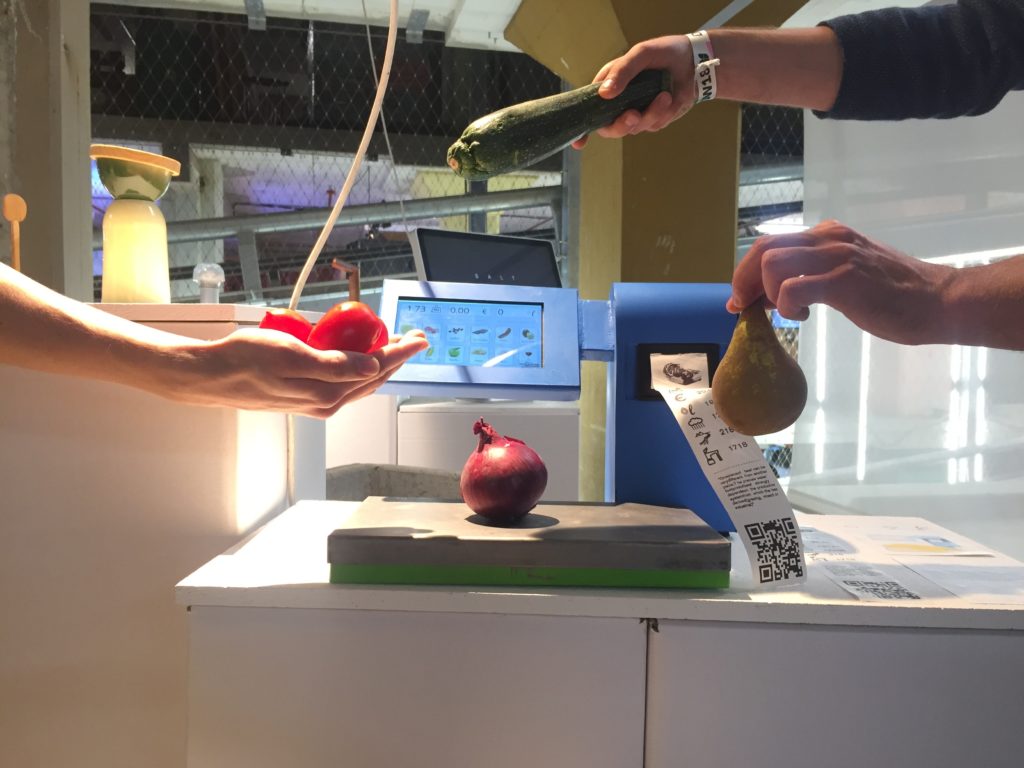
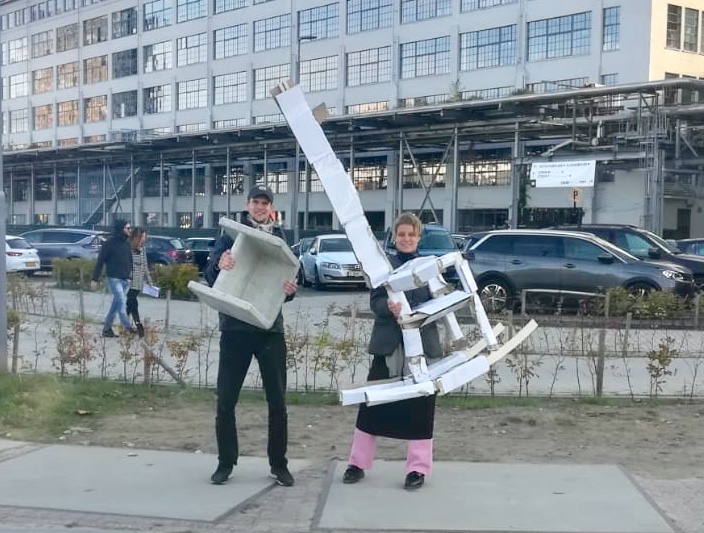
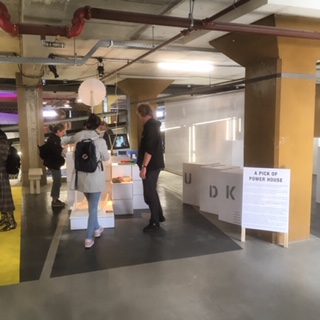
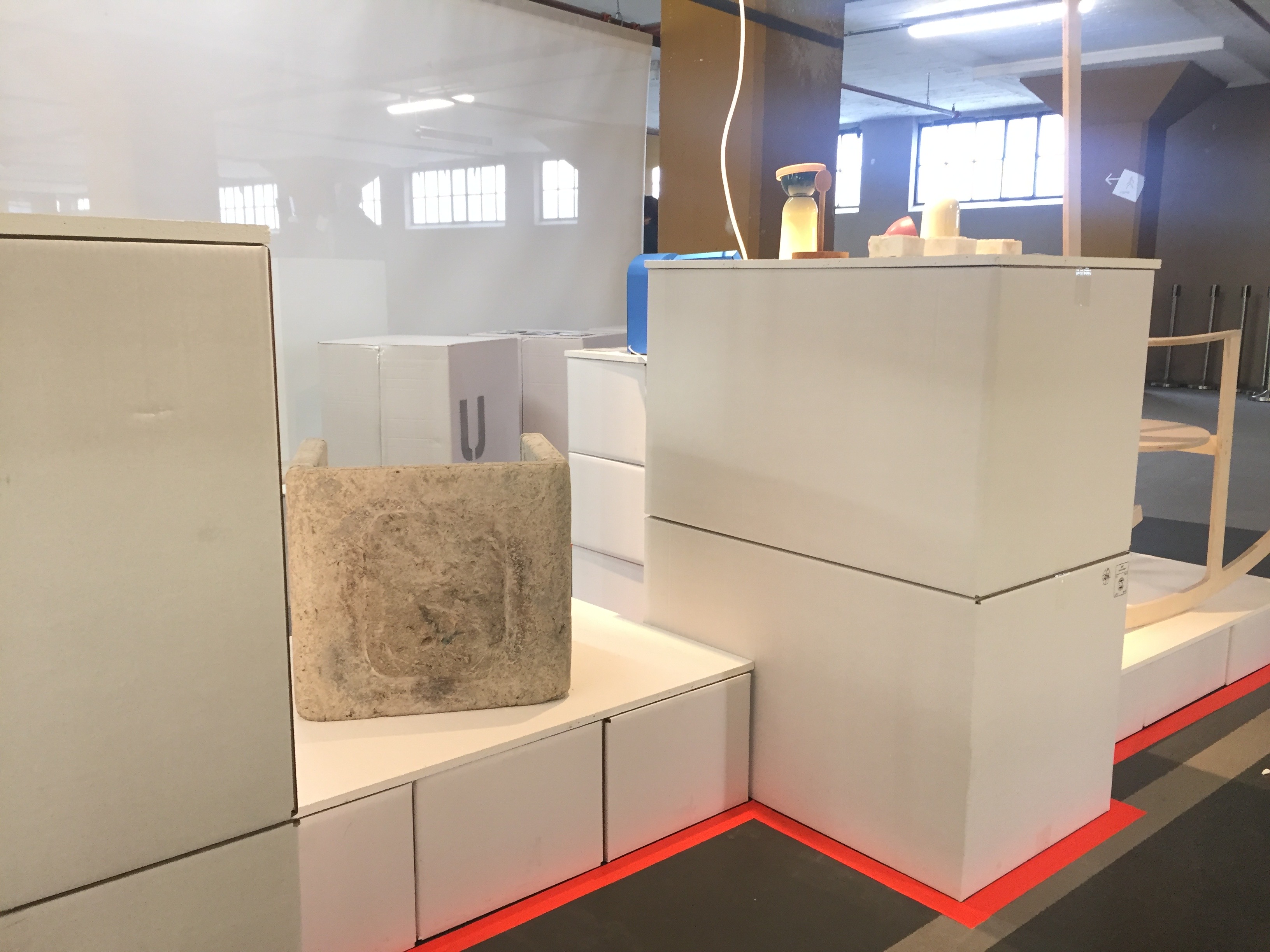
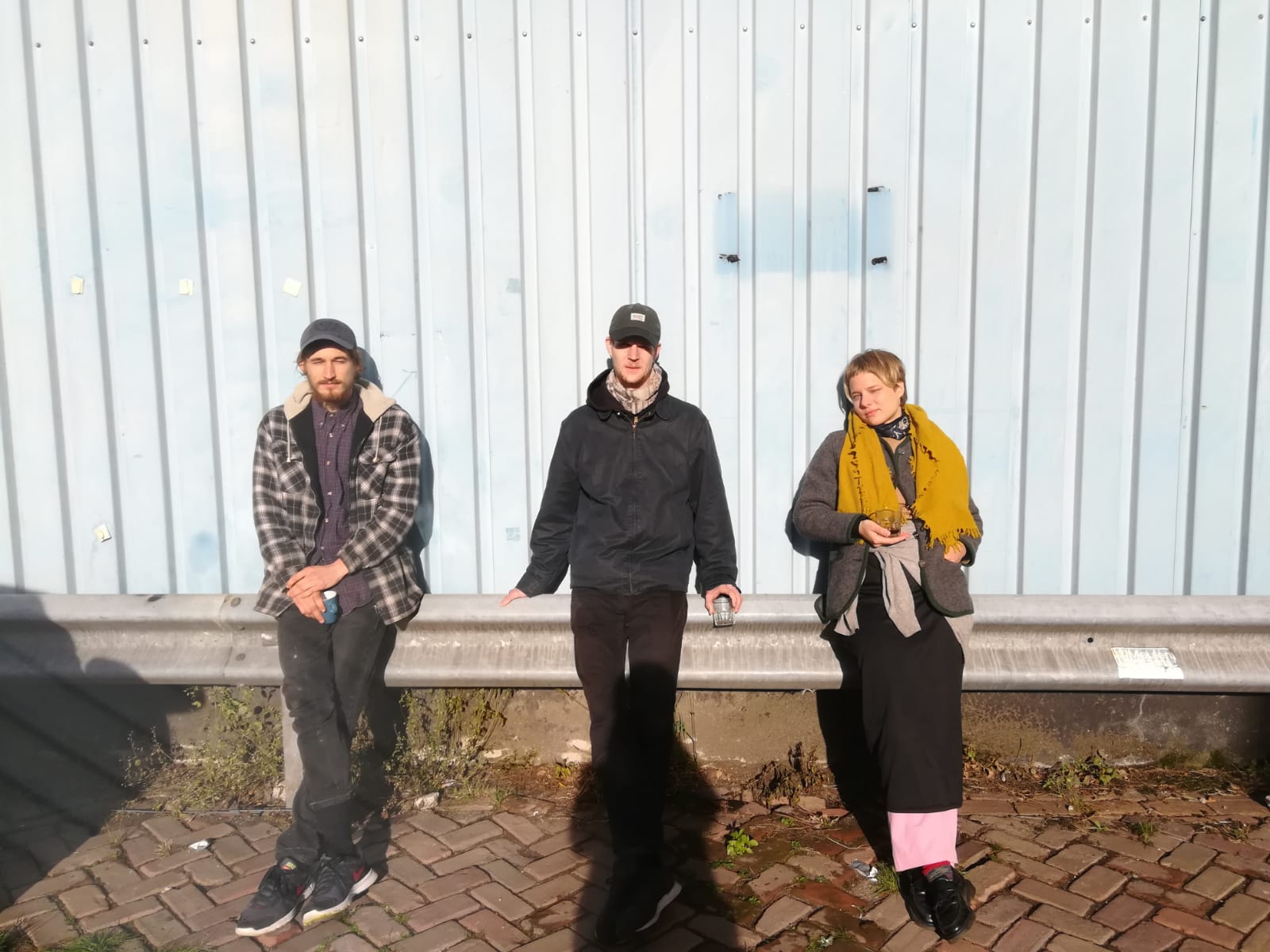
Deutsche Welle picked Milan Friedrich’s BA project Towards a New Matter as a highlight of IMM Köln 2019
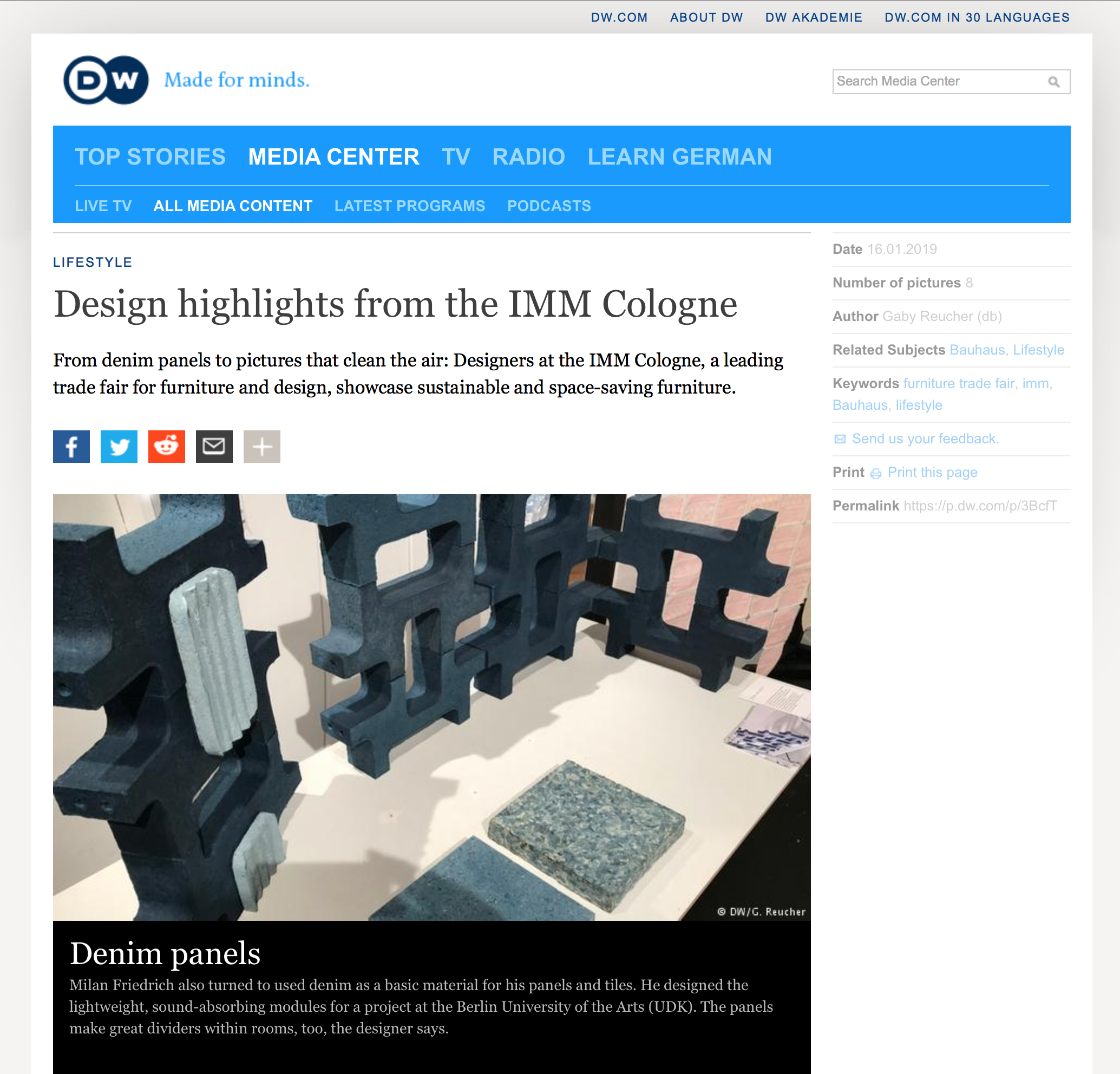
Design & Social Context presents the outcomes of their New Grounds projects as INTERVENTION #4: RETHINK in Bauhaus Archiv, Berlin. The exhibition is discussed in the Tagesspiegel of 16 Feb. 2019.

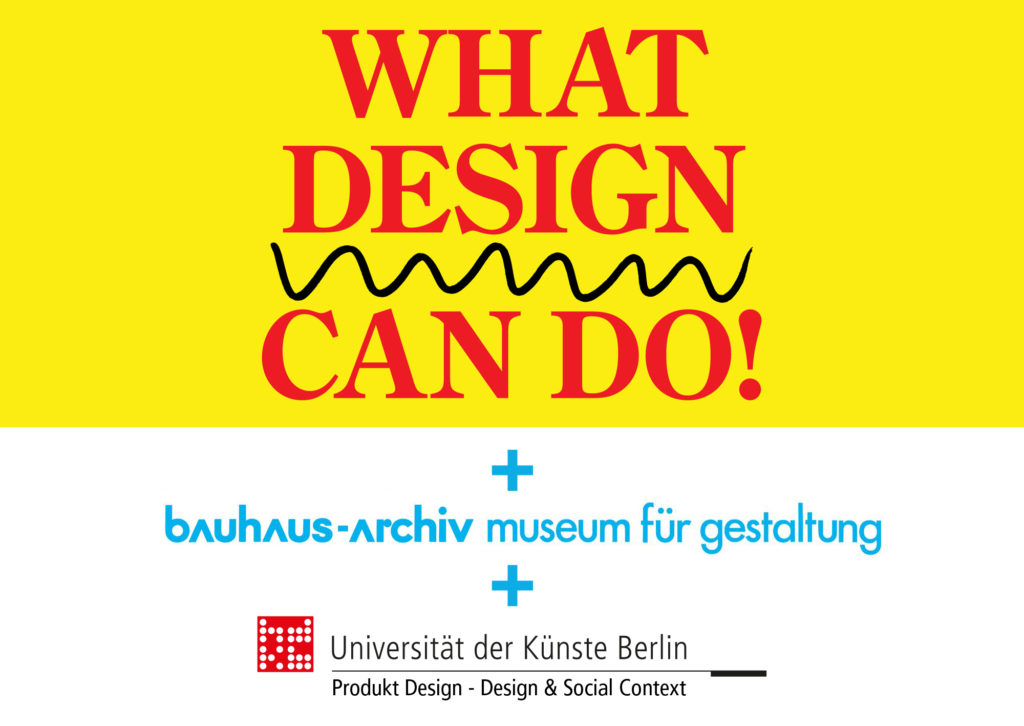
discussion „what design can do“
Dutch designer Richard van der Laken gives an insight into the activities of the international design platform „What Design Can Do“. In an open round, concrete examples will discuss which paths are open to designers today: How can design be socially effective? What does it mean to apply design and creativity to the complex and problematic consequences of a globalized economy? How can socially engaged design communities connect internationally? Which formats does „What Design Can Do“ offer and how can graduates of Berlin design education get involved?
With: Esther Cleven (Bauhaus Archiv), Manon van Hoekel (social designer), Richard van der Laken (what design can do), Babette Porcelijn (the hidden impact), Ake Rudolf (IDZ Berlin)
Moderation: Lucas Verweij
Limited number of participants. The discussion will be in English. The event ends at 9 pm.
The discussion is a collaboration with Ineke Hans, Professor of Product Design / Design & Social Context at the University of Arts Berlin.
see also: Website Bauhaus Archiv Berlin
diskussion „what design can do“
Der niederländische Designer Richard van der Laken gibt einen Einblick in die Aktivitäten der internationalen Design-Plattform „What Design Can Do“. In einer offenen Runde wird an konkreten Beispielen diskutiert, welche Wege Gestaltern heute offen stehen: Wie kann Design gesellschaftlich wirksam sein? Was heißt es, Design und Kreativität auf die komplexen und problematischen Folgen einer globalisierten Wirtschaft anzuwenden? Wie können sich sozial engagierte Design-Communities international vernetzen? Welche Formate bietet „What Design Can Do“ und wie können Absolventen der Berliner Designausbildungen sich einbringen?
Mit: Esther Cleven (Bauhaus Archiv), Manon van Hoekel (social designer), Richard van der Laken (what design can do), Babette Porcelijn (the hidden impact), Ake Rudolf (IDZ Berlin)
Moderation: Lucas Verweij
Begrenzte Teilnehmerzahl. Die Diskussion wird in englischer Sprache geführt. Veranstaltungsende ist um 21 Uhr.
Die Diskussion findet statt in Kooperation mit Ineke Hans, Professorin für Produkt Design / Design & Social Context an der Universität der Künste Berlin.

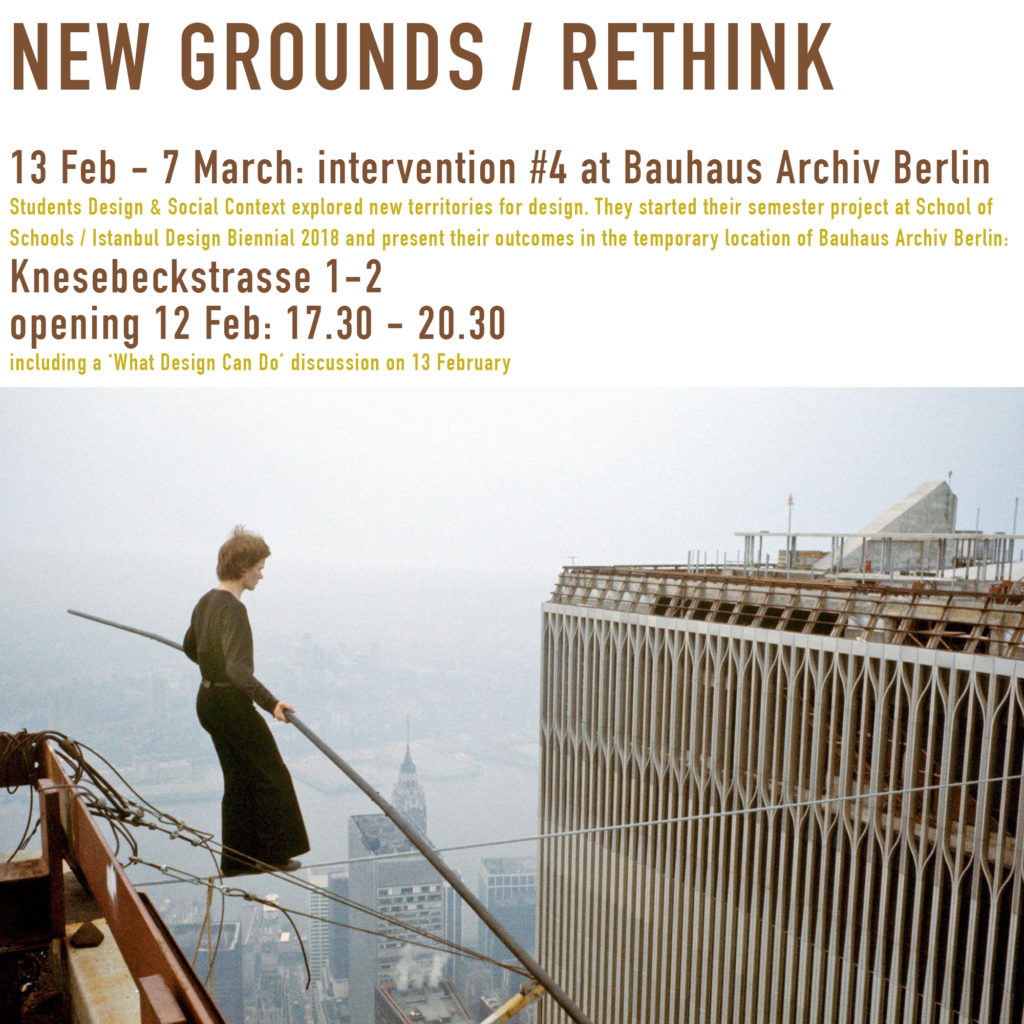
In cooperation with Ineke Hans, Professor of Design & Social Context at the Berlin University of the Arts, the Bauhaus Archive / Museum of Design will be presenting works by students, assignments and opportunities at its temporary location from 13 February to 7 March 2019 Rethinking design.
At 6:30 pm on February 13, 2019, there will be an open discussion with Richard van der Laken, the founder of the international design platform „What Design Can Do“ and other players who are opening up new spaces for committed design in the globalized world.
One hundred years after the founding of the Bauhaus, the question arises again of which competencies and foundations must be given to young designers in order to be able to provide concrete and useful contributions in today’s world. How should design approaches that have inspired design a hundred years ago as a societal shaping practice be updated in the context of global trade, financial market dominance, digitization and dwindling resources?
This question was at the center of the Instanbul Biennale 2018. Building on six short workshops during the Biennale, students of the Design & Social Context branch embarked on a search for new roles and alternative roles for designers. For their semester projects, the students have focused on a topic from the fields of digitization, old and new production processes, as well as global issues such as nutrition, waste or energy and trying to find innovative, creative solutions and new strategies for the underlying issues. In the temporary bauhaus-archiv they present their theses as well as the thoughts and processes that underpin them.
From February 13 to March 7, 2019
Monday to Saturday, 2pm to 5pm
Opening on Tuesday, February 12, 2019 at 17.30
in the temporary bauhaus archive,
Knesebeckstrasse 1-2, Berlin-Charlottenburg
The number of participants is limited.
Dutch designer Richard van der Laken gives an insight into the activities of the international design platform „What Design Can Do“ on February 13, 2019. In an open round, concrete examples will discuss which paths are open to designers today: How can design be socially effective? What does it mean to apply design and creativity to the complex and problematic consequences of a globalized economy? How can socially engaged design communities connect internationally? Which formats does „What Design Can Do“ offer and how can graduates of Berlin design education get involved?
Discussion: Wednesday, February 13, 2019 at 18.30.
The number of participants is limited. The event ends at 9pm.
#bauhaus_interventionen #temporarybauhaus
see more at: Website Bauhaus Archiv
In Kooperation mit Ineke Hans, Professorin für Design & Social Context an der Universität der Künste Berlin, präsentiert das Bauhaus-Archiv / Museum für Gestaltung an seinem temporären Standort vom 13. Februar bis zum 7. März 2019 Arbeiten von Studierenden, die Aufgaben und Möglichkeiten von Design neu denken.
Am 13. Februar 2019 um 18.30 Uhr folgt eine offene Gesprächsrunde mit Richard van der Laken, dem Gründer der internationalen Design-Pattform „What Design Can Do” und weiteren Akteuren, die neue Handlungsräume für engagiertes Design in der globalisierten Welt erschließen.
Hundert Jahre nach Gründung des Bauhauses stellt sich erneut die Frage, welche Kompetenzen und Grundlagen jungen Gestalter/innen mit auf den Weg gegeben werden müssen, um in der heutigen Welt konkrete und nützliche Beiträge liefern zu können. Wie müssen Gestaltungsansätze, die das Design vor hundert Jahren als gesellschaftsformende Praxis begründeten, im Kontext von globalem Handel, Herrschaft der Finanzmärkte, Digitalisierung und schwindenden Ressourcen aktualisiert werden?
Diese Frage stand im Zentrum der Instanbul Biennale 2018. Aufbauend auf sechs kurzen Workshops während der Biennale haben sich Studierende des Studienzweigs Design & Social Context auf die Suche nach neuen Aufgaben und alternativen Rollen für Designer begeben. Für ihre Semesterprojekte haben die Studierenden sich auf ein Thema aus den Bereichen Digitalisierung, alte und neue Produktionsprozesse, sowie globale Themen wie Ernährung, Abfall oder Energie konzentriert und versucht, innovative, kreative Lösungen und neue Strategien für die dahinterliegenden Fragestellungen zu finden. Im temporary bauhaus-archiv präsentieren sie ihre Abschlussarbeiten sowie die Gedanken und Prozesse, die diesen zugrunde liegen.
Vom 13. Februar bis 7. März 2019
Montag bis Samstag, 14 bis 17 Uhr
Eröffnung am Dienstag, 12. Februar 2019 um 17.30 Uhr
im temporary bauhaus-archiv,
Knesebeckstraße 1-2, Berlin-Charlottenburg
Die Teilnehmerzahl ist begrenzt.
Der niederländische Designer Richard van der Laken gibt am 13. Februar 2019 einen Einblick in die Aktivitäten der internationalen Design-Plattform „What Design Can Do“. In einer offenen Runde wird an konkreten Beispielen diskutiert, welche Wege Gestaltern heute offen stehen: Wie kann Design gesellschaftlich wirksam sein? Was heißt es, Design und Kreativität auf die komplexen und problematischen Folgen einer globalisierten Wirtschaft anzuwenden? Wie können sich sozial engagierte Design-Communities international vernetzen? Welche Formate bietet „What Design Can Do“ und wie können Absolventen der Berliner Designausbildungen sich einbringen?
Diskussion: Mittwoch, 13. Februar 2019 um 18.30 Uhr.
Die Teilnehmerzahl ist begrenzt. Die Veranstaltung endet um 21 Uhr.
#bauhaus_interventionen #temporarybauhaus
OPENING
Photos: Catrin Schmitt



see more photo impressions at New Grounds at Bauhaus Archiv Berlin 2019 .
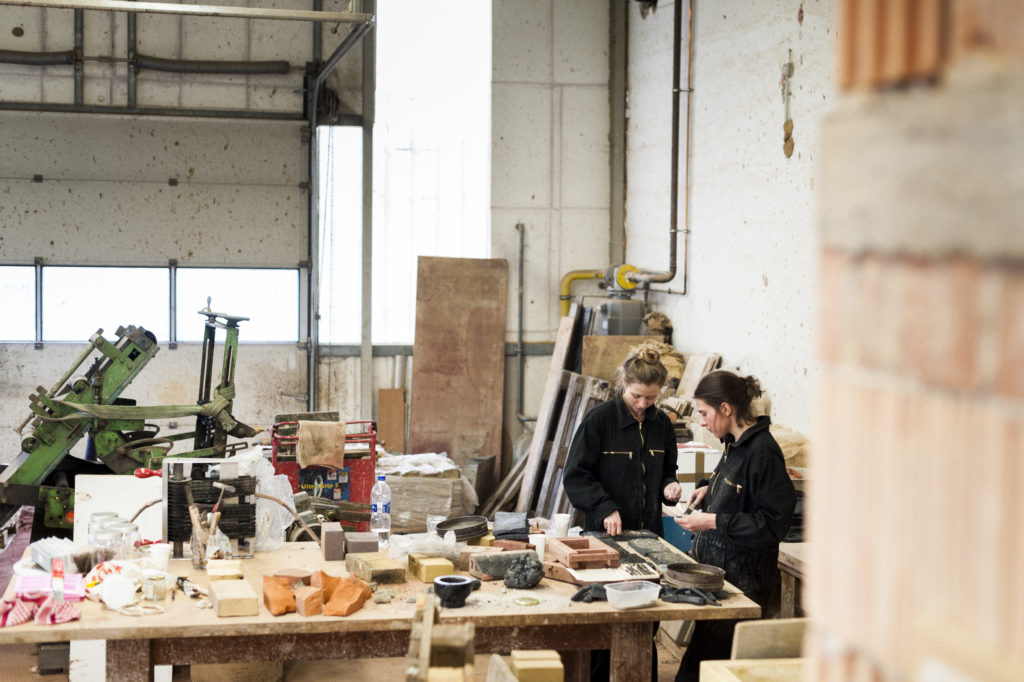
Der Newcomerpreis ist eine einmalige Auszeichnung für junge Designerinnen und Designer, die durch außergewöhnliche Leistungen und kreatives Talent auf sich aufmerksam machen. Für die ausgezeichneten jungen Gestalter ist das Renommee des Wettbewerbs und die mit ihm verbundene internationale Publizität besonders wertvoll. Darüber hinaus bietet der Rat für Formgebung allen Finalisten bei einer Reihe von exklusiven Anlässen die Gelegenheit, mit seinen Stiftungsmitgliedern führende Köpfe der designorientierten Wirtschaft in Deutschland kennenzulernen.
Auf der Preisverleihung des German Design Award am 8. Februar 2019 in Frankfurt am Main wird ein Gewinner mit der Auszeichnung »Newcomer« gekürt.
The newcomer award is a unique distinction for designers, who have attracted attention with their extraordinary achievements and creative talent. The renown and international publicity associated with the competition are valuable for the honoured young designers. Furthermore, the German Design Council offers all finalists a series of exclusive events where they have the opportunity to meet the foundation members, which include leading experts of the design-oriented industry.
At the German Design Awards ceremony in Frankfurt, Germany on 8 February 2019, the Newcomer prize will be bestowed on the winner of the competition.

From 14 till 20 January 2019 the Product Design course of Universität der Künste Berlin presents itself at the Pure Talents section of International Interiors Fair IMM in Cologne.
Students and graduates of the University der Künste Berlin, Product Design department experiment, innovate and look forward.
• They investigate new and sustainable materials and techniques for design
• They explore new possibilities for design with the help of digital technologies
• They develop new visions and product typologies that reflect our time and near future
• They collaborate with others, inspiring partners and gaining experience for their future careers
Under the title FUTURES these explorations are presented at IMM in four domains: • Material Futures • Digital Futures • Product Futures • Future Fusions
Eight BA and MA graduates present projects that stretch the boundaries of design today by showing innovative sustainable materials and applications, groundbreaking digital researches and new types of products for our future.
Next to it there will be inspiring student projects like ‚unentlicht‘, runner up for the 2018 BraunPrize and glass projects, partly developed at CiaV Meisenthal (Fr) in cooperation with HbK-Saar and other with technicians from TU Berlin.
On 15 January at 16.00 there will be some drinks at UdK’s Product Design stand in Cologne: Hall 3.1 I0-41
For your interest you can link here to info and images
for more information contact: instagram UdK Product Design: @udk_productdesign
In 2019 the stand in Köln is for 99% made from recycled, found and reusable materials.
Exhibition design: KM Maciej Chmara. Supervision and curatorial concept: Prof. Ineke Hans.
see images of UdK at IMM 2019 HERE
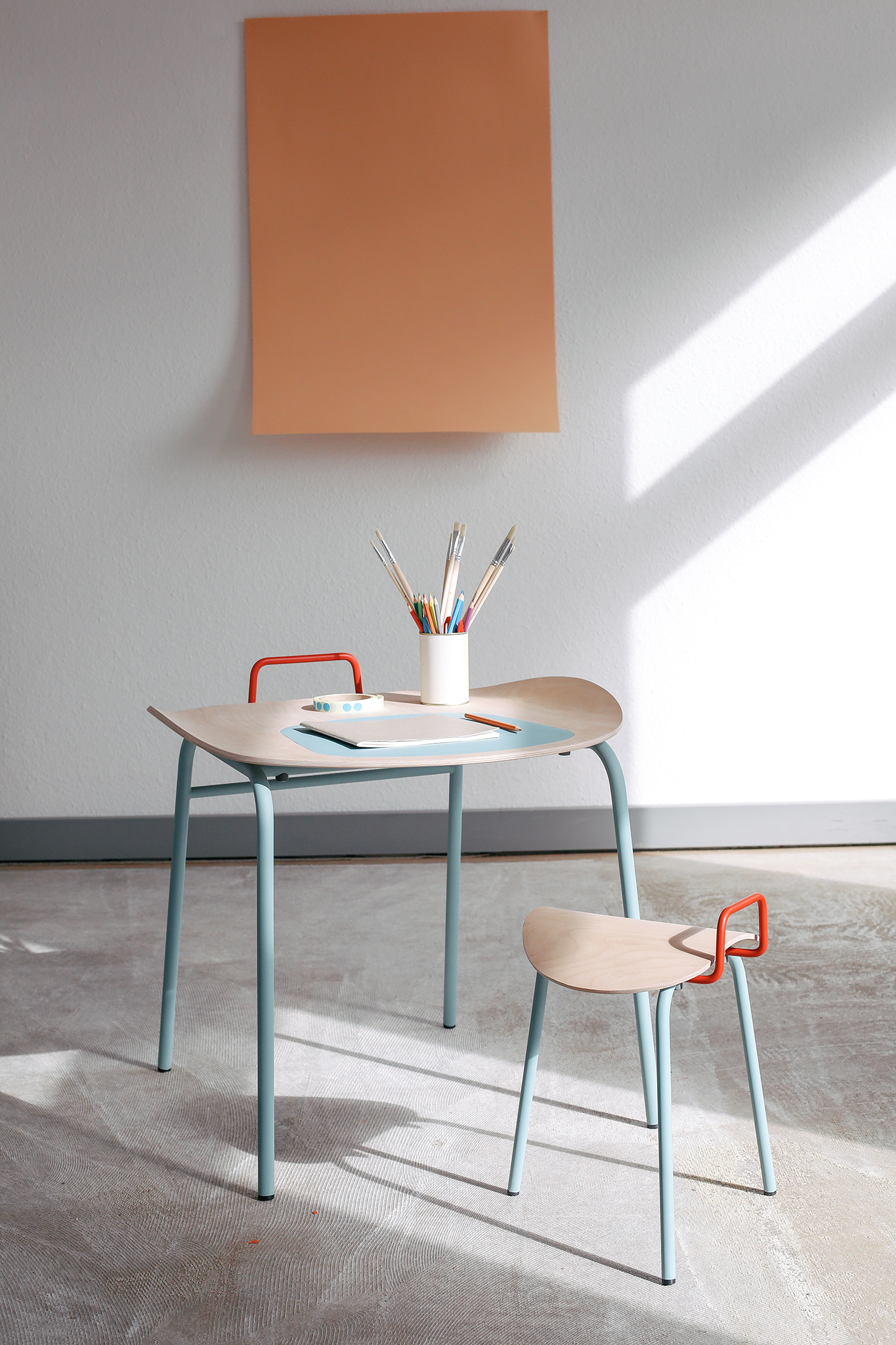
furniture above: CLEO by Julian Ribler
light and film: SALT by Bastian Thürich
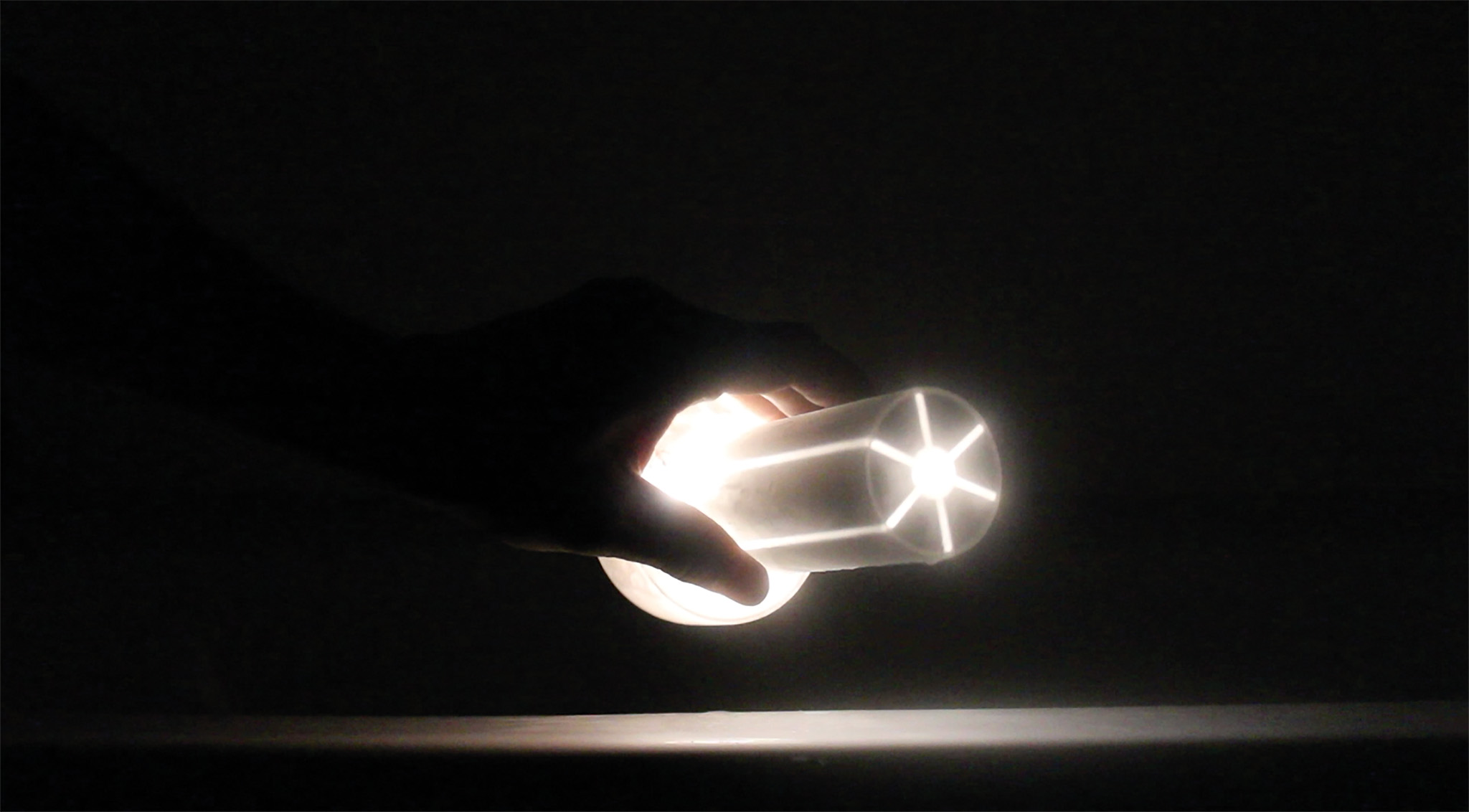
Julian with his 2018 Bachelor project CLEO, that concerns flexible furniture for children.
Bastian with SALT that he developed during the Power House project in the Summer Semester 2018.
The Pure talents Award will be handed out at IMM Cologne
Date: Monday, 14.01.2019, 2:00 p.m.
Venue: The Stage, Hall 3.1
See more on their selections for IMM Pure Talents here
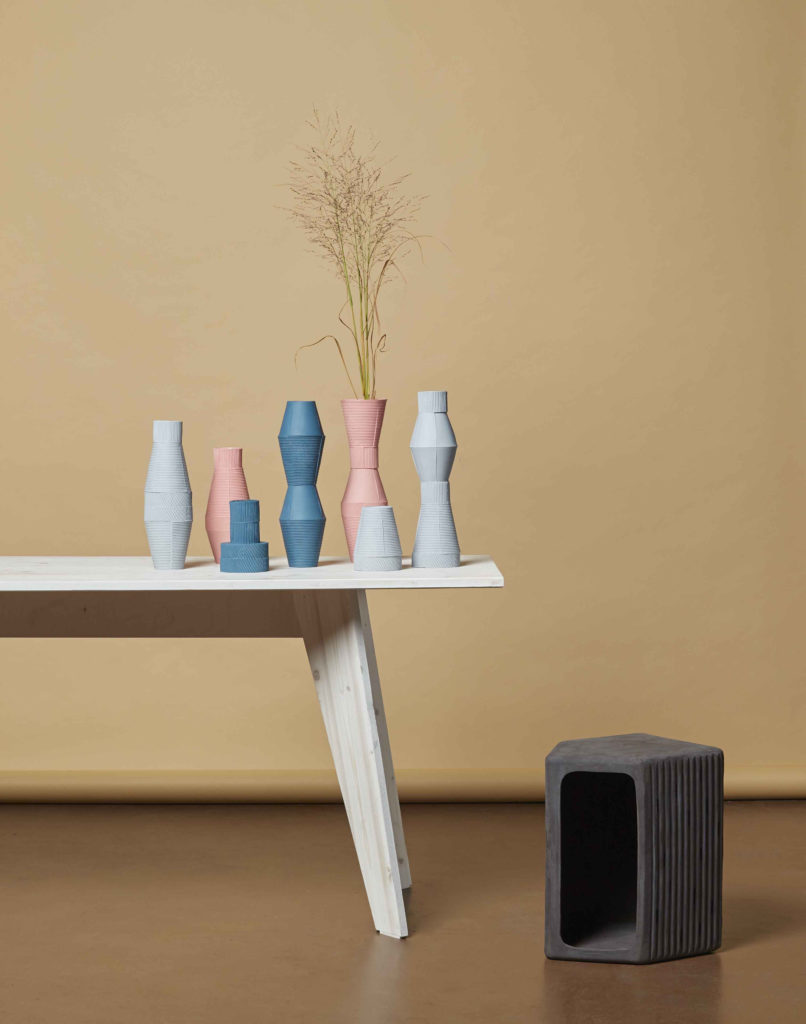
Laureanne Kooststra – Mastering the Mould
3D Printing from Algorithms to Lemon Squeezer
Projects from the UdK Berlin, curated by designtransfer
The Pop up exhibition in the Arts and Crafts Museum Berlin in cooperation with designtransfer, UdK Berlin, gives an insight in experiments, prototypes and production processes in 3D printing at the UdK Berlin by students and alumni of the last years – from individualized shoes, glasses and sport bras to educative ceramic printers and filigran mesh structures.
The projects explore design possibilities of the digital technology with algorithm and scripts, traditional craft, new materials, applications and typologies.
With Eric Esser, Joana Schmitz & Denis Risse, Yair Kira, Daniel Valencia Ferrá, Cindy Valdez, Vlasta Kubušová & Miroslav Král (crafting plastics! studio), Sophia Guggenberger, Anna Ryzhova & Nadia Narges Rezaei, Cathryn McAnespy, Takuya Koyama & Kohei Kimura & Mizuki Tanaka, Laureanne Kootstra
Thursday 17 jan. 2019
Kunstgewerbemuseum, Matthäikirchplatz, 10785 Berlin
18:00 Discussion
20:00 Opening
for more info see: From Algorithms to Lemonsqueezer
or: Rapid – 3D Druck
From 25 till 29 Oktober 2018 the Design & Social Context course and the Product Design Course from HBK-Saar in Saarbrücken presented the Celebrating Glass projects that they developed together in CIAV Meisenthal at international design festival DESIGNBLOK in Prague. With Tsjech Republic being a hotspot for glass and Designblok celebrating their 20th anniversary that was a perfect match.
For this presentation a joint publication came out in the form a newspaper: CELEBRATE
The Bachelor students of Design & Social Context went for a week to Istanbul. For 6 days they worked on the 6 topics of the 4th Istanbul Design Biennial 2018 working in the actual exhibitions of A School of Schools.
They enjoyed talks, worked together with students from the Yeditepe University, explored the city and the problems that come with rapid urbanization and coexistence of many different cultures.
The workweek was the startup for the New Grounds project that ended with a presentation in Temporary Bauhaus Archiv in Berlin
Impression of the workweek below.
Photo impressions below

visit to WASTE exhibition in Dutch Consulate


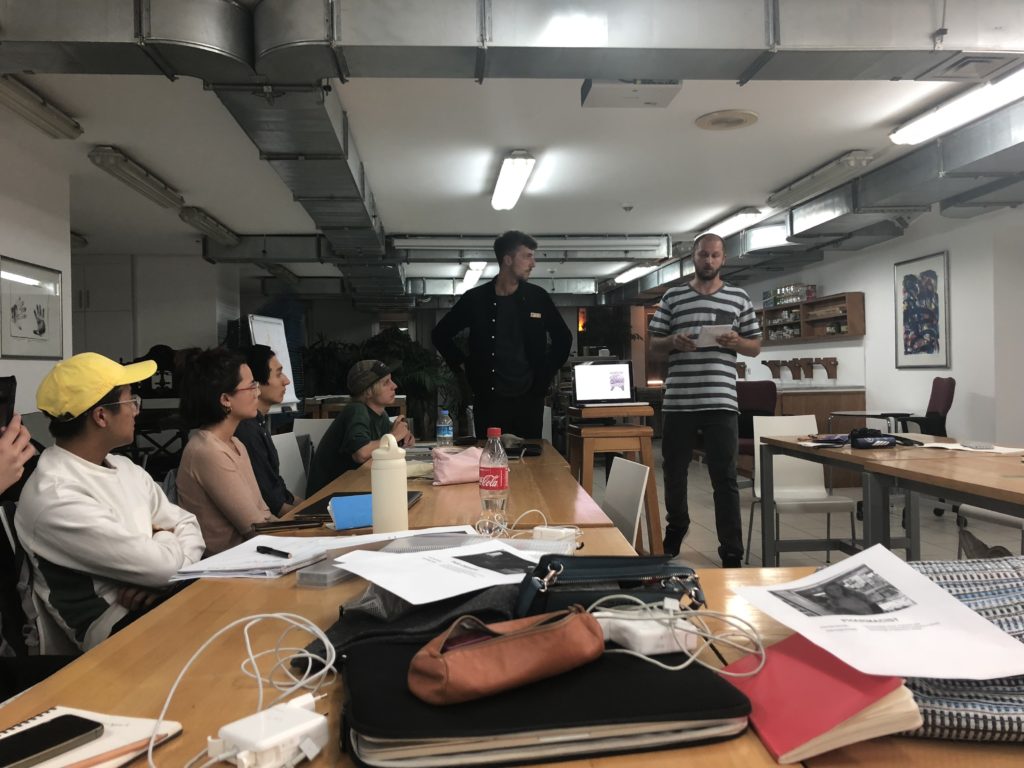

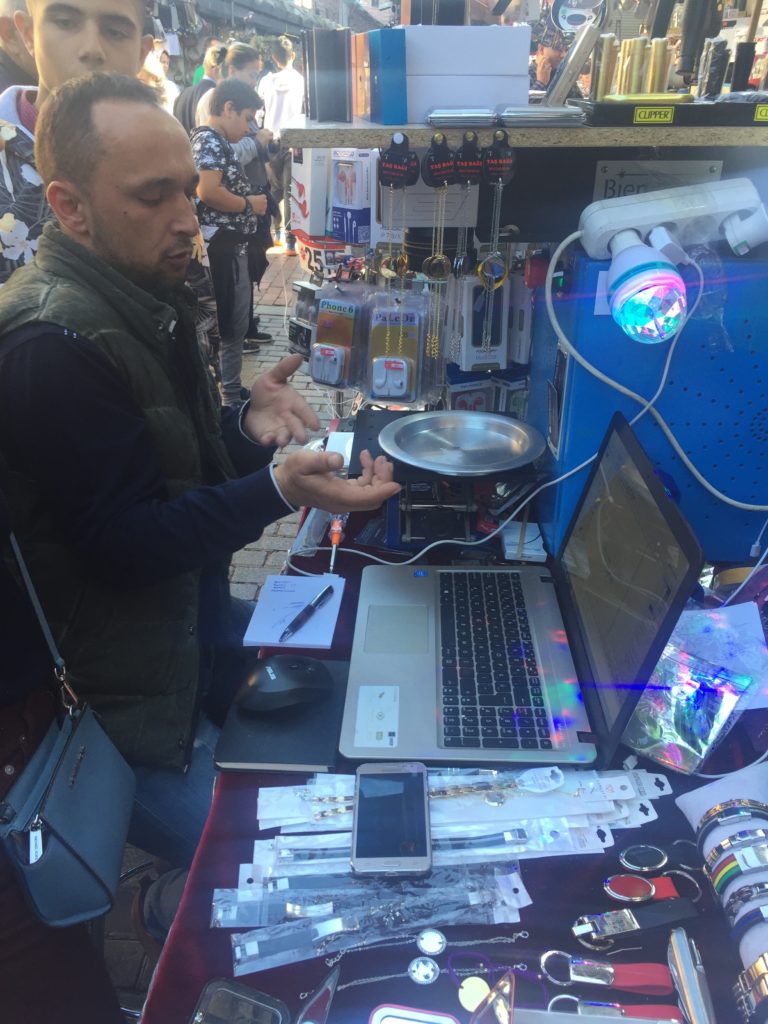




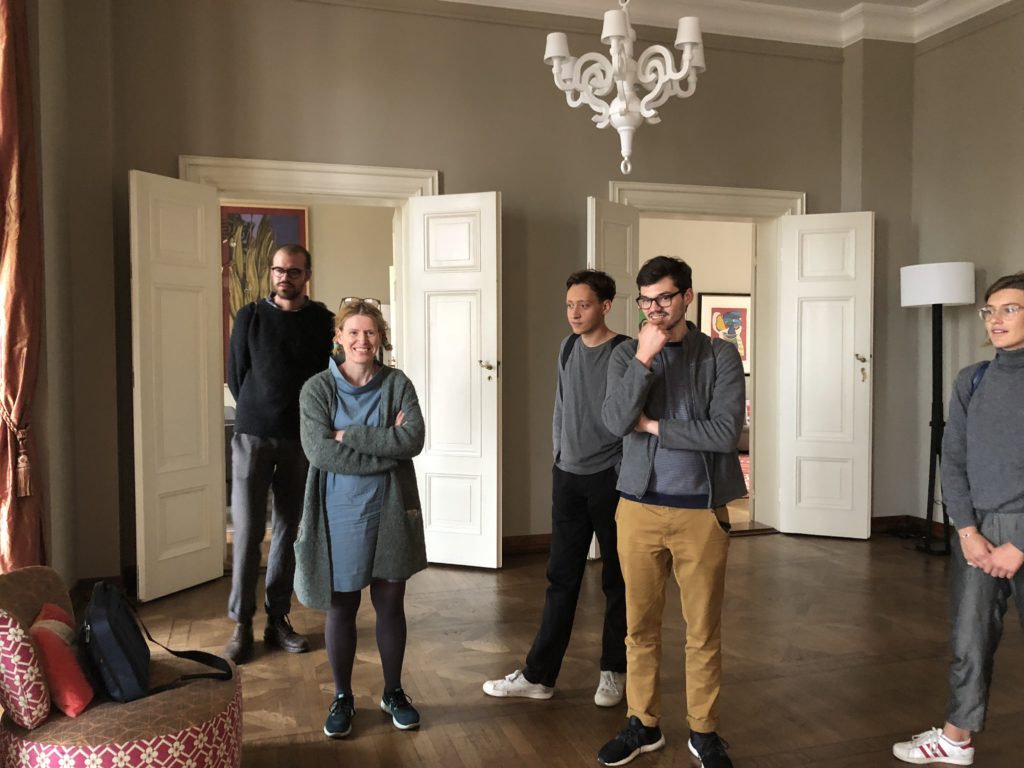


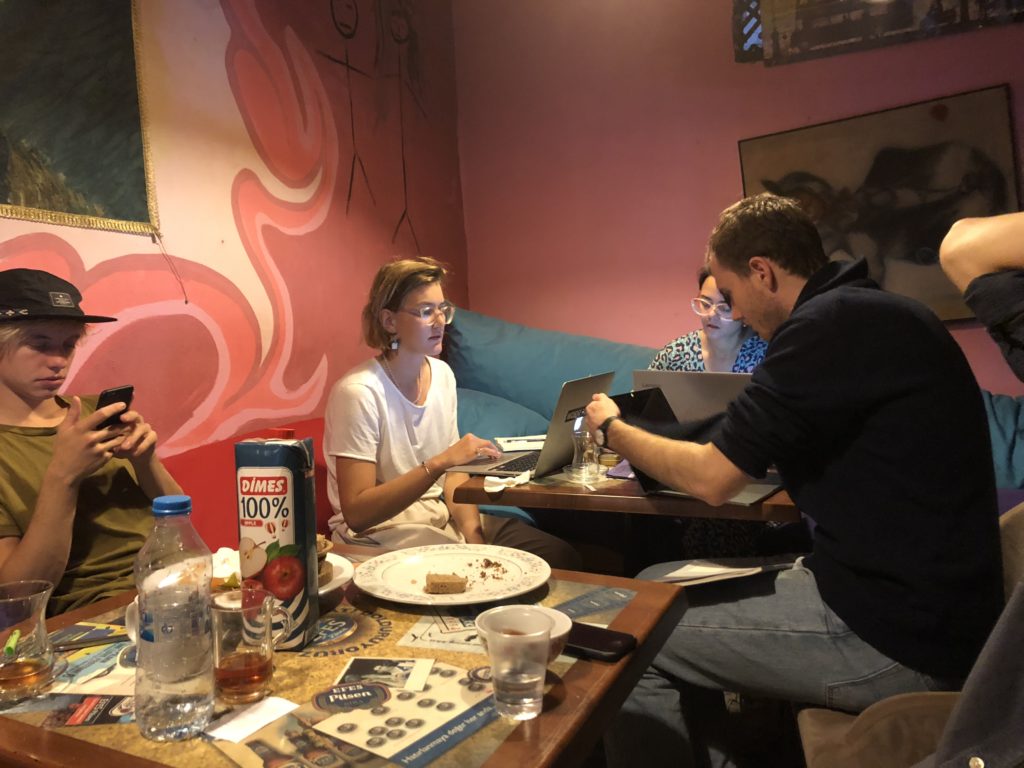
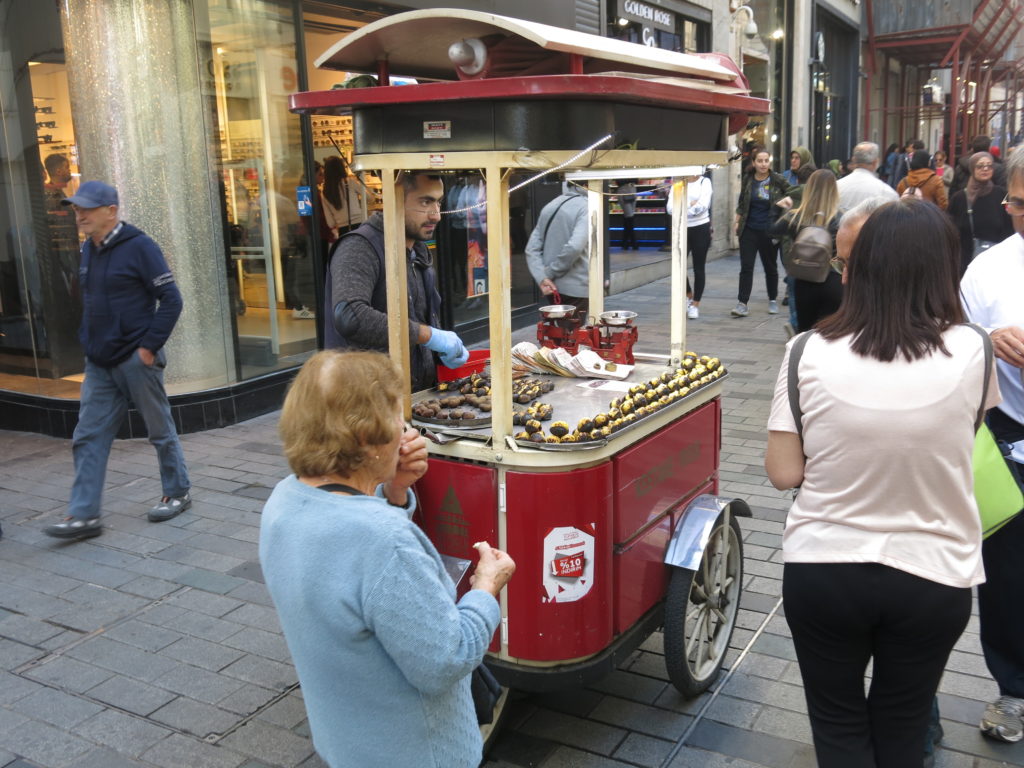

Exhibition of the projects developed during the week



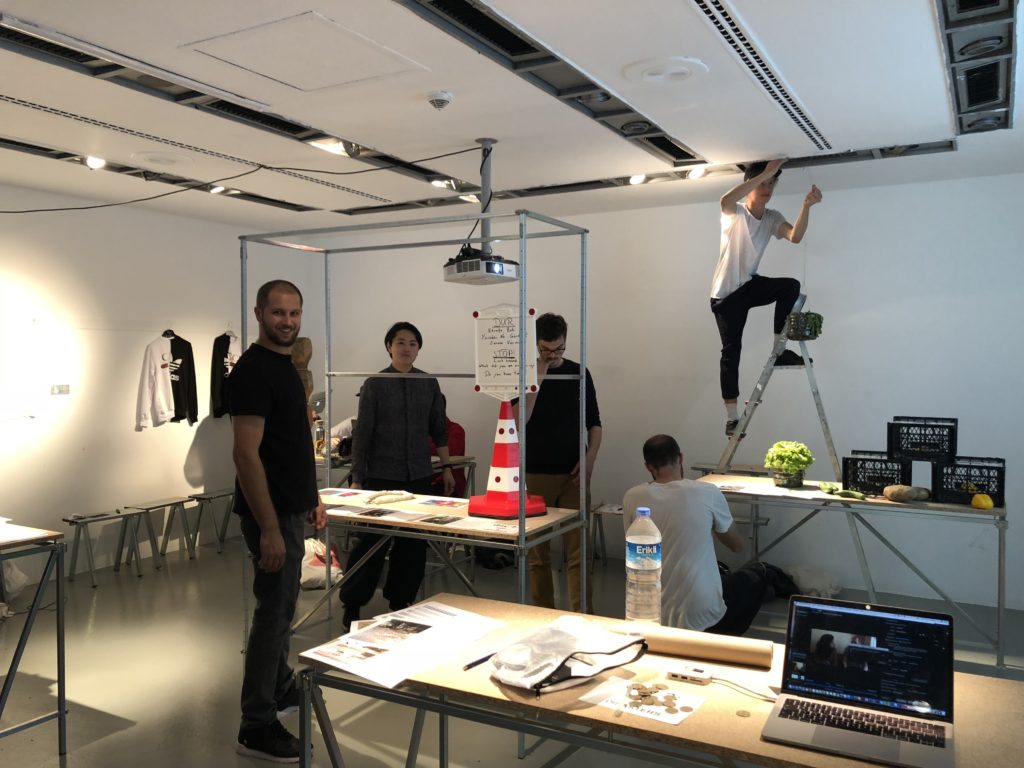
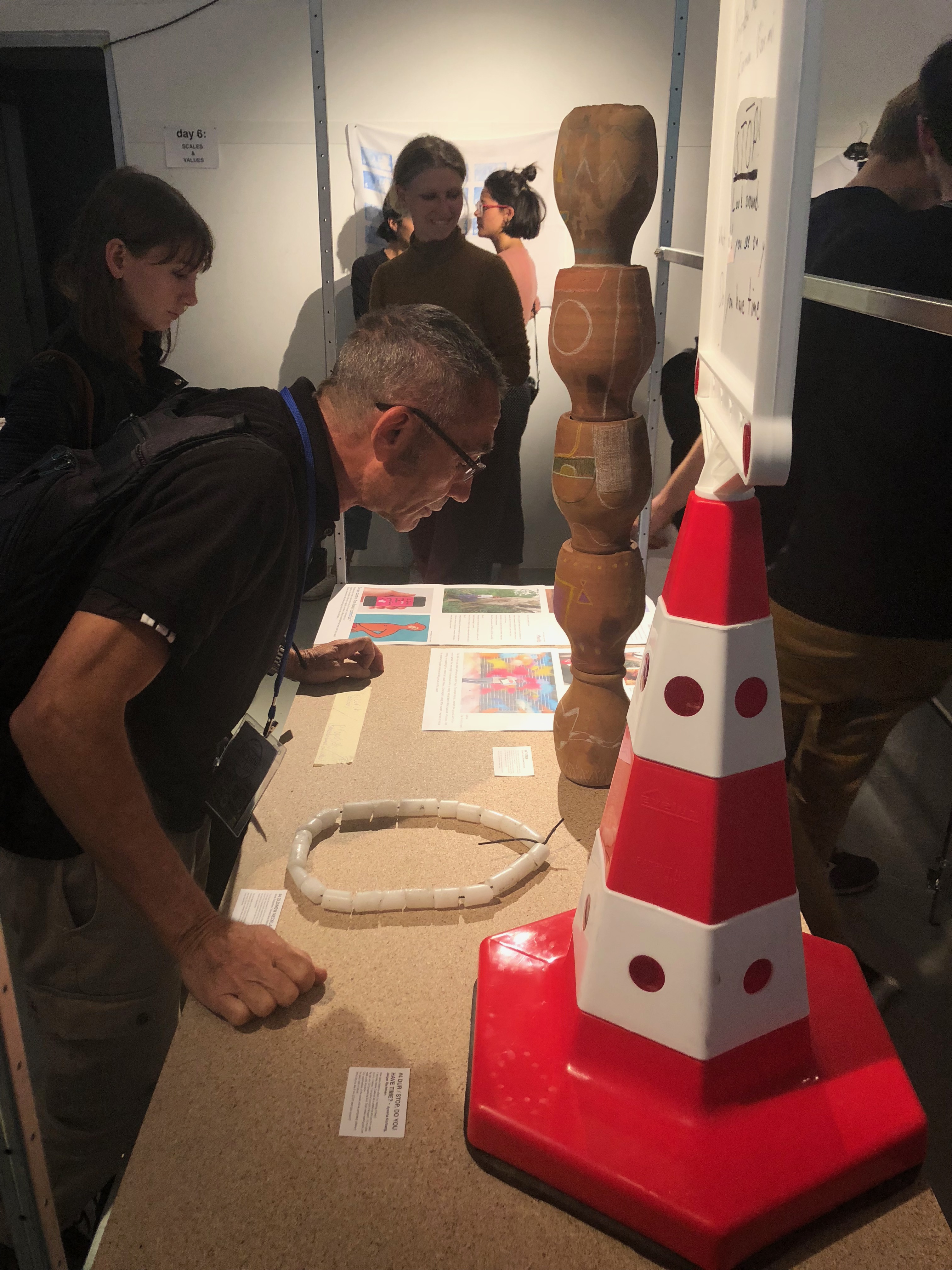
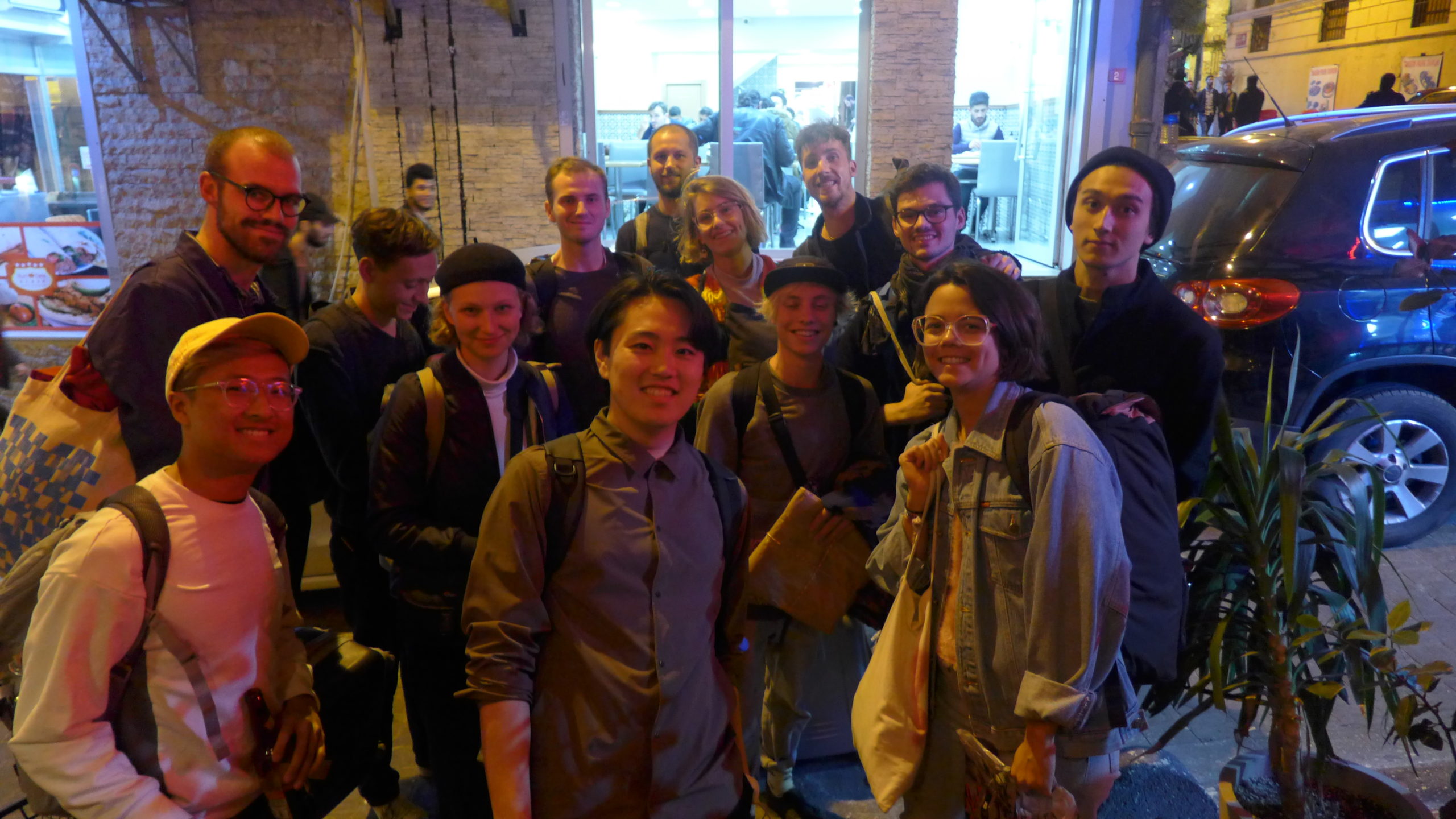

On the way back to Berlin via Sofia (by Orient Express)

The Master students product design Interculturality went for a week to Skopje. They visited a number of factories and production places and did a workshop with a ceramisist and a basketweaver to explore the future of crafts methods. The results were presented at Public Room during Skopje Design Week where the students enjoyed also a number of talks on design.
Impression of the workweek below.
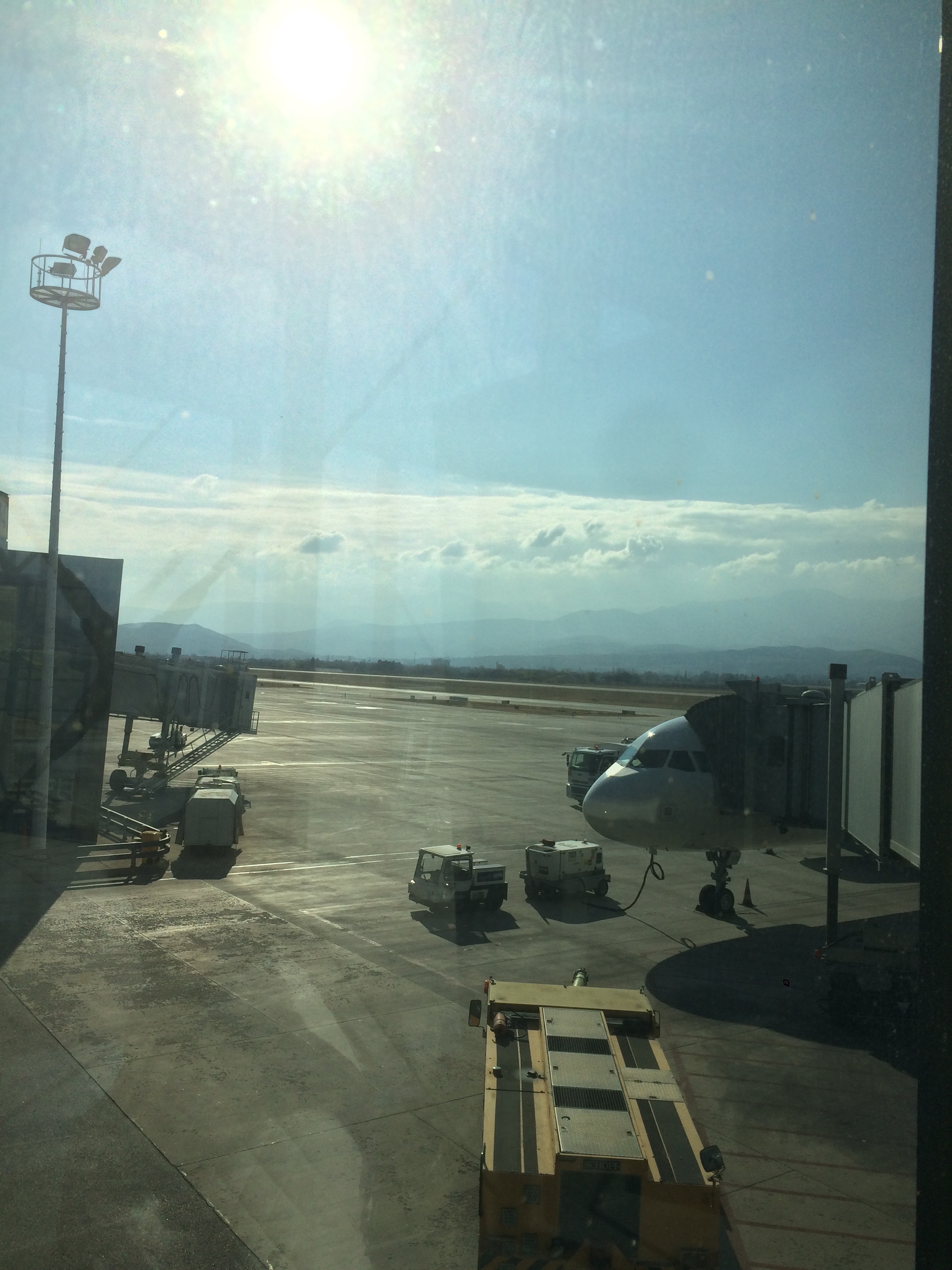
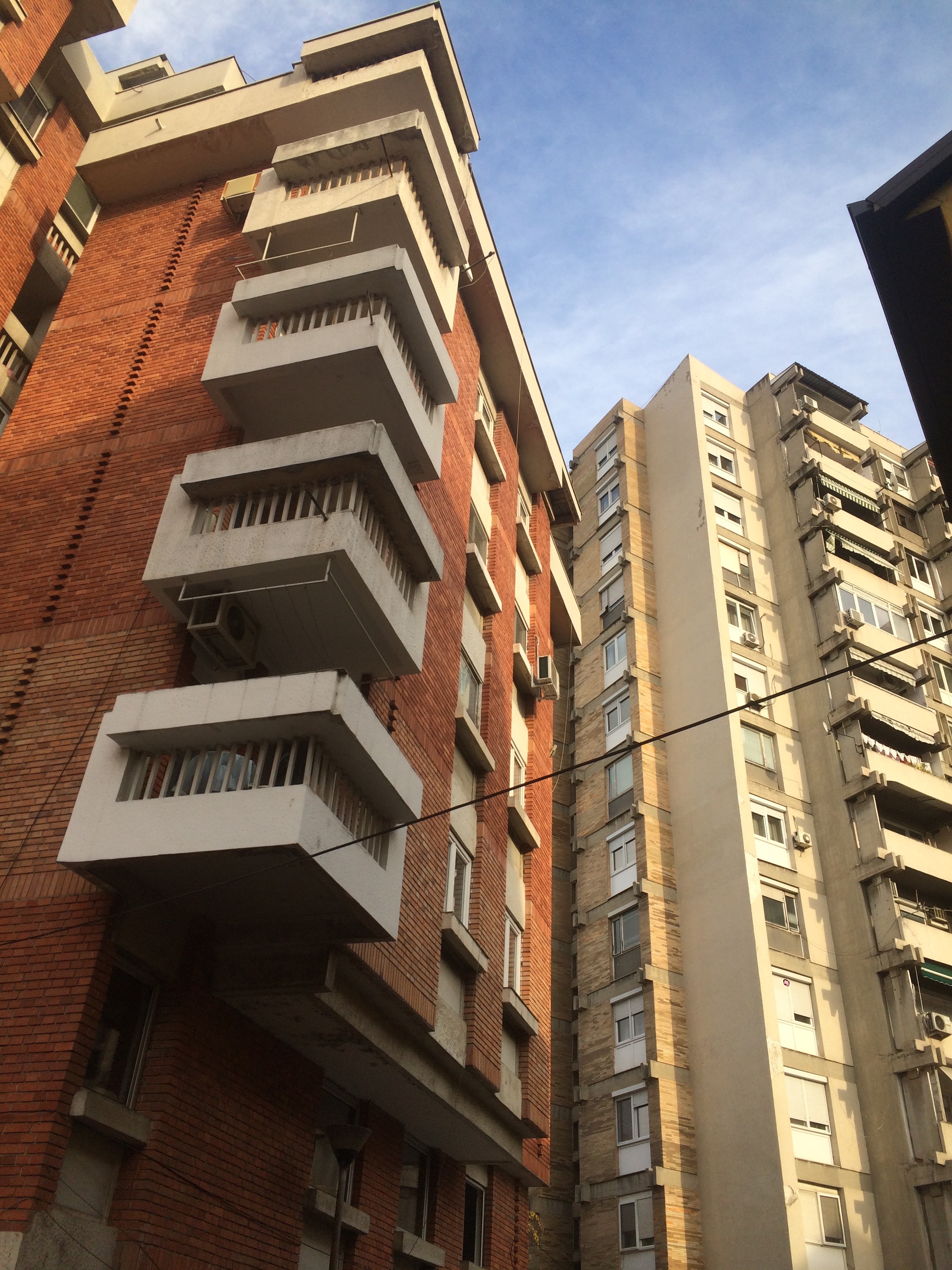
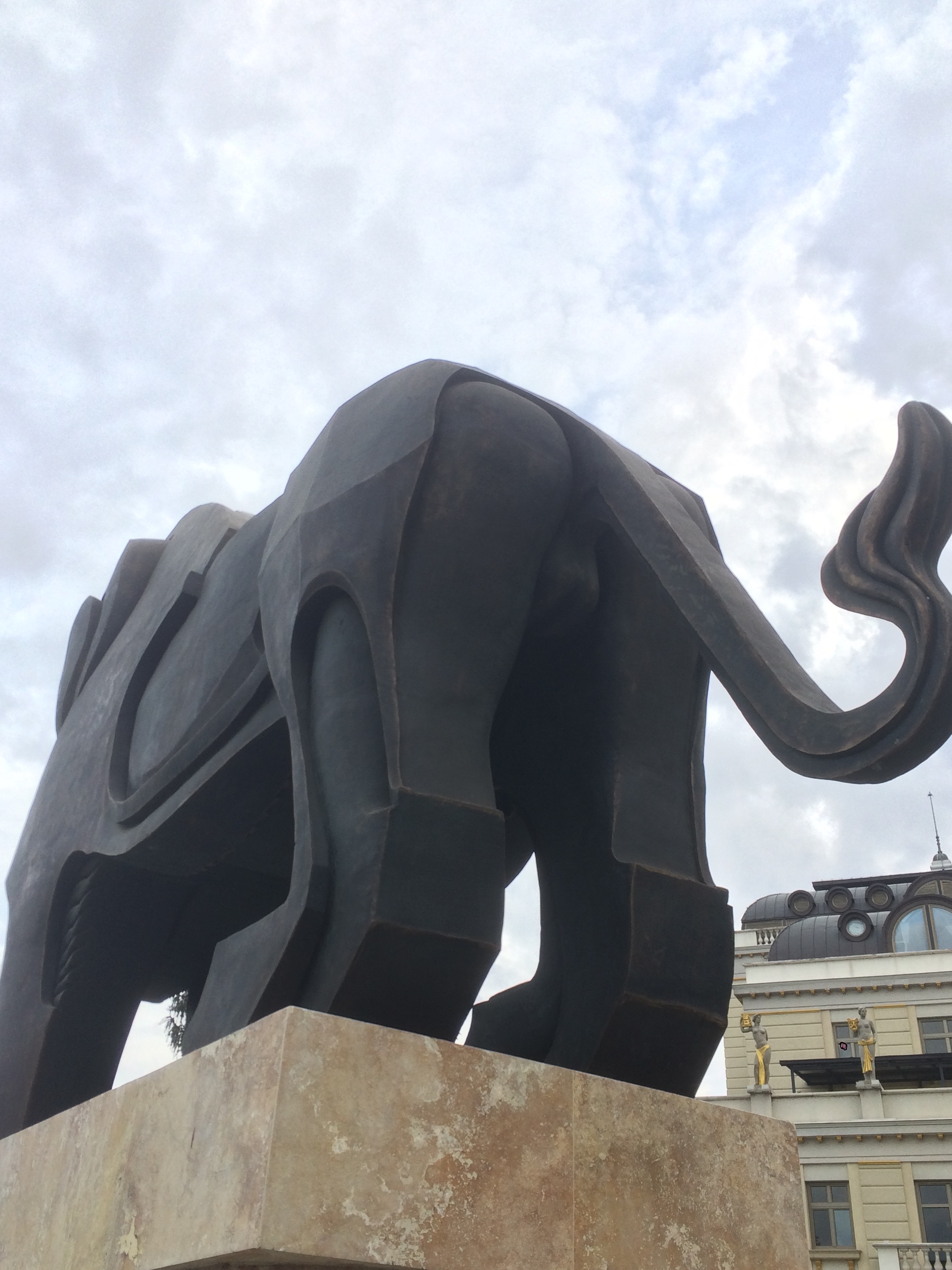
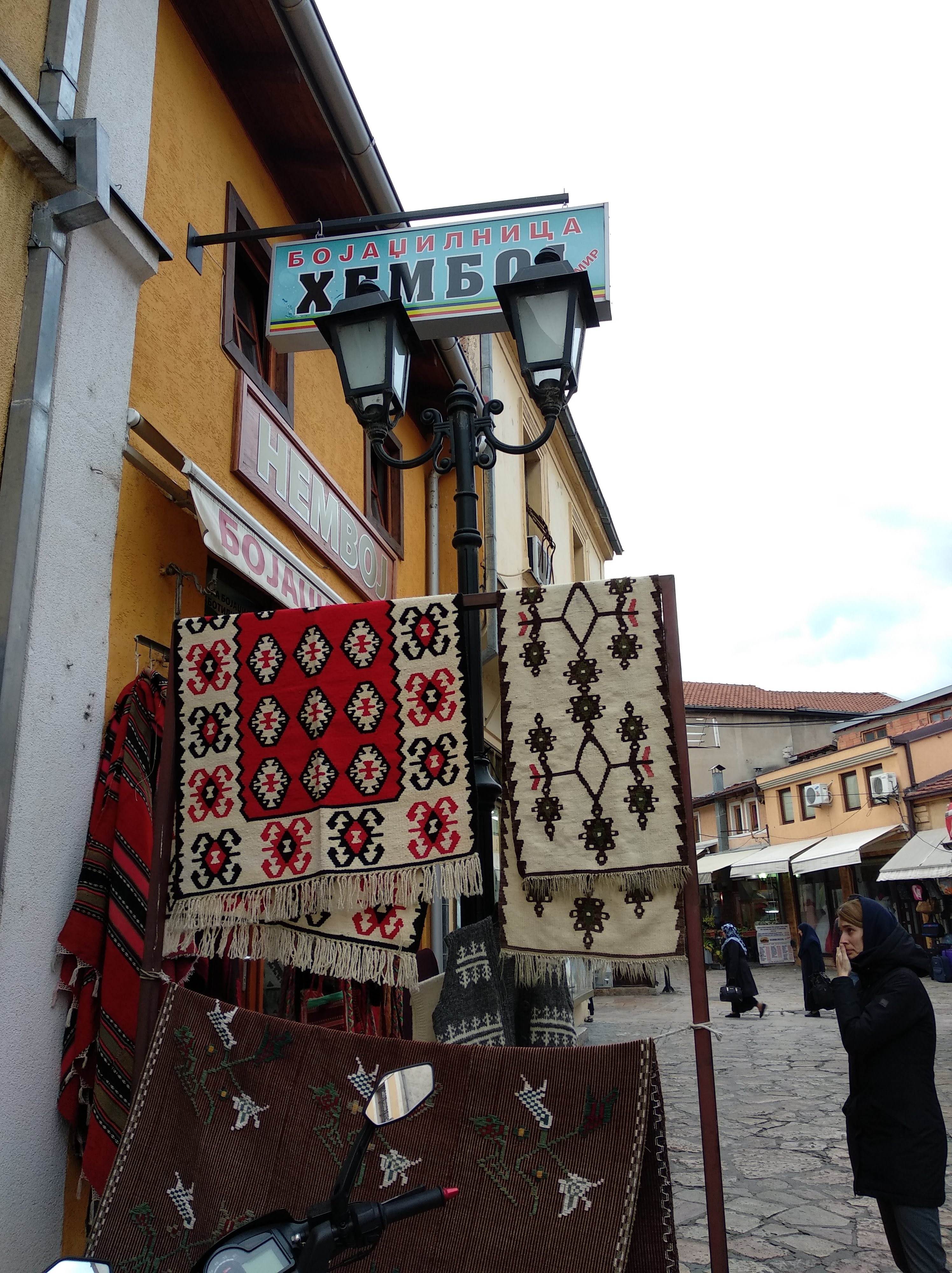
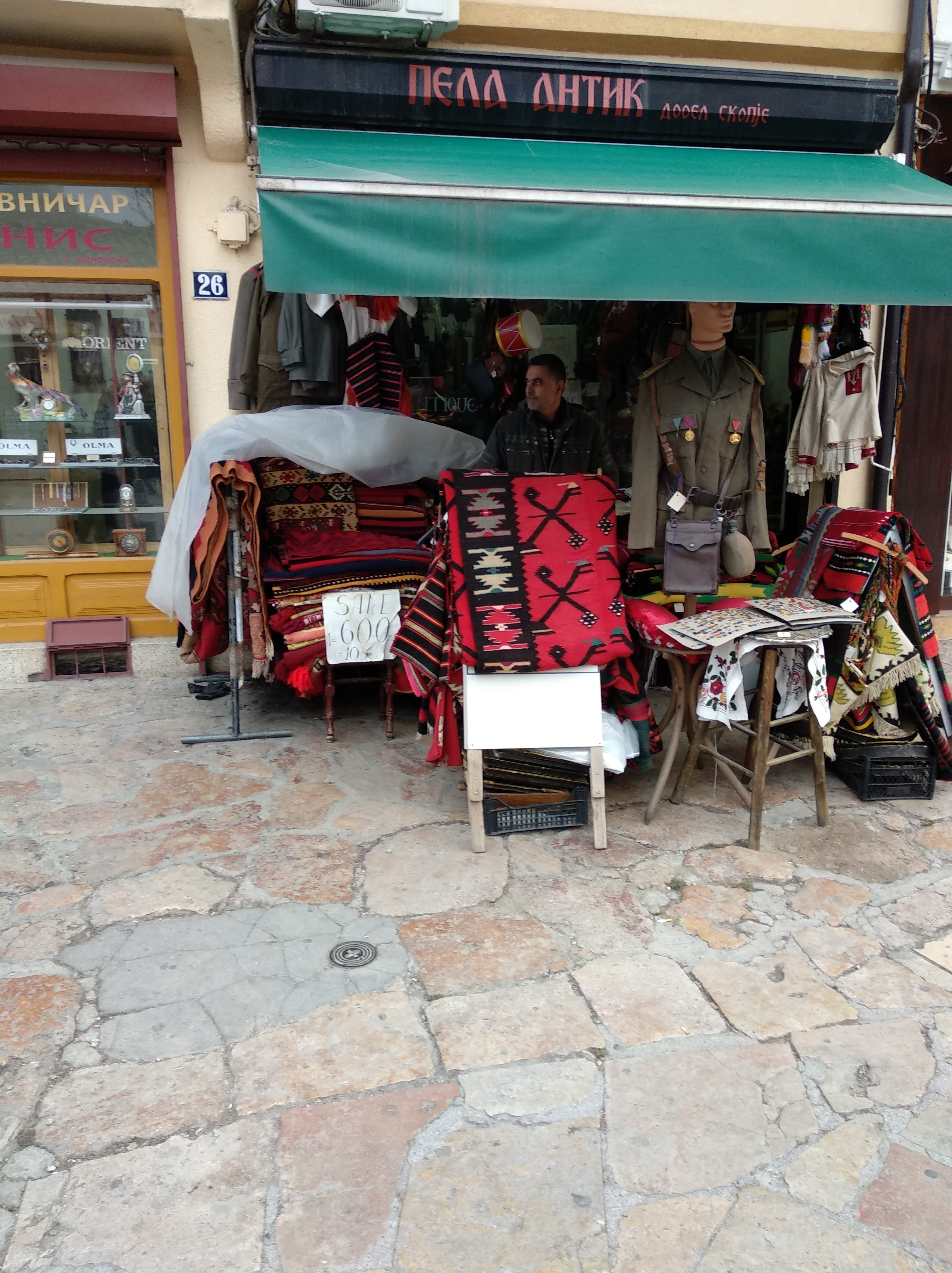
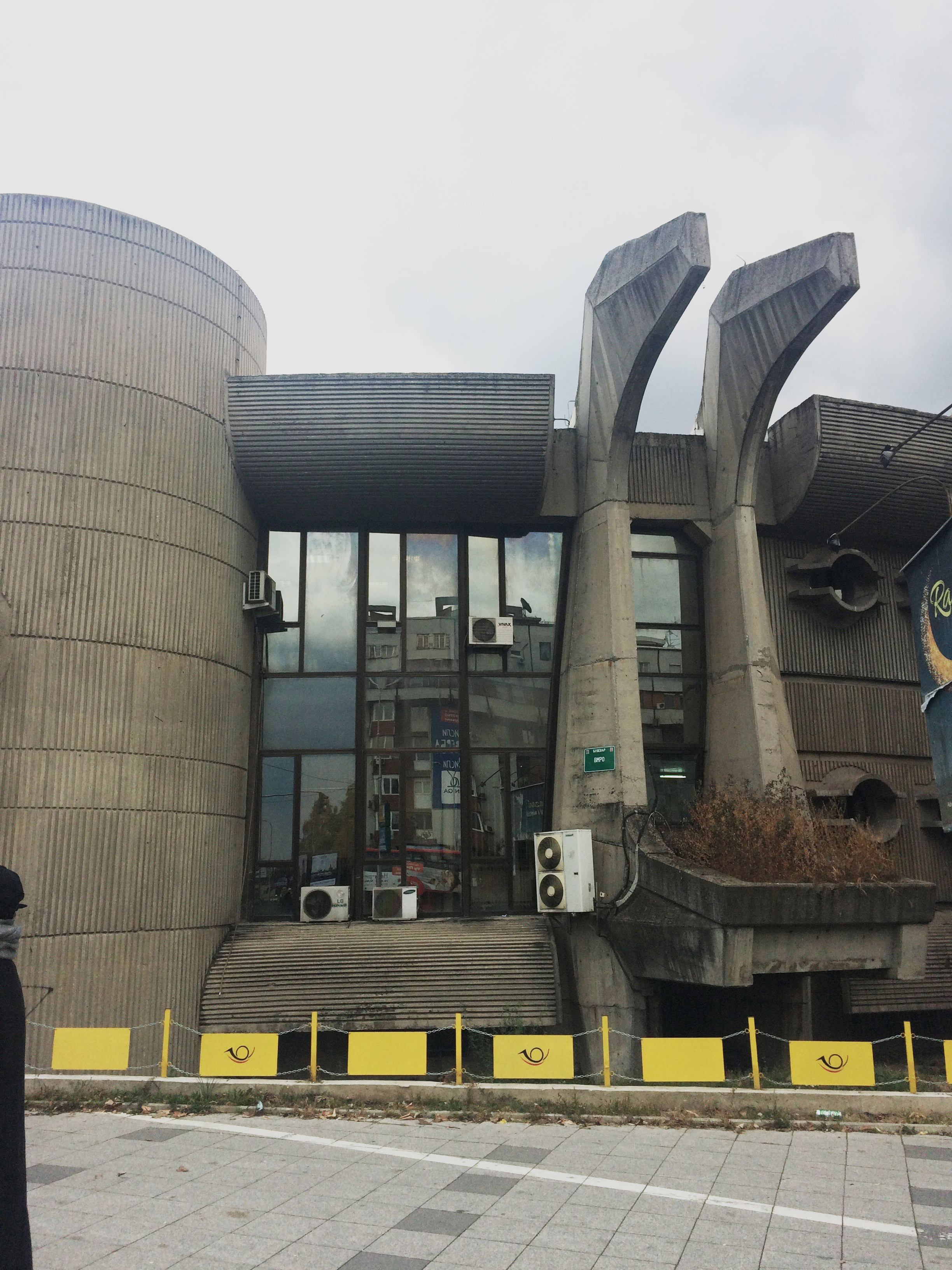
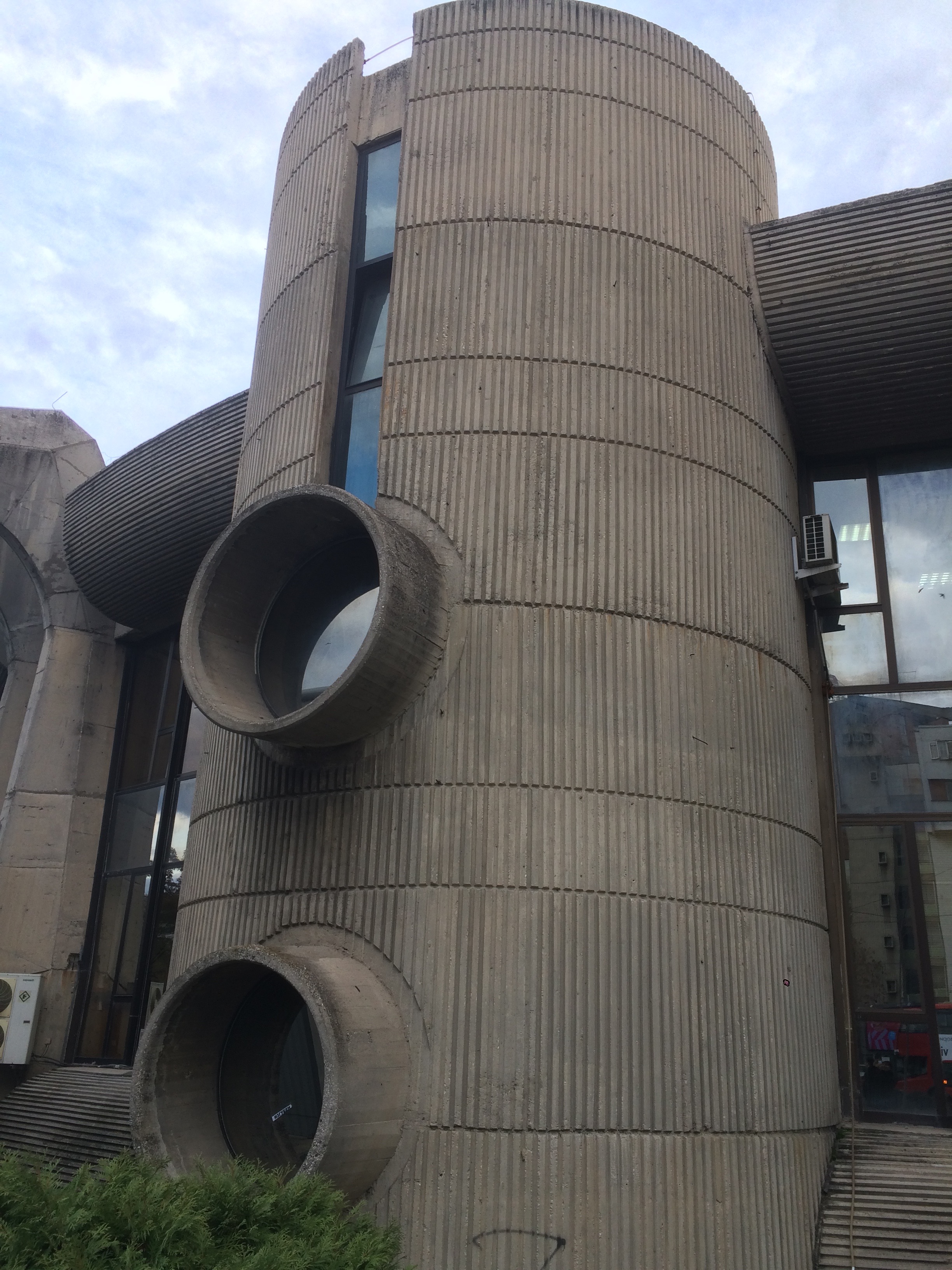
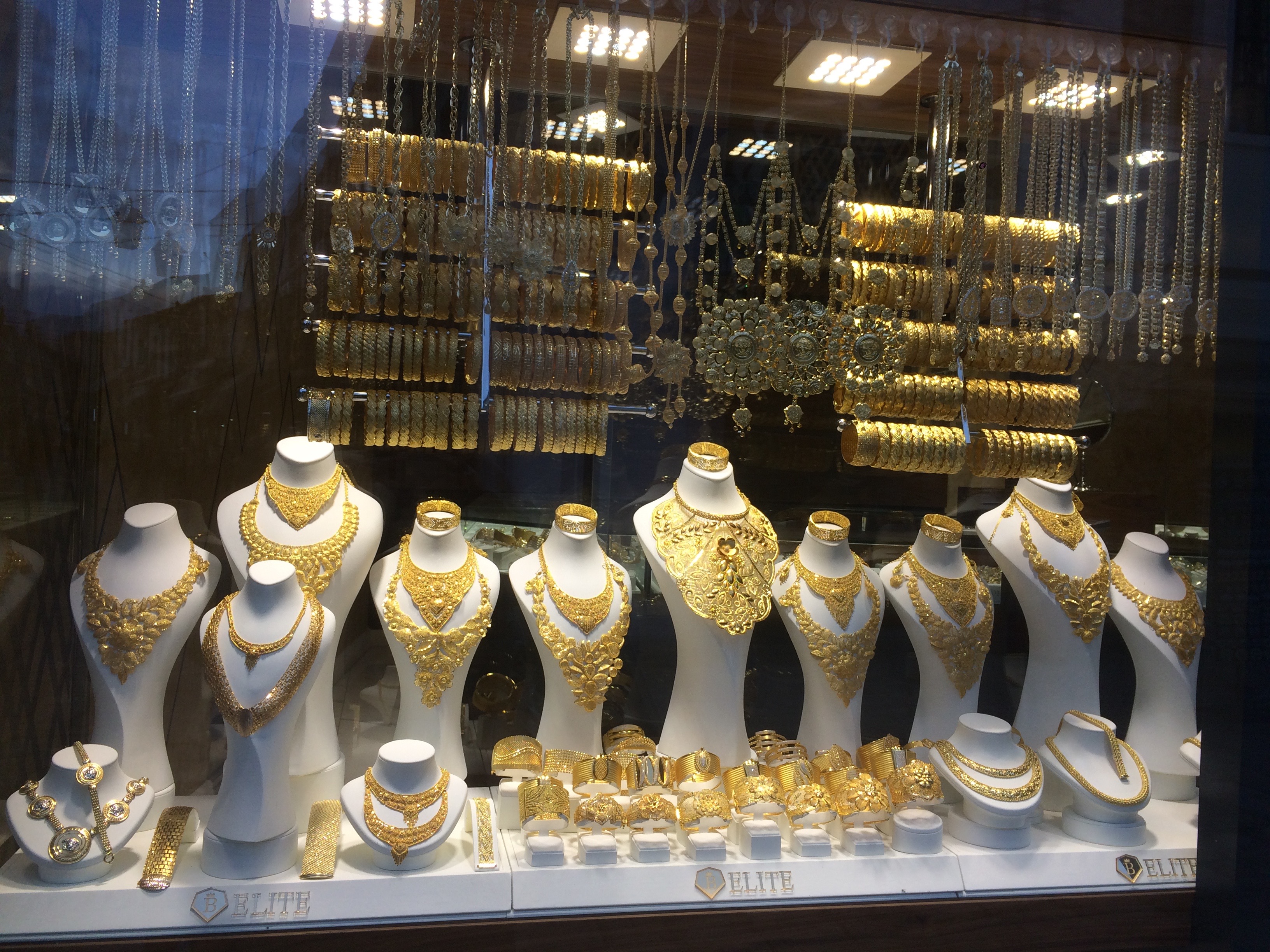
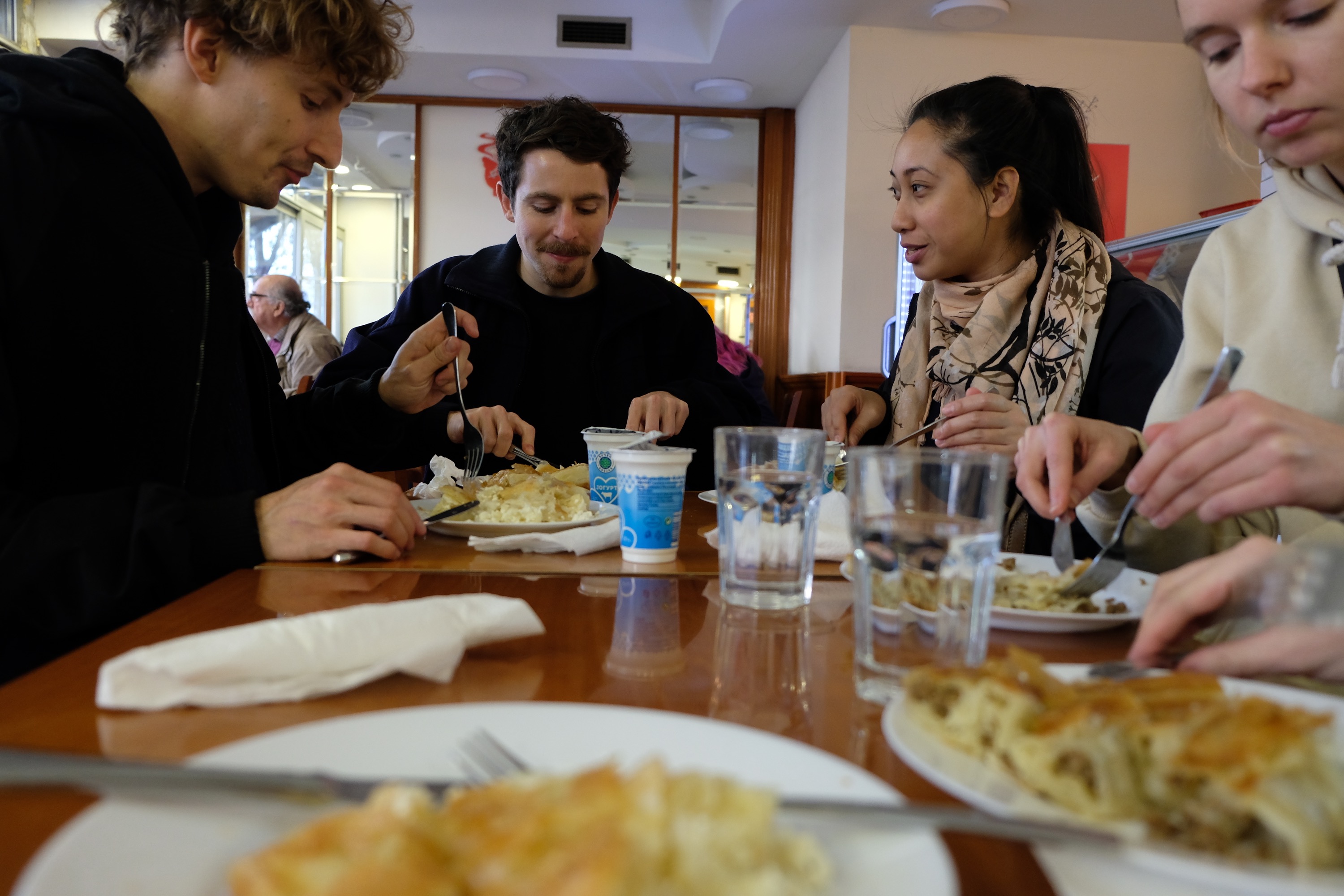
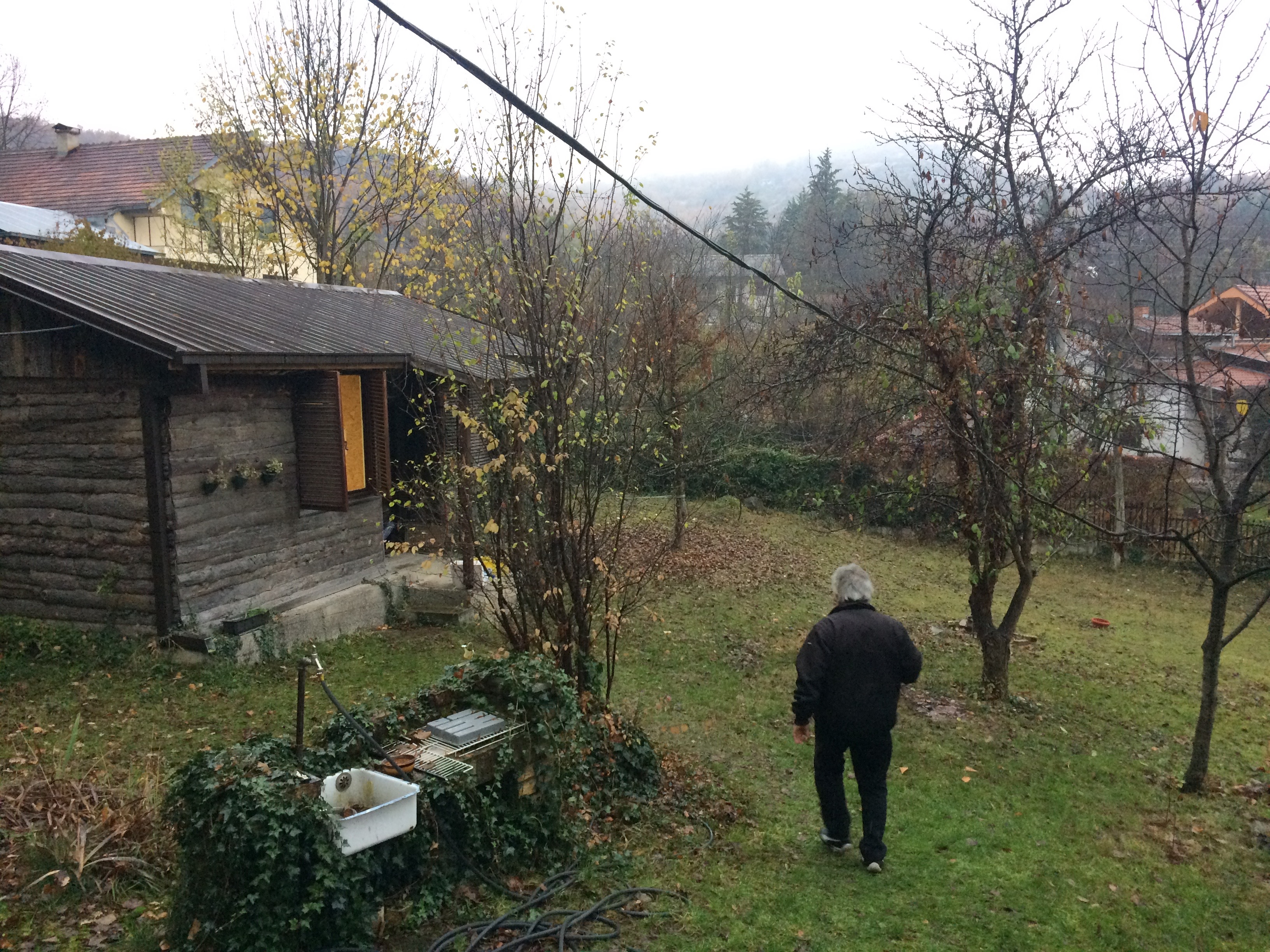
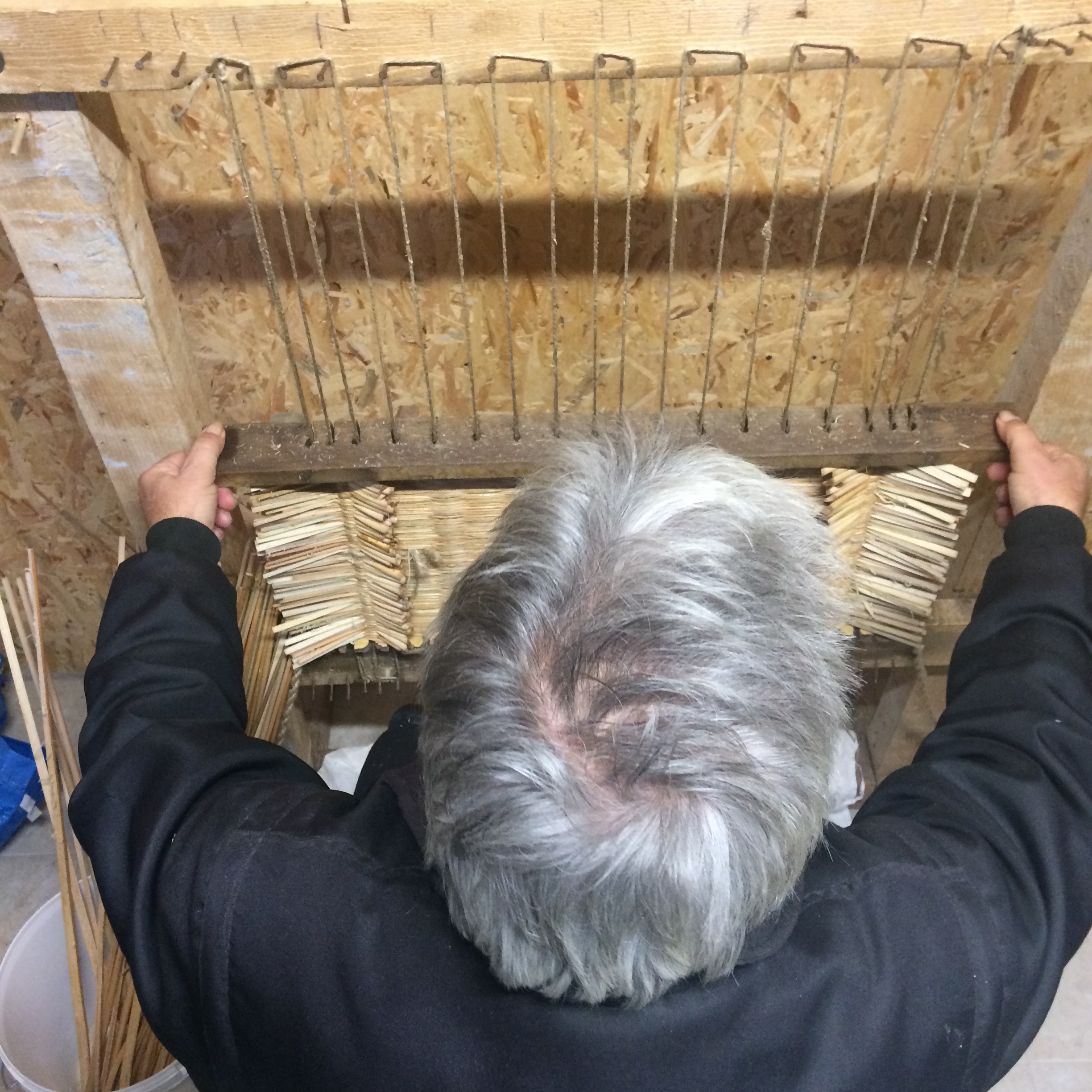
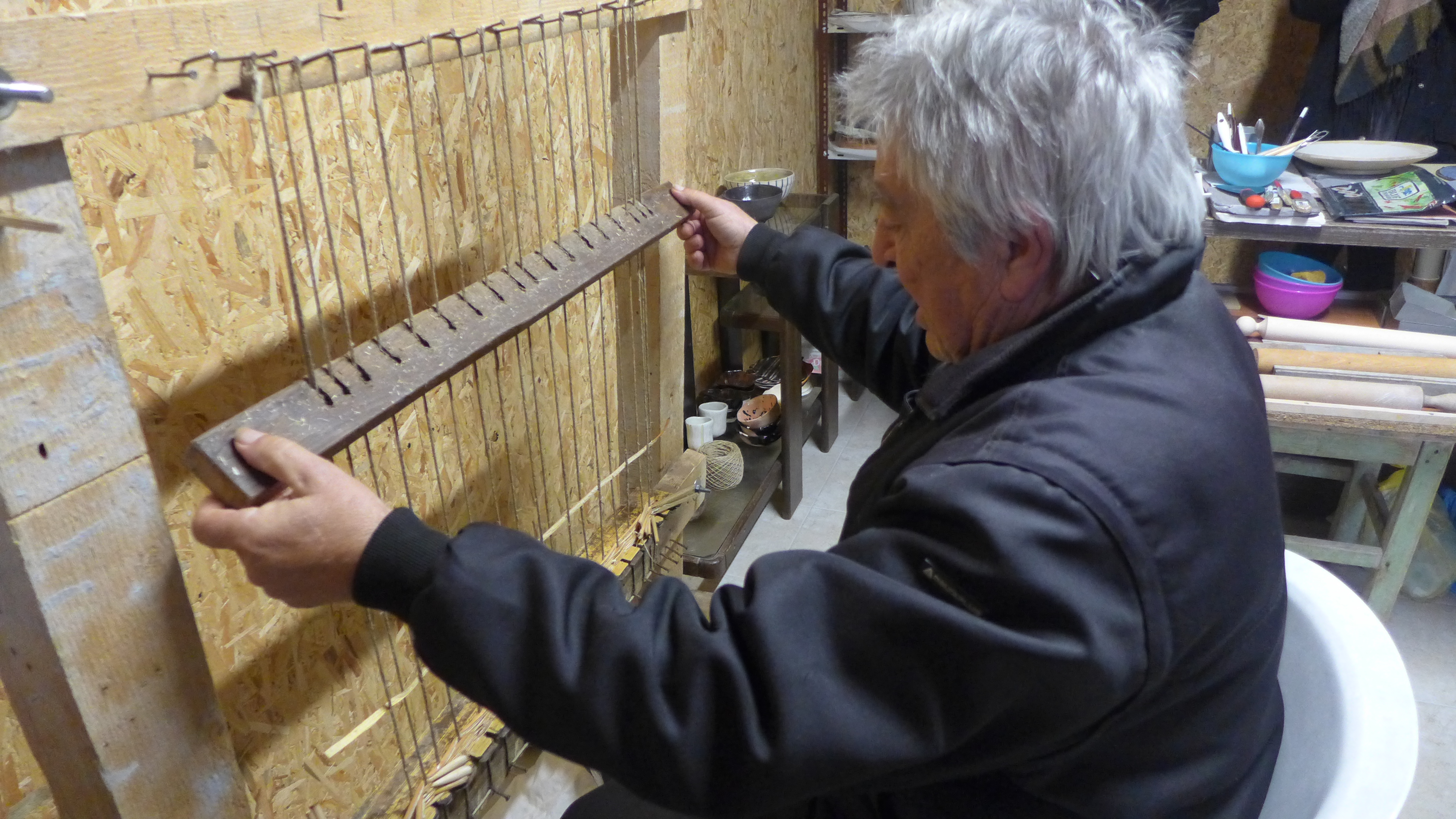
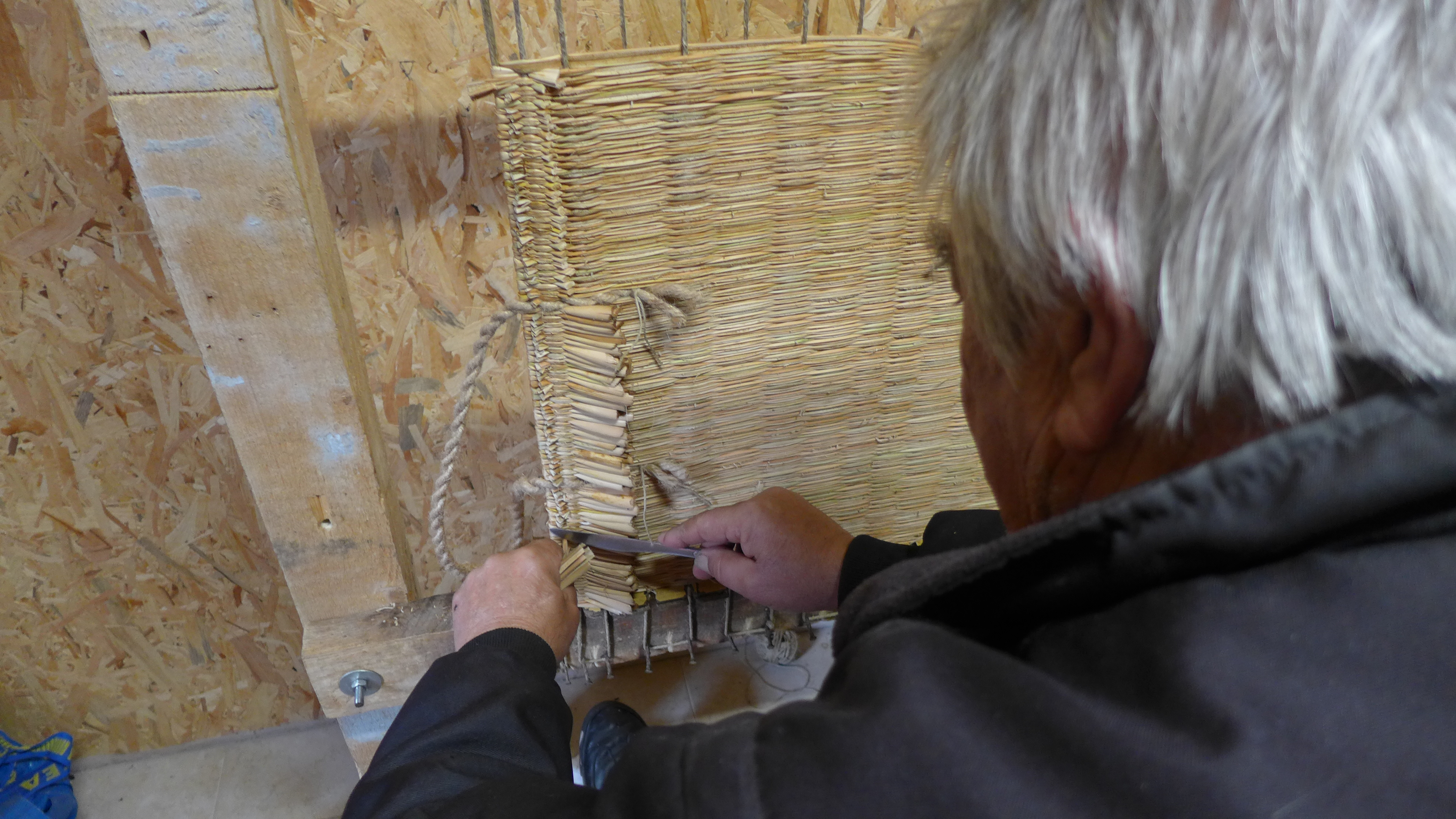
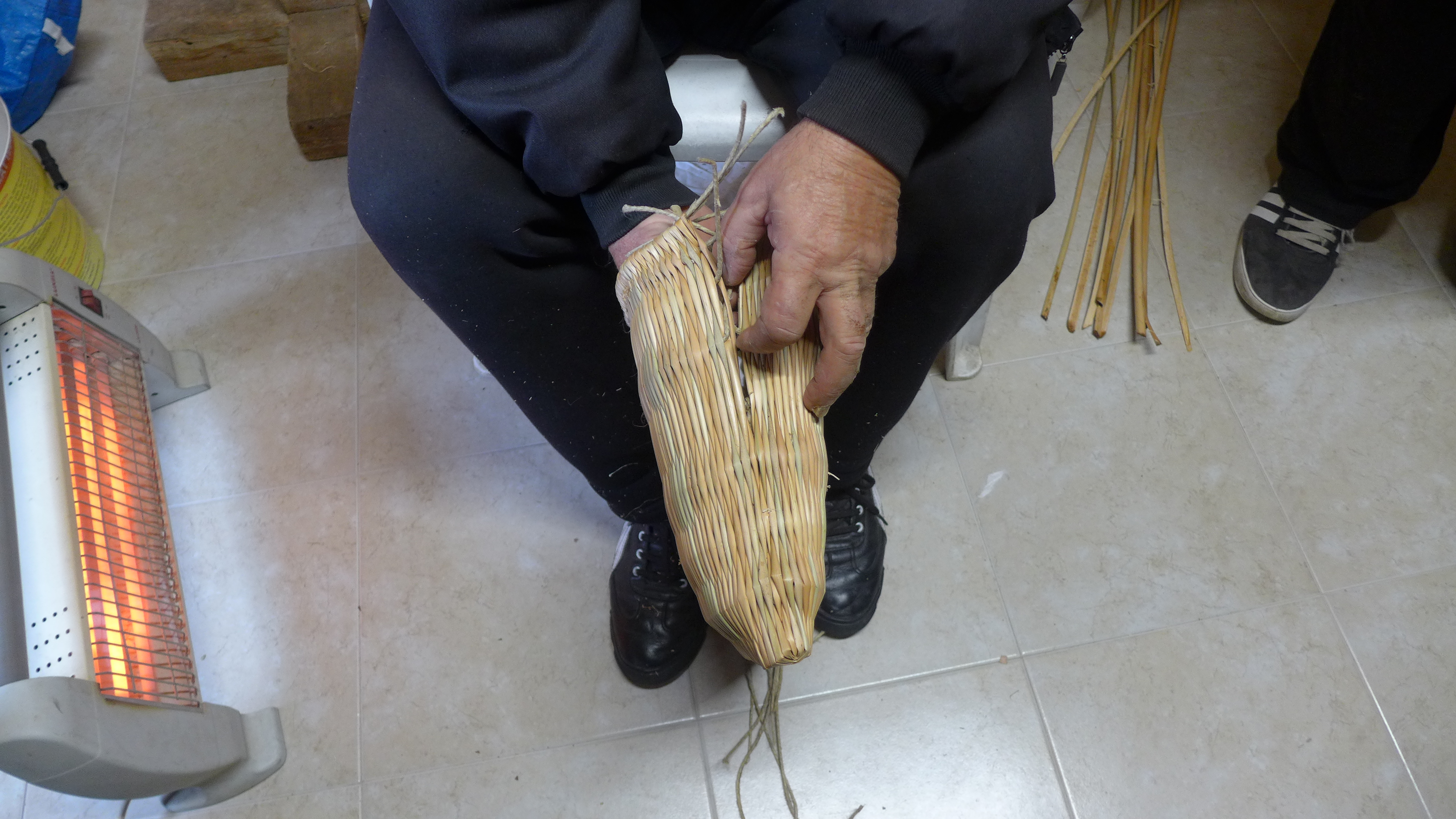

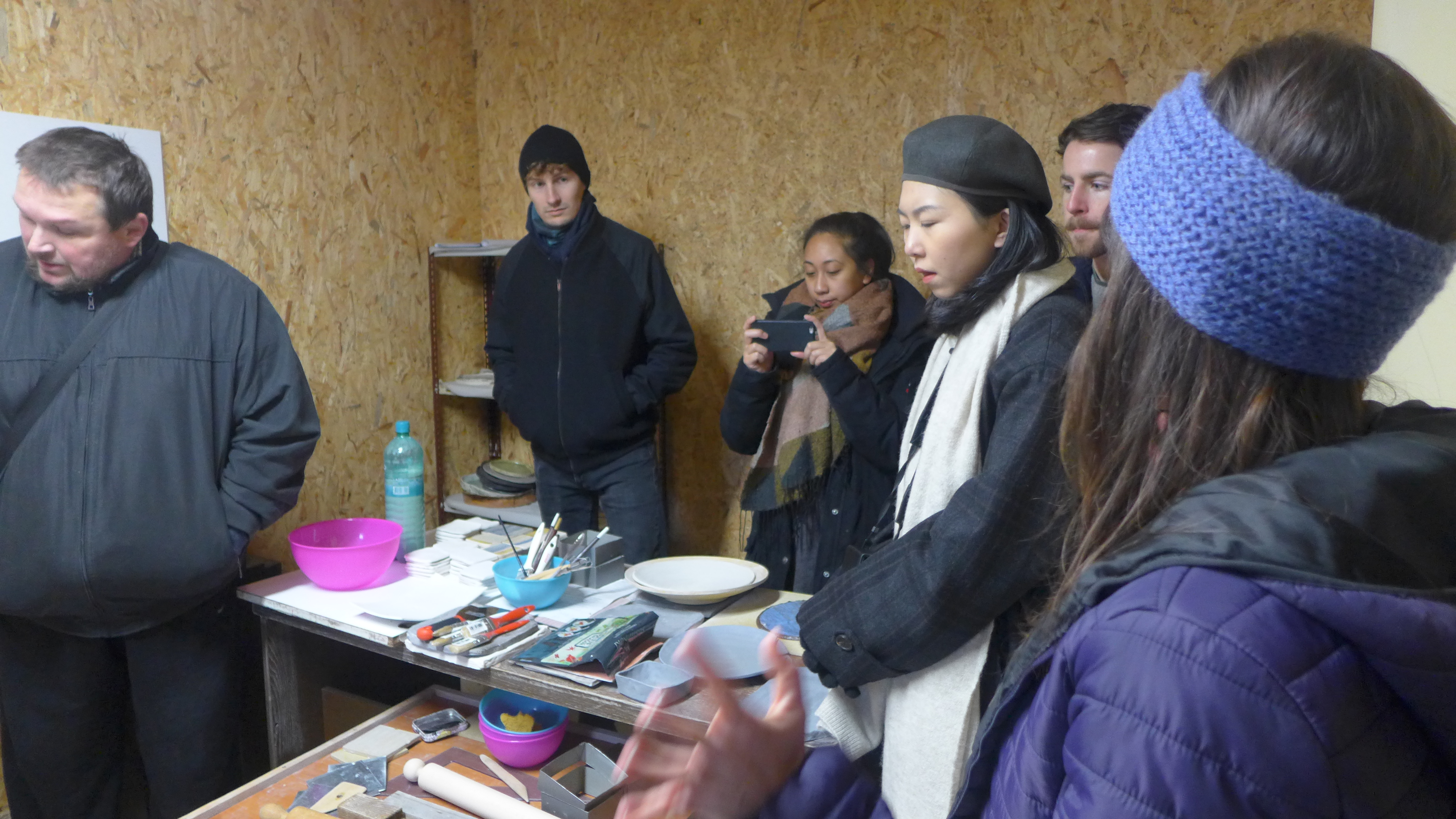

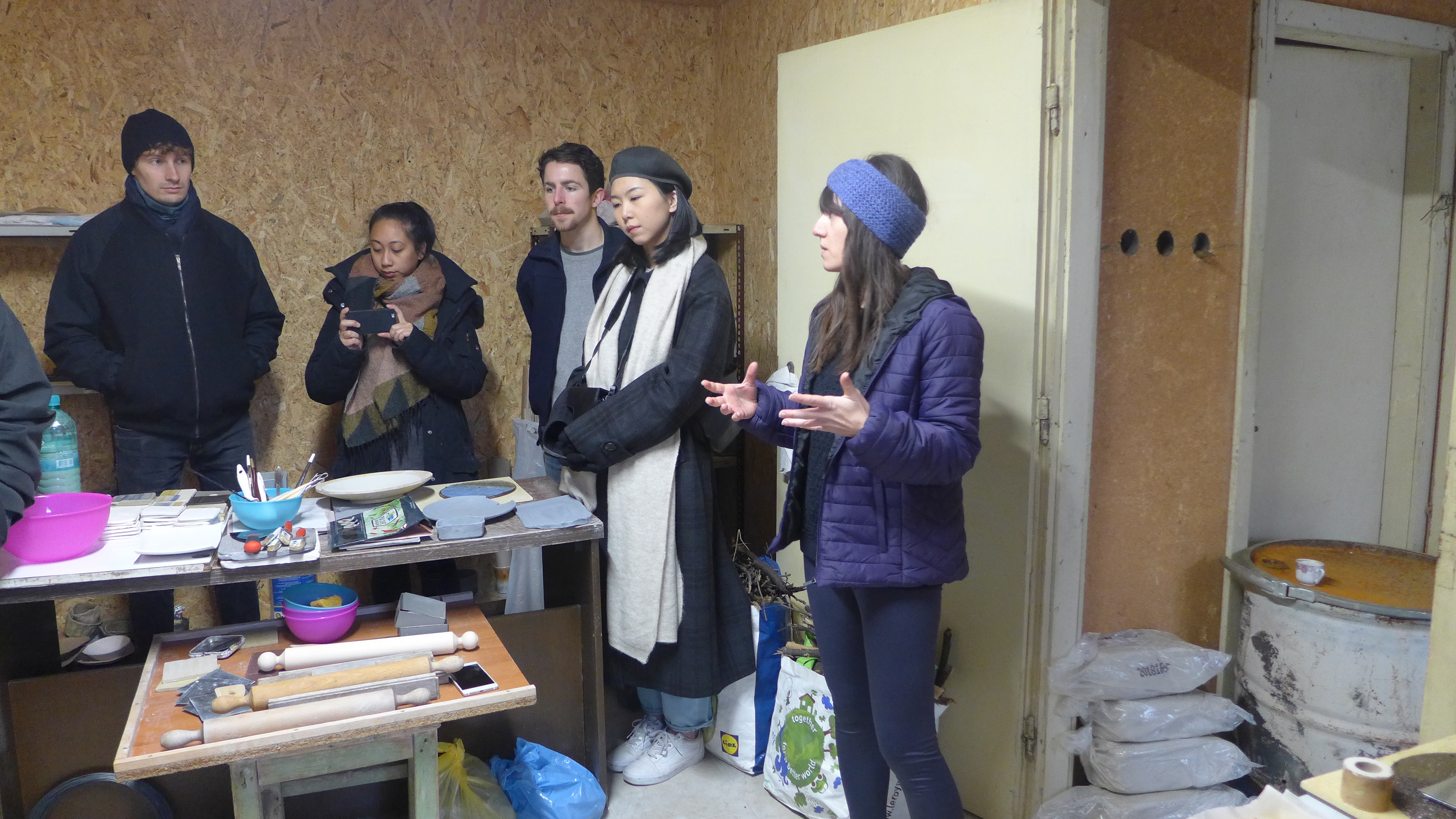
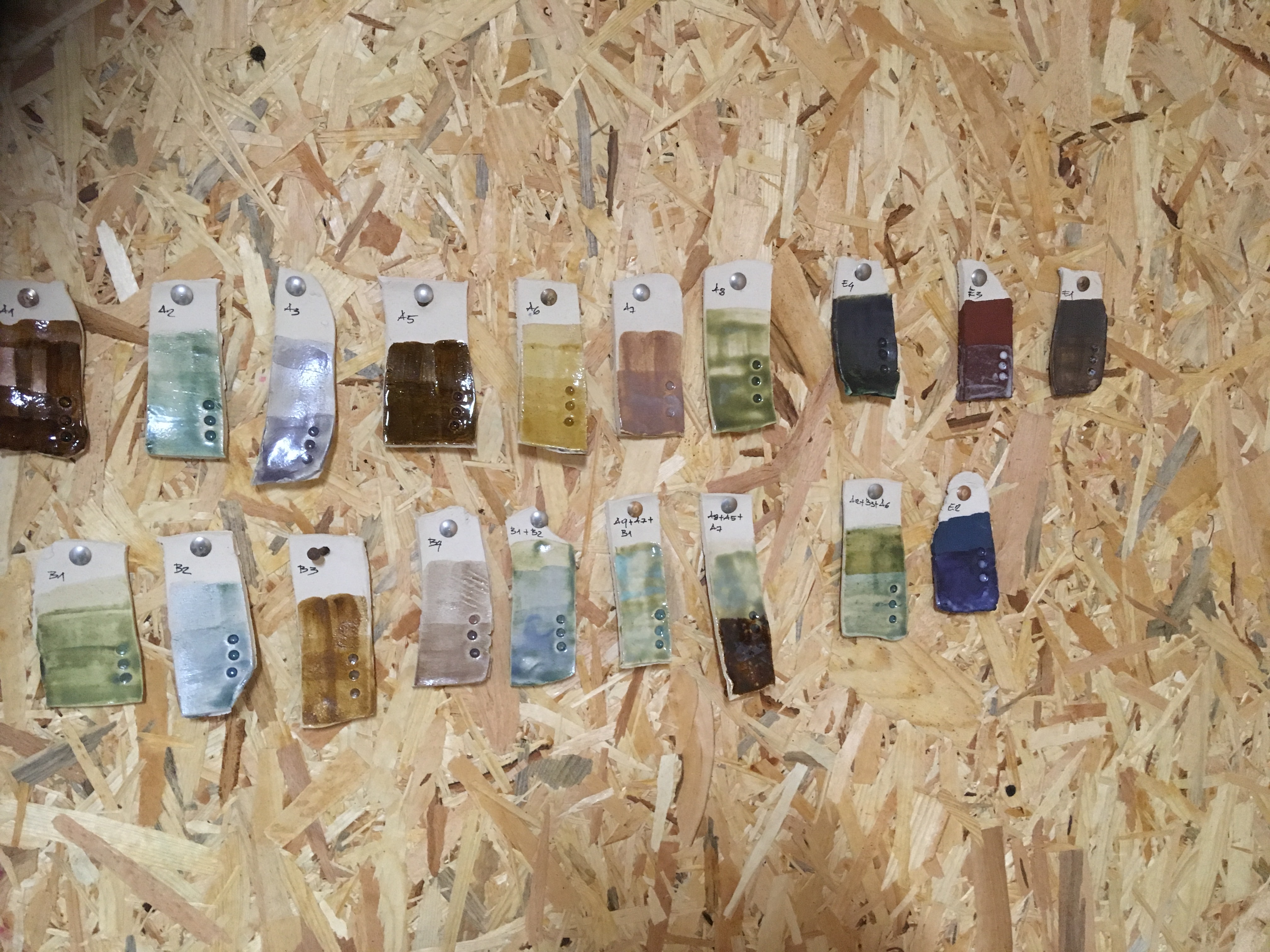

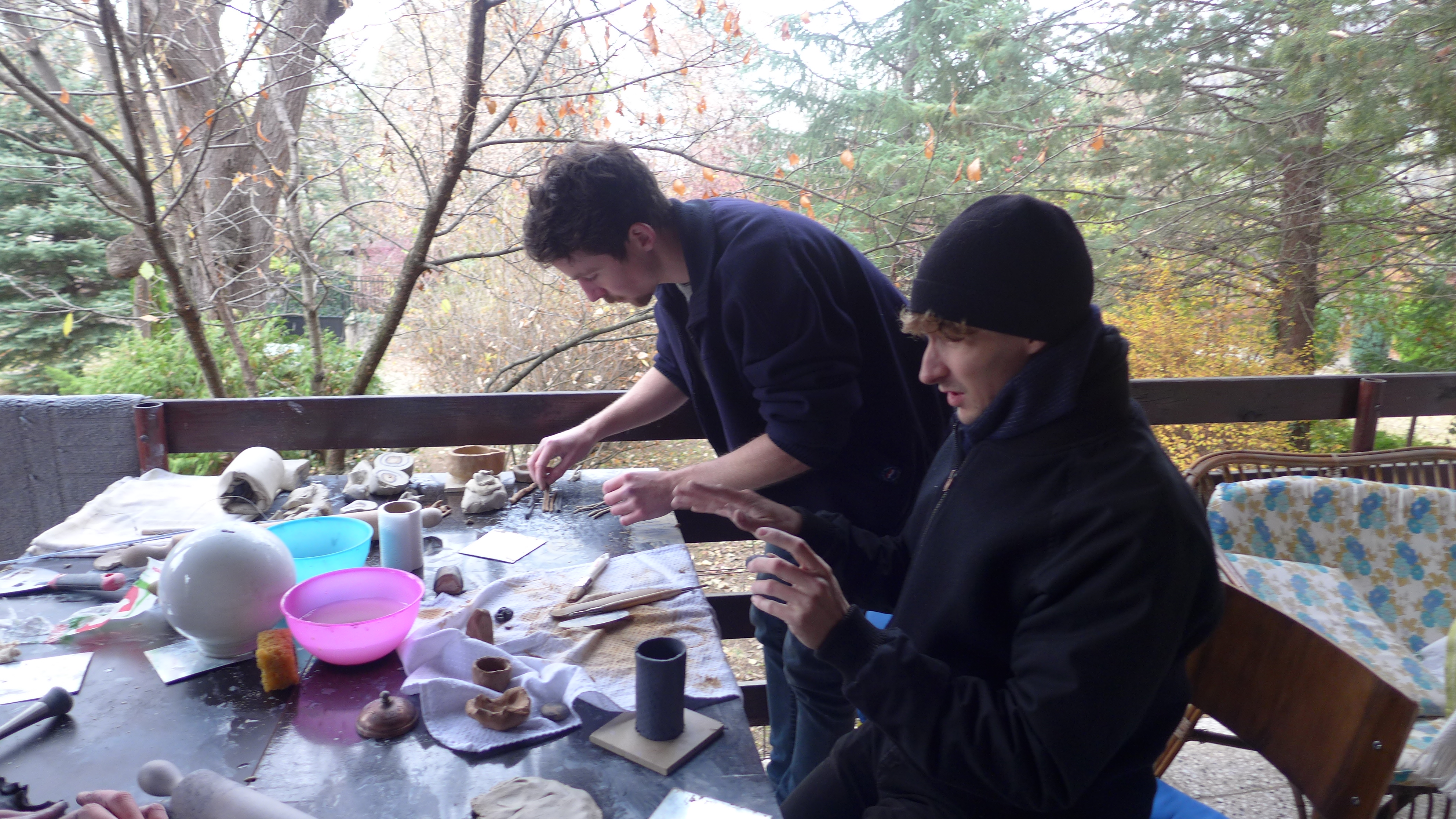
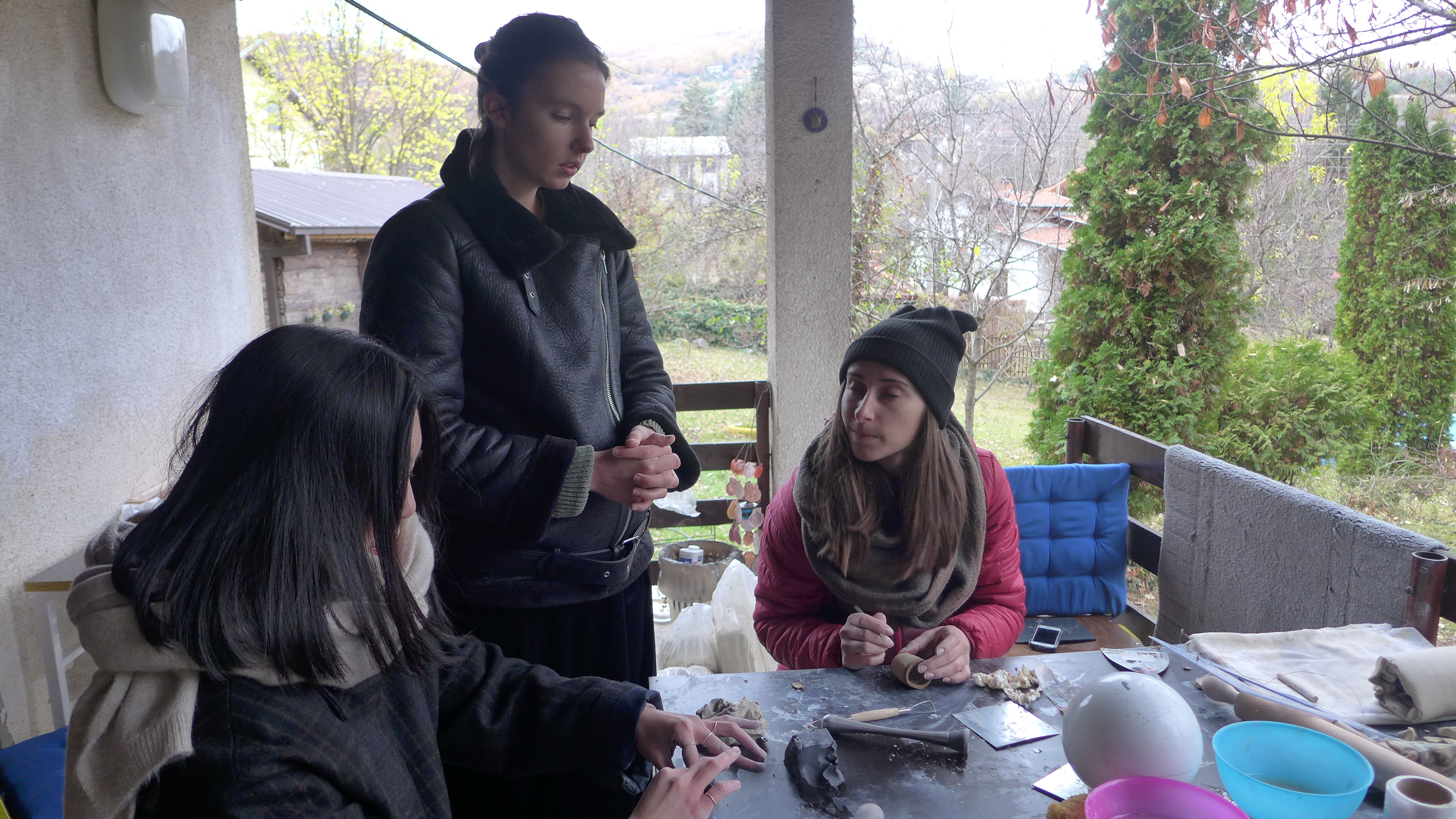
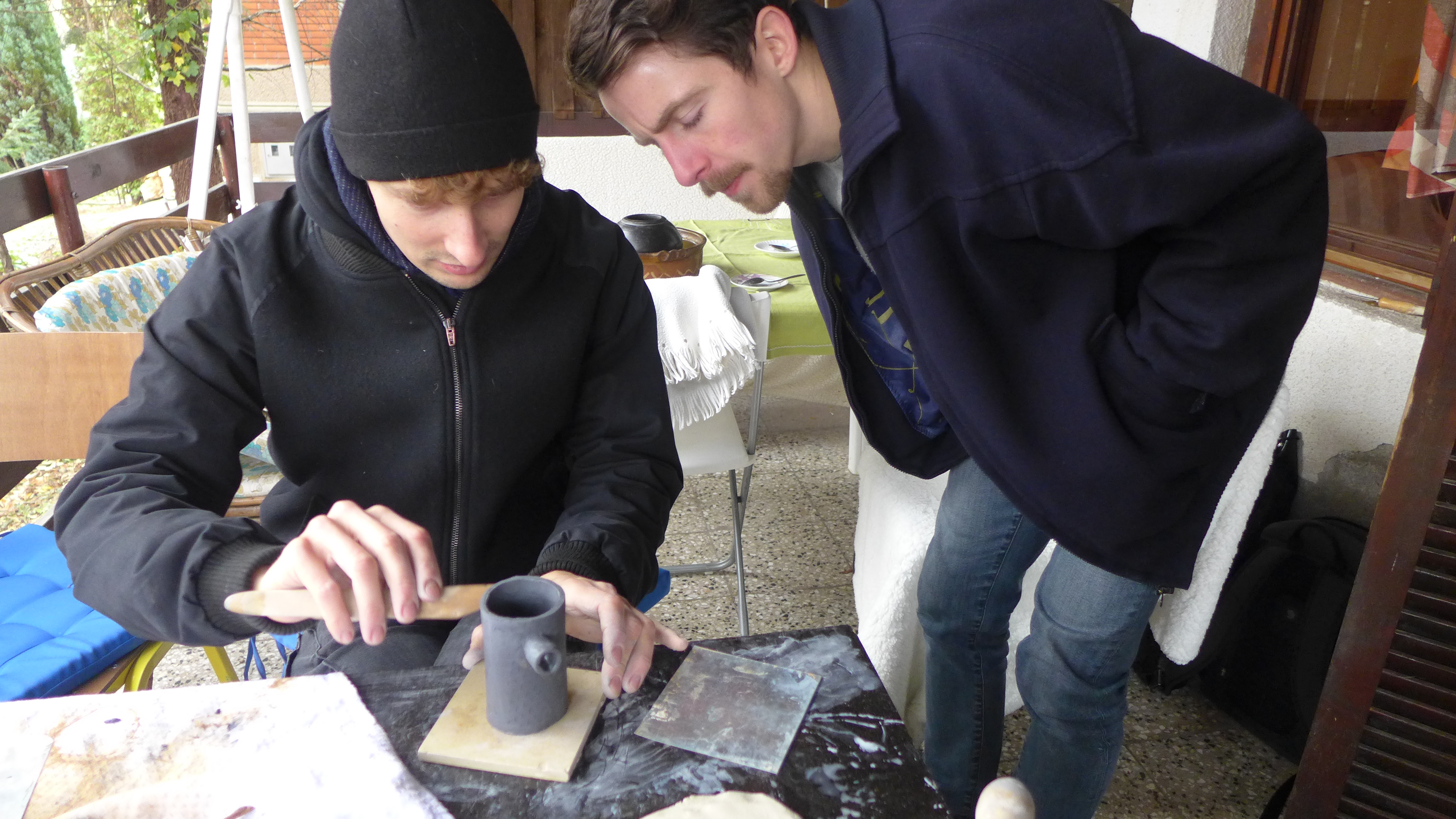
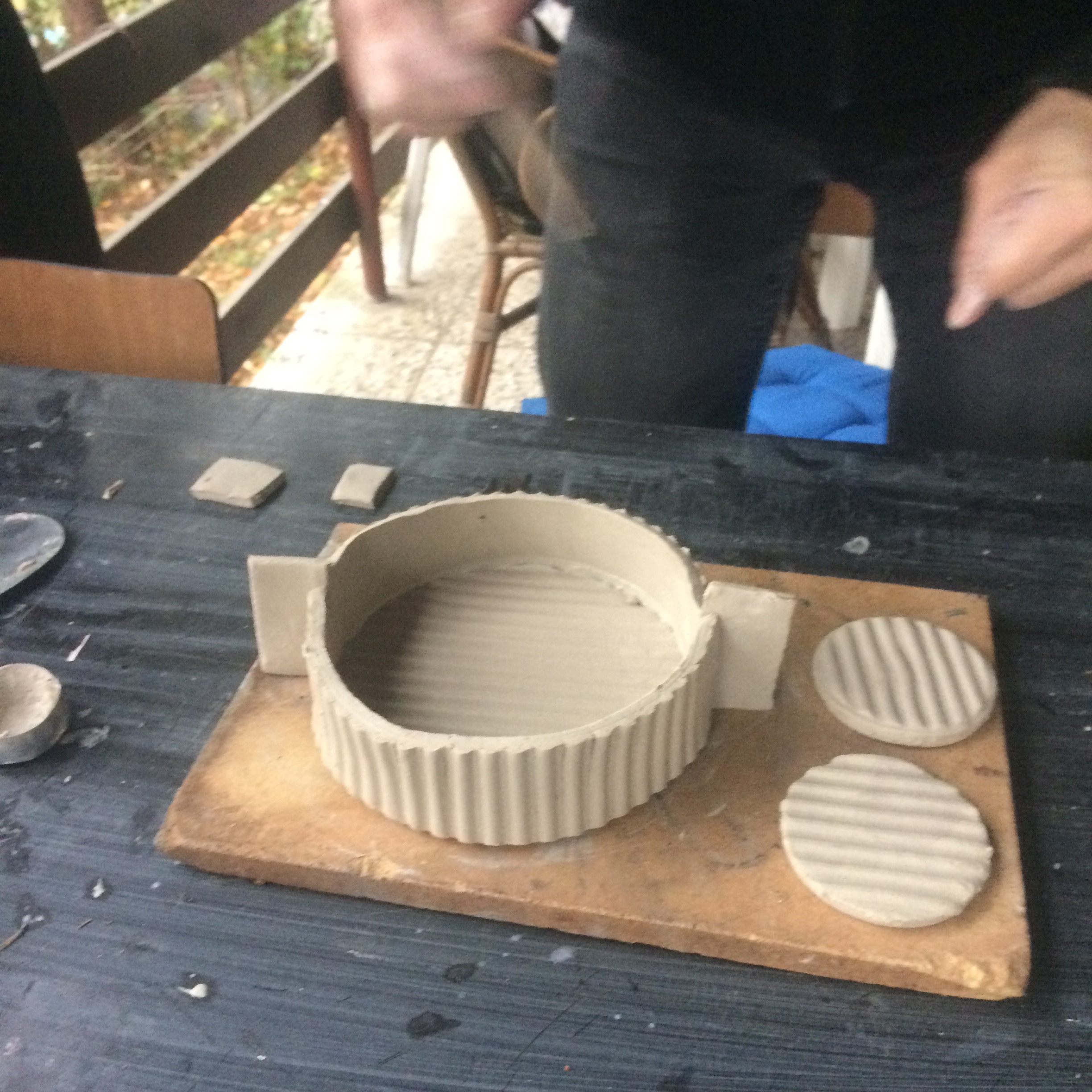
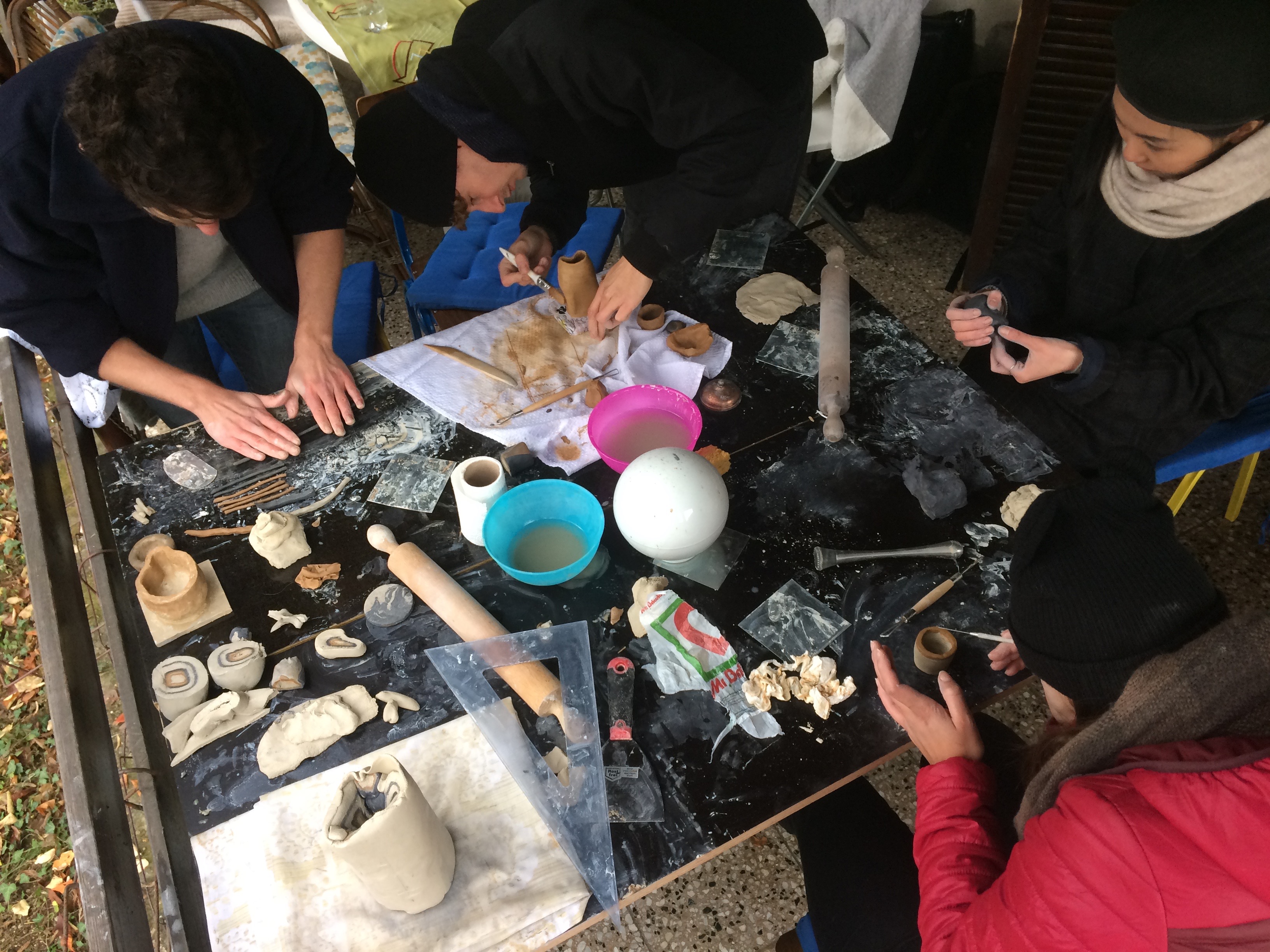
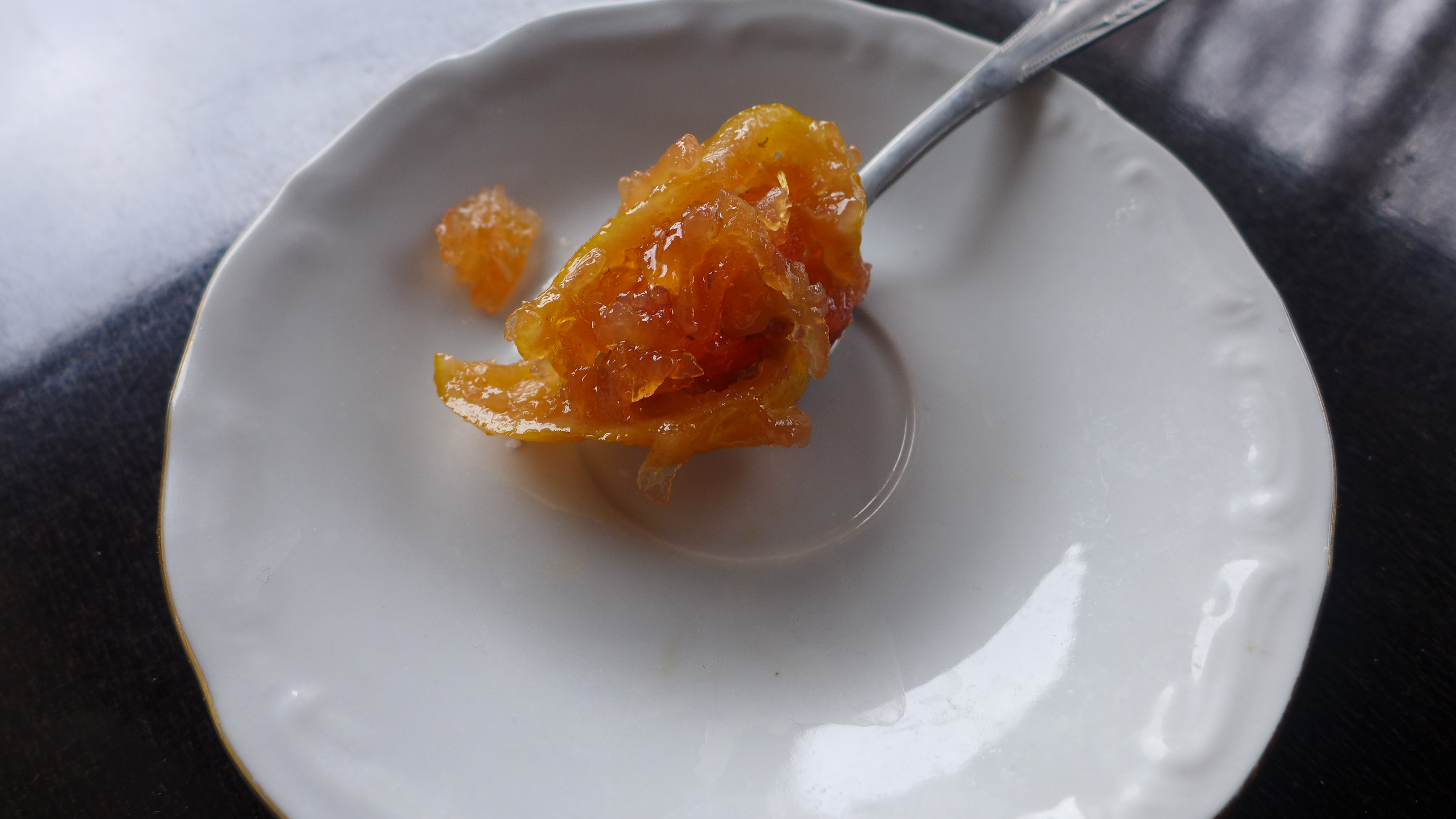

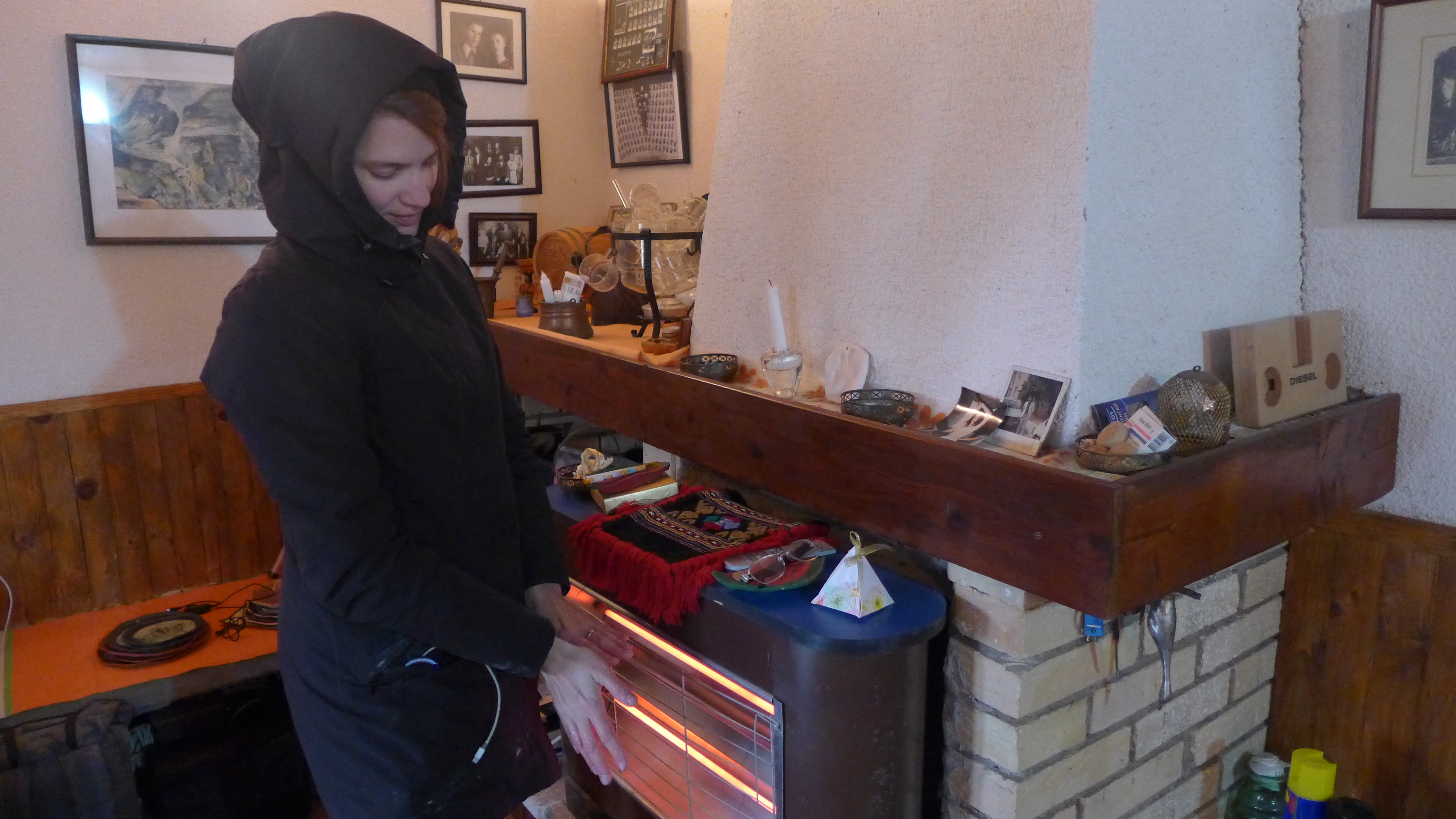
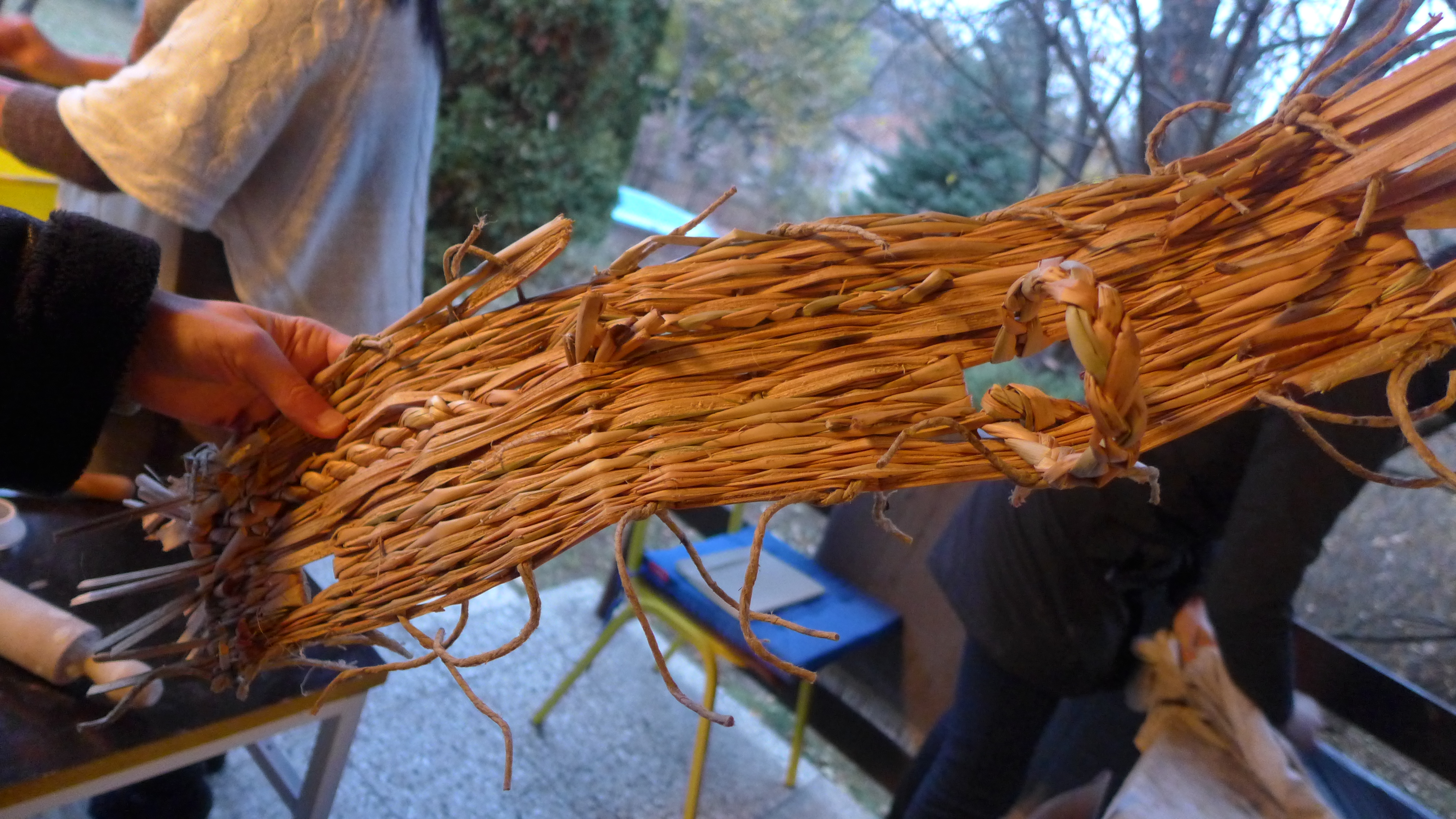
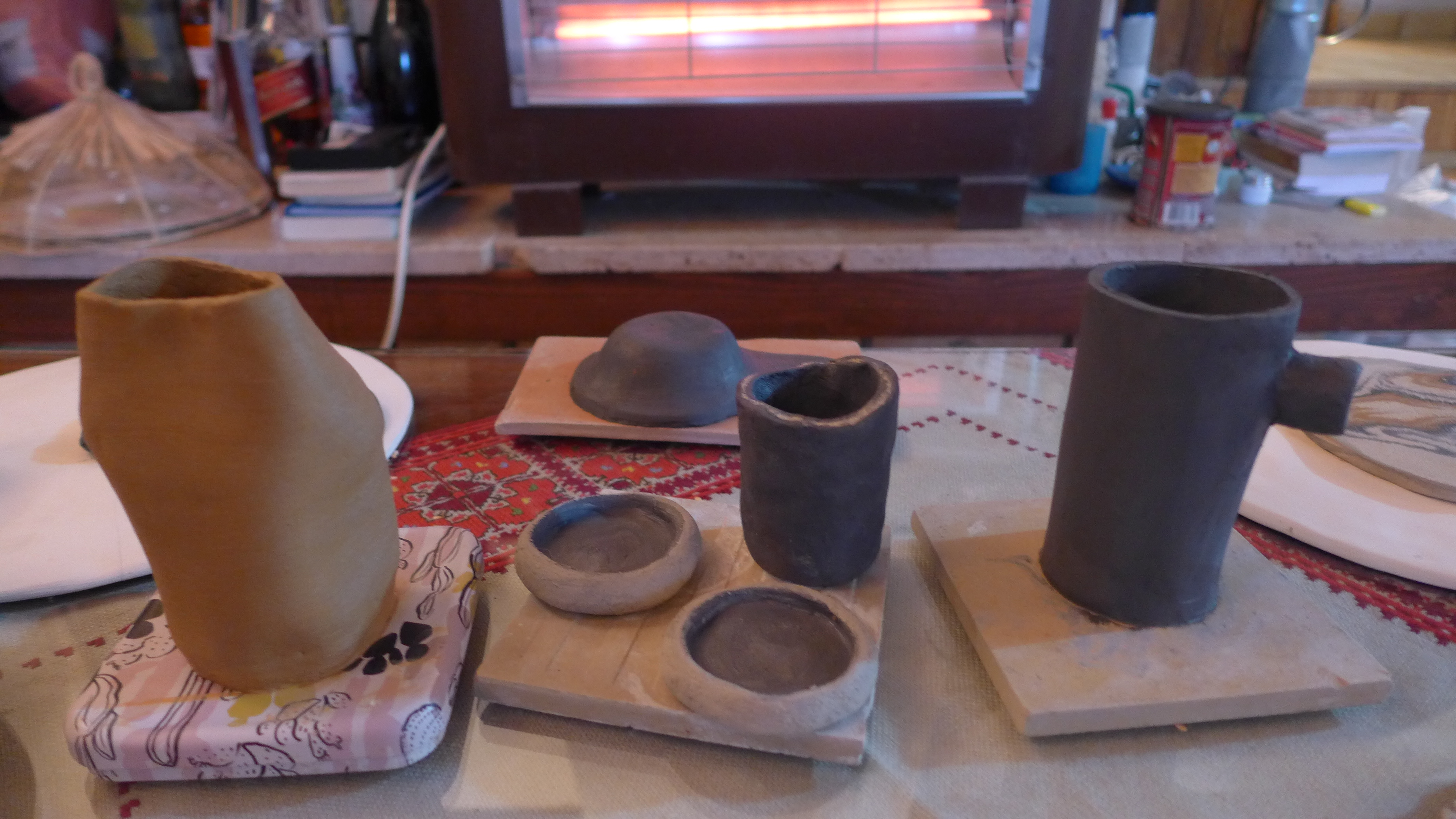
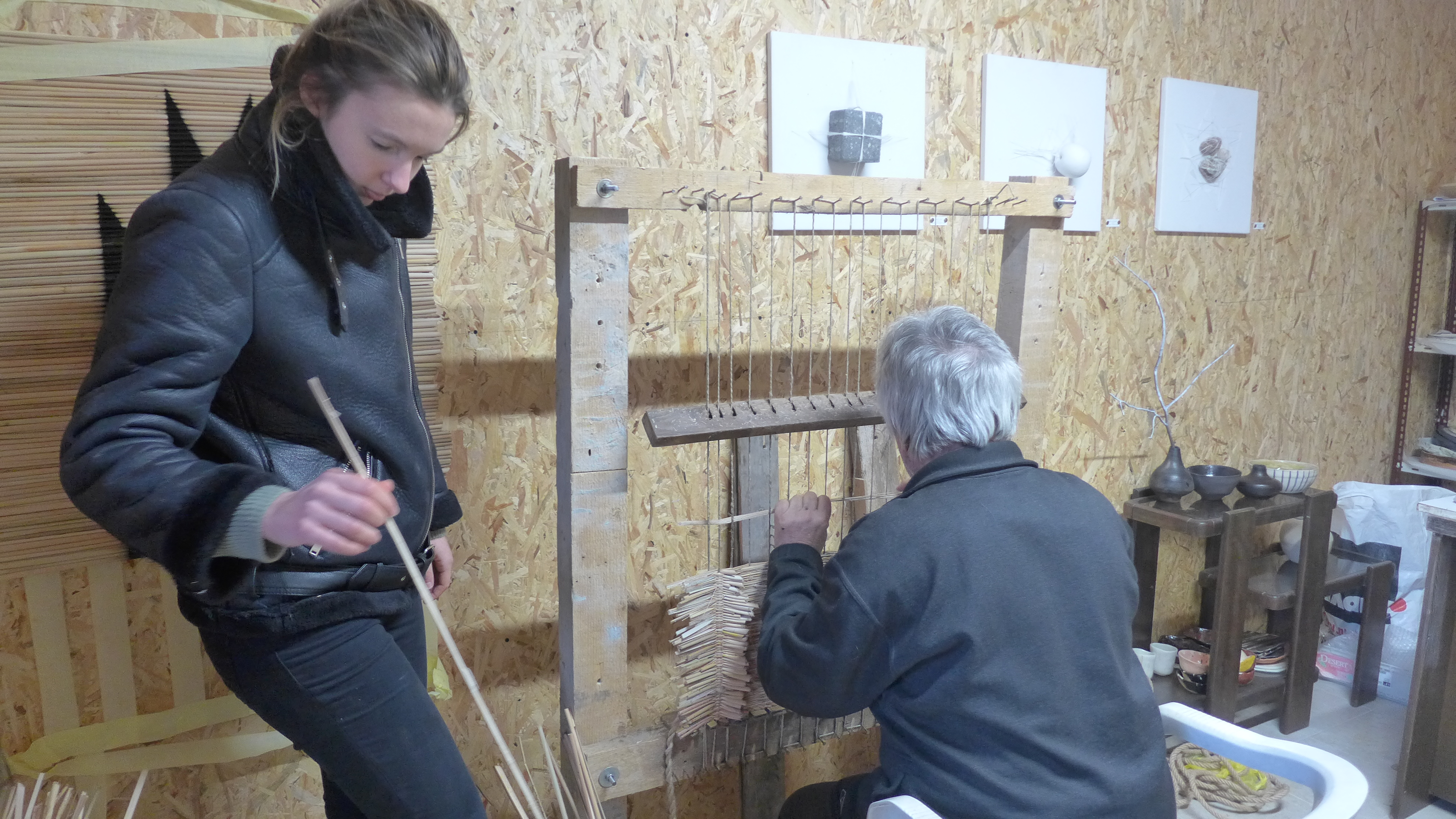
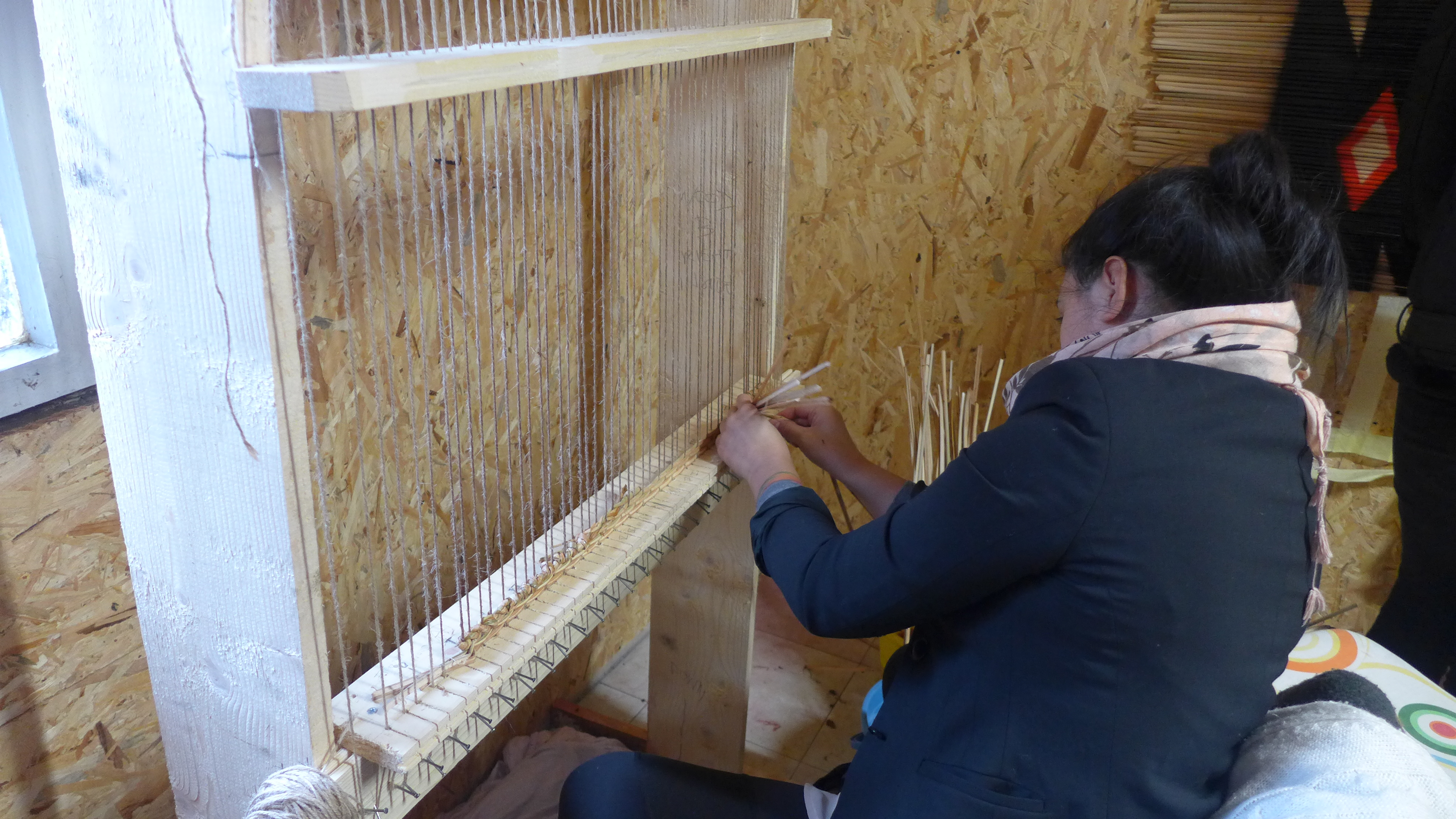
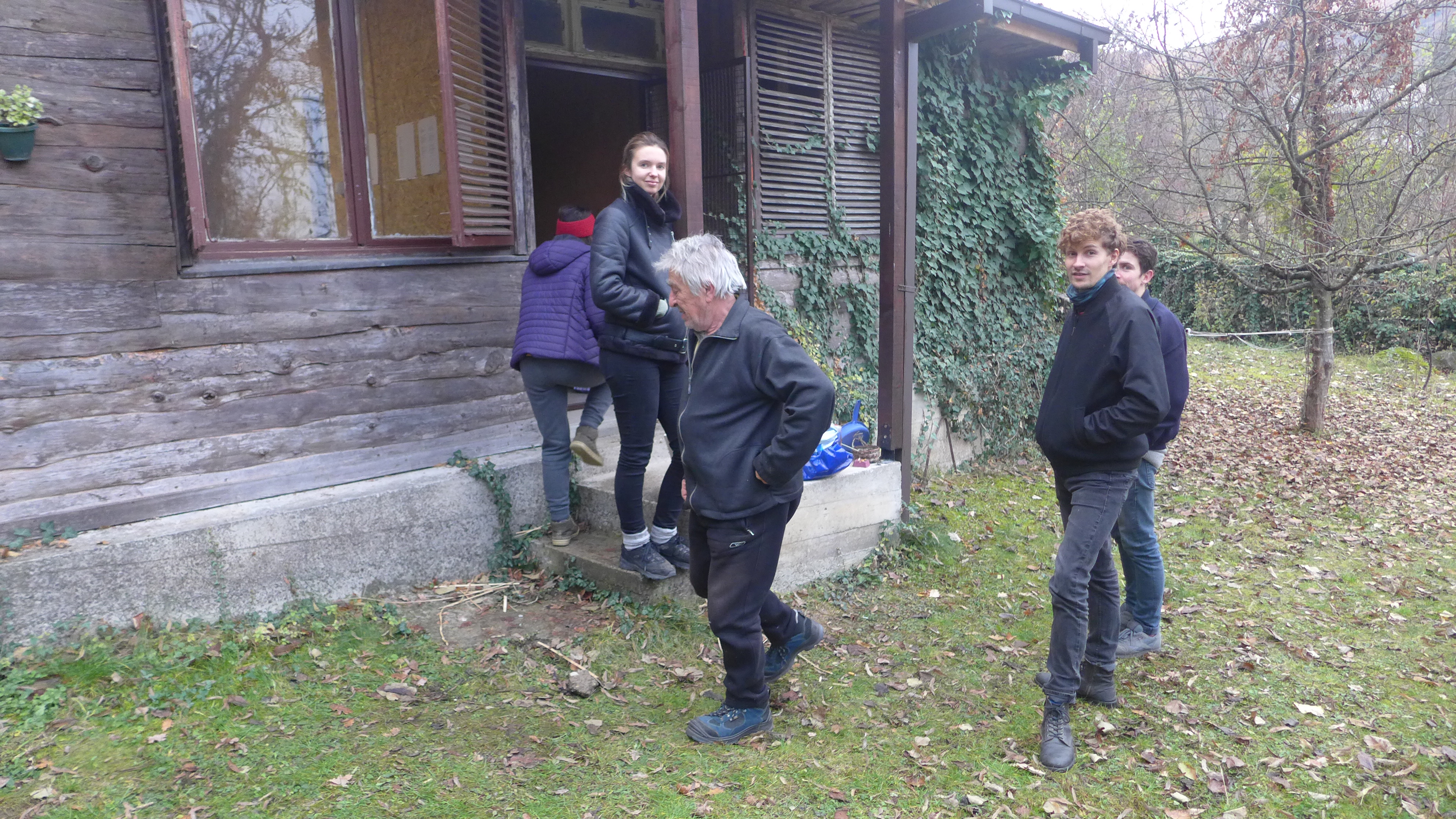
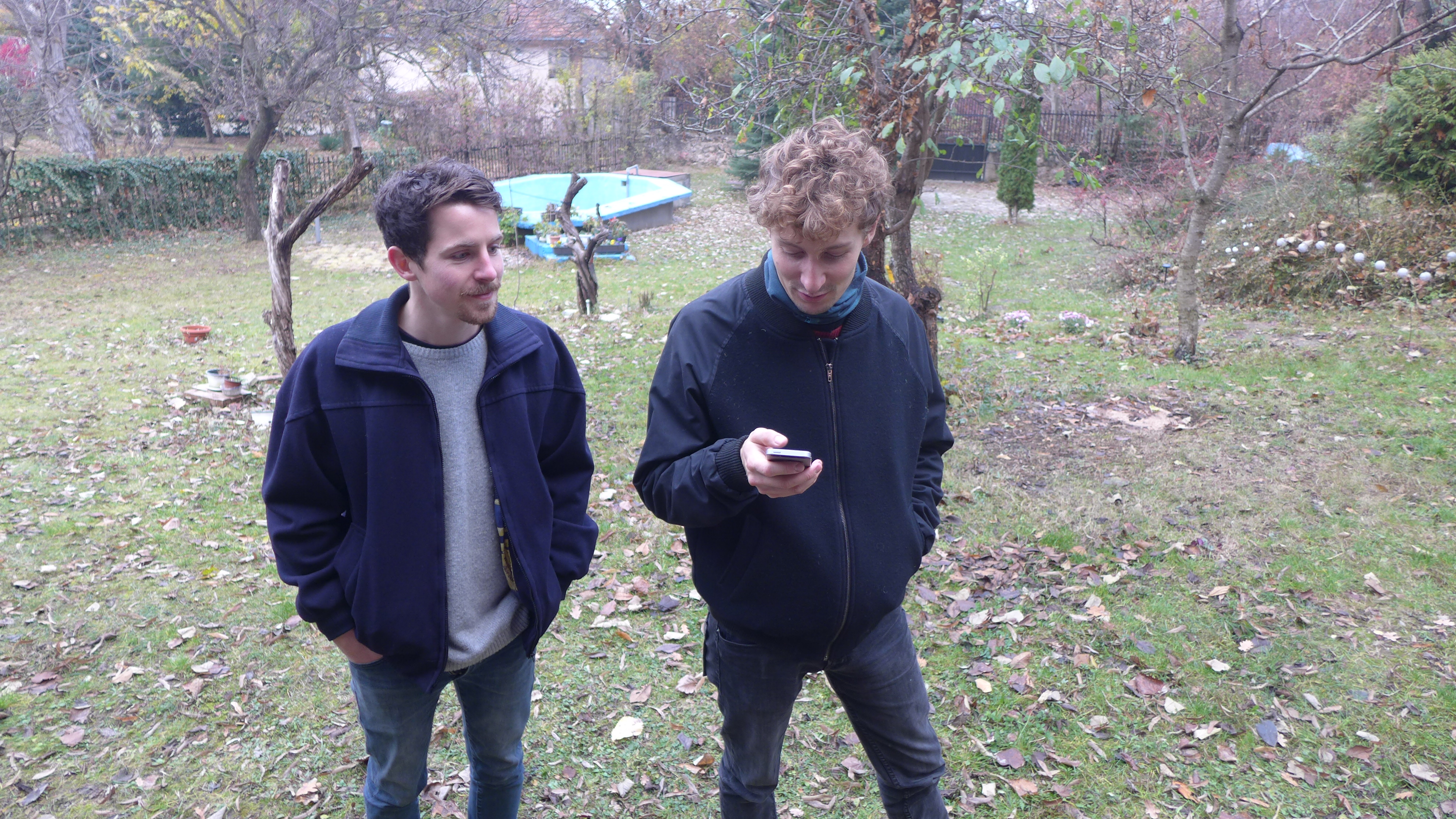
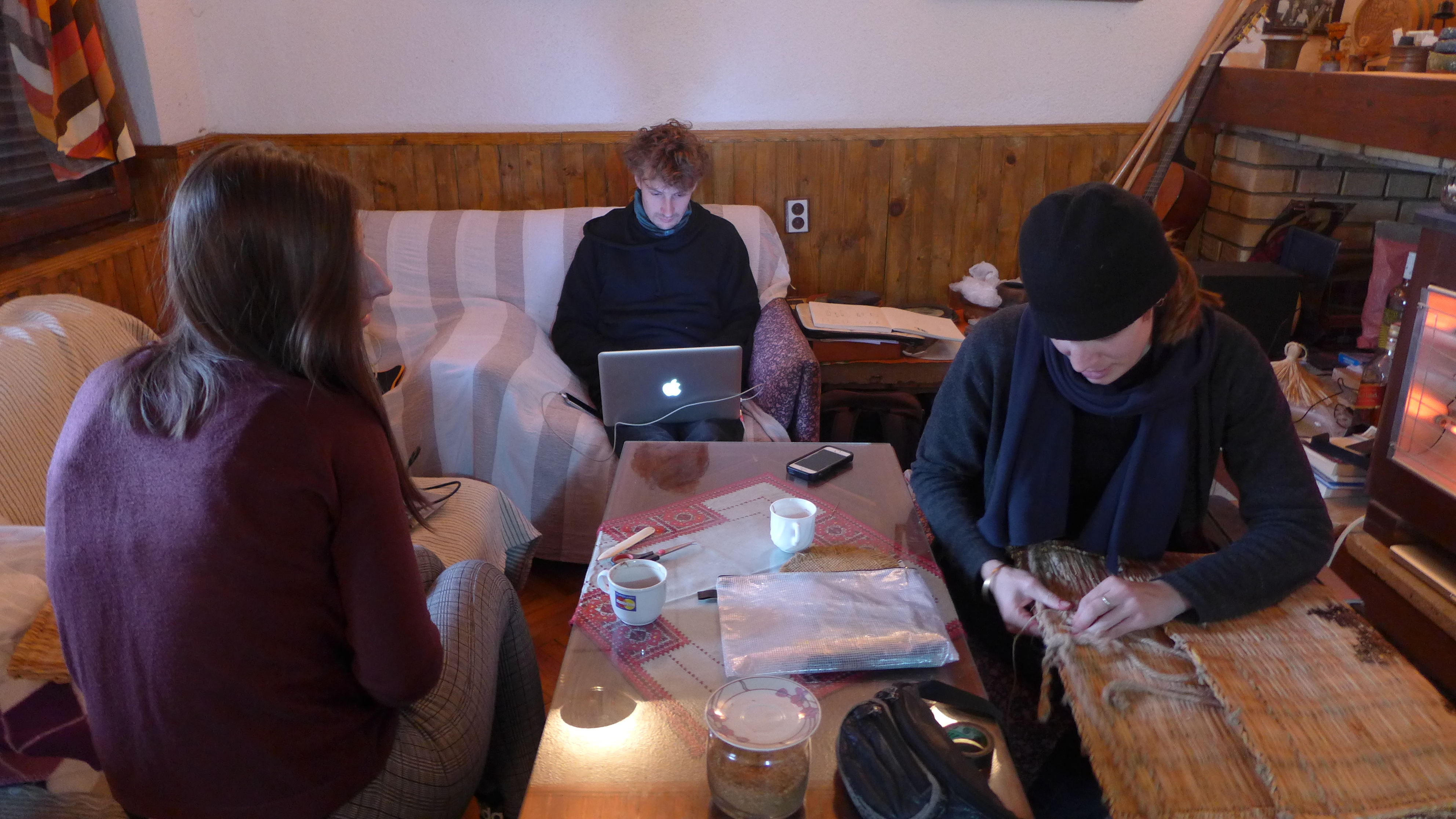
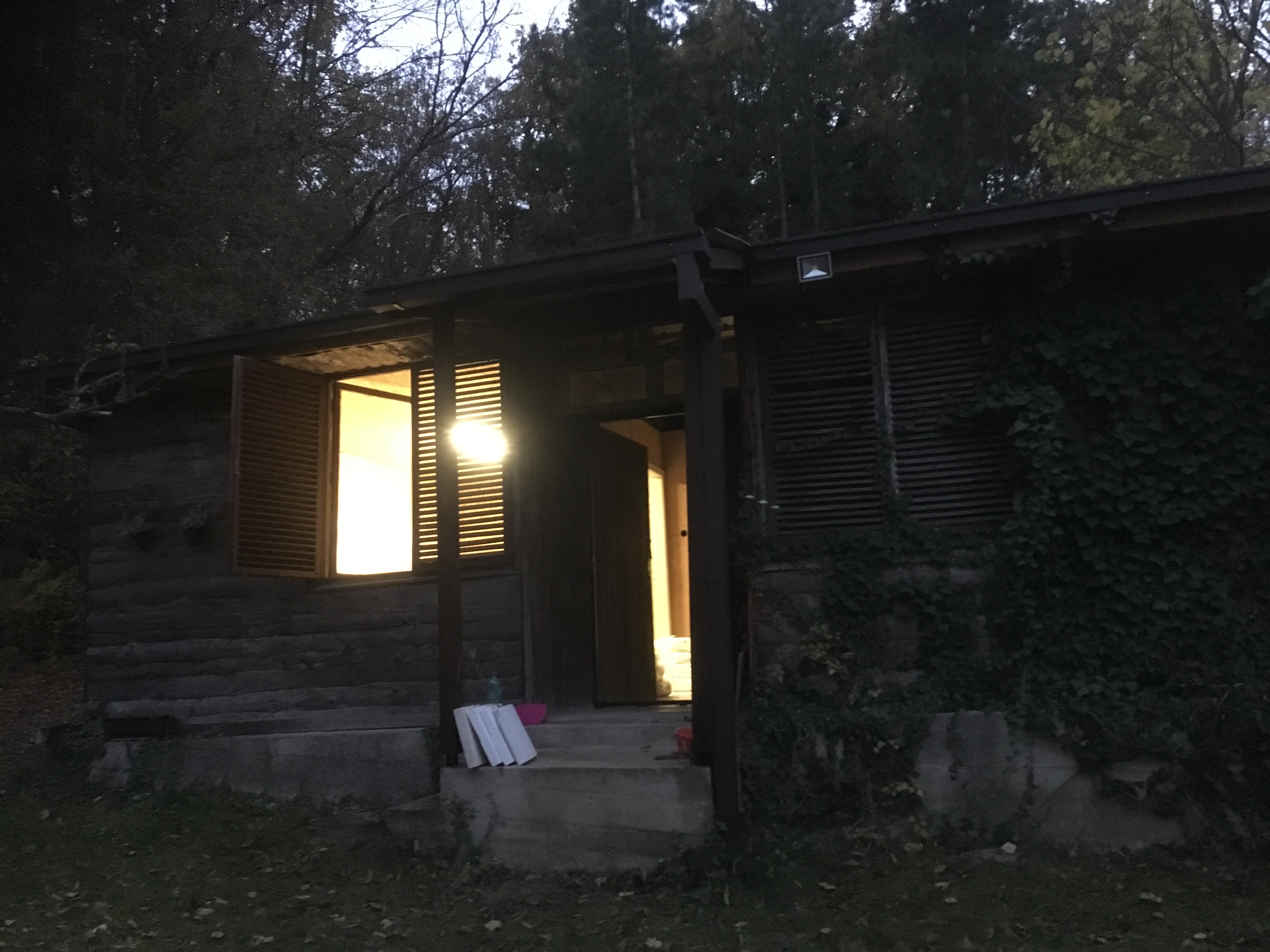

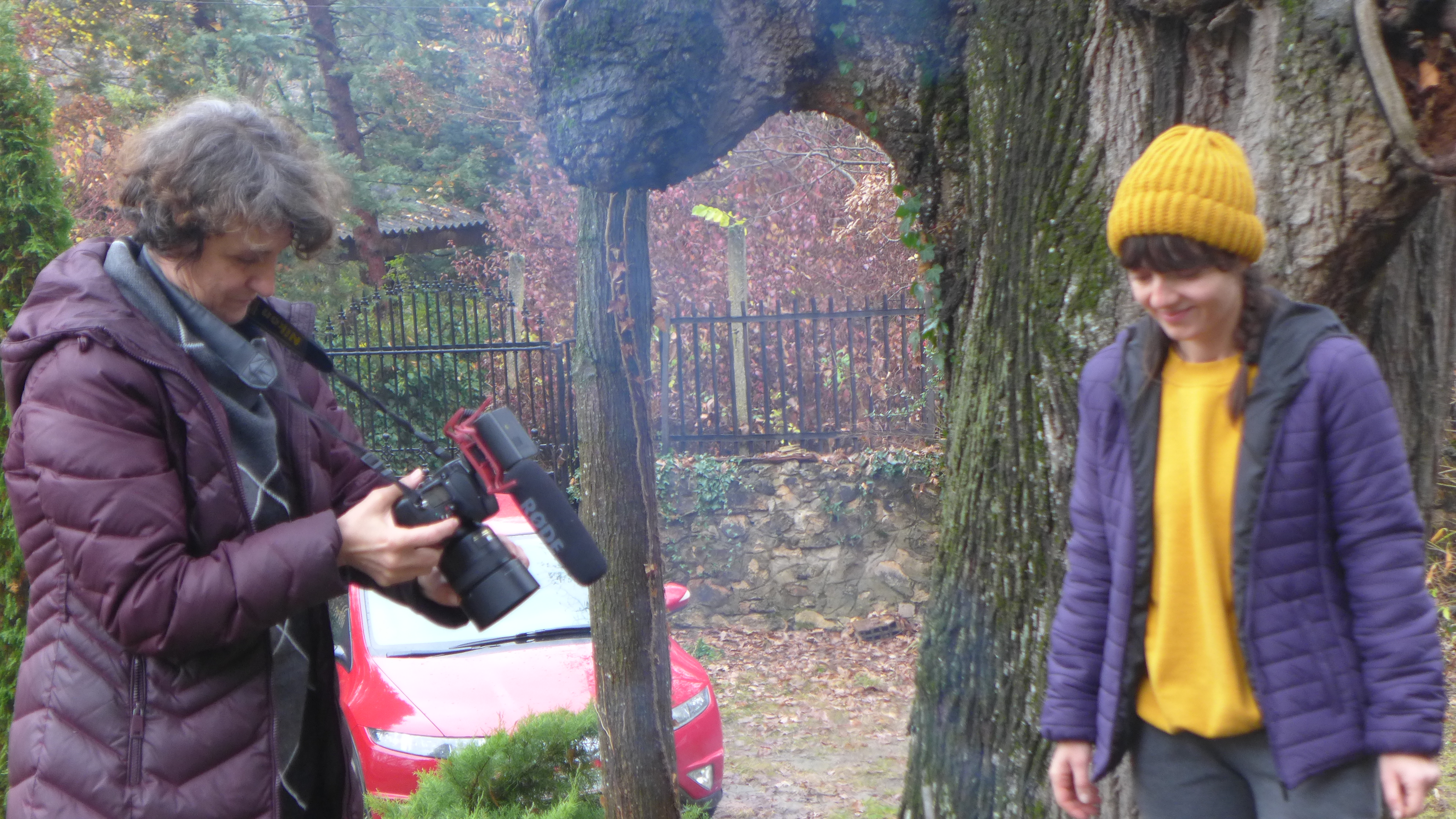
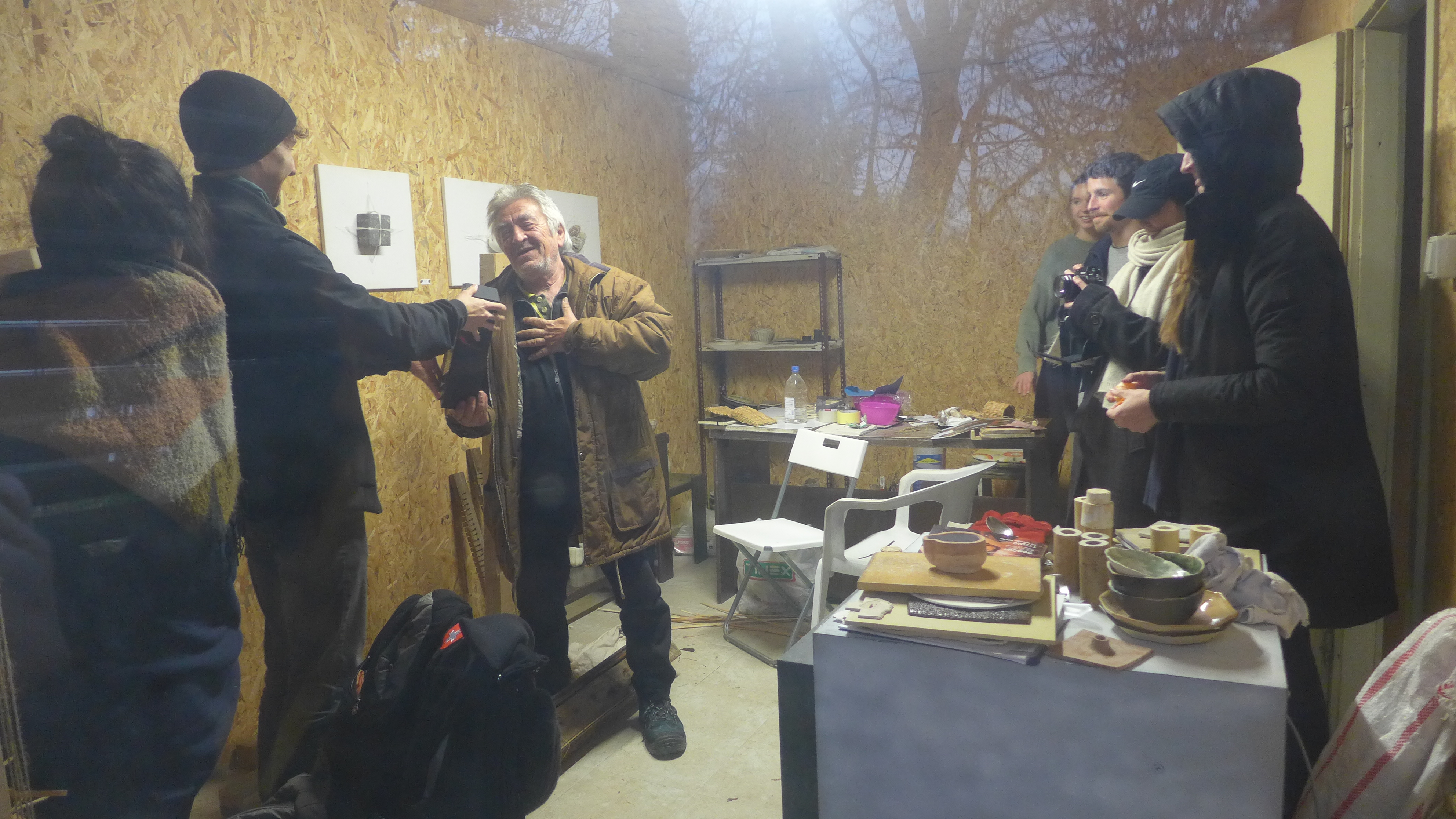
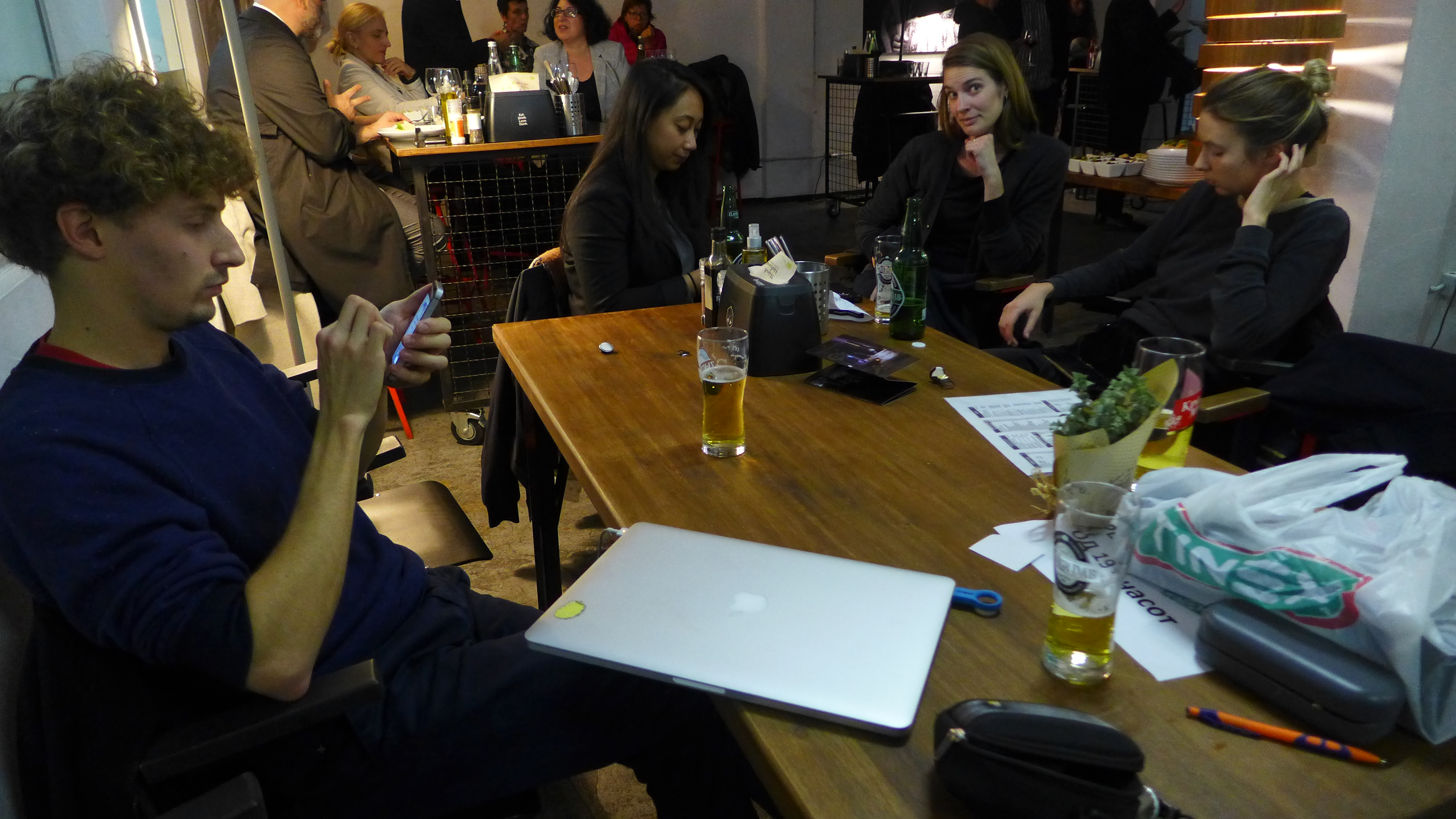
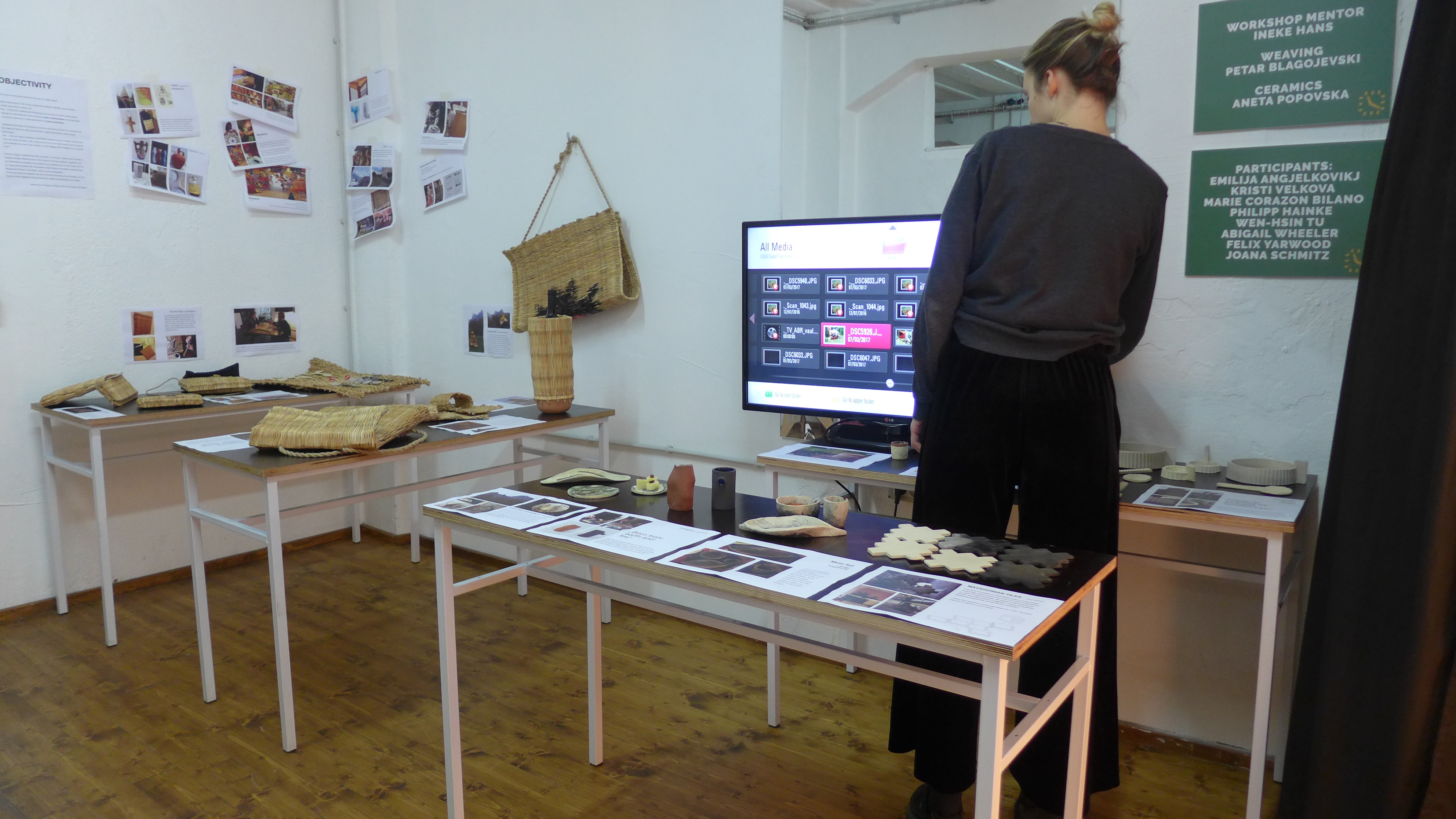
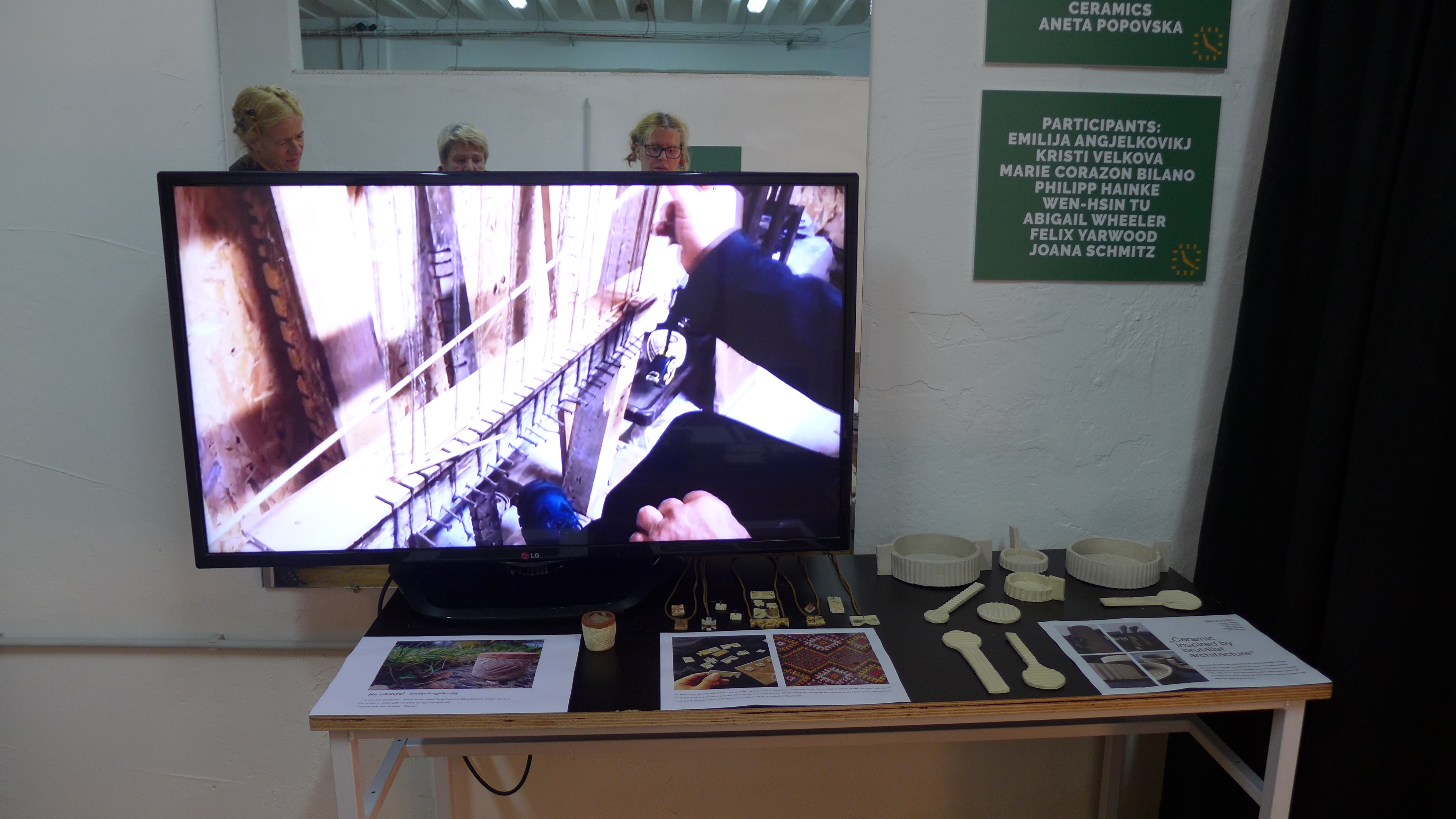
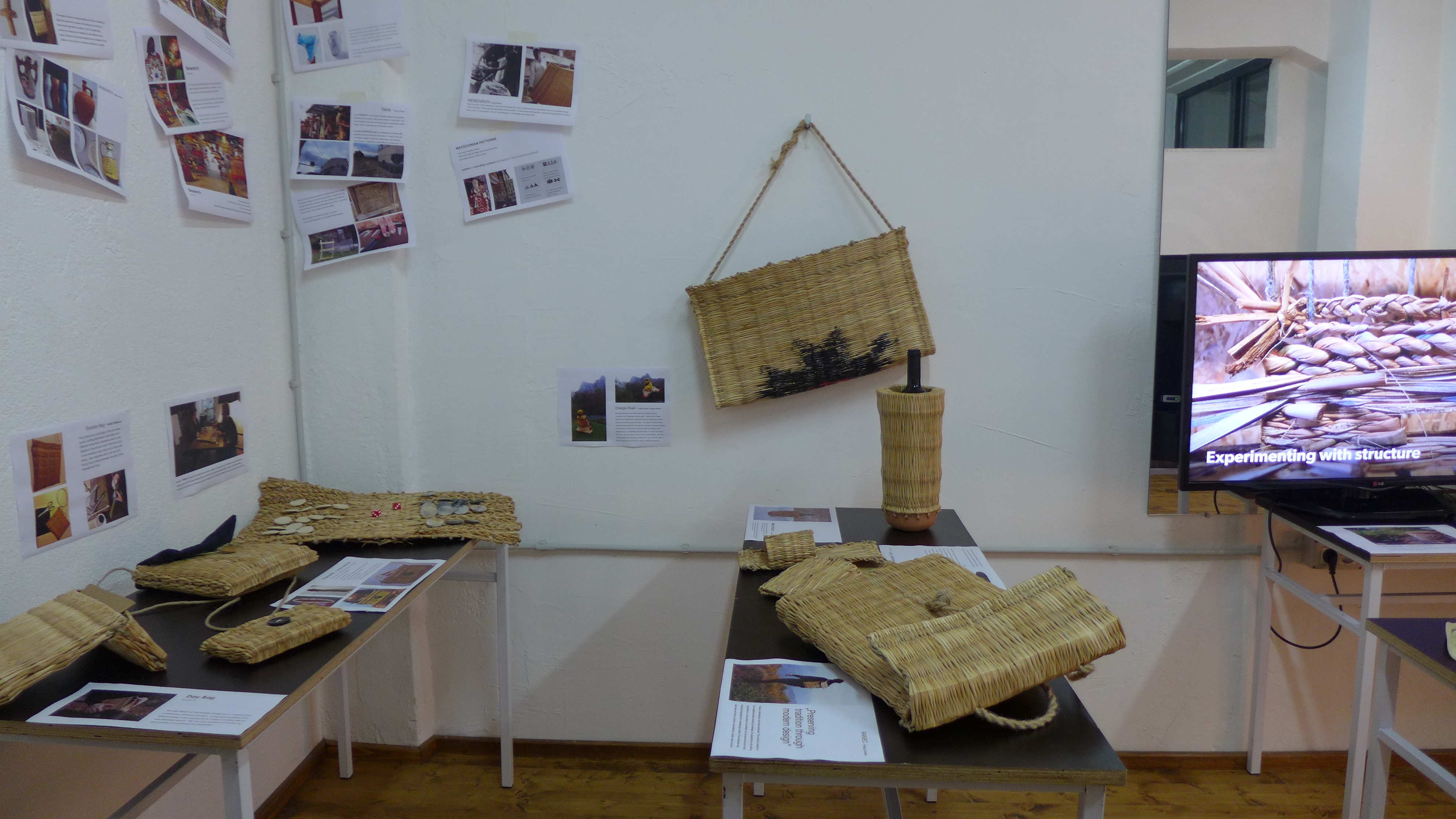
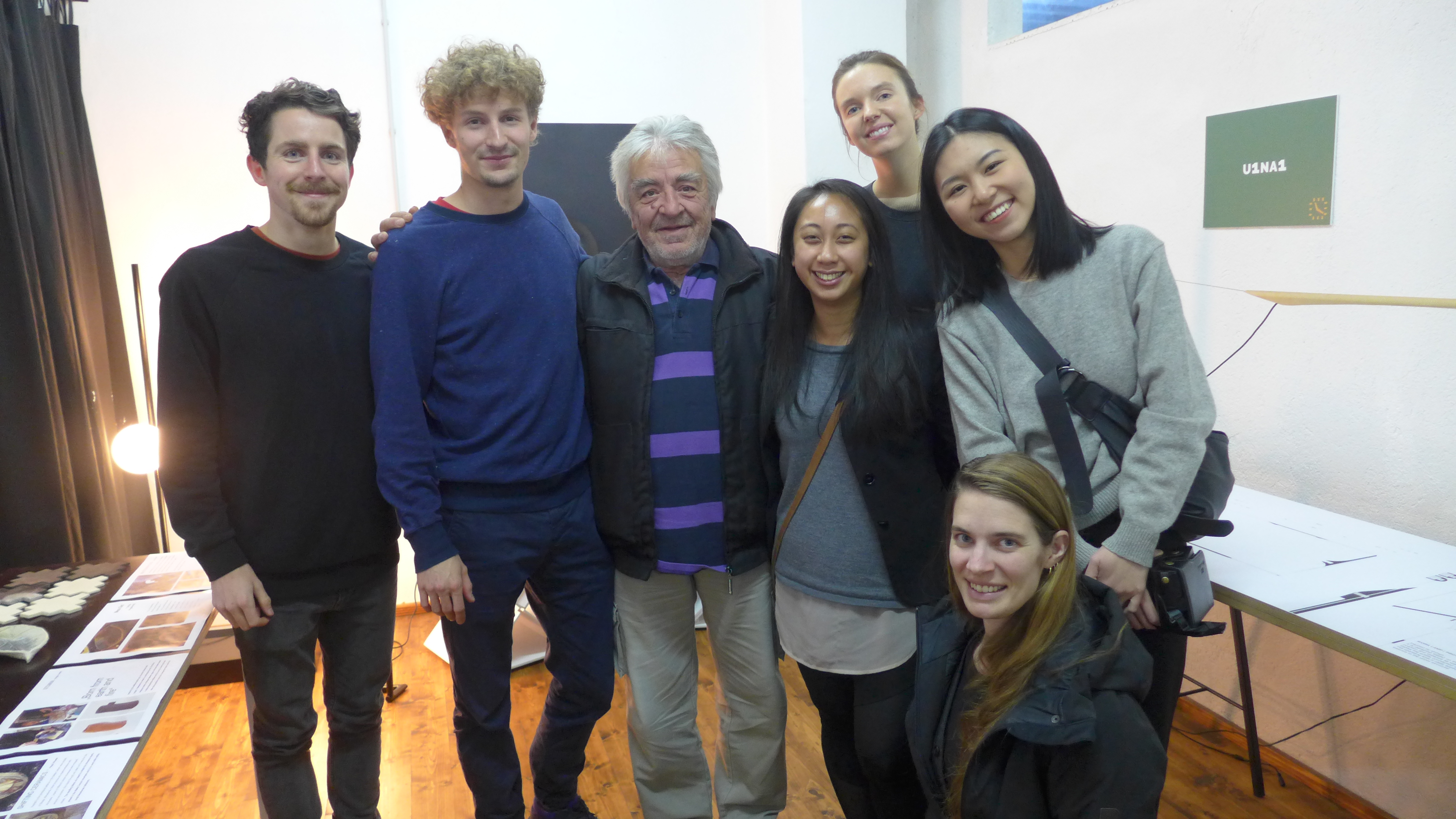
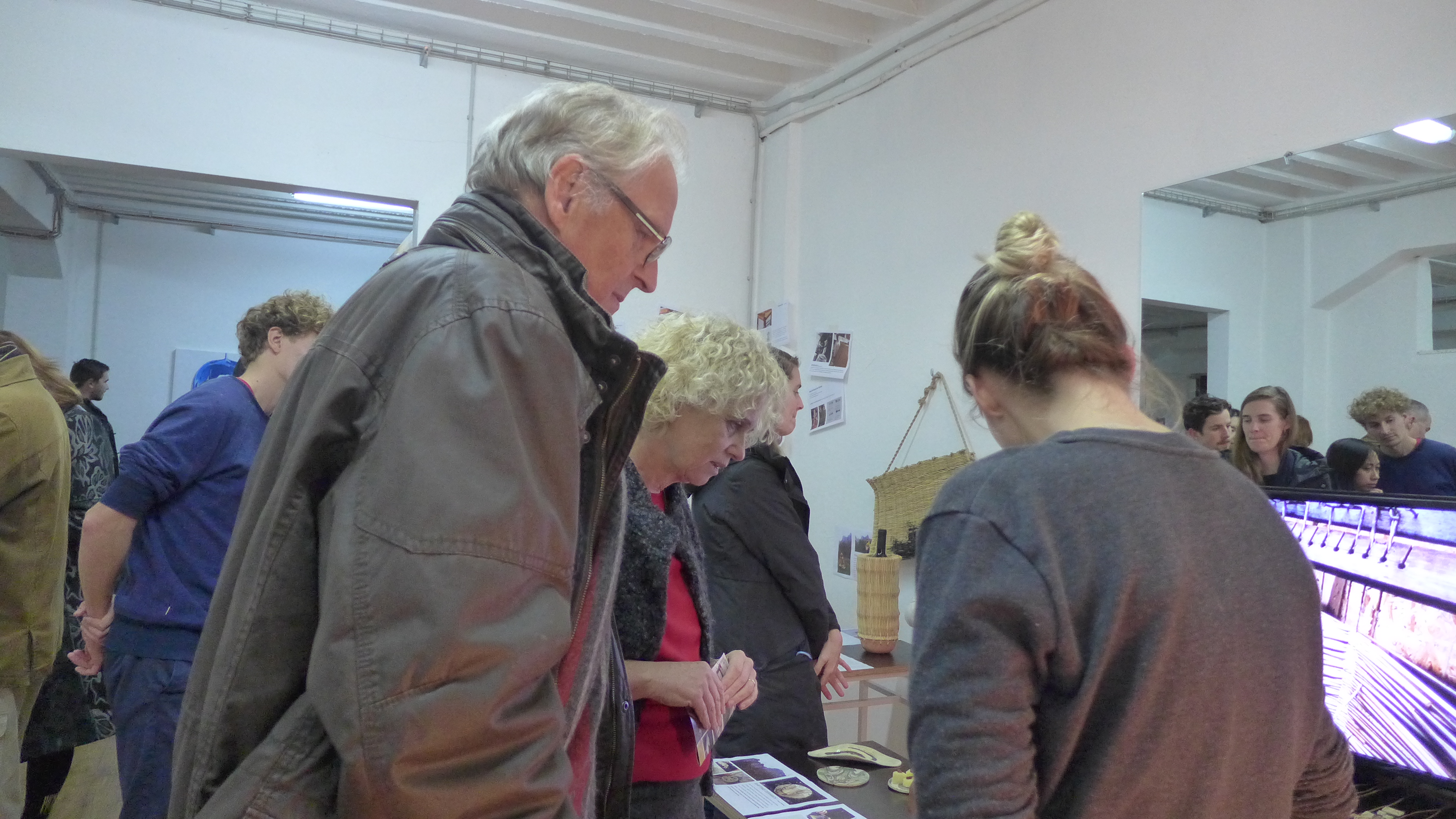
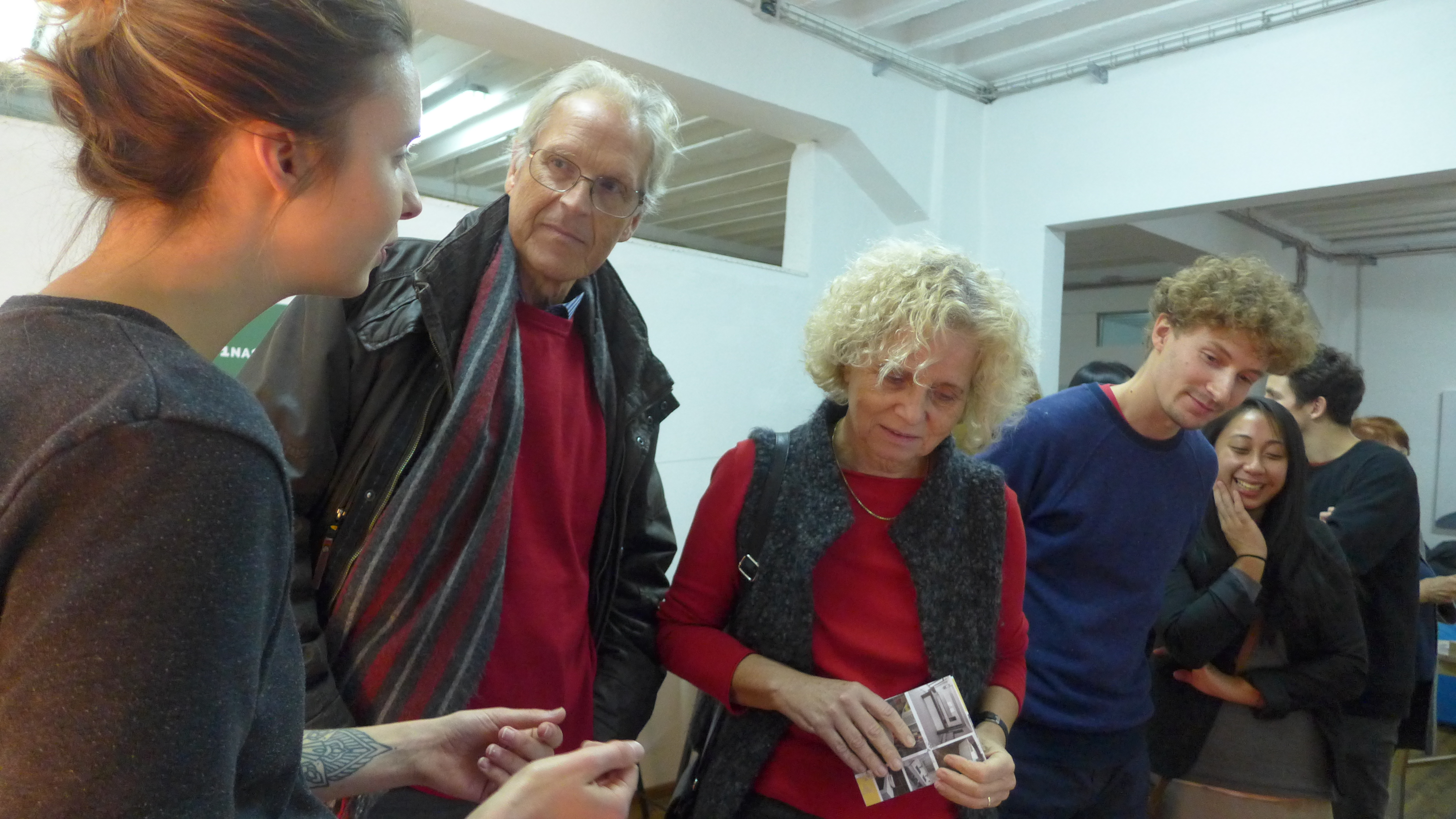
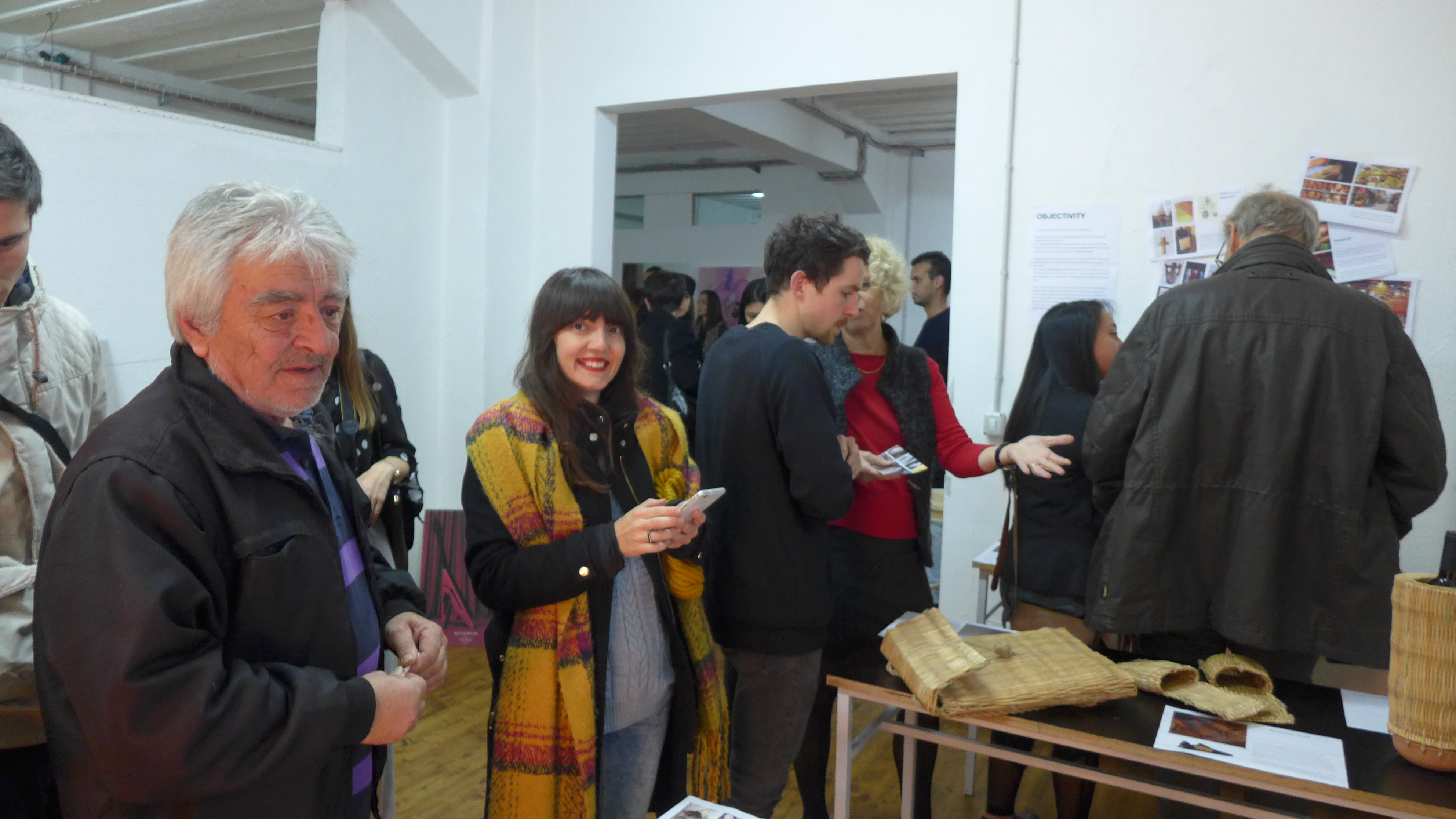
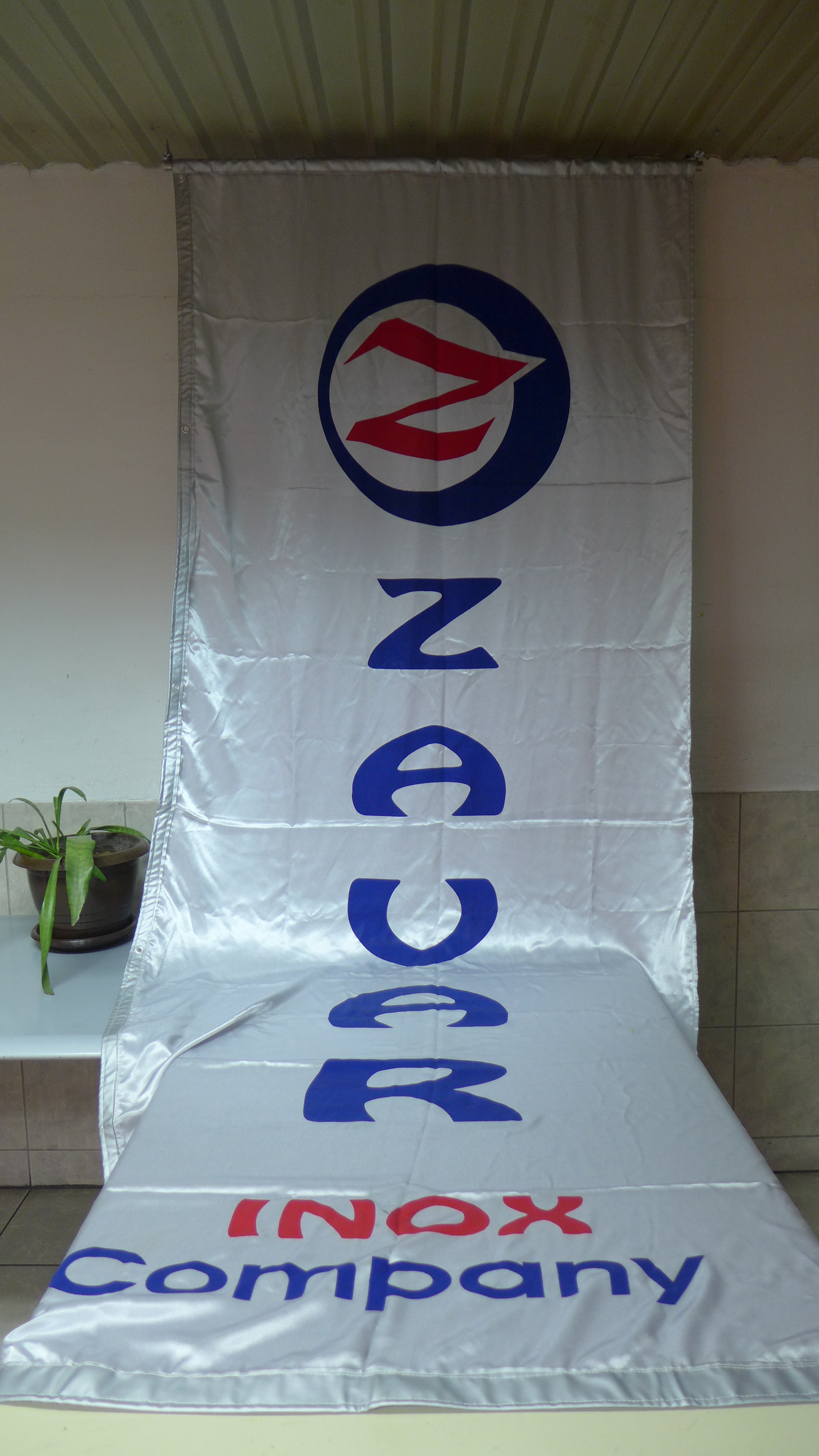
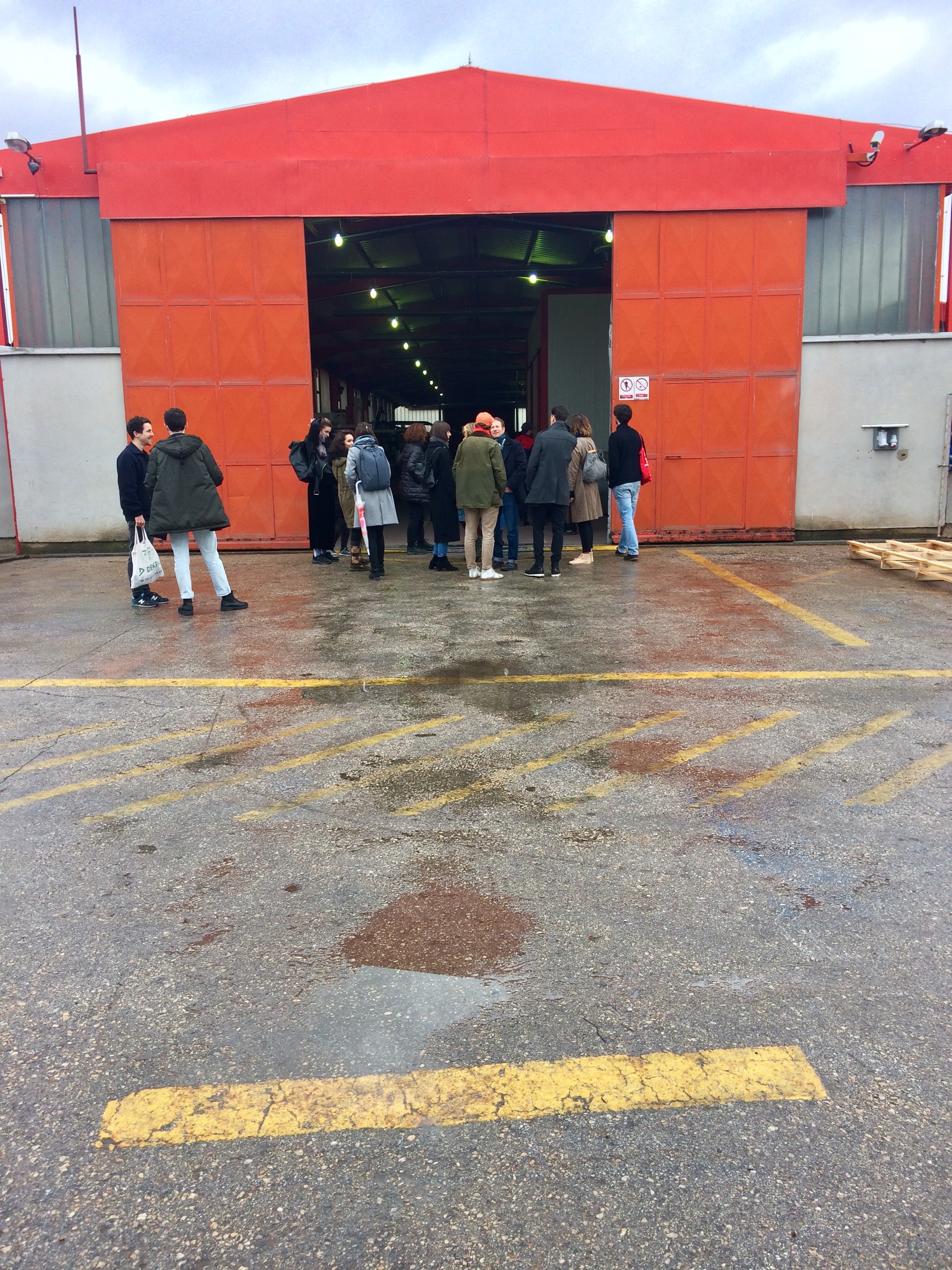
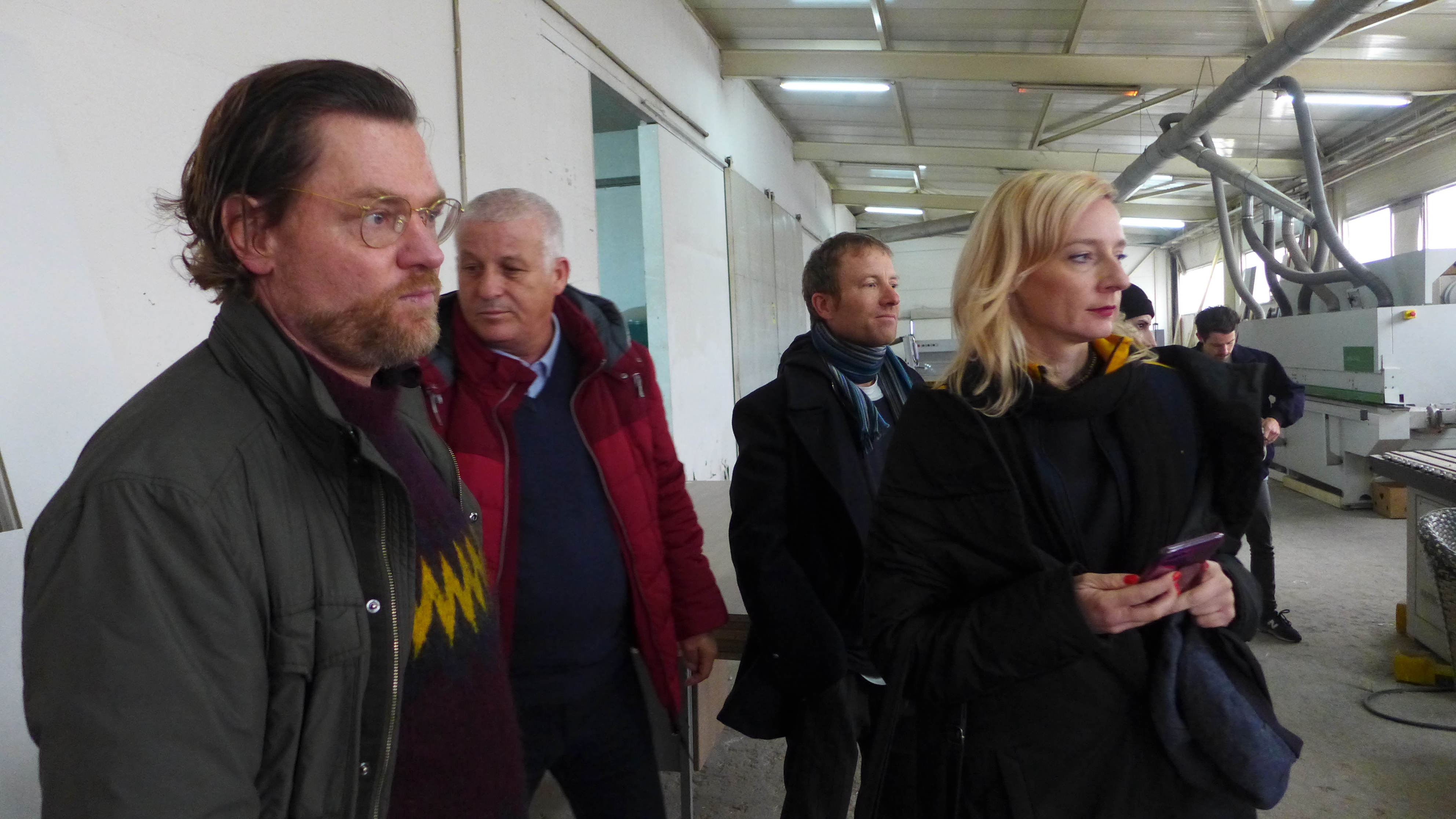
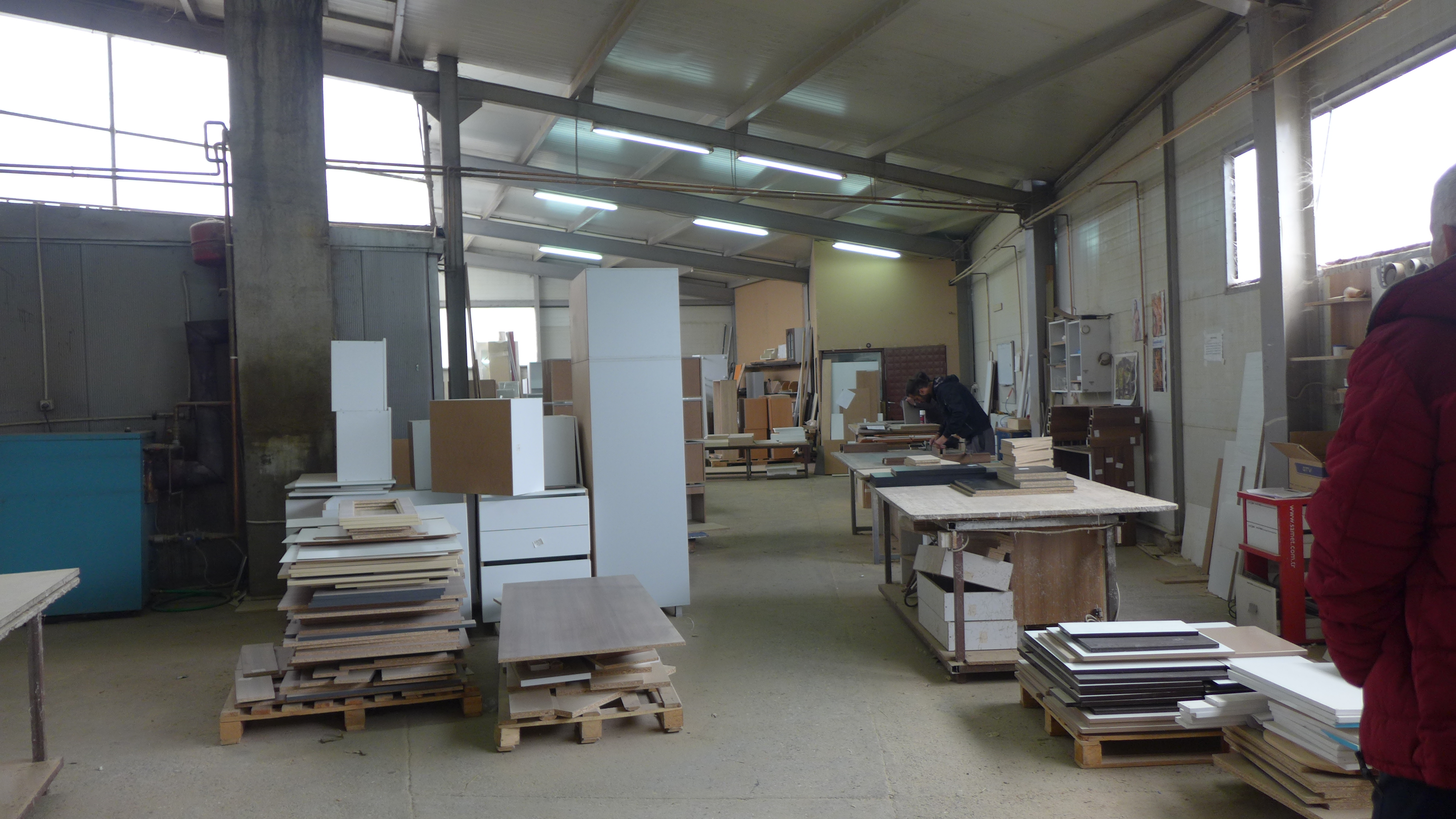
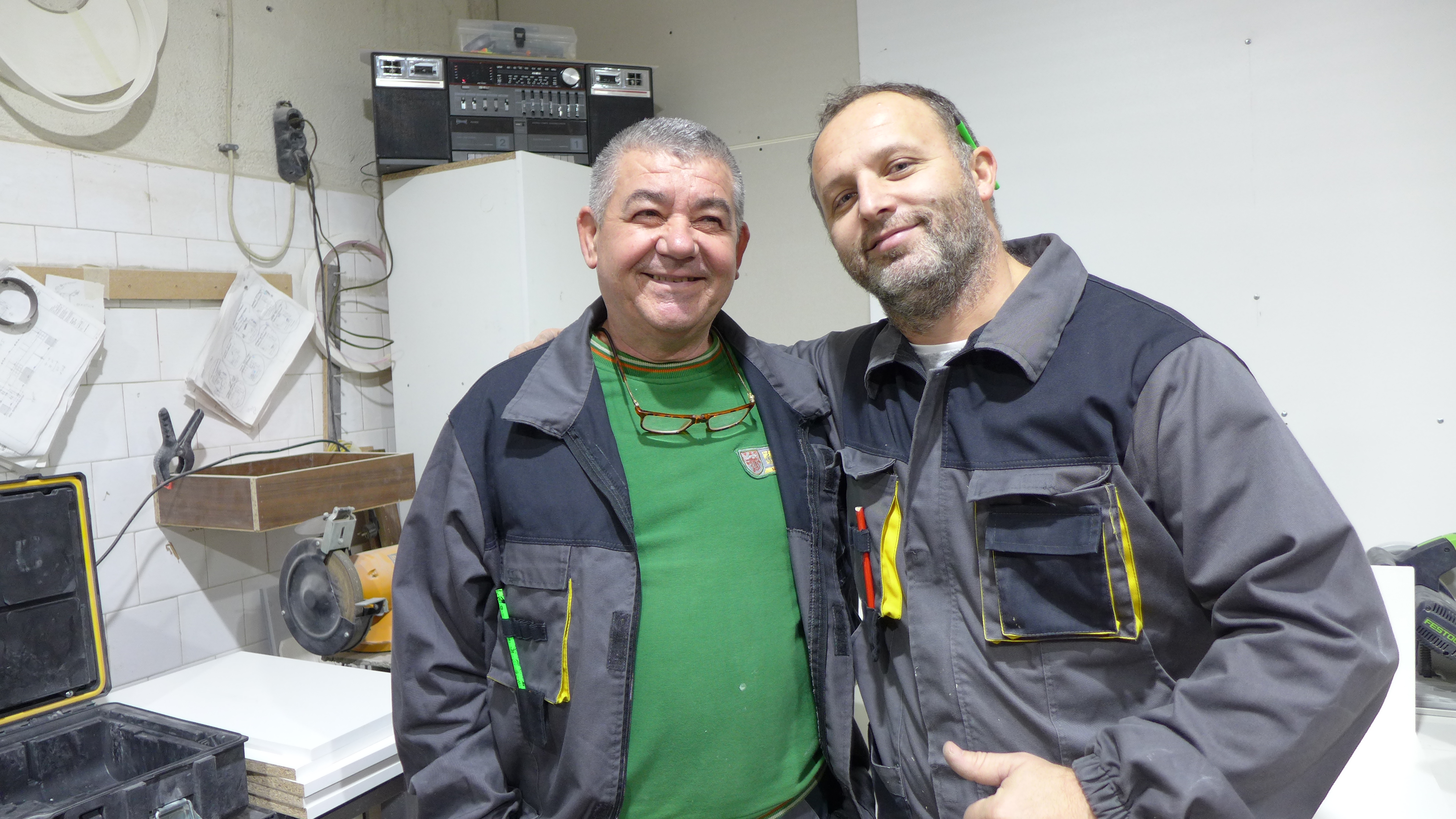
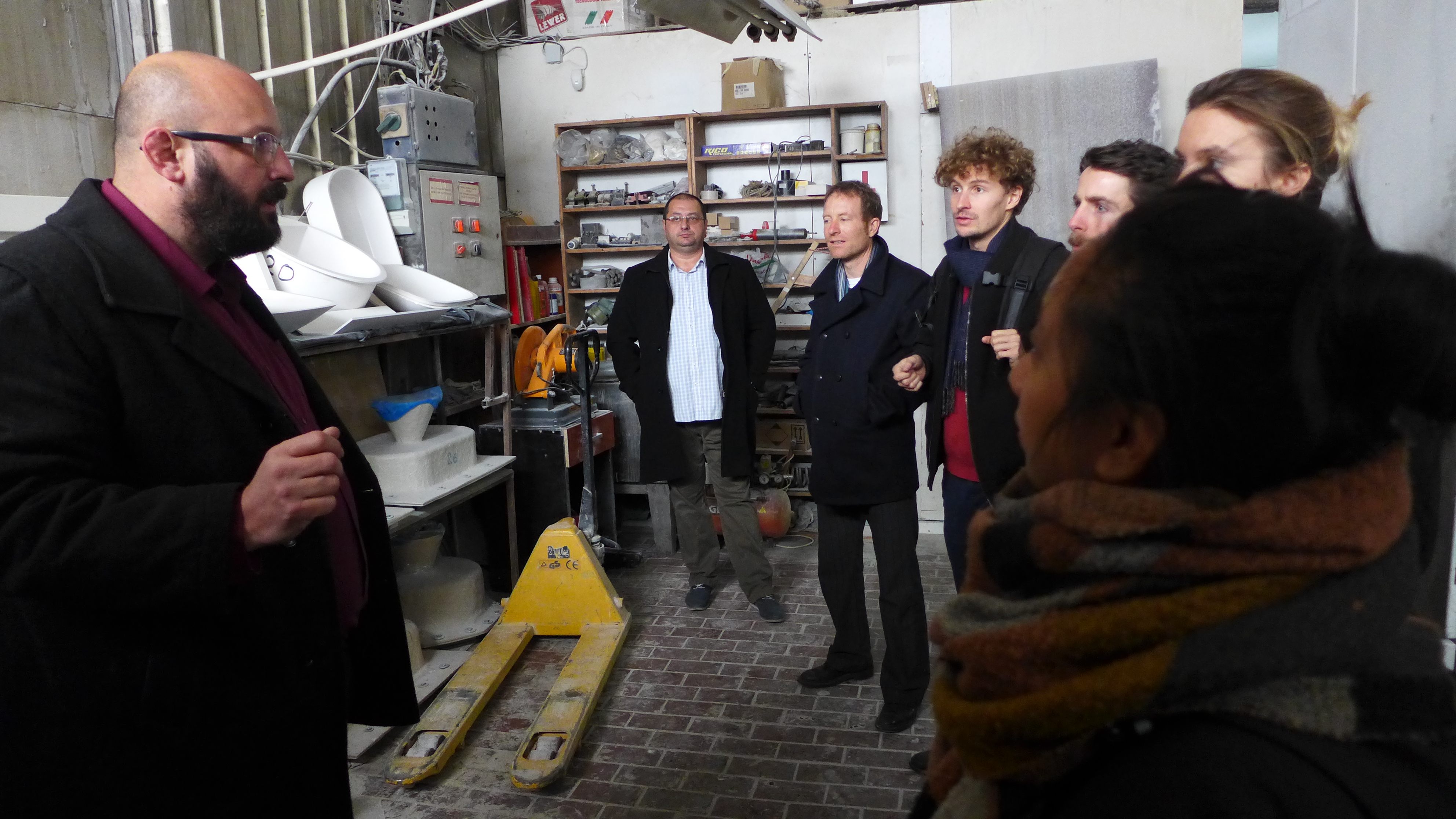
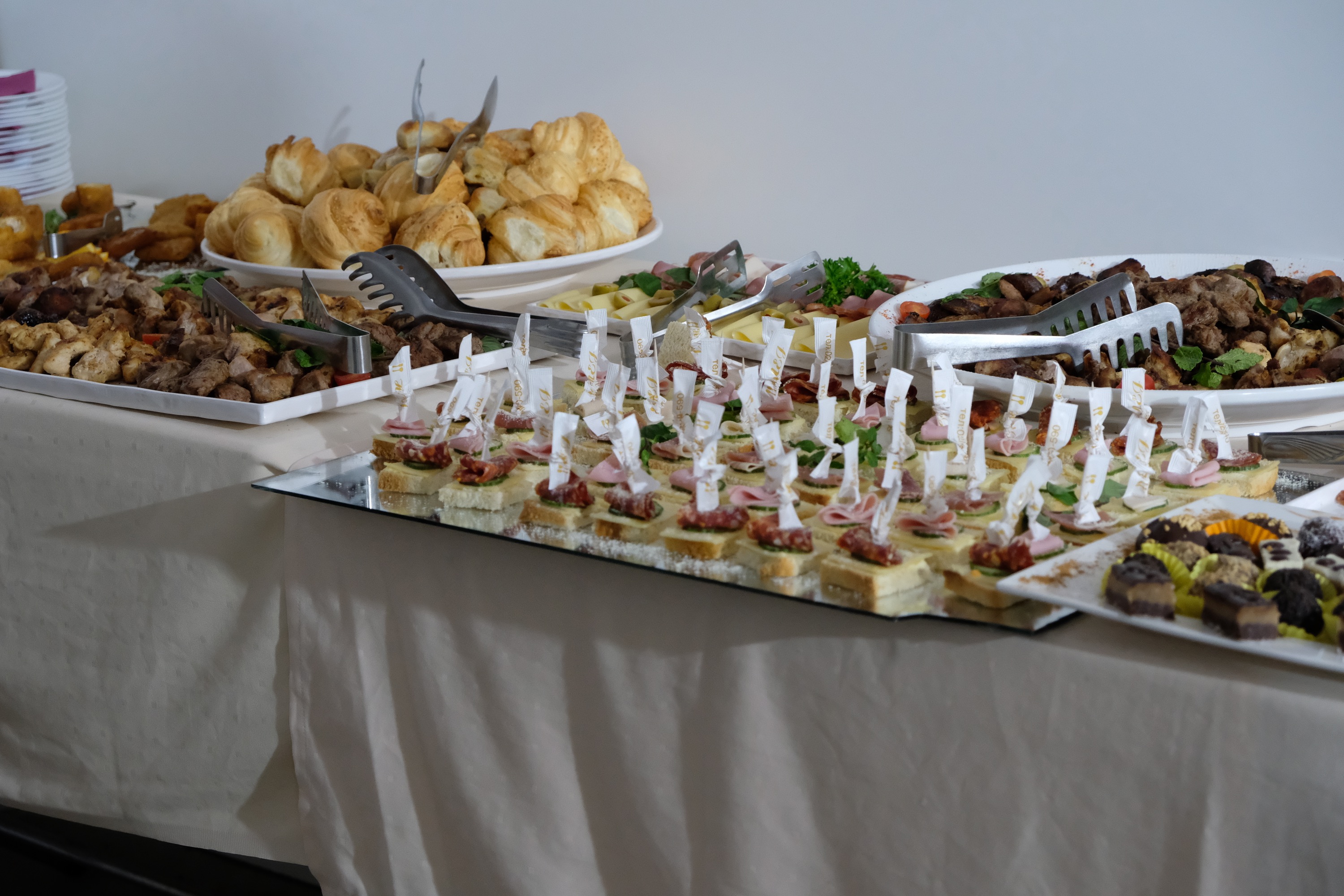
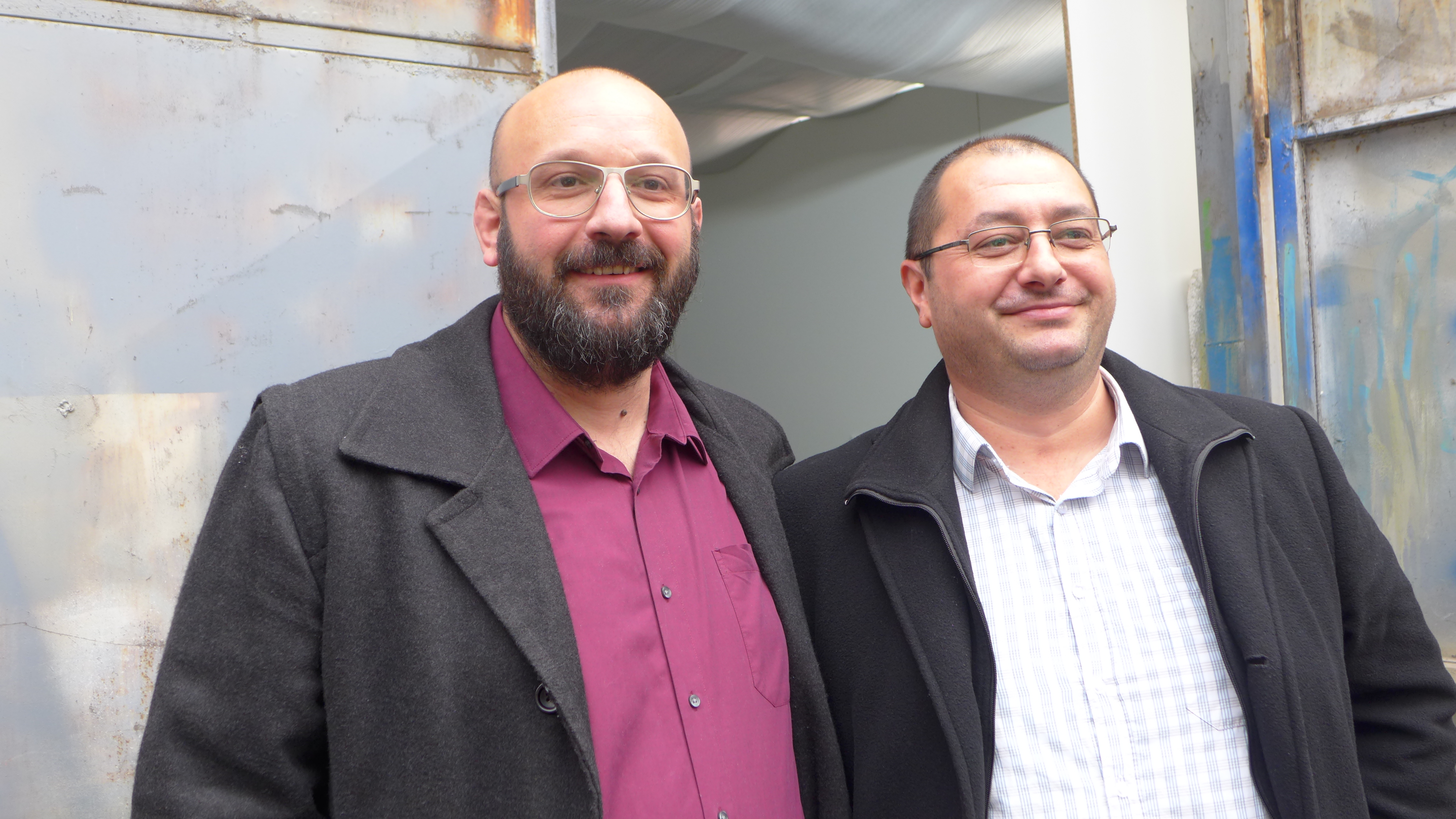
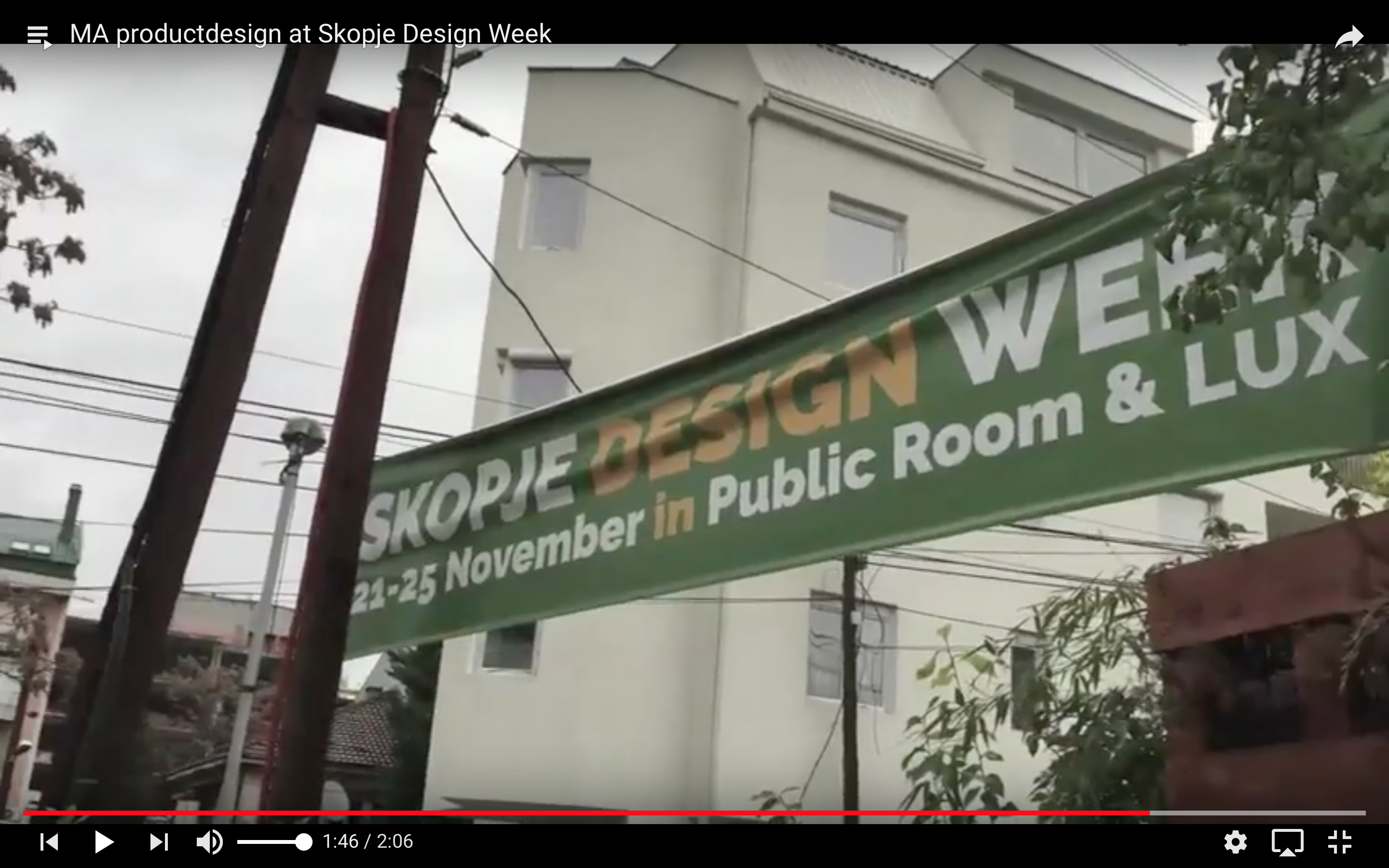
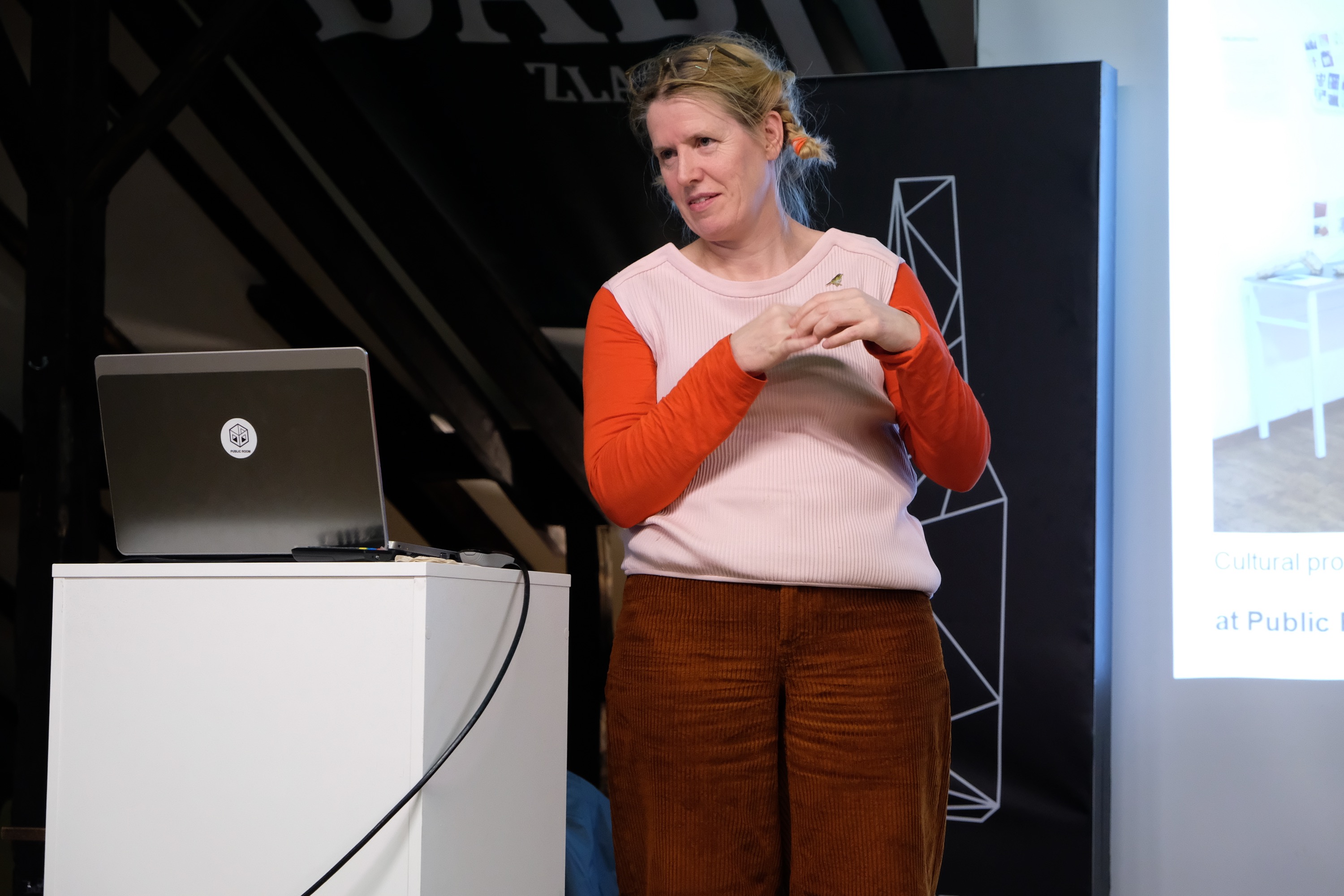
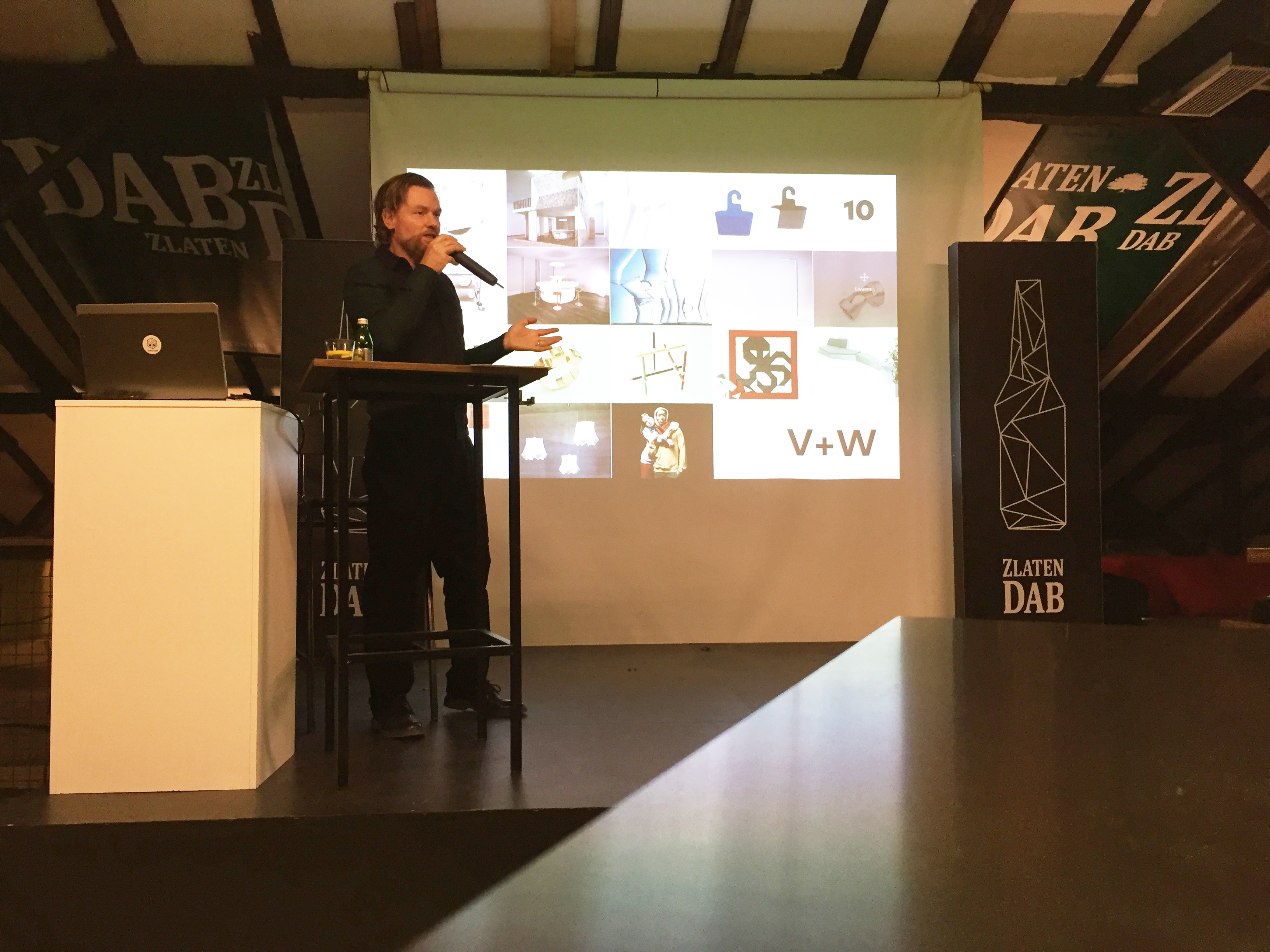
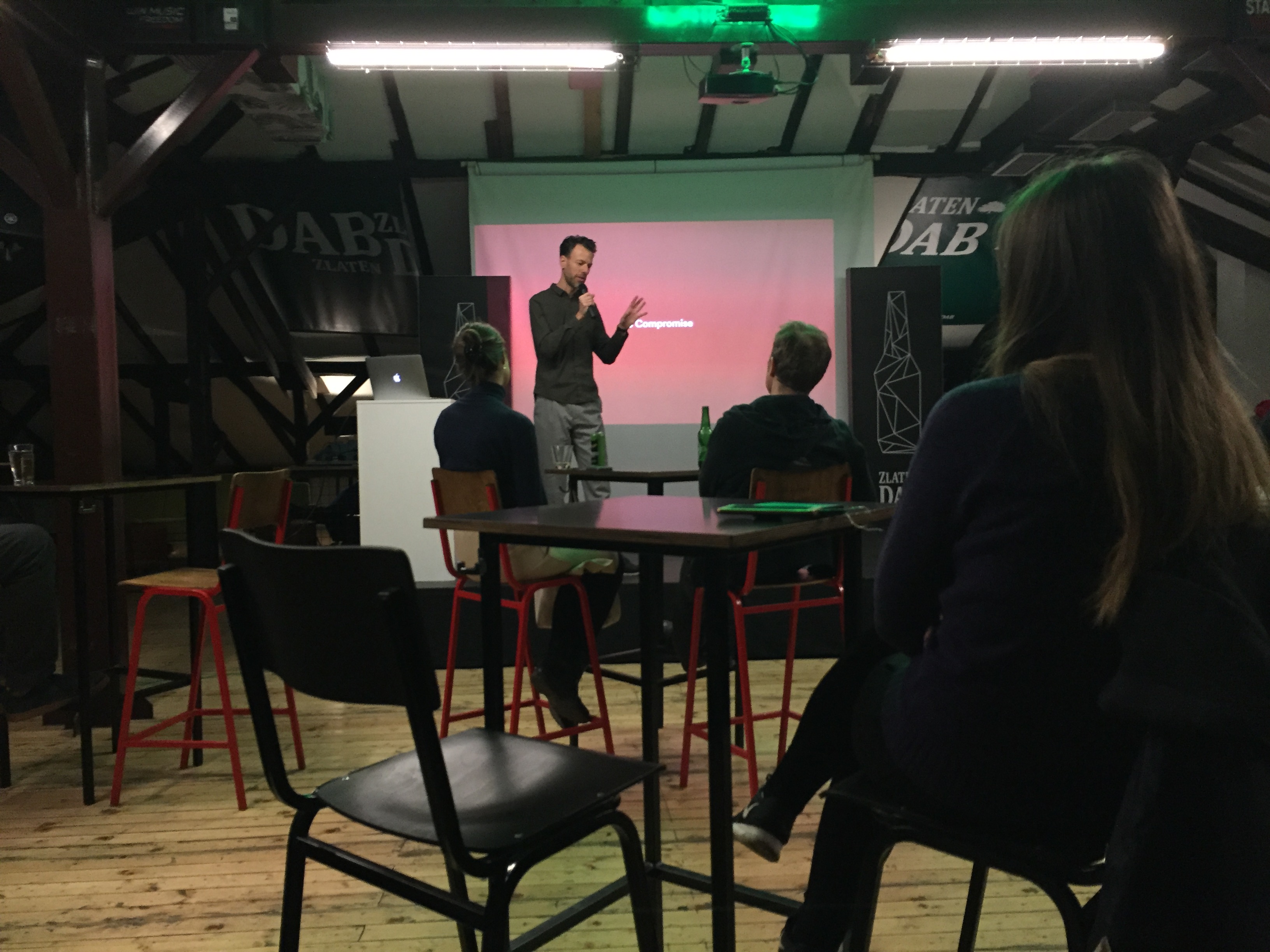
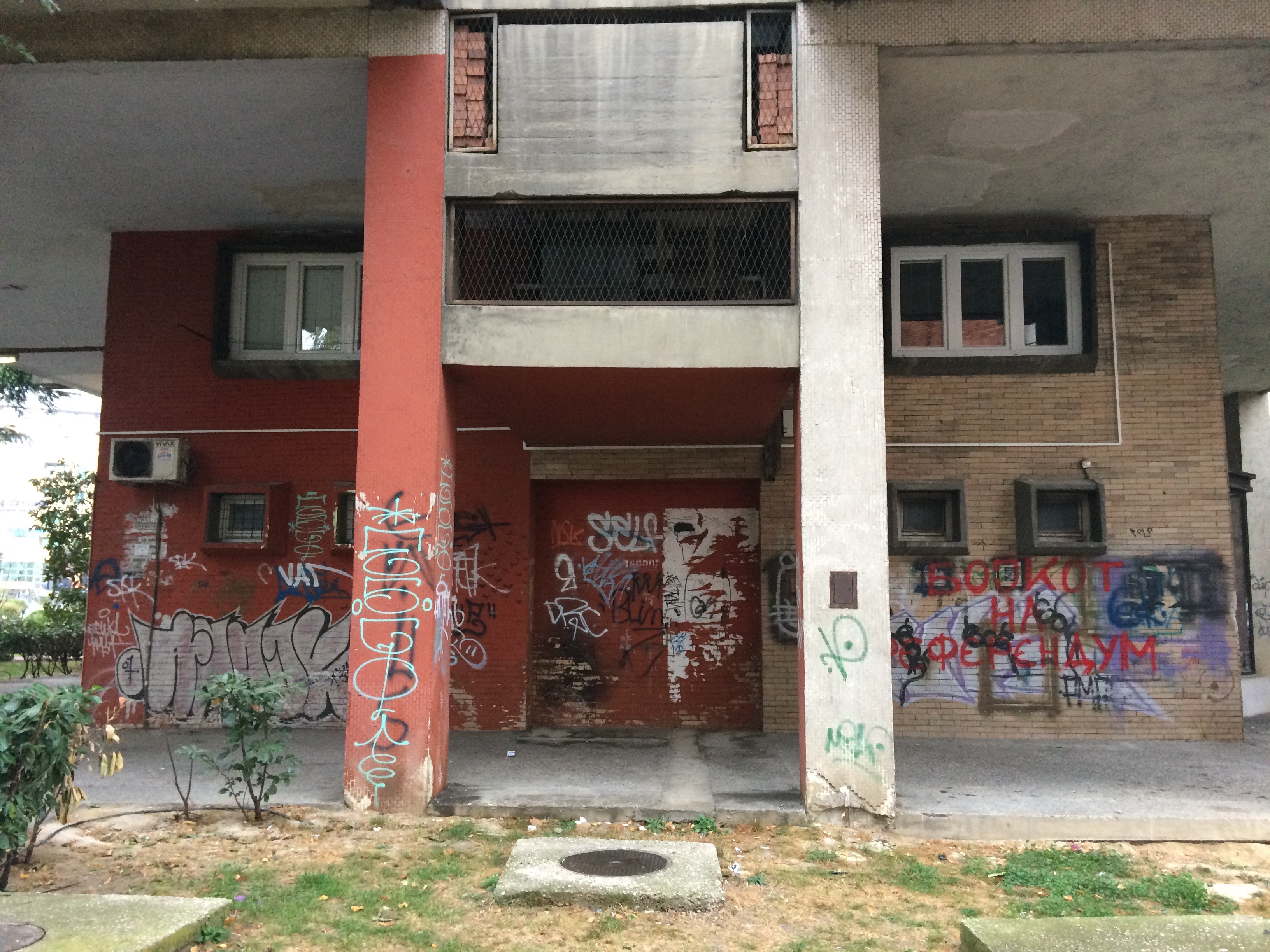
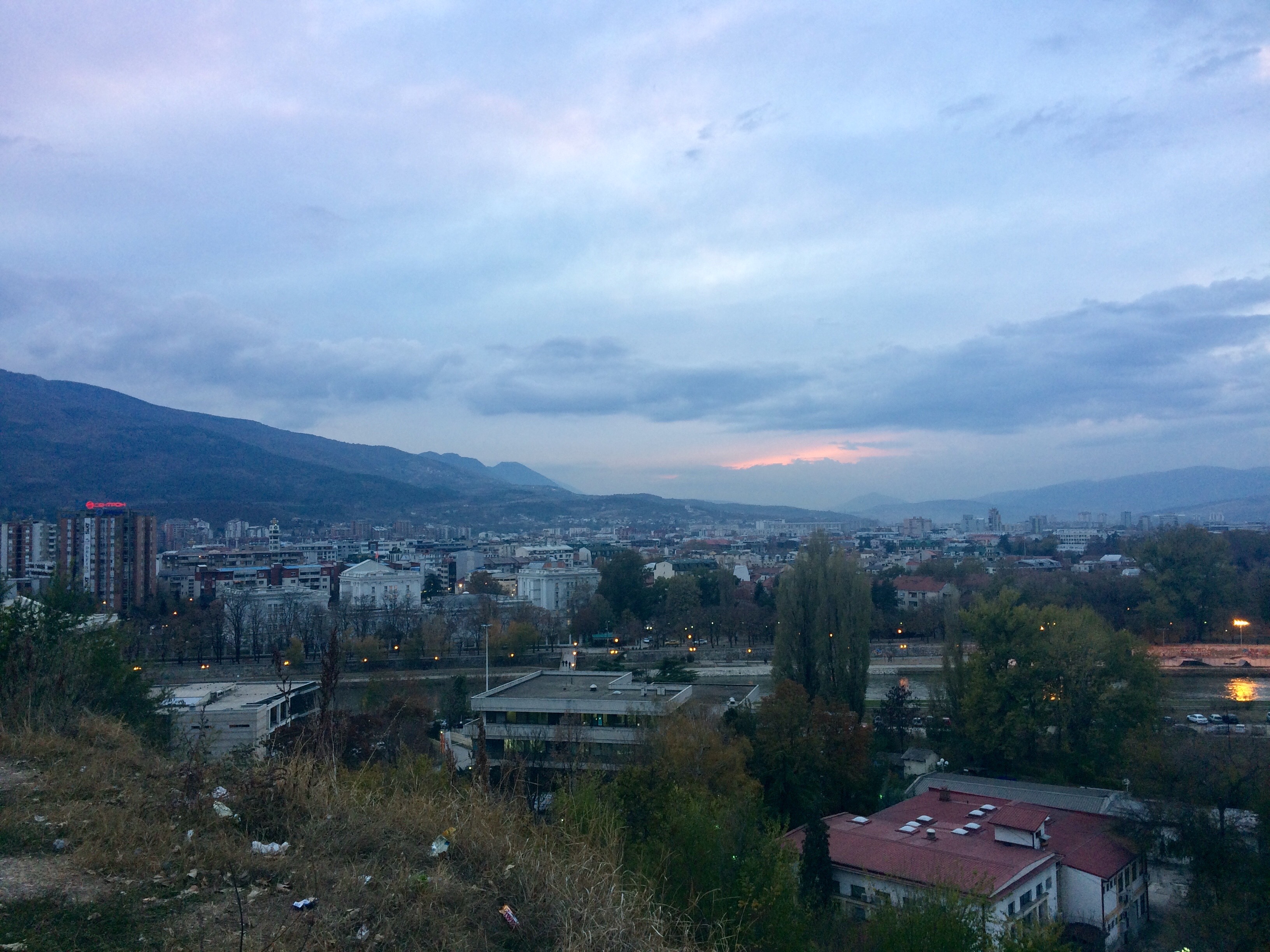
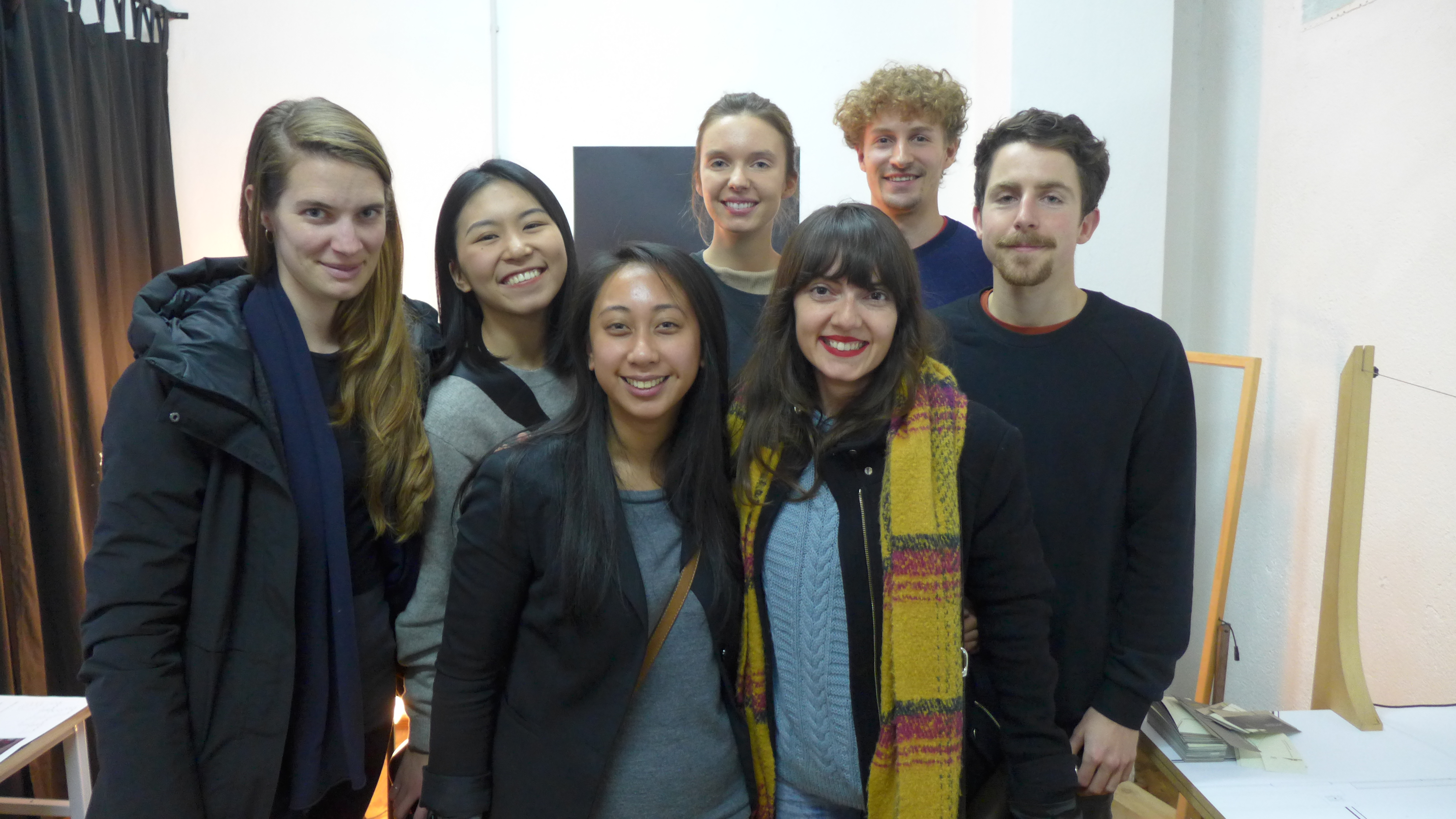
During the Interculturality workweek of the MA-students in Macedonia we worked with crafts people, but also visited a number of factories in and around Skopje. Below some photo impressions of our visits to:
– Zavar, a steel company with expertise in hydraulic tanks and complemented by radiator brand Zavar design. Director Marta and designer Violetta gave us an impressive honest presentation on how it is to set up and run a steel company and design brand in Macedonia.
– Mimaco Wood, a wood company that is successful in furniture and interior design for the contract and domestic world in Macedonia and aiming to expand to other countries.
– Ornamaks, jolly and innovative ecological producers of ORNALIT surfaces and sinks with new antiseptic topcoats who gave us a warm and very cheerful welcome to their premises.
ZAVAR DESIGN – steel
www.zavar.com.mk | www.zavardesign.eu
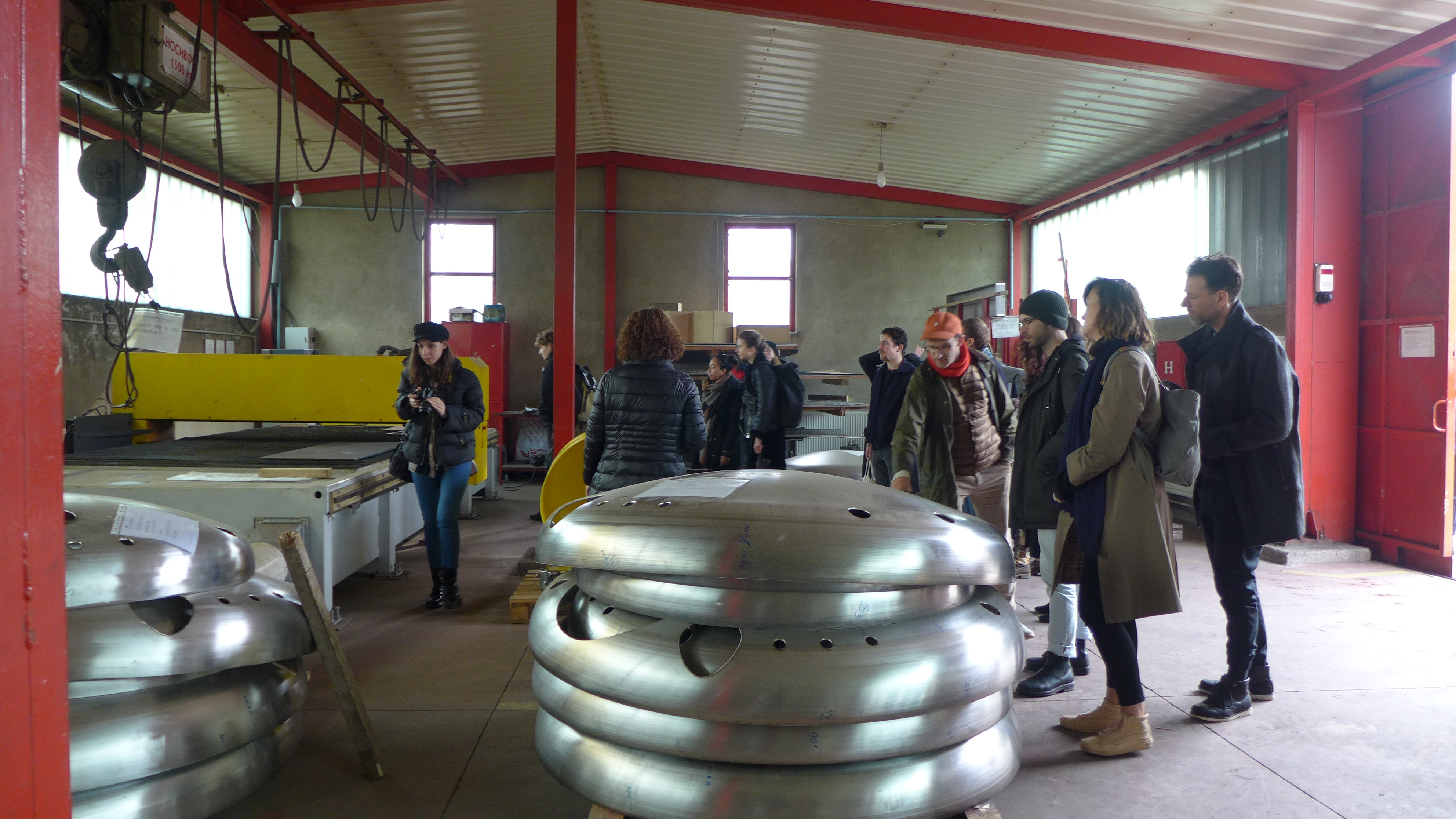


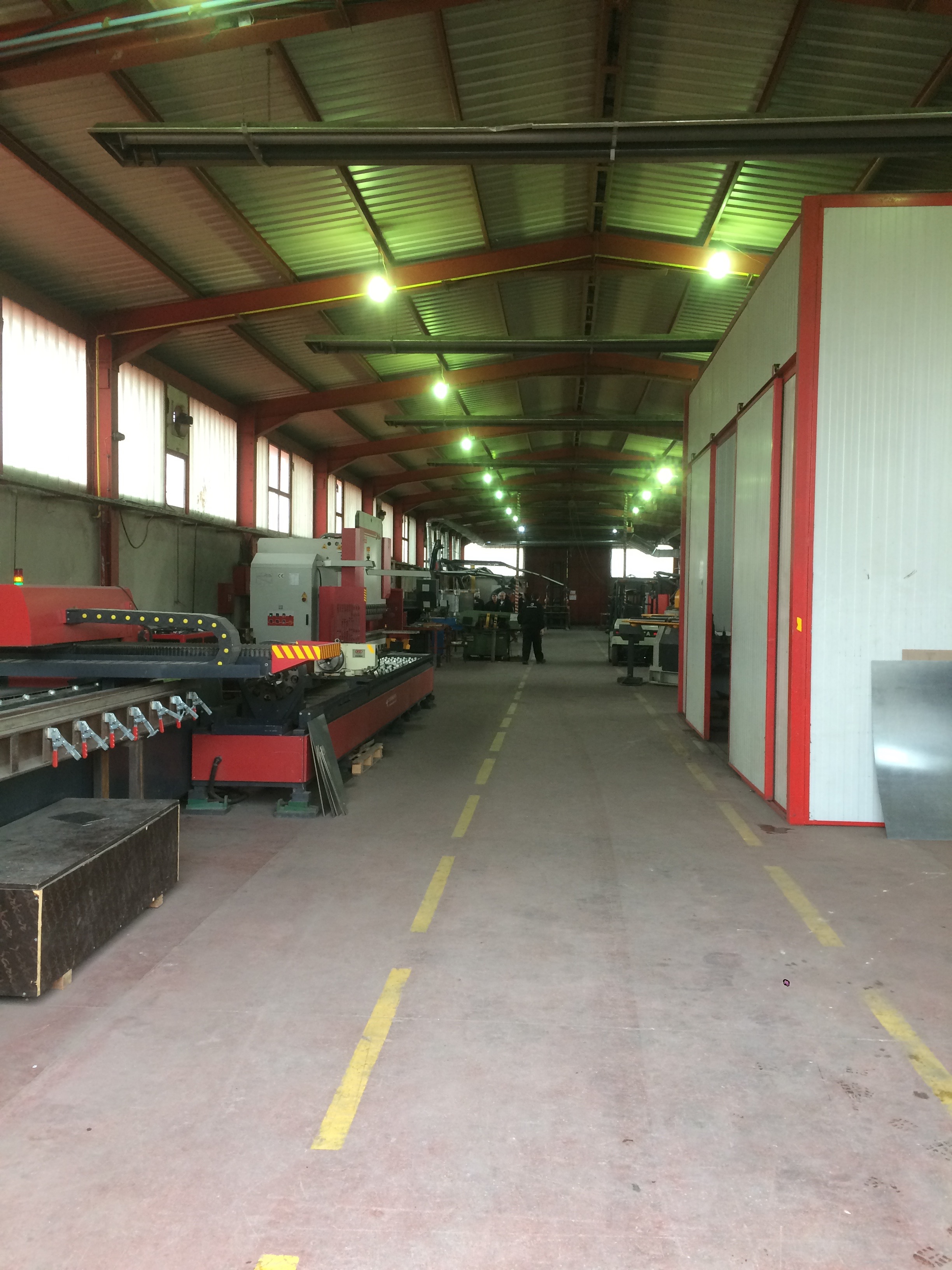
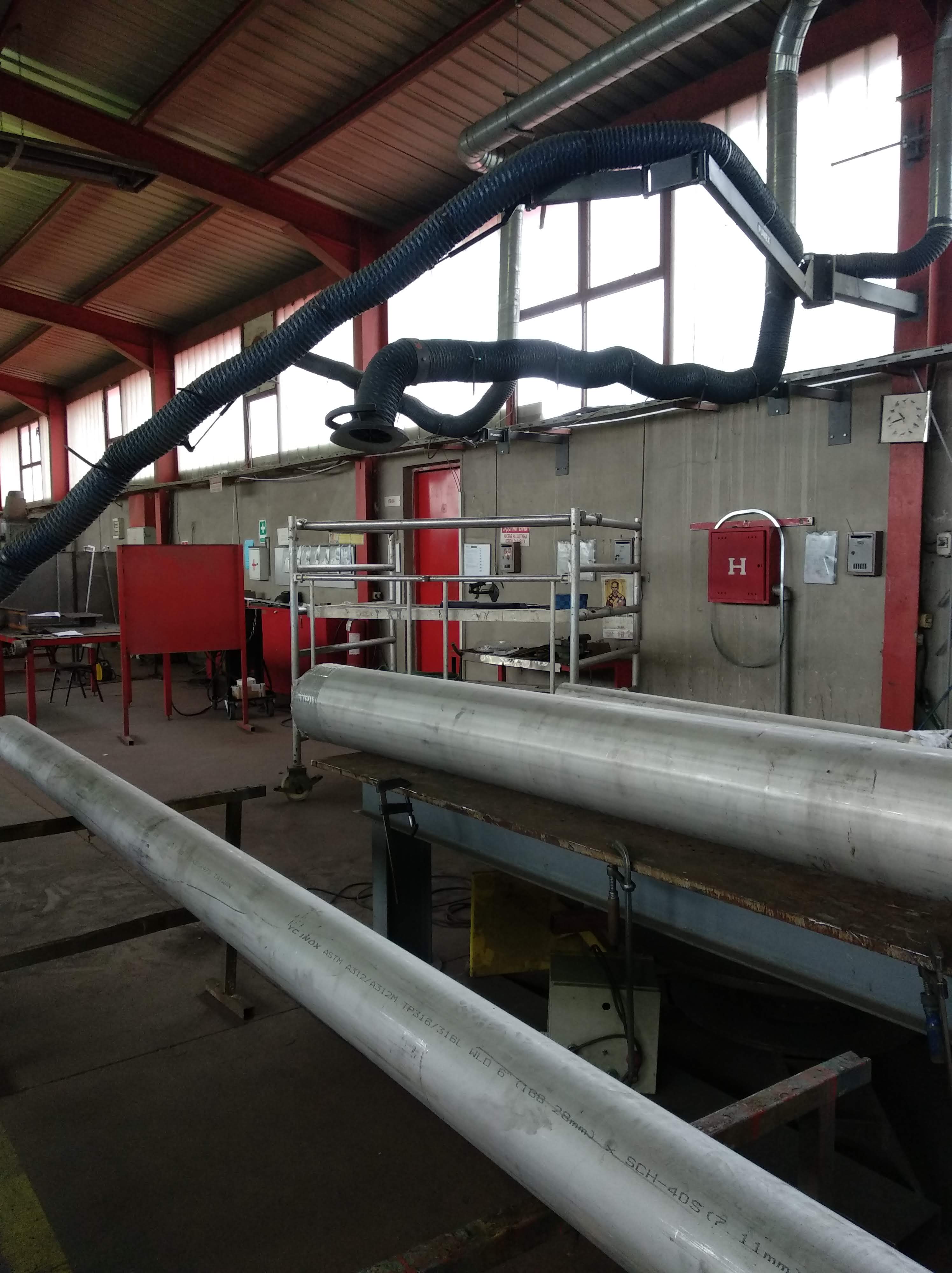

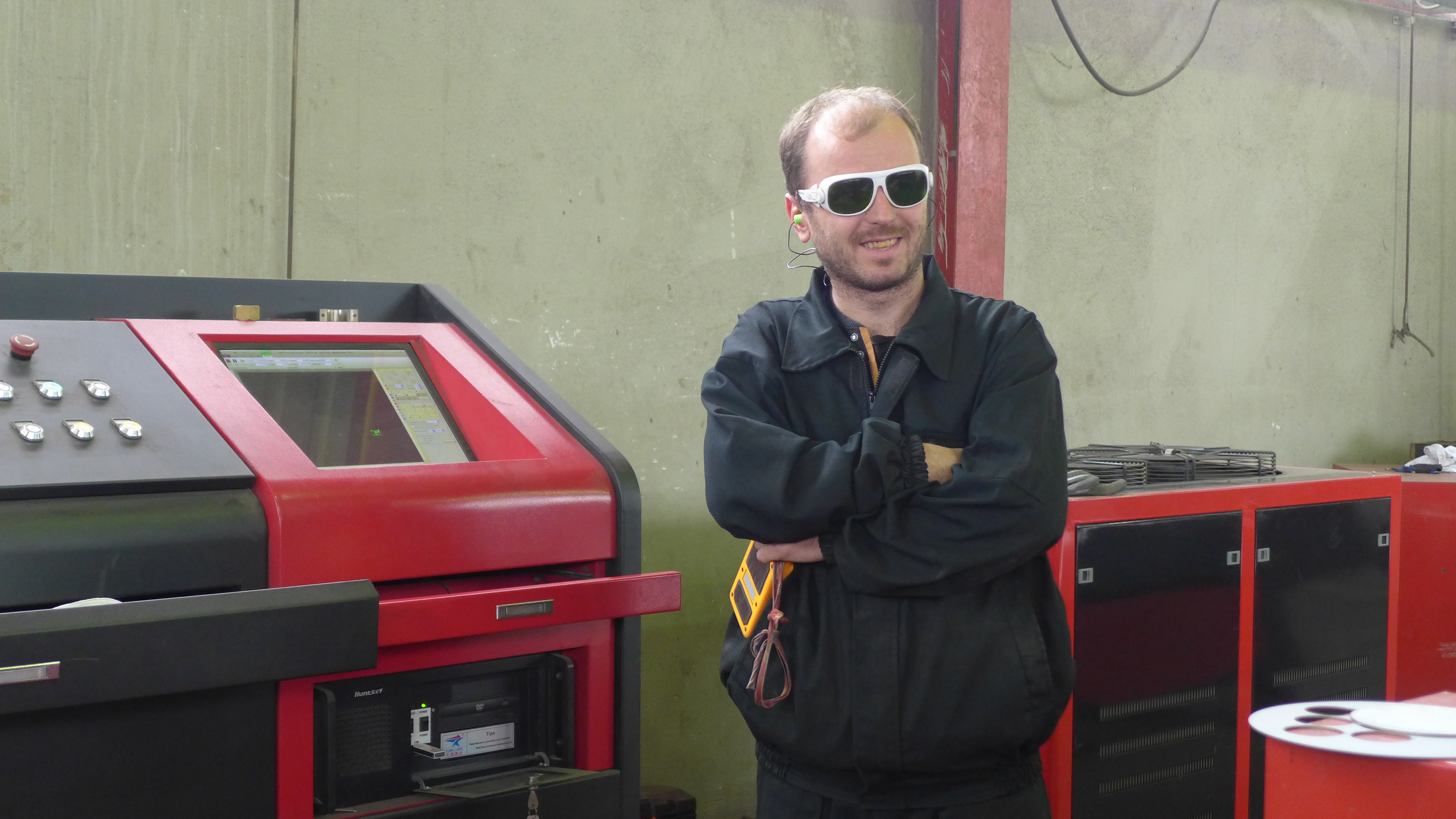

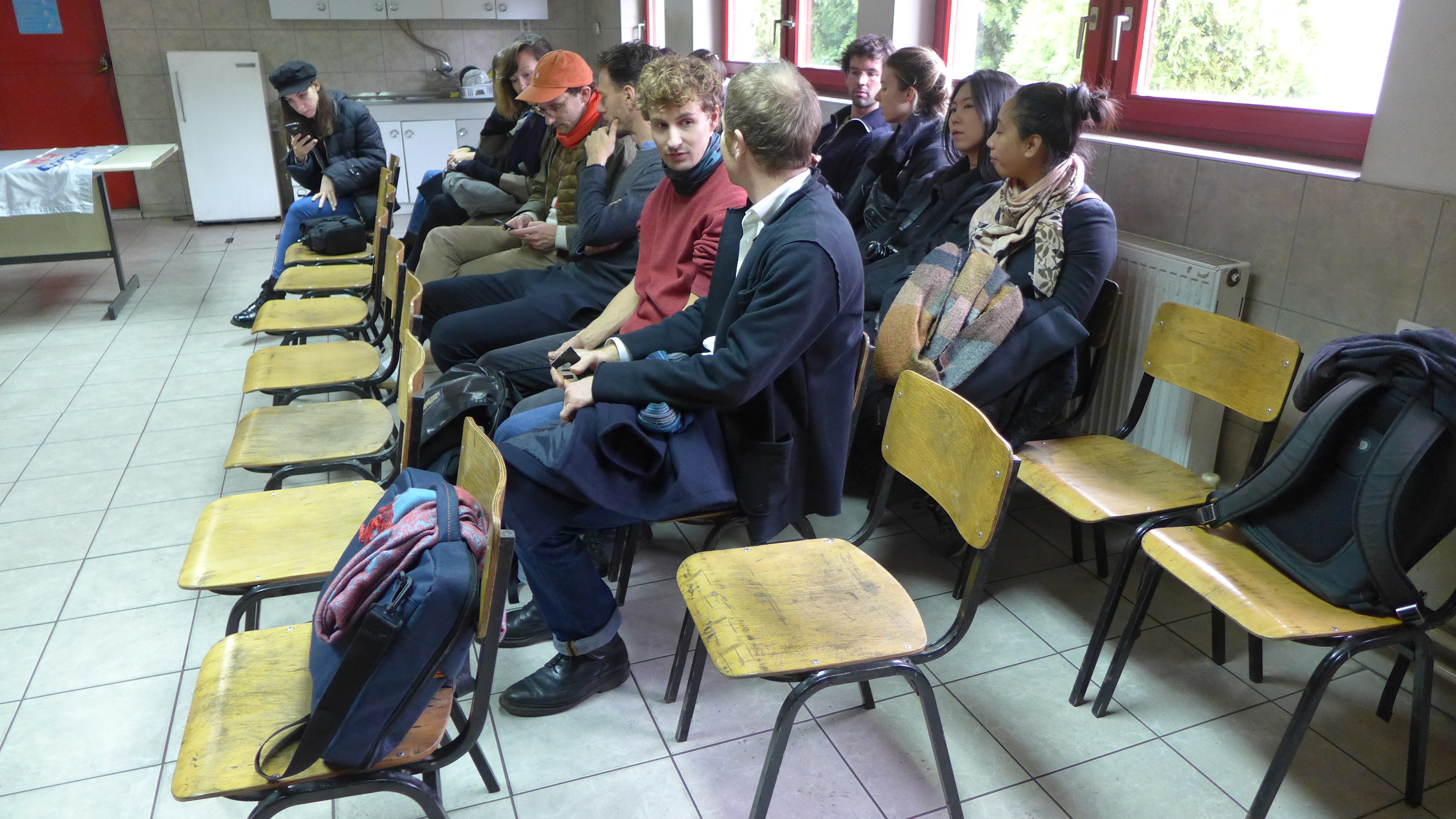

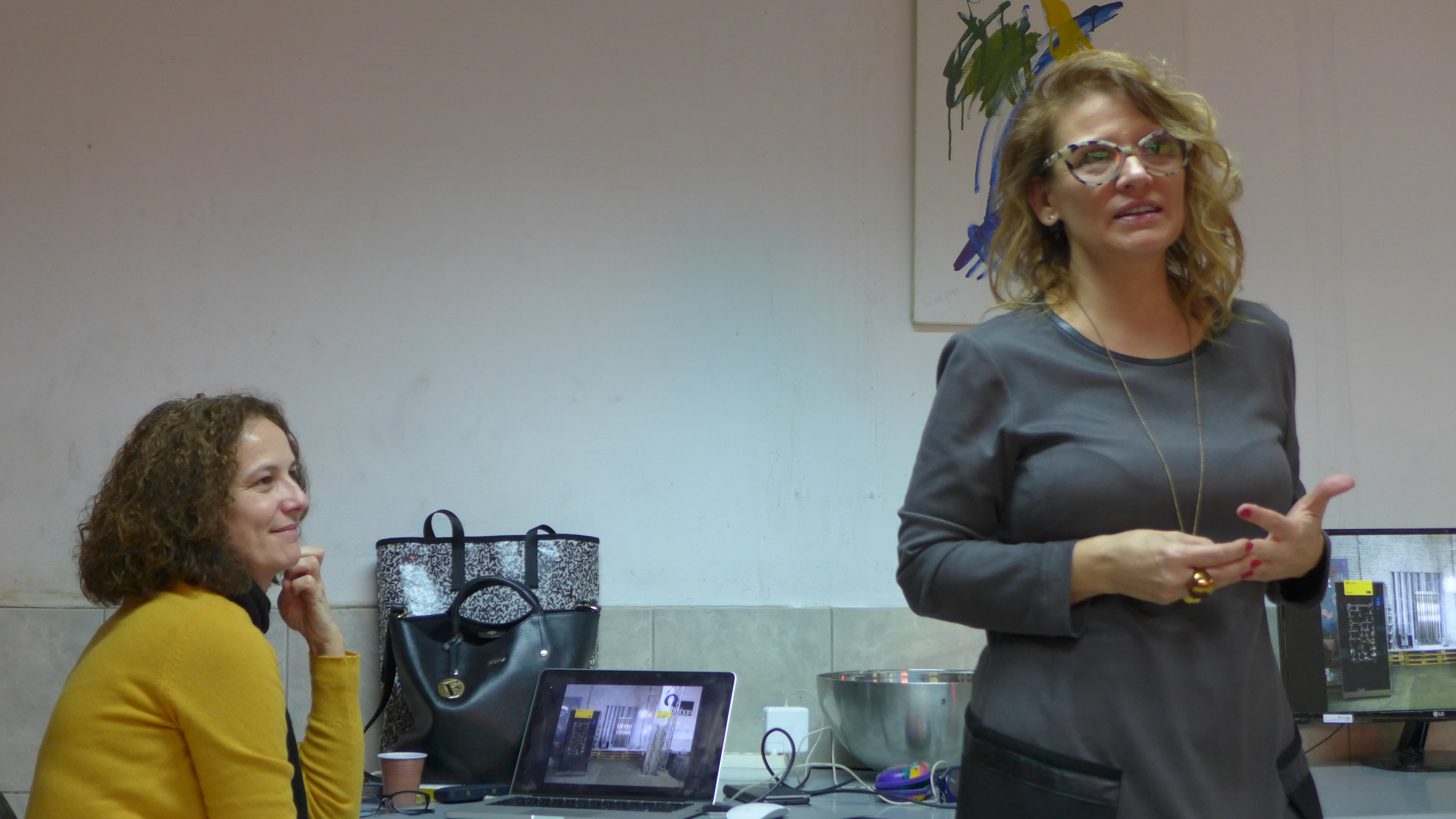
MIMACO WOOD – furniture
www.mimacowood.com

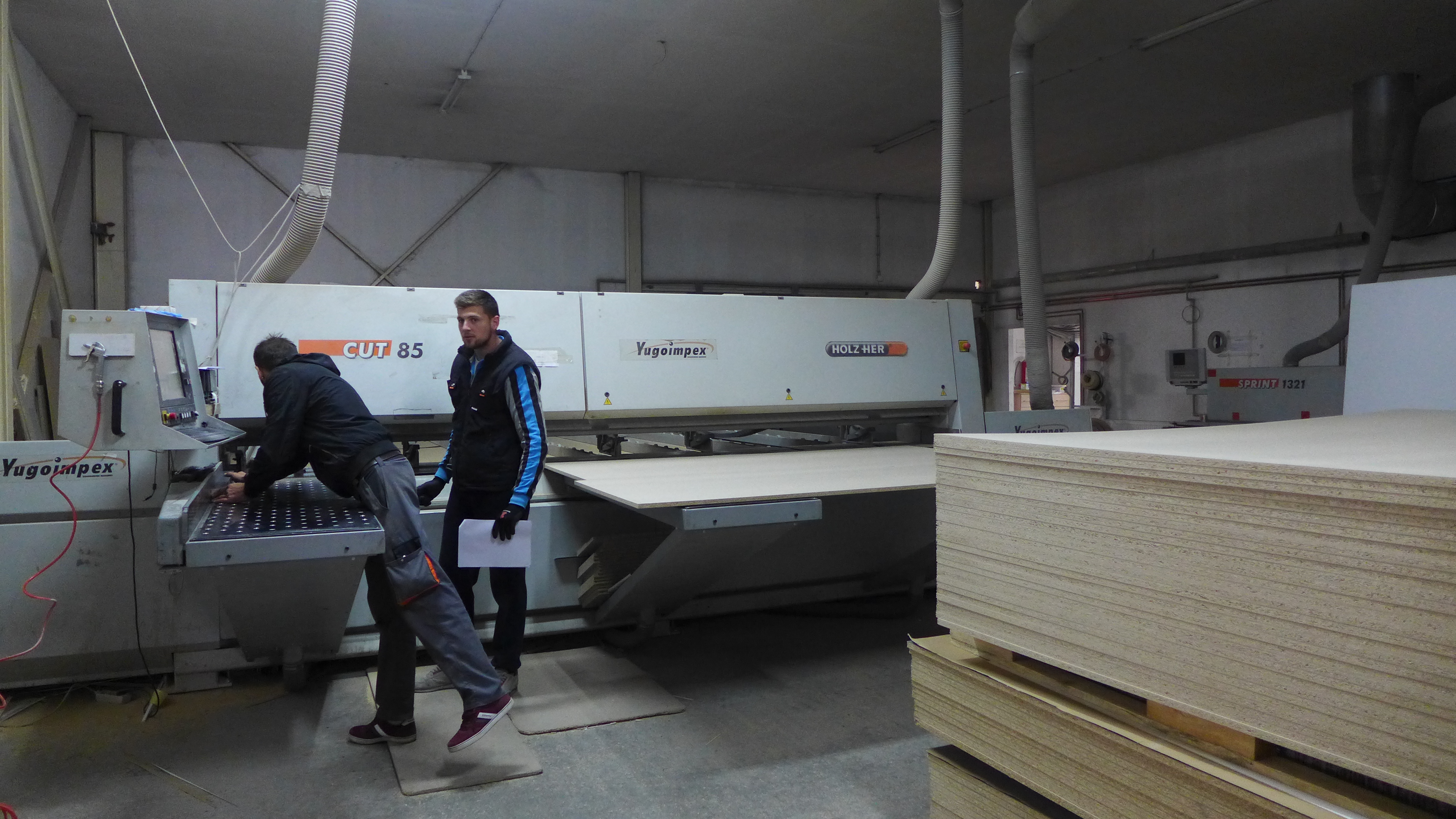

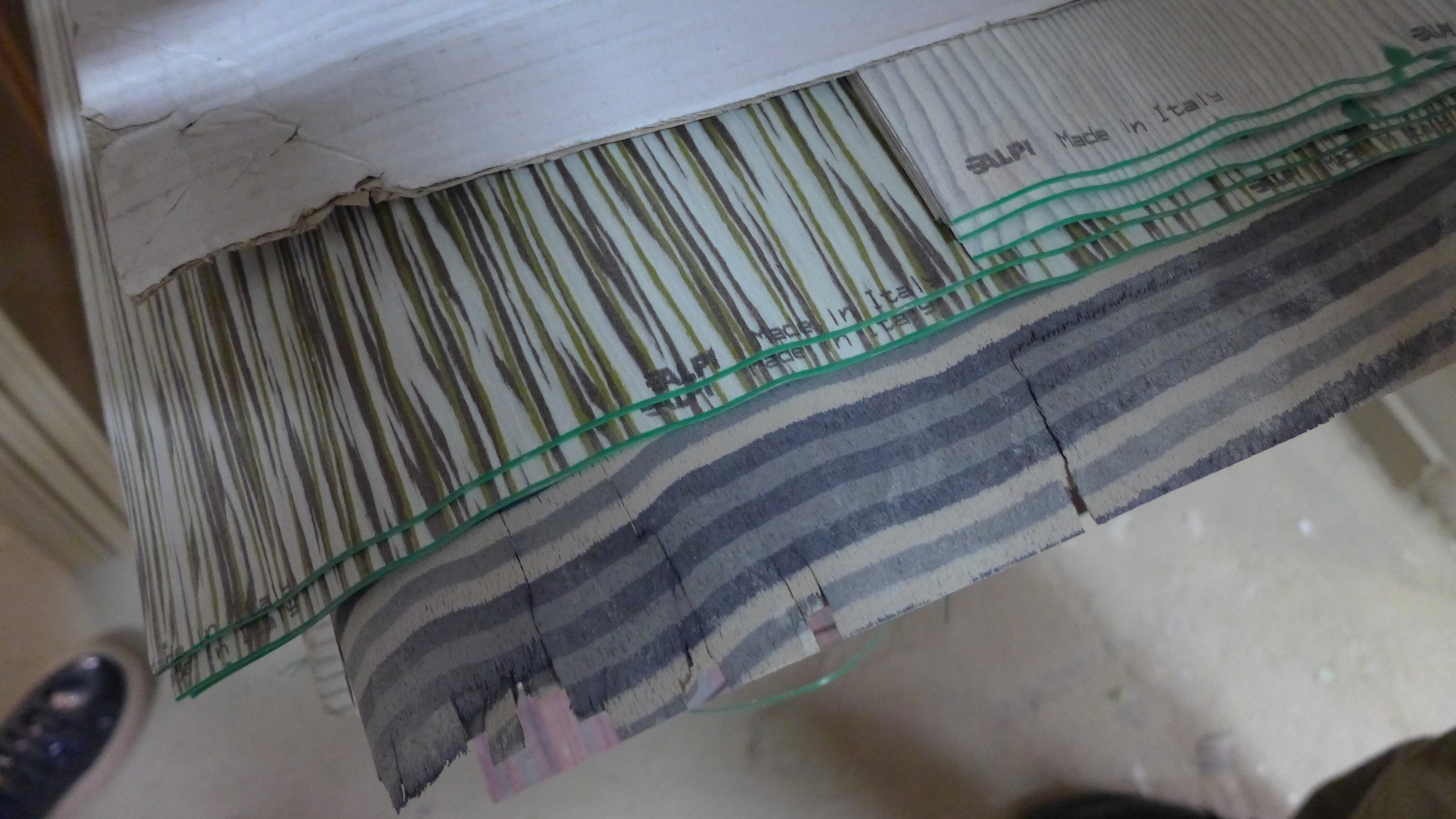
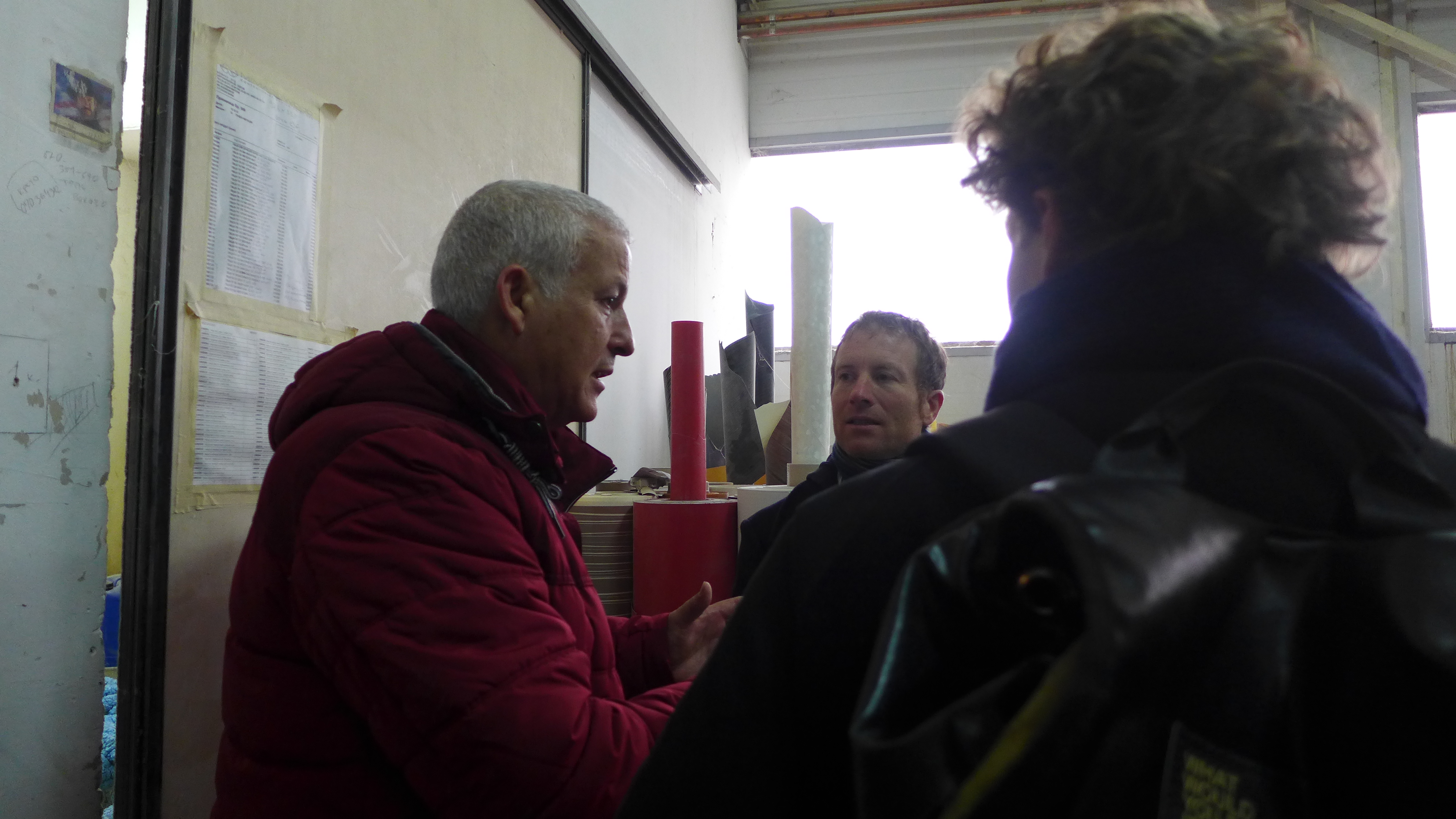
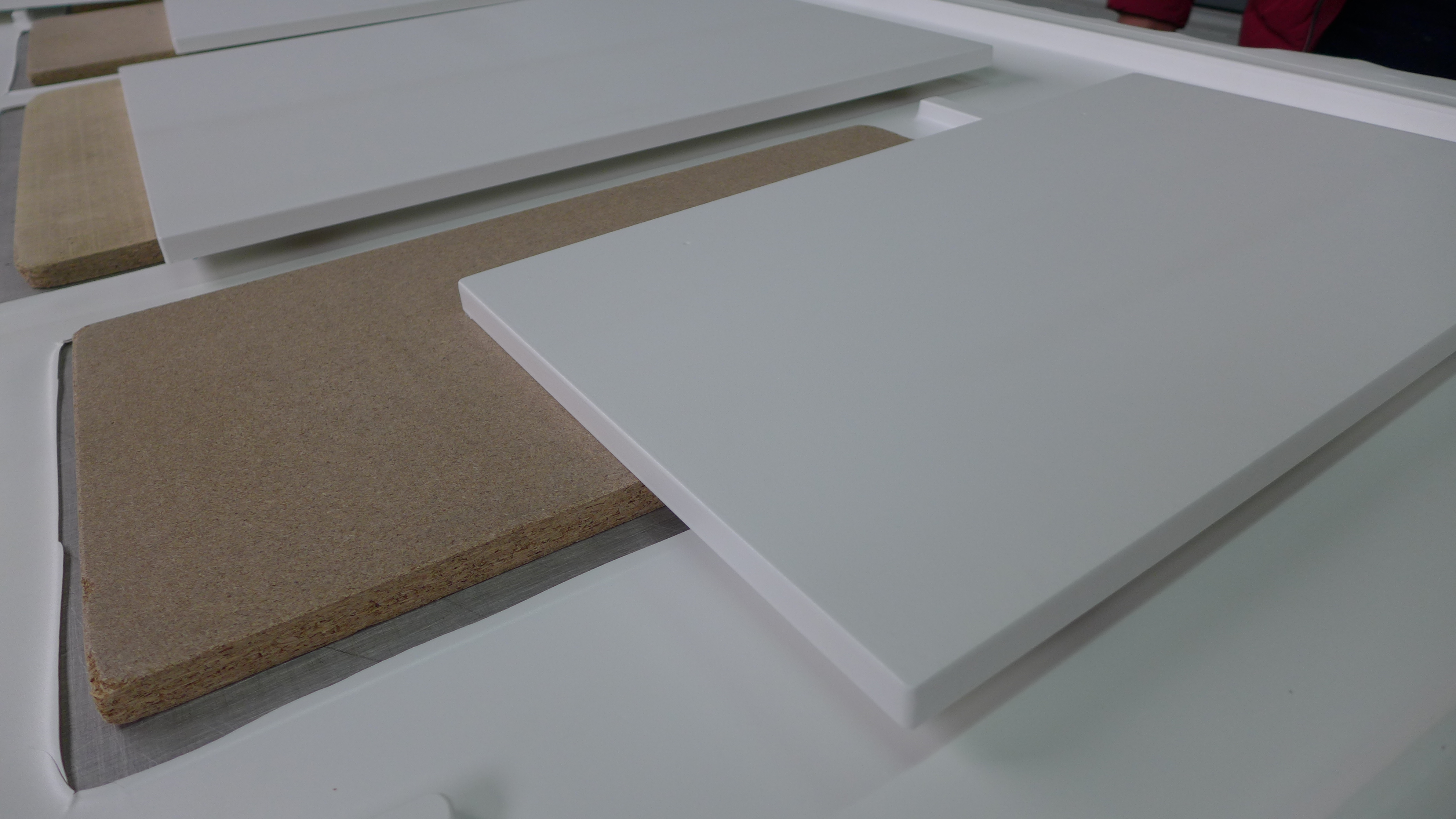

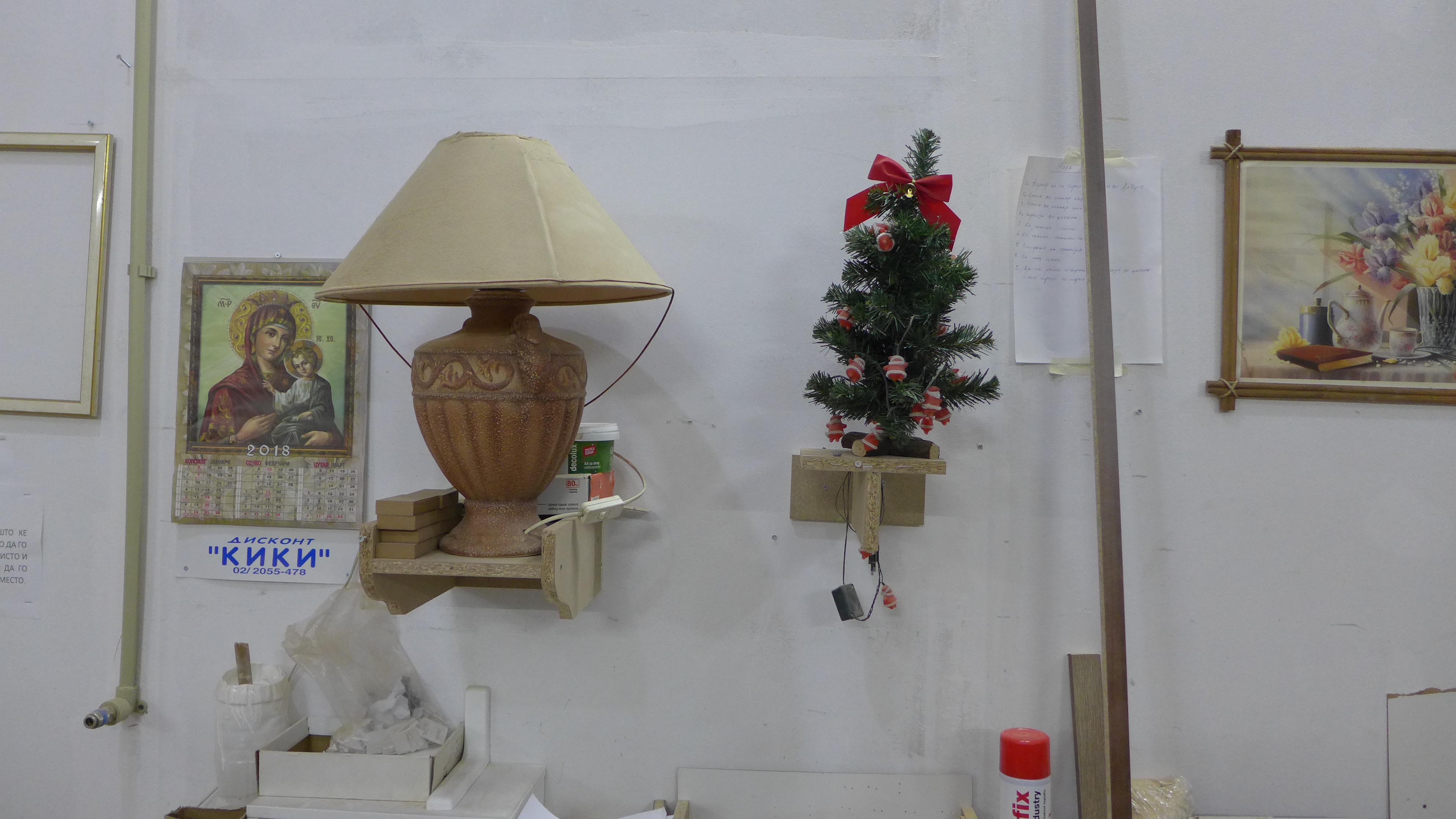
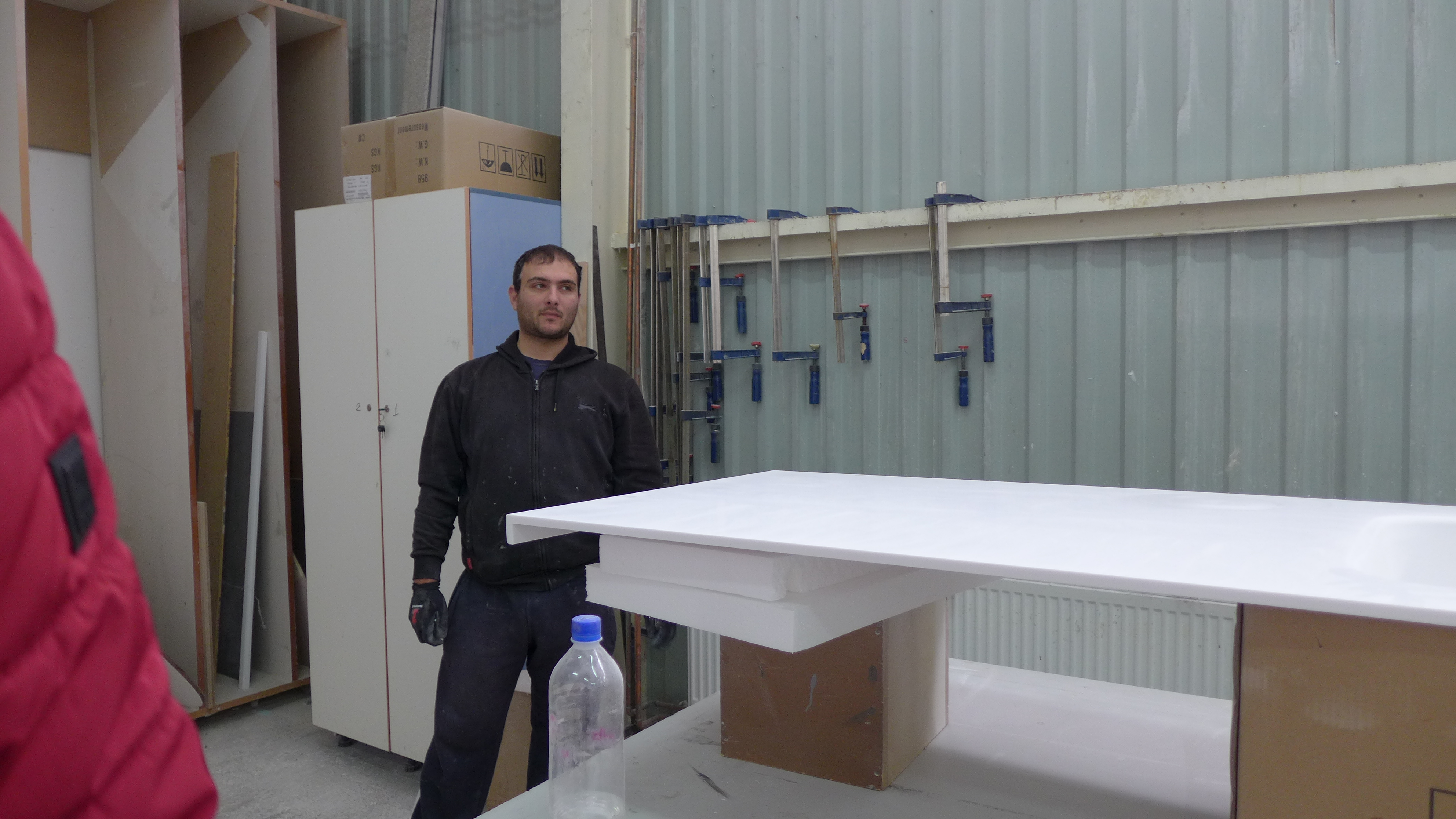
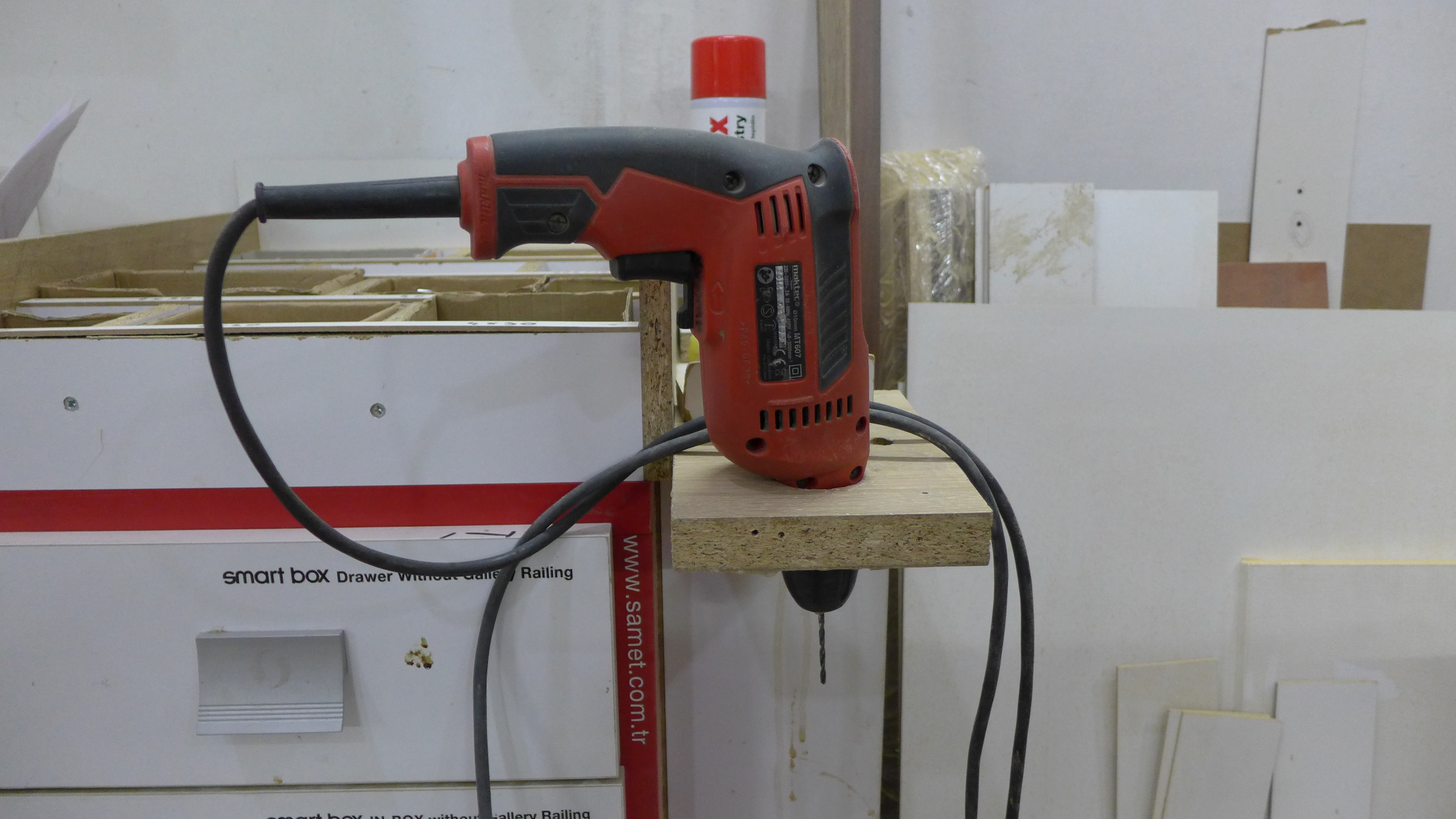
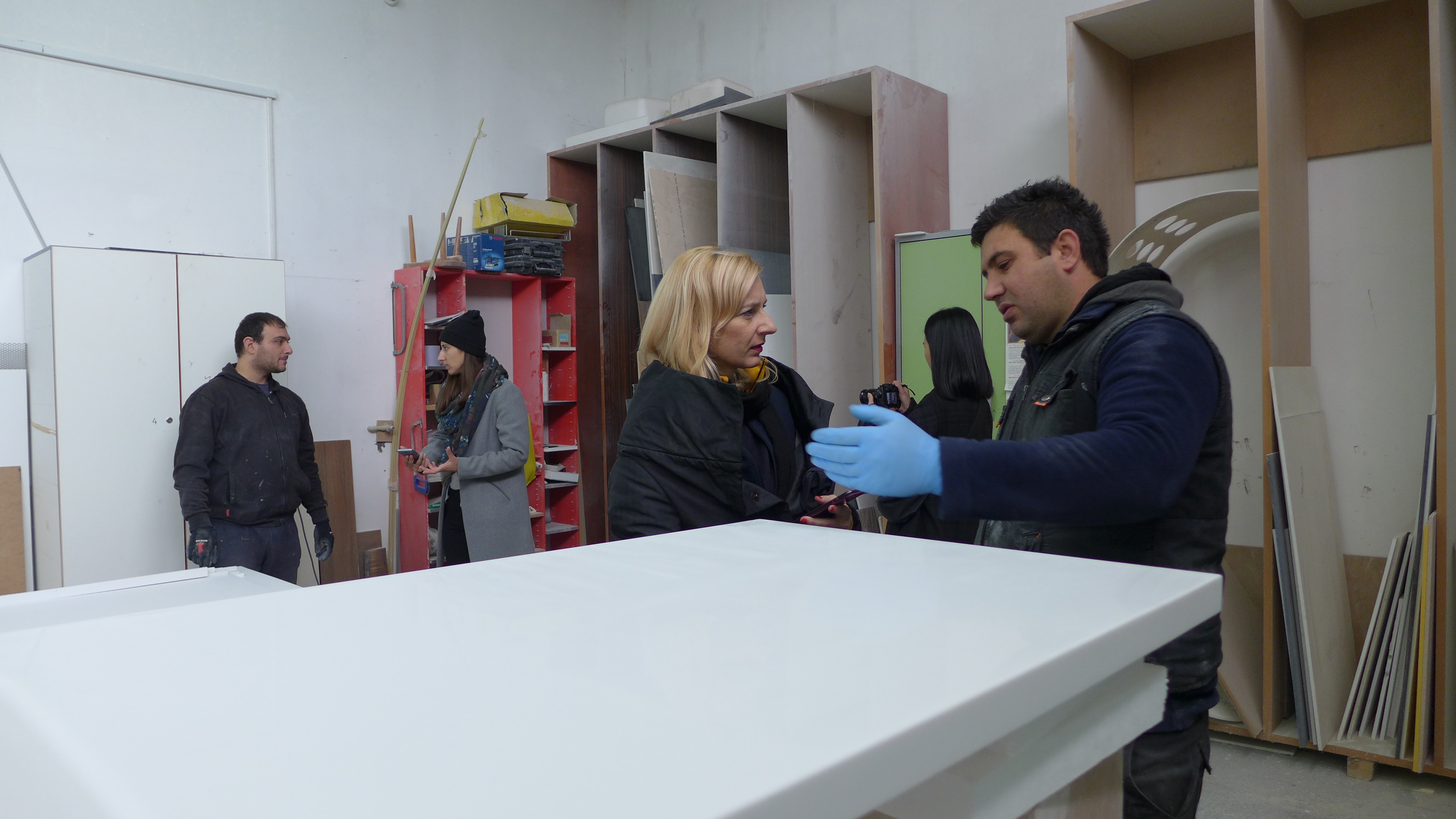




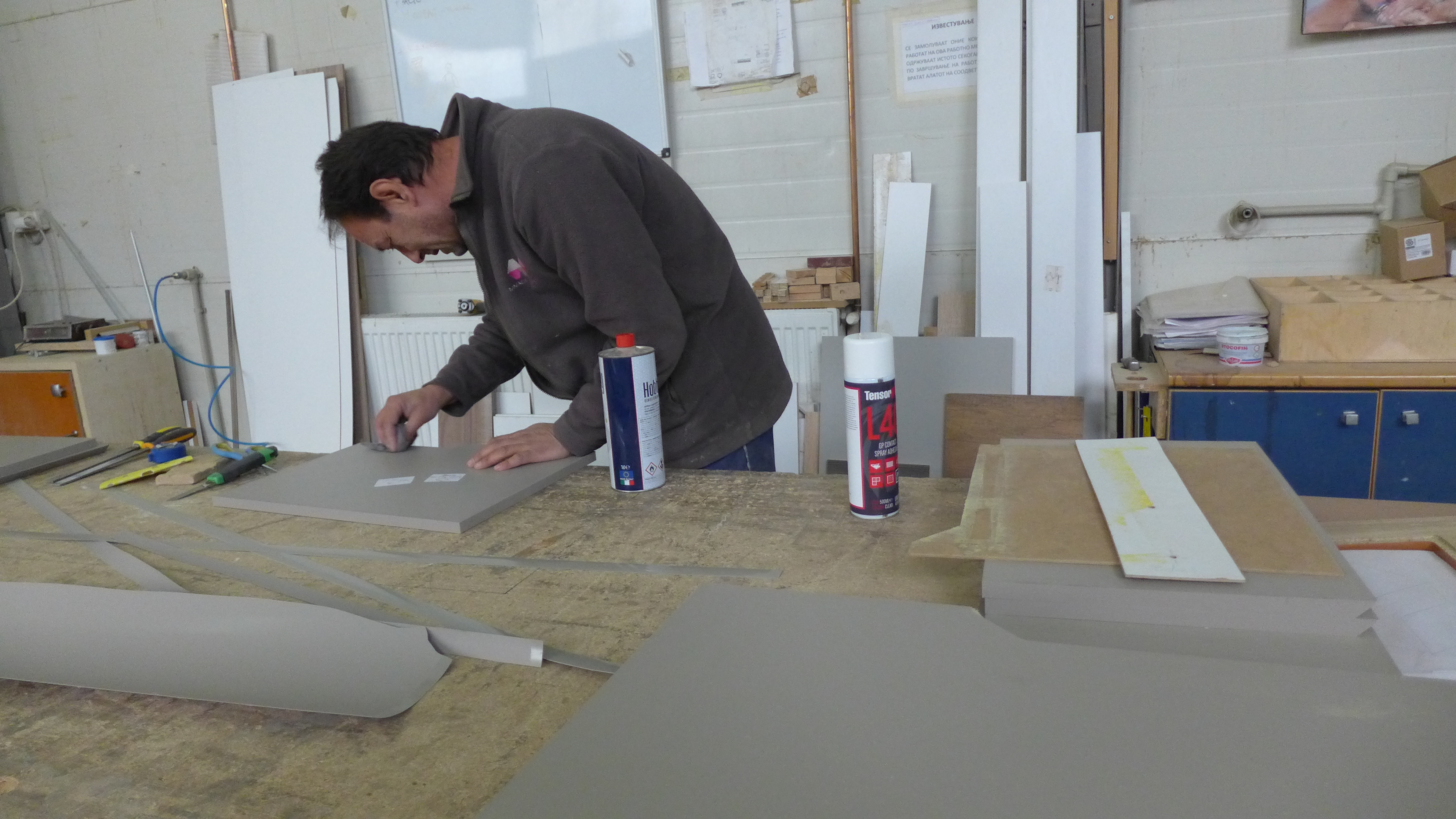
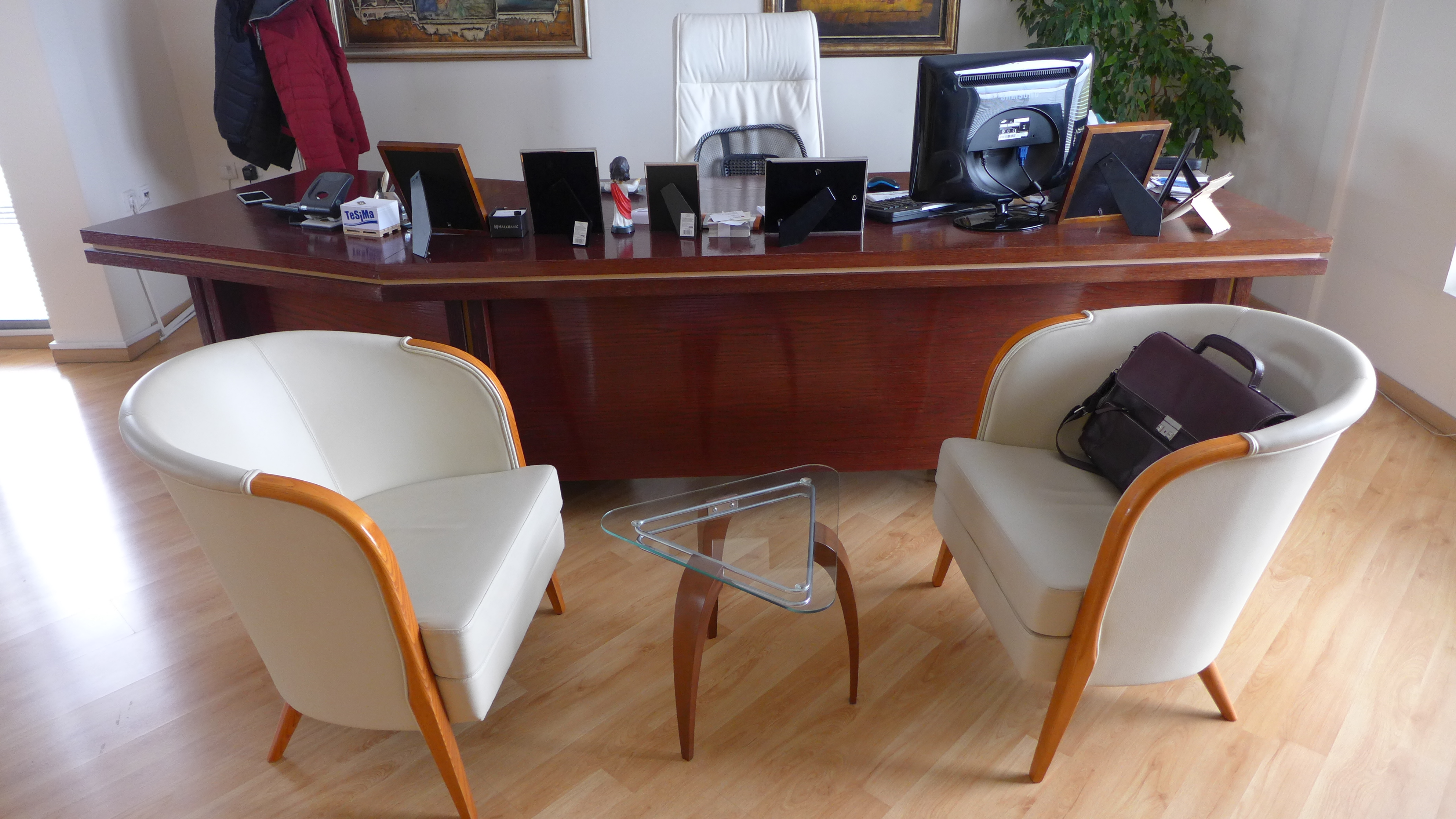
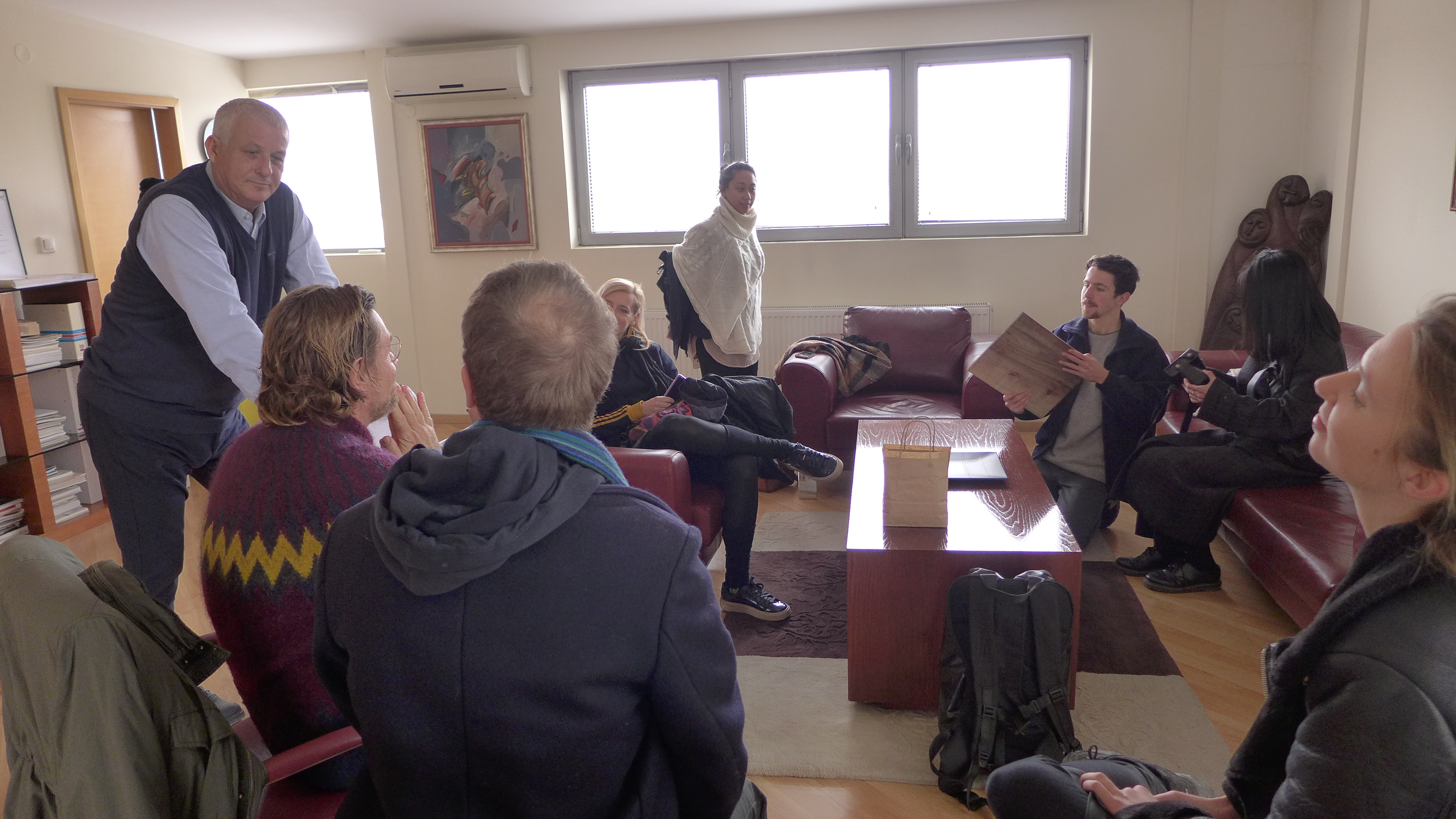
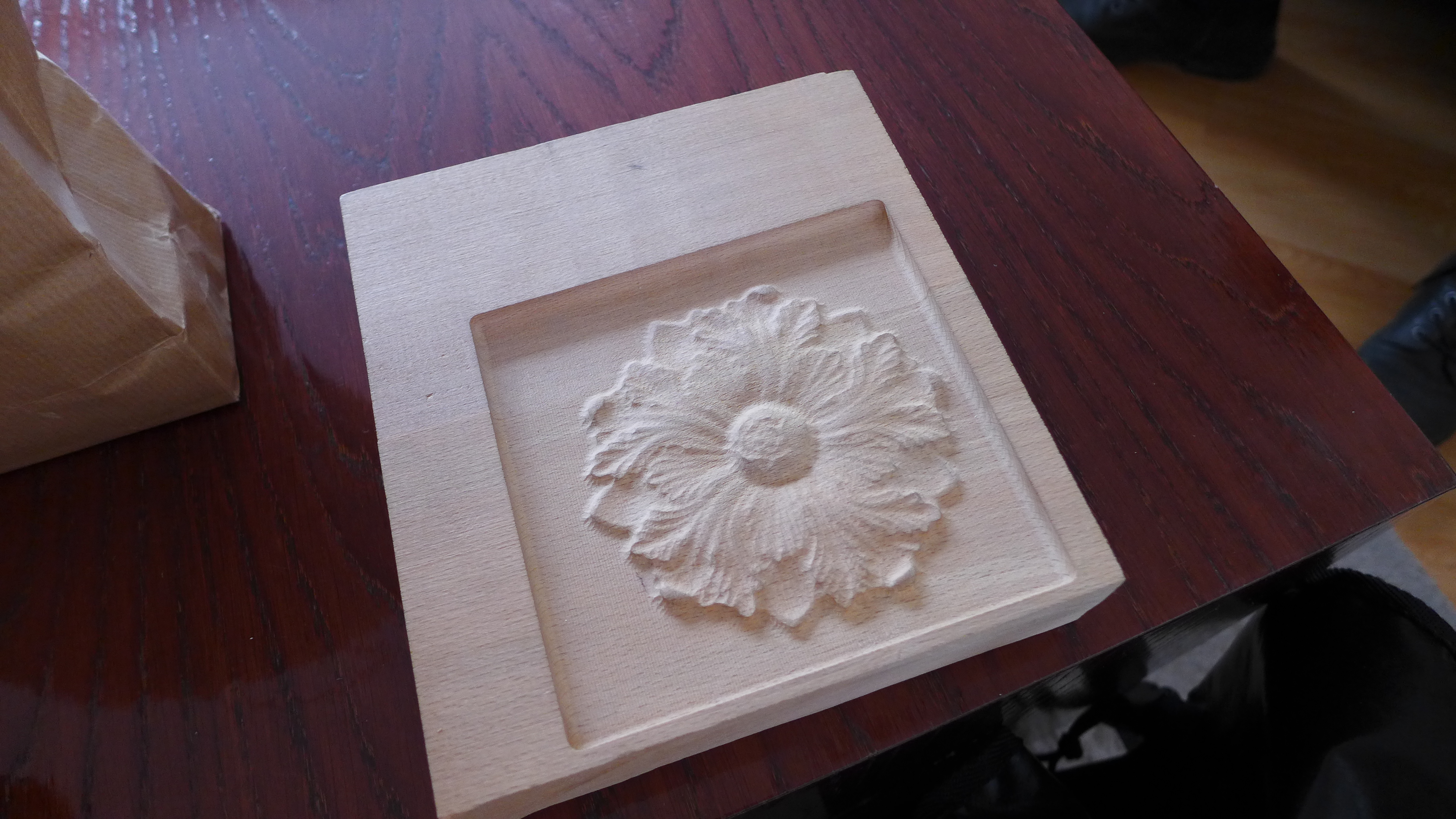
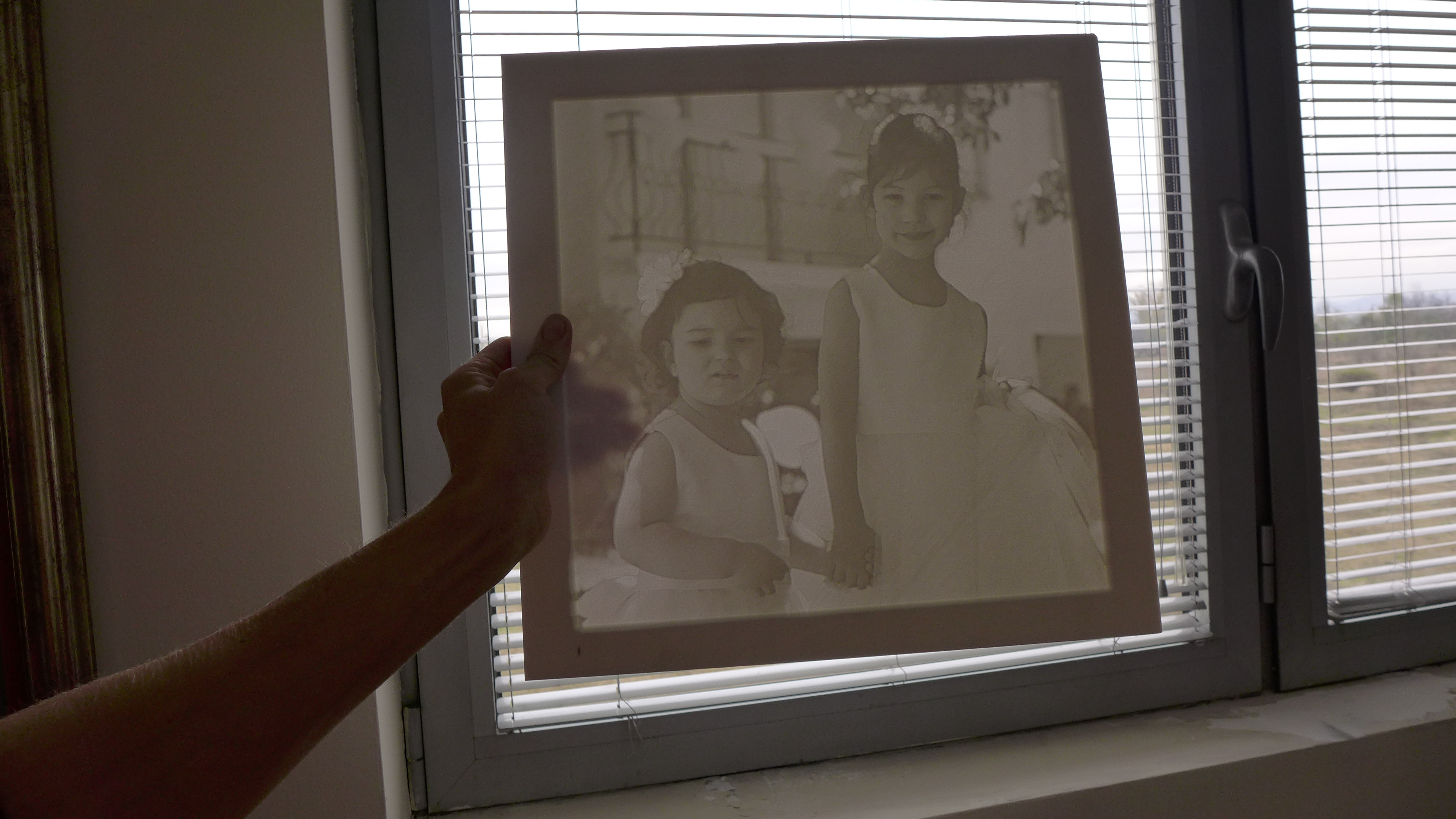

ORNAMAKS – surfaces
ornamaks
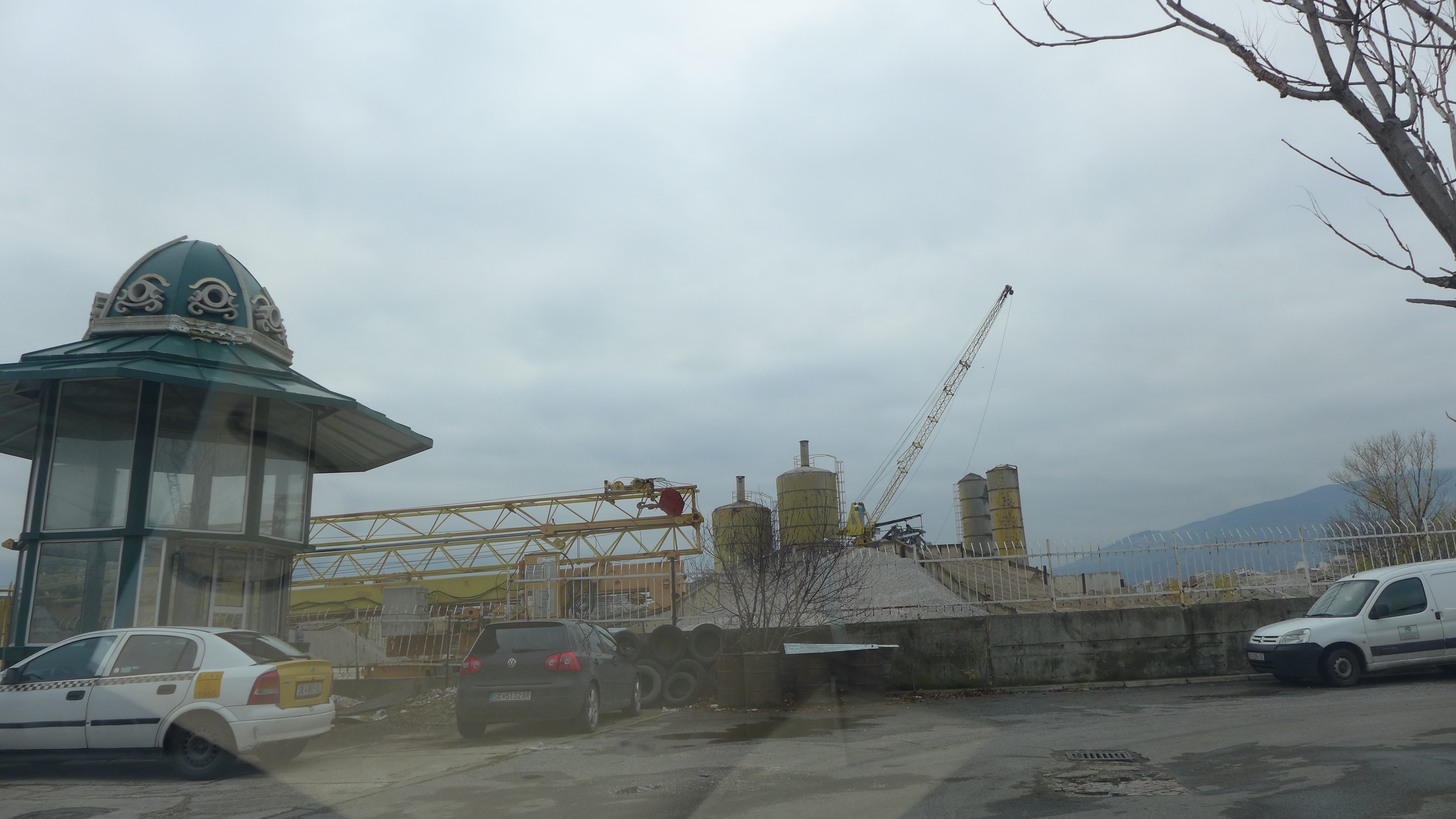
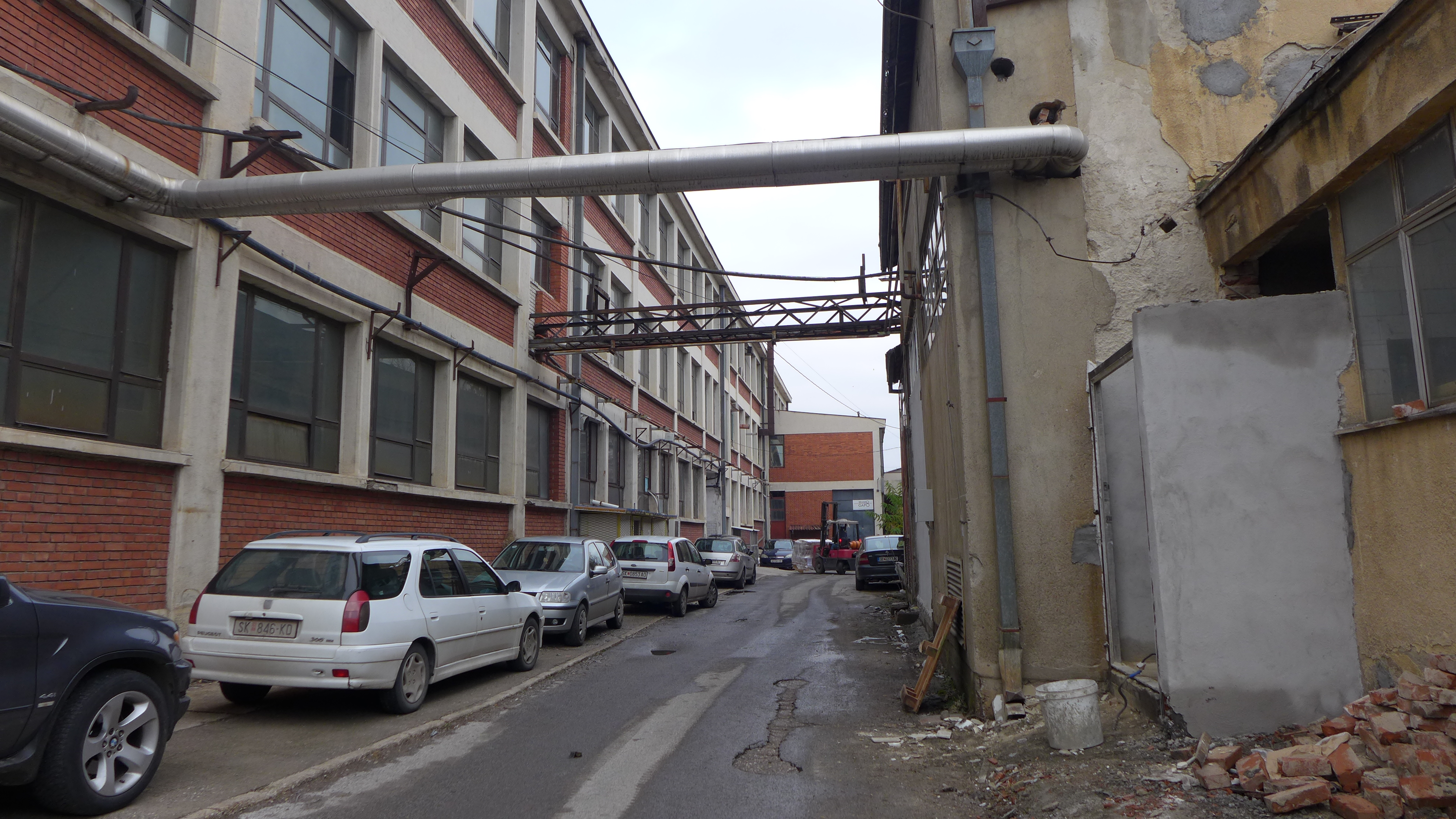
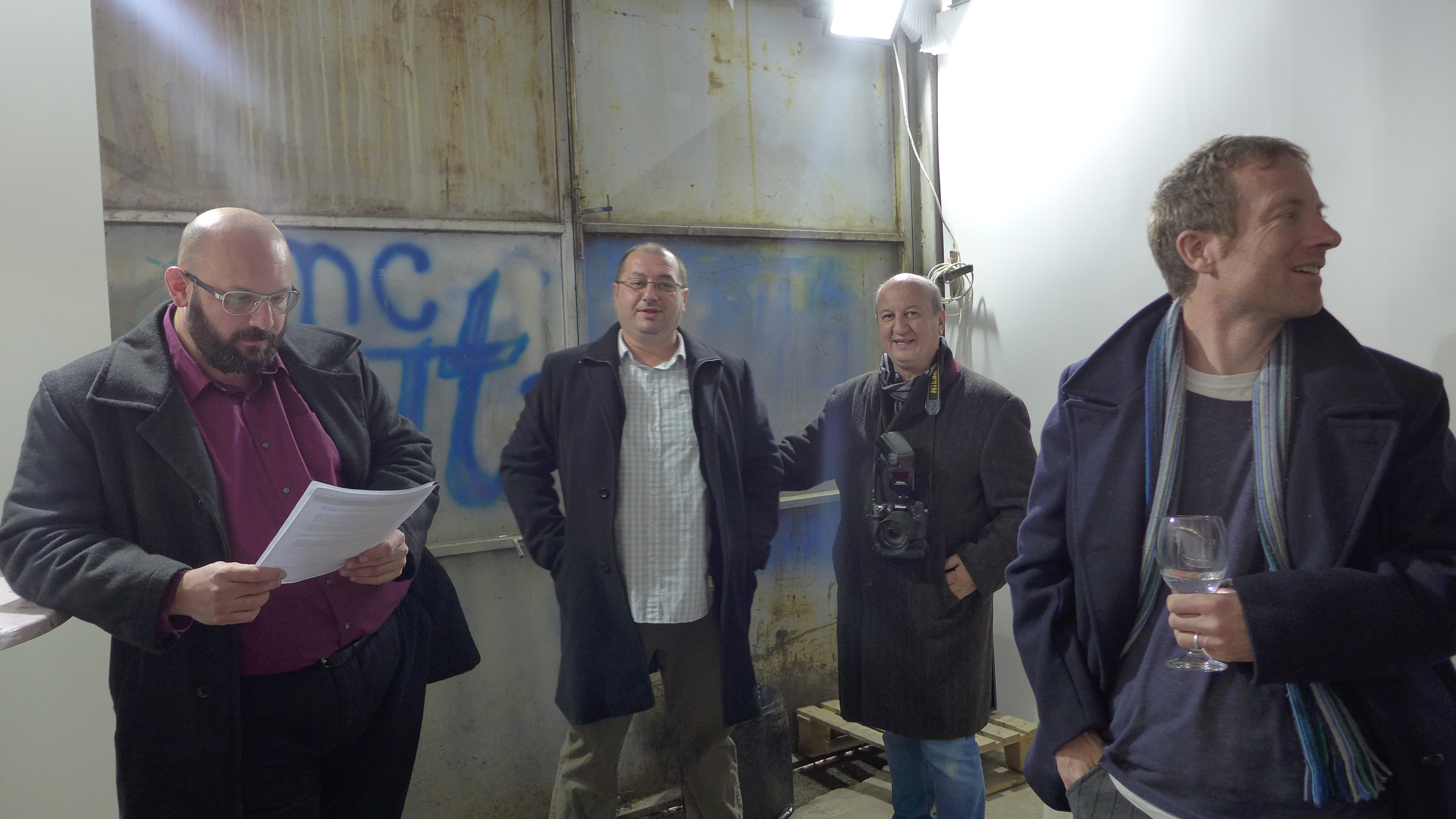

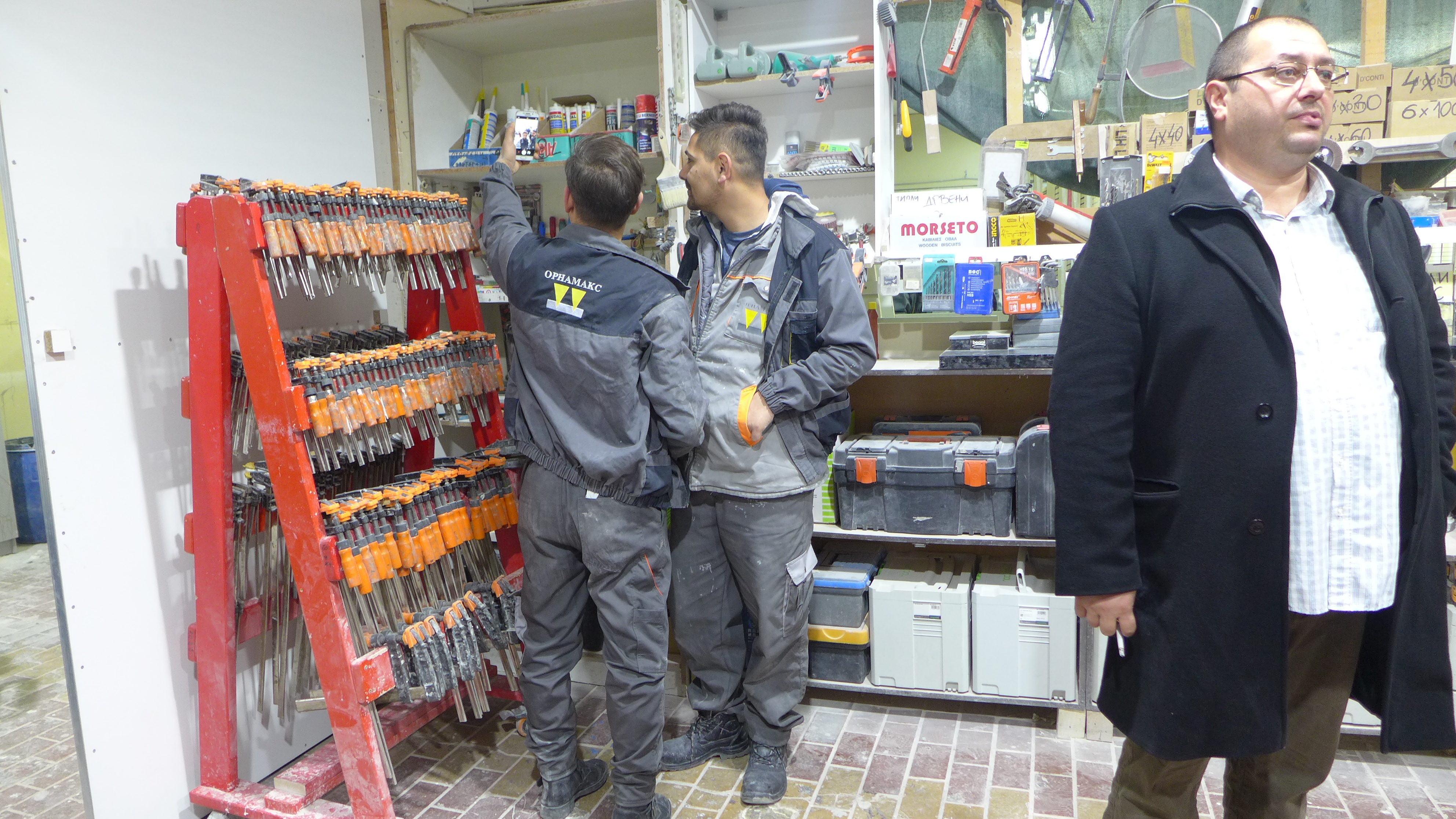

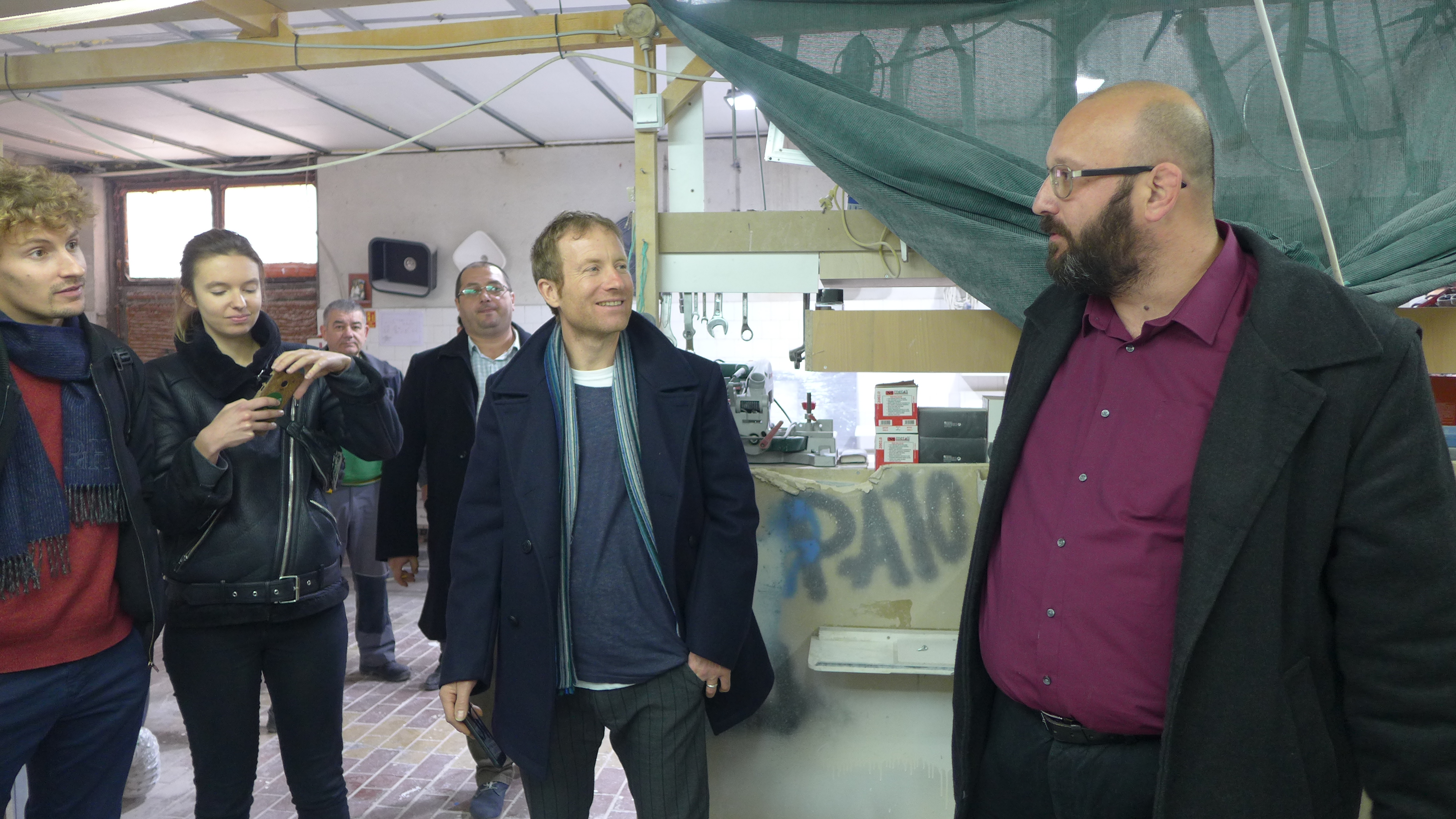
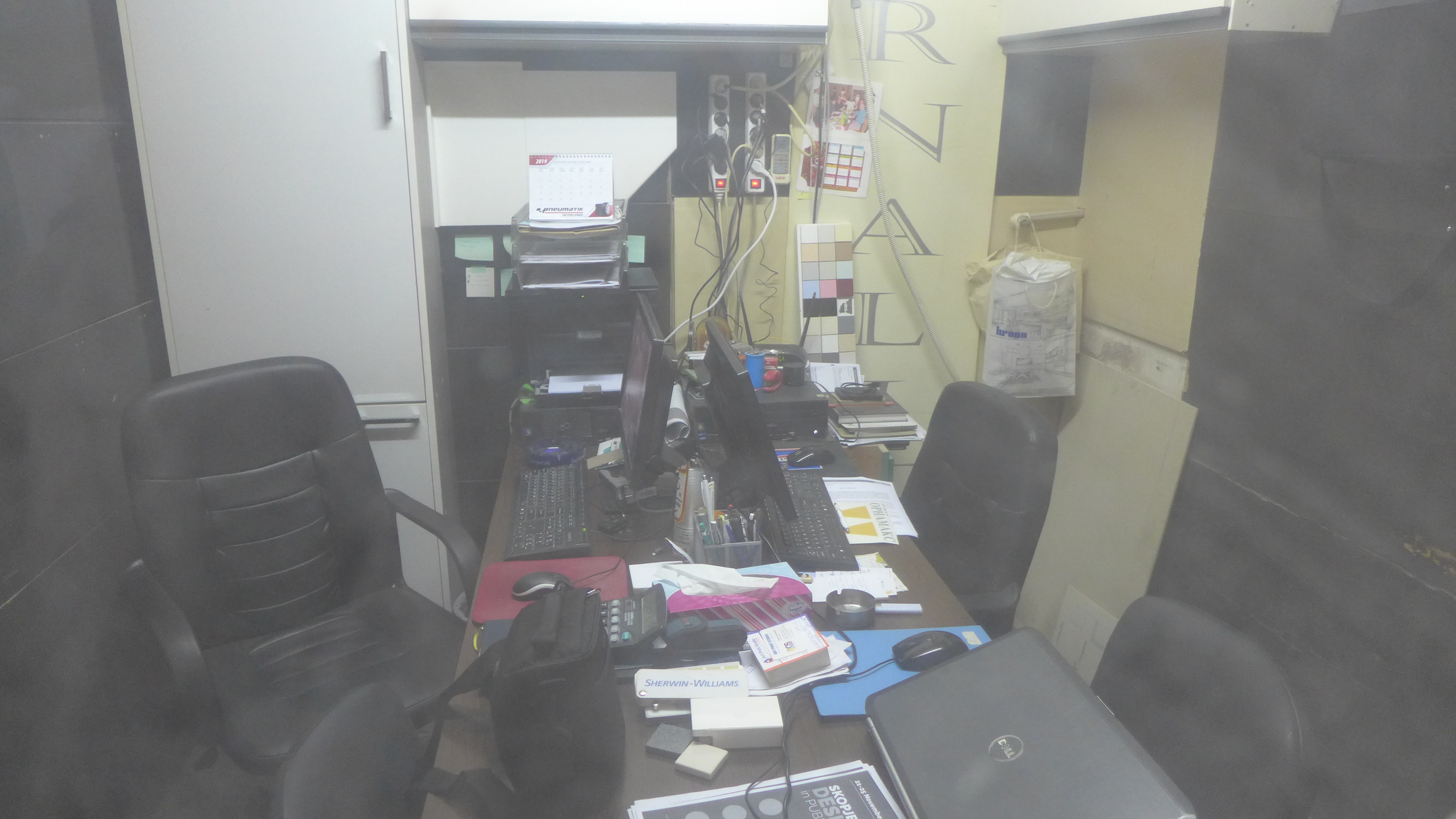
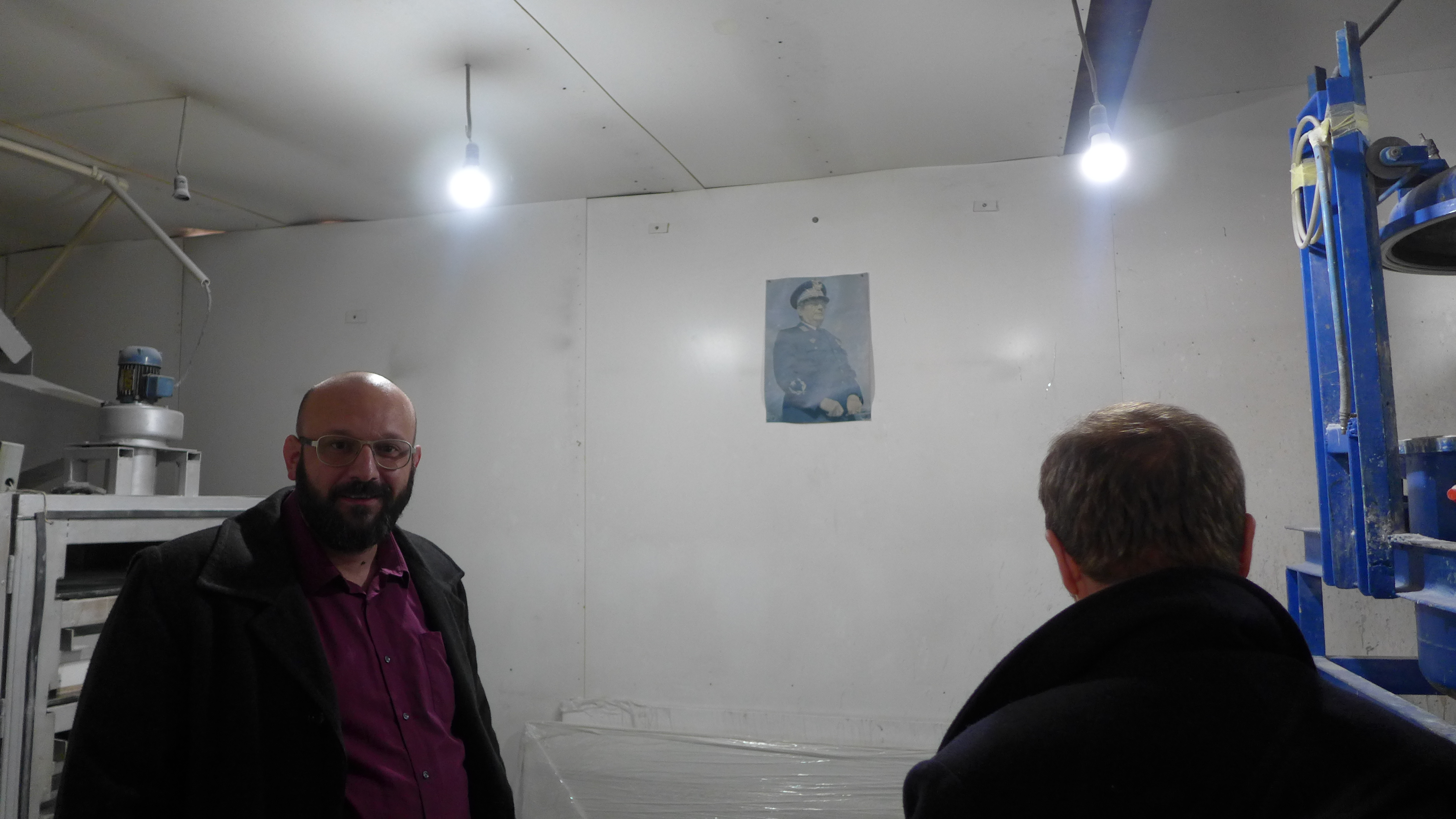
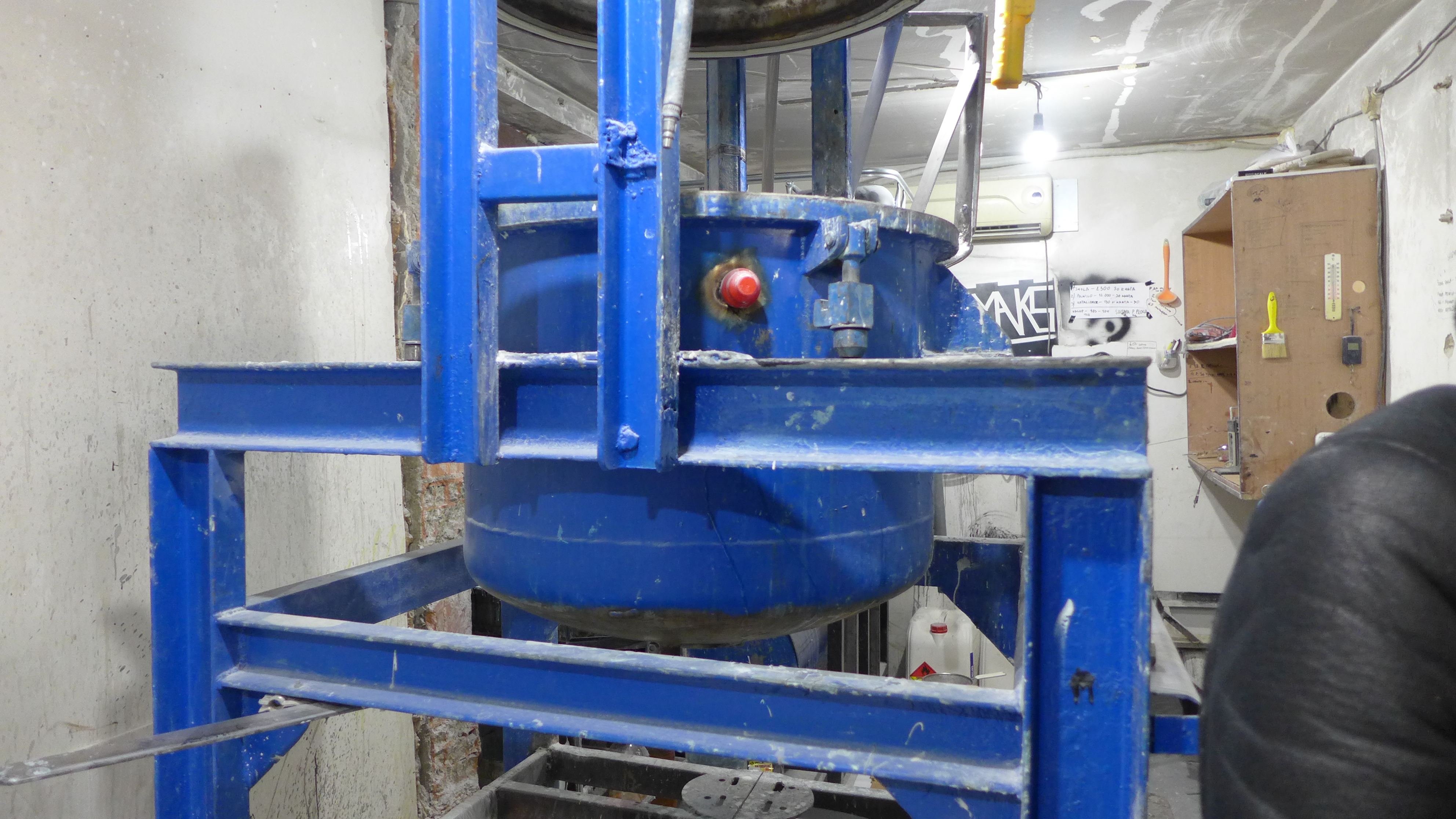

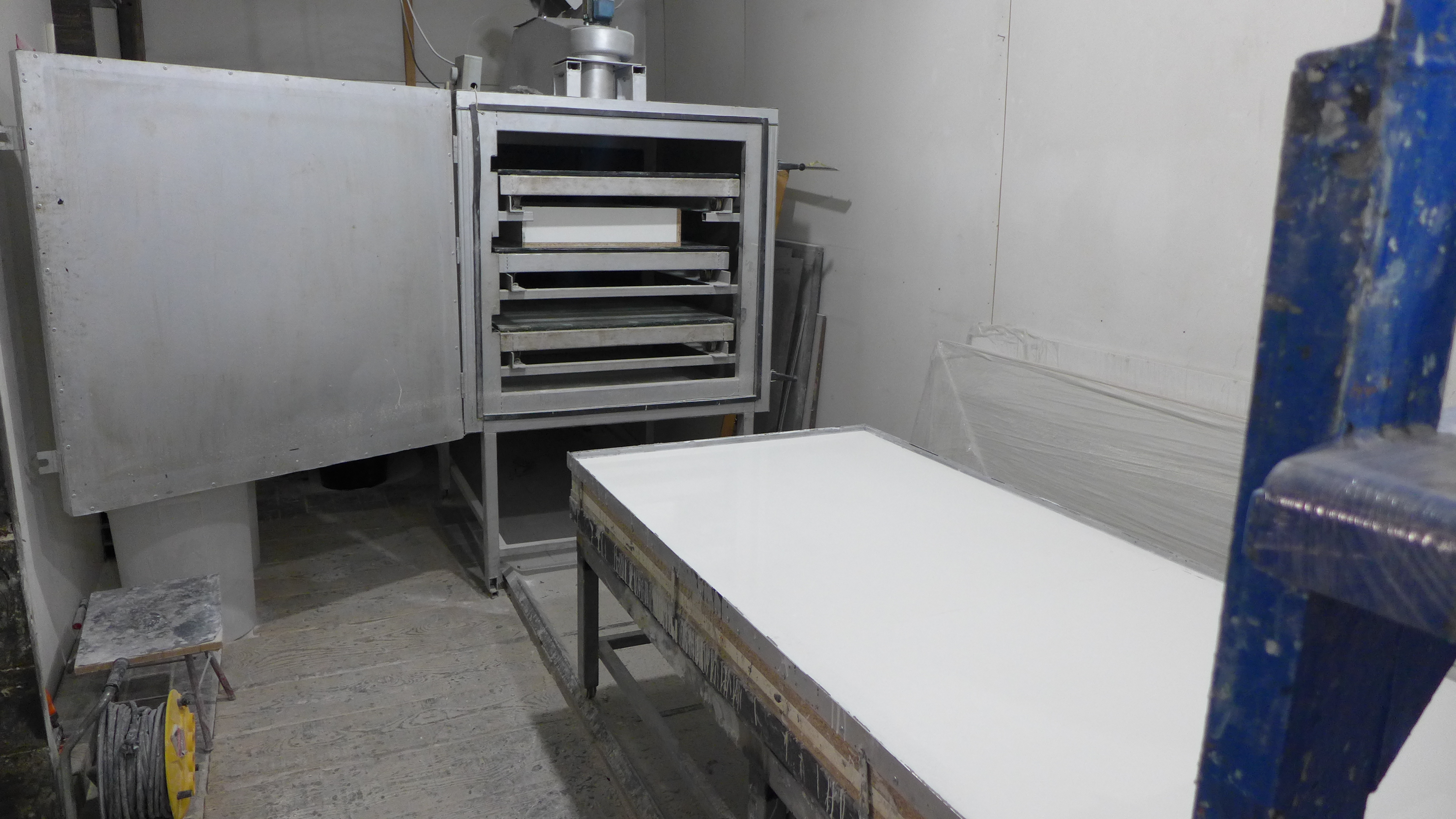
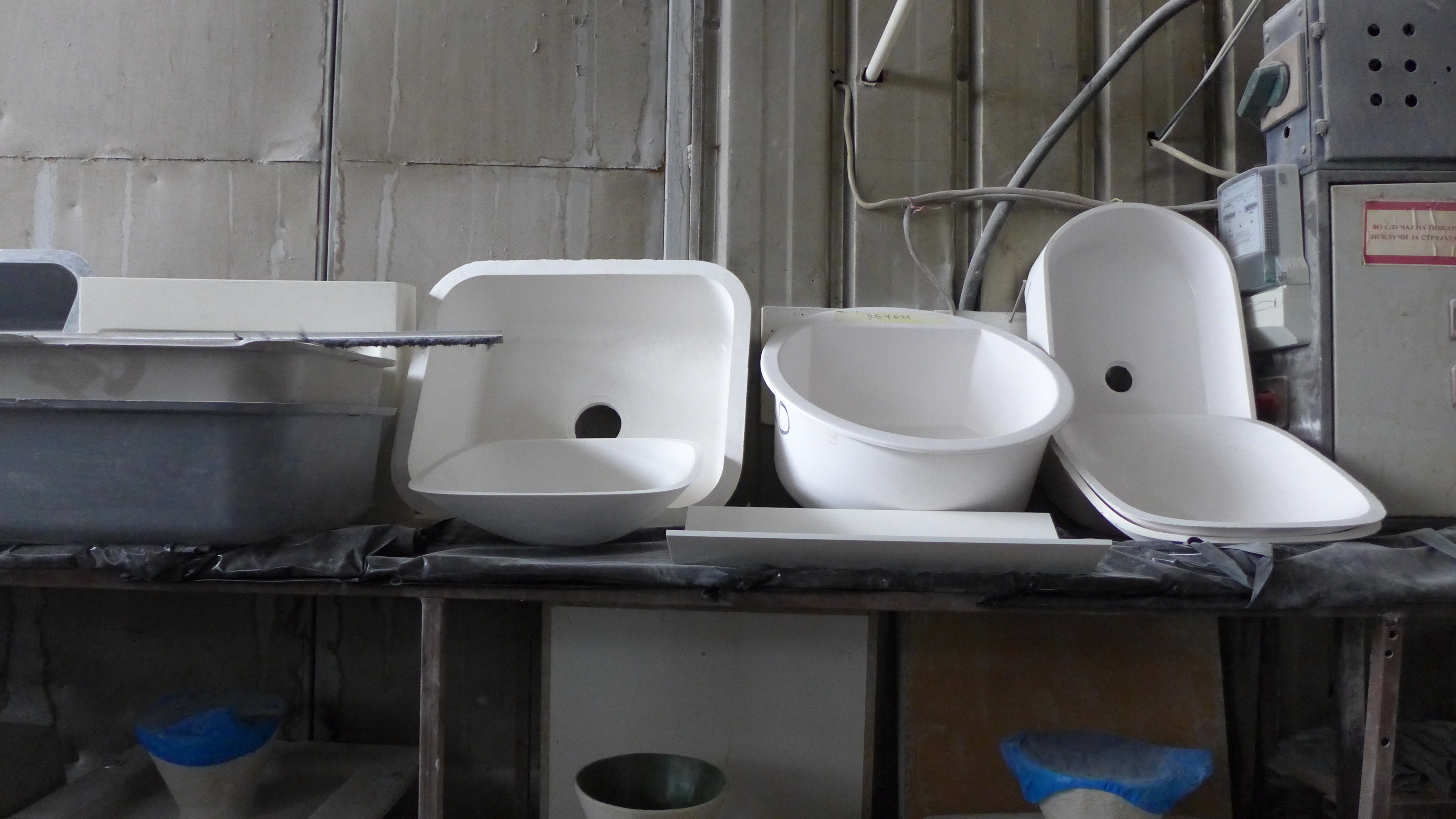
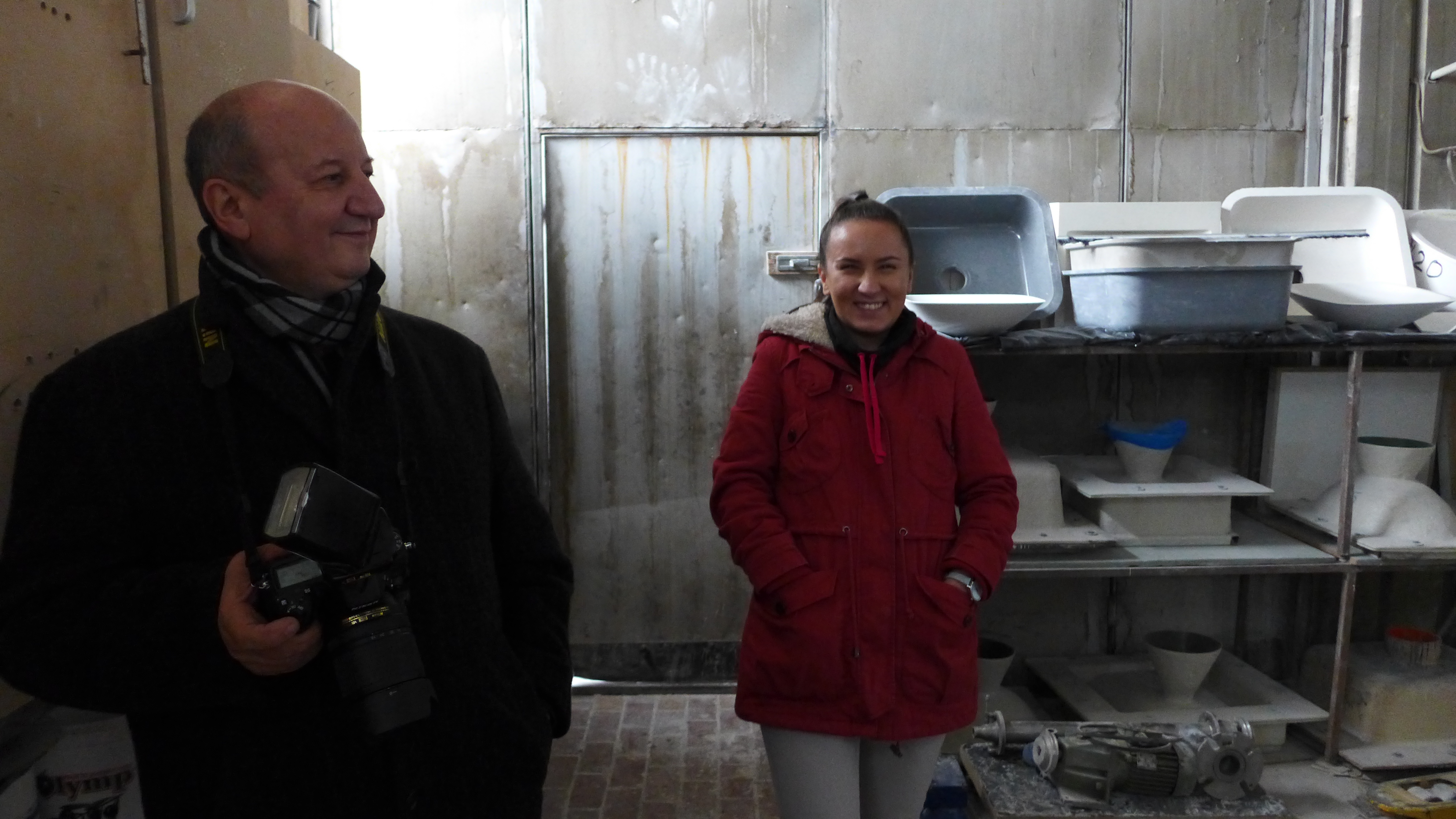

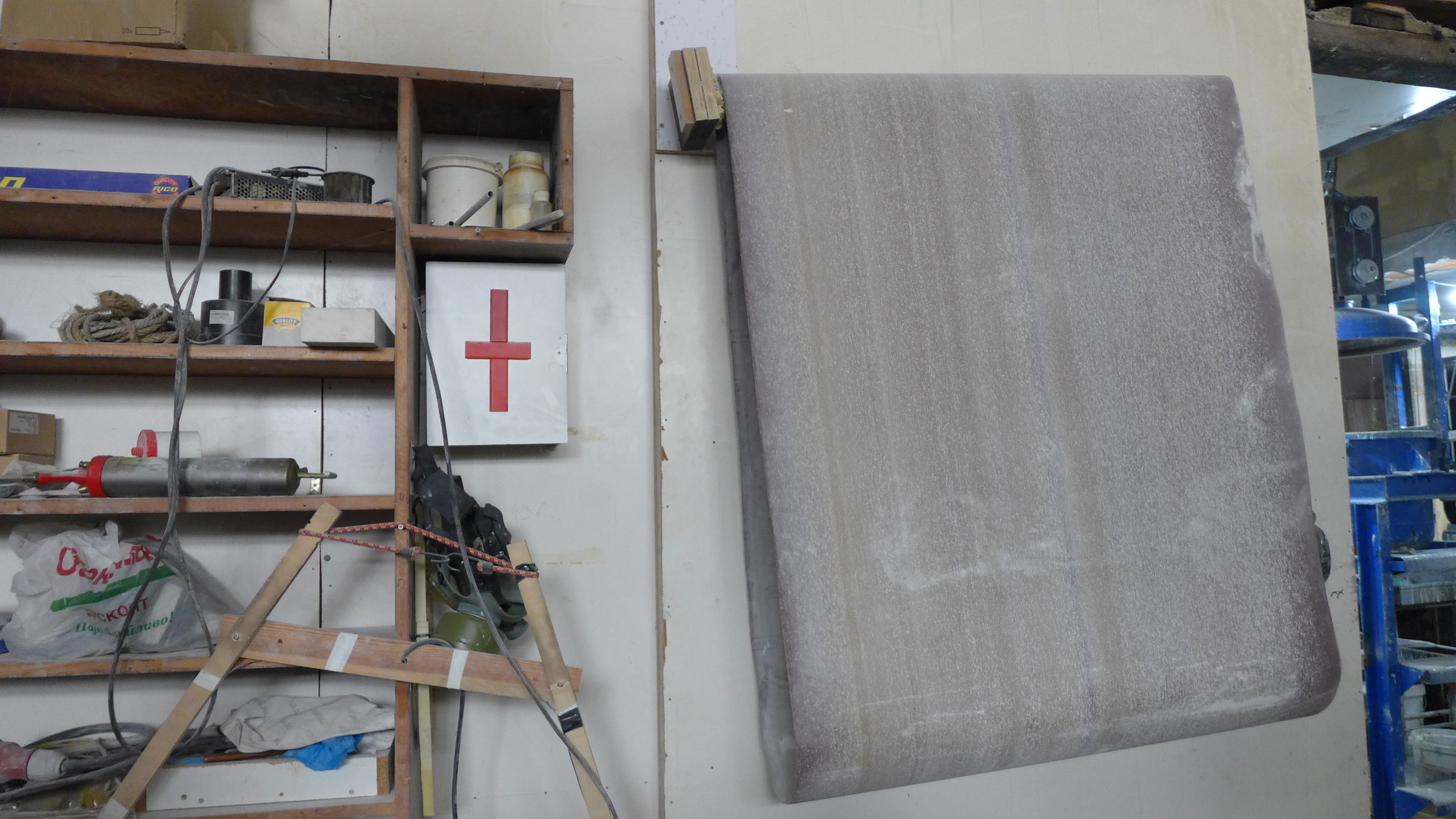

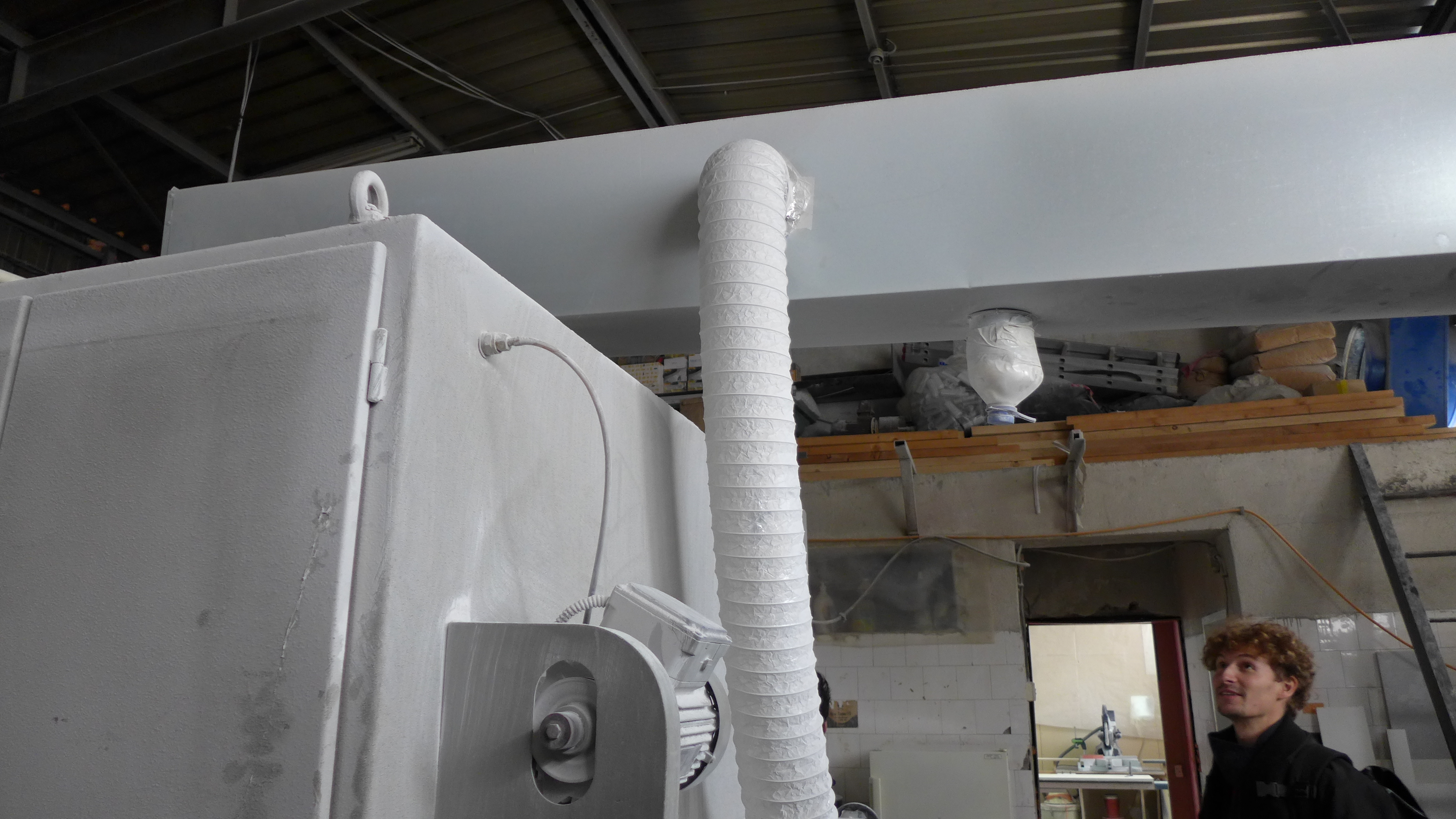
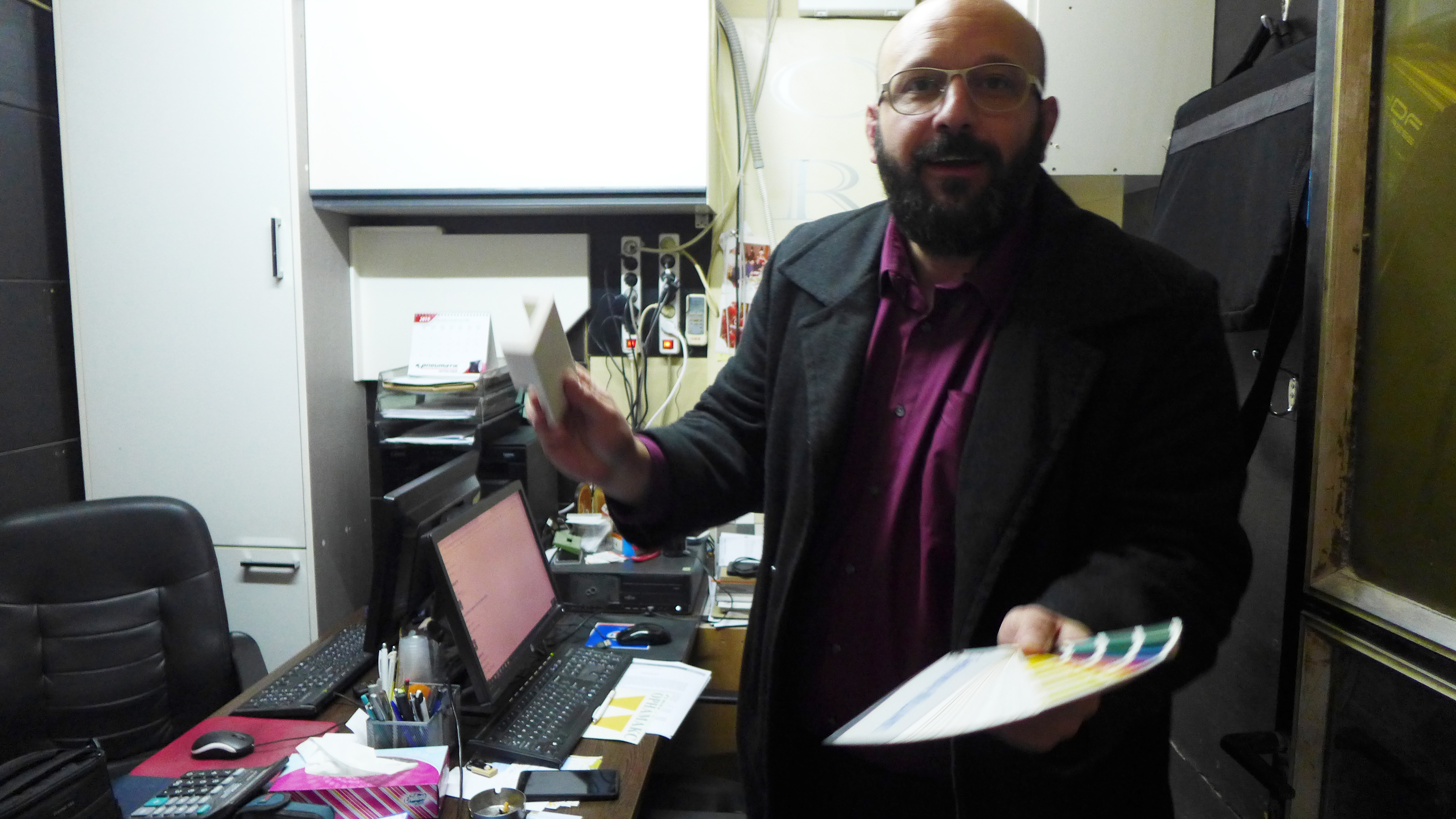
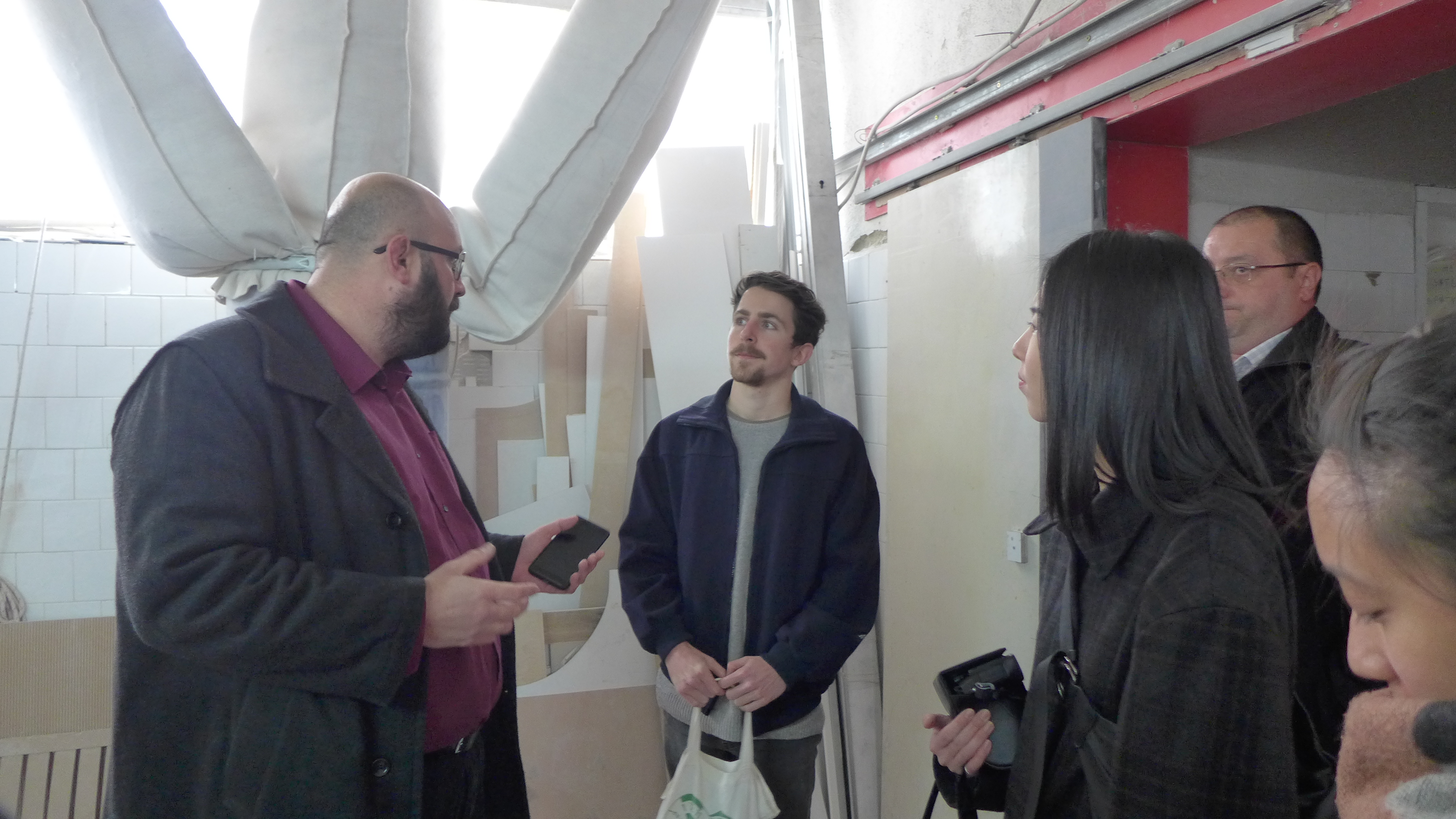

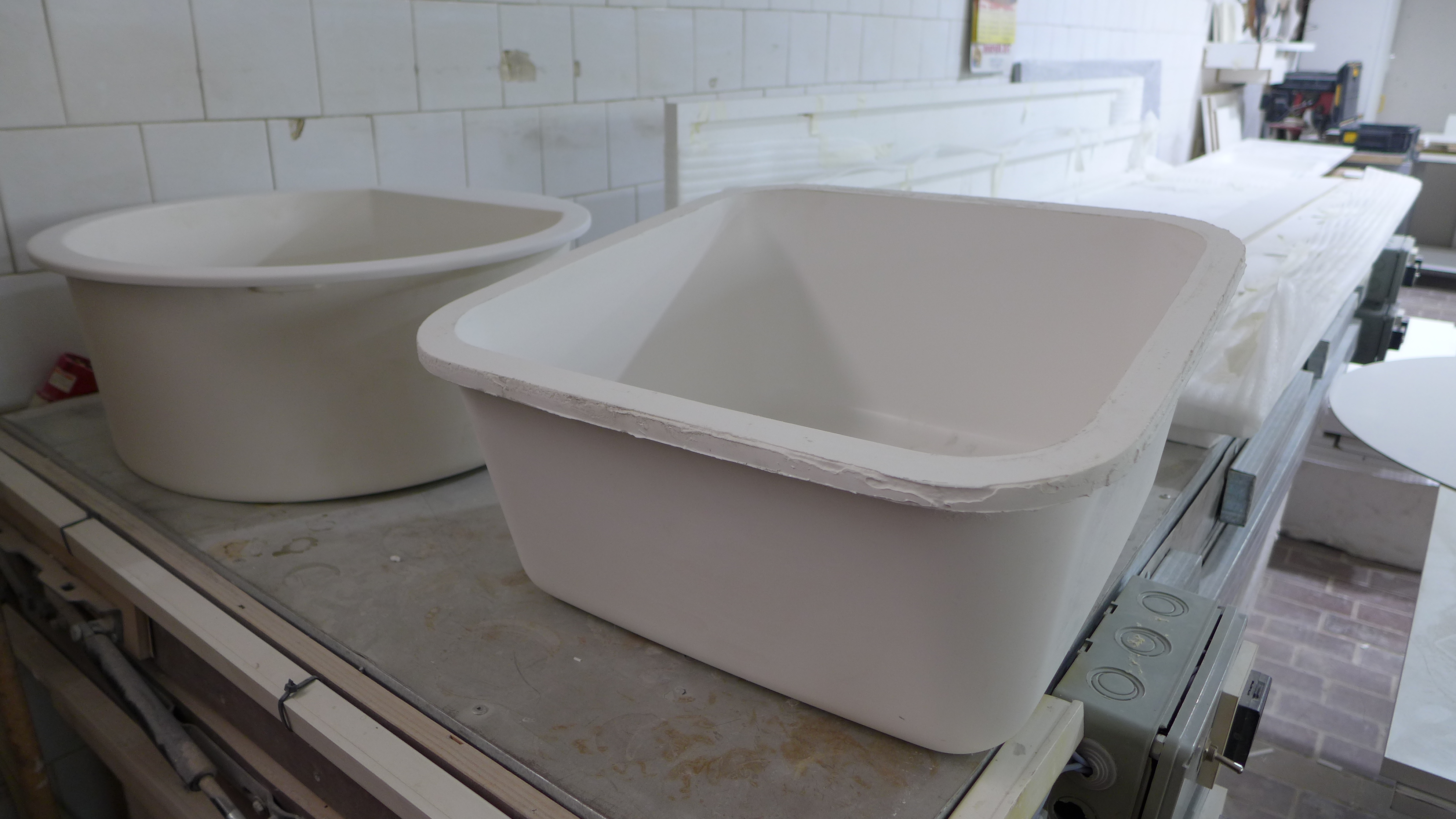
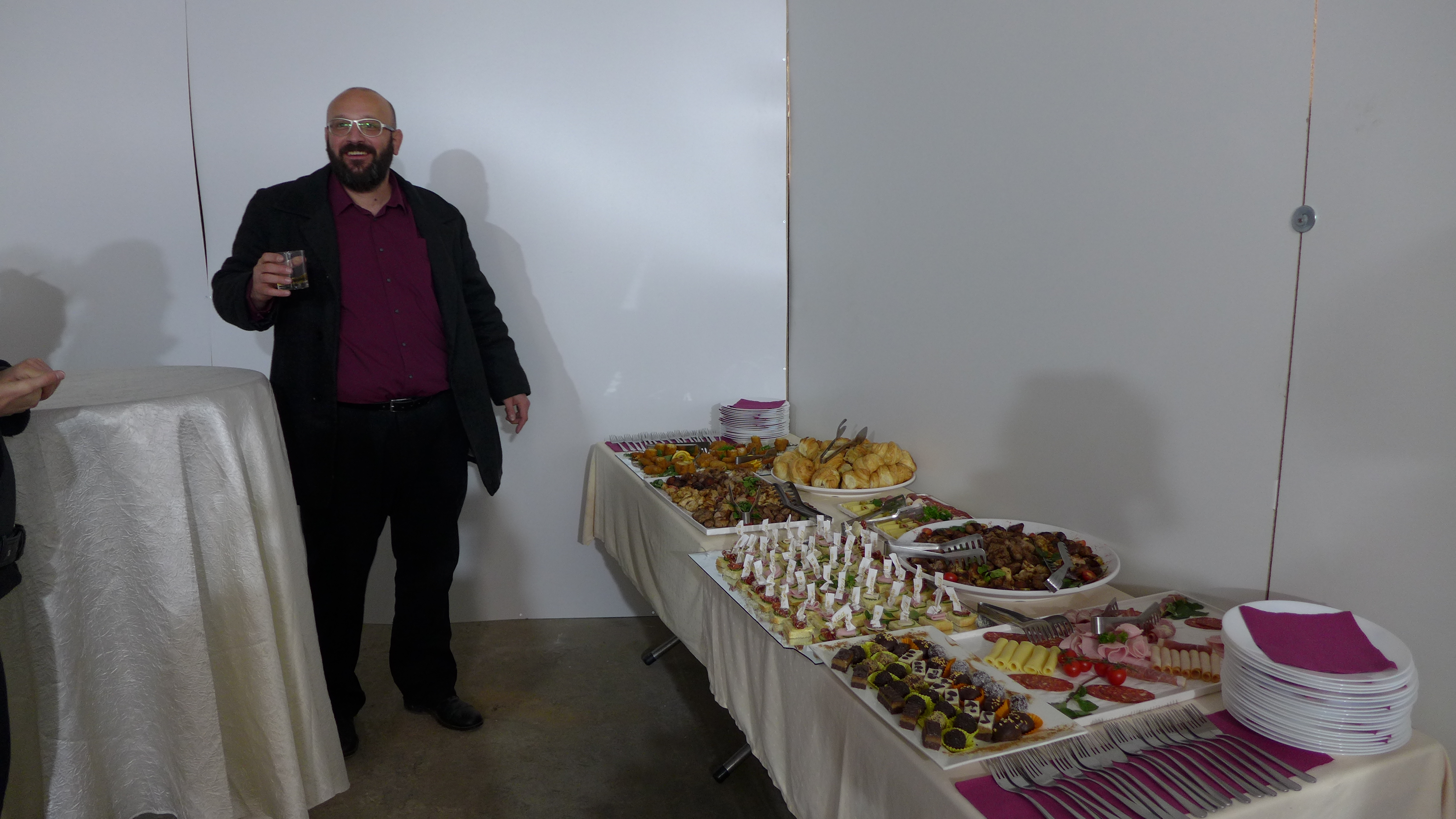
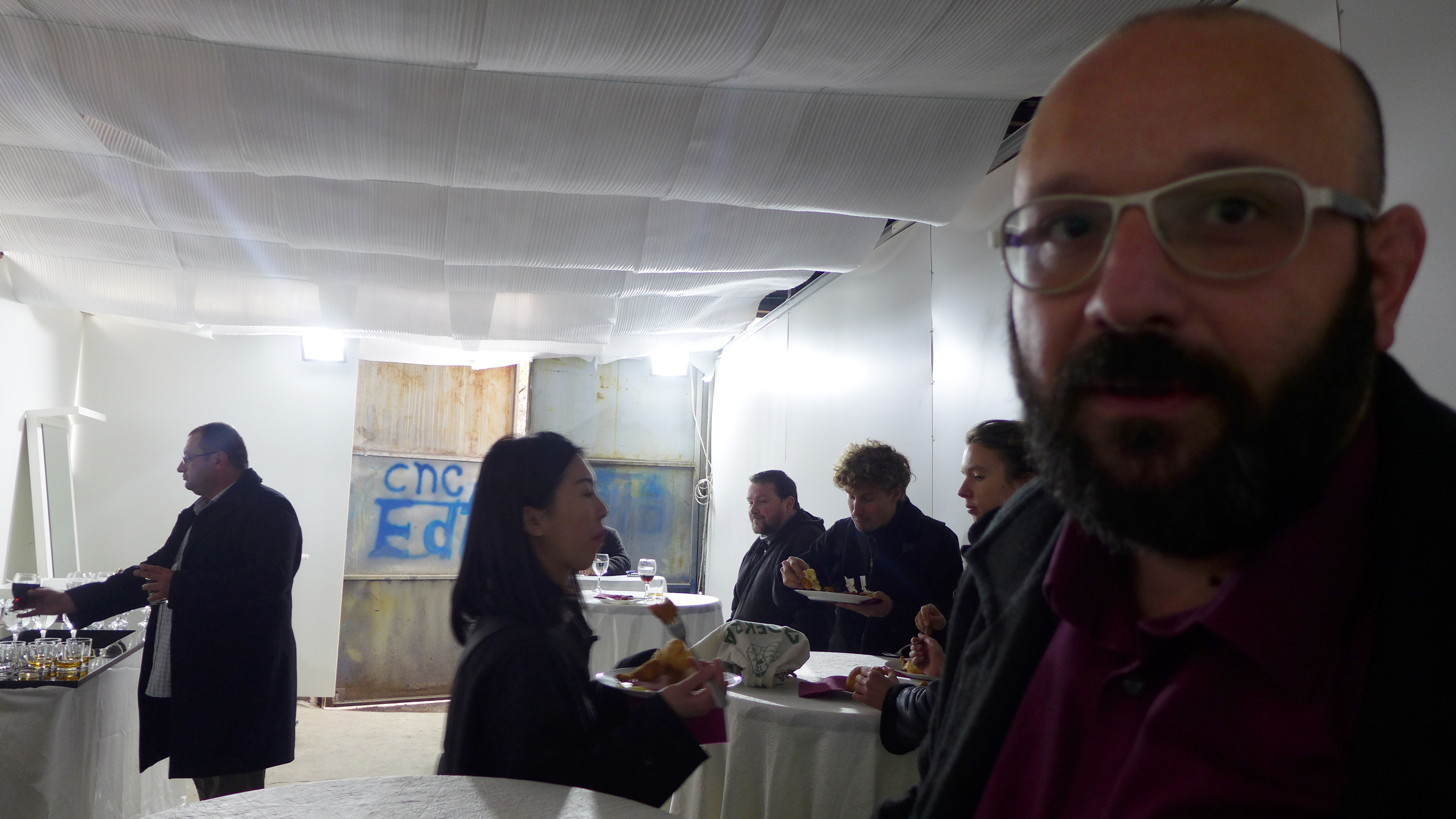
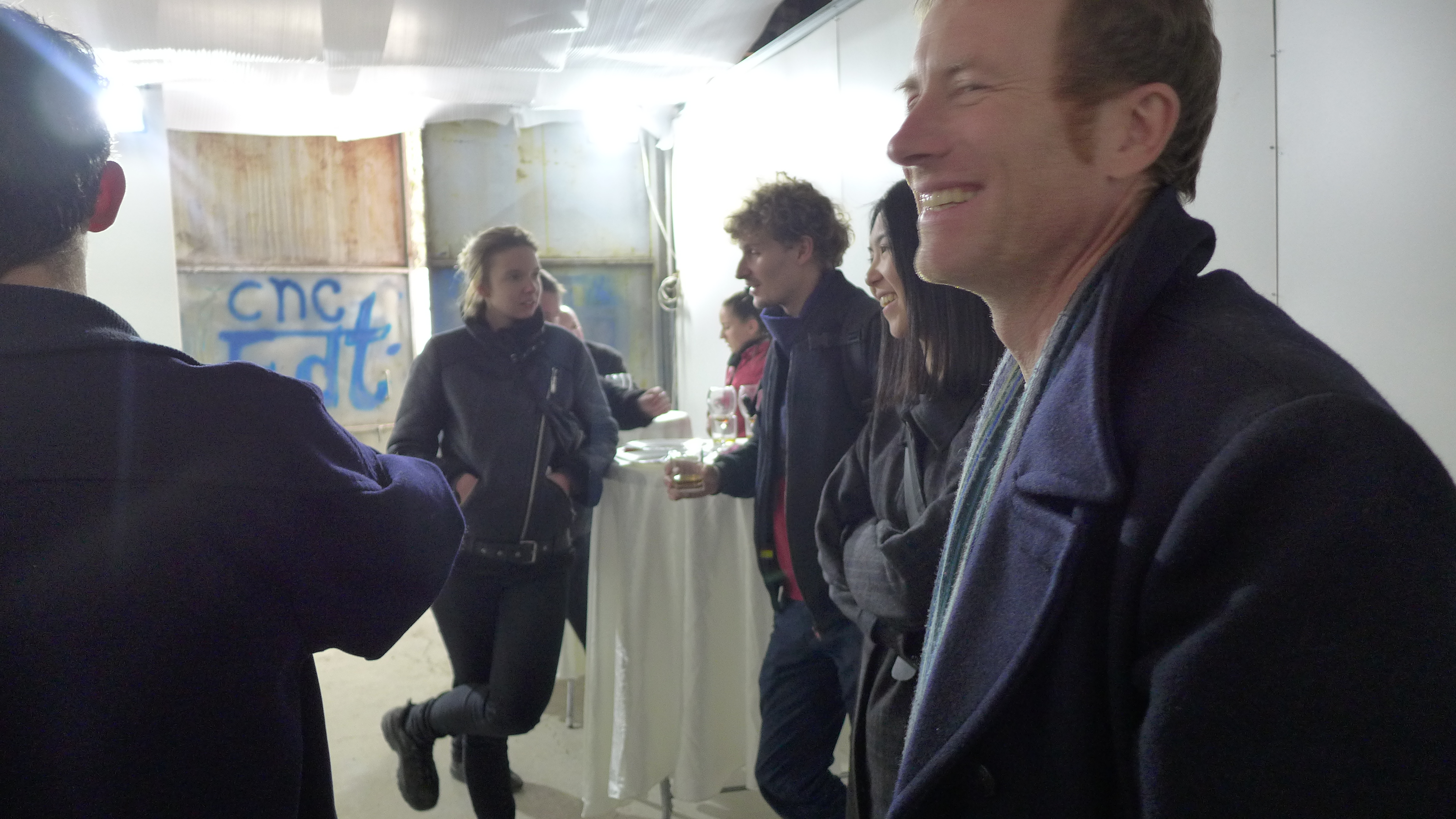
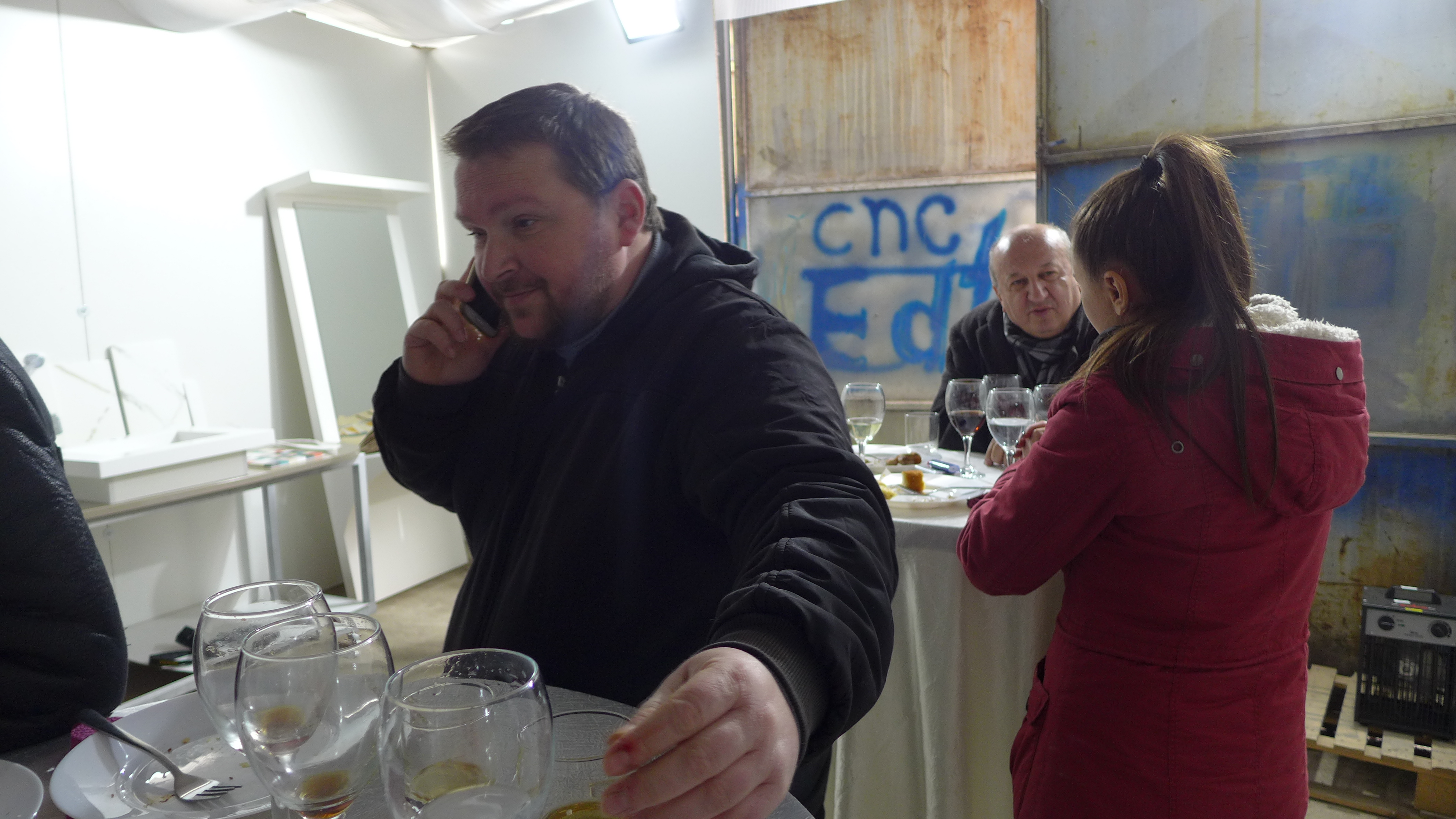
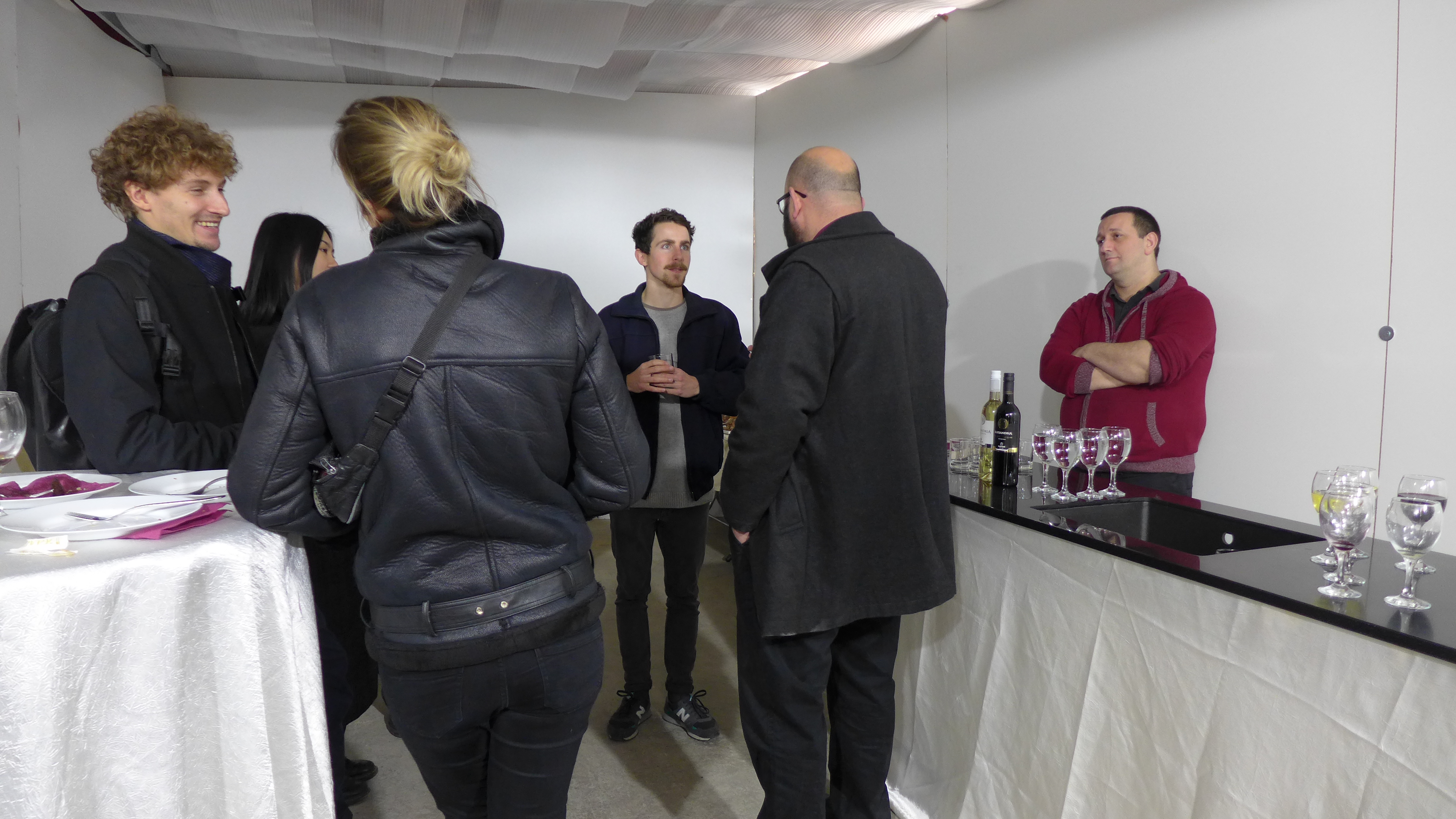

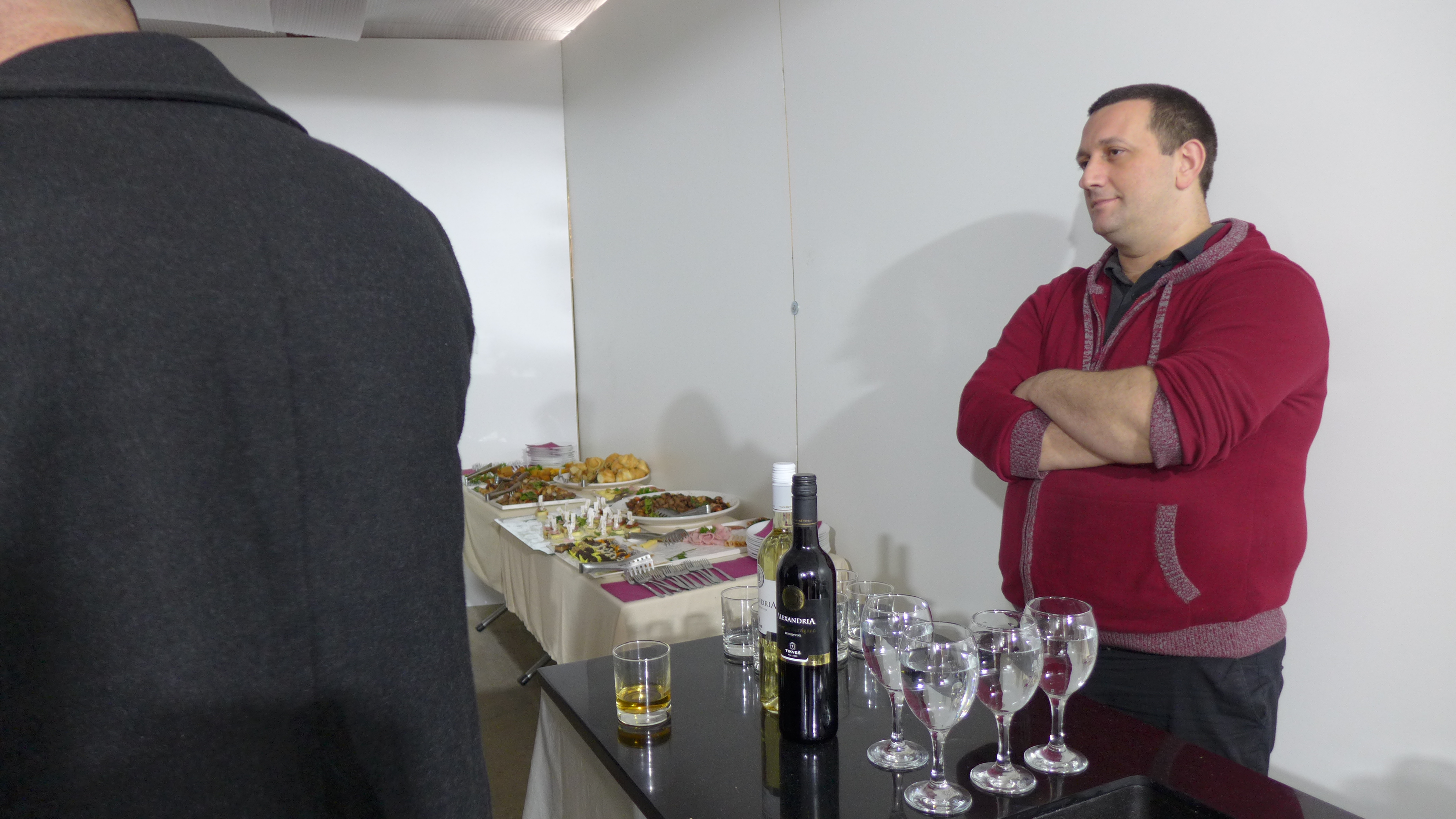


A brief foray into developing small souvenir objects for Macedonian craftsmen, in order to further their outreach and with the aim of sustaining chances of longevity in a highly industrial society.
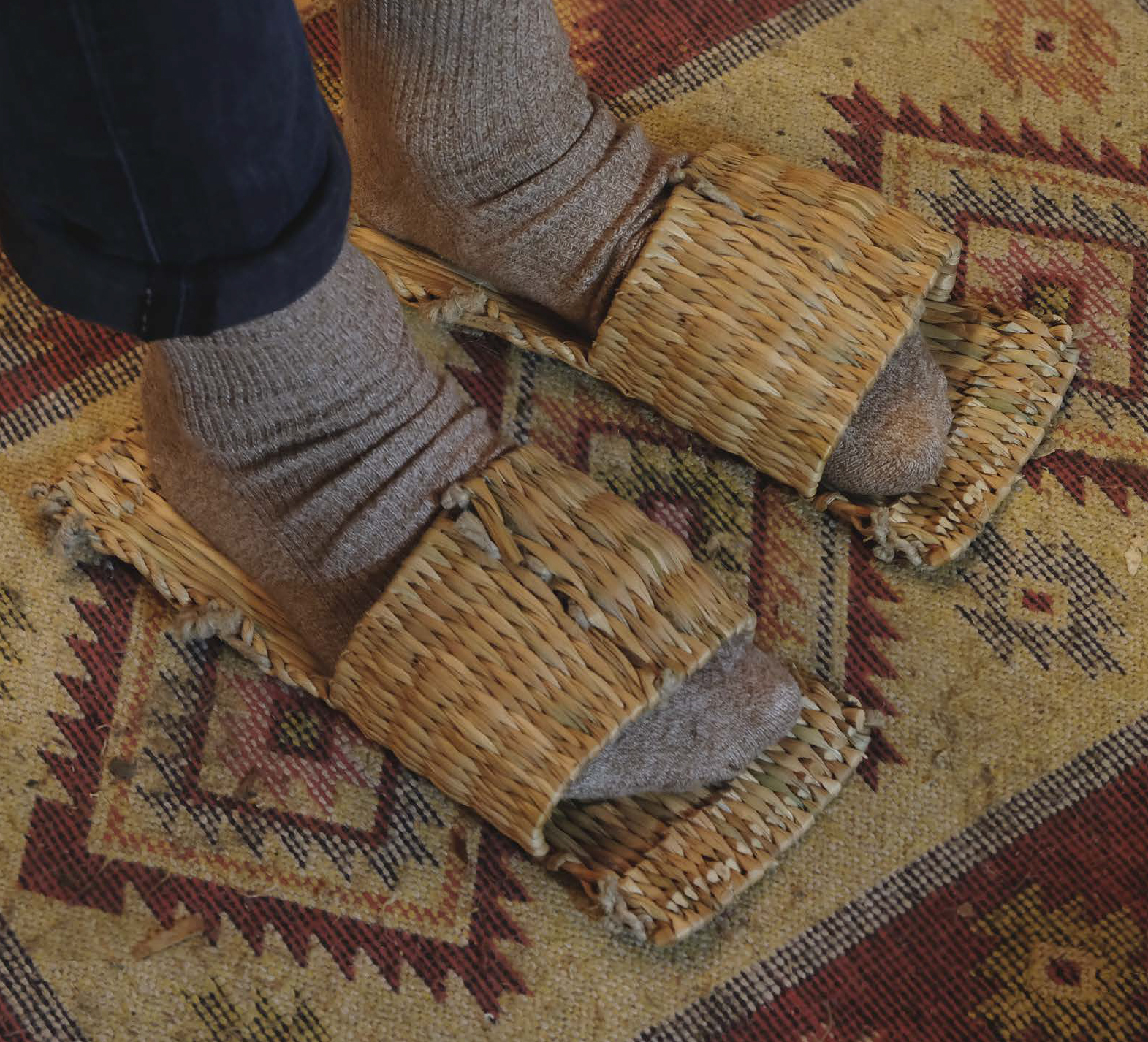
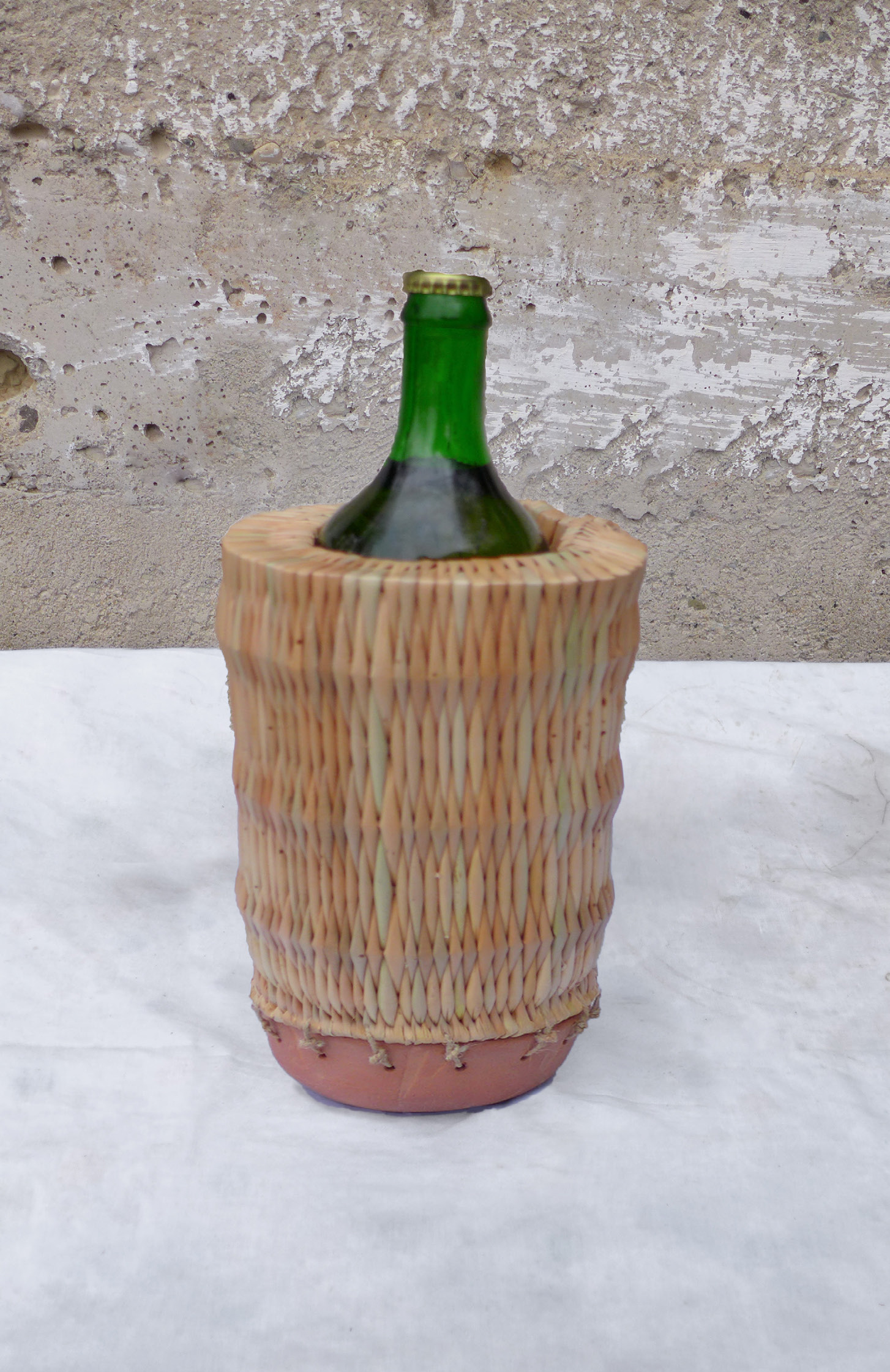
Is design able to save endangered craft?
The design of this wine cooler combines two old crafts methods: basketry and ceramics. The material properties of the double-layered reed weave and terracotta have a thermal insulation effect and so the wine stays cool over and extended time.
If you think of Portugal you will probably imagine colorful ceramic tiles. What comes to mind when you think of Macedonia? In time of cultural fluctuation Macedonia tries to find its identity. These modular tiles are a suggestion inspired by traditional Macedonian pattern.
CHERGA CHAIR: woven chair with Abigail Wheeler

https://www.youtube.com/watch?v=PqRFFVdag3w
The project Cherga Chair combines traditional weaving techniques found in Macedonia and Southeast Asia to make a collapsable chair and sling bag.
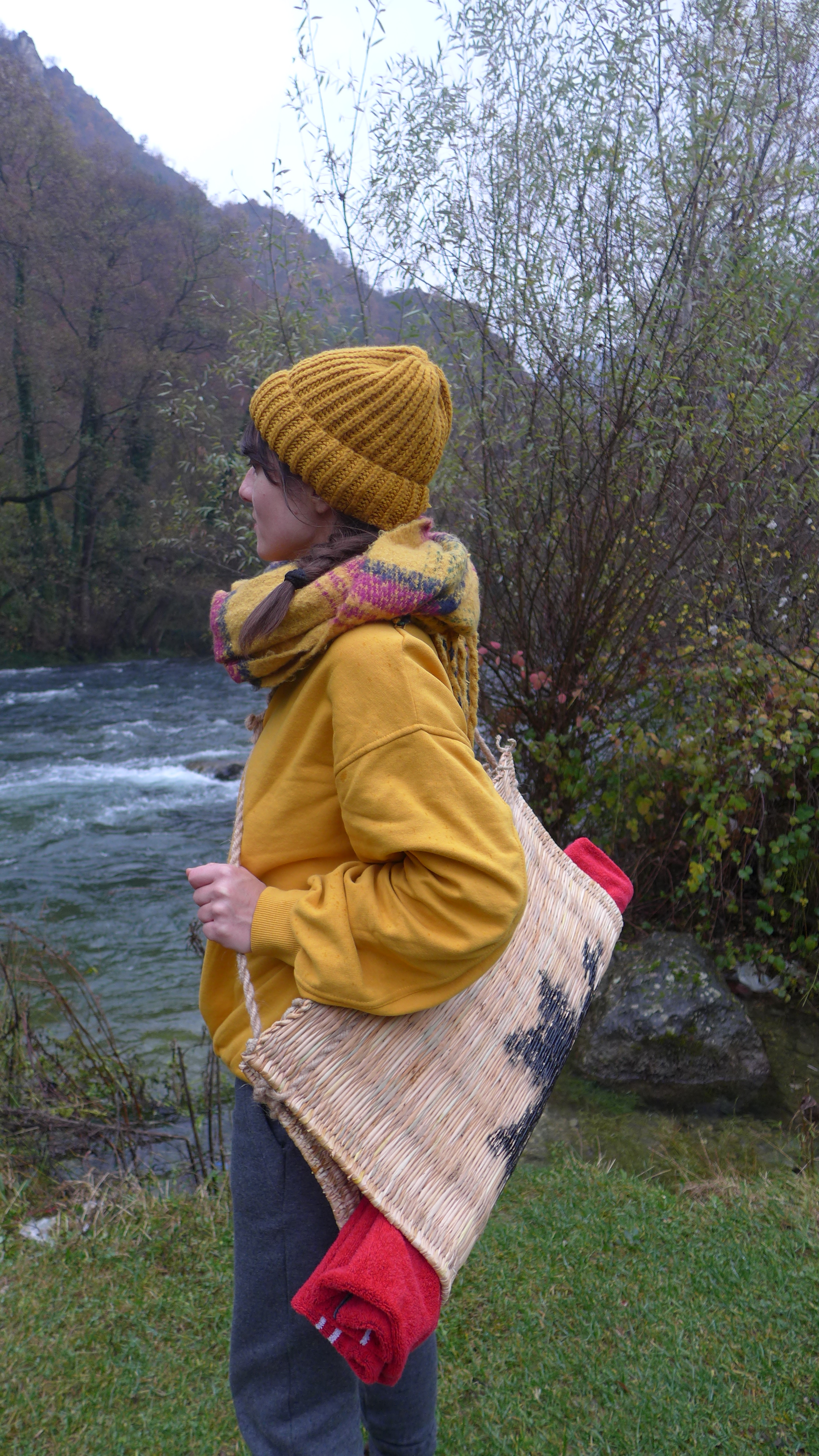
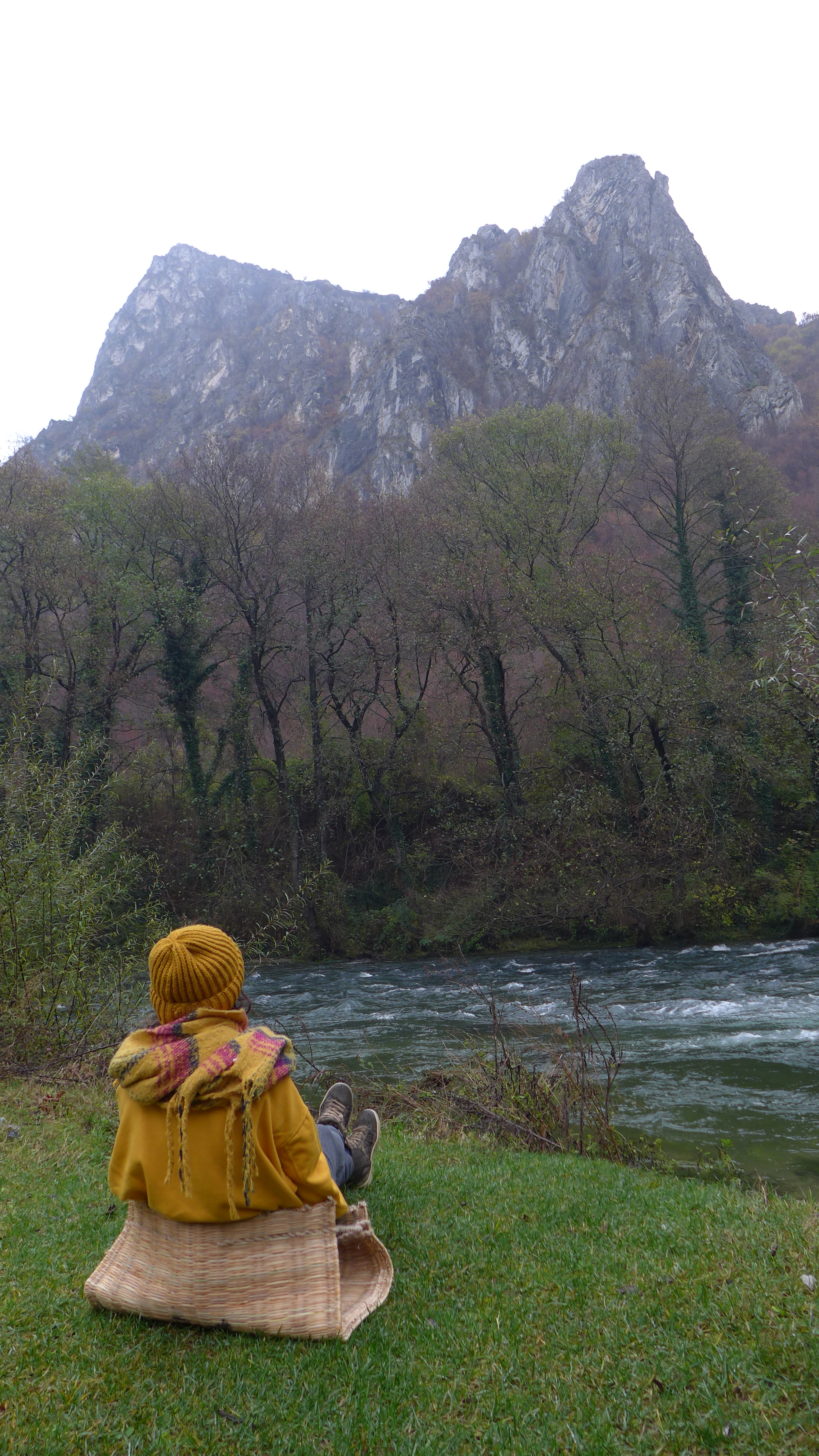
Ranec is Macedonian and means backpack. The product is based on the traditional basket weaving knowledge. By adapting this old craft to manufacture a new product, the tradition can be preserved and simultaneously integrated into contemporary culture.

Ranec is Macedonian and means backpack. The product is based on the traditional basket weaving knowledge. By adapting this old craft to manufacture a new product, the tradition can be preserved and simultaneously integrated into contemporary culture.
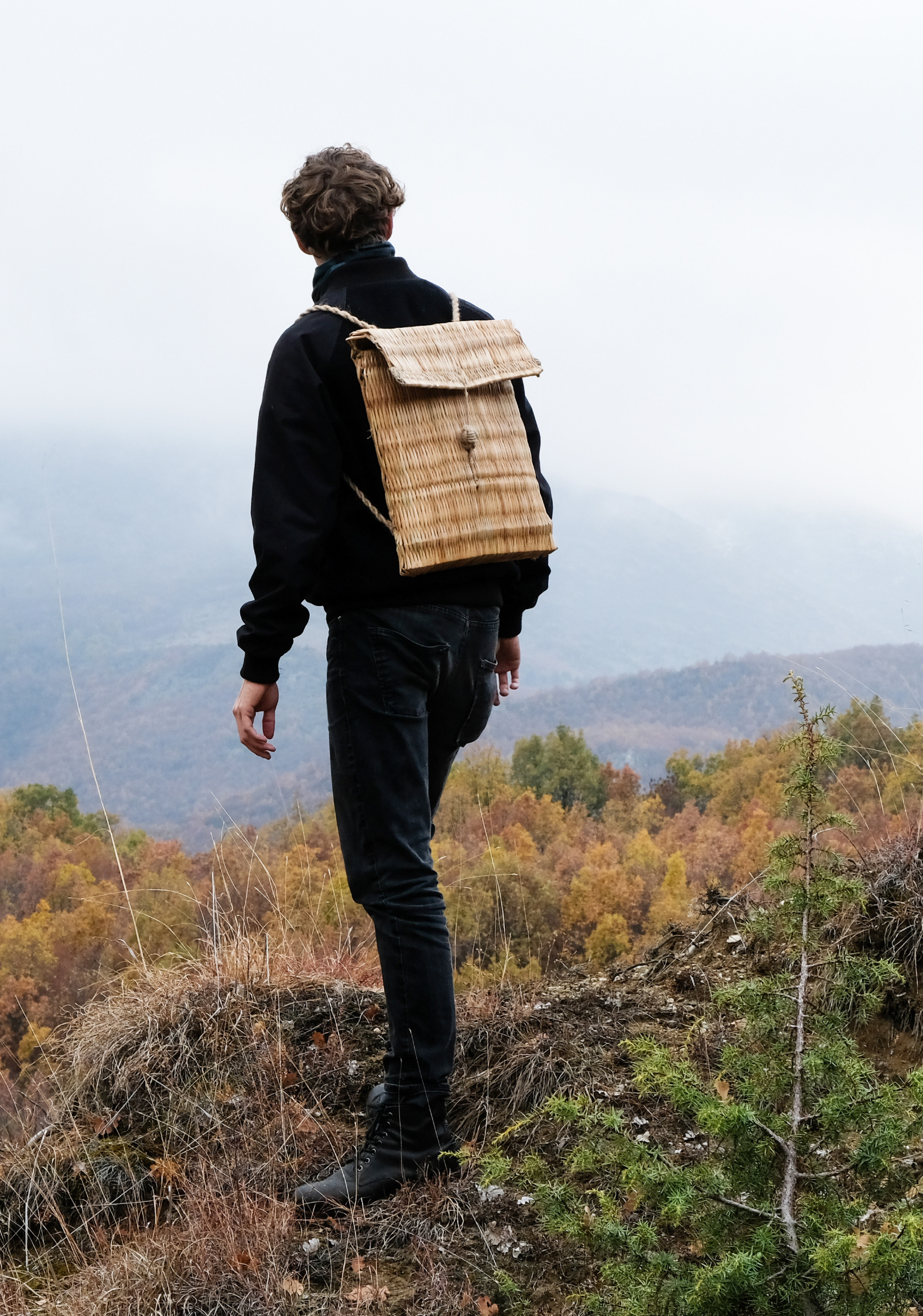
A portable storage box with special closure
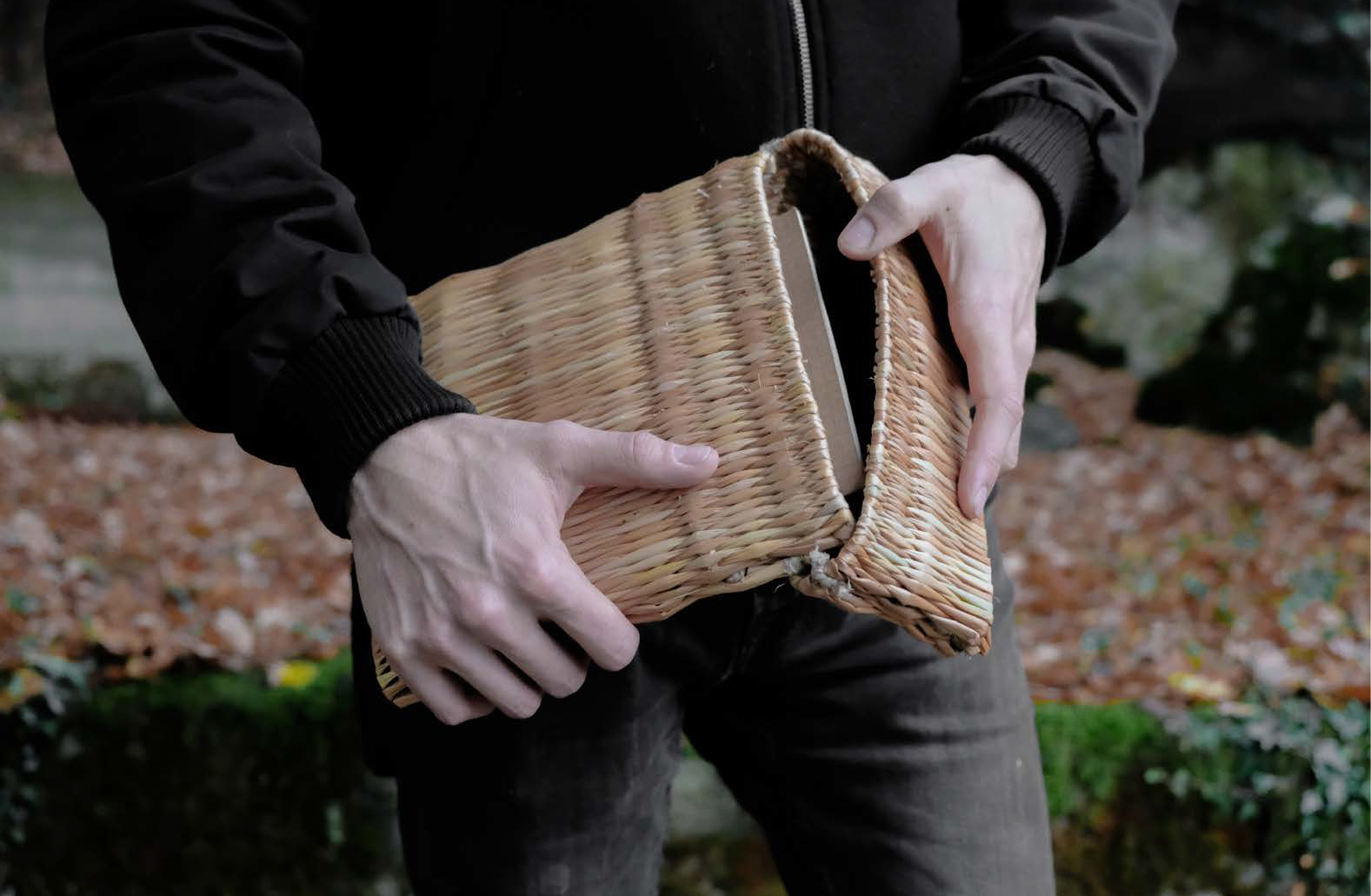
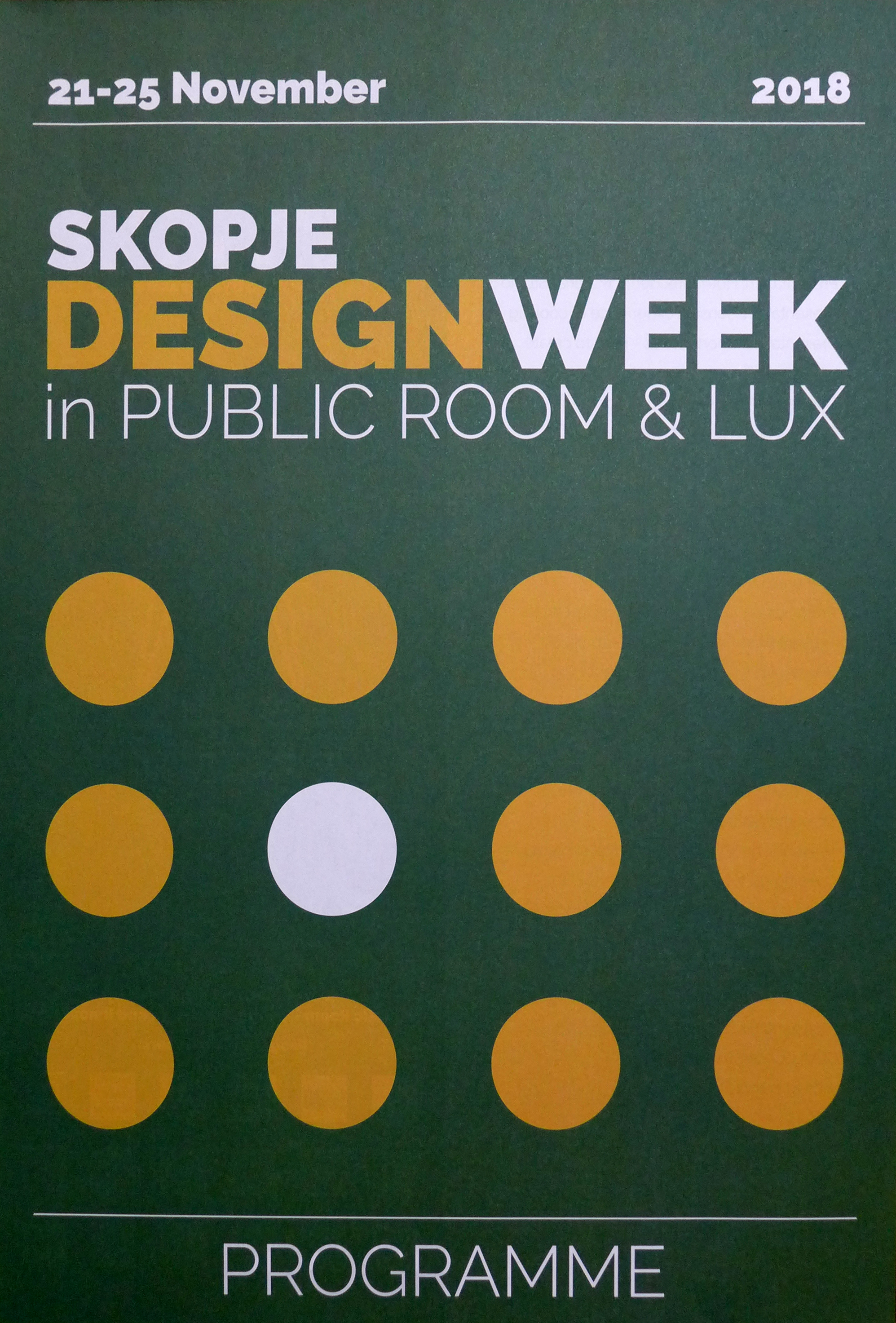
How are the products made that we use on a daily basis?
Many issues play a role in that: production method, material, social context, needs, economics, trends, etc.
But… production methods are changing and we move to a time where needs change too and become more individual: mass-customisation and small scale production becomes a viable alternative for mass-production.
Designers think about the ways we produce and have to think how products can be made by hand,as well as using laser cutters and modern open source technology.
But… how can labour intensive handmade methods work for today’s society and how can some of these crafty methods survive in our near future? Can we speed up processes and learn from industry or add designs that fit better to our current time?
Product Design students from the University of the Arts in Berlin were invited to Skopje’s Design Week as part of the Country in Focus program. Together with two Macedonian students they looked into the status quo of craft today and for four days they worked with ceramisist Aneta Popova and basket weaver Petar Blagojevski (Pero) in the Matka Valley on some proposals.
In the next days the students will visit industrial factories around Skopje, but the results of their research and outcomes on crafts are presented on 21 and 22 November at Public Room: 50 Divizija 22, 1000, Skopje
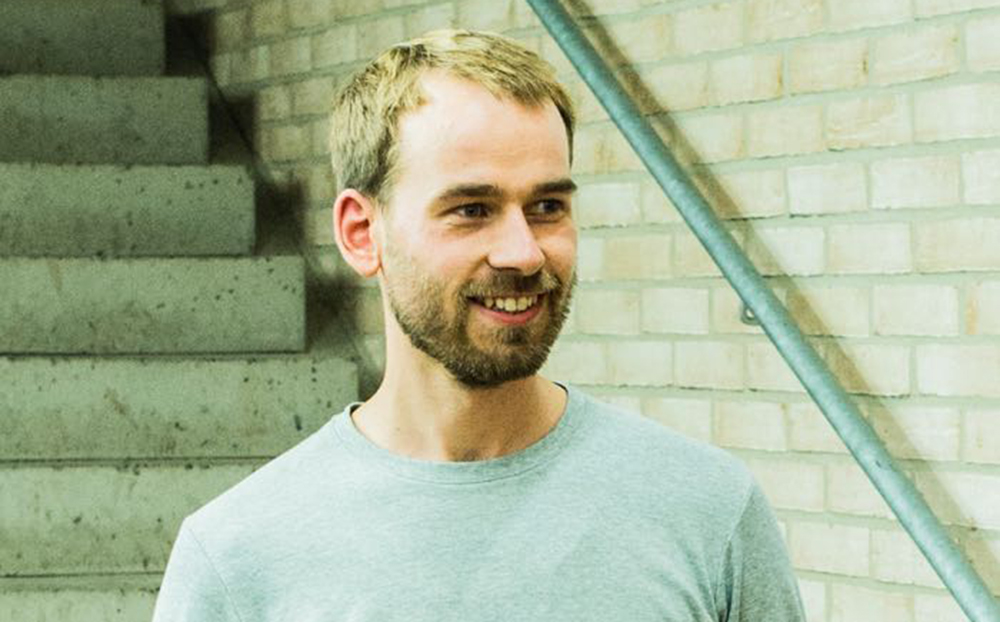
3 december, 2018
Room 202, 18.00
Lukas Wegwerth studied at the University of the Arts in Berlin where finished his Diplom in 2015.
He is interested in the folkloric work of Dagobert Peche, the honest carpentry of the shaker design movement, as well as the provocative work of Atelier van Lieshout. Lukas works primarily with found, organic materials, with which he explores growth and transformation, of memory and time.
In 2014 Lukas was the winner of the Interieur Award for Spaces in Kortrijk (BE). He has engaged with Atelier Luma in France to develop an Open Structures system that was used for all the display-units of the 4th Istanbul Design Biennial.
On 3 December Lukas will speak about his work and how it works when you are commissioned to take care of the display units for a Biennial.
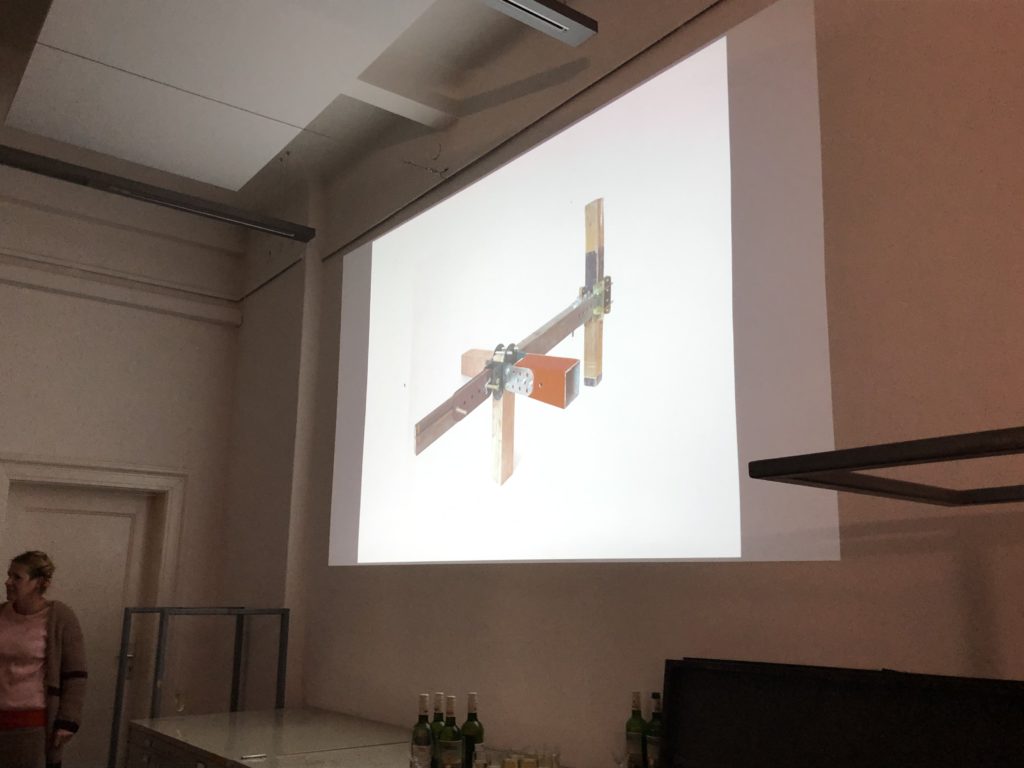
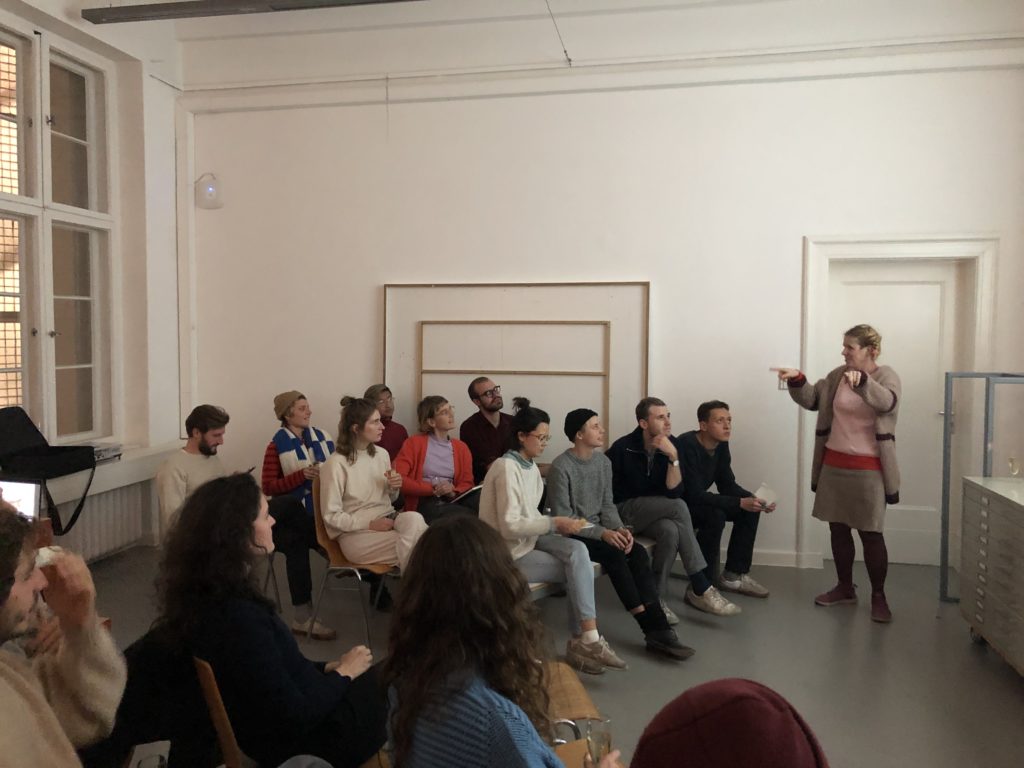
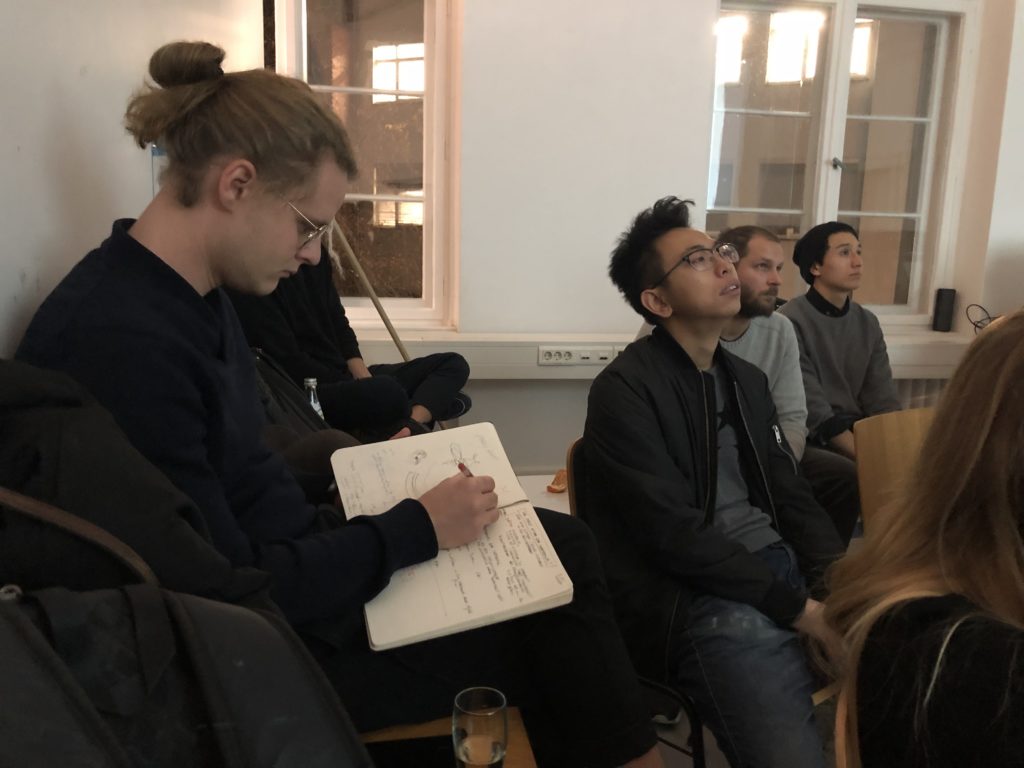
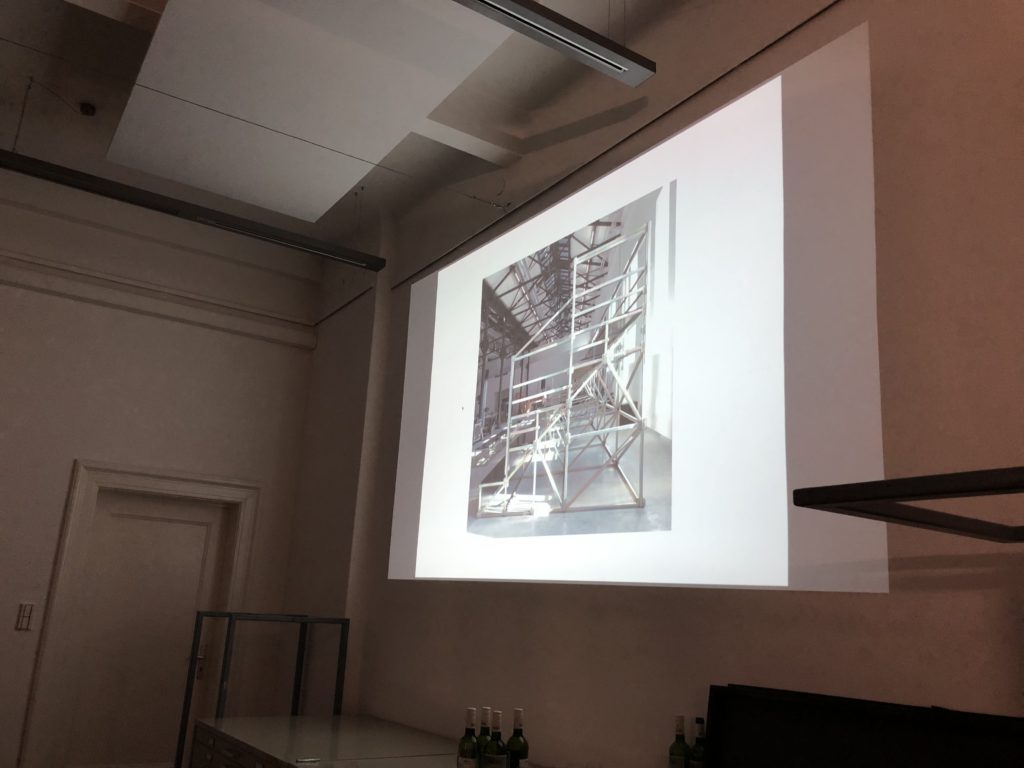
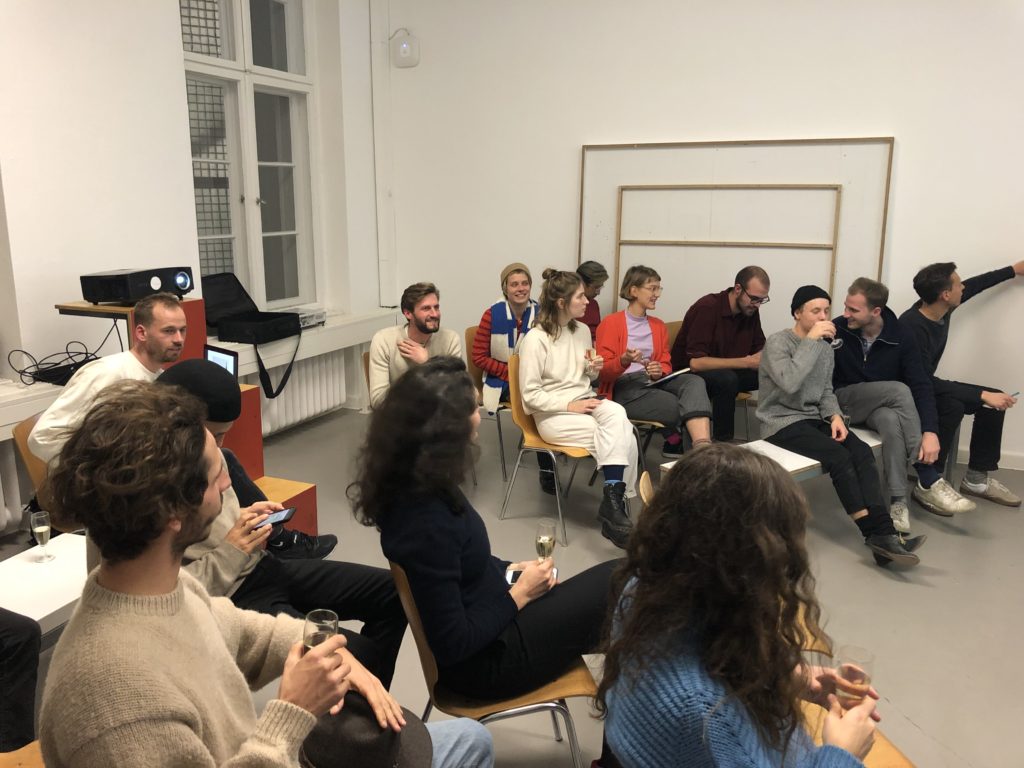
7 November 2018:
Design & Social Context students more or less started their Winter Semester in Istanbul at the 4th Istanbul Design Biennial: a school of schools.
They worked for 6 days on the 6 topics of the Biennial that are seen as important for the future of design and designers:
1. Making & Unmaking 2. Earth & Disasters. 3. Currents & Networks. 4. Time & Lifetime 5. Digestion & Distribution. 6. Scales & Values.
On 3 November the first results were presented at Akbank Sanat as an informative Bazaar with:
– a selection of the individual researches that everyone presented each morning
– the object and models that were created and..
– a selection of proposals that came out at the end of each day
This film shows a rough compilation of pdfs and films of the outcomes of the first five days.
Project impressions below
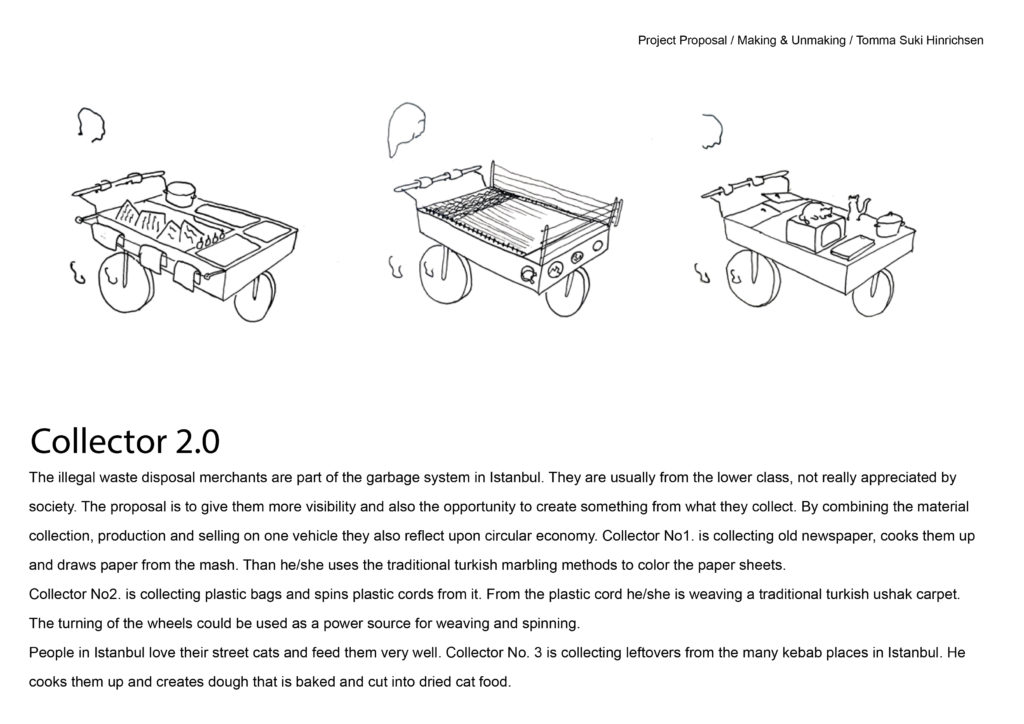

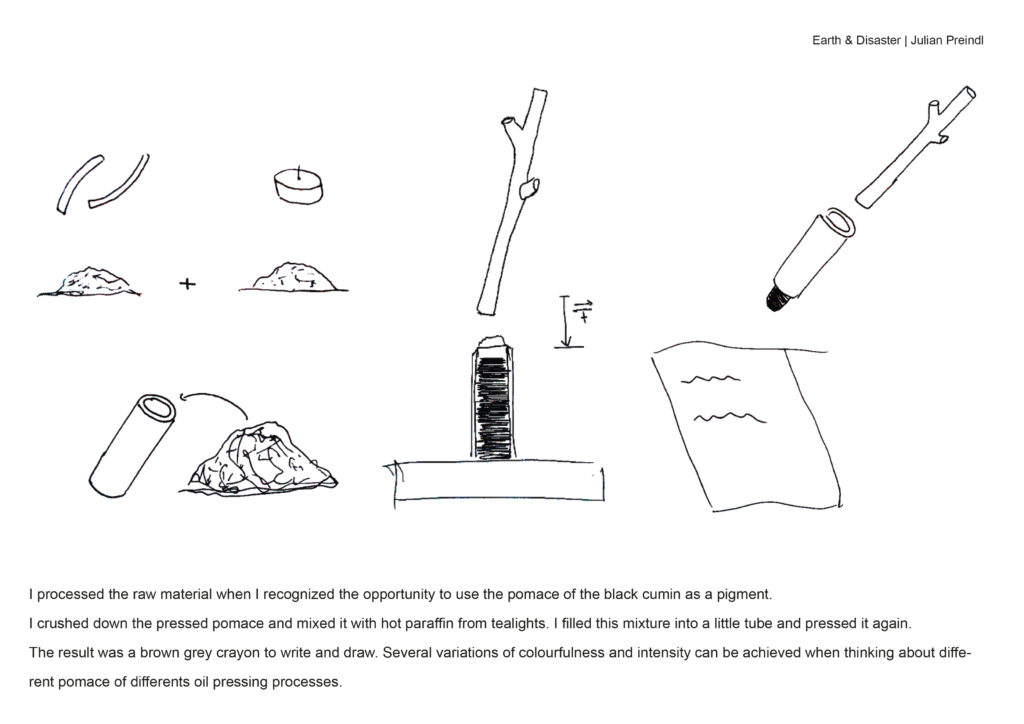
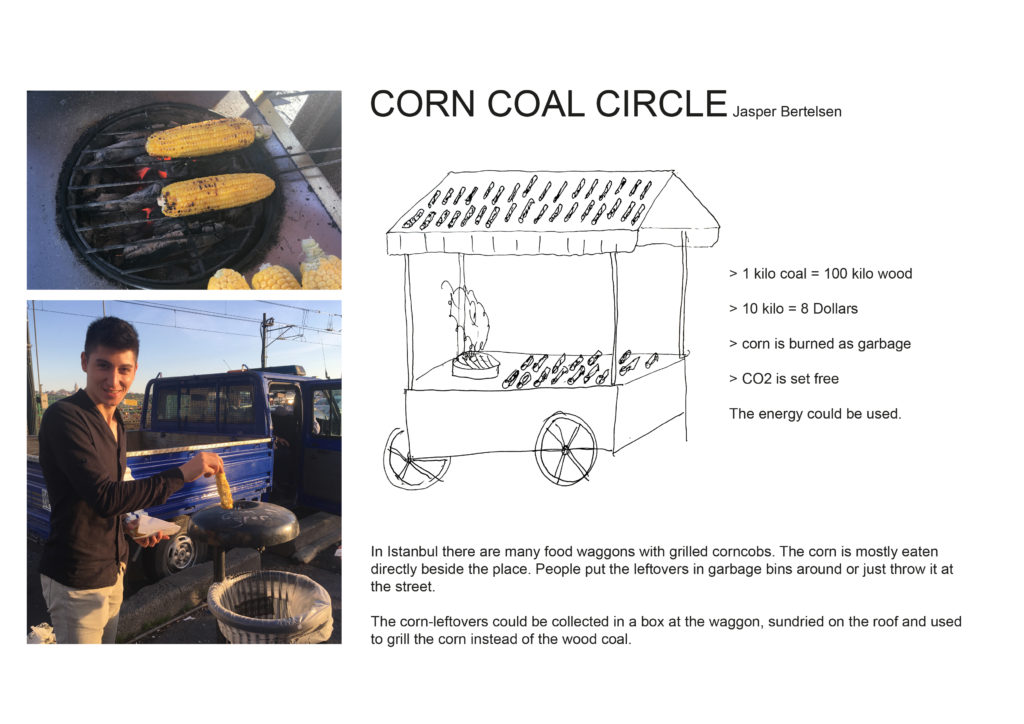

Design & Social Context students are a week in Istanbul at the 4th Istanbul Design Biennial: a school of schools
For the New Grounds project they worked 6 days on the 6 topics of the Biennial that are seen as important for the future of design and designers.
On 3 November there is a presentation in Istanbul of the first ideas with a selection of the individual researches that everyone presented each morning and a selection of proposals that came out at the end of each day.
After this brainstorm week the students will work out a final project for the end of their semester.
In spring 2019 these will be presented in the Bauhaus Archiv in Berlin that than celebrates 100 years of ’school‘.
The Celebrating Glass projects that Design & Social Context and HBK-saar developed in Meisenthal during 2018’s Summer Semester were exhibited in Prag during Designblok 2018.
The stand – designed by the students under supervision of Maciej Chmara – was nominated for a best stand award!
Unfortunately we did not will but it was a huge surprise and compliment to the students!
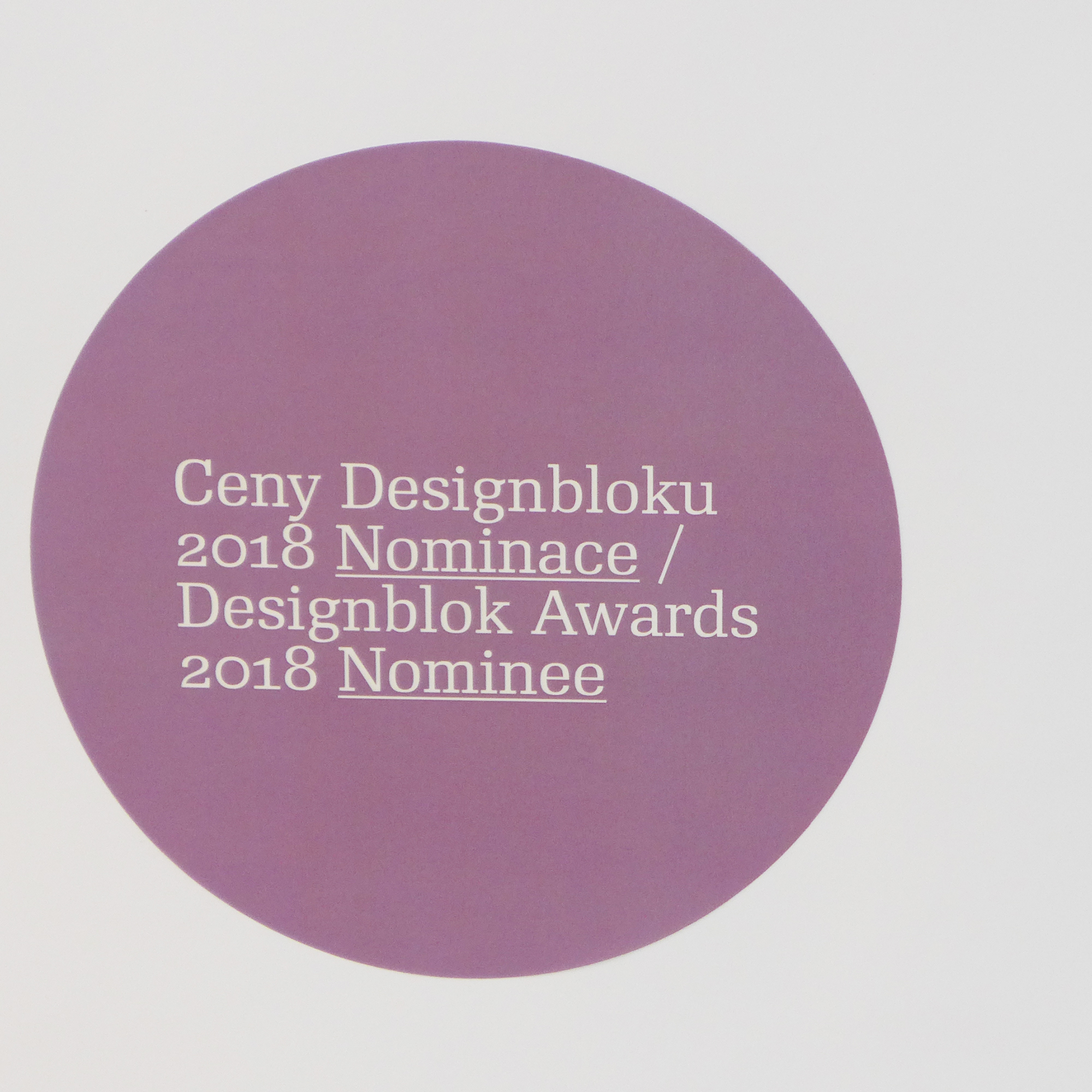
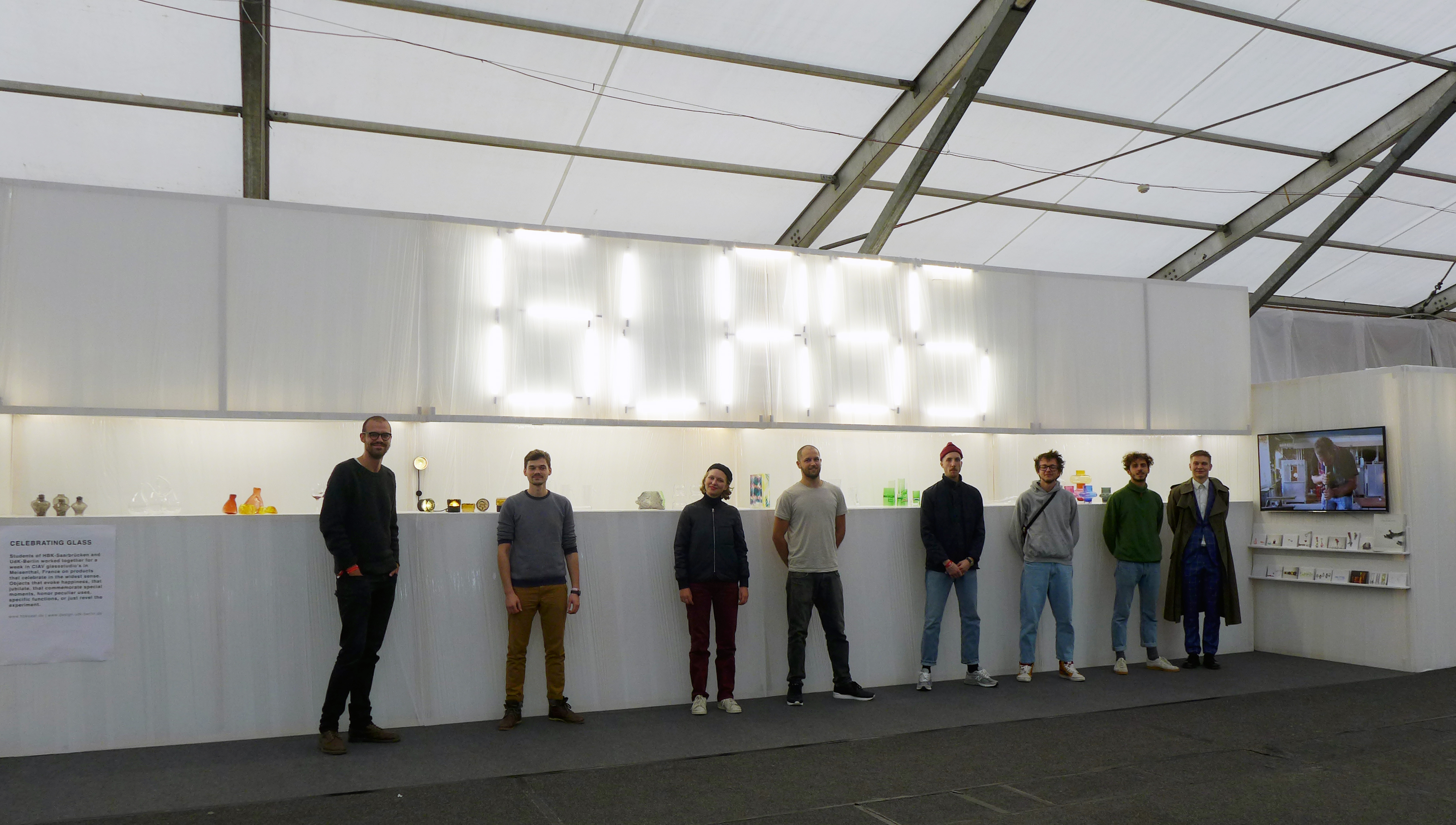
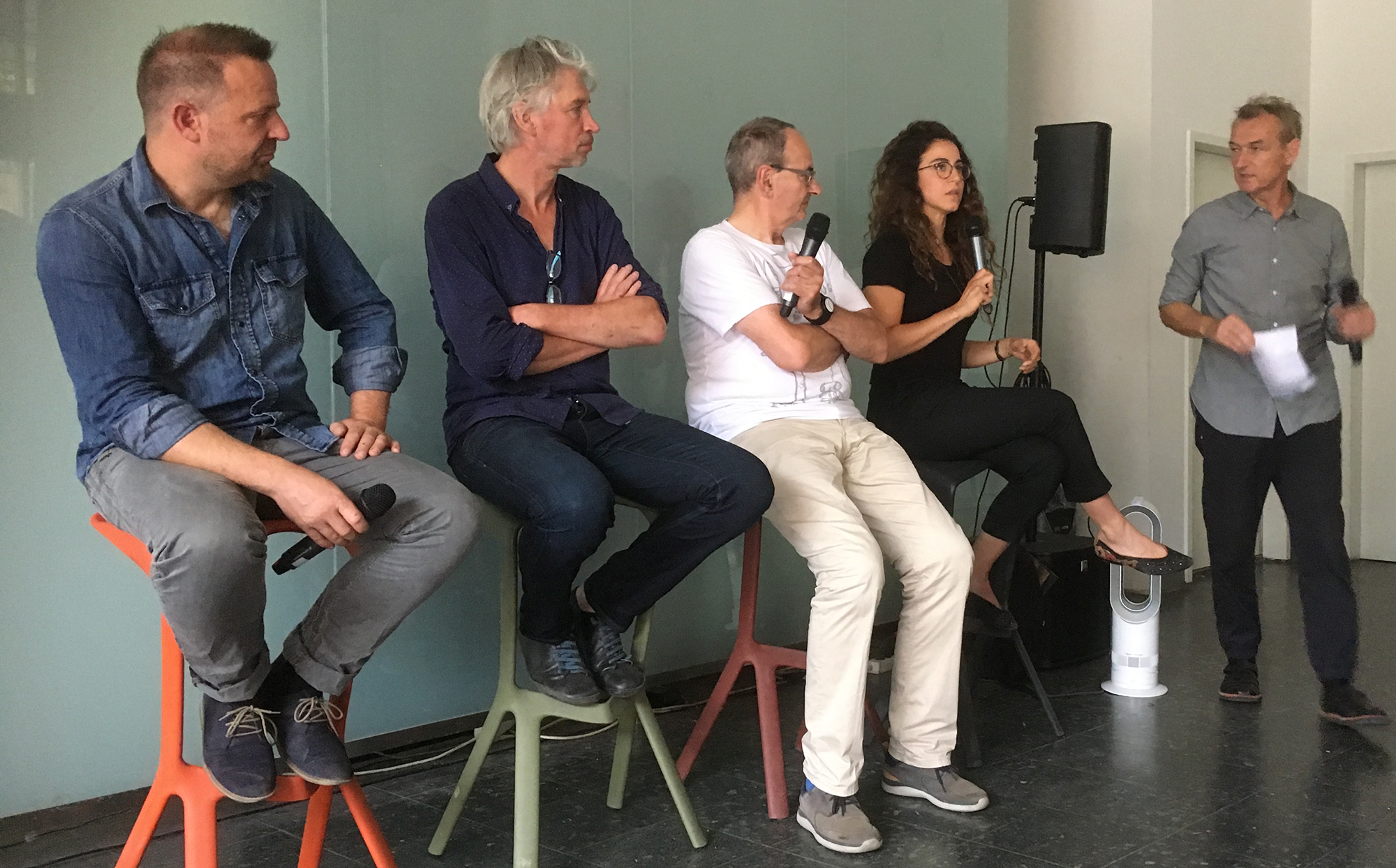
Sense & Sustainability: Tjeerd Veenhoven, Tejo Remy, Ed van Hinte, Melissa Ciardullo and moderator Lucas Verweij
22 July 2018
designtransfer
The Power House project of Summer Semester 2018 ended with a grand finale: the Sense & Sustainability Symposium. It took at UdK’s designtransfer at a very hot Sunday afternoon.
International guests; designer Tejo Remy, design critic Ed van Hinte, IKEA’s sustainability manager Melissa Ciardullo and material developer/designer Tjeerd Veenhoven spoke about the sense and nonsense of sustainability from their point of view.
Lucas Verweij moderated the questions and conversations that came up with wit and eagerness. Some UdK and Power House students spiced up the intermezzos with short introductions on their projects.
Symposium impressions
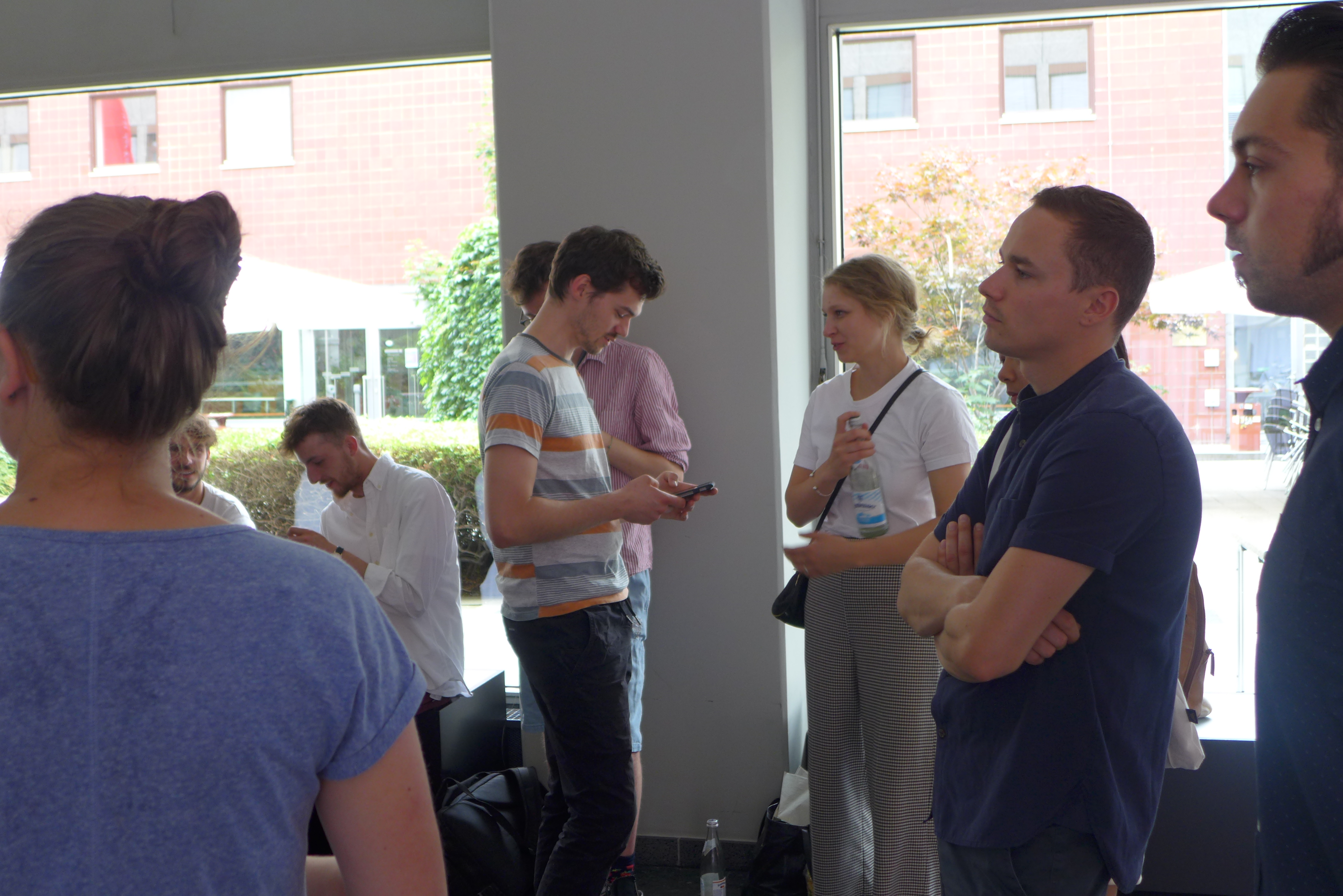
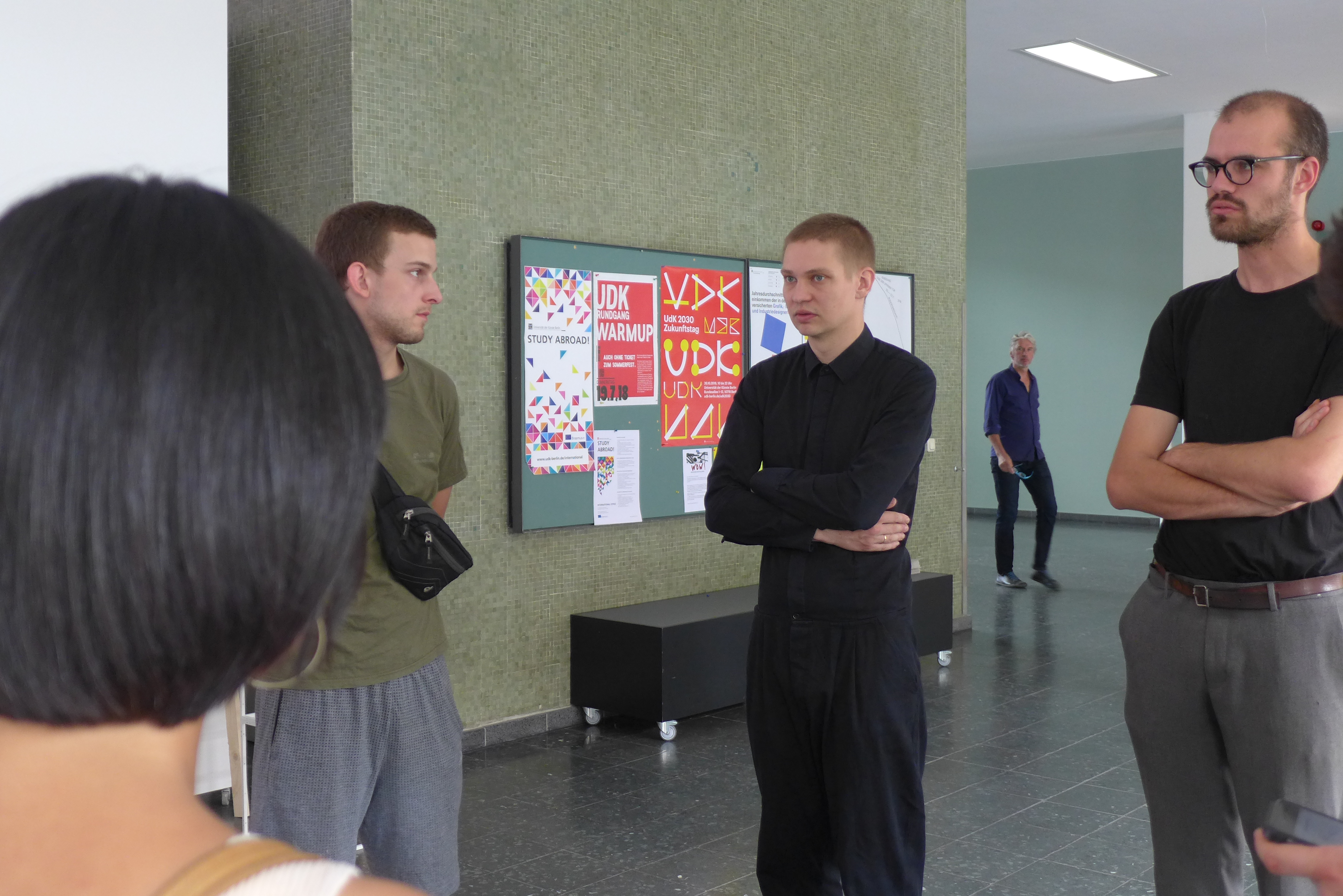

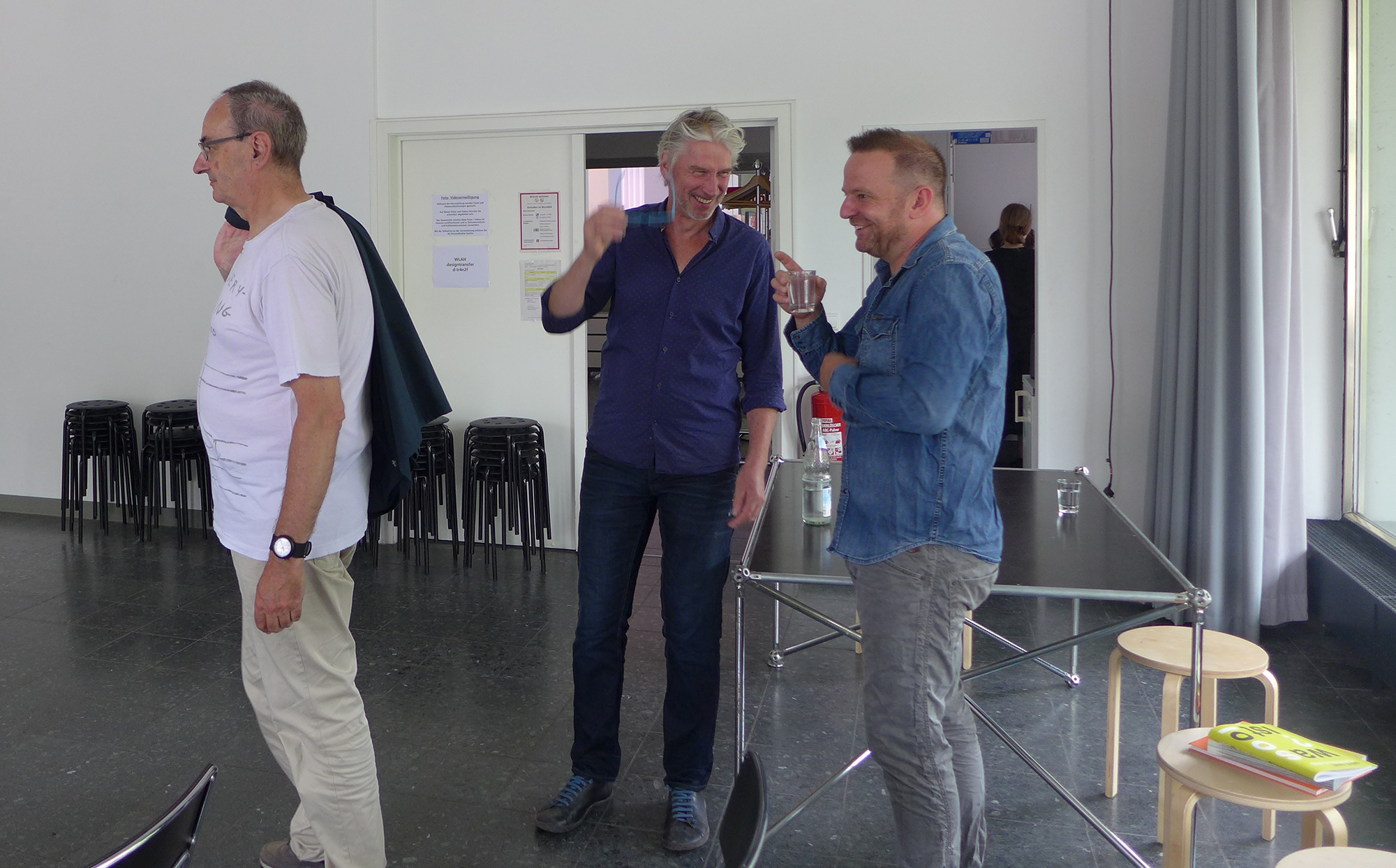 Ed van Hinte, Tejo Remy, Tjeerd Veenhoven
Ed van Hinte, Tejo Remy, Tjeerd Veenhoven
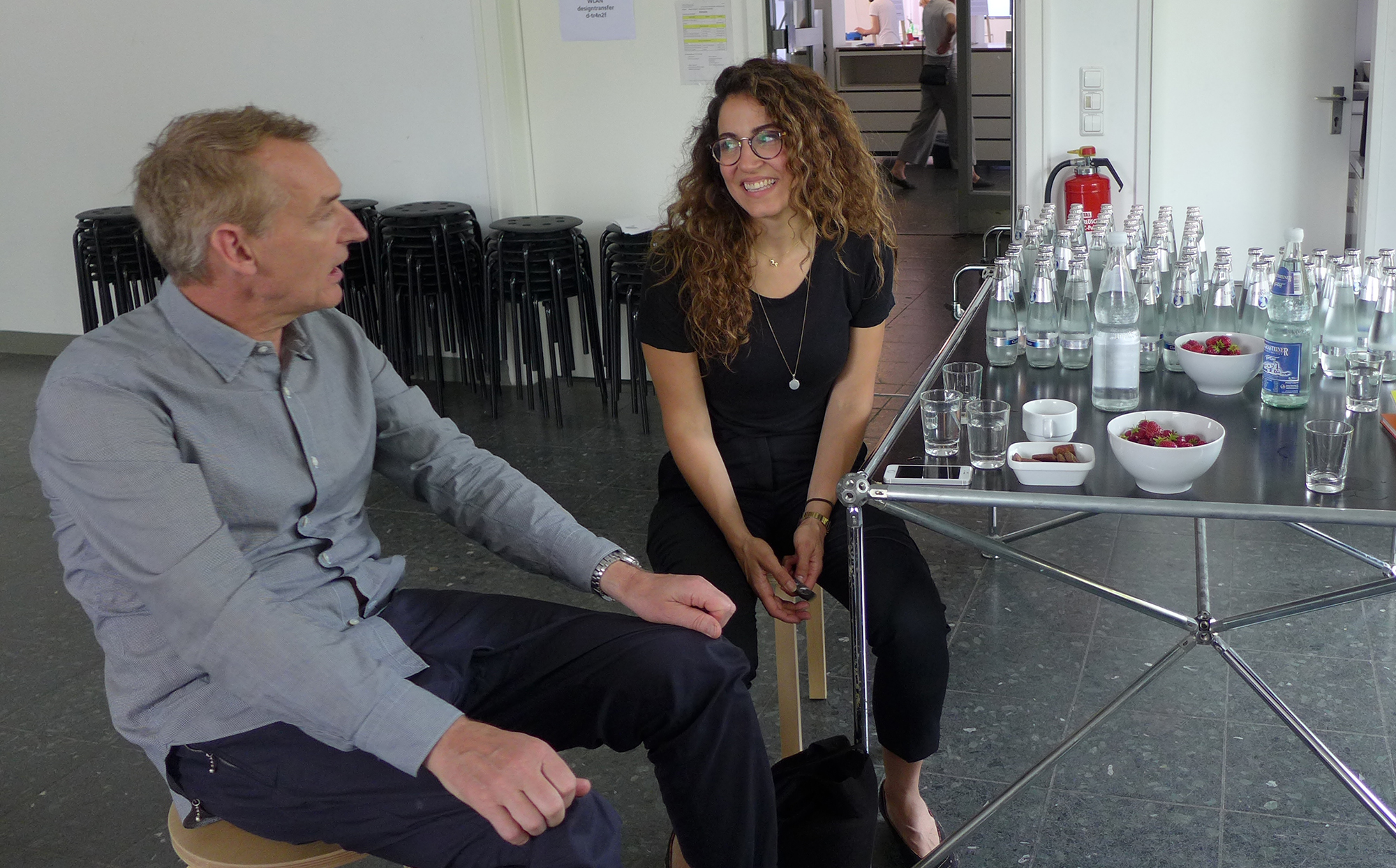 Lucas Verweij, Melissa Ciardullo
Lucas Verweij, Melissa Ciardullo

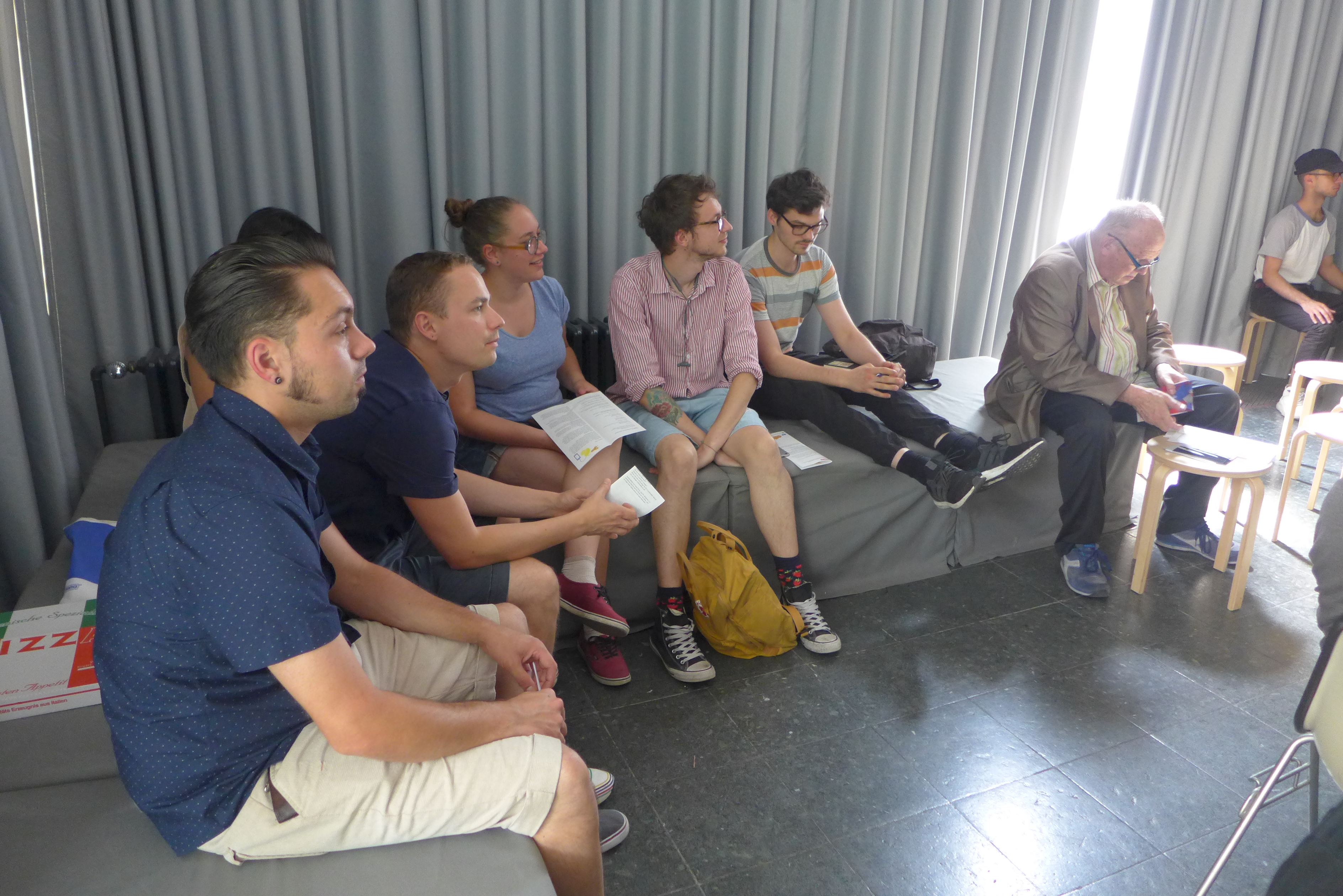

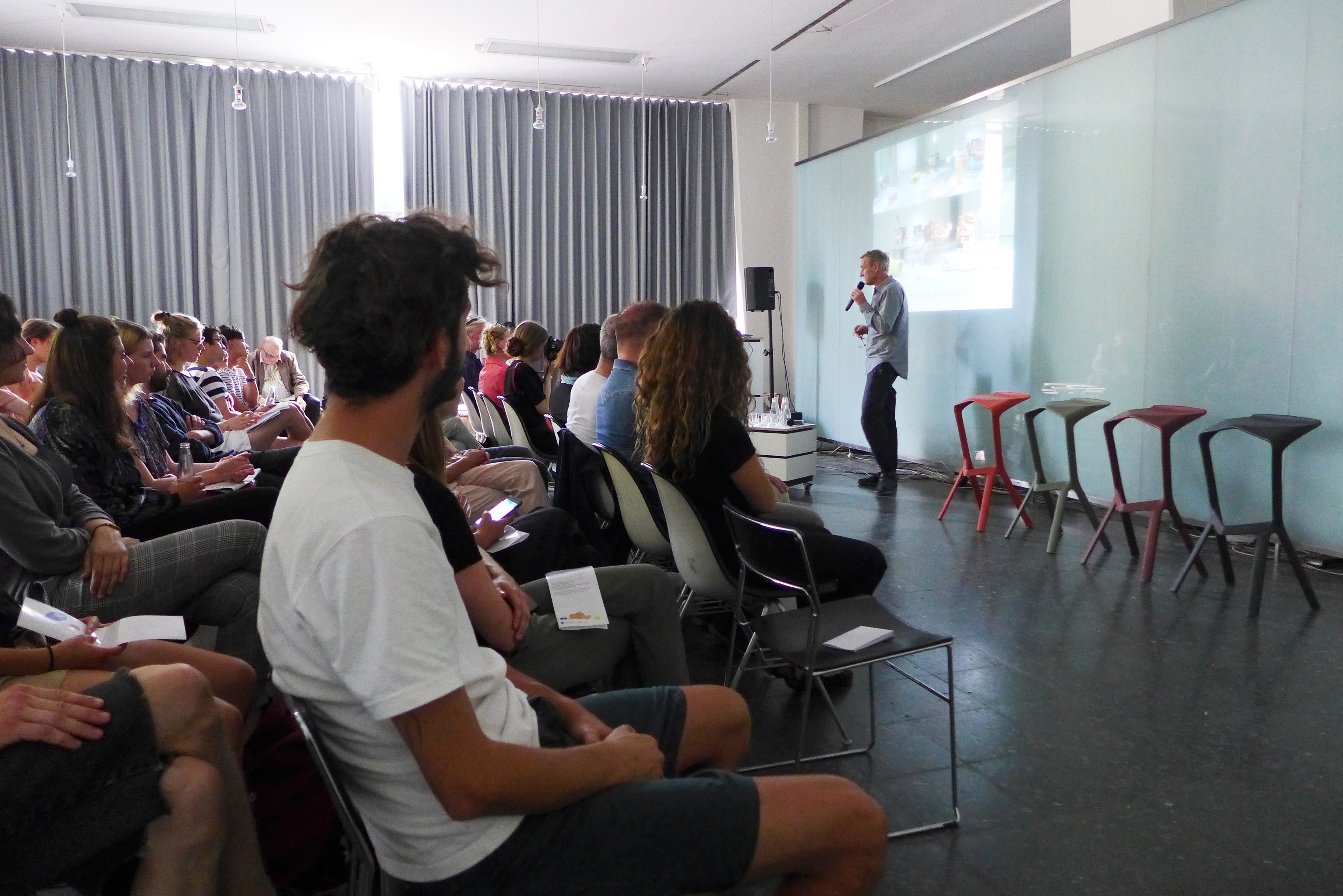
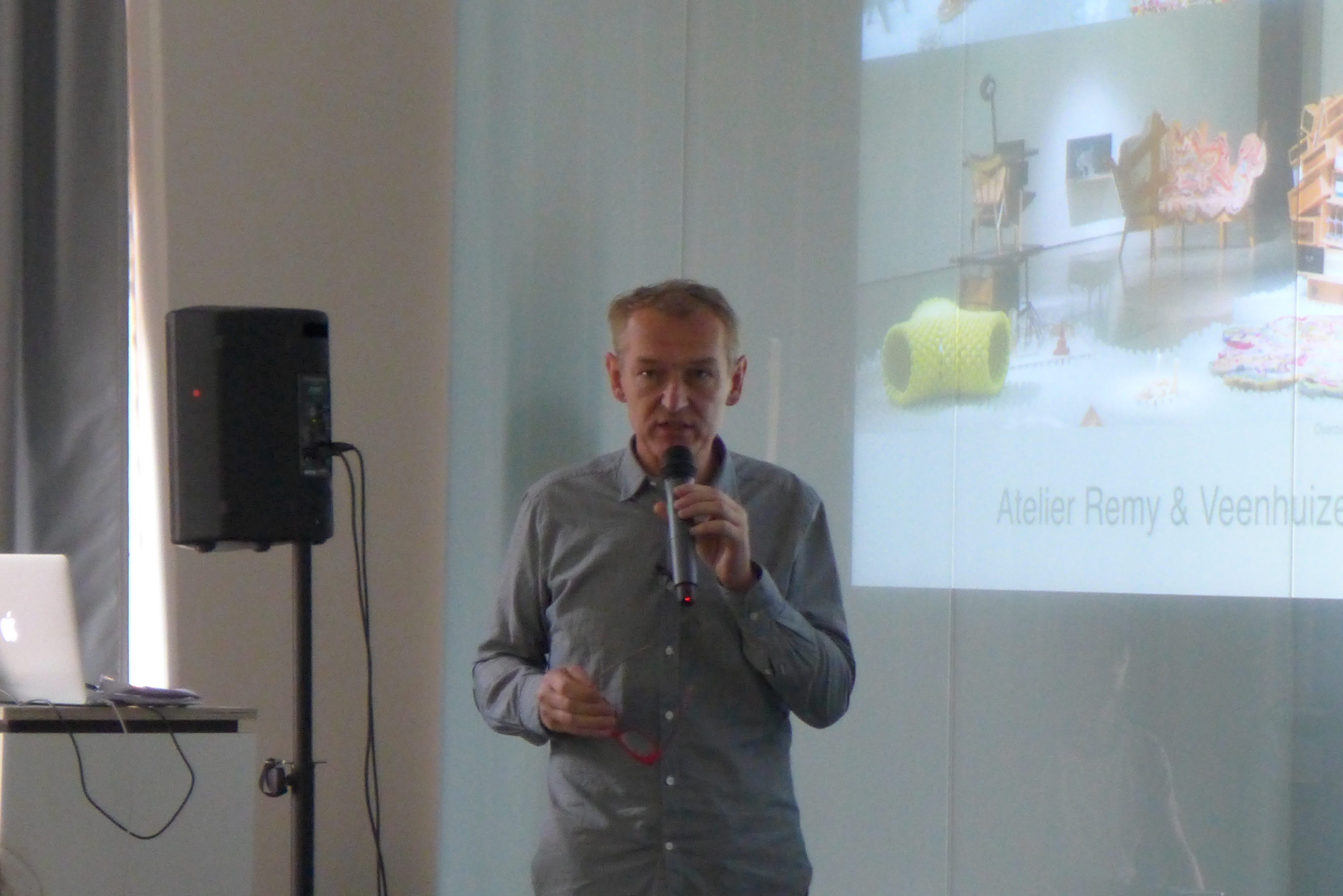 Lucas Verweij – moderator
Lucas Verweij – moderator
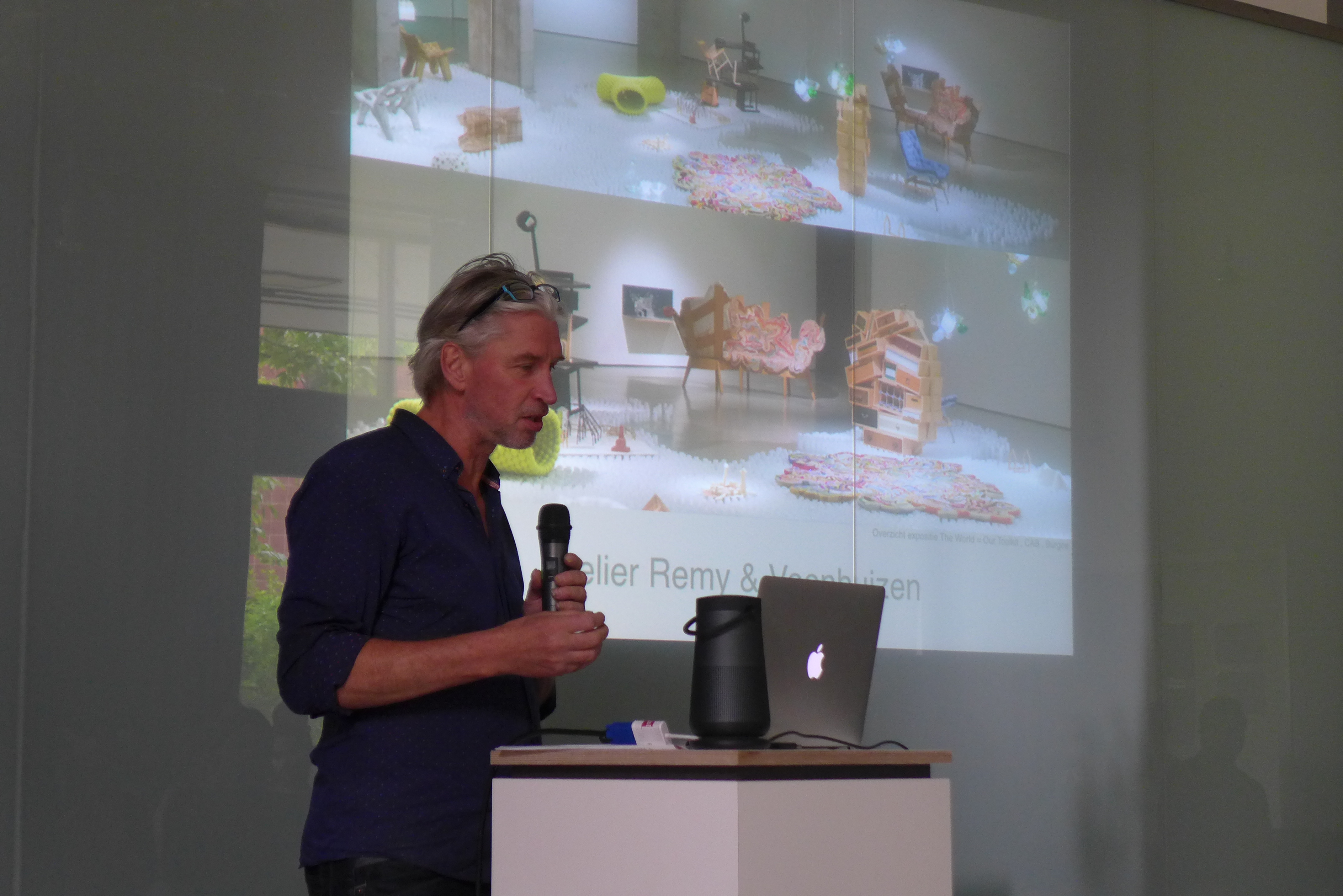 Tejo Remy – designer
Tejo Remy – designer
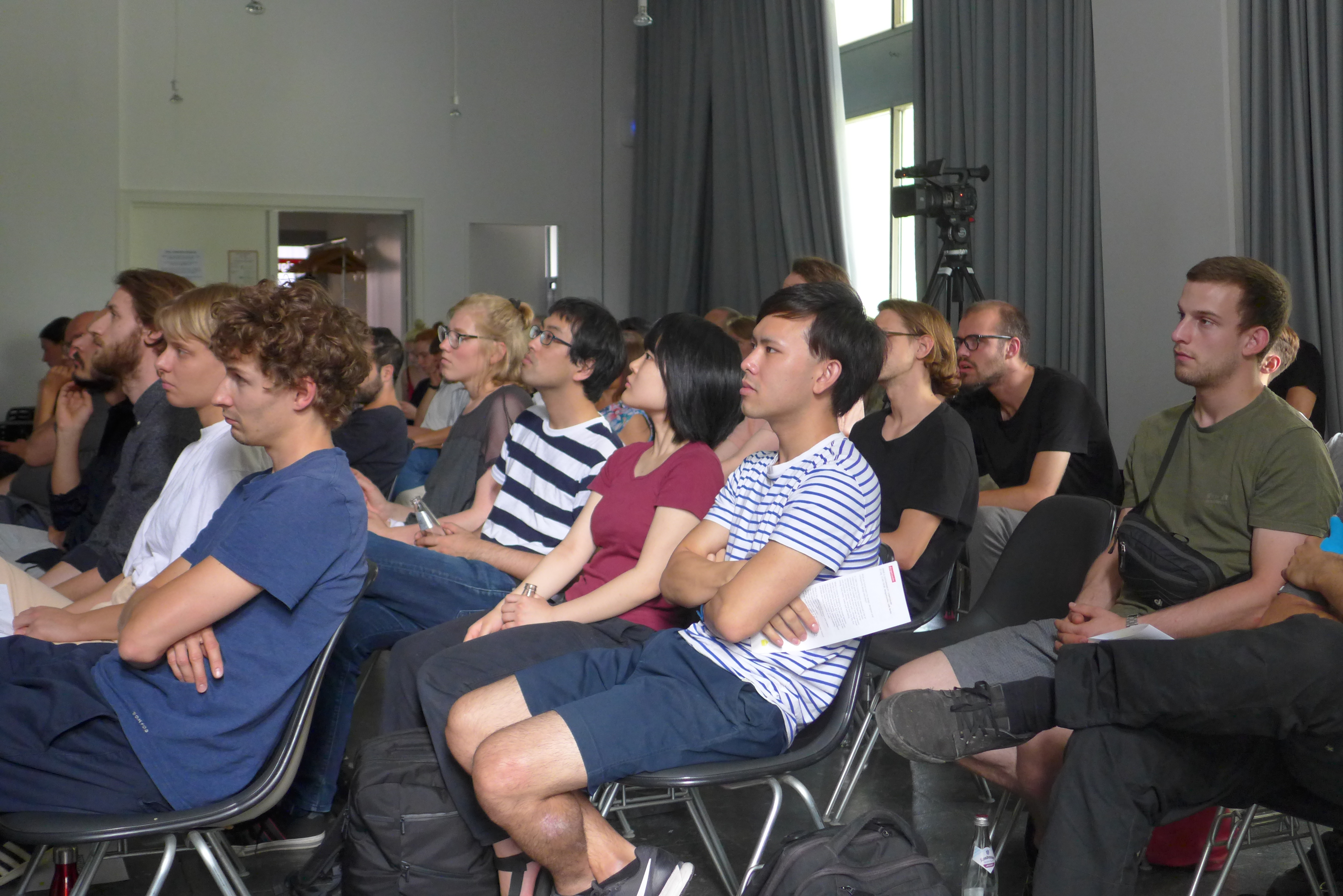
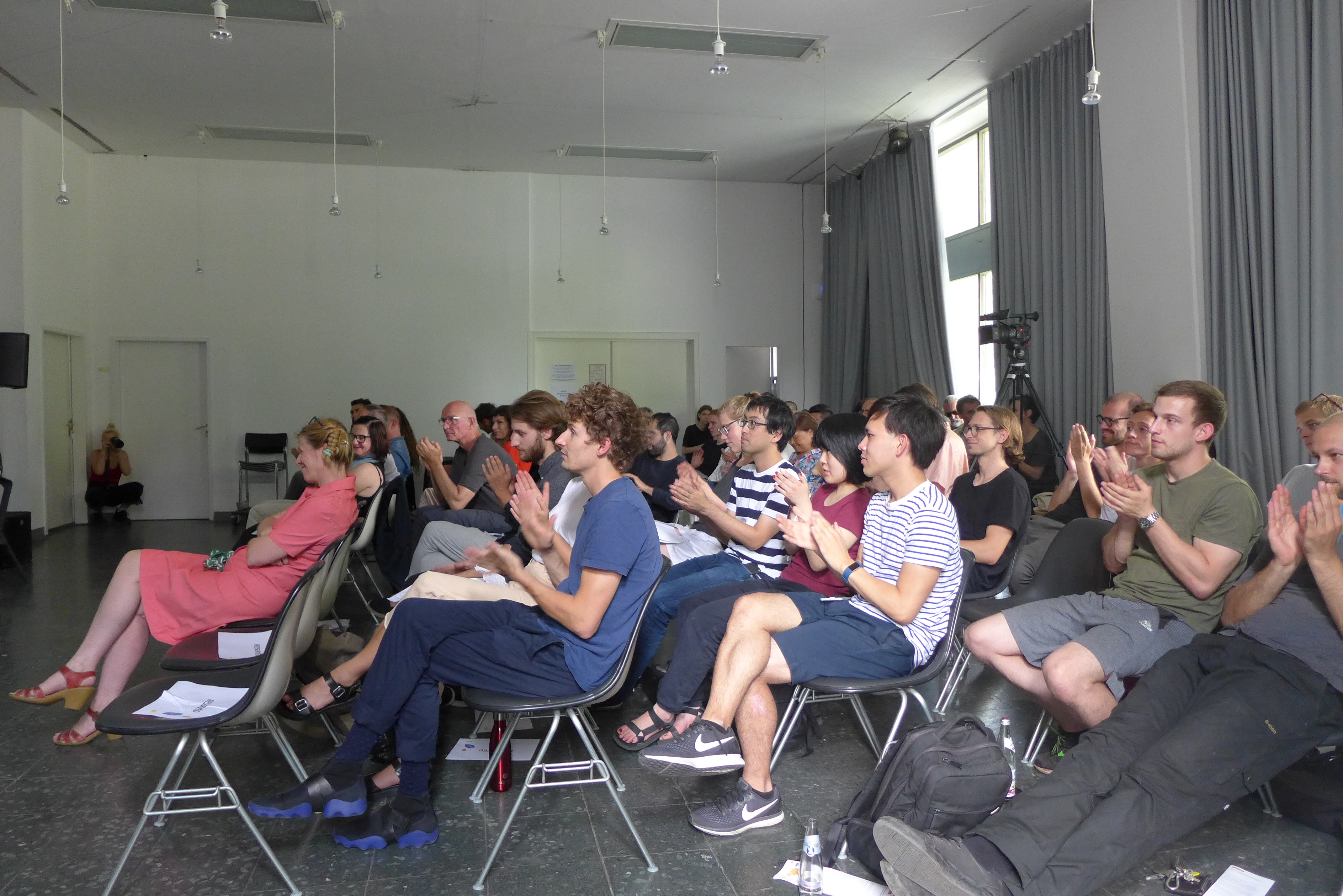
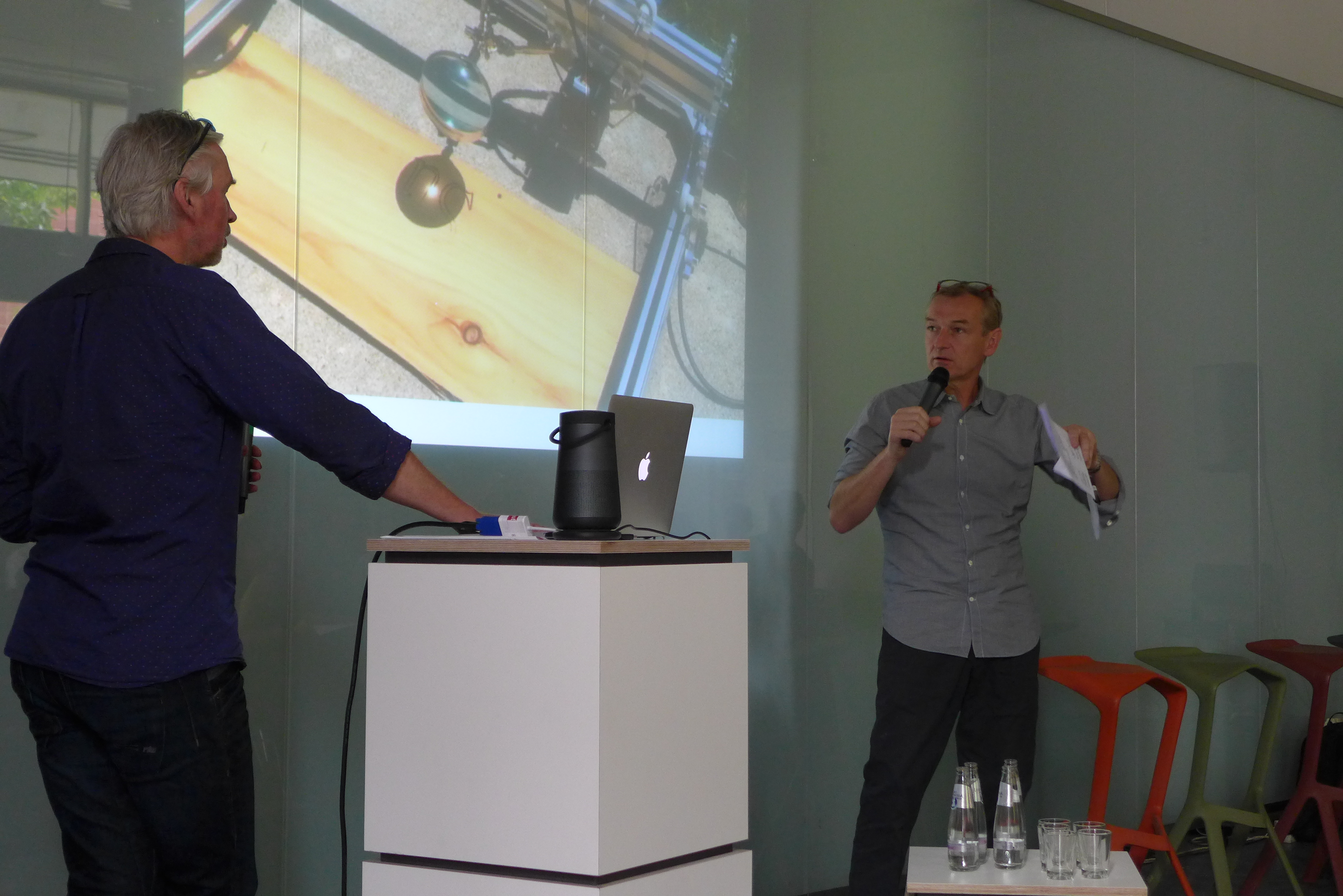
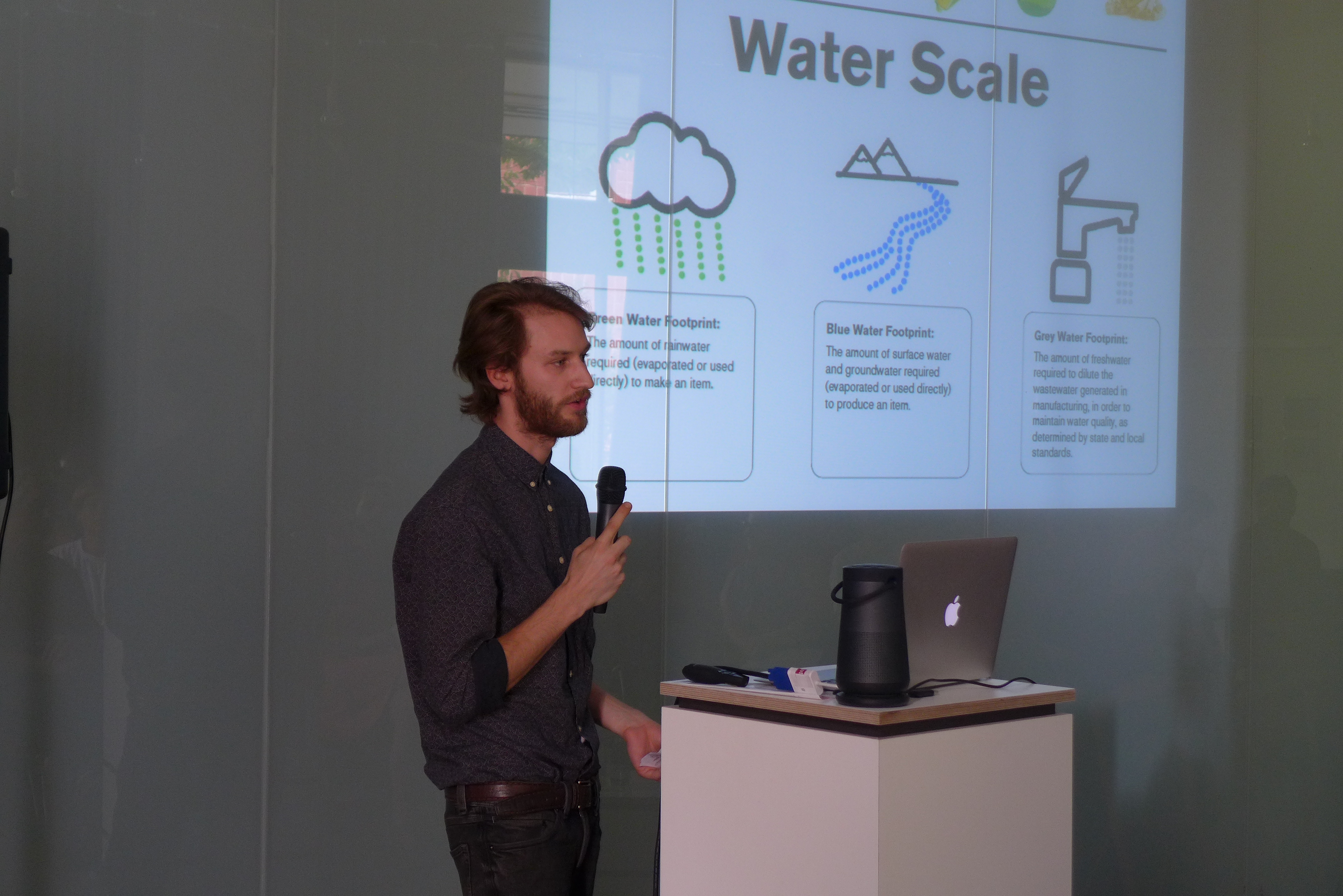 Louis Bindernagel – Power House student
Louis Bindernagel – Power House student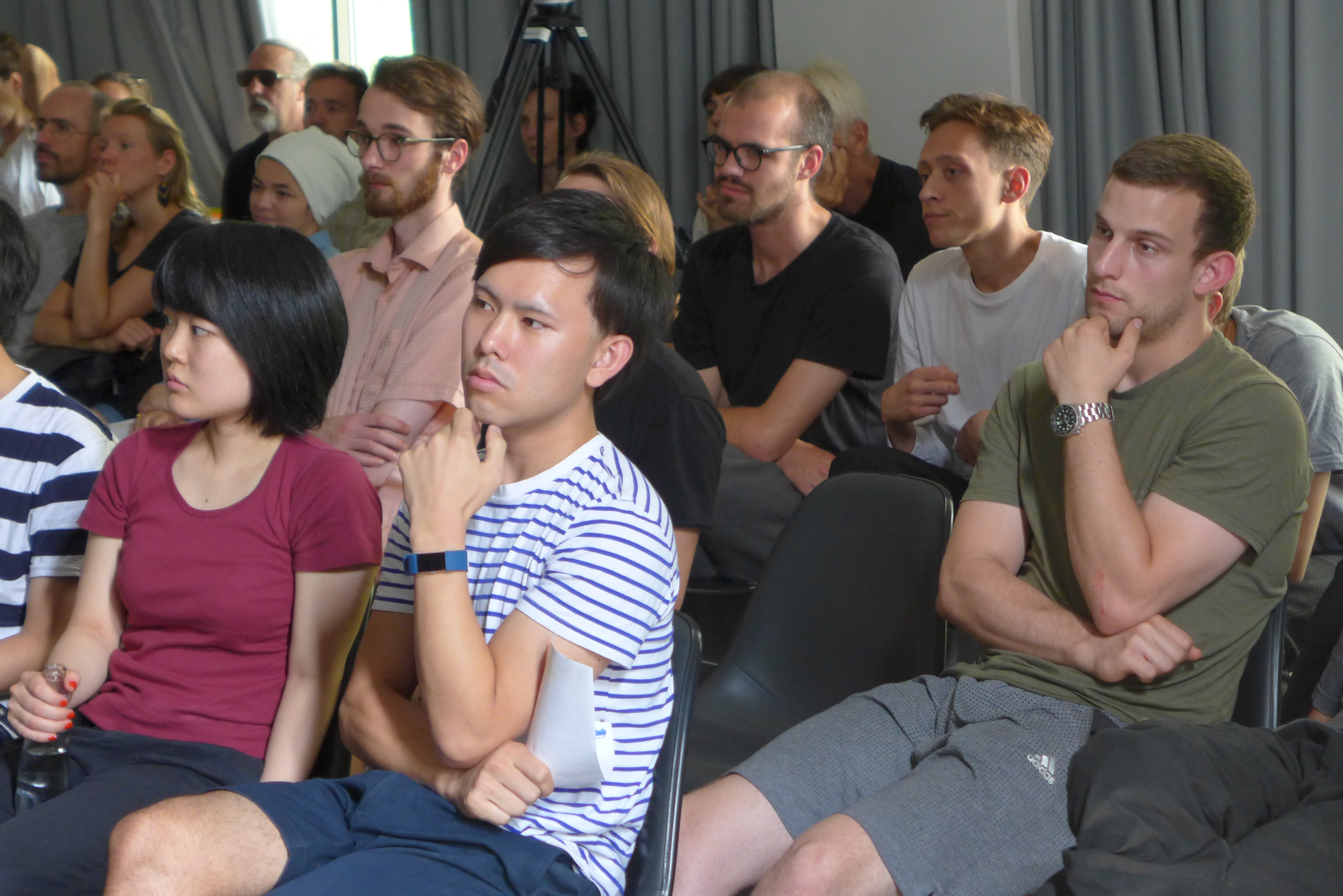
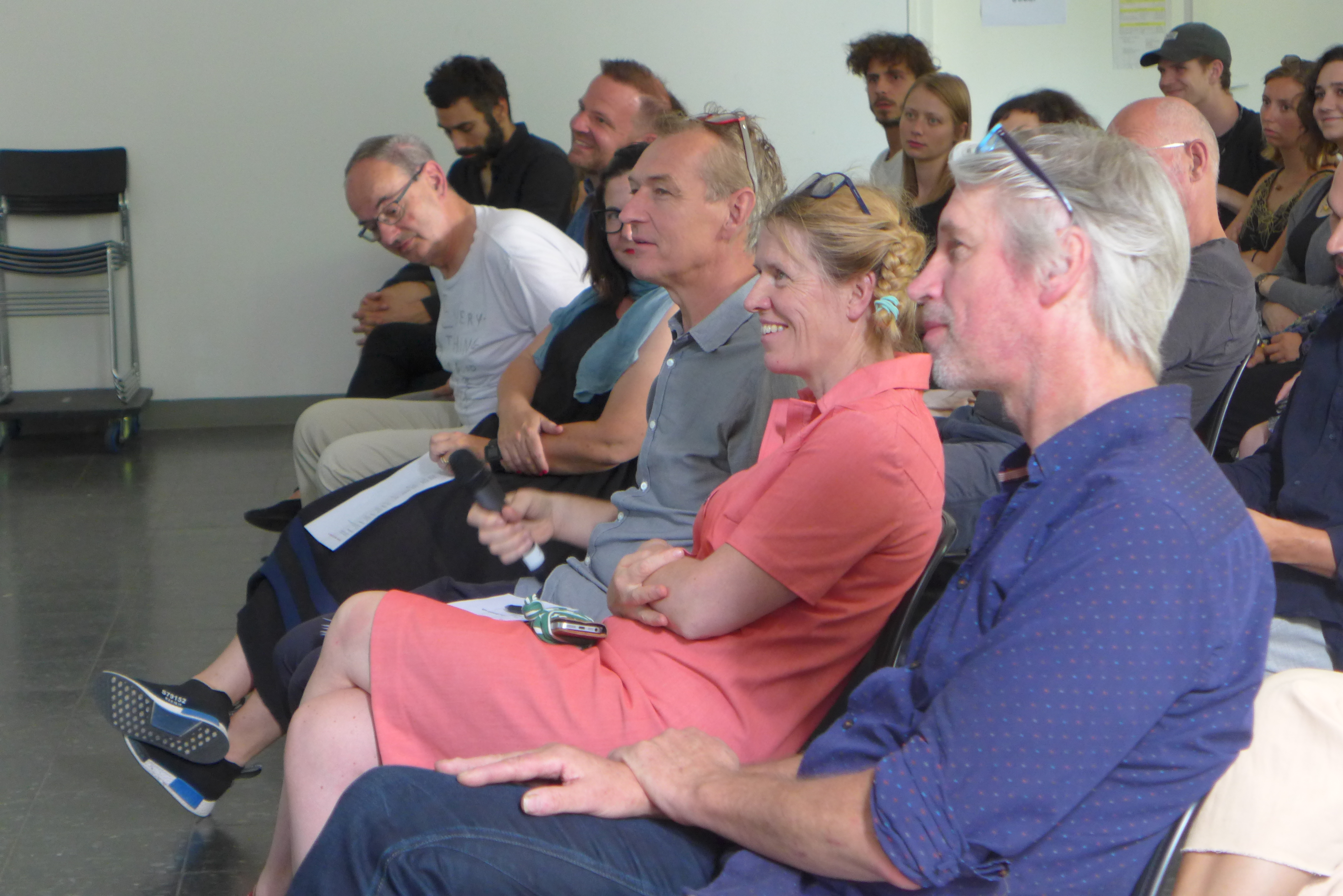
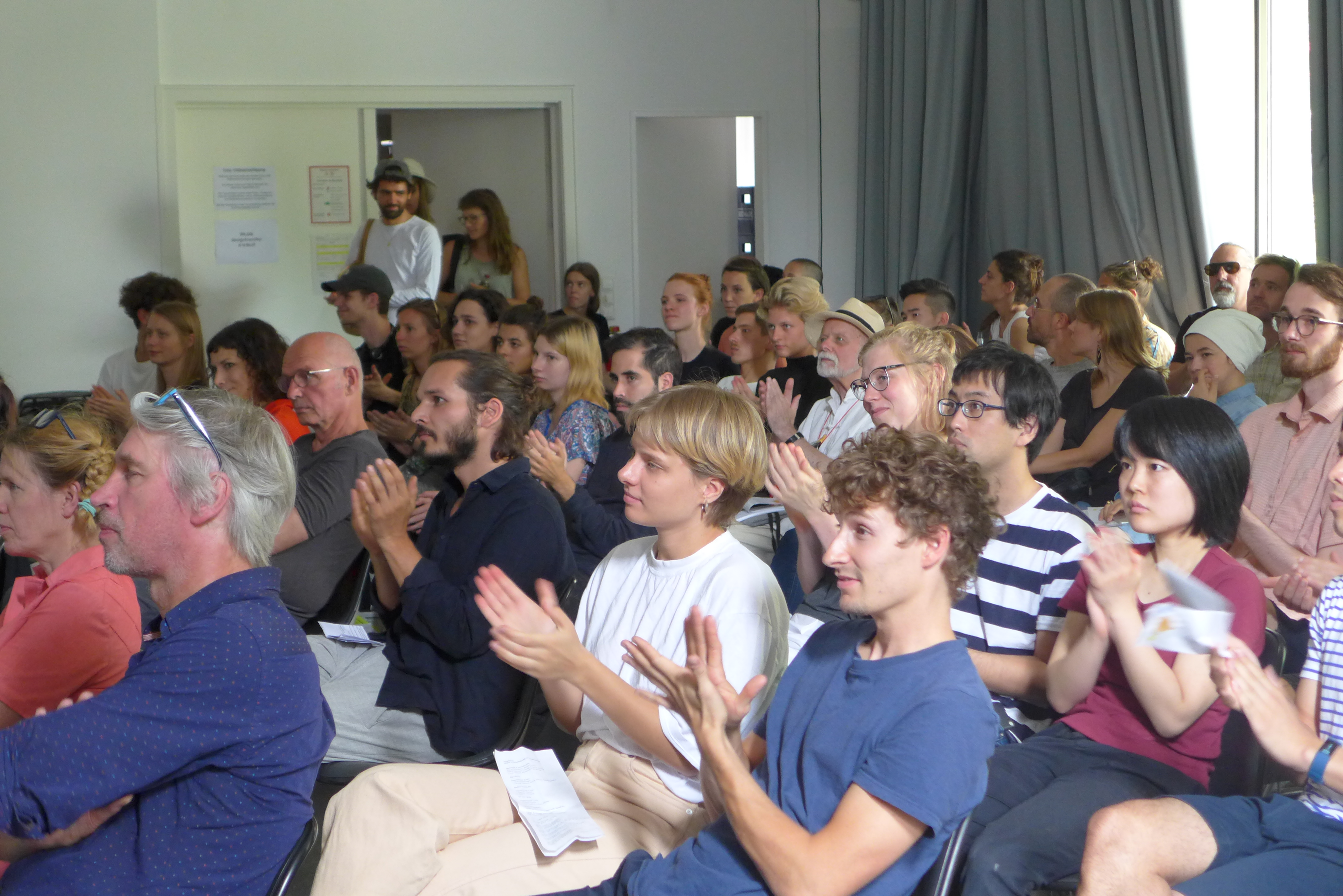
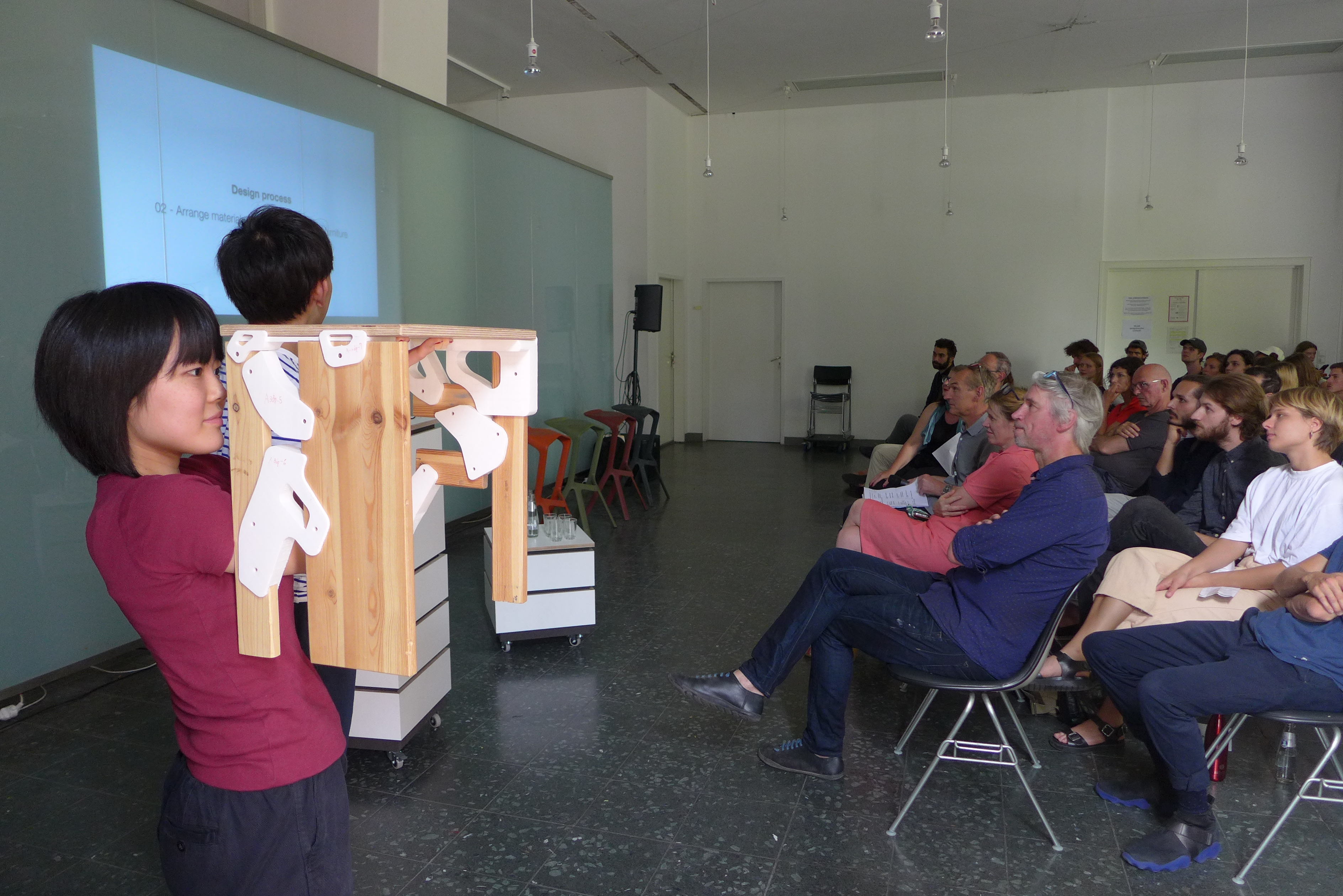 Takuya Koyama – MA student Media
Takuya Koyama – MA student Media
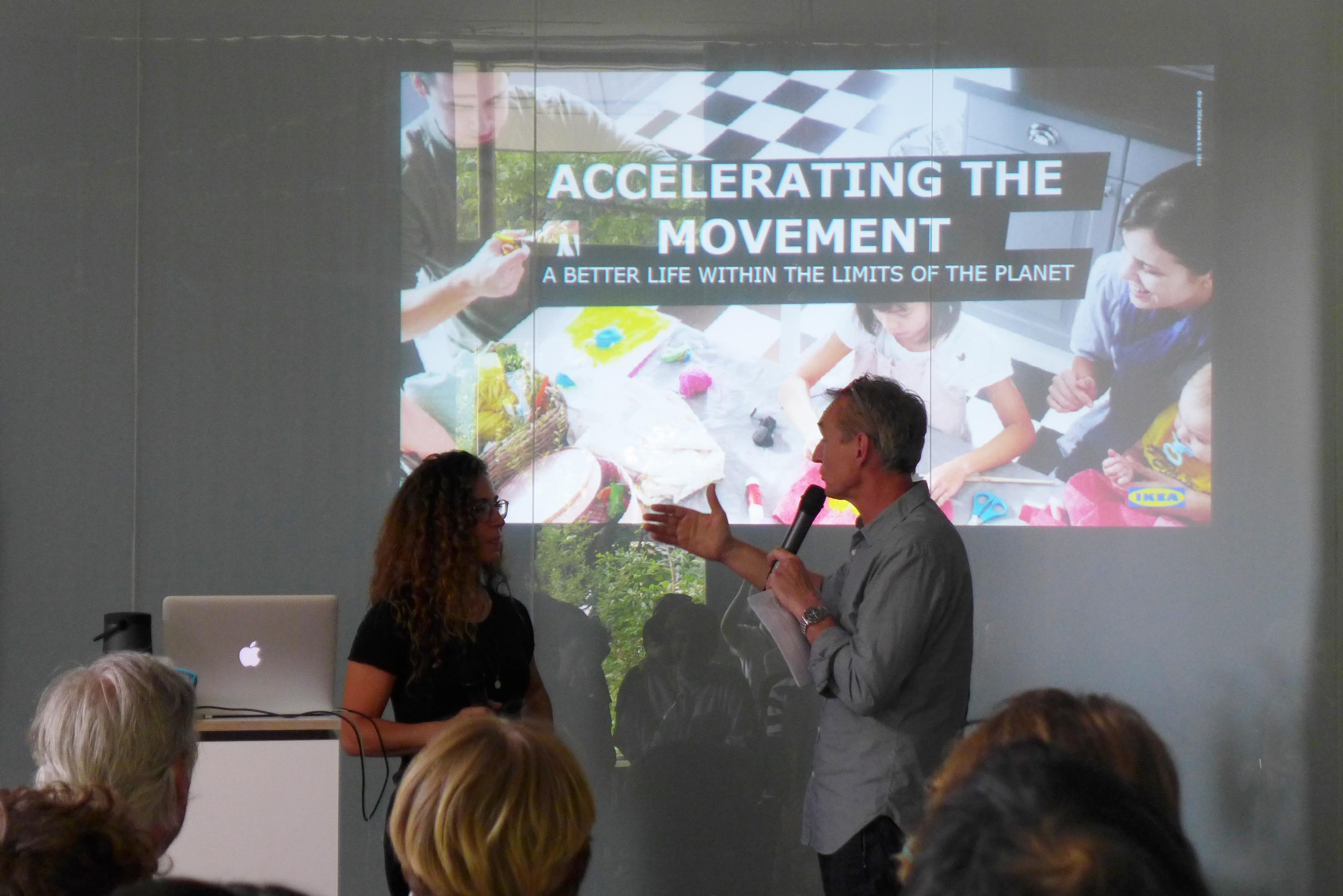 Melissa Ciardullo – IKEA
Melissa Ciardullo – IKEA
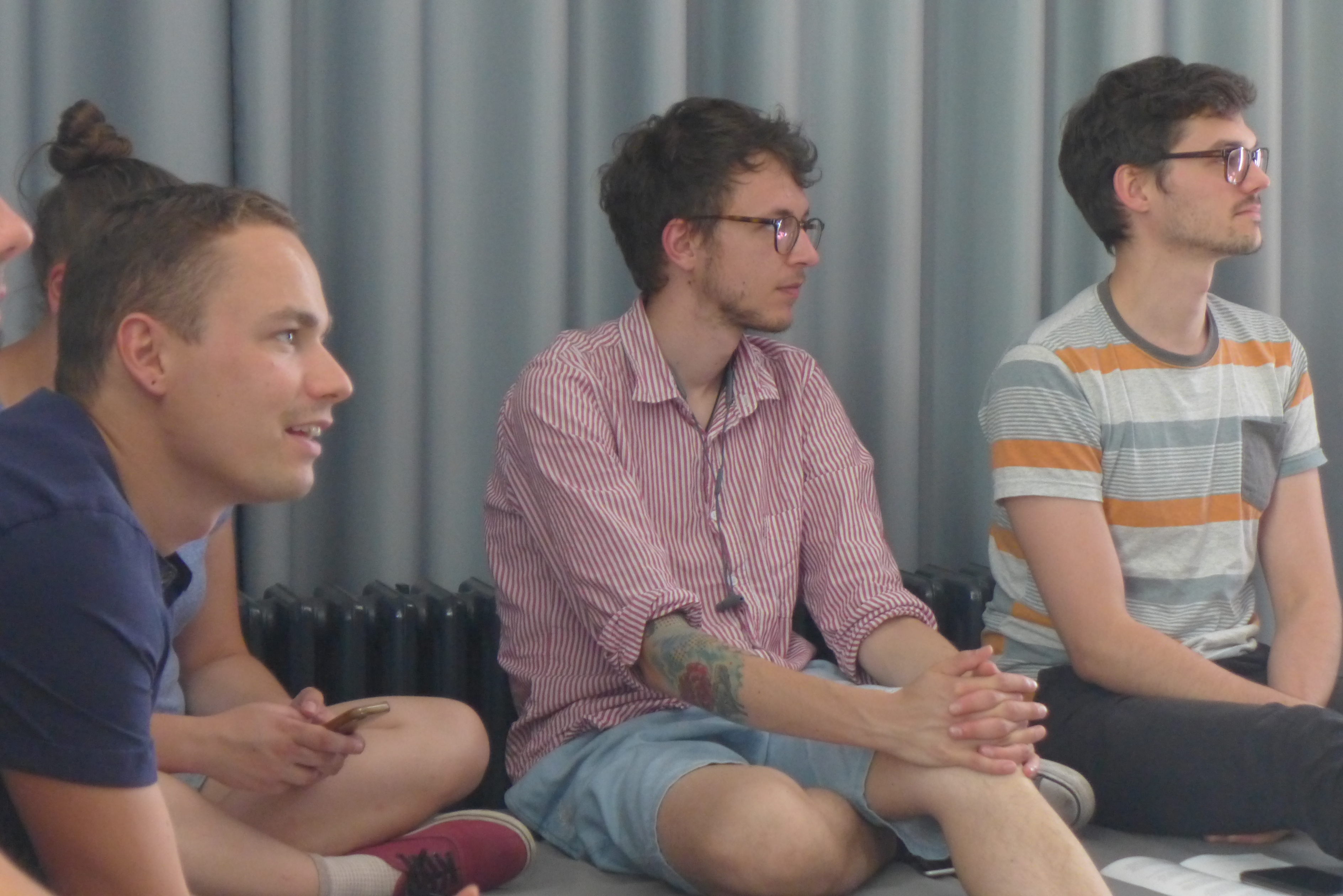
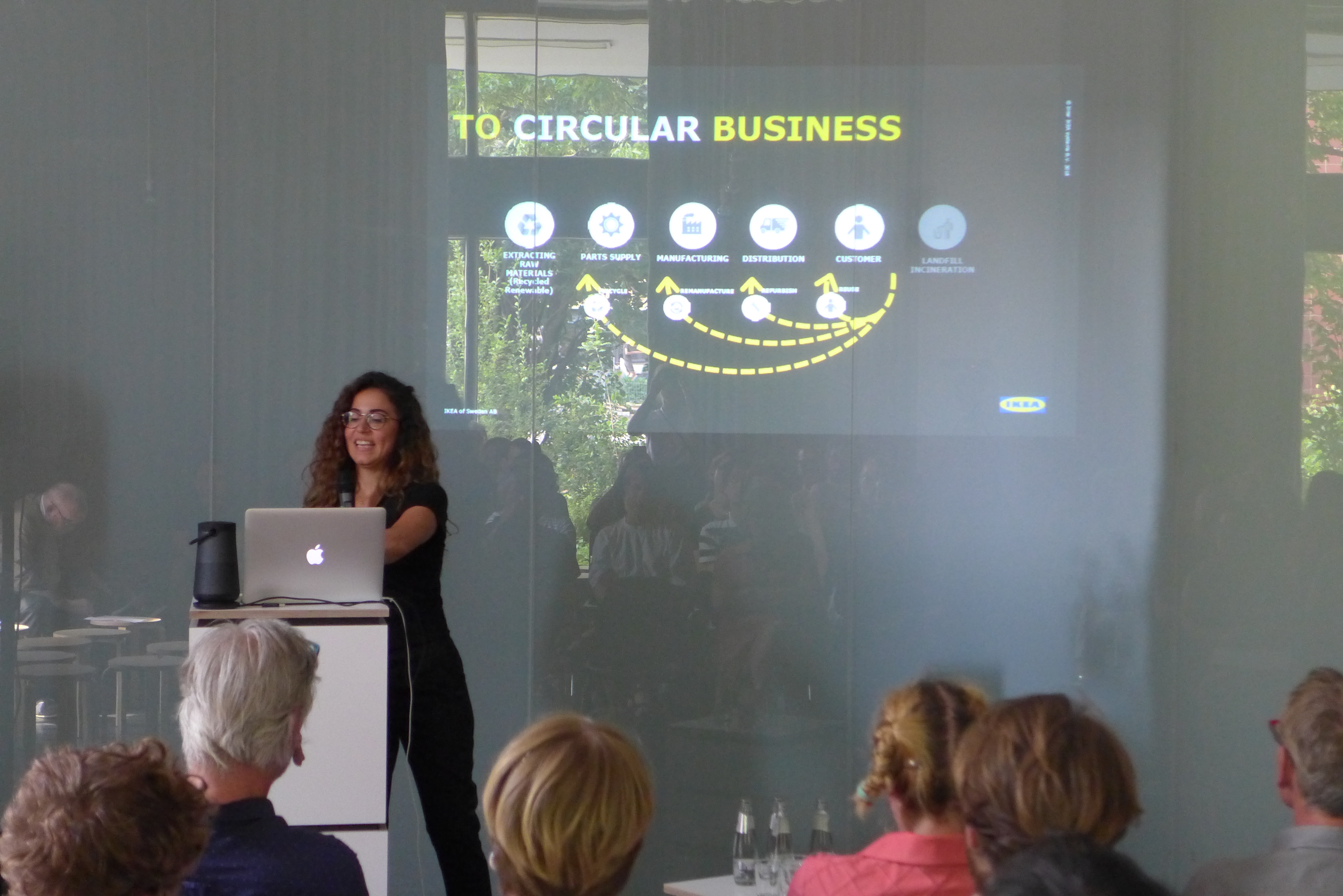
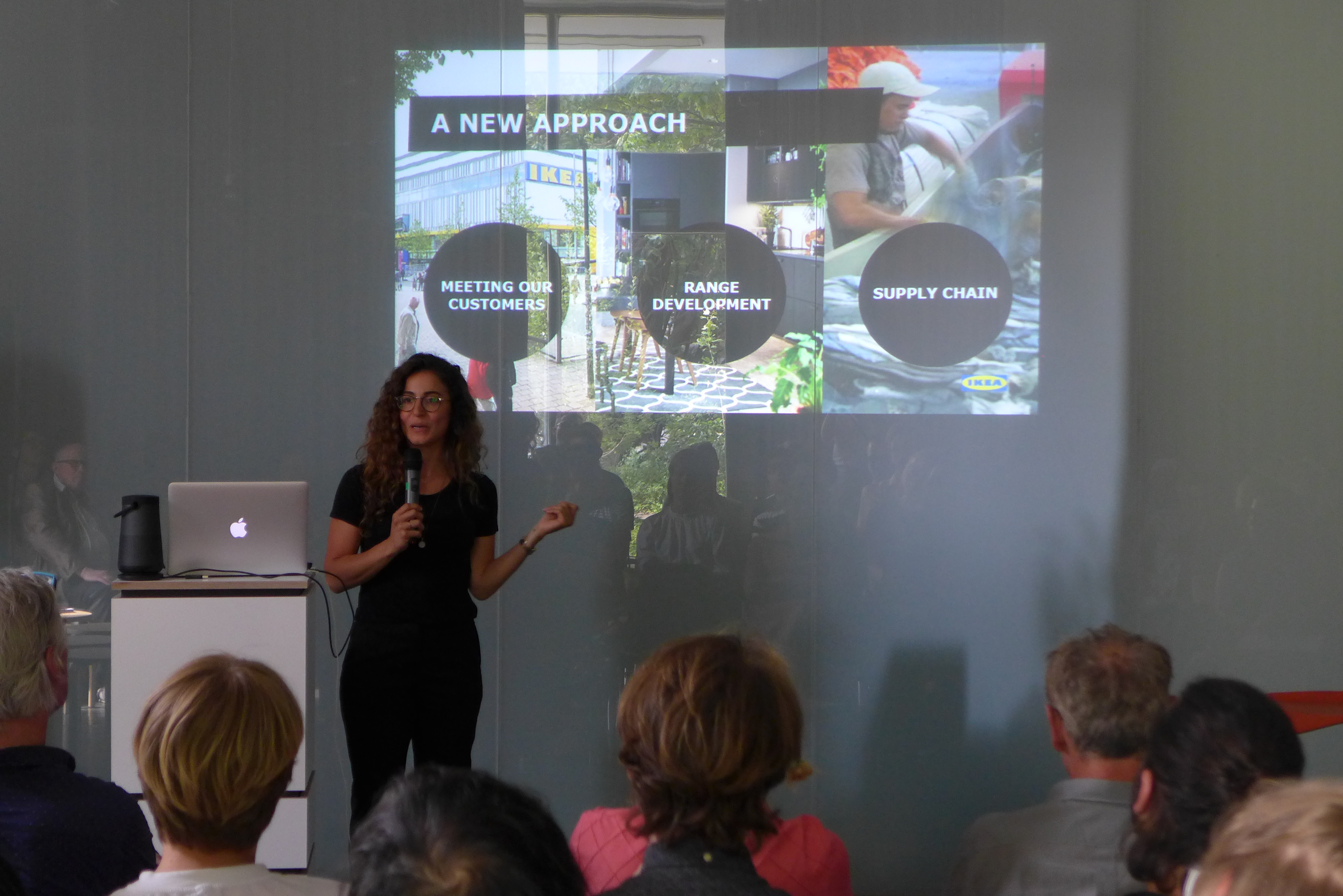
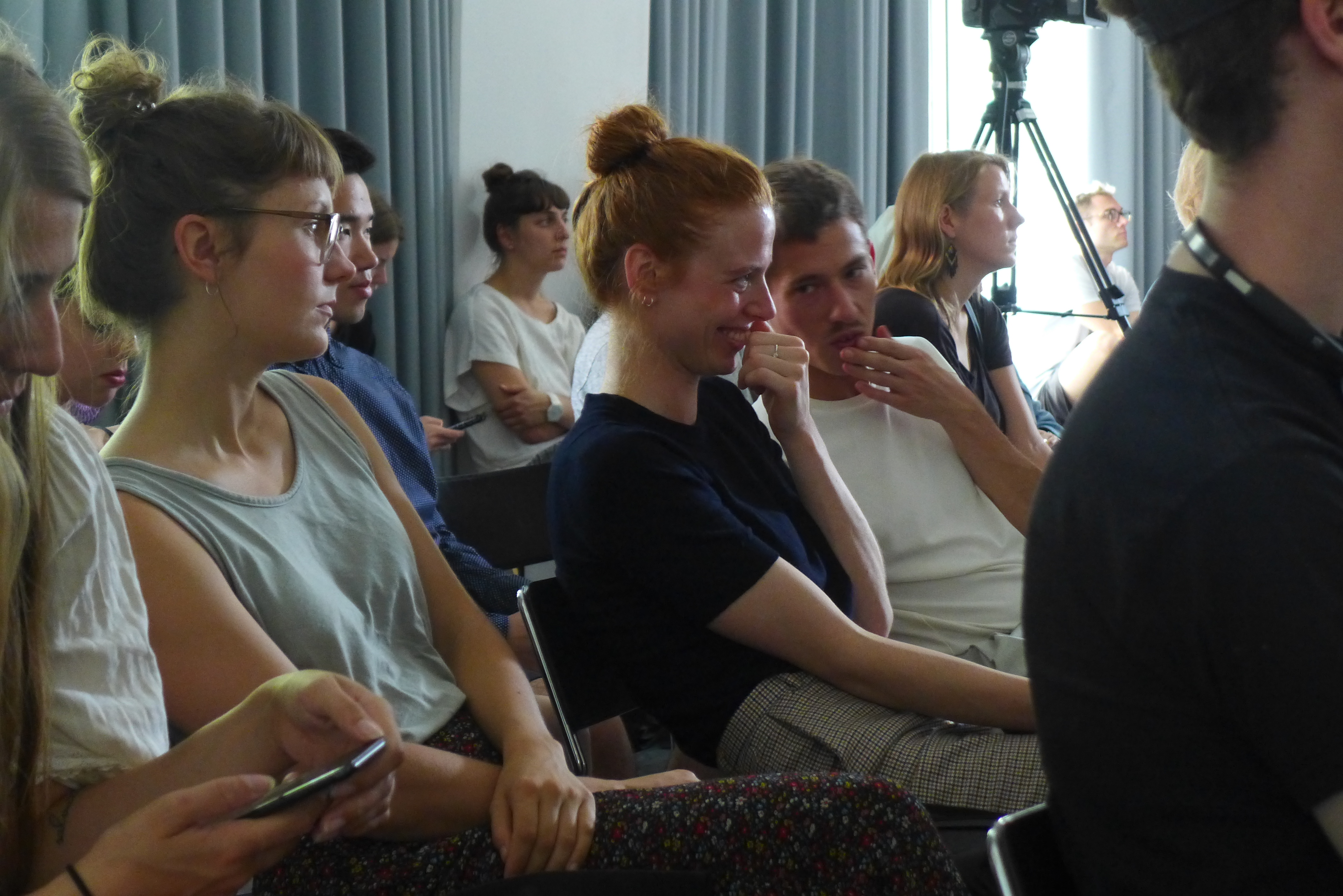
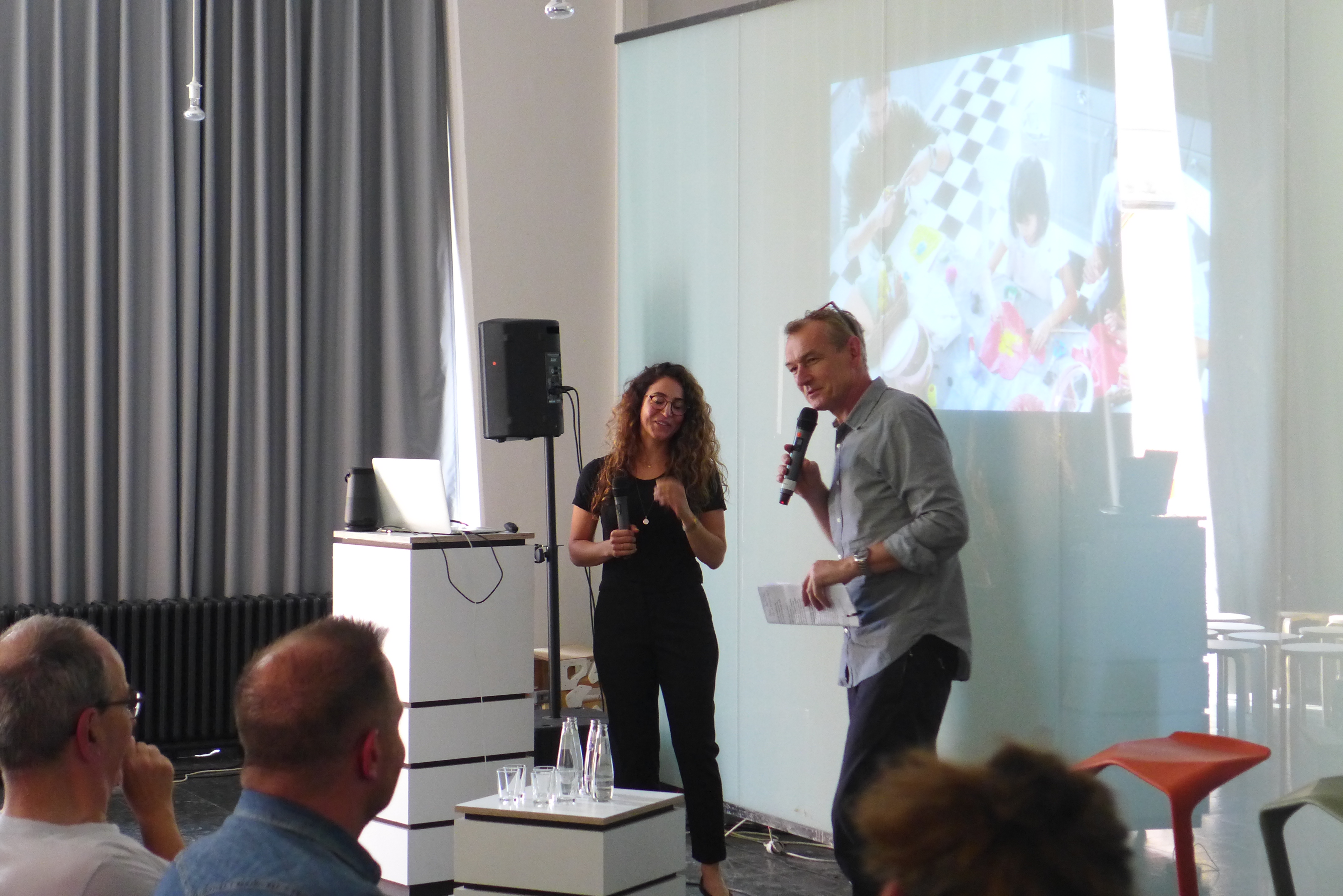
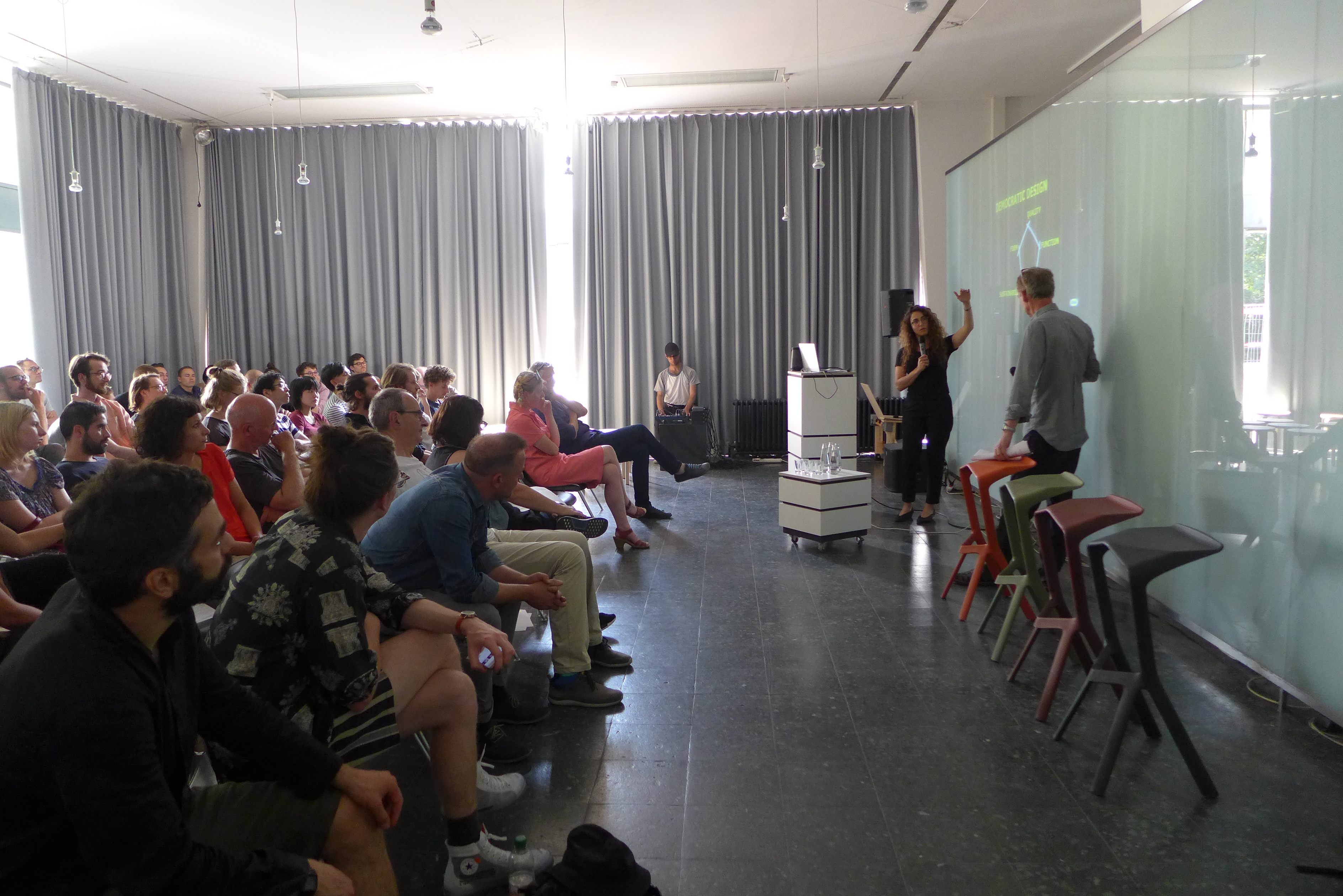
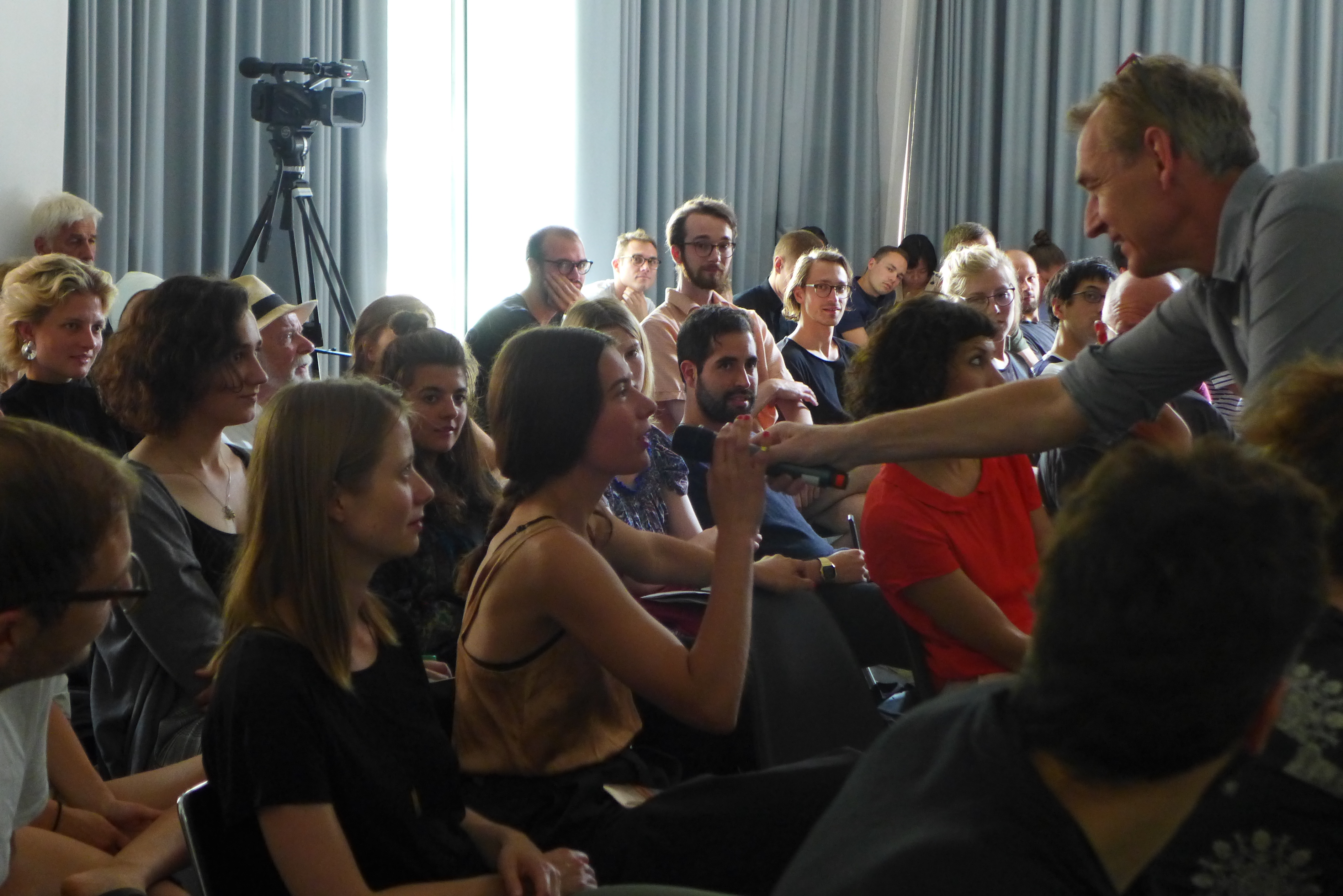
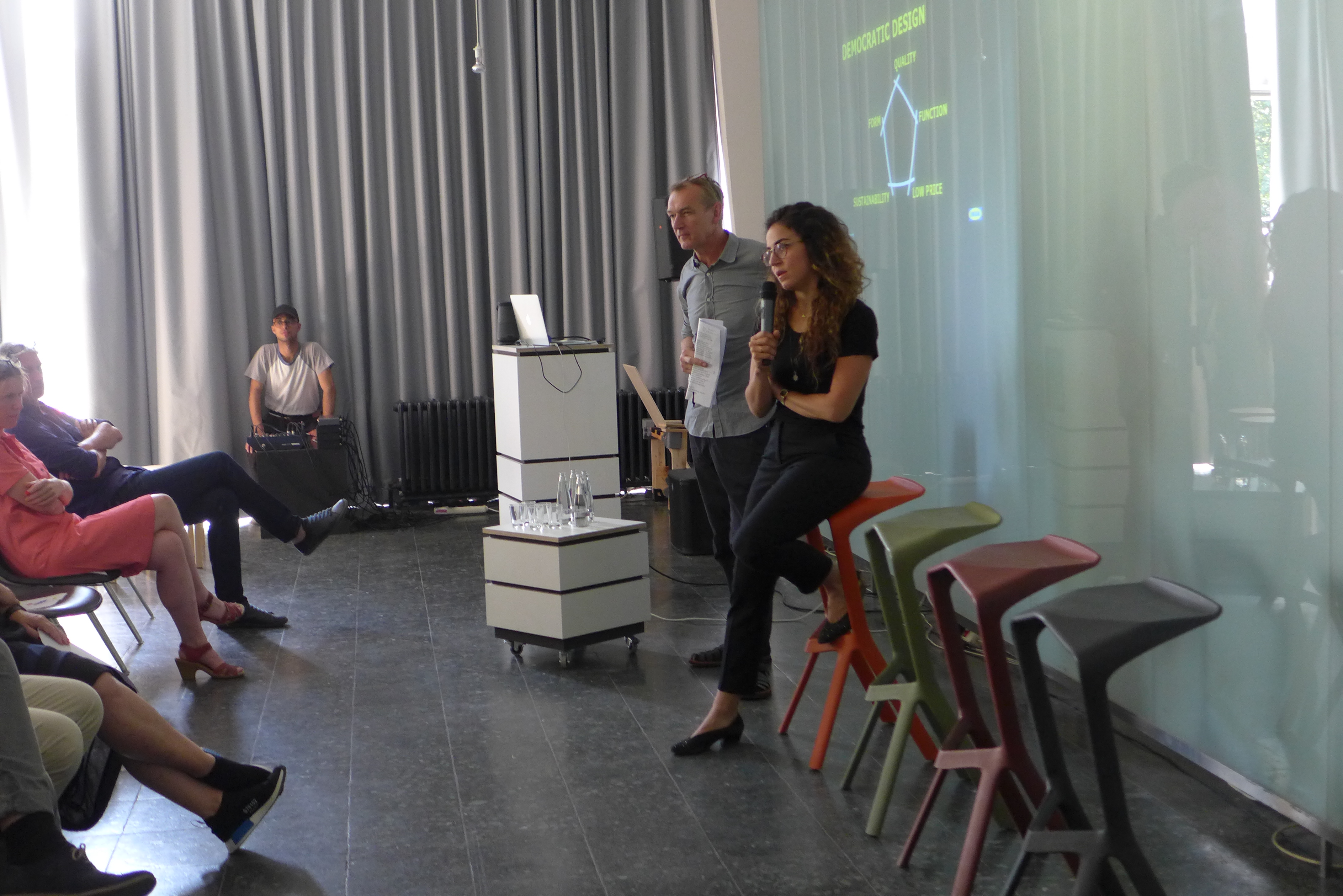
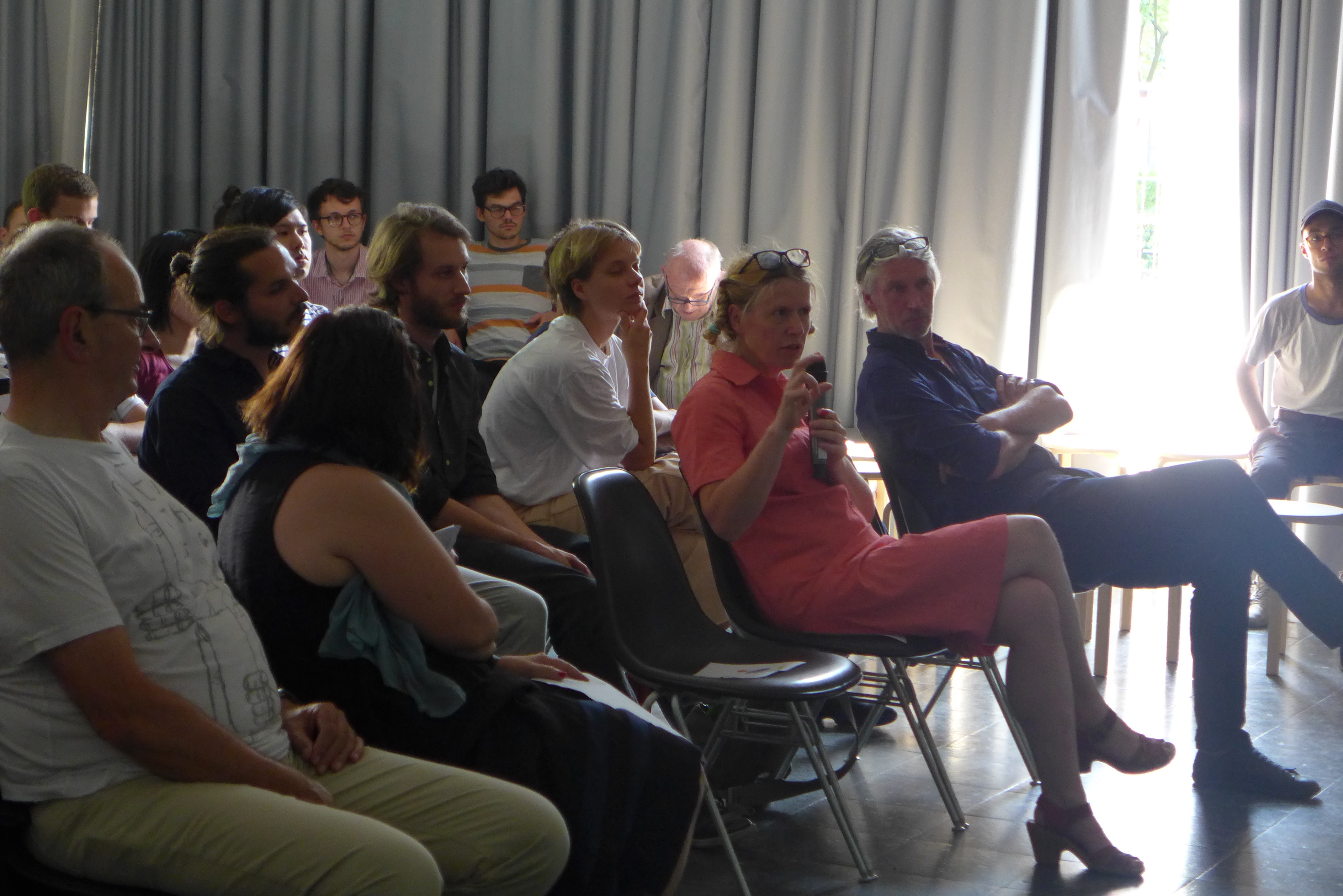

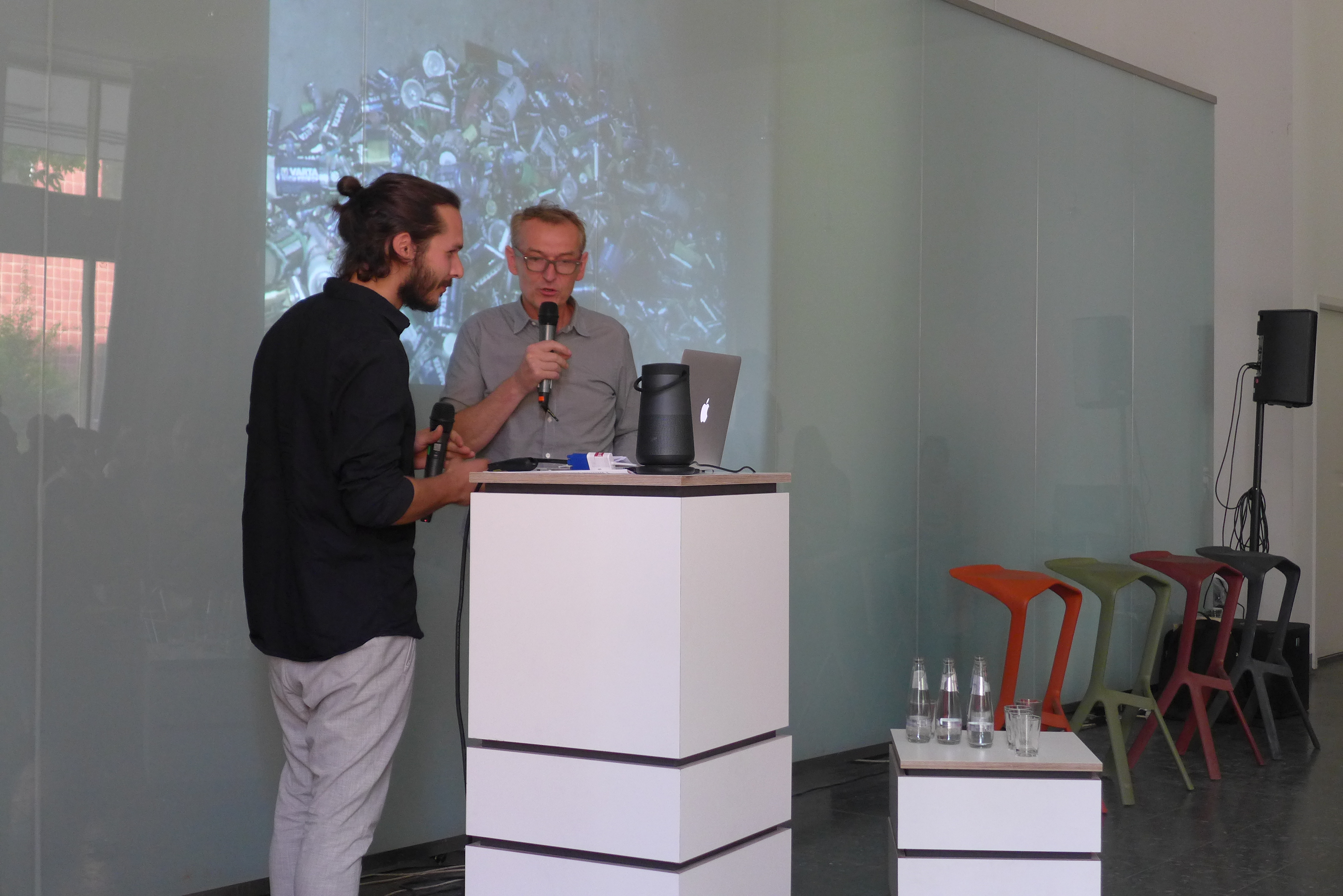
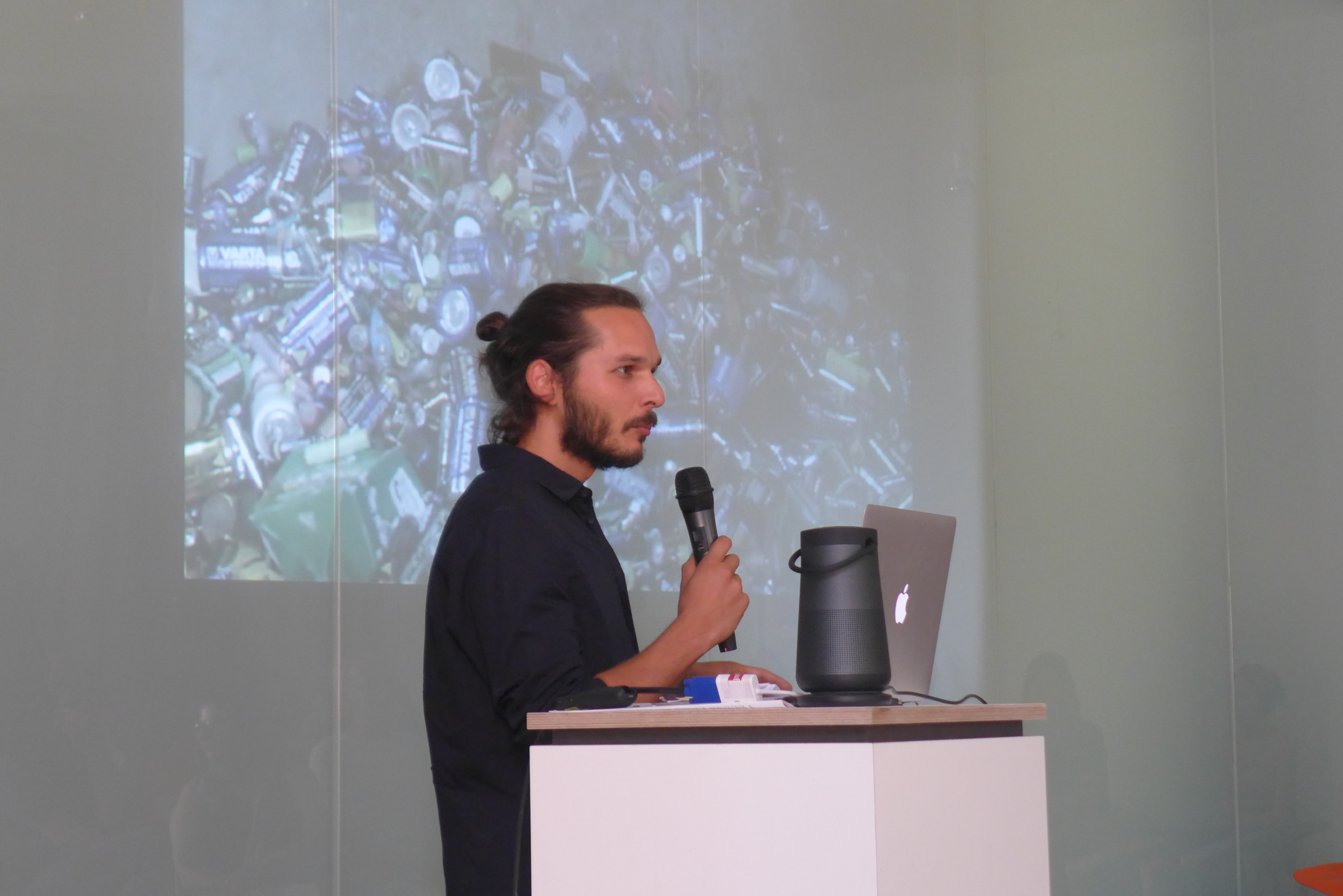 Bastian Thürich – Power House student
Bastian Thürich – Power House student
 Sophie Stanitzek – Power House student
Sophie Stanitzek – Power House student
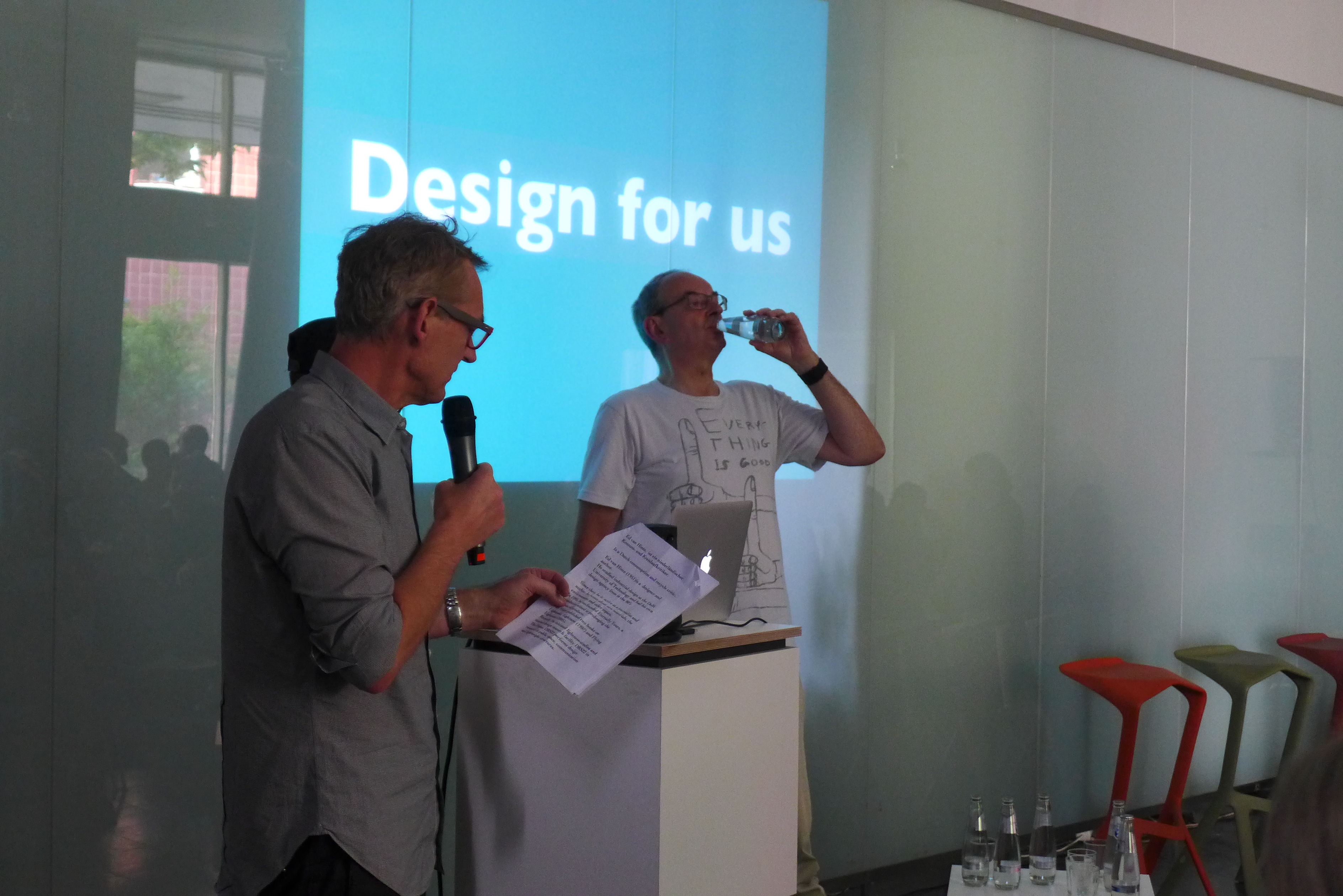 Ed van Hinte – design critic
Ed van Hinte – design critic


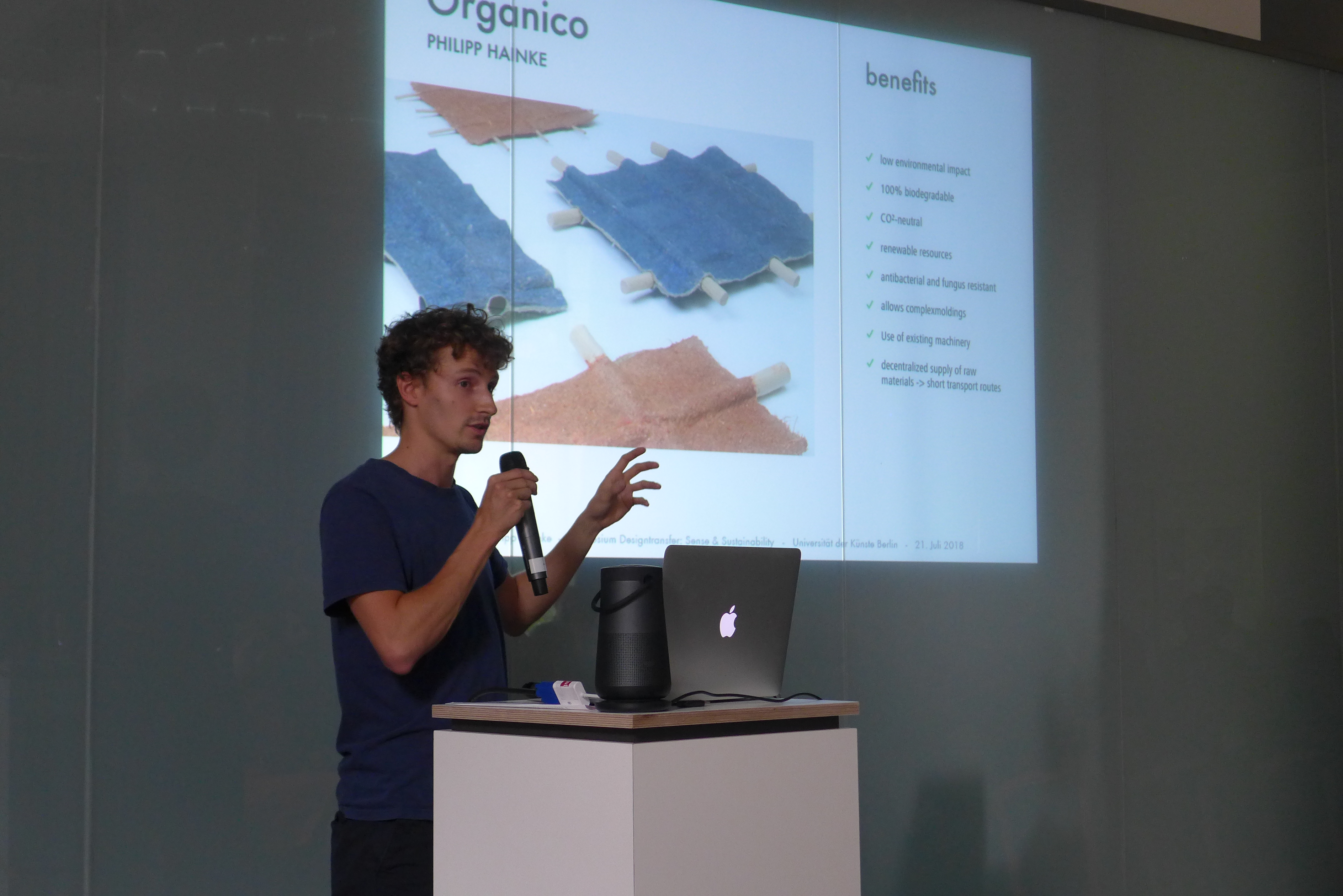 Philipp Hainke – BA graduate
Philipp Hainke – BA graduate
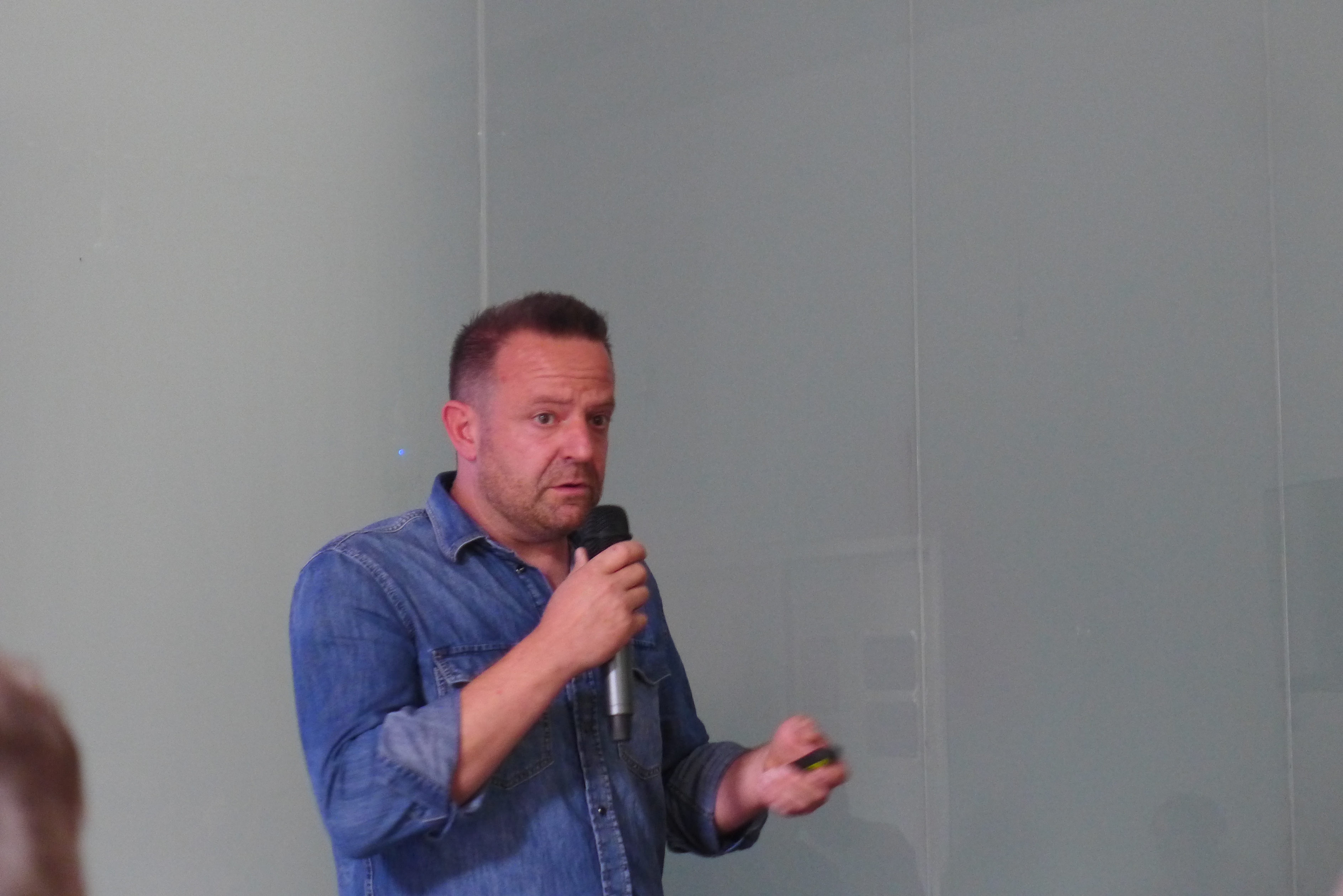 Tjeerd Veenhoven – material developer/designer
Tjeerd Veenhoven – material developer/designer
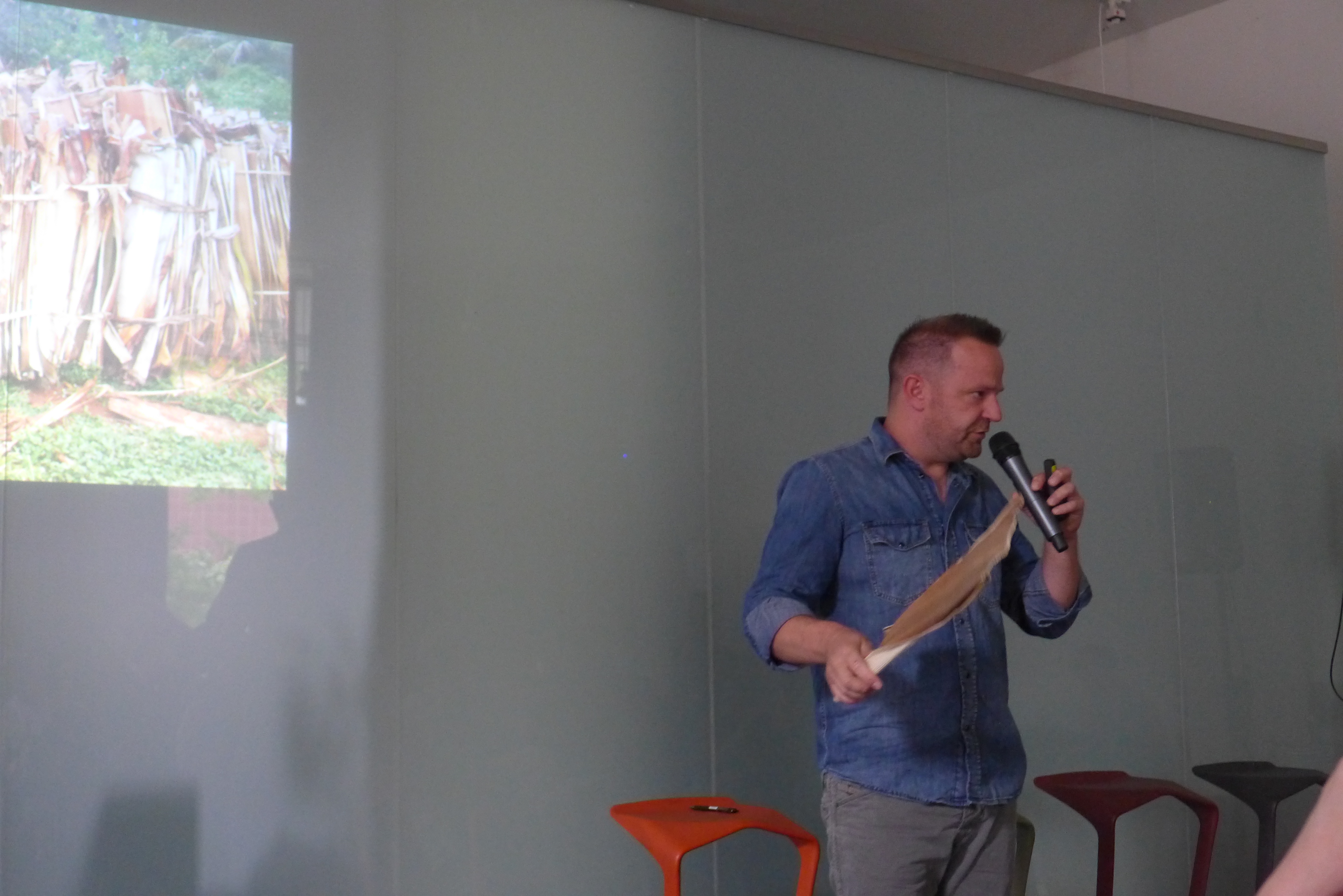

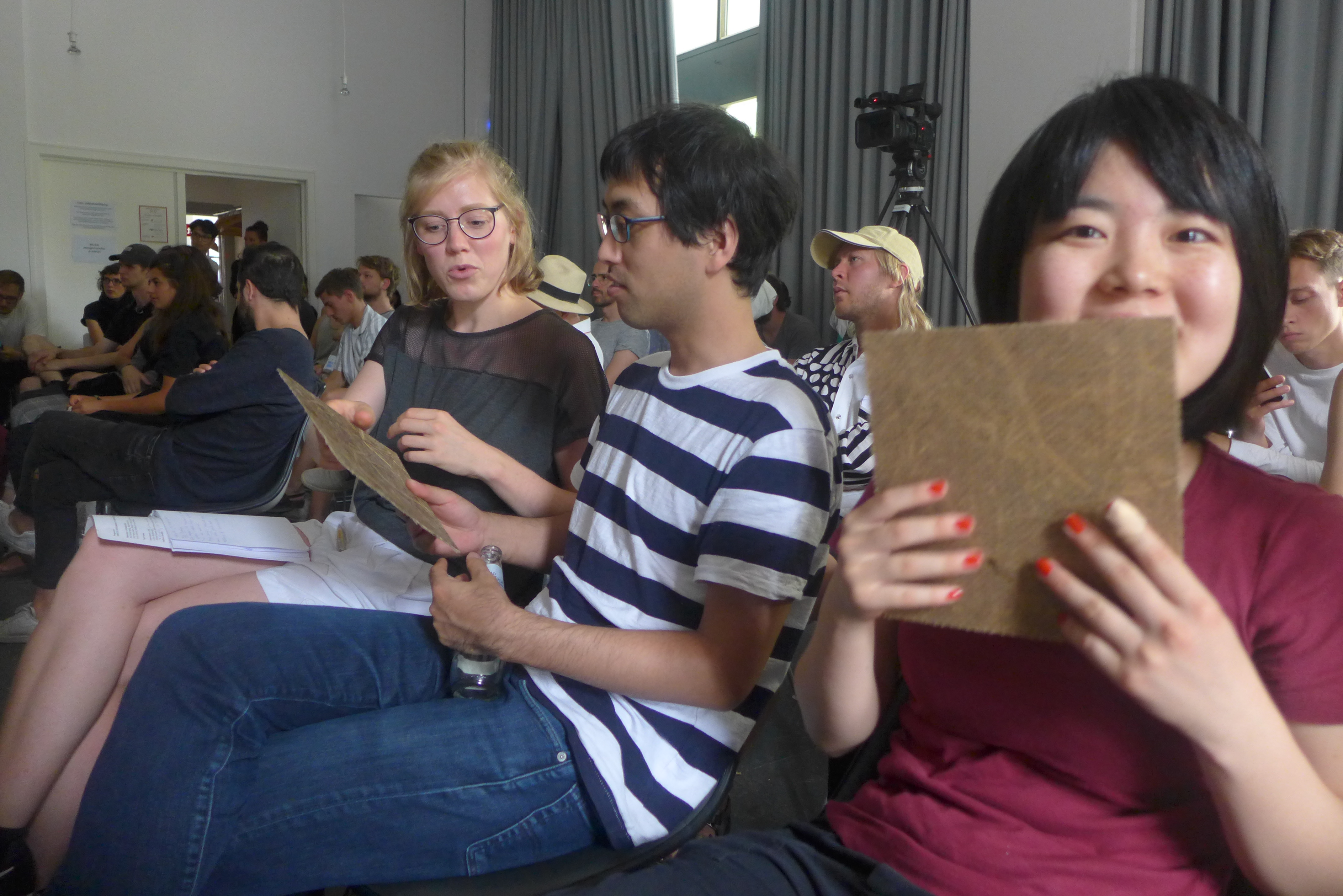
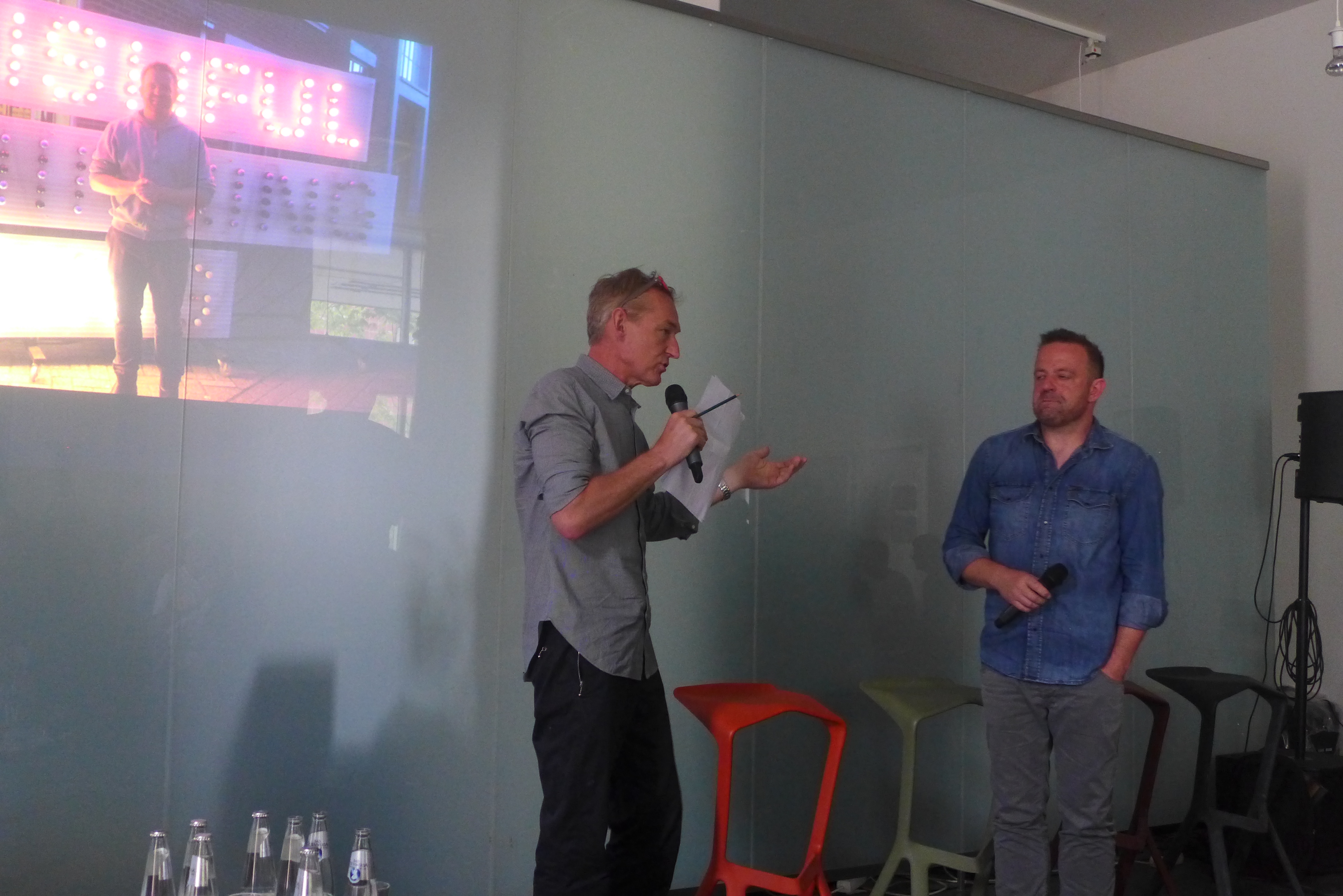
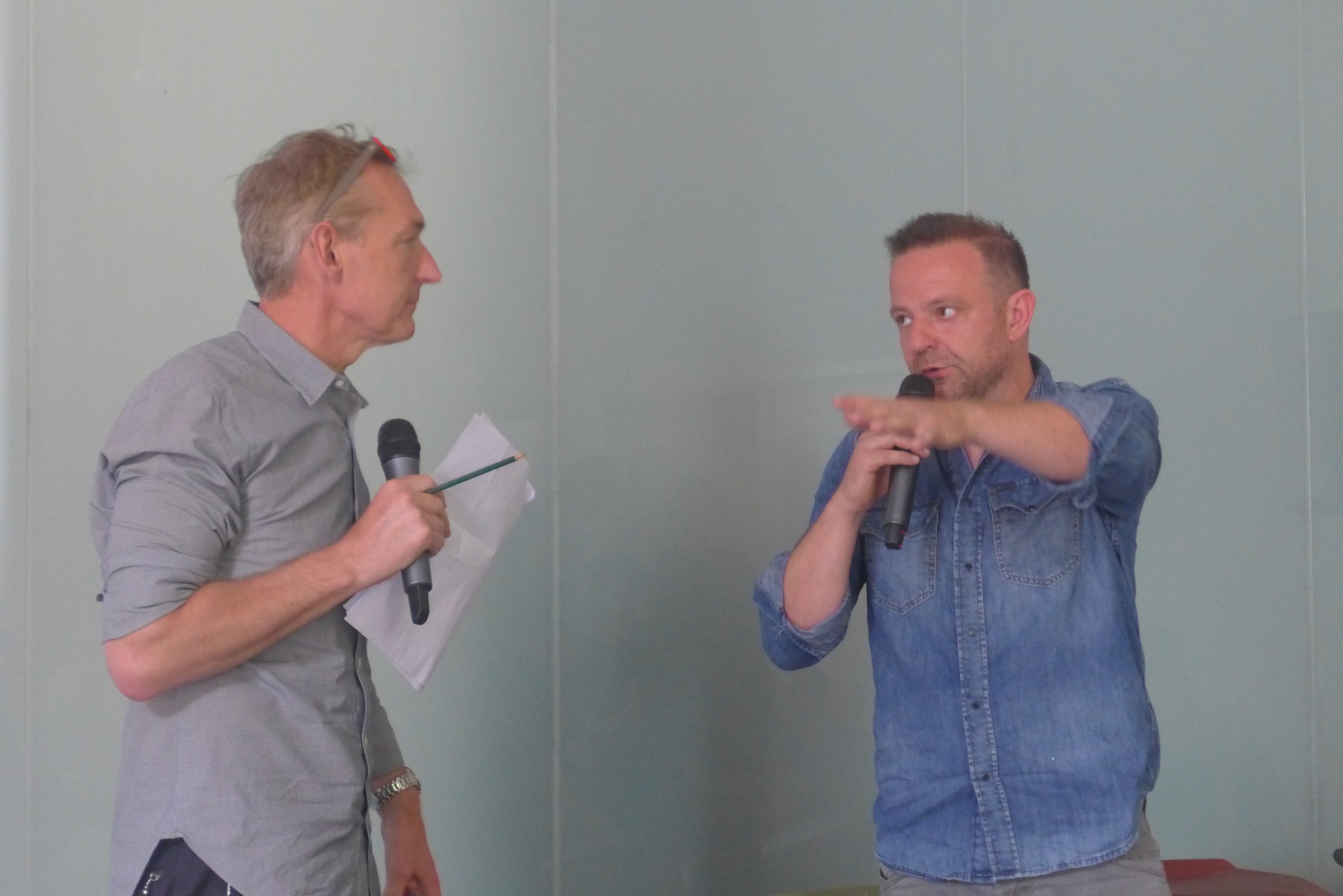
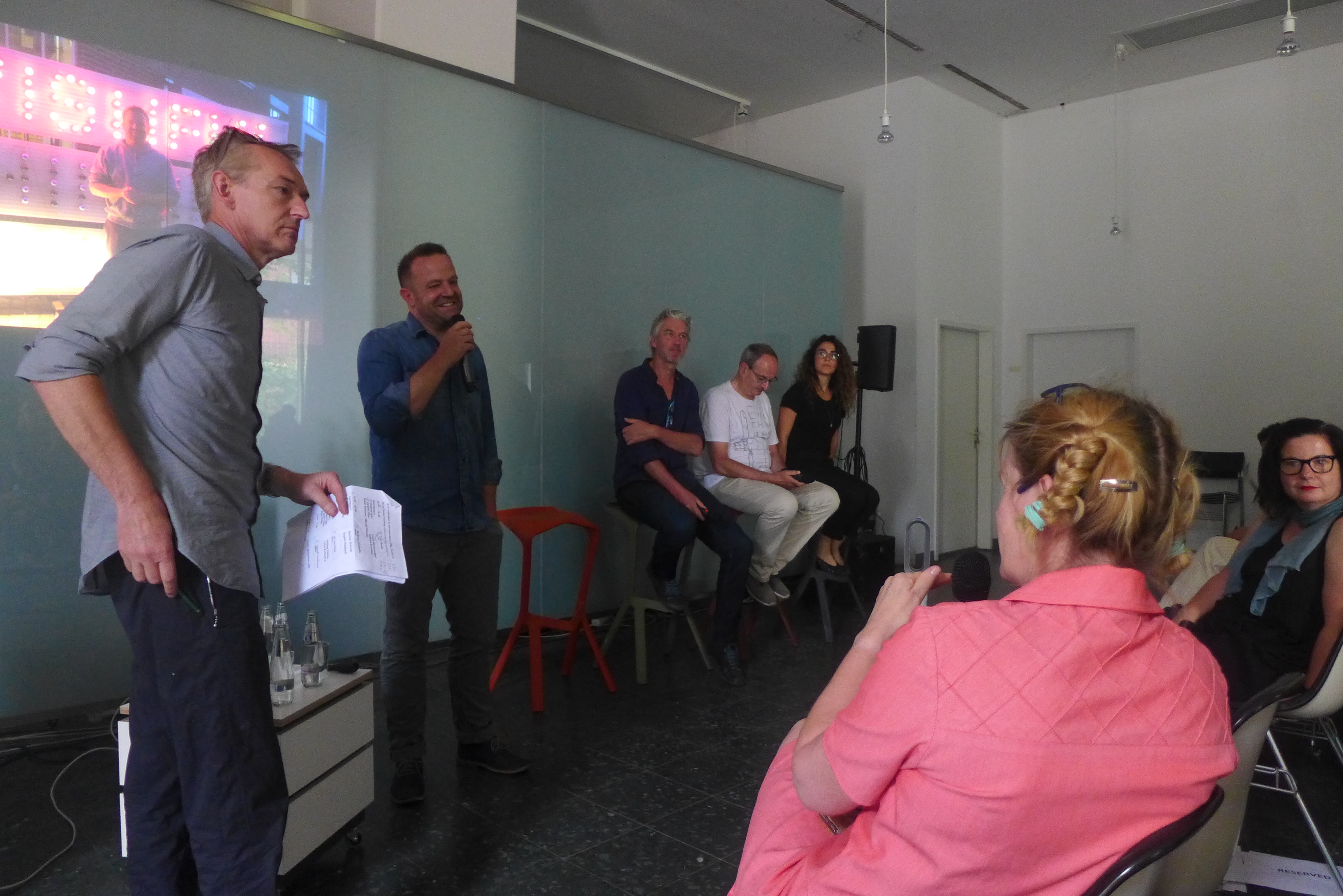
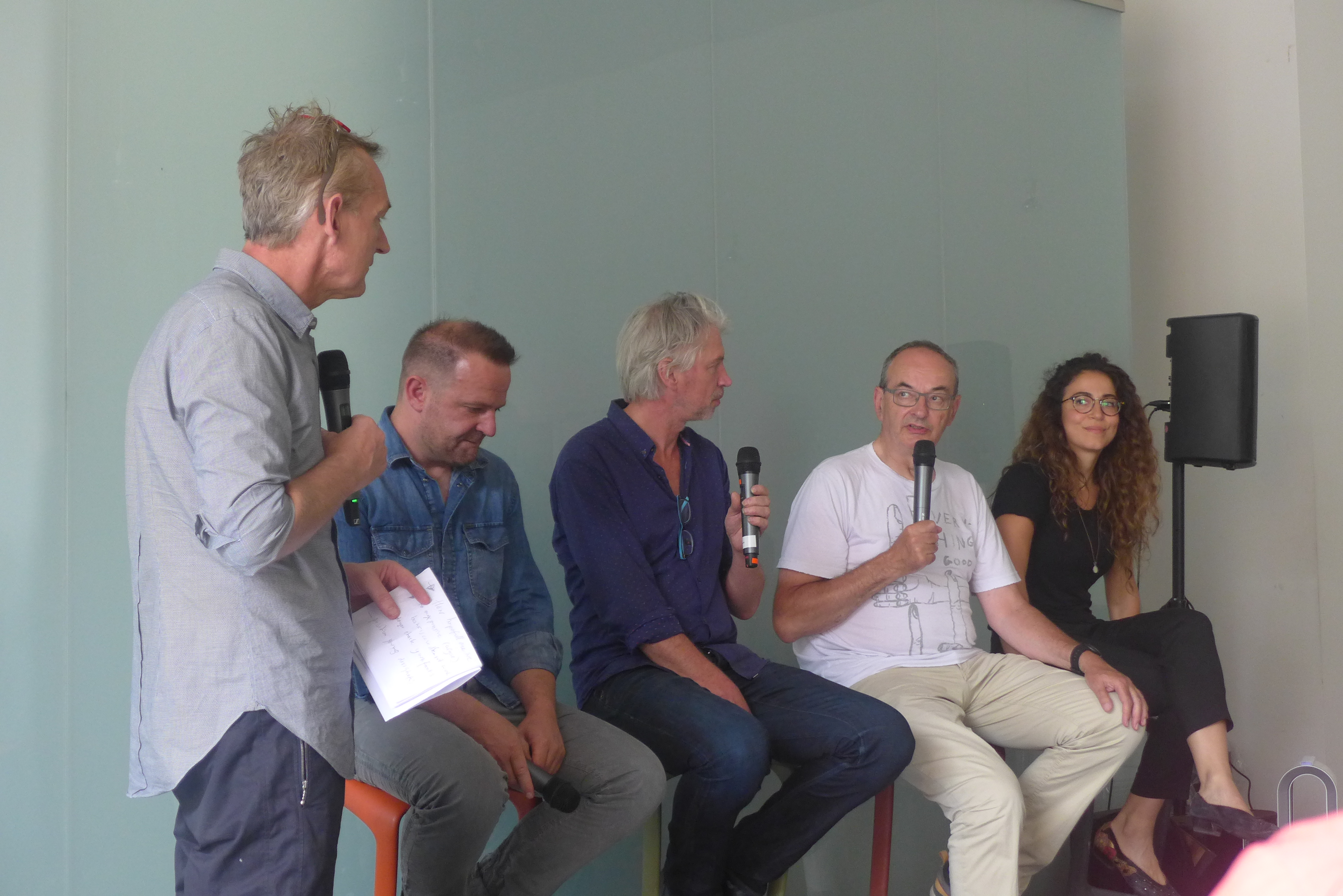
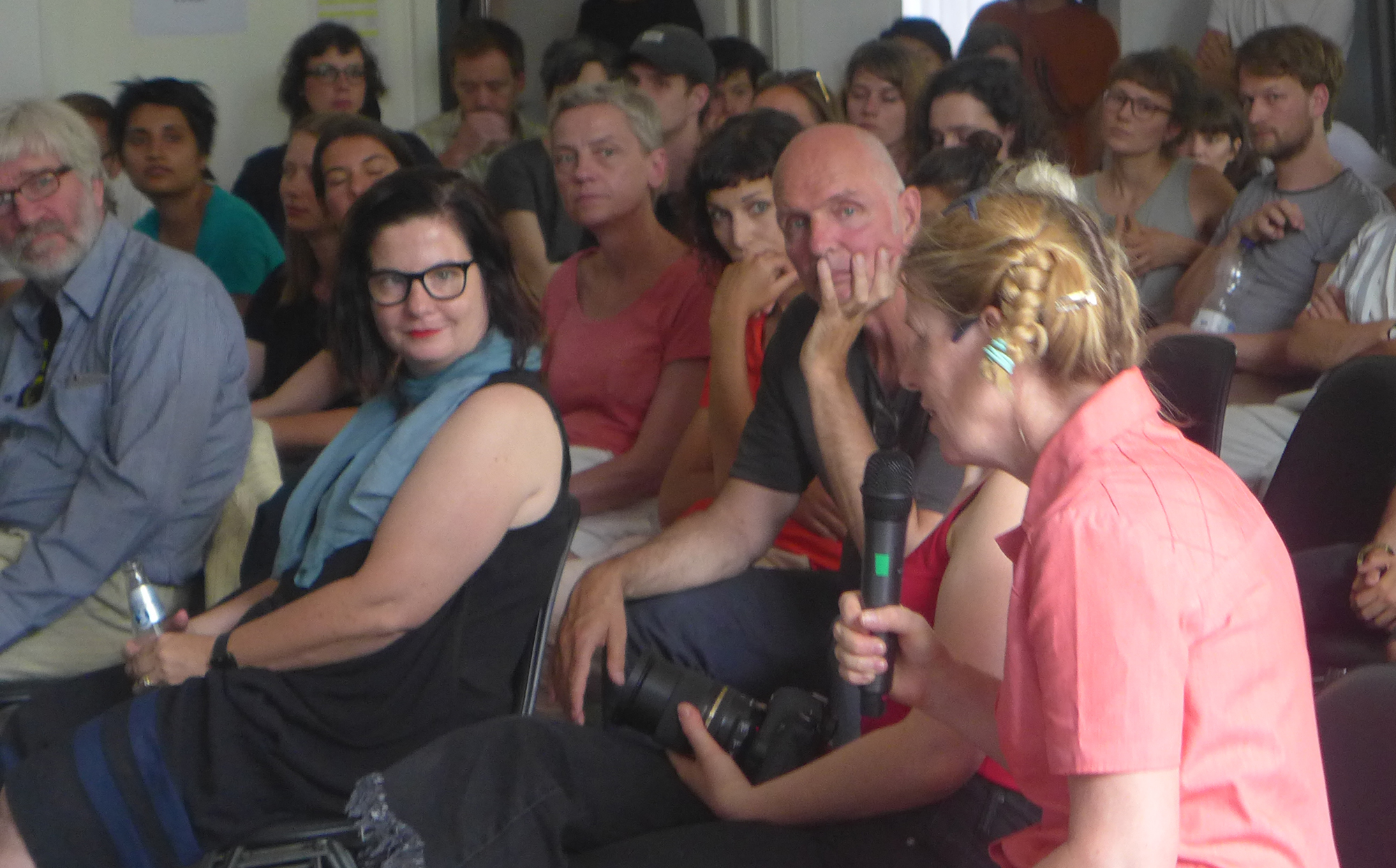
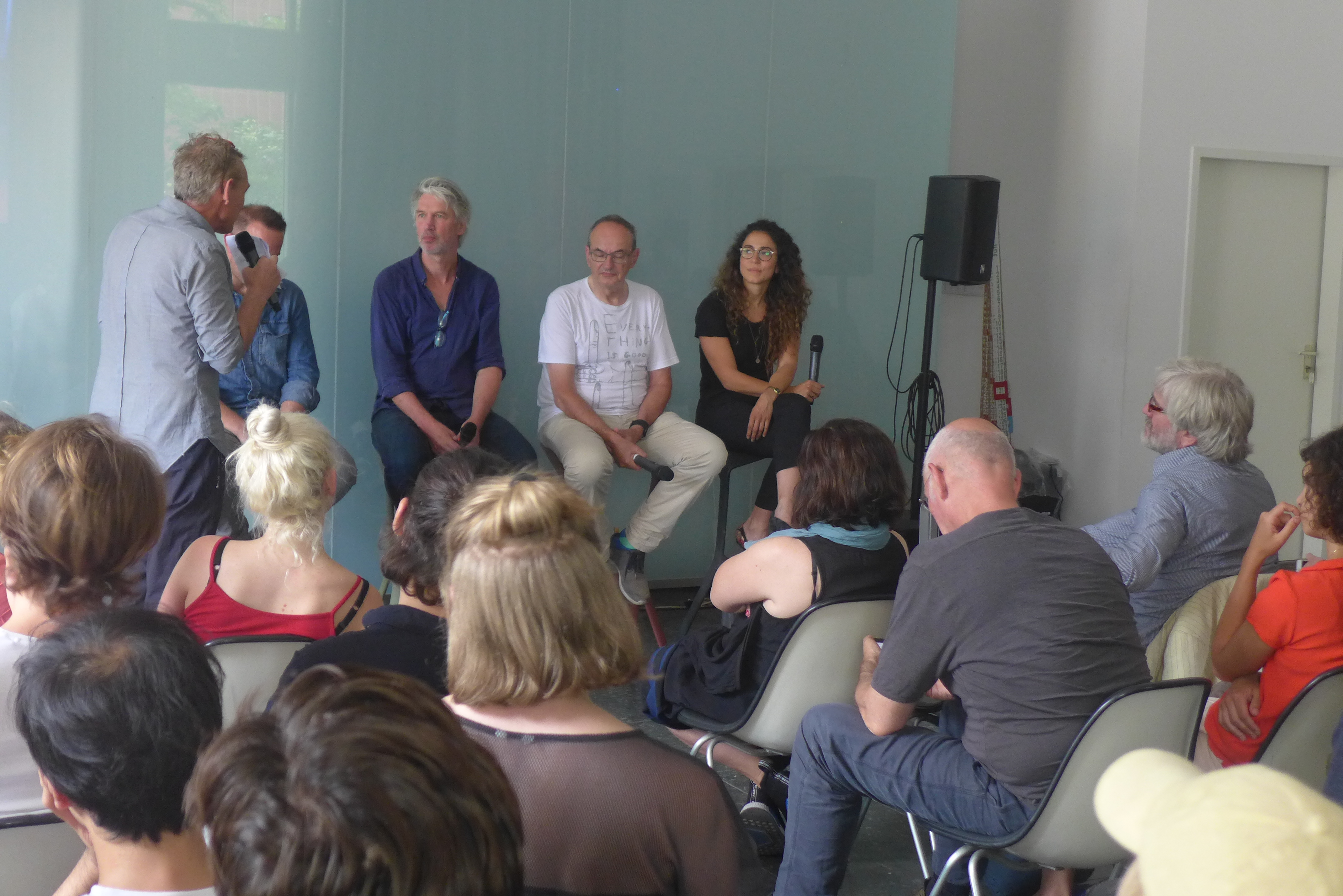
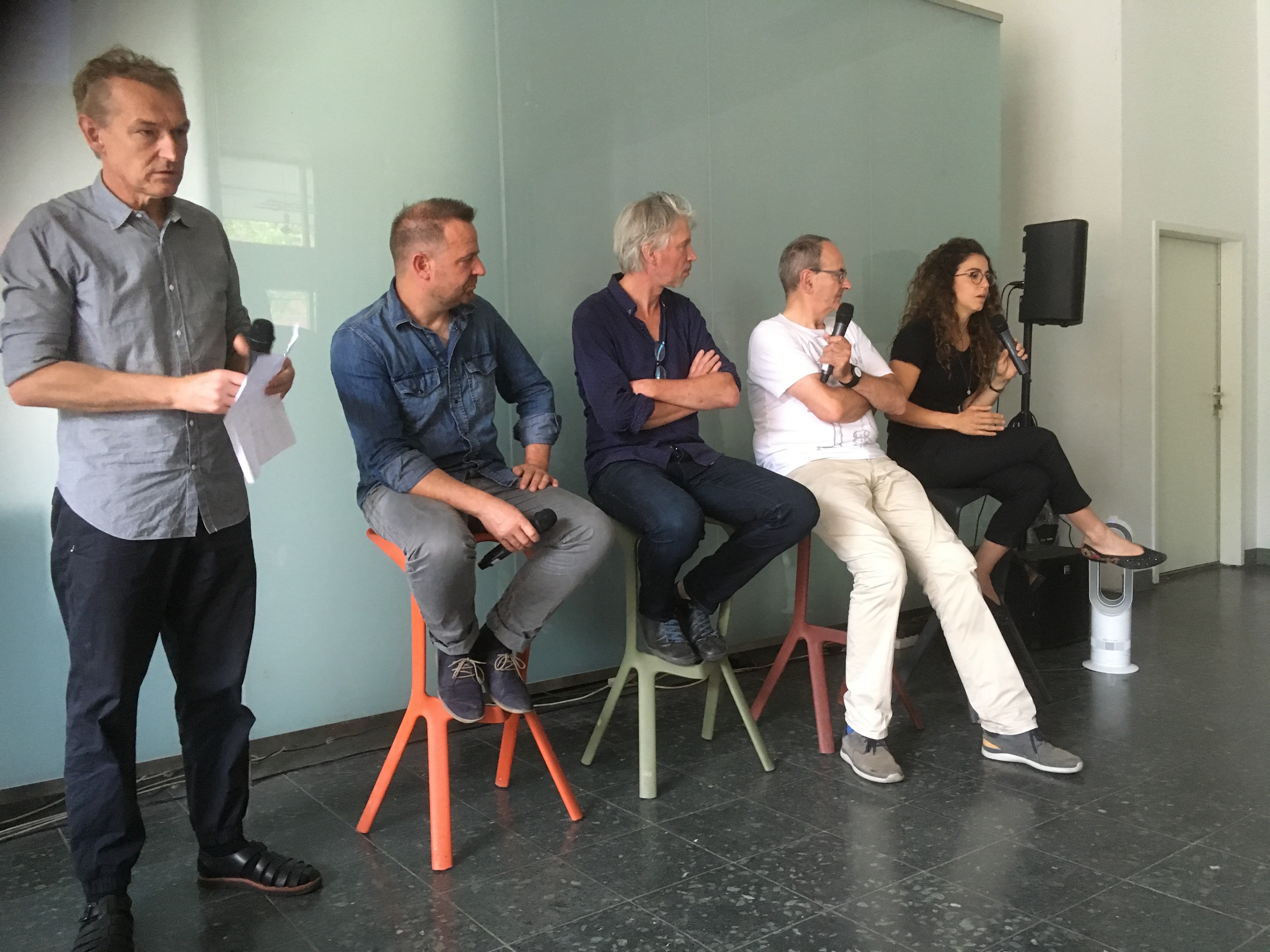

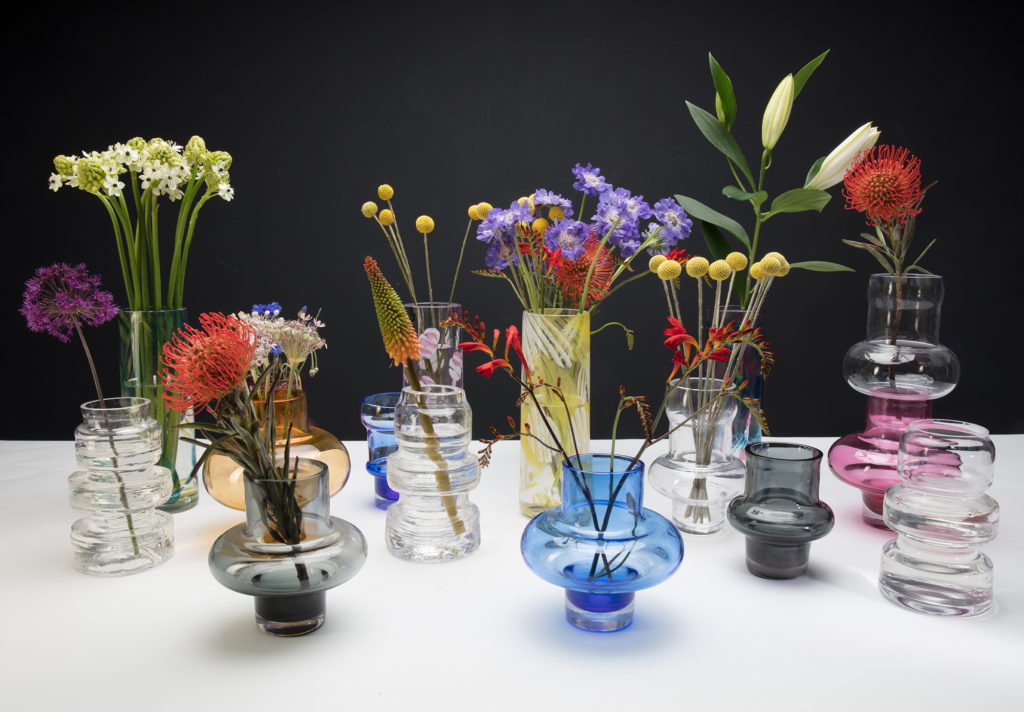
During the recent Summer Semester Professor Ineke Hans ran an intense glass project with her students. Based on their first discoveries – glass blowing introductions and visits to a.o.galleries and glass department of V&A London – her students started on their own projects and had a joint glass blowing workshop with students from HBK-Saarbrücken at Centre International d’Art Verrier in Meisenthal, France.
For a week the students from both design courses realised several glass projects that celebrate: that evoke happiness, that jubilate, that commemorate special moments, honour peculiar uses, specific functions, or just revel the material or the experiment.
In a second project the Berlin students worked with borosilicate and set upinteresting cooperations with the technicians of the TU glass-labs to realize innovative projects from this differenttype of heat-resistant technical glass.
Both UdK glass projects were shown in designtransfer early this summer, but from 25 till 29 October the Meisenthal projects from both UdK- Berlin and HBK-Saar are invited to be presented at international design festival DESIGNBLOK in Prague. This year Designblok celebrates its 20th anniversary and that fact formed the roots for the theme Celebrating Glass.
During their stay in Prague the Berlin and Saarbrücken students will visit the glass-master department of Prague’s Art Academy UPRUM where students and profs will share talks and experiences concerning glass and design.
More info at on UdK’s Celebrating Glass project, see
Celebrating Glass at Designblok Prague, see
Location: Openstudio, Industrial Palace Prague
Průmyslový palác: Výstaviště 67, Praha Holešovice
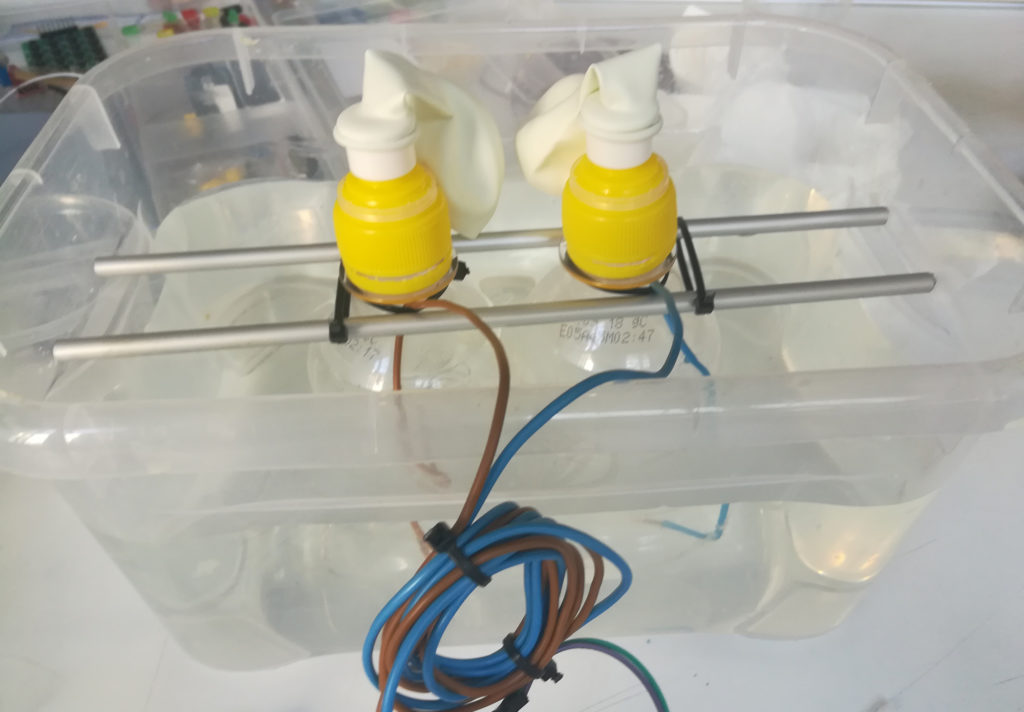
We live in a networked society and for products we speak about the internet of things. With all that the digitisation in and around our houses grows. This is all very exciting, but it also means that more and more products with plugs and power are needed where we the ‘Paris agreements’ and really have to slow down on our use of energy in the future!
Young product designers today have to do more than just creating nice new objects. They also have to develop critical skills and visions on how to develop and produce goods in the future.
Spring Summer 2018 Professor Ineke Hans ran a the Power House projects with her students. They worked on the development of new products, projects, systems and strategies that offer sensible and sustainable solutions for our houses; either high-tech or low-tech.
The Power House projects took place in three stages.
> A short warming up project, including a visit to German Technikmuseum Berlin, exploring various old and new technologies, materials and strategiesresulting in outcomes tosupport future living.
> A short workshop with Dutch designer Marjan van Aubel on future technologies, including a visit to Berlin urban farm Infarm aiming for possible and speculative outcomes.
> The final Power House projects where shortprojects could be taken further, or a new project could be started aiming for powerful concepts for the house that make sense and that are sustainable.
The students were asked to support their work with films, facts, figures and strategies to back up their ideas and to give insight in their feasibility. In july the Power House Projects ended with Sense & Sustainability, a symposium with international guests.
From 20 till 28 October a selection of Power House projects will be presented at the acclaimed Dutch Design Week in Eindhoven under the wings of Ineke Hans’ personal presentations of her London Furniture Salons.
A Pick of Power House at Dutch Design Week
20-28 Okt. 11:00-18:00, Veem (Strijp S) Eindhoven, see
More info on the Power House projects, see
For the Power House Shorttime project a research visit was paid to German Techik Museum Berlin. There are not many impressions left of that. Just a snapshot and few quick films of what inspired.
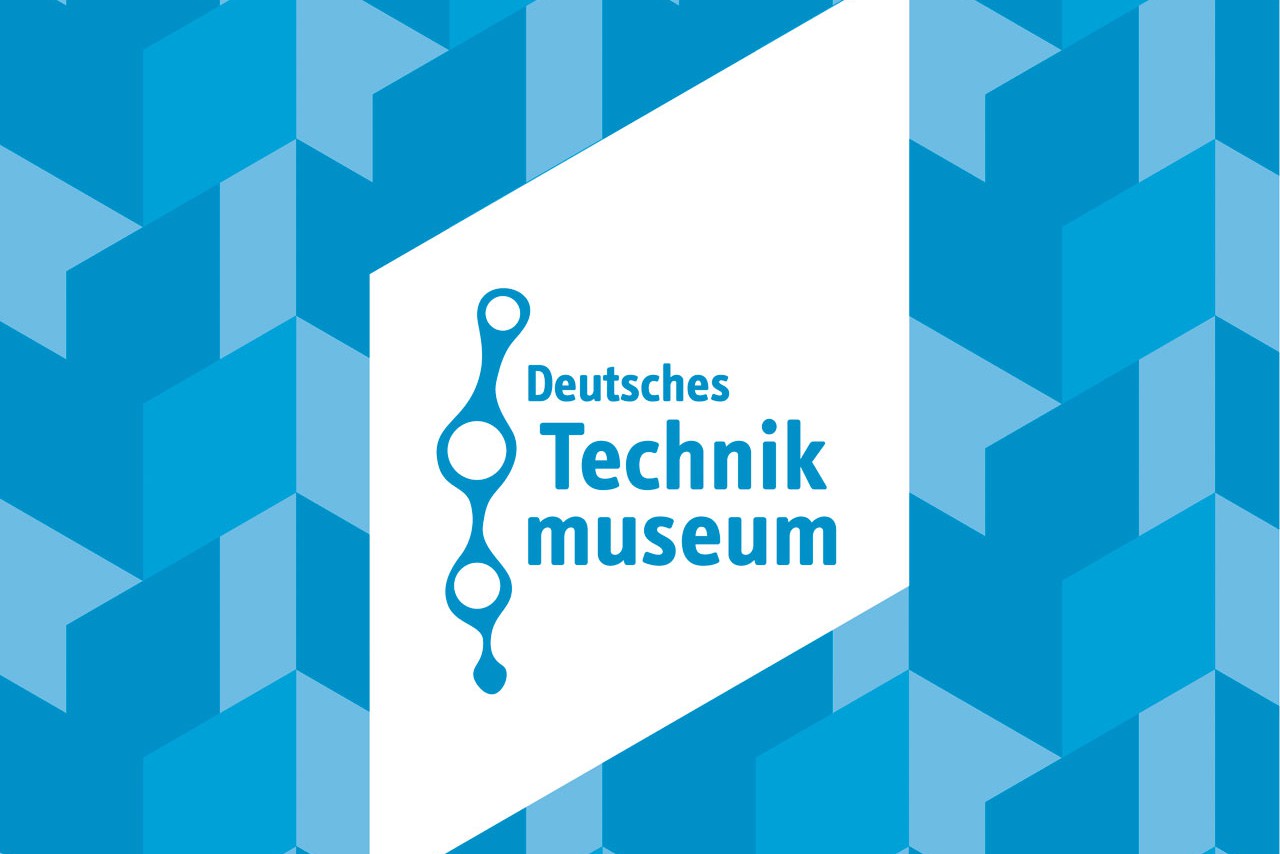

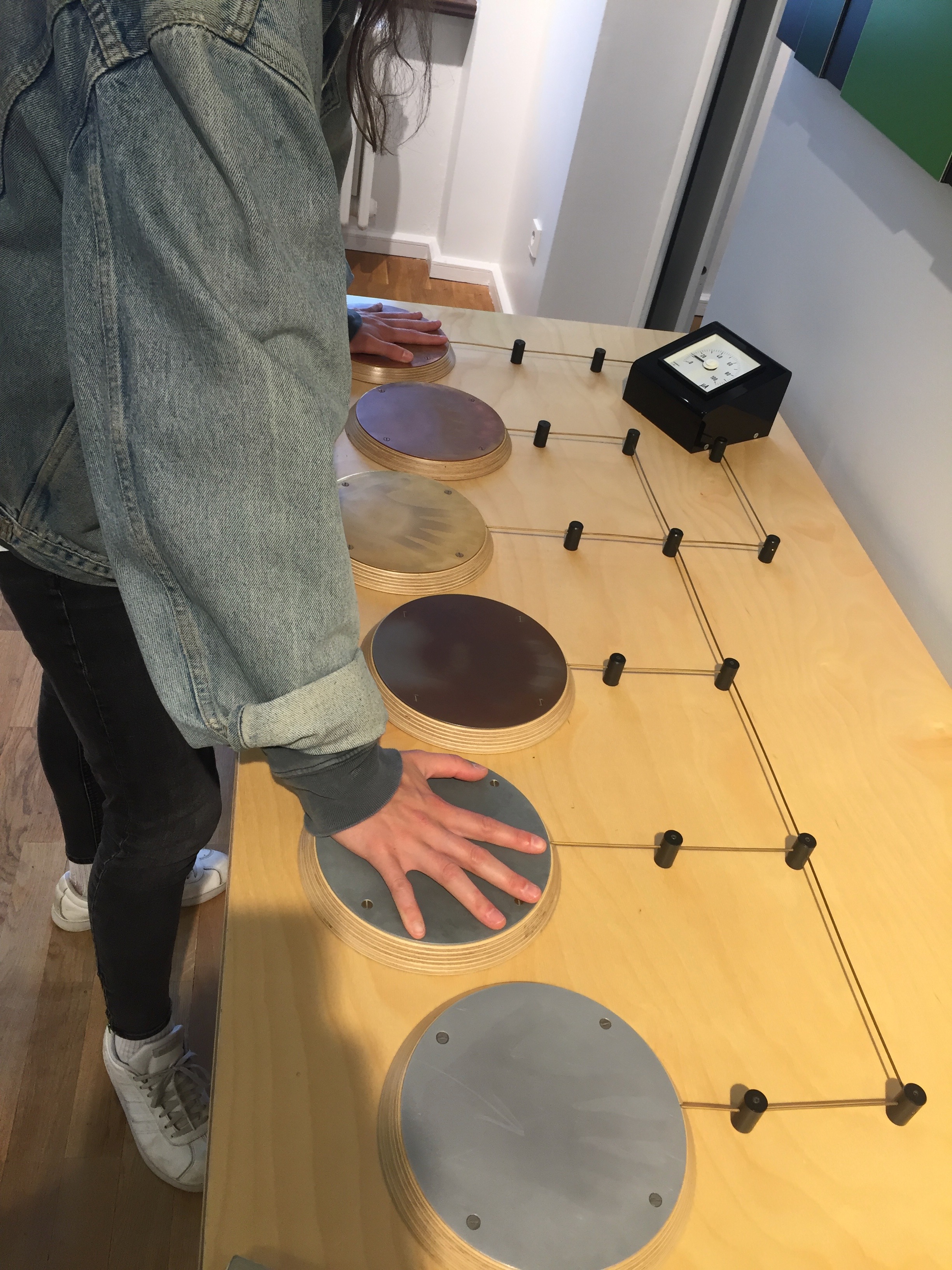
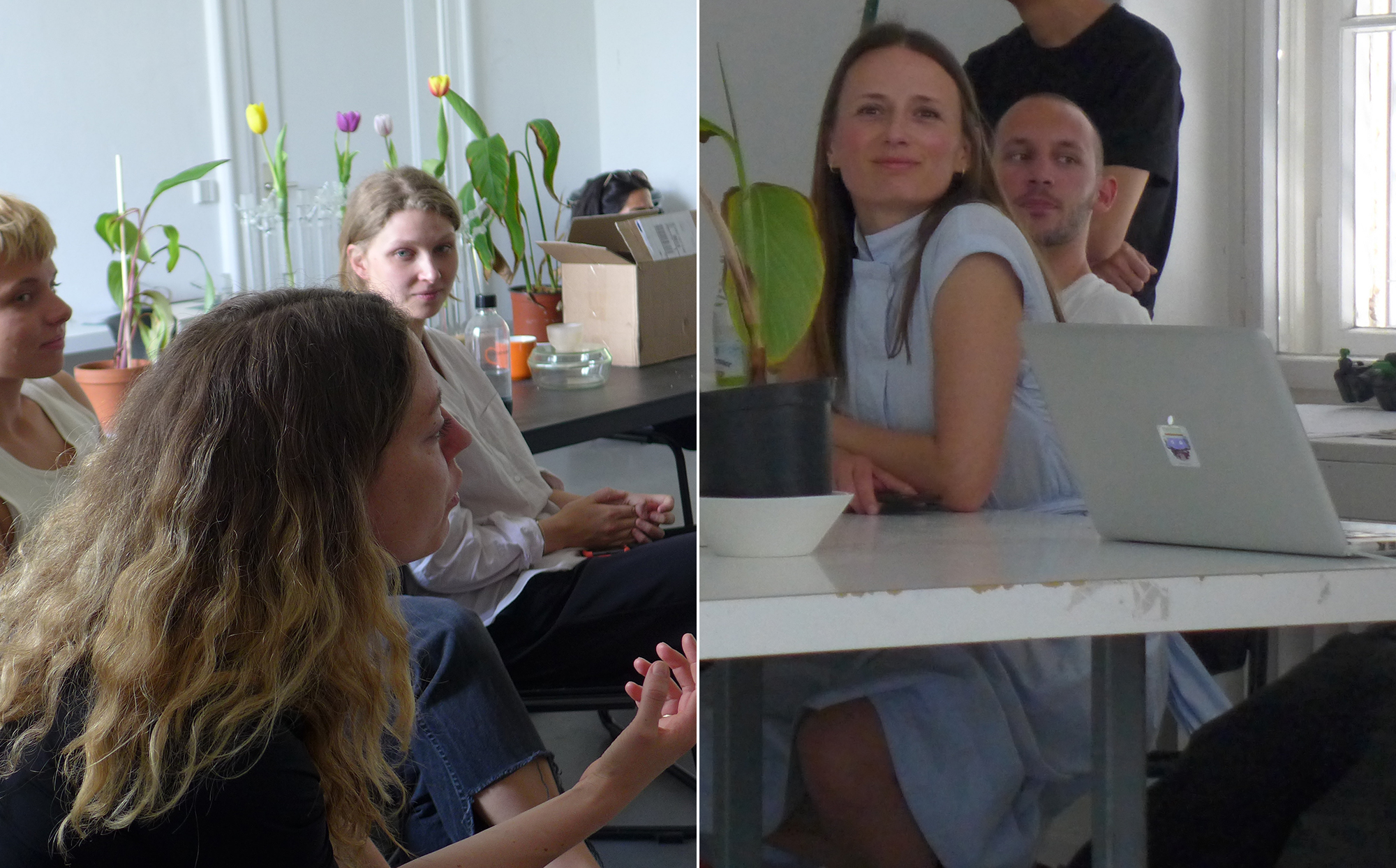
9 May 2018
raum 202
Within the Power House project Marjan van Aubel gave a workshop on Future Technologies. For the presentations and evaluation of the projects Matylda Krzykowski came along with her.
The students presented the outcomes of the workshop and a manifesto on future technology on design.
Marjan’s focus on new sustainable technologies and Matylda’s knowledge as international curator, advisor and professor in design gave the students valuable insights in there work and process.
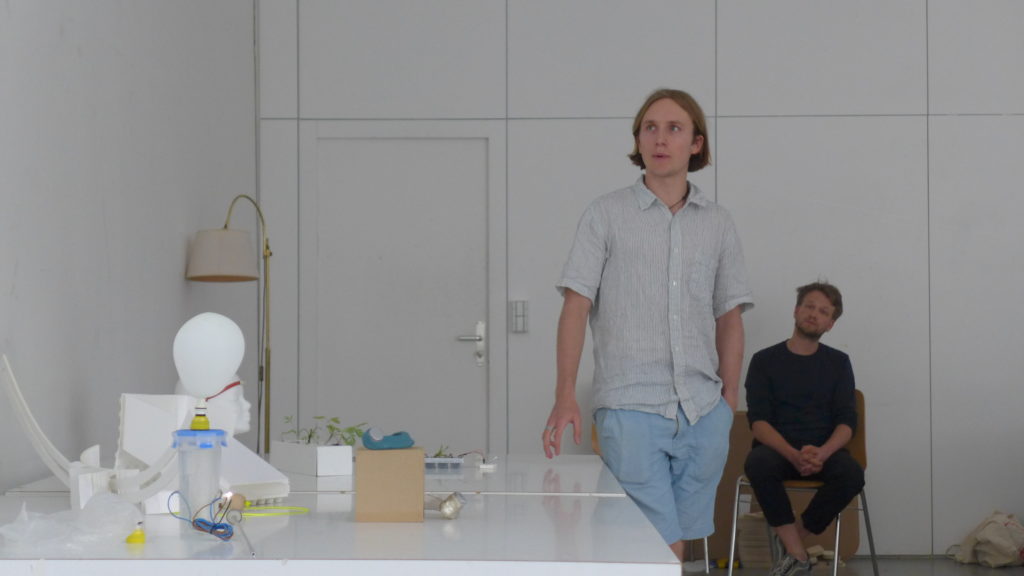
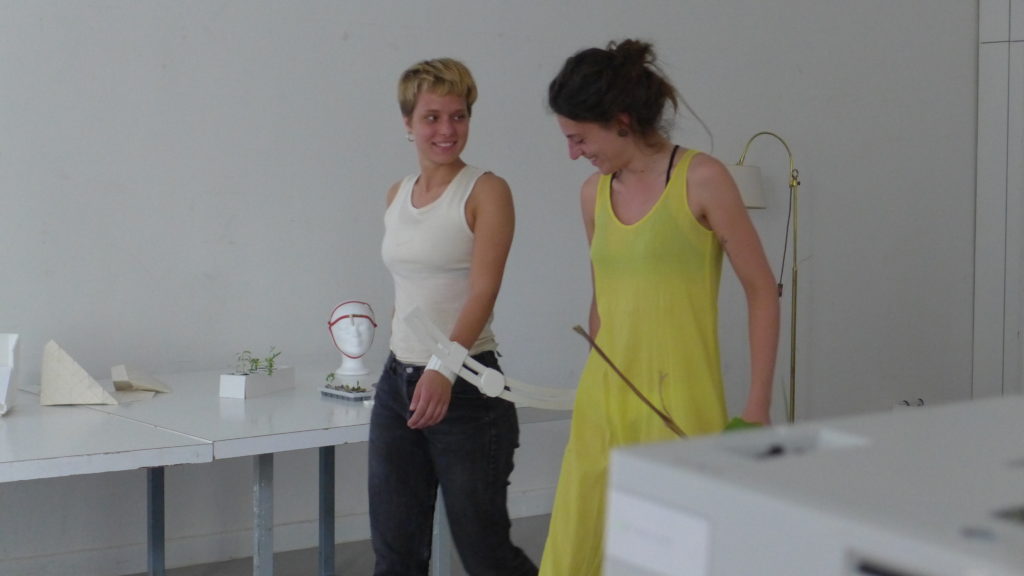
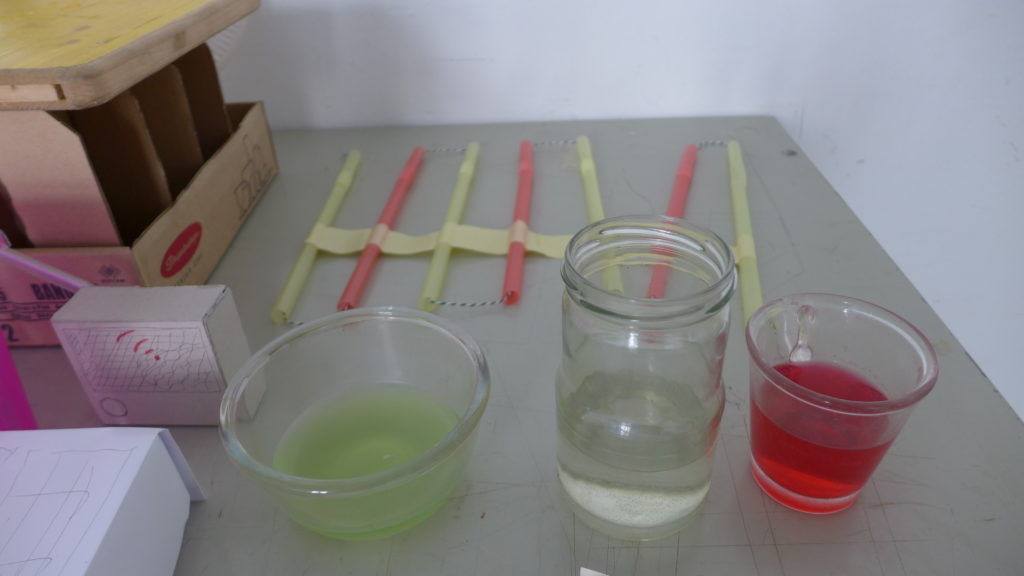
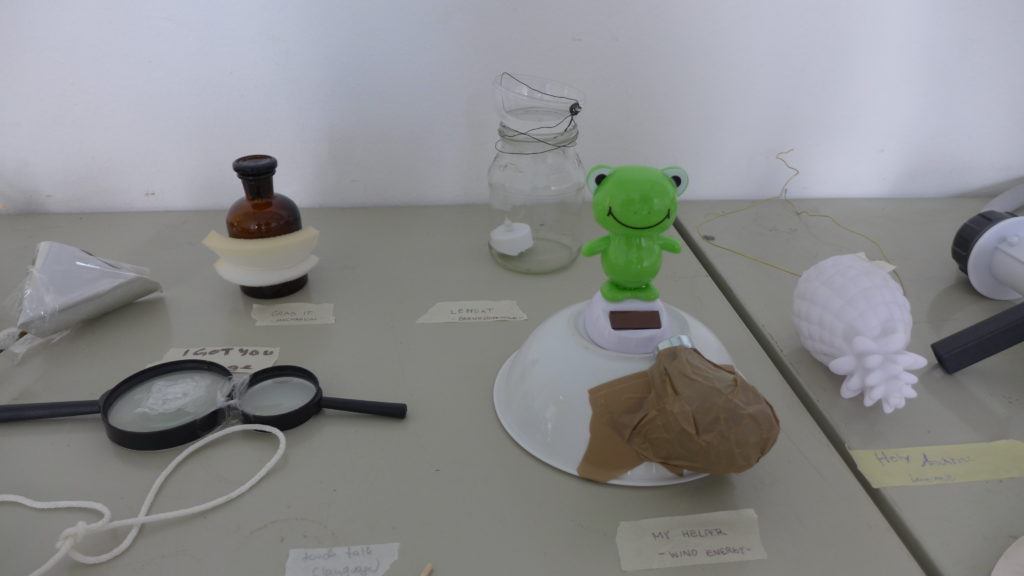
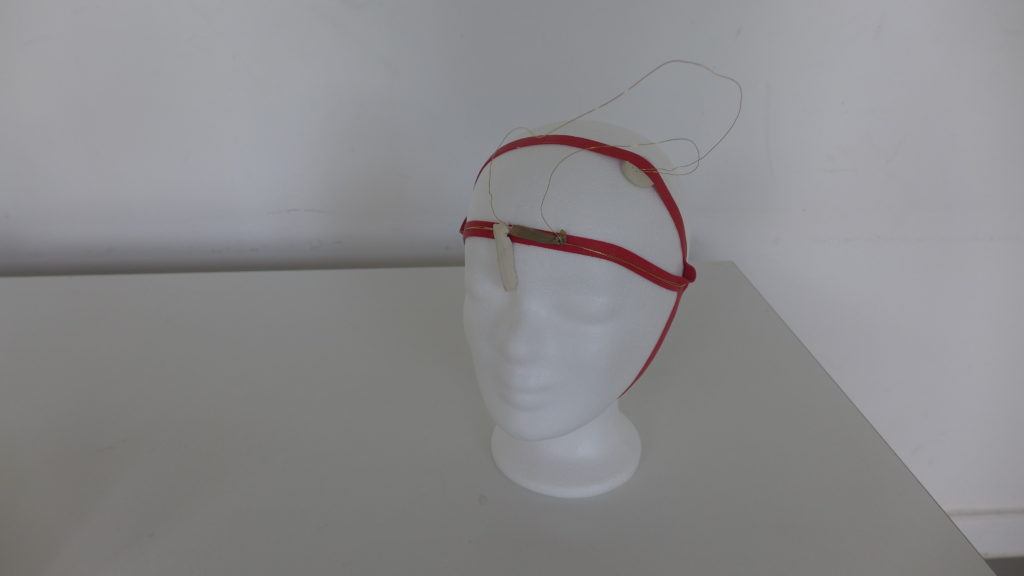
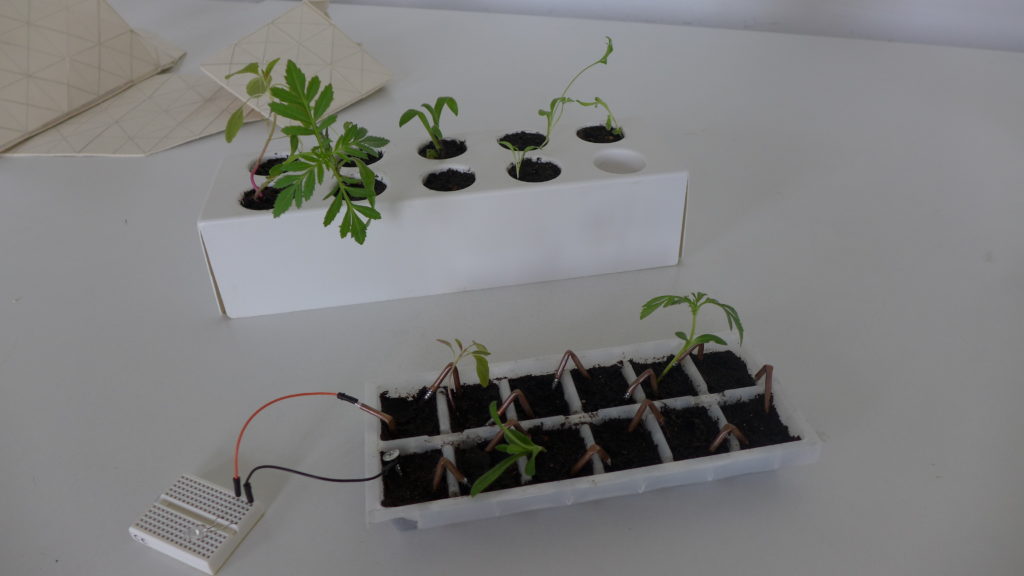
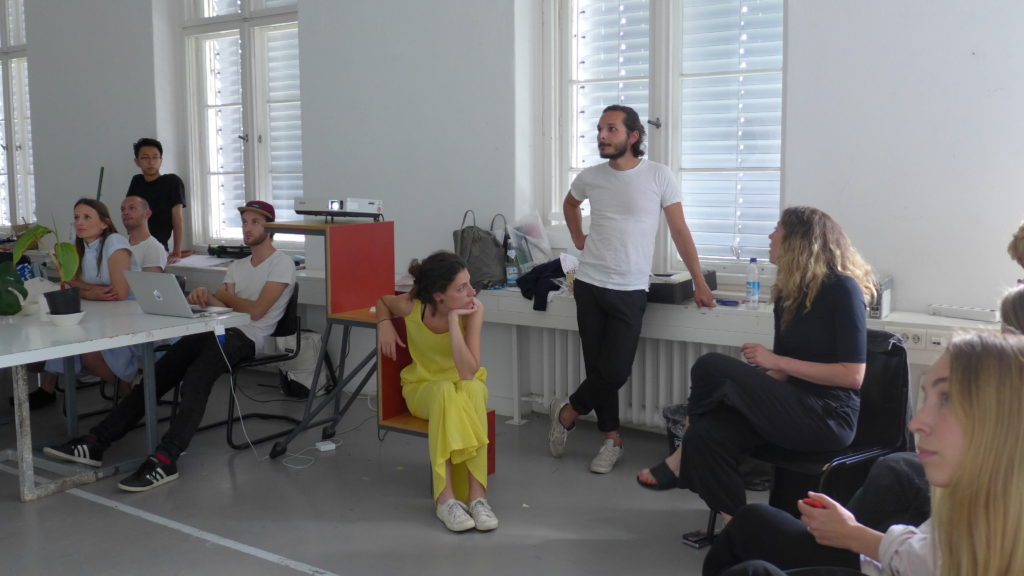
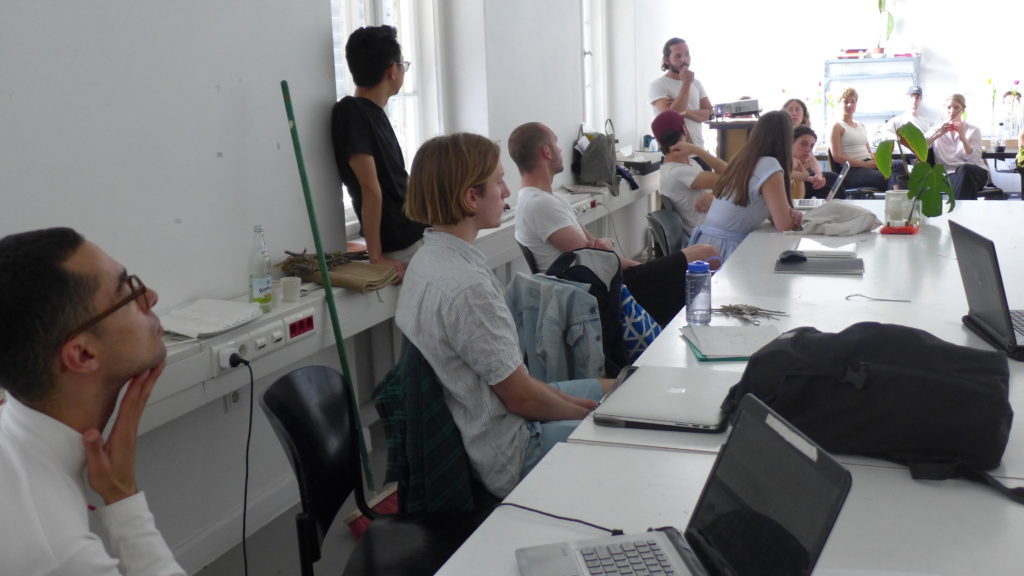
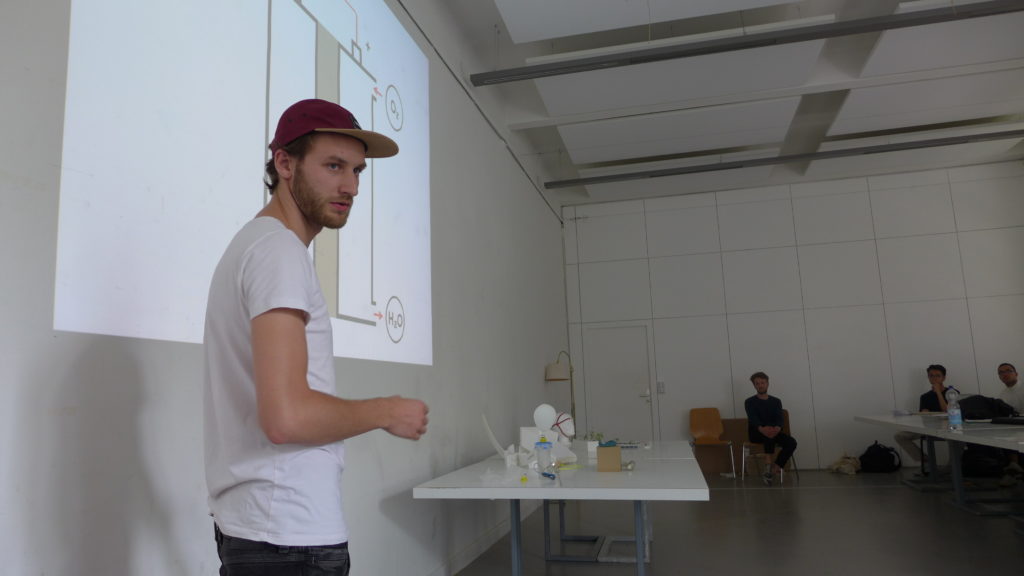
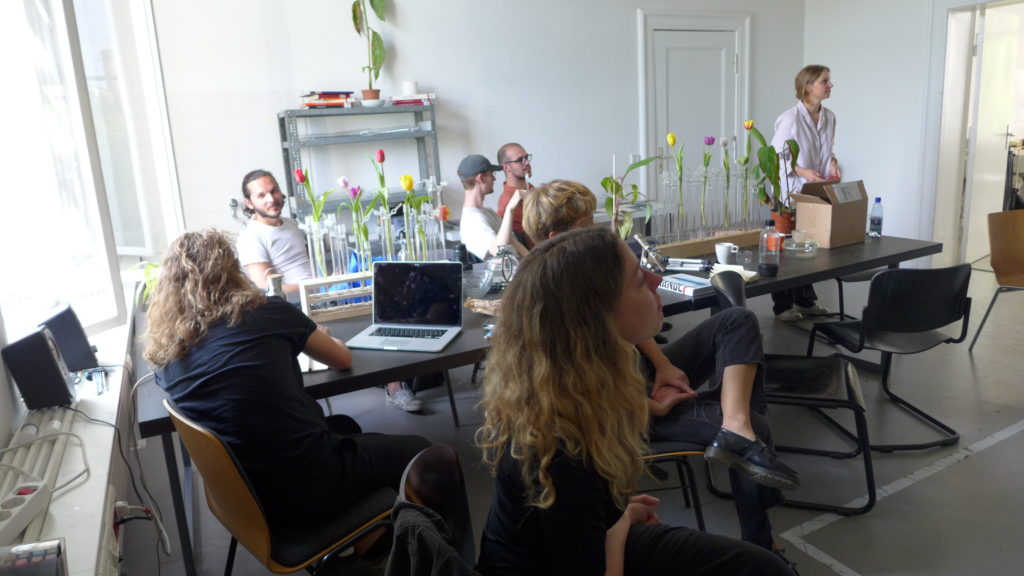
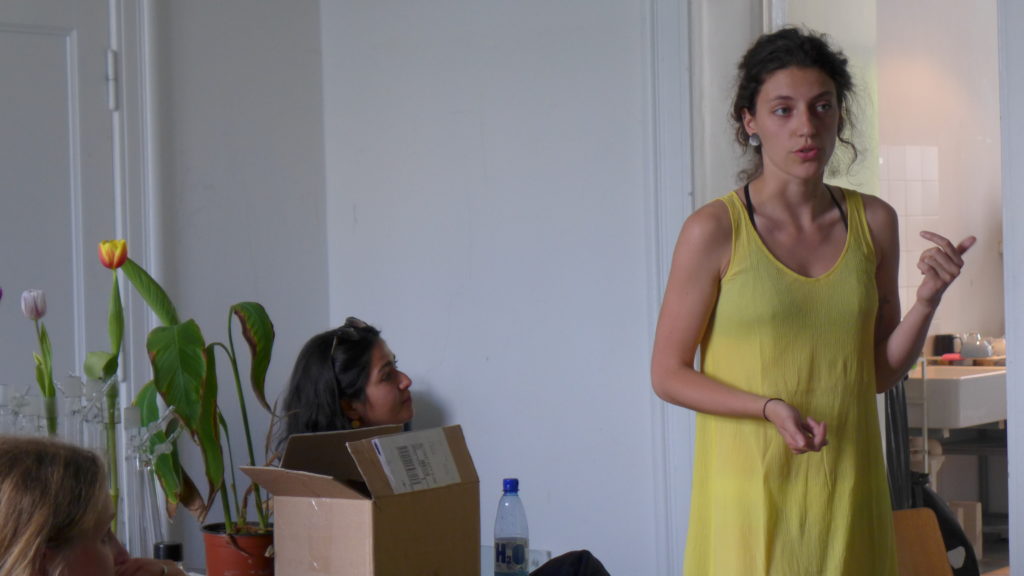
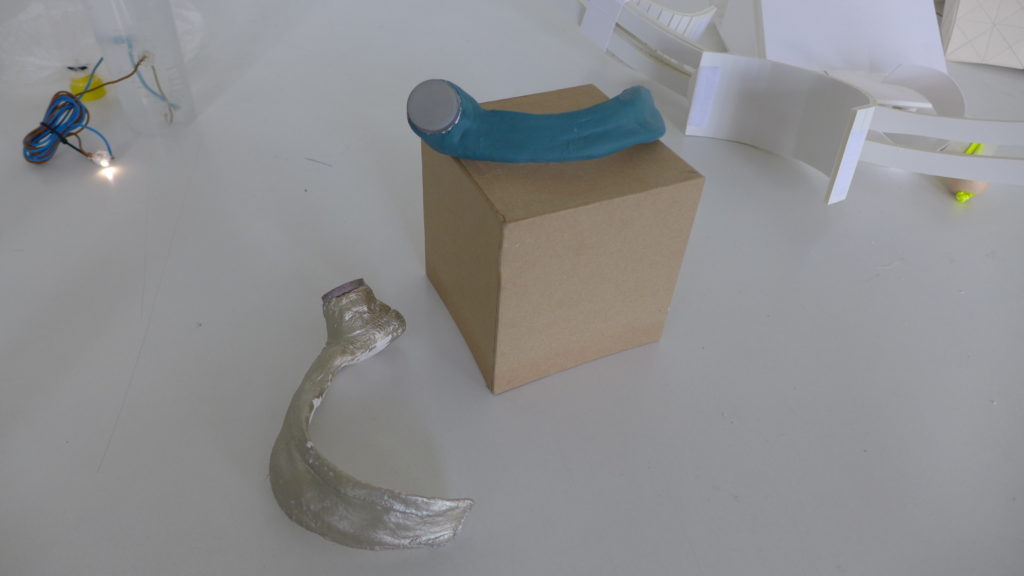
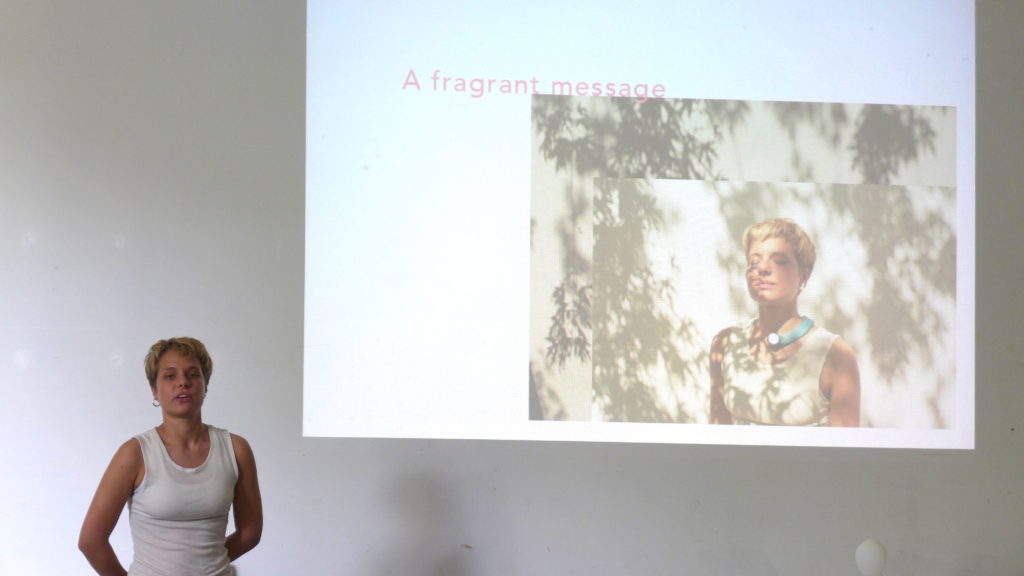
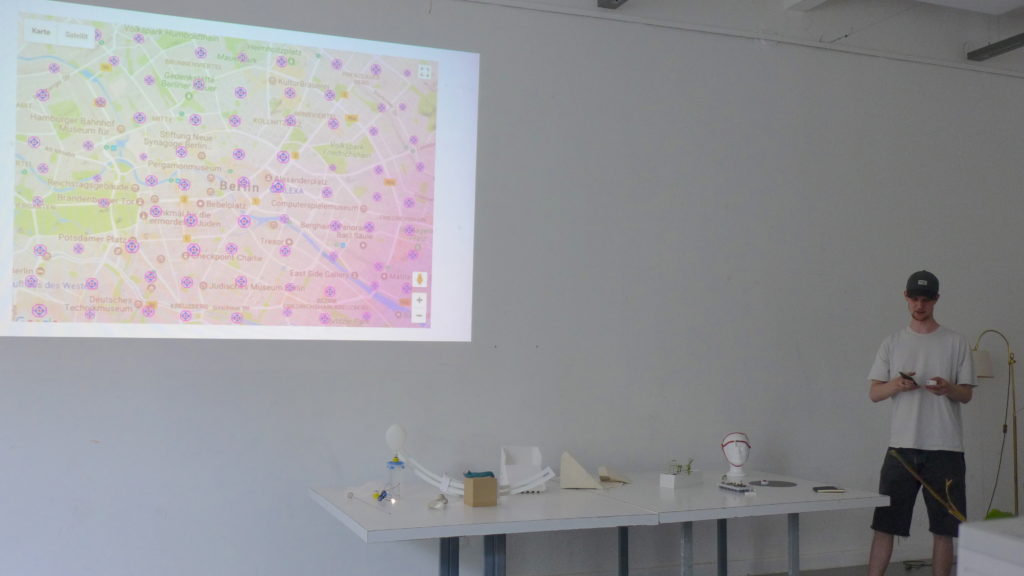
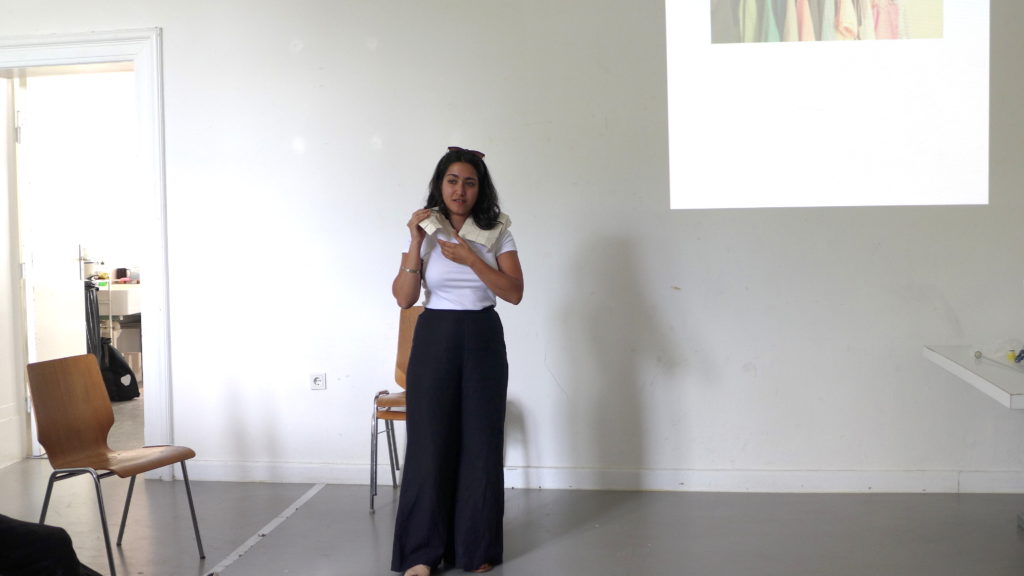
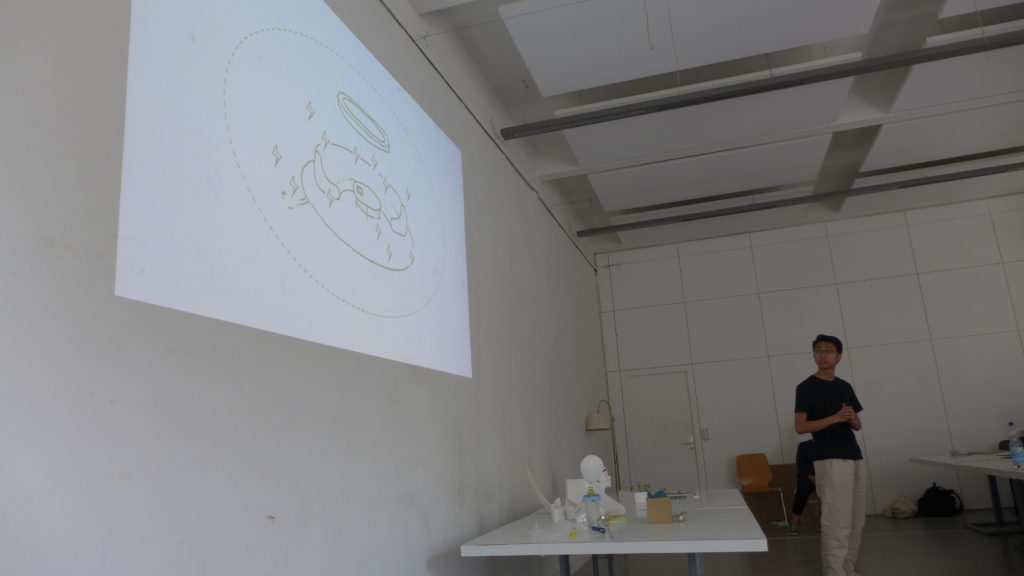


Power House Symposium Sense & Sustainability and the exhibition One Year Design & Social Context highlighted online in Talking About Art

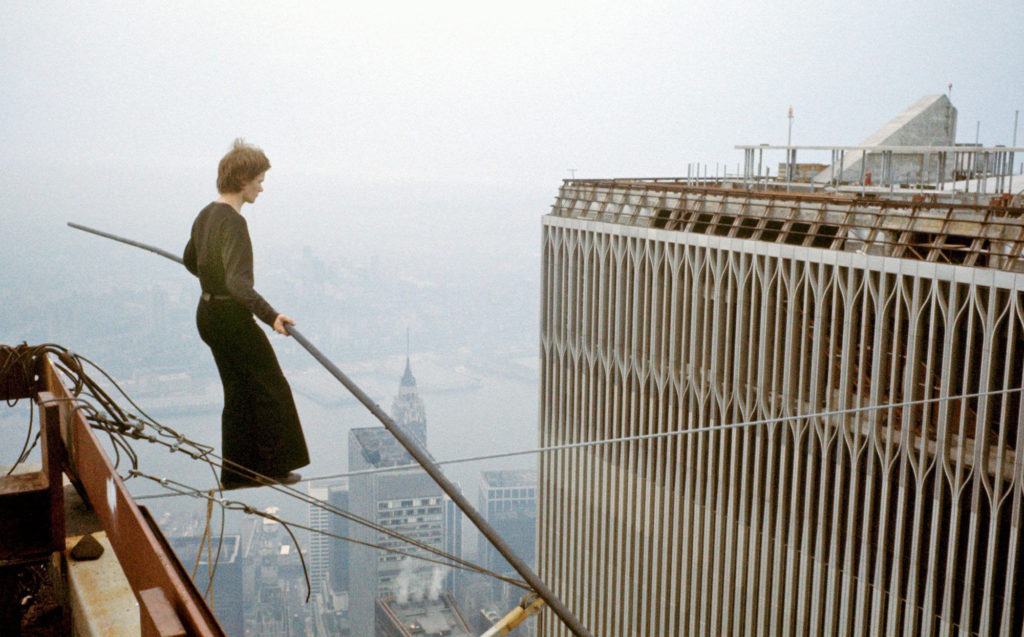
WiSe 2018/19:
BA 3, 5 and 5+ Semester
max 15 participants
Project days:
Mondays & Tuesdays
Kick off: 16 October
Supervision:
Prof. Ineke Hans
KM Maciej Chmara
Visiting tutor:
to be confirmed
Talks:
– there will be talks by and meetings with experts during the workweek in Istanbul
– there will be a number of fitting evening talks to this project in our Project Rooms
Excursions:
Workweek at 4th Design Biennial: a School of Schools (28/29 okt – 4 Nov)
New Problems ask for New solutions.
Design & Social Context’s Winter Semester will dive into the times we live in and the products, projects, strategies and services we need as a society now and in our near future. For that we will connect with Design Biennial Istanbul’s ‘School of Schools’ and the six topics that it highlighted for the future of design and design education.
Our aim will be to develop a product or a project that contributes to one of these new problems with a new and fitting solution.
About A School of Schools
With this year’s theme ‘School of Schools’ design critic and curator Jan Boelen, established the topic of the 4th Istanbul Design Biennial.
Over the course of six weeks, the Design Biennial will inhabit six venues (six of the city’s most iconic cultural institutions) with exhibitions on six themes (schools) that were declared as important future themes for design and education:
The Unmaking school at Akbank Sanat, a centre for music and contemporary arts – explores our creative instinct as a drive for innovation in production, the future of work and engagement with our cities.
The Currents school at Yapı Kredi Culture Centre – looks at technology and systems new flows, networks, distribution and hierarchy of information, both analog and digital.
The Scales school at Pera Museum, an important art gallery – digs into new standards, ethics and values for our society and will investigate institutionalised biases and assumptions.
The Earth school at Arter, a not-for-profit contemporary art space – will examine the relationship between humans and the planet, asking questions about disasters and evolution.
The Time school at SALT Galata, an art space in former bank – travels from hyper-speed and acceleration into the expansiveness of deep time, looks at contested pasts and speculative futures.
The Digestion school at Studio-X Istanbul, an urban think tank – learns from metabolic systems, patterns of consumption and food infrastructure to consider circular education and lifelong learning.
aschoolofschools.iksv.org
Planning
STEP 1: 16-22 Oktober
• research into the 6 Biennial topics and get organised for Istanbul.
STEP 2: 28/29 October – 4 November
• an intense workweek in the venues of Istanbul Design Biennal to dig into the project through the Design Biennal’s six topics. We will work for a week on these themes and present our first thoughts and outcomes in the Biennal during their last day on 4 November.
During this week we will work together with students from Istanbul and also enjoy the program and talks that take place in the context of the Design Biennial and its wrap up program.
STEP 3: 7 November – 13 February
• back in Berlin you work out one of the six first steps into a mature project till the end of the Winter Semester.
– For the 3rd semester the project will be an exercise in relating the world we live in to a clear project and some first encounters with strategic thinking.
– For the 5th+ semester the tasks are the same, but the demand for strategies to implement your project will be higher.
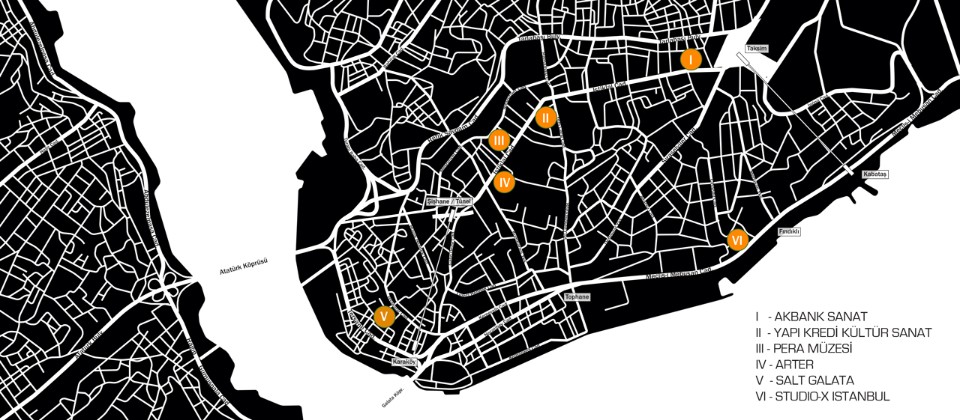
With students of HBK-Saar and professor Mark Braun we worked for a week at Centre International d’Art Verrier Meisenthal in France. All students realized several designs with the master glassblowers. The projects will be presented at designfestival Designblok in Prag 2018. The results of the workshop can be found here
Film of Meisenthal workshop by Anna Koppmann & Merlin Everding & Daniel Tratter
Photo impressions below
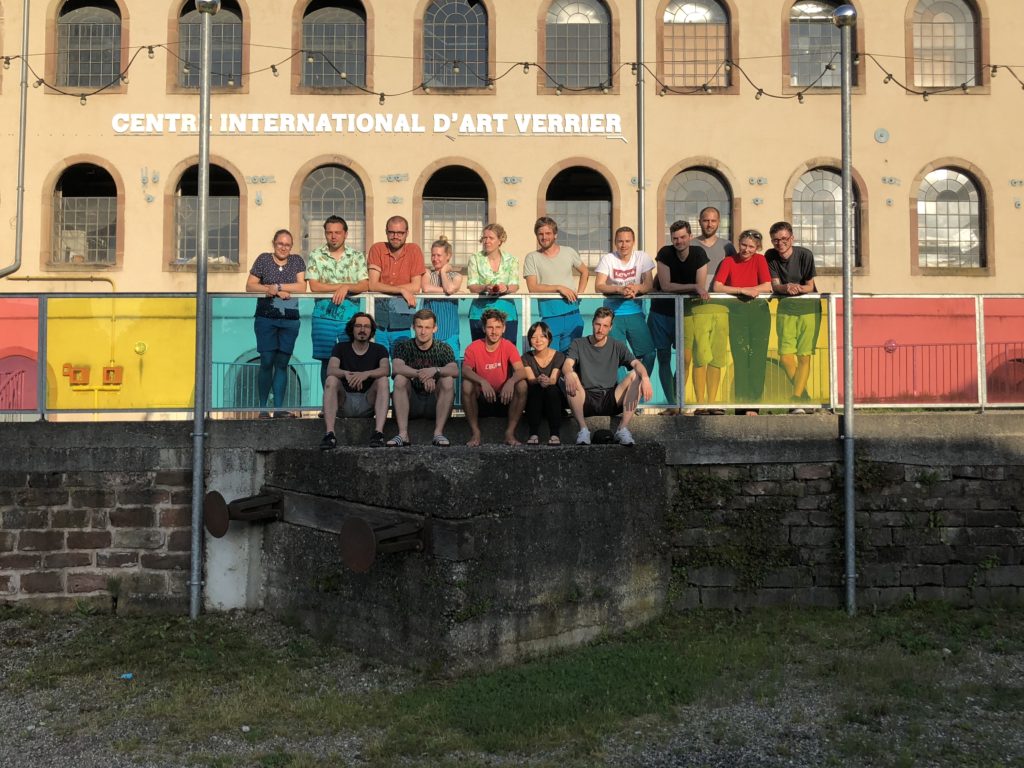
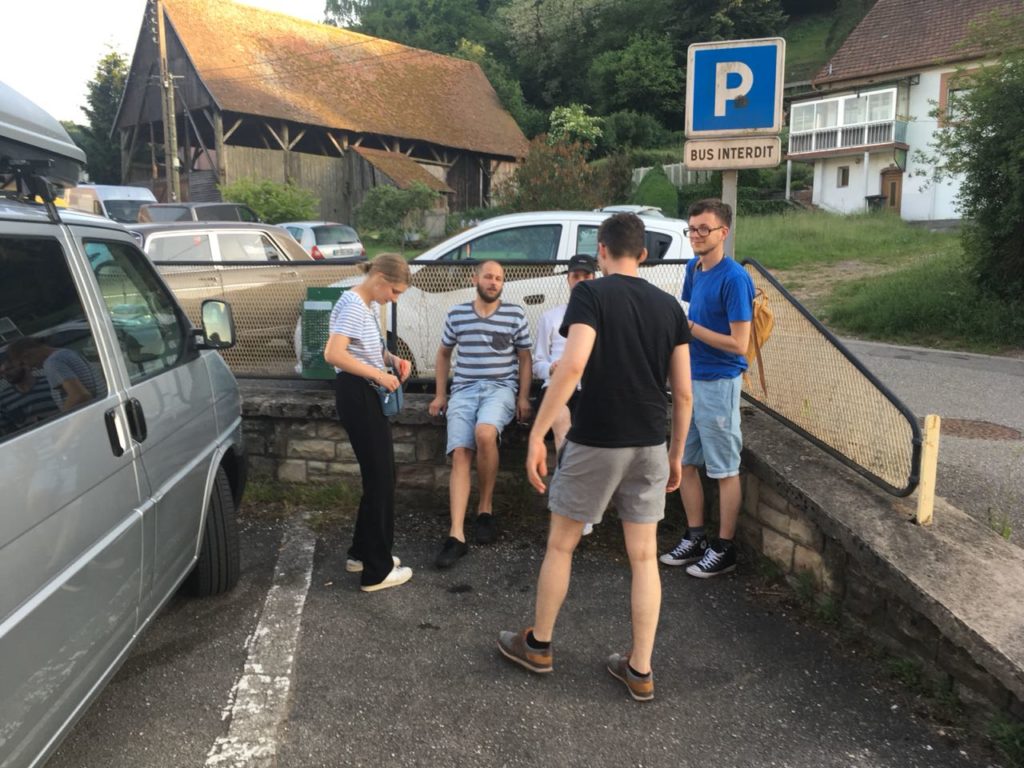
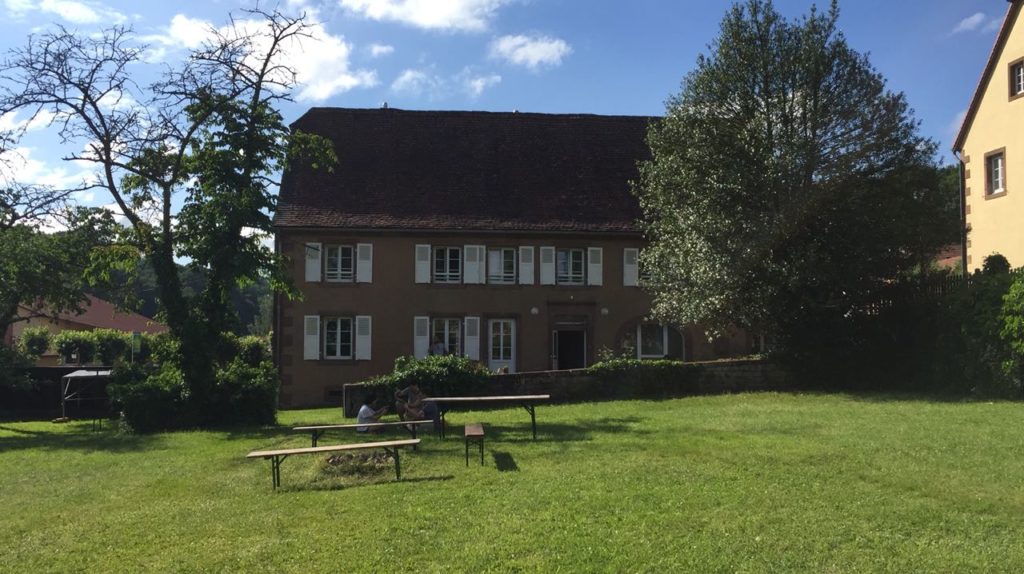
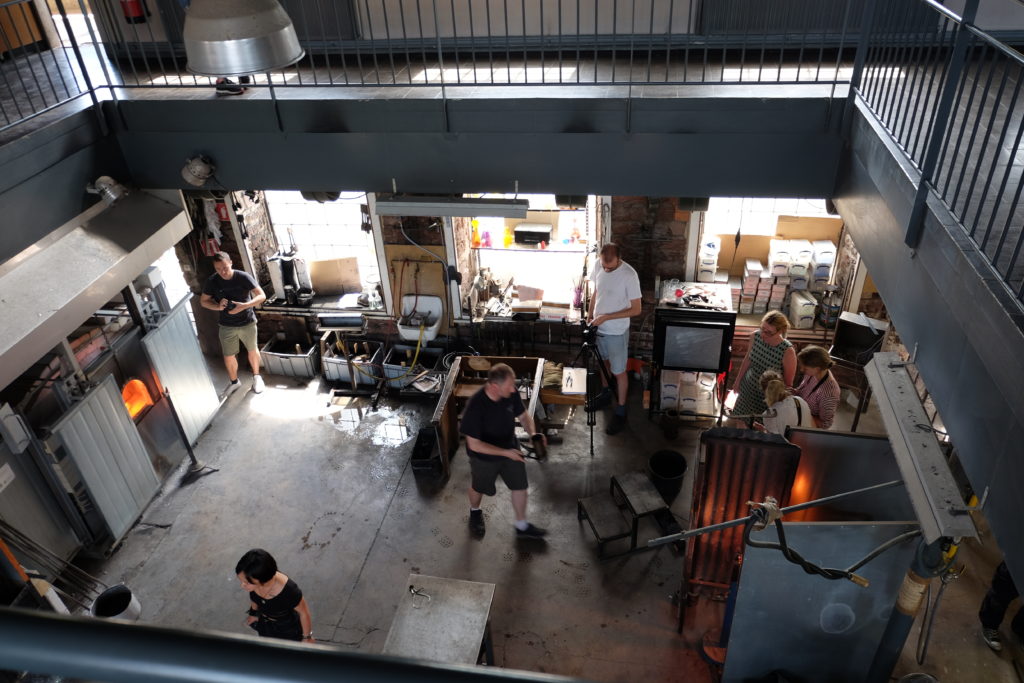
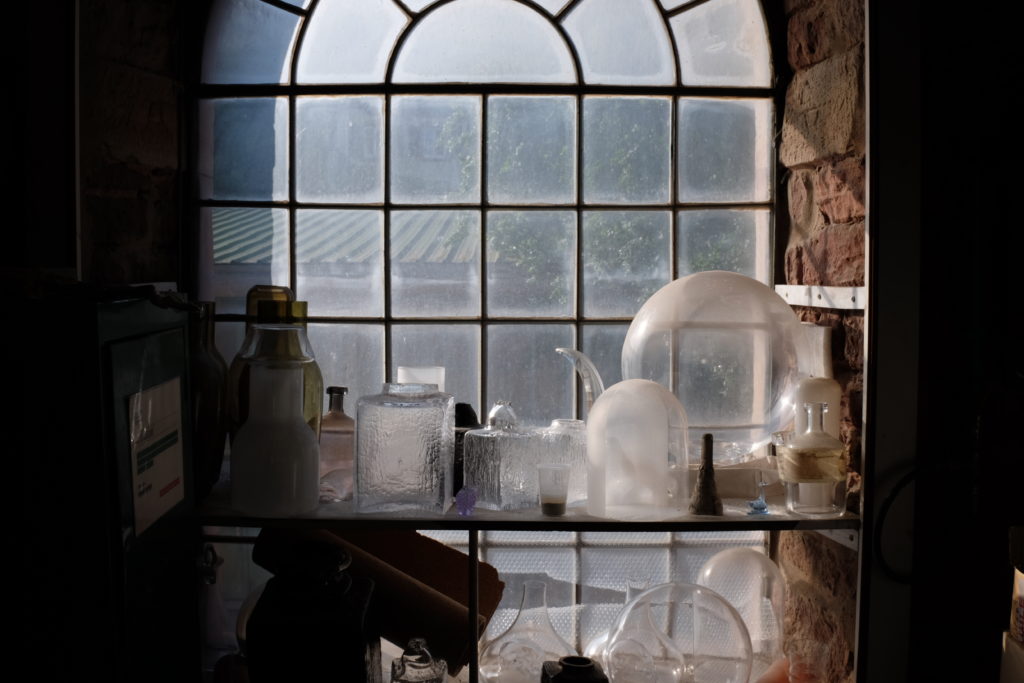
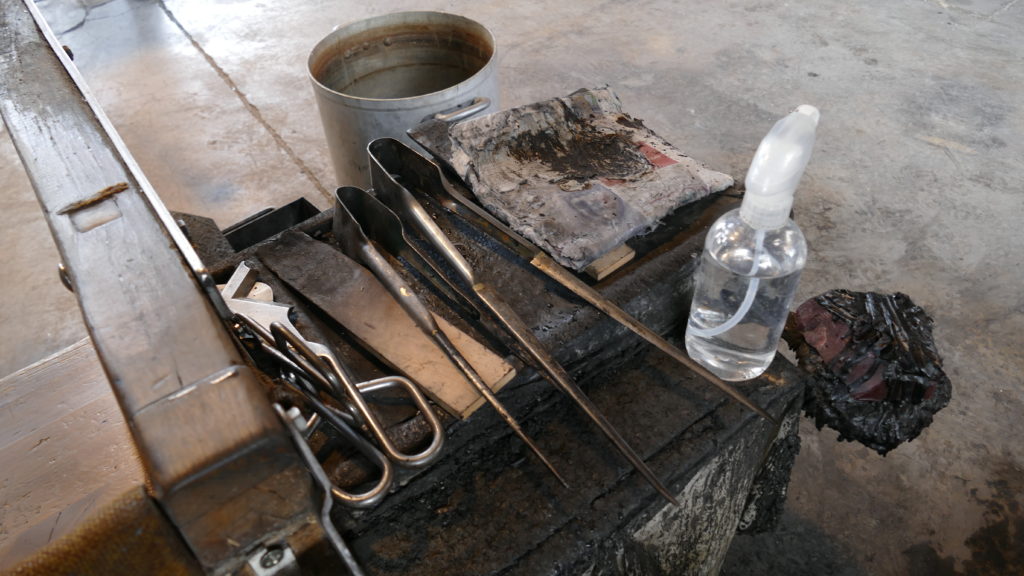
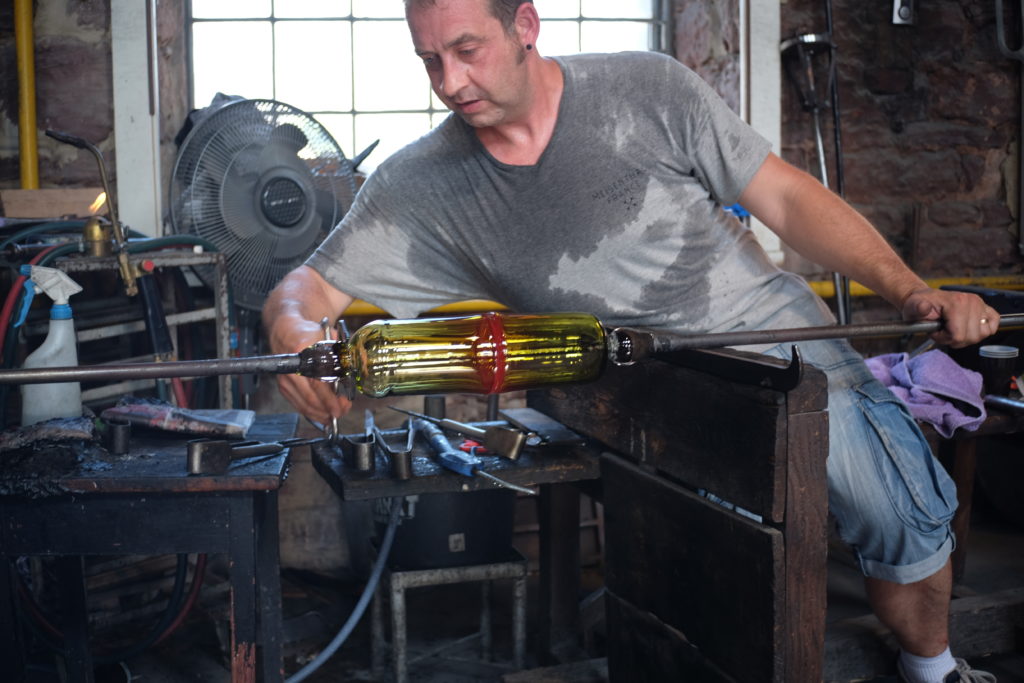
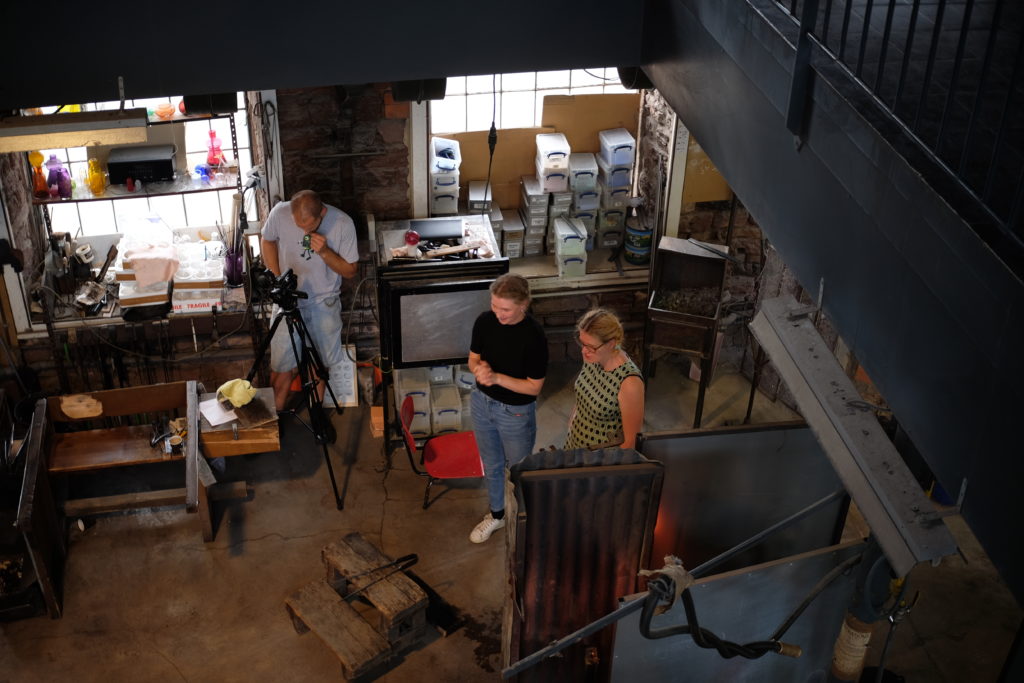
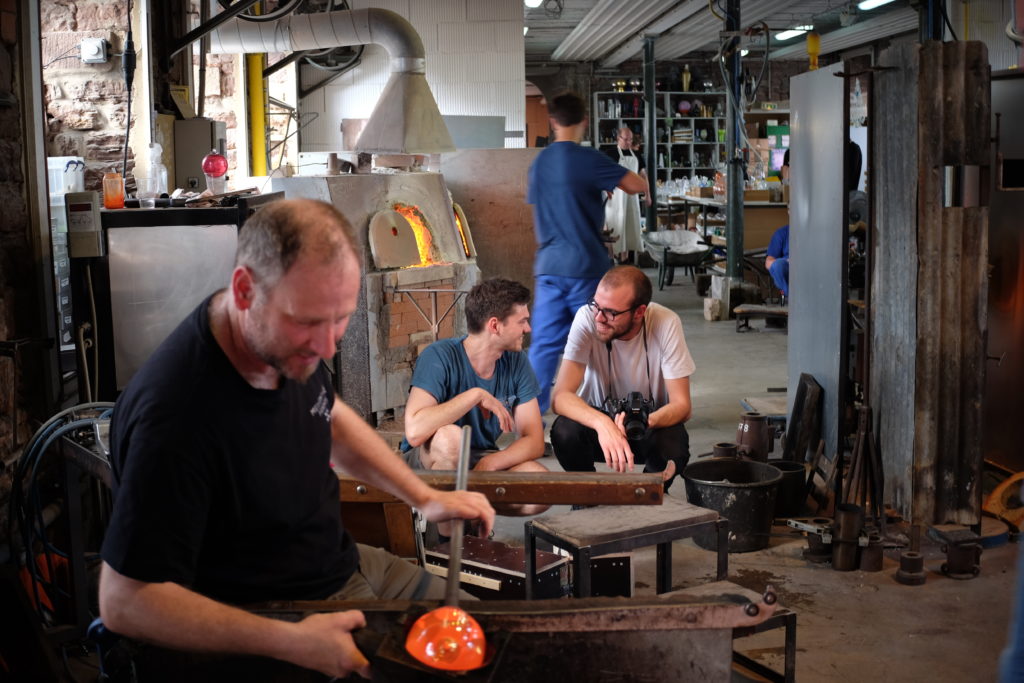
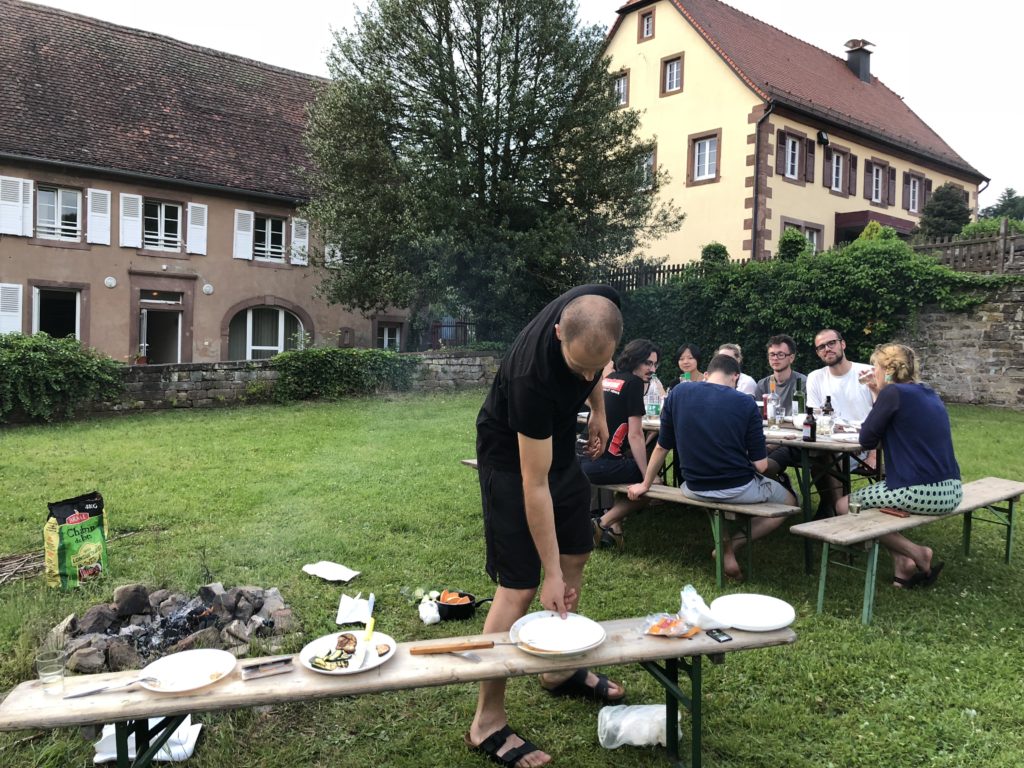
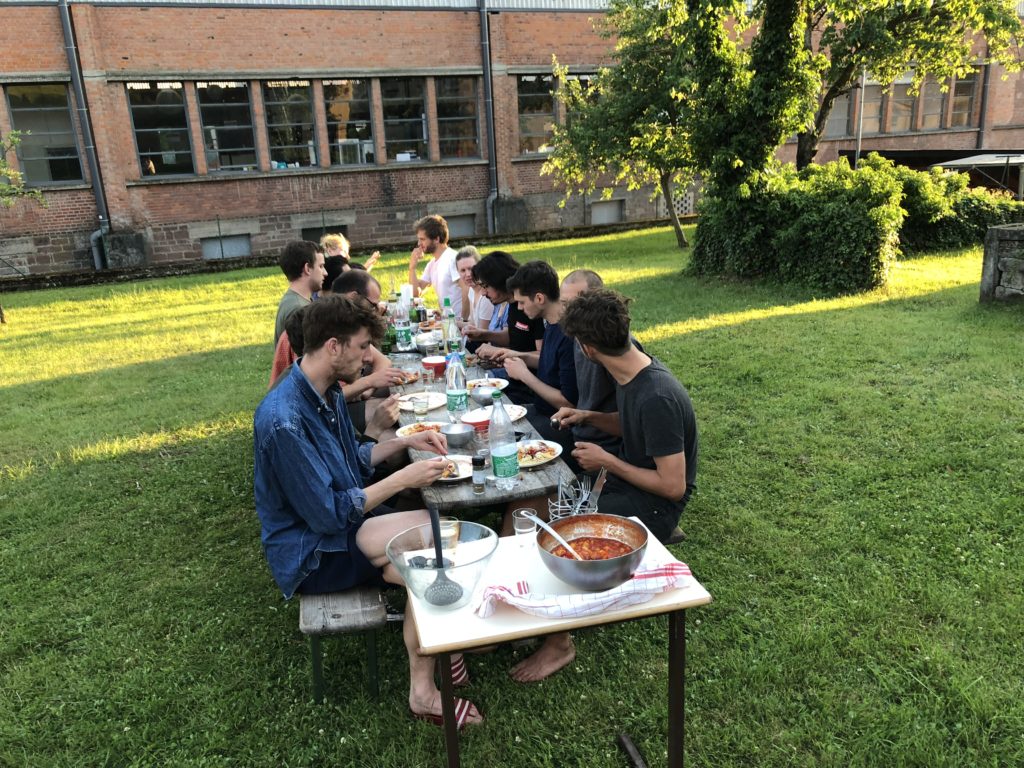
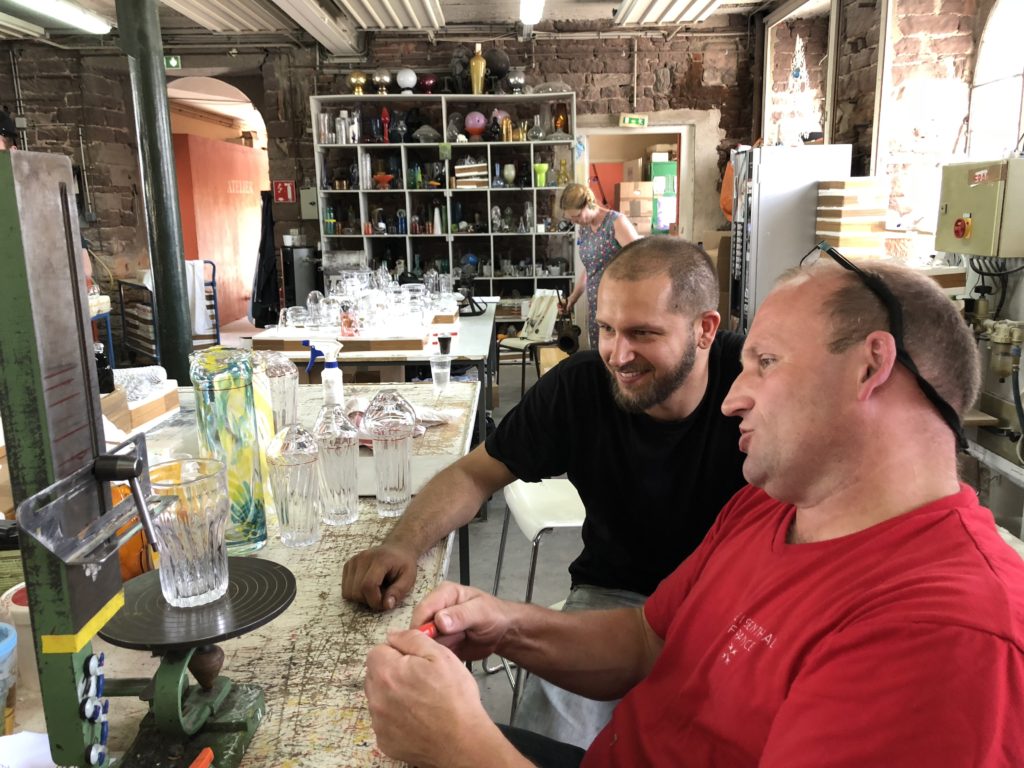
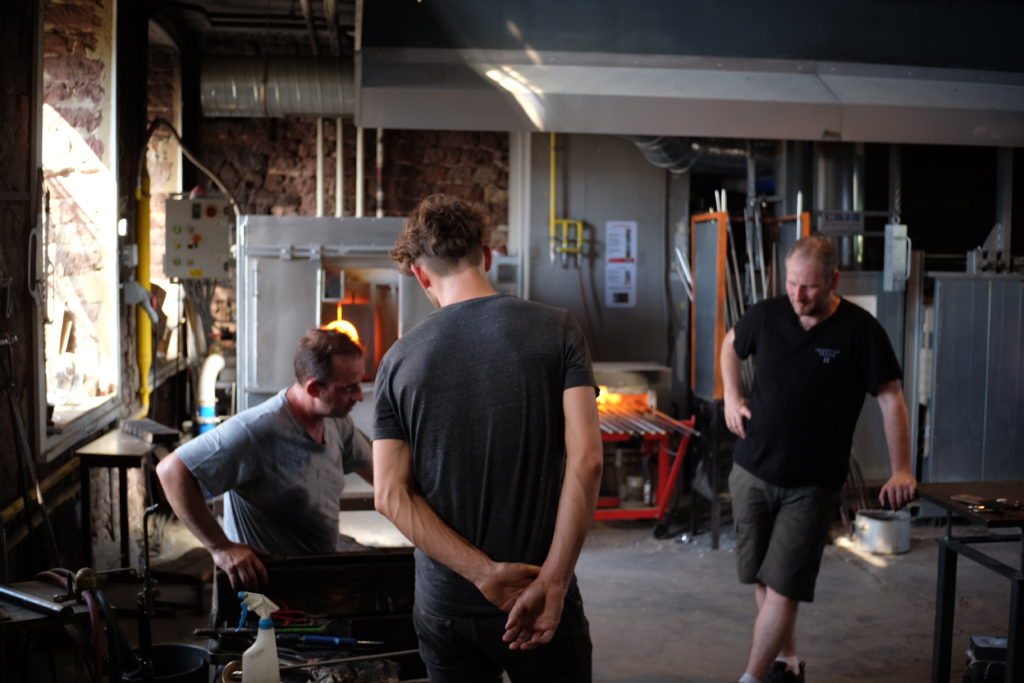

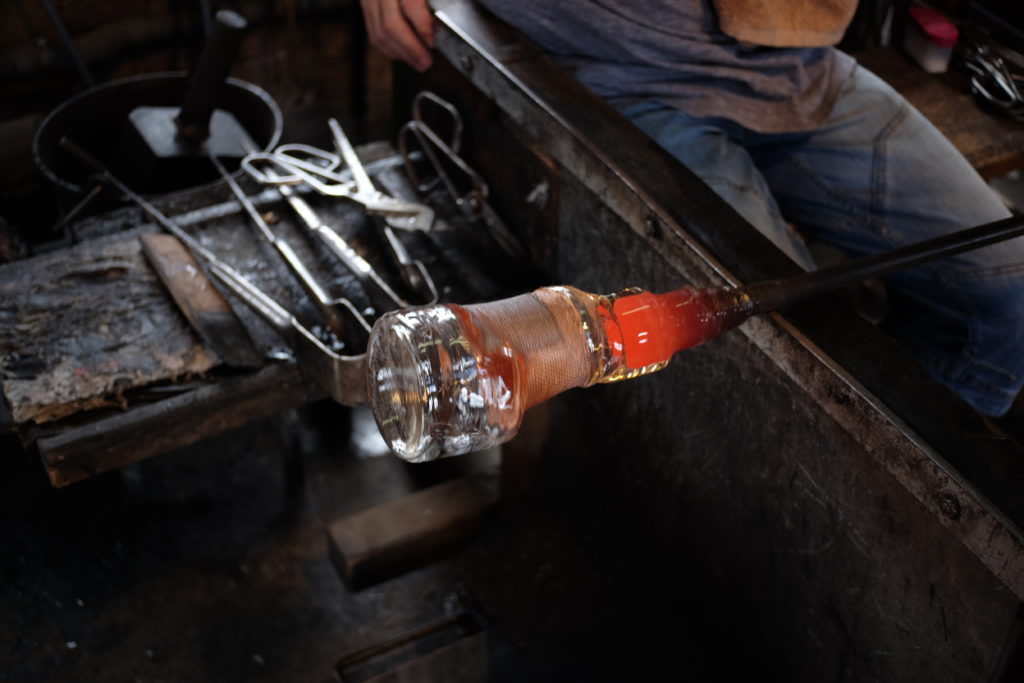
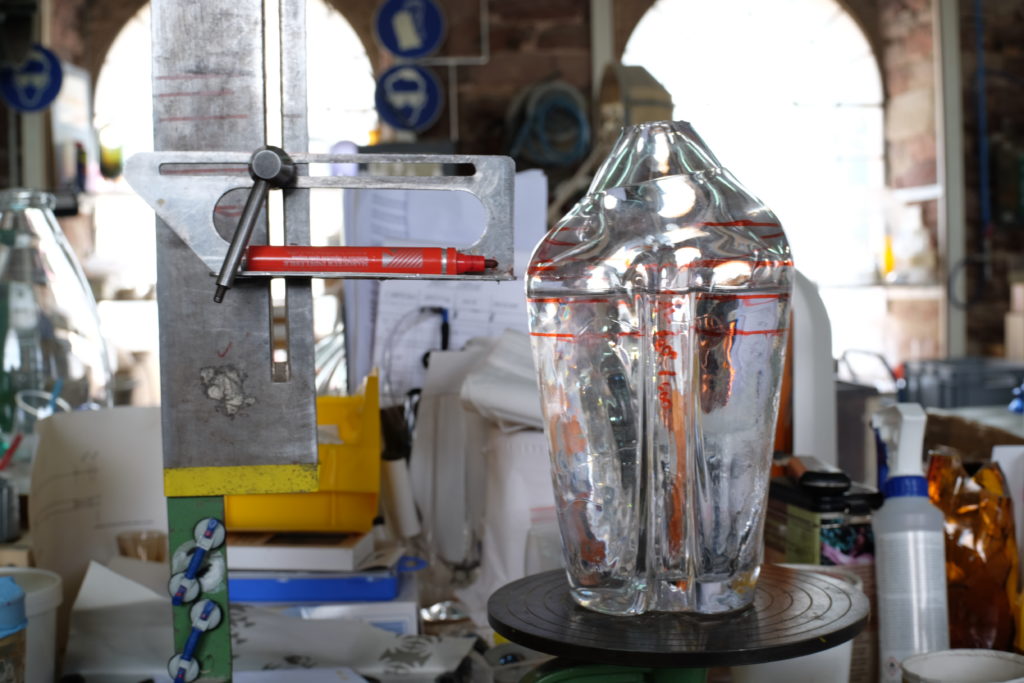
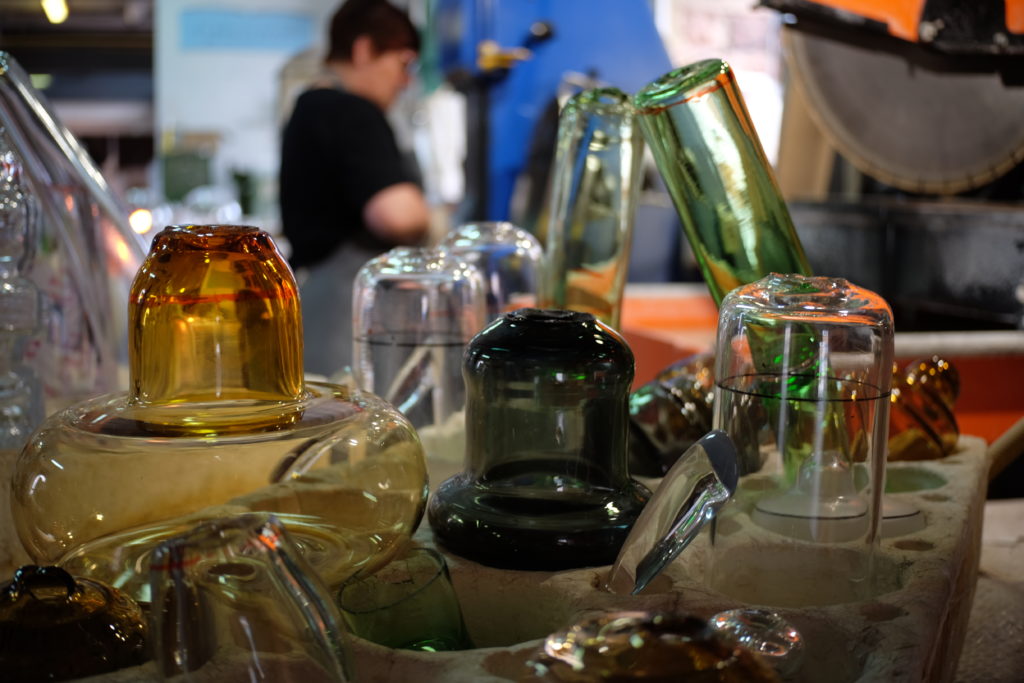
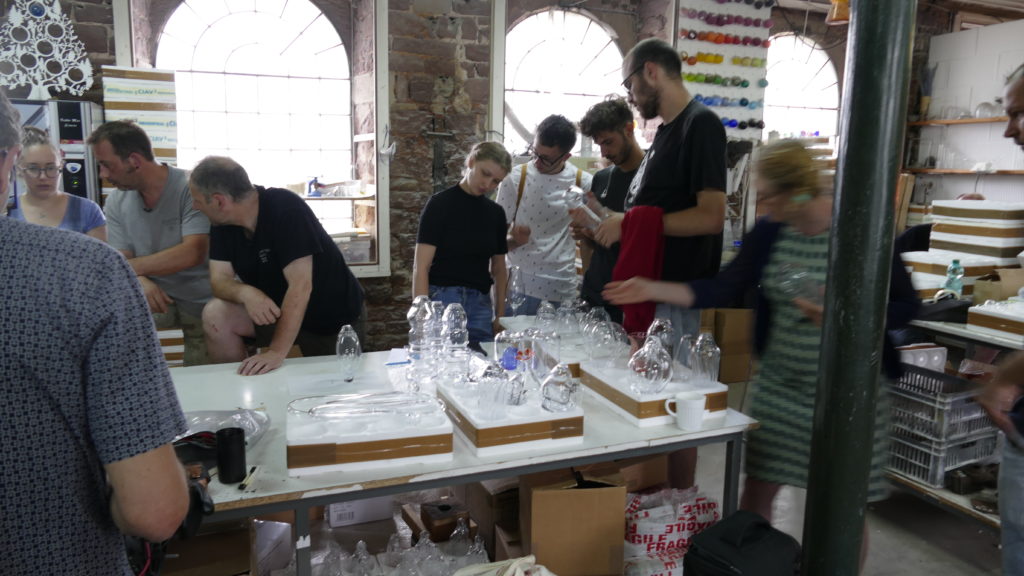
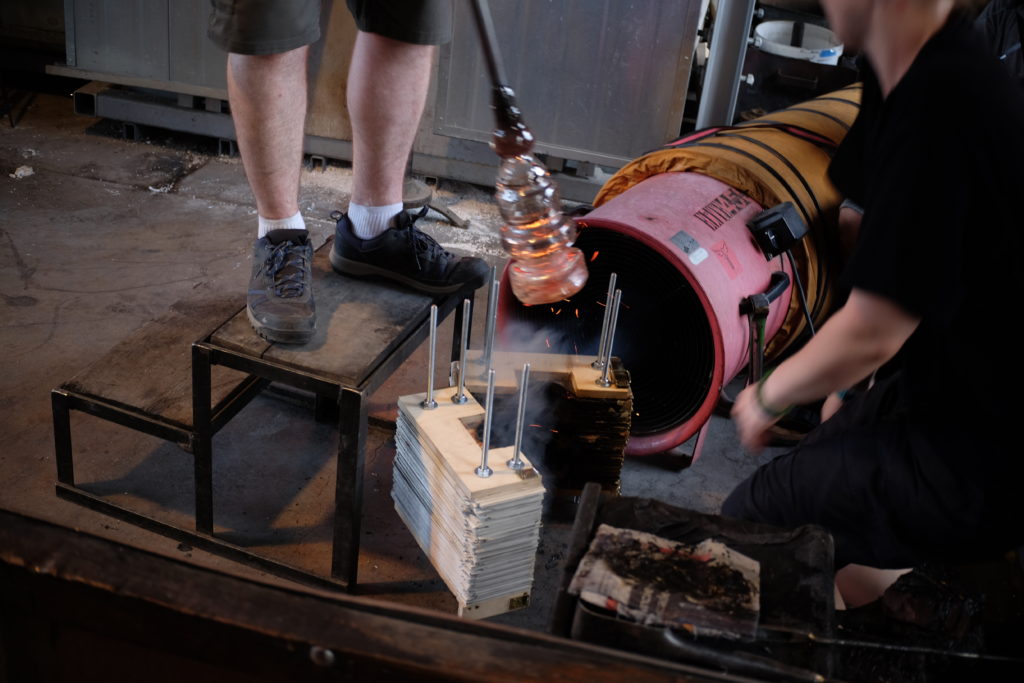
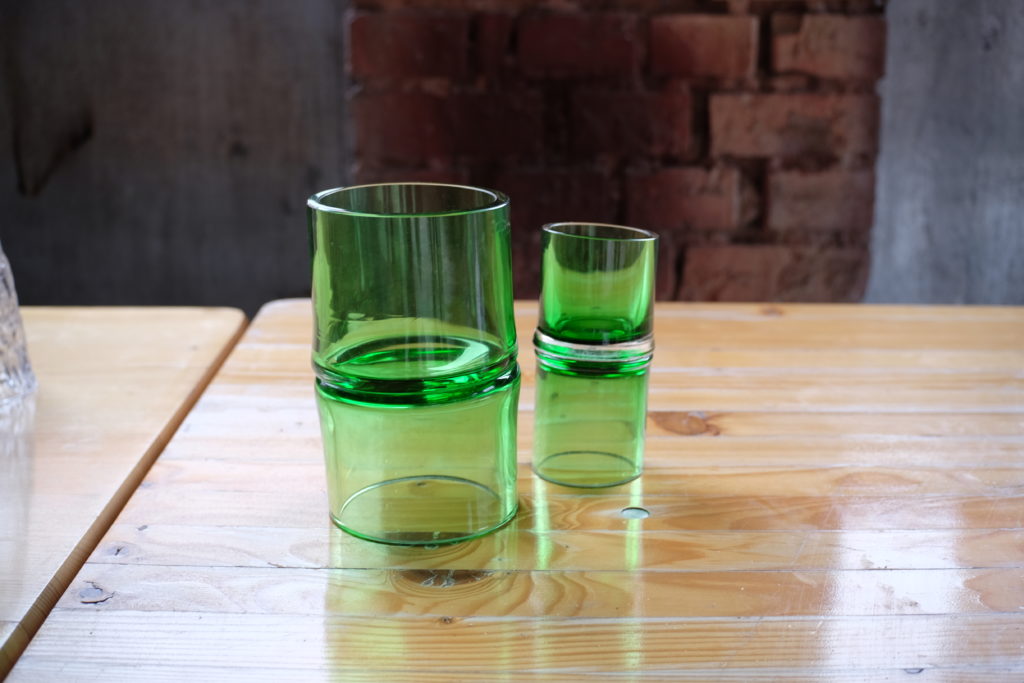
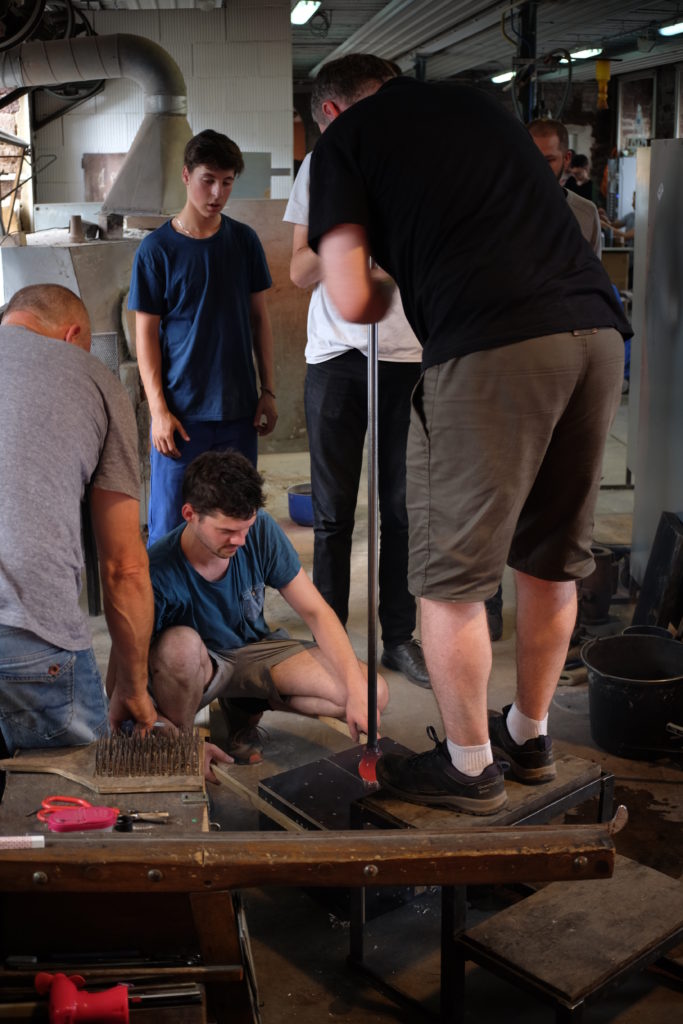
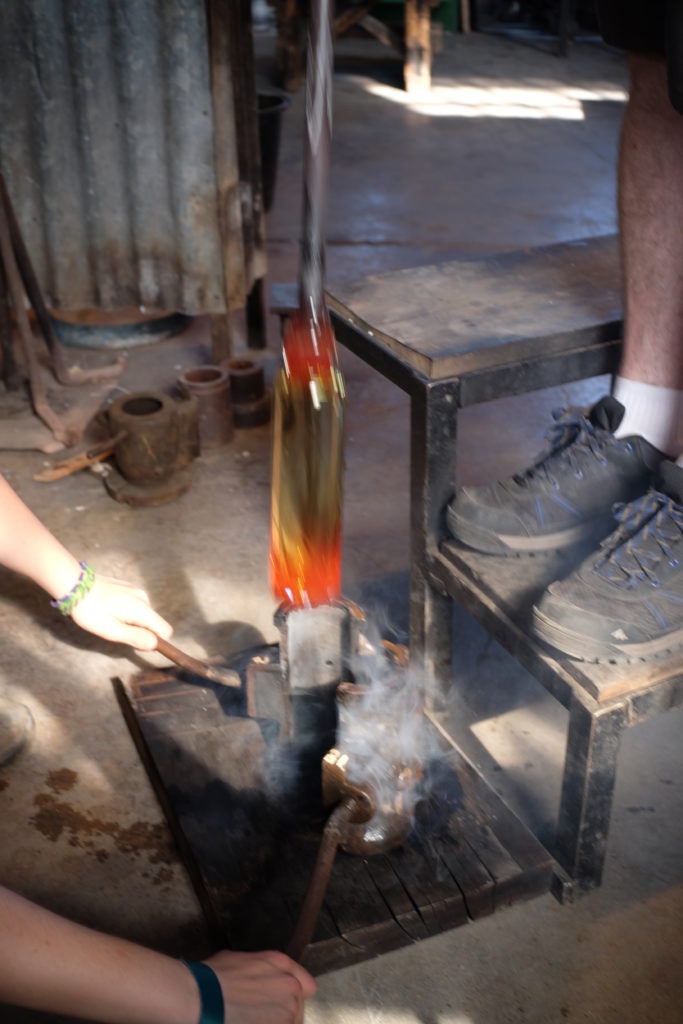
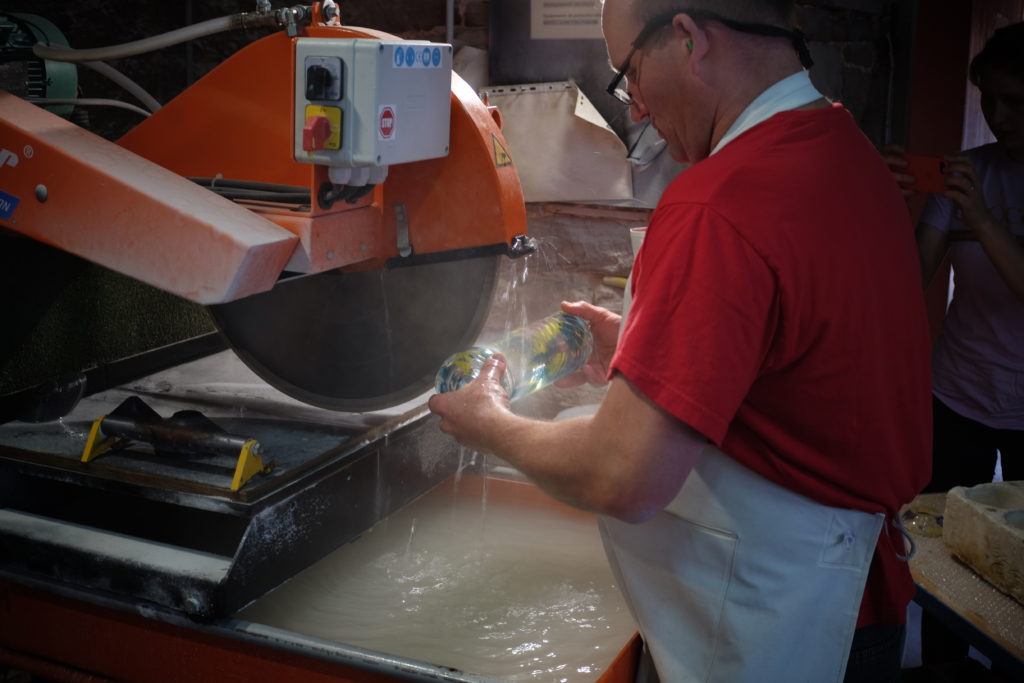
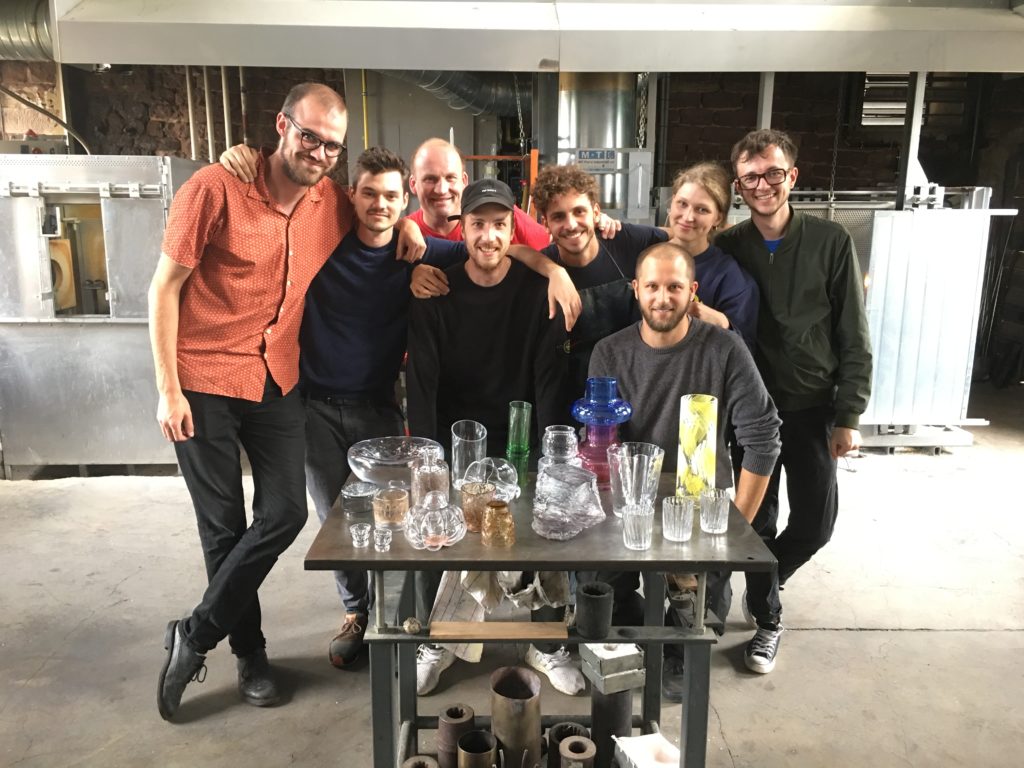
WIRELESS CHARGED DEVICES
These two devices use the electromagnetic waves and sources of other electronics to be charged wireless and continuously.
One of them charges any other device, like your phone, on the go.
The other sends an emergency call with GPS data to the nearest emergency center, when the button is pressed.
Power House / future technologies workshop with Marjan van Aubel
Tillman Vanhöf, 6. sem SS 2018

Manifesto: Design – Technology
Design is the profession of dealing with, and in the best case smartly solving, problems in its widest meaning in a creative, elegant way. It is the progress and the process of a search for a new creation. The outcome is a combination of aspects of aesthetics, technologies, crafts and material. It can also implement social interactions and processes.
Technology searches for technical solutions and is mainly science driven. It demands a more sober look at things and does not want emotional interference to appear.
A designer is more of a generalist and an engineer more of a specialist.
Live with EM-field Electromagnetic field has already existed in our everyday life. With the technology of wireless charging, we can now get power from it. A house with EM-field will become a powerful house. But with EM-field can electronic equipment get power, and our user will spend more time on it, and lose our power. How can we feel good from EM-field? Or even get spiritual experience? By using of tDCS technology, we can use the EM-field to directly provocate our brain, and get different feelings through it.
Power House / future technologies workshop with Marjan van Aubel
Dong Liu, 6. sem SS 2018
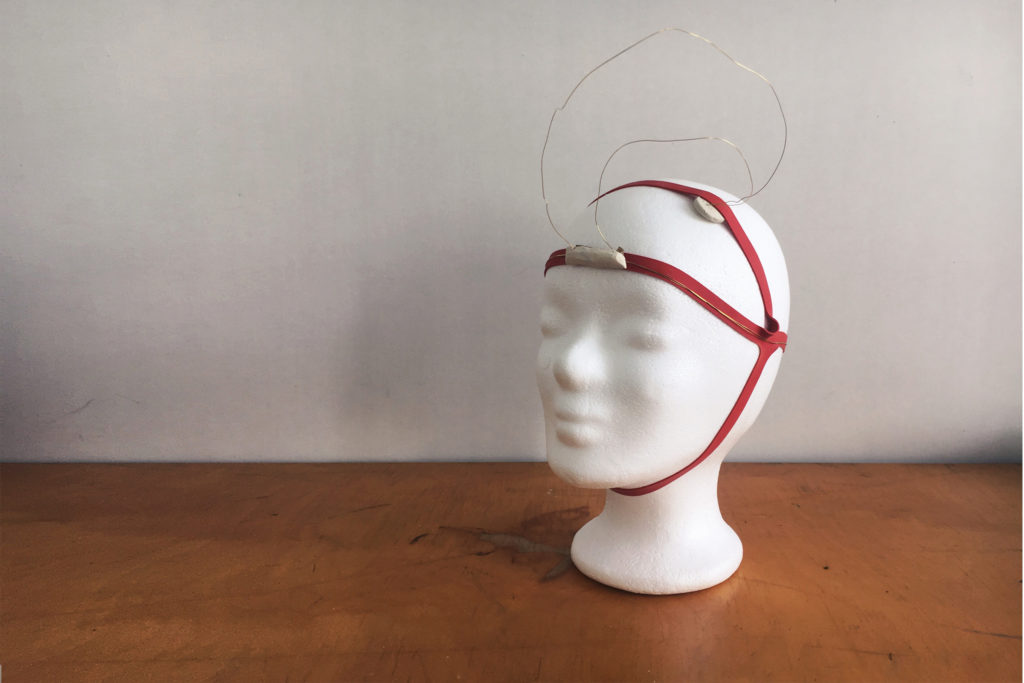
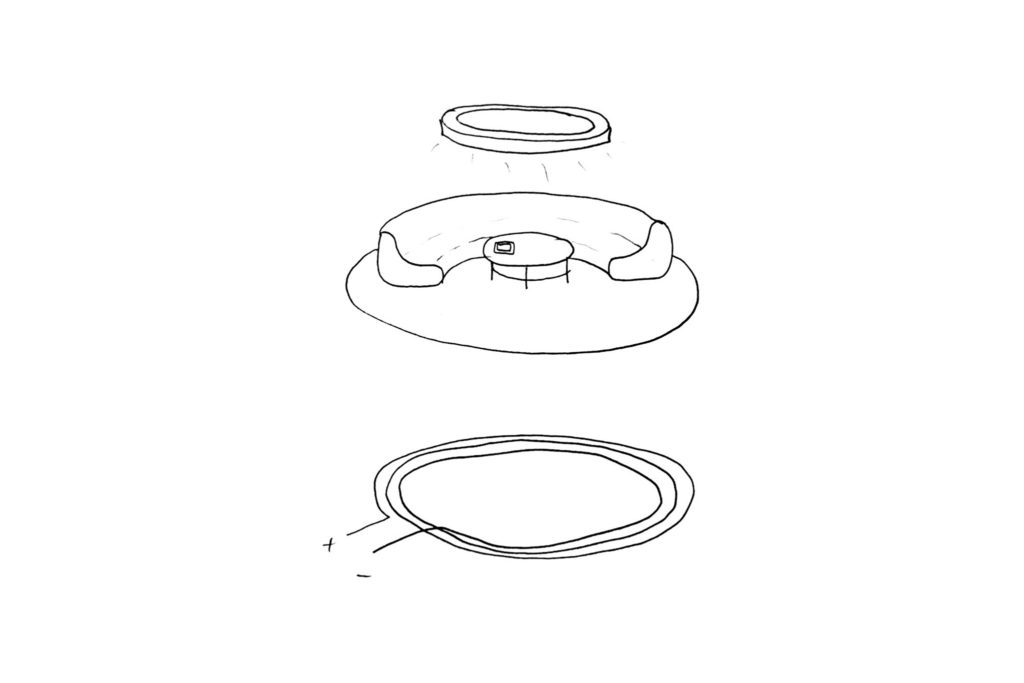
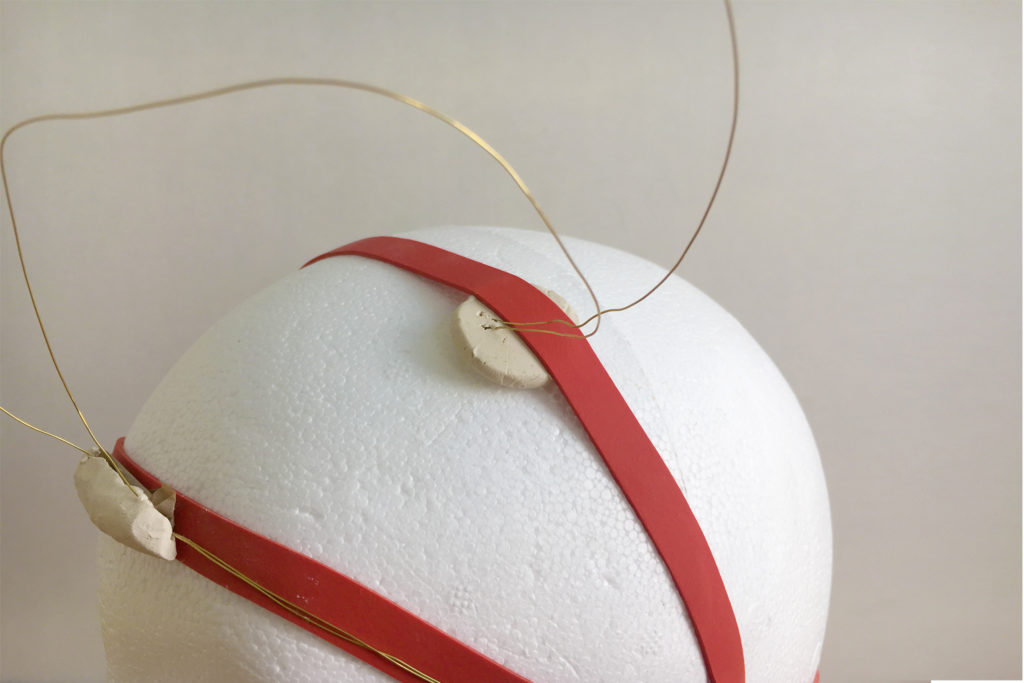
A CONCEPT TO RECYCLE STORED SURPLUS OF ENERGY
Human movement creates electrical power. BODY BATTERY is a series of methods to gain the kinetic energy produced by movements and achieved by attaching gadgets to the feet and hands while walking, jogging, dancing, etc. The resulted energy can be used for small electrical appliances.
Power House / future technologies workshop with Marjan van Aubel
Sarah Sekles, 6. sem SS 2018
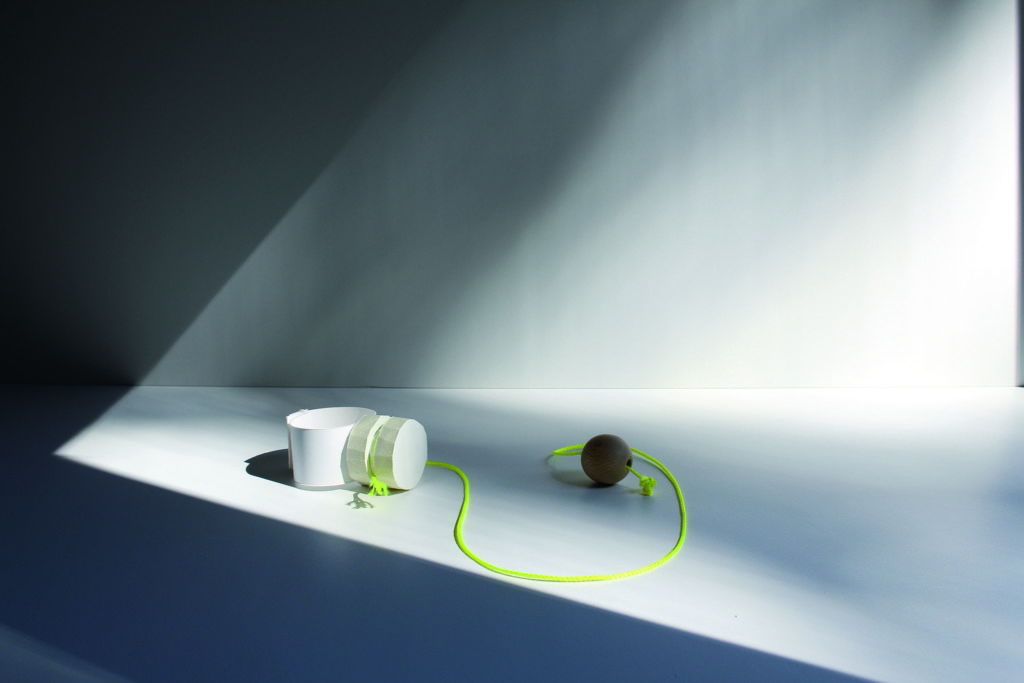
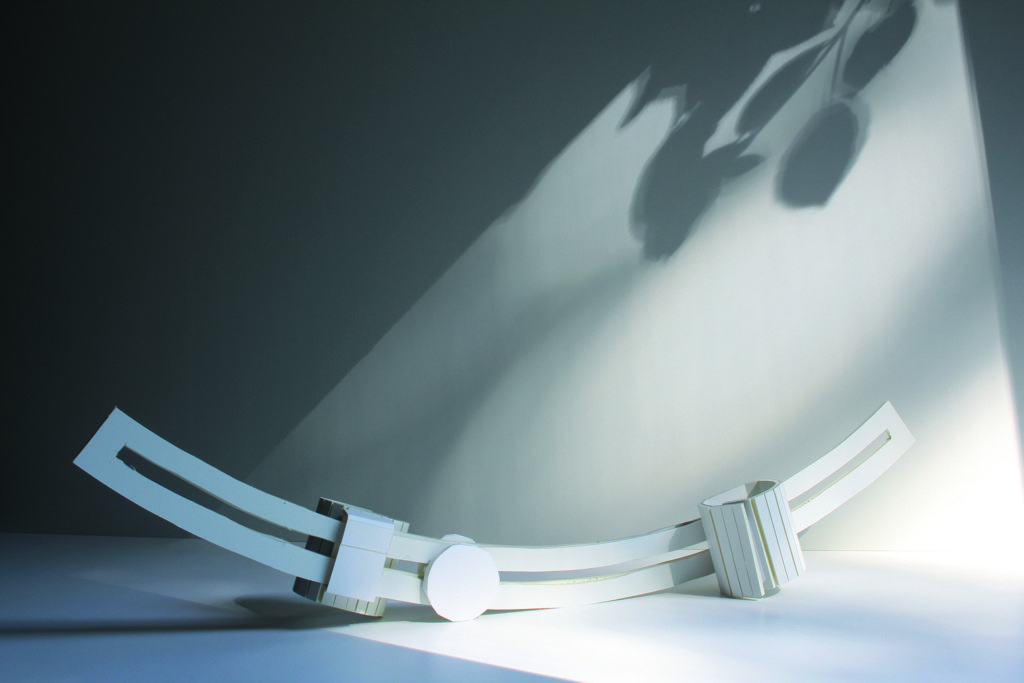
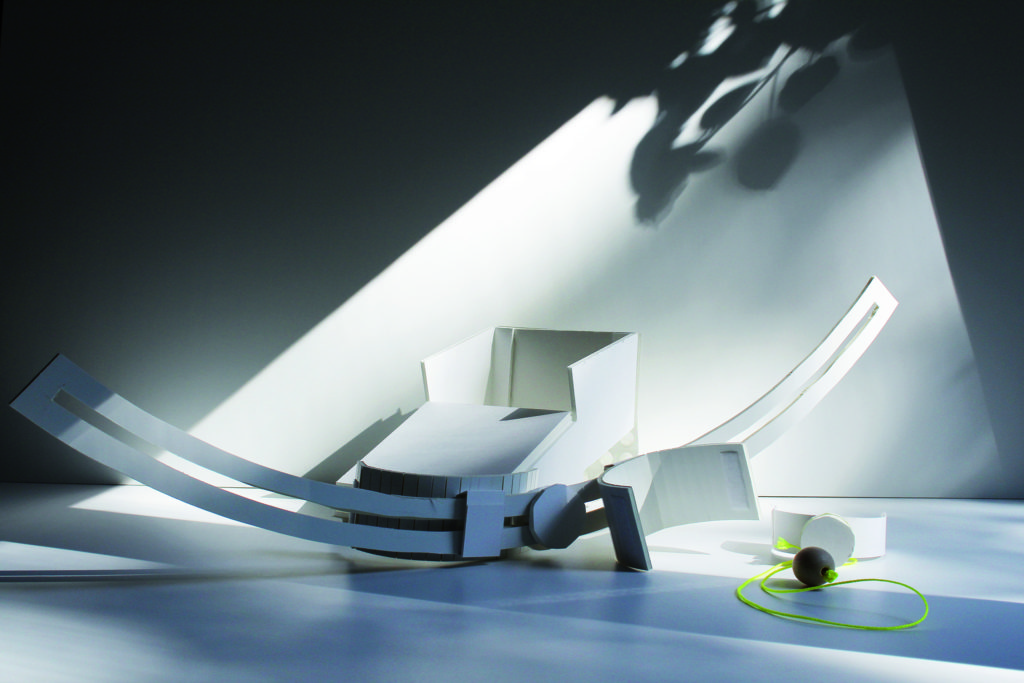
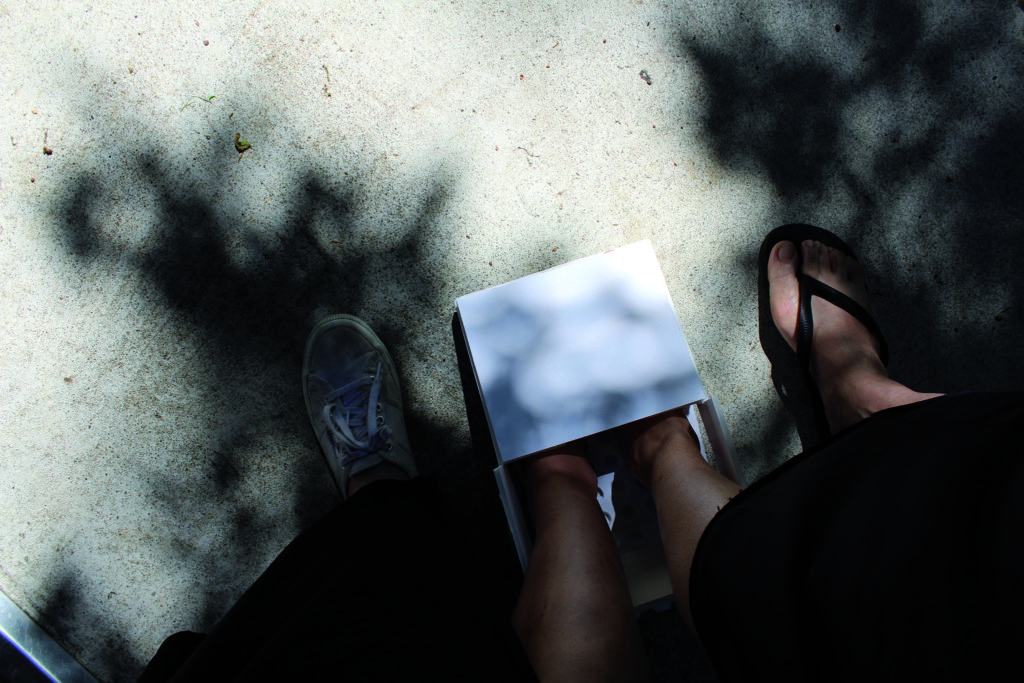
A FRAGRANT MESSENGER
We associate happenings, feelings and locations to a certain fragrant. What if you could share this fragranced story with someone?
FRAGRANT MESSAGE consists out of two connected necklaces. One can record a fragrant by smartphone and sends it over via text message. The partner necklace releases the scent.
Power House / future technologies workshop with Marjan van Aubel
Sophie Stanitzek, 8. sem SS 2018
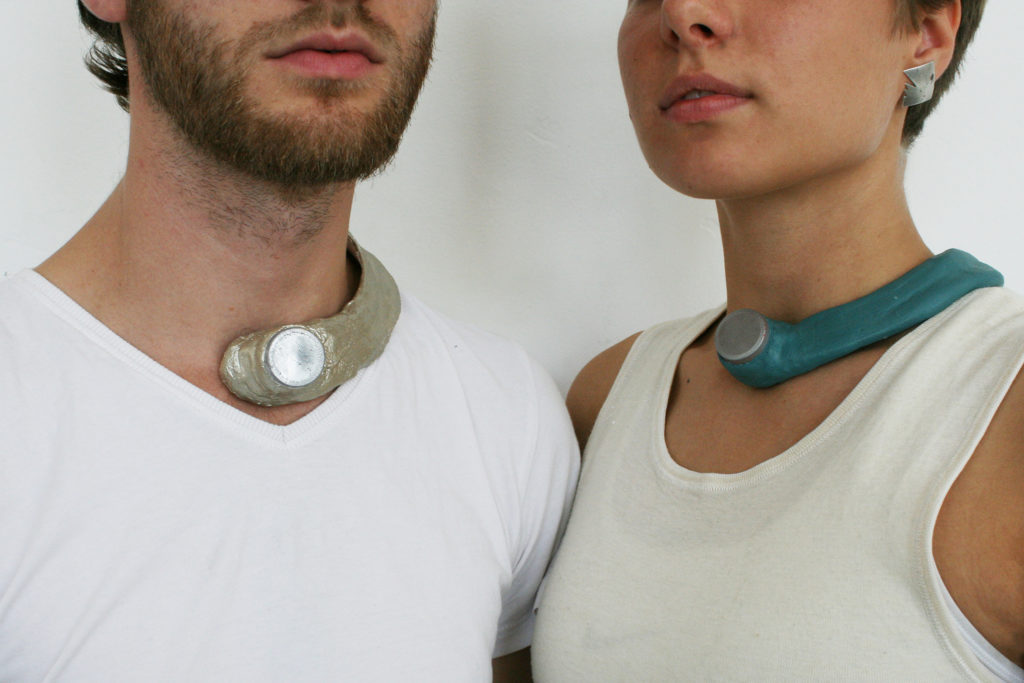
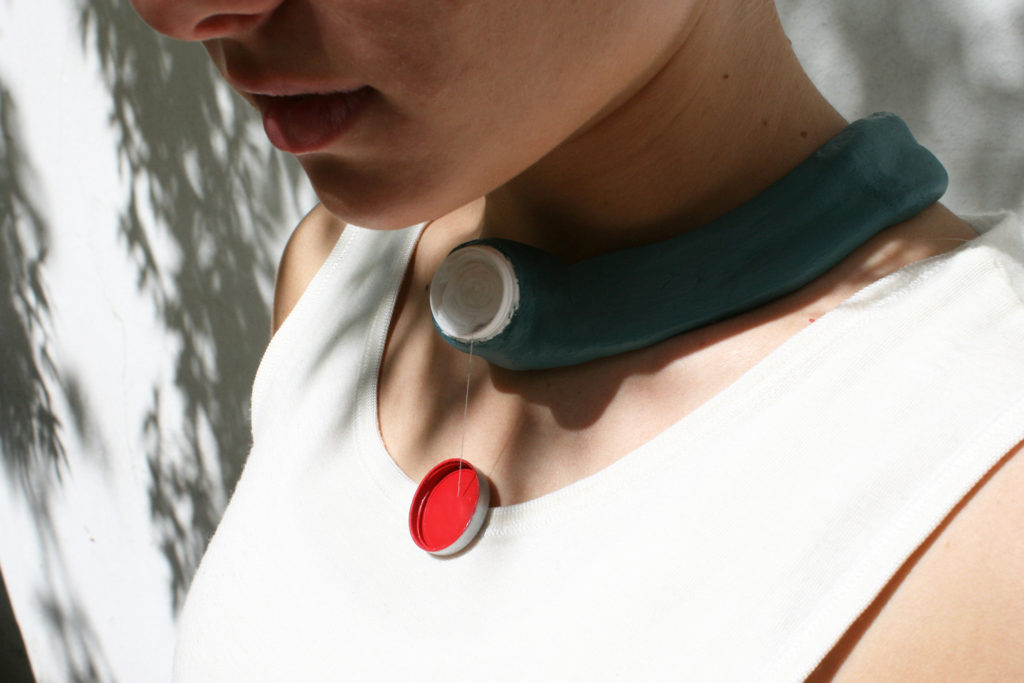
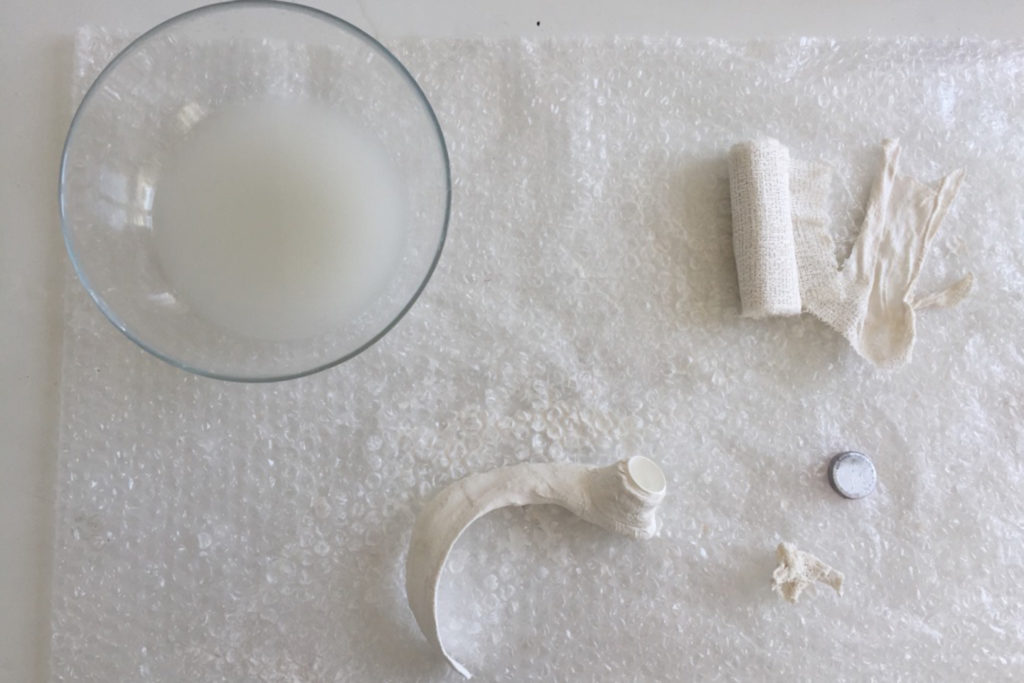
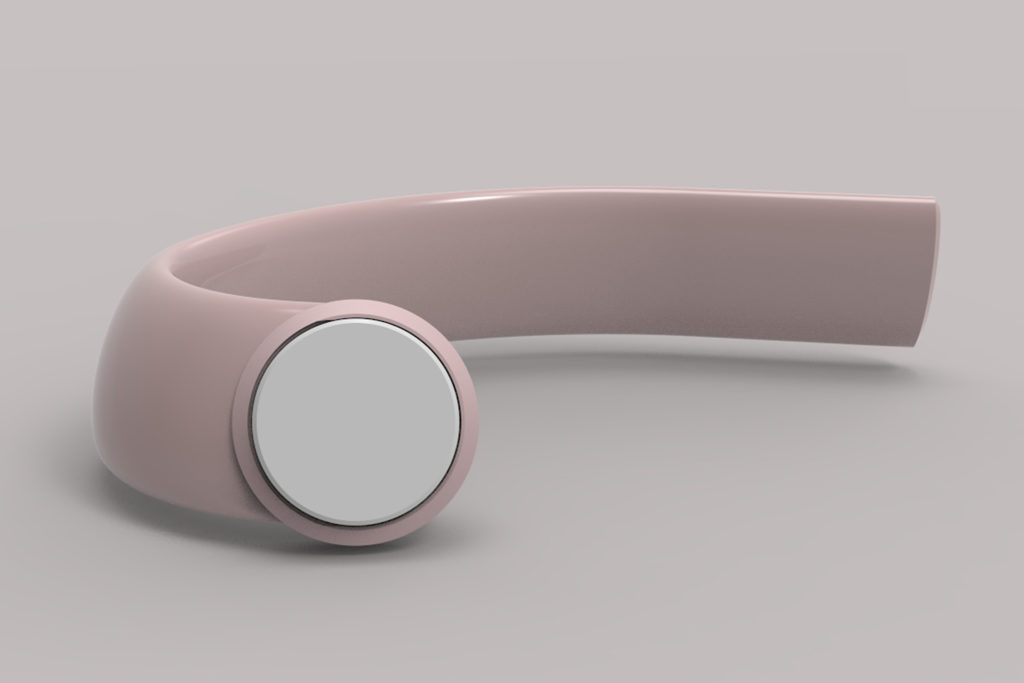
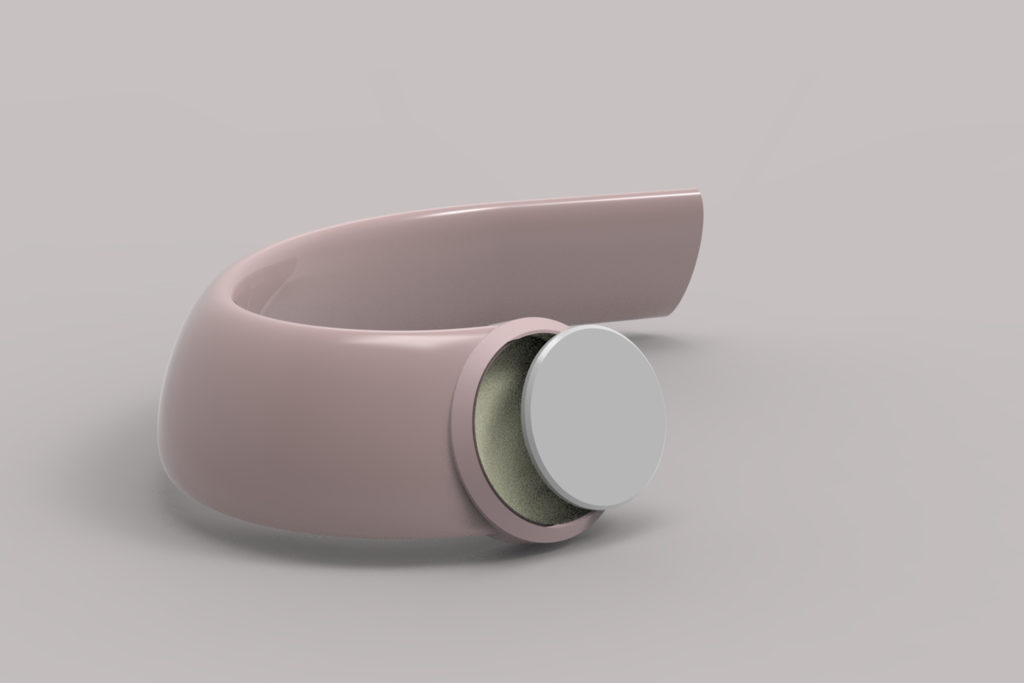
AN IDEA FOR A SOCIETY WHICH STORES ITS ENERGY IN A DIFFERENT FORM
Sustainable energy delivers irregular amounts of electricity, storing it is difficult and inefficient. Transforming it into hydrogen gas can be a solution. Using the gas for everyday devices, as you would with batteries, could support a sustainable future.
Power House / future technologies workshop with Marjan van Aubel
Louis Bindernagel, 6. sem SS 2018
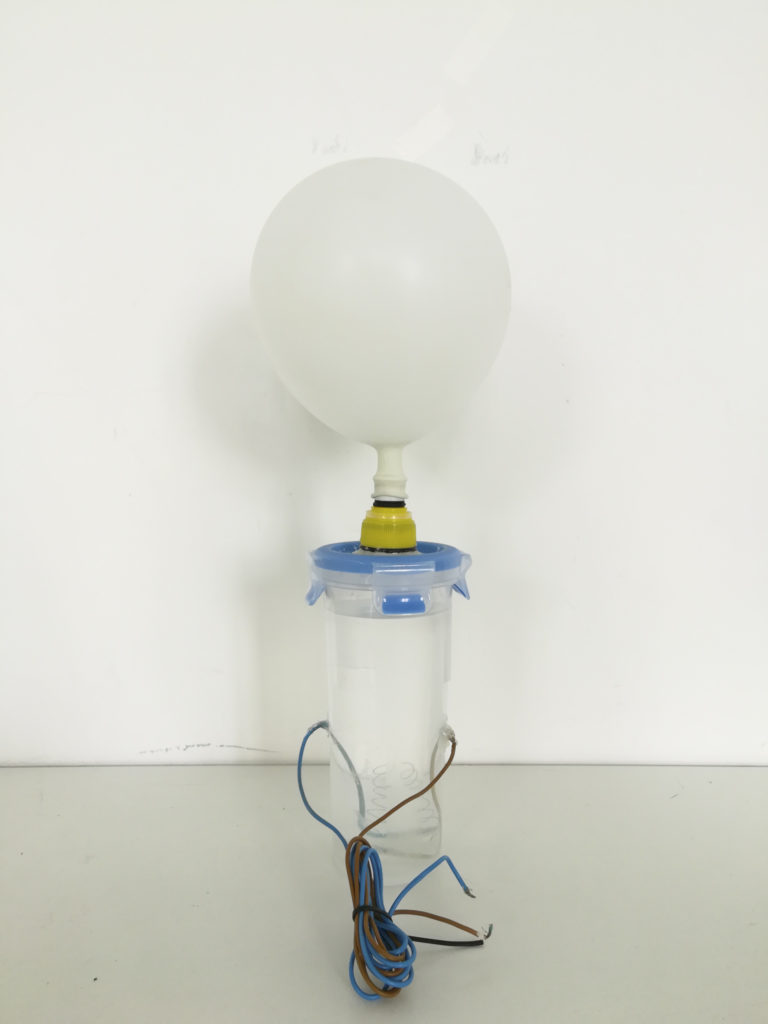
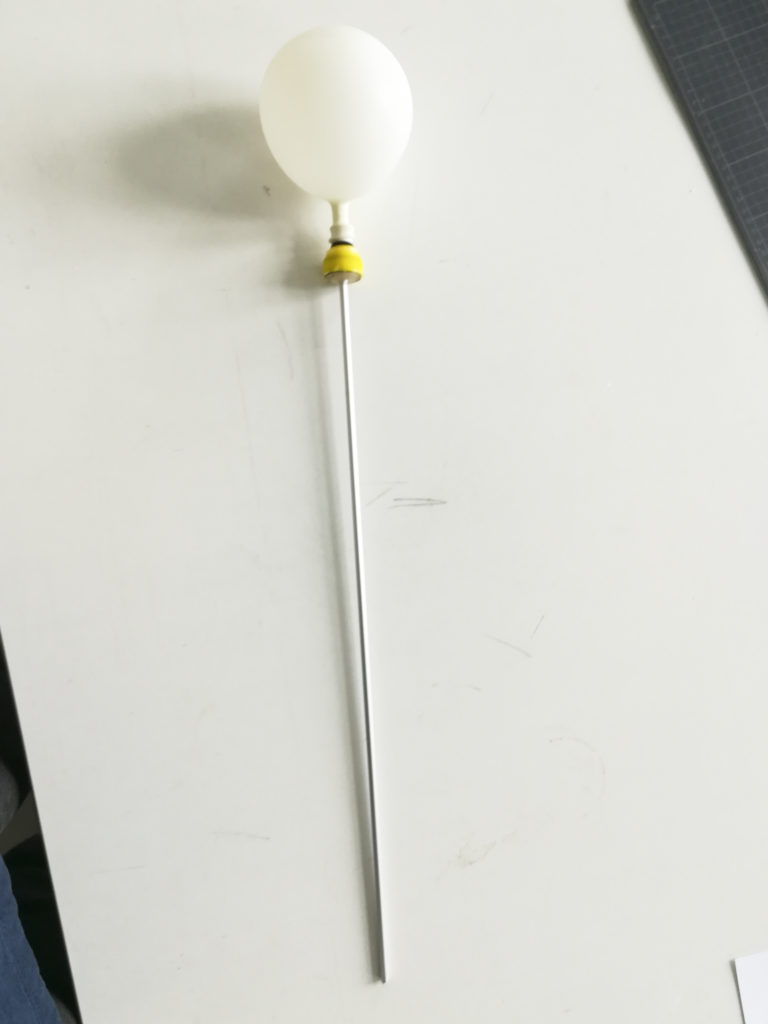
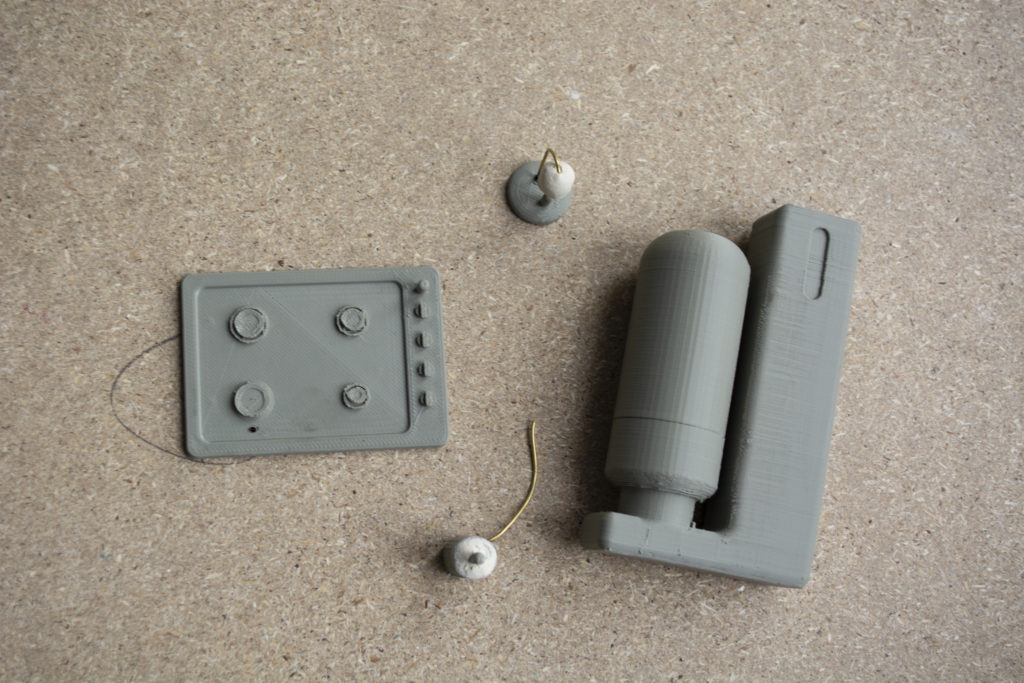
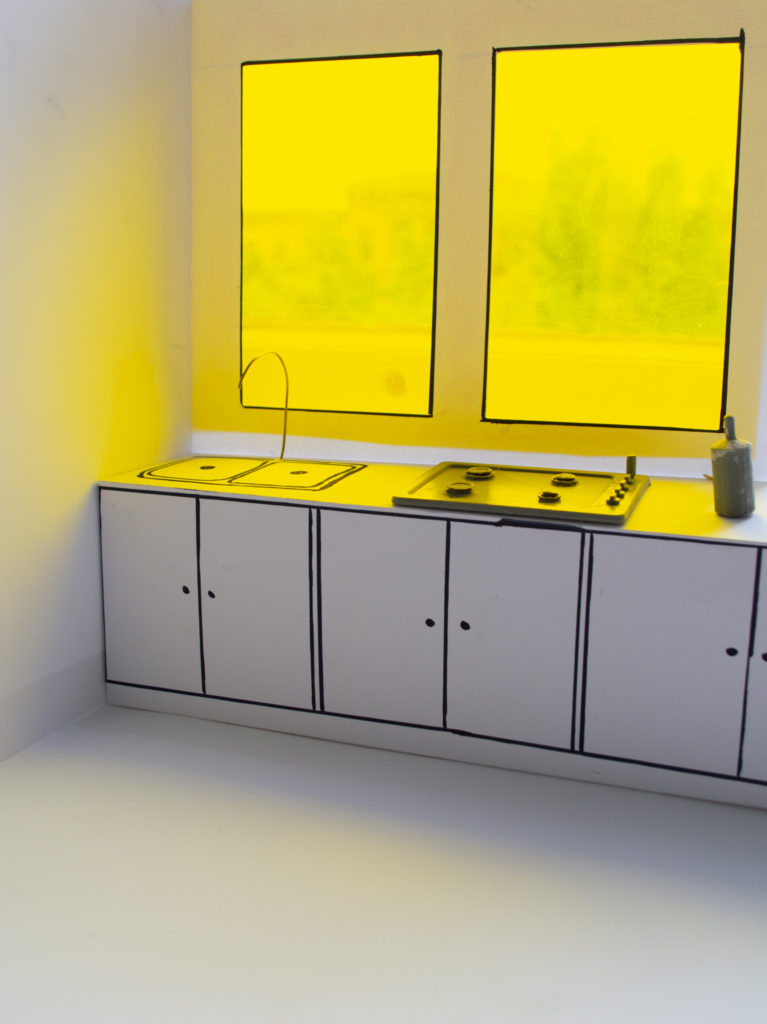
Back in 2018, we knew about the micro-organism in the ground, who feed themselves from the leftovers of Plants. We also knew that their excretions are electrons and that by harvesting them we could actually create energy! Yet, nobody really seemed to care. The Amount of current produced was too little to be interesting for the big energy companies. But, what we saw in that technology, was the opportunity to live with nature in harmony again. And now on the 18. of May 2038, 20 years after we took up this crazy journey, we are proud to announce that Berlin is the first place in the World trusting in POWER-PLANT-TECHNOLOGY to enlighten the entire City.
A LIGHT THAT IS POWERED BY MOTHER EARTH
The EARTH BATTERY can be used everywhere where there is earth. It harvests power from soil excretions that turn out to be electrons! It’s still weak but has potential to become a versatile outdoor energy source in gardens, parks or simply on the balcony.
Power House / future technologies workshop with Marjan van Aubel
Bastian Thürich, 6. sem SS 2018
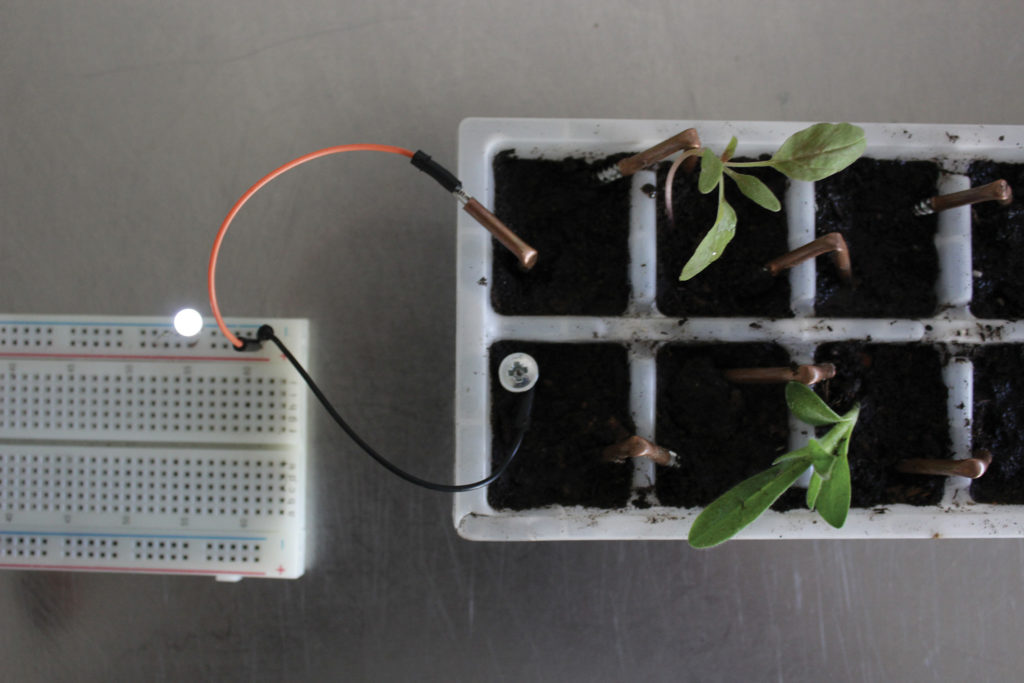
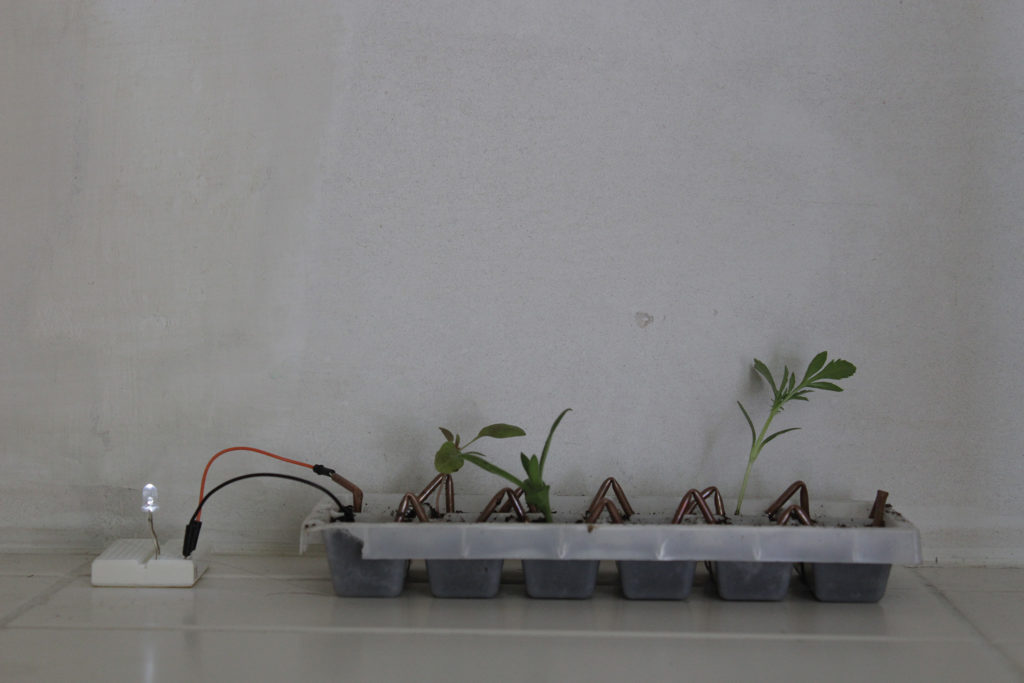
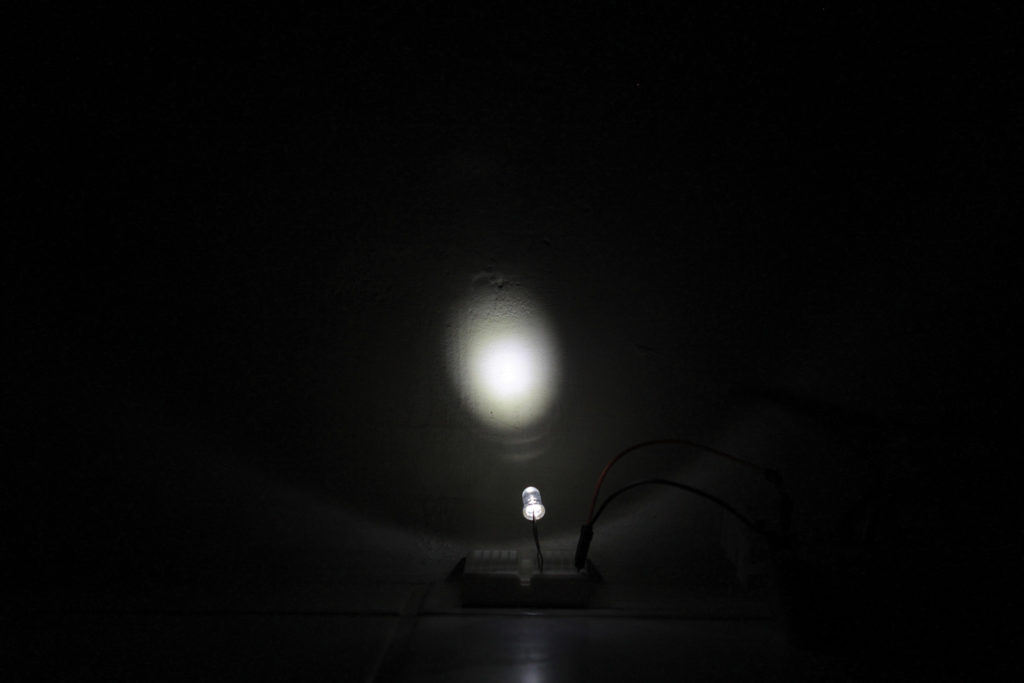
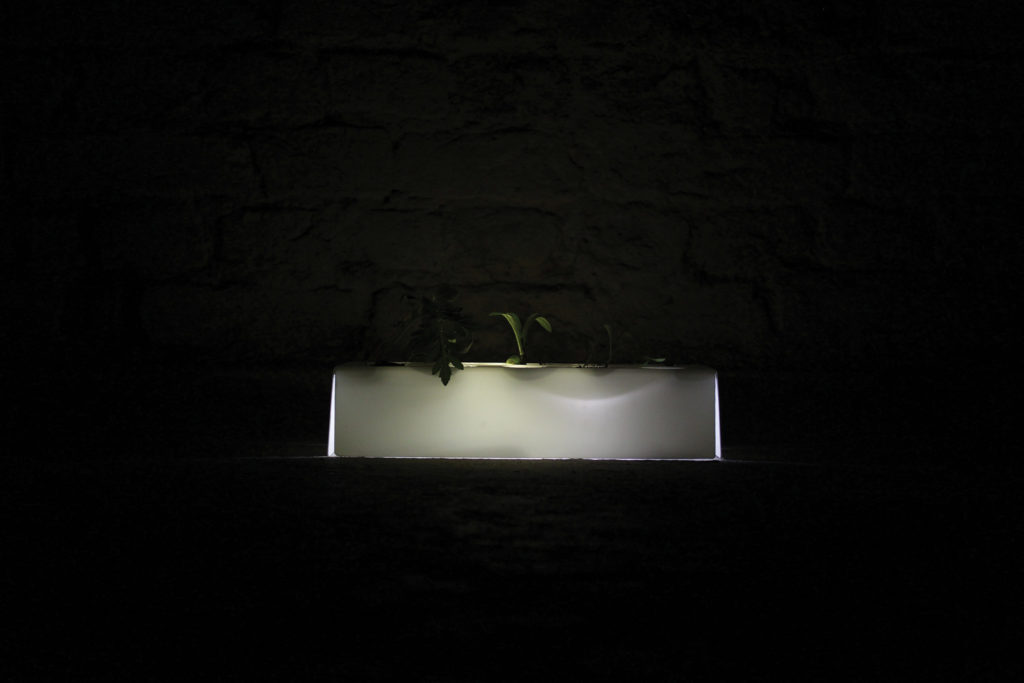
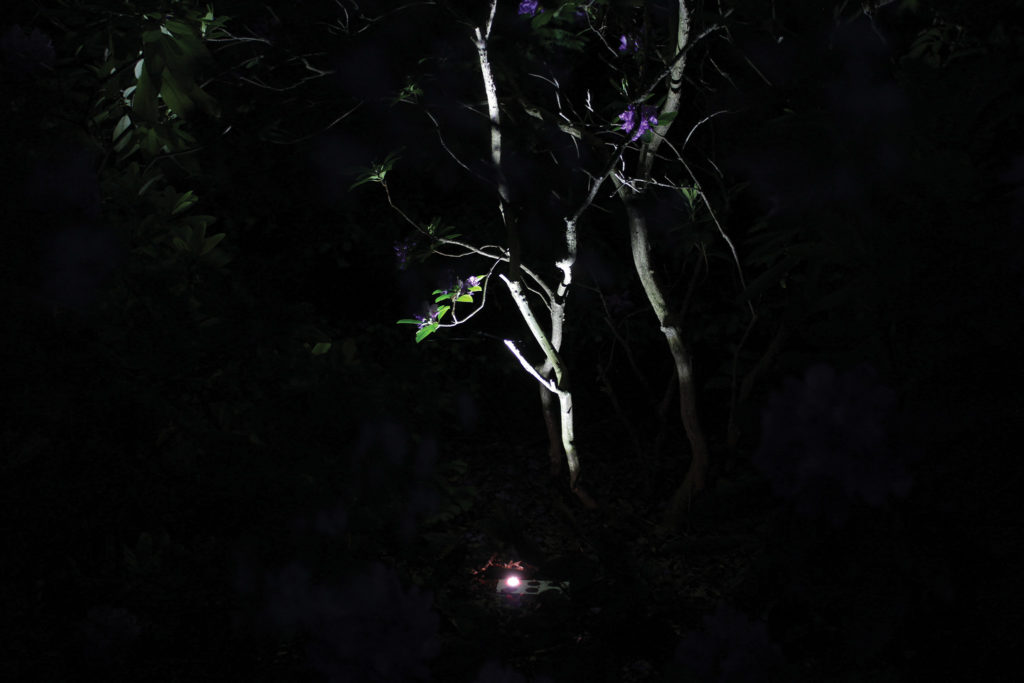
Sculp is a project that uses only paper and water for creating trays, bowls and plates. By using a kitchen sieve as a negative form and the paper pulp moulding process the prototypes are made. By drying in the oven the shapes get very stable and hard. The big aim is to make a step, stool or chair out of it by making it water resistant and by giving it a sound structure. The products are 100 % made out of recycable material and are 100 % recycable.
Power House short project
Tillman Vanhöf, 6. sem SS 2018
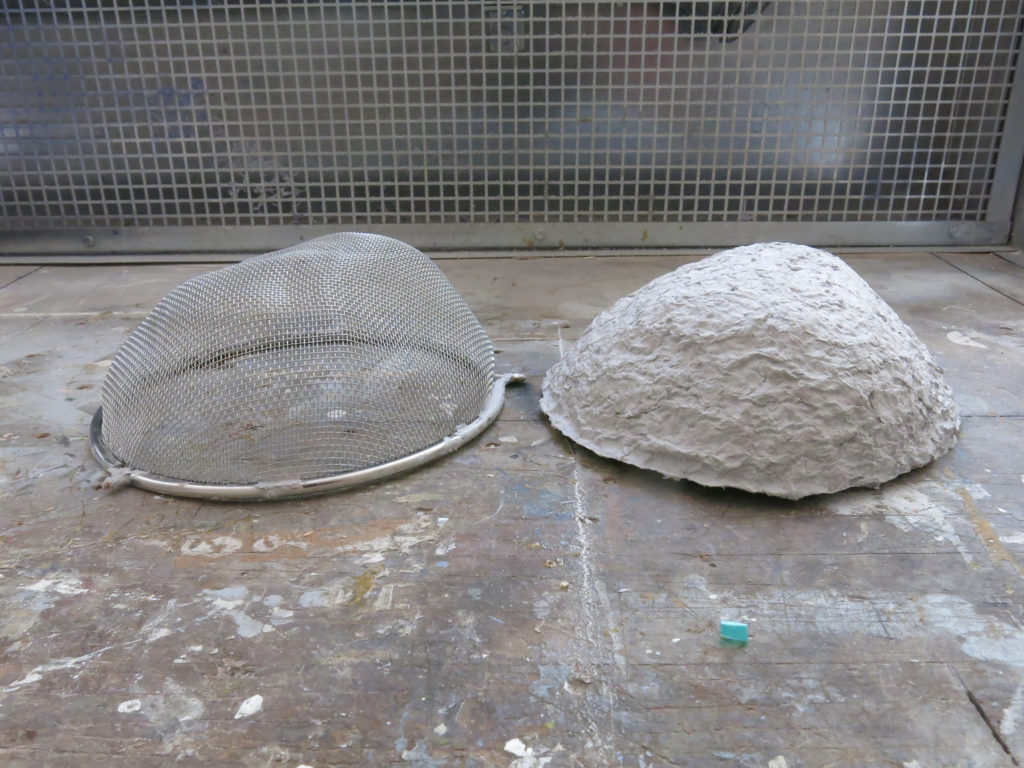
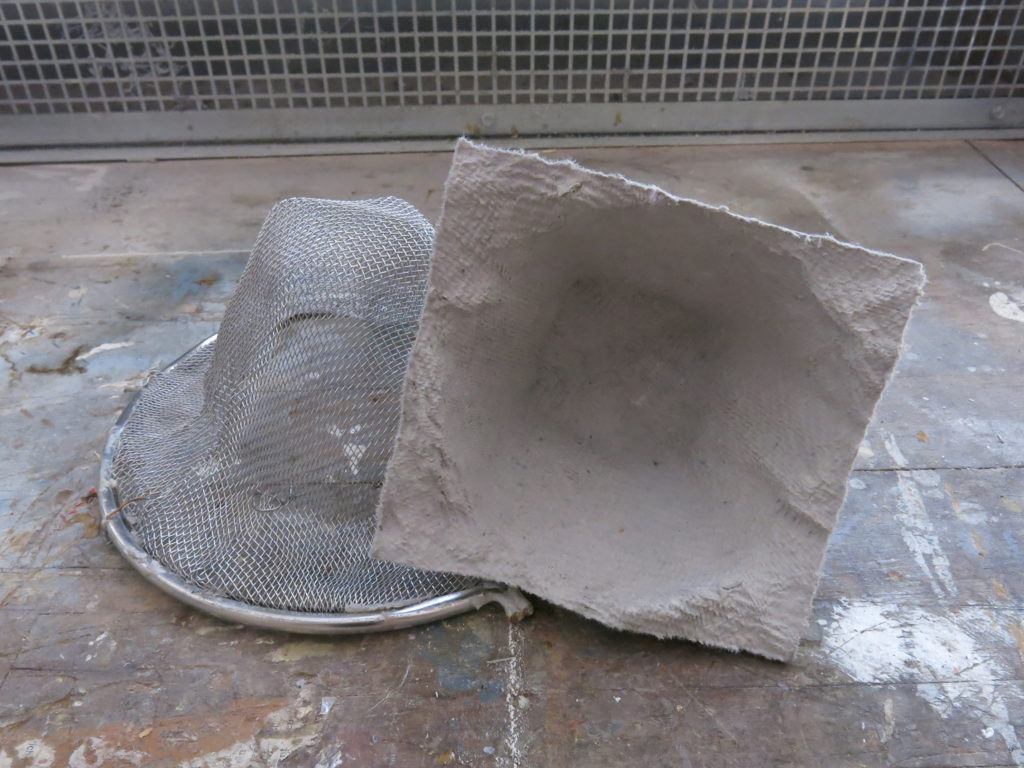
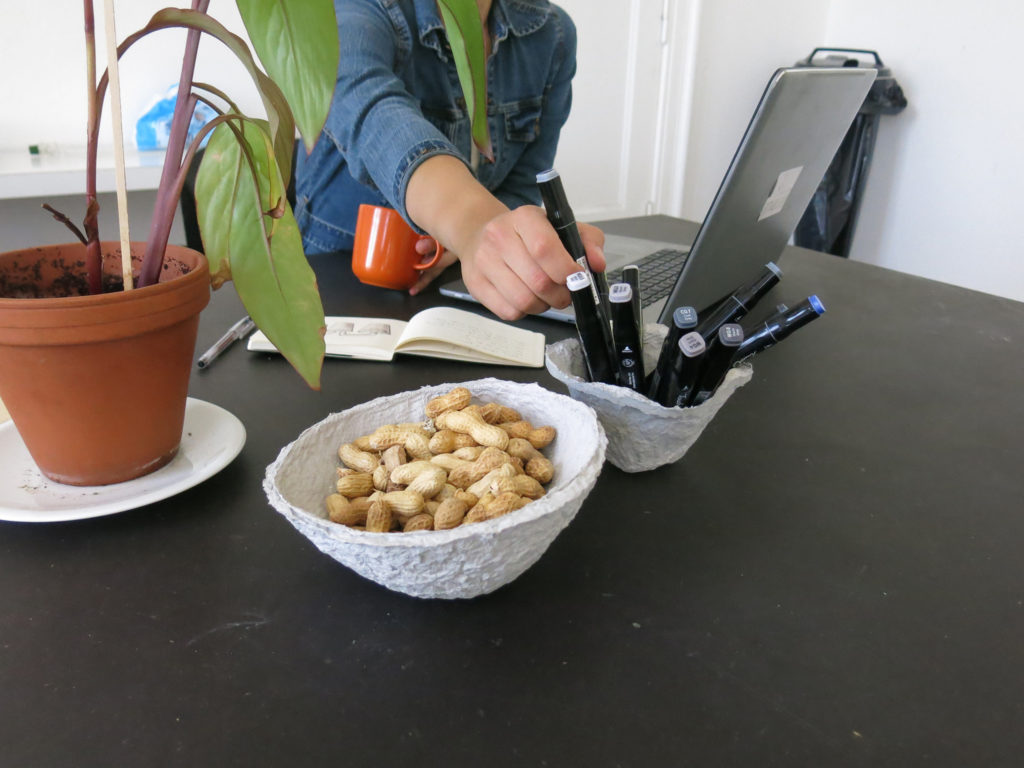
A LIGHT THAT RUNS ON A ‘GOOD’ BATTERY
Due to high content of lead or citric acid, the recycling of conventional batteries is dirty. The crystal battery, which consists of copper, magnesium and salt is very easy to recycle and forms the basis of the wireless side light: THE GOOD GUY.
Power House short project
Bastian Thürich, 6. sem SS 2018
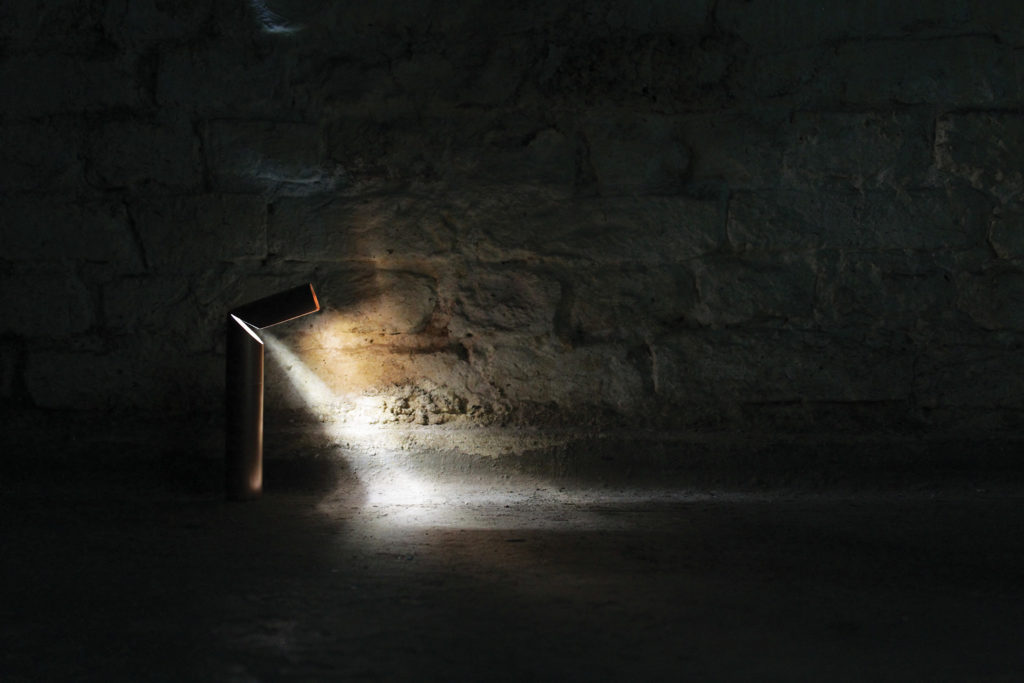
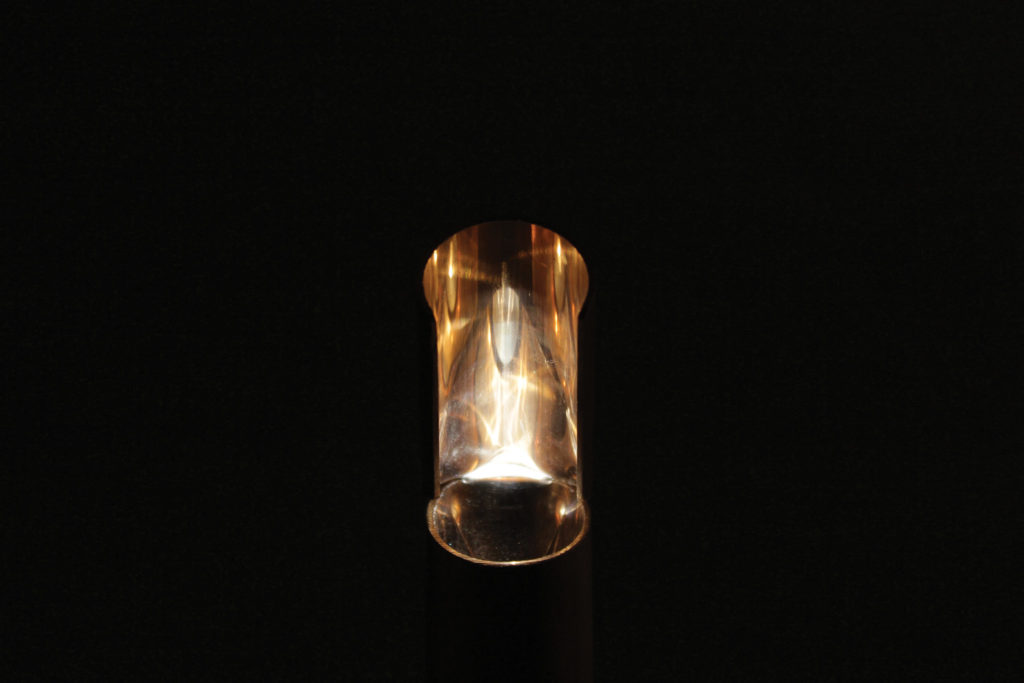
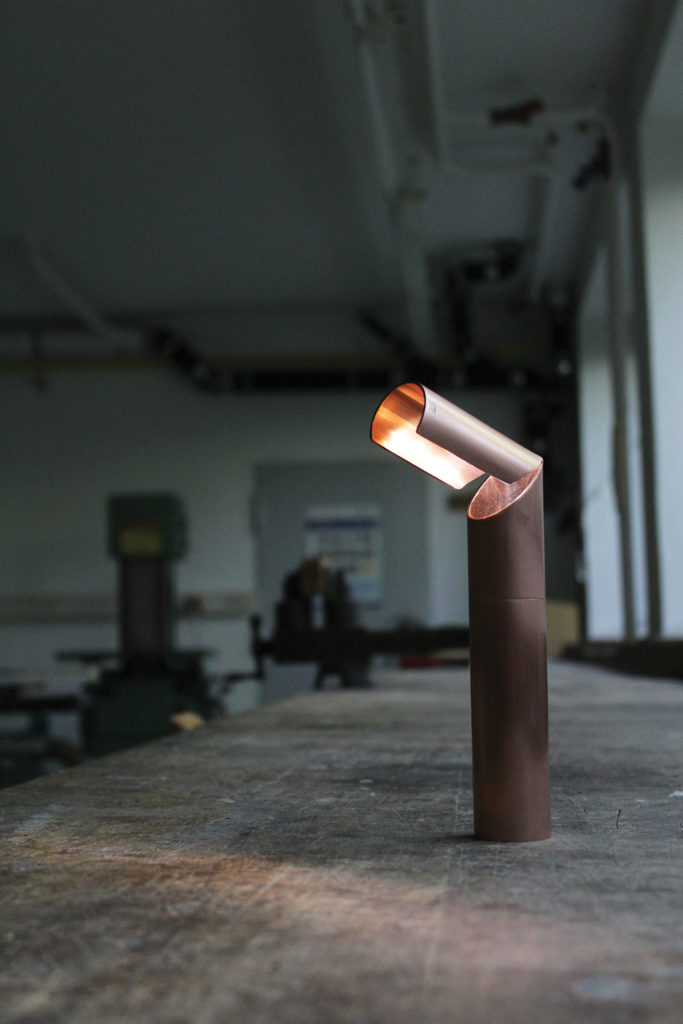
process:

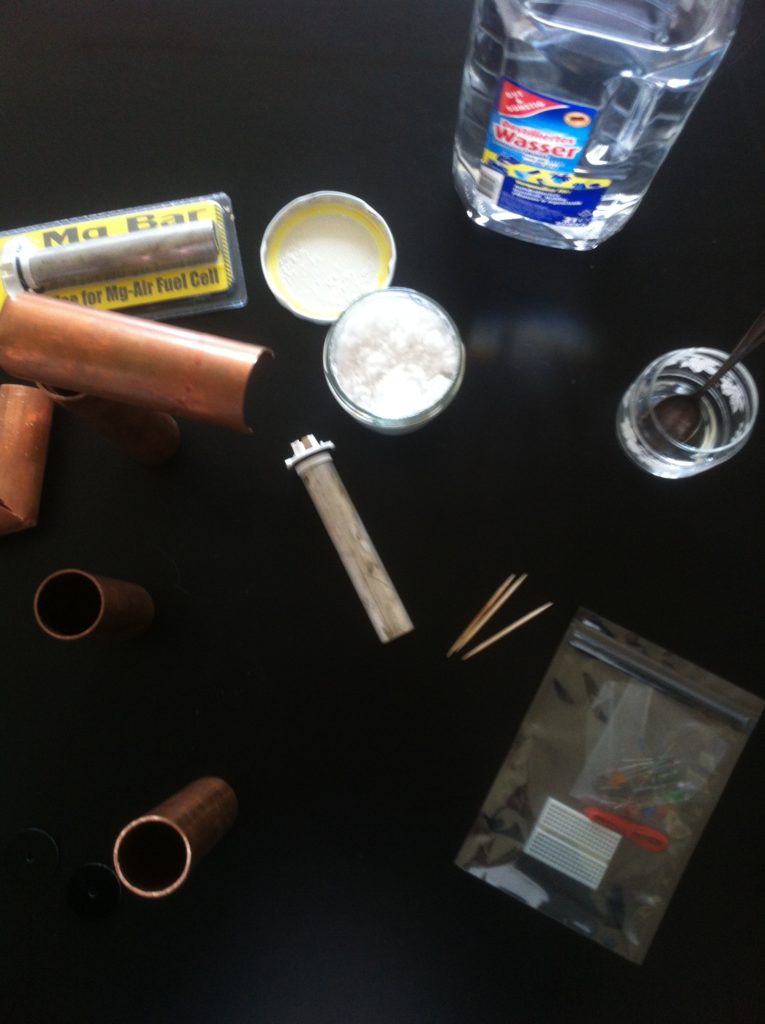
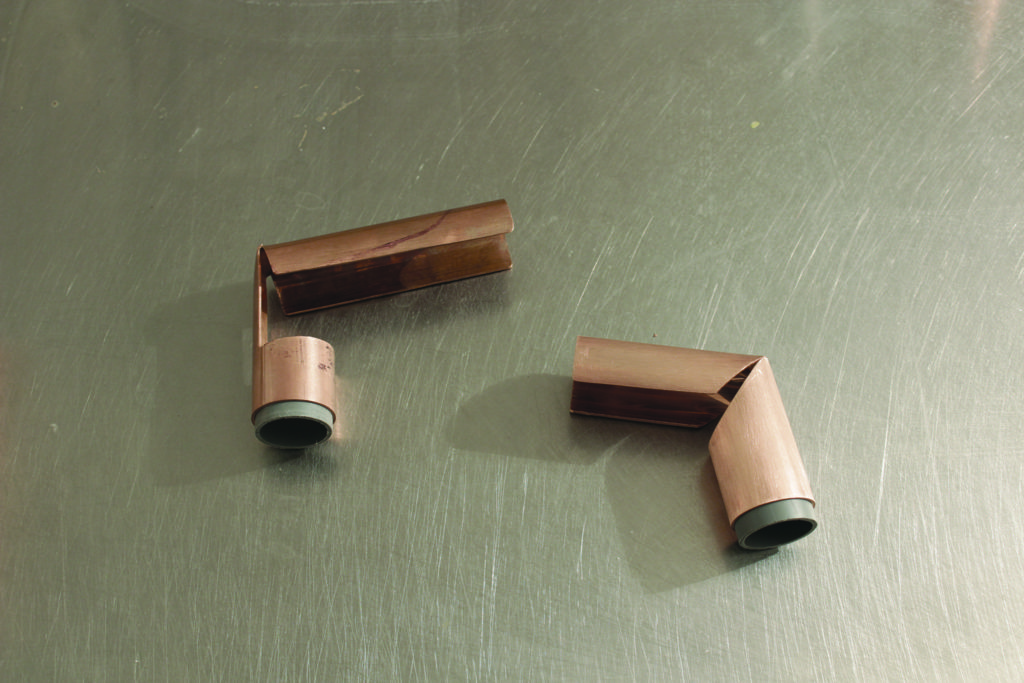
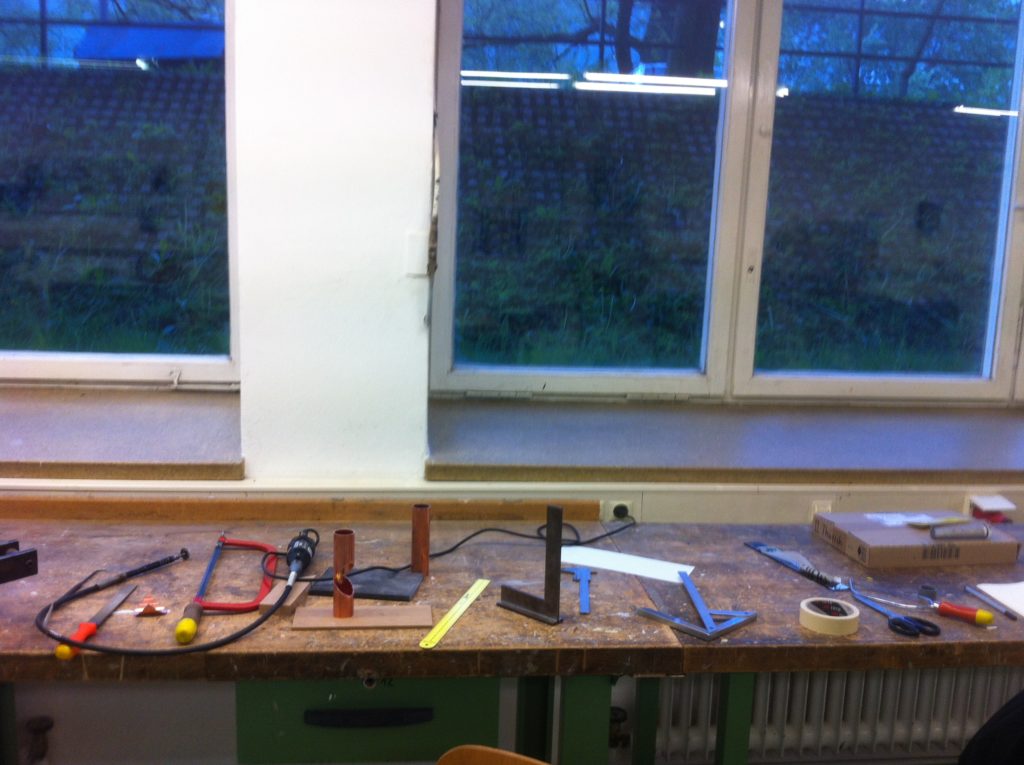
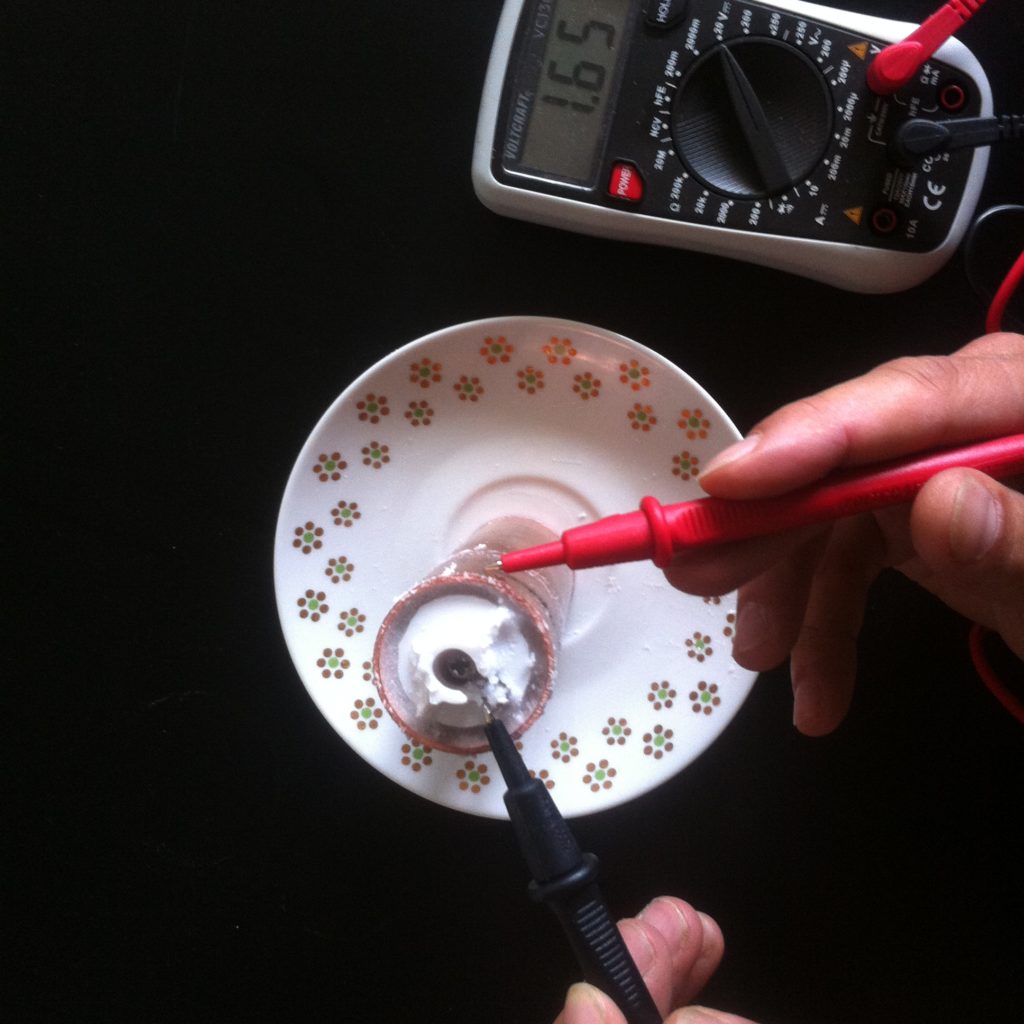
AN APP WHICH HELPS YOU TO REPAIR BROKEN THINGS IN COMMUNITIES
We seldom repair broken things, to work against this trend we created the app REPARO. It facilitates online and offline community building, serves as a platform to find and share tutorials and projects and shows repair cafés and experts in the neighborhood.
Power House short project
Louis Bindernagel, Stefanie Mühlbacher, 6. 10. sem SS 2018
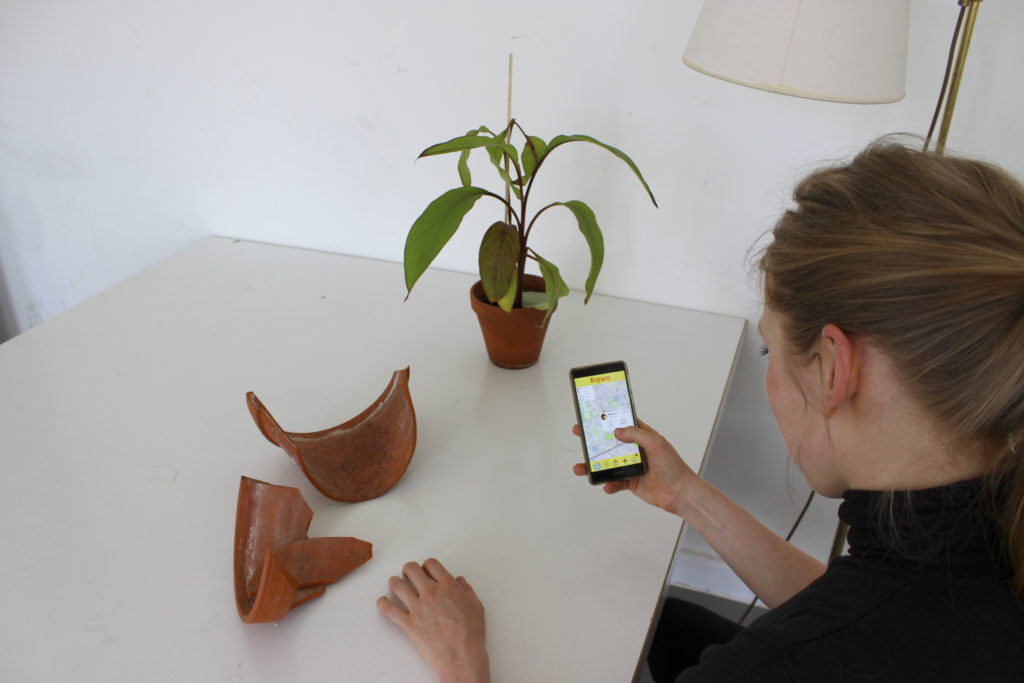
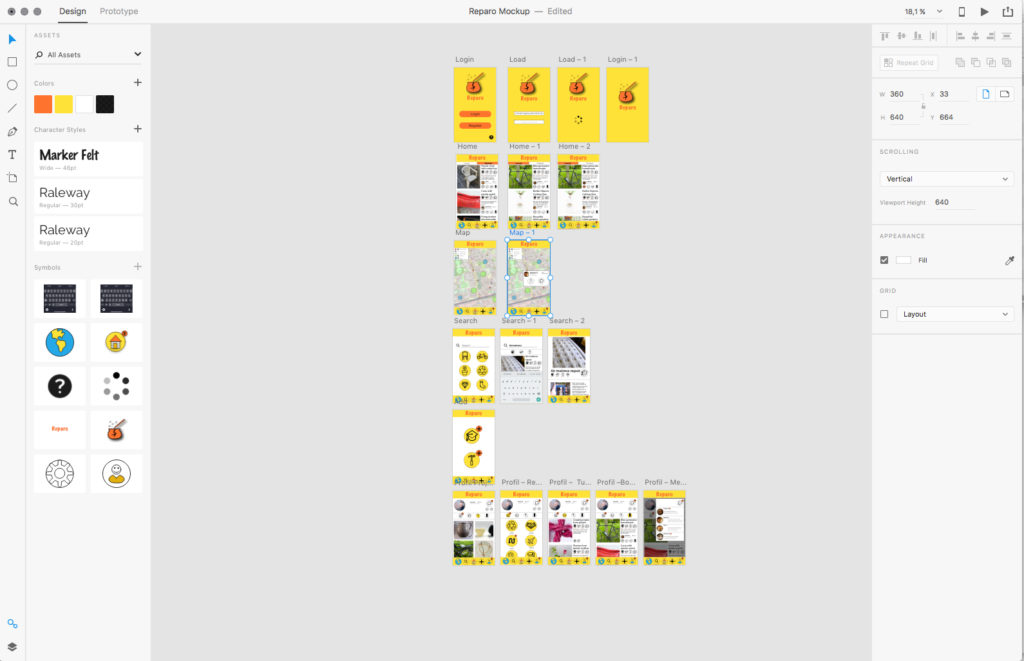
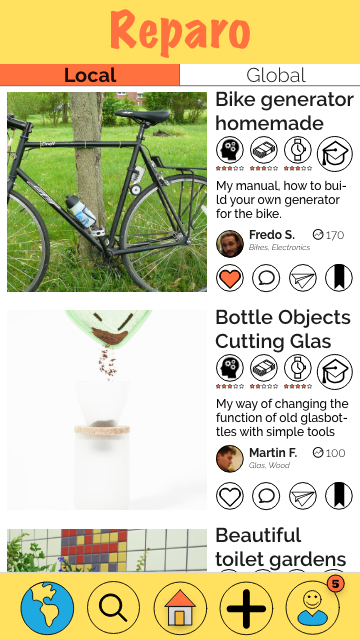
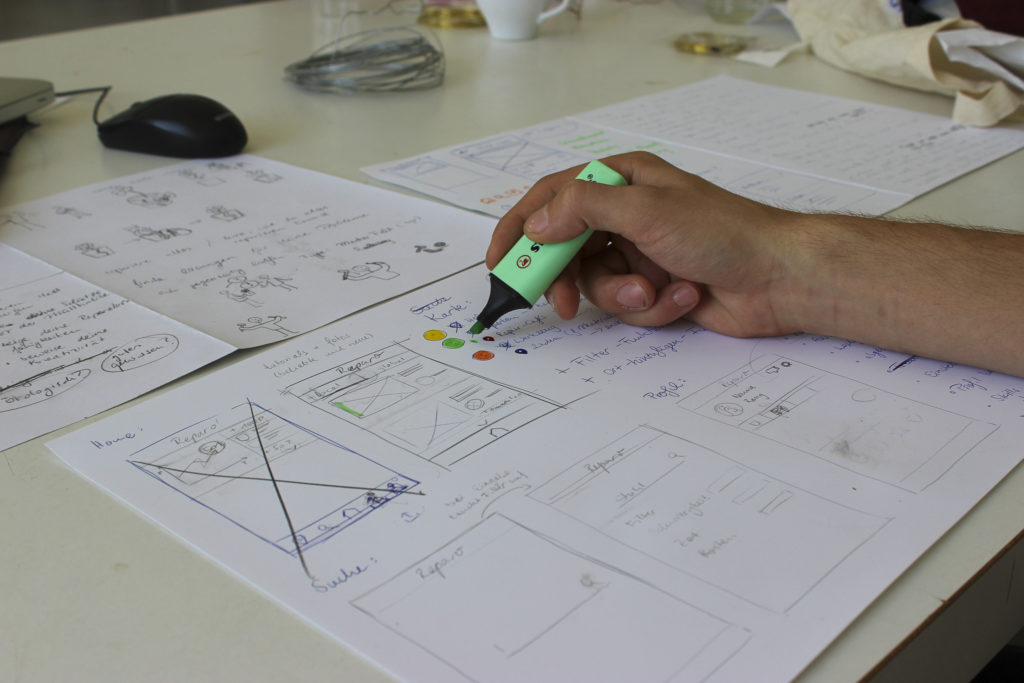
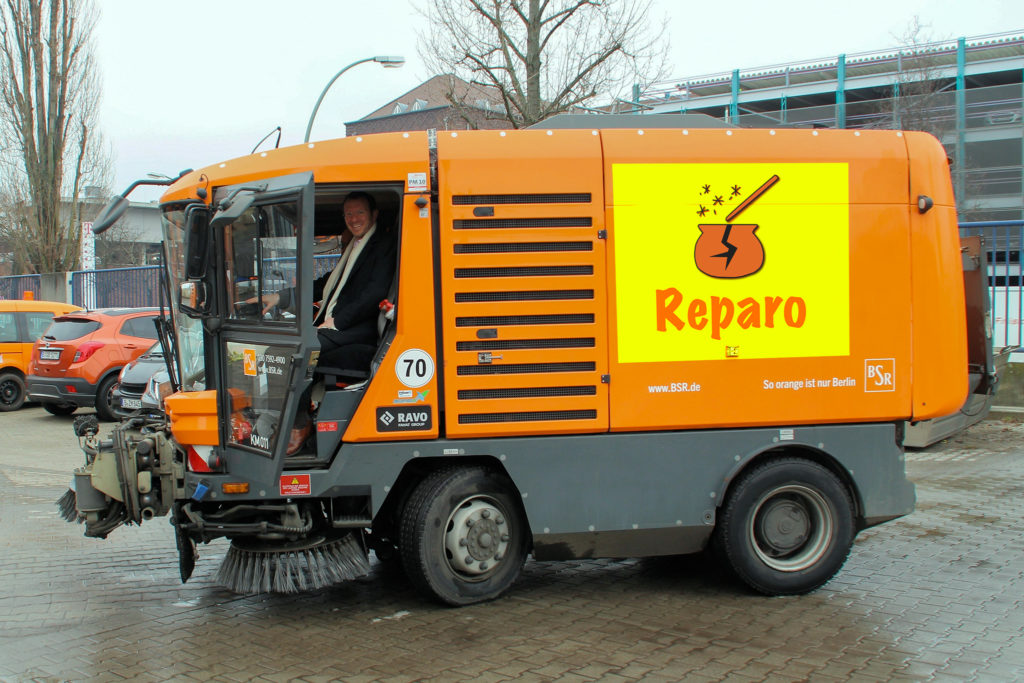
A SYSTEM TO SHARE GOODS IF YOU SUDDENLY NEED MORE
PARTYSHARE allows you to order items that you need for your party. Household goods can be rented. Everything will be delivered and once your party is over, it is picked up again, cleaned and stored for the next happening. Don’t own: share!
Power House short project
Nadia Narges Razaei, Bubby Vernon, 6. sem and exchange student Pratt Institute SS 2018
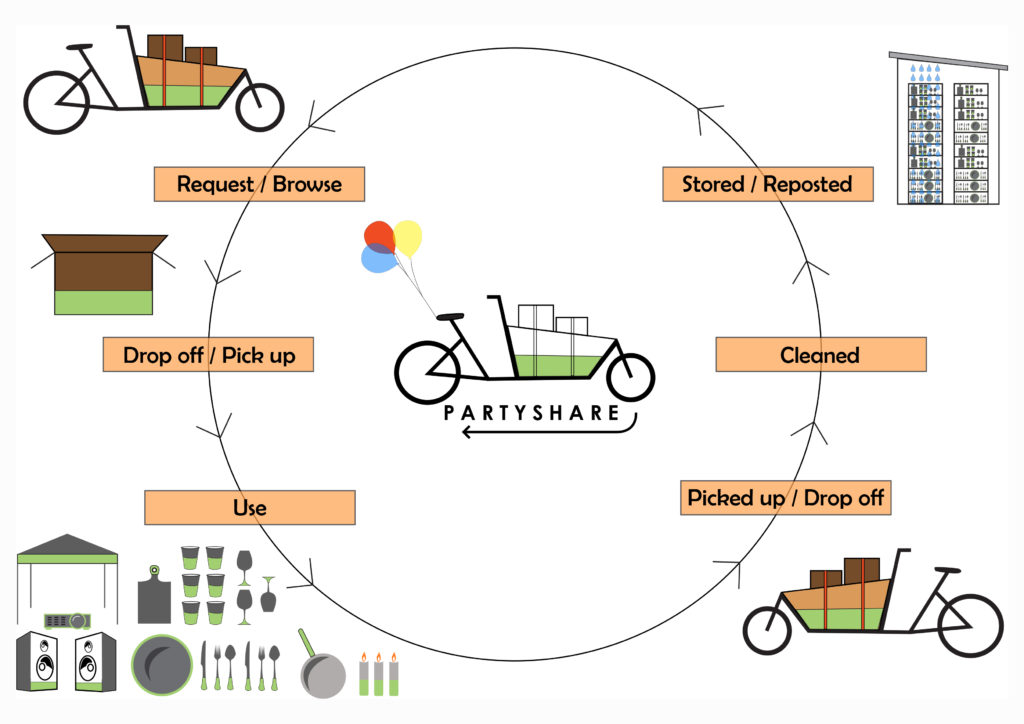
NATURE SHAPES AS FUNCTIONAL STRUCTURES
I don’t make material, I find them.
I don’t change their nature shape, I help them to become something.
I don’t separate from nature, I live with nature.
How can we use material with nature shape to build a functional structure?
First, I made some morphology research, and designed a floor lamp. And then I designed a special structure that can use small branched to make a functional frame, which can be used as the supporter of chairs or tables. In the future, maybe I can make some “semi-finished products”. Users can follow the using guide and find the main structure in the forest.
Power House short project
Dong Liu, MA ‚anpassungs student‘ SS 2018

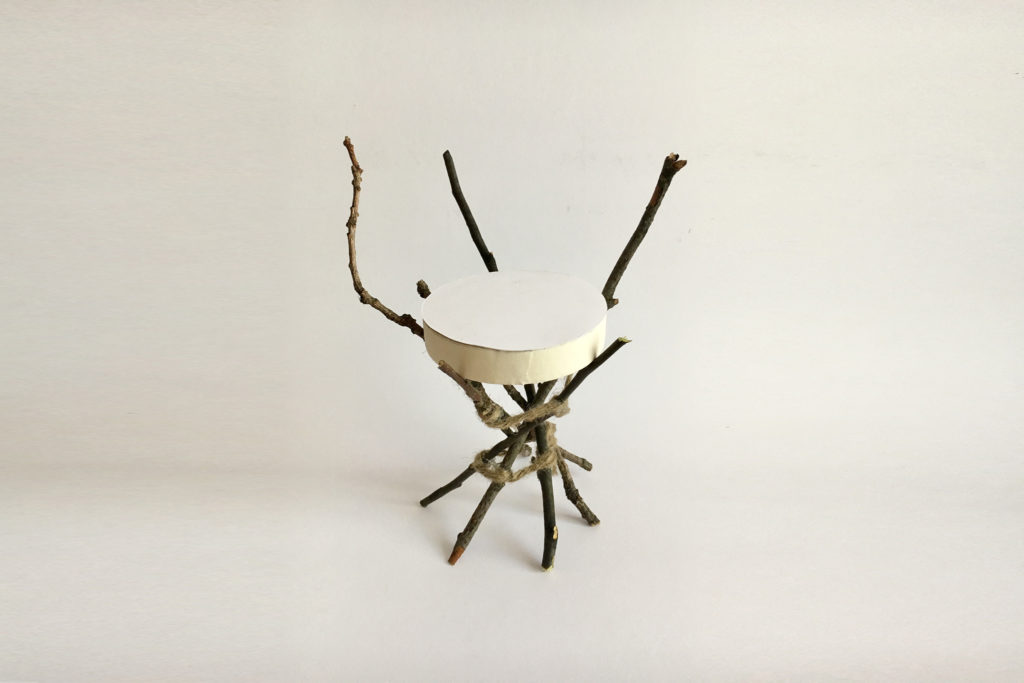
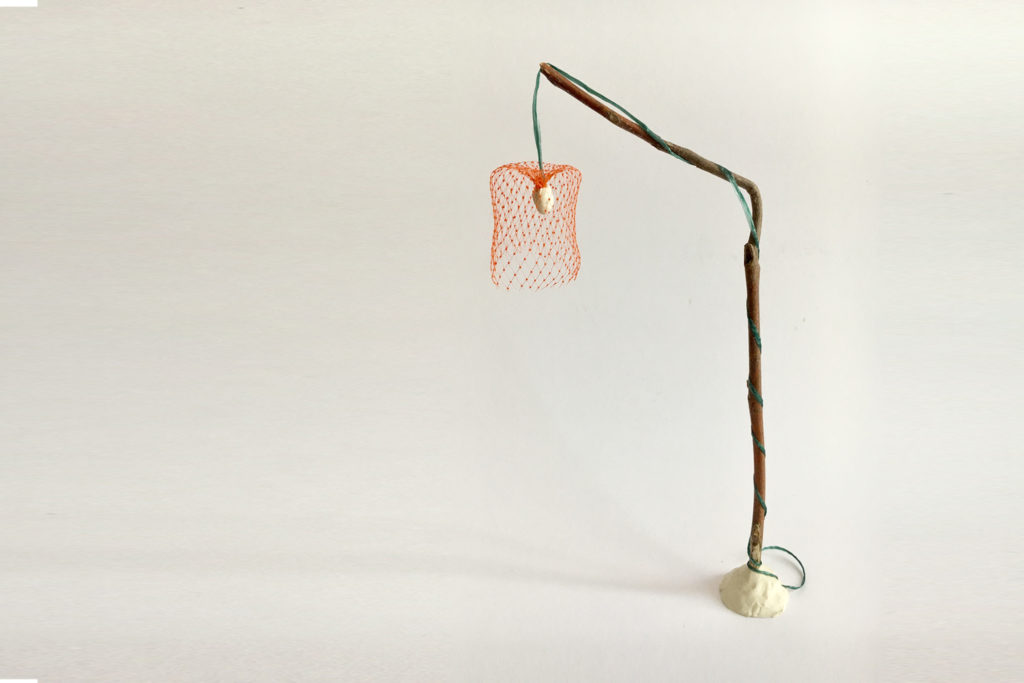
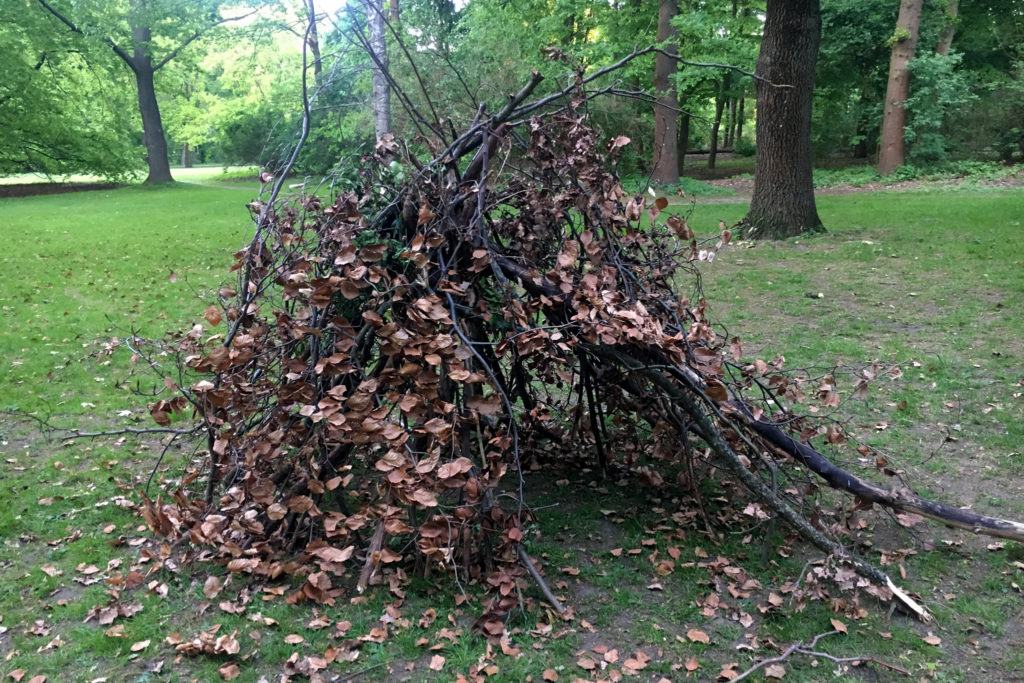
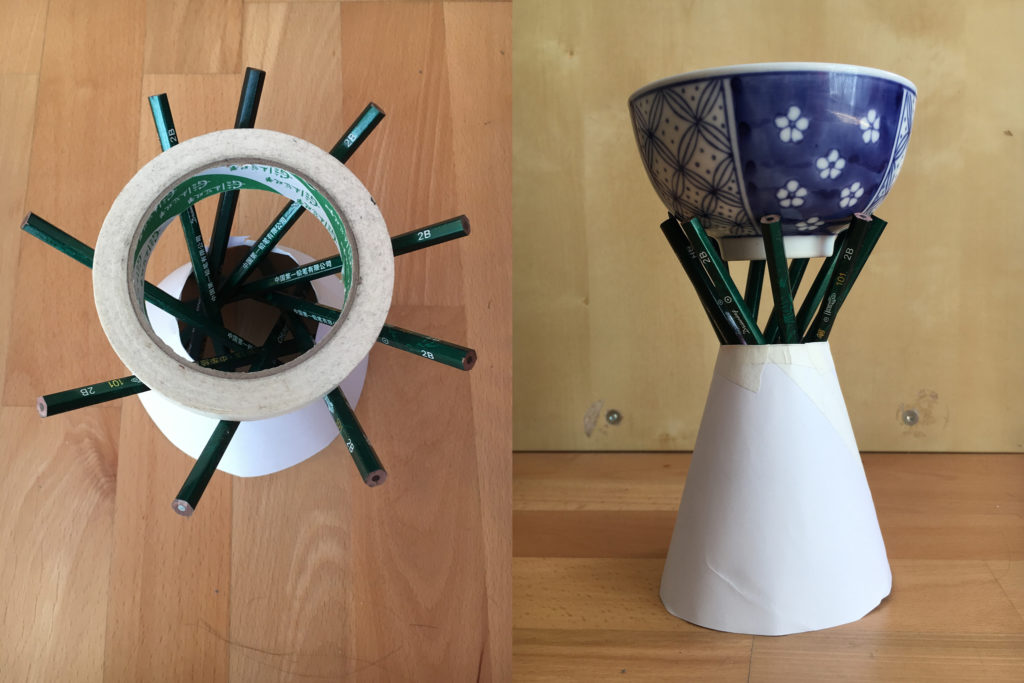
UNPLUGGED BATHROOM TOOLS
Our bathroom objects work mechanical and without electricity. For the use of blowing your hair with the fan, brushing your teeth or drying your hands manpower is needed.
Power House short project
Sarah Sekles, Sophie Stanitzek, 6, 8. sem SS 2018
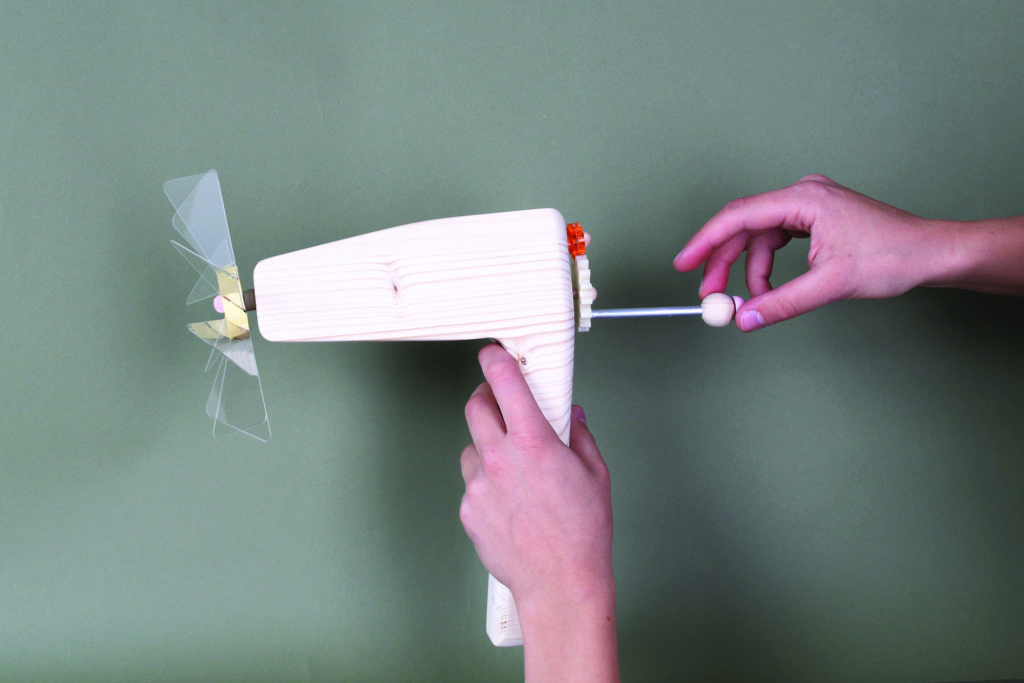

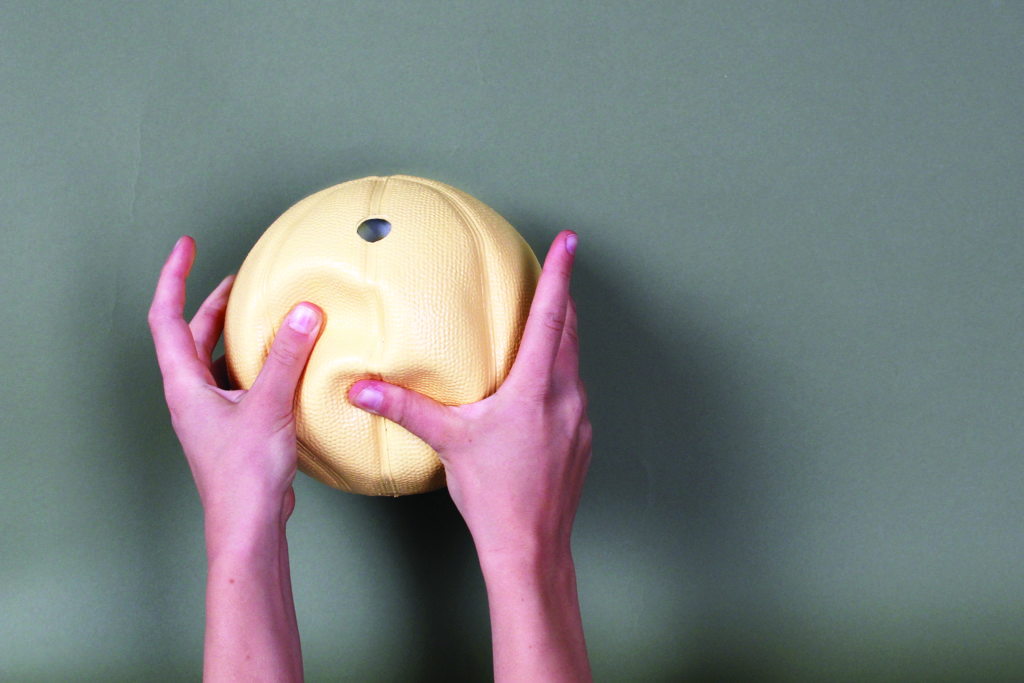


process:
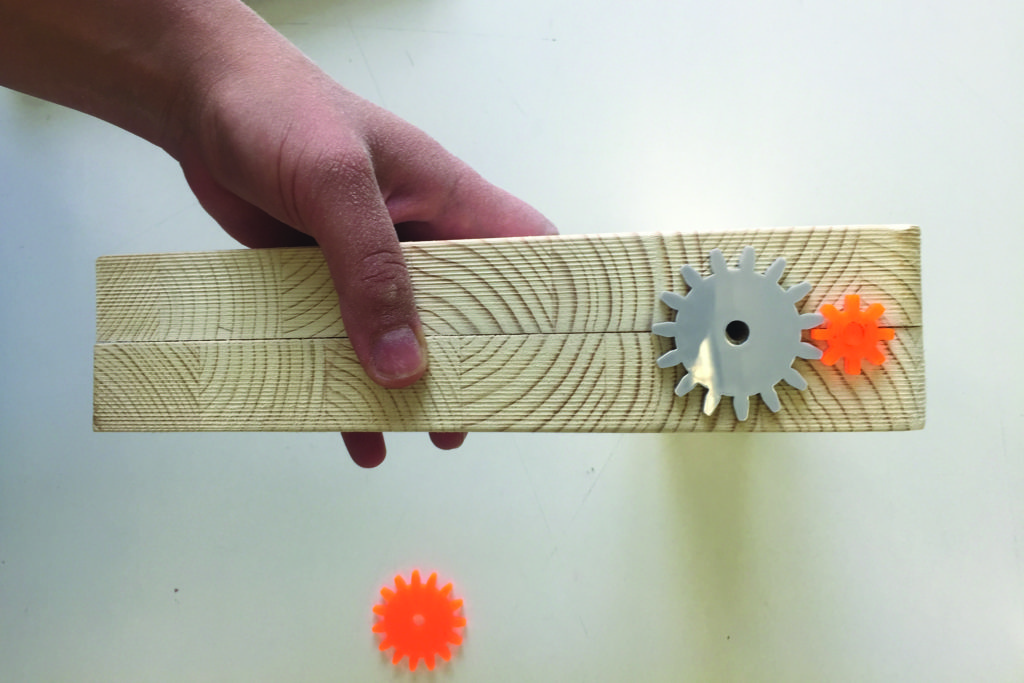
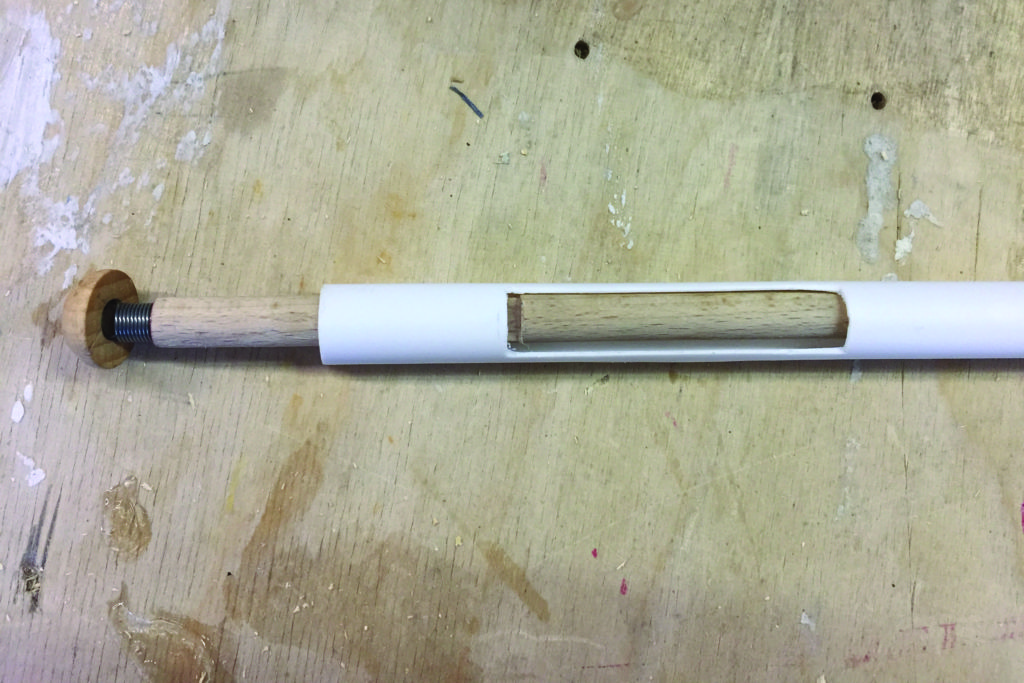
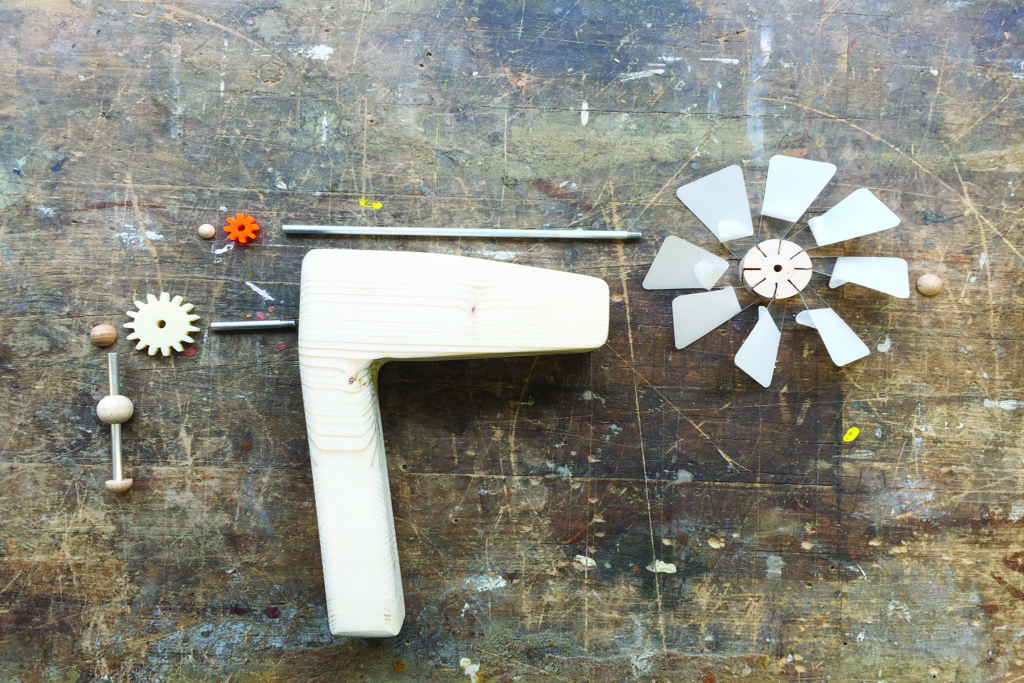
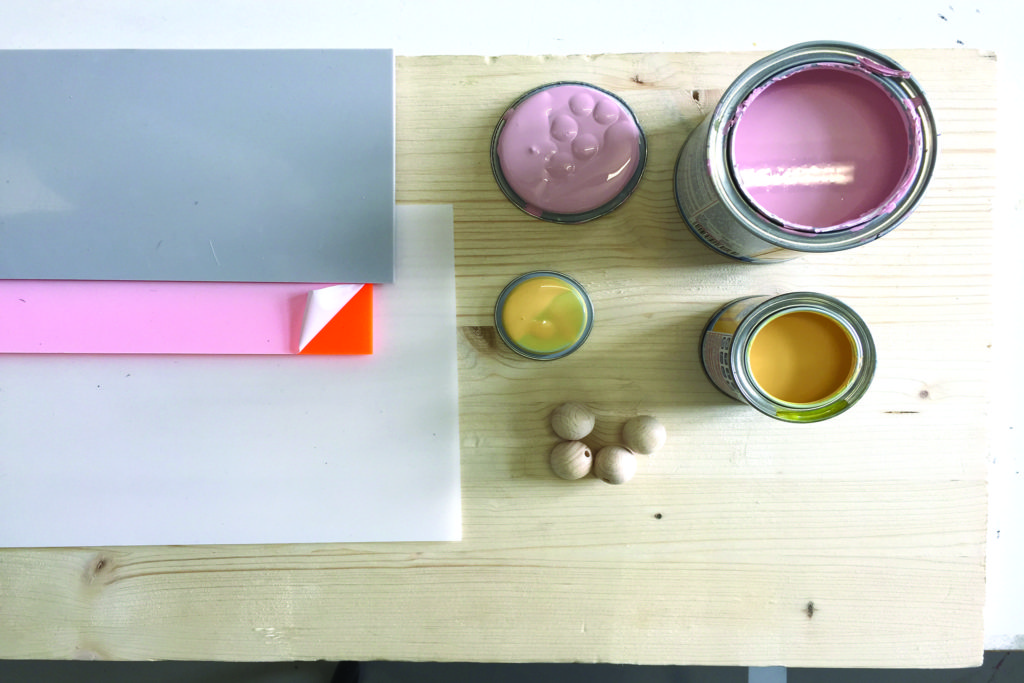
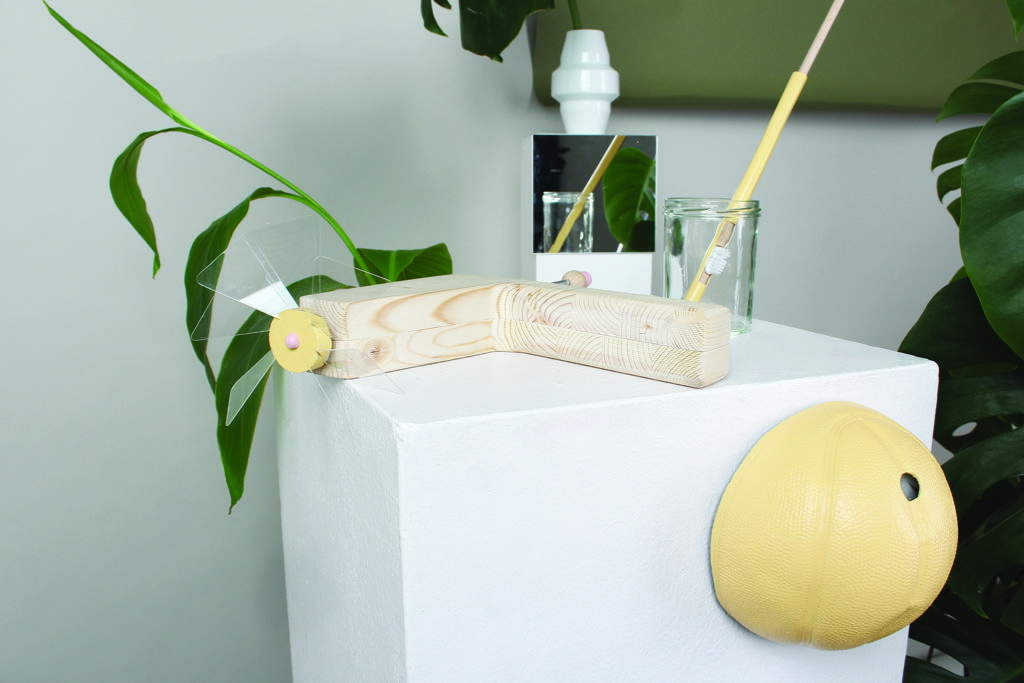
A SUPPORT FOR FRESH AIR
We are indoors two-third of our time. For our wellbeing plants can filter pollutants from the air and we need to air on a regular basis. When the windows are closed, the plants supply our fresh air. When the air blows inside, FLOWERPOWER protects the windows from slamming.
Power House Project
Nadia Narges Rezaei, 6.sem SS 2018
A CODE-SYSTEM THAT SAVES OUR MEMORIES ON ANY OBJECT
This project, enables to store our memories on any physical object via QR-code technology. Our virtualized memories related to objects, and those of others, can be revisited and shared, but it also supports longer lasting relationships between humans and objects again.
Power House Project
Dong Liu, MA ‚anpassungs student‘ SS 2018
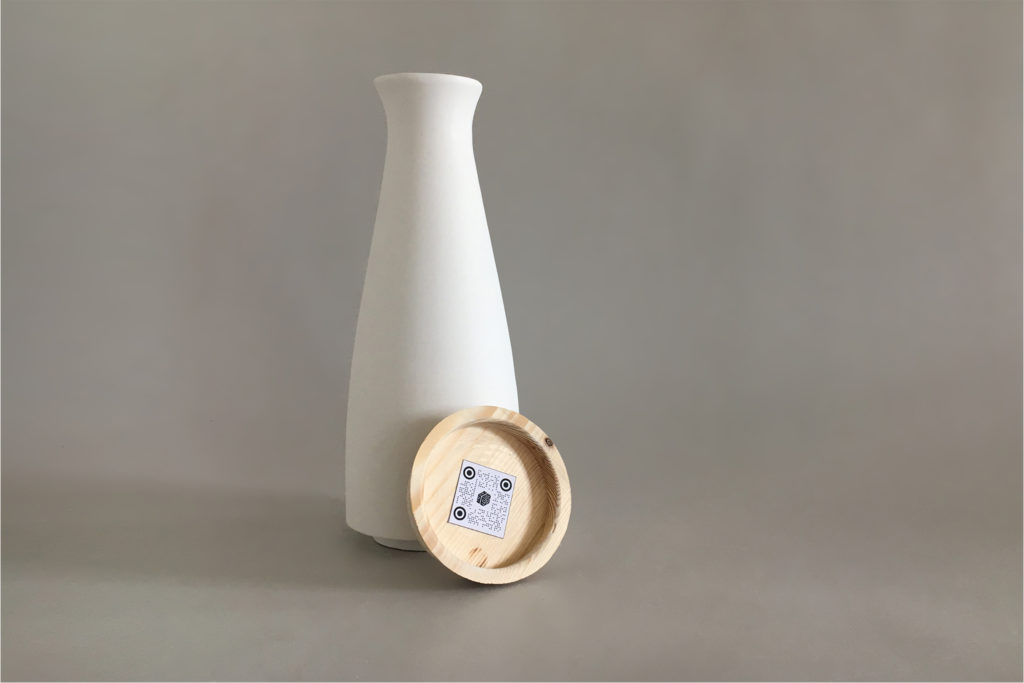
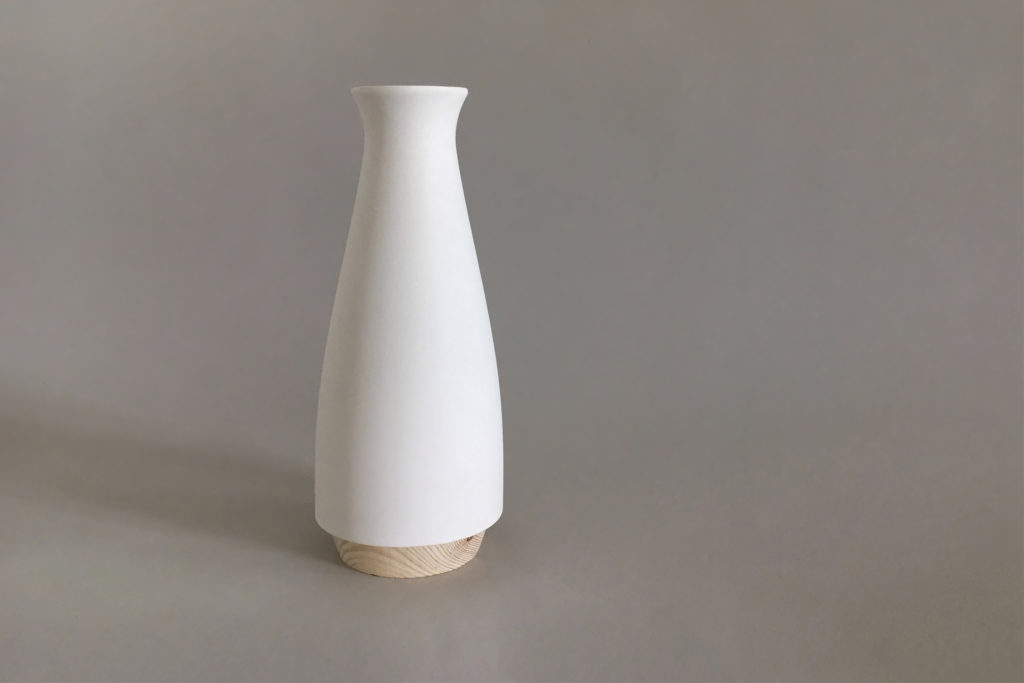
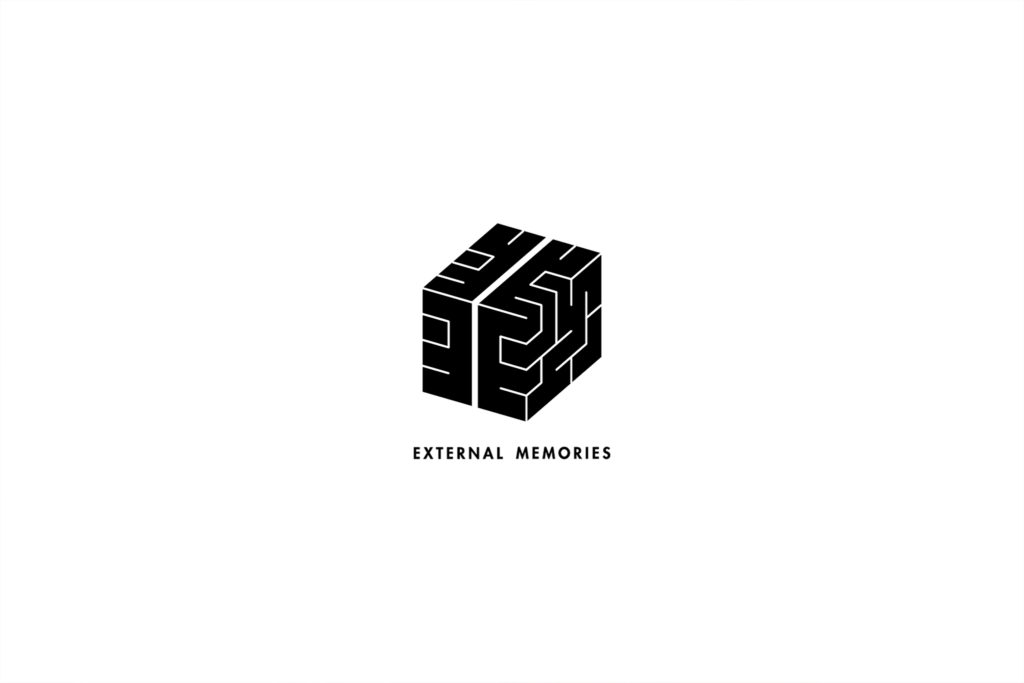
process:
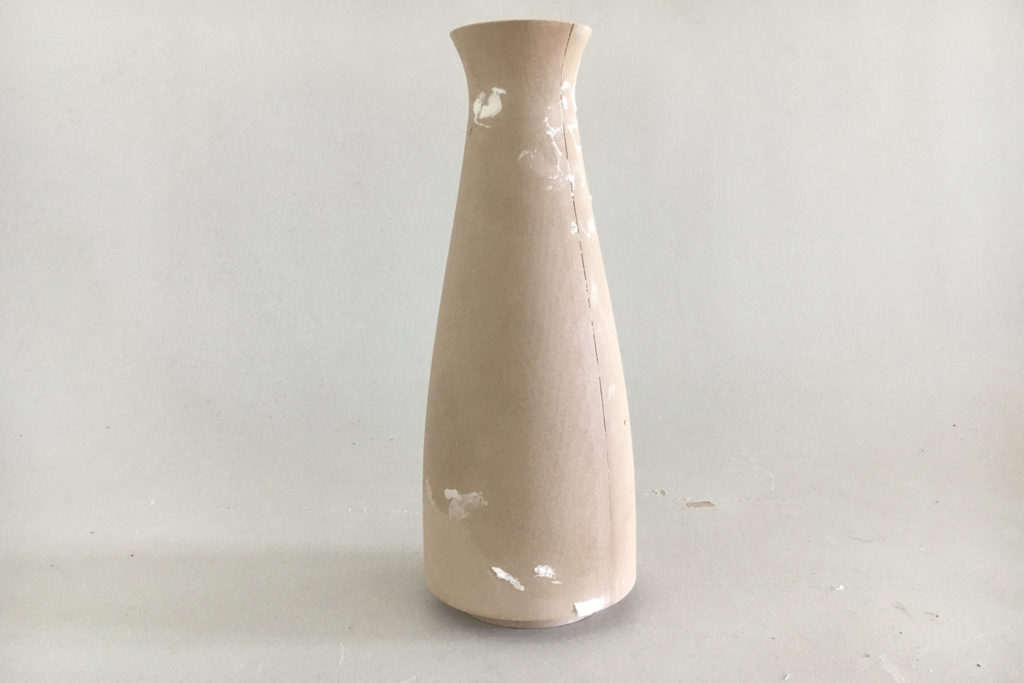
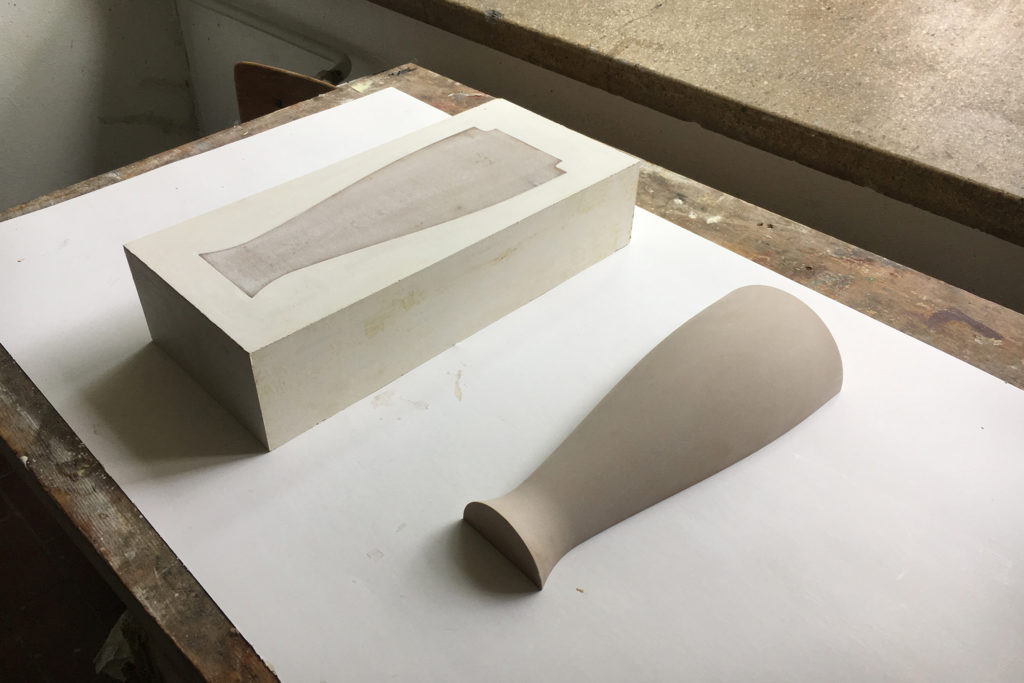
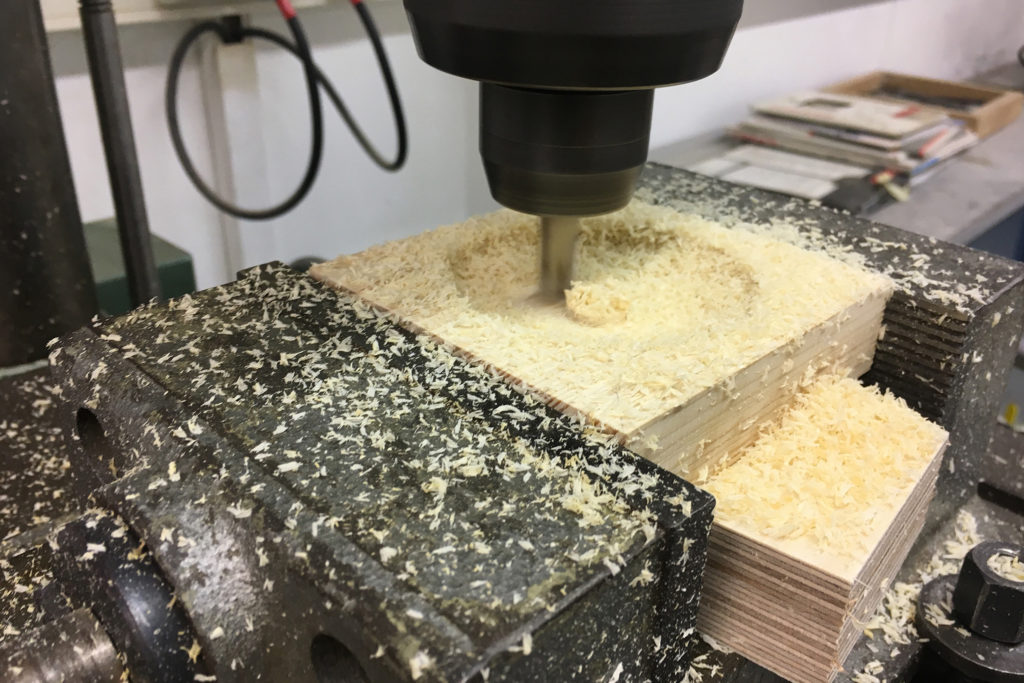
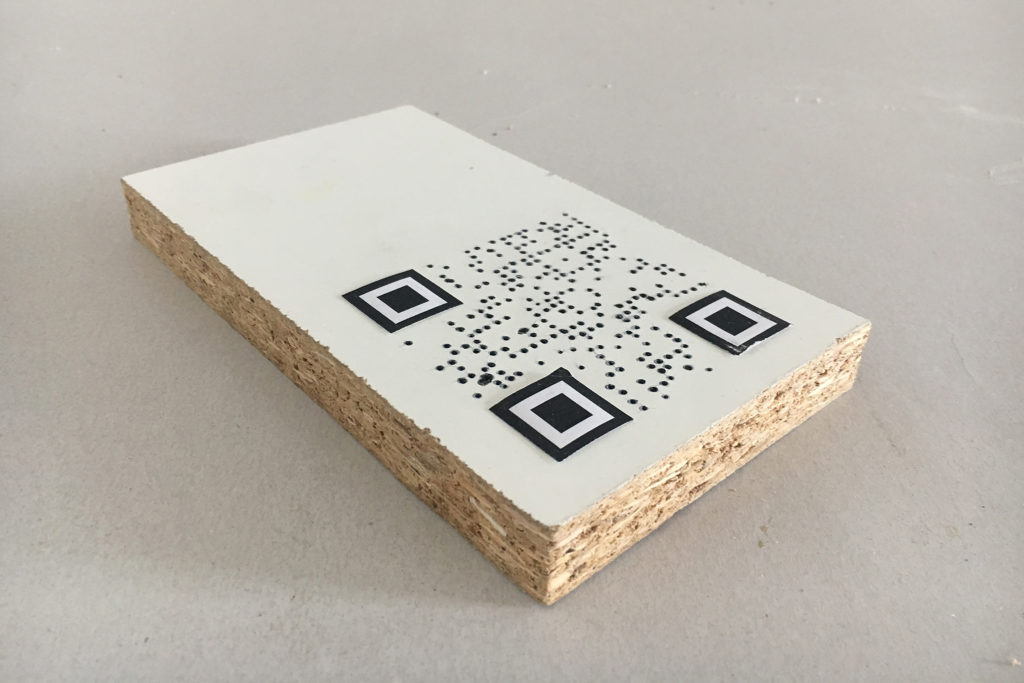
A TOOL TO IMPROVE AIR BY MEANS OF HUMAN POWER
BRISE allows relaxation while circulating and purifying the air – a good synergy. By rocking the chair back and forth, it transforms kinetic energy into an analog ventilating system. With a fan attached high up, warm and purified air under the ceiling gets pushed down.
Power House Project
Sarah Sekles, 6.sem SS 2018
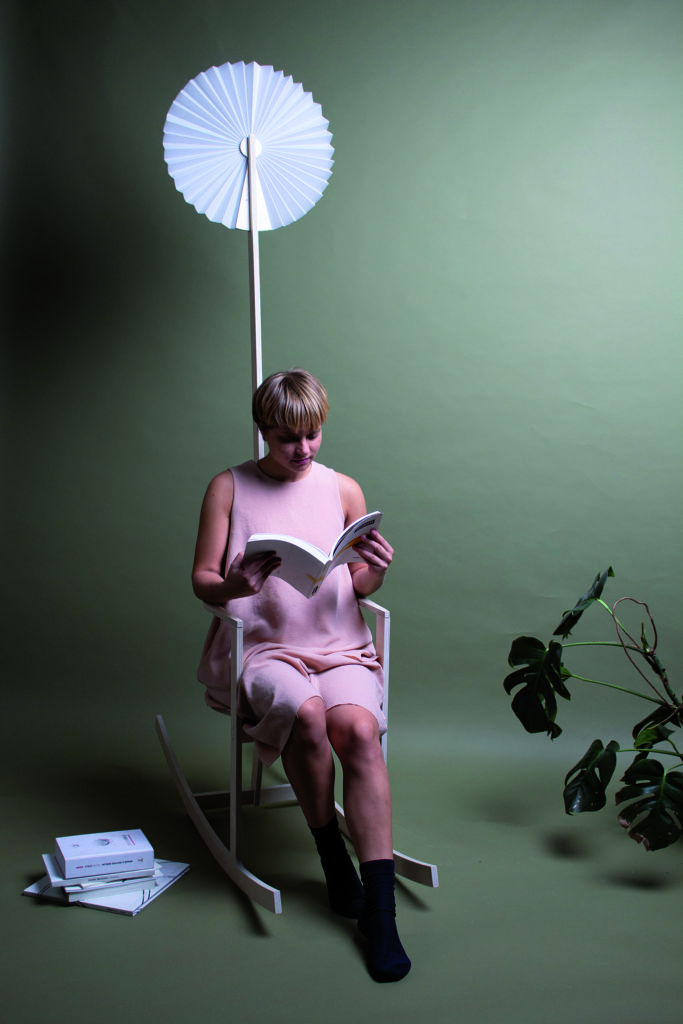
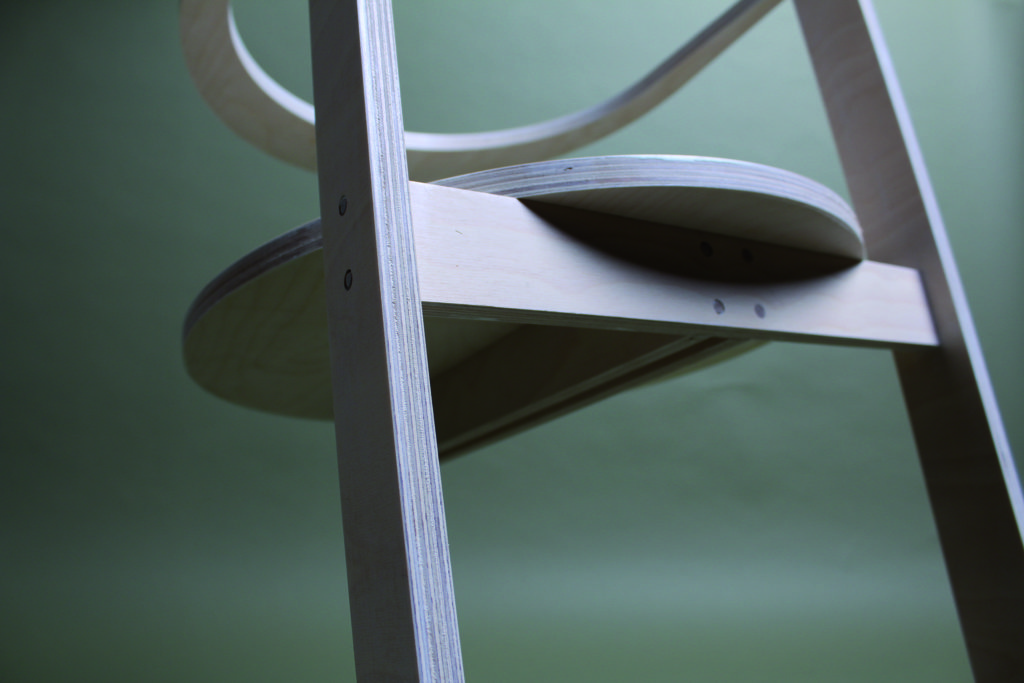
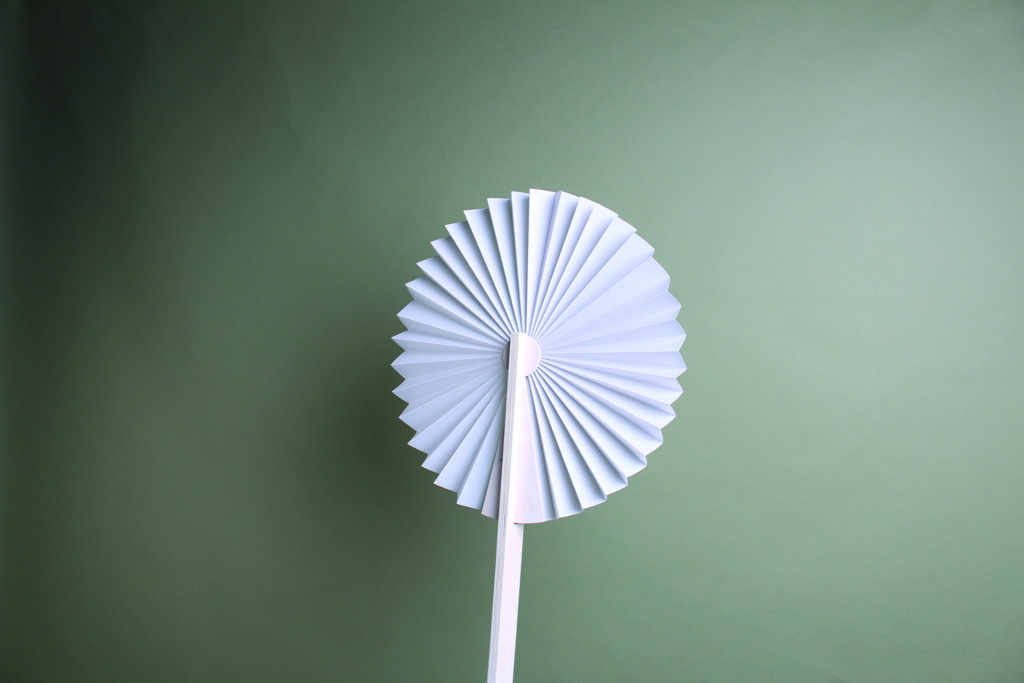
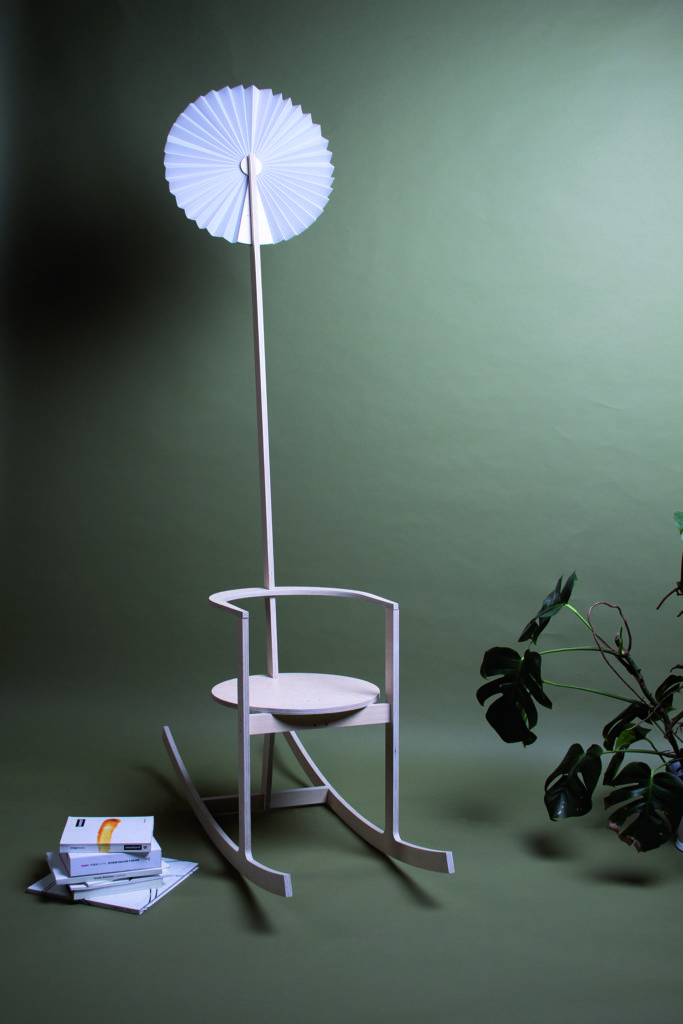
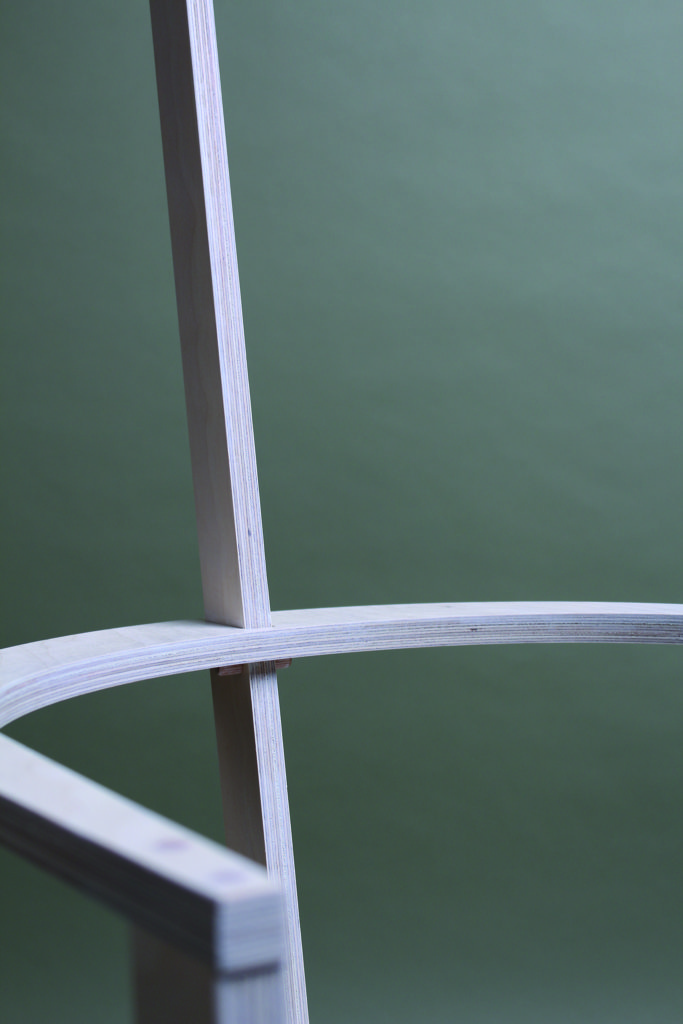
process:
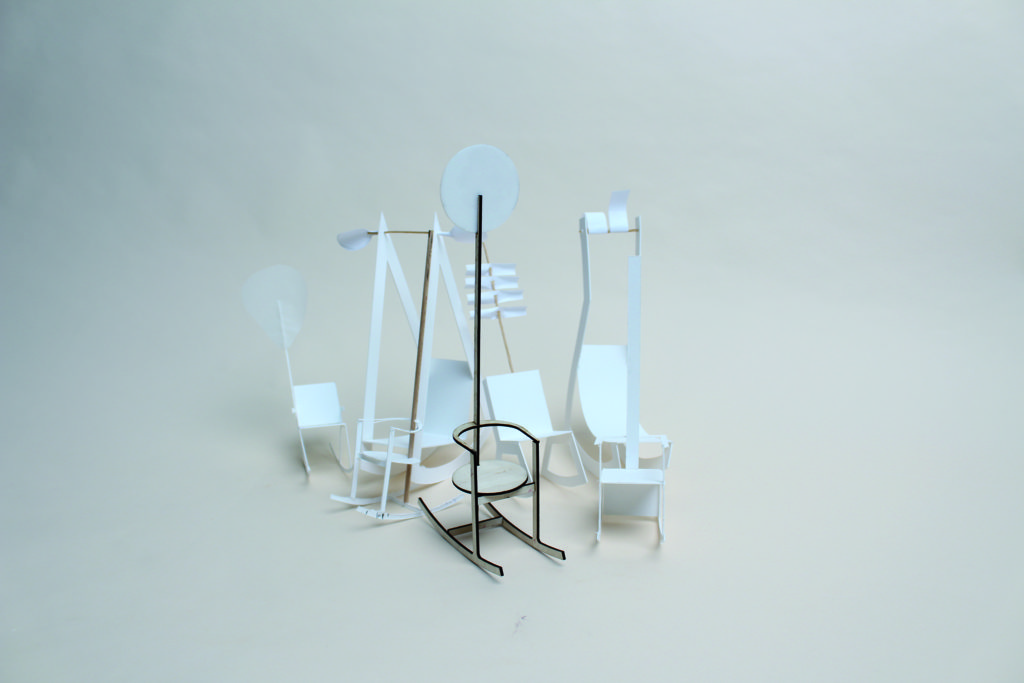
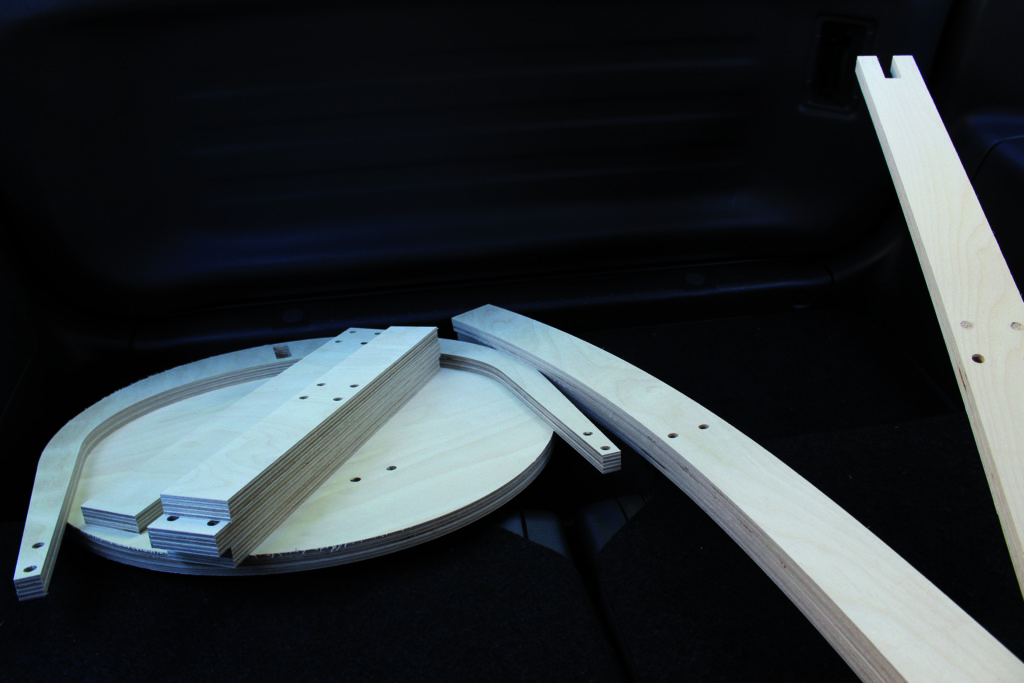
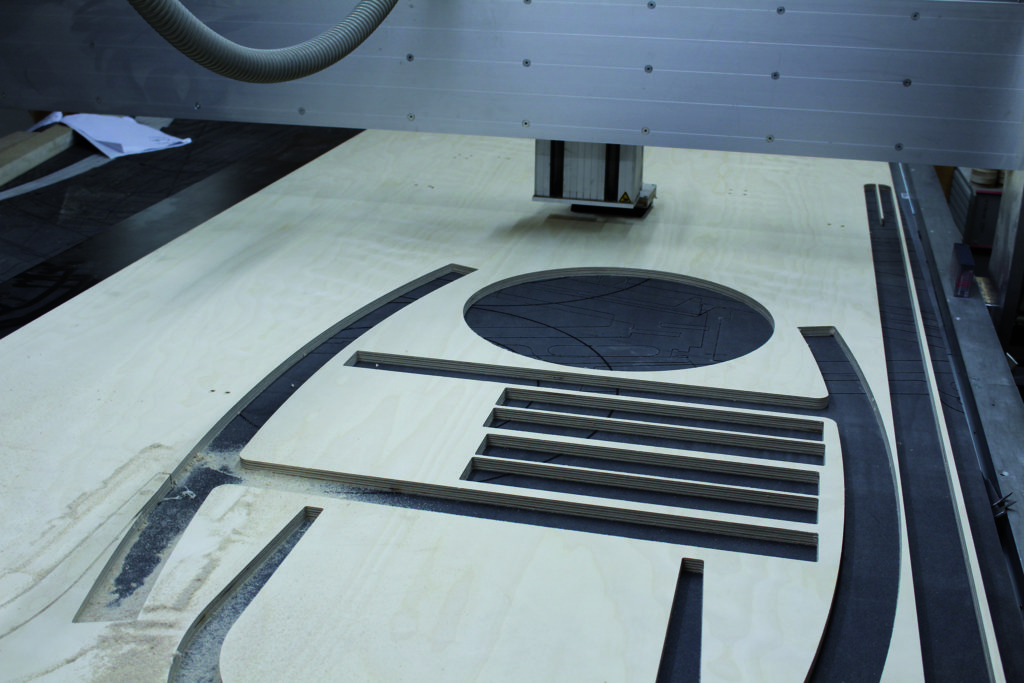
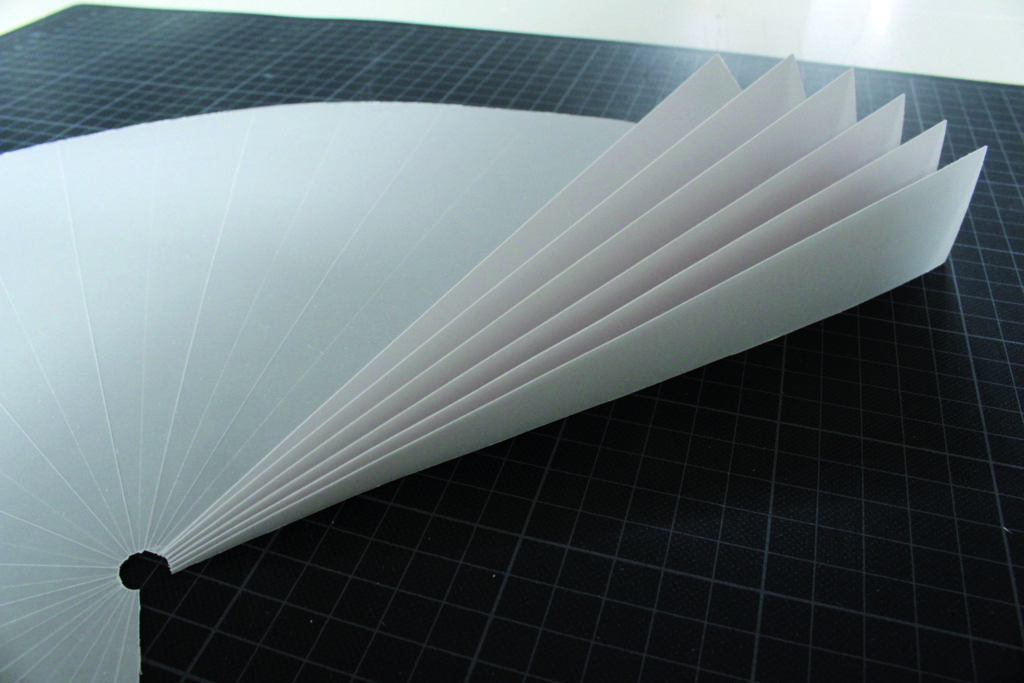
RETHINKING SINGLE USE SHIPPING BOXES
THE BOX LOOP is a deposit system and looped closure mechanism for reusable shipping boxes, reducing Amazon’s yearly use of 3 billion boxes by 5%. It generates public waste awareness, a positive brand image, and initiates a sustainable shipping system for Amazon.com.
Power House Project
Bubby Vernon, 6. sem. exchange student Pratt Institut SoSe 2018
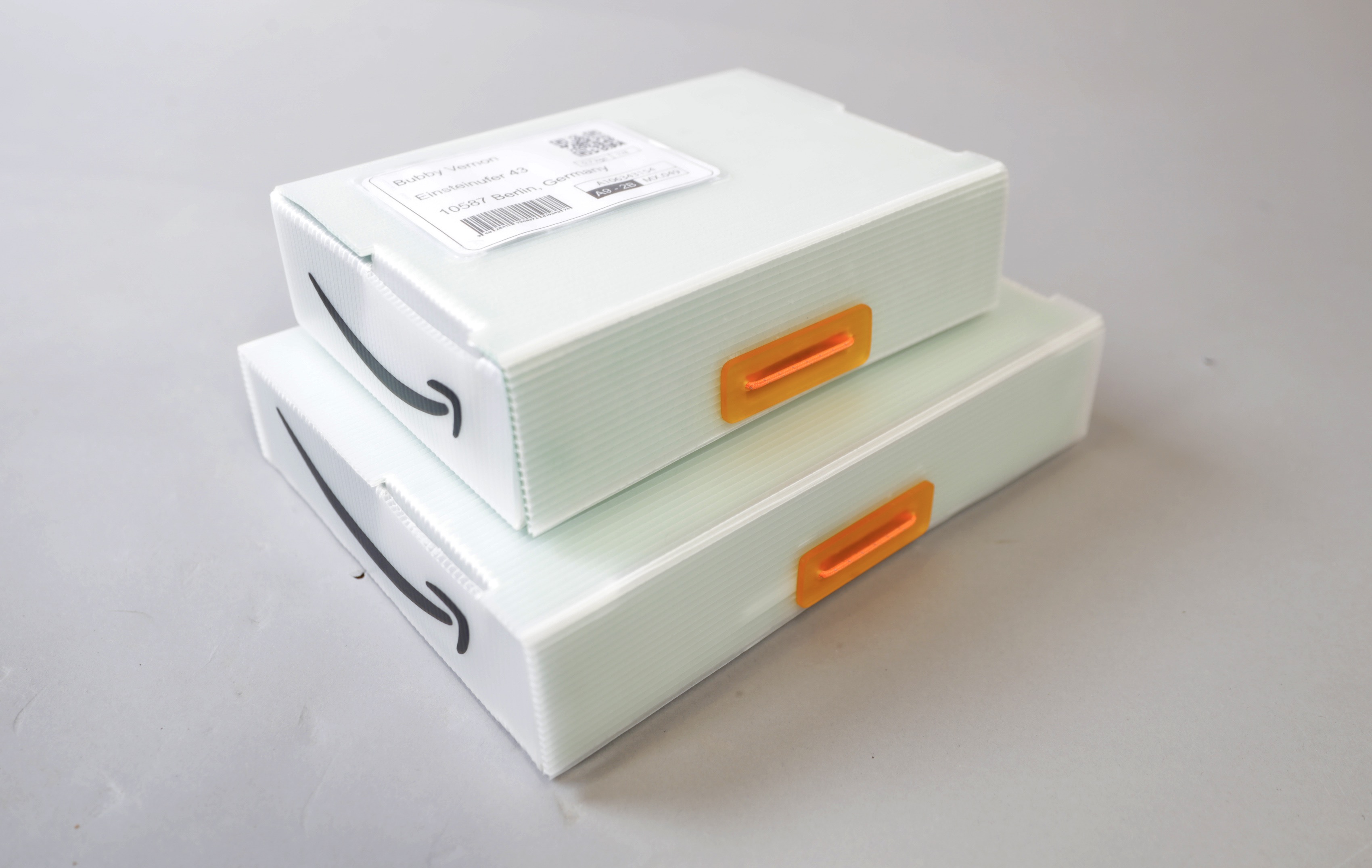
A SEAT FOR EVERY AGE FROM COMPOSTABLE CONCRETE
PULPY, is made from papercrete (50% wastepaper, 50% cement), a lightweight alternative to concrete, water/fire resistant, partly biodegradable and recycable. With four different heights to sit on (20, 30, 45 and 50cm) it can grow with the user, from young to old.
Power House Project
Tillman Vonhöf, 6.sem SS 2018



process:



A SELF- SUFFICIENT, ENVIRONMENTALLY FRIENDLY AND FULLY RECYCLEBLE LUMINAIRE
Resource shortages and hazardous components turn conventional batteries into small environmental disasters. The SALT light avoids rare-earth-metals and harmful acids. It uses magnesium, copper and salt-water to generate the electricity that it needs.
Power House Project
Bastian Thürich, 6.sem SS 2018
SALT has been selected for IMM Pure Talents Contest 2019, see more
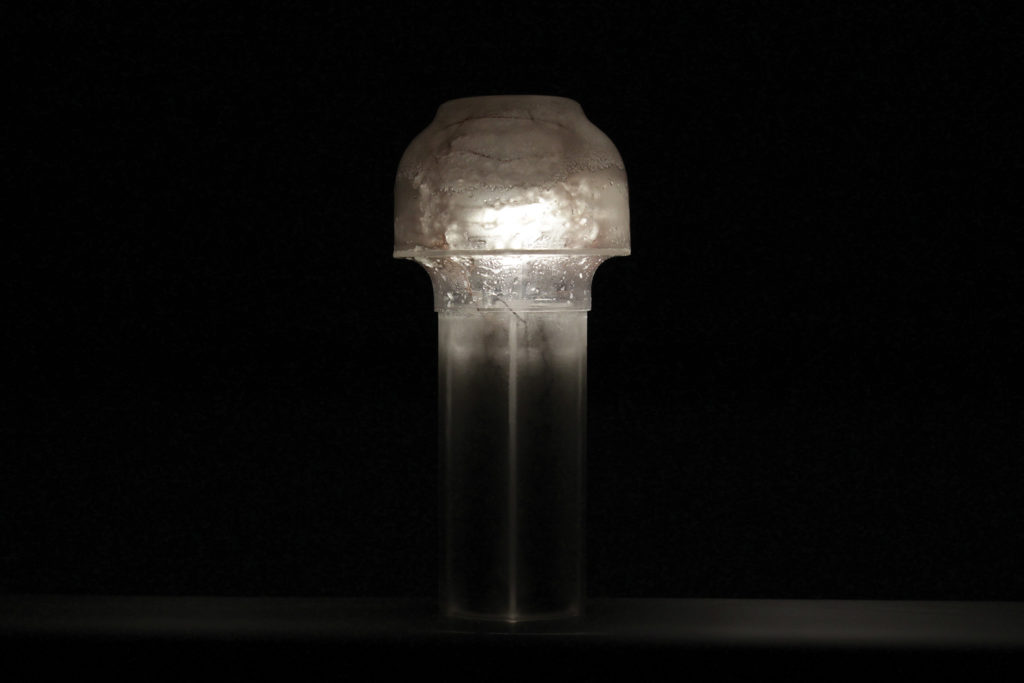
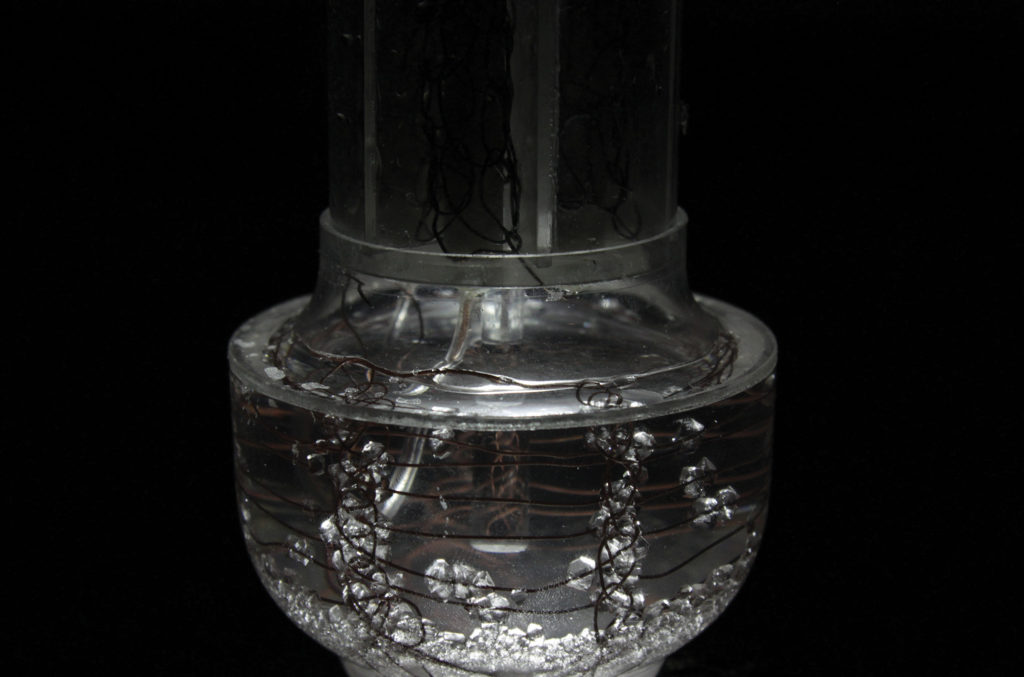
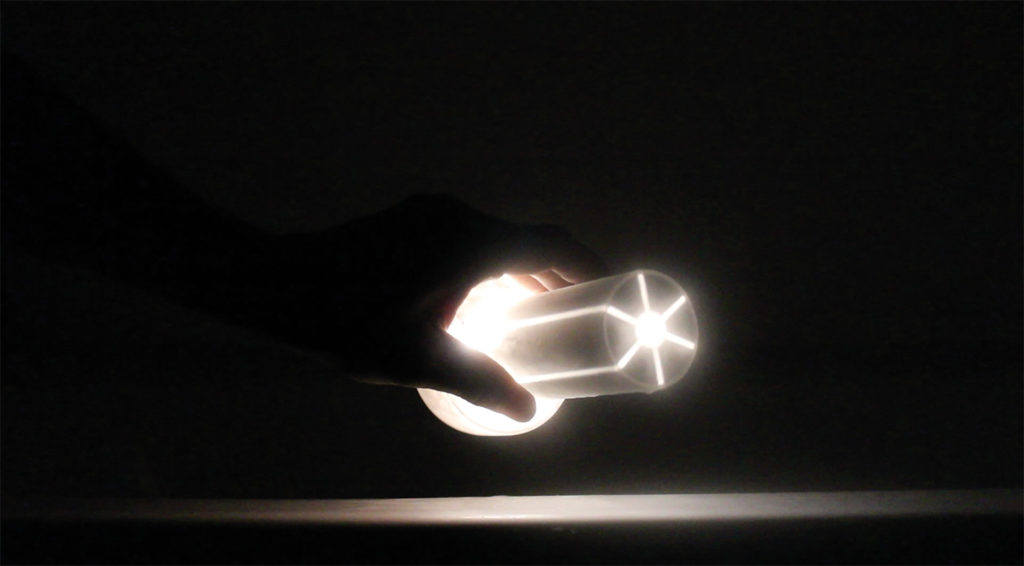
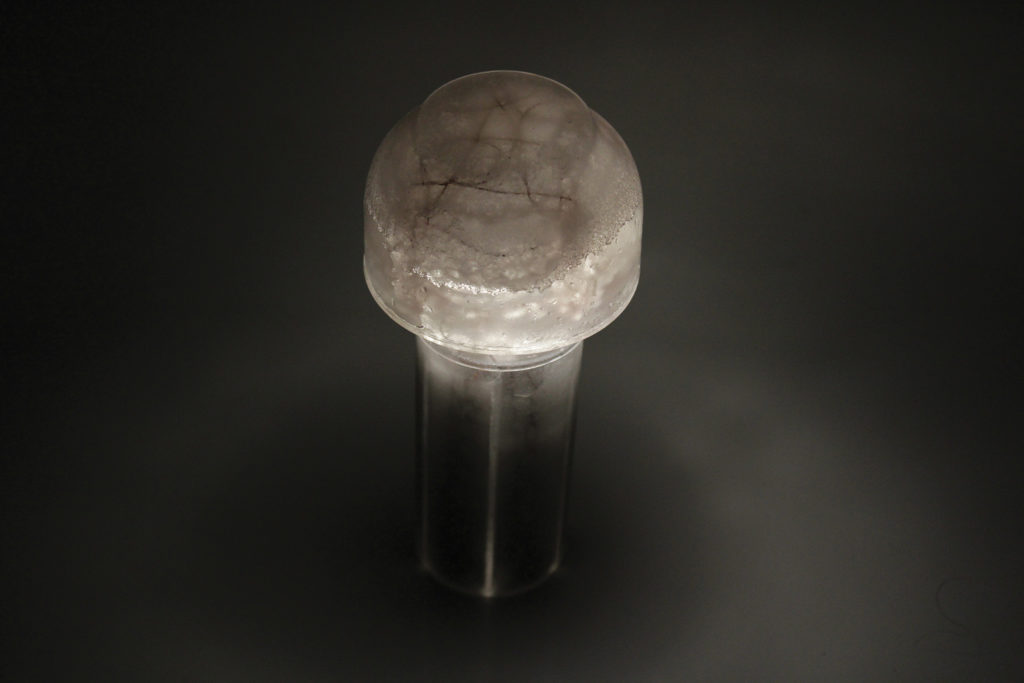
process:


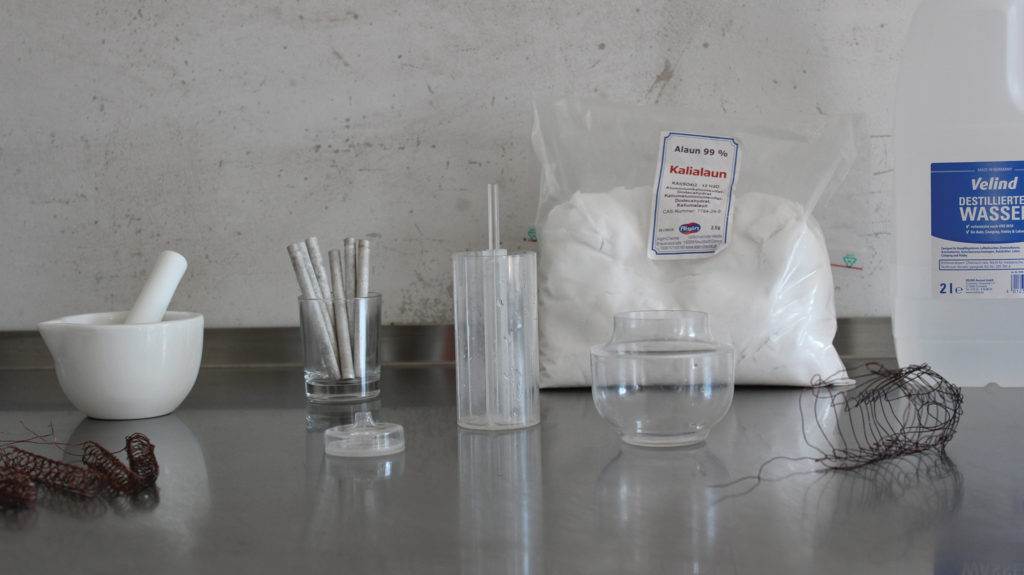
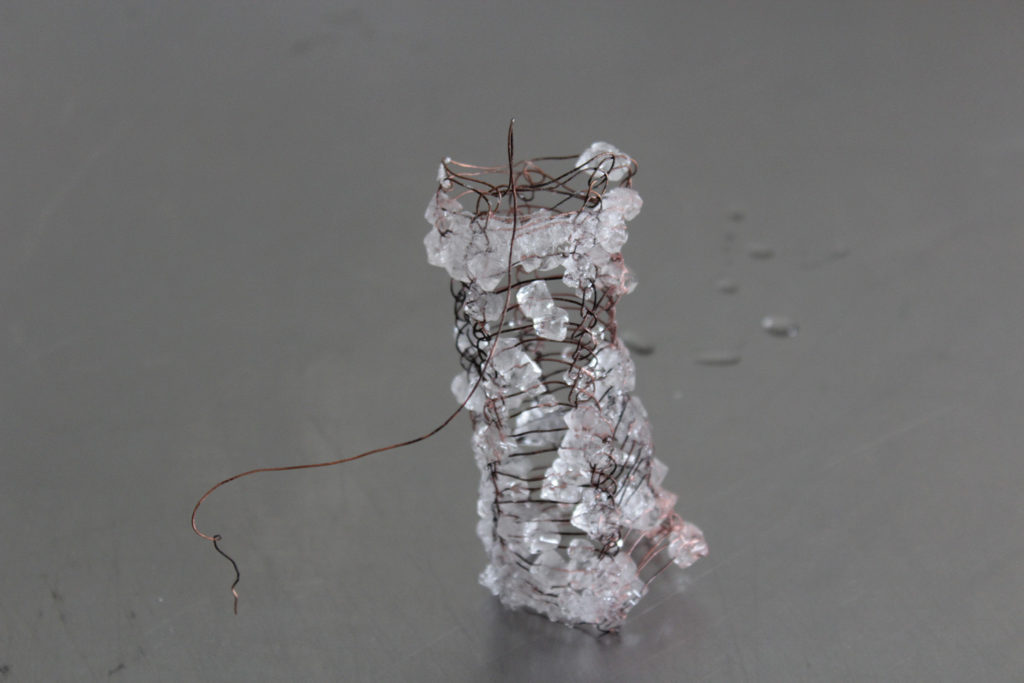
KITCHEN HELPERS THAT TURN FAT INTO SOAP
Roasting, baking or frying – for cooking we always need fat. But what to do with the used fat afterwards? The COLLECTIVE COUPLE recycles used fat into pure soap. Making your soap at home saves water, energy and money, and will keep your dishes perfectly clean.
Power House Project
Sophie Stanitzek, 8.sem SS 2018
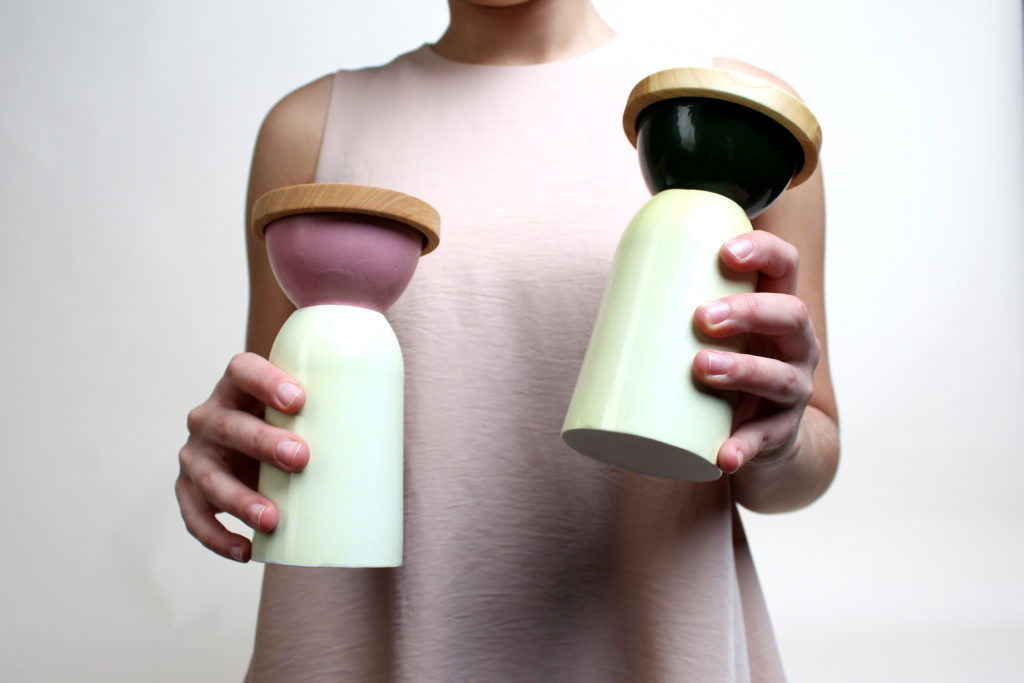
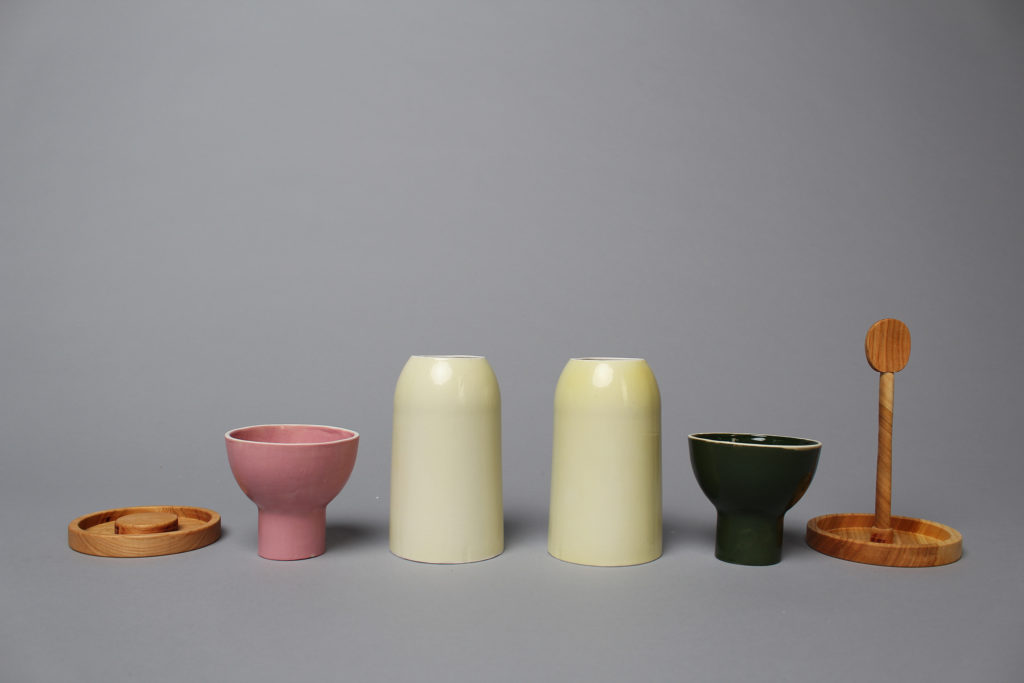
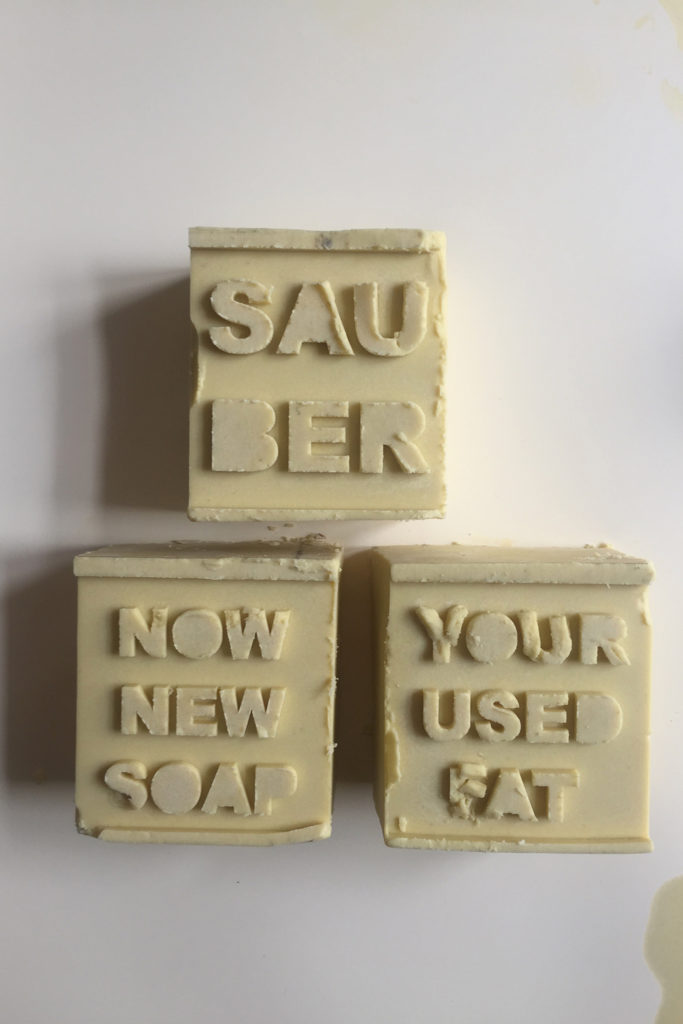
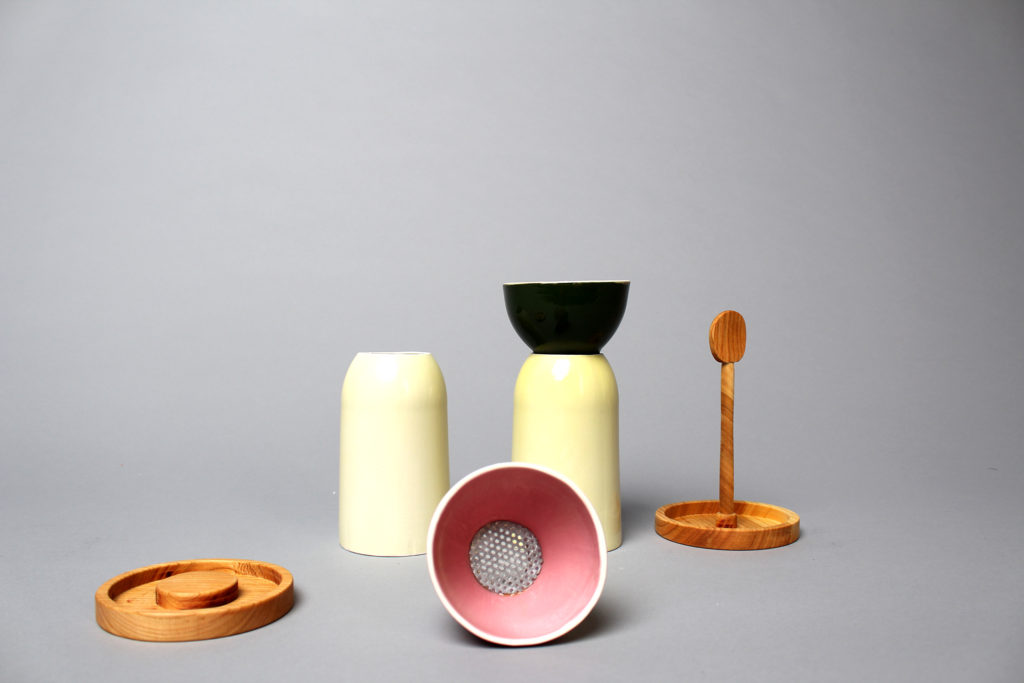
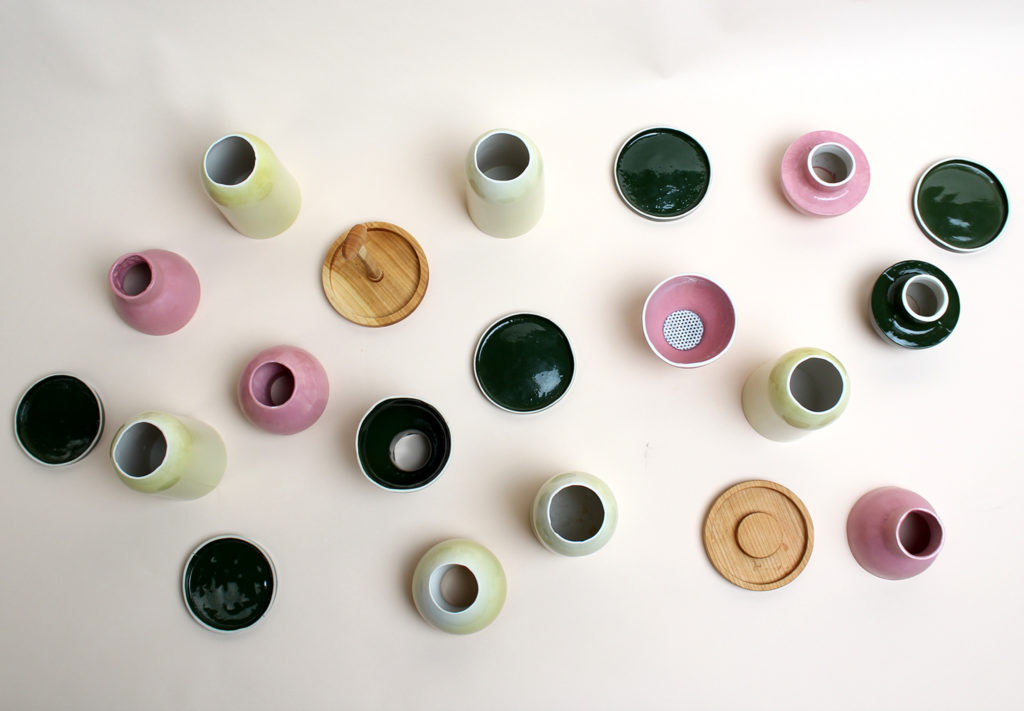
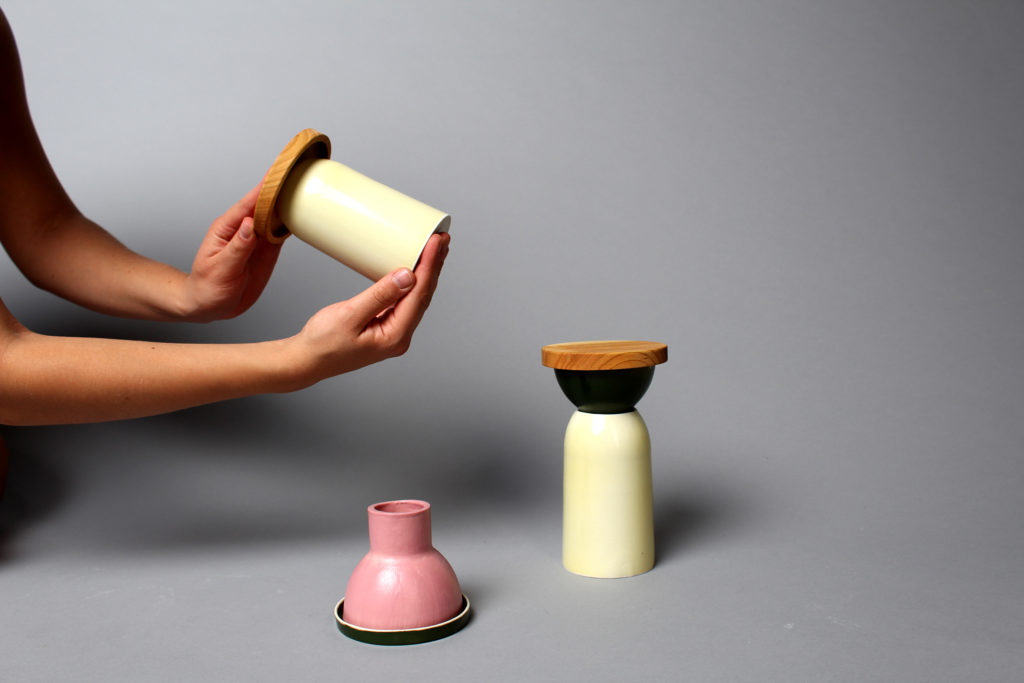
process:
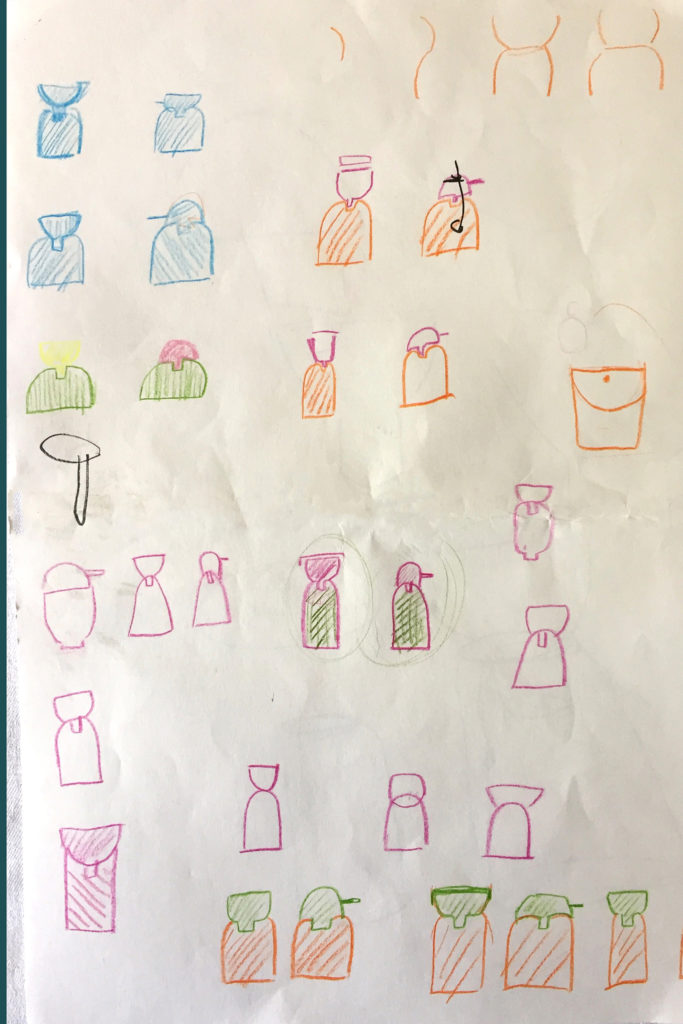
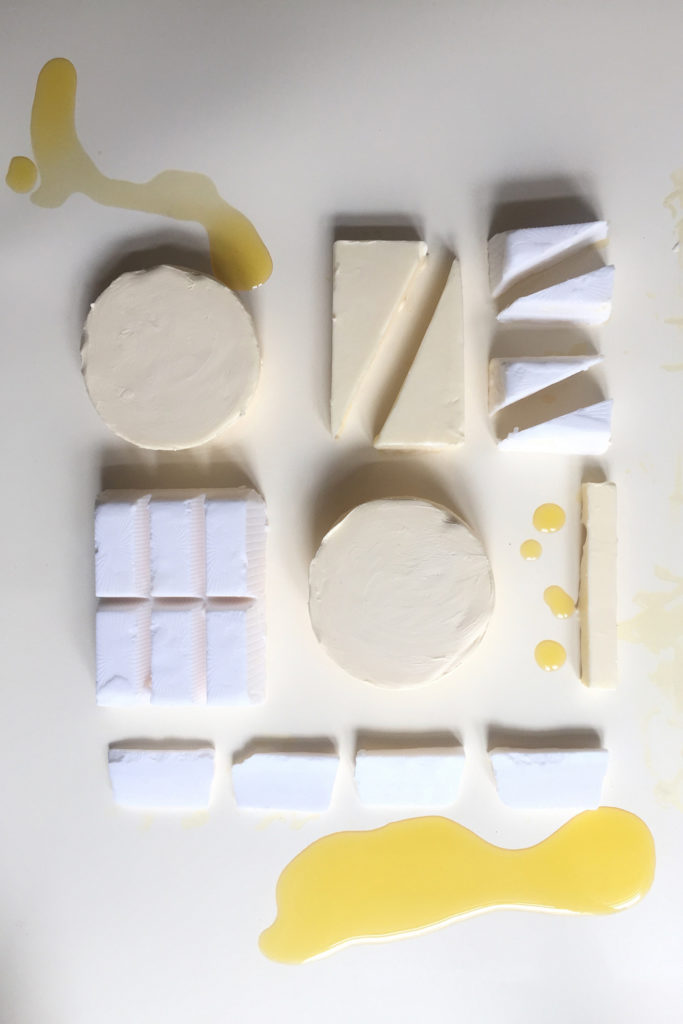
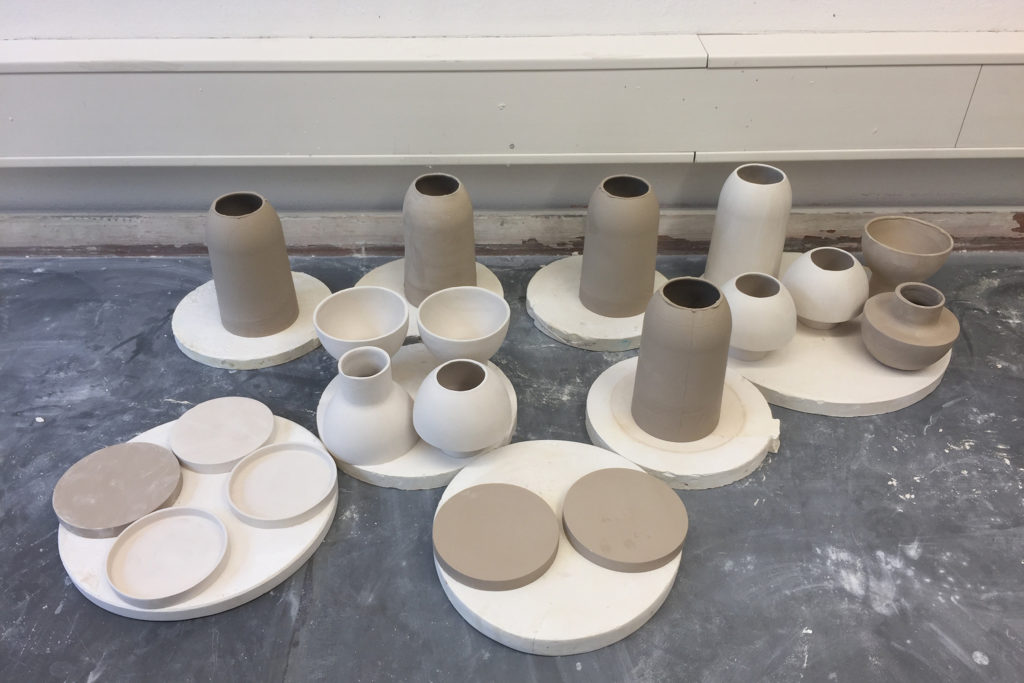
A SCALE THAT SHOWS THE TRUE WEIGHT OF YOUR EVERYDAY GROCERY
Knowing details about the production of food influences our buying behavior. The water used for it is an underestimated factor and understanding and changing how we consume it is essential for a sustainable society. As interface between data and customer this scale presents waterfacts in a familiar environment.
Power House Project
Louis Bindernagel, 6.sem SS 2018
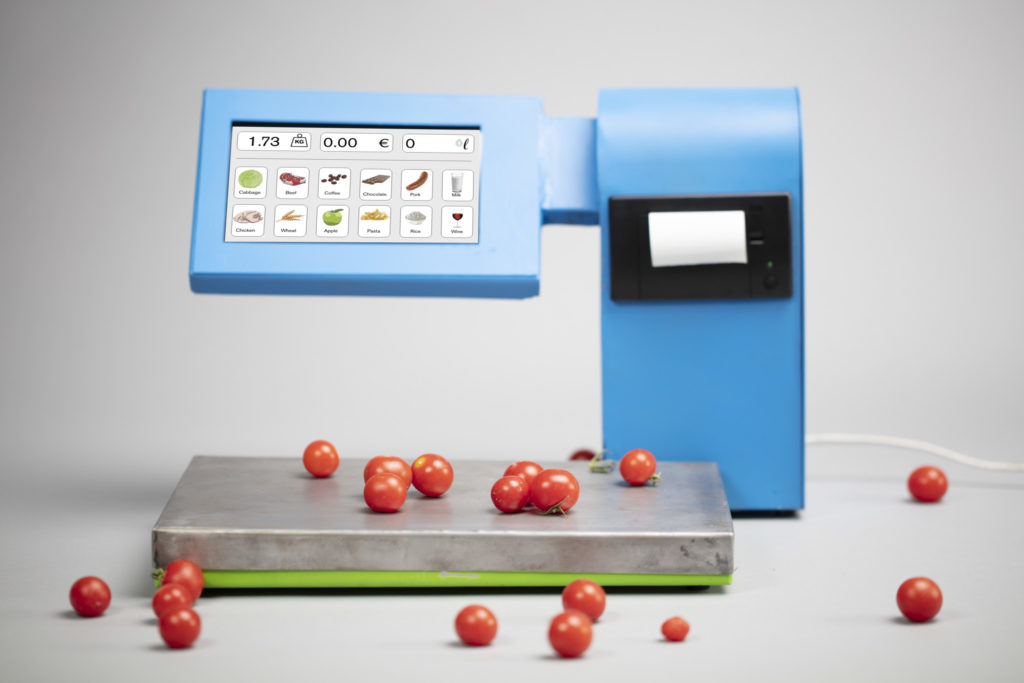
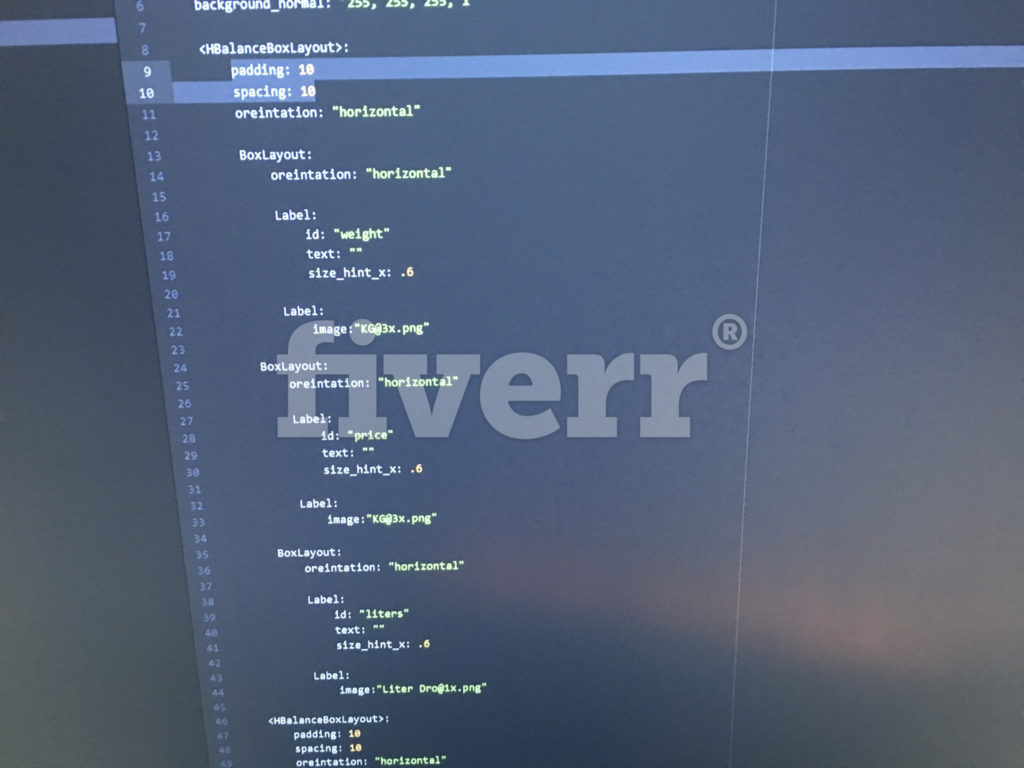
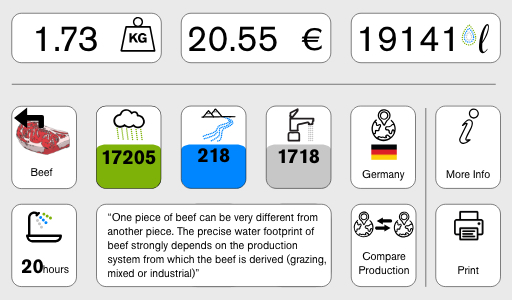
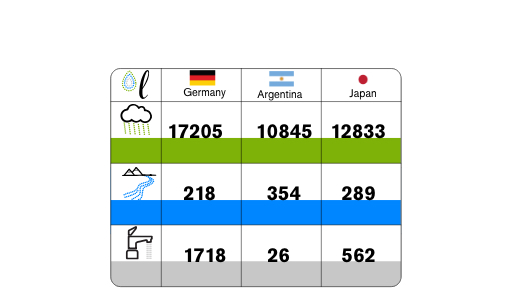
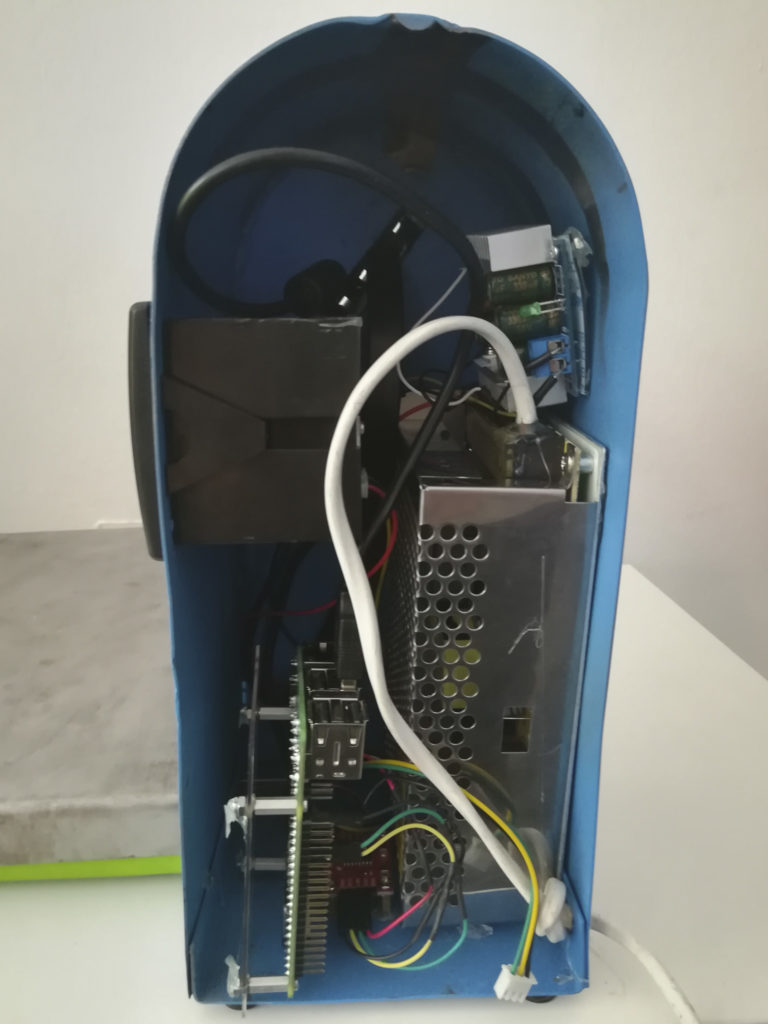
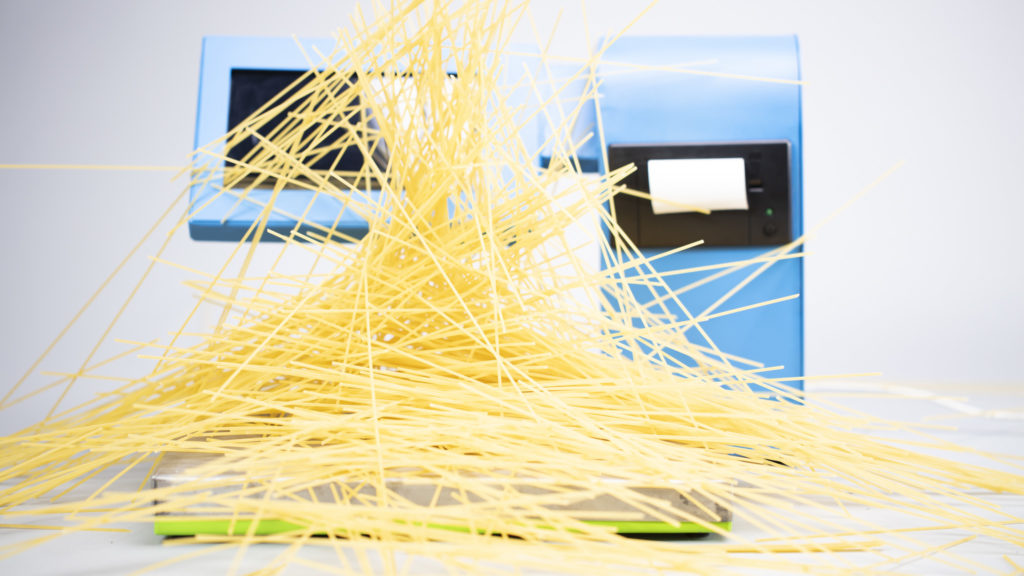
A POT TO HEAT UP FOOD WITHOUT BURNING
Potpot basically has two glass pots in one to heat up for example milk, chocolate, honey or butter without burnig the substance. Made of borosilcate glass, its main feature is the double-walled container to boil water which then heats up the substance above.
Celebrating glass / free project with Mathias Hahn
Yannik Rohloff, 6.sem SS 2018
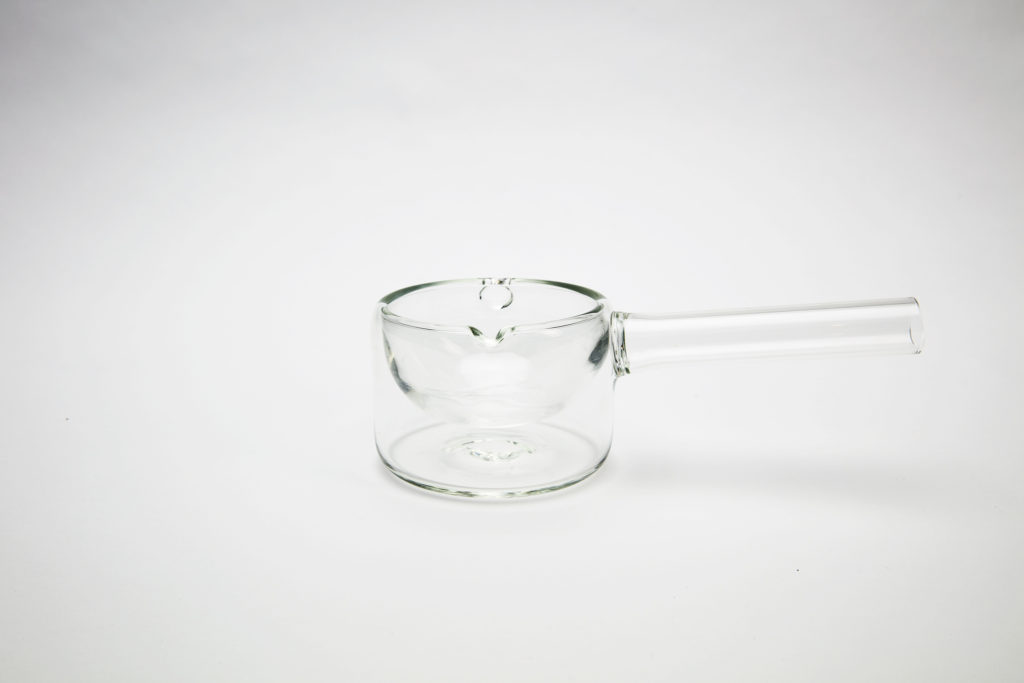
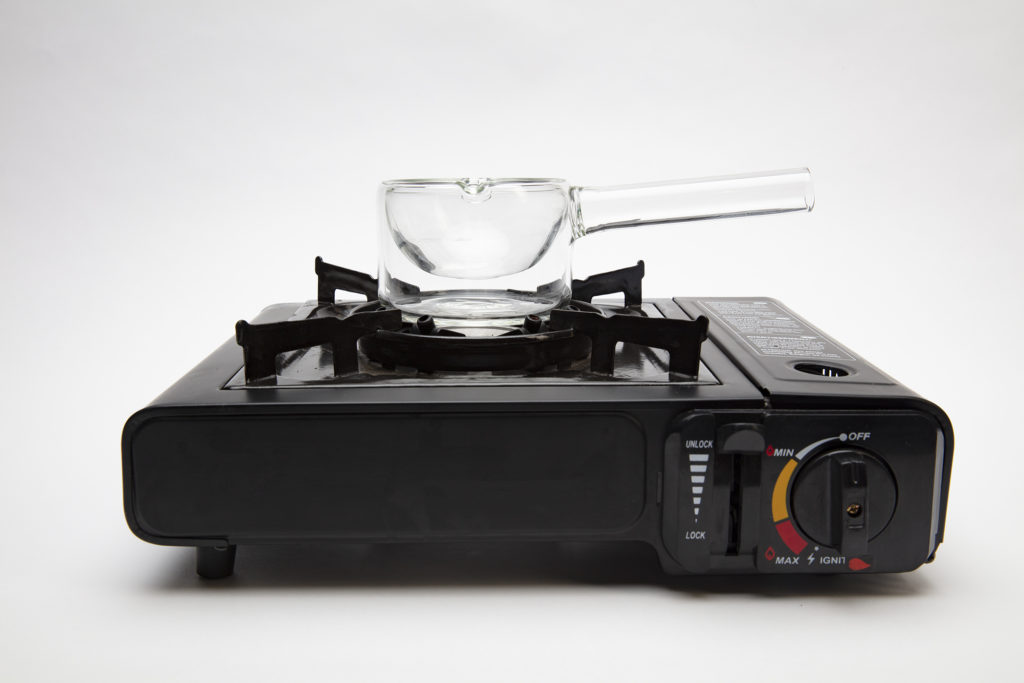
CONNECTING GLASS TO OTHER MATERIALS
The Glass Connection is a series of glass containers for alcoholic drinks. The experiment was to create a connection between glass and copper or basalt fibre to represent the social connection when sharing a drink. The mark or bond stays in the glass like a memory after the drink.
Celebrating glass / Meisenthal project
Yannik Rohloff, 6.sem SS 2018
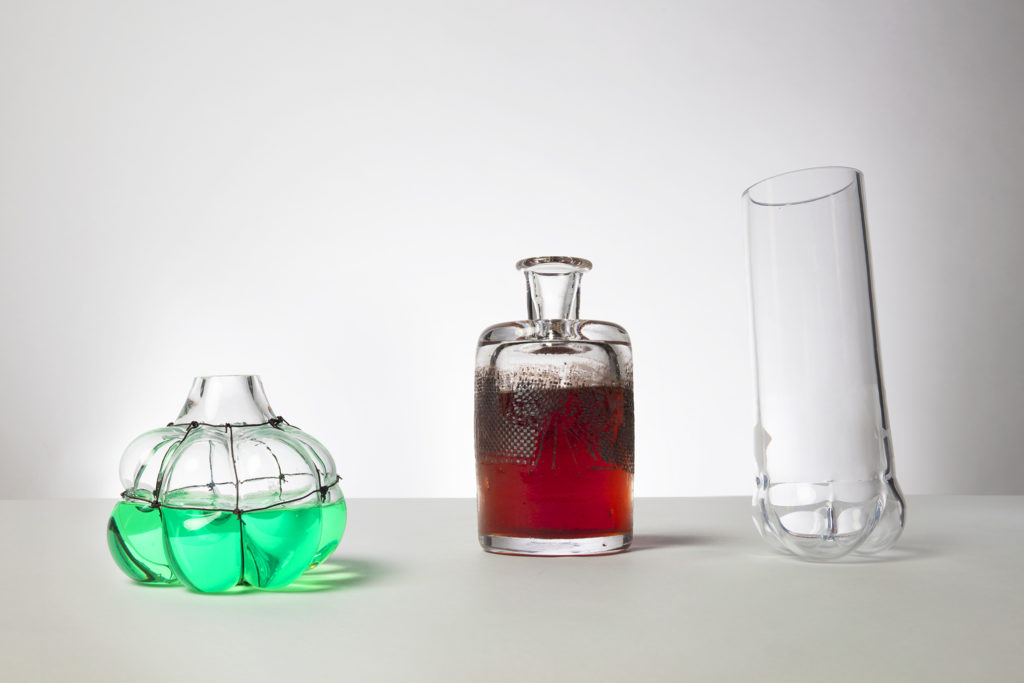
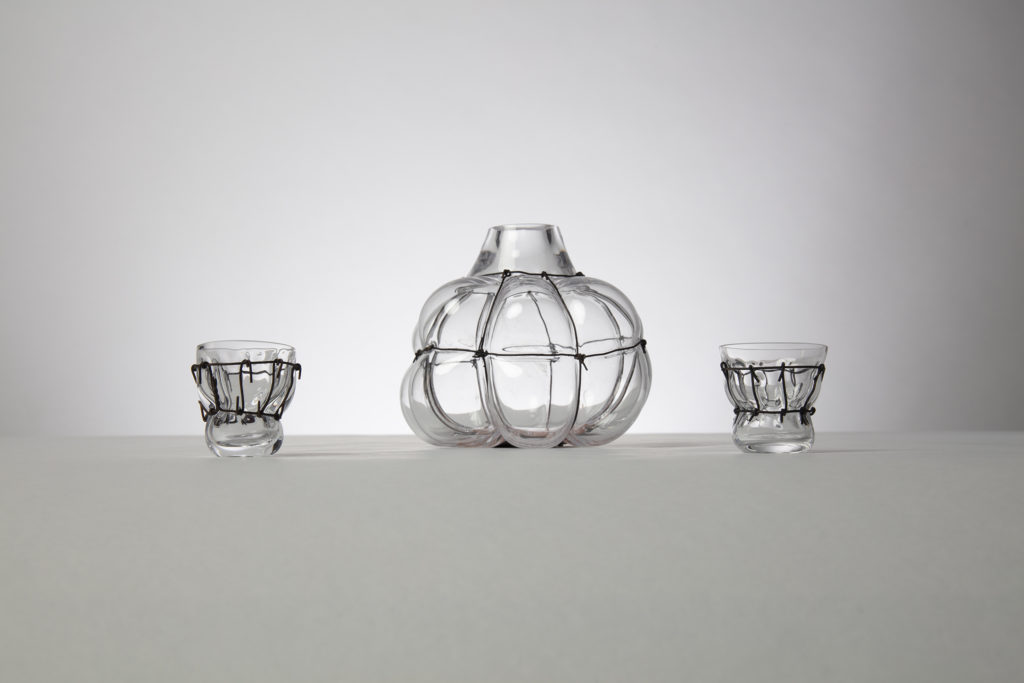
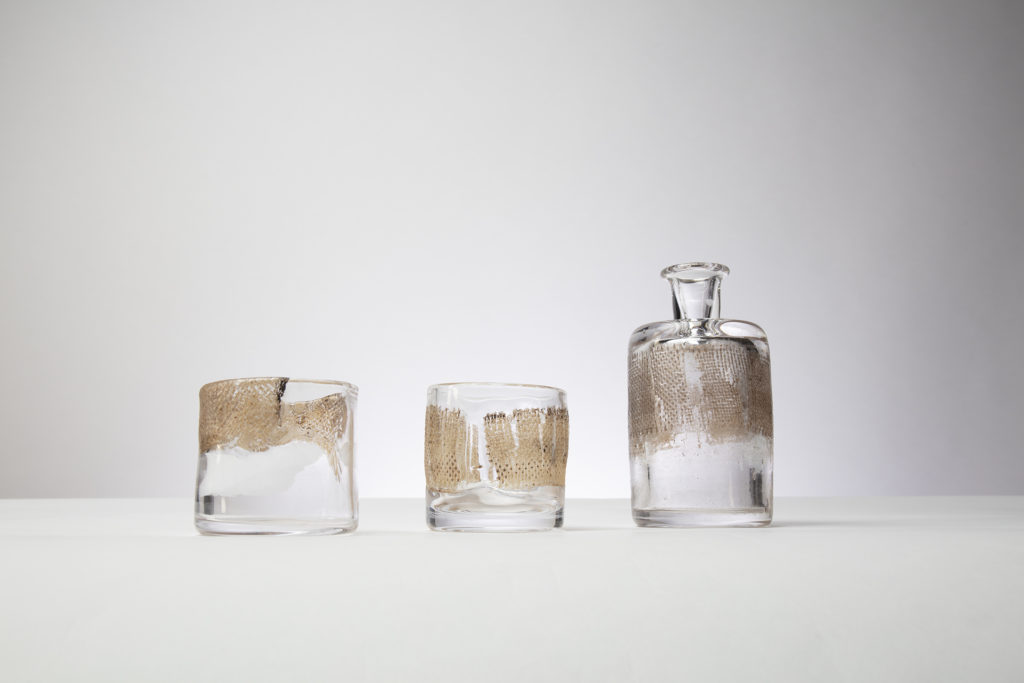
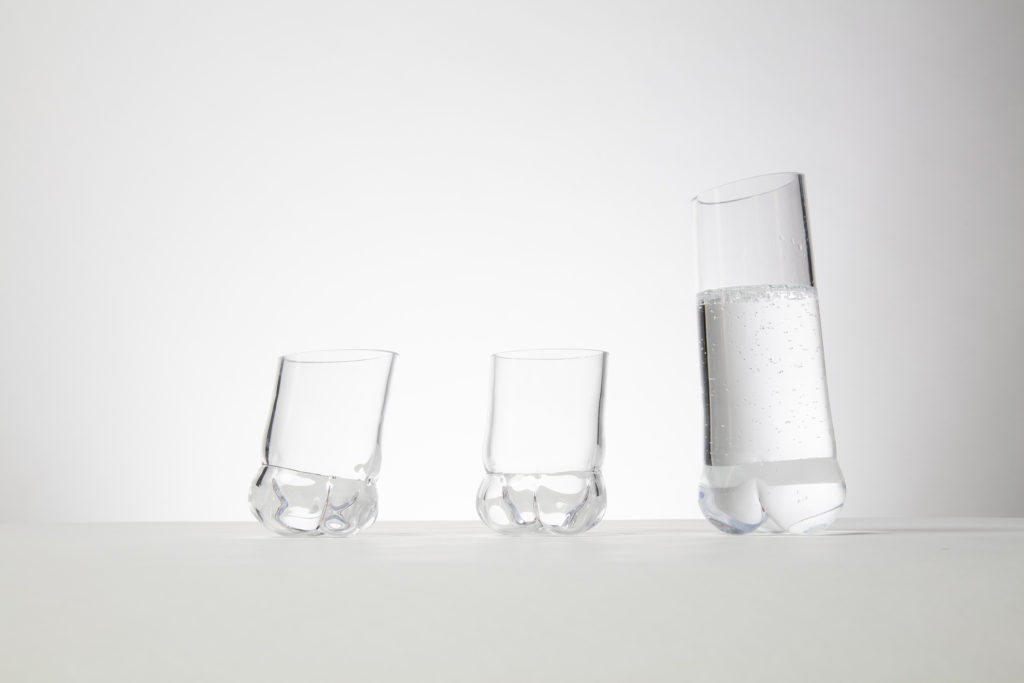
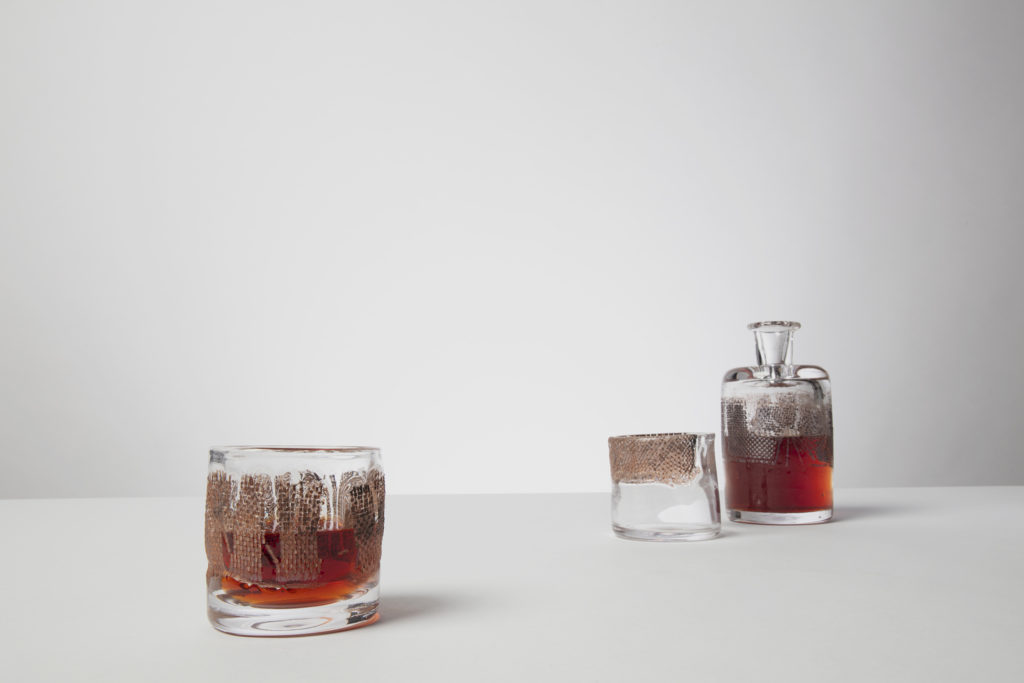
GLASSES WITH AN OPEN END
Inspired by the Karneval in Cologne, Germany. At this carneval most visitors have a glass hanging around their neck like a necklace. KÖLLEFORNIA has two different volumes, it is possible to use them on both ends: one for a beer and the second for a shot of…..
Celebrating glass / free project with Mathias Hahn
Merlin Everding, 4.sem SS 2018
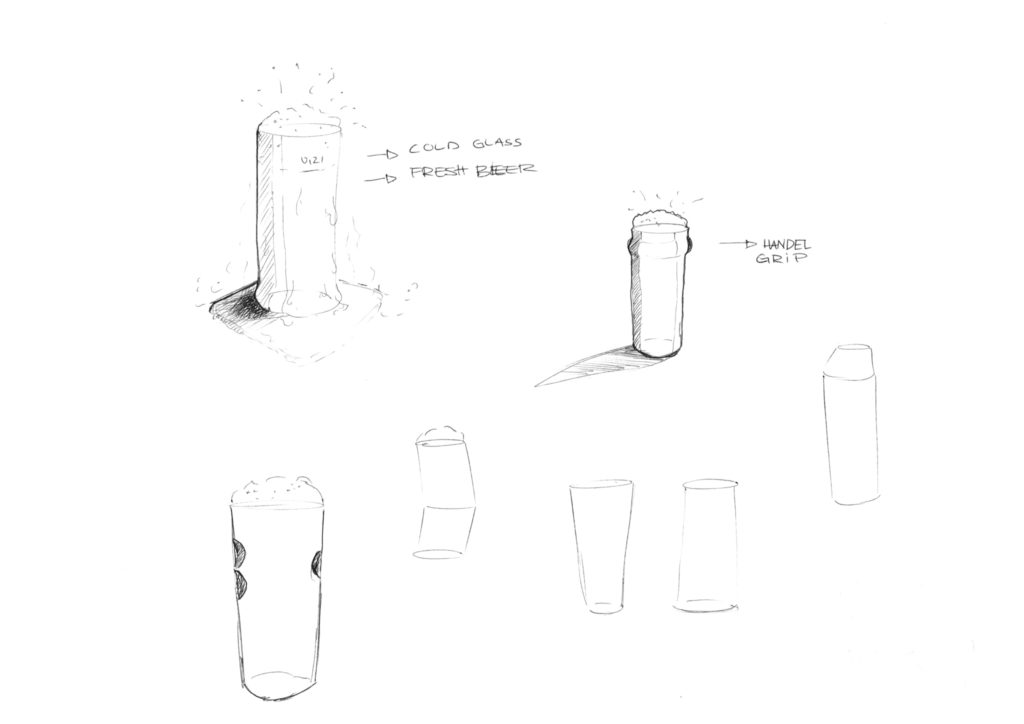

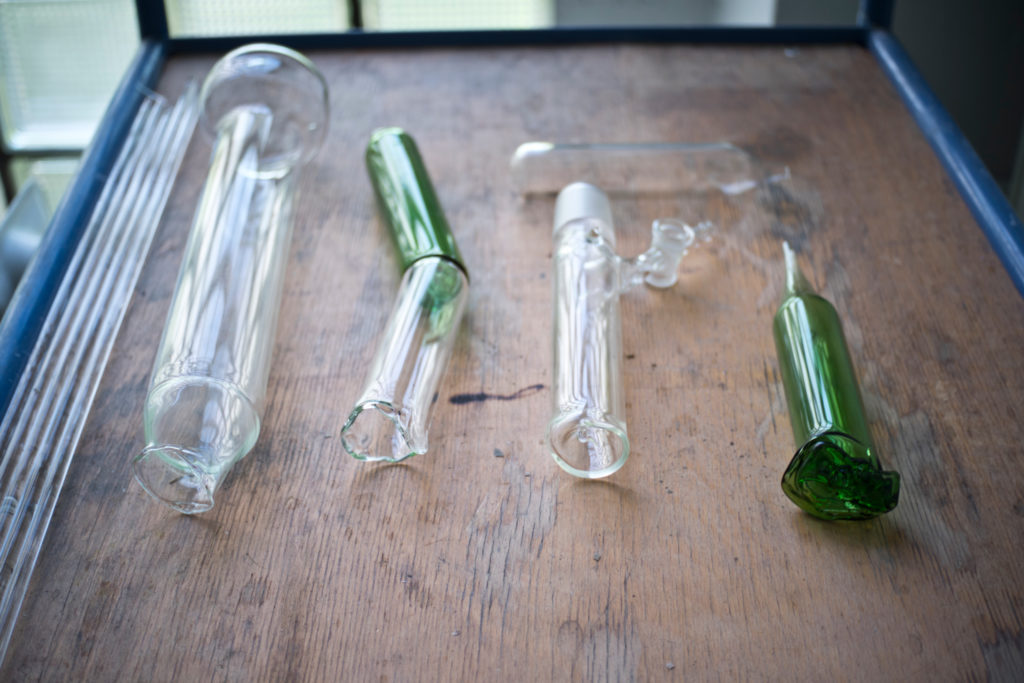
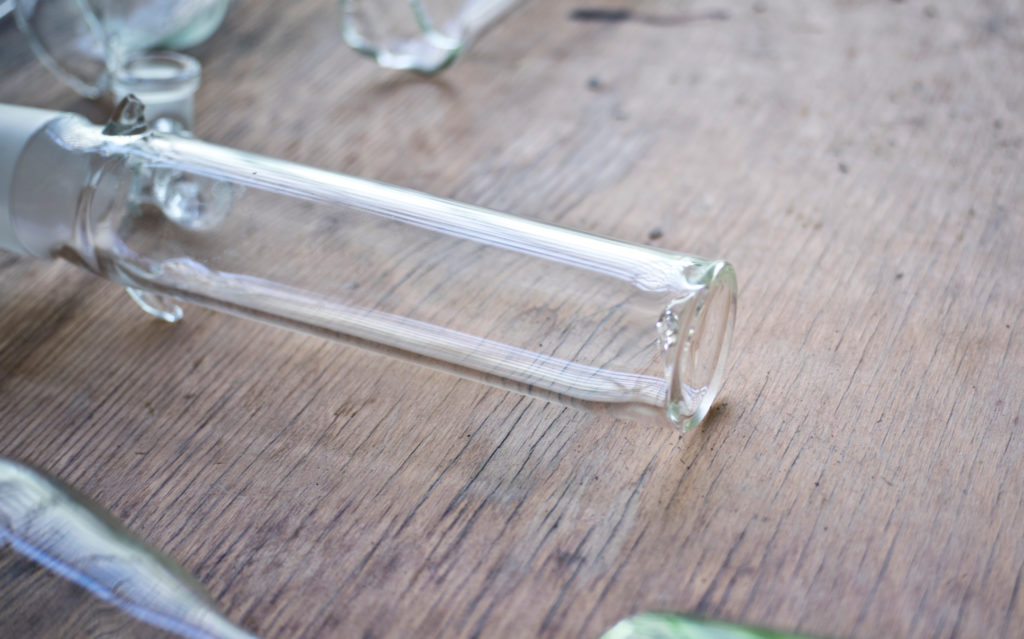
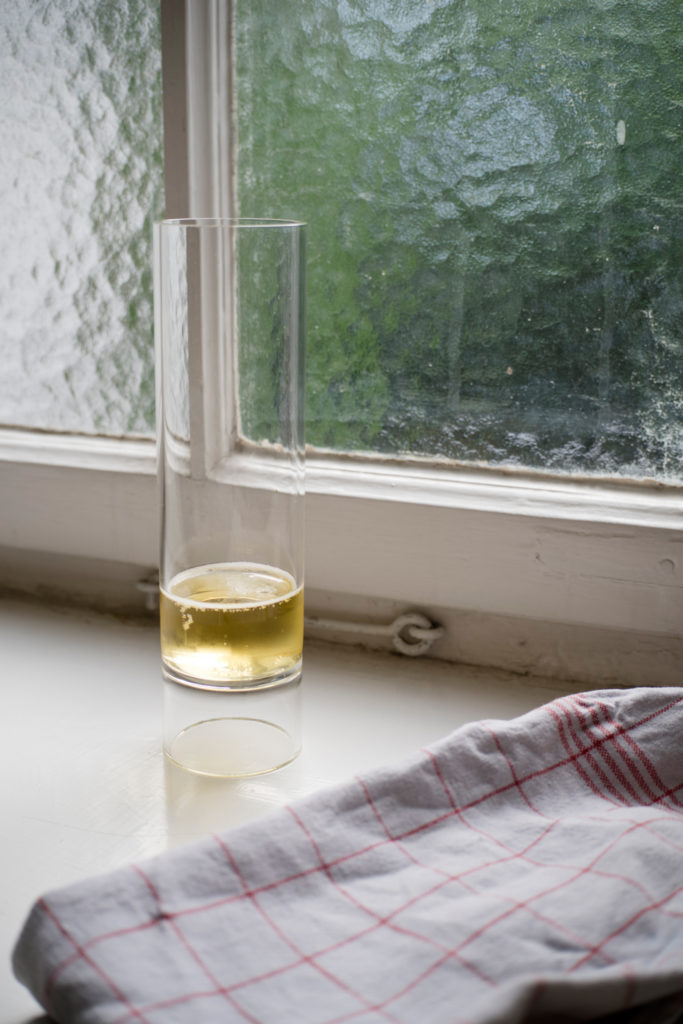
GLASSES FOR OPEN USE
This tableware is a series of glassware inspired by the sugarcane plant. Two distinct volumes at each side allow use in various ways; whether as mojito in a highball glass or a shot of tequila, the design of UPSIDE DOWN always offers the user something special.
MOULD & CUT
ARISE Is about the different typs of glasses that arise all from one mould. All four of them have a different cut, to communicate four different functions and interactions between the user and the object. To communicate this only two tools were used: the moulding and the cutting.
Celebrating glass / Meisenthal project
Merlin Everding, 4.sem SS 2018
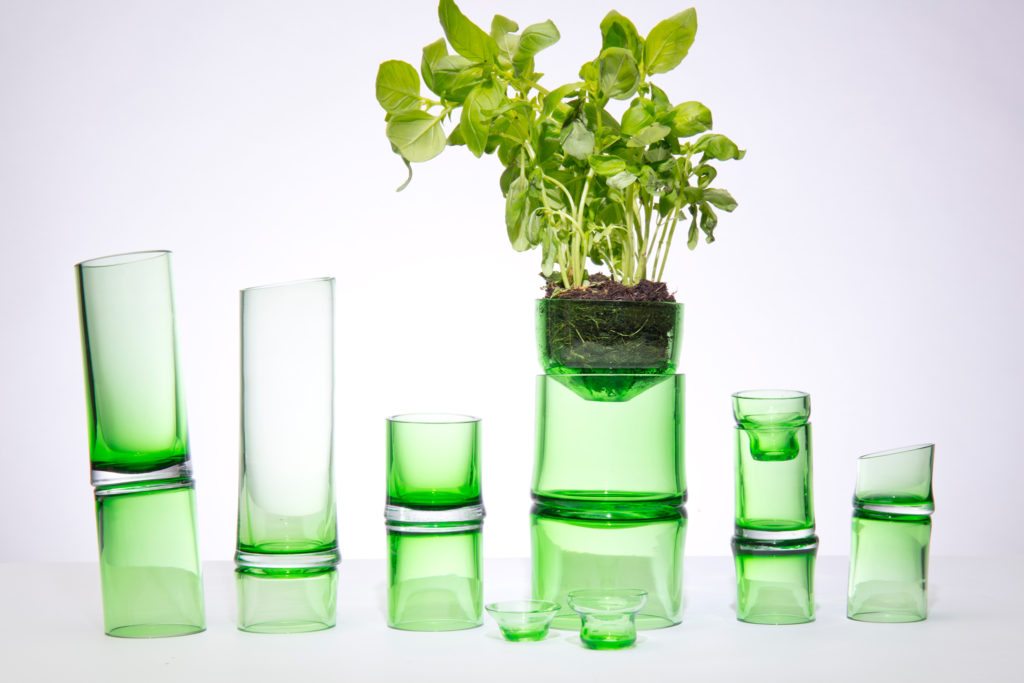
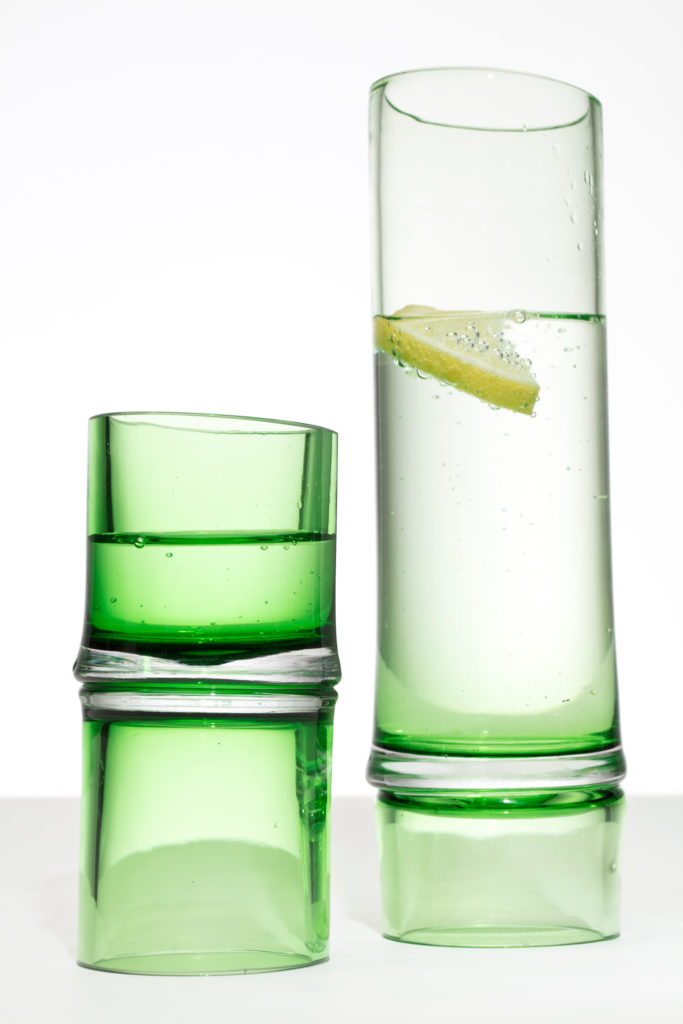
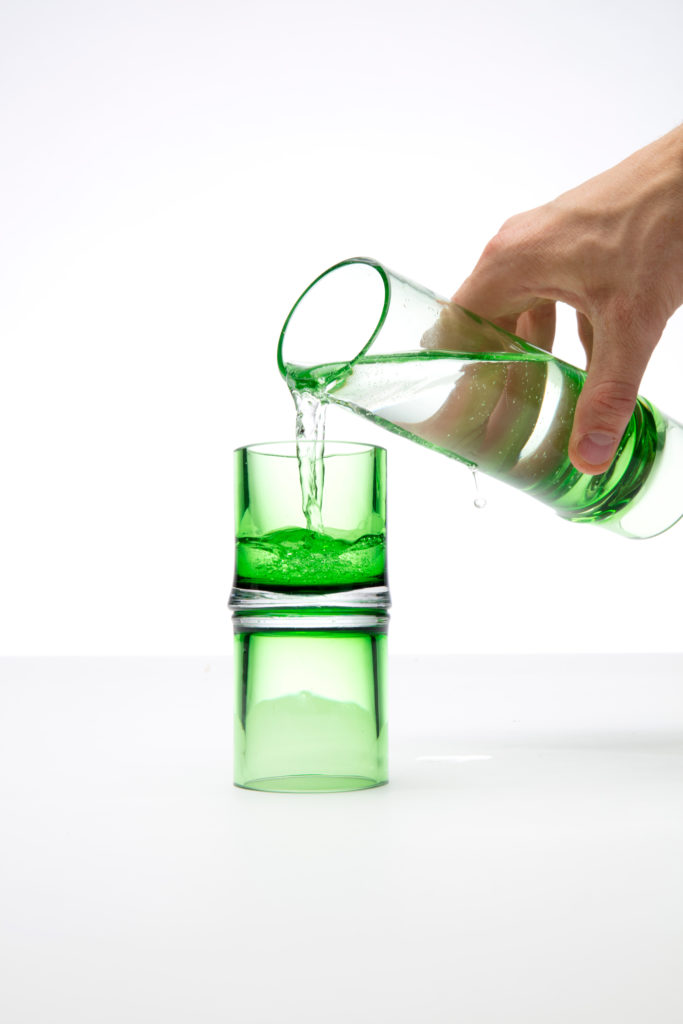

process:

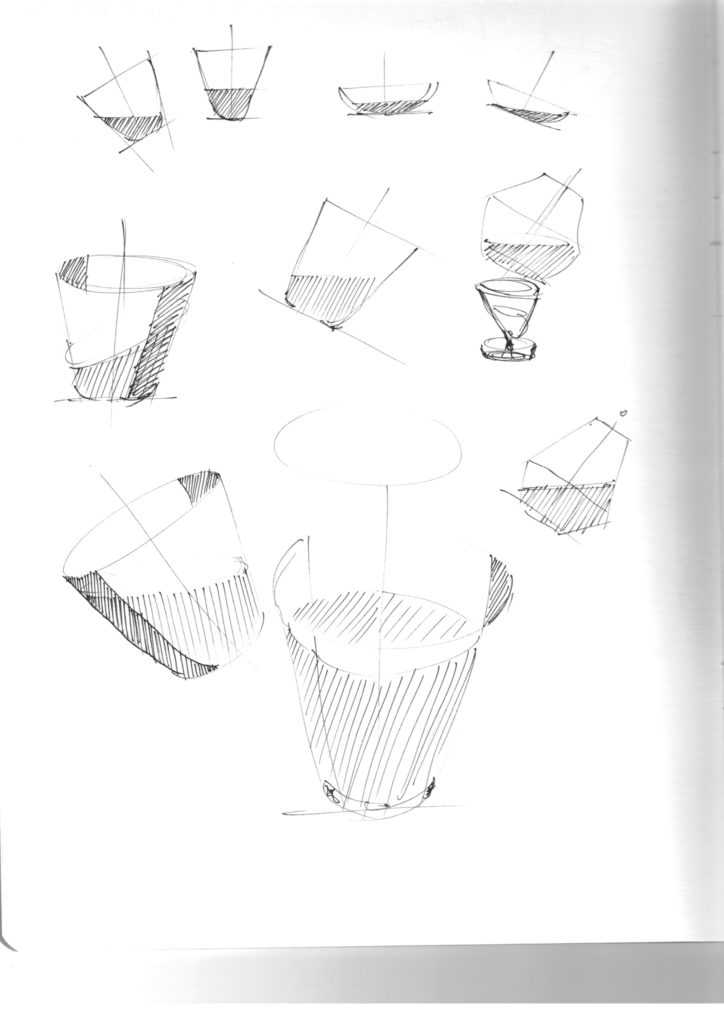
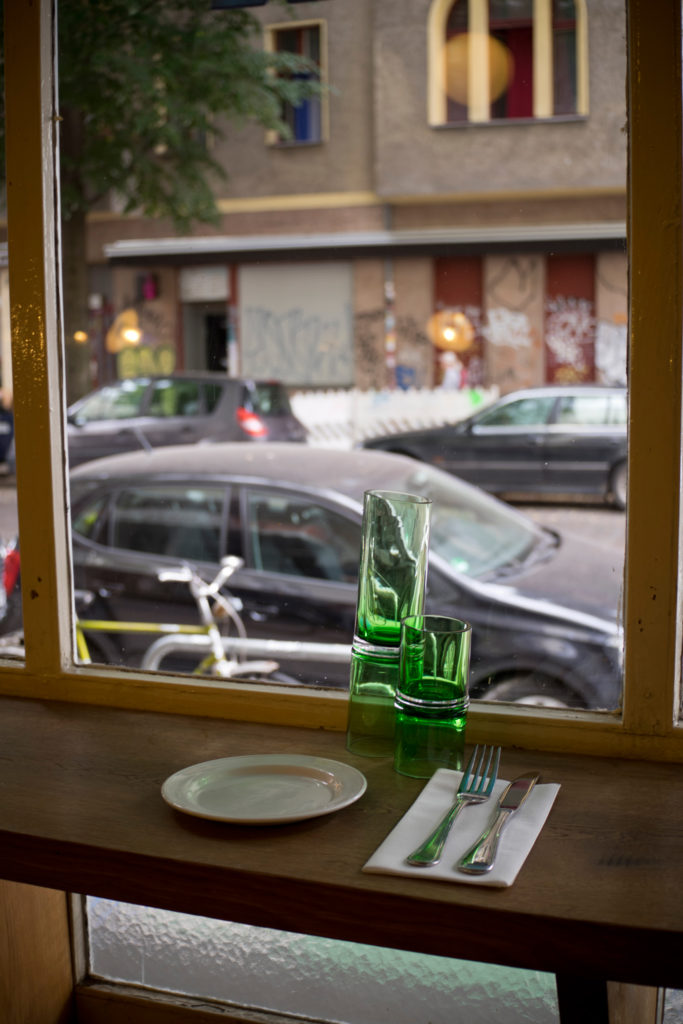
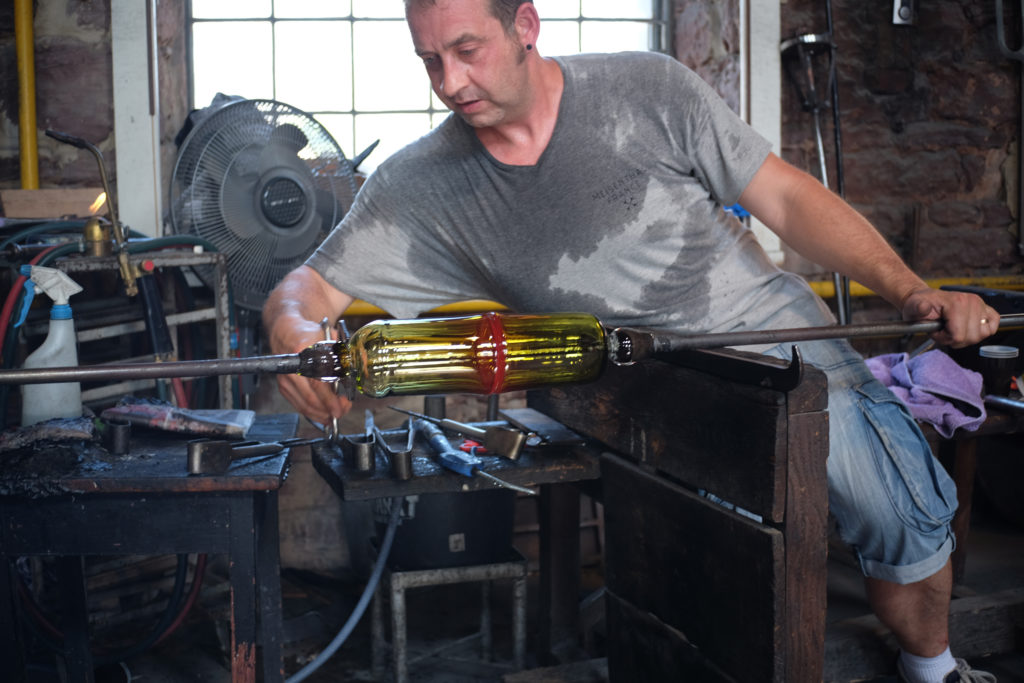
LIGHTS THAT SHOW GLASS IN MOVEMENT
In the process of making, glass glows and radiates heat. At the same time it has a waterlike quality and needs to be kept from flowing away. STREAM tries to catch the transient moment of liquid glass in movement until it freezes into its final form.
Celebrating glass / Meisenthal project
Martin Fenske, 6.sem SS 2018
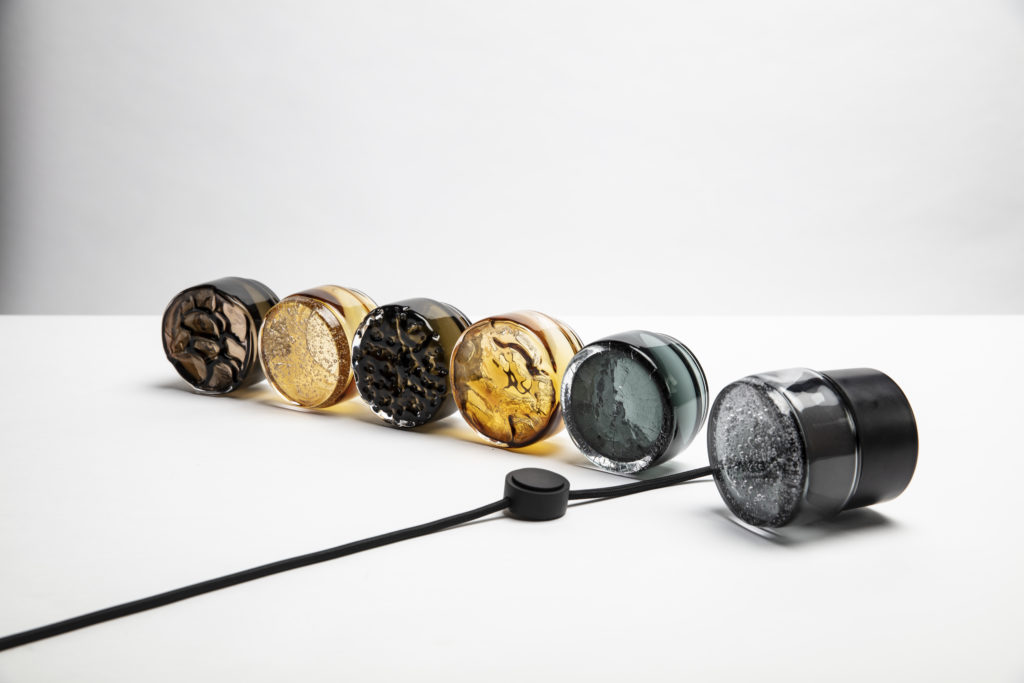
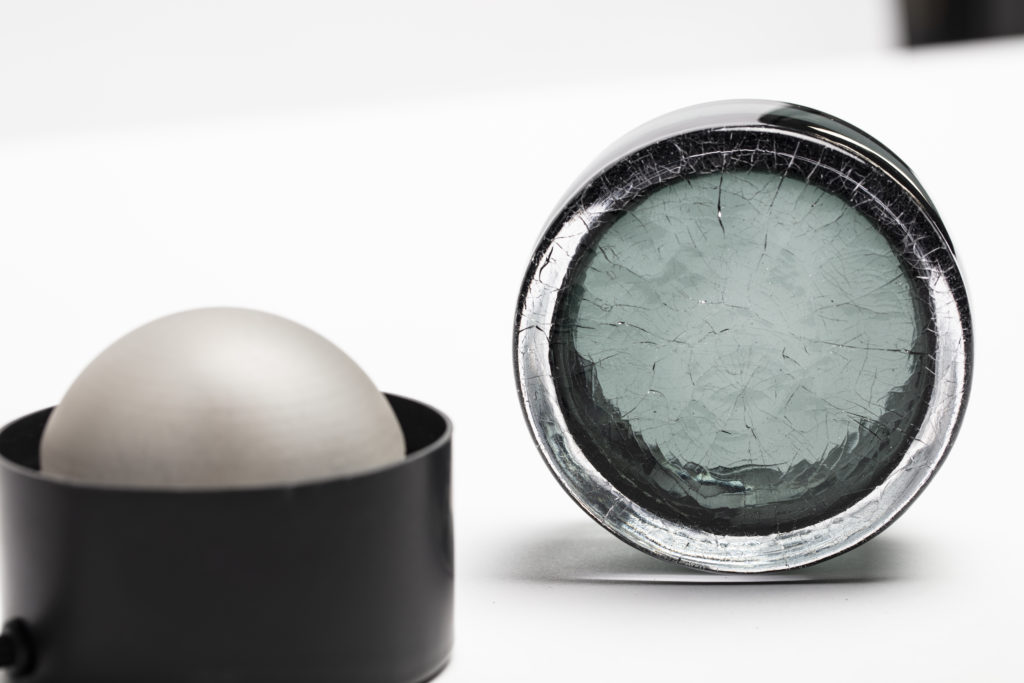
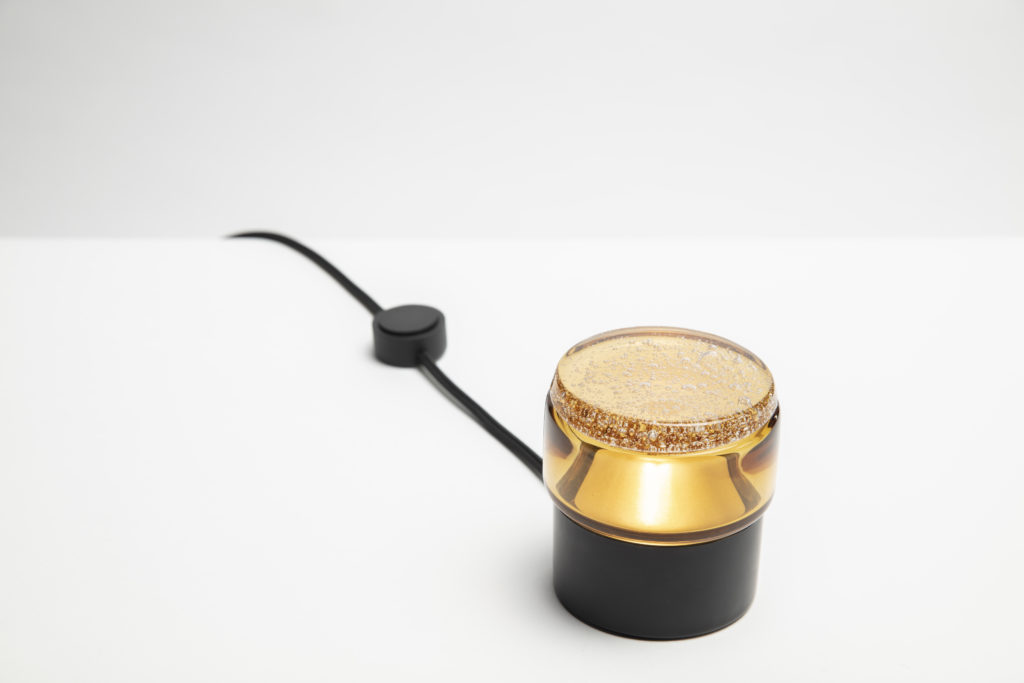

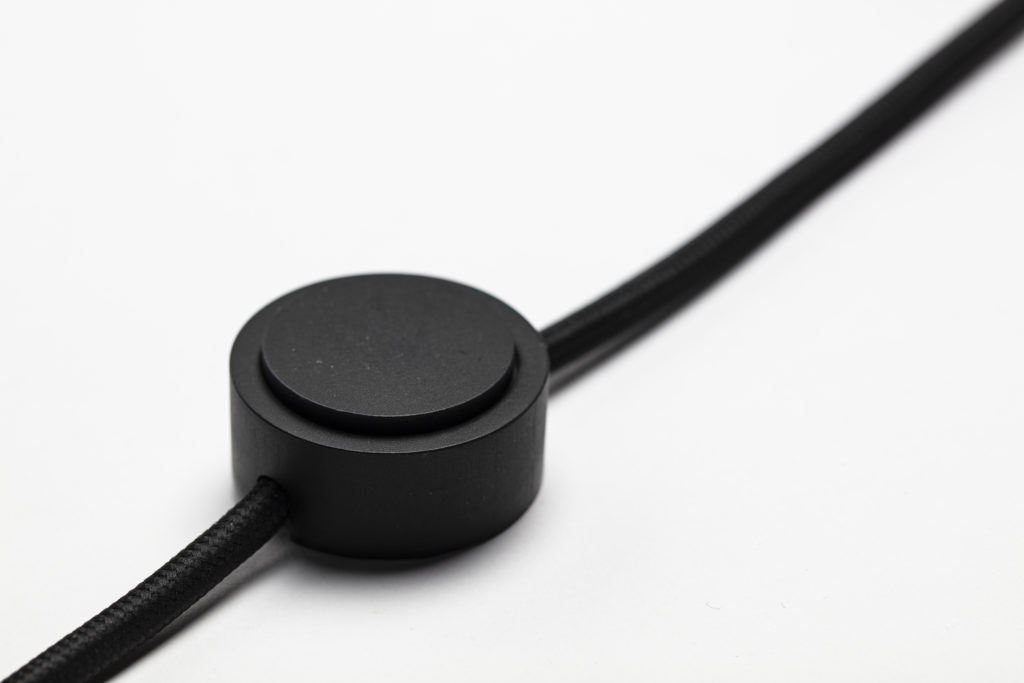
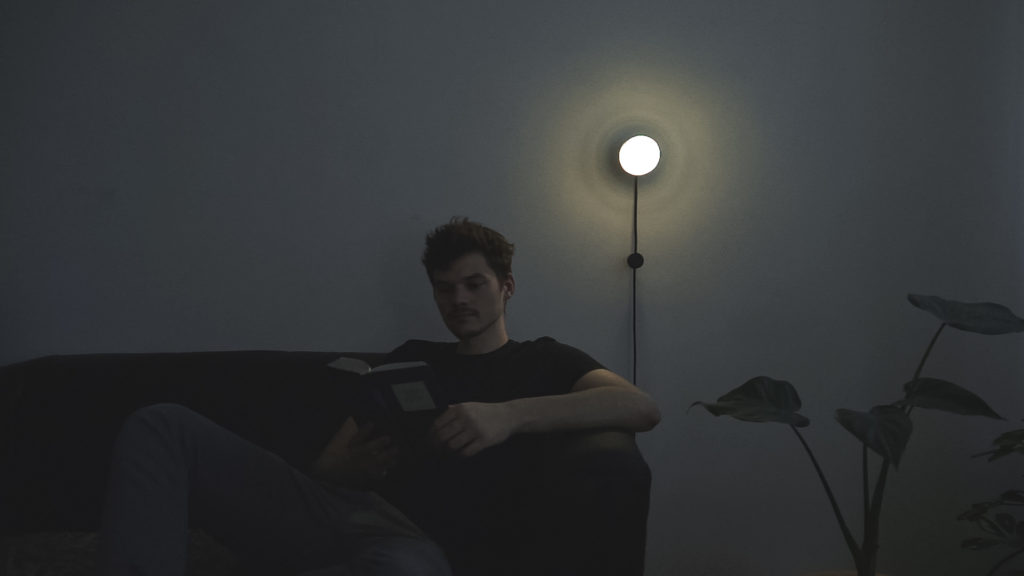
process:
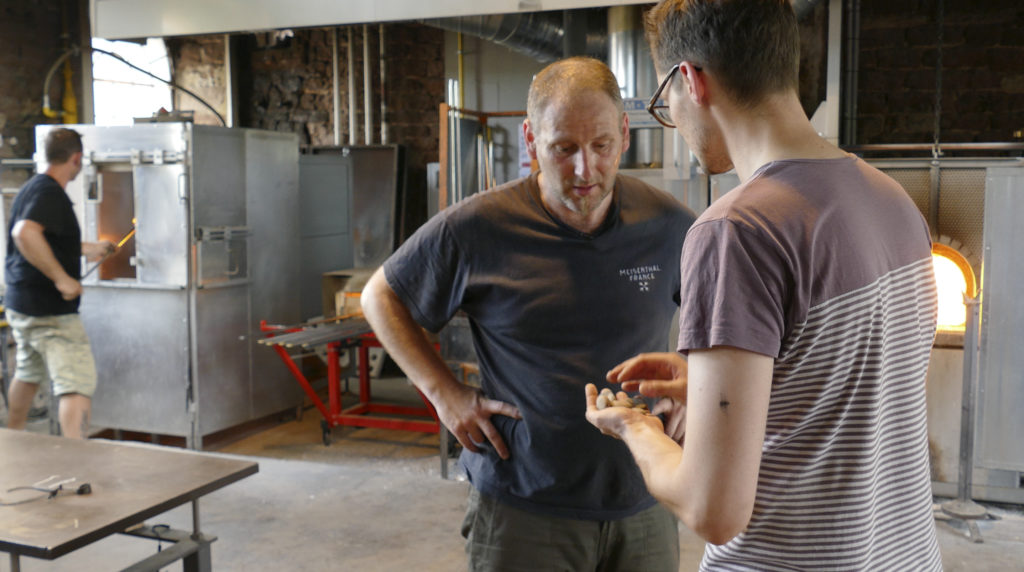
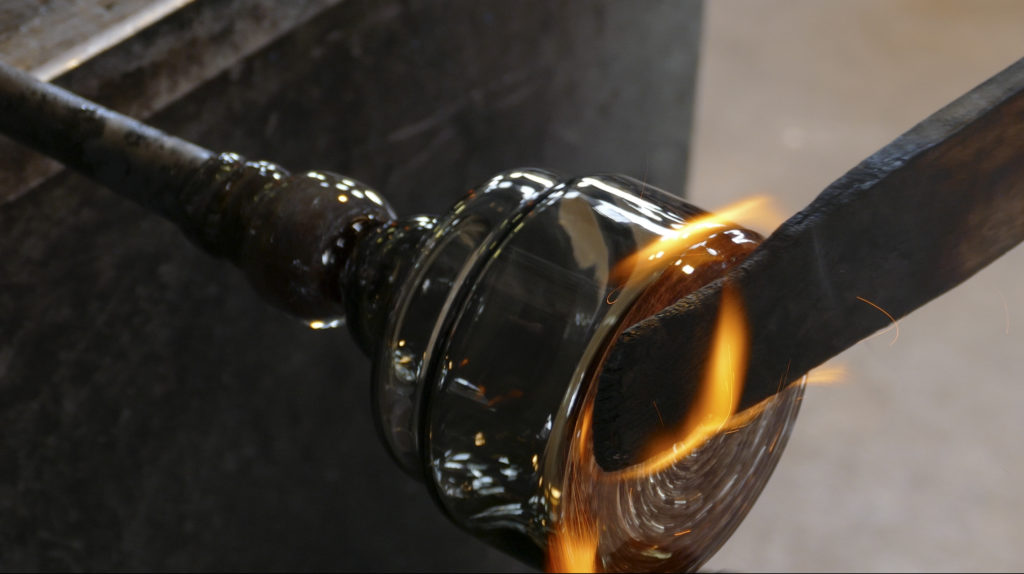
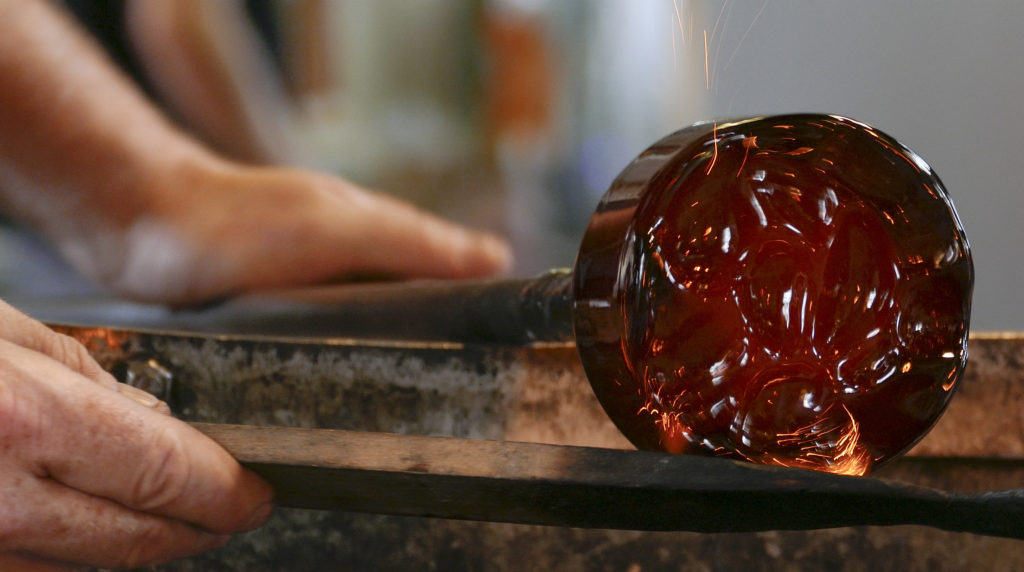


GLASS OBJECTS FOR EXPERIENCING THE PRINCIPLE OF WATER DISPLACEMENT
These static taps are used with a displacement piston to build up pressure and let the liquid flow through thoughtful interaction with the objects. One big water tap with a pouring spout and another smaller object with an injection straw.
Celebrating glass / free project with Mathias Hahn
Julian Preindl, 6.sem SS 2018
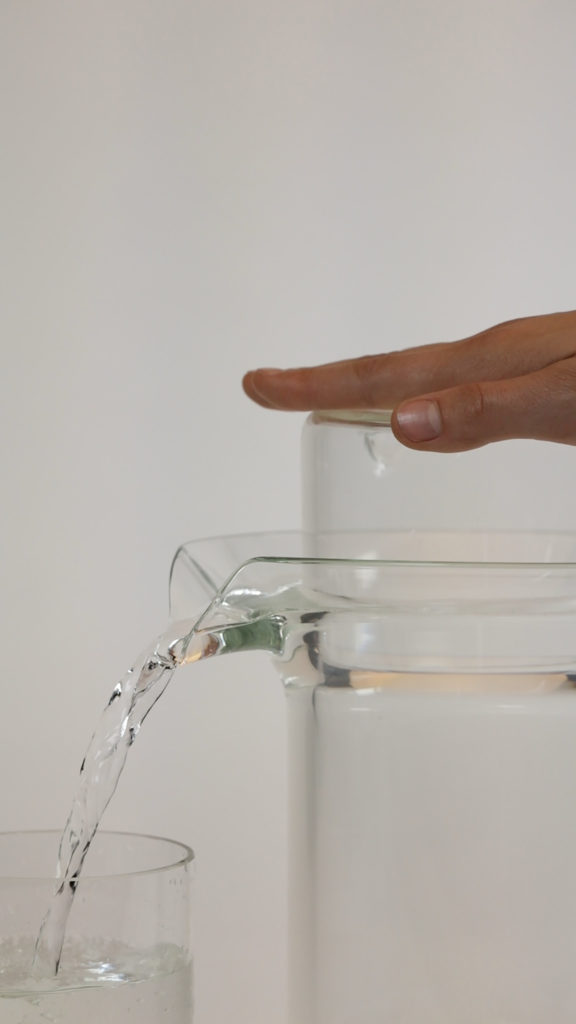
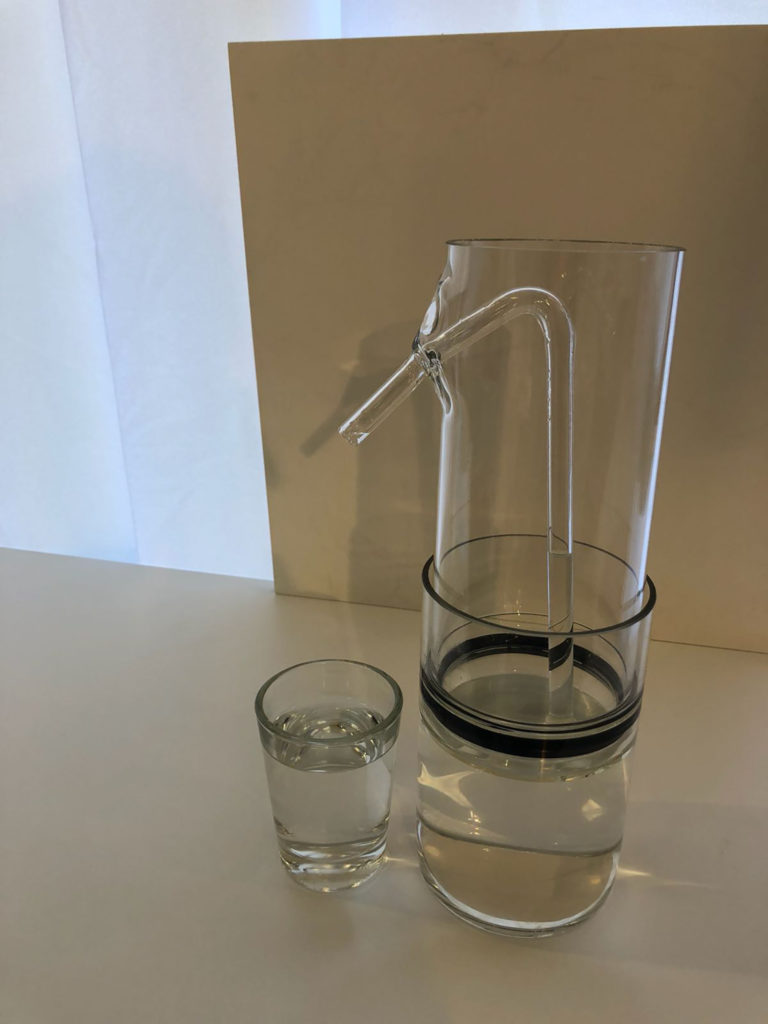
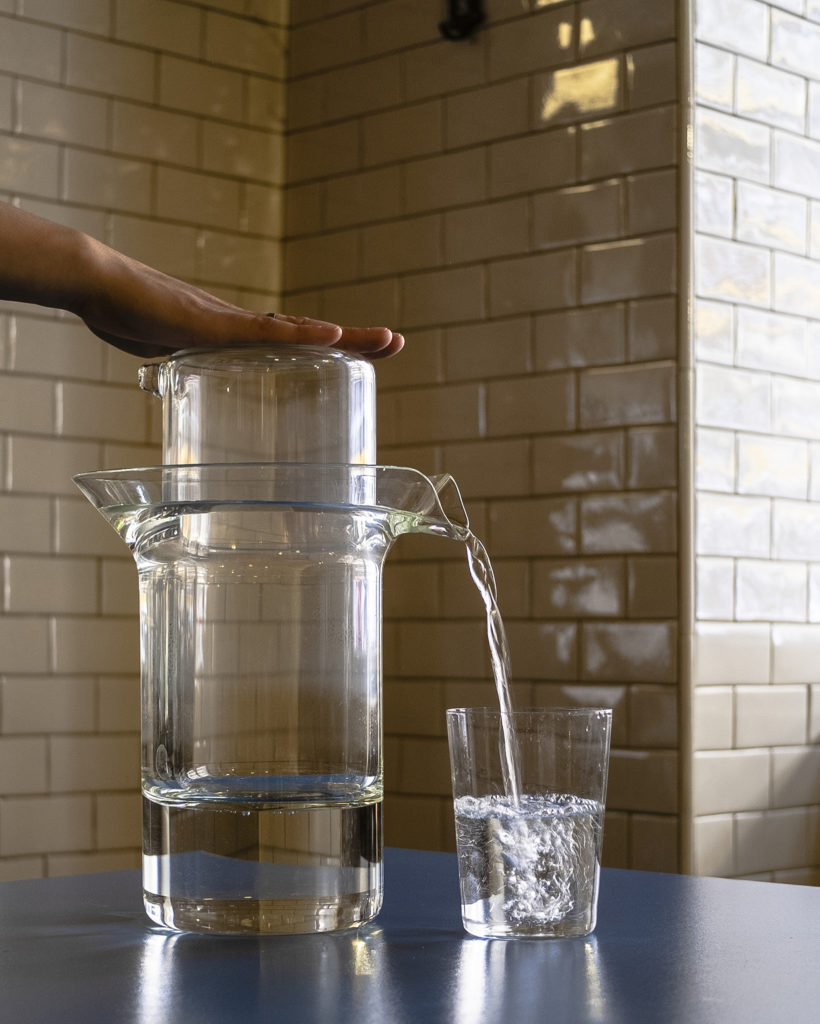
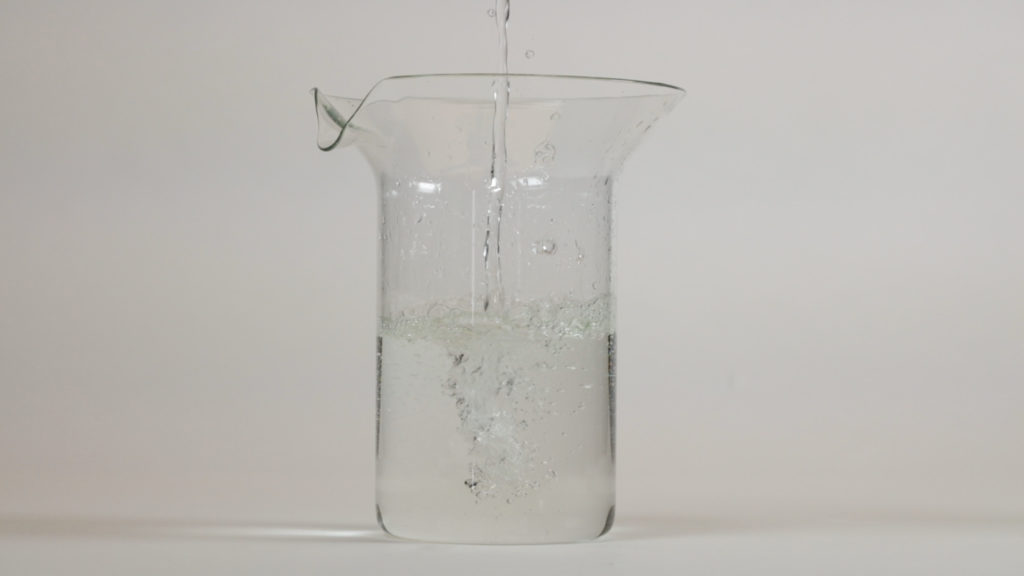
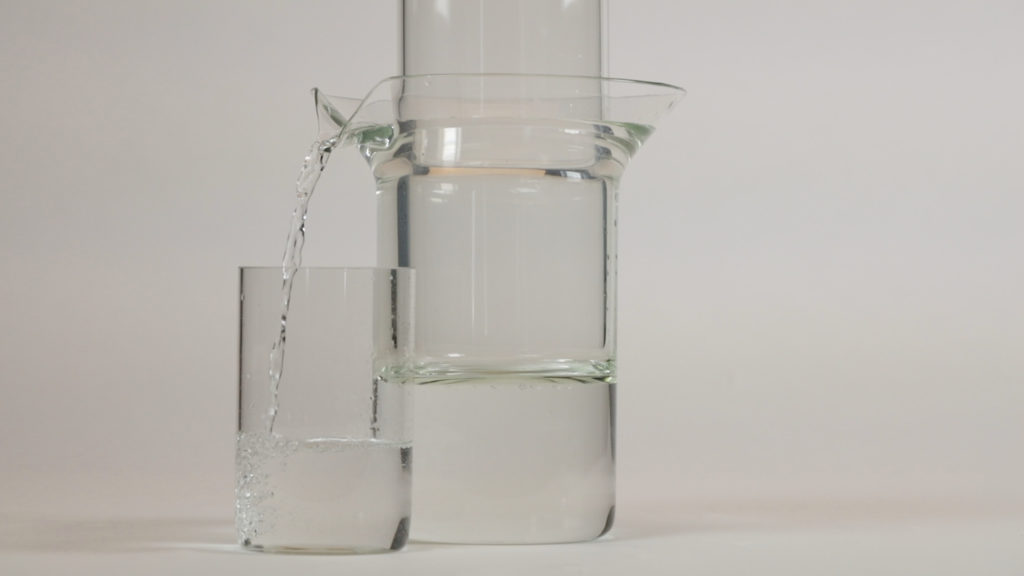
process:
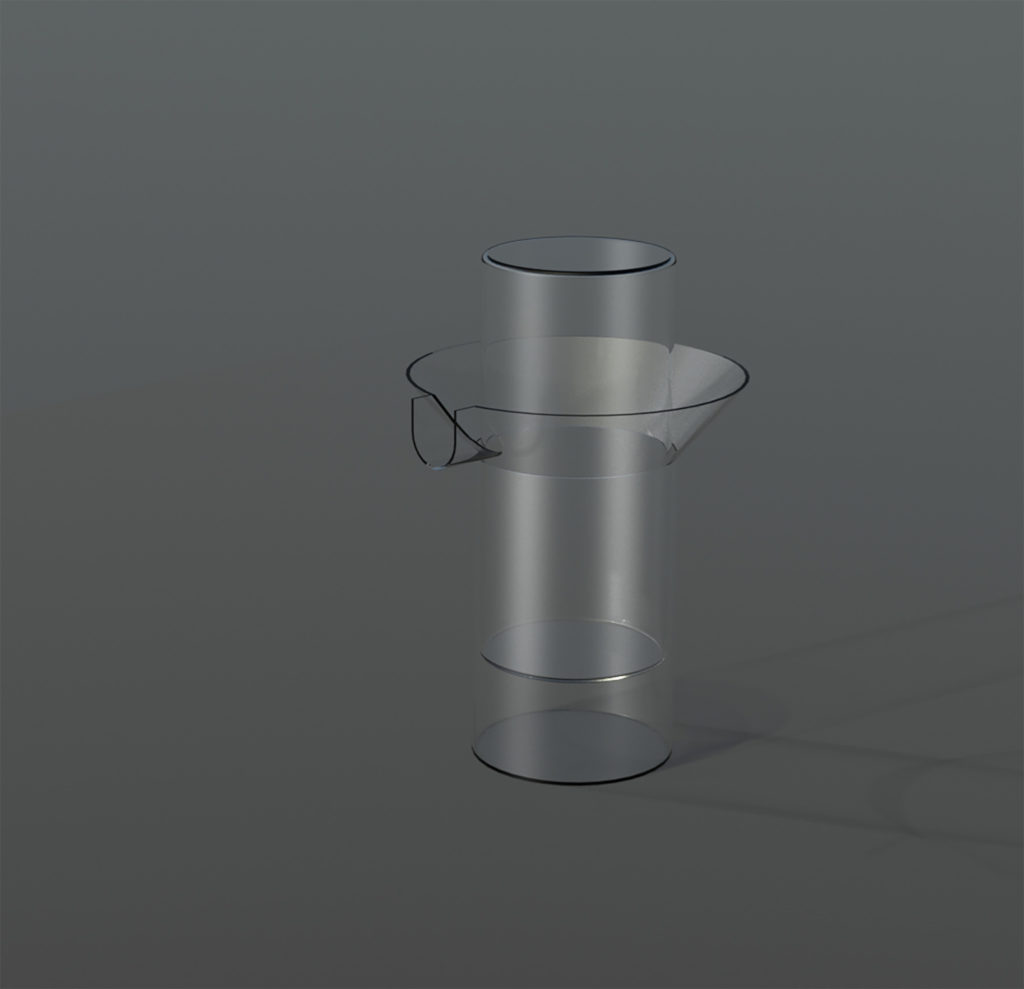
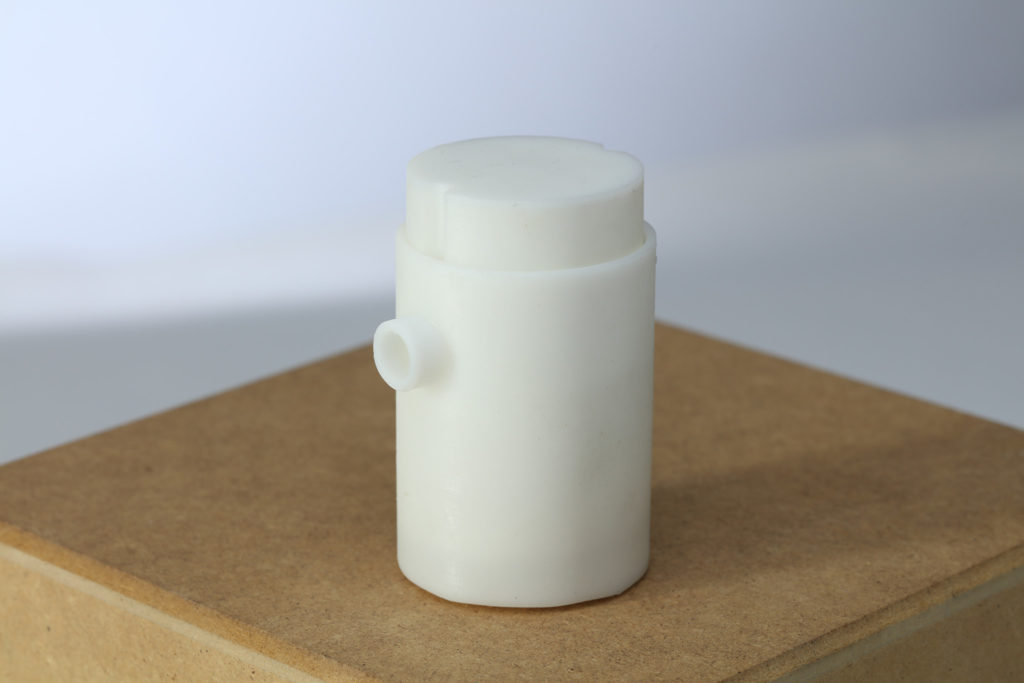
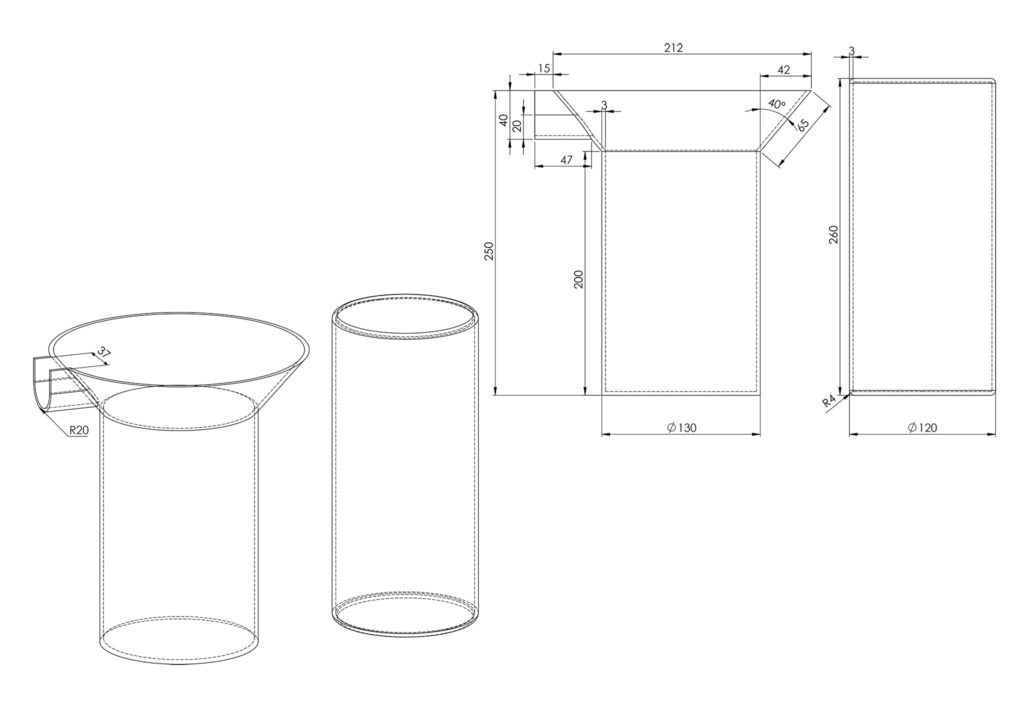
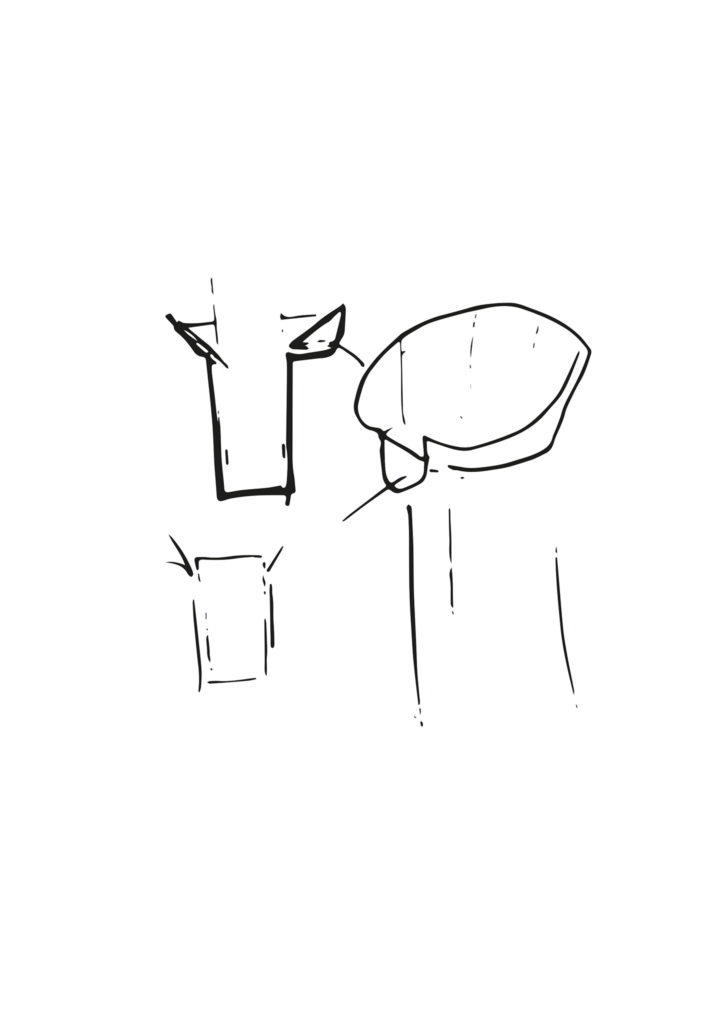
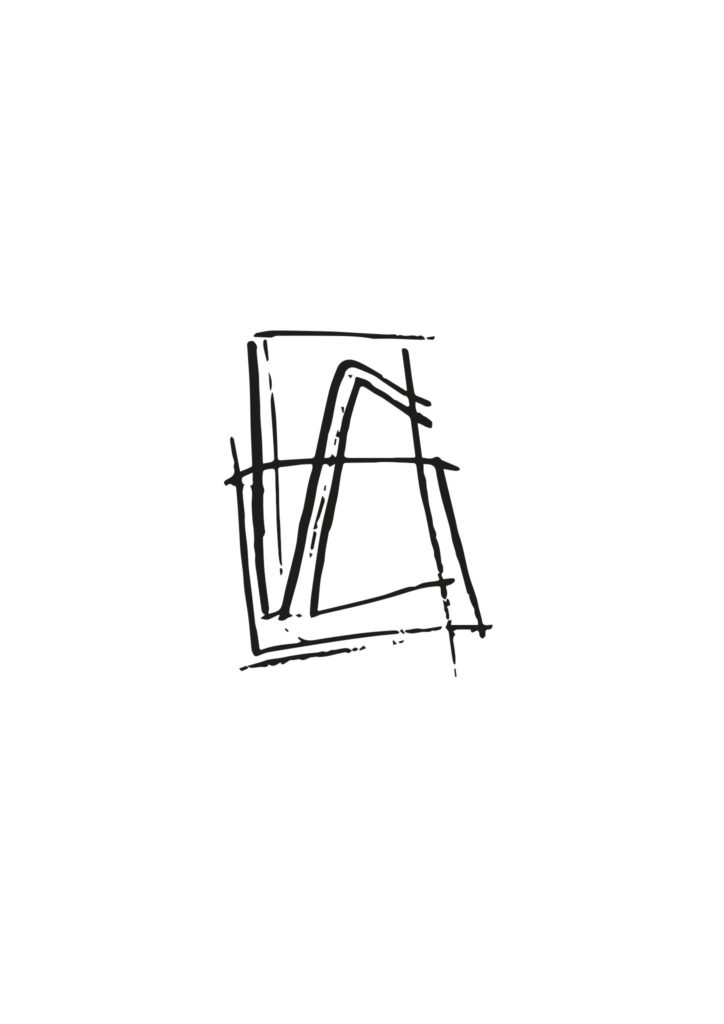

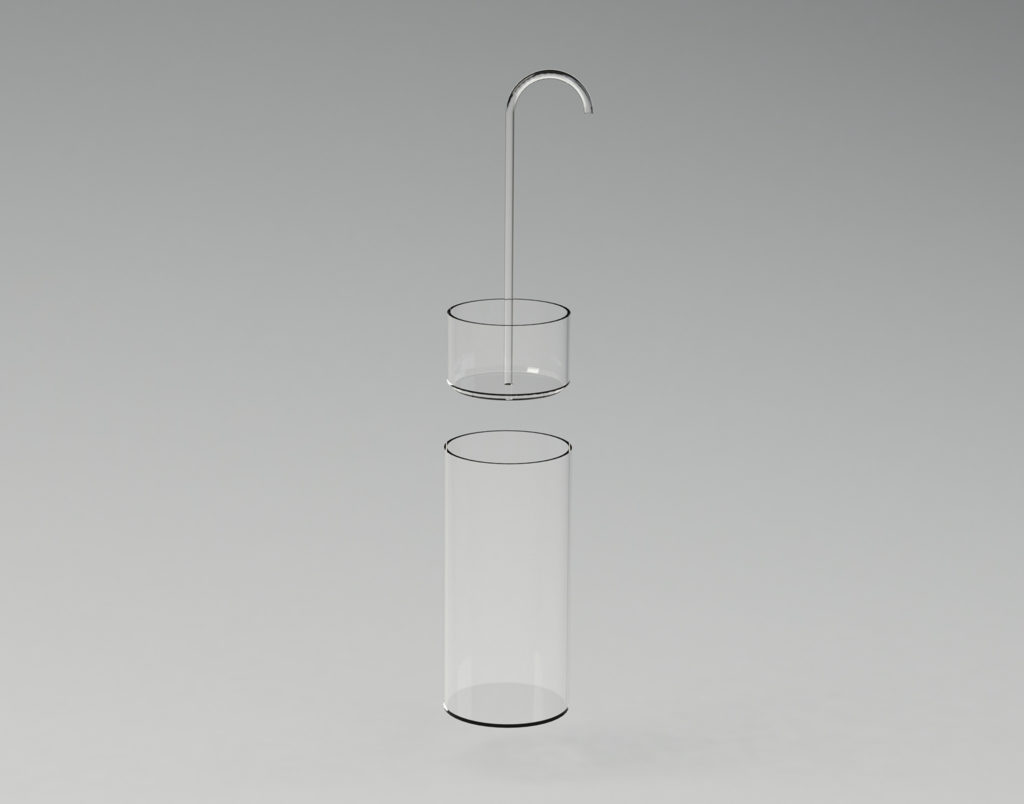
GLASS OBJECTS MADE WITH ONE MOLD FROM METAL RODS
In a series of glasses and vases the variety of designing objects with a playful handling of the same formal aesthetic was explored. It is an evolutionary series of free arranged objects within the boundary of a flexible constructed mold.
Celebrating glass / Meisenthal project
Julian Preindl, 6.sem SS 2018
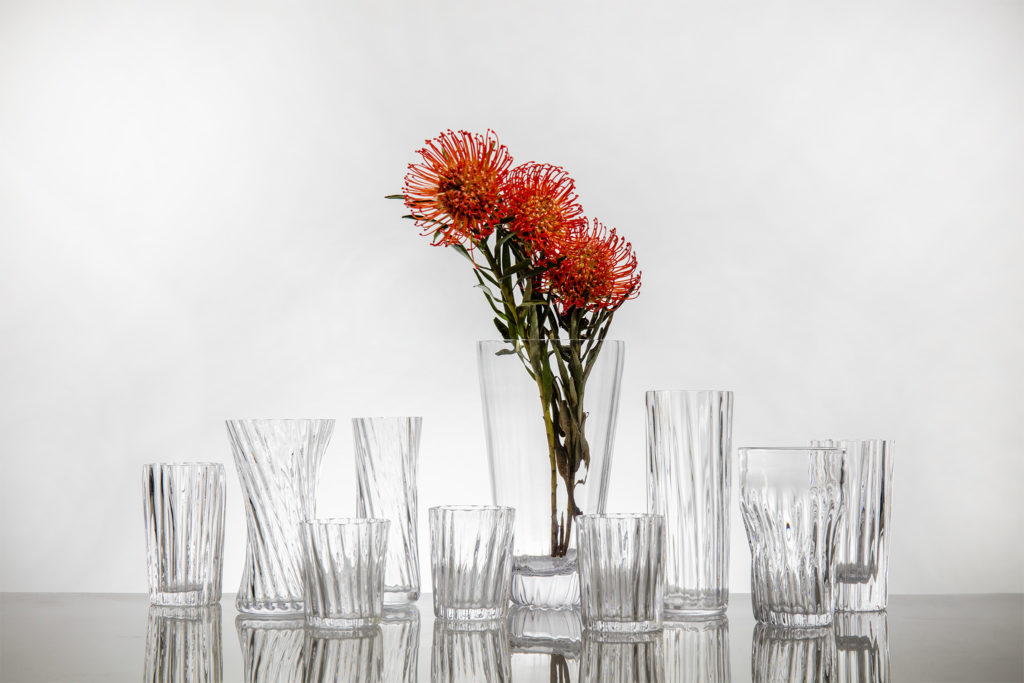
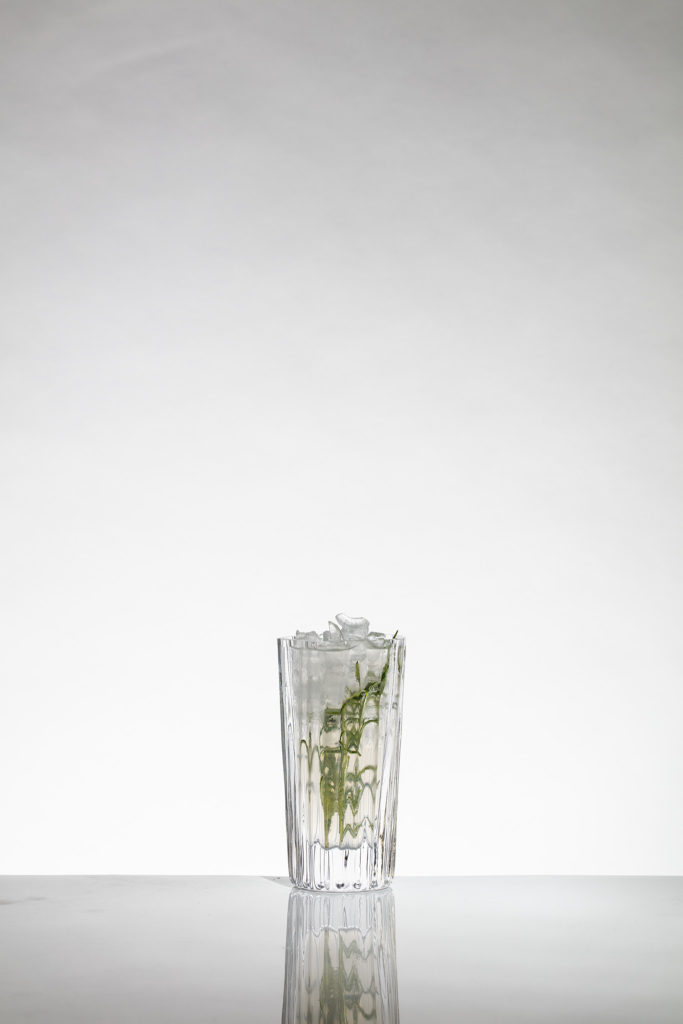
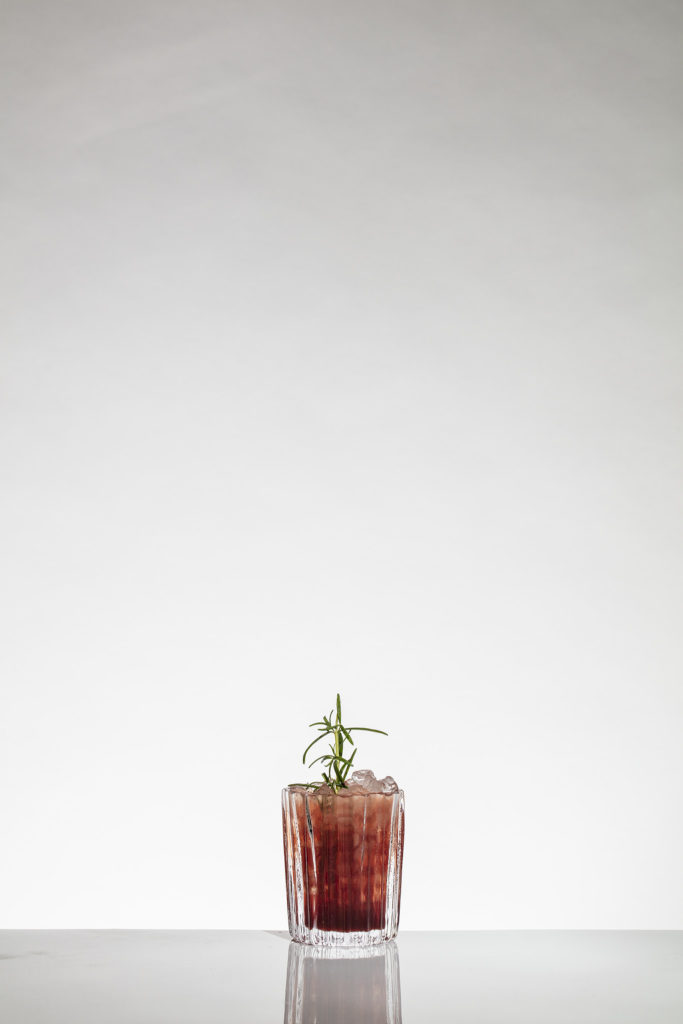
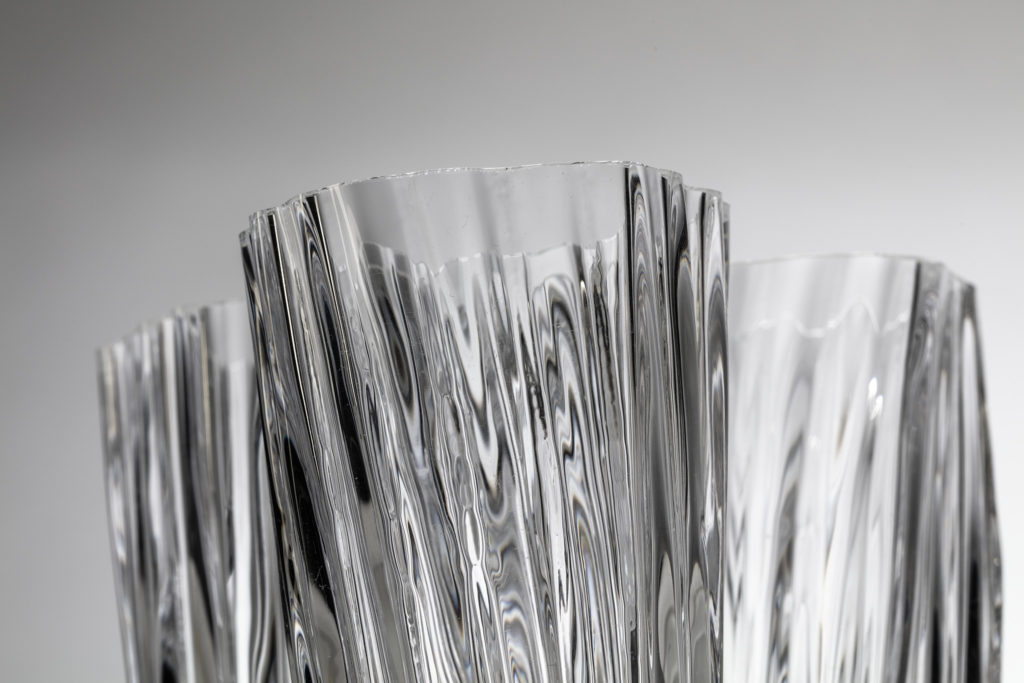

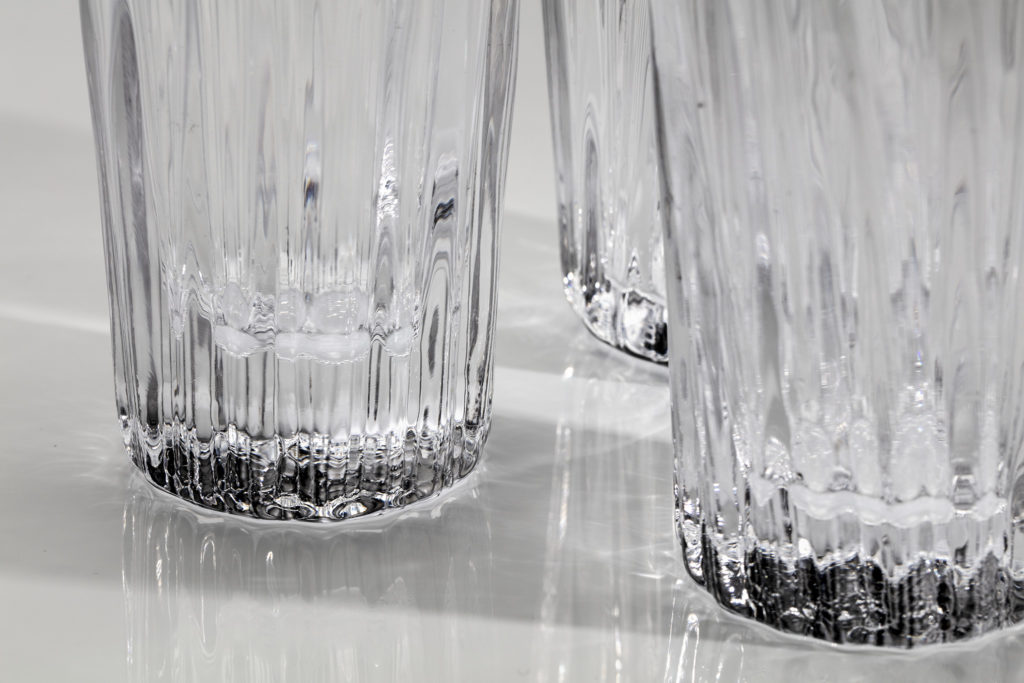
process:
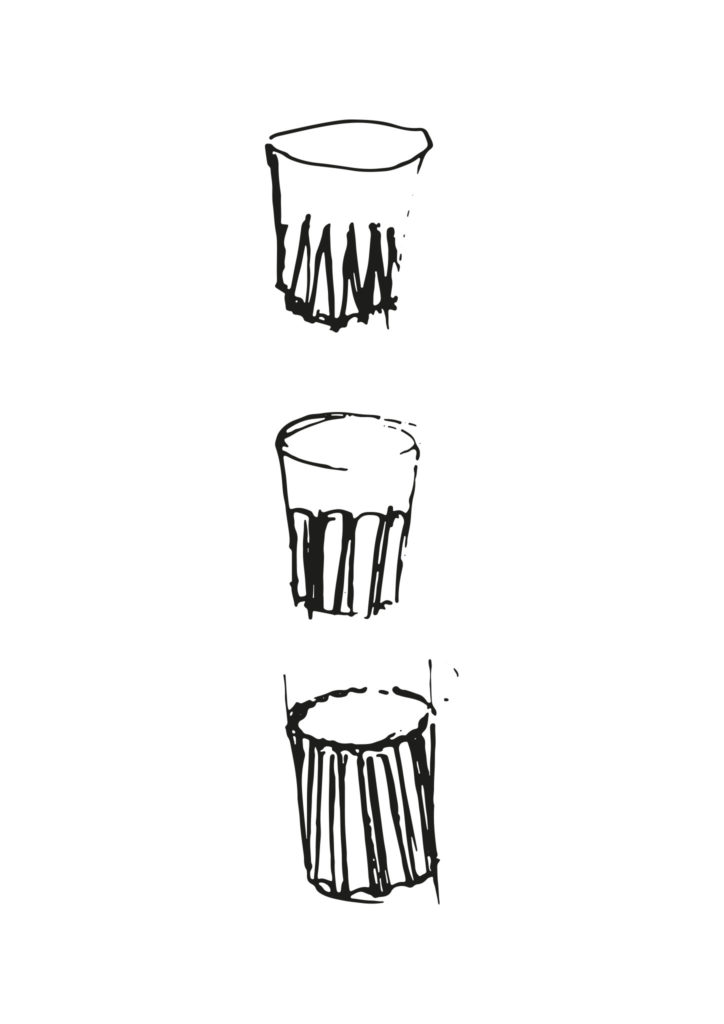
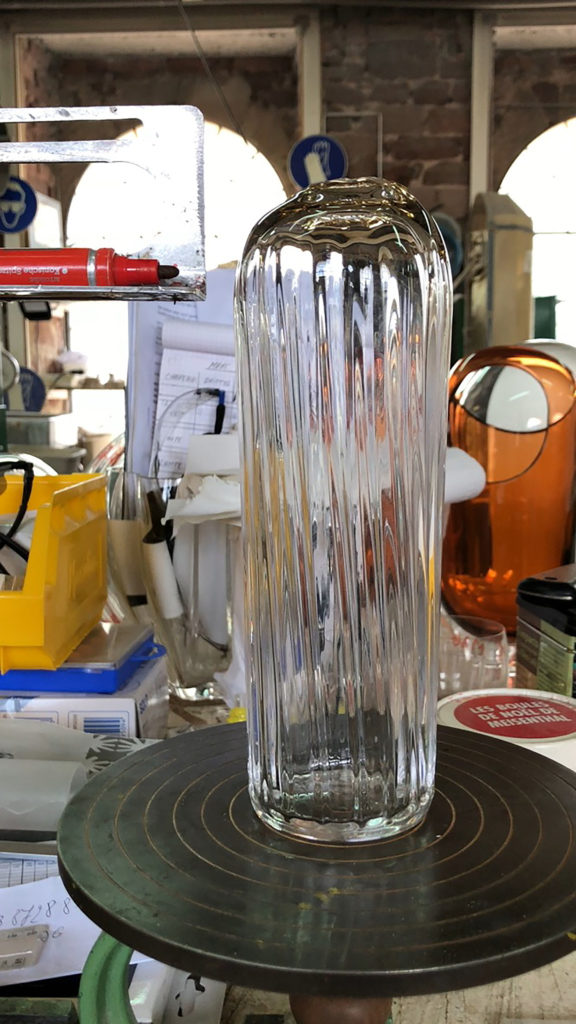
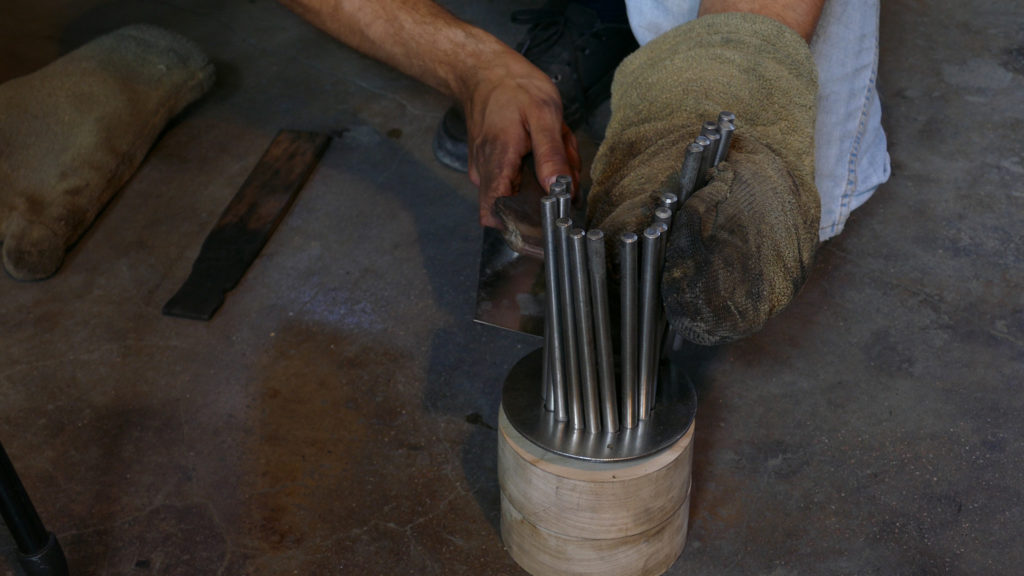
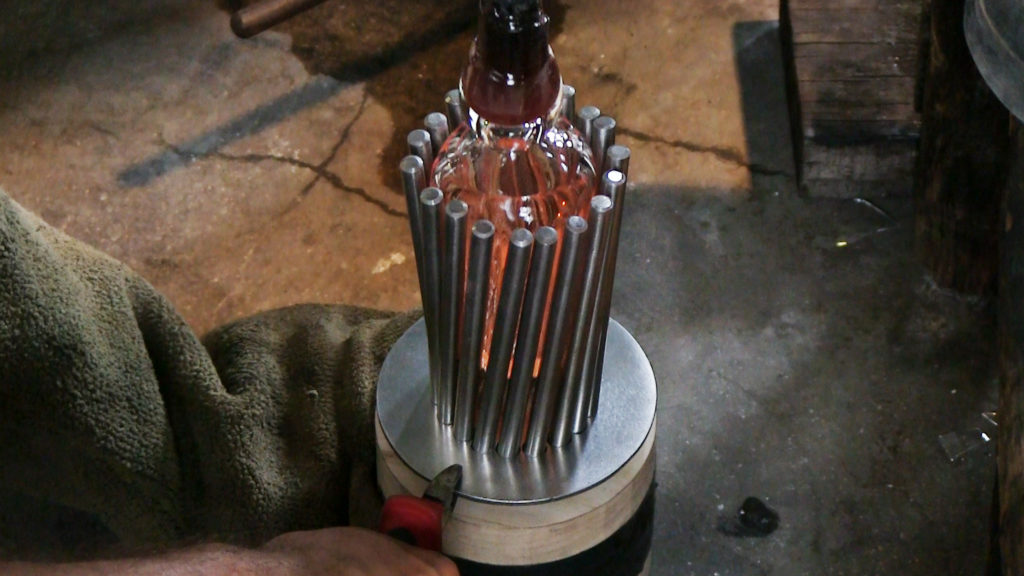
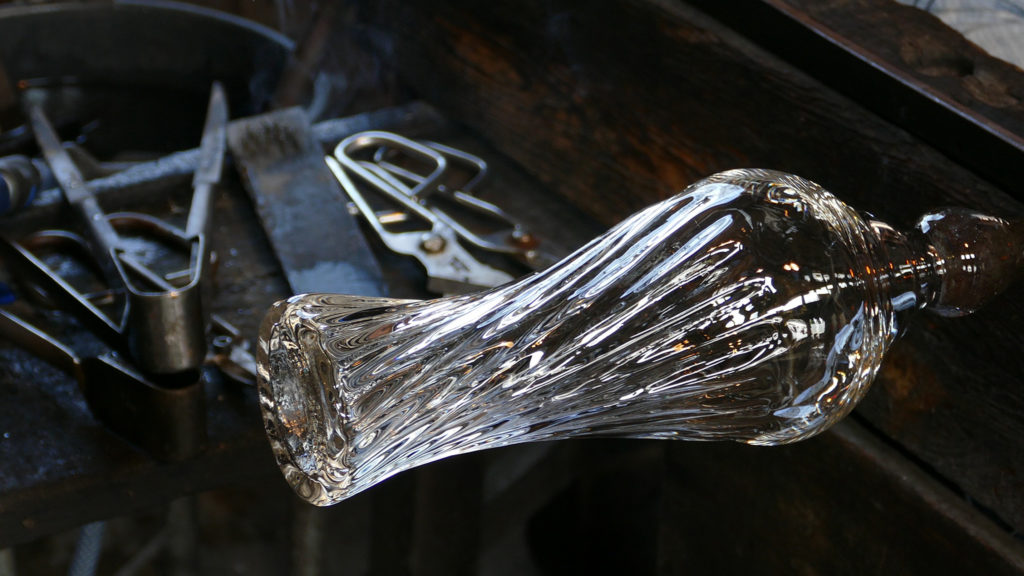
TWO BOTTLES IN ONE
The small, sculpturally shaped decanter, which is – to be precise– a pipette bottle, makes an interesting contribution to food culture. The GUETS-FLACHL allows you to distribute a special oil and vinegar well dosed.
Celebrating glass / free project with Mathias Hahn
Daniel Tratter, 4.sem SS 2018
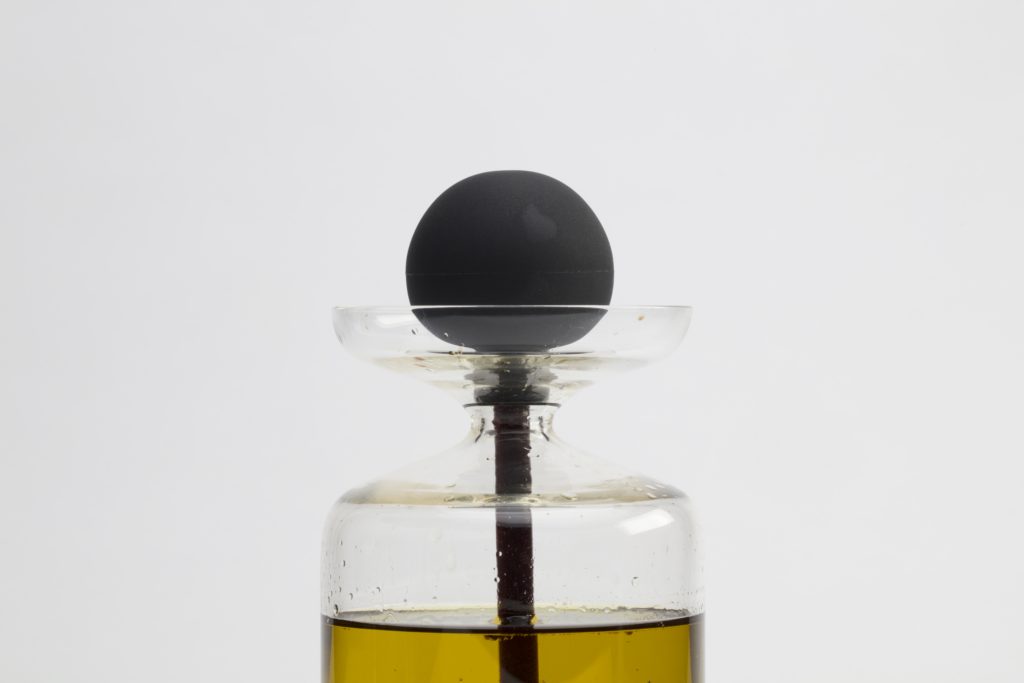
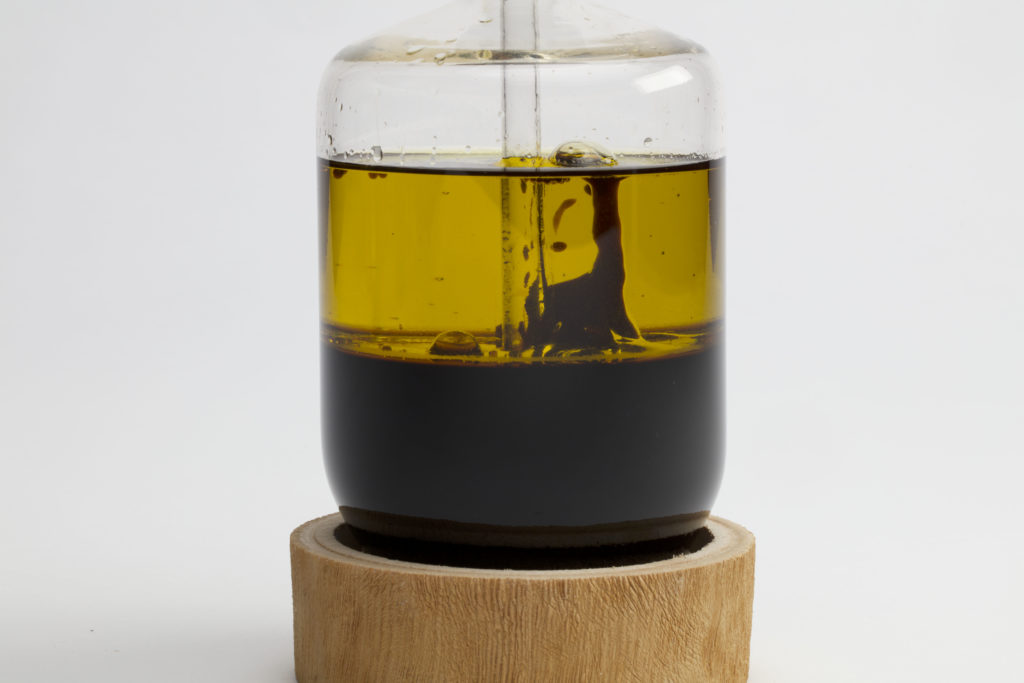
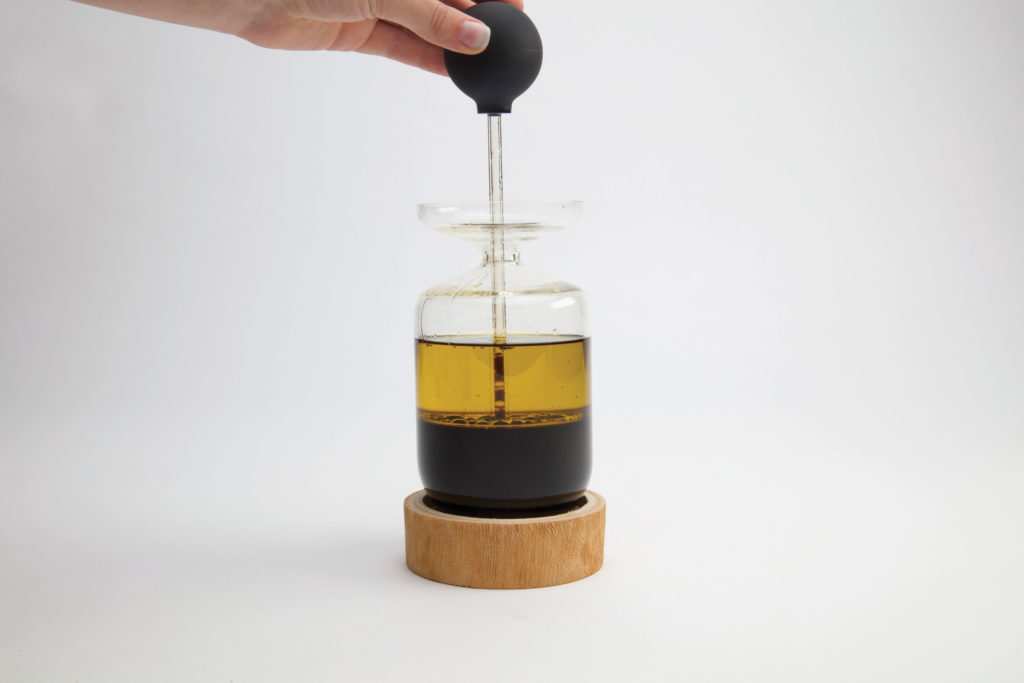
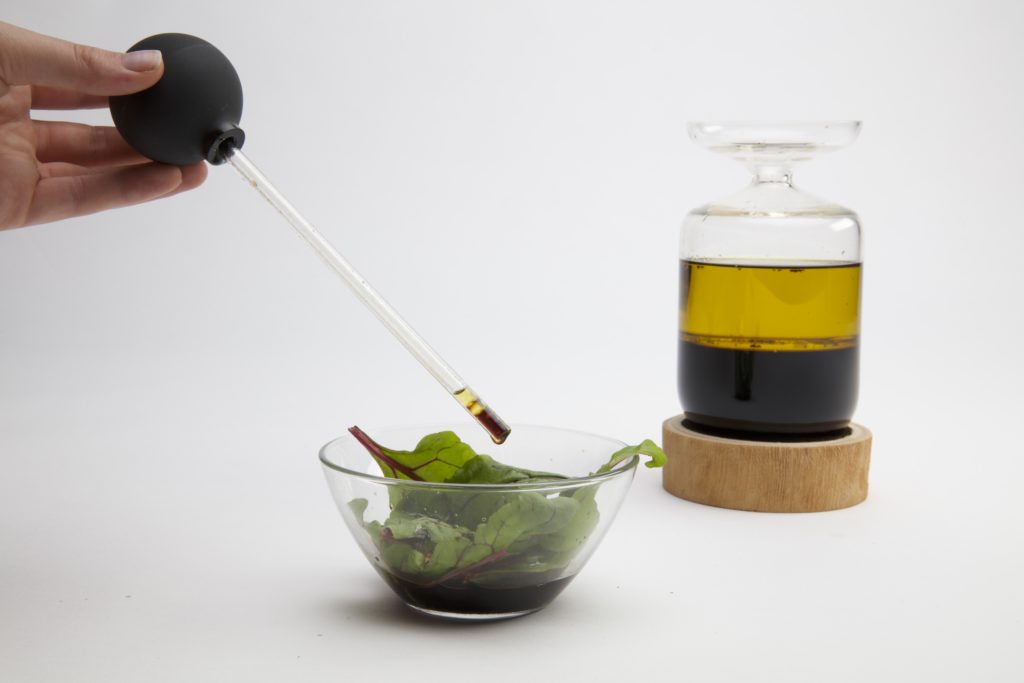
DRINKING GLASSES INSPIRED BY RESIN
The unique effects of the NOBELS glasses and their appearance imitate nature. Inspired by the fresh resin from the South Tyrolean forests, the shapes of the glasses differ from piece to piece, depending on how the liquid glass flows into the plaster mold during manufacturing.
Celebrating glass / Meisenthal project
Daniel Tratter, 4.sem SS 2018
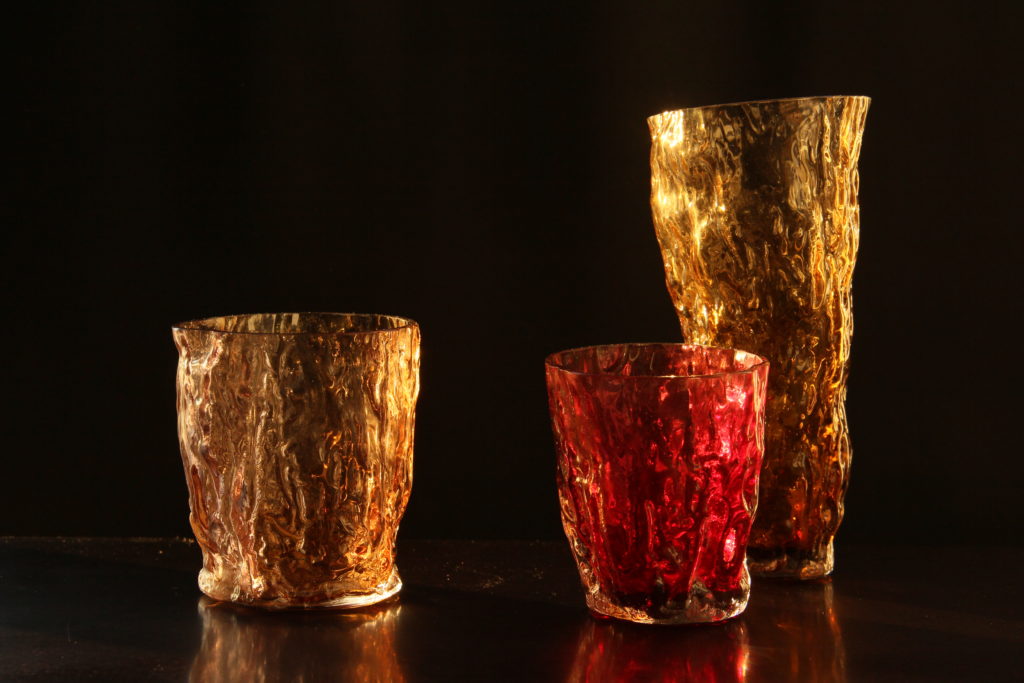
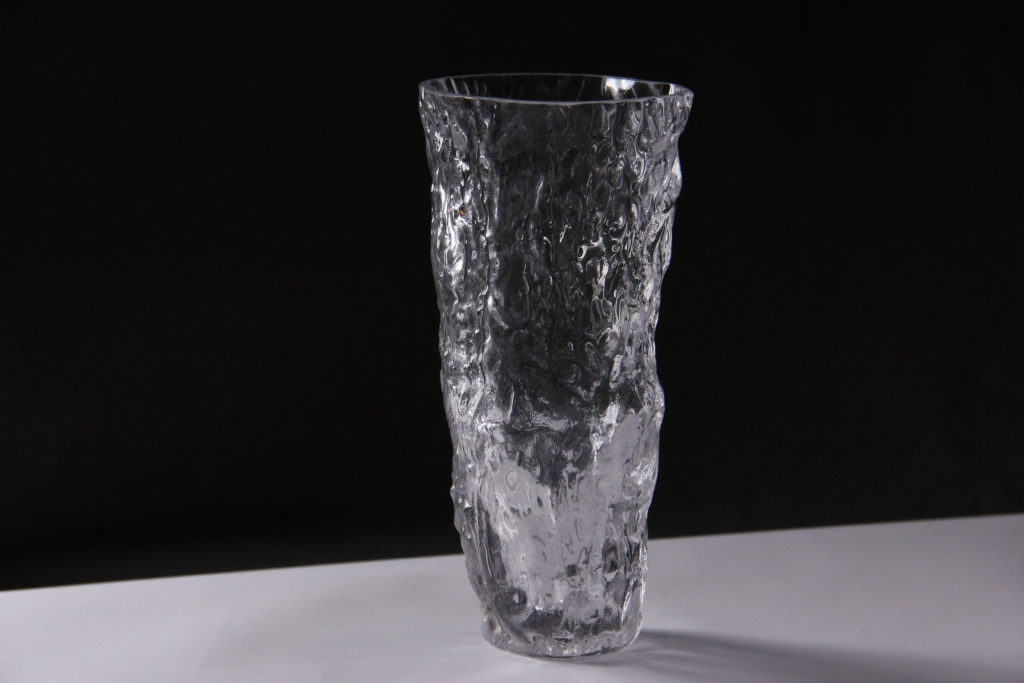
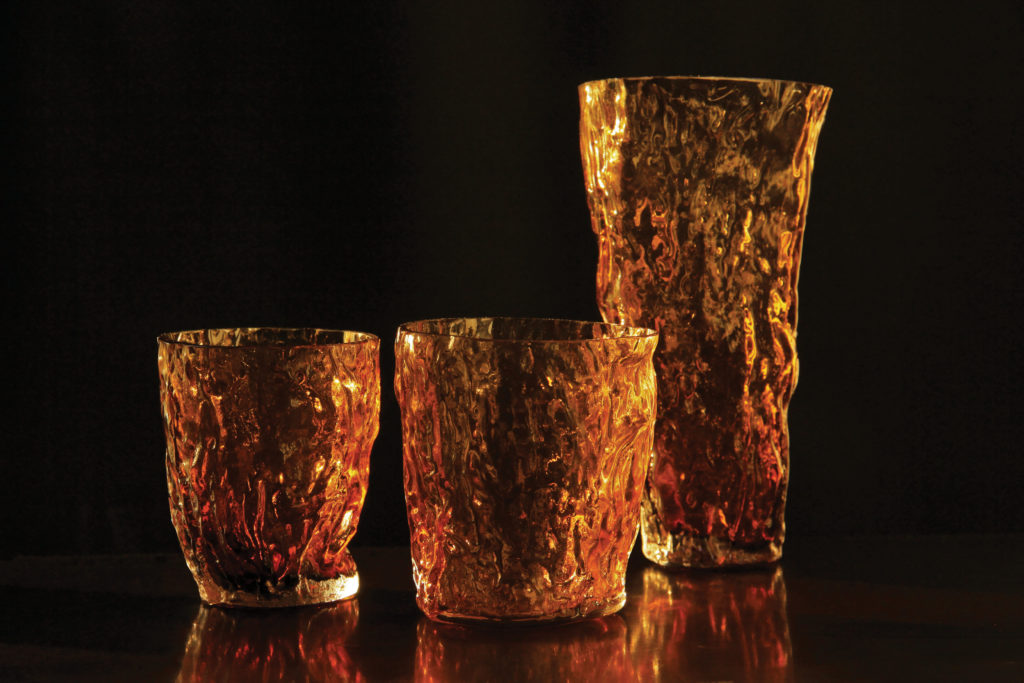
process:

A RED WINE DECANTER AND WHITE WINE COOLER
The laying red wine decanter gives the wine air and allows it to develop taste. For serving wine the decanter is handled upright. The cooler has one part for ice and one for white wine. It allows serving wine in one direction without spilling water.
Celebrating glass / free project with Mathias Hahn
Ayosha Kortlang, 6.sem SS 2018
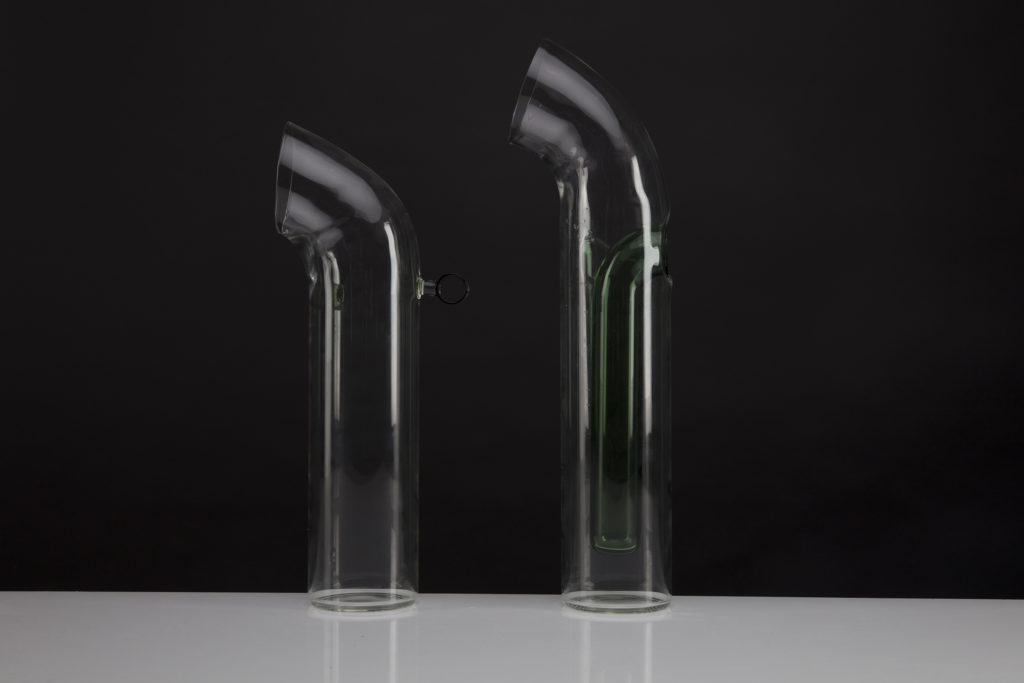
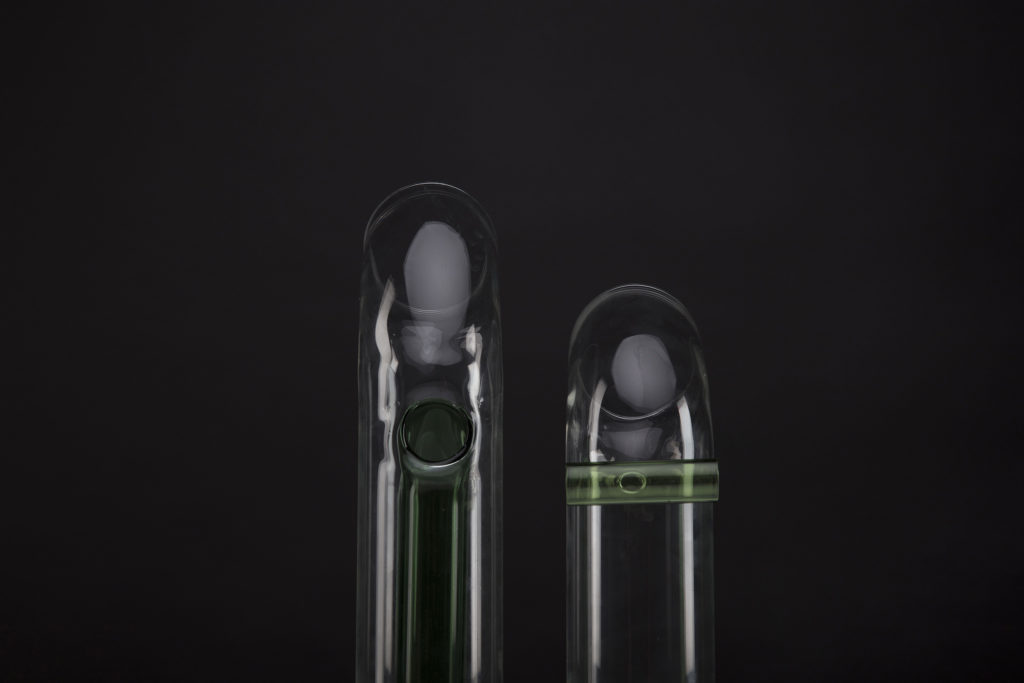
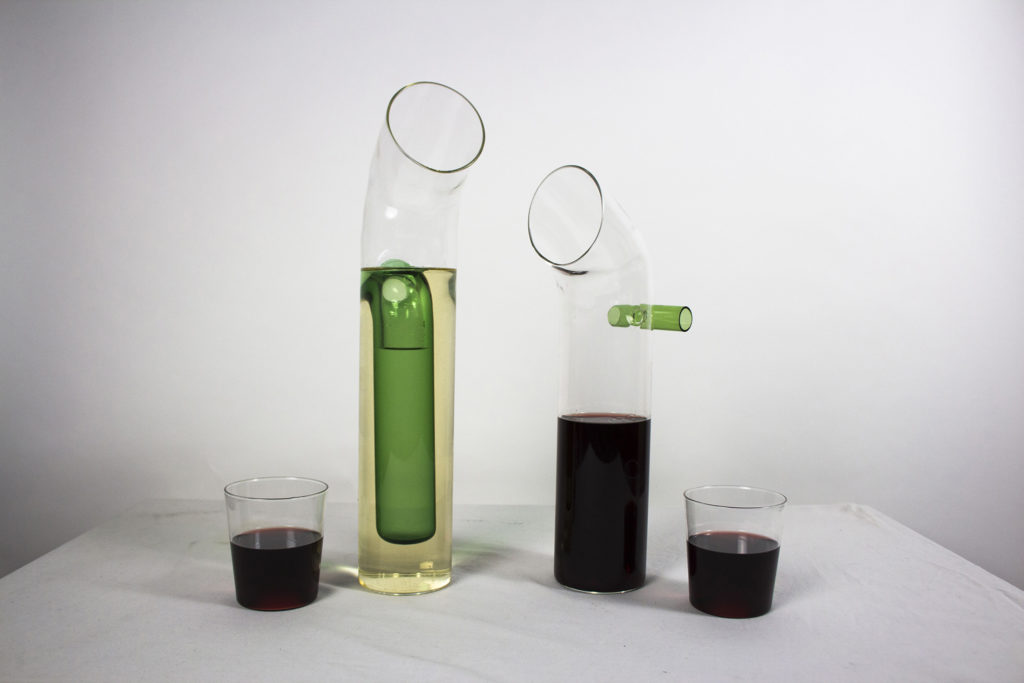
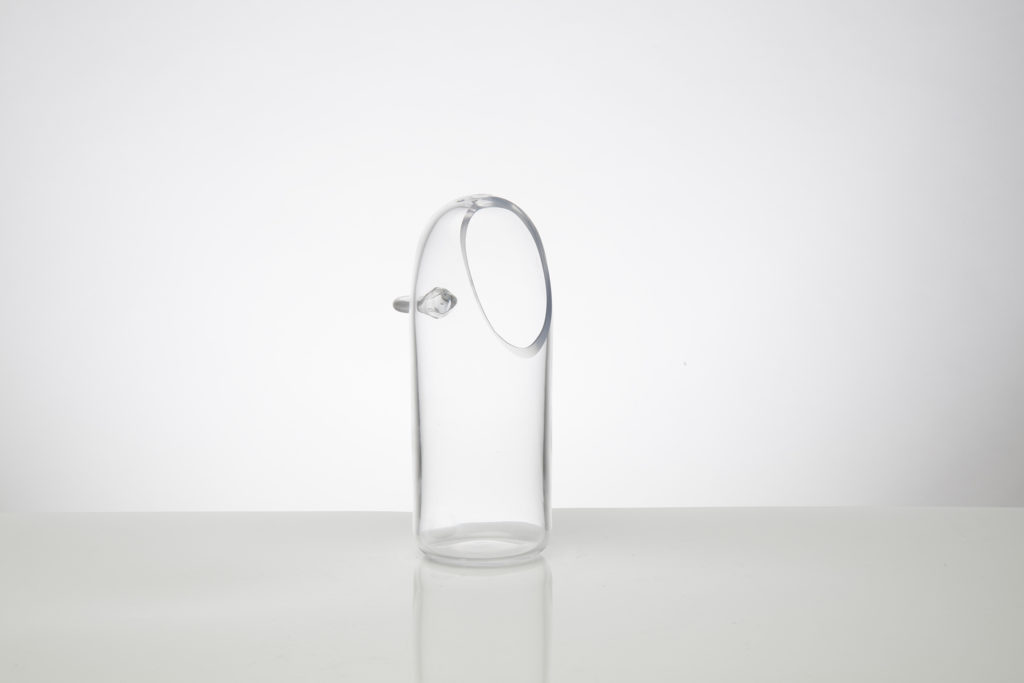
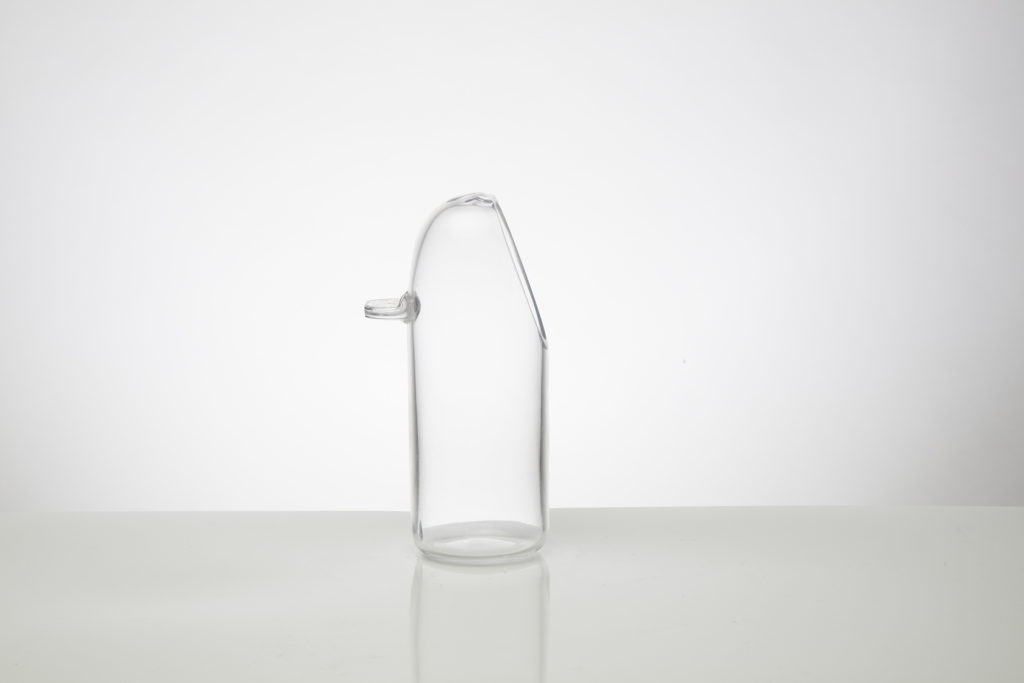
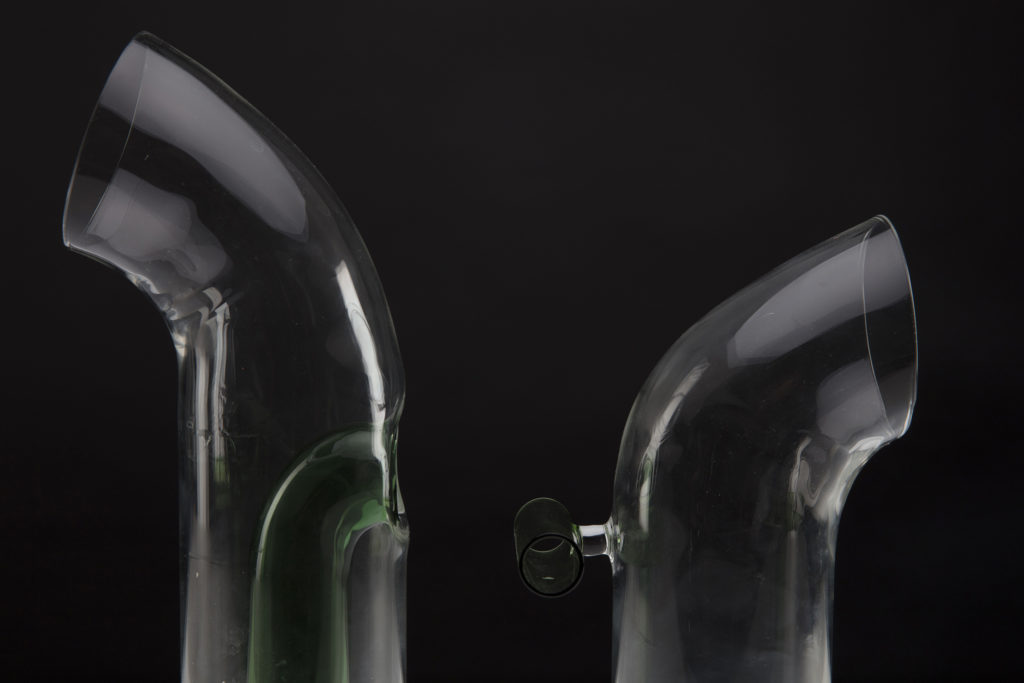
VARIATION OF VASES OUT OF ONE MOULD
For glassblowing you normally need different moulds to make different vessels. With a height adjustable mould you can get different shapes out of one mould very quickly. Two parts are defined and two parts are unique every time. The defined parts of the vessels are mutually stackable.
Celebrating glass / Meisenthal project
Ayosha Kortlang, 6.sem SS 2018
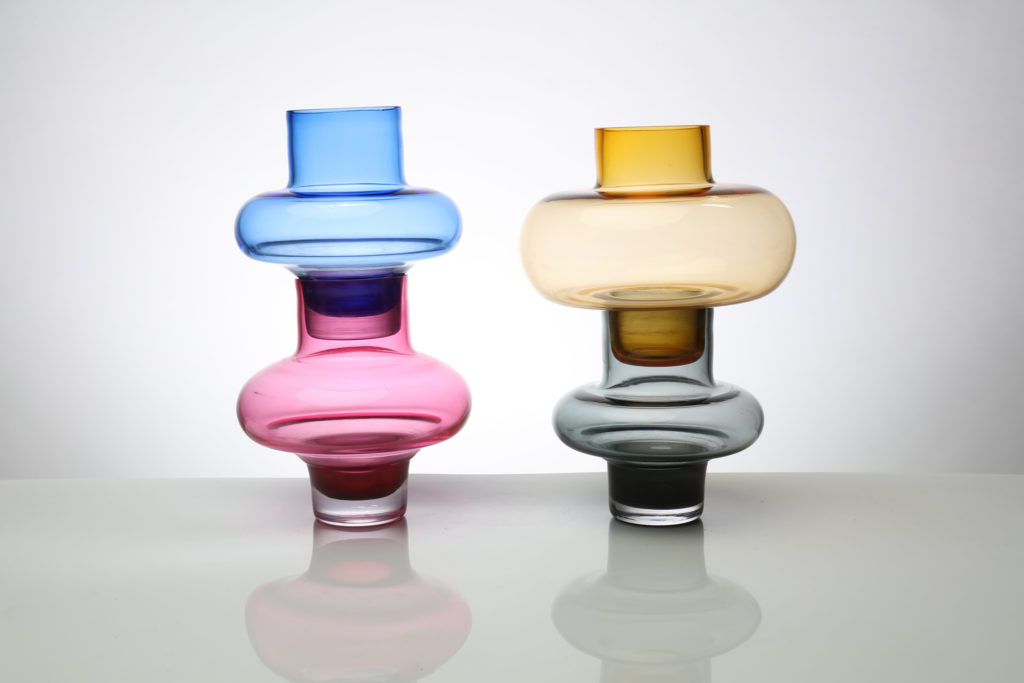
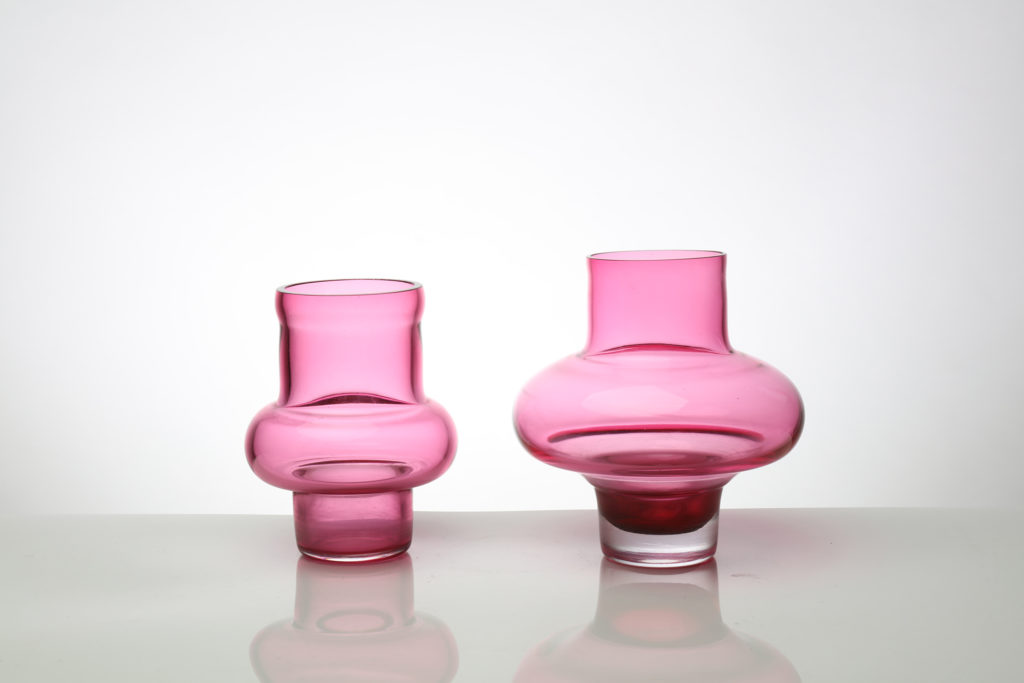
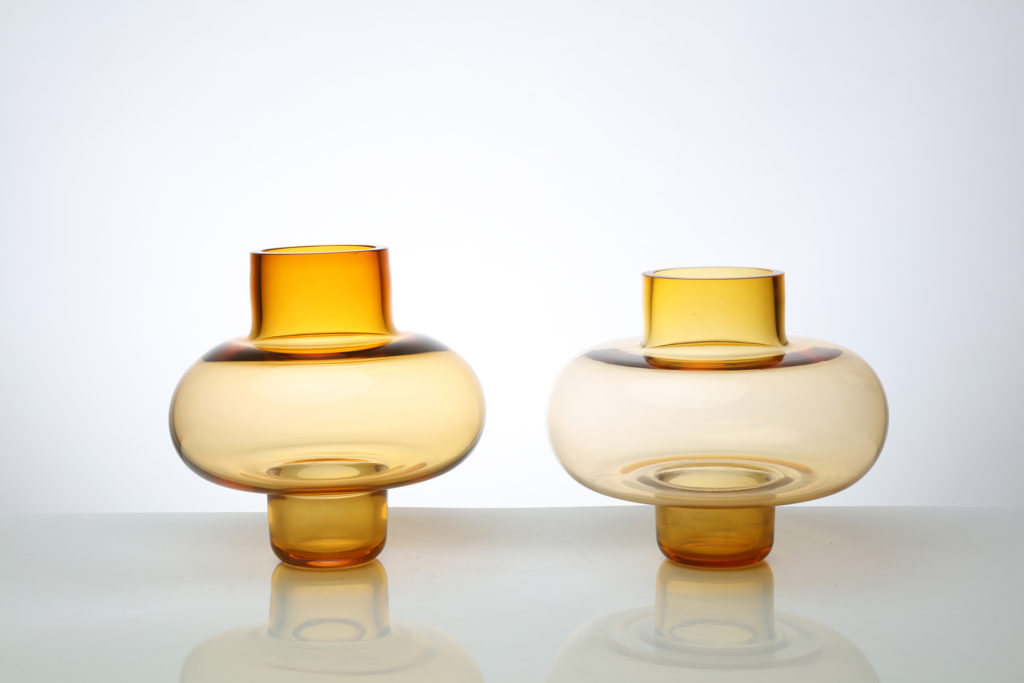
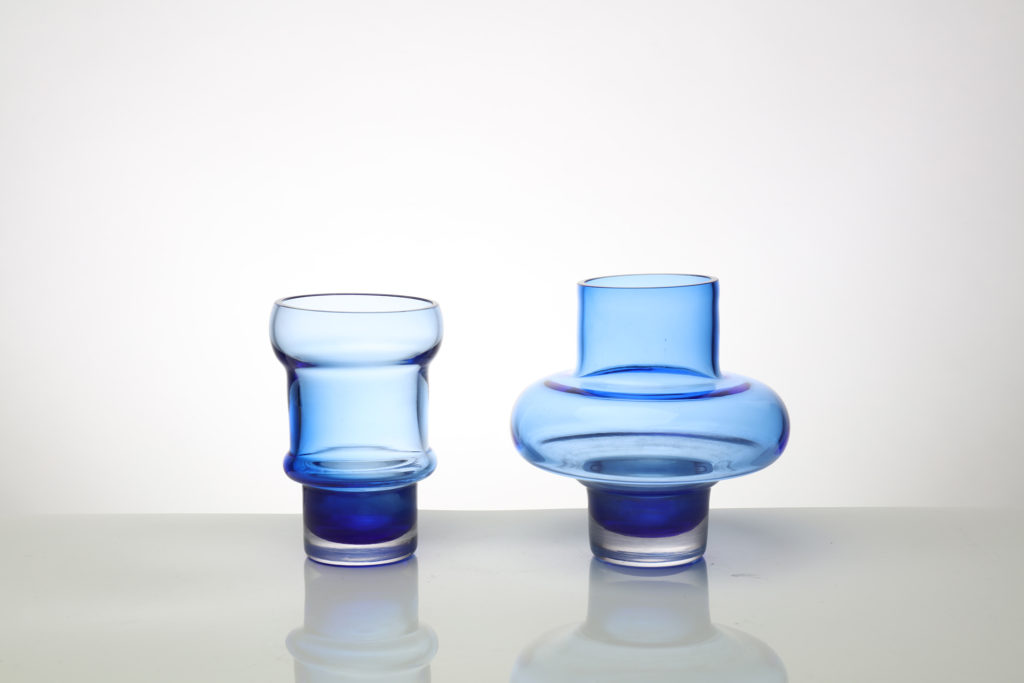
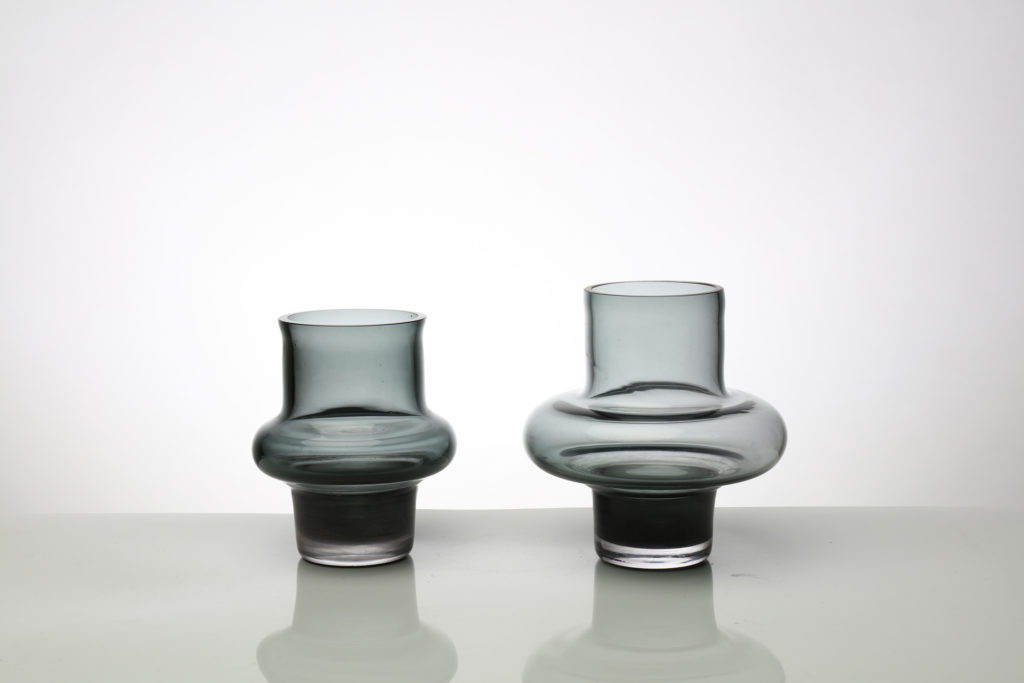
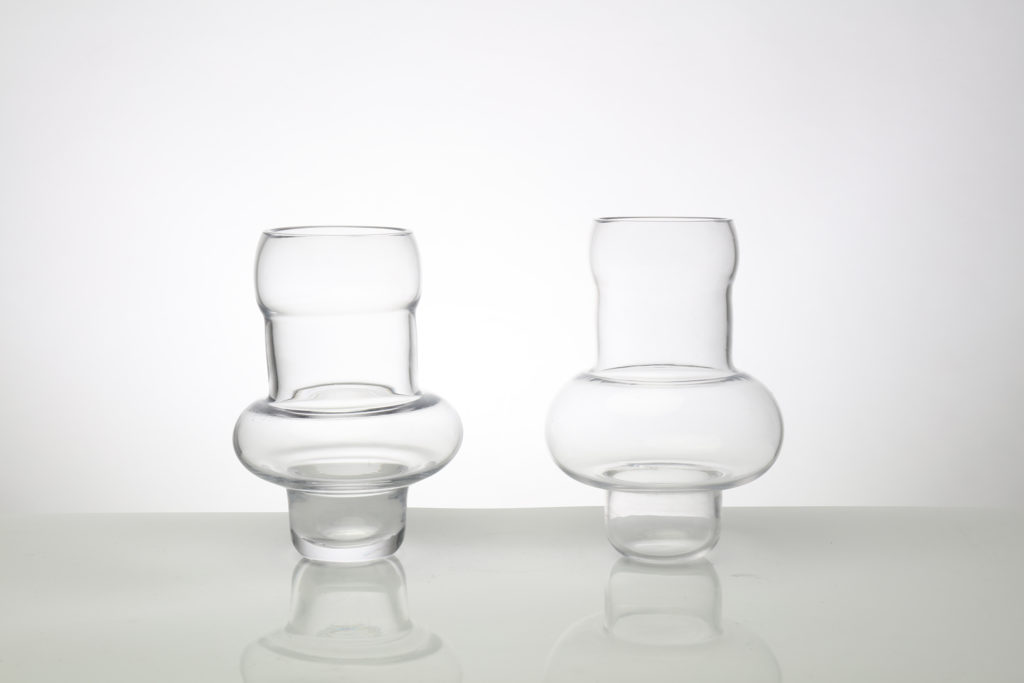
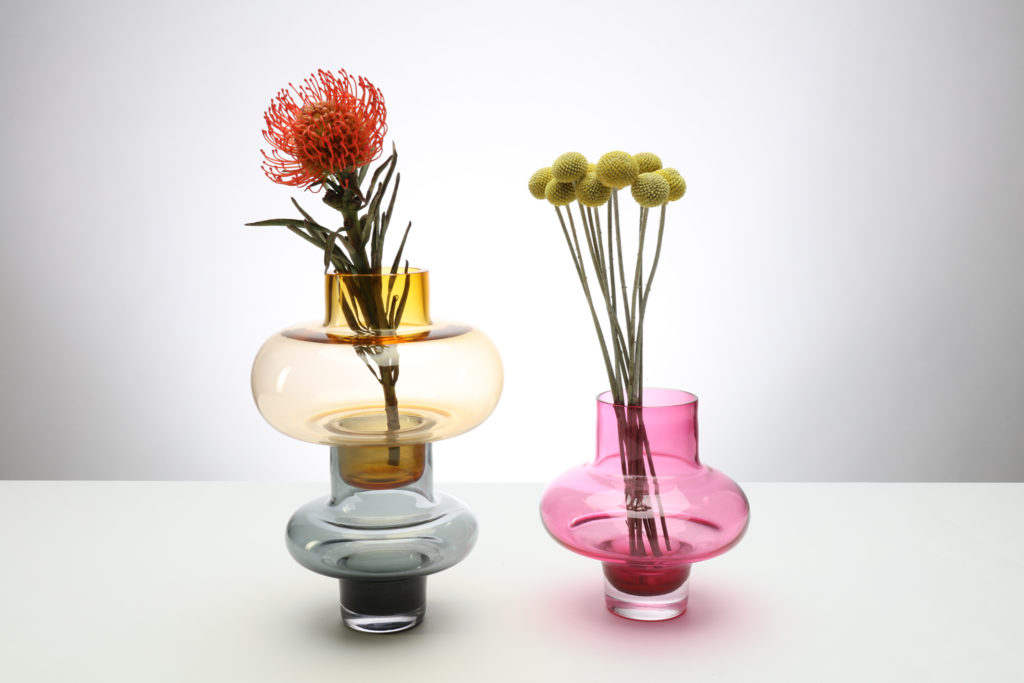
process:

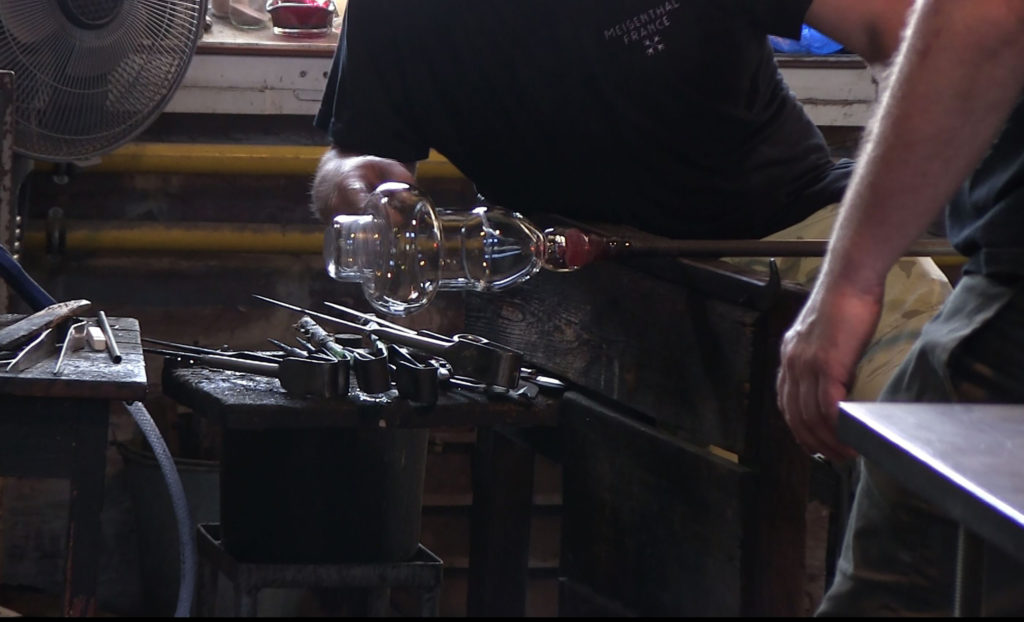
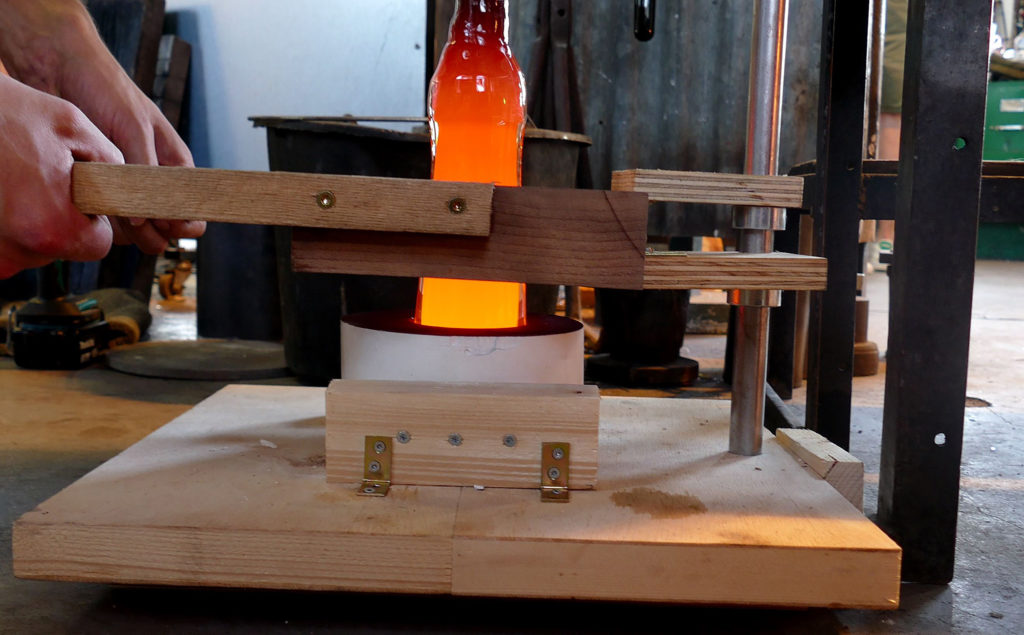
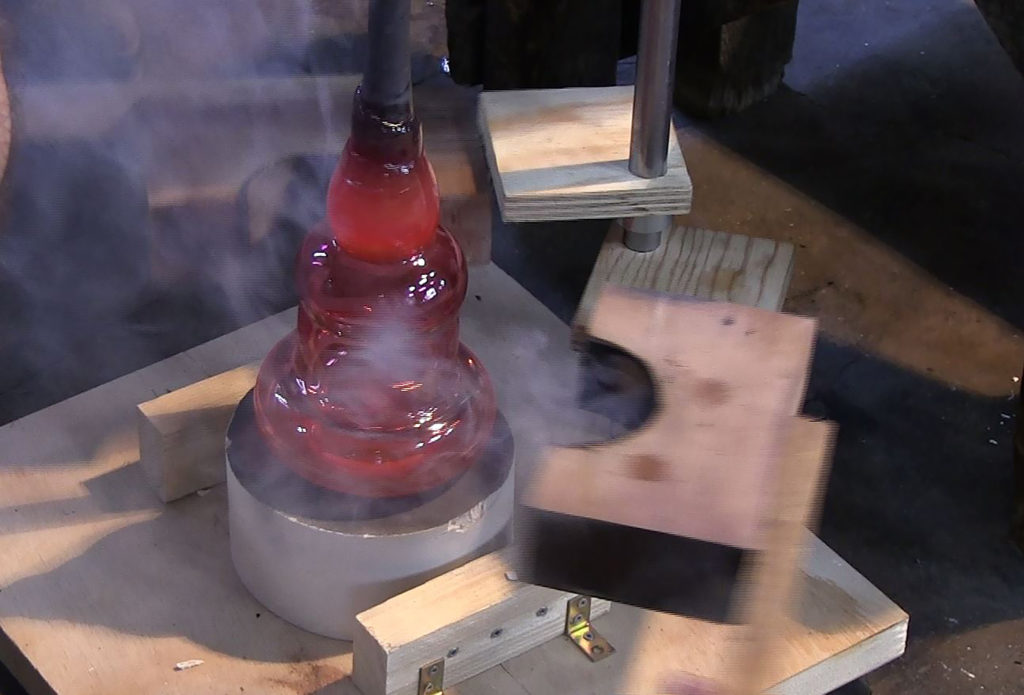
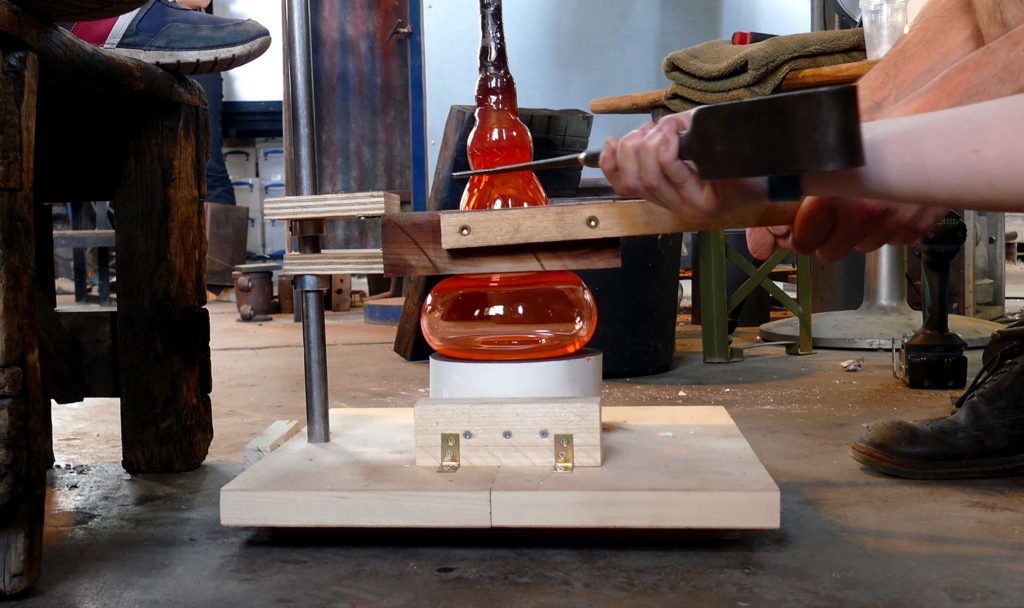
BORO
A portable lamp made out of borosilicate glass. BORO refers to the materials and processing techniques of a traditional borosilicate glass workshop. The simple form allows the lamp to be manufactured in a few steps and gives it a special character.
Celebrating glass / free project with Mathias Hahn
Anna Koppmann, 4.sem SS 2018
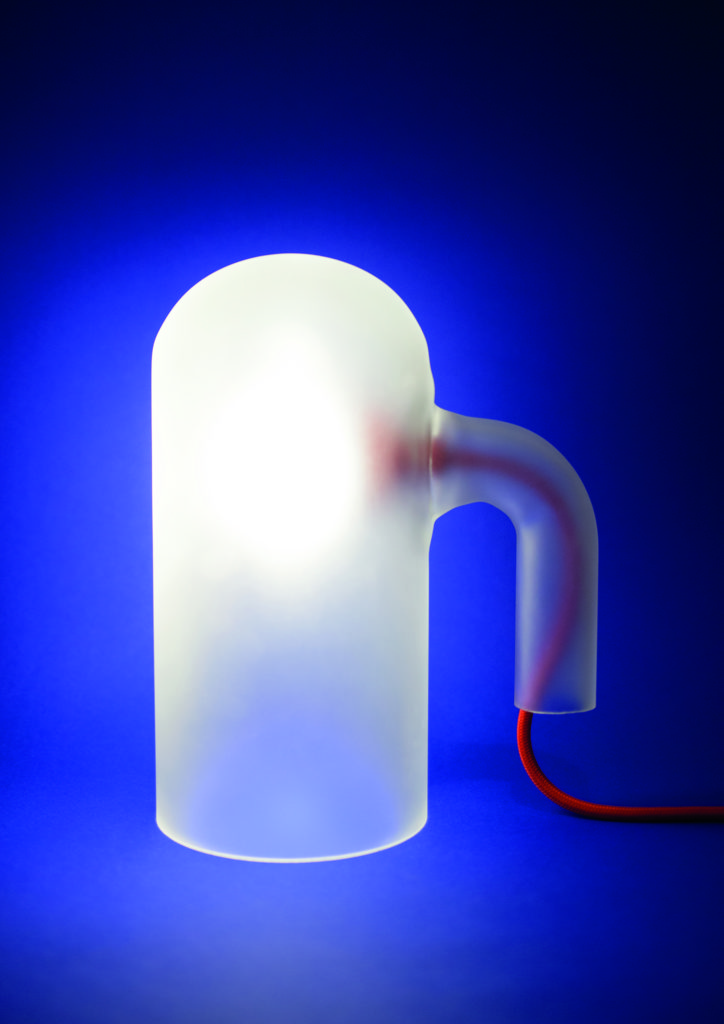
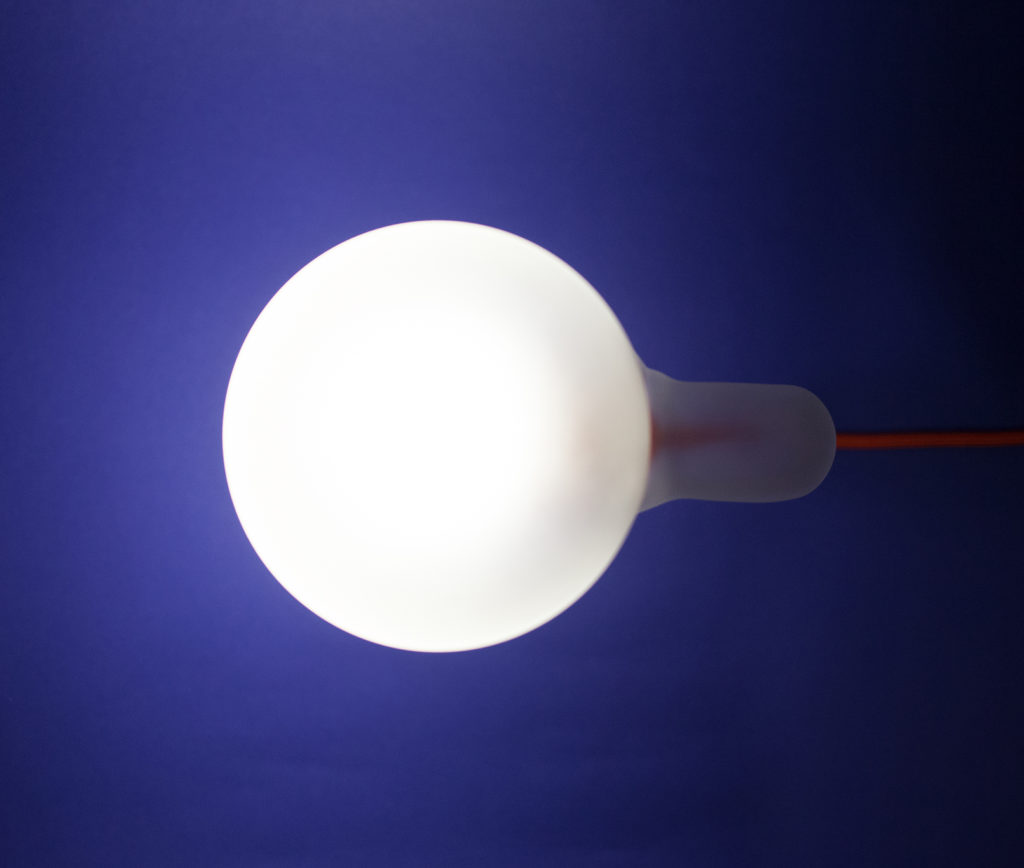
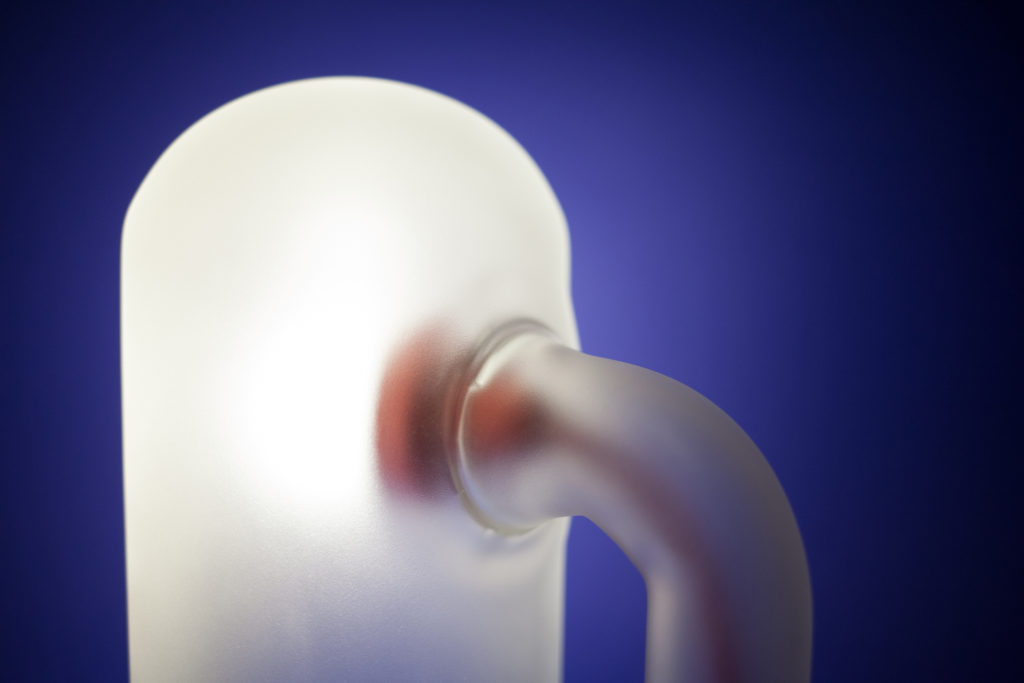
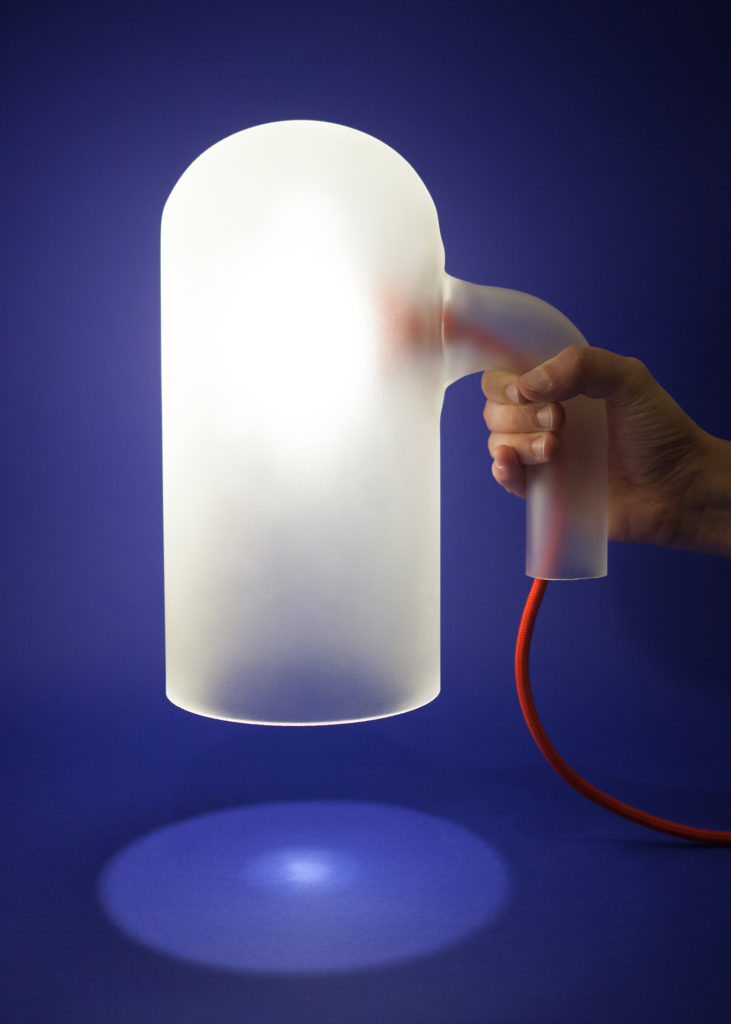
process:
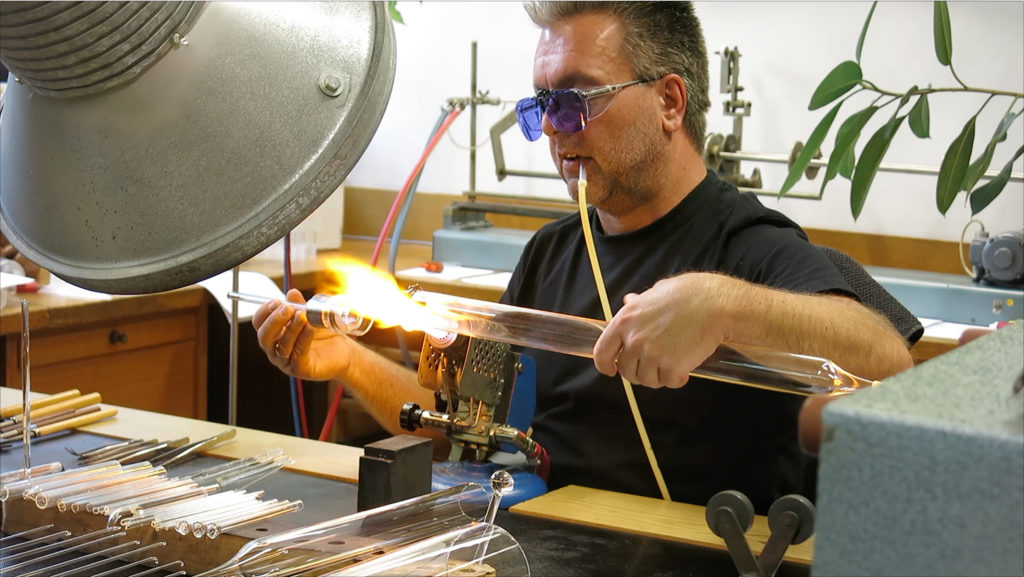
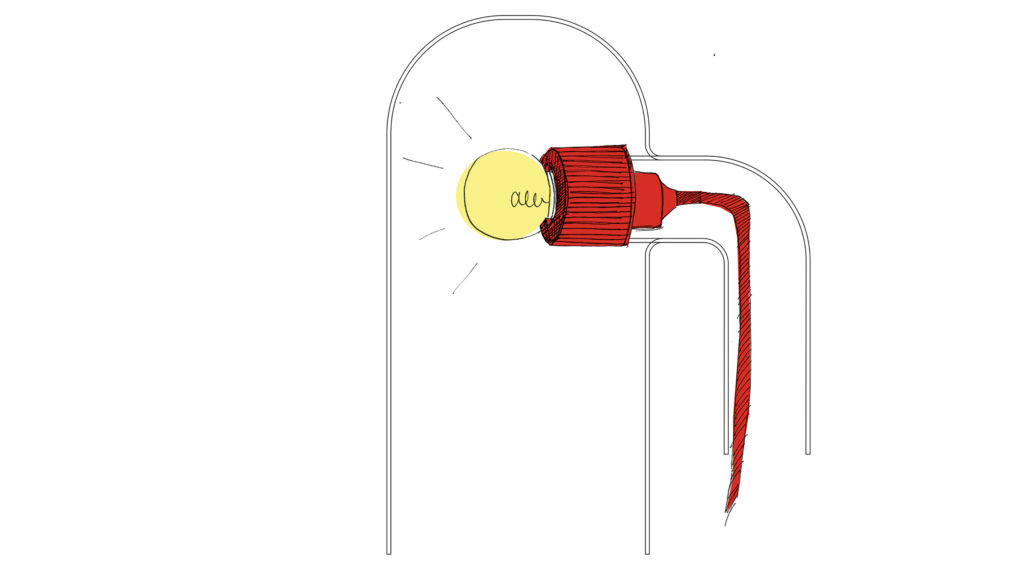
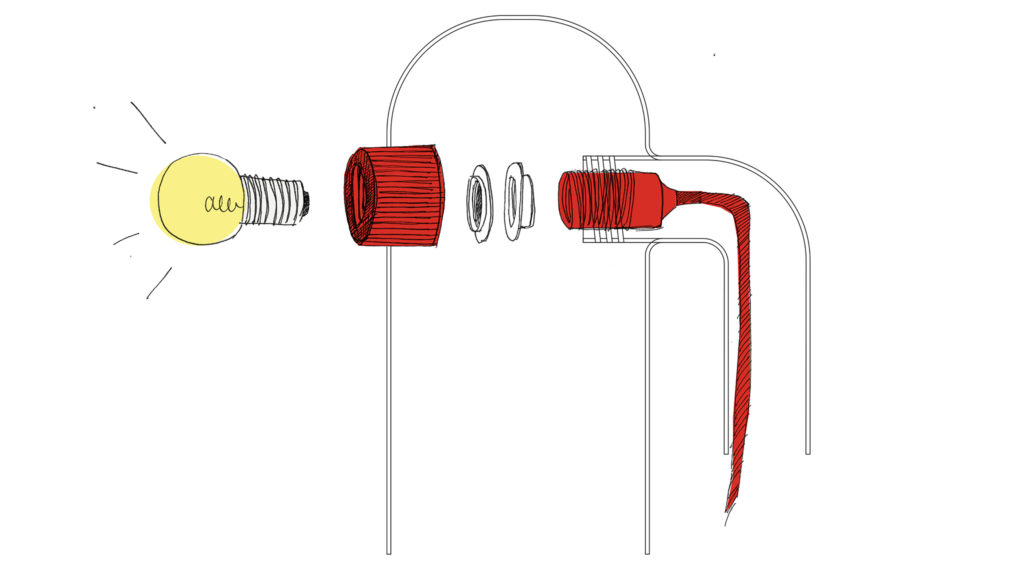
NEWSPAPER VASES
These NEWSPAPER VASES incorporate wet newspaper, traditionally a common tool used during the glassblowing process. After a while the original mould-shapes disappeared and the heated glass cut its way through the burned material. The process allows the creation of a unique glass series.
CONFETTI
Glass powder – originally used to dye products – became a tool for the creation of patterns on the product ‘s surface. This was more experimental and sought to overcome the traditionally elaborate process. The technique of using stencils offer the opportunity of a simple and unique serial production.
Celebrating glass / Meisenthal project
Anna Koppmann, 4.sem SS 2018
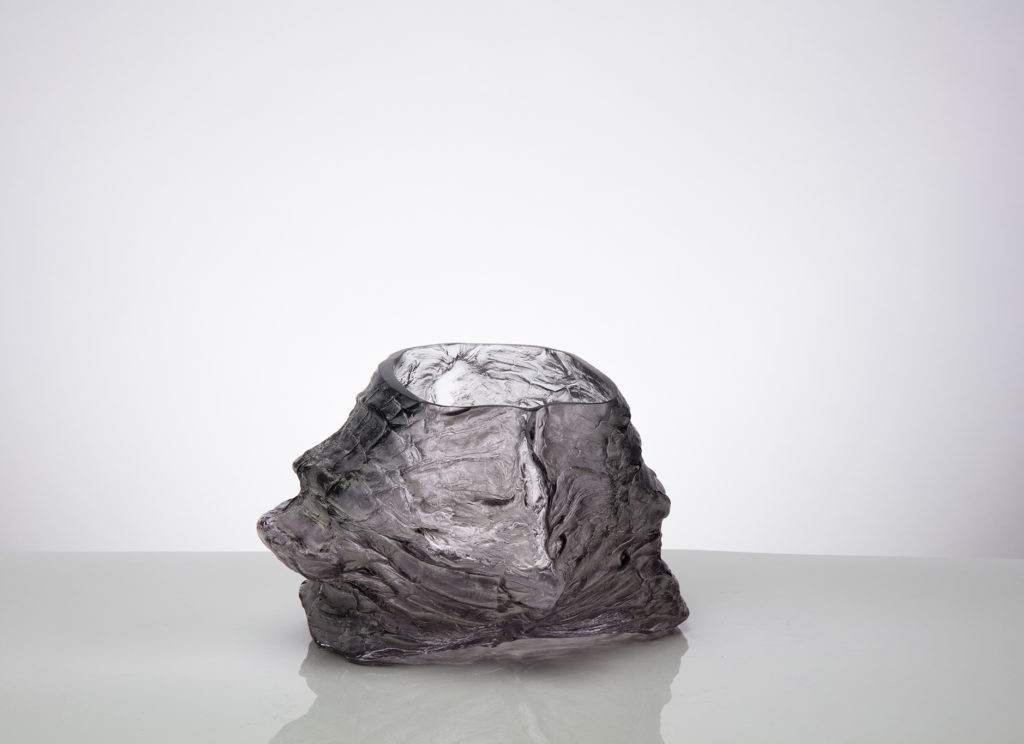
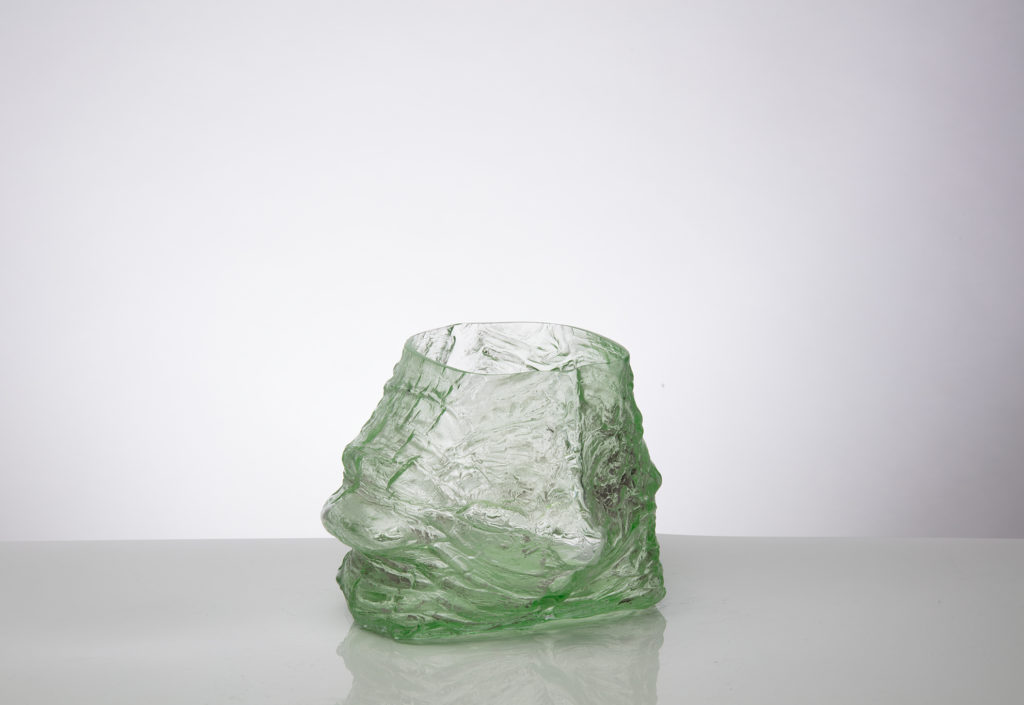
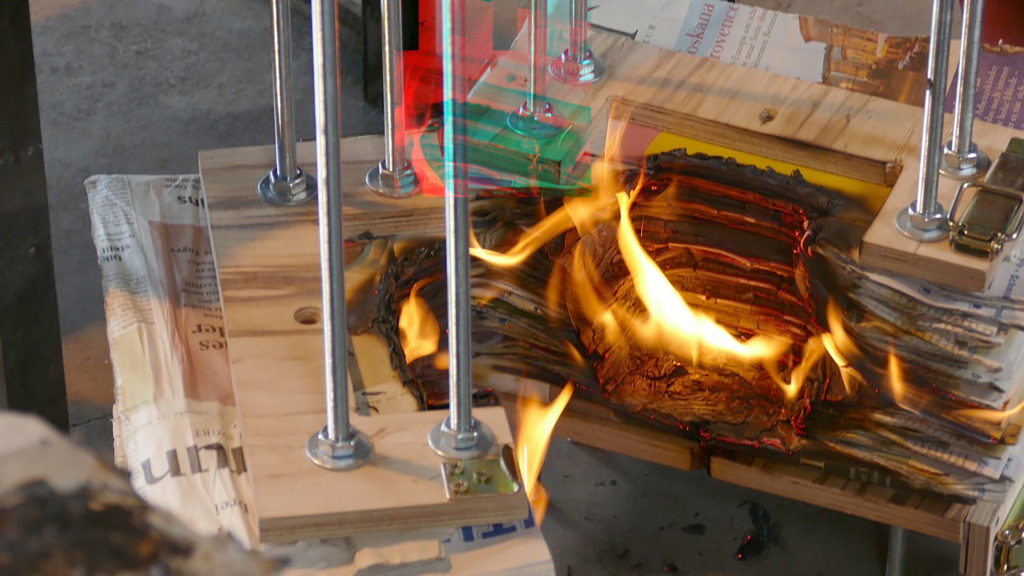
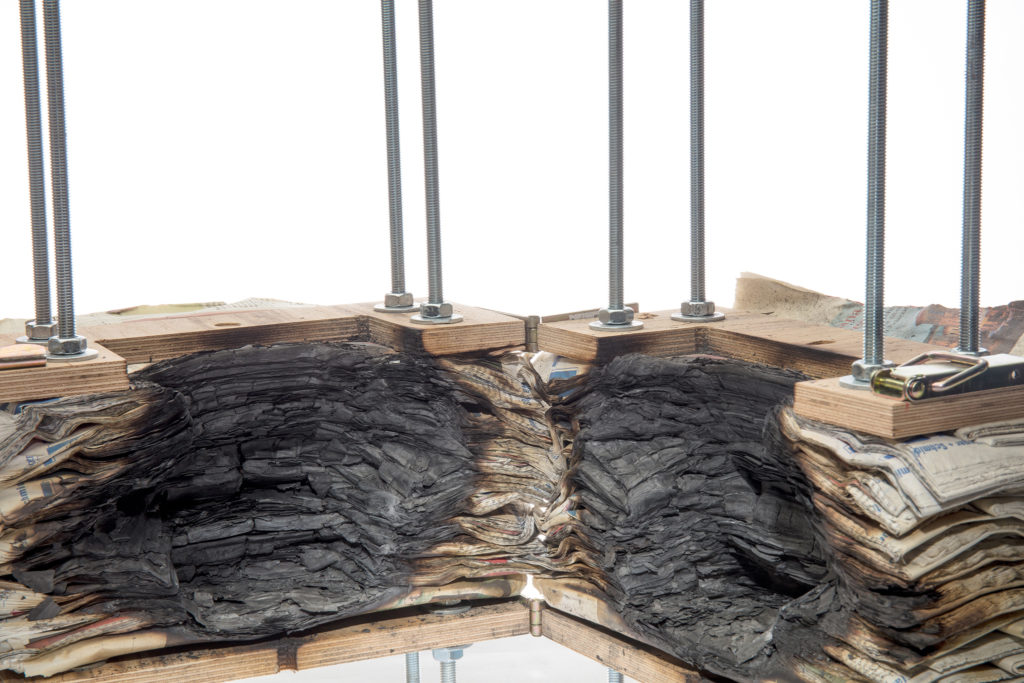
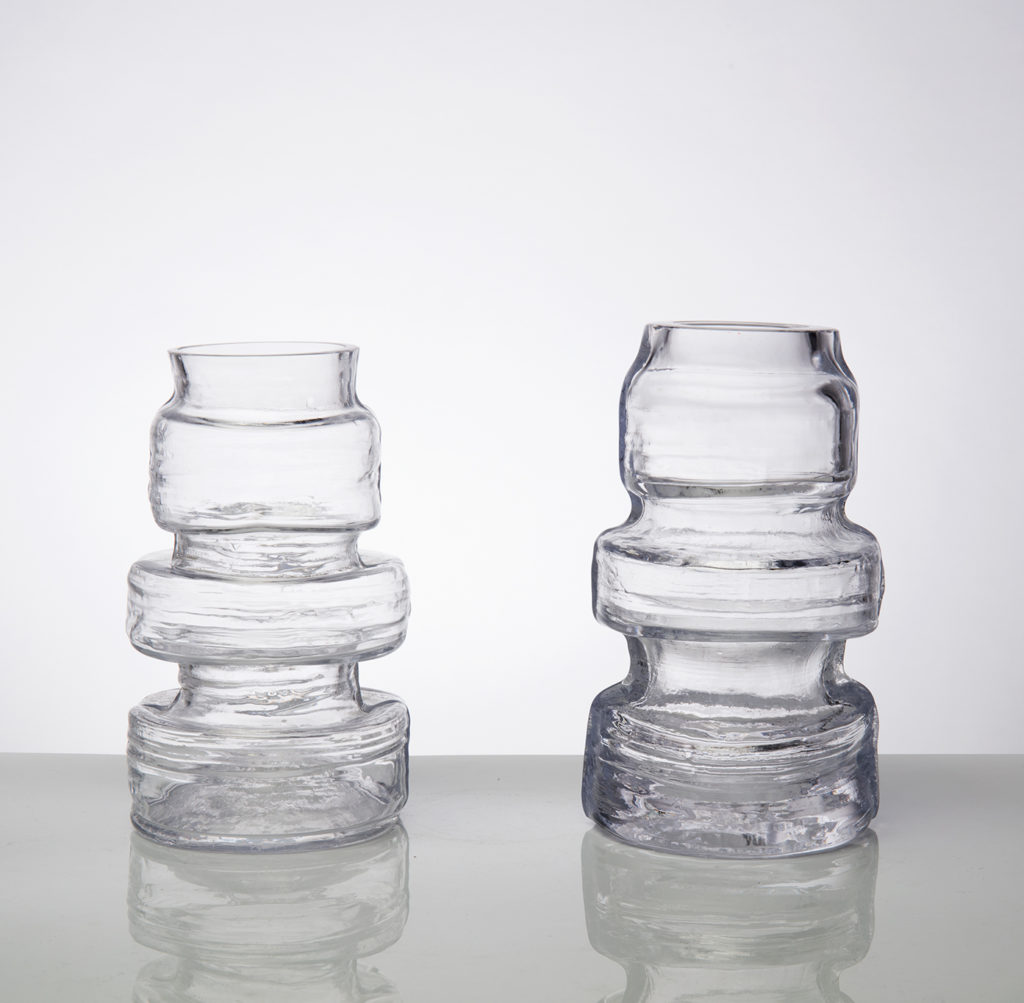
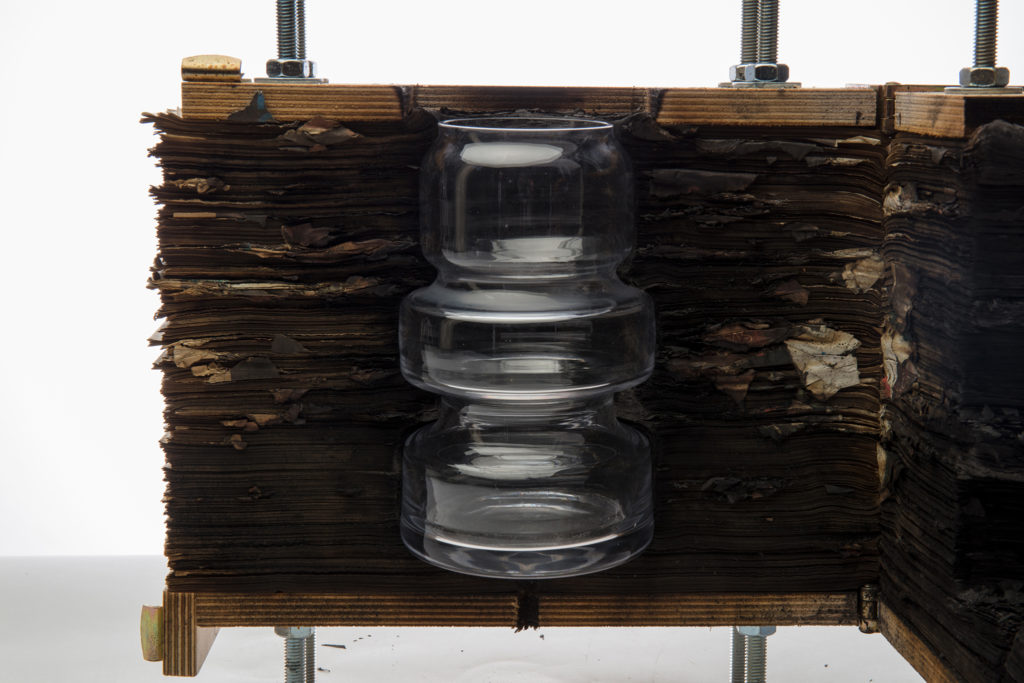
CONFETTI
